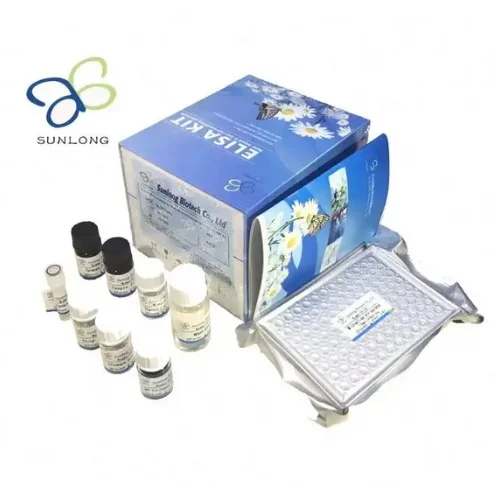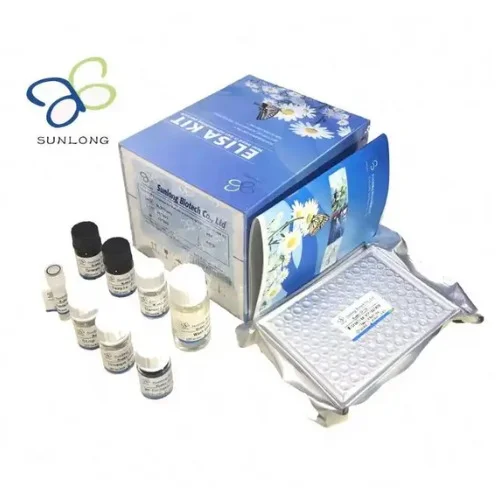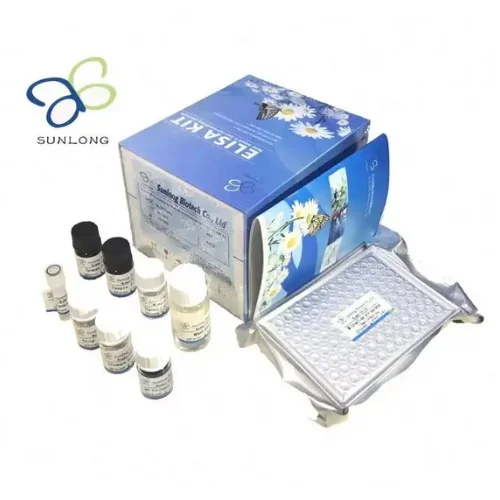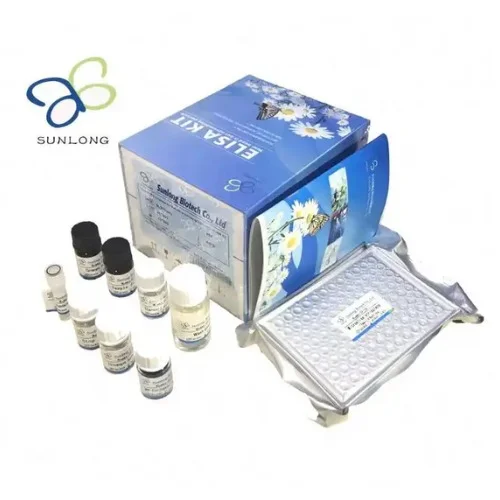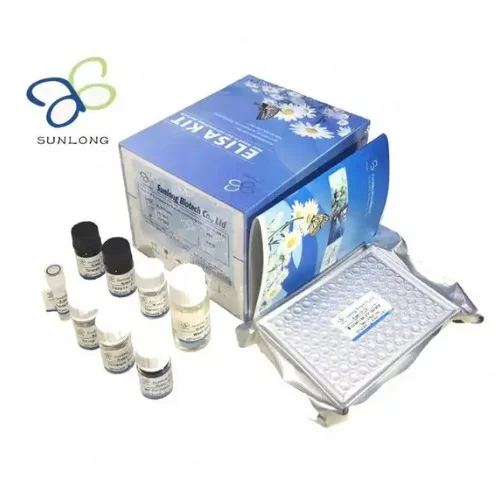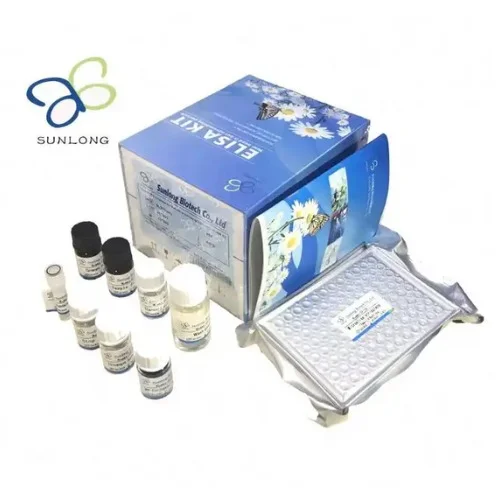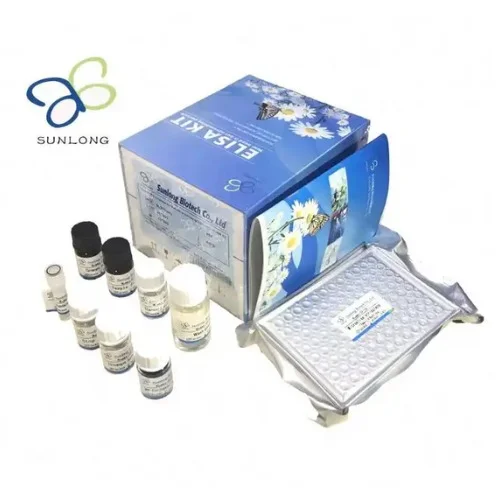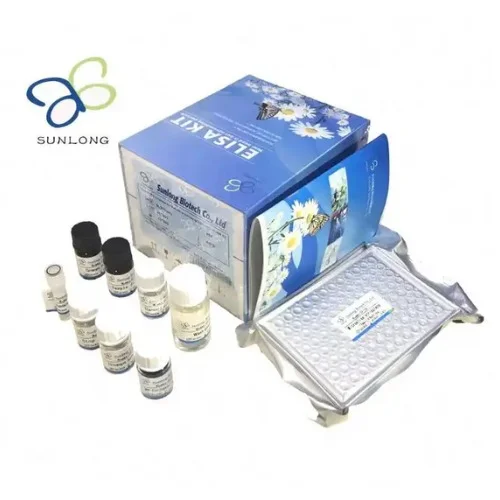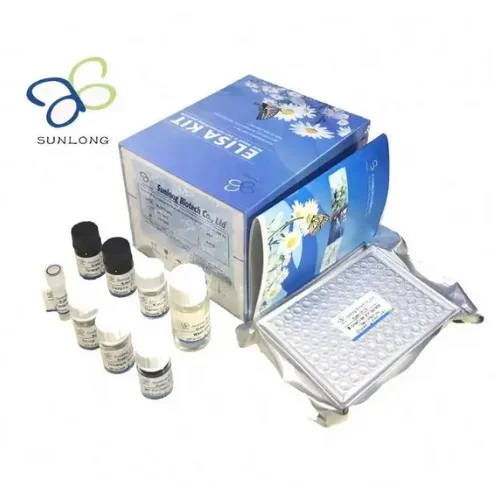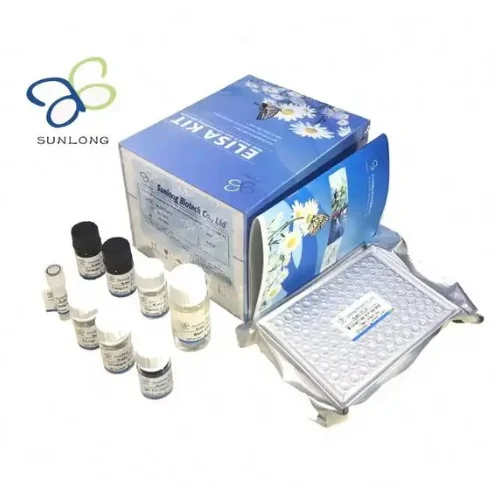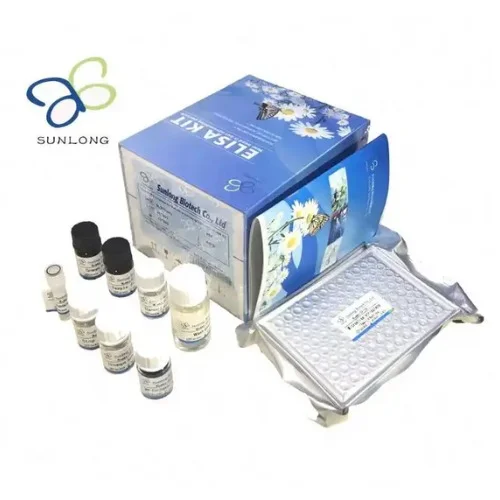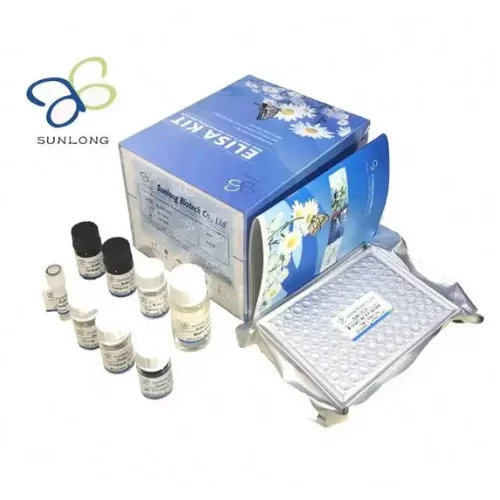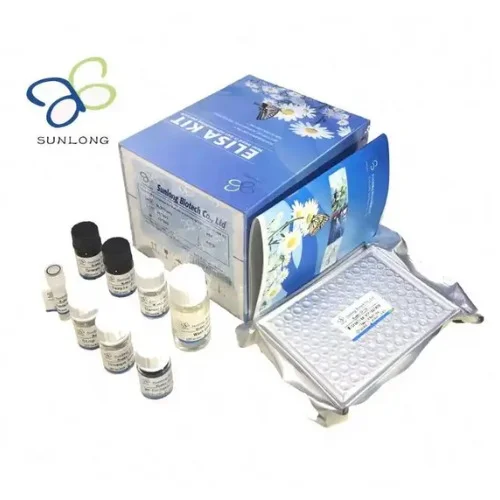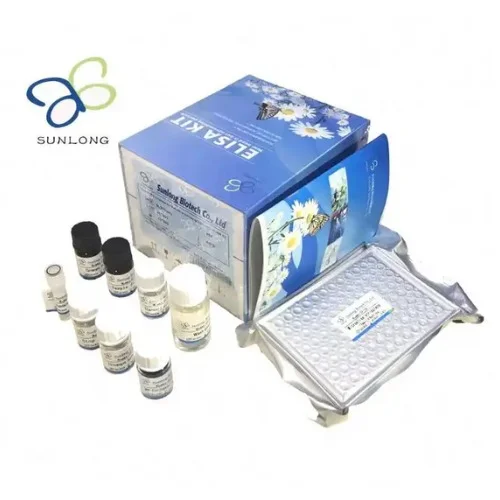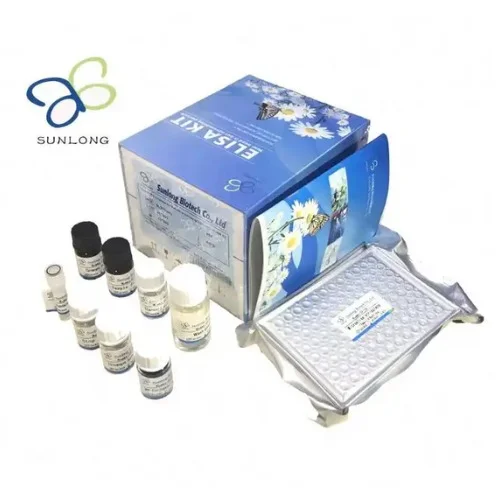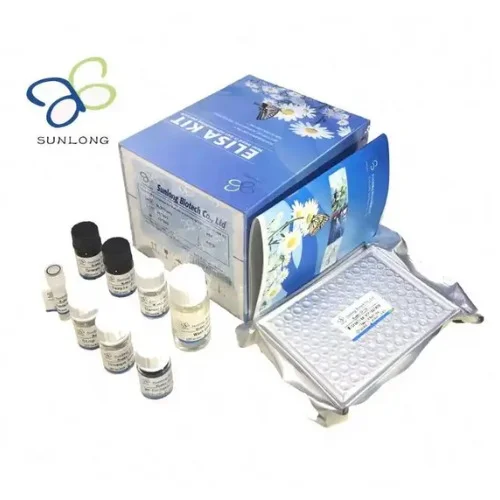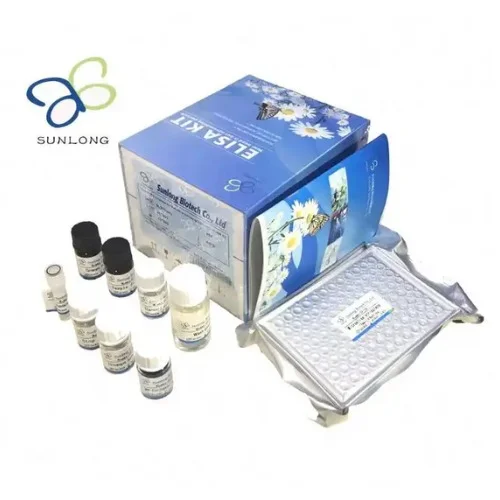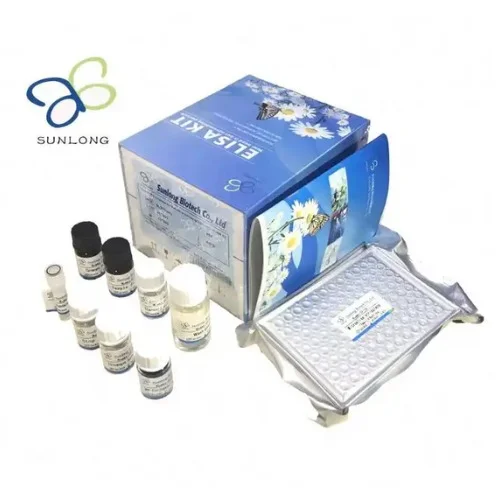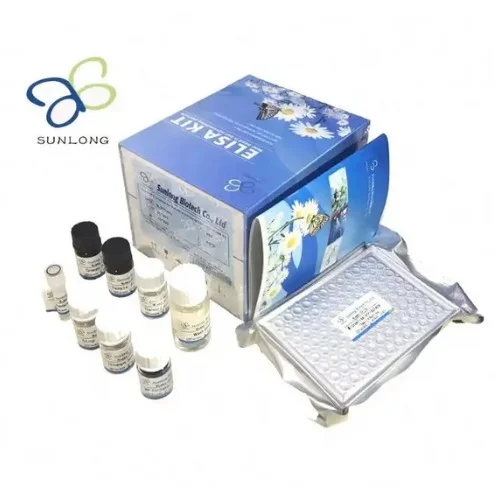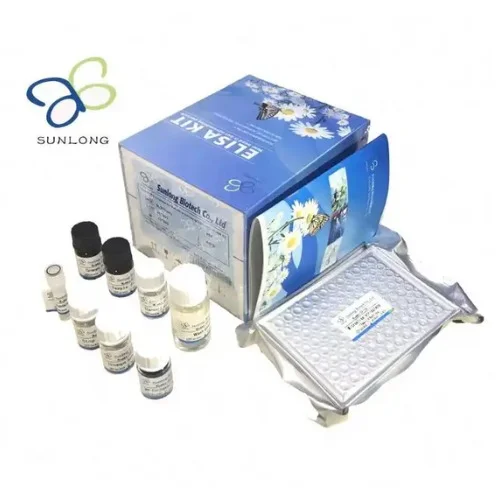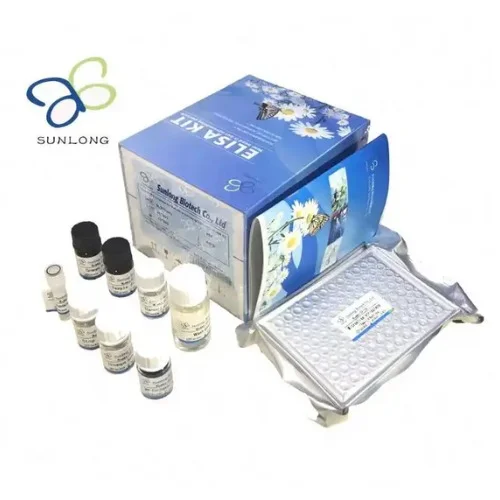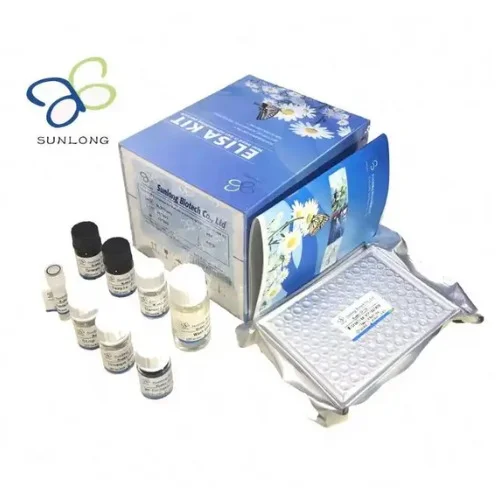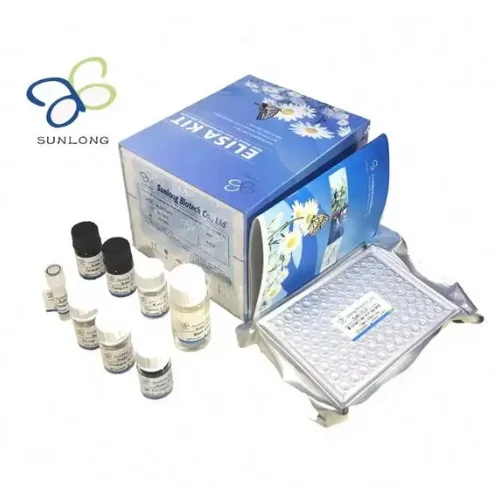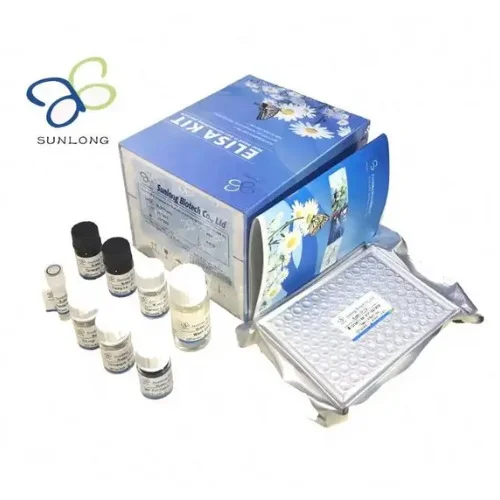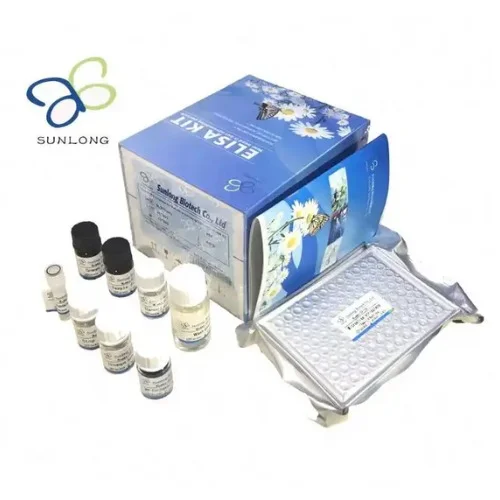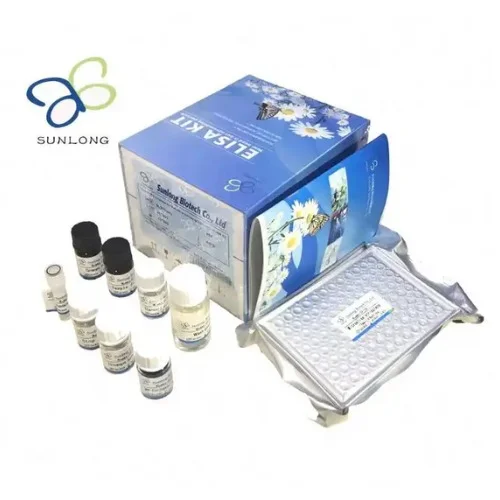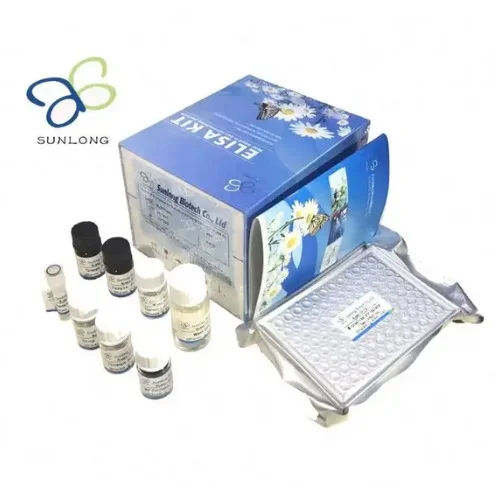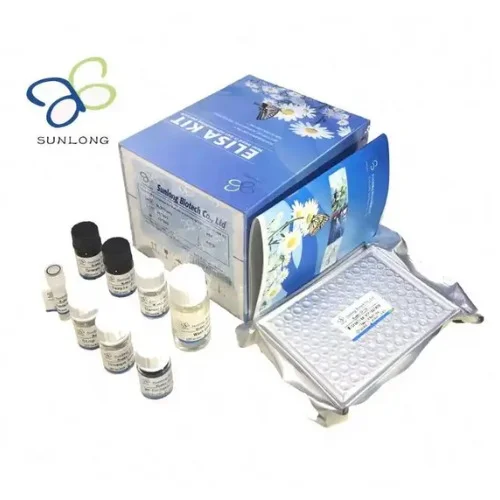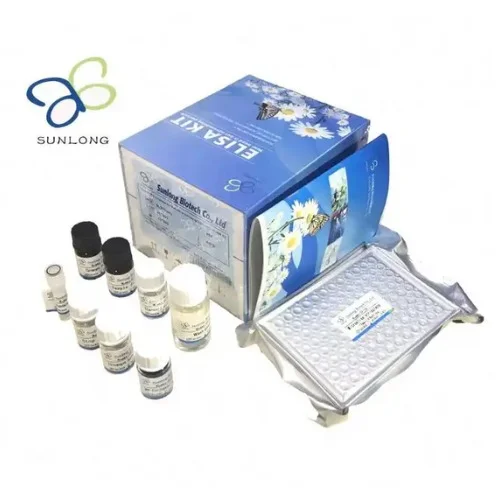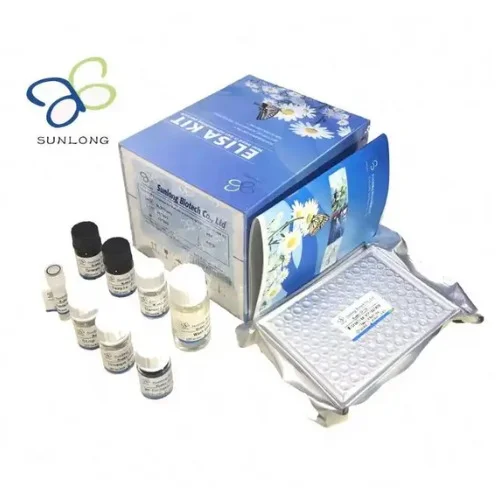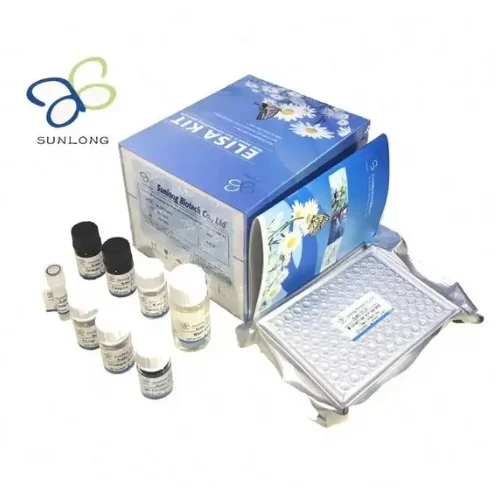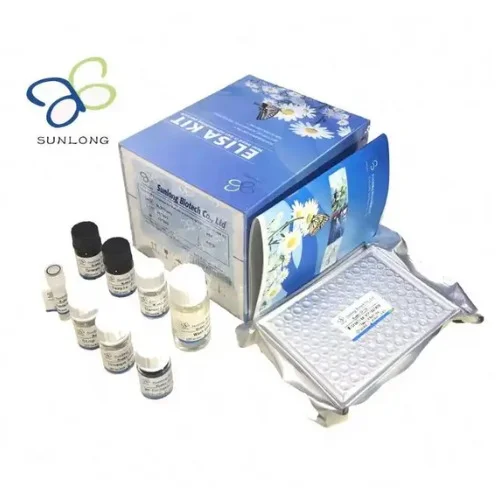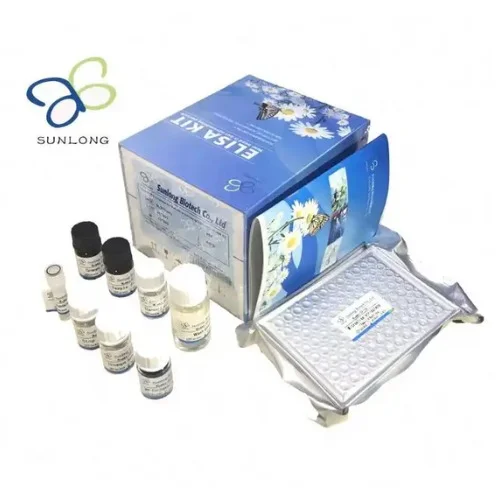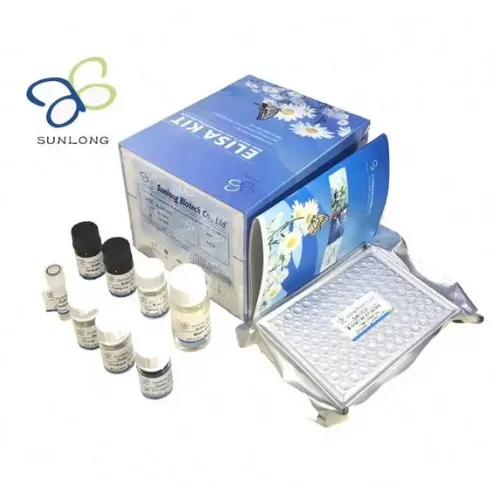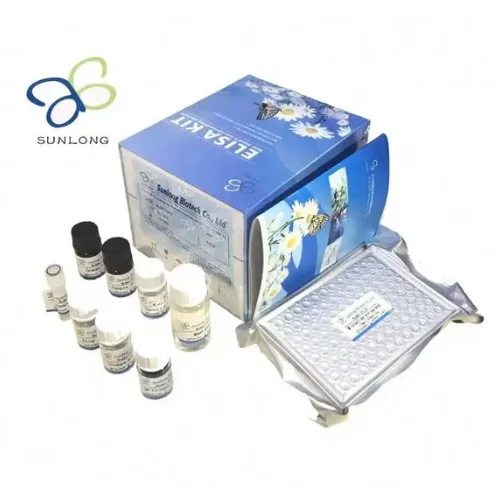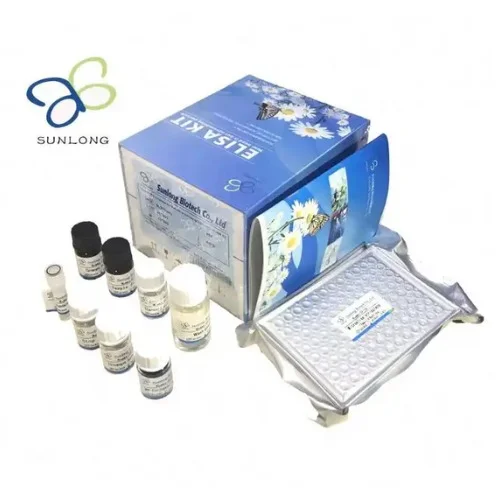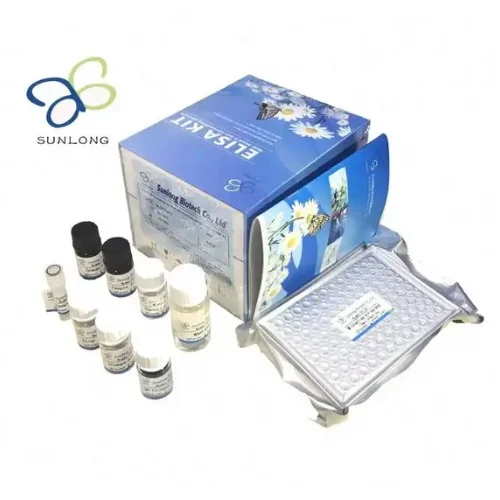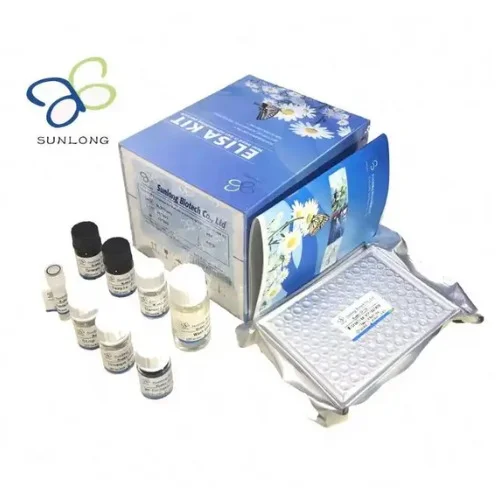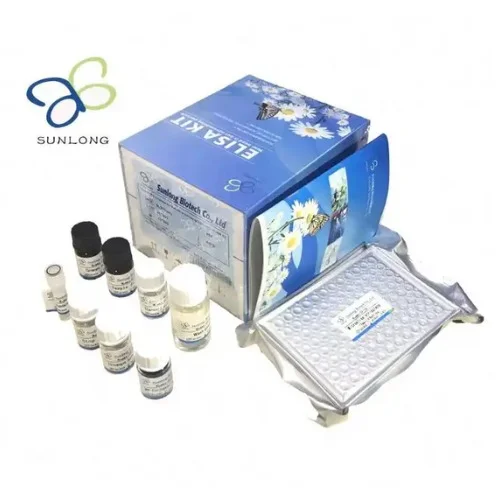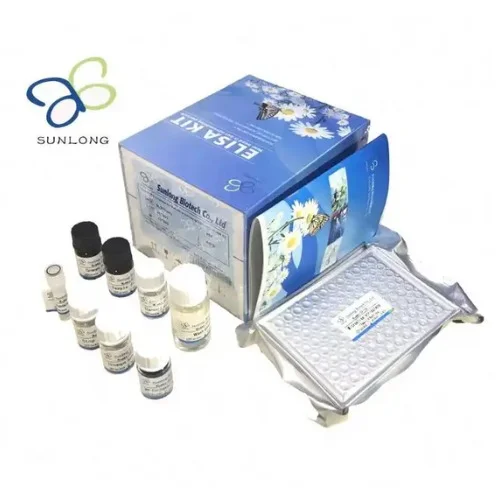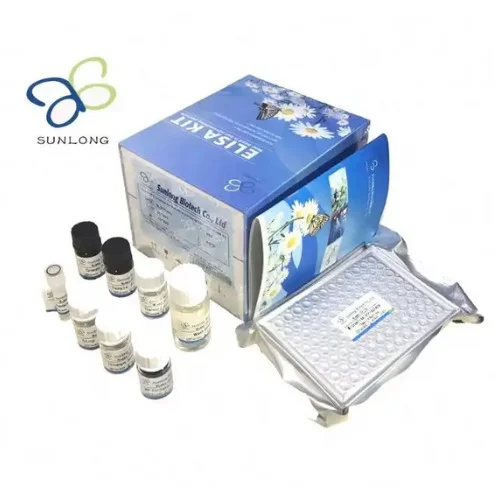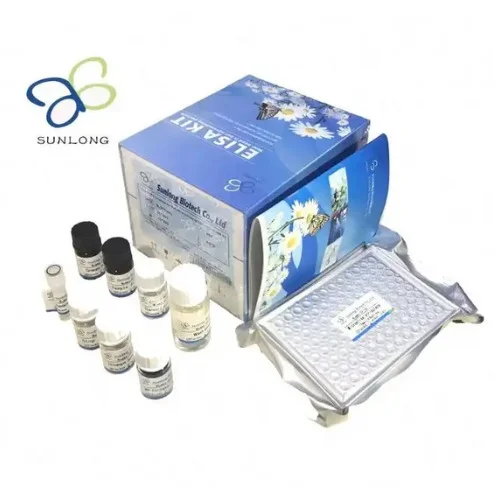Search Result
Found "2242" results return by the query.
Manufacturer: GeneDireX Inc
The GScript RTase is recombinant M-MLV RTase expressed in E. coli and purified to homogeneity. It has lower RNase H activity and high thermal stability.
Manufacturer: GeneDireX Inc
The amaR OnePCR is a ready-to-use PCR reaction mixture. Simply add primers, template, and water, the reagent will execute primer extensions and other molecular biology applications.
Manufacturer: GeneDireX Inc
A unique combination of PCR products and a number of proprietary plasmids digested with appropriate restriction enzymes to yield 12 fragments, suitable for use as molecular weight standards for agarose gel electrophoresis.
Manufacturer: GeneDireX Inc
A unique combination of a number of proprietary plasmids digested with appropriate restriction enzymes and PCR products to yield 13 fragments, suitable for use as molecular weight standards for agarose gel electrophoresis
Manufacturer: GeneDireX Inc
PBLooK™ is a remarkable blue light LED transilluminator can inspect the amplification result in tubes after PCR reaction.
Manufacturer: GeneDireX Inc
A unique combination of PCR products and a number of proprietary plasmids digested with appropriate restriction enzymes to yield 17 fragments, suitable for use as molecular weight standards for agarose gel electrophoresis.
Manufacturer: UniBiotech
UniBio® PVDF syringe filters are purpose-built with features designed to bring the highest levels of performance and purity to your research.
Manufacturer: GeneDireX Inc
The BLUelf Prestained Protein Ladder is a three-color protein standard with 13 prestained proteins covering a wide range molecular weights from 3.5 to 245 kilodalton (kDa).
Manufacturer: GeneDireX Inc
The BlueRAY Prestained Protein Ladder is a three-color protein standard with 10 pre-stained proteins covering a wide range molecular weights for 10 to 180 kilodalton (kDa).
Manufacturer: GeneTex Inc
This antibody detects both SARS-CoV spike and SARS-CoV-2 spike proteins (S2 subunit). Our internal testing indicates no cross-reactivity with MERS-CoV spike protein.
Manufacturer: UniBiotech
UBTECH® Snow Flake Ice Maker machine IMS Models are compact and Durable machine with ice making capacity from 30kg/24h up to 500 kg/24h.
Manufacturer: UniBiotech
UBTECH Snow Ice Maker machine IMX Models are compact and Durable machine with ice making capacity from 60kg/24h up to 500kg/24h.
Manufacturer: GeneDireX Inc
BLooK™ is an extraordinary blue light LED transilluminator for the detection of nucleic acids or protein under non-UV conditions. The wavelength of the special blue LED lights is 470 nm, hence no damage to your nucleic acids or protein.
Manufacturer: GeneDireX Inc
μBLooK™ is a remarkable blue light LED transilluminator for the detection of under non-UV excitation conditions. Since blue light, wavelength 470nm is used, there is no need for any special eye or skin protection. The stained gel places in its’ plastic tray and ready-to-observation when putting on the device platform.
Manufacturer: UniBiotech
UBT-G50 Tissue Grinder is a motor-driven grinder for re-suspending pellets or disrupting soft tissue in microcentrifuge tubes. UBT-G50's speed can be adjusted, and the set speed value is show on a LCD screen.
Manufacturer: Abbkine Scientific
SuperKine™ West Pico PLUS Chemiluminescent Substrate provides a highly sensitive color developing solution to enhance the chemical signal of immunological experiments. In order to obtain the best experimental results, you need to optimize all your experimental factors, including the number of samples, antibody concentration, the use of membranes and blocking agents.
Manufacturer: Abbkine Scientific
SuperKine™ West Femto Maximum Sensitivity Substrate provides a highly sensitive color developing solution to enhance the chemical signal of immunological experiments. In order to obtain the best experimental results, you need to optimize all your experimental factors, including the number of samples, antibody concentration, the use of membranes and blocking agents.
Manufacturer: Abbkine Scientific
Coomassie blue is a commonly used dye for the visualization of proteins (separated by protein gel electrophoresis). Under acidic conditions, Coomassie blue binds to the alkaline and hydrophobic amino acid residues of the protein, and the color is dark blue. The ready to use SuperKine™ Protein Gel Fast Staining Solution (Coomassie Blue) developed by Abbkine has the advantages of short dyeing time, clear color rendering, good repeatability and high safety, and a clear and clean background can be obtained without decolorization. Based on the classical Coomassie blue staining principle, the target proteins recovered after staining can be used for subsequent mass spectrometry experiments or sequencing analysis.
Manufacturer: GeneDireX Inc
The BLUeye Prestained Protein Ladder is a three-color protein standard with 12 prestained proteins covering a wide range molecular weights from 10 to 245 kilodalton (kDa).
Manufacturer: UniBiotech
The Gel Loading Dye (6X) is used to prepare DNA markers and samples for loading on agarose or polyacrylamide gels. It contains two tracking dye s (bromophenol blue and xylene cyanol FF) for visually tracking the DNA migration during the electrophoresis process.
Manufacturer: GeneDireX Inc
A unique combination of a number of proprietary plasmids digested with appropriate restriction enzymes and PCR products to yield 14 fragments, suitable for use as molecular weight standards for agarose gel electrophoresis. The DNA includes fragments ranging from 250-25K base pairs.
Manufacturer: GeneDireX Inc
Taq DNA Polymerase is a simple, specificity PCR reaction mixture. Simply add primers, template, dNTPs, and PCR grade water, the reagent will execute primer extensions and other molecular biology applications.Taq DNA Polymerase contains two components, include the Taq DNA polymerase and 10X PCR buffer.
Manufacturer: GeneDireX Inc
Novel Juice is a non-mutagenic fluorescent reagent that produces instant visualization of DNA bands upon Blue Light or UV illumination of agarose gels. Supplied in GeneDireX’s 6X DNA Loading Buffer, Novel Juice is used to prepare DNA markers and samples for loading on agarose or polyacrylamide gels.
Manufacturer: GeneDireX Inc
The GScriptULTRA First-Strand Synthesis Kit (Random primer) provides a convenient and sensitive of cDNA synthesis from RNA molecules by reverse transcription (RT). The kit consists of five major components: GScriptULTRA RTase, 5X 1st strand buffer, 0.1 M DTT, 50 μM Random Hexamers primer, and 10 mM dNTP (Deoxyribonucleotide triphosphates) mix.
Manufacturer: GeneDireX Inc
10 mM dNTP (2′-deoxynucleoside 5′-triphosphate) Mix consists of all four nucleotides (dATP, dCTP, dGTP, dTTP), each at a concentration of 10 mM, in a solution of 0.6 mM Tris-HCl (pH 7.5). The 10 mM dNTP Mix is suitable for use in polymerase chain reaction (PCR), sequencing, fill-in, nick translation, cDNA synthesis, and TdT-tailing reactions.
Manufacturer: GeneDireX Inc
100 mM dNTP (2′-deoxynucleoside 5′-triphosphate) Set consists of all four deoxynucleotides (dATP, dCTP, dGTP, dTTP), each at a concentration of 100 mM.
Manufacturer: GeneDireX Inc
2.5 mM dNTP (2'-deoxynucleoside 5'-triphosphate) Mix consists of a solution of all four nucleotides (dATP, dCTP, dGTP, dTTP), each at a concentration of 2.5 mM. It is neutralized to pH 8.0 with NaOH, and supplied in purified water. 2.5 mM dNTP Mix is suitable for use in polymerase chain reaction (PCR), sequencing, fill-in, nick translation, cDNA synthesis, and TdT-tailing reactions.
Manufacturer: GeneDireX Inc
The BlooDireX PCR System is designed for amplification of DNA from whole blood. It contains BlooDireX PCR and Novel Juice, suitable for PCR from blood sample directly.
Manufacturer: GeneDireX Inc
The OnePCR™ HiFi is a ready-to-use PCR reaction mixture. Simply add primers, template, and water, the reagent will execute primer extensions and other molecular biology applications.
Manufacturer: GeneDireX Inc
RiboIN™ RNase Inhibitor is a protein which specifically inhibits ribonucleases. It is used in applications such as in vitro translation, cDNA synthesis, RNA in vitro synthesis, RNA purifications, etc.
Manufacturer: GeneDireX Inc
The amaR OnePCR™ HiFi is a ready-to-use PCR reaction mixture. Simply adding primers and template, the reagent will execute primer extensions and other molecular biology applications.
Manufacturer: GeneDireX Inc
OnePCR HotStar is a ready-to-use PCR reaction mixture. Simply add primers, template, and water, the reagent will execute primer extensions and other molecular biology applications.
Manufacturer: GeneDireX Inc
2x PCR mix is a ready-to-use PCR reaction mixture. Simply add primers, template, the reagent will execute primer extensions and other molecular biology applications.
Manufacturer: GeneDireX Inc
OnePCR™ Plus is a ready-to-use PCR reaction mixture. Simply add primers, template, and water, the reagent will execute primer extensions and other molecular biology applications.
Manufacturer: GeneDireX Inc
Oligo(dT)₂₀ primer is a string of 20 deoxythymidylic acid residues that hybridizes to the poly(A) tail of mRNA and can be used as a primer for the first strand cDNA synthesis with the reverse transcriptase. The primer is supplied in the DEPC water at a concentration of 50 μM.
Manufacturer: GeneDireX Inc
Random Hexamers are short oligodeoxyribonucleotides of random sequences [d(N)6] that anneal to random complementary sites on a target DNA or RNA and serve as primers for DNA synthesis by a DNA polymerase or reverse transcriptase.
Manufacturer: GeneDireX Inc
A unique combination of PCR products and a number of proprietary plasmids digested with appropriate restriction enzymes to yield 11 fragments, suitable for use as molecular weight standards for agarose gel electrophoresis.
Manufacturer: GeneDireX Inc
OneMARK 100 with the Novel Green was designed to show virtually uniform spacing over a wide fragment range. The ladder is supplied in a ready-to-use format containing the fluorescent DNA stain and tracking dyes.
Manufacturer: GeneDireX Inc
OneMARK B with the Novel Green was designed to show virtually uniform spacing over a wide fragment range. The ladder is supplied in a ready-to-use format containing the fluorescent DNA stain and tracking dyes.
Manufacturer: GeneDireX Inc
The Novel Green provides an easy 2-step method to stain the DNA band from DNA electrophoresis. This unique reagent ensures the DNA to be stained with a high sensitivity and good quality.
Manufacturer: GeneDireX Inc
AmaR OnePCR™ HotStar is a ready-to-use PCR reaction mixture.
Manufacturer: GeneDireX Inc
The GScript First-Strand Synthesis Kit is a recombinant M-MLV RTase expressed in E. coli and purified to homogeneity. It has a lower RNase H activity and a high thermal stability.
Manufacturer: GeneDireX Inc
Agarose- Molecular Biology Grade (DNase/RNase free) are designed to provide a cleaner, safer, no-mess environment. Simply add powders to electrophoresis buffers, heat the solution, and then prepare your gel.
Manufacturer: GeneDireX Inc
The Novel Green Plus provides an easy 2-step method to stain the DNA band from DNA electrophoresis.
Manufacturer: GeneDireX Inc
Novel Juice PLUS is a fluorescent reagent that produces instant visualization of DNA bands upon blue light (e.g. BLooK, BK001) or UV illumination of agarose gels.
Manufacturer: GeneDireX Inc
Nimble Juice is a fast and sensitive fluorescent dye for visualization and quantitation of proteins separated by 1-D or 2-D SDS-PAGE. It comes as a 100x stock solution that is simply diluted with water by the user to its working concentration.
Manufacturer: GeneDireX Inc
Nimble Juice RTYPE is a fast and sensitive fluorescent dye for visualization and quantitation of proteins separated by SDS-PAGE. It comes as a 1x solution that is ready to use at the working concentration.
Manufacturer: GeneDireX Inc
GDP-HiFi is a new recombinant enzyme with genetic modification for its amino acid sequence, which results 70 times better fidelity than Taq DNA polymerase and an extremely fast elongation rate (as fast as 15 seconds per kilo base, kb).
Manufacturer: GeneDireX Inc
The One-Step qRT-PCR Kit are compatible with TaqMan probes. The Kit provides a convenient, sensitive, and reproducible method to detect and quantify the RNA molecules by quantitative reverse transcription polymerase chain reaction (qRT-PCR).
Manufacturer: GeneDireX Inc
The GScript One-Step RT-PCR Kit provides a convenient and sensitive method for cDNA synthesis and PCR amplification which are combined in a kit using genespecific primers and target RNAs from either total RNA or mRNA. The kit consists of two major components: GScript Enzyme Mix and 5X Reaction Mix.
Manufacturer: GeneDireX Inc
ITS-M is a mixture of insulin, transferrin, and sodium selenite. It is a general cell supplement designed for use in basal media (e.g. MEM, DMEM, and RPMI-1640) and complex media (e.g. Ham’s F-12 or DMEM/F12).
Manufacturer: GeneDireX Inc
The GeneDireX Ultra293™ is specifically optimized to provide exceptional transfection efficiency of plasmid DNA in HEK 293 and associated cell lineages.
Manufacturer: GeneDireX Inc
The GeneDireX UltraTRAX™ Transfection Reagent is formulated to be a powerful transfection reagent that ensures effective and reproducible transfection with less cytotoxicity.
Manufacturer: GeneDireX Inc
A 2X concentrated mix of Taq polymerase, dNTPs, MgCl₂, fluorescent dye (detection), reference dye and proprietary buffer components, the SimplyGreen qPCR Master Mix, Low Rox provides a convenient, reliable and robust set-up for performing quantitative real-time analysis of DNA samples.
Manufacturer: GeneDireX Inc
SR DMEM/F-12 (1:1) medium is a new formula basal medium for mammalian cell culture, exhibits low requirement of serum consumption but remains similar constancy of conventional DMEM/F-12 (1:1) medium.
Manufacturer: GeneDireX Inc
SR Buffer is a mixture of nutrients and designed to reduce serum in culture medium for cell proliferation. It is suitable for general basal media (e.g. MEM, DMEM, and RPMI-1640) and complex media (e.g. Ham’s F-12 or DMEM/F12). The usage of SR Buffer is convenient and easy.
Manufacturer: GeneDireX Inc
HybriGO™ SF Medium is a serum-free medium optimized for the growth of a variety of hybridomas and the production of monoclonal antibodies.
Manufacturer: GeneDireX Inc
NeuroGO™ Medium is a basal medium for the special cell culture requirements of pre-natal and embryonic neuronal cells when used with SimplyⓇ B 27 SF Supplement or N2 SF Supplement. NeuroGO™ Medium allows for long-time and short-term maintenance of homogeneous populations of neuronal cells without the need of an astrocyte feeder layer.
Manufacturer: GeneDireX Inc
InsectGO™ SF9/SF21 Medium is a serum-free insect cell culture medium.
Manufacturer: GeneDireX Inc
The serum-free medium optimized for the growth and maintenance of Sf9 and Sf21 cells and for large-scale production of recombinant proteins expressed using the baculovirus expression vector system (BEVS).
Manufacturer: GeneDireX Inc
UltraFect carries most advanced lipid nanoparticle technology to provide superior transfection performance with improved application outcomes and reproducible results. It delivers superior transfection efficiency and improved cell viability.
Manufacturer: GeneDireX Inc
One MEDIUM is a new, novel and easy-to-use cell culture basal medium. It is an innovative application of cell culture methods. It simplifies experimental procedures, in the meanwhile, remains cell proliferation and maintains cellular activities. It is designed to replace the basic medium commonly used in cell culture.
Manufacturer: Arbor Assays LLC
Formaldehyde (methanal), H2C=O, is a colorless, flammable, strong-smelling gas. It is an important industrial chemical used to manufacture building materials and to produce many household products.
Manufacturer: Arbor Assays LLC
Creatinine (2-amino-1-methyl-5H-imidazol-4-one) is a metabolite of phosphocreatine (p-creatine), a molecule used as a store for high-energy phosphate that can be utilized by tissues for the production of ATP.
Manufacturer: GeneDireX Inc
A unique combination of a number of proprietary plasmids digested with appropriate restriction enzymes and PCR products to yield 19 fragments, suitable for use as molecular weight standards for agarose gel electrophoresis.
Manufacturer: GeneDireX Inc
The BlueAQUA Prestained Protein Ladder is a blue protein standard with 11 prestained proteins covering a wide range of molecular weights from 10 to 180 kilodalton (kDa).
Manufacturer: GeneDireX Inc
A 2X concentrated mix of Taq polymerase, dNTPs, MgCl2, fluorescent dye (detection), reference dye and proprietary buffer components, the SimplyGreen qPCR Master Mix, Rox provides a convenient, reliable and robust set-up for performing quantitative real-time analysis of DNA samples.
Manufacturer: GeneDireX Inc
A 2X concentrated mix of Taq polymerase, dNTPs, MgCl2, fluorescent dye (detection), and proprietary buffer components, the SimplyGreen qPCR Master Mix, No Rox provides a convenient, reliable and robust set-up for performing quantitative real-time analysis of DNA samples.
Manufacturer: GeneDireX Inc
Agarose – electrophoresis grade (DNase/RNase free) are designed to provide a cleaner, safer, no-mess environment. Simply add powders to electrophoresis buffers, heat the solution, and then prepare your gel.
Manufacturer: Abbkine Scientific Co
Abbkine Protease Inhibitor Cocktail is an universal protease inhibitor cocktail contains individual components, including AEBSF, Aprotinin, Bestatin, E-64, Leupeptin and Pepstatin A with a broad specificity for cysteine, serine, acid proteases, and aminopeptidases.
Manufacturer: Abbkine Scientific Co
SuperKine™ Enhanced Antibody Dilution Buffer provides an enhanced reagent, which can be directly used to dilute the primary or secondary antibody in an appropriate ratio with this product.
Manufacturer: Abbkine Scientific Co
Universal Loading Control Antibody Cocktail provides a comprehensive and detailed method to quickly and conveniently detect the content of load control proteins in a variety of samples.
Manufacturer: DLAB
Centrifuge - D1008 Ezee mini-centrifuges are ideal for microfiltration and quick spin downs from the walls and caps of microcentrifuge tubes.
Manufacturer: Deeya Industries
GeneStep™ Routine LE Agarose is Ideal for routine analysis of nucleic acids by gel electrophoresis and blotting,
Manufacturer: Elabscience
One-step TUNEL In Situ Apoptosis Kits are suitable for in situ apoptosis detection of tissue samples (paraffin-embedded, frozen section) and cell samples (cell smear, slide film), and the detection results can be directly observed by fluorescence microscope. Compared with the DAB colorimetric method, the experimental results of fluorescent TUNEL are fluorescent pictures, which are more intuitive and easy to be published in SCI articles.
Manufacturer: UniBiotech
UBTECH® pH Meter is a durable pH meter, which have wide applications in the following areas: metallurgy, pharmacy, food, health, institutes, biological chemistry, life science, petrochemical industry, quality control, environmental protection, electrochemistry and water quality analysis, etc..
Manufacturer: FineTest
Mouse INS(Insulin) ELISA Kit allows for the in vitro quantitative determination of INS concentrations in serum, plasma, tissue homogenates and other biological fluids.
Manufacturer: FineTest
Mouse EPO(Erythropoietin) ELISA Kit allows for the in vitro quantitative determination of EPO concentrations in serum, plasma, tissue homogenates and other biological fluids.
Manufacturer: Elabscience
Mouse TNF-α ELISA Kit ELISA kit applies to the in vitro quantitative determination of Mouse TNF-α concentrations in serum, plasma and other biological fluids.
Manufacturer: Elabscience
Mouse IL-1β ELISA kit applies to the in vitro quantitative determination of Mouse IL-1β concentrations in serum, plasma and other biological fluids.
Manufacturer: Abbkine Scientific
EliKine™ Human IFN-γ ELISA Kit employs a two-site sandwich ELISA to quantitate IFN-γ in samples. An antibody specific for IFN-γ has been pre-coated onto a microplate. Standards and samples are pipetted into the wells and any IFN-γ present is bound by the immobilized antibody. After removing any unbound substances, a biotin-conjugated antibody specific for IFN-γ is added to the wells. After washing, proprietary EliKine™ Streptavidin-HRP conjugates is added to the wells. Following a wash to remove any unbound streptavidin-enzyme reagent, a substrate solution is added to the wells and color develops in proportion to the amount of IFN-γ bound in the initial step. The color development is stopped and the intensity of the color is measured.
Manufacturer: Cloud Clone
The Human Interleukin 6 (IL6) ELISA Kit is a sandwich enzyme immunoassay for in vitro quantitative measurement of IL6 in human serum, plasma, tissue homogenates, cell lysates, cell culture supernates and other biological fluids.
Manufacturer: Cloud Clone
The Mouse VEGFB ELISA kit is a sandwich enzyme immunoassay for in vitro quantitative measurement of VEGFB in mouse serum, plasma, tissue homogenates, cell lysates, cell culture supernates and other biological fluids.
Manufacturer: Arbor Assays
The human C-Reactive Protein (CRP) ELISA Kit is designed to quantitatively measure CRP present in a variety of samples.
Manufacturer: Cusa Bio
The Bovine progesterone(PROG) ELISA Kit is designed for the quantitatively determination of bovine progesterone(PROG) concentrations in serum, plasma
Manufacturer: Cusa Bio
The Pig progonadoliberin-2(GNRH2) ELISA Kit is designed for the quantitative determination of pig progonadoliberin-2(GNRH2) concentrations in serum, plasma, tissue homogenates.
Manufacturer: FineTest
Bovine CRP(C-Reactive Protein) ELISA Kit allows for the in vitro quantitative determination of CRP concentrations in serum, plasma, tissue homogenates and other biological fluids.
Manufacturer: FineTest
Bovine PRL (Prolactin) ELISA Kit allows for the in vitro quantitative determination of PRL concentrations in serum, plasma, tissue homogenates and other biological fluids.
Manufacturer: FineTest
Bovine PSPB (Pregnancy Specific Protein B) ELISA Kit allows for the in vitro quantitative determination of PSPB concentrations in serum, plasma, tissue homogenates and other biological fluids.
Manufacturer: FineTest
Bovine SAA (Serum amyloid A protein) ELISA Kit allows for the in vitro quantitative determination of SAA concentrations in serum, plasma, tissue homogenates and other biological fluids.
Manufacturer: FineTest
Bovine TGF-β (Transforming Growth Factor Beta) ELISA Kit allows for the in vitro quantitative determination of TGF-β concentrations in serum, plasma, tissue homogenates and other biological fluids.
Manufacturer: FineTest
Bovine Pg (Progesterone) ELISA Kit allows for the in vitro quantitative determination of Pg concentrations in serum, plasma, tissue homogenates and other biological fluids.
Manufacturer: FineTest
Bovine P21 (Cyclin-dependent Kinase Inhibitor 1A) ELISA Kit allows for the in vitro quantitative determination of P21 concentrations in serum, plasma, tissue homogenates and other biological fluids.
Manufacturer: FineTest
Bovine NEFA (Non-ester fatty acid) ELISA Kit allows for the in vitro quantitative determination of NEFA concentrations in serum, plasma, tissue homogenates and other biological fluids.
Manufacturer: FineTest
Bovine Ig (Total Immunoglobulin) ELISA Kit allows for the in vitro quantitative determination of Serum Albumin concentrations in serum, plasma, tissue homogenates and other biological fluids.
Manufacturer: FineTest
Bovine HP (Haptoglobin) ELISA Kit allows for the in vitro quantitative determination of HP concentrations in serum, plasma, tissue homogenates and other biological fluids.
Manufacturer: Arbor Assays
The DetectX® Estrone-3-Glucuronide (E1G) Enzyme Immunoassay Kit uses a specifically generated antibody to measure E1G and its metabolites in urine and fecal samples, or in extracted serum and plasma.
Manufacturer: Arbor Assays
The Cortisol ELISA Kit quantitatively measures cortisol in saliva, urine, serum, plasma, dried fecal extracts, and tissue culture media samples.
Manufacturer: Cusa Bio
This Mouse IL2 ELISA Kit was designed for the quantitative measurement of Mouse IL2 protein in serum, plasma, tissue homogenates, cell culture supernates.
Manufacturer: Cusa Bio
For quantitative detection of IL-17 in serum, plasma, tissue homogenates and other biological fluids.
Manufacturer: Cusa Bio
This Human IL12/P70 ELISA Kit was designed for the quantitative measurement of Human IL12/P70 protein in serum, cell culture supernates, tissue homogenates.
Manufacturer: Cusa Bio
The human IL1B ELISA Kit is intended to measure human IL1B in serum, plasma, or tissue homogenates.
Manufacturer: Abbkine Scientific
This Mouse Transforming growth factor α (TGF-α) ELISA Kit employs a two-site sandwich ELISA to quantitative TGFA.
Manufacturer: Cloud Clone
The kit is a sandwich enzyme immunoassay for in vitro quantitative measurement of ACADL in mouse tissue homogenates, cell lysates and other biological fluids.
Manufacturer: Cloud Clone
The kit is a sandwich enzyme immunoassay for in vitro quantitative measurement of HK1 in human serum, plasma, tissue homogenates, cell lysates, cell culture supernates and other biological fluids.
Manufacturer: Cloud Clone
The kit is a sandwich enzyme immunoassay for in vitro quantitative measurement of NOTCH2 in human tissue homogenates, cell lysates and other biological fluids.
Manufacturer: Cloud Clone
The kit is a sandwich enzyme immunoassay for in vitro quantitative measurement of synaptophysininrat serum,plasma, tissue homogenates, cell lysates, cell culture supernates and other biological fluids.
Manufacturer: Cloud Clone
The kit is a sandwich enzyme immunoassay for in vitro quantitative measurement of VEGFR2 in mouse serum, plasma, tissue homogenates and other biological fluids
Manufacturer: Cloud Clone
The kit is a competitive inhibition enzyme immunoassay technique for the in vitro quantitative measurement of TXA2 in serum, plasma and other biological fluids.
Manufacturer: Elabscience
This ELISA kit applies to the in vitro quantitative determination of Human Fcγ concentrations in serum, plasma and other biological fluids.
Manufacturer: Elabscience
This ELISA kit applies to the in vitro quantitative determination of Human IgG concentrations in serum, plasma and other biological fluids.
Manufacturer: Elabscience
This ELISA kit applies to the in vitro quantitative determination of Human FcγR3A concentrations in Serum, plasma and other biological fluids.
Manufacturer: Elabscience
This ELISA kit applies to the in vitro quantitative determination of Mouse Fcγ concentrations in Serum, plasma and other biological fluids.
Manufacturer: Elabscience
This ELISA kit applies to the in vitro quantitative determination of Monkey Fcγ concentrations in Serum, plasma and other biological fluids.
Manufacturer: Elabscience
This ELISA kit applies to the in vitro quantitative determination of Mouse IgG concentrations in serum, plasma and other biological fluids.
Manufacturer: Elabscience
This ELISA kit applies to the in vitro quantitative determination of Rat IgG concentrations in serum, plasma and other biological fluids.
Manufacturer: Abbkine Scientific
Human Malondialdehyde (MDA) ELISA Kit employs a two-site sandwich ELISA to quantitate MDA in samples.
Manufacturer: Abbkine Scientific
This Human Septin-8 (SEPT8) ELISA Kit employs a two-site sandwich ELISA to quantitate SEPT8 in samples
Manufacturer: Abbkine Scientific
This Human Transforming growth factor α (TGF-α) ELISA Kit employs a two-site sandwich ELISA to quantitate TGFA in samples.
Manufacturer: Abbkine Scientific
Mouse Lipopolysaccharides (LPS) ELISA Kit employs a two-site sandwich ELISA to quantitate LPS in samples.
Manufacturer: Arbor Assays
The Prolactin (PRL) ELISA Kit quantitatively measures Prolactin levels in serum, plasma, and tissue culture media.
Manufacturer: Arbor Assays
The Progesterone Metabolites ELISA Kit quantitatively measures Progesterone Metabolites in fecal extracts, urine, and tissue culture media.
Manufacturer: Cusa Bio
This Rat FGF23 ELISA Kit was designed for the quantitative measurement of Rat FGF23 protein in serum, plasma, cell culture supernates, tissue homogenates.
Manufacturer: Cusa Bio
For the quantitative determination of SARS-CoV-2 S1 RBD concentrations in serum, plasma, swabs.
Manufacturer: Cusa Bio
This Mouse TNF ELISA Kit was designed for the quantitative measurement of Mouse TNF protein in serum, plasma, cell culture supernates, tissue homogenates.
Manufacturer: Cusa Bio
The mouse IL-6 ELISA kit (CSB-E04639m) is designed for the quantitative measurement of mouse IL-6 protein in serum, plasma, or cell culture supernates.
Manufacturer: Cusa Bio
For the quantitative determination of mouse interferon γ (IFN-γ) concentrations in serum, plasma, tissue homogenates.
Manufacturer: Cusa Bio
This Mouse IL1B ELISA Kit was designed for the quantitative measurement of Mouse IL1B protein in serum, plasma, cell culture supernates, tissue homogenates.
Manufacturer: Cusa Bio
This Mouse CRP ELISA Kit was designed for the quantitative measurement of Mouse CRP protein in serum, plasma,tissue homogenates.
Manufacturer: Cusa Bio
This human IL-10 ELISA kit employs the quantitative sandwich enzyme immunoassay technique to measure the levels of human IL-10 in the serum, plasma, or tissue homogenates.
Manufacturer: Cusa Bio
This Human IFNG ELISA Kit was designed for the quantitative measurement of Human IFNG protein in Cell Culture Supernates.
Manufacturer: Abbkine Scientific
This Human Hyaluronic acid (HA) ELISA Kit employs a two-site sandwich ELISA to quantitate HA in samples.
Manufacturer: Abbkine Scientific
This Human C-telopeptide of type I collagen (CTX-I) ELISA Kit employs a two-site sandwich ELISA to quantitate CTX-I in samples.
Manufacturer: Abbkine Scientific
Human Superoxide dismutase (SOD) ELISA Kit employs a two-site sandwich ELISA to quantitate SOD in samples.
Manufacturer: Abbkine Scientific
This Human 8-Hydroxy-desoxyguanosine (8-OHdG) ELISA Kit employs a two-site sandwich ELISA to quantitate 8-OHdG in samples.
Manufacturer: Cloud Clone
The kit is a sandwich enzyme immunoassay for in vitro quantitative measurement of IL1a inmouseserum,plasma, tissue homogenates, cell lysates, cell culture supernates and other biological fluids.
Manufacturer: Cloud Clone
The kit is a sandwich enzyme immunoassay for in vitro quantitative measurement of IL17 inhumanserum,plasma, tissue homogenates, cell lysates, cell culture supernates and other biological fluids.
Manufacturer: Cloud Clone
The kit is a sandwich enzyme immunoassay for in vitro quantitative measurement of IL28Binmouseserum,plasma, tissue homogenates, cell lysates, cell culture supernates and other biological fluids.
Manufacturer: Cloud Clone
The kit is a sandwich enzyme immunoassay for in vitro quantitative measurement of SNCa inmouseserum,plasma, tissue homogenates, cell lysates, cell culture supernates and other biological fluids.
Manufacturer: Elabscience
This ELISA kit applies to the in vitro quantitative determination of Mouse IgG concentrations in serum and plasma.
Manufacturer: Elabscience
This ELISA kit applies to the in vitro quantitative determination of Human IgG concentrations in serum, plasma, urine, saliva.
Manufacturer: Elabscience
This ELISA kit applies to the in vitro quantitative determination of Porcine IgG concentrations in Serum, plasma and other biological fluids.
Manufacturer: Arbor Assays
The DetectX® Progesterone Immunoassay Kit is designed to quantitatively measure Progesterone present in extracted dried fecal samples, urine and tissue culture media samples.
Manufacturer: Arbor Assays
The DetectX® Pregnanediol-3-Glucuronide (PDG) Immunoassay Kit uses a specifically generated antibody to measure PDG and its metabolites in urine and fecal samples, or in extracted serum and plasma.
Manufacturer: Arbor Assays
The DetectX® Prostaglandin E2 (PGE2) Immunoassay kit is designed to quantitatively measure PGE2 present in serum, plasma, urine, saliva, cells, tissue, and tissue culture media samples.
Manufacturer: Arbor Assays
The DetectX® Oxytocin Immunoassay Kit is designed to quantitatively measure Oxytocin present in serum,plasma, saliva, clarified milk and tissue culture media samples.
Manufacturer: Arbor Assays
The DetectX® Human Osteopontin Immunoassay Kit is designed to quantitatively measure human Osteopontin present in biological samples and tissue culture media.
Manufacturer: Arbor Assays
The human Myeloperoxidase (MPO) EIA kit is designed to quantitatively measure MPO present in a variety of samples and tissue culture media.
Manufacturer: Sunlong Biotech
Our Human Phosphofructokinase, PFK ELISA kit is to assay PFK levels in serum, plasma, culture media or any biological fluid.
Manufacturer: Sunlong Biotech
Our Human nitric oxide (NO) ELISA kit is to assay NO levels in Human serum, plasma, culture media or any biological fluid.
Manufacturer: Cloud Clone
The kit is a sandwich enzyme immunoassay for in vitro quantitative measurement of IgA in human serum and other biological fluids.
Manufacturer: Cloud Clone
The kit is a sandwich enzyme immunoassay for in vitro quantitative measurement of aspartate aminotransferasein mouse serum, plasma, tissue homogenates, cell lysates, cell culture supernates and other biological fluids.
Manufacturer: Cloud Clone
The kit is a sandwich enzyme immunoassay for in vitro quantitative measurement of IFNb in mouse serum,plasma, tissue homogenates, cell lysates, cell culture supernates and other biological fluids.
Manufacturer: Arbor Assays
The DetectX® Insulin ELISA kit is designed to quantitatively measure insulin present in a variety samples and tissue culture media.
Manufacturer: Arbor Assays
The DetectX® Levonorgestrel (LNG) Immunoassay kit is designed to quantitatively measure Levonorgestrel present in serum, plasma, saliva, urine, dried fecal samples, milk, and tissue culture media samples.
Manufacturer: Arbor Assays
The DetectX® Estrone-3-Sulfate (E1S) Immunoassay Kit uses a specifically generated antibody to measure E1S in a variety of matrices, including serum, plasma, urine and fecal samples.
Manufacturer: Elabscience
This ELISA kit applies to the in vitro quantitative determination of Human αFP concentrations in serum, plasma and other biological fluids.
Manufacturer: Elabscience
This ELISA kit applies to the in vitro quantitative determination of αFP concentrations in serum and plasma.
Manufacturer: Abbkine Scientific
Rat Insulin (INS) ELISA Kit employs a two-site sandwich ELISA to quantitate Insulin in samples.
Manufacturer: Abbkine Scientific
This Mouse Thyroxine (T4) ELISA Kit employs a two-site sandwich ELISA to quantitate T4 in samples.
Manufacturer: Labrecon
The test principle applied in Lablisa® Human PDGFA (Platelet Derived Growth Factor Subunit A) ELISA Kit is Sandwich enzyme immunoassay.
Manufacturer: Labrecon
The test principle applied in Lablisa® Human PLGF(Placenta Growth Factor) ELISA Kit is Sandwich enzyme immunoassay.
Manufacturer: Labrecon
The test principle applied in Lablisa® Human VEGFA(Vascular Endothelial Growth Factor A) ELISA Kit is Sandwich enzyme immunoassay.
Manufacturer: FineTest
In vitro quantitative determination of F11R concentrations in serum, plasma, cell culture supernatant and other biological samples.
Manufacturer: FineTest
In vitro quantitative determination of BOLA-DQA2 concentrations in serum, plasma,cell culture supernatant and other biological samples.
Manufacturer: FineTest
In vitro quantitative determination of BOLA-DQA1 concentrations in serum, plasma,cell culture supernatant and other biological samples.
Manufacturer: Arbor Assays
The Estriol ELISA Kit quantitatively measures Estriol in saliva, urine, extracted serum, extracted plasma, fecal extracts, and tissue culture media.
Manufacturer: Affinity Biosciences Antibody
Glyceraldehyde 3 phosphate dehydrogenase (GAPDH) iswell known as one of the key enzymes involved in glycolysis.As well as functioning as a glycolytic enzyme in cytoplasm,recent evidence suggests that mammalian GAPDHis also involved in a great number of intracellular procesessuch as membrane fusion, microtubule bundling, phosphotransferaseactivity, nuclear RNA export, DNA replication,and DNA repair.
Manufacturer: GeneTex Antibodies
HIF1 alphaantibodyrecognizes HIF1 alpha(HIF1a) protein, which isasubunit of the heterodimerictranscription factor hypoxia-induciblefactor-1 (HIF-1). HIF-1 isamaster regulator of homeostaticadaption to hypoxia(low oxygen supply) in various physiologicaland pathological conditionsincluding normal developmentand cancer.
Manufacturer: ELK Biotechnology
The test principle applied in this kit is Sandwich enzyme immunoassay
Manufacturer: ELK Biotechnology
The test principle applied in this kit is Sandwich enzyme immunoassay
Manufacturer: ELK Biotechnology
The test principle applied in this kit is Sandwich enzyme immunoassay
Manufacturer: ELK Biotechnology
The test principle applied in this kit is Sandwich enzyme immunoassay
Manufacturer: ELK Biotechnology
The test principle applied in this kit is Sandwich enzyme immunoassay
Manufacturer: ELK Biotechnology
The test principle applied in this kit is Sandwich enzyme immunoassay
Manufacturer: ELK Biotechnology
The test principle applied in this kit is Sandwich enzyme immunoassay
Manufacturer: ELK Biotechnology
The test principle applied in this kit is Sandwich enzyme immunoassay
Manufacturer: ELK Biotechnology
The test principle applied in this kit is competitive inhibition enzyme immunoassay
Manufacturer: ELK Biotechnology
The test principle applied in this kit is Sandwich enzyme immunoassay.
Manufacturer: ELK Biotechnology
The test principle applied in this kit is Sandwich enzyme immunoassay.
Manufacturer: ELK Biotechnology
The test principle applied in this kit is competitive inhibition enzyme immunoassay.
Manufacturer: ELK Biotechnology
The test principle applied in this kit is Sandwich enzyme immunoassay.
Manufacturer: ELK Biotechnology
The test principle applied in this kit is Sandwich enzyme immunoassay
Manufacturer: ELK Biotechnology
The test principle applied in this kit is competitive inhibition enzyme immunoassay
Manufacturer: Affinity Biosciences Antibody
Bax Accelerates programmed cell death by binding to, and antagonizing the apoptosis repressor BCL2 or its adenovirus homolog E1B 19k protein. Induces the release of cytochrome c, activation of CASP3, and thereby apoptosis. Belongs to the Bcl-2 family. Homodimer. Forms heterodimers with BCL2, E1B 19K protein, BCL2L1 isoform Bcl-X(L), MCL1 and A1. Interacts with SH3GLB1 and HN. Interacts with SFN and YWHAZ; the interaction occurs in the cytoplasm. Under stress conditions, JNK-mediated phosphorylation of SFN and YWHAZ, releases BAX to mitochondria. Isoform Sigma interacts with BCL2A1 and BCL2L1 isoform Bcl-X(L). 8 isoforms of the human protein are produced by alternative splicing.
Manufacturer: Affinity Biosciences Antibody
Bax Accelerates programmed cell death by binding to, and antagonizing the apoptosis repressor BCL2 or its adenovirus homolog E1B 19k protein. Induces the release of cytochrome c, activation of CASP3, and thereby apoptosis. Belongs to the Bcl-2 family. Homodimer. Forms heterodimers with BCL2, E1B 19K protein, BCL2L1 isoform Bcl-X(L), MCL1 and A1. Interacts with SH3GLB1 and HN. Interacts with SFN and YWHAZ; the interaction occurs in the cytoplasm. Under stress conditions, JNK-mediated phosphorylation of SFN and YWHAZ, releases BAX to mitochondria. Isoform Sigma interacts with BCL2A1 and BCL2L1 isoform Bcl-X(L). 8 isoforms of the human protein are produced by alternative splicing.
Manufacturer: Labrecon
The test principle applied in Lablisa® Human KISS1 (Kisspeptin 1) ELISA Kit is Sandwich enzyme immunoassay.
Manufacturer: Labrecon
Lablisa® BA(Butyric Acid) ELISA Kit employs the competitive inhibition enzyme immunoassay technique.
Manufacturer: Labrecon
The test principle applied in Lablisa® Human CEMP1 (Cementum Protein 1) ELISA Kit is Sandwich enzyme immunoassay.
Manufacturer: Abbkine Scientific
CASP3 (caspase 3) encodes a protein which is a member of the cysteine-aspartic acid protease (caspase) family. Sequential activation of caspases plays a central role in the execution-phase of cell apoptosis. Caspases exist as inactive proenzymes which undergo proteolytic processing at conserved aspartic residues to produce two subunits, large and small, that dimerize to form the active enzyme. This protein cleaves and activates caspases 6, 7 and 9, and the protein itself is processed by caspases 8, 9 and 10. It is the predominant caspase involved in the cleavage of amyloid-beta 4A precursor protein, which is associated with neuronal death in Alzheimer's disease. Alternative splicing of CASP3 results in two transcript variants that encode the same protein.
Manufacturer: Abbkine Scientific
Abbkine secondary antibodies are available conjugated to enzyme, biotin or fluorophore for use in a variety of antibody-based applications including Western Blot, ImmunoHistoChemistry, ImmunoFluorescence, Flow Cytometry and ELISA. We offer high quality secondary antibodies from goat, rabbit and donkey sources for your each application. Serum adsorbed secondary antibodies are also available and are recommended for use with immunoglobulin-rich samples
Manufacturer: BT Lab
Mouse Caspase 1, CASP1 ELISA Kit is for the accurate quantitative detection of Mouse Caspase 1 (also known as CASP1) in serum, plasma, cell culture supernatants, Ascites, tissue homogenates or other biological fluids.
Manufacturer: BT Lab
GABRA5 ELISA Kit is for the accurate quantitative detection of Mouse Gamma-aminobutyric acid receptor subunit alpha-5 (also known as GABRA5) in serum, plasma, cell culture supernatants, Ascites, tissue homogenates or other biological fluids.
Manufacturer: BT Lab
Mouse Toll-like Receptor 4 ELISA Kit is for the accurate quantitative detection of Mouse Toll-Like Receptor 4 (also known as TLR4) in serum, plasma,cell culture supernatants, Ascites, tissue homogenates or other biological fluids.
Manufacturer: BT Lab
Mouse High Mobility Group Protein B1, HMGB-1 ELISA Kit is for the accurate quantitative detection of Mouse High Mobility Group Protein B1 (also known as HMGB1) in serum, plasma, cell culture supernatants, Ascites, tissue homogenates or other biological fluids.
Manufacturer: BT Lab
Mouse Glutamate Dehydrogenase GLDH ELISA Kit is for the accurate quantitative detection of Mouse Glutamate Dehydrogenase (also known as GDH) in serum,plasma, cell culture supernatants, Ascites, tissue homogenates or other biological fluids.
Manufacturer: Labrecon
The test principle applied in Lablisa® Human aFP (Alpha-Fetoprotein) ELISA Kit is Sandwich enzyme immunoassay.
Manufacturer: Labrecon
The test principle applied in Lablisa® Human CEA (Carcinoembryonic Antigen) ELISA Kit is Sandwich enzyme immunoassay.
Manufacturer: Labrecon
The test principle applied in Lablisa® Human CKMB (Creatine Kinase MB Isoenzyme) ELISA Kit is Sandwich enzyme immunoassay.
Manufacturer: Labrecon
The test principle applied in Lablisa® Human GCSF (Colony Stimulating Factor 3, Granulocyte) ELISA Kit is Sandwich enzyme immunoassay.
Manufacturer: Labrecon
The test principle applied in Lablisa® Human hs-CRP (high sensitivity C Reactive Protein) ELISA Kit is Sandwich enzyme immunoassay.
Manufacturer: Labrecon
The test principle applied in Lablisa® Human IFNg (Interferon Gamma) ELISA Kit is Sandwich enzyme immunoassay.
Manufacturer: Labrecon
The test principle applied in Lablisa® Human IL1b (Interleukin 1 Beta) ELISA Kit is Sandwich enzyme immunoassay.
Manufacturer: Labrecon
The test principle applied in Lablisa® Human IL8 (Interleukin 8) ELISA Kit is Sandwich enzyme immunoassay.
Manufacturer: Labrecon
The test principle applied in Lablisa® Human Myo (Myoglobin) ELISA Kit is Sandwich enzyme immunoassay.
Manufacturer: BT Lab
This Sandwich kit is for the accurate quantitative detection of Human Fad-Linked Sulfhydryl Oxidase ALR (also known as GFER)in serum, plasma, cell culture supernatants, Ascites, tissue homogenates or other biological fluids.
Manufacturer: BT Lab
Human Tumor Necrosis Factor Αlpha, TNF-A ELISA Kit is for the accurate quantitative detection of Human Tumor Necrosis Factor alpha (also known as TNFA) in serum, plasma, cell culture supernatants, Ascites, tissue homogenates or other biological fluids.
Manufacturer: BT Lab
Mouse Acetylcholinesterase, ACHE ELISA Kit is for the accurate quantitative detection of Mouse Acetylcholinesterase (also known as ACHE) in serum, plasma, cell culture supernatants, Ascites, tissue homogenates or other biological fluids.
Manufacturer: BT Lab
Mouse Adiponectin, ADP ELISA Kit is for the accurate quantitative detection of Mouse Adiponectin (also known as Adiponectin) in serum, plasma,cell culture supernatants, Ascites, tissue homogenates or other biological fluids.
Manufacturer: BT Lab
Mouse Insulin-like Growth Factor 1, IGF-1 ELISA Kit is for the accurate quantitative detection of Mouse Insulin-like Growth Factor 1 (also known as IGF1) in serum,plasma, cell culture supernatants, Ascites, tissue homogenates or other biological fluids.
Manufacturer: BT Lab
Mouse Tumor Necrosis Factor Αlpha, TNF-A ELISA Kit is for the accurate quantitative detection of Mouse Tumor Necrosis Factor alpha (also known as TNFA) in serum,plasma, cell culture supernatants, Ascites, tissue homogenates or other biological fluids.
Manufacturer: BT Lab
Rat Toll-like Receptor 4, TLR4 ELISA Kit is for the accurate quantitative detection of Rat Toll-Like Receptor 4 (also known as TLR4) in serum, plasma, cell culture supernatants, Ascites, tissue homogenates or other biological fluids.
Manufacturer: Sunlong Biotech
Human extracellular signal -regulated kinase, ERK ELISA Kit is to assayERKlevels in Human serum, plasma, culture media or any biological fluid.
Manufacturer: Sunlong Biotech
Human Muscle specific tyrosine kinase (MUSK) ELISA kit is to assay MUSKlevelsin Human serum, plasma, culture media or any biological fluid.
Manufacturer: Sunlong Biotech
Chicken Transcription factor SOX 2 (SOX2) ELISA kit is to assay SOX2 levels in Chicken serum, plasma, culture media or any biological fluid.
Manufacturer: Sunlong Biotech
Chicken Cluster Of Differentiation 34 (CD34) ELISA kit is to assay CD34 levels in Chicken serum, plasma, culture media or any biological fluid.
Manufacturer: Sunlong Biotech
Bovine Albumin (ALB) ELISA kit is to assay ALB levels in Bovine serum, plasma, culture media or any biological fluid.
Manufacturer: Sunlong Biotech
Bovine Interleukin 17 (IL-17) ELISA kit is to assay IL-17 levels in Bovine serum, plasma, culture media or any biological fluid.
Manufacturer: Sunlong Biotech
Mouse Lipid Peroxide (LPO) ELISA kit is to assay LPO levels in Mouse serum, plasma, culture media or any biological fluid.
Manufacturer: Sunlong Biotech
Mouse Carbohydrate Antigen 15-3 (CA15-3) ELISA Kit is to assay CA15-3 levels in Mouse serum, plasma, culture media or any biological fluid.
Manufacturer: Sunlong Biotech
Mouse Toll Like Receptor 7(TLR7) ELISA kit is to assay TLR7 levels in Mouse serum, plasma, culture media or any biological fluid.
Manufacturer: Sunlong Biotech
Rat Interleukin 8 (IL-8) ELISA kit is to assay IL-8 levels in Rat serum, plasma,culture media or any biological fluid
Manufacturer: Abbkine Scientific
SuperKine™ Lipo3.0 Efficient Transfection Reagent is a highly efficient new cationic liposome transfection reagent suitable for plasmid DNA and siRNA transfection in various animal cells, with high transfection efficiency for most animal cells.
Manufacturer: BT Lab
Human Interleukin-6, IL6 Primacu™ ELISA Kit is for the accurate quantitative detection of Human Interleukin-6 (also known as IL-6 ) in serum, plasma, cell culture supernatant.
Manufacturer: BT Lab
Rat Interleukin 17F, IL-17F ELISA Kit is for the accurate quantitative detection of Rat Interleukin 17F (also known as IL17F) in serum, plasma, cell culture supernatants, Ascites, tissue homogenates or other biological fluids.
Manufacturer: BT Lab
Rat IL-1B ELISA Kit is for the accurate quantitative detection of Rat Interleukin 1beta (also known as IL1B) in serum, plasma, cell culture supernatants, Ascites, tissue homogenates or other biological fluids.
Manufacturer: Sunlong
Human Histatin 1 (HTN1) ELISA kit is to assay HTN1 levels in Human serum, plasma, culture media or any biological fluid.
Manufacturer: Sunlong Biotech
Mouse Interleukin 9 (IL-9) ELISA kit is to assay IL-9 levels in Mouse serum, plasma, culture media or any biological fluid.
Manufacturer: Sunlong Biotech
Mouse Estrogen ELISA kit is to assay Estrogen levels in Mouse serum, plasma, culture media or any biological fluid.
Manufacturer: Abbkine Scientific
Human Oxyntomodulin (OXM) ELISA Kit employs a two-site sandwich ELISA to quantitate OXM in samples.
Manufacturer: Cloud Clone Antibodies
The Monoclonal Antibody to Vascular Endothelial Growth Factor A (VEGFA) is a mouse monoclonal antibody raised against VEGFA. It has been selected for its ability to recognize VEGFA in immunohistochemical staining and western blotting.
Manufacturer: Cloud Clone Antibodies
The Polyclonal Antibody to Beta Actin (ACTB) is a rabbit polyclonal antibody raised against ACTB. It has been selected for its ability to recognize ACTB in immunohistochemical staining and western blotting.
Manufacturer: Cloud Clone Antibodies
The Polyclonal Antibody to Beta Catenin (β-catenin) is a rabbit polyclonal antibody raised against β-catenin. It has been selected for its ability to recognize β-catenin in immunohistochemical staining and western blotting.
Manufacturer: Cloud Clone Antibodies
The Polyclonal Antibody to Caspase 9 (CASP9) is a rabbit polyclonal antibody raised against CASP9. It has been selected for its ability to recognize CASP9 in immunohistochemical staining and western blotting.
Manufacturer: Cloud Clone Antibodies
The Polyclonal Antibody to E-cadherin is a rabbit polyclonal antibody raised against E-cadherin. It has been selected for its ability to recognize E-cadherin in immunohistochemical staining and western blotting.
Manufacturer: Cloud Clone
The Polyclonal Antibody to Protein Kinase B Alpha (PKBa) is a rabbit polyclonal antibody raised against PKBa. It has been selected for its ability to recognize PKBa in immunohistochemical staining and western blotting.
Manufacturer: Elabscience
The beta actin Polyclonal Antibody is a cavia polyclonal antibody raised against ACTIN. It has been selected for its ability to recognize ACTIN in immunohistochemical staining and western blotting.
Manufacturer: Elabscience
The Caspase-3 Polyclonal Antibody is a rabbit polyclonal antibody raised against CASP3. It has been selected for its ability to recognize CASP3 in immunohistochemical staining and western blotting.
Manufacturer: Elabscience
The CD63 Polyclonal Antibody is a rabbit polyclonal antibody raised against CD63. It has been selected for its ability to recognize CD63 in immunohistochemical staining and western blotting.
Manufacturer: Elabscience
The DNMT1 Polyclonal Antibody is a rabbit polyclonal antibody raised against DNMT1. It has been selected for its ability to recognize DNMT1 in immunohistochemical staining and western blotting.
Manufacturer: Elabscience
The EGF Polyclonal Antibody is a rabbit polyclonal antibody raised against EGF. It has been selected for its ability to recognize EGF in immunohistochemical staining and western blotting.
Manufacturer: Elabscience
AMPK (for 5'-AMP-activated protein kinase) is a heterotrimeric complex comprising a catalytic α subunit and regulatory β and γ subunits. It protects cells from stresses that cause ATP depletion by switching off ATP-consuming biosynthetic pathways. AMPK is activated by high AMP and low ATP through a mechanism involving allosteric regulation, promotion of phosphorylation by an upstream protein kinase known as AMPK kinase, and inhibition of dephosphorylation.Activated AMPK can phosphorylate and regulate in vivo hydroxymethylglutaryl-CoA reductase and acetyl-CoA carboxylase, which are key regulatory enzymes of sterol synthesis and fatty acid synthesis, respectively.
Manufacturer: Elabscience
This gene is a member of the PDGF/VEGF growth factor family. It encodes a heparin-binding protein, which exists as a disulfide-linked homodimer. This growth factor induces proliferation and migration of vascular endothelial cells, and is essential for both physiological and pathological angiogenesis. Disruption of this gene in mice resulted in abnormal embryonic blood vessel formation. This gene is upregulated in many known tumors and its expression is correlated with tumor stage and progression. Elevated levels of this protein are found in patients with POEMS syndrome, also known as Crow-Fukase syndrome. Allelic variants of this gene have been associated with microvascular complications of diabetes 1 (MVCD1) and atherosclerosis. Alternatively spliced transcript variants encoding different isoforms have been described. There is also evidence for alternative translation initiation from upstream non-AUG (CUG) codons resulting in additional isoforms. A recent study showed that a C-terminally extended isoform is produced by use of an alternative in-frame translation termination codon via a stop codon readthrough mechanism, and that this isoform is antiangiogenic. Expression of some isoforms derived from the AUG start codon is regulated by a small upstream open reading frame, which is located within an internal ribosome entry site.
Manufacturer: Elabscience
Multifunctional protein that controls proliferation, differentiation and other functions in many cell types. Many cells synthesize TGFB1 and have specific receptors for it. It positively and negatively regulates many other growth factors. It plays an important role in bone remodeling as it is a potent stimulator of osteoblastic bone formation, causing chemotaxis, proliferation and differentiation in committed osteoblasts. Can promote either T-helper 17 cells (Th17) or regulatory T-cells (Treg) lineage differentiation in a concentration-dependent manner. At high concentrations, leads to FOXP3-mediated suppression of RORC and down-regulation of IL-17 expression, favoring Treg cell development. At low concentrations in concert with IL-6 and IL-21, leads to expression of the IL-17 and IL-23 receptors, favoring differentiation to Th17 cells.
Manufacturer: Elabscience
This gene encodes a cytokine that functions in inflammation and the maturation of B cells. The protein is primarily produced at sites of acute and chronic inflammation, where it is secreted into the serum and induces a transcriptional inflammatory response through interleukin 6 receptor, alpha. The functioning of this gene is implicated in a wide variety of inflammation-associated disease states, including suspectibility to diabetes mellitus and systemic juvenile rheumatoid arthritis.
Manufacturer: Elabscience
This gene encodes a forkhead transcription factor. The protein contains a fork-head DNA-binding domain and may play a role in ovarian development and function. Mutations in this gene are a cause of blepharophimosis syndrome and premature ovarian failure 3.
Manufacturer: Affinity Biosciences Antibody
Possible adhesion molecule with a role in early hematopoiesis by mediating the attachment of stem cells to the bone marrow extracellular matrix or directly to stromal cells. Could act as a scaffold for the attachment of lineage specific glycans, allowing stem cells to bind to lectins expressed by stromal cells or other marrow components. Presents carbohydrate ligands to selectins.
Manufacturer: Affinity Biosciences Antibody
Fibroblast growth factors are a family of broad-spectrum growth factors influencing a plethora of cellular activities. The interaction of at least 23 ligands, 4 receptors and multiple coreceptors provides a dramatic complexity to a signaling system capable of effecting a multitude of responses (1,2). Basic fibroblast growth factor (bFGF or FGF2), initially identified as a mitogen with prominent angiogenic properties, is now recognized as a multifunctional growth factor . It is clear that bFGF produces its biological effects in target cells by signaling through cellsurface FGF receptors. bFGF binds to all four FGF receptors.
Manufacturer: Affinity Biosciences Antibody
Cell growth and viability is compromised by oxygen deprivation (hypoxia). Hypoxia-inducible factors, including HIF-1α, Arnt 1 (also designated HIF-1β), EPAS-1 (also designated HIF-2α) and HIF-3α, induce glycolysis, erythropoiesis and angiogenesis in order to restore oxygen homeostasis. Hypoxia-inducible factors are members of the Per-Arnt-Sim (PAS) domain transcription factor family.
Manufacturer: UBTECH
This computer-controlled system is designed for Enzyme Linked Immunosorbent Assays (ELISA) on both 48 well and 96 well microplates. It offers automation for efficient and accurate processing, complete with data analysis and reporting capabilities. Widely used in clinical diagnostics, disease control, agriculture, biotechnology, and academic research, it plays a crucial role in detecting biomarkers, monitoring diseases, and ensuring quality in various industries and scientific disciplines.
Manufacturer: Abbkine Scientific
CD4 encodes a membrane glycoprotein of T lymphocytes that interacts with major histocompatibility complex class II antigenes and is also a receptor for the human immunodeficiency virus. CD4 is expressed not only in T lymphocytes, but also in B cells, macrophages, and granulocytes. It is also expressed in specific regions of the brain. CD4 molecule functions to initiate or augment the early phase of T-cell activation, and may function as an important mediator of indirect neuronal damage in infectious and immune-mediated diseases of the central nervous system. Multiple alternatively spliced transcript variants encoding different isoforms have been identified in CD4 .
Manufacturer: Abbkine Scientific
CD68 encodes a 110-kD transmembrane glycoprotein that is highly expressed by human monocytes and tissue macrophages. It is a member of the lysosomal/endosomal-associated membrane glycoprotein (LAMP) family. CD68 molecule primarily localizes to lysosomes and endosomes with a smaller fraction circulating to the cell surface. It is a type I integral membrane protein with a heavily glycosylated extracellular domain and binds to tissue- and organ-specific lectins or selectins. CD68 molecule is also a member of the scavenger receptor family. Scavenger receptors typically function to clear cellular debris, promote phagocytosis, and mediate the recruitment and activation of macrophages. Alternative splicing results in multiple transcripts encoding different
Manufacturer: Abbkine Scientific
CASP1 (caspase 1) encodes a protein which is a member of the cysteine-aspartic acid protease (caspase) family. Sequential activation of caspases plays a central role in the execution-phase of cell apoptosis. Caspases exist as inactive proenzymes which undergo proteolytic processing at conserved aspartic residues to produce 2 subunits, large and small, that dimerize to form the active enzyme. CASP1 was identified by its ability to proteolytically cleave and activate the inactive precursor of interleukin-1, a cytokine involved in the processes such as inflammation, septic shock, and wound healing. CASP1 has been shown to induce cell apoptosis and may function in various developmental stages. Studies of a similar gene in mouse suggest a role in the pathogenesis of Huntington disease. Alternative splicing results in transcript variants encoding distinct isoforms.
Manufacturer: Abbkine Scientific
CDH1 encodes a classical cadherin of the cadherin superfamily. Alternative splicing results in multiple transcript variants, at least one of which encodes a preproprotein that is proteolytically processed to generate the mature glycoprotein. This calcium-dependent cell-cell adhesion protein is comprised of five extracellular cadherin repeats, a transmembrane region and a highly conserved cytoplasmic tail. Mutations in CDH1 are correlated with gastric, breast, colorectal, thyroid and ovarian cancer. Loss of function of this gene is thought to contribute to cancer progression by increasing proliferation, invasion, and/or metastasis. The ectodomain of this protein mediates bacterial adhesion to mammalian cells and the cytoplasmic domain is required for internalization. CDH1 is present in a gene cluster with other members of the cadherin family on chromosome 16.
Manufacturer: Abbkine Scientific
GAPDH encodes a member of the glyceraldehyde-3-phosphate dehydrogenase protein family. The glyceraldehyde-3-phosphate dehydrogenase has been identified as a moonlighting protein based on its ability to perform mechanistically distinct functions. The product of this gene catalyzes an important energy-yielding step in carbohydrate metabolism, the reversible oxidative phosphorylation of glyceraldehyde-3-phosphate in the presence of inorganic phosphate and nicotinamide adenine dinucleotide (NAD). The encoded protein has additionally been identified to have uracil DNA glycosylase activity in the nucleus. Also, this protein contains a peptide that has antimicrobial activity against E. coli, P. aeruginosa, and C. albicans. Studies of a similar protein in mouse have assigned a variety of additional functions including nitrosylation of nuclear proteins, the regulation of mRNA stability, and acting as a transferrin receptor on the cell surface of macrophage. Many pseudogenes similar to this locus are present in the human genome. Alternative splicing results in multiple transcript variants.
Manufacturer: Abbkine Scientific
Histones are basic nuclear proteins that are responsible for the nucleosome structure of the chromosomal fiber in eukaryotes. This structure consists of approximately 146 bp of DNA wrapped around a nucleosome, an octamer composed of pairs of each of the four core histones (H2A, H2B, H3, and H4). The chromatin fiber is further compacted through the interaction of a linker histone, H1, with the DNA between the nucleosomes to form higher order chromatin structures. This gene is intronless and encodes a replication-dependent histone that is a member of the histone H3 family. Transcripts from this gene lack polyA tails; instead, they contain a palindromic termination element. This gene is found in the large histone gene cluster on chromosome 6p22-p21.3.
Manufacturer: Abbkine Scientific
Mechanistic target of rapamycin encoded by MTOR belongs to a family of phosphatidylinositol kinase-related kinases. These kinases mediate cellular responses to stresses such as DNA damage and nutrient deprivation. Mechanistic target of rapamycin acts as the target for the cell-cycle arrest and immunosuppressive effects of the FKBP12-rapamycin complex. The ANGPTL7 gene is located in an intron of MTOR.
Manufacturer: Abbkine Scientific
NF-kappa-B is a ubiquitous transcription factor involved in several biological processes. It is held in the cytoplasm in an inactive state by specific inhibitors. Upon degradation of the inhibitor, NF-kappa-B moves to the nucleus and activates transcription of specific genes. NF-kappa-B is composed of NFKB1 or NFKB2 bound to either REL, RELA, or RELB. The most abundant form of NF-kappa-B is NFKB1 complexed with the product of this gene, RELA. Four transcript variants encoding different isoforms have been found for RELA.
Manufacturer: Abbkine Scientific
NF-kappa-B is a ubiquitous transcription factor involved in several biological processes. It is held in the cytoplasm in an inactive state by specific inhibitors. Upon degradation of the inhibitor, NF-kappa-B moves to the nucleus and activates transcription of specific genes. NF-kappa-B is composed of NFKB1 or NFKB2 bound to either REL, RELA, or RELB. The most abundant form of NF-kappa-B is NFKB1 complexed with the product of RELA, RELA. Four transcript variants encoding different isoforms have been found for RELA.
Manufacturer: Abbkine Scientific
TGFB1 encodes a secreted ligand of the TGF-beta (transforming growth factor-beta) superfamily of proteins. Ligands of this family bind various TGF-beta receptors leading to recruitment and activation of SMAD family transcription factors that regulate gene expression. The encoded preproprotein is proteolytically processed to generate a latencyassociated peptide (LAP) and a mature peptide, and is found in either a latent form composed of a mature peptide homodimer, a LAP homodimer, and a latent TGF-beta binding protein, or in an active form consisting solely of the mature peptide homodimer. The mature peptide may also form heterodimers with other TGFB family members. The Transforming growth factor beta-1 regulates cell proliferation, differentiation and growth, and can modulate expression and activation of other growth factors including interferon gamma and tumor necrosis factor alpha. This gene is frequently upregulated in tumor cells, and mutations in this gene result in Camurati-Engelmann disease
Manufacturer: Abbkine Scientific
TNF encodes a multifunctional proinflammatory cytokine that belongs to the tumor necrosis factor (TNF) superfamily. This cytokine is mainly secreted by macrophages. It can bind to, and thus functions through its receptors TNFRSF1A/TNFR1 and TNFRSF1B/TNFBR. This cytokine is involved in the regulation of a wide spectrum of biological processes including cell proliferation, differentiation, apoptosis, lipid metabolism, and coagulation. This cytokine has been implicated in a variety of diseases, including autoimmune diseases, insulin resistance, and cancer. Knockout studies in mice also suggested the neuroprotective function of this cytokine.
Manufacturer: Affinity Biosciences Antibody
Neurotrophins function to regulate naturally occurring cell death of neurons during development. The prototype neurotrophin is nerve growth factor (NGF), originally discovered in the 1950s as a soluble peptide promoting the survival of, and neurite outgrowth from, sympathetic ganglia. Three additional structurally homologous neurotrophic factors have been identified. These include brain-derived neurotrophic factor (BDNF), neurotrophin-3 (NT-3) and neurotrophin-4 (NT-4) (also designated NT-5). These various neurotrophins stimulate the in vitro survival of distinct, but partially overlapping, populations of neurons. The cell surface receptors through which neurotrophins mediate their activity have been identified.
Manufacturer: UniBiotech
UniBio's Nitrile Powder-Free Examination Gloves are a trusted choice for healthcare professionals, laboratory workers, and anyone in need of reliable hand protection. These gloves are engineered with precision to ensure exceptional quality and performance in various applications.
Manufacturer: Affinity Biosciences Antibody
PECAM-1 is a cell adhesion molecule expressed on platelets and at endothelial cell intercellular junctions.
Manufacturer: Affinity Biosciences Antibody
GCG Glucagon plays a key role in glucose metabolism and homeostasis. Regulates blood glucose by increasing gluconeogenesis and decreasing glycolysis. A counterregulatory hormone of insulin, raises plasma glucose levels in response to insulin-induced hypoglycemia. Plays an important role in initiating and maintaining hyperglycemic conditions in diabetes. Belongs to the glucagon family. Glucagon release is stimulated by hypoglycemia and inhibited by hyperglycemia, insulin, and somatostatin. GLP-1 and GLP-2 are induced in response to nutrient ingestion.
Manufacturer: GeneDireX
GelBLooK is an instrument that combines the gel electrophoresis system with the blue LED transilluminator, designed for nucleic acid electrophoresis experiments.
Manufacturer: Cloud Clone Antibodies
The antibody is a mouse monoclonal antibody raised against EGF. It has been selected for its ability to recognize EGF in immunohistochemical staining and western blotting.
Manufacturer: Cloud Clone Antibodies
The antibody is a mouse monoclonal antibody raised against PRF1. It has been selected for its ability to recognize PRF1 in immunohistochemical staining and western blotting.
Manufacturer: Cloud Clone Antibodies
The antibody is a rabbit polyclonal antibody raised against ABCG2. It has been selected for its ability to recognize ABCG2 in immunohistochemical staining and western blotting.
Manufacturer: Cloud Clone Antibodies
The antibody is a rabbit polyclonal antibody raised against CNN1. It has been selected for its ability to recognize CNN1 in immunohistochemical staining and western blotting.
Manufacturer: Cloud Clone Antibodies
The antibody is a rabbit polyclonal antibody raised against HB. It has been selected for its ability to recognize HB in immunohistochemical staining and western blotting.
Manufacturer: Cloud Clone
The antibody is a rabbit polyclonal antibody raised against ITGa11. It has been selected for its ability to recognize ITGa11 in immunohistochemical staining and western blotting.
Manufacturer: Cloud Clone Antibodies
The antibody is a rabbit polyclonal antibody raised against IL4I1. It has been selected for its ability to recognize IL4I1 in immunohistochemical staining and western blotting.
Manufacturer: Cloud Clone Antibodies
The antibody is a rabbit polyclonal antibody raised against SIRT1. It has been selected for its ability to recognize SIRT1 in immunohistochemical staining and western blotting.
Manufacturer: Cloud Clone Antibodies
The antibody is a rabbit polyclonal antibody raised against SIRT6. It has been selected for its ability to recognize SIRT6 in immunohistochemical staining and western blotting.
Manufacturer: GeneTex Antibodies
The Chikungunya Virus nsP2 Antibody [HL1431] is designed for the detection and study of the nsP2 protein, which is a non-structural protein of the Chikungunya virus. This antibody targets the nsP2 protein involved in viral replication and transcription.
Manufacturer: Abbkine Scientific
Abbkine secondary antibodies are available conjugated to enzyme, biotin or fluorophore for use in a variety of antibody-based applications including Western Blot, ImmunoHistoChemistry, ImmunoFluorescence, Flow Cytometry and ELISA. We offer high quality secondary antibodies from goat, rabbit and donkey sources for your each application. Serum adsorbed secondary antibodies are also available and are recommended for use with immunoglobulin-rich samples
Manufacturer: Abbkine Scientific
Interleukin-1 beta encoded by IL1B is a member of the interleukin 1 cytokine family. This cytokine is produced by activated macrophages as a proprotein, which is proteolytically processed to its active form by caspase 1 (CASP1/ICE). This cytokine is an important mediator of the inflammatory response, and is involved in a variety of cellular activities, including cell proliferation, differentiation, and apoptosis. The induction of cyclooxygenase-2 (PTGS2/COX2) by this cytokine in the central nervous system (CNS) is found to contribute to inflammatory pain hypersensitivity. This gene and eight other interleukin 1 family genes form a cytokine gene cluster on chromosome 2.
Manufacturer: Affinity Biosciences Antibody
Growth factor active in angiogenesis, vasculogenesis and endothelial cell growth. Induces endothelial cell proliferation, promotes cell migration, inhibits apoptosis and induces permeabilization of blood vessels. Binds to the FLT1/VEGFR1 and KDR/VEGFR2 receptors, heparan sulfate and heparin
Manufacturer: Affinity Biosciences Antibody
Growth factor active in angiogenesis, vasculogenesis and endothelial cell growth. Induces endothelial cell proliferation, promotes cell migration, inhibits apoptosis and induces permeabilization of blood vessels. Binds to the FLT1/VEGFR1 and KDR/VEGFR2 receptors, heparan sulfate and heparin
Manufacturer: Affinity Biosciences Antibody
The protein encoded by this gene is a member of the CXC chemokine family. This chemokine is one of the major mediators of the inflammatory response. This chemokine is secreted by several cell types. It functions as a chemoattractant, and is also a potent angiogenic factor. This gene is believed to play a role in the pathogenesis of bronchiolitis, a common respiratory tract disease caused by viral infection. This gene and other ten members of the CXC chemokine gene family form a chemokine gene cluster in a region mapped to chromosome 4q
Manufacturer: Affinity Biosciences Antibody
Fibroblast growth factors are a family of broad-spectrum growth factors influencing a plethora of cellular activities. The interaction of at least 23 ligands, 4 receptors and multiple coreceptors provides a dramatic complexity to a signaling system capable of effecting a multitude of responses (1,2). Basic fibroblast growth factor (bFGF or FGF2), initially identified as a mitogen with prominent angiogenic properties, is now recognized as a multifunctional growth factor . It is clear that bFGF produces its biological effects in target cells by signaling through cellsurface FGF receptors. bFGF binds to all four FGF receptors.
Manufacturer: Affinity Biosciences Antibody
The Silent Information Regulator (SIR2) family of genes is a highly conserved group of genes that encode nicotinamide adenine dinucleotide (NAD)-dependent protein deacetylases, also known as class III histone deacetylases. The first discovered and best characterized of these genes is Saccharomyces cerevisiae SIR2, which is involved in silencing of mating type loci, telomere maintenance, DNA damage response, and cell aging . SirT1, the mammalian ortholog of Sir2, is a nuclear protein implicated in the regulation of many cellular processes, including apoptosis, cellular senescence, endocrine signaling, glucose homeostasis, aging, and longevity
Manufacturer: Affinity Biosciences Antibody
AMP-activated protein kinase (AMPK) is highly conserved from yeast to plants and animals and plays a key role in the regulation of energy homeostasis (1). AMPK is a heterotrimeric complex composed of a catalytic α subunit and regulatory β and γ subunits, each of which is encoded by two or three distinct genes (α1, 2; β1, 2; γ1, 2, 3) (2). The kinase is activated by an elevated AMP/ATP ratio due to cellular and environmental stress, such as heat shock, hypoxia, and ischemia (1). The tumor suppressor LKB1, in association with accessory proteins STRAD and MO25, phosphorylates AMPKα at Thr172 in the activation loop, and this phosphorylation is required for AMPK activation (3-5). AMPKα is also phosphorylated at Thr258 and Ser485 (for α1; Ser491 for α2). The upstream kinase and the biological significance of these phosphorylation events have yet to be elucidated (6). The β1 subunit is post-translationally modified by myristoylation and multi-site phosphorylation including Ser24/25, Ser96, Ser101, Ser108, and Ser182 (6,7). Phosphorylation at Ser108 of the β1 subunit seems to be required for AMPK activation, while phosphorylation at Ser24/25 and Ser182 affects AMPK localization (7). Several mutations in AMPKγ subunits have been identified, most of which are located in the putative AMP/ATP binding sites (CBS or Bateman domains). Mutations at these sites lead to reduction of AMPK activity and cause glycogen accumulation in heart or skeletal muscle (1,2). Accumulating evidence indicates that AMPK not only regulates the metabolism of fatty acids and glycogen, but also modulates protein synthesis and cell growth through EF2 and TSC2/mTOR pathways, as well as blood flow via eNOS/nNOS (1).
Manufacturer: Elabscience
This gene encodes a co-chaperone required for folding and accumulation of type II myosins. The protein consists of three tetratricopeptide repeat motifs at the N-terminus that form a complex with heat shock protein 90, a central region of unknown function that is conserved in all Unc-45 proteins, and a C-terminal Unc-45/Cro1/She4 domain. The protein is expressed at high levels in striated muscle, where its muscle myosin chaperone activity is dependent on heat shock protein 90 acting as a co-chaperone. A missense mutation in this gene has been associated with cataract development. Alternative splicing results in multiple transcript variants.
Manufacturer: Elabscience
TOMM20 (Translocase Of Outer Mitochondrial Membrane 20) is a Protein Coding gene. Diseases associated with TOMM20 include Optic Atrophy 11 and Muscular Dystrophy, Congenital, Megaconial Type. Among its related pathways are Neuroscience and Metabolism of proteins. Gene Ontology (GO) annotations related to this gene include unfolded protein binding and P-P-bond-hydrolysis-driven protein transmembrane transporter activity. An important paralog of this gene is TOMM20L.
Manufacturer: Elabscience
Cytokine with a wide variety of biological functions. It is a potent inducer of the acute phase response. Plays an essential role in the final differentiation of B-cells into Ig-secreting cells Involved in lymphocyte and monocyte differentiation. It induces myeloma and plasmacytoma growth and induces nerve cells differentiation Acts on B-cells, T-cells, hepatocytes, hematopoeitic progenitor cells and cells of the CNS. Also acts as a myokine. It is discharged into the bloodstream after muscle contraction and acts to increase the breakdown of fats and to improve insulin resistance.
Manufacturer: Elabscience
Non-receptor protein-tyrosine kinase implicated in signaling pathways involved in cell motility, proliferation and apoptosis. Activated by tyrosine-phosphorylation in response to either integrin clustering induced by cell adhesion or antibody cross-linking, or via G-protein coupled receptor (GPCR) occupancy by ligands such as bombesin or lysophosphatidic acid, or via LDL receptor occupancy. Microtubule-induced dephosphorylation at Tyr-397 is crucial for the induction of focal adhesion disassembly. Plays a potential role in oncogenic transformations resulting in increased kinase activity.
Manufacturer: Elabscience
This gene encodes a subunit of the transcription factor complex nuclear factor-kappa-B (NFkB). The NFkB complex is expressed in numerous cell types and functions as a central activator of genes involved in inflammation and immune function. The protein encoded by this gene can function as both a transcriptional activator or repressor depending on its dimerization partner. The p100 full-length protein is co-translationally processed into a p52 active form. Chromosomal rearrangements and translocations of this locus have been observed in B cell lymphomas, some of which may result in the formation of fusion proteins. There is a pseudogene for this gene on chromosome 18. Alternative splicing results in multiple transcript variants.
Manufacturer: Elabscience
Glutamate decarboxylase 2, also known as glutamate decarboxylase 65 kDa isoform, 65 kDa glutamic acid decarboxylase, GAD2 and GAD65, is a member of thegroup II decarboxylase family. GAD2 is identified as a major autoantigen in insulin-dependent diabetes. GAD2 is responsible for catalyzing the production of gamma-aminobutyric acid from L-glutamic acid. A pathogenic role for this enzyme has been identified in the human pancreas since it has been identified as an autoantibody and an autoreactive T cell target in insulin-dependent diabetes. GAD2 may also play a role in the stiff man syndrome. GAD2 is implicated in the formation of the gamma-aminobutyric acid (GABA), a neurotransmitter involved in the regulation of food intake. GABA is synthesized in brain by two isoforms of glutamic acid decarboxylase (Gad), GAD1 and GAD2. GAD1 provides most of the GABA in brain, but GAD2 can be rapidly activated in times of high GABA demand. Mice lacking GAD2 are viable whereas deletion of GAD1 is lethal. Deletion of GAD2 increased ethanol palatability and intake and slightly reduced the severity of ethanol-induced withdrawal.
Manufacturer: Elabscience
Insulin-like growth factor I (IGF1) belongs to the family of insulin-like growth factors that are structurally homologous to proinsulin. Mature IGFs are generated by proteolytic processing of inactive precursor protein containing N-terminal and C-terminal propeptide regions. Mature human IGF-I consisting of 70 amino acids with 94% identity with mouse IGF1 and exhibits cross-species activity. IGF1 binds IGF-1R; IGF-2R; and the insulin receptor and plays a key role in cell cycle progression; cell proliferation and tumor progression. IGF1 expression is regulated by growth hormone.
Manufacturer: Elabscience
IL1B belongs to the IL-1 family. Interleukin 1 (IL-1) is a family of polypeptide cytokines consisting of two agonists, IL-1 alpha (IL-1F1) and IL-1 beta (IL-1F2) encoded by two distinct genes and perform identical biological functions. IL-1 stimulates thymocyte proliferation by inducing IL-2 release, B-cell maturation and proliferation, and fibroblast growth factor activity. IL-1 proteins are involved in the inflammatory response. It is identified as endogenous pyrogens, and is reported to stimulate the release of prostaglandin and collagenase from synovial cells.
Manufacturer: Elabscience
Interleukin-6 (IL-6) is a pleiotropic, alpha -helical, 22-28 kDa phosphorylated and variably glycosylated cytokine that plays important roles in the acute phase reaction, inflammation, hematopoiesis, bone metabolism, and cancer progression. IL-6 induces signaling through a cell surface heterodimeric receptor complex composed of a ligand binding subunit (IL-6 R alpha) and a signal transducing subunit (gp130). IL-6 binds to IL-6 R alpha, triggering IL-6 R alpha association with gp130 and gp130 dimerization. Soluble forms of IL-6 R alpha are generated by both alternative splicing and proteolytic cleavage. In a mechanism known as trans-signaling, complexes of soluble IL-6 and IL-6 R alpha elicit responses from gp130-expressing cells that lack cell surface IL-6 R alpha. Trans-signaling enables a wider range of cell types to respond to IL-6, as the expression of gp130 is ubiquitous, while that of IL-6 R alpha is predominantly restricted to hepatocytes, monocytes, and resting lymphocytes. Soluble splice forms of gp130 block trans-signaling from IL-6/IL-6 R alpha but not from other cytokines that use gp130 as a co-receptor. IL-6, along with TNF-alpha and IL-1, drives the acute inflammatory response and the transition from acute inflammation to either acquired immunity or chronic inflammatory disease. When dysregulated, it contributes to chronic inflammation in obesity, insulin resistance, inflammatory bowel disease, arthritis, sepsis, and atherosclerosis. IL-6 can also function as an anti-inflammatory molecule, as in skeletal muscle where it is secreted in response to exercise.
Manufacturer: Elabscience
IL-10 is a anti-inflammatory cytokine which belongs to the IL-10 family. It is produced by a variety of cell lines, including T-cells, macrophages, mast cells and other cell types, while it is produced primarily by monocytes and to a lesser extent by lymphocytes. IL-10 is mainly expressed in monocytes and Type 2 T helper cells (TH2), mast cells, CD4+CD25+Foxp3+ regulatory T cells, and also in a certain subset of activated T cells and B cells. IL-10 has pleiotropic effects in immunoregulation and inflammation. It down-regulates the expression of Th1 cytokines, MHC class II Ags, and costimulatory molecules on macrophages. It also enhances B cell survival, proliferation, and antibody production. IL-10 can block NF-kappa B activity, and is involved in the regulation of the JAK-STAT signaling pathway. Knockout studies in mice suggested the function of this cytokine as an essential immunoregulator in the intestinal tract. The importance of interleukin 10 for counteracting excessive immunity in the human body is revealed by the fact that patients with Crohn's disease react favorably towards treatment with bacteria producing recombinant IL-10. IL-10 inhibits the synthesis of a number of cytokines, including IFN-gamma, IL-2, IL-3, TNF and GM-CSF produced by activated macrophages and by helper T-cells. It also displays a potent ability to suppress the antigen-presentation capacity of antigen presenting cells. However, it is also stimulatory towards certain T cells and mast cells and stimulates B cell maturation and antibody production.
Manufacturer: Elabscience
Platelet-Derived Growth Factor Subunit B (PDGFB) belongs to the PDGF/VEGF growth factor family. Platelet-derived growth factor is a potent mitogen for cells of mesenchymal origin. PDGFB can exist either as a homodimer (PDGF-BB) or as a heterodimer with the platelet-derived growth factor alpha polypeptide (PDGF-AB), where the dimers are connected by disulfide bonds. Mutations in this gene are associated with meningioma.Binding of PDGFB to its receptor elicits a variety of cellular responses. In addition, PDGFB is released by platelets upon wounding and plays an important role in stimulating adjacent cells to grow and thereby heals the wound.
Manufacturer: Elabscience
Signal Transducer and Activator of Transcription 3 (STAT3) belongs to the transcription factor STAT family. STAT3 contains one SH2 domain and is a transcription factor expressed in most cell types. STAT3 is activated by multiple cytokines and growth factors including: IFN-a, IL-10, IL-6, IL-11, IL-12, IL-2, EGF etc.
Manufacturer: Elabscience
Tau proteins are proteins which contain four Tau/MAP repeats. They promote microtubule assembly and stability, and might be involved in the establishment and maintenance of neuronal polarity. They are abundant in neurons of the central nervous system and are less common elsewhere, but are also expressed at very low levels in CNS astrocytes and oligodendrocytes. The tau proteins are the product of alternative splicing from a single gene that in humans is designated MAPT. When tau proteins are defective, and no longer stabilize microtubules properly, they can result in several neurodegenerative disorders such as Alzheimer's disease, Pick's disease, frontotemporal dementia, cortico-basal degeneration and progressive supranuclear palsy.
Manufacturer: Elabscience
Transforming Growth Factor β-1 (TGFβ-1) is a secreted protein which belongs to the TGF-β family. TGFβ-1 is abundantly expressed in bone; articular cartilage and chondrocytes and is increased in osteoarthritis (OA). TGFβ-1 performs many cellular functions; including the control of cell growth; cell proliferation; cell differentiation and apoptosis. The precursor is cleaved into a latency-associated peptide (LAP) and a mature TGFβ-1 peptide. TGFβ-1 may also form heterodimers with other TGFβ family members. It has been found that TGFβ-1 is frequently upregulated in tumor cells. Mutations in this gene results in Camurati-Engelmann disease.
Manufacturer: Elabscience
TNFα is a homotrimer with a subunit molecular mass of 17 kD cytokine that binds to TNFRSF1A/TNFR1 and TNFRSF1B/TNFBR. It is mainly secreted by macrophages and can induce cell death of certain tumor cell lines. It plays a major role in growth regulation; differentiation; inflammation; viral replication; tumorigenesis; autoimmune diseases and in viral; bacterial; fungal; and parasitic infections. Besides inducing hemorrhagic necrosis of tumors; TNF was found to be involved in tumorigenesis; tumor metastasis; viral replication; septic shock; fever; inflammation; and autoimmune diseases including Crohn’s disease; and rheumatoid arthritis as well as graft-versus-host disease.
Manufacturer: Elabscience
Human Vitronectin/VTN is a cell adhesion and spreading factor. It can be found in the blood and the extracellular matrix (ECM). Vitronectin interacts with glycosaminoglycans and proteoglycans. The multimeric Vitronectin can efficiently bind to and incorporate into the ECM; Vitronectin can support cell adhesion through binding to various integrins and other proteoglycans. Vitronectin can be recognized by certain members of the integrin family and serves as a cell-to-substrate adhesion molecular. It can as a inhibitor of the membrane-damaging effect of the terminal cytolytic complement pathway. Vitronectin contains an endogenous cleavage site; plus cleavage sites for elastase; thrombin; and plasmin.
Manufacturer: Elabscience
Serotransferrin belongs to transferrin family, and contains 2 transferrin-like domains. The protein is a secreted protein, and expressed by the liver and secreted in plasma. Transferrins are iron binding transport proteins which can bind two Fe3+ ions in association with the binding of an anion. It is responsible for the transport of iron from sites of absorption and heme degradation to those of storage and utilization. Serum transferrin may also have a further role in stimulating cell proliferation.
Manufacturer: Elabscience
Human β-Nerve Growth Factor (β-NGF) was initially isolated in the mouse submandibular gland. It is composed of three non-covalently linked subunits α; β; and γ; it exhibits all the biological activities ascribed to NGF. It is structurally related to BDNF; NT-3 and NT-4 and belongs to the cysteine-knot family of growth factors that assume stable dimeric structures. Β-NGF is a neurotrophic factor that signals through its receptor β-NGF; and plays a crucial role in the development and preservation of the sensory and sympathetic nervous systems. Β-NGF also acts as a growth and differentiation factor for B lymphocytes and enhances B-cell survival. These results suggest that β-NGF is a pleiotropic cytokine; which in addition to its neurotropic activities may have an important role in the regulation of the immune system. Human β-NGF shares 90% sequence similarity with mouse protein and shows cross-species reactivity.
Manufacturer: Elabscience
Transforming growth factor beta 1 (TGFβ1) is the prototype of a growing superfamily of peptide growth factors and plays a prominent role in a variety of cellular processes, including cell-cycle progression, cell differentiation, reproductive function, development, motility, adhesion, neuronal growth, bone morphogenesis, wound healing, and immune surveillance. TGF-β1, TGF-β2 and TGF-β3 signal via the same heteromeric receptor complex, consisting of a ligand binding TGF-β receptor type II (TβR-II), and a TGF-β receptor type I (TβR-I). Signal transduction from the receptor to the nucleus is mediated via SMADs. TGF-β expression is found in cartilage, bone, teeth, muscle, heart, blood vessels, haematopoitic cells, lung, kidney, gut, liver, eye, ear, skin, and the nervous system.
Manufacturer: Elabscience
Weakly binds calcium but binds zinc very tightly-distinct binding sites with different affinities exist for both ions on each monomer. Physiological concentrations of potassium ion antagonize the binding of both divalent cations, especially affecting high-affinity calcium-binding sites. Binds to and initiates the activation of STK38 by releasing autoinhibitory intramolecular interactions within the kinase. Interaction with AGER after myocardial infarction may play a role in myocyte apoptosis by activating ERK1/2 and p53/TP53 signaling. Could assist ATAD3A cytoplasmic processing, preventing aggregation and favoring mitochondrial localization. May mediate calcium-dependent regulation on many physiological processes by interacting with other proteins, such as TPR-containing proteins, and modulating their activity.
Manufacturer: Abbkine Scientific
EGF is the founding member of the EGF-family of proteins. Members of this protein family have highly similar structural and functional characteristics. EGF contains 9 EGF-like domains and 9 LDL-receptor class B repeats. Human EGF is a 6045-Da protein with 53 amino acid residues and three intramolecular disulfide bonds. As a low-molecular-weight polypeptide, EGF was first purified from the mouse submandibular gland, but since then it was found in many human tissues including submandibular gland, parotid gland. It can also be found in human platelets, macrophages, urine, saliva, milk, and plasma. EGF is a growth factor that stimulates the growth of various epidermal and epithelial tissues in vivo and in vitro and of some fibroblasts in cell culture. It results in cellular proliferation, differentiation, and survival. Salivary EGF, which seems also regulated by dietary inorganic iodine, also plays an important physiological role in the maintenance of oro-esophageal and gastric tissue integrity. EGF acts by binding with high affinity to epidermal growth factor receptor on the cell surface and stimulating the intrinsic protein-tyrosine kinase activity of the receptor. The tyrosine kinase activity, in turn, initiates a signal transduction cascade that results in a variety of biochemical changes within the cell - a rise in intracellular calcium levels, increased glycolysis and protein synthesis, and increases in the expression of certain genes including the gene for EGFR - that ultimately lead to DNA synthesis and cell proliferation.
Manufacturer: Prospec Bio
Il-6 is a cytokine with a wide variety of biological functions: it plays an essential role in the final differentiation of b-cells into ig-secreting cells, it induces myeloma and plasmacytoma growth, it induces nerve cells differentiation, in hepatocytes it induces acute phase reactants.
Manufacturer: Prospec Bio
IL 1 alpha Rat Recombinant produced in E.Coli is a single, non-glycosylated polypeptide chain containing 179 amino acids (115-270 a.a) and having a molecular mass of 20.2kDa. IL 1 alpha is fused to a 23 amino acid His-tag at N-terminus & purified by proprietary chromatographic techniques.
Manufacturer: DLAB
D2012 Plus High Speed Mini Centrifuge ideal for microfiltration and lightning-fast spin downs, it effortlessly clears walls and caps of microcentrifuge tubes.
Manufacturer: Abbkine Scientific
Rat Adiponectin (ADP) ELISA Kit employs a two-site sandwich ELISA to quantitate Adiponectin in samples.
Manufacturer: Abbkine Scientific
Rat Super Oxidase Dismutase (SOD) ELISA Kit employs a two-site sandwich ELISA to quantitate SOD in samples.
Manufacturer: Abbkine Scientific
Rat Estradiol (E2) ELISA Kit employs a two-site sandwich ELISA to quantitate E2 in samples.
Manufacturer: Elabscience
HS Rat IL-1β(Interleukin 1 Beta) ELISA Kit applies to the in vitro quantitative determination of Rat IL-1β concentrations in serum, plasma and other biological fluids.
Manufacturer: Elabscience
HS Rat IL-10(Interleukin 10) ELISA Kit applies to the in vitro quantitative determination of Rat IL-10 concentrations in serum, plasma and other biological fluids.
Manufacturer: Elabscience
HS Human IL-6(Interleukin 6) ELISA Kit applies to the in vitro quantitative determination of Human IL-6 concentrations in serum, plasma and other biological fluids.
Manufacturer: Elabscience
HS Mouse IL-1β(Interleukin 1 Beta) ELISA Kit applies to the in vitro quantitative determination of Mouse IL-1β concentrations in serum, plasma and other biological fluids.
Manufacturer: Elabscience
HS Human IL-10(Interleukin 10) ELISA Kit applies to the in vitro quantitative determination of Human IL-10 concentrations in serum, plasma and other biological fluids.
Manufacturer: Elabscience
HS Mouse IL-18(Interleukin 18) ELISA Kit applies to the in vitro quantitative determination of Mouse IL-18 concentrations in serum, plasma and other biological fluids.
Manufacturer: Elabscience
HS Human IFN-γ(Interferon Gamma) ELISA Kit applies to the in vitro quantitative determination of Human IFN-γ concentrations in serum, plasma and other biological fluids.
Manufacturer: Elabscience
HS Human IL-1β(Interleukin 1 Beta) ELISA Kit applies to the in vitro quantitative determination of Human IL-1β concentrations in serum, plasma and other biological fluids.
Manufacturer: Elabscience
HS Mouse IFN-γ(Interferon Gamma) ELISA Kit applies to the in vitro quantitative determination of Mouse IFN-γ concentrations in serum, plasma and other biological fluids.
Manufacturer: Elabscience
HS Human IL-17A(Interleukin 17A) ELISA Kit applies to the in vitro quantitative determination of Human IL-17A concentrations in serum, plasma and other biological fluids.
Manufacturer: Elabscience
HS Mouse IL-4(Interleukin 4) ELISA Kit applies to the in vitro quantitative determination of Mouse IL-4 concentrations in serum, plasma and other biological fluids.
Manufacturer: Elabscience
HS Mouse TNF-α(Tumor Necrosis Factor Alpha) ELISA Kit applies to the in vitro quantitative determination of Mouse TNF-α concentrations in serum, plasma and other biological fluids.
Manufacturer: Elabscience
HS Human IL-2(Interleukin 2) ELISA Kit applies to the in vitro quantitative determination of Human IL-2 concentrations in serum, plasma and other biological fluids.
Manufacturer: Elabscience
HS Mouse IL-17A(Interleukin 17A) ELISA Kit applies to the in vitro quantitative determination of Mouse IL-17A concentrations in serum, plasma and other biological fluids.
Manufacturer: Elabscience
HS Mouse IL-10(Interleukin 10) ELISA Kit applies to the in vitro quantitative determination of Mouse IL-10 concentrations in serum, plasma and other biological fluids.
Manufacturer: Elabscience
HS Mouse IL-6(Interleukin 6) ELISA Kit recognizes Mouse IL-6 in samples. No significant cross-reactivity or interference between Mouse IL-6 and analogues was observed.
Manufacturer: Elabscience
HS Rat IL-12(Interleukin 12) ELISA Kit applies to the in vitro quantitative determination of Rat IL-12 concentrations in serum, plasma and other biological fluids.
Manufacturer: Elabscience
HS Rat TNF-α(Tumor Necrosis Factor Alpha) ELISA Kit applies to the in vitro quantitative determination of Rat TNF-α concentrations in serum, plasma and other biological fluids.
Manufacturer: Elabscience
HS Human IL-8(Interleukin 8) ELISA Kit applies to the in vitro quantitative determination of Human IL-8 concentrations in serum, plasma and other biological fluids.
Manufacturer: Elabscience
HS Rat IL-6(Interleukin 6) ELISA Kit applies to the in vitro quantitative determination of Rat IL-6 concentrations in serum, plasma and other biological fluids.
Manufacturer: Elabscience
QuicKey Pro Rat IL-1R2(Interleukin 1 Receptor Type Ⅱ) ELISA Kit applies to the in vitro quantitative determination of IL-1R2 concentrations in serum, plasma and other biological fluids.
Manufacturer: Elabscience
QuicKey Pro Mouse IgG2c(Immunoglobulin G2c) ELISA Kit applies to the in vitro quantitative determination of IgG2c concentrations in serum, plasma and other biological fluids.
Manufacturer: Elabscience
QuicKey Pro Mouse IgG3(Immunoglobulin G3) ELISA Kit applies to the in vitro quantitative determination of IgG3 concentrations in serum, plasma and other biological fluids.
Manufacturer: Elabscience
QuicKey Pro Mouse E2(Estradiol) ELISA Kit applies to the in vitro quantitative determination of E2 concentrations in Serum, Plasma, Urine, Saliva.
Manufacturer: Elabscience
QuicKey Pro Human CEA(Carcinoembryonic Antigen) ELISA Kit applies to the in vitro quantitative determination of CEA concentrations in serum and plasma.
Manufacturer: Elabscience
QuicKey Pro Human AMH(Anti-Mullerian Hormone) ELISA Kit applies to the in vitro quantitative determination of AMH concentrations in serum and plasma.
Manufacturer: Elabscience
QuicKey Pro Human IL-8(Interleukin 8) ELISA Kit applies to the in vitro quantitative determination of IL-8 concentrations in serum and plasma.
Manufacturer: Elabscience
QuicKey Pro Human POSTN/OSF-2(Periostin) ELISA Kit applies to the in vitro quantitative determination of POSTN/OSF-2 concentrations in serum and plasma.
Manufacturer: Elabscience
QuicKey Pro Mouse IgA(Immunoglobulin A) ELISA Kit applies to the in vitro quantitative determination of IgA concentrations in serum and plasma.
Manufacturer: Elabscience
QuicKey Pro Human IGF-1(Insulin-like Growth Factor 1) ELISA Kit applies to the in vitro quantitative determination of IGF-1 concentrations in serum and plasma.
Manufacturer: Elabscience
QuicKey Pro Rat ADP/Acrp30(Adiponectin) ELISA Kit applies to the in vitro quantitative determination of ADP/Acrp30 concentrations in serum and plasma.
Manufacturer: Elabscience
QuicKey Pro Human D2D(D-Dimer) ELISA Kit applies to the in vitro quantitative determination of D2D concentrations in plasma.
Manufacturer: Elabscience
QuicKey Pro Human CRP(C-Reactive Protein) ELISA Kit applies to the in vitro quantitative determination of CRP concentrations in serum and plasma.
Manufacturer: Elabscience
QuicKey Pro Human IL-6(Interleukin 6) ELISA Kit applies to the in vitro quantitative determination of IL-6 concentrations in serum and plasma.
Manufacturer: Elabscience
QuicKey Pro Human FE(Ferritin) ELISA Kit applies to the in vitro quantitative determination of FE concentrations in serum and plasma.
Manufacturer: Elabscience
QuicKey Pro Mouse IgG(Immunoglobulin G) ELISA Kit applies to the in vitro quantitative determination of IgG concentrations in serum and plasma.
Manufacturer: Elabscience
QuicKey Pro Human IgA(Immunoglobulin A) ELISA Kit applies to the in vitro quantitative determination of IgA concentrations in serum, plasma, urine, saliva.
Manufacturer: Elabscience
QuicKey Pro Rat IgG(Immunoglobulin G) ELISA Kit applies to the in vitro quantitative determination of IgG concentrations in serum and plasma.
Manufacturer: Elabscience
QuicKey Pro Canine Pg(Progesterone) ELISA Kit applies to the in vitro quantitative determination of Pg concentrations in serum and plasma.
Manufacturer: Elabscience
QuicKey Pro Rabbit Pg(Progesterone) ELISA Kit applies to the in vitro quantitative determination of Pg concentrations in serum and plasma.
Manufacturer: Elabscience
QuicKey Pro Monkey Pg(Progesterone) ELISA Kit applies to the in vitro quantitative determination of Pg concentrations in serum and plasma.
Manufacturer: Elabscience
QuicKey Pro Bovine Pg(Progesterone) ELISA Kit applies to the in vitro quantitative determination of Pg concentrations in serum and plasma.
Manufacturer: Elabscience
QuicKey Pro Sheep Pg(Progesterone) ELISA Kit applies to the in vitro quantitative determination of Pg concentrations in serum and plasma.
Manufacturer: Elabscience
QuicKey Pro Porcine Pg(Progesterone) ELISA Kit applies to the in vitro quantitative determination of Pg concentrations in serum and plasma.
Manufacturer: Elabscience
QuicKey Pro Chicken Pg(Progesterone) ELISA Kit applies to the in vitro quantitative determination of Pg concentrations in serum and plasma.
Manufacturer: Elabscience
QuicKey Pro Mouse Pg(Progesterone) ELISA Kit applies to the in vitro quantitative determination of Pg concentrations in serum and plasma.
Manufacturer: Elabscience
QuicKey Pro Rat Pg(Progesterone) ELISA Kit applies to the in vitro quantitative determination of Pg concentrations in serum and plasma.
Manufacturer: Elabscience
QuicKey Pro Human Pg(Progesterone) ELISA Kit applies to the in vitro quantitative determination of Pg concentrations in serum and plasma.
Manufacturer: Elabscience
QuicKey Pro Canine E3(Estriol)ELISA Kit applies to the in vitro quantitative determination of Pg concentrations in serum and plasma.
Manufacturer: Elabscience
QuicKey Pro Monkey E3(Estriol)ELISA Kit applies to the in vitro quantitative determination of E3 concentrations in serum and plasma.
Manufacturer: Elabscience
QuicKey Pro Bovine E3(Estriol)ELISA Kit applies to the in vitro quantitative determination of E3 concentrations in serum and plasma.
Manufacturer: Elabscience
QuicKey Pro Bovine E3(Estriol)ELISA Kit applies to the in vitro quantitative determination of E3 concentrations in serum and plasma.
Manufacturer: Elabscience
QuicKey Pro Porcine E3(Estriol)ELISA Kit applies to the in vitro quantitative determination of E3 concentrations in serum and plasma.
Manufacturer: Elabscience
QuicKey Pro Chicken E3(Estriol)ELISA Kit applies to the in vitro quantitative determination of E3 concentrations in serum and plasma.
Manufacturer: Elabscience
QuicKey Pro Mouse E3(Estriol)ELISA Kit applies to the in vitro quantitative determination of E3 concentrations in serum and plasma.
Manufacturer: Elabscience
QuicKey Pro Rat E3(Estriol)ELISA Kit applies to the in vitro quantitative determination of E3 concentrations in serum and plasma.
Manufacturer: Elabscience
QuicKey Pro Human E3(Estriol)ELISA Kit applies to the in vitro quantitative determination of E3 concentrations in serum, plasma, urine, saliva.
Manufacturer: Elabscience
QuicKey Pro Bovine T(Testosterone)ELISA Kit applies to the in vitro quantitative determination of E3 concentrations in serum and plasma.
Manufacturer: Elabscience
QuicKey Pro Sheep T(Testosterone)ELISA Kit applies to the in vitro quantitative determination of T concentrations in serum and plasma.
Manufacturer: Elabscience
QuicKey Pro Porcine T(Testosterone)ELISA Kit applies to the in vitro quantitative determination of T concentrations in serum and plasma.
Manufacturer: Elabscience
QuicKey Pro Chicken T(Testosterone) ELISA kit applies to the in vitro quantitative determination of T concentrations in serum and plasma.
Manufacturer: Elabscience
QuicKey Pro Mouse T(Testosterone) ELISA kit applies to the in vitro quantitative determination of T concentrations in serum and plasma.
Manufacturer: Elabscience
QuicKey Pro Rat T(Testosterone) ELISA Kit applies to the in vitro quantitative determination of T concentrations in serum and plasma.
Manufacturer: Elabscience
QuicKey Pro Human T(Testosterone)ELISA Kit applies to the in vitro quantitative determination of T concentrations in serum, plasma, urine, saliva.
Manufacturer: Elabscience
QuicKey Pro Monkey Cortisol ELISA Kit applies to the in vitro quantitative determination of Cortisol concentrations in serum and plasma.
Manufacturer: Elabscience
QuicKey Pro Chicken CORT(Corticosterone) ELISA Kit applies to the in vitro quantitative determination of Cort concentrations in serum and plasma.
Manufacturer: Elabscience
QuicKey Pro Canine Cortisol ELISA Kit applies to the in vitro quantitative determination of Cortisol concentrations in serum and plasma.
Manufacturer: Elabscience
QuicKey Pro Rabbit Cortisol ELISA Kit applies to the in vitro quantitative determination of Cortisol concentrations in serum and plasma.
Manufacturer: Elabscience
QuicKey Pro Sheep Cortisol ELISA Kit applies to the in vitro quantitative determination of Cortisol concentrations in serum and plasma.
Manufacturer: Elabscience
QuicKey Pro Bovine Cortisol ELISA Kit applies to the in vitro quantitative determination of Cortisol concentrations in serum and plasma.
Manufacturer: Elabscience
Human PGC(Pepsinogen C) ELISA Kit applies to the in vitro quantitative determination of Human PGC concentrations in samples.
Manufacturer: Elabscience
Human TTR(Transthyretin) ELISA Kit applies to the in vitro quantitative determination of Human TTR concentrations in samples.
Manufacturer: Elabscience
Human HE4(epididymal protein 4) ELISA Kit applies to the in vitro quantitative determination of Human HE4 concentrations in samples.
Manufacturer: Elabscience
Human RET(Ret Proto-Oncogene) ELISA Kit applies to the in vitro quantitative determination of Human RET concentrations in serum, plasma and other biological fluids.
Manufacturer: Elabscience
Human SOD2(Superoxide Dismutase 2, Mitochondrial) ELISA Kit applies to the in vitro quantitative determination of Human SOD2 concentrations in serum, plasma and other biological fluids.
Manufacturer: Elabscience
Mouse DPP4(Dipeptidyl Peptidase Ⅳ) ELISA Kit applies to the in vitro quantitative determination of Mouse DPP4 concentrations in serum, plasma and other biological fluids.
Manufacturer: Elabscience
Rat NFKB-p65(Nuclear Factor Kappa B p65) ELISA Kit applies to the in vitro quantitative determination of Rat NFKB-p65 concentrations in serum, plasma and other biological fluids.
Manufacturer: Elabscience
Rat IgM(Immunoglobulin M) ELISA Kit applies to the in vitro quantitative determination of Rat IgM concentrations in serum, plasma and other biological fluids.
Manufacturer: Elabscience
Rat NFKB-p105(Nuclear factor NF-kappa-B p105 subunit) ELISA Kit applies to the in vitro quantitative determination of Rat NFKB-p105 concentrations in serum, plasma and other biological fluids.
Manufacturer: Elabscience
Rat NTRK2(Neurotrophic Tyrosine Kinase Receptor Type 2) ELISA Kit applies to the in vitro quantitative determination of Rat NTRK2 concentrations in serum, plasma and other biological fluids.
Manufacturer: Elabscience
QuicKey Pro Porcine Cortisol ELISA Kit applies to the in vitro quantitative determination of Cortisol concentrations in serum and plasma.
Manufacturer: Elabscience
QuicKey Pro Mouse CORT(Corticosterone) ELISA Kit applies to the in vitro quantitative determination of Cort concentrations in serum, plasma, urine, saliva.
Manufacturer: Elabscience
QuicKey Pro Rat CORT(Corticosterone) ELISA Kit applies to the in vitro quantitative determination of Cort concentrations in serum, plasma, urine, saliva.
Manufacturer: Elabscience
QuicKey Pro Monkey E2(Estradiol) ELISA Kit applies to the in vitro quantitative determination of E2 concentrations in serum and plasma.
Manufacturer: Elabscience
QuicKey Pro Chicken E2(Estradiol) ELISA Kit applies to the in vitro quantitative determination of E2 concentrations in serum and plasma.
Manufacturer: Elabscience
QuicKey Pro Canine E2(Estradiol) ELISA Kit applies to the in vitro quantitative determination of E2 concentrations in serum and plasma.
Manufacturer: Elabscience
QuicKey Pro Rabbit E2(Estradiol) ELISA Kit applies to the in vitro quantitative determination of E2 concentrations in serum and plasma.
Manufacturer: Elabscience
QuicKey Pro Sheep E2(Estradiol) ELISA Kit applies to the in vitro quantitative determination of E2 concentrations in serum and plasma.
Manufacturer: Elabscience
QuicKey Pro Horse E2(Estradiol) ELISA Kit applies to the in vitro quantitative determination of E2 concentrations in serum and plasma.
Manufacturer: Elabscience
QuicKey Pro Bovine E2(Estradiol) ELISA Kit applies to the in vitro quantitative determination of E2 concentrations in serum and plasma.
Manufacturer: Elabscience
QuicKey Pro Porcine E2(Estradiol) ELISA Kit applies to the in vitro quantitative determination of E2 concentrations in serum and plasma.
Manufacturer: Elabscience
QuicKey Pro Rat E2(Estradiol) ELISA Kit applies to the in vitro quantitative determination of E2 concentrations in serum, plasma, urine, saliva.
Manufacturer: Elabscience
QuicKey Pro Human Cortisol ELISA Kit applies to the in vitro quantitative determination of Cortisol concentrations in serum, plasma, urine, saliva.
Manufacturer: Elabscience
QuicKey Pro Human E2(Estradiol) ELISA Kit applies to the in vitro quantitative determination of Cortisol concentrations in serum, plasma, urine, saliva.
Manufacturer: Elabscience
QuicKey Pro Mouse CCL6(Chemokine C-C-Motif Ligand 6) ELISA Kit applies to the in vitro quantitative determination of CCL6 concentrations in.
Manufacturer: Elabscience
QuicKey Pro Mouse CLU(Clusterin) ELISA Kit applies to the in vitro quantitative determination of CLU concentrations in .
Manufacturer: Elabscience
QuicKey Pro Human ICAM-1/CD54(intercellular adhesion molecule 1) ELISA Kit applies to the in vitro quantitative determination of ICAM-1 concentrations in .
Manufacturer: Elabscience
QuicKey Pro Human E-Cad(E-Cadherin) ELISA Kit applies to the in vitro quantitative determination of E-Cad concentrations in.
Manufacturer: Elabscience
Human ACE2(Angiotensin Ⅰ Converting Enzyme 2) ELISA Kit applies to the in vitro quantitative determination of Human ACE2 concentrations in serum, plasma and other biological fluids.
Manufacturer: Elabscience
Mouse ADP/Acrp30(Adiponectin) ELISA Kit applies to the in vitro quantitative determination of Mouse ADP/Acrp30 concentrations in serum, plasma and other biological fluids.
Manufacturer: Elabscience
Rat ADP/Acrp30(Adiponectin) ELISA Kit applies to the in vitro quantitative determination of Rat ADP/Acrp30 concentrations in serum, plasma and other biological fluids.
Manufacturer: Elabscience
Human ApoB48(Apolipoprotein B48) ELISA Kit applies to the in vitro quantitative determination of Human ApoB48 concentrations in serum, plasma and other biological fluids.
Manufacturer: Elabscience
Human ApoE(Apolipoprotein E) ELISA Kit applies to the in vitro quantitative determination of Human ApoE concentrations in serum, plasma and other biological fluids.
Manufacturer: Elabscience
Mouse CKMB(Creatine Kinase MB Isoenzyme) ELISA Kit applies to the in vitro quantitative determination of Mouse CKMB concentrations in serum, plasma and other biological fluids.
Manufacturer: Elabscience
Mouse CTGF(Connective Tissue Growth Factor) ELISA Kit applies to the in vitro quantitative determination of Mouse CTGF concentrations in serum, plasma and other biological fluids.
Manufacturer: Elabscience
Human Cys-C(Cystatin C) ELISA Kit applies to the in vitro quantitative determination of Human Cys-C concentrations in serum, plasma and other biological fluids.
Manufacturer: Elabscience
Human D2D(D-Dimer) ELISA Kit applies to the in vitro quantitative determination of Human D2D concentrations in plasma.
Manufacturer: Elabscience
Human ET-1(Endothelin 1) ELISA Kit applies to the in vitro quantitative determination of Human ET-1 concentrations in serum, plasma and other biological fluids.
Manufacturer: Elabscience
Human F9(Coagulation Factor Ⅸ) ELISA Kit applies to the in vitro quantitative determination of Human F9 concentrations in serum, plasma and other biological fluids.
Manufacturer: Elabscience
Human GLP-1(Glucagon Like Peptide 1) ELISA Kit applies to the in vitro quantitative determination of Human GLP-1 concentrations in serum, plasma and other biological fluids.
Manufacturer: Elabscience
Human HS(Heparan Sulfate) ELISA Kit applies to the in vitro quantitative determination of Human HS concentrations in serum, plasma and other biological fluids.
Manufacturer: Elabscience
Human PDGF-BB(Platelet Derived Growth Factor BB) ELISA Kit applies to the in vitro quantitative determination of Human PDGF-BB concentrations in serum, plasma and other biological fluids.
Manufacturer: Elabscience
Human PGF(Placental Growth Factor) ELISA Kit applies to the in vitro quantitative determination of Human PGF concentrations in serum, plasma and other biological fluids.
Manufacturer: Elabscience
Human PIVKA-Ⅱ(Protein Induced by Vitamin K Absence or Antagonist-Ⅱ) ELISA Kit applies to the in vitro quantitative determination of Human PIVKA-Ⅱ concentrations in serum, plasma and other biological fluids.
Manufacturer: Elabscience
Human sST2(Soluble ST2) ELISA Kit applies to the in vitro quantitative determination of Human sST2 concentrations in serum, plasma and other biological fluids.
Manufacturer: Elabscience
Mouse TNNI3/cTn-I(Troponin I Type 3, Cardiac) ELISA Kit applies to the in vitro quantitative determination of Mouse TNNI3/cTn-I concentrations in serum, plasma and other biological fluids.
Manufacturer: Elabscience
Rat TNNI3/cTn-I(Troponin I Type 3, Cardiac) ELISA Kit applies to the in vitro quantitative determination of Rat TNNI3/cTn-I concentrations in serum, plasma and other biological fluids.
Manufacturer: Elabscience
Human VWF(Von Willebrand Factor) ELISA Kit applies to the in vitro quantitative determination of Human VWF concentrations in serum, plasma and other biological fluids.
Manufacturer: Elabscience
Mouse VWF(Von Willebrand Factor) ELISA Kit applies to the in vitro quantitative determination of Mouse VWF concentrations in serum, plasma and other biological fluids.
Manufacturer: Elabscience
Rat VWF(Von Willebrand Factor) ELISA Kit applies to the in vitro quantitative determination of Rat VWF concentrations in serum, plasma and other biological fluids.
Manufacturer: Elabscience
Human Zonulin ELISA Kit applies to the in vitro quantitative determination of Human Zonulin concentrations in serum, plasma and other biological fluids.
Manufacturer: Elabscience
Human EPO(Erythropoietin) ELISA Kit to the in vitro quantitative determination of Human EPO concentrations in serum, plasma and other biological fluids.
Manufacturer: Elabscience
Human FE(Ferritin) ELISA Kit applies to the in vitro quantitative determination of Human FE concentrations in serum, plasma and other biological fluids.
Manufacturer: Elabscience
Human HSP-70/HSPA9(Heat Shock 70 kDa Protein 9) ELISA Kit applies to the in vitro quantitative determination of Human HSP-70/HSPA9 concentrations in serum, plasma and other biological fluids.
Manufacturer: Elabscience
Human MMP-3(Matrix Metalloproteinase 3) ELISA Kit applies to the in vitro quantitative determination of Human MMP-3 concentrations in serum, plasma and other biological fluids.
Manufacturer: Elabscience
Human MMP-8(Matrix Metalloproteinase 8) ELISA Kit applies to the in vitro quantitative determination of Human MMP-8 concentrations in serum, plasma and other biological fluids.
Manufacturer: Elabscience
Human MMP-9(Matrix Metalloproteinase 9) ELISA Kit applies to the in vitro quantitative determination of Human MMP-9 concentrations in serum, plasma and other biological fluids.
Manufacturer: Elabscience
Human MUC1(Mucin 1) ELISA Kit applies to the in vitro quantitative determination of Human MUC1 concentrations in serum, plasma and other biological fluids.
Manufacturer: Elabscience
Human MUC5AC(Mucin 5 Subtype AC) ELISA Kit applies to the in vitro quantitative determination of Human MUC5AC concentrations in serum, plasma and other biological fluids.
Manufacturer: Elabscience
Human PD-L1(Programmed Cell Death Protein 1 Ligand 1) ELISA Kit applies to the in vitro quantitative determination of Human PD-L1 concentrations in serum, plasma and other biological fluids.
Manufacturer: Elabscience
Human suPAR(Soluble Urokinase-type Plasminogen Activator Receptor) ELISA Kit applies to the in vitro quantitative determination of Human suPAR concentrations in serum, plasma and other biological fluids.
Manufacturer: Elabscience
Human TIMP-1(Tissue Inhibitors of Metalloproteinase 1) ELISA Kit applies to the in vitro quantitative determination of Human TIMP-1 concentrations in serum, plasma and other biological fluids.
Manufacturer: Elabscience
Human VEGF-A(Vascular Endothelial Cell Growth Factor A) ELISA Kit applies to the in vitro quantitative determination of Human VEGF-A concentrations in serum, plasma and other biological fluids.
Manufacturer: Elabscience
Mouse VEGF-A(Vascular Endothelial Cell Growth Factor A) ELISA Kit applies to the in vitro quantitative determination of Mouse VEGF-A concentrations in serum, plasma and other biological fluids.
Manufacturer: Elabscience
Human C3a(Complement Component 3a) ELISA Kit applies to the in vitro quantitative determination of Human C3a concentrations in serum, plasma and other biological fluids.
Manufacturer: Elabscience
Mouse C3a(Complement Component 3a) ELISA Kit applies to the in vitro quantitative determination of Mouse C3a concentrations in serum, plasma and other biological fluids.
Manufacturer: Elabscience
Rat C3a(Complement Component 3a) ELISA Kit to the in vitro quantitative determination of Rat C3a concentrations in serum, plasma and other biological fluids.
Manufacturer: Elabscience
Human C5a(Complement Component 5a) ELISA Kit applies to the in vitro quantitative determination of Human C5a concentrations in serum, plasma and other biological fluids.
Manufacturer: Elabscience
Human CRP(C-Reactive Protein) ELISA Kit applies to the in vitro quantitative determination of Human CRP concentrations in serum, plasma and other biological fluids.
Manufacturer: Elabscience
Quantitative determination of Human CRP concentrations in human serum, plasma and other biological fluids
Manufacturer: Elabscience
Rat CRP(C-Reactive Protein) ELISA Kit applies to the in vitro quantitative determination of Rat CRP concentrations in serum, plasma and other biological fluids.
Manufacturer: Elabscience
Human Fcγ(Fc Fragment of IgG) ELISA Kit applies to the in vitro quantitative determination of Human Fcγ concentrations in serum, plasma and other biological fluids.
Manufacturer: Elabscience
Human Flt3L(FMS-like Tyrosine Kinase 3 Ligand) ELISA Kit applies to the in vitro quantitative determination of Human Flt3L concentrations in serum, plasma and other biological fluids.
Manufacturer: Elabscience
Human GzmB(Granzyme B) ELISA Kit applies to the in vitro quantitative determination of Human GzmB concentrations in serum, plasma and other biological fluids.
Manufacturer: Elabscience
Human hs-CRP(high-sensitivity C-Reactive Protein) ELISA Kit applies to the in vitro quantitative determination of Human hs-CRP concentrations in serum, plasma and other biological fluids.
Manufacturer: Elabscience
Human IDO(Indoleamine-2,3-Dioxygenase) ELISA Kit applies to the in vitro quantitative determination of Human IDO concentrations in serum, plasma and other biological fluids.
Manufacturer: Elabscience
Human IFN-β(Interferon Beta) ELISA Kit applies to the in vitro quantitative determination of Human IFN-β concentrations in serum, plasma and other biological fluids.
Manufacturer: Elabscience
Mouse IFN-β(Interferon Beta) ELISA Kit applies to the in vitro quantitative determination of Mouse IFN-β concentrations in serum, plasma and other biological fluids.
Manufacturer: Elabscience
Human IFN-γ(Interferon Gamma) ELISA Kit applies to the in vitro quantitative determination of Human IFN-γ concentrations in serum, plasma and other biological fluids.
Manufacturer: Elabscience
Mouse IFN-γ(Interferon Gamma) ELISA Kit applies to the in vitro quantitative determination of Mouse IFN-γ concentrations in serum, plasma and other biological fluids.
Manufacturer: Elabscience
Rat IFN-γ(Interferon Gamma) ELISA Kit applies to the in vitro quantitative determination of Rat IFN-γ concentrations in serum, plasma and other biological fluids.
Manufacturer: Elabscience
Mouse IgA(Immunoglobulin A) ELISA Kit applies to the in vitro quantitative determination of Mouse IgA concentrations in serum, plasma and other biological fluids.
Manufacturer: Elabscience
Mouse IgE(Immunoglobulin E) ELISA Kit applies to the in vitro quantitative determination of Mouse IgE concentrations in serum, plasma and other biological fluids.
Manufacturer: Elabscience
Human IgG(Immunoglobulin G) ELISA Kit applies to the in vitro quantitative determination of Human IgG concentrations in serum, plasma and other biological fluids.
Manufacturer: Elabscience
Human Aβ1-40(Amyloid Beta 1-40) ELISA Kit applies to the in vitro quantitative determination of Human Aβ1-40 concentrations in serum, plasma and other biological fluids.
Manufacturer: Elabscience
Human Aβ1-42(Amyloid Beta 1-42) ELISA Kit applies to the in vitro quantitative determination of Human Aβ1-42 concentrations in serum, plasma and other biological fluids.
Manufacturer: Elabscience
Human BDNF(Brain Derived Neurotrophic Factor) ELISA Kit applies to the in vitro quantitative determination of Human BDNF concentrations in serum, plasma and other biological fluids.
Manufacturer: Elabscience
Rat BDNF(Brain Derived Neurotrophic Factor) ELISA Kit applies to the in vitro quantitative determination of Rat BDNF concentrations in serum, plasma and other biological fluids.
Manufacturer: Elabscience
DA(Dopamine) ELISA Kit applies to the in vitro quantitative determination of DA concentrations in serum, plasma and other biological fluids.
Manufacturer: Elabscience
Human GFAP(Glial Fibrillary Acidic Protein) ELISA Kit applies to the in vitro quantitative determination of Human GFAP concentrations in serum, plasma and other biological fluids.
Manufacturer: Elabscience
Human NGF(Nerve Growth Factor) ELISA Kit applies to the in vitro quantitative determination of Human NGF concentrations in serum, plasma and other biological fluids.
Manufacturer: Elabscience
Human NSE(Neuron Specific Enolase) ELISA Kit applies to the in vitro quantitative determination of Human NSE concentrations in serum, plasma and other biological fluids.
Manufacturer: Elabscience
Human NT-proBNP(N-Terminal Pro-Brain Natriuretic Peptide) ELISA Kit applies to the in vitro quantitative determination of Human NT-proBNP concentrations in serum, plasma and other biological fluids.
Manufacturer: Elabscience
Mouse NT-proBNP(N-terminal pro-Brain Natriuretic Peptide) ELISA Kit applies to the in vitro quantitative determination of Mouse NT-proBNP concentrations in serum, plasma and other biological fluids.
Manufacturer: Elabscience
Human SNCα(Synuclein Alpha) ELISA Kit applies to the in vitro quantitative determination of Human SNCα concentrations in serum, plasma and other biological fluids.
Manufacturer: Elabscience
ST/5-HT(Serotonin/5-Hydroxytryptamine) ELISA Kit applies to the in vitro quantitative determination of ST/5-HT concentrations in serum, plasma and other biological fluids.
Manufacturer: Elabscience
Mouse IgG(Immunoglobulin G) ELISA Kit applies to the in vitro quantitative determination of Mouse IgG concentrations in serum, plasma and other biological fluids.
Manufacturer: Elabscience
Rat IgG(Immunoglobulin G) ELISA Kit applies to the in vitro quantitative determination of Rat IgG concentrations in serum, plasma and other biological fluids.
Manufacturer: Elabscience
Mouse IgM(Immunoglobulin M) ELISA Kit applies to the in vitro quantitative determination of Mouse IgM concentrations in serum, plasma and other biological fluids.
Manufacturer: Elabscience
Human IL-1α(Interleukin 1 Alpha) ELISA Kit applies to the in vitro quantitative determination of Human IL-1α concentrations in serum, plasma and other biological fluids.
Manufacturer: Elabscience
Human IL-1β(Interleukin 1 Beta) ELISA Kit applies to the in vitro quantitative determination of Human IL-1β concentrations in serum, plasma and other biological fluids.
Manufacturer: Elabscience
Rat IL-1β(Interleukin 1 Beta) ELISA Kit applies to the in vitro quantitative determination of Rat IL-1β concentrations in serum, plasma and other biological fluids.
Manufacturer: Elabscience
Human IL-2(Interleukin 2) ELISA Kit applies to the in vitro quantitative determination of Human IL-2 concentrations in serum, plasma and other biological fluids.
Manufacturer: Elabscience
Mouse IL-2(Interleukin 2) ELISA Kit applies to the in vitro quantitative determination of Mouse IL-2 concentrations in serum, plasma and other biological fluids.
Manufacturer: Elabscience
Rat IL-2(Interleukin 2) ELISA Kit applies to the in vitro quantitative determination of Rat IL-2 concentrations in serum, plasma and other biological fluids.
Manufacturer: Elabscience
Human DEFβ2/DEFB2(Defensin Beta 2) ELISA Kit applies to the in vitro quantitative determination of Human EFβ2/DEFB2 concentrations in serum, plasma and other biological fluids.
Manufacturer: Elabscience
Human S100B(S100 Calcium Binding Protein B) ELISA Kit applies to the in vitro quantitative determination of Human S100B concentrations in serum, plasma and other biological fluids.
Manufacturer: Elabscience
Human HBsAg(Hepatitis B surface antigen) ELISA Kit applies to the in vitro quantitative determination of Human HBsAg concentrations in serum, plasma and other biological fluids.
Manufacturer: Elabscience
TGF-β1(Transforming Growth Factor Beta 1) ELISA Kit Quantitative determination of Human concentrations in human serum, plasma and other biological fluids
Manufacturer: Elabscience
Human LL-37(Antibacterial Protein LL-37) ELISA Kit applies to the in vitro quantitative determination of Human LL-37 concentrations in serum, plasma and other biological fluids.
Manufacturer: Abbkine Scientific
EliKine™ Testosterone ELISA Kit employs the competitive inhibition enzyme immunoassay technique.
Manufacturer: Abbkine Scientific
EliKine™ T3 ELISA Kit employs the competitive inhibition enzyme immunoassay technique.
Manufacturer: Abbkine Scientific
EliKine™ fT3 ELISA Kit employs the competitive inhibition enzyme immunoassay technique.
Manufacturer: Abbkine Scientific
EliKine™ T4 ELISA Kit employs the competitive inhibition enzyme immunoassay technique.
Manufacturer: Abbkine Scientific
EliKine™ Progesterone ELISA Kit employs the competitive inhibition enzyme immunoassay technique.
Manufacturer: Abbkine Scientific
EliKine™ fT4 ELISA Kit employs the competitive inhibition enzyme immunoassay technique.
Manufacturer: Abbkine Scientific
Rat Testosterone (T) ELISA Kit allows for the determination of T concentrations in Rat serum, cell culture supernates and other biological fluids.
Manufacturer: Abbkine Scientific
Mouse Reactive oxygen species (ROS) ELISA Kit employs a two-site sandwich ELISA to quantitate ROS in samples.
Manufacturer: Abbkine Scientific
This Human 2,3-Disphosphoglycerate (2,3-DPG) ELISA Kit employs a two-site sandwich ELISA to quantitate 2,3DPG in samples.
Manufacturer: Elk Biotechnology
The test principle applied in this kit is Sandwich enzyme immunoassay
Manufacturer: Elk Biotechnology
The test principle applied in this kit is Sandwich enzyme immunoassay
Manufacturer: Elk Biotechnology
The test principle applied in this kit is Sandwich enzyme immunoassay
Manufacturer: Elk Biotechnology
The test principle applied in this kit is Sandwich enzyme immunoassay
Manufacturer: Elk Biotechnology
The test principle applied in this kit is Sandwich enzyme immunoassay
Manufacturer: Elk Biotechnology
The test principle applied in this kit is Sandwich enzyme immunoassay
Manufacturer: Elk Biotechnology
The test principle applied in this kit is Sandwich enzyme immunoassay
Manufacturer: Elk Biotechnology
The test principle applied in this kit is Sandwich enzyme immunoassay
Manufacturer: Elk Biotechnology
The test principle applied in this kit is Sandwich enzyme immunoassay
Manufacturer: Elk Biotechnology
The test principle applied in this kit is Sandwich enzyme immunoassay
Manufacturer: Elk Biotechnology
The test principle applied in this kit is Sandwich enzyme immunoassay.
Manufacturer: Elk Biotechnology
The test principle applied in this kit is Sandwich enzyme immunoassay.
Manufacturer: Elk Biotechnology
The test principle applied in this kit is Sandwich enzyme immunoassay.
Manufacturer: Elk Biotechnology
The test principle applied in this kit is Sandwich enzyme immunoassay.
Manufacturer: Elk Biotechnology
The test principle applied in this kit is Sandwich enzyme immunoassay.
Manufacturer: Elk Biotechnology
The test principle applied in this kit is Sandwich enzyme immunoassay
Manufacturer: Elk Biotechnology
The test principle applied in this kit is Sandwich enzyme immunoassay
Manufacturer: Elk Biotechnology
The test principle applied in this kit is Sandwich enzyme immunoassay
Manufacturer: Elk Biotechnology
The test principle applied in this kit is Sandwich enzyme immunoassay
Manufacturer: Elk Biotechnology
The test principle applied in this kit is Sandwich enzyme immunoassay
Manufacturer: Arbor Assays
The DetectX® Thromboxane B2 (TXB2) ELISA Kit quantitatively measures TXB2 present in a variety of samples.
Manufacturer: GeneTex Antibodies
The ACE2 antibody [HL1092] is a rabbit monoclonal antibody developed for laboratory research applications. This antibody targets the angiotensin-converting enzyme 2 (ACE2) protein, which is involved in the regulation of cardiovascular and renal functions and serves as a receptor for the SARS-CoV-2 spike protein.
Manufacturer: GeneTex Antibodies
The AKT antibody [N3C2], Internal (GTX121937), offered by GeneTex, is designed for the detection of AKT protein across multiple applications including Western blot (WB), Immunofluorescence (IF), Immunohistochemistry (IHC), and Immunoprecipitation (IP).
Manufacturer: GeneTex Antibodies
The alpha Smooth Muscle Actin antibody [HL1419] from GeneTex is a monoclonal antibody commonly used in research to identify alpha-smooth muscle actin, a protein involved in cellular contractility, structure, and tissue integrity. It is particularly useful for studies involving vascular smooth muscle, fibroblast-to-myofibroblast differentiation, and fibrotic diseases.
Manufacturer: GeneTex Antibodies
The ASFV p54 antibody [HL1218] is a recombinant monoclonal antibody designed to detect the African Swine Fever Virus (ASFV) p54 protein. This protein is a key component of the ASFV envelope, crucial for virus attachment to host cells and entry into the cytoplasm. The antibody is available in an unconjugated, carrier-free format and is suitable for various applications, including Western Blot (WB), Immunocytochemistry/Immunofluorescence (ICC/IF), and ELISA
Manufacturer: GeneTex Antibodies
The ATM (phospho Ser1981) antibody [HL1062] is a recombinant rabbit monoclonal antibody that specifically detects the phosphorylated form of ATM at Ser1981. ATM, or Ataxia Telangiectasia Mutated, is a serine/threonine kinase involved in the cellular response to DNA damage, particularly double-strand breaks. It plays a critical role in cell cycle regulation, DNA repair, and apoptosis, particularly following exposure to ionizing radiation. The antibody is particularly useful for research involving DNA damage repair, cell cycle checkpoints, and apoptosis.
Manufacturer: GeneTex Antibodies
The ATR (phospho Thr1989) antibody [HL132] is a rabbit monoclonal antibody that specifically detects the phosphorylated form of ATR (Ataxia Telangiectasia and Rad3-Related) protein at the threonine 1989 site. ATR plays a critical role in the cellular response to DNA damage and is crucial for checkpoint activation during DNA replication stress.
Manufacturer: GeneTex Antibodies
The Bax antibody [HL236] is a recombinant monoclonal antibody designed to detect Bax, a pro-apoptotic protein involved in regulating cell death. This antibody is suitable for use in techniques like Western blot (WB) and immunohistochemistry (IHC-P), with proven reactivity in human, mouse, and rat species. The immunogen for this antibody is a synthetic peptide derived from the N-terminus region of human Bax.
Manufacturer: GeneTex Antibodies
The BDNF (Brain-Derived Neurotrophic Factor) antibody is a monoclonal antibody primarily used for research into neural signaling, neuronal growth, and survival mechanisms. Commonly used in applications like Western blot (WB), immunohistochemistry (IHC), and enzyme-linked immunosorbent assay (ELISA), it detects the BDNF protein in human, mouse, and rat samples.
Manufacturer: GeneTex Antibodies
The Beta Actin antibody is commonly used in various molecular biology applications such as Western Blotting (WB), Immunohistochemistry (IHC-P), and Immunocytochemistry/Immunofluorescence (ICC/IF). It detects the beta Actin protein, a key cytoskeletal protein involved in cellular structure, integrity, and movement.
Manufacturer: GeneTex Antibodies
This monoclonal antibody specifically targets B-Raf, a serine/threonine-protein kinase involved in the MAPK/ERK signaling pathway, which regulates cell division, differentiation, and secretion. Mutations in the B-Raf gene, such as V600E, are commonly associated with various cancers, making it a critical target for cancer research and therapeutic development.
Manufacturer: GeneTex Antibodies
This monoclonal antibody is designed to recognize the complement component 3 (C3) and its activated fragment, C3b, specifically targeting the C-terminal region. C3 plays a pivotal role in the complement cascade, contributing to innate immune defense. Dysregulation of C3 is associated with various immune disorders, making this antibody a valuable tool for immunology research.
Manufacturer: GeneTex Antibodies
This high-quality antibody specifically recognizes Caspase 3, a critical cysteine-aspartic acid protease involved in the execution phase of apoptosis. Caspase 3 activation is a hallmark of programmed cell death and is widely studied in cancer, neurodegenerative diseases, and cell signaling pathways. This antibody is ideal for detecting both the proenzyme and cleaved active forms of Caspase 3.
Manufacturer: GeneTex Antibodies
This monoclonal antibody targets CD44, a cell surface glycoprotein involved in cell-cell interactions, cell adhesion, and migration. CD44 is expressed in various cell types, including hematopoietic cells, stem cells, and tumor cells, making it a crucial marker in cancer research, stem cell biology, and immunology. CD44 is also involved in inflammatory responses, wound healing, and tissue regeneration. The [HL1650] clone specifically recognizes a high-affinity isoform of CD44.
Manufacturer: GeneTex Antibodies
This monoclonal antibody specifically targets CD90, also known as Thy-1, a glycosylphosphatidylinositol (GPI)-anchored cell surface protein involved in cell adhesion, differentiation, and signaling. CD90 is predominantly expressed on stem cells, hematopoietic cells, and a variety of cancer cells, making it an essential marker for stem cell research, cancer immunology, and regenerative medicine. The [HL1766] clone has high specificity for human CD90 and is suitable for a wide range of applications in cell biology and immunology.
Manufacturer: GeneTex Antibodies
The CD97 antibody [HL1925] specifically targets CD97, a seven-transmembrane G protein-coupled receptor (GPCR) that plays a significant role in cell signaling, adhesion, and migration. CD97 is involved in various physiological and pathological processes, including immune cell activation, tissue remodeling, and cancer metastasis. This antibody is ideal for studies on inflammation, immune response, and cancer research. The [HL1925] clone is highly specific to human CD97, making it a valuable tool for cellular and molecular research.
Manufacturer: GeneTex Antibodies
This monoclonal antibody specifically detects phosphorylated Chk1 at serine 345 (Ser345), a key phosphorylation site involved in the DNA damage response and cell cycle regulation. Chk1 (Checkpoint kinase 1) is a critical kinase in the cellular response to DNA damage, and its activation through phosphorylation at Ser345 plays a crucial role in cell cycle arrest and DNA repair. This antibody is highly valuable for studying DNA damage checkpoint signaling, cancer research, and drug development targeting the DNA repair machinery.
Manufacturer: GeneTex Antibodies
The Claudin 3 antibody [HL1527], available from GeneTex and other suppliers like Novus Biologicals, is a rabbit monoclonal antibody designed for research applications. It is specific to the intracellular domain of human Claudin-3, a component of tight junctions critical for cellular barrier functions.
Manufacturer: GeneTex Antibodies
The COL1A1 antibody [N1N2], N-terminal, is a polyclonal antibody derived from rabbits and provided unconjugated. This antibody targets the N-terminal region of human COL1A1 (Collagen Type I Alpha 1 Chain), a critical extracellular matrix protein involved in maintaining structural integrity in connective tissues.
Manufacturer: GeneTex Antibodies
The Collagen I/II/III antibody (HL2048/HL1907) is a recombinant rabbit monoclonal antibody designed for the detection of human, mouse, and rat collagen proteins. This antibody targets a recombinant fragment containing sequences from Collagen I, II, and III, which are critical for structural integrity in various tissues.
Manufacturer: GeneTex Antibodies
The C-Peptide antibody [HMV363] HistoMAX™ from GeneTex is designed to specifically recognize and bind to C-Peptide, a byproduct of insulin production. This antibody is useful in research related to diabetes and insulin production. It is available for use in various applications, including Western blot, immunohistochemistry (IHC), and enzyme-linked immunosorbent assays (ELISA).
Manufacturer: GeneTex Antibodies
The CTLA4 antibody [HL2732] from GeneTex (Cat. No. GTX639560) is a monoclonal antibody targeting the CTLA4 protein, also known as cytotoxic T-lymphocyte-associated protein 4 or CD152. It plays a crucial role in regulating immune responses by acting as a negative regulator of T-cell activity, which is significant for immune system modulation and cancer immunotherapy.
Manufacturer: GeneTex Antibodies
The CXCR2 antibody [HL2604] from GeneTex is a highly specific recombinant monoclonal antibody designed to detect the CXC motif chemokine receptor 2 (CXCR2) in human tissues. This antibody is validated for several applications, including Western blot (WB), immunocytochemistry/immunofluorescence (ICC/IF), immunohistochemistry (IHC-P), and functional assays. It shows strong specificity for CXCR2, with no cross-reactivity to other chemokine receptors like CXCR1, CXCR3, CXCR4, CXCR5, and CXCR6, even though CXCR1 and CXCR2 share significant sequence identity.
Manufacturer: GeneTex Antibodies
The CXCR4 antibody [HL2612] by GeneTex (Catalog No. GTX639064) is a monoclonal rabbit antibody designed for research applications. It recognizes CXCR4, a G protein-coupled receptor (GPCR) that plays a crucial role in various biological processes such as HIV entry and cancer metastasis. The antibody is particularly useful for detecting human, mouse, and dog CXCR4 in applications like Western blot (WB) and immunocytochemistry/immunofluorescence (ICC/IF)
Manufacturer: GeneTex Antibodies
The CXCR7 antibody [HL2189] (Cat. No. GTX638193) from GeneTex is a monoclonal antibody designed for use in research applications such as Western Blot (WB), Immunocytochemistry/Immunofluorescence (ICC/IF), and Immunohistochemistry (IHC-P).
Manufacturer: GeneTex Antibodies
The Cytokeratin 19 antibody [HL2878] from GeneTex is a monoclonal antibody designed for the detection of Cytokeratin 19 (CK19), a member of the keratin family important for maintaining epithelial cell structure.
Manufacturer: GeneTex Antibodies
The Dengue virus NS1 protein antibody [HL1991] (Catalog No. GTX637892) from GeneTex is a rabbit-derived monoclonal antibody designed to detect the NS1 protein of the Dengue virus. It has applications in Western Blot (WB) and Immunocytochemistry/Immunofluorescence (ICC/IF) assays.
Manufacturer: GeneTex Antibodies
The E-Cadherin antibody [HL1228] from GeneTex is a monoclonal antibody designed to detect the E-cadherin protein, which plays a crucial role in cell adhesion and is involved in cancer progression. This antibody is commonly used in Western Blot (WB), Immunocytochemistry (ICC/IF), and Immunohistochemistry (IHC-P) applications.
Manufacturer: GeneTex Antibodies
The EGFR (L858R Mutant) antibody [HL1022] is a recombinant rabbit monoclonal antibody specifically designed to detect the L858R mutation in the epidermal growth factor receptor (EGFR). This mutation is commonly associated with certain types of lung cancer.
Manufacturer: GeneTex Antibodies
The EpCAM antibody [HL1339] is a recombinant rabbit monoclonal antibody developed by GeneTex to detect the epithelial cell adhesion molecule (EpCAM), a protein expressed on most normal epithelial cells and gastrointestinal carcinomas.
Manufacturer: GeneTex Antibodies
The ERK1 (phospho Thr202/Tyr204) + ERK2 (phospho Thr185/Tyr187) antibody [HL173] is a recombinant rabbit monoclonal antibody developed by GeneTex. It is designed to detect the phosphorylated forms of ERK1 and ERK2 proteins, which play crucial roles in the MAP kinase signaling pathway involved in various cellular processes, including proliferation and differentiation.
Manufacturer: GeneTex Antibodies
The Estrogen Receptor alpha antibody [HL1081] is a recombinant rabbit monoclonal antibody developed by GeneTex to detect the estrogen receptor alpha (ERα) protein, a ligand-activated transcription factor essential for sexual development, reproductive function, and bone health. ERα is also implicated in pathological processes such as breast cancer, endometrial cancer, and osteoporosis.
Manufacturer: GeneTex Antibodies
The FABP4 antibody [HL1521] is a recombinant rabbit monoclonal antibody developed by GeneTex to detect the fatty acid-binding protein 4 (FABP4), also known as adipocyte FABP or aP2. FABP4 is a cytoplasmic protein predominantly expressed in adipocytes and macrophages, playing a crucial role in lipid metabolism and insulin sensitivity.
Manufacturer: GeneTex Antibodies
The Fatty Acid Synthase antibody [HL2160] is a recombinant rabbit monoclonal antibody developed by GeneTex to detect fatty acid synthase (FAS), a key enzyme in lipid metabolism. FAS catalyzes the synthesis of palmitate from acetyl-CoA and malonyl-CoA, playing a crucial role in de novo lipogenesis.
Manufacturer: GeneTex Antibodies
The FOXO3A antibody [HL2190] is a recombinant rabbit monoclonal antibody developed by GeneTex to detect FOXO3A, a transcription factor involved in regulating various cellular processes, including apoptosis, cell cycle progression, and oxidative stress response. Alterations in FOXO3A expression are associated with aging and various diseases.
Manufacturer: GeneTex Antibodies
The GAPDH antibody [GT239] is a mouse monoclonal antibody developed by GeneTex to detect glyceraldehyde-3-phosphate dehydrogenase (GAPDH), a key enzyme in glycolysis and a commonly used loading control in Western blot analyses.
Manufacturer: GeneTex Antibodies
The GFAP antibody [GTX108711] is a rabbit polyclonal antibody developed by GeneTex to detect glial fibrillary acidic protein (GFAP), a key intermediate filament protein expressed in astrocytes. GFAP plays a crucial role in maintaining the structural integrity of the blood-brain barrier and is a marker for astrocyte differentiation.
Manufacturer: GeneTex Antibodies
The GFP antibody [GT859] is a mouse monoclonal antibody developed by GeneTex to detect green fluorescent protein (GFP) and its variants, including EGFP and YFP. GFP is widely used as a reporter in molecular and cellular biology due to its fluorescence properties.
Manufacturer: GeneTex Antibodies
The Gli1 antibody [HL247] is a rabbit monoclonal antibody developed by GeneTex to detect Gli1, a zinc-finger transcription factor with a predicted molecular weight of 119 kDa. Gli1 plays a crucial role in the Sonic hedgehog signaling pathway, influencing cell fate during embryonic development and regulating essential cellular functions such as the cell cycle, growth, and apoptosis. Aberrant Gli1 expression has been implicated in various tumor types.
Manufacturer: GeneTex Antibodies
The Glucocorticoid Receptor antibody [HMV304] HistoMAX™ is a recombinant rabbit monoclonal antibody developed by GeneTex to detect the glucocorticoid receptor (GR), a pivotal multifunctional nuclear receptor protein encoded by the NR3C1 gene. GR is essential for mediating the effects of glucocorticoids, influencing various physiological processes such as metabolism, development, and stress responses.
Manufacturer: GeneTex Antibodies
The GLUD1+ GLUD2 antibody [HL2124] is a recombinant rabbit monoclonal antibody developed by GeneTex to detect both GLUD1 and GLUD2 proteins. GLUD1 and GLUD2 are mitochondrial enzymes involved in the reversible oxidative deamination of glutamate to α-ketoglutarate, playing a crucial role in amino acid metabolism and the tricarboxylic acid cycle.
Manufacturer: GeneTex Antibodies
The GnRHR antibody [HL2638] is a recombinant rabbit monoclonal antibody developed by GeneTex to detect the Gonadotropin-Releasing Hormone Receptor (GnRHR), a G protein-coupled receptor (GPCR) encoded by the GNRHR gene. GnRHR plays a pivotal role in the regulation of reproductive processes by mediating the effects of gonadotropin-releasing hormone (GnRH).
Manufacturer: GeneTex Antibodies
The GRK2 (phospho Ser670) antibody [HL1035] is a recombinant rabbit monoclonal antibody designed to detect phosphorylated GRK2 at serine 670. This antibody is suitable for applications such as Western Blot (WB) and Immunohistochemistry (IHC-P). It has been validated for use in human and mouse samples.
Manufacturer: GeneTex Antibodies
The Hemoglobin epsilon antibody [HL2457] is a recombinant rabbit monoclonal antibody developed to detect the hemoglobin epsilon subunit (HBE1) in human, mouse, and rat samples. This antibody is suitable for applications such as Western Blot (WB), Immunocytochemistry/Immunofluorescence (ICC/IF), and Immunohistochemistry (IHC-P).
Manufacturer: GeneTex Antibodies
The Histone H2A.XS139ph (phospho Ser139) antibody [HL1299] is a recombinant rabbit monoclonal antibody developed to detect phosphorylated histone H2A.X at serine 139. This antibody is suitable for applications such as Western Blot (WB), Immunocytochemistry/Immunofluorescence (ICC/IF), and Immunohistochemistry (IHC-P). It has been validated for use in human and mouse samples.
Manufacturer: GeneTex Antibodies
The Histone H3K18ac (Acetyl Lys18) antibody [HL1463] is a recombinant rabbit monoclonal antibody developed to detect acetylation at lysine 18 of histone H3. This antibody is suitable for applications such as Western Blot (WB), Immunocytochemistry/Immunofluorescence (ICC/IF), Immunohistochemistry (IHC-P), and Dot Blot. It has been validated for use in human, mouse, and rat samples.
Manufacturer: GeneTex Antibodies
The Histone H3K9me3 (Tri-methyl Lys9) antibody [HL2149] is a recombinant rabbit monoclonal antibody developed to detect trimethylation at lysine 9 of histone H3. This antibody is suitable for applications such as Western Blot (WB), Immunocytochemistry/Immunofluorescence (ICC/IF), and Dot Blot. It has been validated for use in human samples.
Manufacturer: GeneTex Antibodies
The Human Papillomavirus (HPV) type 18 E7 antibody [HL2787] is a rabbit monoclonal antibody developed by GeneTex, catalog number GTX639655.
Manufacturer: GeneTex Antibodies
The Iba1 antibody [HL22] is a rabbit monoclonal antibody developed by GeneTex, catalog number GTX635363.
Manufacturer: GeneTex Antibodies
The IGF1R beta antibody [HL1957] is a rabbit monoclonal antibody developed by GeneTex, catalog number GTX637794.
Manufacturer: GeneTex Antibodies
The Influenza A virus Nucleoprotein antibody [HL1078] is a rabbit monoclonal antibody developed by GeneTex, catalog number GTX636199.
Manufacturer: GeneTex Antibodies
The iNOS antibody [HL1213] is a recombinant rabbit monoclonal antibody developed by GeneTex, catalog number GTX636531.
Manufacturer: GeneTex Antibodies
The Insulin antibody [HMV308] HistoMAX™ is a recombinant rabbit monoclonal antibody developed by GeneTex, catalog number GTX639932.
Manufacturer: GeneTex Antibodies
The Integrin beta 1 / CD29 antibody [HL1255] is a recombinant rabbit monoclonal antibody developed by GeneTex, catalog number GTX636657.
Manufacturer: GeneTex Antibodies
The Japanese Encephalitis Virus NS3 Antibody [HL2472] is a recombinant rabbit monoclonal antibody developed by GeneTex, catalog number GTX638821.
Manufacturer: GeneTex Antibodies
The JNK (phospho Thr183/Tyr185) antibody [HL1008] is a recombinant rabbit monoclonal antibody developed by GeneTex, catalog number GTX635799.
Manufacturer: GeneTex Antibodies
The KDM6A antibody [HMV311] HistoMAX™ is a recombinant rabbit monoclonal antibody developed by GeneTex, catalog number GTX639935.
Manufacturer: GeneTex Antibodies
The MAP2 antibody [HL1655] is a recombinant rabbit monoclonal antibody designed to detect microtubule-associated protein 2 (MAP2), a protein crucial for microtubule assembly in neurogenesis. This antibody is validated for applications in immunocytochemistry/immunofluorescence (ICC/IF) and immunohistochemistry on paraffin-embedded sections (IHC-P). It has been tested for reactivity with mouse and rat samples.
Manufacturer: GeneTex Antibodies
The MMP2 antibody [HL1208] is a recombinant rabbit monoclonal antibody developed to detect matrix metallopeptidase 2 (MMP2), an enzyme involved in the breakdown of extracellular matrix components, playing a crucial role in tissue remodeling and various physiological processes.
Manufacturer: GeneTex Antibodies
The Mpox virus D8L antibody [HL2950] is a recombinant rabbit monoclonal antibody developed to detect the D8L protein of the Mpox virus. This antibody is validated for use in Western Blot (WB) applications and has been tested for reactivity with both Monkeypox and Vaccinia viruses.
Manufacturer: GeneTex Antibodies
The Mpox virus F13L antibody [HL2637] is a recombinant rabbit monoclonal antibody developed to detect the F13L protein of the Mpox virus. This antibody is validated for use in Western Blot (WB) and Immunocytochemistry/Immunofluorescence (ICC/IF) applications, demonstrating reactivity with both Monkeypox and Vaccinia viruses.
Manufacturer: GeneTex Antibodies
The Mre11 antibody [HL1385] is a recombinant rabbit monoclonal antibody developed to detect the Mre11 protein, a crucial component of the MRN complex involved in DNA double-strand break repair, recombination, and telomere maintenance.
Manufacturer: GeneTex Antibodies
The mTOR antibody [HL2216] is a recombinant rabbit monoclonal antibody developed to detect the mechanistic target of rapamycin (mTOR), a serine/threonine kinase integral to cellular growth and proliferation. Alterations in the mTOR/PI3-kinase/AKT pathway are linked to various cancers, and mTOR inhibitors are utilized as immunosuppressants and cancer therapeutics.
Manufacturer: GeneTex Antibodies
The MUC2 antibody [C3], C-terminal, is a rabbit polyclonal antibody developed to detect the MUC2 protein, a major component of the intestinal mucus layer. MUC2 plays a crucial role in protecting the intestinal lining and maintaining gut health.
Manufacturer: GeneTex Antibodies
The MX1 antibody [HMV316] HistoMAX™ is a recombinant rabbit monoclonal antibody developed for the detection of the MX1 protein, also known as myxovirus resistance protein 1 or MxA. MX1 is an interferon-inducible GTPase that plays a crucial role in the cellular antiviral response by inhibiting the replication of various RNA and DNA viruses.
Manufacturer: GeneTex Antibodies
The Norovirus VP1 antibody [HL2177] is a recombinant rabbit monoclonal antibody specifically designed to detect the VP1 protein of Norovirus.
Manufacturer: GeneTex Antibodies
The NRF2 antibody [N2C2], Internal (GeneTex catalog number GTX103322), is a rabbit polyclonal antibody designed to detect the NRF2 protein, a transcription factor that regulates antioxidant and detoxification responses.
Manufacturer: GeneTex Antibodies
The p53 antibody [HL2242] is a recombinant rabbit monoclonal antibody developed to detect the p53 protein, a crucial tumor suppressor involved in regulating cell growth, replication, and apoptosis.
Manufacturer: GeneTex Antibodies
The PD-L1 antibody [HL1041] is a recombinant rabbit monoclonal antibody developed to detect the PD-L1 protein, a key immune checkpoint molecule involved in suppressing the immune response against tumors.
Manufacturer: GeneTex Antibodies
The PRRS virus GP5 protein antibody [HL2872] is a recombinant rabbit monoclonal antibody developed to detect the GP5 protein of the Porcine Reproductive and Respiratory Syndrome Virus (PRRSV).
Manufacturer: GeneTex Antibodies
The PRRS virus Nucleocapsid protein antibody [HL2046] is a recombinant rabbit monoclonal antibody developed to detect the nucleocapsid protein of the Porcine Reproductive and Respiratory Syndrome Virus (PRRSV).
Manufacturer: GeneTex Antibodies
The Rad51 antibody [14B4] is a mouse monoclonal antibody developed to detect the Rad51 protein, a key player in DNA repair mechanisms, particularly homologous recombination. This antibody is suitable for various applications, including Western Blot (WB), Immunocytochemistry/Immunofluorescence (ICC/IF), Immunohistochemistry (IHC-P), Immunoprecipitation (IP), and Proximity Ligation Assay (PLA).
Manufacturer: GeneTex Antibodies
The RAI3 antibody [HL1864] is a recombinant rabbit monoclonal antibody developed to detect the RAI3 protein, also known as G protein-coupled receptor class C group 5 member A (GPRC5A). RAI3 plays a significant role in development, cellular growth, and differentiation.
Manufacturer: GeneTex Antibodies
The RAS (G12D Mutant) antibody [HL2640] is a recombinant rabbit monoclonal antibody developed to detect the G12D mutant form of the RAS protein, a key regulator in cell signaling pathways. This antibody is suitable for applications such as Western Blot (WB) and Immunocytochemistry/Immunofluorescence (ICC/IF).
Manufacturer: GeneTex Antibodies
The RAS (G12V Mutant) antibody [HL169] is a recombinant rabbit monoclonal antibody developed to detect the G12V mutant form of the RAS protein, a key regulator in cell signaling pathways. This antibody is suitable for applications such as Western Blot (WB) and Immunohistochemistry (IHC) on paraffin-embedded tissues.
Manufacturer: GeneTex Antibodies
RBPMS (RNA-binding protein with multiple splicing) is a protein involved in the regulation of alternative splicing and is expressed in various tissues, including the retina. Detecting RBPMS is crucial for studies on splicing mechanisms and retinal function.
Manufacturer: GeneTex Antibodies
The Respiratory Syncytial Virus (RSV) Nucleoprotein antibody [HL1245] is a recombinant rabbit monoclonal antibody developed to detect the nucleoprotein (N protein) of RSV, a key component in the virus's replication cycle. This antibody is suitable for applications such as Western Blot (WB), Immunocytochemistry/Immunofluorescence (ICC/IF), Immunoprecipitation (IP), Enzyme-Linked Immunosorbent Assay (ELISA), and lateral flow assays.
Manufacturer: GeneTex Antibodies
The ROCK2 (phospho Ser1366) antibody [HL1071] is a recombinant rabbit monoclonal antibody developed to detect the phosphorylated form of ROCK2 at serine 1366. ROCK2, a serine/threonine kinase, plays a crucial role in various cellular processes, including cytokinesis, smooth muscle contraction, and the formation of actin stress fibers and focal adhesions.
Manufacturer: GeneTex Antibodies
The SARS-CoV-2 (COVID-19) Nucleocapsid antibody [HL344] is a recombinant rabbit monoclonal antibody developed to detect the nucleocapsid (N) protein of SARS-CoV-2, a key component in the virus's replication cycle. This antibody is suitable for applications such as Western Blot (WB), Immunocytochemistry/Immunofluorescence (ICC/IF), Immunoprecipitation (IP), Enzyme-Linked Immunosorbent Assay (ELISA), and lateral flow assays.
Manufacturer: GeneTex Antibodies
The SARS-CoV-2 (COVID-19) Spike antibody is a recombinant rabbit monoclonal antibody developed to detect the spike (S) protein of SARS-CoV-2, the virus responsible for COVID-19. The spike protein plays a crucial role in the virus's ability to enter host cells and is a primary target for diagnostic and therapeutic interventions.
Manufacturer: GeneTex Antibodies
The Somatostatin antibody [HMV303] HistoMAX™ is a recombinant rabbit monoclonal antibody developed for the detection of somatostatin, a peptide hormone that regulates the endocrine system and affects neurotransmission and cell proliferation.
Manufacturer: GeneTex Antibodies
The STAT3 (phospho Tyr705) antibody [HL1464] is a recombinant rabbit monoclonal antibody designed to detect STAT3 protein phosphorylated at tyrosine 705. This phosphorylation event is crucial for STAT3 activation, influencing various cellular processes such as growth and apoptosis.
Manufacturer: GeneTex Antibodies
GeneTex offers a range of TNF alpha antibodies designed for the detection of tumor necrosis factor alpha (TNFα), a pivotal pro-inflammatory cytokine involved in immune regulation and inflammatory responses.
Manufacturer: GeneTex Antibodies
The Tryptophanyl tRNA Synthetase antibody [HL2186] is a recombinant rabbit monoclonal antibody developed to detect human Tryptophanyl tRNA Synthetase (WARS), an enzyme essential for protein synthesis.
Manufacturer: GeneTex Antibodies
The TSG101 antibody [4A10] is a monoclonal antibody developed to detect TSG101 protein, a tumor susceptibility gene product involved in various cellular processes, including exosome secretion, transcriptional regulation, cytokinesis, and cell growth.
Manufacturer: GeneTex Antibodies
The Tyrosine Hydroxylase antibody [HMV312] HistoMAX™ is a recombinant rabbit monoclonal antibody developed for the detection of tyrosine hydroxylase (TH), the rate-limiting enzyme in catecholamine synthesis. This antibody is specifically validated for immunohistochemistry on paraffin-embedded tissue sections (IHC-P).
Manufacturer: GeneTex Antibodies
GeneTex offers a comprehensive selection of VEGF (Vascular Endothelial Growth Factor) antibodies, each tailored for specific research applications.These antibodies are designed to support various research applications, including protein detection, localization studies, and receptor analysis.
Manufacturer: GeneTex Antibodies
GeneTex offers the VEGFA antibody [HL1755] (Cat. No. GTX637405), a recombinant rabbit monoclonal antibody designed for the detection of Vascular Endothelial Growth Factor A (VEGFA). VEGFA is a key protein involved in angiogenesis, promoting the growth of new blood vessels.
Manufacturer: GeneTex Antibodies
GeneTex offers a comprehensive selection of Vimentin antibodies, each tailored for specific research applications.These antibodies are designed to support various research applications, including protein detection, localization studies, and receptor analysis.
Manufacturer: GeneTex Antibodies
The XPR1 antibody [HL2632] (Cat. No. GTX639088), a recombinant rabbit monoclonal antibody designed for the detection of the XPR1 protein, a receptor for xenotropic and polytropic murine leukemia viruses.
Manufacturer: GeneTex Antibodies
GeneTex offers the Yellow Fever virus NS4B Protein antibody [HL2449] (Cat. No. GTX638767), a recombinant rabbit monoclonal antibody designed for the detection of the NS4B protein in Yellow Fever virus (YFV).
Manufacturer: GeneTex Antibodies
The Zika virus NS4B protein antibody [HL1663] (Cat. No. GTX637261), a recombinant rabbit monoclonal antibody designed for the detection of the NS4B protein in Zika virus (ZIKV) studies.
Manufacturer: GeneTex Antibodies
The ZO-1 antibody [HL1133] (Cat. No. GTX636399), a recombinant rabbit monoclonal antibody designed for the detection of ZO-1, a key protein in tight junctions.
Manufacturer: GeneTex Antibodies
COX4, also known as cytochrome c oxidase subunit IV isoform 1, is a nuclear-encoded component of cytochrome c oxidase (COX), the terminal enzyme of the mitochondrial respiratory chain. This enzyme complex facilitates electron transfer from cytochrome c to molecular oxygen, contributing to the proton gradient essential for ATP synthesis. Antibodies targeting COX4 are valuable tools for detecting this protein in various research applications, including Western blotting, immunohistochemistry, and immunofluorescence.
Manufacturer: GeneTex Antibodies
The HLA-B7 antibody [BB7.1] is a mouse monoclonal antibody that specifically targets the human HLA-B7 antigen, a class I major histocompatibility complex (MHC) molecule involved in presenting endogenous peptides to cytotoxic T cells. This antibody is widely utilized in immunological research, particularly in flow cytometry (FACS) applications, to detect HLA-B7 expression on the surface of human cells.
Manufacturer: GeneTex Antibodies
The NFκB p105 antibody [HL1784] is a recombinant rabbit monoclonal antibody that specifically targets the NFκB p105 protein, a precursor of the p50 subunit integral to the NFκB transcription factor complex. NFκB plays a pivotal role in regulating immune responses, inflammation, and cell proliferation.
Manufacturer: GeneTex Antibodies
The SOX2 antibody [HL1193] is a recombinant rabbit monoclonal antibody that specifically targets the SOX2 protein, a pivotal transcription factor essential for maintaining stem cell pluripotency and regulating embryonic development. SOX2 is a member of the SRY-related HMG-box (SOX) family of transcription factors, playing a crucial role in the regulation of embryonic development and the determination of cell fate.
Manufacturer: Elabscience
The protein encoded by this gene is a member of the TNF-receptor superfamily. This receptor is required for generation and long-term maintenance of T cell immunity. It binds to ligand CD70, and plays a key role in regulating B-cell activation and immunoglobulin synthesis. This receptor transduces signals that lead to the activation of NF-kappaB and MAPK8/JNK. Adaptor proteins TRAF2 and TRAF5 have been shown to mediate the signaling process of this receptor. CD27-binding protein (SIVA), a proapoptotic protein, can bind to this receptor and is thought to play an important role in the apoptosis induced by this receptor.
Manufacturer: Elabscience
CD3ε is a 20 kD chain of the CD3/T cell receptor (TCR) complex, which is composed of two CD3ε, one CD3γ, one CD3δ, one CD3ζ (CD247), and a T cell receptor (α/β or γ/δ) heterodimer. It is found on all mature T lymphocytes, NK T cells, and some thymocytes. CD3, also known as T3, is a member of the immunoglobulin superfamily that plays a role in antigen recognition, signal transduction, and T cell activation.
Manufacturer: Elabscience
CD45 is a 180 - 240 kD single chain type I membrane glycoprotein also known as leukocyte common antigen (LCA) and T200. It is a tyrosine phosphatase expressed on the plasma membrane of all hematopoietic cells, except erythrocytes or platelets. CD45 is a signaling molecule that regulates a variety of cellular processes including cell growth, differentiation, cell cycle, and oncogenic transformation. CD45 plays a critical role in T and B cell antigen receptor-mediated activation by dephosphorylating substrates including p56Lck, p59Fyn, and other Src family kinases. CD45 non-covalently associates with lymphocyte phosphatase-associated phosphoprotein (LPAP) on T and B lymphocytes. CD45 has been reported to bind galectin-1 and to be associated with several other cell surface antigens including CD1, CD2, CD3, and CD4.
Manufacturer: Elabscience
CD4, also known as T4/Leu-3, is a 55 kD single-chain type I transmembrane glycoprotein and member of the immunoglobulin superfamily. It is expressed on most thymocytes, helper T cells, type II NKT cells, and monocytes/macrophages. CD4 is part of the TCR/CD3 complex, binds to β2 domain from the MHC class II molecule, and participates in TCR signal transduction. CD4 is the receptor of IL-16 and is a coreceptor for the human immunodeficiency virus (HIV) and human herpes virus 7 (HHV-7).
Manufacturer: Elabscience
CD19 is a 95 kD type I transmembrane glycoprotein also known as B4. It is a member of the immunoglobulin superfamily expressed on B-cells (from pro-B to blastoid B cells, absent on plasma cells) and follicular dendritic cells. CD19 is involved in B cell development, activation, and differentiation. CD19 forms a complex with CD21 (CR2) and CD81 (TAPA-1), and functions as a BCR co-receptor.
Manufacturer: Elabscience
CD16 is low affinity IgG Fc receptor III (FcR III) and CD32 is FcR II. CD16/CD32 are expressed on B cells, monocytes/macrophages, NK cells, granulocytes, mast cells, and dendritic cells. The Fc receptors bind antibody-antigen immune complexes and mediate adaptive immune responses.
Manufacturer: Elabscience
CD4, also known as T4/Leu-3, is a 55 kD single-chain type I transmembrane glycoprotein and member of the immunoglobulin superfamily. It is expressed on most thymocytes, helper T cells, type II NKT cells, and monocytes/macrophages. CD4 is part of the TCR/CD3 complex, binds to β2 domain from the MHC class II molecule, and participates in TCR signal transduction. CD4 is the receptor of IL-16 and is a coreceptor for the human immunodeficiency virus (HIV) and human herpes virus 7 (HHV-7).
Manufacturer: Elabscience
CD8a is a 32-34 kD type I glycoprotein. It forms a homodimer (CD8a/a) or heterodimer (CD8a/b) with CD8b. CD8, also known as T8 and Leu2, is a member of the immunoglobulin superfamily found on the majority of thymocytes, a subset of peripheral blood T cells, and NK cells (which express almost exclusively CD8a homodimers). CD8 acts as a co-receptor with MHC class I-restricted T cell receptors in antigen recognition and T cell activation and has been shown to play a role in thymic differentiation. Two domains in CD8a are important for function: the extracellular IgSF domain binds the α3 domain of MHC class I and the cytoplasmic CXCP motif binds the tyrosine kinase p56 Lck.
Manufacturer: Elabscience
CD45 is a 180 - 240 kD single chain type I membrane glycoprotein also known as leukocyte common antigen (LCA) and T200. It is a tyrosine phosphatase expressed on the plasma membrane of all hematopoietic cells, except erythrocytes or platelets. CD45 is a signaling molecule that regulates a variety of cellular processes including cell growth, differentiation, cell cycle, and oncogenic transformation. CD45 plays a critical role in T and B cell antigen receptor-mediated activation by dephosphorylating substrates including p56Lck, p59Fyn, and other Src family kinases. CD45 non-covalently associates with lymphocyte phosphatase-associated phosphoprotein (LPAP) on T and B lymphocytes. CD45 has been reported to bind galectin-1 and to be associated with several other cell surface antigens including CD1, CD2, CD3, and CD4.
Manufacturer: Elabscience
CD25 is a 55 kD type I transmembrane glycoprotein also known as the low affinity IL-2 receptor α chain or Tac. It is expressed on progenitor lymphocytes, activated T and B cells, and activated monocytes/macrophages. CD25 is also expressed on a subset of non-stimulated CD4+ T cells termed T regulatory cells. CD25 associates with the IL-2 receptor β (CD122) and common γ chains (CD132) to form the high affinity IL-2R complex.
Manufacturer: Elabscience
The PE Mouse IgG1, κ Isotype Control [MOPC-21] (Catalog No. E-AB-F09792D) is a monoclonal antibody conjugated with Phycoerythrin (PE) dye, designed for use as an isotype control in flow cytometry experiments. Isotype controls are essential for distinguishing non-specific binding from specific antibody interactions, ensuring accurate interpretation of flow cytometry data.
Manufacturer: Elabscience
CD25 is a 55 kD glycoprotein, also known as the low affinity IL-2Rα, Ly-43, p55, or Tac. It is expressed on activated T and B cells, thymocyte subset, pre-B cells, and T regulatory cells. In association with CD122 (IL-2Rβ) and CD132(common γ chain), CD25 forms the high affinity signaling IL-2 receptor.
Manufacturer: Elabscience
CD38 is a 45 kD type II transmembrane glycoprotein also known as T10. It is an ADP-ribosyl hydrolase expressed at variable levels on hematopoietic cells and in some non-hematopoietic tissues (such as brain, muscles, and kidney). In humans, it is expressed at high levels on plasma cells and activated T and B cells. By functioning as both a cyclase and a hydrolase, CD38 mediates lymphocyte activation, adhesion, and the metabolism of cADPR and NAADP. CD31 is the ligand of CD38.
Manufacturer: Elabscience
CD4, also known as T4, is a 55 kD single-chain type I transmembrane glycoprotein expressed on most thymocytes, a subset of T cells, and monocytes/macrophages. CD4, a member of the Ig superfamily, recognizes antigens associated with MHC class II molecules and participates in cell-cell interactions, thymic differentiation, and signal transduction. CD4 acts as a primary receptor for HIV, binding to HIV gp120. CD4 has also been shown to interact with IL-16.
Manufacturer: Elabscience
CD3ε is a 20 kD chain of the CD3/T cell receptor (TCR) complex, which is composed of two CD3ε, one CD3γ, one CD3δ, one CD3ζ (CD247), and a T cell receptor (α/β or γ/δ) heterodimer. It is found on all mature T lymphocytes, NK T cells, and some thymocytes. CD3, also known as T3, is a member of the immunoglobulin superfamily that plays a role in antigen recognition, signal transduction, and T cell activation.
Manufacturer: Elabscience
CD19 is a 95 kD type I transmembrane glycoprotein also known as B4. It is a member of the immunoglobulin superfamily expressed on B-cells (from pro-B to blastoid B cells, absent on plasma cells) and follicular dendritic cells. CD19 is involved in B cell development, activation, and differentiation. CD19 forms a complex with CD21 (CR2) and CD81 (TAPA-1), and functions as a BCR co-receptor.
Manufacturer: Elabscience
CD3ε is a 20 kD chain of the CD3/T cell receptor (TCR) complex, which is composed of two CD3ε, one CD3γ, one CD3δ, one CD3ζ (CD247), and a T cell receptor (α/β or γ/δ) heterodimer. It is found on all mature T lymphocytes, NK T cells, and some thymocytes. CD3, also known as T3, is a member of the immunoglobulin superfamily that plays a role in antigen recognition, signal transduction, and T cell activation.
Manufacturer: Elabscience
CD3ε is a 20 kD chain of the CD3/T cell receptor (TCR) complex, which is composed of two CD3ε, one CD3γ, one CD3δ, one CD3ζ (CD247), and a T cell receptor (α/β or γ/δ) heterodimer. It is found on all mature T lymphocytes, NK T cells, and some thymocytes. CD3, also known as T3, is a member of the immunoglobulin superfamily that plays a role in antigen recognition, signal transduction, and T cell activation.
Manufacturer: Elabscience
CD4 is a 55 kD protein also known as L3T4 or T4. It is a member of the Ig superfamily, primarily expressed on most thymocytes, a subset of T cells, and weakly on macrophages and dendritic cells. It acts as a coreceptor with the TCR during T cell activation and thymic differentiation by binding MHC class II and associating with the protein tyrosin kinase, lck.
Manufacturer: Elabscience
CD45 is a 180 - 240 kD single chain type I membrane glycoprotein also known as leukocyte common antigen (LCA) and T200. It is a tyrosine phosphatase expressed on the plasma membrane of all hematopoietic cells, except erythrocytes or platelets. CD45 is a signaling molecule that regulates a variety of cellular processes including cell growth, differentiation, cell cycle, and oncogenic transformation. CD45 plays a critical role in T and B cell antigen receptor-mediated activation by dephosphorylating substrates including p56Lck, p59Fyn, and other Src family kinases. CD45 non-covalently associates with lymphocyte phosphatase-associated phosphoprotein (LPAP) on T and B lymphocytes. CD45 has been reported to bind galectin-1 and to be associated with several other cell surface antigens including CD1, CD2, CD3, and CD4.
Manufacturer: Elabscience
CD19 is a 95 kD type I transmembrane glycoprotein also known as B4. It is a member of the immunoglobulin superfamily expressed on B-cells (from pro-B to blastoid B cells, absent on plasma cells) and follicular dendritic cells. CD19 is involved in B cell development, activation, and differentiation. CD19 forms a complex with CD21 (CR2) and CD81 (TAPA-1), and functions as a BCR co-receptor.
Manufacturer: Elabscience
CD8a is a 32-34 kD type I glycoprotein. It forms a homodimer (CD8a/a) or heterodimer (CD8a/b) with CD8b. CD8, also known as T8 and Leu2, is a member of the immunoglobulin superfamily found on the majority of thymocytes, a subset of peripheral blood T cells, and NK cells (which express almost exclusively CD8a homodimers). CD8 acts as a co-receptor with MHC class I-restricted T cell receptors in antigen recognition and T cell activation and has been shown to play a role in thymic differentiation. Two domains in CD8a are important for function: the extracellular IgSF domain binds the α3 domain of MHC class I and the cytoplasmic CXCP motif binds the tyrosine kinase p56 Lck.
Manufacturer: Elabscience
HLA-DR is a heterodimeric cell surface glycoprotein comprised of a 36 kD α (heavy) chain and a 27 kD β (light) chain. It is expressed on B cells, activated T cells, monocytes/macrophages, dendritic cells, and other non-professional APCs. In conjunction with the CD3/TCR complex and CD4 molecules, HLA-DR is critical for efficient peptide presentation to CD4+ T cells.
Manufacturer: Elabscience
CD3ε is a 20 kD chain of the CD3/T cell receptor (TCR) complex, which is composed of two CD3ε, one CD3γ, one CD3δ, one CD3ζ (CD247), and a T cell receptor (α/β or γ/δ) heterodimer. It is found on all mature T lymphocytes, NK T cells, and some thymocytes. CD3, also known as T3, is a member of the immunoglobulin superfamily that plays a role in antigen recognition, signal transduction, and T cell activation.
Manufacturer: Elabscience
CD56 is a single transmembrane glycoprotein also known as NCAM (Neural Cell Adhesion Molecule), Leu-19, or NKH1. It is a member of the Ig superfamily. The 140 kD isoform is expressed on NK cells and NK-T cells. CD56 is also expressed in the brain (cerebellum and cortex) and at neuromuscular junctions. Certain large granular lymphocyte (LGL) leukemias, small-cell lung carcinomas, neuronal derived tumors, myelomas, and myeloid leukemias also express CD56. CD56 plays a role in homophilic and heterophilic adhesion via binding to itself or heparin sulfate.
Manufacturer: Elabscience
CD19 is a 95 kD type I transmembrane glycoprotein also known as B4. It is a member of the immunoglobulin superfamily expressed on B-cells (from pro-B to blastoid B cells, absent on plasma cells) and follicular dendritic cells. CD19 is involved in B cell development, activation, and differentiation. CD19 forms a complex with CD21 (CR2) and CD81 (TAPA-1), and functions as a BCR co-receptor.
Manufacturer: Elabscience
CD8, also known as Lyt-2, Ly-2, or T8, consists of disulfide-linked α and β chains that form the α(CD8a)/β(CD8b) heterodimer and α/α homodimer. CD8a is a 34 kD protein that belongs to the immunoglobulin family. The CD8 α/β heterodimer is expressed on the surface of most thymocytes and a subset of mature TCR α/β T cells. CD8 expression on mature T cells is non-overlapping with CD4. The CD8 α/α homodimer is expressed on a subset of γ/δ TCR-bearing T cells, NK cells, intestinal intraepithelial lymphocytes, and lymphoid dendritic cells. CD8 is an antigen co-receptor on T cells that interacts with MHC class I on antigen-presenting cells or epithelial cells. CD8 promotes T cell activation through its association with the TCR complex and protein tyrosine kinase lck.
Manufacturer: Elabscience
CD4, also known as T4, is a 55kD glycoprotein member of the immunoglobin superfamily and is expressed on majority of thymocytes, macrophages, and a peripheral T cell subset (T helper cells). CD4 is a T cell co-receptor that interacts with the MHC class II molecule and is involved in T cell activation.
Manufacturer: Elabscience
CD8a is a 32-34 kD type I glycoprotein. It forms a homodimer (CD8a/a) or heterodimer (CD8a/b) with CD8b. CD8, also known as T8 and Leu2, is a member of the immunoglobulin superfamily found on the majority of thymocytes, a subset of peripheral blood T cells, and NK cells (which express almost exclusively CD8a homodimers). CD8 acts as a co-receptor with MHC class I-restricted T cell receptors in antigen recognition and T cell activation and has been shown to play a role in thymic differentiation. Two domains in CD8a are important for function: the extracellular IgSF domain binds the α3 domain of MHC class I and the cytoplasmic CXCP motif binds the tyrosine kinase p56 Lck.
Manufacturer: Elabscience
CD19 is a 95 kD glycoprotein also known as B4. It is a member of the Ig superfamily, expressed on all pro-B to mature B cells (during development) and follicular dendritic cells. Plasma cells do not express CD19. CD19, in association with CD21 and CD81, forms a molecular complex integral to B cell activation.
Manufacturer: Elabscience
CD3, also known as T3, is a member of the Ig superfamily and primarily expressed on T cells, NK-T cells, and at different levels on thymocytes during T cell differentiation. CD3 is composed of CD3ε, δ, γ and ζ chains. It forms a TCR complex by associating with TCR α/β or γ/δ chains. CD3 plays a critical role in TCR signal transduction, T cell activation, and antigen recognition by binding the peptide/MHC antigen complex.
Manufacturer: Elabscience
CD25 is a 55 kD glycoprotein, also known as the low affinity IL-2Rα, Ly-43, p55, or Tac. It is expressed on activated T and B cells, thymocyte subset, pre-B cells, and T regulatory cells. In association with CD122 (IL-2Rβ) and CD132(common γ chain), CD25 forms the high affinity signaling IL-2 receptor.
Manufacturer: Elabscience
CD4, also known as T4/Leu-3, is a 55 kD single-chain type I transmembrane glycoprotein and member of the immunoglobulin superfamily. It is expressed on most thymocytes, helper T cells, type II NKT cells, and monocytes/macrophages. CD4 is part of the TCR/CD3 complex, binds to β2 domain from the MHC class II molecule, and participates in TCR signal transduction. CD4 is the receptor of IL-16 and is a coreceptor for the human immunodeficiency virus (HIV) and human herpes virus 7 (HHV-7).
Manufacturer: Elabscience
CD4, also known as T4/Leu-3, is a 55 kD single-chain type I transmembrane glycoprotein and member of the immunoglobulin superfamily. It is expressed on most thymocytes, helper T cells, type II NKT cells, and monocytes/macrophages. CD4 is part of the TCR/CD3 complex, binds to β2 domain from the MHC class II molecule, and participates in TCR signal transduction. CD4 is the receptor of IL-16 and is a coreceptor for the human immunodeficiency virus (HIV) and human herpes virus 7 (HHV-7).
Manufacturer: Elabscience
CD4, also known as T4/Leu-3, is a 55 kD single-chain type I transmembrane glycoprotein and member of the immunoglobulin superfamily. It is expressed on most thymocytes, helper T cells, type II NKT cells, and monocytes/macrophages. CD4 is part of the TCR/CD3 complex, binds to β2 domain from the MHC class II molecule, and participates in TCR signal transduction. CD4 is the receptor of IL-16 and is a coreceptor for the human immunodeficiency virus (HIV) and human herpes virus 7 (HHV-7).
Manufacturer: Elabscience
CD45 is a 180 - 240 kD single chain type I membrane glycoprotein also known as leukocyte common antigen (LCA) and T200. It is a tyrosine phosphatase expressed on the plasma membrane of all hematopoietic cells, except erythrocytes or platelets. CD45 is a signaling molecule that regulates a variety of cellular processes including cell growth, differentiation, cell cycle, and oncogenic transformation. CD45 plays a critical role in T and B cell antigen receptor-mediated activation by dephosphorylating substrates including p56Lck, p59Fyn, and other Src family kinases. CD45 non-covalently associates with lymphocyte phosphatase-associated phosphoprotein (LPAP) on T and B lymphocytes. CD45 has been reported to bind galectin-1 and to be associated with several other cell surface antigens including CD1, CD2, CD3, and CD4.
Manufacturer: Elabscience
CD14 is a 53-55 kD glycosylphosphatidylinositol (GPI)-linked membrane glycoprotein also known as LPS receptor. CD14 is expressed at high levels on monocytes and macrophages, and at lower levels on granulocytes. Some dendritic cell populations such as interfollicular dendritic cells, reticular dendritic cells, and Langerhans cells have also been reported to express CD14. As a high-affinity receptor for LPS, CD14 is involved in the clearance of gram-negative pathogens, and in the upregulation of adhesion molecules and expression of cytokines in monocytes and neutrophils.
Manufacturer: Elabscience
CD19 is a 95 kD type I transmembrane glycoprotein also known as B4. It is a member of the immunoglobulin superfamily expressed on B-cells (from pro-B to blastoid B cells, absent on plasma cells) and follicular dendritic cells. CD19 is involved in B cell development, activation, and differentiation. CD19 forms a complex with CD21 (CR2) and CD81 (TAPA-1), and functions as a BCR co-receptor.
Manufacturer: Elabscience
The PE Mouse IgG2a, κ Isotype Control [C1.18.4] (Catalog No. E-AB-F09802D) from Elabscience is a monoclonal antibody designed for use as an isotype control in flow cytometry applications. Isotype controls are essential for distinguishing non-specific binding from specific antibody interactions, ensuring accurate interpretation of flow cytometric data.
Manufacturer: Elabscience
CD8a is a 32 kD glycoprotein also known as T8, Lyt2, Ly-2, and CD8α. CD8a is a member of the immunoglobulin superfamily expressed on most thymocytes, subset of mature T cells, most NK cells, macrophages, and some activated CD4+ T cells (not resting). CD8a forms heterodimers with the CD8β chain (CD8b) on the surface of most thymocytes, while mature peripheral T lymphocytes express almost exclusively the CD8 αβ heterodimer. Intestinal intraepithelial lymphocytes express CD8a without CD8b. CD8 is an antigen co-receptor on T cells that interacts with MHC class I on antigen-presenting cells or epithelial cells. CD8 participates in T cell activation through its association with the T cell receptor complex and protein tyrosine kinase lck (p56lck).
Manufacturer: Elabscience
CD4, also known as T4/Leu-3, is a 55 kD single-chain type I transmembrane glycoprotein and member of the immunoglobulin superfamily. It is expressed on most thymocytes, helper T cells, type II NKT cells, and monocytes/macrophages. CD4 is part of the TCR/CD3 complex, binds to β2 domain from the MHC class II molecule, and participates in TCR signal transduction. CD4 is the receptor of IL-16 and is a coreceptor for the human immunodeficiency virus (HIV) and human herpes virus 7 (HHV-7).
Manufacturer: Elabscience
HLA-DR is a heterodimeric cell surface glycoprotein comprised of a 36 kD α (heavy) chain and a 27 kD β (light) chain. It is expressed on B cells, activated T cells, monocytes/macrophages, dendritic cells, and other non-professional APCs. In conjunction with the CD3/TCR complex and CD4 molecules, HLA-DR is critical for efficient peptide presentation to CD4+ T cells.
Manufacturer: Elabscience
HLA-DR is a heterodimeric cell surface glycoprotein comprised of a 36 kD α (heavy) chain and a 27 kD β (light) chain. It is expressed on B cells, activated T cells, monocytes/macrophages, dendritic cells, and other non-professional APCs. In conjunction with the CD3/TCR complex and CD4 molecules, HLA-DR is critical for efficient peptide presentation to CD4+ T cells.
Manufacturer: Elabscience
The TER-119 antigen is a 52 kD glycophorin A-associated protein, also known as Ly-76. TER-119 is an erythroid-specific antigen expressed on early proerythroblasts to mature erythrocytes, but not on erythroid colony-forming cells (BFU-E, blast-forming unit erythroid, or CFU-E, colony-forming unit erythroid).
Manufacturer: Elabscience
CD274, also known as PD-L1 and B7-H1, is type I transmembrane glycoprotein that serves as a ligand for CD279 (PD-1). This interaction is believed to regulate the balance between the stimulatory and inhibitory signals needed for responses to microbes and maintenance of self-tolerance. CD274 is involved in the costimulation of T cell proliferation and IL-10 and IFN-γ production in an IL-2-dependent and CD279-independent manner. Conflicting data has shown that CD274 can inhibit T cell proliferation and cytokine production, and alternatively, enhance T cell activation. Other studies suggest that CD274 may signal bidirectionally, raising interesting implications for its expression in a wide variety of cell types, including T and B cells, antigen-presenting cells, and nonhematopoietic cells.
Manufacturer: Elabscience
CD45 is a 180 - 240 kD single chain type I membrane glycoprotein also known as leukocyte common antigen (LCA) and T200. It is a tyrosine phosphatase expressed on the plasma membrane of all hematopoietic cells, except erythrocytes or platelets. CD45 is a signaling molecule that regulates a variety of cellular processes including cell growth, differentiation, cell cycle, and oncogenic transformation. CD45 plays a critical role in T and B cell antigen receptor-mediated activation by dephosphorylating substrates including p56Lck, p59Fyn, and other Src family kinases. CD45 non-covalently associates with lymphocyte phosphatase-associated phosphoprotein (LPAP) on T and B lymphocytes. CD45 has been reported to bind galectin-1 and to be associated with several other cell surface antigens including CD1, CD2, CD3, and CD4.
Manufacturer: Elabscience
CD69 is a 27-33 kD type II transmembrane protein also known as activation inducer molecule (AIM), very early activation antigen (VEA), and MLR3. It is a member of the C-type lectin family, expressed as a disulfide-linked homodimer. Other members of this receptor family include NKG2, NKR-P1 CD94, and Ly49. CD69 is transiently expressed on activated leukocytes including T cells, thymocytes, B cells, NK cells, neutrophils, and eosinophils. CD69 is constitutively expressed by a subset of medullary mature thymocytes, platelets, mantle B cells, and certain CD4+ T cells in germinal centers of normal lymph nodes. CD69 is involved in early events of lymphocyte, monocyte, and platelet activation, and has a functional role in redirected lysis mediated by activated NK cells.
Manufacturer: Elabscience
CD11b is a 165-170 kD type I transmembrane glycoprotein also known as αMintegrin, Mac-1, CR3, and C3biR. CD11b non-covalently associates with integrin β2(CD18) and is expressed on granulocytes, monocytes/macrophages, dendritic cells, NK cells, and subsets of T and B cells. CD11b/CD18 is critical for the transendothelial migration of monocytes and neutrophils. It is also involved in granulocyte adhesion, phagocytosis, and neutrophil activation. CD11b/CD18 interacts with ICAM-1 (CD54), ICAM-2 (CD102), ICAM-4, CD14, CD23, heparin, iC3b, fibrinogen, and factor X.
Manufacturer: Elabscience
CD20 is a 33-37 kD, four transmembrane spanning protein, also known as B1 and Bp35. CD20 is expressed on pre-B-cells, resting and activated B cells (not plasma cells), some follicular dendritic cells, and at low levels on a T cell subset. CD20 is heavily phosphorylated on activated B cells and malignant B cells. Homo-oligomeric complexes of CD20 are thought to form Ca2+ conductive ion channels in the plasma membrane of B cells. The CD20 molecule is involved in B-cell activation and is associated with various Src family kinases (Lyn, Lck, Fyn). It exists in a complex with MHC class I and II, CD53, CD81, and CD82.
Manufacturer: Elabscience
CD3 is a complex composed of δ, γ, ε, and ζ chains. They are 20-25 kD members of the immunoglobulin superfamily and associated with the T cell receptor (TCR). CD3 is expressed on thymocytes, peripheral T cells, some NK-T cells, and dendritic epidermal T cells. CD3 is involved in antigen recognition, signal transduction, and T cell activation.
Manufacturer: Elabscience
CD16 is a 60 kD highly glycosylated protein. It is a member of the Ig superfamily and is also known as B7-1, B7, and Ly-53. CD16 is constitutively expressed on dendritic cells and monocytes/macrophages, and inducibly expressed on activated B and T cells. The ligation of CD28 on T cells with CD16 and CD86 (B7-2) on antigen presenting cells (such as dendritic cells, macrophages, and B cells) elicits co-stimulation of T cells resulting in enhanced cell activation, proliferation, and cytokine production. CD16 appears to be expressed later in the immune response than CD86. CD16 can also bind to CD152, also known as CTLA-4, to deliver an inhibitory signal to T cells.
Manufacturer: Elabscience
CD56 is a single transmembrane glycoprotein also known as NCAM (Neural Cell Adhesion Molecule), Leu-19, or NKH1. It is a member of the Ig superfamily. The 140 kD isoform is expressed on NK cells and NK-T cells. CD56 is also expressed in the brain (cerebellum and cortex) and at neuromuscular junctions. Certain large granular lymphocyte (LGL) leukemias, small-cell lung carcinomas, neuronal derived tumors, myelomas, and myeloid leukemias also express CD56. CD56 plays a role in homophilic and heterophilic adhesion via binding to itself or heparin sulfate.
Manufacturer: Elabscience
This product is a FCM antibody cocktail made up of FITC Anti-Human CD3 Antibody [Clone: OKT-3] (Mouse IgG2a, κ), PE Anti-Human CD16 Antibody [Clone: 3G8] (Mouse IgG1, κ) and PE Anti-Human CD56 Antibody [Clone: 5.1H11] (Mouse IgG1, κ).; CD3 is a heterotetrameric protein consisting of a CD3γ, a CDδ and 2 CD3ε. It forms complex with TCR. OKT-3 recognize human CD3ε. Human CD3 is expressed on the surface of T cells and NKT cells.; CD16 is a low affinity receptor for the Fc of IgG. Human CD16 has two isoforms, CD16a and CD16b. CD16a is expressed on NK cells, activated monocytes and macrophages. CD16b is expressed on neutrophils. NK cells exert the function of ADCC by binding Fc of IgG through CD16.; CD56 is also call neural cell adhesion molecule (NCAM), expressed on neurons, glia and skeletal muscle cells. In hematopoietic cells, CD56 is also expressed on NK cells and NKT cells. CD56 can be used to detect NK cells, γ/δ T cells and activated CD8+ cells.;
Manufacturer: Elabscience
The APC Mouse IgG1, κ Isotype Control [MOPC-21] (Catalog No. E-AB-F09792E) from Elabscience is a monoclonal antibody conjugated with Allophycocyanin (APC), designed for use as an isotype control in flow cytometry applications. Isotype controls are essential for distinguishing non-specific binding from specific antibody interactions, ensuring accurate interpretation of flow cytometric data.
Manufacturer: Elabscience
CD86 is an 80 kD immunoglobulin superfamily member also known as B7-2, B70, and Ly-58. CD86 is expressed on activated B and T cells, monocytes/macrophages, dendritic cells, and astrocytes. CD86, along with CD80, is the ligand of CD28 and CD152 (CTLA-4). CD86 is expressed earlier in the immune response than CD80. CD86 has also been shown to be involved in immunoglobulin class-switching and triggering of NK cell-mediated cytotoxicity. CD86 binds to CD28 to transduce costimulatory signals for T cell activation, proliferation, and cytokine production. CD86 can bind to CD152 as well, also known as CTLA-4, to deliver an inhibitory signal to T cells.
Manufacturer: Elabscience
CD5 is a 67 kD single chain type I glycoprotein also known as Leu-1, Ly-1 and T1. It is a member of the scavenger receptor superfamily found on T cells, thymocytes, B cell subsets, chronic B lymphocytic leukemia (B-Cells), and peripheral blood dendritic cells. CD5 modulates T and B cell receptor signaling, thymocyte maturation, and T-B cell interactions upon binding to ligands such as CD72.
Manufacturer: Elabscience
CD44 is a 80-95 kD glycoprotein also known as Hermes, Pgp1, H-CAM, or HUTCH. It is expressed on all leukocytes, endothelial cells, hepatocytes, and mesenchymal cells. As B and T cells become activated or progress to the memory stage, CD44 expression increases from low or mid levels to high levels. Thus, CD44 has been reported to be a valuable marker for memory cell subsets. High CD44 expression on Treg cells has been associated with potent suppressive function via high production of IL-10. CD44 is an adhesion molecule involved in leukocyte attachment to and rolling on endothelial cells, homing to peripheral lymphoid organs and to the sites of inflammation, and leukocyte aggregation.
Manufacturer: Elabscience
CD45 is a 180-240 kD glycoprotein also known as the leukocyte common antigen (LCA), T200, or Ly-5. It is a member of the protein tyrosine phosphatase (PTP) family, expressed on all hematopoietic cells except mature erythrocytes and platelets. There are different isoforms of CD45 that arise from alternative splicing of exons 4, 5, and 6, which encode A, B, and C determinants, respectively. CD45 plays a key role in TCR and BCR signal transduction. These isoforms are very specific to the activation and maturation state of the cell as well as cell type. The primary ligands for CD45 are galectin-1, CD2, CD3, CD4, TCR, CD22, and Thy-1.
Manufacturer: Elabscience
CD45 is a 180-240 kD glycoprotein also known as the leukocyte common antigen (LCA), T200, or Ly-5. It is a member of the protein tyrosine phosphatase (PTP) family, expressed on all hematopoietic cells except mature erythrocytes and platelets. There are different isoforms of CD45 that arise from alternative splicing of exons 4, 5, and 6, which encode A, B, and C determinants, respectively. CD45 plays a key role in TCR and BCR signal transduction. These isoforms are very specific to the activation and maturation state of the cell as well as cell type. The primary ligands for CD45 are galectin-1, CD2, CD3, CD4, TCR, CD22, and Thy-1.
Manufacturer: Elabscience
CD45 is a 180 - 240 kD single chain type I membrane glycoprotein also known as leukocyte common antigen (LCA) and T200. It is a tyrosine phosphatase expressed on the plasma membrane of all hematopoietic cells, except erythrocytes or platelets. CD45 is a signaling molecule that regulates a variety of cellular processes including cell growth, differentiation, cell cycle, and oncogenic transformation. CD45 plays a critical role in T and B cell antigen receptor-mediated activation by dephosphorylating substrates including p56Lck, p59Fyn, and other Src family kinases. CD45 non-covalently associates with lymphocyte phosphatase-associated phosphoprotein (LPAP) on T and B lymphocytes. CD45 has been reported to bind galectin-1 and to be associated with several other cell surface antigens including CD1, CD2, CD3, and CD4.
Manufacturer: Elabscience
CD45 is a 180 - 240 kD single chain type I membrane glycoprotein also known as leukocyte common antigen (LCA) and T200. It is a tyrosine phosphatase expressed on the plasma membrane of all hematopoietic cells, except erythrocytes or platelets. CD45 is a signaling molecule that regulates a variety of cellular processes including cell growth, differentiation, cell cycle, and oncogenic transformation. CD45 plays a critical role in T and B cell antigen receptor-mediated activation by dephosphorylating substrates including p56Lck, p59Fyn, and other Src family kinases. CD45 non-covalently associates with lymphocyte phosphatase-associated phosphoprotein (LPAP) on T and B lymphocytes. CD45 has been reported to bind galectin-1 and to be associated with several other cell surface antigens including CD1, CD2, CD3, and CD4.
Manufacturer: Elabscience
CD10 is a 100 kD neutral endopeptidase and a member of the metalloprotease family. It is a type II transmembrane protein also known as common acute lymphoblastic leukemia antigen (CALLA), enkephalinase, and neprilysin. CD10 is expressed on B cell precursors, T cell precursors, and neutrophils. CD10 is involved in B cell development and has been shown to bind opioid enkephalins, bradykinin, angiotensins I and II, and other biologically active peptides.
Manufacturer: Elabscience
Macrophage mannose receptor (MMR) is a 162-175 kD type I membrane protein also known as CD206, MRC1, or mannose receptor (MR). It is a pattern recognition receptor (PRR) that belongs to C-type lectin superfamily. MMR is expressed on macrophages, dendritic cells, and hepatic or lymphatic endothelial cells, but not on monocytes. MMR recognizes a range of microbial carbohydrates bearing mannose, fucose, or N-acetyl glucosamine. MMR mediates endocytosis and phagocytosis, induces activation of macrophages and antigen presentation, plays an important role in host defense, and provides a link between innate and adaptive immunity.
Manufacturer: Elabscience
CD90 is a 25-35 kD GPI-anchored protein, also known as Thy-1. It belongs to the Ig superfamily. Human CD90 is expressed on neuronal cells, a subset of CD34+ cells, a subset of fetal liver cells and fetal thymocytes, fibroblasts, activated endothelial cells, and some leukemia cell lines. CD34+CD90+ cells are primitive hematopoietic stem cells. It has been reported that Thy-1 binds with β2 and β3 integrins and plays bimodal roles in the regulation of cell adhesion and neurite outgrowth, and inhibits hematopoietic stem cells proliferation and differentiation.
Manufacturer: Elabscience
CD95 is a 45 kD single chain type I glycoprotein also known as Fas, APO-1, and TNFRSF6. It is a member of the TNF receptor superfamily. CD95 is expressed on T and B lymphocytes, monocytes, neutrophils, and fibroblasts. CD95 expression is upregulated by activation. The extracellular region of CD95 binds to CD178 (Fas ligand). CD178 binding to CD95 induces apoptosis and has been shown to play a role in the maintenance of peripheral tolerance.
Manufacturer: Elabscience
CD14 is a 53-55 kD glycosylphosphatidylinositol (GPI)-linked membrane glycoprotein also known as LPS receptor. CD14 is expressed at high levels on monocytes and macrophages, and at lower levels on granulocytes. Some dendritic cell populations such as interfollicular dendritic cells, reticular dendritic cells, and Langerhans cells have also been reported to express CD14. As a high-affinity receptor for LPS, CD14 is involved in the clearance of gram-negative pathogens, and in the upregulation of adhesion molecules and expression of cytokines in monocytes and neutrophils.
Manufacturer: Elabscience
CD40 is a 48 kD type I glycoprotein also known as BP50. It is a member of the TNFR superfamily primarily expressed on B cells, macrophages, follicular dendritic cells, endothelial cells, fibroblasts, and at low levels on plasma cells. CD40 has been reported to be involved in B cell differentiation, costimulation, isotype class-switching, and protection of B cells from apoptosis. Additionally, CD40 is important for T cell-B cell interactions. The ligand of CD40 is CD154 (CD40 ligand).
Manufacturer: Elabscience
CD3ε is a 20 kD chain of the CD3/T cell receptor (TCR) complex, which is composed of two CD3ε, one CD3γ, one CD3δ, one CD3ζ (CD247), and a T cell receptor (α/β or γ/δ) heterodimer. It is found on all mature T lymphocytes, NK T cells, and some thymocytes. CD3, also known as T3, is a member of the immunoglobulin superfamily that plays a role in antigen recognition, signal transduction, and T cell activation.
Manufacturer: Elabscience
CD16 is a 60 kD highly glycosylated protein. It is a member of the Ig superfamily and is also known as B7-1, B7, and Ly-53. CD16 is constitutively expressed on dendritic cells and monocytes/macrophages, and inducibly expressed on activated B and T cells. The ligation of CD28 on T cells with CD16 and CD86 (B7-2) on antigen presenting cells (such as dendritic cells, macrophages, and B cells) elicits co-stimulation of T cells resulting in enhanced cell activation, proliferation, and cytokine production. CD16 appears to be expressed later in the immune response than CD86. CD16 can also bind to CD152, also known as CTLA-4, to deliver an inhibitory signal to T cells.
Manufacturer: Elabscience
CD19 is a 95 kD type I transmembrane glycoprotein also known as B4. It is a member of the immunoglobulin superfamily expressed on B-cells (from pro-B to blastoid B cells, absent on plasma cells) and follicular dendritic cells. CD19 is involved in B cell development, activation, and differentiation. CD19 forms a complex with CD21 (CR2) and CD81 (TAPA-1), and functions as a BCR co-receptor.
Manufacturer: Elabscience
CD161 is a 30 kD type II transmembrane C-type lectin, expressed as a homodimer. Rat NKR-P1 receptors are primarily expressed on NK cells, a subset of T cells, dendritic cells, and activated monocytes. There are three different types of NKR-P in rat, namely NKR-P1a, NKR-P1b, and NKR-P1c. NKR-P1a does not contain an ITIM structure and is an activating receptor, while NKR-P1b contains an ITIM and displays inhibitory function. LLT-1 (ligand lectin like transcript 1) is the ligand, while KLR (killer cell lectin like) functions as a receptor.
Manufacturer: Elabscience
The FITC Mouse IgG1, κ Isotype Control [MOPC-21] from Elabscience is a monoclonal antibody conjugated with FITC (Fluorescein Isothiocyanate), designed for use as an isotype control in flow cytometry applications.
Manufacturer: Elabscience
CD86 is an 80 kD immunoglobulin superfamily member also known as B7-2, B70, and Ly-58. CD86 is expressed on activated B and T cells, macrophages, dendritic cells, and astrocytes. CD86, along with CD80, is a ligand of CD28 and CD152 (CTLA-4). CD86 is expressed earlier in the immune response than CD80. CD86 has also been shown to be involved in immunoglobulin class-switching and triggering of NK cell-mediated cytotoxicity. CD86 binds to CD28 to transduce co-stimulatory signals for T cell activation, proliferation, and cytokine production. CD86 can also bind to CD152, also known as CTLA-4, to deliver an inhibitory signal to T cells.
Manufacturer: Elabscience
CD86 is an 80 kD immunoglobulin superfamily member also known as B7-2, B70, and Ly-58. CD86 is expressed on activated B and T cells, monocytes/macrophages, dendritic cells, and astrocytes. CD86, along with CD80, is the ligand of CD28 and CD152 (CTLA-4). CD86 is expressed earlier in the immune response than CD80. CD86 has also been shown to be involved in immunoglobulin class-switching and triggering of NK cell-mediated cytotoxicity. CD86 binds to CD28 to transduce costimulatory signals for T cell activation, proliferation, and cytokine production. CD86 can bind to CD152 as well, also known as CTLA-4, to deliver an inhibitory signal to T cells.
Manufacturer: Elabscience
CD3, also known as T3, is a member of the Ig superfamily and primarily expressed on T cells, NK-T cells, and at different levels on thymocytes during T cell differentiation. CD3 is composed of CD3ε, δ, γ and ζ chains. It forms a TCR complex by associating with TCR α/β or γ/δ chains. CD3 plays a critical role in TCR signal transduction, T cell activation, and antigen recognition by binding the peptide/MHC antigen complex.
Manufacturer: Elabscience
CD31 is a 130-140 kD type I transmembrane glycoprotein also known as platelet endothelial cell adhesion molecule-1 (PECAM-1) or Endocam. It is expressed on monocytes, platelets, granulocytes, endothelial cells and lymphocyte subsets. CD31 has been reported to bind CD38 and be involved in wound healing, angiogenesis, and cellular migration in an inflammatory situation.
Manufacturer: Elabscience
CD47 also known as Rh-associated protein, gp42, integrin-associated protein (IAP), and neurophilin, is a 42-52 kD member of the immunoglobulin superfamily containing a five-pass transmembrane attachment. Two splice variants have been described in the cytoplasmic tail, the shorter form is expressed in bone-marrow-derived cells, endothelial cells, and fibroblasts while the longer form is expressed by neural tissues. CD47 expression is widely distributed in hematopoietic cells including thymocytes, T cells, B cells, monocytes, platelets, and erythrocytes as well as epithelial cells, endothelial cells, fibroblasts, and neural tissues. CD47 functions as an adhesion molecule and thrombospondin receptor and is non-covalently associated with β3 integrins CD51/CD61, CD41/CD61. Thrombospondin is a ligand for CD47; in the absence of CD47 mice show defects in host defense and β3 integrin-dependent ligand binding, migration, and cellular activation. CD47 is also part of the Rh complex on erythrocytes.
Manufacturer: Elabscience
CD64 is a 72 kD single chain type I glycoprotein also known as FcγRI and FcR I. CD64 is a member of the immunoglobulin superfamily and is expressed on monocytes/macrophages, dendritic cells, and activated granulocytes. The expression can be upregulated by IFN-γ stimulation. CD64 binds IgG immune complex. It plays a role in antigen capture, phagocytosis of IgG/antigen complexes, and antibody-dependent cellular cytotoxicity (ADCC).
Manufacturer: Elabscience
CD64 is a 72 kD single chain type I glycoprotein also known as FcγRI and FcR I. CD64 is a member of the immunoglobulin superfamily and is expressed on monocytes/macrophages, dendritic cells, and activated granulocytes. The expression can be upregulated by IFN-γ stimulation. CD64 binds IgG immune complex. It plays a role in antigen capture, phagocytosis of IgG/antigen complexes, and antibody-dependent cellular cytotoxicity (ADCC).
Manufacturer: Elabscience
CD9 is a 24 kD type III transmembrane protein also known as tetraspanin, MRP-1 and DRAP-24. It is a member of the tetraspan family (spanning the membrane four times) found on platelets, B cell progenitors, activated lymphocytes, granulocytes, endothelial cells and epithelial cells. CD9 induces adhesion, platelet aggregation, and B cell development. CD9 has been shown to associate with CD63, CD81, CD82, and CD36 and to bind to β1 integrins.
Manufacturer: Elabscience
CD41 is a 125/25 kD α subunit of the gpIIb/IIIa (CD41/CD61) complex. CD41 is a heterodimer composed of a heavy chain (gpIIbα) and light chain (gpIIbβ) linked by a single disulfide bond. It is a member of the integrin family primarily expressed on platelets and megakaryocytes. CD41 has been reported to be involved with platelet aggregation and platelet attachment to the ECM. CD41/CD61 complex acts as the receptor for fibrinogen, fibronectin, Von Willebrand factor and thrombin.
Manufacturer: Elabscience
CD4 is a 55 kD protein also known as L3T4 or T4. It is a member of the Ig superfamily, primarily expressed on most thymocytes, a subset of T cells, and weakly on macrophages and dendritic cells. It acts as a coreceptor with the TCR during T cell activation and thymic differentiation by binding MHC class II and associating with the protein tyrosin kinase, lck.
Manufacturer: Elabscience
CD44 is a 80-95 kD glycoprotein also known as Hermes, Pgp1, H-CAM, or HUTCH. It is expressed on all leukocytes, endothelial cells, hepatocytes, and mesenchymal cells. As B and T cells become activated or progress to the memory stage, CD44 expression increases from low or mid levels to high levels. Thus, CD44 has been reported to be a valuable marker for memory cell subsets. High CD44 expression on Treg cells has been associated with potent suppressive function via high production of IL-10. CD44 is an adhesion molecule involved in leukocyte attachment to and rolling on endothelial cells, homing to peripheral lymphoid organs and to the sites of inflammation, and leukocyte aggregation.
Manufacturer: Elabscience
CD4, also known as T4/Leu-3, is a 55 kD single-chain type I transmembrane glycoprotein and member of the immunoglobulin superfamily. It is expressed on most thymocytes, helper T cells, type II NKT cells, and monocytes/macrophages. CD4 is part of the TCR/CD3 complex, binds to β2 domain from the MHC class II molecule, and participates in TCR signal transduction. CD4 is the receptor of IL-16 and is a coreceptor for the human immunodeficiency virus (HIV) and human herpes virus 7 (HHV-7).
Manufacturer: Elabscience
CD8a is a 32-34 kD type I glycoprotein. It forms a homodimer (CD8a/a) or heterodimer (CD8a/b) with CD8b. CD8, also known as T8 and Leu2, is a member of the immunoglobulin superfamily found on the majority of thymocytes, a subset of peripheral blood T cells, and NK cells (which express almost exclusively CD8a homodimers). CD8 acts as a co-receptor with MHC class I-restricted T cell receptors in antigen recognition and T cell activation and has been shown to play a role in thymic differentiation. Two domains in CD8a are important for function: the extracellular IgSF domain binds the α3 domain of MHC class I and the cytoplasmic CXCP motif binds the tyrosine kinase p56 Lck.
Manufacturer: Elabscience
Ephrins-A3 belongs the Ephrins ligand family which involved in a variety of biological processes, especially in the nervous system and in erythropoiesis. It is shown that Ephrin-A3 is expressed in brain, skeletal muscle, spleen, thymus, prostate, testis, ovary, small intestine, and peripheral blood leukocytes. Ephrin-A3 has a GPI anchor following the extracellular sequence and a signal sequence of 22 amino acids. Ephrin-A3 can bind EphA2, EphA3, EphA4, EphA5, EphA6, EphA7, EphA8 and EphB1. Futhermore, it is associated with tumor growth and metastasis.
Manufacturer: Elabscience
Brain-Derived Neurotrophic Factor (BDNF) is a member of the neurotrophin family. Along with other structurally related neurotrophic factors NGF, NT-3 and NT-4, BDNF binds with high affinity to the TrkB kinase receptor. It also binds with the LNGFR (for low-affinity nerve growth factor receptor, also known as p75). BDNF promotes the survival, growth and differentiation of neurons. It serves as a major regulator of synaptic transmission and plasticity at adult synapses in many regions of the CNS. BDNF expression is altered in neurodegenerative disorders such as Parkinson's and Alzheimer's disease.
Manufacturer: Elabscience
TGF-beta RI, also called ALK-5, is an approximately 55 kDa type I transmembrane serine/threonine receptor kinase. In the presence of TGF-beta, TGF-beta RI forms a complex with, and is phosphorylated by, TGF-beta RII. Phosphorylated TGF-beta RI can then transiently bind and phosphorylate Smad2 and Smad3. TGF-beta functions as a tumor suppressor by inhibiting the cell cycle in the G1 phase. Administration of TGF-beta is able to protect against mammary tumor development in transgenic mouse models in vivo. Disruption of the TGF-beta/SMAD pathway has been implicated in a variety of human cancers, with the majority of colon and gastric cancers being caused by an inactivating mutation of TGF-beta RII. TGF-beta RI is likely important during development, since mice deficient for TGF-beta RI die at midgestation with severe defects in vascular development of the yolk sac and placenta, and an absence of circulating red blood cells. Furthermore, TGF-beta RI appears to be involved in proper lymphatic network development.
Manufacturer: Elabscience
Macrophage colony-stimulating factor 1, also known as CSF-1, M-CSF, Lanimostim and CSF1, is a single-pass membrane protein which is disulfide-linked as a homodimer or heterodimer. Granulocyte / macrophage colony-stimulating factors are cytokines that act in hematopoiesis by controlling the production, differentiation, and function of 2 related white cell populations of the blood, the granulocytes and the monocytes-macrophages. M-CSF/CSF-1 is known to facilitate monocyte survival, monocyte-to-macrophage conversion, and macrophage proliferation. M-CSF/CSF-1 is a secreted cytokine which influences hemopoietic stem cells to differentiate into macrophages or other related cell types. It binds to the Colony stimulating factor 1 receptor. M-CSF/CSF-1 may also be involved in development of the placenta. The active form of M-CSF/CSF-1 is found extracellularly as a disulfide-linked homodimer, and is thought to be produced by proteolytic cleavage of membrane-bound precursors. M-CSF/CSF-1 induces cells of the monocyte/macrophage lineage. It also plays a role in immunological defenses, bone metabolism, lipoproteins clearance, fertility and pregnancy. Upregulation of M-CSF/CSF-1 in the infarcted myocardium may have an active role in healing not only through its effects on cells of monocyte/macrophage lineage, but also by regulating endothelial cell chemokine expression.
Manufacturer: Elabscience
IL21 belongs to the IL-15/IL-21 family. It is a cytokine with immunoregulatory activity. Cytokines are proteinaceous signaling compounds that are major mediators of the immune response. They control many different cellular functions including proliferation, differentiation and cell survival/apoptosis but are also involved in several pathophysiological processes including viral infections and autoimmune diseases. Cytokines are synthesized under various stimuli by a variety of cells of both the innate (monocytes, macrophages, dendritic cells) and adaptive (T- and B-cells) immune systems. IL21 is expressed in activated CD4-positive T-cells but not in CD8-positive T-cells, B-cells, or monocytes. It may promote the transition between innate and adaptive immunity. IL-21 has been tried as therapy for alleviating allergic responses. It can significantly decrease pro-inflammatory cytokines produced by T cells in addition to decreasing IgE levels in a mouse model for rhinitis (nasal passage inflammation)
Manufacturer: Elabscience
Human Interleukin 7 (IL-7) is a potent lymphoid cell growth factor stimulating the proliferation of lymphoid progenitors. IL7 can associate with the hepatocyte growth factor (HGF) to form a hybrid cytokine that functions as a pre-pro-B cell growth-stimulating factor. Human IL7 cDNA encodes a 177 amino acid precursor protein containing a 25 amino acid signal peptide and a 152 amino acid mature protein. Human and mouse IL7 share 65% sequence identity in the mature region and both exhibit cross-species activity. IL-7 signals via IL-7 receptor (IL7R) activating multiple pathways including JaK/STAT and PI3K/AKT; which regulate lymphocyte survival; glucose uptake; proliferation; and differentiation. IL-7 is also associated with cytoplasmic IL2-R gamma for signal transduction.
Manufacturer: Elabscience
Protein CYR61, also known as CCN family member 1, Cysteine-rich angiogenic inducer 61,Insulin-like growth factor-binding protein 10 , GIG1, CYR61, CCN1 and IGFBP10, belongs to the CCN family, CYR61 is a secreted protein and contains one CTCK (C-terminal cystine knot-like) domain,one IGFBP N-terminal domain,one TSP type-1 domain and one VWFC domain. CYR61 promotes cell proliferation, chemotaxis, angiogenesis and cell adhesion. CYR61 plays important roles in inflammation and tissue repair. CYR61 is associated with diseases related to chronic inflammation, including rheumatoid arthritis, atherosclerosis, diabetes-related nephropathy and retinopathy, and many different forms of cancers.
Manufacturer: Elabscience
Hepatocyte growth factor receptor (HGFR), also known as c-Met or mesenchymal-epithelial transition factor (MET), is a receptor tyrosine kinase (RTK) that has been shown to be overexpressed and/or mutated in a variety of malignancies. HGFR protein is produced as a single-chain precursor, and HGF is the only known ligand. Normal HGF/HGFR signaling is essential for embryonic development, tissue repair or wound healing, whereas aberrantly active HGFR has been strongly implicated in tumorigenesis, particularly in the development of invasive and metastatic phenotypes. HGFR protein is a multifaceted regulator of growth, motility, and invasion, and is normally expressed by cells of epithelial origin. Preclinical studies suggest that targeting aberrant HGFR signaling could be an attractive therapy in cancer.
Manufacturer: Elabscience
Protein-glutamine gamma-glutamyltransferase 2 (TGM2) is a 78-kDa, calcium dependent enzyme,It belongs to the transglutaminase superfamily and transglutaminase family. The protein encoded by this TGM2 gene acts as a monomer, is induced by retinoic acid, and appears to be involved in apoptosis. TGM2 is the autoantigen implicated in celiac disease. Two transcript variants encoding different isoforms have been found for this gene.
Manufacturer: Elabscience
Transforming Growth Factor β-1 (TGFβ-1) is a secreted protein which belongs to the TGF-β family. TGFβ-1 is abundantly expressed in bone; articular cartilage and chondrocytes and is increased in osteoarthritis (OA). TGFβ-1 performs many cellular functions; including the control of cell growth; cell proliferation; cell differentiation and apoptosis. The precursor is cleaved into a latency-associated peptide (LAP) and a mature TGFβ-1 peptide. TGFβ-1 may also form heterodimers with other TGFβ family members. It has been found that TGFβ-1 is frequently upregulated in tumor cells. Mutations in this gene results in Camurati-Engelmann disease.
Manufacturer: Elabscience
Epidermal growth factor (EGF) is a small 53 amino acid residue long protein that contains three disulfide bridges. It is a small mitogenic protein that is thought to be involved in mechanisms such as normal cell growth, oncogenesis, and wound healing. EGF stimulates the growth of various epidermal and epithelial tissues in vivo and in vitro and of some fibroblasts in cell culture. This protein shows both strong sequential and functional homology with human type-alpha transforming growth factor (hTGF alpha), which is a competitor for EGF receptor sites.
Manufacturer: Elabscience
Interleukin-2(IL-2) is an interleukin; a type of cytokine signaling molecule in the immune system;belongs to the IL-2 family. It is a powerful immunoregulatory lymphokine produced by T-cells in response to antigenic or mitogenic stimulation. IL-2/IL-2R signaling is required for T-cell proliferation and other fundamental functions that are essential for the immune response. IL-2 stimulates growth and differentiation of B-cells; NK cells; lymphokine-activated killer cells; monocytes; macrophages and oligodendrocytes.
Manufacturer: Elabscience
Interleukin-4 (IL-4) is a pleiotropic cytokine that regulates diverse T and B cell responses including cell proliferation; survival and gene expression. IL-4 is produced by mast cells; T cells; and bone marrow stromal cells. IL-4 regulates the differentiation of naive CD4+ T cells into helper Th2 cells; characterized by their cytokine-secretion profile that includes secretion of IL-4; IL-5; IL-6; IL-10; and IL-13; which favor a humoral immune response. Another dominant function of IL-4 is the regulation of immunoglobulin class switching to the IgG1 and IgE isotypes. Excessive IL-4 production by Th2 cells has been associated with elevated IgE production and allergic response.
Manufacturer: Elabscience
Human Interleukin 15 (IL-15) is a cytokine that regulates T cell and natural killer cell activation and proliferation. IL-15 binds to the alpha subunit of the IL15 receptor (IL-15RA) with high affinity. IL-15 also binds to the beta and gamma chains of the IL-2 receptor, but not the alpha subunit of the IL2 receptor. IL-15 is structurally and functionally related to IL-2. Both cytokines share some subunits of receptors, allowing them to compete for and negatively regulate each other's activity. The number of CD8+ memory T cells is controlled by a balance between IL-15 and IL-2. Despite their many overlapping functional properties, IL-2 and IL-15 are, in fact, quite distinct players in the immune system. IL-15 is constitutively expressed by a wide variety of cell types and tissues, including monocytes, macrophages and DCs. Mature Human IL-15 shares 70% amino acid sequence identity with Mouse and Rat IL-15.
Manufacturer: Elabscience
FGF-basic is a members of the Fibroblast Growth Factors (FGFs) family.The family constitutes a large family of proteins involved in many aspects of development including cell proliferation; growth; and differentiation. They act on several cell types to regulate diverse physiologic functions including angiogenesis; cell growth; pattern formation; embryonic development; metabolic regulation; cell migration; neurotrophic effects; and tissue repair. FGF-basic is a non-glycosylated heparin binding growth factor that is expressed in the brain; pituitary; kidney; retina; bone; testis; adrenal gland liver; monocytes; epithelial cells and endothelial cells.
Manufacturer: Elabscience
Human Vascular endothelial growth factor (VEGF); also known as VEGF-A and vascular permeability factor (VPF); belongs to the platelet-derived growth factor family of cysteine-knot growth factors. It is a potent activator in vasculogenesis and angiogenesis both physiologically and pathologically. VEGF-A has 8 differently spliced isoforms; of which VEGF165 is the most abundant one. VEGF165 is a disulfide-linked homodimer consisting of two glycosylated 165 amino acid polypeptide chains. VEGF stimulates the cellular response through binding to tyrosine kinase receptors VEGFR1 and VEGFR2 on the cell surface. It is widely accepted that VEGFR2 mediate almost all of the known cellular responses to VEGF while the function of VEGFR1 is less defined and is thought to modulate the VEGFR2 signaling.
Manufacturer: Elabscience
Protein tyrosine phosphatase, receptor type C (CD45), also known as PTPRC is a member of the protein tyrosine phosphatase (PTP) family which is known for its function to serve as signaling molecules and to regulate a variety of cellular processes such as cell proliferation, differentiation, mitotic cycle and oncogenic transformation. It is a variably glycosylated 180-220 kDa transmembrane protein that is abundantly expressed on all nucleated cells of hematopoietic origin. CD45 has several isoforms, expressed according to cell type, developmental stage and antigenic exposure. CD45 has been best studied in T cells, where it determines T cell receptor signaling thresholds. CD45 is moved into or out of the immunological synapse (IS) membrane microdomain depending on the relative influence of interaction with the extracellular galectin lattice or the intracellular actin cytoskeleton. Galectin interaction can be fine-tuned by varying usage of the heavily O-glycosylated spliced regions and sialylation of N-linked carbohydrates. Within the IS, CD45 dephosphorylates and negatively regulates the src family kinase, LCK. In other leukocytes, CD45 influences differentiation and links immunoreceptor signaling with cytokine secretion and cell survival, partially overlapping in function with DEP-1/CD148. CD45 deletion causes in severe immunodeficiency, while point mutations may be associated with autoimmune disorders.
Manufacturer: Elabscience
Neurotrophin-3 (NT-3) is a member of the NGF family of neurotrophic factors and is structurally related to β-NGF, BDNF and NT-4. The NT3 cDNA encodes a 257 amino acid residue precursor protein with a signal peptide and a proprotein that are cleaved to yield the 119 amino acid residue mature NT3.The amino acid sequences of mature human, murine and rat NT-3 are identical. NT-3 selectively promotes the differentiation and survival of specific neuronal subpopulations in both the central as well as the peripheral nervous systems.
Manufacturer: Elabscience
CD98 is a single-pass type I I membrane protein which belongs to the SLC3A transporter family. SLC3A2/MDU1 is expressed ubiquitously in all tissues tested with highest levels detected in kidney; placenta and testis and weakest level in thymus. It consists of an 85 kDa glycosylated type II transmembrane heavy chain and a 40-50 kDa non-glycosylated light chain with 12 transmembrane segments. The heavy chain (SLC3A2) pairs with one of several light chains (SLC7A5; 6; 7; 8; 10; or 11) and is required for the cell surface expression and amino acid transport function of the light chains. It is involved in guiding and targeting of LAT1 and LAT2 to the plasma membrane. It also mediates integrin signaling; T cell costimulation; B cell proliferation; and viral fusion with cell membranes.
Manufacturer: Elabscience
TNFα is a homotrimer with a subunit molecular mass of 17 kD cytokine that binds to TNFRSF1A/TNFR1 and TNFRSF1B/TNFBR. It is mainly secreted by macrophages and can induce cell death of certain tumor cell lines. It plays a major role in growth regulation; differentiation; inflammation; viral replication; tumorigenesis; autoimmune diseases and in viral; bacterial; fungal; and parasitic infections. Besides inducing hemorrhagic necrosis of tumors; TNF was found to be involved in tumorigenesis; tumor metastasis; viral replication; septic shock; fever; inflammation; and autoimmune diseases including Crohn’s disease; and rheumatoid arthritis as well as graft-versus-host disease.
Manufacturer: UBTECH
UBTECH Microplate washers automate the washing steps in ELISA and other immunoassays, ensuring consistent and contamination-free results. These systems are designed to remove unbound reagents and reduce background noise, improving assay accuracy.
Manufacturer: Elabscience
Angiopoietin-1 (Ang-1) is a secreted glycoprotein that plays a critical role in the development and maintenance of the vascular system. The angiopoietin (ANGPT)-TIE2/TEK signaling pathway is essential for blood and lymphatic vascular homeostasis. ANGPT1 is a potent TIE2 activator, whereas ANGPT2 functions as a context-dependent agonist/antagonist. Angiopoietin-1 can protect against pulmonary arterial hypertension, reduce the extent of fibrosis and remodeling in infarcted diabetic myocardium, and enhance tumor progression and metastasis.
Manufacturer: Elabscience
The Recombinant AcmNPV Envelope Glycoprotein gp64(His Tag) (Catalog No. PKSV030118) is a high-purity protein produced using Baculovirus-Insect Cells. It is designed for research applications, particularly in studying the AcMNPV virus.
Manufacturer: Elabscience
CD200 is a transmembrane immunoregulatory protein that belongs to the immunoglobulin superfamily. It contains one Ig like V type domain and one Ig like C2 type domain in its extracelluar domain. CD200 is widely but not ubiquitously expressed. Its receptor (CD200R) is restricted primarily to mast cells; basophils; macrophages; and dendritic cells; which suggests myeloid cell regulation as the major function of CD200. CD200 and CD200R associate via their respective N-terminal Ig-like domains. In myeloid cells; CD200R initiates inhibitory signals following receptor-ligand contact. In T cells; CD200 functions as a co-stimulatory molecule independent of the CD28 pathway. In addition; CD200 also plays an important role in prevention of graft rejection; autoimmune diseases and spontaneous abortion.
Manufacturer: Elabscience
Tumor Necrosis Factor-α (TNF-α) is secreted by macrophages; monocytes; neutrophils; T-cells; and NK-cells following stimulation by bacterial LPS. Cells expressing CD4 secrete TNF-α while cells that express CD8 secrete little or no TNF-α. Synthesis of TNF-α can be induced by many different stimuli including interferons; IL2; and GM-CSF. The clinical use of the potent anti-tumor activity of TNF-α has been limited by the proinflammatory side effects such as fever; dose-limiting hypotension; hepatotoxicity; intravascular thrombosis; and hemorrhage. Designing clinically applicable TNF-α mutants with low systemic toxicity has been of intense pharmacological interest. Human TNF-α that binds to murine TNF-R55 but not murine TNF-R7; exhibits retained anti-tumor activity and reduced systemic toxicity in mice compared with murine TNF-α; which binds to both murine TNF receptors. Based on these results; many TNF-α mutants that selectively bind to TNF-R55 have been designed. These mutants displayed cytotoxic activities on tumor cell lines in vitro and have exhibited lower systemic toxicity in vivo. Recombinant Human TNF-α High Active Mutant differs from the wild-type by amino acid subsitution of amino acids 1-7 with Arg8; Lys9; Arg10 and Phe157. This mutant form has been shown to have increased activity with less inflammatory side effects in vivo.
Manufacturer: Elabscience
Serum amyloid A-2 protein (SAA2) belongs to the SAA family. It expressed by the liver and secreted in plasma. SAA2 functions as major acute phase reactant and could works as apolipoprotein of the HDL complex. Increased levels of A-SAA in serum are indicative of inflammatory disease. When highly expressed, SAA can displace ApoA1 as the major apolipoprotein in HDL complexes, weakening the function of HDL as a reverse (lipid clearing) cholesterol transporter. A highly charged region of SAA2 and SAA1 (aa 36-68) contains putative fibronectin- and laminin-binding motifs. This region also binds heparin sulfate proteoglycans at mildly acidic pH and promotes aggregation of A-SAA.
Manufacturer: Elabscience
Wnt-3a is one of 19 vertebrate members of the Wingless-type MMTV integration site (Wnt) family of highly conserved cysteine-rich secreted glycoproteins important for normal developmental processes.Required for normal embryonic mesoderm development and formation of caudal somites. Required for normal morphogenesis of the developing neural tube (By similarity). Mediates self-renewal of the stem cells at the bottom on intestinal crypts (in vitro).
Manufacturer: Elabscience
The spike (S) glycoprotein of coronaviruses contains protrusions that will only bind to certain receptors on the host cell. Known receptors bind S1 are ACE2, angiotensin-converting enzyme 2; DPP4, dipeptidyl peptidase-4; APN, aminopeptidase N; CEACAM, carcinoembryonic antigen-related cell adhesion molecule 1; Sia, sialic acid; O-ac Sia, O-acetylated sialic acid. The spike is essential for both host specificity and viral infectivity. The spike (S) glycoprotein of coronaviruses is known to be essential in the binding of the virus to the host cell at the advent of the infection process. It's been reported that SARS-CoV-2 (COVID-19 coronavirus, 2019-nCoV) can infect the human respiratory epithelial cells through interaction with the human ACE2 receptor. The spike protein is a large type I transmembrane protein containing two subunits, S1 and S2. S1 mainly contains a receptor binding domain (RBD), which is responsible for recognizing the cell surface receptor. S2 contains basic elements needed for the membrane fusion. The S protein plays key parts in the induction of neutralizing-antibody and T-cell responses, as well as protective immunity. The main functions for the Spike protein are summarized as: Mediate receptor binding and membrane fusion; Defines the range of the hosts and specificity of the virus; Main component to bind with the neutralizing antibody; Key target for vaccine design; Can be transmitted between different hosts through gene recombination or mutation of the receptor binding domain (RBD), leading to a higher mortality rate.
Manufacturer: Elabscience
Signal transducer and activator of transcription 6 (STAT6) is a transcription factor that is activated by interleukin-4 (IL-4)-induced tyrosine phosphorylation and mediates most of the IL-4-induced gene expression. STAT6 plays a central role in exerting interleukin-4 (IL-4) mediated biological responses and is found to induce the expression of BCL2L1/BCL-XL, which is responsible for the anti-apoptotic activity of IL4. Transcriptional activation by STAT6 requires the interaction with coactivators like p300 and the CREB-binding protein (CBP). NF-κB and tyrosine-phosphorylated Stat6 can directly bind each other in vitro and in vivo, which suggests that the direct interaction between Stat6 and NF-κB may provide a basis for synergistic activation of transcription by IL-4 and activators of NF-κB.
Manufacturer: Elabscience
FGF-basic is a members of the Fibroblast Growth Factors (FGFs) family.The family constitutes a large family of proteins involved in many aspects of development including cell proliferation; growth; and differentiation. They act on several cell types to regulate diverse physiologic functions including angiogenesis; cell growth; pattern formation; embryonic development; metabolic regulation; cell migration; neurotrophic effects; and tissue repair. FGF-basic is a non-glycosylated heparin binding growth factor that is expressed in the brain; pituitary; kidney; retina; bone; testis; adrenal gland liver; monocytes; epithelial cells and endothelial cells. FGF-basic signals through FGFR 1b; 1c; 2c; 3c and 4.
Manufacturer: Elabscience
IL1B belongs to the IL-1 family. Interleukin 1 (IL-1) is a family of polypeptide cytokines consisting of two agonists, IL-1 alpha (IL-1F1) and IL-1 beta (IL-1F2) encoded by two distinct genes and perform identical biological functions. IL-1 stimulates thymocyte proliferation by inducing IL-2 release, B-cell maturation and proliferation, and fibroblast growth factor activity. IL-1 proteins are involved in the inflammatory response. It is identified as endogenous pyrogens, and is reported to stimulate the release of prostaglandin and collagenase from synovial cells.
Manufacturer: Elabscience
Leptin is a hormone secreted from white adipocytes and plays important role in the regulation of food intake and energy balance. Leptin functions via signaling pathways involving OB-R in hypothalamus. Animal models have revealed the influence of Leptin in reducing body weight and regulating blood glucose level. When mutations are introduced in obese gene, mice with impaired function of leptin are massively obese and in high risk of diabetes. Leptin deficiency reduces metablic rate. Leptin deficient mice are less active and with lower body temperature than normal animals. Human Leptin shares approximately 84% sequence identity with the mouse protein. Human Leptin consists of 167 amino acid residue including a 21 amino acid residue signal sequence and 146 amino acid residue mature protein sequence.
Manufacturer: Elabscience
Emaphorin-3A is a secreted protein which belongs to the semaphorin family. Semaphorins are a family of secreted and cell-bound signaling molecules defined by the presence of a common 500 aa Sema domain.This protein can function as either a chemorepulsive agent; inhibiting axonal outgrowth; or as a chemoattractive agent; stimulating the growth of apical dendrites. In both cases; the protein is vital for normal neuronal pattern development. Increased expression of this protein is associated with schizophrenia and is seen in a variety of human tumor cell lines.
Manufacturer: Elabscience
Complement factor H-related protein 3 is a protein that in humans is encoded by the CFHR3 gene. It is a secreted protein that belongs to the complement factor H protein family. Members of the H-related protein family are exclusively composed of individually folded protein domains. CFHR3 is synthesized as a 330 amino acid precursor that contains an 18 amino acid signal peptide and a 312 amino acid mature chain. Human CFCR3 protein might be involved in complement regulation.
Manufacturer: Elabscience
β-2-Microglobulin (B2M) is a secreted protein with 1 Ig-like C1-type (immunoglobulin-like) domain which belongs to the beta-2-microglobulin family. B2M component of major histocompatibility complex (MHC) class I molecules; involved in the presentation of peptide antigens to the immune system. Polymers of beta 2-microglobulin can be found in tissues from patients on long-term hemodialysis. B2M is a protein found on the surface of many cells and plentiful on the surface of white blood cells. Serum B2M concentration is increased in renal diseases; various malignant diseases and some inflammatory and autoimmune disorders. B2M may adopt the fibrillar configuration of amyloid in certain pathologic states. The capacity to assemble into amyloid fibrils is concentration dependent. B2M has been shown as a marker for monitoring inflammatory disease activity and it appears likely to have a destructive role in amyloidosis-related arthritis. B2M might be involved in the OA (osteoarthritis) pathogenesis. Defects in B2M are the cause of hypercatabolic hypoproteinemia. Affected individuals show marked reduction in serum concentrations of immunoglobulin and albumin; probably due to rapid degradation. B2M could be a potential therapeutic target in ovarian cancer.
Manufacturer: Elabscience
Fibronectin type III domain-containing protein 5; the precursor of irisin; is a protein that is encoded by the FNDC5 gene.Human Irisin is synthesized as a 212 amino acid (aa) precursor encoding a type 1 transmembrane protein with a 121 aa extracellular domain (ECD); a 21 aa transmembrane domain; and a 39 aa cytoplasmic domain. The ECD of Irisin contains a fibronectin type III domain and multiple glycosylation sites. The ECD is proteolytically cleaved to release the 112 aa soluble Irisin hormone into circulation.Mature human; mouse share 100% sequence identity.Irisin induces expression of peroxisome proliferatoractivated receptor γ coactivator 1α (PGC1α) and uncoupling protein1(UCP1); mitochondrialassociated metabolic proteins. Irisin induces the transition of white adipose tissue into more metabolically active beige adipose tissue.Irisin also regulates neuronal cell differentiation and neurite outgrowth in the brain and is involved in the differentiation of osteoblasts.
Manufacturer: Elabscience
TGF-beta 1 is a member of the transforming growth factor beta (TGF-beta) family. The transforming growth factor-beta family of polypeptides are involved in the regulation of cellular processes, including cell division, differentiation, motility, adhesion and death. TGF-beta 1 positively and negatively regulates many other growth factors. It inhibits the secretion and activity of many other cytokines including interferon-γ, tumor necrosis factor-alpha and various interleukins. It can also decrease the expression levels of cytokine receptors. Meanwhile, TGF-beta 1 also increases the expression of certain cytokines in T cells and promotes their proliferation, particularly if the cells are immature. TGF-beta 1 also inhibits proliferation and stimulates apoptosis of B cells, and plays a role in controlling the expression of antibody, transferrin and MHC class II proteins on immature and mature B cells. TGF-beta 1 is a multifunctional protein that controls proliferation, differentiation and other functions in many cell types. It plays an important role in bone remodeling as it is a potent stimulator of osteoblastic bone formation, causing chemotaxis, proliferation and differentiation in committed osteoblasts. Once cells lose their sensitivity to TGF-beta1-mediated growth inhibition, autocrine TGF-beta signaling can promote tumorigenesis. Elevated levels of TGF-beta1 are often observed in advanced carcinomas, and have been correlated with increased tumor invasiveness and disease progression.
Manufacturer: Elabscience
Tumor necrosis factor receptor superfamily member 27, also known as X-linked ectodysplasin-A2 receptor, EDA-A2 receptor, EDA2R, XEDAR and TNFRSF27, is a single-pass type III membrane protein. TNFRSF27 / EDA2R contains threeTNFR-Cys repeats. It is a new member of the tumor necrosis factor receptor family that has been shown to be highly expressed in ectodermal derivatives during embryonic development and binds to ectodysplasin-A2 (EDA-A2). TNFRSF27 / EDA2R is a receptor for EDA isoform A2, but not for EDA isoform A1. TNFRSF27 / EDA2R mediates the activation of the NF-kappa-B and JNK pathways. The activation seems to be mediated by binding to TRAF3 and TRAF6. Ectodysplasin, a member of the tumor necrosis factor family, is encoded by the anhidrotic ectodermal dysplasia EDA gene. Mutations in EDA give rise to a clinical syndrome characterized by loss of hair, sweat glands, and teeth. EDA-A1 and EDA-A2 are two isoforms of ectodysplasin that differ only by an insertion of two amino acids. This insertion functions to determine receptor binding specificity, such that EDA-A1 binds only the receptor EDAR, whereas EDA-A2 binds only the related, but distinct, X-linked ectodysplasin-A2 receptor (XEDAR).
Manufacturer: Elabscience
Tumor necrosis factor ligand superfamily member 10 (TNFSF10), also known as TNF-related apoptosis-inducing ligand (TRAIL), Apo-2 ligand, and CD253, is a cytokine that belongs to the tumor necrosis factor (TNF) ligand family. TNFSF10 functions as a ligand that induces the process of cell death called apoptosis. TNFSF10 shows homology to other members of the tumor necrosis factor superfamily. As one member of the cluster of differentiation system, TNFSF10 is commonly used as cell markers in immunophynotyping. Different kinds of cells in the immune system can be identified through the surface CD molecules which associating with the immune function of the cell. There are more than 320 CD unique clusters and subclusters have been identified. Some of the CD molecules serve as receptors or ligands important to the cell through initiating a signal cascade which then alter the behavior of the cell. Some CD proteins do not take part in cell signal process but have other functions such as cell adhesion TNFSF10 binds to several members of TNF receptor superfamily including TNFRSF10A / TRAILR1, TNFRSF10B / TRAILR2, TNFRSF10C / TRAILR3, TNFRSF10D / TRAILR4, and possibly also to TNFRSF11B/OPG. The activity of TNFSF10 / TRAIL may be modulated by binding to the decoy receptors TNFRSF10C / TRAILR3, TNFRSF10D/TRAILR4, and TNFRSF11B/OPG that cannot induce apoptosis. The binding of this protein to its receptors has been shown to trigger the activation of MAPK8 / JNK, caspase 8, and caspase 3. Alternatively spliced transcript variants encoding different isoforms have been found for this gene.
Manufacturer: Elabscience
EGF is the founding member of the EGF-family of proteins. Members of this protein family have highly similar structural and functional characteristics. EGF contains 9 EGF-like domains and 9 LDL-receptor class B repeats. Human EGF is a 6045-Da protein with 53 amino acid residues and three intramolecular disulfide bonds. As a low-molecular-weight polypeptide, EGF was first purified from the mouse submandibular gland, but since then it was found in many human tissues including submandibular gland, parotid gland. It can also be found in human platelets, macrophages, urine, saliva, milk, and plasma. EGF is a growth factor that stimulates the growth of various epidermal and epithelial tissues in vivo and in vitro and of some fibroblasts in cell culture. It results in cellular proliferation, differentiation, and survival. Salivary EGF, which seems also regulated by dietary inorganic iodine, also plays an important physiological role in the maintenance of oro-esophageal and gastric tissue integrity. EGF acts by binding with high affinity to epidermal growth factor receptor on the cell surface and stimulating the intrinsic protein-tyrosine kinase activity of the receptor. The tyrosine kinase activity, in turn, initiates a signal transduction cascade that results in a variety of biochemical changes within the cell - a rise in intracellular calcium levels, increased glycolysis and protein synthesis, and increases in the expression of certain genes including the gene for EGFR - that ultimately lead to DNA synthesis and cell proliferation.
Manufacturer: Elabscience
Secreted Phosphoprotein 1 (SPP1) is a secreted multifunctional glycoprotein. Its putative functions include roles in bone metabolism, immune regulation, wound healing, cell survival, and tumor progression. Based on gene structure and chromosomal location, SPP1 is a member of the small integrin-binding ligand N-linked glycoprotein (SIBLING) family that also includes bone sialoprotein (BSP), dentin matrix protein 1 (DMP1), dentin sialophosphoprotein (DSPP), enamelin (ENAM), and matrix extracellular phosphoglycoprotein (MEPE). SPP1 is expressed in bone, although it is also expressed in other tissues. SPP1 acts as a cytokine that is involved in enhancing production of interferon-gamma and interleukin-12 and reducing production of interleukin-10. It is essential in the pathway that leads to type I immunity. Osteopontin has been implicated as an important factor in bone remodeling. Specifically, research suggests it plays a role in anchoring osteoclasts to the mineral matrix of bones. The fact that SPP1 interacts with multiple cell surface receptors which are ubiquitously expressed makes it an active player in many physiological and pathological processes including wound healing, bone turnover, tumorigenesis, inflammation and ischemia. Therefore, manipulation of plasma Osteopontin levels may be useful in the treatment of autoimmune diseases, cancer metastasis, osteoporosis and some forms of stress.
Manufacturer: Elabscience
Activin receptor type-1; also known as Activin receptor type I; Activin receptor-like kinase 2; Serine/threonine-protein kinase receptor R1; TGF-B superfamily receptor type I; ACVRLK2 and ACVR1; is a single-pass type I membrane protein. ACVR1 is expressed in normal parenchymal cells; endothelial cells; fibroblasts and tumor-derived epithelial cells. ACVR1 belongs to the protein kinase superfamily. Activins signal through a heteromeric complex of receptor serine kinases which include at least two type I (I and IB) and two type II (II and IIB) receptors. These receptors are all transmembrane proteins; composed of a ligand-binding extracellular domain with cysteine-rich region; a transmembrane domain; and a cytoplasmic domain with predicted serine/threonine specificity. Type I receptors are essential for signaling; and type II receptors are required for binding ligands and for expression of type I receptors. Type I and II receptors form a stable complex after ligand binding; resulting in phosphorylation of type I receptors by type II receptors. ACVR1 signals a particular transcriptional response in concert with activin type II receptors.
Manufacturer: Elabscience
Estrogen Receptor is a major ligand-activated transcription factor belonging to the nuclear hormone receptor superfamily. Estrogen Receptor is composed of several domains important for hormone binding, DNA binding, and activation of transcription. The protein localizes to the nucleus where it may form a homodimer or a heterodimer with estrogen receptor 2. Estrogen and its receptors are essential for sexual development and reproductive function, but they also play a role in other tissues such as bone. Estrogen receptors are also involved in pathological processes including breast cancer, endometrial cancer, and osteoporosis. Alternative splicing results in several transcript variants, which differ in their 5' UTRs and use different promoters.
Manufacturer: Elabscience
Fibroblast growth factor 2(FGF2) is a secreted protein and belongs to the heparin-binding growth factors family. FGF2 is produced by epithelial; tumor and other cell types. It involved in developmental processes and regulates differentiation; proliferation; and migration; FGF2 is a critical factor for growing embryonic stem cells in culture without inducing differentiation. FGF2 has a high affinity for heparan sulfate and binding is a step in the FGF basic activation of FGFR tyrosine kinase.
Manufacturer: Elabscience
Granulocyte-Macrophage Colony Stimulating Factor (GM-CSF) was initially characterized as a growth factor that can support the in vitro colony formation of granulocyte-macrophage progenitors. It is produced by a number of different cell types (including activated T cells; B cells; macrophages; mast cells; endothelial cells and fibroblasts) in response to cytokine of immune and inflammatory stimuli. Besides granulocyte-macrophage progenitors; GM-CSF is also a growth factor for erythroid; megakaryocyte and eosinophil progenitors. On mature hematopoietic; monocytes/ macrophages and eosinophils. GM-CSF has a functional role on non-hematopoitic cells. It can induce human endothelial cells to migrate and proliferate. Additionally; GM-CSF can also stimulate the proliferation of a number of tumor cell lines; including osteogenic sarcoma; carcinoma and adenocarcinoma cell lines.
Manufacturer: Elabscience
Haptoglobin(HP) is a secreted protein which is a member of the peptidase S1 family of serine proteases. As a result of hemolysis; hemoglobin is found to accumulate in the kidney and is secreted in the urine. Haptoglobin captures; and combines with free plasma hemoglobin to allow hepatic recycling of heme iron and to prevent kidney damage. Haptoglobin also acts as an Antimicrobial; Antioxidant has antibacterial activity and plays a role in modulating many aspects of the acute phase response. Hemoglobin/haptoglobin complexes are rapidely cleared by the macrophage CD163 scavenger receptor expressed on the surface of liver Kupfer cells through an endocytic lysosomal degradation pathway. Uncleaved haptoglogin; also known as zonulin; plays a role in intestinal permeability; allowing intercellular tight junction disassembly; and controlling the equilibrium between tolerance and immunity to non-self antigens.
Manufacturer: Elabscience
IFNγ is the major interferon produced by mitogenically or antigenically stimulated lymphocytes. It is structurally different from type I interferon and its major activity is immunoregulation. It has been implicated in the expression of class II histocompatibility antigens in cells that do not normally produce them; leading to autoimmune disease. Interferon gamma is produced mainly byT-cells and natural killer cells activated by antigens; mitogens; or alloantigens. It is produced by lymphocytes expressing the surface antigens CD4 and CD8. IFNγ synthesis is induced by IL-2; FGF-basic; and EGF.
Manufacturer: Elabscience
Interleukin-18 is a secreted protein and it belongs to the IL-1 family. IL-18 is a proinflammatory cytokine and produced by macrophages and other cells. This cytokine can induce the IFN-gamma production of T cells. The combination of this cytokine and IL12 has been shown to inhibit IL-4 dependent IgE and IgG1 production; and enhance IgG2a production of B cells. IL-18 binding protein (IL18BP) can specifically interact with this cytokine; and thus negatively regulate its biological activity. After stimulation with IL-18; natural killer (NK) cells and certain T cells release another important cytokine called interferon-γ (IFN-γ) or type II interferon that plays an important role in activating the macrophages or other cells.
Manufacturer: Elabscience
Interleukin-2(IL-2) is an interleukin; a type of cytokine signaling molecule in the immune system;belongs to the IL-2 family. It is a powerful immunoregulatory lymphokine produced by T-cells in response to antigenic or mitogenic stimulation. IL-2/IL-2R signaling is required for T-cell proliferation and other fundamental functions that are essential for the immune response. IL-2 stimulates growth and differentiation of B-cells; NK cells; lymphokine-activated killer cells; monocytes; macrophages and oligodendrocytes.
Manufacturer: Elabscience
Mesothelin is a cell surface glycoprotein whose expression is limited to mesothelial cells of the serosa (pleura; pericardium; and peritoneum) and epithelial cells of the trachea; tonsils; fallopian tube; and kidneys. Mesothelin plays an important role in cell survival; proliferation; migration; invasion; tumor progression; and resistance to chemotherapy. The overexpression of mesothelin can activate NF-κB and signal transducer and activator of transcription 3 (Stat3); inhibit apoptotic signaling and TNF-α-induced apoptosis; and accelerate the G1–S transition. Mesothelin is also found overexpressed in various cancers; including malignant mesothelioma; pancreatic or ovarian carcinoma; sarcomas and in some gastrointestinal or pulmonary carcinomas. As a result of its limited expression in normal tissues; mesothelin has been reported as an ideal tumor-associated marker for the development of targeted therapy.
Manufacturer: Elabscience
Parathyroid hormone is the most important endocrine regulator of calcium and phosphorus concentration in extracellular fluid. This hormone is secreted from cells of the parathyroid glands and finds its major target cells in bone and kidney. Another hormone; parathyroid hormone-related protein; binds to the same receptor as parathyroid hormone and has major effects on development. Like most other protein hormones; parathyroid hormone is synthesized as a preprohormone. After intracellular processing; the mature hormone is packaged within the Golgi into secretory vesicles; the secreted into blood by exocytosis. Parathyroid hormone is secreted as a linear protein of 84 amino acids.
Manufacturer: Elabscience
Proteoglycan 3, also known as Eosinophil major basic protein homolog, Prepro-major basic protein homolog, PRG3 and MBPH, contains one C-type lectin domain. Proteoglycans are a major component of the animal extracellular matrix. PRG3 localizes to the eosinophil secondary granule and is expressed in bone marrow, not detected in placenta. PRG3 has similar cytotoxic and cytostimulatory activities to PRG2/MBP. In vitro, PRG3 can stimulate neutrophil superoxide production and IL8 release, histamine and leukotriene C4 release from basophils.
Manufacturer: Elabscience
CD320 antigen is also known as 8D6 antigen,FDC-signaling molecule 8D6,Transcobalamin receptor and 8D6A. It is a single-pass type I membrane protein and containing two LDL-receptor class A domains. CD320 has been recently discovered and reported as a follicular dendritic cell (FDC) protein. CD320 can augments the proliferation of plasma cells precursors generated by IL-10. CD320 also founctions a receptor for the cellular uptake of transcobalamin bound cobalamin. Defects in CD320 are the cause of methylmalonic aciduria type TCblR (MMATC) which is a metabolic disorder.
Manufacturer: Elabscience
CD320 antigen is also known as 8D6 antigen,FDC-signaling molecule 8D6,Transcobalamin receptor and 8D6A. It is a single-pass type I membrane protein and containing two LDL-receptor class A domains. CD320 has been recently discovered and reported as a follicular dendritic cell (FDC) protein. CD320 can augments the proliferation of plasma cells precursors generated by IL-10. CD320 also founctions a receptor for the cellular uptake of transcobalamin bound cobalamin. Defects in CD320 are the cause of methylmalonic aciduria type TCblR (MMATC) which is a metabolic disorder.
Manufacturer: Elabscience
Interferon stimulates the production of two enzymes: a protein kinase and an oligoadenylate synthetase. They allow for communication between cells to trigger the protective defenses of the immune system that eradicate pathogens or tumors. They are typically divided among three IFN classes: Type I, Type II and Type III. IFNA4 is a secreted protein and produced by macrophages. Two variants of IFNA4 (IFNA4a and IFNA4b) are known, which differ from each other by changes in their coding regions at nucleotide positions 220 and 410 .
Manufacturer: Elabscience
Serpin B3, also known as squamous cell carcinoma antigen-1 (SCCA-1), is a member of the serpin superfamily of serine protease inhibitors. Serpin B3 belongs to the subgroup ovalbumin-related serpins which are involved in the regulation of apoptosis, inflammation, angiogenesis and embryogenesis. It may act as a papain-like cysteine protease inhibitor to modulate the host immune response against tumor cells. It also functions as an inhibitor of UV-induced apoptosis via suppression of the activity of c-Jun NH(2)-terminal kinase (JNK1).
Manufacturer: Elabscience
Fibroblast growth factors (FGF) are a family of heparin-binding secreted proteins that stimulate cell proliferation and differentiation in a wide variety of tissues. FGFs play important roles in diverse biological functions both in vivo and in vitro; including mitogenesis; cellular migration; differentiation; angiogenesis; and wound healing. Human embryonic stem cell (hESC) cultures require FGF basic (also known as FGF-2 or bFGF) in cell culture media to remain in an undifferentiated and pluripotent state. Thermostable FGF basic was engineered for enhanced stability in culture media; without modification of its biological function. FGF basic is a required component of stem cell culture media for maintaining cells in an undifferentiated state. Because FGF basic is unstable; daily media changes are needed. The thermostable FGF basic that supports a 2-day media change schedule; so no media changes are required over a weekend. This thermostable FGF basic was more stable than FGF basic in biochemical studies; and maintained cell growth; pluripotency and differentiation potential with a 2-day feeding schedule.
Manufacturer: Elabscience
Signal Regulatory Protein α (SIRPα) is a monomeric approximately 90 kD type I transmembrane glycoprotein. The 504 amino acid human SIRPα contains two Ig-like C1-type domains and one Ig-like V-type domain. SIRPα can express in various tissues, mainly on brain and myeloid cells, including macrophages, neutrophils, dendritic and Langerhans cells. It also can detect in neurons, smooth muscle and endothelial cells. SIRPA is an immunoglobulin-like cell surface receptor for CD47. SIRPα acts as docking protein and induces translocation of PTPN6, PTPN11 and other binding partners from the cytosol to the plasma membrane. SIRPα shows adhesion of cerebellar neurons, neurite outgrowth and glial cell attachment. SIRPα engagement generally produces a negative regulatory signal; it may mediate negative regulation of phagocytosis, mast cell activation and dendritic cell activation
Manufacturer: Elabscience
Noggin is a secreted homodimeric glycoprotein that is an antagonist of bone morphogenetic proteins (BMPs). Mature Human Noggin contains an N-terminal acidic region; a central basic heparin-binding segment and a C-terminal cysteine-knot structure. Noggin is very highly conserved among vertebrates; such that mature human Noggin shares 99%; 99%; 98%; 97% and 89? sequence identity with mouse; rat bovine; equine and chicken Noggin; respectively. Secreted Noggin probably remains close to the cell surface due to its binding of heparin-containing proteoglycans. Noggin binds some BMPs such as BMP4 with high affinity and others such as BMP7 with lower affinity. It antagonizes BMP bioactivities by blocking epitopes on BMPs that are needed for binding to both type I and type II receptors. Noggin is expressed in defined areas of the adult central nervous system and peripheral tissues such as lung; skeletal muscle and skin. During culture of human embryonic stem cells (hESC) or neural stem cells under certain conditions; addition of Noggin to antagonize BMP activity may allow stem cells to proliferate while maintaining their undifferentiated state; or alternatively; to differentiate into dopaminergic neurons.
Manufacturer: Elabscience
Human Interleukin 7 (IL-7) is a potent lymphoid cell growth factor stimulating the proliferation of lymphoid progenitors. IL7 can associate with the hepatocyte growth factor (HGF) to form a hybrid cytokine that functions as a pre-pro-B cell growth-stimulating factor. Human IL7 cDNA encodes a 177 amino acid precursor protein containing a 25 amino acid signal peptide and a 152 amino acid mature protein. Human and mouse IL7 share 65% sequence identity in the mature region and both exhibit cross-species activity. IL-7 signals via IL-7 receptor (IL7R) activating multiple pathways including JaK/STAT and PI3K/AKT; which regulate lymphocyte survival; glucose uptake; proliferation; and differentiation. IL-7 is also associated with cytoplasmic IL2-R gamma for signal transduction.
Manufacturer: Elabscience
Interleukin-2(IL-2) is an interleukin; a type of cytokine signaling molecule in the immune system;belongs to the IL-2 family. It is a powerful immunoregulatory lymphokine produced by T-cells in response to antigenic or mitogenic stimulation. IL-2/IL-2R signaling is required for T-cell proliferation and other fundamental functions that are essential for the immune response. IL-2 stimulates growth and differentiation of B-cells; NK cells; lymphokine-activated killer cells; monocytes; macrophages and oligodendrocytes.
Manufacturer: Elabscience
Ezrin is expressed in cerebral cortex, basal ganglia, hippocampus, hypophysis, and optic nerve. The N-terminus of ezrin contains a FERM domain which is further subdivided into three subdomains. The C-terminus contain a ERM domain. As a member of the ERM protein family, Ezrin serves as an intermediate between the plasma membrane and the actin cytoskeleton. It plays a key role in cell surface structure adhesion, migration, and organization. Ezrin probably involved in connections of major cytoskeletal structures to the plasma membrane. The N-terminal FERM domain strongly binds sodium-hydrogen exchanger regulatory factor (NHERF) proteins (involving long-range allostery). The C-terminal binds to actin, phosphatidylinositol bis-phosphate (PIP2) and membrane proteins like CD44 and ICAM-2. In epithelial cells, Ezrin is required for the formation of microvilli and membrane ruffles on the apical pole. Along with PLEKHG6, Ezrin is required for normal macropinocytosis.
Manufacturer: Elabscience
CD26 is a signal-anchor for type II membrane protein that belongs to the peptidase S9B family. CD26 is expressed specifically in lymphatic vessels but not in blood vessels in the skin; small intestine; esophagus; ovary; breast and prostate glands. It acts as a positive regulator of T-cell coactivation; by binding at least ADA; CAV1; IGF2R; and PTPRC. It’s binding to CAV1 and CARD11 induces T-cell proliferation and NF-kappa-B activation in a T-cell receptor/CD3-dependent manner. Its interaction with ADA also regulates lymphocyte-epithelial cell adhesion. In association with FAP is involved in the pericellular proteolysis of the extracellular matrix (ECM); the migration and invasion of endothelial cells into the ECM. It may be involved in the promotion of lymphatic endothelial cells adhesion; migration and tube formation. When overexpressed; it enhanced cell proliferation; a process inhibited by GPC3. It acts also as a serine exopeptidase with a dipeptidyl peptidase activity that regulates various physiological processes by cleaving peptides in the circulation; including many chemokines; mitogenic growth factors; neuropeptides and peptide hormones.
Manufacturer: Elabscience
Activin and inhibin are two closely related protein complexes that have almost directly opposite biological effects. Activins, members of the TGF-beta superfamily, are disulfide-linked dimeric proteins originally purified from gonadal fluids as proteins that stimulated pituitary follicle stimulating hormone (FSH) release. Inhibins/activins are involved in regulating a number of diverse functions such as hypothalamic and pituitary hormone secretion, gonadal hormone secretion, germ cell development and maturation, erythroid differentiation, insulin secretion, nerve cell survival, embryonic axial development or bone growth, depending on their subunit composition. Activins are homodimers or heterodimers of the various beta subunit isoforms, while inhibins are heterodimers of a unique alpha subunit and one of the various beta subunits.
Manufacturer: Elabscience
Interleukin-2, also known as T-cell growth factor, TCGF, Aldesleukin and IL2, is a secreted protein which belongs to the IL-2 family. Interleukin-2 / IL-2 is produced by T-cells in response to antigenic or mitogenic stimulation, this protein is required for T-cell proliferation and other activities crucial to regulation of the immune response. Interleukin-2 / IL-2 is normally produced by the body during an immune response. Antigen binding to the T cell receptor (TCR) stimulates the secretion of Interleukin-2 / IL-2, and the expression of IL-2 receptors IL-2R. The IL-2 / IL-2R interaction then stimulates the growth, differentiation and survival of antigen-selected cytotoxic T cells via the activation of the expression of specific genes. Interleukin-2 / IL-2 can stimulate B-cells, monocytes, lymphokine-activated killer cells, natural killer cells, and glioma cells. The World Reference Standard for Interleukin-2 / IL-2 is produced by the National Institute of Biological Standards and Control in the UK. A recombinant form of Interleukin-2 / IL-2 for clinical use is manufactured by Chiron Corporation with the brand name Proleukin. It has been approved by the Food and Drug Administration (FDA) for the treatment of cancers (malignant melanoma, renal cell cancer), and is in clinical trials for the treatment of chronic viral infections, and as a booster (adjuvant) for vaccines. The use of Interleukin-2 / IL-2 in HIV therapy has been found to be ineffective.
Manufacturer: Elabscience
CLEC10A, also known as the macrophage galactose-type calcium-type lectins (MGLs; CD301) constitute a unique class of C-type lectins because of their specificity for galactose and its structural homologues. MGLs/CD301 is a type II transmembrane glycoproteins and is expressed on macrophages and related cells of myeloid origins, particularly immature dendritic cells (DCs). There are 2 homologues: MGL1 and MGL2 (CD301a and CD301b) in mice. MGL1/CD301a induces both the production and secretion of interleukin (IL)-10. MGL1/CD301a plays a protective role against colitis by effectively inducing IL-10 production by colonic lamina propria macrophages in response to invading commensal bacteria.
Manufacturer: Elabscience
Glycoprotein 130 (also known as gp130, IL6ST, IL6-beta or CD130) is a transmembrane protein which is the founding member of the class of all cytokine receptors. CD130/gp130 is a signal transducer shared by many cytokines, including interleukin 6 (IL6), ciliary neurotrophic factor (CNTF), leukemia inhibitory factor (LIF), and Oncostatin M (OSM). CD130/gp130 functions as a part of the cytokine receptor complex. The activation of this protein is dependent upon the binding of cytokines to their receptors. CD130/gp130 plays a critical role in regulating myocyte apoptosis. Alternatively spliced transcript variants encoding distinct isoforms have been described. A related pseudogene has been identified on chromosome 17. The receptor systems for IL6, LIF, OSM, CNTF, IL11, CTF1 and BSF3 can utilize gp130 for initiating signal transmission. CD130/gp130 binds to IL6/IL6R (alpha chain) complex, resulting in the formation of high-affinity IL6 binding sites, and transduces the signal. CD130/gp130 may have a role in embryonic development. The type I OSM receptor is capable of transducing OSM-specific signaling events.
Manufacturer: Elabscience
Mouse Sonic Hedgehog Homolog (SHH) belongs to a three-protein family called Hedgehog. The other two family members are Indian Hedgehog (IHH) and Desert Hedgehog (DHH). Hedgehog proteins are key signaling molecules in embryonic development. SHH is expressed in various embryonic tissues and plays critical roles in regulating the patterning of many systems, such as limbs and brain. SHH also plays an important role in adult, including the division of adult stem cells and the development of certain cancers and other diseases.Mouse Shh is synthesized as a 437 aa precursor that contains a 24 aa signal sequence and a 413 aa mature region. The mature region is autocatalytically processed into a nonglycosylated, 20 kDa, 174 aa N-terminal fragment (Shh-N), and a catalytic-processing,glycosylated, 34 kDa, 239 aa C-terminal fragment. The 20 kDa Shh-N fragment is the core of the active hedgehog molecule. Mouse Shh-N is 99%, 98%, and 100? identical to human, rat and gerbil Shh-N, respectively.
Manufacturer: Elabscience
Platelet-Derived Growth Factor Subunit B (PDGFB) belongs to the PDGF/VEGF growth factor family. Platelet-derived growth factor is a potent mitogen for cells of mesenchymal origin. PDGFB can exist either as a homodimer (PDGF-BB) or as a heterodimer with the platelet-derived growth factor alpha polypeptide (PDGF-AB), where the dimers are connected by disulfide bonds. As growth factor,it plays an essential role in the regulation of embryonic development, cell proliferation, cell migration, survival and chemotaxis. It is required for normal proliferation and recruitment of pericytes and vascular smooth muscle cells in the central nervous system, skin, lung, heart and placenta. PDGFB also plays an important role in wound healing.
Manufacturer: Elabscience
FGF-basic is a members of the Fibroblast Growth Factors (FGFs) family. The family constitutes a large family of proteins involved in many aspects of development including cell proliferation, growth, and differentiation. They act on several cell types to regulate diverse physiologic functions including angiogenesis, cell growth, pattern formation, embryonic development, metabolic regulation, cell migration, neurotrophic effects, and tissue repair. FGF-basic is a non-glycosylated heparin binding growth factor that is expressed in the brain, pituitary, kidney, retina, bone, testis, adrenal gland liver, monocytes, epithelial cells and endothelial cells. FGF-basic signals through FGFR 1b, 1c, 2c, 3c and 4.
Manufacturer: Elabscience
Bone Morphogenetic Protein-2 (BMP-2) is one of the bone-growth regulatory factors that belong to the transforming growth factor-beta (TGF-beta) superfamily of proteins. BMPs are synthesized as large precursor molecules, which are cleaved by proteolytic enzymes. The active form of BMP-2 can consist of a dimer of two identical proteins or a heterodimer of two related bone morphogenetic proteins.
Manufacturer: Elabscience
The spike (S) glycoprotein of coronaviruses contains protrusions that will only bind to certain receptors on the host cell. Known receptors bind S1 are ACE2, angiotensin-converting enzyme 2; DPP4, dipeptidyl peptidase-4; APN, aminopeptidase N; CEACAM, carcinoembryonic antigen-related cell adhesion molecule 1; Sia, sialic acid; O-ac Sia, O-acetylated sialic acid. The spike is essential for both host specificity and viral infectivity. The spike (S) glycoprotein of coronaviruses is known to be essential in the binding of the virus to the host cell at the advent of the infection process. It's been reported that SARS-CoV-2 (COVID-19 coronavirus, 2019-nCoV) can infect the human respiratory epithelial cells through interaction with the human ACE2 receptor. The spike protein is a large type I transmembrane protein containing two subunits, S1 and S2. S1 mainly contains a receptor binding domain (RBD), which is responsible for recognizing the cell surface receptor. S2 contains basic elements needed for the membrane fusion. The S protein plays key parts in the induction of neutralizing-antibody and T-cell responses, as well as protective immunity. The main functions for the Spike protein are summarized as: Mediate receptor binding and membrane fusion; Defines the range of the hosts and specificity of the virus; Main component to bind with the neutralizing antibody; Key target for vaccine design; Can be transmitted between different hosts through gene recombination or mutation of the receptor binding domain (RBD), leading to a higher mortality rate.
Manufacturer: Elabscience
The spike (S) glycoprotein of coronaviruses contains protrusions that will only bind to certain receptors on the host cell. Known receptors bind S1 are ACE2, angiotensin-converting enzyme 2; DPP4, dipeptidyl peptidase-4; APN, aminopeptidase N; CEACAM, carcinoembryonic antigen-related cell adhesion molecule 1; Sia, sialic acid; O-ac Sia, O-acetylated sialic acid. The spike is essential for both host specificity and viral infectivity. The spike (S) glycoprotein of coronaviruses is known to be essential in the binding of the virus to the host cell at the advent of the infection process. It's been reported that SARS-CoV-2 (COVID-19 coronavirus, 2019-nCoV) can infect the human respiratory epithelial cells through interaction with the human ACE2 receptor. The spike protein is a large type I transmembrane protein containing two subunits, S1 and S2. S1 mainly contains a receptor binding domain (RBD), which is responsible for recognizing the cell surface receptor. S2 contains basic elements needed for the membrane fusion. The S protein plays key parts in the induction of neutralizing-antibody and T-cell responses, as well as protective immunity. The main functions for the Spike protein are summarized as: Mediate receptor binding and membrane fusion; Defines the range of the hosts and specificity of the virus; Main component to bind with the neutralizing antibody; Key target for vaccine design; Can be transmitted between different hosts through gene recombination or mutation of the receptor binding domain (RBD), leading to a higher mortality rate.
Manufacturer: Elabscience
Protein Phosphatase 2A (PP2A) is an enzyme that removes phosphates covalently attached to serine and threonine residues in proteins. It contains three subunits, a catalytic subunit C (PP2Ac), an assembly/structural subunit A (PP2Aa), and a regulatory subunit B (PP2Ab). PP2A is a ubiquitous enzyme that plays a role in regulating many cellular activities varying from ion transport in erythrocytes to suppressing tumor growth. Binding of the SV40 small T antigen to the PP2A phosphatase complex is known to cause oncogenic transformation.
Manufacturer: Elabscience
Chitinase-3-like protein 1 (CHI3L1) is a secreted heparin-binding glycoprotein whose expression is associated with vascular smooth muscle cell migration. CHI3L1 is expressed at high levels in postconfluent nodular VSMC cultures and at low levels in subconfluent proliferating cultures. CHI3L1 is a tissue-restricted, chitin-binding lectin and member of glycosyl hydrolase family 18. In contrast to many other monocyto / macrophage markers, its expression is absent in monocytes and strong induced during late stages of human macrophage differentiation. Elevated levels of CHI3L1 are associated with disorders exhibiting increased connective tissue turnover, such as rheum atoid, arthritis, osteoarthritis, scleroderma, and cirrhosis of liver, but is produced in cartilage from old donors or patiens with osteoarthritis. CHI3L1 is abnormally expressed in the hippocampus of subjects with schizophrenia and may be involved in the cellular response to various environmental events that are reported to increase the risk of schizophrenia.
Manufacturer: Elabscience
Plasminogen activator inhibitor-1 (serpin E1) is a serine protease inhibitor which belongs to the serpin family. Serpin E1 acts as 'bait' for tissue plasminogen activator, urokinase, protein C and matriptase-3/TMPRSS7. Its rapid interaction with PLAT may function as a major control point in the regulation of fibrinolysis.
Manufacturer: Elabscience
Epithelial Cell Adhesion Molecule (EpCAM) , also known as GA733-2 antigen , is a type I transmembrane glycoprotein composed of an extracellular domain with two EGF-Like repeats and a cystenin-rich region , a transmembrane domain and a cytoplasmic domain. It modulates cell adhesion and proliferation. Its overexpression has been detected in many epithelial tumours and has been associated with high stage , high grade and a worse survival in some tumour types. EpCAM has been shown to function as a calcium-independent homophilic cell adhesion molecule that does not exhibit any obvious relationship to the four known cell adhesion molecule superfamilies. However , recent insights have revealed that EpCAM participates in not only cell adhesion , but also in proliferation , migration and differentiation of cells. In addition , recent study revealed that EpCAM is the Wnt-beta-catenin signaling target gene and may be used to facilitate prognosis. It has oncogenic potential and is activated by release of its intracellular domain , which can signal into the cell nucleus by engagement of elements of the wnt pathway.
Manufacturer: Elabscience
Protein NOV homolog, also known as Nephroblastoma-overexpressed gene protein homolog, NOV, and CCN3, is a putative ligand for integrin receptors, is tightly associated with the extracellular matrix, and mediates diverse cellular functions, including cell adhesion and proliferation. CCN3 has been shown to negatively regulate growth althoμgh it promotes migration in a cell type-specific manner. This secreted protein belongs to the CCN family, and its expression was observed in a broad variety of tissues from the early stage of development, and altered expression of CCN3 has been observed in a variety of tumors, including hepatocellular carcinomas, Wilm's tumors, Ewing's sarcomas, gliomas, rhabdomyosarcomas, and adrenocortical carcinomas. Mature CCN3 protein has five distinct modules and truncated protein variants with altered function are found in many cancers. CCN3 acts throμgh the core stem cell signaling pathways including Notch and Bone Morphogenic Protein, connecting CCN3 with the modulation of self-renewal and maturation of some cell lineages including hematopoietic, osteogenic, and chondrogenic. CCN3 may affect the extracellular environment of the niche for hematopoietic stem cells. CCN3 has emerged as a key player in stem cell regulation, hematopoiesis, and a crucial component within the bone marrow microenvironment.
Manufacturer: Elabscience
Non-enzymatic component of C3 and C5 convertases and thus essential for the propagation of the classical complement pathway. Covalently binds to immunoglobulins and immune complexes and enhances the solubilization of immune aggregates and the clearance of IC through CR1 on erythrocytes.
Manufacturer: Elabscience
Interleukin 8 (IL-8), also known as CXCL8, which is a chemokine with a defining CXC amino acid motif that was initially characterized for its leukocyte chemotactic activity, is now known to possess tumorigenic and proangiogenic properties as well. This chemokine is secreted by a variety of cell types including monocyte/macrophages, T cells, neutrophils, fibroblasts, endothelial cells, and various tumor cell lines in response to inflammatory stimuli. In human gliomas, IL-8 is expressed and secreted at high levels both in vitro and in vivo, and recent experiments suggest it is critical to glial tumor neovascularity and progression. Levels of IL-8 correlate with histologic grade in glial neoplasms, and the most malignant form, glioblastoma, shows the highest expression in pseudopalisading cells around necrosis, suggesting that hypoxia/anoxia may stimulate expression. Accumulating evidence has demonstrated that various types of cells can produce a large amount of IL-8/CXCL8 in response to a wide variety of stimuli, including proinflammatory cytokines, microbes and their products, and environmental chang. Numerous observations have established IL-8/CXCL8 as a key mediator in neutrophil-mediated acute inflammation due to its potent actions on neutrophils. The discovery of these biological functions suggests that IL-8/CXCL8 has crucial roles in various pathological conditions such as chronic inflammation and cancer.
Manufacturer: Elabscience
HSPA1A is a member of the Hsp70 protein family. The 70 kilodalton heat shock proteins (Hsp70s) are a family of ubiquitously expressed heat shock proteins. HSP are abundant and conserved proteins present in all cells. Upon temperature shock or other stress stimuli, HSP are synthesized intracellularly, which may protect cells from protein denaturation or from death. Extracellularly, HSP can serve a cytokine function to initiate both innate and adaptive immunity through activation of APC. HSP serves also a chaperone function and facilitates presentation of antigen peptide to T cells. Molecular chaperones of the Hsp70 family have diverse functions in cells. They assist the folding of newly synthesized and stress-denatured proteins, as well as the import of proteins into organelles, and the dissociation of aggregated proteins. The well-conserved Hsp70 chaperones are ATP dependent: binding and hydrolysis of ATP regulates their interactions with unfolded polypeptide substrates, and ATPase cycling is necessary for their function. All cellular functions of Hsp70 chaperones use the same mechanism of ATP-driven polypeptide binding and release.
Manufacturer: Elabscience
Programmed death-1 ligand-1 (PD-L1; CD274; B7-H1) has been identified as the ligand for the immunoinhibitory receptor programmed death-1(PD1/PDCD1) and has been demonstrated to play a role in the regulation of immune responses and peripheral tolerance. PD-L1/B7-H1 is a member of the growing B7 family of immune molecules and this protein contains one V-like and one C-like Ig domain within the extracellular domain; and together with PD-L2; are two ligands for PD1 which belongs to the CD28/CTLA4 family expressed on activated lymphoid cells. By binding to PD1 on activated T-cells and B-cells; PD-L1 may inhibit ongoing T-cell responses by inducing apoptosis and arresting cell-cycle progression. Accordingly; it leads to growth of immunogenic tumor growth by increasing apoptosis of antigen specific T cells and may contribute to immune evasion by cancers. PD-L1 thus is regarded as promising therapeutic target for human autoimmune disease and malignant cancers.
Manufacturer: Elabscience
X-ray repair cross-complementing protein 5, also known as 86 kDa subunit of Ku antigen, ATP-dependent DNA helicase 2 subunit 2, ATP-dependent DNA helicase II 80 kDa subunit, CTC box-binding factor 85 kDa subunit, DNA repair protein XRCC5, Lupus Ku autoantigen protein p86, TLAA and XRCC5, is a nucleus and chromosome which belongs to theku80 family. XRCC5 is a single stranded DNA-dependent ATP-dependent helicase. XRCC5 has a role in chromosome translocation. X-ray repair cross-complementing protein 6, also known as 5'-deoxyribose-5-phosphate lyase Ku70, ATP-dependent DNA helicase 2 subunit 1, ATP-dependent DNA helicase II 70 kDa subunit, 70 kDa subunit of Ku antigen, ATP-dependent DNA helicase 2 subunit 1, CTC box-binding factor 75 kDa subunit, Lupus Ku autoantigen protein p70, Thyroid-lupus autoantigen and XRCC6, is a nucleus and chromosome which belongs to theku70 family. Heterodimer of a XRCC6 and a XRCC5 subunit associates in a DNA-dependent manner with PRKDC to form the DNA-dependent protein kinase complex DNA-PK, and with the LIG4-XRCC4 complex. The dimer also associates with NAA15, and this complex binds to the osteocalcin promoter and activates osteocalcin expression.
Manufacturer: Elabscience
Biotinidase, also known as biotinase and BTD, is a ubiquitous mammalian cell enzyme which expressed at high levels in the liver, serum, and kidney. Its primary function is to cleave biotin from biocytin, preserving the pool of biotin for use as a cofactor for biotin dependent enzymes, namely the 4 human carboxylases. Biotinidase also recycles biotin from enzymes in the body that use it as a helper component in order to function. These enzymes, known ascarboxylases, are important in the processing offats,carbohydrates, andproteins. Biotin is attached to these carboxylase enzymes through anamino acid(the building material of proteins) calledlysine, forming a complex calledbiocytin.
Manufacturer: Elabscience
Alpha-amylase is the major form of amylase found in humans and other mammals. Amylases are secreted proteins that hydrolyze 1,4-alpha-glucoside bonds in oligosaccharides and polysaccharides, and thus catalyze the first step in digestion of dietary starch and glycogen. Alpha-amylase hydrolyses alpha bonds of large, alpha-linked polysaccharides, such as starch and glycogen, yielding glucose and maltose. Amylases is widely expressed and is most prominent in pancreatic juice and saliva, each of which has its own isoform of human α-amylase. They behave differently on isoelectric focusing, and can also be separated in testing by using specific monoclonal antibodies.
Manufacturer: Elabscience
PPIase is a member of the immunophilin protein family. It also belongs to the cyclophilin-type PPIase family; PPIL3 subfamily. PPIase contains 1 PPIase cyclophilin-type domain. Members of the immunophilin protein family play a role in immunoregulation and basic cellular processes involving protein folding and trafficking. PPIases accelerate the folding of proteins. It catalyzes the cis-trans isomerization of proline imidic peptide bonds in oligopeptides. It has a very high substrate specificity for the four-residue peptide Ala-Ala-Pro-Phe only when the proline peptide bond is in the trans state. It interacts with several intracellular signal transduction proteins including type I TGF-beta receptor. It also interacts with multiple intracellular calcium release channels; and coordinates multi-protein complex formation of the tetrameric skeletal muscle ryanodine receptor. In mouse; deletion of this homologous gene causes congenital heart disorder known as noncompaction of left ventricular myocardium.
Manufacturer: Elabscience
The Lactate Dehydrogenase (LDH) Cytotoxicity Colorimetric Assay Kit (Catalog No. E-BC-K771-M) from Elabscience is designed to assess cell membrane integrity by measuring the release of LDH, an enzyme present in the cytoplasm. Elevated LDH levels in the culture medium indicate cell damage or death, making this assay valuable for evaluating cytotoxicity in various research applications.
Manufacturer: Elabscience
The Glutathione Peroxidase 4 (GPX4) Activity Assay Kit (Catalog No. E-BC-K883-M) from Elabscience is designed to measure the activity of GPX4, an enzyme crucial for cellular defense against oxidative stress. GPX4 catalyzes the reduction of lipid hydroperoxides to their corresponding alcohols, thereby protecting cells from lipid peroxidation.
Manufacturer: Elabscience
The Pyruvate Dehydrogenase (PDH) Activity Assay Kit (Catalog No. E-BC-K650-M) from Elabscience is designed to measure PDH activity in various biological samples, including serum, plasma, urine, animal tissues, and cell cultures. PDH plays a pivotal role in cellular energy metabolism by converting pyruvate into acetyl-CoA, linking glycolysis to the tricarboxylic acid (TCA) cycle.
Manufacturer: Elabscience
The α-Ketoglutarate Dehydrogenase (α-KGDH) Activity Assay Kit (Catalog No. E-BC-K083-M) from Elabscience is designed to measure the activity of α-KGDH, a crucial enzyme in the tricarboxylic acid (TCA) cycle. This enzyme catalyzes the conversion of α-ketoglutarate to succinyl-CoA, a key step in cellular energy production.
Manufacturer: Elabscience
The Citrate Synthase (CS) Activity Assay Kit (Catalog No. E-BC-K178-M) from Elabscience is designed to measure the activity of citrate synthase, a key enzyme in the tricarboxylic acid (TCA) cycle. CS catalyzes the condensation of acetyl-CoA and oxaloacetate to form citrate, a fundamental step in cellular energy metabolism.
Manufacturer: Elabscience
The Mitochondrial Complex V (F₀F₁-ATPase/ATP Synthase) Activity Assay Kit (Catalog No. E-BC-K153-M) from Elabscience is designed to measure the activity of mitochondrial Complex V, also known as F₀F₁-ATPase or ATP synthase. This enzyme plays a crucial role in cellular energy production by synthesizing ATP from ADP and inorganic phosphate during oxidative phosphorylation.
Manufacturer: Elabscience
The Mitochondrial Complex I (NADH-CoQ Reductase) Activity Assay Kit (Catalog No. E-BC-K149-M) from Elabscience is designed to measure the activity of mitochondrial Complex I, also known as NADH-CoQ reductase, in animal tissue samples. This enzyme plays a crucial role in the mitochondrial electron transport chain, facilitating the transfer of electrons from NADH to ubiquinone (CoQ).
Manufacturer: Elabscience
The Citric Acid (CA) Colorimetric Assay Kit (Catalog No. E-BC-K351-S) from Elabscience is designed to measure citric acid content in various samples, including tissue, mitochondria, and other liquid samples. This assay is particularly useful for studying metabolic pathways and energy production processes.
Manufacturer: Elabscience
The Mitochondrial Complex IV (Cytochrome C Oxidase) Activity Assay Kit (Catalog No. E-BC-K152-M) from Elabscience is designed to measure the activity of mitochondrial Complex IV, also known as cytochrome C oxidase, in animal tissue samples. This enzyme is a key component of the mitochondrial respiratory chain, facilitating the transfer of electrons from cytochrome c to oxygen, thereby playing a crucial role in cellular energy production.
Manufacturer: Elabscience
The Mitochondrial Complex II Activity Assay Kit (Catalog No. E-BC-K150-M) from Elabscience is designed to measure the activity of mitochondrial Complex II, also known as succinate dehydrogenase, in animal tissue samples. This enzyme plays a crucial role in the citric acid cycle and the electron transport chain, contributing to cellular energy production.
Manufacturer: Elabscience
The Mitochondrial Complex III (Coenzyme Q-Cytochrome c Reductase) Activity Assay Kit (Catalog No. E-BC-K151-M) from Elabscience is designed to measure the activity of mitochondrial Complex III, also known as cytochrome c reductase. This enzyme plays a crucial role in the mitochondrial respiratory chain by facilitating the transfer of electrons from coenzyme Q to cytochrome c, contributing to cellular energy production.
Manufacturer: Elabscience
The Citric Acid (CA) Colorimetric Assay Kit (Catalog No. E-BC-K351-M) from Elabscience is designed to measure citric acid content in various samples, including tissues and mitochondria. This assay is essential for studying the citric acid cycle, a fundamental component of cellular energy metabolism.
Manufacturer: Elabscience
Malate dehydrogenase widely exists in animals, plants, bacteria and other organisms, is one of the key enzymes in tricarboxylic acid cycle, catalyze between malic acid and oxaloacetic acid reversible conversion. MDH can be divided into NAD-dependent MDH and NADP-dependent MDH according to different coenzyme specificity. NAD-MDH usually exists in the cytoplasm and mitochondria of bacteria and eukaryotic cells. NAD-MDH catalyzes the conversion of substrate malic acid and NAD to oxaloacetic acid and NADH. NADH makes WST-8 orange under the action of electron coupling agent. The activity of NAD-MDH can be calculated by measuring the change of absorbance value at 450 nm.
Manufacturer: Elabscience
SDH catalyzes the dehydrogenation of succinate to fumarate, with electron transport materials transferring electrons to 2, 6-dichlorophenol indiophenol (DCPIP). Then, the reduced DCPIP is reduced to the oxidized DCPIP, which has a characteristic absorption peak at 600 nm. Therefore, the activity of SDH can be quantified by measure the change OD value at 600 nm.
Manufacturer: Elabscience
Under the activation of the activator, IDH converts isocitrate into α-ketoglutaric acid. Meanwhile, NAD+ is reduced to NADH, which under the action of hydrogen transmitter, transfer electrons to WST-8 to produce the yellow product. The activity of NAD-IDH can be calculated by measuring the change of absorbance value at 450 nm.
Manufacturer: Elabscience
Mitochondrial complex V is also known as F0F1-ATP synthase. ATP is hydrolyzed by F0F1-ATP synthase to produce ADP, and ADP converts NADH into oxidized coenzyme I (NAD) after enzyme conversion reaction. The activity of mitochondrial complex V can be quantified by measure the change OD value at 340 nm.
Manufacturer: Elabscience
Lipid peroxides (LPO) are substances produced by the action of reactive oxygen species (ROS) on unsaturated fatty acids. The LPO produced by the reaction will continue to oxidize the liposomes, thereby accumulating LPO in a chain reaction. Excess LPO decomposes into highly active aldehydes such as Acrolein, Malondialdehyde (MDA), and 4-hydroxy-2-nonenal (4-NHE), causing cell toxicity and cell death. This kit provides a fluorescent probe that can detect LPO production. This fluorescent probe can react with the lipid free radicals in the lipid peroxidation pathway, so as to detect the level of lipid peroxidation in cells. The probe fluoresces red under normal conditions through photoexcitation, and the fluorescence changes from red to green with the process of lipid peroxidation. Through the enhancement of green fluorescence intensity, the production of LPO can be detected with high sensitivity.
Manufacturer: Elabscience
Mitochondrial oxidative phosphorylation consumes oxygen to produce ATP, which provides energy for cell growth. Therefore, detection of cellular oxygen consumption is a key indicator of mitochondrial function. The kit provides a fluorescent probe, which is sensitive to oxygen. The fluorescence of the probe increases with the decrease of oxygen in a closed environment, and the oxygen consumption rate of cells is judged by detecting the change of the fluorescence value.
Manufacturer: Elabscience
Lipoxygenase (LOX) is an iron-containing oxidoreductase found in plants and animals. The detection principle of this kit is as follows: LOX catalyzes the oxidation of arachidonic acid to produce fluorescence products, and the enzyme activity of LOX can be calculated according to the change of fluorescence value of fluorescence products at the excitation wavelength of 507 nm and the emission wavelength of 547 nm within a unit time.
Manufacturer: Elabscience
Fatty acid oxidation (FAO) is the main pathway of fatty acid decomposition in the body, which can supply a large amount of energy required by the organism. FAO is also the transformation process of fatty acids. The length of fatty acid chain required by the organism is different. Through oxidation, long-chain fatty acids can be transformed into fatty acids with suitable growth degree for the organism metabolism. The detection principle of this kit: FAO process consumes the substrate and NAD+, and generates NADH. Under the action of electron coupling agent and chromogenesis agent, the orange red substance is generated, which can be detected at 450 nm.
Manufacturer: Elabscience
Acetyl-CoA is an essential cofactor and acyl carrier in the enzymatic acetyl transfer reaction. It can be formed by oxidative decarboxylation of pyruvate in mitochondria, oxidation of long-chain fatty acids, or oxidative degradation of certain amino acids. Acetyl-CoA is the starting compound of the citric acid cycle. The detection principle of this kit is that Acetyl-CoA is converted into other substances under the condition of enzyme catalysis, and the resulting fluorescence is detected by fluorescence microplate reader at the maximum excitation wavelength of 535 nm and the maximum emission wavelength of 587 nm.
Manufacturer: Elabscience
α-Ketoglutaric acid and alanine can be combined with fluorescent probe products under the action of a series of enzymes. The content of α-ketoglutaric acid in samples can be determined by measuring the fluorescence value.
Manufacturer: Elabscience
The probe in this kit has no fluorescence outside the cell. When it enters the cell, it will emit green fluorescence after hydrolysis by the intracellular ester. The fluorescence peaks at excitation wavelength 490 nm and emission wavelength 525 nm, and the fluorescence intensity is proportional to the calcium ion concentration.
Manufacturer: Elabscience
NADP-MDH catalyzes the conversion of malic acid and NADP+ to oxaloacetic acid and NADPH. NADPH makes WST-8 orange under the action of electron coupling agent. The activity of NADP-MDH can be calculated by measuring the change of absorbance value at 450 nm.
Manufacturer: Elabscience
Mitochondrial complex I catalyzes the reaction of NADH with ubiquinone substrate to generate NAD+ and reduced ubiquinone. The activity of mitochondrial complex I can be quantified by measure the change OD value at 340 nm.
Manufacturer: Elabscience
Mitochondrial complex II, also known as succinate-coenzyme Q reductase, is widely found in the mitochondria of animals, plants, microorganisms and cultured cells. It catalyzes the oxidation of succinic acid in the TCA cycle to fumaric acid, which converts the ubiquinone to a reduced form through the basic unit structures of the complex such as iron-sulfur proteins. Coenzyme Q, the catalytic product of mitochondrial complex II, can further reduce 2,6-dichloroindoxol, which has a characteristic absorption peak at 600 nm. Therefore, the activity of mitochondrial complex II can be quantified by measure the change OD value at 600 nm.
Manufacturer: Elabscience
Mitochondrial complex IV, also known as cytochrome C oxidase, is one of the major enzymes in the mitochondrial respiratory chain. It oxidizes the reduced cytochrome C converted from mitochondrial complex III to oxidized cytochrome C and consumes oxygen to generate water. Mitochondrial complex IV can catalyze the oxidation of reduced cytochrome C to oxidized cytochrome C, which has an absorption wavelength at 550 nm. Therefore, the activity of mitochondrial complex IV can be quantified by measure the change OD value at 550 nm.
Manufacturer: Elabscience
The fluorescent probe provided in this kit specifically targets mitochondria in living cells, which are oxidized by mitochondrial superoxides to produce bright red fluorescence. The probe excited at 396 nm can specifically detect superoxide of supermitochondria, and the mitochondrial reactive oxygen species (ROS) can also be detected using the excitation wavelength of 510 nm.
Manufacturer: Elabscience
Ferroptosis inhibitory protein-1(FSP-1) induce non-caspase-dependent apoptosis based on factors such as C-terminal fragment of amino acid series, nuclear translocation and overexpression. Through the FSP1-CoQ10-NAD(P)H pathway and the classical glutathione (GSH)-GPX4 pathway, FSP-1 can protect cells from ferroptosis, and plays a "double-edged sword" role in cell life activities. The detection principle of this kit: FSP-1 catalyzes the substrate reaction to generate NADH, so that its fluorescence value increases under the excitation wavelength of 535 nm and emission wavelength of 587 nm. Adding inhibitors will inhibit the activity of FSP-1 and cause the rate of increase in fluorescence value to decrease, and the activity of FSP-1 can be calculated by measuring the difference value.
Manufacturer: Elabscience
Glycolysis is an important ATP generation pathway in eukaryotic cells. Glycolytic stress testing can directly measure the extracellular acidification rate (ECAR) to evaluate the changes of glycolytic process in living cells, and can obtain key parameters for a comprehensive assessment of glycolytic pathway, including: glycolysis, glycolytic capacity, glycolytic reserve and non-glycolytic acidification. This kit uses 2-deoxy-D-glucose (2-DG) and oligomycin to facilitate in-depth analysis of cellular glycolytic flux: 2-DG quantifies nonglycolytic extracellular acidification (ECA) by blocking glycolysis through competitive hexokinase inhibition; Oligomycin inhibits ATP synthetase and therefore prevents aerobic ATP production, forcing the cell to increase glycolytic flux to meet ATP demand. Such compensatory glycolysis levels achievable under the test conditions could reveal glycolytic perturbations that are not apparent under basal conditions and help assess glycolytic capacity with limited ATP demand.
Manufacturer: Elabscience
Abnormal accumulation of cellular cuprous in cells induces the oligomerization of key components of the lipoic acid-modified pyruvate dehydrogenase complex, which affects the tricarboxylic acid cycle, triggers proteotoxic stress, and induces cell death. Cellular cuprous can catalyze the substrate to produce fluorescent substances, and the higher the copper ion concentration, the more fluorescent substances are generated per unit time. The fluorescence delete can be detected at the excitation wavelength of 395 nm and emission wavelength of 480 nm.
Manufacturer: Elabscience
Aconitase (ACO) is an important Fe/S protein enzyme in cells, which mainly exists in cytoplasm and mitochondria. ACO catalyzes the reversible reaction of citric acid to isocitric acid from the intermediate product cisaconite acid in the cell, which plays an important role through maintaining the tricarboxylic acid cycle and glyoxylic acid cycle. Aconitase catalyzes isocitrate to produce cis-aconitase. Cis-aconitase has a characteristic absorption peak at 240 nm. The activity of this enzyme was calculated by measuring the production rate of cis-aconitase.
Manufacturer: Elabscience
Glutamine synthetase (GS) is one of the central enzymes in nitrogen metabolism With ATP consumption, GS catalyzes glutamate to produce glutamine. The latter is an amino donor of various nitrogenous substances such as proteins, nucleic acids and various coenzymes. As a conditionally essential amino acid for the human body, the production of glutamine has received extensive attention in recent years. GS catalyzes ammonium ion and glutamic acid to synthesize amide, and produces chromogenic substance under the action of invertase and chromogenic agent. The maximum absorption peak is at 570 nm. The activity of GS in samples is calculated by measuring OD value at 570 nm and standard curve.
Manufacturer: Elabscience
Adenosine Triphosphate (ATP) is a high-energy phosphate compound, which is the most direct energy source in the body, and its content is directly related to the state of energy metabolism in the body. Hexokinase (HK) catalyzes the generation of glucose and ATP into glucose-6-phosphate, and glucose-6-phosphate dehydrogenase (G6PD) further catalyzes the dehydrogenation of glucose-6-phosphate into NADPH. NADPH can react with the color developer, and the product has a characteristic absorption peak at 460 nm to determine the ATP content.
Manufacturer: Elabscience
As an organelle, mitochondria is the "power factory" in cells and the main site of aerobic respiration of cells. Its function is to convert energy through oxidative phosphorylation to provide energy for cellular activities. The oxidation process is carried out by four respiratory chain membrane protein complexes (complexes I, II, III and IV) on the inner mitochondrial membrane. Mitochondrial complex III, also known as cytochrome c reductase complex, its main function is to oxidize the reduced coenzyme Q10 formed by mitochondrial complexes I and II to oxidative coenzyme Q10. In this process, the OD value increased at 550 nm. Therefore, the activity of mitochondrial complex III can be quantified by measure the change OD value at 550 nm.
Manufacturer: Elabscience
Oxaloacetic acid (OAA), one of the intermediates in the tricarboxylic acid cycle is an important substance in carbon and nitrogen metabolism. Oxaloacetate reacts with substrate acetyl-coA under the action of enzyme. The substance produced can react with DTNB, which has the maximum absorption peak at 412 nm. The content of oxaloacetate can be determined by measuring the absorbance value.
Manufacturer: Elabscience
Succinic acid, also known as succinic acid, is widely present in all plant and animal tissues, was first extracted from amber, is an intermediate in the citric acid cycle, and plays an important role in the production of energy in cells. Succinate, or succinate, is widely used in the agricultural, food and pharmaceutical industries due to its low toxicity. Succinic acid is catalyzed by enzyme reagent to form colored substance with color developer. The maximum absorption is at 555 nm. The content of succinic acid in samples can be calculated by measuring OD value and standard curve at 555 nm.
Manufacturer: Elabscience
L-malic acid, also known as 2-hydroxysuccinic acid, is widely present in living organisms. It has two stereoisomers and is one of the members of the tricarboxylic acid cycle, an important metabolic cycle in living organisms. The detection principle of this kit is that the enzyme catalyzes malic acid to produce oxaloacetic acid. At the same time, under the action of electronic coupler, the chromogenic agent is reduced to produce orange yellow product, which has the maximum absorption peak at about 450 nm.
Manufacturer: Elabscience
Coenzyme A (CoA) is composed of units derived from cysteine, pantothenic acid, and ATP. It plays an important role in the synthesis and oxidation of fatty acids, pyruvate oxidation in the citric acid cycle, and other biological processes. The enzymatic reaction of Coenzyme A produces NADH, and the chromogenic substance produced by reaction with the chromogenic agent has a characteristic absorption peak at 450 nm. The content of CoA in the sample can be determined by detecting the absorbance.
Manufacturer: Elabscience
Fumarase (FUM), also known as malate lyase, fumarate hydrase or fumarase, is an important enzyme in the tricarboxylic acid cycle, which can catalyze the hydration of fumarase to synthesize malic acid. FUM is a kind of intracellular enzyme that exists widely in plants and animals. The detection principle of this kit: fumarase catalyze fumaric acid products under the action of electronic coupler to reduce the chromogenic reagent to orange products, detection at about 450 nm has the maximum absorption peak.
Manufacturer: Elabscience
Phytic acid, also known as inositol hexaphosphate, is widely found in cereals, beans, and vegetables. The detection principle of this kit: Phytic acid generates inorganic phosphorus under the catalysis of enzyme. Under acidic conditions, inorganic phosphorus reacts with ammonium molybdate to produce blue molybdenum blue substance, which has a characteristic absorption peak at 700 nm. By measuring the content of inorganic phosphorus, the phytic acid content can be calculated.
Manufacturer: Elabscience
Triglycerides (TG) can be hydrolyzed by lipoprotein lipase into glycerol and free fatty acids. Glycerol produces glycerol-3-phosphate and ADP under the catalysis of glycerol kinase (GK). Glycerol-3-phosphate produces hydrogen peroxide under the action of glycerol phosphate oxidase (GPO). In the presence of 4-aminoantipyrine and phenol, hydrogen peroxide is catalyzed by peroxidase (POD) to produce quinones which is proportional to the content of TG.
Manufacturer: Elabscience
ABTS is oxidized to green ABTS+ by appropriate oxidant, which can be reduced to colorless ABTS in the presence of antioxidants. The TAS of the sample can be determined and calculated by measuring the absorbance of ABTS+ at 660 nm. Trolox is an analog of VE and has a similar antioxidant state to that of VE. Trolox is used as a reference substance for total antioxidant status.
Manufacturer: Elabscience
MDA in the catabolite of lipid peroxide can react with thiobarbituric acid (TBA) and produce red compound, which has a maximum absorption peak at 532 nm.
Manufacturer: Elabscience
Under acid conditions, the oxidizing material in the sample can oxidize Fe2+ to Fe3+, which binds highly with xylenol orange to produce a blue-purple complex. When the pH of solution is in the range of 2-3, its maximum absorption wavelength is around 590 nm, and the color depth is proportional to the content of oxidation substances in a certain concentration and a certain time, so as to indirectly calculate the total oxidation state of the sample.
Manufacturer: Elabscience
Under the alkaline condition, the sodium tetraphenylborate reacts with the potassium ions in the sample to form the potassium tetraphenylborate which is white and small particles with small solubility. Potassium tetraphenylborate particles are in a stable suspension state in the solution. The turbidity is proportional to the potassium ion concentration in the sample and potassium content can be calculated indirectly by measuring the OD value at 450 nm.
Manufacturer: Elabscience
ALT catalyze the amino conversion reaction between alanine and α-ketoglutaric acid to produce pyruvic acid and glutamic acid at pH 7.4 and 37°C. Then phenylhydrazine was added to form phenylhydrazone with pyruvic acid. Phenylhydrazone is reddish brown under alkaline conditions. ALT activity can be calculated by measuring the OD values at 510 nm.
Manufacturer: Elabscience
Using coenzyme I as a hydrogen carrier, LDH catalyze lactic acid to produce pyruvate. Pyruvate reacted with 2, 4-dinitrophenylhydrazine to form pyruvate dinitrophenylhydrazone, which was red-brown in alkaline solution, and the color depth was proportional to pyruvate concentration. The activity of LDH could be calculated by measuring OD value.
Manufacturer: Elabscience
The reaction that catalase (CAT) decomposes H2O2 can be quickly stopped by ammonium molybdate. The residual H2O2 reacts with ammonium molybdate to generate a yellowish complex. CAT activity can be calculated by production of the yellowish complex at 405 nm.
Manufacturer: Elabscience
Cu2+ can be reduced to Cu+ by protein in alkaline condition. Cu+ can combine with BCA reagent and form purple complex, which has a maximum absorption peak at 562 nm. The absorbance value is proportional to the protein concentration. Therefore, the protein concentration can be calculated according to the OD value.
Manufacturer: Elabscience
Reduced GSH can react with Dinitrobenzoic acid (DNTB) to form a yellow complex which can be detected by colorimetric assay at 405 nm and calculate the reduced GSH content indirectly.
Manufacturer: Elabscience
DCFH-DA (2,7-dichlorofuorescin diacetate) is a fluorescent probe without fluorescence that can freely cross the membrane. After entering the cell, it can be hydrolyzed by intracellular esterase to form DCFH (dichlorofluorescin). In the presence of reactive oxygen species (ROS), DCFH is oxidized to DCF (dichlorofluorescein) which is a strong green fluorescent substance that cannot penetrate the cell membrane. DCF has a maximum wave peak near the excitation wavelength of 502 nm and the emission wavelength of 525 nm, and the intensity is proportional to the level of intracellular reactive oxygen species.
Manufacturer: Elabscience
GSSG is reduced to GSH by glutathione reductase, and GSH can react with DTNB to produce GSSG and yellow TNB. The amount of total glutathione (GSSG+GSH) determines the amount of yellow TNB. Thus the total glutathione can be calculated by measuring the OD value at 412 nm. The content of GSSG can be determined by first removing GSH from the sample with appropriate reagent and then using the above reaction principle.
Manufacturer: Elabscience
Total cholesterol includes free cholesterol and cholesterol esters. Cholesterol ester can be hydrolyzed by cholesterol esterase to produce cholesterol and free fatty acid. Cholesterol is oxidized by cholesterol oxidase to produce △4-cholestenone and hydrogen peroxide. In the presence of 4-aminoamylpyridine and phenol, hydrogen peroxide catalyze peroxidase to form red quinone compounds of benzoquinone imine phenizone.The color depth of the generated quinone is directly proportional to the cholesterol content. The absorbance values of the standard tube and the sample tube are measured respectively, and the cholesterol content in the sample can be calculated.
Manufacturer: Elabscience
AST/GOT enables alpha-ketoglutaric acid and aspartic acid to displace amino and keto groups to form glutamic acid and oxaloacetic acid. Oxaloacetic acid can decarboxylate itself to form Pyroracemic acid during the reaction. Pyroracemic acid reacted with 2,4-dinitrophenylhydrazine(DNPH) to form 2,4, dinitrophenylhydrazone showing reddish brown in alkaline solution. Measure the OD values and calculate the enzyme activity.
Manufacturer: Elabscience
The activity of SOD was measured by WST-1 method in this kit and the principles of the WST-1 is as follows. Xanthine Oxidase (XO) can catalyze WST-1 react with O2.- to generate a water-soluble formazan dye. SOD can catalyze the disproportionation of superoxide anions, so the reaction can be inhibited by SOD, and the activity of SOD is negatively correlated with the amount of formazan dye. Therefore, the activity of SOD can be determined by the colorimetric analysis of WST-1 products.
Manufacturer: Elabscience
The coloured substance have a maximum absorption peak at 546 nm. Measure the OD value at 546 nm and the LDL-C content in the sample can be calculated.
Manufacturer: Elabscience
Glutathione peroxidase (GSH-Px) can promote the reaction of hydrogen peroxide (H2O2) and reduced glutathione to produce H2O and oxidized glutathione (GSSG). The activity of glutathione peroxidase can be expressed by the rate of enzymatic reaction. The activity of glutathione can be calculated by measuring the consumption of reduced glutathione. Hydrogen peroxide (H2O2) and reduced glutathione can react without catalysis of GSH-Px, so the portion of GSH reduction by non-enzymatic reaction should be subtracted. GSH can react with dinitrobenzoic acid to produce 5-thio-dinitrobenzoic acid anion, which showed a stable yellow color. Measure the absorbance at 412nm, and calculate the amount of GSH.
Manufacturer: Elabscience
A variety of antioxidant macromolecules, antioxidant molecules and enzymes in a system can eliminate all kinds of reactive oxygen species and prevent oxidative stress induced by reactive oxygen species. The total level reflect the total antioxidant capacity in the system. Many antioxidants in the body can reduce Fe3+ to Fe2+ and Fe2+ can form stable complexes with phenanthroline substance. The antioxidant capacity (T-AOC) can be calculated by measuring the absorbance at 520 nm.
Manufacturer: Elabscience
MDA in the catabolite of lipid peroxide can react with thiobarbituric acid (TBA) and produce red compound, which has a maximum absorption peak at 532 nm.
Manufacturer: Elabscience
The magnesium in the serum reacts with the complexometric indicator (Calmagite) to form the Calmagite-Mg compound. The absorbance of this compound at 540 nm is proportional to the concentration of magnesium in the sample. The concentration of magnesium can be calculated by measuring the OD value at 540 nm.
Manufacturer: Elabscience
The principle of the ABTS method for determining the T-AOC is as follows. ABTS is oxidized to green ABTS+ by appropriate oxidant, which can be inhibited if there exist antioxidants. The T-AOC of the sample can be determined and calculated by measuring the absorbance of ABTS+ at 414 nm or 734 nm. Trolox is an analog of VE and has a similar antioxidant capacity to that of VE. Trolox is used as a reference for other antioxidant antioxidants. For example, the T-AOC of Trolox is 1, then the antioxidant capacity of the other substance with the same concentration is showed by the ratio of its antioxidant capacity to Trolox antioxidant capacity.
Manufacturer: Elabscience
Alkaline phosphatase decompose benzene disodium phosphate to produce free phenol and phosphoric acid. Phenol react with 4-aminopyrline in alkaline solution and oxidizes with potassium ferricyanide to form red quinone derivative. The enzyme activity can be calculated indirectly by measuring the OD value.
Manufacturer: Elabscience
The color depth of the generated quinones is directly proportional to the triglyceride content. The absorbance values of the standard tube and the sample tube are measured respectively, and the triglyceride content in the sample can be calculated.
Manufacturer: Elabscience
Total cholesterol includes free cholesterol and cholesterol esters. Cholesterol ester can be hydrolyzed by cholesterol esterase to produce cholesterol and free fatty acid. Cholesterol is oxidized by cholesterol oxidase to produce △4-cholestenone and hydrogen peroxide. In the presence of 4-aminoamylpyridine and phenol, hydrogen peroxide catalyze peroxidase to form red quinone compounds of benzoquinone imine phenizone.The color depth of the generated quinone is directly proportional to the cholesterol content. The absorbance values of the standard tube and the sample tube are measured respectively, and the cholesterol content in the sample can be calculated.
Manufacturer: Elabscience
TBARS and TBA can react under high temperature and acid conditions and then form a pink compound, the concentration of which is linearly related to the concentration of TBARS in the sample. The TBARS concentration can be calculated by measuring the OD values at 530-540 nm.
Manufacturer: Elabscience
Creatinine (Cr) can be catalyzed by creatinase and generates creatine. Creatine can be hydrolyzed into sarcosine and urea by creatinase. The sarcosine can be catalyzed by sarcosine oxidase and form glycine, formaldehyde and hydrogen peroxide. The reaction between hydrogen peroxide, 2,4-(6-Tri-iodine-3- hydroxybenzoic acid) and 4-ampyrone can be catalyzed by peroxidase and form pink compound. Creatinine content can be calculated indirectly by measuring the OD value at 515 nm.
Manufacturer: Elabscience
Calcium ion in the sample bind to Methyl Thymol Blue (MTB) in alkaline solution and form blue complex. The blue complex has a specific absorption peak at 715 nm and calcium content can be calculated by measuring the OD value at 610 nm.
Manufacturer: Elabscience
The reaction that catalase (CAT) decomposes H2O2 can be quickly stopped by ammonium molybdate. The residual H2O2 reacts with ammonium molybdate to generate a yellowish complex. CAT activity can be calculated by production of the yellowish complex at 405 nm.
Manufacturer: Elabscience
Myeloperoxidase reduces hydrogen peroxide to a complex. The complex react with o-dianisidine (as hydrogen donor) to produce a yellow product which has a maximum absorption peak at 460 nm. The activity of MPO can be calculated indirectly by measuring the OD value at 460 nm.
Manufacturer: Elabscience
Using NAD+ as hydrogen acceptor, LDH catalyzes the conversion of both lactate and NAD+ into pyruvic acid and NADH respectively. 1-Methoxy-5-methyl phenazine methyl sulfate (PMS) transfers hydrogen from NADH to NBT which deoxidize into purple chromogenic substrate. Lactic acid content can be calculated by measuring the OD value at 530 nm.
Manufacturer: Elabscience
Glutathione peroxidase (GSH-Px) can promote the reaction of hydrogen peroxide (H2O2) and reduced glutathione to produce H2O and oxidized glutathione (GSSG). The activity of glutathione peroxidase can be expressed by the rate of enzymatic reaction. The activity of glutathione can be calculated by measuring the consumption of reduced glutathione. Hydrogen peroxide (H2O2) and reduced glutathione can react without catalysis of GSH-Px, so the portion of GSH reduction by non-enzymatic reaction should be subtracted. GSH can react with dinitrobenzoic acid to produce 5-thio-dinitrobenzoic acid anion, which showed a stable yellow color. Measure the absorbance at 412nm, and calculate the amount of GSH.
Manufacturer: Elabscience
NO is easily oxidized to form NO2- in vivo or in aqueous solution, and a reddish azo compound is formed with the color developing agent, and the concentration of the azo compound is linearly related to the concentration of NO. The concentration of NO can be calculated indirectly by measuring the OD value at 550 nm.
Manufacturer: Elabscience
Glucose oxidase can catalyze the oxidation of glucose to gluconic acid to produce hydrogen peroxide. In the presence of chromogenic oxygen receptors, peroxidase catalyzes hydrogen peroxide and oxidizes pigment sources to form colored substances. Measure the OD value at 505 nm and glucose content can be calculated indirectly.
Manufacturer: Elabscience
The superoxide anion free radical (O2-) can be produced by xanthine and xanthine oxidase reaction system, O2- oxidize hydroxylamine to form nitrite, it turn to purple under the reaction of developer. When the measured samples containing SOD, the SOD can specifically inhibit superoxide anion free radical (O2-). The inhibitory effect of SOD can reduce the formation of nitrite, the absorbance value of sample tube is lower than control tube. Calculate the SOD of sample according to the computational formula.
Manufacturer: Elabscience
AchE catalyzes the hydrolysis of acetylcholine to form choline, and choline react with dithio p-nitrobenzoic acid (DTNB) to form 5-mercapto-nitrobenzoic acid (TNB). TNB has an absorption peak at 412nm. And the activity of AchE is calculated by measuring the increasing rate of absorbance at 412nm.
Manufacturer: Elabscience
CM, VLDL and LDL coagulate in a polyanionic environment to form a polymer and are masked by the polymer. High-density lipoprotein (HDL) form soluble compounds under the action of a surfactant, so that HDL-C can directly react with enzyme reagents containing cholesterol esterase (CE) and cholesterol oxidase (CO) to produce hydrogen peroxide. Hydrogen peroxide is catalyzed by oxidase (POD) in the presence of 4-aminoantipyrine (4-AA) and phenol (T-OOS) to form a red quinone compound. The coloured substance have a maximum absorption peak at 546 nm. Measure the OD value at 546 nm and the HDL-C content in the sample can be calculated.
Manufacturer: Elabscience
A variety of antioxidant macromolecules, antioxidant molecules and enzymes in a system can eliminate all kinds of reactive oxygen species and prevent oxidative stress induced by reactive oxygen species. The total level reflect the total antioxidant capacity in the system. Many antioxidants in the body can reduce Fe3+ to Fe2+ and Fe2+ can form stable complexes with phenanthroline substance. The antioxidant capacity (T-AOC) can be calculated by measuring the absorbance at 520 nm.
Manufacturer: Elabscience
Iron is one of the metal elements in organism and has important physiological functions. Ferrous ion is a key element in heme and hemoglobin and plays an important role in many biochemical reactions. Under the action of reductant, iron ions in samples can be reduced into ferrous ions (Fe2+). The latter then bind to probe and form complexes, which has a maximum absorption peak at 593 nm. The concentration of iron can be calculated by measuring the OD value at 593 nm indirectly.
Manufacturer: Elabscience
Under the condition of weak acidity, non-esterified free fatty acids (NEFA) react with nantokite to form copper soap, which has a specific absorption peak at 715nm. The content of NEFA can be calculated indirectly by measuring the OD value at 715 nm.
Manufacturer: Elabscience
The content of protein carbonyl increased after oxidation, and the carbonyl group reacted with 2,4-dinitrophenylhydrazine to form a reddish brown precipitate. The absorbance can be measured at 370 nm after the precipitation is dissolved. The carbonyl content can be calculated indirectly.
Manufacturer: Elabscience
The superoxide anion free radical (O2-) can be produced by xanthine and xanthine oxidase reaction system, O2- oxidize hydroxylamine to form nitrite, it turn to purple under the reaction of developer. When the measured samples containing SOD, the SOD can specifically inhibit superoxide anion free radical (O2-). The inhibitory effect of SOD can reduce the formation of nitrite, the absorbance value of sample tube is lower than control tube. Calculate the SOD of sample according to the computational formula.
Manufacturer: Elabscience
The most obvious chemical activity of VC is that reduce Fe3+ to Fe2+, then promote iron absorption in the intestine, promote the storage and utilization of iron. Fe3+ react immediately with reducing ascorbic acid to form Fe2+. then Fe2+ react with phenanthroline and the color developing reaction occurs. The content of vitamin C in sample can be determined. Measure the OD value and calculate the VC content indirectly.
Manufacturer: Elabscience
Urea can be decomposed into ammonia ion and carbon dioxide by urease. Ammonia ion can react with amphyl and form a green substance in alkaline medium, and the production of the green substance is proportional to the urea content which can be calculated with the colorimetric assay at 580 nm.
Manufacturer: Elabscience
In acidic condition, the copper ion in the sample react with complexing agent to form a purple complex which has a maximum absorption peak at 580 nm. And copper ion content can be calculated indirectly by measuring the OD value at 580 nm.
Manufacturer: Elabscience
Iron is one of the metal elements in organism and has important physiological functions. Ferrous ion is a key element in heme and hemoglobin and plays an important role in many biochemical reactions. Ferrous ions (Fe2+) in samples can bind with probe to form complexes, which has a maximum absorption peak at 593 nm. The concentration of ferrous ions can be calculated by measuring the OD value at 593 nm indirectly.
Manufacturer: Elabscience
γ-GT catalyzes the transfer of gamma glutamyl group from glutamyl p-nitroaniline to N-glycyl glycine to produce p-nitroaniline, which has characteristic absorption peak at 405 nm. The activity of γ-GT can be calculated according to the changing rate of absorbance value.
Manufacturer: Elabscience
Free fatty acids produce acyl coenzyme A in the presence of acyl synthase, which produces hydrogen peroxide in the presence of acyl oxidase. In the presence of the enzyme and probe, hydrogen peroxide react to produce the fluorescence substrate. The fluorescence intensity at the excitation wavelength of 535 nm and emission wavelength of 590 nm is directly proportional to the concentration of free fatty acids.
Manufacturer: Elabscience
MDA in the catabolite of lipid peroxide can react with thiobarbituric acid (TBA) and produce red compound, which has a maximum absorption peak at 532 nm.
Manufacturer: Elabscience
Blood protein can be precipitated with protein precipitator, and enzyme activity will be destroyed, which can prevent the formation of free ammonia in vitro. Most interfering color substances were removed at the same time, indigo was formed in non-protein filtrate by Berthelot reaction, and the color depth was proportional to the content of blood ammonia. Blood ammonia content can be determined by comparing with standard solution.
Manufacturer: Elabscience
β-galactosidase activated by sodium ions can catalyze glycoside analogues to produce glycoside and o-nitrophenol. The increase of absorbance is determined at 405 nm, and the content of sodium ion is calculated indirectly.
Manufacturer: Elabscience
Glycerol is transformed by enzyme to produce hydrogen peroxide, which is catalyzed by oxidase in the presence of 4-amino-antipyrprid and phenol to produce red quinones, the color of which is proportional to the content of glycerol.
Manufacturer: Elabscience
Using NAD+ as H+ receptor, D-lactate dehydrogenase (LDH) catalyzes the reaction of D-lactic acid and NAD+ to generate pyruvic acid and NADH respectively. NBT is reduced to a kind of purple compound during the reaction. Measure the OD value at 530 nm, and the concentration of D-lactic acid can be calculated.
Manufacturer: Elabscience
Creatine Kinase catalyzes adenosine triphosphate and creatine to produce creatine phosphate, then detected by phosphomolybdic acid colorimetry.
Manufacturer: Elabscience
DPPH is a synthetic organic free radical that can be used to evaluate the antioxidant activity of antioxidants. Its single electron has the maximum absorption at 525 nm, and the DPPH radical scavenging ability of the sample can be calculated by measuring the change of OD value before and after the addition of antioxidants.
Manufacturer: Elabscience
Ascorbate Peroxidase (APX) can catalyze the reaction between ascorbic acid (ASA) and hydrogen peroxide (H2O2), and ASA can be oxidized to monodehydroascorbic acid (MDASA). The absorbance of solution at 290 nm will decline as the oxidation of ASA. The APX activity can be calculated by detecting the decrease of A290.
Manufacturer: Elabscience
Fe3+ can be deoxidized to Fe2+ by VE with ferroin existing. Fe2+ can react with phenanthroline and form pink compound under certain condition. VE content can be calculated by measuring the OD value at 532 nm.
Manufacturer: Elabscience
With S-NAD+ as hydrogen receptor, 3α-hydroxy steroid dehydrogenase catalyzed the dehydrogenation of bile acids to produce 3-ketone steroids, transforming S-NAD+ into S-NADH. Meanwhile, NADH was used as hydrogen donor. 3α-hydroxy steroid dehydrogenase catalyzed the production of bile acids from 3-ketone steroids. Through the enzyme cycle reaction, S-NADH is continuously generated, which has the maximum absorption peak at 405 nm. Measure the OD value at 405 nm and the changes of absorbance is proportional to the concentration of bile acid.
Manufacturer: Elabscience
Diamine oxidase can catalyse amine substances to produce hydrogen peroxide, and hydrogen peroxide can react with the chromogenic substance to produce chromogenic substance, which has a characteristic absorption peak at 460 nm. The activity of diamine oxidase can be calculated by measuring the change rate of absorbance per unit time.
Manufacturer: Elabscience
Phosphotungstic acid can be reduced by Cys and form tungsten blue, which has an absorption peak at 600 nm. Cys content can be calculated with the absorbance at 600 nm.
Manufacturer: Elabscience
DMEM (Dulbecco's Modified Eagle Medium) was developed on the basis of MEM medium. Compared with MEM medium, the content of amino acid increased by 2 times, the content of vitamin increased by 4 times, and the content of non-essential amino acid, trace iron ion and sodium pyruvate were increased by 4 times. The glucose content of DMEM medium was originally designed as 1000 mg/L (low Glucose type), and then developed into 4500 mg/L (high Glucose type), which has been widely used in cell culture. DMEM (High glucose) was widely used in fast growth, low adhesion cells, hybridoma myeloma cells, clone cells, DNA transfected transformation cells, various primary virus host cells, single cell culture and vaccine production. DMEM (High glucose) contains many kinds of amino acids, vitamins, inorganic salts and other ingredients for cell culture, but does not contain protein, lipids or any growth factors, so the product should be used with serum or serum-free additives.
Manufacturer: Elabscience
Balanced Salt Solution (Physiological Solution) have the properties of buffer solution (regulate pH), normal saline (maintain osmotic pressure) and culture medium (provide nutrition). It can meet the basic needs of survival and metabolism of tissues, organs or cells in vitro. A small amount of phenolic red was added to some equilibrium salt solutions to indicate the pH change of the solution. Phosphate Buffered Saline (PBS) is one of the most widely used equilibrium salt solutions in biochemistry. The main components are Na2HPO4、KH2PO4、NaCl and KCl. PBS buffers are often used to rinse tissue or cells, to transport cells or tissues, to prepare other reagents, to dilute the cells when counting the cells.
Manufacturer: Elabscience
RPMI-1640 is an improved McCoy's 5A medium, which uses bicarbonate buffer system. RPMI-1640 medium was originally designed for lymphocyte culture. Nowadays, it has been widely used in the culture of normal cells and cancer cells, especially suspension cells, which is one of the most widely used media. RPMI-1640 medium contains many kinds of amino acids, vitamins, inorganic salts and other ingredients for cell culture, but does not contain protein, lipids or any growth factors. Therefore, the product should be used serum or serum-free additives.
Manufacturer: Elabscience
MEM medium (Minimum Essential Medium) was developed on the basis of Eagle basic medium. It is one of the most basic and widely used culture medium, and one of the most commonly used culture medium in animal cell culture. MEM medium contains 12 kinds of essential amino acids, glutamine and 8 vitamins, which is simple, mainly used in the culture of adherent cells. MEM, with NEAA medium is added L-alanine, L-glutamic acid, L-asparagine, L-aspartic acid, L-proline, L-serine and glycine on the basis of MEM medium. These 7 kinds of NEAA, can reduce the side effects of producing non-essential amino acids during cell culture and promote cell proliferation and metabolism. This product contains many kinds of amino acids, vitamins, inorganic salts and other ingredients for cell culture, but does not contain protein, lipids or any growth factors. Therefore, the product should be used with serum or serum-free additives.
Manufacturer: Elabscience
The DMEM/F12 medium is based on the DMEM medium, adding more nutritious elements from F12 medium, which contains a variety of trace elements, and is widely used in the culture of many mammalian cells. At the same time, DMEM/F12 medium is often used as the basis for the development of serum-free medium. It is also suitable for mammalian cell culture and clone density culture under low serum content. This product contains many kinds of amino acids, vitamins, inorganic salts and other ingredients for cell culture, but does not contain protein, lipids or any growth factors. Therefore, the product should be used with serum or serum-free additives.
Manufacturer: Elabscience
Balanced Salt Solution (Physiological Solution) have the properties of buffer solution (regulate pH), normal saline (maintain osmotic pressure) and culture medium (provide nutrition). It can meet the basic needs of survival and metabolism of tissues, organs or cells in vitro. A small amount of phenolic red was added to some equilibrium salt solutions to indicate the pH change of the solution. Dulbecco's Phosphate Buffered Saline (DPBS) is one of the most widely used equilibrium salt solutions in biochemistry. The main components are NaCl, KCl, KH2PO4 and Na2HPO4. DPBS can be divided into two types according to whether contain calcium and magnesium. Different from conventional PBS, DPBS phosphate content was slightly lower. DPBS was mainly used for embryological research.
Manufacturer: Elabscience
McCoy's 5A medium was initially used specifically for the culture of Novikoff Hepatoma cells. Unlike other medium, McCoy's 5A medium contains reduced glutathione, bacterial peptone and high concentrations of glucose. McCoy's 5A is widely used in the culture of primary cells, such as bone marrow, skin, gingiva, kidney, spleen, lung, rat embryo, omentum and so on. In addition, McCoy's 5A medium is also used for tissue biopsy culture, the establishment of cell line, and the culture of some lymphocytes and more difficult cells. This product contains many kinds of amino acids, vitamins, inorganic salts and other ingredients for cell culture, but does not contain protein, lipids or any growth factors. Therefore, the product should be used with serum or serum-free additives.
Manufacturer: Elabscience
Trypsin is a serine hydrolase that can cut the base-side segment of the lysine and arginine residue in the polypeptide chain, hydrolyze the protein between the cells, and destroy the connection between the cells, so that the tissue or the adherent cells are dispersed into a single cell. The activity of the trypsin is related to the characteristics of the tissue or the cells, the concentration of the trypsin, the temperature and the time of action. At pH 8.0 and 37℃, the effect of the trypsin is the best. Therefore, the concentration of trypsin, the temperature and the time of the pancreatic enzyme should be grasped to avoid the excessive damage of the cells. In general, the frequently-used working concentration of the trypsin is 0.25%, while the concentration of trypsin for the semi-adherent cells or the cells is 0.05%. Since EDTA is able to bind Ca2+ and Mg2+ to destroy the cell connection to promote the dissociation of the cells, a certain amount of EDTA is often added to the trypsin solution to enhance the dissociation effect.
Manufacturer: Elabscience
Penicillin-streptomycin solution mixture is the most commonly used antibiotic to prevent microbial contamination in vitro. Penicillin can interfere with the synthesis of bacterial cell wall, especially for Gram-positive bacteria. Streptomycin could bind to ribosomal ribosome for 30S and inhibit the synthesis of bacterial protein. It was effective for Gram-negative bacteria and Gram-positive bacteria, but especially for Gram-negative bacteria. The combined use of penicillin and streptomycin can prevent most bacterial contamination, but penicillin solution is sensitive to temperature and pH, easy to degrade at room temperature, and needs cryopreservation, the stability of penicillin solution is the most stable when pH is 6.0-6.5. Streptomycin was relatively stable, and pH 5.0-7.5 was the most stable.
Manufacturer: Elabscience
RAW 264.7 Cell Complete Medium is a ready-to-use medium that can be directly used for the culture of RAW 264.7 cells, which is carefully designed and optimized by Pricella's R&D team based on DMEM basal medium. This high-quality complete medium has been strictly verified by RAW 264.7 cells which could promote cell proliferation and maintain cell properties.
Manufacturer: Elabscience
The Ham's F-12K medium increases the concentration of amino acids and pyruvic acid on the basis of Ham's F-12, reduces the concentration of glucose, and modifies the composition and content of the salt.The Ham's F-12K medium was initially designed to culture primary human hepatocytes and differentiated cells of rats and chickens. The Ham's F-12K medium contains many kinds of amino acids, vitamins, inorganic salts and other ingredients for cell culture, but does not contain protein, lipids or any growth factors. Therefore, the product should be used with serum or serum-free additives.
Manufacturer: Elabscience
In vitro cell culture, in order to preserve the biological activity of cells for a long time, the cells must be cryopreserved, and resuscitated when necessary. At present, the most commonly used method for cell cryopreservation is liquid nitrogen method. In the process, add an appropriate amount of protective agent to slowly cool the cells to the specified temperature range, so as to achieve the purpose of protecting the cells. The Serum-free Cell Freezing Medium is a special cryopreservation product developed by Pricella for hundreds of types of cells by continuously optimizing experimental conditions for cell cryopreservation and resuscitation in the long-term cell research. The product adds cell sedimentation stabilizer, which can delay the sedimentation rate of cells in the process of cryopreservation, prevent cells from squeezing each other and affect the effect of cell cryopreservation. In addition, a variety of cryoprotectants, such as cell membrane protectors, permeable intracellular membrane protectors, and non-permeable cell protectors, are added. These components combine with water molecules in the solution to hydrate and weaken the crystallization process of water, increasing the viscosity of the solution and reducing the formation of ice crystals, which can greatly reduce the damage of ice crystals to cells during cryopreservation, and effectively improve the survival rate of cell after resuscitation. The product formula is clear, does not contain serum or animal derived protein, which can reduce comtamination risk from bacteria, viruses and mycoplasma, and ensure the safety of frozen cells. It is not only suitable for conventional cell lines, primary cells, but also for serum-free culture cells and protein-expressing cells. Compared with traditional cryopreservation media, there is no need for tedious and time-consuming gradient freezing steps, and no need for expensive program cooling equipment. Cells can be directly resuspended and placed at -80℃, and transferred to liquid nitrogen the next day to complete the entire process, saving a lot of time and energy.
Manufacturer: Elabscience
MEMα was developed on the basis of MEM medium. Compared with MEM medium, NEAA, sodium pyruvate, zinc sulfate, VB12, biotin and ascorbic acid were added. It is widely used in suspension and adherent cell culture of various mammals. MEMα medium without nucleoside and deoxynucleoside is often used as medium for DG44 and other DHFR- cells. This product contains many kinds of amino acids, vitamins, inorganic salts and other ingredients for cell culture, but does not contain protein, lipids or any growth factors. Therefore, the product should be used with serum or serum-free additives.
Manufacturer: Elabscience
Trypsin is a serine hydrolase that can cut the base-side segment of the lysine and arginine residue in the polypeptide chain, hydrolyze the protein between the cells, and destroy the connection between the cells, so that the tissue or the adherent cells are dispersed into a single cell. The activity of the trypsin is related to the characteristics of the tissue or the cells, the concentration of the trypsin, the temperature and the time of action. At pH 8.0 and 37℃, the effect of the trypsin is the best. Therefore, the concentration of trypsin, the temperature and the time of the pancreatic enzyme should be grasped to avoid the excessive damage of the cells. In general, the frequently-used working concentration of the trypsin is 0.25%, while the concentration of trypsin for the semi-adherent cells or the cells is 0.05%. Since EDTA is able to bind Ca2+ and Mg2+ to destroy the cell connection to promote the dissociation of the cells, a certain amount of EDTA is often added to the trypsin solution to enhance the dissociation effect.
Manufacturer: Elabscience
DMEM (Dulbecco's Modified Eagle Medium) was developed on the basis of MEM medium. Compared with MEM medium, the content of amino acid increased by 2 times, the content of vitamin increased by 4 times, and the content of non-essential amino acid, trace iron ion and sodium pyruvate were increased by 4 times. The glucose content of DMEM medium was originally designed as 1000 mg/L (low Glucose type), and then developed into 4500 mg/L (high Glucose type), which has been widely used in cell culture. DMEM (High glucose) was widely used in fast growth, low adhesion cells, hybridoma myeloma cells, clone cells, DNA transfected transformation cells, various primary virus host cells, single cell culture and vaccine production. DMEM (High glucose) contains many kinds of amino acids, vitamins, inorganic salts and other ingredients for cell culture, but does not contain protein, lipids or any growth factors, so the product should be used with serum or serum-free additives.
Manufacturer: Elabscience
The DMEM/F12 medium is based on the DMEM medium, adding more nutritious elements from F12 medium, which contains a variety of trace elements, and is widely used in the culture of many mammalian cells. At the same time, DMEM/F12 medium is often used as the basis for the development of serum-free medium. It is also suitable for mammalian cell culture and clone density culture under low serum content. This product contains many kinds of amino acids, vitamins, inorganic salts and other ingredients for cell culture, but does not contain protein, lipids or any growth factors. Therefore, the product should be used with serum or serum-free additives.
Manufacturer: Elabscience
Nanobacteria and their decomposition complexes are the common contaminant in cell cultures that co-exists with cells. Antibiotics are usually ineffective. Nanobacteria grows competitively with cells, which is unfavorable to cell growth, and in severe cases causes cell death. At present, many cells are contaminated with nanobacteria, which has a great impact on cell culture and subsequent experiments. The common characteristics of cells contaminated by nanobacteria are as follows: (1) The medium is not turbid, but when the cells are observed under a microscope, there are many "small black spots" around the cells or in the culture medium. With the extension of culture time, the "small black spots" gradually increase, and they cannot be removed by changing the culture medium or washing the cells (2) The cells contaminated by the "small black spots" consume fast nutrients and require frequent replacement of the culture medium (3) Nanobacteria-contaminated cells grow slowly, have poor cell states, and are severely vacuolated. They may even cause changes in cell morphology. Therefore, it is of great significance to clean up nanobacteria contamination in cell culture.
Manufacturer: Elabscience
DMEM (Dulbecco's Modified Eagle Medium) was developed on the basis of MEM medium. Compared with MEM medium, the content of amino acid increased by 2 times, the content of vitamin increased by 4 times, and the content of non-essential amino acid, trace iron ion and sodium pyruvate were increased by 4 times. The glucose content of DMEM medium was originally designed as 1000 mg/L (low Glucose type), and then developed into 4500 mg/L (high Glucoser type), which has been widely used in cell culture. DMEM (Low glucose) contains many kinds of amino acids, vitamins, inorganic salts and other ingredients for cell culture, but does not contain protein, lipids or any growth factors, so the product should be used with serum or serum-free additives.
Manufacturer: Elabscience
RPMI-1640 is an improved Mccoy's 5A medium, which uses bicarbonate buffer system. RPMI-1640 medium was originally designed for lymphocyte culture. Nowadays, it has been widely used in the culture of normal cells and cancer cells, especially suspension cells, which is one of the most widely used media. RPMI-1640 medium contains many kinds of amino acids, vitamins, inorganic salts and other ingredients for cell culture, but does not contain protein, lipids or any growth factors. Therefore, the product should be used serum or serum-free additives.
Manufacturer: Elabscience
Mycoplasma is the smallest and simplest prokaryote found so far, with a diameter of 0.1-0.3 μm. It can easily pass through the filter membrane and enter the cell culture system. It has various forms such as sphere, rod, filamentous and branching. Usually attached to the surface of the cell membrane, there is no cell wall, so ordinary antibiotics have no effect on it. Mycoplasma contamination is widespread and often underestimated in cell cultures. Mycoplasma contamination can cause many problems, such as changes in cell growth rate, cell morphology, chromosome aberrations, cell membrane antigenicity changes, cell metabolism changes, reduced survival rate after cell resuscitation, and so on, which ultimately leads to inaccurate or incorrect experimental results. Therefore, it is of great significance to clean up mycoplasma contamination in cell culture.
Manufacturer: Elabscience
THP-1 Cell Complete Medium is a ready-to-use medium that can be directly used for the culture of THP-1 cells, which is carefully designed and optimized by Pricella's R&D team based on RPMI-1640 basal medium. This high-quality complete medium has been strictly verified by THP-1 cells which could promote cell proliferation and maintain cell properties.
Manufacturer: Elabscience
IMDM (Iscove's Modified Dulbecco Medium) is an improved DMEM medium, which is used for the culture of erythrocyte progenitor cells and macrophages. The IMDM medium was supplemented with selenium, HEPES, sodium pyruvate and additional amino acids and vitamins on the basis of the DMEM medium, and potassium nitrate instead of iron nitrate, which is suitable for the rapid proliferation, high-density cell culture. IMDM medium can not only culture cells with special nutritional requirements (such as mouse B lymphocytes, stimulated B cells stimulated by LPS, bone marrow hematopoietic cells, T lymphocytes and various hybridoma cells), It can also be used as a base solution for some unique serum-free medium. This product contains many kinds of amino acids, vitamins, inorganic salts and other ingredients for cell culture, but does not contain protein, lipids or any growth factors. Therefore, the product should be used with serum or serum-free additives.
Manufacturer: Elabscience
DMEM (Dulbecco's Modified Eagle Medium) was developed on the basis of MEM medium. Compared with MEM medium, the content of amino acid increased by 2 times, the content of vitamin increased by 4 times, and the content of non-essential amino acid, trace iron ion and sodium pyruvate were increased by 4 times. The glucose content of DMEM medium was originally designed as 1000 mg/L (low Glucose type), and then developed into 4500 mg/L (high Glucoser type), which has been widely used in cell culture. DMEM medium without glucose can be added to the concentration of glucose at will according to the research needs, which is convenient and quick. DMEM (glucose free) contains many kinds of amino acids, vitamins, inorganic salts and other ingredients for cell culture, but does not contain protein, lipids or any growth factors, so the product should be used with serum or serum-free additives.
Manufacturer: Elabscience
Balanced Salt Solution (Physiological Solution) have the properties of buffer solution (regulate pH), normal saline (maintain osmotic pressure) and culture medium (provide nutrition). It can meet the basic needs of survival and metabolism of tissues, organs or cells in vitro. A small amount of phenolic red was added to some equilibrium salt solutions to indicate the pH change of the solution. Hank's Balanced Salt Solution (HBSS) is one of the commonly used phosphate buffers in cell separation or culture. The main components are NaCl、KCl、KH2PO4、Na2HPO4、NaHCO3 and glucose. HBSS is used for the washing of cells before passage and tissue dissociation, preparation of cell dissociation reagent, transport of cell or tissue, dilution of cells, etc.
Manufacturer: Elabscience
Trypsin is a serine hydrolase that can cut the base-side segment of the lysine and arginine residue in the polypeptide chain, hydrolyze the protein between the cells, and destroy the connection between the cells, so that the tissue or the adherent cells are dispersed into a single cell. The activity of the trypsin is related to the characteristics of the tissue or the cells, the concentration of the trypsin, the temperature and the time of action. At pH 8.0 and 37℃, the effect of the trypsin is the best. Therefore, the concentration of trypsin, the temperature and the time of the pancreatic enzyme should be grasped to avoid the excessive damage of the cells. In general, the frequently-used working concentration of the trypsin is 0.25%, while the concentration of trypsin for the semi-adherent cells or the cells is 0.05%. Since EDTA is able to bind Ca2+ and Mg2+ to destroy the cell connection to promote the dissociation of the cells, a certain amount of EDTA is often added to the trypsin solution to enhance the dissociation effect.
Manufacturer: Elabscience
Ham's F-12 Nutrient Mixture was designed by Ham in 1969 based on Ham's F-10 nutrient mixture, which was originally used for serum-free culture of CHO cells. Ham's F-12 is often used as the basic culture medium for serum free culture. At low serum levels, it is especially suitable for single cell culture and clonal culture. After adding serum, it is also widely used in the culture of cancer cells and primary cells, such as rat hepatocytes, rat prostate epithelial cells, chondrocytes, rat myoblasts, and chicken embryonic cells. In addition, the DMEM/F12 medium obtained by mixing Ham's F-12 in equal volume with DMEM is more nutritious and widely used.
Manufacturer: Elabscience
The buffer system of Leibovitz's L-15 medium is composed of phosphate and free amino acids, instead of the traditional sodium bicarbonate buffer system. Meanwhile, the substitution of galactose and sodium pyruvate for glucose prevents prevents the formation of acidic metabolic by-products, helps to maintain the stable pH of the medium. It is suitable for cell culture in a non-CO2 balanced environment. Leibovitz's L-15 medium is suitable for the culture of monkey kidney cells and HEP-2, the isolation of primary cells (such as embryonic and adult tissues), the culture of various viruses and the culture of neurons. Leibovitz's L-15 medium contains many kinds of amino acids, vitamins, inorganic salts and other ingredients for cell culture, but does not contain protein, lipids or any growth factors. Therefore, the product should be used with serum or serum-free additives.
Manufacturer: Elabscience
AML12 Cell Complete Medium is a ready-to-use medium that can be directly used for the culture of AML12 cells, which is carefully designed and optimized by Pricella's R&D team based on DMEM/F12 basal medium. This high-quality complete medium has been strictly verified by AML12 cells which could promote cell proliferation and maintain cell properties.
Manufacturer: Elabscience
BV2 Cell Complete Medium is a ready-to-use medium that can be directly used for the culture of BV2 cells, which is carefully designed and optimized by Pricella's R&D team based on DMEM basal medium. This high-quality complete medium has been strictly verified by BV2 cells which could promote cell proliferation and maintain cell properties.
Manufacturer: Elabscience
SH-SY5Y Cell Complete Medium is a ready-to-use medium that can be directly used for the culture of SH-SY5Y cells, which is carefully designed and optimized by Pricella's R&D team based on MEM/F12 basal medium. This high-quality complete medium has been strictly verified by SH-SY5Y cells which could promote cell proliferation and maintain cell properties.
Manufacturer: Elabscience
Insulin is a double-stranded (α, β) peptide hormone secreted by islet β cells. Insulin functions of different species (human, cattle, sheep, pig, etc.) are generally the same, and the composition is slightly different. Insulin is currently known the only hormone in the body that lowers blood sugar, and the only hormone that simultaneously promotes glycogen, fat, and protein synthesis. Insulin plays an important role in many cellular activities. It is a commonly used substance in mammalian cell culture. Insulin can accelerate the use of glucose and inhibit the production of glucose, inhibit the decomposition of fat, promote the synthesis and storage of fat, promote the synthesis of protein, prevents the breakdown of proteins, promotes potassium and magnesium ions to pass through the cell membrane into the cell, promotes the synthesis of deoxyribonucleic acid (DNA), ribonucleic acid (RNA) and adenosine triphosphate (ATP). Recombinant human insulin, produced by E.coli expression system by Elabscience, has a molecular weight of about 5800 Da and has the same structure as human insulin of natural origin. It is often used as an auxiliary component in cell culture. The recommended concentration is 1-10 μg/mL.
Manufacturer: Elabscience
MCF 10A Cell Complete Medium is a ready-to-use medium that can be directly used for the culture of MCF 10A cells, which is carefully designed and optimized by Pricella's R&D team based on DMEM/F12 basal medium. This high-quality complete medium has been strictly verified by MCF 10A cells which could promote cell proliferation and maintain cell properties.
Manufacturer: Elabscience
MEM medium (Minimum Essential Medium) was developed on the basis of Eagle basic medium. It is one of the most basic and widely used culture medium, and one of the most commonly used culture medium in animal cell culture. MEM medium contains 12 kinds of essential amino acids, glutamine and 8 vitamins, which is simple, mainly used in the culture of adherent cells. MEM, with NEAA medium is added L-alanine, L-glutamic acid, L-asparagine, L-aspartic acid, L-proline, L-serine and glycine on the basis of MEM medium. These 7 kinds of NEAA, can reduce the side effects of producing non-essential amino acids during cell culture and promote cell proliferation and metabolism. This product contains many kinds of amino acids, vitamins, inorganic salts and other ingredients for cell culture, but does not contain protein, lipids or any growth factors. Therefore, the product should be used with serum or serum-free additives.
Manufacturer: Elabscience
Insulin (INS) is a double-stranded (α, β) polypeptide hormone secreted by islet beta cells. It is the only known hormone in the body that reduces blood sugar and simultaneously promotes glycogen, fat, and protein synthesis. Transferrin is an indispensable component in body fluids. It is not only involved in iron transport and metabolism, respiration, cell proliferation and immune system regulation, but also can regulate iron ion balance and energy balance. And it has antibacterial and bactericidal function. Sodium Selenite is a cofactor that provides glutathione peroxidase and other proteins and is used as an antioxidant in culture. Originally used in combination with RPMI 1640 and Minimum Essential Medium (MEM), ITS-G solutions are now commonly used in combination with other basal medium to support multiple cell types in the presence of 2-4?S. ITS is formulated with Earle balanced salt solution (EBSS). Pricella offers three different ITS: ITS-G for general use; ITS-A for adherent cell culture; and ITS-X for cell types requiring aminoethanol, such as bronchial epithelial cells.
Manufacturer: Elabscience
HK-2 Cell Complete Medium is a ready-to-use medium that can be directly used for the culture of HK-2 cells, which is carefully designed and optimized by Pricella's R&D team based on MEM, with NEAA basal medium. This high-quality complete medium has been strictly verified by HK-2 cells which could promote cell proliferation and maintain cell properties.
Manufacturer: Elabscience
Balanced Salt Solution (Physiological Solution) have the properties of buffer solution (regulate pH), normal saline (maintain osmotic pressure) and culture medium (provide nutrition). It can meet the basic needs of survival and metabolism of tissues, organs or cells in vitro. A small amount of phenolic red was added to some equilibrium salt solutions to indicate the pH change of the solution. Hank's Balanced Salt Solution (HBSS) is one of the commonly used phosphate buffers in cell separation or culture. The main components are NaCl, KCl, KH2PO4, Na2HPO4, NaHCO3, CaCl2, MgCl2, MgSO4 and glucose. HBSS is often used to rinse tissue or cells, to transport cells or tissues, to prepare other reagents, to dilute the cells when counting the cells.
Manufacturer: Elabscience
Balanced Salt Solution (Physiological Solution) have the properties of buffer solution (regulate pH), normal saline (maintain osmotic pressure) and culture medium (provide nutrition). It can meet the basic needs of survival and metabolism of tissues, organs or cells in vitro. A small amount of phenolic red was added to some equilibrium salt solutions to indicate the pH change of the solution. Dulbecco's Phosphate Buffered Saline (DPBS) is one of the most widely used equilibrium salt solutions in biochemistry. The main components are NaCl, KCl, KH2PO4 and Na2HPO4. DPBS can be divided into two types according to whether contain calcium and magnesium. Different from conventional PBS, DPBS phosphate content was slightly lower. DPBS was mainly used for embryological research.
Manufacturer: Elabscience
DMEM (Dulbecco's Modified Eagle Medium) was developed on the basis of MEM medium. Compared with MEM medium, the content of amino acid increased by 2 times, the content of vitamin increased by 4 times, and the content of non-essential amino acid, trace iron ion and sodium pyruvate were increased by 4 times. The glucose content of DMEM medium was originally designed as 1000 mg/L (low Glucose type), and then developed into 4500 mg/L (high Glucose type), which has been widely used in cell culture. DMEM (High glucose) was widely used in fast growth, low adhesion cells, hybridoma myeloma cells, clone cells, DNA transfected transformation cells, various primary virus host cells, single cell culture and vaccine production. DMEM (High glucose) contains many kinds of amino acids, vitamins, inorganic salts and other ingredients for cell culture, but does not contain protein, lipids or any growth factors, so the product should be used with serum or serum-free additives.
Manufacturer: Elabscience
NK-92 Cell Complete Medium is a ready-to-use medium that can be directly used for the culture of NK-92 cells, which is carefully designed and optimized by Pricella's R&D team based on MEMα basal medium. This high-quality complete medium has been strictly verified by NK-92 cells which could promote cell proliferation and maintain cell properties.
Manufacturer: Elabscience
Penicillin-streptomycin solution mixture is the most commonly used antibiotic to prevent microbial contamination in vitro. Penicillin can interfere with the synthesis of bacterial cell wall, especially for Gram-positive bacteria. Streptomycin could bind to ribosomal ribosome for 30S and inhibit the synthesis of bacterial protein. It was effective for Gram-negative bacteria and Gram-positive bacteria, but especially for Gram-negative bacteria. Amphotericin B can bind with ergosterol on the membrane of fungi, leading to damage of the membrane, improvement of permeability, leakage of substances inside the cell, disruption of normal metabolism and bacteriostatic effect, but no effect on bacteria. The combined use of penicillin, streptomycin amphotericin B can prevent most bacterial and fungus contamination. But penicillin solution is sensitive to temperature and pH, easy to degrade at room temperature, and needs cryopreservation, the stability of penicillin solution is the most stable when pH is 6.0-6.5. Streptomycin was relatively stable, and pH 5.0-7.5 was the most stable. Amphotericin B solution is unstable at room temperature, easily destroyed by light, heat and acid, and has the strongest antibacterial effect at pH 6.0-7.5.
Manufacturer: Elabscience
Hep G2 Cell Complete Medium is a ready-to-use medium that can be directly used for the culture of Hep G2 cells, which is carefully designed and optimized by Pricella's R&D team based on MEM, with NEAA basal medium. This high-quality complete medium has been strictly verified by Hep G2 cells which could promote cell proliferation and maintain cell properties.
Manufacturer: Elabscience
MEM/F12 medium is based on MEM medium with more abundant nutrients in F12 medium and contains a variety of trace elements. It is widely used in the cultivation of a variety of mammalian cells. At the same time, MEM/F12 medium is often used as the basis for the development of serum-free medium, and it is also suitable for the cultivation of mammalian cells with low serum content. This product contains many kinds of amino acids, vitamins, inorganic salts and other ingredients for cell culture, but does not contain protein, lipids or any growth factors. Therefore, the product should be used with serum or serum-free additives.
Manufacturer: Elabscience
MEM medium (Minimum Essential Medium) was developed on the basis of Eagle basic medium. It is one of the most basic and widely used culture medium, and one of the most commonly used culture medium in animal cell culture. MEM medium contains 12 kinds of essential amino acids, glutamine and 8 vitamins, which is simple, mainly used in the culture of adherent cells. It can also be used for other types of cell culture after the formula is modified. ATCC's modified MEM medium contains non-essential amino acids, sodium pyruvate, and reduces the amount of sodium bicarbonate. This product contains many kinds of amino acids, vitamins, inorganic salts and other ingredients for cell culture, but does not contain protein, lipids or any growth factors. Therefore, the product should be used with serum or serum-free additives.
Manufacturer: Elabscience
M199 (Medium 199) originally used in nutritional studies of chicken embryo fibroblasts, it has been widely used in the culture of various animal cells, including some non-mammalian cells. M199 is especially suitable for the culture of untransformed cells, rat pancreatic epithelial cells and mouse lens tissues, also used in virology and vaccine production. Compared with other basic medium, M199 contains unique ingredients, including adenine, adenosine, hypoxanthine, thymine, and other vitamins. There are two kinds of equilibrium salt (earle's salt and hank's salt) in M199. Earle's salt is often used in CO2 environment, hank's salt is used in non-CO2 environment. This product contains many kinds of amino acids, vitamins, inorganic salts and other ingredients for cell culture, but does not contain protein, lipids or any growth factors. Therefore, the product should be used with serum or serum-free additives.
Manufacturer: Elabscience
L-glutamine is an essential element in cell culture that is not only an energy source of the cells, but also an important substance involved in protein synthesis and nucleic acid metabolism. The deficiency of L-glutamine will lead to poor cell growth and even death. L-glutamine is unstable in solution and easy to degrade spontaneously, so it is necessary to supplement a certain amount of L-glutamine in culture medium to meet the needs of cell growth after a period of time or when cells grow badly.
Manufacturer: Elabscience
Caco-2 Cell Complete Medium is a ready-to-use medium that can be directly used for the culture of Caco-2 cells, which is carefully designed and optimized by Pricella's R&D team based on MEM, with NEAA basal medium. This high-quality complete medium has been strictly verified by Caco-2 cells which could promote cell proliferation and maintain cell properties.
Manufacturer: Elabscience
293T [HEK-293T] Cell Complete Medium is a ready-to-use medium that can be directly used for the culture of 293T [HEK-293T] cells, which is carefully designed and optimized by Pricella's R&D team based on DMEM basal medium. This high-quality complete medium has been strictly verified by 293T [HEK-293T] cells which could promote cell proliferation and maintain cell properties.
Manufacturer: Elabscience
4T1 Cell Complete Medium is a ready-to-use medium that can be directly used for the culture of 4T1 cells, which is carefully designed and optimized by Pricella's R&D team based on RPMI-1640 basal medium. This high-quality complete medium has been strictly verified by 4T1 cells which could promote cell proliferation and maintain cell properties.
Manufacturer: Elabscience
Amino Acids are the basic unit of protein composition and also an important component of life. According to the cell's own ability to synthesize, amino acids can be divided into three categories: essential amino acids, semi-essential amino acids, and non-essential amino acids. MEM non-essential amino acid solution (NEAA) contain L-alanine, L-glutamic acid, L-asparaginate, L-proline, L-aspartic acid, L-serine and glycine, can effectively improve the ratio of cells culture medium, reduce the side effect of non-essential amino acid production in cell culture, and promote cell proliferation and metabolism, which is one of the commonly used additives in cell culture.
Manufacturer: Elabscience
A549 [A-549] Cell Complete Medium is a ready-to-use medium that can be directly used for the culture of A549 [A-549] cells, which is carefully designed and optimized by Pricella's R&D team based on Ham's F-12K basal medium. This high-quality complete medium has been strictly verified by A549 [A-549] cells which could promote cell proliferation and maintain cell properties.
Manufacturer: Elabscience
Poly-L-Lysine (PLL) is a Poly-cation polymerized from lysine monomer.With a relative molecular weight of 70,000-300,000, PLL can be used as the growth matrix of cell culture, which can promote cell adhesion and adhesion to the wall. PLL is a commonly used cell adhesion agent in cell culture. Polyl-l-lysine (PLL) generally has molecular weight of 70,000-150,000, 150,000-300,000 and > 300,000. The larger the molecular weight, the stronger the adhesion, but the more difficult it is to completely dissolve. Polyl-l-lysine with molecular weight of 150,000-300,000 is commonly used in cell culture.
Manufacturer: Elabscience
RPMI-1640 is an improved McCoy's 5A medium, which uses bicarbonate buffer system. RPMI-1640 medium was originally designed for lymphocyte culture. Nowadays, it has been widely used in the culture of normal cells and cancer cells, especially suspension cells, which is one of the most widely used media. RPMI-1640 medium contains many kinds of amino acids, vitamins, inorganic salts and other ingredients for cell culture, but does not contain protein, lipids or any growth factors. Therefore, the product should be used serum or serum-free additives.
Manufacturer: Elabscience
THLE-2 Cell Complete Medium is a ready-to-use medium that can be directly used for the culture of THLE-2 cells, which is carefully designed and optimized by Pricella's R&D team. This high-quality complete medium has been strictly verified by THLE-2 cells which could promote cell proliferation and maintain cell properties
Manufacturer: Elabscience
DMEM (Dulbecco's Modified Eagle Medium) was developed on the basis of MEM medium. Compared with MEM medium, the content of amino acid increased by 2 times, the content of vitamin increased by 4 times, and the content of non-essential amino acid, trace iron ion and sodium pyruvate were increased by 4 times. The glucose content of DMEM medium was originally designed as 1000 mg/L (low Glucose type), and then developed into 4500 mg/L (high Glucose type), which has been widely used in cell culture. DMEM (High glucose) was widely used in fast growth, low adhesion cells, hybridoma myeloma cells, clone cells, DNA transfected transformation cells, various primary virus host cells, single cell culture and vaccine production. DMEM (High glucose) contains many kinds of amino acids, vitamins, inorganic salts and other ingredients for cell culture, but does not contain protein, lipids or any growth factors, so the product should be used with serum or serum-free additives.
Manufacturer: Elabscience
RPMI-1640 is an improved McCoy's 5A medium, which uses bicarbonate buffer system. RPMI-1640 medium was originally designed for lymphocyte culture. Nowadays, it has been widely used in the culture of normal cells and cancer cells, especially suspension cells, which is one of the most widely used media. RPMI-1640 medium contains many kinds of amino acids, vitamins, inorganic salts and other ingredients for cell culture, but does not contain protein, lipids or any growth factors. Therefore, the product should be used serum or serum-free additives.
Manufacturer: Elabscience
MC3T3-E1 Subclone 14 Cell Complete Medium is a ready-to-use medium that can be directly used for the culture of MC3T3-E1 Subclone 14 cells, which is carefully designed and optimized by Pricella's R&D team based on MEMα basal medium. This high-quality complete medium has been strictly verified by MC3T3-E1 Subclone 14 cells which could promote cell proliferation and maintain cell properties.
Manufacturer: Elabscience
Sodium Pyruvate, the most common pyruvate, it is an intermediate product of glycolysis. It can directly enter and exit cells. It is a necessary nutrient for cell metabolism. In the absence of glucose, it can be used as a source of energy for cells. It is one of the commonly used additives in cell culture. Although cells can produce sodium pyruvate, some cells require additional addition of sodium pyruvate during in vitro culture. A certain amount of sodium pyruvate can also be added during clonal culture or low level of serum concentration, and sodium pyruvate also can reduce phototoxic effects caused by fluorescent substances.
Manufacturer: Elabscience
H9c2(2-1) Cell Complete Medium is a ready-to-use medium that can be directly used for the culture of H9c2(2-1) cells, which is carefully designed and optimized by Pricella's R&D team based on DMEM basal medium. This high-quality complete medium has been strictly verified by H9c2(2-1) cells which could promote cell proliferation and maintain cell properties.
Manufacturer: Elabscience
DMEM (Dulbecco's Modified Eagle Medium) was developed on the basis of MEM medium. Compared with MEM medium, the content of amino acid increased by 2 times, the content of vitamin increased by 4 times, and the content of non-essential amino acid, trace iron ion and sodium pyruvate were increased by 4 times. The glucose content of DMEM medium was originally designed as 1000 mg/L (low Glucose type), and then developed into 4500 mg/L (high Glucose type), which has been widely used in cell culture. DMEM (High glucose) was widely used in fast growth, low adhesion cells, hybridoma myeloma cells, clone cells, DNA transfected transformation cells, various primary virus host cells, single cell culture and vaccine production. DMEM (High glucose) contains many kinds of amino acids, vitamins, inorganic salts and other ingredients for cell culture, but does not contain protein, lipids or any growth factors, so the product should be used with serum or serum-free additives.
Manufacturer: Elabscience
HEPES is all known as N-2-hydroxyethylpiperazine-N-2-ethane sulfonic acid, is a commonly used biological buffer. pKa (25℃) is 7.5 and an effective buffer range of pH is 6.8-8.2. The greatest advantage of HEPES is that to maintain the pH range of a solution for a longer period of time in an open environment. HEPES cannot pass through biofilms. It is a chemical and enzymatic stable substance with limited effect on biochemical reactions, and the absorption of visible and ultraviolet light is extremely low. Therefore, it is generally considered that HEPES is an excellent biological buffer, and there is no toxic effect to the cells. The working concentration is 10-50 mM and the final concentration for cell culture is 10 mM.
Manufacturer: Elabscience
HT22 Cell Complete Medium is a ready-to-use medium that can be directly used for the culture of HT22 cells, which is carefully designed and optimized by Pricella's R&D team based on DMEM basal medium. This high-quality complete medium has been strictly verified by HT22 cells which could promote cell proliferation and maintain cell properties.
Manufacturer: Elabscience
3T3-L1 Cell Complete Medium is a ready-to-use medium that can be directly used for the culture of 3T3-L1 cells, which is carefully designed and optimized by Pricella's R&D team based on DMEM basal medium. This high-quality complete medium has been strictly verified by 3T3-L1 cells which could promote cell proliferation and maintain cell properties.
Manufacturer: Elabscience
RPMI-1640 is an improved McCoy's 5A medium, which uses bicarbonate buffer system. RPMI-1640 medium was originally designed for lymphocyte culture. Nowadays, it has been widely used in the culture of normal cells and cancer cells, especially suspension cells, which is one of the most widely used media. RPMI-1640 medium contains many kinds of amino acids, vitamins, inorganic salts and other ingredients for cell culture, but does not contain protein, lipids or any growth factors. Therefore, the product should be used serum or serum-free additives.
Manufacturer: Elabscience
MDA-MB-231 Cell Complete Medium is a ready-to-use medium that can be directly used for the culture of MDA-MB-231 cells, which is carefully designed and optimized by Pricella's R&D team based on DMEM basal medium. This high-quality complete medium has been strictly verified by MDA-MB-231 cells which could promote cell proliferation and maintain cell properties.
Manufacturer: Elabscience
MCF7 [MCF-7] Cell Complete Medium is a ready-to-use medium that can be directly used for the culture of MCF7 [MCF-7] cells, which is carefully designed and optimized by Pricella's R&D team based on MEM, with NEAA basal medium. This high-quality complete medium has been strictly verified by MCF7 [MCF-7] cells which could promote cell proliferation and maintain cell properties.
Manufacturer: Elabscience
MCDB is a low-protein and serum-free culture medium designed for specific cells. MCDB 131 is a kind of MCDB medium designed and developed by Kendler and Ham. It was originally used for culturing human microvascular endothelial cells (HMVEC). In addition to the use of MCDB 131 medium for endothelial cells, it can also be used for other cell types, such as liver cells, smooth muscle cells, and cardiomyocytes. MCDB 131 medium is not used in traditional medium because it contains trace elements, putrescine, adenine, thymine and higher concentrations of amino acids and vitamins. It is often used with EGF, hydrocortisone, glutamine and low-concentration serum together, and the added concentration of serum must be determined by cell type.
Manufacturer: Elabscience
NCTC clone 929 Cell Complete Medium is a ready-to-use medium that can be directly used for the culture of NCTC clone 929 cells, which is carefully designed and optimized by Pricella's R&D team based on MEM, with NEAA basal medium. This high-quality complete medium has been strictly verified by NCTC clone 929 cells which could promote cell proliferation and maintain cell properties.
Manufacturer: Elabscience
The DMEM/F12 medium is based on the DMEM medium, adding more nutritious elements from F12 medium, which contains a variety of trace elements, and is widely used in the culture of many mammalian cells. At the same time, DMEM/F12 medium is often used as the basis for the development of serum-free medium. It is also suitable for mammalian cell culture and clone density culture under low serum content. This product contains many kinds of amino acids, vitamins, inorganic salts and other ingredients for cell culture, but does not contain protein, lipids or any growth factors. Therefore, the product should be used with serum or serum-free additives.
Manufacturer: Elabscience
L-alanyl-L-glutamine is an advanced cell culture additive and as a substitute for L-glutamine. L-glutamine is a necessary nutrient element for cells. But it is unstable in solution and can be degraded spontaneously to form ammonia and pyroglutamic acid and ammonia is harmful to cells. L-alanyl-L-glutamine is stable in aqueous solution and does not degrade spontaneously. The mechanism used by the cell is that the cell gradually releases a peptidase into the culture medium during cell culture. The peptidase can hydrolyze L-alanyl-L-glutamine into L-alanine and L-glutamine. L-alanine and L-glutamine can be absorbed and utilized by cells. This not only increases the utilization rate of L-glutamine, but also does not produce excess ammonia, which is more beneficial to cell growth.
Manufacturer: Elabscience
MEMα was developed on the basis of MEM medium. Compared with MEM medium, NEAA, sodium pyruvate, zinc sulfate, VB12, biotin and ascorbic acid were added. It is widely used in suspension and adherent cell culture of various mammals. MEMα medium without nucleoside and deoxynucleoside is often used as medium for DG44 and other DHFR- cells. This product contains many kinds of amino acids, vitamins, inorganic salts and other ingredients for cell culture, but does not contain protein, lipids or any growth factors. Therefore, the product should be used with serum or serum-free additives.
Manufacturer: Elabscience
NK-92MI Cell Complete Medium is a ready-to-use medium that can be directly used for the culture of NK-92MI cells, which is carefully designed and optimized by Pricella's R&D team based on MEMα basal medium. This high-quality complete medium has been strictly verified by NK-92MI cells which could promote cell proliferation and maintain cell properties.
Manufacturer: Elabscience
RPMI-1640 is an improved McCoy's 5A medium, which uses bicarbonate buffer system. RPMI-1640 medium was originally designed for lymphocyte culture. Nowadays, it has been widely used in the culture of normal cells and cancer cells, especially suspension cells, which is one of the most widely used media. RPMI-1640 medium contains many kinds of amino acids, vitamins, inorganic salts and other ingredients for cell culture, but does not contain protein, lipids or any growth factors. Therefore, the product should be used serum or serum-free additives.
Manufacturer: Elabscience
Normal saline refers to the sodium chloride solution commonly used in physiological experiments or clinical practice, whose osmotic pressure is equal to that of animals or human body. It is commonly used as a fluid supplement and is also often used in vitro. Different types of animals require different concentrations of normal saline. Mammals use 0.9% normal saline, birds use 0.75% normal saline, and amphibians use 0.65% normal saline.
Manufacturer: Elabscience
RPMI-1640 is an improved McCoy's 5A medium, which uses bicarbonate buffer system. RPMI-1640 medium was originally designed for lymphocyte culture. Nowadays, it has been widely used in the culture of normal cells and cancer cells, especially suspension cells, which is one of the most widely used media. RPMI-1640 medium contains many kinds of amino acids, vitamins, inorganic salts and other ingredients for cell culture, but does not contain protein, lipids or any growth factors. Therefore, the product should be used serum or serum-free additives.
Manufacturer: Elabscience
HMC3 Cell Complete Medium is a ready-to-use medium that can be directly used for the culture of HMC3 cells, which is carefully designed and optimized by Pricella's R&D team based on MEM, with NEAA basal medium. This high-quality complete medium has been strictly verified by HMC3 cells which could promote cell proliferation and maintain cell properties.
Manufacturer: Elabscience
AGS Cell Complete Medium is a ready-to-use medium that can be directly used for the culture of AGS cells, which is carefully designed and optimized by Pricella's R&D team based on Ham's F-12 basal medium. This high-quality complete medium has been strictly verified by AGS cells which could promote cell proliferation and maintain cell properties.
Manufacturer: Elabscience
HCT 116 Cell Complete Medium is a ready-to-use medium that can be directly used for the culture of HCT 116 cells, which is carefully designed and optimized by Pricella's R&D team based on McCoy's 5A basal medium. This high-quality complete medium has been strictly verified by HCT 116 cells which could promote cell proliferation and maintain cell properties.
Manufacturer: Elabscience
Hela Cell Complete Medium is a ready-to-use medium that can be directly used for the culture of Hela cells, which is carefully designed and optimized by Pricella's R&D team based on MEM, with NEAA basal medium. This high-quality complete medium has been strictly verified by Hela cells which could promote cell proliferation and maintain cell properties.
Manufacturer: Elabscience
Balanced Salt Solution (Physiological Solution) have the properties of buffer solution (regulate pH), normal saline (maintain osmotic pressure) and culture medium (provide nutrition). It can meet the basic needs of survival and metabolism of tissues, organs or cells in vitro. A small amount of phenolic red was added to some equilibrium salt solutions to indicate the pH change of the solution. Phosphate Buffered Saline (PBS) is one of the most widely used equilibrium salt solutions in biochemistry. The main components are Na2HPO4、KH2PO4、NaCl and KCl. PBS buffers are often used to rinse tissue or cells, to transport cells or tissues, to prepare other reagents, to dilute the cells when counting the cells.
Manufacturer: Elabscience
DMEM (Dulbecco's Modified Eagle Medium) was developed on the basis of MEM medium. Compared with MEM medium, the content of amino acid increased by 2 times, the content of vitamin increased by 4 times, and the content of non-essential amino acid, trace iron ion and sodium pyruvate were increased by 4 times. The glucose content of DMEM medium was originally designed as 1000 mg/L (low Glucose type), and then developed into 4500 mg/L (high Glucoser type), which has been widely used in cell culture. DMEM (Low glucose) contains many kinds of amino acids, vitamins, inorganic salts and other ingredients for cell culture, but does not contain protein, lipids or any growth factors, so the product should be used with serum or serum-free additives.
Manufacturer: Elabscience
MRC-5 Cell Complete Medium is a ready-to-use medium that can be directly used for the culture of MRC-5 cells, which is carefully designed and optimized by Pricella's R&D team based on MEM, with NEAA basal medium. This high-quality complete medium has been strictly verified by MRC-5 cells which could promote cell proliferation and maintain cell properties.
Manufacturer: Elabscience
The Mouse Bone Marrow Mesenchymal Stem Cells Osteogenic Differentiation Medium is specifically designed to facilitate osteogenic differentiation. The differentiation reagent's formula has been tailored to the unique characteristics of mouse bone marrow mesenchymal stem cells, thereby enhancing their osteogenic differentiation potential. This product is exclusively intended for scientific research. It must not be used for diagnostic, therapeutic, clinical, or any other purposes.
Manufacturer: Elabscience
Vitamins is a kind of organic compound necessary to maintain normal life activities. Vitamin has little content in body, but plays an important role in human growth, metabolism and development.Most of the vitamins that animal cells cannot produce on their own or in insufficient quantities to meet the needs of the cells themselves must be supplied from outside.MEM Vitamin Solution, which contains 50 times the Vitamin content of MEM medium, contains choline chloride, calcium d-pantothenate, folate, niacinamide, pyridoxal hydrochloride, riboflavin, thiamine hydrochloride and inositol. It is one of the commonly used additives in cell culture.
Manufacturer: Elabscience
NIH/3T3 Cell Complete Medium is a ready-to-use medium that can be directly used for the culture of NIH/3T3 cells, which is carefully designed and optimized by Pricella's R&D team based on DMEM basal medium. This high-quality complete medium has been strictly verified by NIH/3T3 cells which could promote cell proliferation and maintain cell properties.
Manufacturer: Elabscience
LX-2 Cell Complete Medium is a ready-to-use medium that can be directly used for the culture of LX-2 cells, which is carefully designed and optimized by Pricella's R&D team based on DMEM basal medium. This high-quality complete medium has been strictly verified by LX-2 cells which could promote cell proliferation and maintain cell properties.
Manufacturer: Elabscience
Trypsin is a serine hydrolase that can cut the base-side segment of the lysine and arginine residue in the polypeptide chain, hydrolyze the protein between the cells, and destroy the connection between the cells, so that the tissue or the adherent cells are dispersed into a single cell. The activity of the trypsin is related to the characteristics of the tissue or the cells, the concentration of the trypsin, the temperature and the time of action. At pH 8.0 and 37℃, the effect of the trypsin is the best. Therefore, the concentration of trypsin, the temperature and the time of the pancreatic enzyme should be grasped to avoid the excessive damage of the cells. In general, the frequently-used working concentration of the trypsin is 0.25%, while the concentration of trypsin for the semi-adherent cells or the cells is 0.05%. Since EDTA is able to bind Ca2+ and Mg2+ to destroy the cell connection to promote the dissociation of the cells, a certain amount of EDTA is often added to the trypsin solution to enhance the dissociation effect.
Manufacturer: Elabscience
The Rat Bone Marrow Mesenchymal Stem Cells Osteogenic Differentiation Medium is specifically designed to facilitate osteogenic differentiation. The differentiation reagent's formula has been tailored to the unique characteristics of rat bone marrow mesenchymal stem cells, thereby enhancing their osteogenic differentiation potential. This product is exclusively intended for scientific research. It must not be used for diagnostic, therapeutic, clinical, or any other purposes.
Manufacturer: Elabscience
AC16 Cell Complete Medium is a ready-to-use medium that can be directly used for the culture of MCF-12A cells, which is carefully designed and optimized by Pricella's R&D team based on DMEM/F12, with HEPES basal medium. This high-quality complete medium has been strictly verified by AC16 cells which could promote cell proliferation and maintain cell properties.
Manufacturer: Elabscience
Hepa 1-6 Cell Complete Medium is a ready-to-use medium that can be directly used for the culture of Hepa 1-6 cells, which is carefully designed and optimized by Pricella's R&D team based on DMEM(with Sodium Pyruvate) basal medium. This high-quality complete medium has been strictly verified by Hepa 1-6 cells which could promote cell proliferation and maintain cell properties.
Manufacturer: Elabscience
The DMEM/F12 medium is based on the DMEM medium, adding more nutritious elements from F12 medium, which contains a variety of trace elements, and is widely used in the culture of many mammalian cells. At the same time, DMEM/F12 medium is often used as the basis for the development of serum-free medium. It is also suitable for mammalian cell culture and clone density culture under low serum content. This product contains many kinds of amino acids, vitamins, inorganic salts and other ingredients for cell culture, but does not contain protein, lipids or any growth factors. Therefore, the product should be used with serum or serum-free additives.
Manufacturer: Elabscience
HuH-7 Cell Complete Medium is a ready-to-use medium that can be directly used for the culture of HuH-7 cells, which is carefully designed and optimized by Pricella's R&D team based on DMEM basal medium. This high-quality complete medium has been strictly verified by HuH-7 cells which could promote cell proliferation and maintain cell properties.
Manufacturer: Elabscience
PANC-1 Cell Complete Medium is a ready-to-use medium that can be directly used for the culture of PANC-1 cells, which is carefully designed and optimized by Pricella's R&D team based on DMEM basal medium. This high-quality complete medium has been strictly verified by PANC-1 cells which could promote cell proliferation and maintain cell properties.
Manufacturer: Elabscience
RPMI-1640 is an improved McCoy's 5A medium, which uses bicarbonate buffer system. RPMI-1640 medium was originally designed for lymphocyte culture. Nowadays, it has been widely used in the culture of normal cells and cancer cells, especially suspension cells, which is one of the most widely used media. The ATCC-modified RPMI-1640 adds sodium pyruvate and HEPES to increase the sugar content and decrease the Sodium bicarbonate content. RPMI-1640 medium contains many kinds of amino acids, vitamins, inorganic salts and other ingredients for cell culture, but does not contain protein, lipids or any growth factors. Therefore, the product should be used serum or serum-free additives.
Manufacturer: Elabscience
DMEM (Dulbecco's Modified Eagle Medium) was developed on the basis of MEM medium. Compared with MEM medium, the content of amino acid increased by 2 times, the content of vitamin increased by 4 times, and the content of non-essential amino acid, trace iron ion and sodium pyruvate were increased by 4 times. The glucose content of DMEM medium was originally designed as 1000 mg/L (low Glucose type), and then developed into 4500 mg/L (high Glucoser type), which has been widely used in cell culture. DMEM medium without glucose can be added to the concentration of glucose at will according to the research needs, which is convenient and quick. DMEM (glucose free) contains many kinds of amino acids, vitamins, inorganic salts and other ingredients for cell culture, but does not contain protein, lipids or any growth factors, so the product should be used with serum or serum-free additives.
Manufacturer: Elabscience
Neuro-2a [N2a] Cell Complete Medium is a ready-to-use medium that can be directly used for the culture of Neuro-2a [N2a] cells, which is carefully designed and optimized by Pricella's R&D team based on MEM, with NEAA basal medium. This high-quality complete medium has been strictly verified by Neuro-2a [N2a] cells which could promote cell proliferation and maintain cell properties.
Manufacturer: Elabscience
TNM-FH medium is an improved Grace's insect medium. After proper supplementation, it can be used for the culture of various Lepidoptera insect cells. TNM-FH medium contains amino acids, vitamins, inorganic salts and other ingredients required for various types of cell culture, but does not contain protein, lipids or any growth factors, so this product needs to be used with serum or serum-free additives.
Manufacturer: Elabscience
Interleukin-2 (IL-2) is an α-helix cytokine with a molecular weight of 15 kDa. It is a lymphatic factor with strong immune regulation and is produced by T cells in response to antigenicity or mitogenic stimulation. This lymph factor promotes the long-term growth of activated T cells and related cell types. IL-2 plays a role in the activation and proliferation of NK cells, induces the secretion of γ-interferon and B cell growth factor, and regulates the expression of IL-2 receptor.
Manufacturer: Elabscience
The MC3T3-E1 Subclone 14 Cells Osteogenic Differentiation Medium is specifically designed to facilitate osteogenic differentiation. The differentiation reagent's formula has been tailored to the unique characteristics of MC3T3-E1 Subclone 14 cells, thereby enhancing their osteogenic differentiation potential. This product is exclusively intended for scientific research. It must not be used for diagnostic, therapeutic, clinical, or any other purposes.
Manufacturer: Elabscience
Neurobasal medium is a basic neuron culture medium that does not contain L-glutamine and requires the addition of B-27 neuron Supplement with vitamin A , 50 × (product number: PB180637). It is suitable for short-term or long-term maintenance and cultivation of neuronal cells in newborn and mature mice.
Manufacturer: Elabscience
MEMα was developed on the basis of MEM medium. Compared with MEM medium, NEAA, sodium pyruvate, zinc sulfate, VB12, biotin and ascorbic acid were added. It is widely used in suspension and adherent cell culture of various mammals. MEMα medium without nucleoside and deoxynucleoside is often used as medium for DG44 and other DHFR- cells. This product contains many kinds of amino acids, vitamins, inorganic salts and other ingredients for cell culture, but does not contain protein, lipids or any growth factors. Therefore, the product should be used with serum or serum-free additives.
Manufacturer: Cloud Clone
Recombinant Receptor Activator of Nuclear Factor Kappa B (RANK, TNFRSF11A) is a bioactive protein that plays a key role in bone metabolism, immune regulation, and inflammatory responses. As a member of the TNF receptor superfamily, RANK interacts with its ligand (RANKL) to activate osteoclast differentiation, NF-κB signaling, and downstream pathways critical for bone resorption and immune function. This recombinant protein is widely used in research on osteoporosis, autoimmune diseases, and cancer metastasis. Suitable for in vitro assays, cell signaling studies, and drug discovery applications.
Manufacturer: Cloud Clone
Recombinant Mitochondrial Uncoupling Protein 2 (UCP2, SLC25A8) is a key regulator of mitochondrial function and energy metabolism. As a member of the solute carrier family, UCP2 facilitates proton leakage across the inner mitochondrial membrane, reducing ATP production and dissipating energy as heat. It plays a crucial role in regulating oxidative stress, lipid metabolism, and insulin secretion. This recombinant protein is widely used in research on metabolic disorders, obesity, diabetes, and neurodegenerative diseases. Suitable for in vitro assays, functional studies, and drug discovery applications.
Manufacturer: Cloud Clone
Recombinant Lysyl Oxidase (LOX, Protein-Lysine 6-Oxidase) is a key enzyme involved in the crosslinking of collagen and elastin, essential for maintaining the structural integrity of connective tissues. It plays a crucial role in fibrosis, tissue remodeling, and tumor progression. LOX is widely used in research on cardiovascular diseases, cancer metastasis, and extracellular matrix biology. This recombinant protein is suitable for in vitro enzymatic studies, cell signaling research, and drug discovery applications.
Manufacturer: Elk Biotechnology
The Plasmid Miniprep Kit from ELK Biotechnology is designed for the rapid and efficient extraction of high-purity plasmid DNA from bacterial cultures. Utilizing a modified SDS alkaline lysis method combined with selective DNA adsorption on a specialized membrane, this kit can extract up to 20 µg of plasmid DNA from 1–5 ml of bacterial culture. The purified DNA is suitable for various molecular biology applications, including sequencing, in vitro transcription and translation, restriction enzyme digestion, and bacterial transformation.
Manufacturer: Abbkine Scientific
Superoxide dismutases (SOD, EC1.15.1.1) are enzymes that catalyze the dismutation of superoxide anion into O2 and H2O2. They are an important antioxidant defense against the toxicity of superoxide radical in all cells exposed to O2. Aberrant SOD activities have been linked to diseases such as amyotrophic lateral sclerosis, perinatal lethality, neural disorders and cancer. There are three major families of superoxide dismutase: Cu/Zn, Fe/Mn, and the Ni type. Three forms of superoxide dismutase are present in humans. SOD1 is located in the cytoplasm, SOD2 in the mitochondria, and SOD3 is extracellular.
Manufacturer: Elk Biotechnology
The Plasmid Preparation Kit provides a fast, reliable, and high-yield solution for plasmid DNA extraction from bacterial cultures. Designed for research applications, this kit ensures high-purity DNA suitable for molecular cloning, PCR, sequencing, and transfection.
Manufacturer: Elk Biotechnology
The EndoFree Plasmid Miniprep Kit is designed for the rapid extraction of high-purity plasmid DNA with minimal endotoxin contamination. This kit is ideal for sensitive applications such as transfection, gene therapy, and vaccine research, where endotoxin removal is crucial.
Manufacturer: Elk Biotechnology
The PCR Cycle Purification Kit is designed for the efficient purification of DNA fragments from PCR reactions, enzyme digestions, and other molecular biology workflows. This kit ensures high recovery rates and removes unwanted primers, nucleotides, enzymes, and other impurities, making it ideal for downstream applications such as cloning, sequencing, and qPCR.
Manufacturer: Elk Biotechnology
The Gel DNA Purification Kit provides a fast and reliable method for extracting and purifying DNA fragments from agarose gels. Designed for high recovery and purity, this kit effectively removes impurities such as salts, primers, enzymes, and nucleotides, making it ideal for cloning, sequencing, PCR, and other molecular biology applications.
Manufacturer: Elk Biotechnology
The Blood/Cell/Tissue Genomic DNA Extraction Kit is designed for the rapid and efficient extraction of high-quality genomic DNA from whole blood, cultured cells, and animal tissues. This kit ensures high DNA yield with excellent purity, making it ideal for PCR, qPCR, sequencing, and other molecular biology applications.
Manufacturer: Elk Biotechnology
The Whole Blood DNA MiniPrep Kit is designed for the rapid and efficient extraction of high-quality genomic DNA from whole blood samples. With an optimized protocol, this kit ensures high yields, excellent purity, and minimal contamination, making it ideal for PCR, qPCR, sequencing, and other molecular biology applications.
Manufacturer: Elk Biotechnology
The Amp Blood Clot DNA Extraction Kit is specifically designed for the efficient extraction of high-quality genomic DNA from blood clots. This kit ensures high yields, purity, and minimal contamination, making it ideal for PCR, qPCR, sequencing, and molecular diagnostics.
Manufacturer: Elk Biotechnology
The DNAsecure Plant Kit is specifically designed for the efficient extraction of high-quality genomic DNA from plant tissues, leaves, seeds, and roots. This kit overcomes challenges such as polysaccharide and polyphenol contamination, ensuring pure and high-yield DNA for PCR, qPCR, sequencing, and genetic analysis.
Manufacturer: Elk Biotechnology
The Plant Genomic DNA Extraction Kit is designed for the rapid and efficient isolation of high-quality genomic DNA from plant tissues, leaves, seeds, and roots. This kit effectively removes polysaccharides, polyphenols, and other inhibitors, ensuring pure DNA for PCR, qPCR, sequencing, and molecular biology applications.
Manufacturer: Elk Biotechnology
The Stool Genome DNA Extraction Kit is designed for the efficient extraction of high-quality genomic DNA from stool samples. This kit effectively removes PCR inhibitors, polysaccharides, and other contaminants, ensuring pure and high-yield DNA for applications such as microbiome research, pathogen detection, and sequencing.
Manufacturer: Elk Biotechnology
The TRIpure Total RNA Extraction Reagent is a Trizol-equivalent reagent designed for the efficient extraction of high-purity total RNA from cells, tissues, and liquid samples. This reagent ensures the isolation of intact RNA by effectively removing DNA, proteins, and other contaminants, making it ideal for RT-PCR, qRT-PCR, RNA sequencing, and gene expression studies.
Manufacturer: Elk Biotechnology
The Total RNA Extraction Kit is designed for the efficient isolation of high-quality total RNA from cells, tissues, and liquid samples. This kit ensures high RNA yield and purity by effectively removing DNA, proteins, and other contaminants, making it ideal for RT-PCR, qRT-PCR, RNA sequencing, and gene expression studies.
Manufacturer: Elk Biotechnology
The Endo-Low Plasmid Preparation Kit is specifically designed for the efficient isolation of high-quality, low-endotoxin plasmid DNA from bacterial cultures. This kit ensures high yield and purity, making it ideal for transfection, gene therapy, vaccine research, and other sensitive applications.
Manufacturer: Elk Biotechnology
The Viral RNAclean Kit is designed for the rapid and efficient purification of high-quality viral RNA from various sample types, including serum, plasma, swabs, and other biological fluids. This kit effectively removes inhibitors and contaminants, ensuring pure RNA for downstream applications such as RT-PCR, qRT-PCR, and viral genome sequencing.
Manufacturer: Elk Biotechnology
The Plant Total RNA Extraction Kit is designed for the efficient isolation of high-purity total RNA from plant tissues, leaves, seeds, and roots. This kit effectively removes polysaccharides, polyphenols, and other inhibitors, ensuring intact RNA for RT-PCR, qRT-PCR, RNA sequencing, and gene expression studies.
Manufacturer: Elk Biotechnology
The Bacterial DNA Extraction Kit is designed for the rapid and efficient isolation of high-quality genomic DNA from Gram-positive and Gram-negative bacteria. With an optimized protocol, this kit ensures high yield, purity, and minimal contamination, making it ideal for PCR, qPCR, sequencing, and microbial analysis.
Manufacturer: Elk Biotechnology
The Max Plasmid Purification Kit is designed for the efficient isolation of high-purity, large-scale plasmid DNA from bacterial cultures. This kit ensures high yield, excellent purity, and minimal endotoxin levels, making it ideal for transfection, gene therapy, vaccine research, and molecular cloning.
Manufacturer: Elk Biotechnology
The Soil Genome DNA Extraction Kit by Elk Biotechnology is specifically designed for the efficient isolation of high-quality microbial genomic DNA from various soil types. This kit effectively removes PCR inhibitors such as humic acids and other contaminants, ensuring pure and high-yield DNA for microbiome research, metagenomics, and environmental analysis.
Manufacturer: Elk Biotechnology
The Mouse Tissue Direct PCR Kit is designed for the fast and reliable amplification of DNA directly from mouse tissues without the need for traditional DNA extraction. This kit simplifies the workflow, reducing processing time while ensuring high specificity and sensitivity for genotyping, mutation detection, and molecular biology applications.
Manufacturer: Elk Biotechnology
The FFPE DNA Extraction Kit is specifically designed for the efficient extraction of high-purity genomic DNA from formalin-fixed, paraffin-embedded (FFPE) tissue samples. This kit effectively removes cross-links, paraffin, and inhibitors, ensuring high-yield DNA suitable for PCR, qPCR, sequencing, and molecular pathology studies.
Manufacturer: Elk Biotechnology
The Plant/Fungal DNA Extraction Kit is designed for the rapid and efficient isolation of high-quality genomic DNA from a wide range of plant tissues and fungal samples. This kit effectively removes polysaccharides, polyphenols, proteins, and other inhibitors, ensuring pure and high-yield DNA for molecular biology applications such as PCR, qPCR, sequencing, and genetic analysis.
Manufacturer: Elabscience
This ELISA kit uses the Sandwich-ELISA principle. The micro ELISA plate provided in this kit has been pre-coated with an antibody specific to Mouse ALB. Standards or samples are added to the micro ELISA plate wells and combined with the specific antibody. Then a biotinylated detection antibody specific for Mouse ALB and Avidin-Horseradish Peroxidase (HRP) conjugate are added successively to each micro plate well and incubated. Free components are washed away. The substrate solution is added to each well. Only those wells that contain Mouse ALB, biotinylated detection antibody and Avidin-HRP conjugate will appear blue in color. The enzyme-substrate reaction is terminated by the addition of stop solution and the color turns yellow. The optical density (OD) is measured spectrophotometrically at a wavelength of 450 nm ± 2 nm. The OD value is proportional to the concentration of Mouse ALB. You can calculate the concentration of Mouse ALB in the samples by comparing the OD of the samples to the standard curve.
Manufacturer: Elabscience
This ELISA kit uses the Competitive-ELISA principle. The micro ELISA plate provided in this kit has been pre-coated with Universal DHVD3. During the reaction, Universal DHVD3 in the sample or standard competes with a fixed amount of Universal DHVD3 on the solid phase supporter for sites on the Biotinylated Detection Ab specific to Universal DHVD3. Excess conjugate and unbound sample or standard are washed away, and Avidin-Horseradish Peroxidase (HRP) conjugate are added to each micro plate well and incubated. Then a TMB substrate solution is added to each well. The enzyme-substrate reaction is terminated by the addition of stop solution and the color turns from blue to yellow. The optical density (OD) is measured spectrophotometrically at a wavelength of 450 nm ± 2 nm. The concentration of Universal DHVD3 in tested samples can be calculated by comparing the OD of the samples to the standard curve.
Manufacturer: Elabscience
This ELISA kit uses the Sandwich-ELISA principle. The micro ELISA plate provided in this kit has been pre-coated with an antibody specific to Human IgG. Standards or samples are added to the micro ELISA plate wells and combined with the specific antibody. Then a biotinylated detection antibody specific for Human IgG and Avidin-Horseradish Peroxidase (HRP) conjugate are added successively to each micro plate well and incubated. Free components are washed away. The substrate solution is added to each well. Only those wells that contain Human IgG, biotinylated detection antibody and Avidin-HRP conjugate will appear blue in color. The enzyme-substrate reaction is terminated by the addition of stop solution and the color turns yellow. The optical density (OD) is measured spectrophotometrically at a wavelength of 450 nm ± 2 nm. The OD value is proportional to the concentration of Human IgG. You can calculate the concentration of Human IgG in the samples by comparing the OD of the samples to the standard curve.
Manufacturer: Elabscience
This ELISA kit uses the Competitive-ELISA principle. The micro ELISA plate provided in this kit has been pre-coated with Universal NA/NE. During the reaction, Universal NA/NE in the sample or standard competes with a fixed amount of Universal NA/NE on the solid phase supporter for sites on the Biotinylated Detection Ab specific to Universal NA/NE. Excess conjugate and unbound sample or standard are washed away, and Avidin-Horseradish Peroxidase (HRP) conjugate are added to each micro plate well and incubated. Then a TMB substrate solution is added to each well. The enzyme-substrate reaction is terminated by the addition of stop solution and the color turns from blue to yellow. The optical density (OD) is measured spectrophotometrically at a wavelength of 450 nm ± 2 nm. The concentration of Universal NA/NE in tested samples can be calculated by comparing the OD of the samples to the standard curve.
Manufacturer: Abbkine Scientific
TGF-β2 encodes a secreted ligand of the TGF-beta (transforming growth factor-beta) superfamily of proteins. Ligands of this family bind various TGF-beta receptors leading to recruitment and activation of SMAD family transcription factors that regulate gene expression. The encoded preproprotein is proteolytically processed to generate a latency-associated peptide (LAP) and a mature peptide, and is found in either a latent form composed of a mature peptide homodimer, a LAP homodimer, and a latent TGF-beta binding protein, or in an active form consisting solely of the mature peptide homodimer. The mature peptide may also form heterodimers with other TGF-beta family members. Disruption of the TGF-beta/SMAD pathway has been implicated in a variety of human cancers. A chromosomal translocation that includes TGF-β2 is associated with Peters' anomaly, a congenital defect of the anterior chamber of the eye. Mutations in TGF-β2 may be associated with Loeys-Dietz syndrome. TGF-β2 encodes multiple isoforms that may undergo similar proteolytic processing.
Manufacturer: Abbkine Scientific
Stereocilin is a protein that is associated with the hair bundle of the sensory hair cells in the inner ear. The hair bundle is composed of stiff microvilli called stereocilia and is involved with mechanoreception of sound waves. This gene is part of a tandem duplication on chromosome 15; the second copy is a pseudogene. Mutations in this gene cause autosomal recessive non-syndromic deafness. Defects in STRC are a cause of non-syndromic sensorineural deafness autosomal recessive type 16 (DFNB16) . DFNB16 is a form of sensorineural hearing loss. Sensorineural deafness results from damage to the neural receptors of the inner ear, the nerve pathways to the brain, or the area of the brain that receives sound information.
Manufacturer: Abbkine Scientific
The Pseudomonas exotoxin (or exotoxin A) is an exotoxin produced by Pseudomonas aeruginosa. It inhibits elongation factor-2. It does so by ADP-ribosylation of EF2. This then causes the elongation of polypeptides to cease.(The mechanism of the toxin is similar to that of Diphtheria toxin.) It has been investigated as a treatment for hepatitis B[3] and cancer.
Manufacturer: Abbkine Scientific
Secretory IgA (IgA) consists of two IgA monomers joined by the J-chain and furthermore a secretory component. It is secreted in plasma cells based in the lamina propia of mucosal membranes. Synthesis of IgA is independent from the synthesis of serum IgA. This means lack of serum IgA does not necessarily mean a lack of IgA. IgA is found in secretions in a specific form called secretory IgA', Secretory IgA is the major immunoglobulin in saliva, tears, colostrum, nasal mucous, mother´s milk, tracheobronchial and gastrointestinal secretes. It plays a major role in preventing adherence of microorganisms to mucosal sites, in activation of the alternative complement pathway and in activating inflammatory reactions. Newborns are provided with IgA by mother´s milk and are passively immunized against gastrointestinal infections.
Manufacturer: Abbkine Scientific
A triglyceride (TG, triacylglycerol, TAG, or triacylglyceride) is an ester derived from glycerol and three fatty acids (from tri- and glyceride). Triglycerides are the main constituents of body fat in humans and other animals, as well as vegetable fat. They are also present in the blood to enable the bidirectional transference of adipose fat and blood glucose from the liver, and are a major component of human skin oils. There are many different types of triglyceride, with the main division between saturated and unsaturated types. Saturated fats are "saturated" with hydrogen – all available places where hydrogen atoms could be bonded to carbon atoms are occupied. These have a higher melting point and are more likely to be solid at room temperature. Unsaturated fats have double bonds between some of the carbon atoms, reducing the number of places where hydrogen atoms can bond to carbon atoms. These have a lower melting point and are more likely to be liquid at room temperature.
Manufacturer: Abbkine Scientific
TNF α converting enzyme (TACE) encodes a member of the ADAM (a disintegrin and metalloprotease domain) family. Members of this family are membrane-anchored proteins structurally related to snake venom disintegrins, and have been implicated in a variety of biologic processes involving cell-cell and cell-matrix interactions, including fertilization, muscle development, and neurogenesis. The encoded preproprotein is proteolytically processed to generate the mature protease.
Manufacturer: Finetest
This kit is based on Double antibody-Sandwich ELISA detection method and takes 4h assay time. The microplate provided in this kit has been precoated with anti TNF-α antibody. Add standard and properly diluted sample into relevant well respectively. After incubation, wash unbound components. Add biotinylated detection antibody. Then, it binds with TNF-α bound to precoated antibody. Wash unbound components and add HRP-Streptavidin Conjugate (SABC). Wash unbound components again and add TMB substrate solution. Then, TMB was catalyzed by HRP to produce a blue color product that turned yellow after adding a stop solution. Read the O.D. absorbance at 450nm in a microplate reader. Calculate the concentration of TNF-α in the sample by plotting standard curve. The concentration of the target substance is proportional to the OD450 value.
Manufacturer: Finetest
This kit is based on Double antibody-Sandwich ELISA detection method and takes 4h assay time. The microplate provided in this kit has been precoated with anti IL-6 antibody. Add standard and properly diluted sample into relevant well respectively. After incubation, wash unbound components. Add biotinylated detection antibody. Then, it binds with IL-6 bound to precoated antibody. Wash unbound components and add HRP-Streptavidin Conjugate (SABC). Wash unbound components again and add TMB substrate solution. Then, TMB was catalyzed by HRP to produce a blue color product that turned yellow after adding a stop solution. Read the O.D. absorbance at 450nm in a microplate reader. Calculate the concentration of IL-6 in the sample by plotting standard curve. The concentration of the target substance is proportional to the OD450 value.
Manufacturer: Finetest
This kit is based on Double antibody-Sandwich ELISA detection method and takes 4h assay time. The microplate provided in this kit has been precoated with anti IL-6 antibody. Add standard and properly diluted sample into relevant well respectively. After incubation, wash unbound components. Add biotinylated detection antibody. Then, it binds with IL-6 bound to precoated antibody. Wash unbound components and add HRP-Streptavidin Conjugate (SABC). Wash unbound components again and add TMB substrate solution. Then, TMB was catalyzed by HRP to produce a blue color product that turned yellow after adding a stop solution. Read the O.D. absorbance at 450nm in a microplate reader. Calculate the concentration of IL-6 in the sample by plotting standard curve. The concentration of the target substance is proportional to the OD450 value.
Manufacturer: Finetest
This kit is based on Double antibody-Sandwich ELISA detection method and takes 4h assay time. The microplate provided in this kit has been precoated with anti TNF-α antibody. Add standard and properly diluted sample into relevant well respectively. After incubation, wash unbound components. Add biotinylated detection antibody. Then, it binds with TNF-α bound to precoated antibody. Wash unbound components and add HRP-Streptavidin Conjugate (SABC). Wash unbound components again and add TMB substrate solution. Then, TMB was catalyzed by HRP to produce a blue color product that turned yellow after adding a stop solution. Read the O.D. absorbance at 450nm in a microplate reader. Calculate the concentration of TNF-α in the sample by plotting standard curve. The concentration of the target substance is proportional to the OD450 value.
Manufacturer: Finetest
This kit is based on Double antibody-Sandwich ELISA detection method and takes 4h assay time. The microplate provided in this kit has been precoated with anti TNF-α antibody. Add standard and properly diluted sample into relevant well respectively. After incubation, wash unbound components. Add biotinylated detection antibody. Then, it binds with TNF-α bound to precoated antibody. Wash unbound components and add HRP-Streptavidin Conjugate (SABC). Wash unbound components again and add TMB substrate solution. Then, TMB was catalyzed by HRP to produce a blue color product that turned yellow after adding a stop solution. Read the O.D. absorbance at 450nm in a microplate reader. Calculate the concentration of TNF-α in the sample by plotting standard curve. The concentration of the target substance is proportional to the OD450 value.
Manufacturer: Finetest
This kit is based on Double antibody-Sandwich ELISA detection method and takes 4h assay time. The microplate provided in this kit has been precoated with anti IL-1β antibody. Add standard and properly diluted sample into relevant well respectively. After incubation, wash unbound components. Add biotinylated detection antibody. Then, it binds with IL-1β bound to precoated antibody. Wash unbound components and add HRP-Streptavidin Conjugate (SABC). Wash unbound components again and add TMB substrate solution. Then, TMB was catalyzed by HRP to produce a blue color product that turned yellow after adding a stop solution. Read the O.D. absorbance at 450nm in a microplate reader. Calculate the concentration of IL-1β in the sample by plotting standard curve. The concentration of the target substance is proportional to the OD450 value.
Manufacturer: Finetest
This kit is based on Double antibody-Sandwich ELISA detection method and takes 4h assay time. The microplate provided in this kit has been precoated with anti INS antibody. Add standard and properly diluted sample into relevant well respectively. After incubation, wash unbound components. Add biotinylated detection antibody. Then, it binds with INS bound to precoated antibody. Wash unbound components and add HRP-Streptavidin Conjugate (SABC). Wash unbound components again and add TMB substrate solution. Then, TMB was catalyzed by HRP to produce a blue color product that turned yellow after adding a stop solution. Read the O.D. absorbance at 450nm in a microplate reader. Calculate the concentration of INS in the sample by plotting standard curve. The concentration of the target substance is proportional to the OD450 value.
Manufacturer: Finetest
This kit is based on Double antibody-Sandwich ELISA detection method and takes 4h assay time. The microplate provided in this kit has been precoated with anti IL-6 antibody. Add standard and properly diluted sample into relevant well respectively. After incubation, wash unbound components. Add biotinylated detection antibody. Then, it binds with IL-6 bound to precoated antibody. Wash unbound components and add HRP-Streptavidin Conjugate (SABC). Wash unbound components again and add TMB substrate solution. Then, TMB was catalyzed by HRP to produce a blue color product that turned yellow after adding a stop solution. Read the O.D. absorbance at 450nm in a microplate reader. Calculate the concentration of IL-6 in the sample by plotting standard curve. The concentration of the target substance is proportional to the OD450 value.
Manufacturer: Finetest
This kit is based on Double antibody-Sandwich ELISA detection method and takes 4h assay time. The microplate provided in this kit has been precoated with anti IL-1β antibody. Add standard and properly diluted sample into relevant well respectively. After incubation, wash unbound components. Add biotinylated detection antibody. Then, it binds with IL-1β bound to precoated antibody. Wash unbound components and add HRP-Streptavidin Conjugate (SABC). Wash unbound components again and add TMB substrate solution. Then, TMB was catalyzed by HRP to produce a blue color product that turned yellow after adding a stop solution. Read the O.D. absorbance at 450nm in a microplate reader. Calculate the concentration of IL-1β in the sample by plotting standard curve. The concentration of the target substance is proportional to the OD450 value.
Manufacturer: Finetest
This kit is based on Competitive-ELISA detection method and takes 2h assay time. The microplate provided in this kit has been precoated with FSH. FSH in the sample or standard competes with a fixed amount of biotin-labeled FSH for sites on a pre-coated antibody specific to FSH. Free components are washed off. After adding HRP-Streptavidin Conjugate (SABC), biotin specifically binds with streptavidin to form immune complexes. Wash off unbound conjugate. Add TMB substrate solution. Then, TMB was catalyzed by HRP to produce a blue color product that turned yellow after adding a stop solution. Read the O.D. absorbance at 450nm in a microplate reader. Compare OD450 value of sample with the standard curve through curve fitting software to determine the concentration of FSH in the sample. The concentration of the target substance is inversely proportional to the OD450 value.
Manufacturer: Finetest
This kit is based on Double antibody-Sandwich ELISA detection method and takes 4h assay time. The microplate provided in this kit has been precoated with anti IL-1β antibody. Add standard and properly diluted sample into relevant well respectively. After incubation, wash unbound components. Add biotinylated detection antibody. Then, it binds with IL-1β bound to precoated antibody. Wash unbound components and add HRP-Streptavidin Conjugate (SABC). Wash unbound components again and add TMB substrate solution. Then, TMB was catalyzed by HRP to produce a blue color product that turned yellow after adding a stop solution. Read the O.D. absorbance at 450nm in a microplate reader. Calculate the concentration of IL-1β in the sample by plotting standard curve. The concentration of the target substance is proportional to the OD450 value.
Manufacturer: Finetest
This kit is based on Double antibody-Sandwich ELISA detection method and takes 4h assay time. The microplate provided in this kit has been precoated with anti TGF-β1 antibody. Add standard and properly diluted sample into relevant well respectively. After incubation, wash unbound components. Add biotinylated detection antibody. Then, it binds with TGF-β1 bound to precoated antibody. Wash unbound components and add HRP-Streptavidin Conjugate (SABC). Wash unbound components again and add TMB substrate solution. Then, TMB was catalyzed by HRP to produce a blue color product that turned yellow after adding a stop solution. Read the O.D. absorbance at 450nm in a microplate reader. Calculate the concentration of TGF-β1 in the sample by plotting standard curve. The concentration of the target substance is proportional to the OD450 value.
Manufacturer: Finetest
This kit is based on Double antibody-Sandwich ELISA detection method and takes 4h assay time. The microplate provided in this kit has been precoated with anti SOD1 antibody. Add standard and properly diluted sample into relevant well respectively. After incubation, wash unbound components. Add biotinylated detection antibody. Then, it binds with SOD1 bound to precoated antibody. Wash unbound components and add HRP-Streptavidin Conjugate (SABC). Wash unbound components again and add TMB substrate solution. Then, TMB was catalyzed by HRP to produce a blue color product that turned yellow after adding a stop solution. Read the O.D. absorbance at 450nm in a microplate reader. Calculate the concentration of SOD1 in the sample by plotting standard curve. The concentration of the target substance is proportional to the OD450 value.
Manufacturer: Finetest
This kit is based on Double antibody-Sandwich ELISA detection method and takes 4h assay time. The microplate provided in this kit has been precoated with anti IL-10 antibody. Add standard and properly diluted sample into relevant well respectively. After incubation, wash unbound components. Add biotinylated detection antibody. Then, it binds with IL-10 bound to precoated antibody. Wash unbound components and add HRP-Streptavidin Conjugate (SABC). Wash unbound components again and add TMB substrate solution. Then, TMB was catalyzed by HRP to produce a blue color product that turned yellow after adding a stop solution. Read the O.D. absorbance at 450nm in a microplate reader. Calculate the concentration of IL-10 in the sample by plotting standard curve. The concentration of the target substance is proportional to the OD450 value.
Manufacturer: Finetest
This kit is based on Competitive-ELISA detection method and takes 2h assay time. The microplate provided in this kit has been precoated with LH. LH in the sample or standard competes with a fixed amount of biotin-labeled LH for sites on a pre-coated antibody specific to LH. Free components are washed off. After adding HRP-Streptavidin Conjugate (SABC), biotin specifically binds with streptavidin to form immune complexes. Wash off unbound conjugate. Add TMB substrate solution. Then, TMB was catalyzed by HRP to produce a blue color product that turned yellow after adding a stop solution. Read the O.D. absorbance at 450nm in a microplate reader. Compare OD450 value of sample with the standard curve through curve fitting software to determine the concentration of LH in the sample. The concentration of the target substance is inversely proportional to the OD450 value.
Manufacturer: Finetest
This kit is based on Competitive-ELISA detection method and takes 2h assay time. The microplate provided in this kit has been precoated with MDA. MDA in the sample or standard competes with a fixed amount of biotin-labeled MDA for sites on a pre-coated antibody specific to MDA. Free components are washed off. After adding HRP-Streptavidin Conjugate (SABC), biotin specifically binds with streptavidin to form immune complexes. Wash off unbound conjugate. Add TMB substrate solution. Then, TMB was catalyzed by HRP to produce a blue color product that turned yellow after adding a stop solution. Read the O.D. absorbance at 450nm in a microplate reader. Compare OD450 value of sample with the standard curve through curve fitting software to determine the concentration of MDA in the sample. The concentration of the target substance is inversely proportional to the OD450 value.
Manufacturer: Finetest
This kit is based on Competitive-ELISA detection method and takes 2h assay time. The microplate provided in this kit has been precoated with Testosterone. Testosterone in the sample or standard competes with a fixed amount of biotin-labeled Testosterone for sites on a pre-coated antibody specific to Testosterone. Free components are washed off. After adding HRP-Streptavidin Conjugate (SABC), biotin specifically binds with streptavidin to form immune complexes. Wash off unbound conjugate. Add TMB substrate solution. Then, TMB was catalyzed by HRP to produce a blue color product that turned yellow after adding a stop solution. Read the O.D. absorbance at 450nm in a microplate reader. Compare OD450 value of sample with the standard curve through curve fitting software to determine the concentration of Testosterone in the sample. The concentration of the target substance is inversely proportional to the OD450 value.
Manufacturer: Finetest
This kit is based on Competitive-ELISA detection method and takes 2h assay time. The microplate provided in this kit has been precoated with E2. E2 in the sample or standard competes with a fixed amount of biotin-labeled E2 for sites on a pre-coated antibody specific to E2. Free components are washed off. After adding HRP-Streptavidin Conjugate (SABC), biotin specifically binds with streptavidin to form immune complexes. Wash off unbound conjugate. Add TMB substrate solution. Then, TMB was catalyzed by HRP to produce a blue color product that turned yellow after adding a stop solution. Read the O.D. absorbance at 450nm in a microplate reader. Compare OD450 value of sample with the standard curve through curve fitting software to determine the concentration of E2 in the sample. The concentration of the target substance is inversely proportional to the OD450 value.
Manufacturer: Finetest
This kit is based on Double antibody-Sandwich ELISA detection method and takes 4h assay time. The microplate provided in this kit has been precoated with anti IL-10 antibody. Add standard and properly diluted sample into relevant well respectively. After incubation, wash unbound components. Add biotinylated detection antibody. Then, it binds with IL-10 bound to precoated antibody. Wash unbound components and add HRP-Streptavidin Conjugate (SABC). Wash unbound components again and add TMB substrate solution. Then, TMB was catalyzed by HRP to produce a blue color product that turned yellow after adding a stop solution. Read the O.D. absorbance at 450nm in a microplate reader. Calculate the concentration of IL-10 in the sample by plotting standard curve. The concentration of the target substance is proportional to the OD450 value.
Manufacturer: Finetest
This kit is based on Double antibody-Sandwich ELISA detection method and takes 4h assay time. The microplate provided in this kit has been precoated with anti Cat antibody. Add standard and properly diluted sample into relevant well respectively. After incubation, wash unbound components. Add biotinylated detection antibody. Then, it binds with Cat bound to precoated antibody. Wash unbound components and add HRP-Streptavidin Conjugate (SABC). Wash unbound components again and add TMB substrate solution. Then, TMB was catalyzed by HRP to produce a blue color product that turned yellow after adding a stop solution. Read the O.D. absorbance at 450nm in a microplate reader. Calculate the concentration of Cat in the sample by plotting standard curve. The concentration of the target substance is proportional to the OD450 value.
Manufacturer: Finetest
This kit is based on Double antibody-Sandwich ELISA detection method and takes 4h assay time. The microplate provided in this kit has been precoated with anti TGF-β1 antibody. Add standard and properly diluted sample into relevant well respectively. After incubation, wash unbound components. Add biotinylated detection antibody. Then, it binds with TGF-β1 bound to precoated antibody. Wash unbound components and add HRP-Streptavidin Conjugate (SABC). Wash unbound components again and add TMB substrate solution. Then, TMB was catalyzed by HRP to produce a blue color product that turned yellow after adding a stop solution. Read the O.D. absorbance at 450nm in a microplate reader. Calculate the concentration of TGF-β1 in the sample by plotting standard curve. The concentration of the target substance is proportional to the OD450 value.
Manufacturer: Finetest
This kit is based on Competitive-ELISA detection method and takes 2h assay time. The microplate provided in this kit has been precoated with 8-OHdG. 8-OHdG in the sample or standard competes with a fixed amount of biotin-labeled 8-OHdG for sites on a pre-coated antibody specific to 8-OHdG. Free components are washed off. After adding HRP-Streptavidin Conjugate (SABC), biotin specifically binds with streptavidin to form immune complexes. Wash off unbound conjugate. Add TMB substrate solution. Then, TMB was catalyzed by HRP to produce a blue color product that turned yellow after adding a stop solution. Read the O.D. absorbance at 450nm in a microplate reader. Compare OD450 value of sample with the standard curve through curve fitting software to determine the concentration of 8-OHdG in the sample. The concentration of the target substance is inversely proportional to the OD450 value.
Manufacturer: Finetest
This kit is based on Double antibody-Sandwich ELISA detection method and takes 4h assay time. The microplate provided in this kit has been precoated with anti VEGF antibody. Add standard and properly diluted sample into relevant well respectively. After incubation, wash unbound components. Add biotinylated detection antibody. Then, it binds with VEGF bound to precoated antibody. Wash unbound components and add HRP-Streptavidin Conjugate (SABC). Wash unbound components again and add TMB substrate solution. Then, TMB was catalyzed by HRP to produce a blue color product that turned yellow after adding a stop solution. Read the O.D. absorbance at 450nm in a microplate reader. Calculate the concentration of VEGF in the sample by plotting standard curve. The concentration of the target substance is proportional to the OD450 value.
Manufacturer: Finetest
This kit is based on Double antibody-Sandwich ELISA detection method and takes 4h assay time. The microplate provided in this kit has been precoated with anti IL-18 antibody.Read the O.D. absorbance at 450nm in a microplate reader. Calculate the concentration of IL-18 in the sample by plotting standard curve. The concentration of the target substance is proportional to the OD450 value.
Manufacturer: Finetest
This kit is based on Double antibody-Sandwich ELISA detection method and takes 4h assay time. The microplate provided in this kit has been precoated with anti NF-κB antibody. Read the O.D. absorbance at 450nm in a microplate reader. Calculate the concentration of NF-κB in the sample by plotting standard curve. The concentration of the target substance is proportional to the OD450 value.
Manufacturer: Finetest
This kit is based on Double antibody-Sandwich ELISA detection method and takes 4h assay time. The microplate provided in this kit has been precoated with anti IL-17A antibody. Read the O.D. absorbance at 450nm in a microplate reader. Calculate the concentration of IL-17A in the sample by plotting standard curve. The concentration of the target substance is proportional to the OD450 value.
Manufacturer: Finetest
This kit is based on Competitive-ELISA detection method and takes 2h assay time. The microplate provided in this kit has been precoated with PGE2. PGE2 in the sample or standard competes with a fixed amount of biotin-labeled PGE2 for sites on a pre-coated antibody specific to PGE2. Compare OD450 value of sample with the standard curve through curve fitting software to determine the concentration of PGE2 in the sample. The concentration of the target substance is inversely proportional to the OD450 value.
Manufacturer: Finetest
This kit is based on Double antibody-Sandwich ELISA detection method and takes 4h assay time. The microplate provided in this kit has been precoated with anti IL-8 antibody. Read the O.D. absorbance at 450nm in a microplate reader. Calculate the concentration of IL-8 in the sample by plotting standard curve. The concentration of the target substance is proportional to the OD450 value.
Manufacturer: Finetest
This kit is based on Double antibody-Sandwich ELISA detection method and takes 4h assay time. The microplate provided in this kit has been precoated with anti IL-10 antibody. Read the O.D. absorbance at 450nm in a microplate reader. Calculate the concentration of IL-10 in the sample by plotting standard curve. The concentration of the target substance is proportional to the OD450 value.
Manufacturer: Finetest
This kit is based on Double antibody-Sandwich ELISA detection method and takes 4h assay time. The microplate provided in this kit has been precoated with anti LEP antibody. Read the O.D. absorbance at 450nm in a microplate reader. Calculate the concentration of LEP in the sample by plotting standard curve. The concentration of the target substance is proportional to the OD450 value.
Manufacturer: Finetest
This kit is based on Double antibody-Sandwich ELISA detection method and takes 4h assay time. The microplate provided in this kit has been precoated with anti IFN-γ antibody. Read the O.D. absorbance at 450nm in a microplate reader. Calculate the concentration of IFN-γ in the sample by plotting standard curve. The concentration of the target substance is proportional to the OD450 value.
Manufacturer: Finetest
This kit is based on Double antibody-Sandwich ELISA detection method and takes 4h assay time. The microplate provided in this kit has been precoated with anti Nfe2l2 antibody. Read the O.D. absorbance at 450nm in a microplate reader. Calculate the concentration of Nfe2l2 in the sample by plotting standard curve. The concentration of the target substance is proportional to the OD450 value.
Manufacturer: Finetest
This kit is based on Double antibody-Sandwich ELISA detection method and takes 4h assay time. The microplate provided in this kit has been precoated with anti Gpx1 antibody. Read the O.D. absorbance at 450nm in a microplate reader. Calculate the concentration of Gpx1 in the sample by plotting standard curve. The concentration of the target substance is proportional to the OD450 value.
Manufacturer: Finetest
This kit is based on Double antibody-Sandwich ELISA detection method and takes 4h assay time. The microplate provided in this kit has been precoated with anti BDNF antibody. Read the O.D. absorbance at 450nm in a microplate reader. Calculate the concentration of BDNF in the sample by plotting standard curve. The concentration of the target substance is proportional to the OD450 value.
Manufacturer: Finetest
This kit is based on Double antibody-Sandwich ELISA detection method and takes 4h assay time. The microplate provided in this kit has been precoated with anti Hmgb1 antibody. Read the O.D. absorbance at 450nm in a microplate reader. Calculate the concentration of Hmgb1 in the sample by plotting standard curve. The concentration of the target substance is proportional to the OD450 value.
Manufacturer: Finetest
This kit is based on Double antibody-Sandwich ELISA detection method and takes 4h assay time. The microplate provided in this kit has been precoated with anti MMP-9 antibody. Read the O.D. absorbance at 450nm in a microplate reader. Calculate the concentration of MMP-9 in the sample by plotting standard curve. The concentration of the target substance is proportional to the OD450 value.
Manufacturer: Finetest
This kit is based on Competitive-ELISA detection method and takes 2h assay time. The microplate provided in this kit has been precoated with LH. LH in the sample or standard competes with a fixed amount of biotin-labeled LH for sites on a pre-coated antibody specific to LH. Read the O.D. absorbance at 450nm in a microplate reader. Compare OD450 value of sample with the standard curve through curve fitting software to determine the concentration of LH in the sample. The concentration of the target substance is inversely proportional to the OD450 value.
Manufacturer: Finetest
This kit is based on Competitive-ELISA detection method and takes 2h assay time. The microplate provided in this kit has been precoated with Testosterone. Testosterone in the sample or standard competes with a fixed amount of biotin-labeled Testosterone for sites on a pre-coated antibody specific to Testosterone. Read the O.D. absorbance at 450nm in a microplate reader. Compare OD450 value of sample with the standard curve through curve fitting software to determine the concentration of Testosterone in the sample. The concentration of the target substance is inversely proportional to the OD450 value.
Manufacturer: Finetest
This kit is based on Double antibody-Sandwich ELISA detection method and takes 4h assay time. The microplate provided in this kit has been precoated with anti cTn-I/TNNI3 antibody. Read the O.D. absorbance at 450nm in a microplate reader. Calculate the concentration of cTn-I/TNNI3 in the sample by plotting standard curve. The concentration of the target substance is proportional to the OD450 value.
Manufacturer: Finetest
This kit is based on Competitive-ELISA detection method and takes 2h assay time. The microplate provided in this kit has been precoated with CORT. CORT in the sample or standard competes with a fixed amount of biotin-labeled CORT for sites on a pre-coated antibody specific to CORT. ead the O.D. absorbance at 450nm in a microplate reader. Compare OD450 value of sample with the standard curve through curve fitting software to determine the concentration of CORT in the sample. The concentration of the target substance is inversely proportional to the OD450 value.
Manufacturer: Finetest
This kit is based on Competitive-ELISA detection method and takes 2h assay time. The microplate provided in this kit has been precoated with 8-OHdG. 8-OHdG in the sample or standard competes with a fixed amount of biotin-labeled 8-OHdG for sites on a pre-coated antibody specific to 8-OHdG. Compare OD450 value of sample with the standard curve through curve fitting software to determine the concentration of 8-OHdG in the sample. The concentration of the target substance is inversely proportional to the OD450 value.
Manufacturer: Finetest
This kit is based on Double antibody-Sandwich ELISA detection method and takes 4h assay time. The microplate provided in this kit has been precoated with anti MPO antibody. Read the O.D. absorbance at 450nm in a microplate reader. Calculate the concentration of MPO in the sample by plotting standard curve. The concentration of the target substance is proportional to the OD450 value.
Manufacturer: Finetest
This kit is based on Competitive-ELISA detection method and takes 2h assay time. The microplate provided in this kit has been precoated with MDA. MDA in the sample or standard competes with a fixed amount of biotin-labeled MDA for sites on a pre-coated antibody specific to MDA. Compare OD450 value of sample with the standard curve through curve fitting software to determine the concentration of MDA in the sample. The concentration of the target substance is inversely proportional to the OD450 value.
Manufacturer: Finetest
This kit is based on Double antibody-Sandwich ELISA detection method and takes 4h assay time. The microplate provided in this kit has been precoated with anti Casp3 antibody. Read the O.D. absorbance at 450nm in a microplate reader. Calculate the concentration of Casp3 in the sample by plotting standard curve. The concentration of the target substance is proportional to the OD450 value.
Manufacturer: Finetest
This kit is based on Competitive-ELISA detection method and takes 2h assay time. The microplate provided in this kit has been precoated with CORT. CORT in the sample or standard competes with a fixed amount of biotin-labeled CORT for sites on a pre-coated antibody specific to CORT. Read the O.D. absorbance at 450nm in a microplate reader. Compare OD450 value of sample with the standard curve through curve fitting software to determine the concentration of CORT in the sample. The concentration of the target substance is inversely proportional to the OD450 value.
Manufacturer: Finetest
This kit is based on Competitive-ELISA detection method and takes 2h assay time. The microplate provided in this kit has been precoated with FSH. FSH in the sample or standard competes with a fixed amount of biotin-labeled FSH for sites on a pre-coated antibody specific to FSH. Compare OD450 value of sample with the standard curve through curve fitting software to determine the concentration of FSH in the sample. The concentration of the target substance is inversely proportional to the OD450 value.
Manufacturer: Finetest
This kit is based on Double antibody-Sandwich ELISA detection method and takes 4h assay time. The microplate provided in this kit has been precoated with anti IL-17 antibody. Read the O.D. absorbance at 450nm in a microplate reader. Calculate the concentration of IL-17 in the sample by plotting standard curve. The concentration of the target substance is proportional to the OD450 value.
Manufacturer: Finetest
This kit is based on Competitive-ELISA detection method and takes 2h assay time. The microplate provided in this kit has been precoated with DA. DA in the sample or standard competes with a fixed amount of biotin-labeled DA for sites on a pre-coated antibody specific to DA. Compare OD450 value of sample with the standard curve through curve fitting software to determine the concentration of DA in the sample. The concentration of the target substance is inversely proportional to the OD450 value.
Manufacturer: Finetest
This kit is based on Double antibody-Sandwich ELISA detection method and takes 4h assay time. The microplate provided in this kit has been precoated with anti hs-CRP antibody. Read the O.D. absorbance at 450nm in a microplate reader. Calculate the concentration of hs-CRP in the sample by plotting standard curve. The concentration of the target substance is proportional to the OD450 value.
Manufacturer: Finetest
This kit is based on Competitive-ELISA detection method and takes 2h assay time. The microplate provided in this kit has been precoated with E2. E2 in the sample or standard competes with a fixed amount of biotin-labeled E2 for sites on a pre-coated antibody specific to E2. Read the O.D. absorbance at 450nm in a microplate reader. Compare OD450 value of sample with the standard curve through curve fitting software to determine the concentration of E2 in the sample. The concentration of the target substance is inversely proportional to the OD450 value.
Manufacturer: Finetest
This kit is based on Double antibody-Sandwich ELISA detection method and takes 4h assay time. The microplate provided in this kit has been precoated with anti CASP3 antibody. Read the O.D. absorbance at 450nm in a microplate reader. Calculate the concentration of CASP3 in the sample by plotting standard curve. The concentration of the target substance is proportional to the OD450 value.
Manufacturer: Finetest
This kit is based on Competitive-ELISA detection method and takes 2h assay time. The microplate provided in this kit has been precoated with MDA. MDA in the sample or standard competes with a fixed amount of biotin-labeled MDA for sites on a pre-coated antibody specific to MDA. Read the O.D. absorbance at 450nm in a microplate reader. Compare OD450 value of sample with the standard curve through curve fitting software to determine the concentration of MDA in the sample. The concentration of the target substance is inversely proportional to the OD450 value.
Manufacturer: Finetest
This kit is based on Double antibody-Sandwich ELISA detection method and takes 4h assay time. The microplate provided in this kit has been precoated with anti HMGB1 antibody. Read the O.D. absorbance at 450nm in a microplate reader. Calculate the concentration of HMGB1 in the sample by plotting standard curve. The concentration of the target substance is proportional to the OD450 value.
Manufacturer: Finetest
This kit is based on Competitive-ELISA detection method and takes 2h assay time. The microplate provided in this kit has been precoated with NA/NE. NA/NE in the sample or standard competes with a fixed amount of biotin-labeled NA/NE for sites on a pre-coated antibody specific to NA/NE. Read the O.D. absorbance at 450nm in a microplate reader. Compare OD450 value of sample with the standard curve through curve fitting software to determine the concentration of NA/NE in the sample. The concentration of the target substance is inversely proportional to the OD450 value.
Manufacturer: Finetest
This kit is based on Double antibody-Sandwich ELISA detection method and takes 4h assay time. The microplate provided in this kit has been precoated with anti SOD1 antibody. Read the O.D. absorbance at 450nm in a microplate reader. Calculate the concentration of SOD1 in the sample by plotting standard curve. The concentration of the target substance is proportional to the OD450 value.
Manufacturer: Finetest
This kit is based on Double antibody-Sandwich ELISA detection method and takes 4h assay time. The microplate provided in this kit has been precoated with anti IL-2 antibody. Read the O.D. absorbance at 450nm in a microplate reader. Calculate the concentration of IL-2 in the sample by plotting standard curve. The concentration of the target substance is proportional to the OD450 value.
Manufacturer: Finetest
This kit is based on Competitive-ELISA detection method and takes 2h assay time. The microplate provided in this kit has been precoated with HA. HA in the sample or standard competes with a fixed amount of biotin-labeled HA for sites on a pre-coated antibody specific to HA. Read the O.D. absorbance at 450nm in a microplate reader. Compare OD450 value of sample with the standard curve through curve fitting software to determine the concentration of HA in the sample. The concentration of the target substance is inversely proportional to the OD450 value.
Manufacturer: Finetest
This kit is based on Competitive-ELISA detection method and takes 2h assay time. The microplate provided in this kit has been precoated with MDA. MDA in the sample or standard competes with a fixed amount of biotin-labeled MDA for sites on a pre-coated antibody specific to MDA. Read the O.D. absorbance at 450nm in a microplate reader. Compare OD450 value of sample with the standard curve through curve fitting software to determine the concentration of MDA in the sample. The concentration of the target substance is inversely proportional to the OD450 value.
Manufacturer: Finetest
This kit is based on Competitive-ELISA detection method and takes 2h assay time. The microplate provided in this kit has been precoated with ST/5-HT. ST/5-HT in the sample or standard competes with a fixed amount of biotin-labeled ST/5-HT for sites on a pre-coated antibody specific to ST/5-HT. Read the O.D. absorbance at 450nm in a microplate reader. Compare OD450 value of sample with the standard curve through curve fitting software to determine the concentration of ST/5-HT in the sample. The concentration of the target substance is inversely proportional to the OD450 value.
Manufacturer: Finetest
This kit is based on Competitive-ELISA detection method and takes 2h assay time. The microplate provided in this kit has been precoated with HA. HA in the sample or standard competes with a fixed amount of biotin-labeled HA for sites on a pre-coated antibody specific to HA. Read the O.D. absorbance at 450nm in a microplate reader. Compare OD450 value of sample with the standard curve through curve fitting software to determine the concentration of HA in the sample. The concentration of the target substance is inversely proportional to the OD450 value.
Manufacturer: Finetest
This kit is based on Double antibody-Sandwich ELISA detection method and takes 4h assay time. The microplate provided in this kit has been precoated with anti NOS2/iNOS antibody.Read the O.D. absorbance at 450nm in a microplate reader. Calculate the concentration of NOS2/iNOS in the sample by plotting standard curve. The concentration of the target substance is proportional to the OD450 value.
Manufacturer: Finetest
This kit is based on Competitive-ELISA detection method and takes 2h assay time. The microplate provided in this kit has been precoated with Neopterin. Neopterin in the sample or standard competes with a fixed amount of biotin-labeled Neopterin for sites on a pre-coated antibody specific to Neopterin. Read the O.D. absorbance at 450nm in a microplate reader. Compare OD450 value of sample with the standard curve through curve fitting software to determine the concentration of Neopterin in the sample. The concentration of the target substance is inversely proportional to the OD450 value.
Manufacturer: Finetest
This kit is based on Double antibody-Sandwich ELISA detection method and takes 4h assay time. The microplate provided in this kit has been precoated with anti CAT antibody. Read the O.D. absorbance at 450nm in a microplate reader. Calculate the concentration of CAT in the sample by plotting standard curve. The concentration of the target substance is proportional to the OD450 value.
Manufacturer: Finetest
This kit is based on Competitive-ELISA detection method and takes 2h assay time. The microplate provided in this kit has been precoated with Ang1-7. Ang1-7 in the sample or standard competes with a fixed amount of biotin-labeled Ang1-7 for sites on a pre-coated antibody specific to Ang1-7. Read the O.D. absorbance at 450nm in a microplate reader. Compare OD450 value of sample with the standard curve through curve fitting software to determine the concentration of Ang1-7 in the sample. The concentration of the target substance is inversely proportional to the OD450 value.
Manufacturer: Finetest
This kit is based on Double antibody-Sandwich ELISA detection method and takes 4h assay time. The microplate provided in this kit has been precoated with anti NLRP3 antibody. Read the O.D. absorbance at 450nm in a microplate reader. Calculate the concentration of NLRP3 in the sample by plotting standard curve. The concentration of the target substance is proportional to the OD450 value.
Manufacturer: Finetest
This kit is based on Double antibody-Sandwich ELISA detection method and takes 4h assay time. The microplate provided in this kit has been precoated with anti TGF-β1 antibody. Read the O.D. absorbance at 450nm in a microplate reader. Calculate the concentration of TGF-β1 in the sample by plotting standard curve. The concentration of the target substance is proportional to the OD450 value.
Manufacturer: Finetest
This kit is based on Double antibody-Sandwich ELISA detection method and takes 4h assay time. The microplate provided in this kit has been precoated with anti BCL-2 antibody. Read the O.D. absorbance at 450nm in a microplate reader. Calculate the concentration of BCL-2 in the sample by plotting standard curve. The concentration of the target substance is proportional to the OD450 value.
Manufacturer: Finetest
This kit is based on Double antibody-Sandwich ELISA detection method and takes 4h assay time. The microplate provided in this kit has been precoated with anti OPG antibody. Read the O.D. absorbance at 450nm in a microplate reader. Calculate the concentration of OPG in the sample by plotting standard curve. The concentration of the target substance is proportional to the OD450 value.
Manufacturer: Finetest
This kit is based on Double antibody-Sandwich ELISA detection method and takes 4h assay time. The microplate provided in this kit has been precoated with anti ADP antibody. Read the O.D. absorbance at 450nm in a microplate reader. Calculate the concentration of ADP in the sample by plotting standard curve. The concentration of the target substance is proportional to the OD450 value.
Manufacturer: Finetest
This kit is based on Double antibody-Sandwich ELISA detection method and takes 4h assay time. The microplate provided in this kit has been precoated with anti OxLDL antibody. Read the O.D. absorbance at 450nm in a microplate reader. Calculate the concentration of OxLDL in the sample by plotting standard curve. The concentration of the target substance is proportional to the OD450 value.
Manufacturer: Finetest
This kit is based on Double antibody-Sandwich ELISA detection method and takes 4h assay time. The microplate provided in this kit has been precoated with anti SQSTM1 antibody. Read the O.D. absorbance at 450nm in a microplate reader. Calculate the concentration of SQSTM1 in the sample by plotting standard curve. The concentration of the target substance is proportional to the OD450 value.
Manufacturer: Finetest
This kit is based on Double antibody-Sandwich ELISA detection method and takes 4h assay time. The microplate provided in this kit has been precoated with anti LBP antibody. Read the O.D. absorbance at 450nm in a microplate reader. Calculate the concentration of LBP in the sample by plotting standard curve. The concentration of the target substance is proportional to the OD450 value.
Manufacturer: Finetest
This kit is based on Double antibody-Sandwich ELISA detection method and takes 4h assay time. The microplate provided in this kit has been precoated with anti CRP antibody. Read the O.D. absorbance at 450nm in a microplate reader. Calculate the concentration of CRP in the sample by plotting standard curve. The concentration of the target substance is proportional to the OD450 value.
Manufacturer: Finetest
This kit is based on Double antibody-Sandwich ELISA detection method and takes 4h assay time. The microplate provided in this kit has been precoated with anti NFE2L2 antibody. Read the O.D. absorbance at 450nm in a microplate reader. Calculate the concentration of NFE2L2 in the sample by plotting standard curve. The concentration of the target substance is proportional to the OD450 value.
Manufacturer: Finetest
This kit is based on Double antibody-Sandwich ELISA detection method and takes 4h assay time. The microplate provided in this kit has been precoated with anti GHRL antibody. Read the O.D. absorbance at 450nm in a microplate reader. Calculate the concentration of GHRL in the sample by plotting standard curve. The concentration of the target substance is proportional to the OD450 value.
Manufacturer: Finetest
This kit is based on Competitive-ELISA detection method and takes 2h assay time. The microplate provided in this kit has been precoated with FA/VB9. FA/VB9 in the sample or standard competes with a fixed amount of biotin-labeled FA/VB9 for sites on a pre-coated antibody specific to FA/VB9. Read the O.D. absorbance at 450nm in a microplate reader. Compare OD450 value of sample with the standard curve through curve fitting software to determine the concentration of FA/VB9 in the sample. The concentration of the target substance is inversely proportional to the OD450 value.
Manufacturer: Finetest
This kit is based on Double antibody-Sandwich ELISA detection method and takes 4h assay time. The microplate provided in this kit has been precoated with anti IL-4 antibody. Read the O.D. absorbance at 450nm in a microplate reader. Calculate the concentration of IL-4 in the sample by plotting standard curve. The concentration of the target substance is proportional to the OD450 value.
Manufacturer: Finetest
This kit is based on Double antibody-Sandwich ELISA detection method and takes 4h assay time. The microplate provided in this kit has been precoated with anti HbA1C antibody. Read the O.D. absorbance at 450nm in a microplate reader. Calculate the concentration of HbA1C in the sample by plotting standard curve. The concentration of the target substance is proportional to the OD450 value.
Manufacturer: Finetest
This kit is based on Competitive-ELISA detection method and takes 2h assay time. The microplate provided in this kit has been precoated with T. T in the sample or standard competes with a fixed amount of biotin-labeled T for sites on a pre-coated antibody specific to T. Read the O.D. absorbance at 450nm in a microplate reader. Compare OD450 value of sample with the standard curve through curve fitting software to determine the concentration of T in the sample. The concentration of the target substance is inversely proportional to the OD450 value.
Manufacturer: Finetest
This kit is based on Double antibody-Sandwich ELISA detection method and takes 4h assay time. The microplate provided in this kit has been precoated with anti NFE2L2 antibody. Read the O.D. absorbance at 450nm in a microplate reader. Calculate the concentration of NFE2L2 in the sample by plotting standard curve. The concentration of the target substance is proportional to the OD450 value.
Manufacturer: Finetest
This kit is based on Competitive-ELISA detection method and takes 2h assay time. The microplate provided in this kit has been precoated with FA/VB9. FA/VB9 in the sample or standard competes with a fixed amount of biotin-labeled FA/VB9 for sites on a pre-coated antibody specific to FA/VB9. Read the O.D. absorbance at 450nm in a microplate reader. Compare OD450 value of sample with the standard curve through curve fitting software to determine the concentration of FA/VB9 in the sample. The concentration of the target substance is inversely proportional to the OD450 value.
Manufacturer: Finetest
This kit is based on Double antibody-Sandwich ELISA detection method and takes 4h assay time. The microplate provided in this kit has been precoated with anti IL-4 antibody. Read the O.D. absorbance at 450nm in a microplate reader. Calculate the concentration of IL-4 in the sample by plotting standard curve. The concentration of the target substance is proportional to the OD450 value.
Manufacturer: Finetest
This kit is based on Double antibody-Sandwich ELISA detection method and takes 4h assay time. The microplate provided in this kit has been precoated with anti BDNF antibody. Read the O.D. absorbance at 450nm in a microplate reader. Calculate the concentration of BDNF in the sample by plotting standard curve. The concentration of the target substance is proportional to the OD450 value.
Manufacturer: Finetest
This kit is based on Double antibody-Sandwich ELISA detection method and takes 4h assay time. The microplate provided in this kit has been precoated with anti BDNF antibody. Read the O.D. absorbance at 450nm in a microplate reader. Calculate the concentration of BDNF in the sample by plotting standard curve. The concentration of the target substance is proportional to the OD450 value.
Manufacturer: Finetest
This kit is based on Competitive-ELISA detection method and takes 2h assay time. The microplate provided in this kit has been precoated with VB 12. VB 12 in the sample or standard competes with a fixed amount of biotin-labeled VB 12 for sites on a pre-coated antibody specific to VB 12. Read the O.D. absorbance at 450nm in a microplate reader. Compare OD450 value of sample with the standard curve through curve fitting software to determine the concentration of VB 12 in the sample. The concentration of the target substance is inversely proportional to the OD450 value.
Manufacturer: Finetest
This kit is based on Competitive-ELISA detection method and takes 2h assay time. The microplate provided in this kit has been precoated with HCY. HCY in the sample or standard competes with a fixed amount of biotin-labeled HCY for sites on a pre-coated antibody specific to HCY. Read the O.D. absorbance at 450nm in a microplate reader. Compare OD450 value of sample with the standard curve through curve fitting software to determine the concentration of HCY in the sample. The concentration of the target substance is inversely proportional to the OD450 value.
Manufacturer: Finetest
This kit is based on Double antibody-Sandwich ELISA detection method and takes 4h assay time. The microplate provided in this kit has been precoated with anti Bax antibody. Read the O.D. absorbance at 450nm in a microplate reader. Calculate the concentration of Bax in the sample by plotting standard curve. The concentration of the target substance is proportional to the OD450 value.
Manufacturer: Finetest
This kit is based on Double antibody-Sandwich ELISA detection method and takes 4h assay time. The microplate provided in this kit has been precoated with anti IL-4 antibody. Read the O.D. absorbance at 450nm in a microplate reader. Calculate the concentration of IL-4 in the sample by plotting standard curve. The concentration of the target substance is proportional to the OD450 value.
Manufacturer: Finetest
This kit is based on Double antibody-Sandwich ELISA detection method and takes 4h assay time. The microplate provided in this kit has been precoated with anti BALP antibody. Read the O.D. absorbance at 450nm in a microplate reader. Calculate the concentration of BALP in the sample by plotting standard curve. The concentration of the target substance is proportional to the OD450 value.
Manufacturer: Finetest
This kit is based on Competitive-ELISA detection method and takes 2h assay time. The microplate provided in this kit has been precoated with Cortisol. Cortisol in the sample or standard competes with a fixed amount of biotin-labeled Cortisol for sites on a pre-coated antibody specific to Cortisol. Read the O.D. absorbance at 450nm in a microplate reader. Compare OD450 value of sample with the standard curve through curve fitting software to determine the concentration of Cortisol in the sample. The concentration of the target substance is inversely proportional to the OD450 value.
Manufacturer: Finetest
This kit is based on Double antibody-Sandwich ELISA detection method and takes 4h assay time. The microplate provided in this kit has been precoated with anti IL-35 antibody. Read the O.D. absorbance at 450nm in a microplate reader. Calculate the concentration of IL-35 in the sample by plotting standard curve. The concentration of the target substance is proportional to the OD450 value.
Manufacturer: Finetest
This kit is based on Double antibody-Sandwich ELISA detection method and takes 4h assay time. The microplate provided in this kit has been precoated with anti OC/BGP antibody. Read the O.D. absorbance at 450nm in a microplate reader. Calculate the concentration of OC/BGP in the sample by plotting standard curve. The concentration of the target substance is proportional to the OD450 value.
Manufacturer: Finetest
This kit is based on Double antibody-Sandwich ELISA detection method and takes 4h assay time. The microplate provided in this kit has been precoated with anti BDNF antibody. Read the O.D. absorbance at 450nm in a microplate reader. Calculate the concentration of BDNF in the sample by plotting standard curve. The concentration of the target substance is proportional to the OD450 value.
Manufacturer: Finetest
This kit is based on indirect ELISA detection method and takes 3h assay time. The microplate provided in this kit has been precoated with antigen. HRP-antibody is used as detection antibody. Read the O.D. absorbance at 450nm in a microplate reader. Calculate the concentration of OVA sIgE in the sample by plotting standard curve. The concentration of the target substance is proportional to the OD450 value.
Manufacturer: Finetest
This kit is based on Double antibody-Sandwich ELISA detection method and takes 4h assay time. The microplate provided in this kit has been precoated with anti BDNF antibody. Read the O.D. absorbance at 450nm in a microplate reader. Calculate the concentration of BDNF in the sample by plotting standard curve. The concentration of the target substance is proportional to the OD450 value.
Manufacturer: Finetest
This kit is based on Double antibody-Sandwich ELISA detection method and takes 4h assay time. The microplate provided in this kit has been precoated with anti Ki67 antibody. Read the O.D. absorbance at 450nm in a microplate reader. Calculate the concentration of Ki67 in the sample by plotting standard curve. The concentration of the target substance is proportional to the OD450 value.
Manufacturer: Finetest
This kit is based on Double antibody-Sandwich ELISA detection method and takes 4h assay time. The microplate provided in this kit has been precoated with anti IGF-1 antibody. Read the O.D. absorbance at 450nm in a microplate reader. Calculate the concentration of IGF-1 in the sample by plotting standard curve. The concentration of the target substance is proportional to the OD450 value.
Manufacturer: Finetest
This kit is based on Double antibody-Sandwich ELISA detection method and takes 4h assay time. The microplate provided in this kit has been precoated with anti IL-4 antibody. Read the O.D. absorbance at 450nm in a microplate reader. Calculate the concentration of IL-4 in the sample by plotting standard curve. The concentration of the target substance is proportional to the OD450 value.
Manufacturer: Finetest
This kit is based on Competitive-ELISA detection method and takes 2h assay time. The microplate provided in this kit has been precoated with 3-NT. 3-NT in the sample or standard competes with a fixed amount of biotin-labeled 3-NT for sites on a pre-coated antibody specific to 3-NT. Read the O.D. absorbance at 450nm in a microplate reader. Compare OD450 value of sample with the standard curve through curve fitting software to determine the concentration of 3-NT in the sample. The concentration of the target substance is inversely proportional to the OD450 value.
Manufacturer: Finetest
This kit is based on Double antibody-Sandwich ELISA detection method and takes 4h assay time. The microplate provided in this kit has been precoated with anti CK-MB antibody. Read the O.D. absorbance at 450nm in a microplate reader. Calculate the concentration of CK-MB in the sample by plotting standard curve. The concentration of the target substance is proportional to the OD450 value.
Manufacturer: Finetest
This kit is based on Competitive-ELISA detection method and takes 2h assay time. The microplate provided in this kit has been precoated with ANG II. ANG II in the sample or standard competes with a fixed amount of biotin-labeled ANG II for sites on a pre-coated antibody specific to ANG II. Read the O.D. absorbance at 450nm in a microplate reader. Compare OD450 value of sample with the standard curve through curve fitting software to determine the concentration of ANG II in the sample. The concentration of the target substance is inversely proportional to the OD450 value.
Manufacturer: Finetest
This kit is based on Competitive-ELISA detection method and takes 2h assay time. The microplate provided in this kit has been precoated with COR. COR in the sample or standard competes with a fixed amount of biotin-labeled COR for sites on a pre-coated antibody specific to COR. Read the O.D. absorbance at 450nm in a microplate reader. Compare OD450 value of sample with the standard curve through curve fitting software to determine the concentration of COR in the sample. The concentration of the target substance is inversely proportional to the OD450 value.
Manufacturer: Finetest
This kit is based on Double antibody-Sandwich ELISA detection method and takes 4h assay time. The microplate provided in this kit has been precoated with anti pτ antibody. Read the O.D. absorbance at 450nm in a microplate reader. Calculate the concentration of pτ in the sample by plotting standard curve. The concentration of the target substance is proportional to the OD450 value.
Manufacturer: Finetest
This kit is based on Competitive-ELISA detection method and takes 2h assay time. The microplate provided in this kit has been precoated with PG. PG in the sample or standard competes with a fixed amount of biotin-labeled PG for sites on a pre-coated antibody specific to PG. Read the O.D. absorbance at 450nm in a microplate reader. Compare OD450 value of sample with the standard curve through curve fitting software to determine the concentration of PG in the sample. The concentration of the target substance is inversely proportional to the OD450 value.
Manufacturer: Finetest
This kit is based on Double antibody-Sandwich ELISA detection method and takes 4h assay time. The microplate provided in this kit has been precoated with anti NLRP3 antibody. Read the O.D. absorbance at 450nm in a microplate reader. Calculate the concentration of NLRP3 in the sample by plotting standard curve. The concentration of the target substance is proportional to the OD450 value.
Manufacturer: Finetest
This kit is based on Double antibody-Sandwich ELISA detection method and takes 4h assay time. The microplate provided in this kit has been precoated with anti Calprotectin antibody. Read the O.D. absorbance at 450nm in a microplate reader. Calculate the concentration of Calprotectin in the sample by plotting standard curve. The concentration of the target substance is proportional to the OD450 value.
Manufacturer: Finetest
This kit is based on Competitive-ELISA detection method and takes 2h assay time. The microplate provided in this kit has been precoated with 4-HNE. 4-HNE in the sample or standard competes with a fixed amount of biotin-labeled 4-HNE for sites on a pre-coated antibody specific to 4-HNE. Read the O.D. absorbance at 450nm in a microplate reader. Compare OD450 value of sample with the standard curve through curve fitting software to determine the concentration of 4-HNE in the sample. The concentration of the target substance is inversely proportional to the OD450 value.
Manufacturer: Finetest
This kit is based on Double antibody-Sandwich ELISA detection method and takes 4h assay time. The microplate provided in this kit has been precoated with anti ATF6 antibody. Read the O.D. absorbance at 450nm in a microplate reader. Calculate the concentration of ATF6 in the sample by plotting standard curve. The concentration of the target substance is proportional to the OD450 value.
Manufacturer: Finetest
This kit is based on Double antibody-Sandwich ELISA detection method and takes 4h assay time. The microplate provided in this kit has been precoated with anti MCP-1 antibody. Read the O.D. absorbance at 450nm in a microplate reader. Calculate the concentration of MCP-1 in the sample by plotting standard curve. The concentration of the target substance is proportional to the OD450 value.
Manufacturer: Finetest
This kit is based on Competitive-ELISA detection method and takes 2h assay time. The microplate provided in this kit has been precoated with PG. PG in the sample or standard competes with a fixed amount of biotin-labeled PG for sites on a pre-coated antibody specific to PG. Read the O.D. absorbance at 450nm in a microplate reader. Compare OD450 value of sample with the standard curve through curve fitting software to determine the concentration of PG in the sample. The concentration of the target substance is inversely proportional to the OD450 value.
Manufacturer: Finetest
This kit is based on Double antibody-Sandwich ELISA detection method and takes 4h assay time. The microplate provided in this kit has been precoated with anti TNF-α antibody. Read the O.D. absorbance at 450nm in a microplate reader. Calculate the concentration of TNF-α in the sample by plotting standard curve. The concentration of the target substance is proportional to the OD450 value.
Manufacturer: Finetest
This kit is based on Double antibody-Sandwich ELISA detection method and takes 4h assay time. The microplate provided in this kit has been precoated with anti IL-18 antibody. Read the O.D. absorbance at 450nm in a microplate reader. Calculate the concentration of IL-18 in the sample by plotting standard curve. The concentration of the target substance is proportional to the OD450 value.
Manufacturer: Finetest
This kit is based on Double antibody-Sandwich ELISA detection method and takes 4h assay time. The microplate provided in this kit has been precoated with anti MMP-9 antibody. Read the O.D. absorbance at 450nm in a microplate reader. Calculate the concentration of MMP-9 in the sample by plotting standard curve. The concentration of the target substance is proportional to the OD450 value.
Manufacturer: Finetest
This kit is based on Double antibody-Sandwich ELISA detection method and takes 4h assay time. The microplate provided in this kit has been precoated with anti IGF-1 antibody. Read the O.D. absorbance at 450nm in a microplate reader. Calculate the concentration of IGF-1 in the sample by plotting standard curve. The concentration of the target substance is proportional to the OD450 value.
Manufacturer: Finetest
This kit is based on Double antibody-Sandwich ELISA detection method and takes 4h assay time. The microplate provided in this kit has been precoated with anti Aβ42 antibody. Read the O.D. absorbance at 450nm in a microplate reader. Calculate the concentration of Aβ42 in the sample by plotting standard curve. The concentration of the target substance is proportional to the OD450 value.
Manufacturer: Finetest
This kit is based on Double antibody-Sandwich ELISA detection method and takes 4h assay time. The microplate provided in this kit has been precoated with anti Aβ42 antibody. Read the O.D. absorbance at 450nm in a microplate reader. Calculate the concentration of Aβ42 in the sample by plotting standard curve. The concentration of the target substance is proportional to the OD450 value.
Manufacturer: Finetest
This kit is based on Competitive-ELISA detection method and takes 2h assay time. The microplate provided in this kit has been precoated with MT. MT in the sample or standard competes with a fixed amount of biotin-labeled MT for sites on a pre-coated antibody specific to MT. Read the O.D. absorbance at 450nm in a microplate reader. Compare OD450 value of sample with the standard curve through curve fitting software to determine the concentration of MT in the sample. The concentration of the target substance is inversely proportional to the OD450 value.
Manufacturer: Finetest
This kit is based on Double antibody-Sandwich ELISA detection method and takes 4h assay time. The microplate provided in this kit has been precoated with anti IL-23 antibody. Read the O.D. absorbance at 450nm in a microplate reader. Calculate the concentration of IL-23 in the sample by plotting standard curve. The concentration of the target substance is proportional to the OD450 value.
Manufacturer: Finetest
This kit is based on Double antibody-Sandwich ELISA detection method and takes 4h assay time. The microplate provided in this kit has been precoated with anti S100B antibody. Read the O.D. absorbance at 450nm in a microplate reader. Calculate the concentration of S100B in the sample by plotting standard curve. The concentration of the target substance is proportional to the OD450 value.
Manufacturer: Finetest
This kit is based on Double antibody-Sandwich ELISA detection method and takes 4h assay time. The microplate provided in this kit has been precoated with anti IFN-γ antibody. Read the O.D. absorbance at 450nm in a microplate reader. Calculate the concentration of IFN-γ in the sample by plotting standard curve. The concentration of the target substance is proportional to the OD450 value.
Manufacturer: Finetest
This kit is based on Double antibody-Sandwich ELISA detection method and takes 4h assay time. The microplate provided in this kit has been precoated with anti ALT antibody. Read the O.D. absorbance at 450nm in a microplate reader. Calculate the concentration of ALT in the sample by plotting standard curve. The concentration of the target substance is proportional to the OD450 value.
Manufacturer: Finetest
This kit is based on Double antibody-Sandwich ELISA detection method and takes 4h assay time. The microplate provided in this kit has been precoated with anti NOS2/iNOS antibody. Read the O.D. absorbance at 450nm in a microplate reader. Calculate the concentration of NOS2/iNOS in the sample by plotting standard curve. The concentration of the target substance is proportional to the OD450 value.
Manufacturer: Finetest
This kit is based on Double antibody-Sandwich ELISA detection method and takes 4h assay time. The microplate provided in this kit has been precoated with anti CHEM antibody. Read the O.D. absorbance at 450nm in a microplate reader. Calculate the concentration of CHEM in the sample by plotting standard curve. The concentration of the target substance is proportional to the OD450 value.
Manufacturer: Finetest
This kit is based on Double antibody-Sandwich ELISA detection method and takes 4h assay time. The microplate provided in this kit has been precoated with anti PDGF antibody. Read the O.D. absorbance at 450nm in a microplate reader. Calculate the concentration of PDGF in the sample by plotting standard curve. The concentration of the target substance is proportional to the OD450 value.
Manufacturer: Finetest
This kit is based on Competitive-ELISA detection method and takes 2h assay time. The microplate provided in this kit has been precoated with HCY. HCY in the sample or standard competes with a fixed amount of biotin-labeled HCY for sites on a pre-coated antibody specific to HCY. Read the O.D. absorbance at 450nm in a microplate reader. Compare OD450 value of sample with the standard curve through curve fitting software to determine the concentration of HCY in the sample. The concentration of the target substance is inversely proportional to the OD450 value.
Manufacturer: Finetest
This kit is based on indirect ELISA detection method and takes 3h assay time. The microplate provided in this kit has been precoated with antigen. HRP-antibody is used as detection antibody. Read the O.D. absorbance at 450nm in a microplate reader. Calculate the concentration of anti-2019 nCoV (S) IgA in the sample by plotting standard curve. The concentration of the target substance is proportional to the OD450 value.
Manufacturer: Finetest
This kit is based on Double antibody-Sandwich ELISA detection method and takes 4h assay time. The microplate provided in this kit has been precoated with anti SOD1 antibody. Read the O.D. absorbance at 450nm in a microplate reader. Calculate the concentration of SOD1 in the sample by plotting standard curve. The concentration of the target substance is proportional to the OD450 value.
Manufacturer: Finetest
This kit is based on Double antibody-Sandwich ELISA detection method and takes 4h assay time. The microplate provided in this kit has been precoated with anti CASP9 antibody. Read the O.D. absorbance at 450nm in a microplate reader. Calculate the concentration of CASP9 in the sample by plotting standard curve. The concentration of the target substance is proportional to the OD450 value.
Manufacturer: Finetest
This kit is based on Double antibody-Sandwich ELISA detection method and takes 4h assay time. The microplate provided in this kit has been precoated with anti Lep antibody. Read the O.D. absorbance at 450nm in a microplate reader. Calculate the concentration of Lep in the sample by plotting standard curve. The concentration of the target substance is proportional to the OD450 value.
Manufacturer: Finetest
This kit is based on Double antibody-Sandwich ELISA detection method and takes 4h assay time. The microplate provided in this kit has been precoated with anti PI3Kca antibody. Add standard and properly diluted sample into relevant well respectively. Read the O.D. absorbance at 450nm in a microplate reader. Calculate the concentration of PI3Kca in the sample by plotting standard curve. The concentration of the target substance is proportional to the OD450 value.
Manufacturer: Finetest
This kit is based on Double antibody-Sandwich ELISA detection method and takes 4h assay time. The microplate provided in this kit has been precoated with anti IL-6 antibody. Read the O.D. absorbance at 450nm in a microplate reader. Calculate the concentration of IL-6 in the sample by plotting standard curve. The concentration of the target substance is proportional to the OD450 value.
Manufacturer: Finetest
This kit is based on Double antibody-Sandwich ELISA detection method and takes 4h assay time. The microplate provided in this kit has been precoated with anti sRANKL antibody. Read the O.D. absorbance at 450nm in a microplate reader. Calculate the concentration of sRANKL in the sample by plotting standard curve. The concentration of the target substance is proportional to the OD450 value.
Manufacturer: Finetest
This kit is based on Double antibody-Sandwich ELISA detection method and takes 4h assay time. The microplate provided in this kit has been precoated with anti Hmgb1 antibody. Read the O.D. absorbance at 450nm in a microplate reader. Calculate the concentration of Hmgb1 in the sample by plotting standard curve. The concentration of the target substance is proportional to the OD450 value.
Manufacturer: Finetest
This kit is based on Double antibody-Sandwich ELISA detection method and takes 4h assay time. The microplate provided in this kit has been precoated with anti SAA antibody. Read the O.D. absorbance at 450nm in a microplate reader. Calculate the concentration of SAA in the sample by plotting standard curve. The concentration of the target substance is proportional to the OD450 value.
Manufacturer: Finetest
This kit is based on Double antibody-Sandwich ELISA detection method and takes 4h assay time. The microplate provided in this kit has been precoated with anti Ace2 antibody. Read the O.D. absorbance at 450nm in a microplate reader. Calculate the concentration of Ace2 in the sample by plotting standard curve. The concentration of the target substance is proportional to the OD450 value.
Manufacturer: Finetest
This kit is based on Double antibody-Sandwich ELISA detection method and takes 4h assay time. The microplate provided in this kit has been precoated with anti TNFSF11/RANKL antibody. Read the O.D. absorbance at 450nm in a microplate reader. Calculate the concentration of TNFSF11/RANKL in the sample by plotting standard curve. The concentration of the target substance is proportional to the OD450 value.
Manufacturer: Finetest
This kit is based on Double antibody-Sandwich ELISA detection method and takes 4h assay time. The microplate provided in this kit has been precoated with anti PTGS2/COX-2 antibody. Read the O.D. absorbance at 450nm in a microplate reader. Calculate the concentration of PTGS2/COX-2 in the sample by plotting standard curve. The concentration of the target substance is proportional to the OD450 value.
Manufacturer: Finetest
This kit is based on Double antibody-Sandwich ELISA detection method and takes 4h assay time. The microplate provided in this kit has been precoated with anti FETUA antibody. Read the O.D. absorbance at 450nm in a microplate reader. Calculate the concentration of FETUA in the sample by plotting standard curve. The concentration of the target substance is proportional to the OD450 value.
Manufacturer: Finetest
The Rat PRL (Prolactin) ELISA Kit from FineTest is designed for the quantitative measurement of prolactin levels in rat serum, plasma, and other biological fluids. This assay utilizes the sandwich ELISA principle, employing specific antibodies to detect prolactin with high sensitivity and specificity. The kit includes pre-coated 96-well plates, standards, detection reagents, and all necessary components for the assay. It offers a user-friendly protocol with an assay time of approximately 3 hours. The detection range typically spans from 15.6 pg/mL to 1000 pg/mL, with a sensitivity of less than 9.4 pg/mL. This kit is suitable for research applications involving prolactin-related studies in rats.
Manufacturer: Finetest
This kit is based on Double antibody-Sandwich ELISA detection method and takes 4h assay time. The microplate provided in this kit has been precoated with anti COL2 antibody. Read the O.D. absorbance at 450nm in a microplate reader. Calculate the concentration of COL2 in the sample by plotting standard curve. The concentration of the target substance is proportional to the OD450 value.
Manufacturer: Finetest
This kit is based on Double antibody-Sandwich ELISA detection method and takes 4h assay time. The microplate provided in this kit has been precoated with anti TIMP-1 antibody. Read the O.D. absorbance at 450nm in a microplate reader. Calculate the concentration of TIMP-1 in the sample by plotting standard curve. The concentration of the target substance is proportional to the OD450 value.
Manufacturer: Finetest
This kit is based on Competitive-ELISA detection method and takes 2h assay time. The microplate provided in this kit has been precoated with COR. COR in the sample or standard competes with a fixed amount of biotin-labeled COR for sites on a pre-coated antibody specific to COR. Read the O.D. absorbance at 450nm in a microplate reader. Compare OD450 value of sample with the standard curve through curve fitting software to determine the concentration of COR in the sample. The concentration of the target substance is inversely proportional to the OD450 value.
Manufacturer: Finetest
This kit is based on Double antibody-Sandwich ELISA detection method and takes 4h assay time. The microplate provided in this kit has been precoated with anti Hspa5 antibody. Add standard and properly diluted sample into relevant well respectively. Read the O.D. absorbance at 450nm in a microplate reader. Calculate the concentration of Hspa5 in the sample by plotting standard curve. The concentration of the target substance is proportional to the OD450 value.
Manufacturer: Finetest
This kit is based on Double antibody-Sandwich ELISA detection method and takes 4h assay time. The microplate provided in this kit has been precoated with anti KL antibody. Add standard and properly diluted sample into relevant well respectively. Read the O.D. absorbance at 450nm in a microplate reader. Calculate the concentration of KL in the sample by plotting standard curve. The concentration of the target substance is proportional to the OD450 value.
Manufacturer: Finetest
This kit is based on Double antibody-Sandwich ELISA detection method and takes 4h assay time. The microplate provided in this kit has been precoated with anti pro-BDNF antibody. Add standard and properly diluted sample into relevant well respectively. Read the O.D. absorbance at 450nm in a microplate reader. Calculate the concentration of pro-BDNF in the sample by plotting standard curve. The concentration of the target substance is proportional to the OD450 value.
Manufacturer: Finetest
This kit is based on Competitive-ELISA detection method and takes 2h assay time. The microplate provided in this kit has been precoated with S1P. S1P in the sample or standard competes with a fixed amount of biotin-labeled S1P for sites on a pre-coated antibody specific to S1P. Read the O.D. absorbance at 450nm in a microplate reader. Compare OD450 value of sample with the standard curve through curve fitting software to determine the concentration of S1P in the sample. The concentration of the target substance is inversely proportional to the OD450 value.
Manufacturer: Finetest
This kit is based on Double antibody-Sandwich ELISA detection method and takes 4h assay time. The microplate provided in this kit has been precoated with anti IL-6 antibody. Read the O.D. absorbance at 450nm in a microplate reader. Calculate the concentration of IL-6 in the sample by plotting standard curve. The concentration of the target substance is proportional to the OD450 value.
Manufacturer: Finetest
This kit is based on Double antibody-Sandwich ELISA detection method and takes 4h assay time. The microplate provided in this kit has been precoated with anti CXCL15 antibody. Read the O.D. absorbance at 450nm in a microplate reader. Calculate the concentration of CXCL15 in the sample by plotting standard curve. The concentration of the target substance is proportional to the OD450 value.
Manufacturer: Finetest
This kit is based on Competitive-ELISA detection method and takes 2h assay time. The microplate provided in this kit has been precoated with PGE2. PGE2 in the sample or standard competes with a fixed amount of biotin-labeled PGE2 for sites on a pre-coated antibody specific to PGE2. Read the O.D. absorbance at 450nm in a microplate reader. Compare OD450 value of sample with the standard curve through curve fitting software to determine the concentration of PGE2 in the sample. The concentration of the target substance is inversely proportional to the OD450 value.
Manufacturer: Finetest
This kit is based on Double antibody-Sandwich ELISA detection method and takes 4h assay time. The microplate provided in this kit has been precoated with anti Leptin antibody. Read the O.D. absorbance at 450nm in a microplate reader. Calculate the concentration of Leptin in the sample by plotting standard curve. The concentration of the target substance is proportional to the OD450 value.
Manufacturer: Finetest
This kit is based on Double antibody-Sandwich ELISA detection method and takes 4h assay time. The microplate provided in this kit has been precoated with anti IL-22 antibody. Read the O.D. absorbance at 450nm in a microplate reader. Calculate the concentration of IL-22 in the sample by plotting standard curve. The concentration of the target substance is proportional to the OD450 value.
Manufacturer: Finetest
This kit is based on Double antibody-Sandwich ELISA detection method and takes 4h assay time. The microplate provided in this kit has been precoated with anti MCP-1 antibody. Add standard and properly diluted sample into relevant well respectively. Read the O.D. absorbance at 450nm in a microplate reader. Calculate the concentration of MCP-1 in the sample by plotting standard curve. The concentration of the target substance is proportional to the OD450 value.
Manufacturer: Finetest
This kit is based on Double antibody-Sandwich ELISA detection method and takes 4h assay time. The microplate provided in this kit has been precoated with anti PINP antibody. Add standard and properly diluted sample into relevant well respectively. Read the O.D. absorbance at 450nm in a microplate reader. Calculate the concentration of PINP in the sample by plotting standard curve. The concentration of the target substance is proportional to the OD450 value.
Manufacturer: Finetest
This kit is based on Double antibody-Sandwich ELISA detection method and takes 4h assay time. The microplate provided in this kit has been precoated with anti MAPK antibody. Add standard and properly diluted sample into relevant well respectively. Read the O.D. absorbance at 450nm in a microplate reader. Calculate the concentration of MAPK in the sample by plotting standard curve. The concentration of the target substance is proportional to the OD450 value.
Manufacturer: Finetest
This kit is based on Competitive-ELISA detection method and takes 2h assay time. The microplate provided in this kit has been precoated with anti LPS antibody. Sample or standard completely mixes with fixed amount of biotin-labeled LPS working solution and also add into each well. Read the O.D. absorbance at 450nm in a microplate reader. Compare OD450 value of sample with the standard curve through curve fitting software to determine the concentration of LPS in the sample. The concentration of the target substance is inversely proportional to the OD450 value.
Manufacturer: Finetest
This kit is based on Double antibody-Sandwich ELISA detection method and takes 4h assay time. The microplate provided in this kit has been precoated with anti ACE2 antibody. Add standard and properly diluted sample into relevant well respectively. Read the O.D. absorbance at 450nm in a microplate reader. Calculate the concentration of ACE2 in the sample by plotting standard curve. The concentration of the target substance is proportional to the OD450 value.
Manufacturer: Finetest
This kit is based on Double antibody-Sandwich ELISA detection method and takes 4h assay time. The microplate provided in this kit has been precoated with anti POSTN/OSF2 antibody. Read the O.D. absorbance at 450nm in a microplate reader. Calculate the concentration of POSTN/OSF2 in the sample by plotting standard curve. The concentration of the target substance is proportional to the OD450 value.
Manufacturer: Finetest
This kit is based on Double antibody-Sandwich ELISA detection method and takes 4h assay time. The microplate provided in this kit has been precoated with anti Irisin antibody. Read the O.D. absorbance at 450nm in a microplate reader. Calculate the concentration of Irisin in the sample by plotting standard curve. The concentration of the target substance is proportional to the OD450 value.
Manufacturer: Finetest
This kit is based on Double antibody-Sandwich ELISA detection method and takes 4h assay time. The microplate provided in this kit has been precoated with anti PADI4 antibody. Read the O.D. absorbance at 450nm in a microplate reader. Calculate the concentration of PADI4 in the sample by plotting standard curve. The concentration of the target substance is proportional to the OD450 value.
Manufacturer: Finetest
This kit is based on Double antibody-Sandwich ELISA detection method and takes 4h assay time. The microplate provided in this kit has been precoated with anti TNF-α antibody. Read the O.D. absorbance at 450nm in a microplate reader. Calculate the concentration of TNF-α in the sample by plotting standard curve. The concentration of the target substance is proportional to the OD450 value.
Manufacturer: Finetest
This kit is based on Double antibody-Sandwich ELISA detection method and takes 4h assay time. The microplate provided in this kit has been precoated with anti IFN-β antibody. Read the O.D. absorbance at 450nm in a microplate reader. Calculate the concentration of IFN-β in the sample by plotting standard curve. The concentration of the target substance is proportional to the OD450 value.
Manufacturer: Finetest
This kit is based on Double antibody-Sandwich ELISA detection method and takes 4h assay time. The microplate provided in this kit has been precoated with anti MPO antibody. Read the O.D. absorbance at 450nm in a microplate reader. Calculate the concentration of MPO in the sample by plotting standard curve. The concentration of the target substance is proportional to the OD450 value.
Manufacturer: Finetest
This kit is based on Double antibody-Sandwich ELISA detection method and takes 4h assay time. The microplate provided in this kit has been precoated with anti CST3 antibody. Read the O.D. absorbance at 450nm in a microplate reader. Calculate the concentration of CST3 in the sample by plotting standard curve. The concentration of the target substance is proportional to the OD450 value.
Manufacturer: Finetest
This kit is based on Double antibody-Sandwich ELISA detection method and takes 4h assay time. The microplate provided in this kit has been precoated with anti IL-1β antibody. Read the O.D. absorbance at 450nm in a microplate reader. Calculate the concentration of IL-1β in the sample by plotting standard curve. The concentration of the target substance is proportional to the OD450 value.
Manufacturer: Finetest
This kit is based on Double antibody-Sandwich ELISA detection method and takes 4h assay time. The microplate provided in this kit has been precoated with anti TNF-α antibody. Read the O.D. absorbance at 450nm in a microplate reader. Calculate the concentration of TNF-α in the sample by plotting standard curve. The concentration of the target substance is proportional to the OD450 value.
Manufacturer: Finetest
This kit is based on Double antibody-Sandwich ELISA detection method and takes 4h assay time. The microplate provided in this kit has been precoated with anti sSELP antibody. Read the O.D. absorbance at 450nm in a microplate reader. Calculate the concentration of sSELP in the sample by plotting standard curve. The concentration of the target substance is proportional to the OD450 value.
Manufacturer: Finetest
This kit is based on Double antibody-Sandwich ELISA detection method and takes 4h assay time. The microplate provided in this kit has been precoated with anti ESM1 antibody. Read the O.D. absorbance at 450nm in a microplate reader. Calculate the concentration of ESM1 in the sample by plotting standard curve. The concentration of the target substance is proportional to the OD450 value.
Manufacturer: Finetest
This kit is based on Competitive-ELISA detection method and takes 2h assay time. The microplate provided in this kit has been precoated with IGF-1. IGF-1 in the sample or standard competes with a fixed amount of biotin-labeled IGF-1 for sites on a pre-coated antibody specific to IGF-1. Read the O.D. absorbance at 450nm in a microplate reader. Compare OD450 value of sample with the standard curve through curve fitting software to determine the concentration of IGF-1 in the sample. The concentration of the target substance is inversely proportional to the OD450 value.
Manufacturer: Finetest
This kit is based on Double antibody-Sandwich ELISA detection method and takes 4h assay time. The microplate provided in this kit has been precoated with anti NSE antibody. Read the O.D. absorbance at 450nm in a microplate reader. Calculate the concentration of NSE in the sample by plotting standard curve. The concentration of the target substance is proportional to the OD450 value.
Manufacturer: Finetest
This kit is based on Double antibody-Sandwich ELISA detection method and takes 4h assay time. The microplate provided in this kit has been precoated with anti PNX-14 antibody. Read the O.D. absorbance at 450nm in a microplate reader. Calculate the concentration of PNX-14 in the sample by plotting standard curve. The concentration of the target substance is proportional to the OD450 value.
Manufacturer: Finetest
This kit is based on Double antibody-Sandwich ELISA detection method and takes 4h assay time. The microplate provided in this kit has been precoated with anti CP antibody. Read the O.D. absorbance at 450nm in a microplate reader. Calculate the concentration of CP in the sample by plotting standard curve. The concentration of the target substance is proportional to the OD450 value.
Manufacturer: Finetest
This kit is based on Double antibody-Sandwich ELISA detection method and takes 4h assay time. The microplate provided in this kit has been precoated with anti Cat antibody. Read the O.D. absorbance at 450nm in a microplate reader. Calculate the concentration of Cat in the sample by plotting standard curve. The concentration of the target substance is proportional to the OD450 value.
Manufacturer: Finetest
This kit is based on Double antibody-Sandwich ELISA detection method and takes 4h assay time. The microplate provided in this kit has been precoated with anti SAA antibody. Read the O.D. absorbance at 450nm in a microplate reader. Calculate the concentration of SAA in the sample by plotting standard curve. The concentration of the target substance is proportional to the OD450 value.
Manufacturer: Finetest
This kit is based on Double antibody-Sandwich ELISA detection method and takes 4h assay time. The microplate provided in this kit has been precoated with anti AST antibody. Read the O.D. absorbance at 450nm in a microplate reader. Calculate the concentration of AST in the sample by plotting standard curve. The concentration of the target substance is proportional to the OD450 value.
Manufacturer: Finetest
This kit is based on Double antibody-Sandwich ELISA detection method and takes 4h assay time. The microplate provided in this kit has been precoated with anti AGE antibody. Read the O.D. absorbance at 450nm in a microplate reader. Calculate the concentration of AGE in the sample by plotting standard curve. The concentration of the target substance is proportional to the OD450 value.
Manufacturer: Finetest
This kit is based on Double antibody-Sandwich ELISA detection method and takes 4h assay time. The microplate provided in this kit has been precoated with anti COL1 antibody. Read the O.D. absorbance at 450nm in a microplate reader. Calculate the concentration of COL1 in the sample by plotting standard curve. The concentration of the target substance is proportional to the OD450 value.
Manufacturer: Finetest
This kit is based on Double antibody-Sandwich ELISA detection method and takes 4h assay time. The microplate provided in this kit has been precoated with anti IgA antibody. Read the O.D. absorbance at 450nm in a microplate reader. Calculate the concentration of IgA in the sample by plotting standard curve. The concentration of the target substance is proportional to the OD450 value.
Manufacturer: Finetest
This kit is based on Double antibody-Sandwich ELISA detection method and takes 4h assay time. The microplate provided in this kit has been precoated with anti IL-12 antibody. Add standard and properly diluted sample into relevant well respectively. Read the O.D. absorbance at 450nm in a microplate reader. Calculate the concentration of IL-12 in the sample by plotting standard curve. The concentration of the target substance is proportional to the OD450 value.
Manufacturer: Finetest
This kit is based on Double antibody-Sandwich ELISA detection method and takes 4h assay time. The microplate provided in this kit has been precoated with anti PINP antibody. Read the O.D. absorbance at 450nm in a microplate reader. Calculate the concentration of PINP in the sample by plotting standard curve. The concentration of the target substance is proportional to the OD450 value.
Manufacturer: Finetest
This kit is based on Double antibody-Sandwich ELISA detection method and takes 4h assay time. The microplate provided in this kit has been precoated with anti CTF1 antibody. Read the O.D. absorbance at 450nm in a microplate reader. Calculate the concentration of CTF1 in the sample by plotting standard curve. The concentration of the target substance is proportional to the OD450 value.
Manufacturer: Finetest
This kit is based on Competitive-ELISA detection method and takes 2h assay time. The microplate provided in this kit has been precoated with Ang1-7. Ang1-7 in the sample or standard competes with a fixed amount of biotin-labeled Ang1-7 for sites on a pre-coated antibody specific to Ang1-7. Read the O.D. absorbance at 450nm in a microplate reader. Compare OD450 value of sample with the standard curve through curve fitting software to determine the concentration of Ang1-7 in the sample. The concentration of the target substance is inversely proportional to the OD450 value.
Manufacturer: Finetest
This kit is based on Double antibody-Sandwich ELISA detection method and takes 4h assay time. The microplate provided in this kit has been precoated with anti SIRT1 antibody. Read the O.D. absorbance at 450nm in a microplate reader. Calculate the concentration of SIRT1 in the sample by plotting standard curve. The concentration of the target substance is proportional to the OD450 value.
Manufacturer: Finetest
This kit is based on Competitive-ELISA detection method and takes 2h assay time. The microplate provided in this kit has been precoated with ANG II. ANG II in the sample or standard competes with a fixed amount of biotin-labeled ANG II for sites on a pre-coated antibody specific to ANG II. Read the O.D. absorbance at 450nm in a microplate reader. Compare OD450 value of sample with the standard curve through curve fitting software to determine the concentration of ANG II in the sample. The concentration of the target substance is inversely proportional to the OD450 value.
Manufacturer: Abbkine Scientific
8-oxo-7,8-dihydro-2 deoxyguanosine(8-OHdG), is probably the most important product of "oxidative stress” in DNA. Its concentration in DNA is, in fact. a quantitative analysis of the degree of DNA damage that an organism has undergone. Due to the importance of 8-OHdG of nucleic acidg in mutagenesis, carcinogenesis and aging, numerous chemical and biological investigations have been made on this subject in the past time.
Manufacturer: Abbkine Scientific
The product listed herein is for research use only and is not intended for use in human or clinical diagnosis. Suggested applications of our products are not recommendations to use our products in violation of any patent or as a license. We cannot be responsible for patent infringements or other violations that may occur with the use of this product.
Manufacturer: Abbkine Scientific
Tumor necrosis factor acts as a cytokine, binding TNF receptors and plays a role in regulation of cell proliferation, induction of apoptosis, and inflammatory response.
Manufacturer: Abbkine Scientific
Under normal physiological conditions, T3 represents approximately 5 percent of the thyroid hormones in serum. Although present in lower concentration, T3 has a greater intrinsic metabolic activity, faster turnover and larger volume of distribution than circulating T4.
Manufacturer: Abbkine Scientific
The product listed herein is for research use only and is not intended for use in human or clinical diagnosis. Suggested applications of our products are not recommendations to use our products in violation of any patent or as a license. We cannot be responsible for patent infringements or other violations that may occur with the use of this product.
Manufacturer: Abbkine Scientific
The product listed herein is for research use only and is not intended for use in human or clinical diagnosis. Suggested applications of our products are not recommendations to use our products in violation of any patent or as a license. We cannot be responsible for patent infringements or other violations that may occur with the use of this product.
Manufacturer: Abbkine Scientific
The product listed herein is for research use only and is not intended for use in human or clinical diagnosis. Suggested applications of our products are not recommendations to use our products in violation of any patent or as a license. We cannot be responsible for patent infringements or other violations that may occur with the use of this product.
Manufacturer: Abbkine Scientific
Cholecalciferol is a form of vitamin D, also called vitamin D3. It is structurally similar to steroids such as testosterone, cholesterol, and cortisol (though vitamin D3 itself is a secosteroid). Cholecalciferol is produced industrially for use in vitamin supplements and to fortify foods by the ultraviolet irradiation of 7-dehydrocholesterol extracted from lanolin found in sheep's wool.
Manufacturer: Abbkine Scientific
Tapasin, or TAPBP (MIM 601962), is a member of the variable-constant Ig superfamily that links major histocompatibility complex (MHC) class I molecules to the transporter associated with antigen processing (TAP; see MIM 170260) in the endoplasmic reticulum (ER). The TAPBP gene is located near the MHC complex on chromosome 6p21.3. TAPBPL is a member of the Ig superfamily that is localized on chromosome 12p13.3, a region somewhat paralogous to the MHC.
Manufacturer: Abbkine Scientific
CD163, a hemoglobin scavenger receptor, is expressed in monocytes and macrophages.Acute phase-regulated receptor involved in clearance and endocytosis of hemoglobin/haptoglobin c by macrophages and may thereby protect tissues from free hemoglobin-mediated oxidative damage.CD163 may play a role in the uptake and recycling of iron, via endocytosis of hemoglobin/haptoglobin and subsequent breakdown of heme.
Manufacturer: Abbkine Scientific
IL-6 is a multifunctional protein produced by lymphoid and non-lymphoid cells, and by normal and transformed cells, including T cells, monocyte/macrophages, fibroblasts, hepatocytes, vascular endothelial cells, cardiac myxomas, bladder cell carcinomas, myelomas, astrogliomas and glioblastomas.
Manufacturer: Cloud Clone
The kit is a sandwich enzyme immunoassay for in vitro quantitative measurement of IL6 in mouseserum, plasma,tissue homogenates, cell lysates, cell culture supernates and other biological fluids.
Manufacturer: Cloud Clone
The kit is a sandwich enzyme immunoassay for in vitro quantitative measurement of IL6 in rat serum, plasma,tissue homogenates, cell lysates, cell culture supernates and other biological fluids
Manufacturer: Cloud Clone
The kit is a sandwich enzyme immunoassay for in vitro quantitative measurement of IL1b in rat serum, plasma,tissue homogenates, cell lysates, cell culture supernates and other biological fluids
Manufacturer: Cloud Clone
The kit is a sandwich enzyme immunoassay for in vitro quantitative measurement of IL1b inhumanserum,plasma, tissue homogenates, cell lysates, cell culture supernates and other biological fluids.
Manufacturer: Cloud Clone
The kit is a sandwich enzyme immunoassay for in vitro quantitative measurement of IL1b inmouseserum,plasma, tissue homogenates, cell lysates, cell culture supernates and other biological fluids
Manufacturer: Cloud Clone
The kit is a sandwich enzyme immunoassay for in vitro quantitative measurement of IL10 in rat serum, plasma,tissue homogenates, cell lysates, cell culture supernates and other biological fluids.
Manufacturer: Cloud Clone
The kit is a sandwich enzyme immunoassay for in vitro quantitative measurement of IL10 inbovineserum,plasma, tissue homogenates, cell lysates, cell culture supernates and other biological fluids.
Manufacturer: Cloud Clone
The kit is a sandwich enzyme immunoassay for in vitro quantitative measurement of IL10 inhumanserum,plasma, tissue homogenates, cell lysates, cell culture supernates and other biological fluids.
Manufacturer: Cloud Clone
The kit is a sandwich enzyme immunoassay for in vitro quantitative measurement of IL17 in rat serum, plasma,tissue homogenates, cell lysates, cell culture supernates and other biological fluids.
Manufacturer: Cloud Clone
The kit is a sandwich enzyme immunoassay for in vitro quantitative measurement of IL17 inmouseserum,plasma, tissue homogenates, cell lysates, cell culture supernates and other biological fluids.
Manufacturer: Cloud Clone
The kit is a sandwich enzyme immunoassay for in vitro quantitative measurement of IL17 inhumanserum,plasma, tissue homogenates, cell lysates, cell culture supernates and other biological fluids.
Manufacturer: Cloud Clone
The kit is a sandwich enzyme immunoassay for in vitro quantitative measurement of IL2 in rat serum, plasma,tissue homogenates, cell lysates, cell culture supernates and other biological fluids.
Manufacturer: Cloud Clone
The kit is a sandwich enzyme immunoassay for in vitro quantitative measurement of IL2 in humanserum, plasma,tissue homogenates, cell lysates, cell culture supernates and other biological fluids
Manufacturer: Cloud Clone
The kit is a sandwich enzyme immunoassay for in vitro quantitative measurement of IL2 in mouseserum, plasma,tissue homogenates, cell lysates, cell culture supernates and other biological fluids.
Manufacturer: Cloud Clone
The kit is a sandwich enzyme immunoassay for in vitro quantitative measurement of IL8 in humanserum, plasma,tissue homogenates, cell lysates, cell culture supernates and other biological fluids.
Manufacturer: Cloud Clone
The kit is a sandwich enzyme immunoassay for in vitro quantitative measurement of IL8 in rabbit serum, plasma,tissue homogenates, cell lysates, cell culture supernates and other biological fluids.
Manufacturer: Cloud Clone
The kit is a sandwich enzyme immunoassay for in vitro quantitative measurement of IL8 in bovineserum, plasma,tissue homogenates, cell lysates, cell culture supernates and other biological fluids.
Manufacturer: Cloud Clone
The kit is a sandwich enzyme immunoassay for in vitro quantitative measurement of IL4 in rat serum, plasma,tissue homogenates, cell lysates, cell culture supernates and other biological fluids.
Manufacturer: Cloud Clone
The kit is a sandwich enzyme immunoassay for in vitro quantitative measurement of IL4 in mouseserum, plasma,tissue homogenates, cell lysates, cell culture supernates and other biological fluids.
Manufacturer: Cloud Clone
The kit is a sandwich enzyme immunoassay for in vitro quantitative measurement of IL4 in canineserum, plasma,tissue homogenates, cell lysates, cell culture supernates and other biological fluids.
Manufacturer: Cloud Clone
The kit is a sandwich enzyme immunoassay for in vitro quantitative measurement of IL18 inhumanserum,plasma, urine, tissue homogenates, cell lysates, cell culture supernates and other biological fluids.
Manufacturer: Cloud Clone
The kit is a sandwich enzyme immunoassay for in vitro quantitative measurement of IL18 inmouseserum,plasma, tissue homogenates, cell lysates, cell culture supernates and other biological fluids.
Manufacturer: Cloud Clone
The kit is a sandwich enzyme immunoassay for in vitro quantitative measurement of IL18 in rat serum, plasma,tissue homogenates, cell lysates, cell culture supernates and other biological fluids.
Manufacturer: Cloud Clone
The kit is a sandwich enzyme immunoassay for in vitro quantitative measurement of IL28Binhumanserum,plasma, tissue homogenates, cell lysates, cell culture supernates and other biological fluids.
Manufacturer: Cloud Clone
The kit is a sandwich enzyme immunoassay for in vitro quantitative measurement of IL15 inhumanserum,plasma, tissue homogenates, cell lysates, cell culture supernates and other biological fluids.
Manufacturer: Cloud Clone
The kit is a sandwich enzyme immunoassay for in vitro quantitative measurement of IL15 inmouseserum,plasma, tissue homogenates, cell lysates, cell culture supernates and other biological fluids.
Manufacturer: Cloud Clone
The kit is a sandwich enzyme immunoassay for in vitro quantitative measurement of IL15 in rat serum, plasma,tissue homogenates, cell lysates, cell culture supernates and other biological fluids.
Manufacturer: Cloud Clone
The kit is a sandwich enzyme immunoassay for in vitro quantitative measurement of IL5 in porcineserum, plasma,tissue homogenates, cell lysates, cell culture supernates and other biological fluids.
Manufacturer: Cloud Clone
The kit is a sandwich enzyme immunoassay for in vitro quantitative measurement of IL5 in humanserum, plasma,tissue homogenates, cell lysates, cell culture supernates and other biological fluids.
Manufacturer: Cloud Clone
The kit is a sandwich enzyme immunoassay for in vitro quantitative measurement of IL5 in mouseserum, plasma,tissue homogenates, cell lysates, cell culture supernates and other biological fluids.
Manufacturer: Cloud Clone
The kit is a sandwich enzyme immunoassay for in vitro quantitative measurement of IL13 inmouseserum,plasma, tissue homogenates, cell lysates, cell culture supernates and other biological fluids.
Manufacturer: Cloud Clone
The kit is a sandwich enzyme immunoassay for in vitro quantitative measurement of IL13 inporcineserum,plasma, tissue homogenates, cell lysates, cell culture supernates and other biological fluids.
Manufacturer: Cloud Clone
The kit is a sandwich enzyme immunoassay for in vitro quantitative measurement of IL13 in rat serum, plasma,tissue homogenates, cell lysates, cell culture supernates and other biological fluids.
Manufacturer: Cloud Clone
The kit is a sandwich enzyme immunoassay for in vitro quantitative measurement of IL23a in rat serum, plasma,tissue homogenates, cell lysates, cell culture supernates and other biological fluids.
Manufacturer: Cloud Clone
The kit is a sandwich enzyme immunoassay for in vitro quantitative measurement of IL33 inhumanserum,plasma, tissue homogenates, cell lysates, cell culture supernates and other biological fluids.
Manufacturer: Cloud Clone
The kit is a sandwich enzyme immunoassay for in vitro quantitative measurement of IL33 inmouseserum,plasma, tissue homogenates, cell lysates, cell culture supernates and other biological fluids.
Manufacturer: Cloud Clone
The kit is a sandwich enzyme immunoassay for in vitro quantitative measurement of IL1a incanineserum,plasma, tissue homogenates, cell lysates, cell culture supernates and other biological fluids.
Manufacturer: Cloud Clone
The kit is a sandwich enzyme immunoassay for in vitro quantitative measurement of IL1a inmouseserum,plasma, tissue homogenates, cell lysates, cell culture supernates and other biological fluids.
Manufacturer: Cloud Clone
The kit is a sandwich enzyme immunoassay for in vitro quantitative measurement of IL1a in rat serum, plasma,tissue homogenates, cell lysates, cell culture supernates and other biological fluids.
Manufacturer: Cloud Clone
The kit is a sandwich enzyme immunoassay for in vitro quantitative measurement of IL19 inhumanserum,plasma, tissue homogenates, cell lysates, cell culture supernates and other biological fluids.
Manufacturer: Cloud Clone
The kit is a sandwich enzyme immunoassay for in vitro quantitative measurement of IL21 inhumanserum,plasma, tissue homogenates, cell lysates, cell culture supernates and other biological fluids.
Manufacturer: Cloud Clone
The kit is a sandwich enzyme immunoassay for in vitro quantitative measurement of IL25 inhumanserum,plasma, tissue homogenates, cell lysates, cell culture supernates and other biological fluids.
Manufacturer: Cloud Clone
The kit is a sandwich enzyme immunoassay for in vitro quantitative measurement of IL31 inhumanserum,plasma, tissue homogenates, cell lysates, cell culture supernates and other biological fluids.
Manufacturer: Cloud Clone
The kit is a sandwich enzyme immunoassay for in vitro quantitative measurement of IL32 inhumanserum,plasma, tissue homogenates, cell lysates, cell culture supernates and other biological fluids.
Manufacturer: Cloud Clone
The kit is a sandwich enzyme immunoassay for in vitro quantitative measurement of IL12Aincanineserum,plasma, tissue homogenates, cell lysates, cell culture supernates and other biological fluids.
Manufacturer: Cloud Clone
The kit is a sandwich enzyme immunoassay for in vitro quantitative measurement of IL12Ainequineserum,plasma and other biological fluids.
Manufacturer: Cloud Clone
The kit is a sandwich enzyme immunoassay for in vitro quantitative measurement of IL12Binequineserum,plasma, tissue homogenates, cell lysates, cell culture supernates and other biological fluids.
Manufacturer: Cloud Clone
The kit is a sandwich enzyme immunoassay for in vitro quantitative measurement of IL17F in rat serum, plasma,tissue homogenates, cell lysates, cell culture supernates and other biological fluids.
Manufacturer: Cloud Clone
The kit is a sandwich enzyme immunoassay for in vitro quantitative measurement of IL1F9 inhumanserum,plasma, tissue homogenates, cell lysates, cell culture supernates and other biological fluids.
Manufacturer: Cloud Clone
The kit is a sandwich enzyme immunoassay for in vitro quantitative measurement of IL1h inhumanserum,plasma, tissue homogenates, cell lysates, cell culture supernates and other biological fluids.
Manufacturer: Cloud Clone
The kit is a sandwich enzyme immunoassay for in vitro quantitative measurement of IL1z inhumanserum,plasma, tissue homogenates, cell lysates, cell culture supernates and other biological fluids.
Manufacturer: Cloud Clone
The kit is a sandwich enzyme immunoassay for in vitro quantitative measurement of IL20 inmouseserum,plasma, tissue homogenates, cell lysates, cell culture supernates and other biological fluids.
Manufacturer: Cloud Clone
The kit is a sandwich enzyme immunoassay for in vitro quantitative measurement of IL22 inhumanserum,plasma, tissue homogenates, cell lysates, cell culture supernates and other biological fluids.
Manufacturer: Cloud Clone
The kit is a sandwich enzyme immunoassay for in vitro quantitative measurement of IL24 inmouseserum,plasma, tissue homogenates, cell lysates, cell culture supernates and other biological fluids.
Manufacturer: Cloud Clone
The kit is a sandwich enzyme immunoassay for in vitro quantitative measurement of IL26 inhumanserum,plasma, tissue homogenates, cell lysates, cell culture supernates and other biological fluids.
Manufacturer: Abbkine Scientific
FMet-Leu-Phe receptor is a protein encoded by the FPR1 gene.Ozcelik et al. mapped the FPR1 gene to human chromosome 19 by Southern analysis of rodent/human somatic cell hybrids and use of a cDNA probe. An FPR-like gene was also identified on chromosome 19 . An FPR-like gene that mapped to chromosome 2 was found in fact to represent an interleukin 8 receptor.
Manufacturer: Abbkine Scientific
WNT10B is a member of the WNT gene family. It may be involved in breast cancer, and its protein signaling is likely a molecular switch that governs adipogenesis. This protein is 96% identical to the mouse Wnt10b protein at the amino acid level.
Manufacturer: Abbkine Scientific
Human Cortisol (COR) ELISA Kit employs a two-site sandwich ELISA to quantitate Cortisol in samples. An antibody specific for Cortisol has been pre-coated onto a microplate. Standards and samples are pipetted into the wells and any Cortisol present is bound by the immobilized antibody.
Manufacturer: Abbkine Scientific
IL-6 gene encodes a cytokine that functions in inflammation and the maturation of B cells. In addition, the encoded protein has been shown to be an endogenous pyrogen capable of inducing fever in people with autoimmune diseases or infections.
Manufacturer: Abbkine Scientific
Hepcidin is a 25 amino-acid (aa) cystein-rich peptide involved in iron metabolism: it regulates both intestinal iron absorption and macrophage iron recycling. There are several clinical applications for hepcidin measurements such as iron overload disorders and anemia, chronic inflammation, kidney disease and cancer. This peptide can also be found in the 20, 22 and 24-aa isoforms; however the histopathological relevance of these isoforms still needs to be determined and they are most likely the result of the degradation of the bioactive 25-aa isoform.
Manufacturer: Abbkine Scientific
5-Hydroxyeicosatetraenoic acid (5-HETE) is an endogenous eicosanoid. 5-HETE is an intermediate in the pathway of leukotriene synthesis. In addition, it is a modulator of tubuloglomerular feedback. 5-Hydroxyeicosatetraenoic acid is a key intermediate of the arachidonate-dependent protective signaling in monocytes/macrophages exposed to peroxynitrite.
Manufacturer: Abbkine Scientific
VLDL is a type of lipoprotein made by the liver. VLDL is one of the five major groups of lipoproteins (chylomicrons, VLDL, intermediate-density lipoprotein, low-density lipoprotein, high-density lipoprotein) that enable fats and cholesterol to move within the water-based solution of the bloodstream. VLDL is assembled in the liver from cholesterol and apolipoproteins. VLDL is converted in the bloodstream to low-density lipoprotein (LDL). VLDL particles have a diameter of 30-80 nm. VLDL transports endogenous products, whereas chylomicrons transport exogenous (dietary) products.VLDL transports endogenous triglycerides, phospholipids, cholesterol, and cholesteryl esters. It functions as the body's internal transport mechanism for lipids.
Manufacturer: Abbkine Scientific
S100 proteins are localized in the cytoplasm and nucleus of a wide range of cells, and involved in the regulation of a number of cellular processes such as cell cycle progression and differentiation. S100B is glial-specific and is expressed primarily by astrocytes, but not all astrocytes express S100B.
Manufacturer: Abbkine Scientific
The product listed herein is for research use only and is not intended for use in human or clinical diagnosis. Suggested applications of our products are not recommendations to use our products in violation of any patent or as a license. We cannot be responsible for patent infringements or other violations that may occur with the use of this product.
Manufacturer: Abbkine Scientific
TNFa is synthesized as a 26 kDa, type II transmembrane protein that is 233 amino acids in length. It contains a 30 amino acid (aa) cytoplasmic domain, a 26 aa transmembrane segment, and a 177 aa extracellular region. TNFa is assembled intracellularly to form a transmembrane, non-covalently-linked homotrimeric protein.
Manufacturer: Abbkine Scientific
Vitamin B6 is a water-soluble vitamin. Pyridoxine is one of the compounds that can be called vitamin B6, along with pyridoxal and pyridoxamine. Its hydrochloride salt pyridoxine hydrochloride is often used. Vitamin B6 assists in the balancing of sodium and potassium as well as promoting red blood cell production.
Manufacturer: Abbkine Scientific
Cytochrome P450 2D6 (CYP2D6), a member of the cytochrome P450 mixed-function oxidase system, is one of the most important enzymes involved in the metabolism of xenobiotics in the body. Whilst CYP2D6 is involved in the oxidation of a wide range of substrates of all the CYPs, there is considerable variability in its expression in the liver.
Manufacturer: Abbkine Scientific
MT-RNR2 (Mitochondrially Encoded 16S RNA) is an RNA Gene, and is affiliated with the non-coding RNA class. Among its related pathways are Apoptosis and survival_Regulation of Apoptosis by Mitochondrial Proteins and Viral mRNA Translation. Plays a role as a neuroprotective factor. Protects against death induced by multiple different familial Alzheimer disease genes and beta amyloid proteins in Alzheimer disease.
Manufacturer: Abbkine Scientific
TNFa is synthesized as a 26 kDa, type II transmembrane protein that is 233 amino acids in length. It contains a 30 amino acid (aa) cytoplasmic domain, a 26 aa transmembrane segment, and a 177 aa extracellular region. TNFa is assembled intracellularly to form a transmembrane, non-covalently-linked homotrimeric protein.
Manufacturer: Abbkine Scientific
Using differential display RT-PCR, followed by 5-prime and 3-prime RACE, Staege et al. (2001) isolated a cDNA encoding TNIP3, which they called LIND, that was upregulated in monocytes infected with Listeria monocytogenes. The predicted 325-amino acid protein contains 3 coiled-coil domains and is most likely localized to the nucleus. The authors identified potential splice sites that would result in variants with different C termini.
Manufacturer: Abbkine Scientific
The product listed herein is for research use only and is not intended for use in human or clinical diagnosis. Suggested applications of our products are not recommendations to use our products in violation of any patent or as a license. We cannot be responsible for patent infringements or other violations that may occur with the use of this product.
Manufacturer: Abbkine Scientific
A biologically active principle of SRS-A that is formed from LEUKOTRIENE D4 via a peptidase reaction that removes the glycine residue. The biological actions of LTE4 are similar to LTC4 and LTD4.
Manufacturer: Abbkine Scientific
Lipoprotein(a) consists of an LDL-like particle and the specific apolipoprotein(a) , which is covalently bound to the apoB of the LDL like particle. Lp(a) plasma concentrations are highly heritable and mainly controlled by the apolipoprotein(a) gene located on chromosome 6q26-27.
Manufacturer: Abbkine Scientific
MFGE8 encodes a preproprotein that is proteolytically processed to form multiple protein products. The major encoded protein product, lactadherin, is a membrane glycoprotein that promotes phagocytosis of apoptotic cells. Milk fat globule-EGF factor 8 protein has also been implicated in wound healing, autoimmune disease, and cancer. Lactadherin can be further processed to form a smaller cleavage product, medin, which comprises the major protein component of aortic medial amyloid (AMA). Alternative splicing results in multiple transcript variants.
Manufacturer: Abbkine Scientific
The product listed herein is for research use only and is not intended for use in human or clinical diagnosis. Suggested applications of our products are not recommendations to use our products in violation of any patent or as a license. We cannot be responsible for patent infringements or other violations that may occur with the use of this product.
Manufacturer: Abbkine Scientific
α2-Antiplasmin is the principal plasma inhibitor of plasmin, with which it rapidly and irreversibly forms a complex. The simple technique of crossed immunoelectrophoresis against antiserum to α2-antiplasmin has been applied to detect -antiplasmin complex in plasma. The presence of this complex is demonstrated in patients in whom overactive fibrinolysis was the only or major contributor to severe haemorrhagic disorders arising spontaneously.
Manufacturer: Abbkine Scientific
Dihydrotestosterone (DHT), or 5α-dihydrotestosterone (5α-DHT), also known as 5α-androstan-17β-ol-3-one, is an endogenous androgen sex steroid and hormone. The enzyme 5α-reductase catalyzes the formation of DHT from testosterone in certain tissues including the prostate gland, seminal vesicles, epididymides, skin, hair follicles, liver, and brain. This enzyme mediates reduction of the C4-5 double bond of testosterone. Relative to testosterone, DHT is considerably more potent as an agonist of the androgen receptor (AR).
Manufacturer: Abbkine Scientific
The product listed herein is for research use only and is not intended for use in human or clinical diagnosis. Suggested applications of our products are not recommendations to use our products in violation of any patent or as a license. We cannot be responsible for patent infringements or other violations that may occur with the use of this product.
Manufacturer: Abbkine Scientific
MT1G (Metallothionein 1G) is a Protein Coding gene. Among its related pathways are Metabolism and Response to metal ions. An important paralog of this gene is MT2A. Metallothioneins have a high content of cysteine residues that bind various heavy metals; these proteins are transcriptionally regulated by both heavy metals and glucocorticoids.
Manufacturer: Abbkine Scientific
Lipoprotein(a) consists of an LDL-like particle and the specific apolipoprotein(a) , which is covalently bound to the apoB of the LDL like particle. Lp(a) plasma concentrations are highly heritable and mainly controlled by the apolipoprotein(a) gene located on chromosome 6q26-27. Apo(a) proteins vary in size due to a size polymorphism , which is caused by a variable number of so called kringle IV repeats in the LPA gene.
Manufacturer: Abbkine Scientific
The product listed herein is for research use only and is not intended for use in human or clinical diagnosis. Suggested applications of our products are not recommendations to use our products in violation of any patent or as a license. We cannot be responsible for patent infringements or other violations that may occur with the use of this product.
Manufacturer: Abbkine Scientific
The product listed herein is for research use only and is not intended for use in human or clinical diagnosis. Suggested applications of our products are not recommendations to use our products in violation of any patent or as a license. We cannot be responsible for patent infringements or other violations that may occur with the use of this product.
Manufacturer: Abbkine Scientific
Angiotensin II receptor, type 1 or AT1 receptor is an angiotensin receptor. It has vasopressor effects and regulates aldosterone secretion. It is an important effector controlling blood pressure and volume in the cardiovascular system.It is the best elucidated angiotensin receptor.
Manufacturer: Abbkine Scientific
The product listed herein is for research use only and is not intended for use in human or clinical diagnosis. Suggested applications of our products are not recommendations to use our products in violation of any patent or as a license. We cannot be responsible for patent infringements or other violations that may occur with the use of this product.
Manufacturer: Abbkine Scientific
The product listed herein is for research use only and is not intended for use in human or clinical diagnosis. Suggested applications of our products are not recommendations to use our products in violation of any patent or as a license. We cannot be responsible for patent infringements or other violations that may occur with the use of this product.
Manufacturer: Abbkine Scientific
The product listed herein is for research use only and is not intended for use in human or clinical diagnosis. Suggested applications of our products are not recommendations to use our products in violation of any patent or as a license. We cannot be responsible for patent infringements or other violations that may occur with the use of this product.
Manufacturer: Abbkine Scientific
Lactoperoxidase is a peroxidase enzyme found in milk. It is able to form reactive bromine and iodine species, resulting in natural organobromine and organoiodine substances, and can therefore be categorised as a haloperoxidase. It is fairly heat resistant and was widely used as an indicator of overpasteurization of milk.Freshly isolated and purified samples of goat LPO were saturated with ammonium iodide and crystallized using 20% polyethylene glycol 3350 in a hanging drop vapor diffusion setup.
Manufacturer: Abbkine Scientific
The product listed herein is for research use only and is not intended for use in human or clinical diagnosis. Suggested applications of our products are not recommendations to use our products in violation of any patent or as a license. We cannot be responsible for patent infringements or other violations that may occur with the use of this product.
Manufacturer: Abbkine Scientific
Vitamin C, also known as ascorbic acid and L-ascorbic acid, is a vitamin found in food and used as a dietary supplement. As a supplement it is used to treat and prevent scurvy.Evidence does not support use in the general population for the prevention of the common cold. It may be taken by mouth or by injection. It is generally well tolerated.
Manufacturer: Abbkine Scientific
Melanocyte-stimulating hormone belongs to a group called the melanocortins. This group includes ACTH, alpha-MSH, beta-MSH and gamma-MSH; these peptides are all cleavage products of a large precursor peptide called pro-opiomelanocortin (POMC). Alpha-MSH is the most important melanocortin for pigmentation.Alpha-MSH could be a potent biological marker for the diagnosis of CFS.
Manufacturer: Abbkine Scientific
The product listed herein is for research use only and is not intended for use in human or clinical diagnosis. Suggested applications of our products are not recommendations to use our products in violation of any patent or as a license. We cannot be responsible for patent infringements or other violations that may occur with the use of this product.
Manufacturer: Abbkine Scientific
RSPO3 encodes a member of the thrombospondin type 1 repeat supergene family. In addition, the protein contains a furin-like cysteine-rich region. Furin-like repeat domains have been found in a variety of eukaryotic proteins involved in the mechanism of signal transduction by receptor tyrosine kinases.The 272-amino acid protein has an N-terminal cys-rich domain (CRD) and a central thrombospondin type-1 (THBS1) repeat (TSR) domain.
Manufacturer: Abbkine Scientific
Dopamine can be supplied as a medication that acts on the sympathetic nervous system, producing effects such as increased heart rate and blood pressure. However, since dopamine cannot cross the blood-brain barrier, dopamine given as a drug does not directly affect the central nervous system.
Manufacturer: Abbkine Scientific
Cathepsin Z or cathepsin X is a lysosomal cysteine proteinase and member of the peptidase C1 family. It exhibits both carboxy-monopeptidase and carboxy-dipeptidase activities. The encoded protein has also been known as cathepsin X and cathepsin P. This gene is expressed ubiquitously in cancer cell lines and primary tumors and, like other members of this family, may be involved in tumorigenesis.
Manufacturer: Abbkine Scientific
T4, the principal thyroid hormone largely bound to transport proteins, especially TBG. Given normal levels of thyroid hormone-binding proteins, hyperthyroidism is characterized by increased levels of circulating T4, hypothyroidism by decreased levels. Exceptions to this parallelism between thyroid status and total T4 concentration are found.
Manufacturer: Abbkine Scientific
Son of sevenless homolog 1 (SOS1) is a guanine nucleotide exchange factor for RAS proteins, membrane proteins that bind guanine nucleotides and participate in signal transduction pathways. GTP binding activates and GTP hydrolysis inactivates RAS proteins. The product of SOS1 may regulate RAS proteins by facilitating the exchange of GTP for GDP. Mutations in SOS1 are associated with gingival fibromatosis 1 and Noonan syndrome type 4.
Manufacturer: Abbkine Scientific
Nuclear factor NF-kappa-B p105 subunit isa 105 kD protein which can undergo cotranslational processing by the 26S proteasome to produce a 50 kD protein. The 105 kD protein is a Rel protein-specific transcription inhibitor and the 50 kD protein is a DNA binding subunit of the NF-kappaB (NF-κB) protein complex. NF-κB is a transcription factor that is activated by various intra- and extra-cellular stimuli such as cytokines, oxidant-free radicals, ultraviolet irradiation, and bacterial or viral products.
Manufacturer: Abbkine Scientific
PYCARD encodes an adaptor protein that is composed of two protein-protein interaction domains: a N-terminal PYRIN-PAAD-DAPIN domain (PYD) and a C-terminal caspase-recruitment domain (CARD). The PYD and CARD domains are members of the six-helix bundle death domain-fold superfamily that mediates assembly of large signaling complexes in the inflammatory and apoptotic signaling pathways via the activation of caspase.
Manufacturer: Abbkine Scientific
Melatonin, also known as N-acetyl-5-methoxy tryptamine,[1] is a hormone that is produced by the pineal gland in animals and regulates sleep and wakefulness.[2] Melatonin is also produced in plants where it functions as a first line of defense against oxidative stress.
Manufacturer: Abbkine Scientific
Dihydrotestosterone (DHT), or 5α-dihydrotestosterone (5α-DHT), also known as 5α-androstan-17β-ol-3-one, is an endogenous androgen sex steroid and hormone. The enzyme 5α-reductase catalyzes the formation of DHT from testosterone in certain tissues including the prostate gland, seminal vesicles, epididymides, skin, hair follicles, liver, and brain. This enzyme mediates reduction of the C4-5 double bond of testosterone. Relative to testosterone, DHT is considerably more potent as an agonist of the androgen receptor (AR).
Manufacturer: Abbkine Scientific
Luteinizing hormone (LH) is an important hormone of the reproductive system, which has found application in diagnosis and therapeutic medicine. It plays a vital role in the development and functioning of the reproductive system. Determination of LH concentration is important for detection of dysfunction of the pituitary variance axis, diagnosis of reproductive disorders, monitoring of antifertility programmes and in therapeutic preparations.
Manufacturer: Abbkine Scientific
27-Hydroxycholesterol (27-HC) is an endogenous oxysterol with multiple biological functions, including activity as a selective estrogen receptor modulator (SERM) (a mixed, tissue-specific agonist-antagonist of the estrogen receptor (ER)) and as an agonist of the liver X receptor (LXR). It is a metabolite of cholesterol that is produced by the enzyme CYP27A1.
Manufacturer: Abbkine Scientific
The product listed herein is for research use only and is not intended for use in human or clinical diagnosis. Suggested applications of our products are not recommendations to use our products in violation of any patent or as a license. We cannot be responsible for patent infringements or other violations that may occur with the use of this product.
Manufacturer: Abbkine Scientific
The product listed herein is for research use only and is not intended for use in human or clinical diagnosis. Suggested applications of our products are not recommendations to use our products in violation of any patent or as a license. We cannot be responsible for patent infringements or other violations that may occur with the use of this product.
Manufacturer: Abbkine Scientific
Prostatic acid phosphatase (PAP) is an enzyme produced by the prostate. It may be found in increased amounts in men who have prostate cancer or other diseases.The highest levels of acid phosphatase are found in metastasized prostate cancer. Diseases of the bone, such as Paget's disease or hyperparathyroidism, diseases of blood cells, such as sickle-cell disease or multiple myeloma or lysosomal storage diseases, such as Gaucher's disease, will show moderately increased levels.
Manufacturer: Abbkine Scientific
Collagen, type I, alpha 1 is the major component of type I collagen, the fibrillar collagen found in most connective tissues, including cartilage.The COL1A1 gene produces a component of type I collagen, called the pro-alpha1(I) chain. This chain combines with another pro-alpha1(I) chain and also with a pro-alpha2(I) chain (produced by the COL1A2 gene) to make a molecule of type I procollagen. These triple-stranded, rope-like procollagen molecules must be processed by enzymes outside the cell.
Manufacturer: Abbkine Scientific
Norepinephrine (NE), also called noradrenaline (NA) or noradrenalin, is an organic chemical in the catecholamine family that functions in the brain and body as a hormone and neurotransmitter. In the brain, norepinephrine is produced in closely packed brain cell neurons or nuclei that are small yet exert powerful effects on other brain areas.
Manufacturer: Abbkine Scientific
The product listed herein is for research use only and is not intended for use in human or clinical diagnosis. Suggested applications of our products are not recommendations to use our products in violation of any patent or as a license. We cannot be responsible for patent infringements or other violations that may occur with the use of this product.
Manufacturer: Abbkine Scientific
GLUT4 is the insulin-regulated glucose transporter found in adipose tissues and striated muscle (skeletal and cardiac) that is responsible for insulin-regulated glucose disposal.In the absence of insulin, GLUT4 is sequestered in the interior of muscle and fat cells within lipid bilayers of vesicles. Insulin induces the translocation of GLUT4 from intracellular storage sites to the plasma membrane. Insulin binds to the insulin receptor in its dimeric form. The receptor phosphorylates and subsequently activates IRS-1, which converts PIP2 to PIP3.
Manufacturer: Abbkine Scientific
MK encodes a member of a small family of secreted growth factors that binds heparin and responds to retinoic acid. Midkine promotes cell growth, migration, and angiogenesis, in particular during tumorigenesis. MK has been targeted as a therapeutic for a variety of different disorders. Alternatively spliced transcript variants encoding multiple isoforms have been observed.
Manufacturer: Abbkine Scientific
Adiponectin, alternatively named Adipocyte Complement-Related Protein of 30 kDa, shares structural similarity with complement factor C1q and is a member of the family of defense collagens. It is secreted exclusively by differentiated adipocytes and circulates at high concentrations.
Manufacturer: Abbkine Scientific
Cytochrome c oxidase subunit II is a human protein belongs to cytochrome c oxidase subunit II protein family. It is sometimes confused with the cyclooxygenase enzyme COX-2.Cytochrome c oxidase subunit II, abbreviated CoxII, is the second subunit of cytochrome c oxidase.
Manufacturer: Abbkine Scientific
Glycosphingolipids (GSLs) are a group of membrane components that contain lipid and sugar moieties. They are present in essentially all animal cells and are believed to have important roles in various cellular processes. UDP-glucose ceramide glucosyltransferase (UGCG) catalyzes the first glycosylation step in GSL biosynthesis.
Manufacturer: Abbkine Scientific
Type I collagen is a heterotrimer consisting of two α1(I) chains and one α2(I) chain. NTx assays are sensitive and specific assays that can be used to indicate subtle changes in levels of bone resorption. NTx serum and urine assays provide a quantitative measurement of the cross-linked N-telopeptides of bone type I collagen (NTx). NTx is a specific biochemical indicator of bone resorption that is generated as a result of osteoclast activity on bone.
Manufacturer: Abbkine Scientific
Interleukin-1 (IL-1) is one of the first cytokines ever described. Its initial discovery was as a factor that could induce fever, control lymphocytes, increase the number of bone marrow cells and cause degeneration of bone joints. At this time, IL-1 was known under several other names including endogenous pyrogen, lymphocyte activating factor, haemopoetin-1 and mononuclear cell factor, amongst others.
Manufacturer: Abbkine Scientific
Myoglobin is a single-chain globular protein of 153 amino acids, containing a heme prosthetic group in the center around which the remaining apoprotein folds. It has eight alpha helices and a hydrophobic core. It has a molecular weight of 16,700 daltons, and is the primary oxygen-carrying pigment of muscle tissues. Unlike the blood-borne hemoglobin, to which it is structurally related, this protein does not exhibit cooperative binding of oxygen, since positive cooperativity is a property of multimeric/oligomeric proteins only. Instead, the binding of oxygen by myoglobin is unaffected by the oxygen pressure in the surrounding tissue. Myoglobin is often cited as having an "instant binding tenacity" to oxygen given its hyperbolic oxygen dissociation curve.
Manufacturer: Abbkine Scientific
The product listed herein is for research use only and is not intended for use in human or clinical diagnosis. Suggested applications of our products are not recommendations to use our products in violation of any patent or as a license. We cannot be responsible for patent infringements or other violations that may occur with the use of this product.
Manufacturer: Abbkine Scientific
RUNX3 is a member of the runt domain-containing family of transcription factors. A heterodimer of this protein and a beta subunit forms a complex that binds to the core DNA sequence 5'-PYGPYGGT-3' found in a number of enhancers and promoters, and can either activate or suppress transcription. It also interacts with other transcription factors. It functions as a tumor suppressor, and the gene is frequently deleted or transcriptionally silenced in cancer. Multiple transcript variants encoding different isoforms have been found for this gene. Runx3 mouse gastric mucosa exhibits hyperplasia due to stimulated proliferation and suppressed apoptosis in epithelial cells, and the cells are resistant to TGF-beta stimulation.
Manufacturer: Abbkine Scientific
Vasoactive intestinal peptide (VIP) is a peptide hormone containing 28 amino acid residues and is produced in many areas of the human body including the gut, pancreas and suprachiasmatic nuclei of the hypothalamus in the brain.It has a half-life in the blood of about two minutes. With respect to the digestive system, VIP seems to induce smooth muscle relaxation (lower esophageal sphincter, stomach, gallbladder), stimulate secretion of water into pancreatic juice and bile, and cause inhibition of gastric acid secretion and absorption from the intestinal lumen.
Manufacturer: Abbkine Scientific
SMAD2 is a protein belongs to the SMAD, a family of proteins similar to the gene products of the Drosophila gene 'mothers against decapentaplegic' (Mad) and the C. elegans gene Sma. SMAD proteins are signal transducers and transcriptional modulators that mediate multiple signaling pathways. This protein mediates the signal of the transforming growth factor (TGF)-beta, and thus regulates multiple cellular processes, such as cell proliferation, apoptosis, and differentiation.
Manufacturer: Abbkine Scientific
Plasma levels of PIIINP a marker of extracellular matrix metabolism activity have been linked to abdominal aortic aneurysm growth rate, but its relationship with thoracic aortic aneurysm (TAA) growth has never previously been studied. The PIIINP molecule is an indicator of both the synthesis and the degradation of type III collagen. Occasionally, the removal of PIIINP from the newly-synthesized type III collagen is not complete and the propeptide may remain attached to some of the molecules, known as type IIIpN-collagen.
Manufacturer: Abbkine Scientific
Peripherin, a type III intermediate filament protein, was initially described by Portier et al. (1984) as a cytoskeletal protein present in neurons of the mammalian peripheral nervous system (hence, the name) and in cultured neuroblastoma cells. The amino-terminal region contained potential serine phosphorylation sites. Northern blot analysis detected a corresponding mRNA in ganglia of the peripheral nervous system, including the superior cervical ganglion, ciliary ganglion, and dorsal root ganglion. In the central nervous system, expression was detected in motor nuclei of cranial nerves and ventral horn neurons. Expression was induced by nerve growth factor.
Manufacturer: Abbkine Scientific
Phylloquinone is a polycyclic aromatic ketone, based on 2-methyl-1,4-naphthoquinone, with a 3-phytyl substituent.It is a fat-soluble vitamin that is stable to air and moisture but decomposes in sunlight. It is found naturally in a wide variety of green plants.It is often called vitamin K1 or phytonadione. Sometimes a distinction is made with phylloquinone considered natural and phytonadione considered synthetic. A stereoisomer of phylloquinone is called vitamin k1 .
Manufacturer: Abbkine Scientific
Testosterone is the primary male sex hormone and an anabolic steroid. In men, testosterone plays a key role in the development of male reproductive tissues such as the testis and prostate, as well as promoting secondary sexual characteristics such as increased muscle and bone mass, and the growth of body hair. In addition, testosterone is involved in health and well-being, and the prevention of osteoporosis. Insufficient levels of testosterone in men may lead to abnormalities including frailty and bone loss.
Manufacturer: Abbkine Scientific
Lysozyme, also known as muramidase or N-acetylmuramide glycanhydrolase, are a family of enzymes (EC 3.2.1.17) which damage bacterial cell walls by catalyzing hydrolysis of 1,4-beta-linkages between N-acetylmuramic acid and N-acetyl-D-glucosamine residues in a peptidoglycan and between N-acetyl-D-glucosamine residues in chitodextrins.
Manufacturer: Abbkine Scientific
The full-length SPON2 cDNA encodes a 331-amino acid protein with a domain organization similar to those of zebrafish mindin-1/mindin-2 and F-spondin (SPON1): a hydrophobic signal sequence in the N terminus, an FS1 domain, an FS2 domain, and a thrombospondin type I repeat. The mouse mindin protein, which is 85% identical to the human protein, is a conserved member of a family of secreted extracellular matrix proteins. RNA blot analysis detected expression in a variety of tissues, with abundant expression in lung and lymphoid tissues. Immunoblot blot analysis showed expression of a 42-kD protein under reducing conditions and expression of dimers and oligomers in a concentration-dependent manner under nonreducing conditions.
Manufacturer: Abbkine Scientific
The product listed herein is for research use only and is not intended for use in human or clinical diagnosis. Suggested applications of our products are not recommendations to use our products in violation of any patent or as a license. We cannot be responsible for patent infringements or other violations that may occur with the use of this product.
Manufacturer: Abbkine Scientific
Actin, alpha cardiac muscle 1 is a protein encoded by the ACTC1 gene.Actins are highly conserved proteins that are involved in various types of cell motility. Polymerization of globular actin (G-actin) leads to a structural filament (F-actin) in the form of a two-stranded helix. Each actin can bind to four others. The protein encoded by this gene belongs to the actin family which is composed of three main groups of actin isoforms, alpha, beta, and gamma. The alpha actins are found in muscle tissues and are a major constituent of the contractile apparatus. Defects in this gene have been associated with idiopathic dilated cardiomyopathy (IDC) and familial hypertrophic cardiomyopathy (FHC).
Manufacturer: Abbkine Scientific
Soluble tumor necrosis factor receptor 2 (sTNF-R2) is a member of the TNF-receptor superfamily. sTNF-R2 and TNF-receptor 1 form a heterocomplex that mediates the recruitment of two anti-apoptotic proteins, c-IAP1 and c-IAP2, which possess E3 ubiquitin ligase activity. The function of IAPs in TNF-receptor signalling is unknown, however, c-IAP1 is thought to potentiate TNF-induced apoptosis by the ubiquitination and degradation of TNF-receptor-associated factor 2, which mediates anti-apoptotic signals. Knockout studies in mice also suggest a role of this protein in protecting neurons from apoptosis by stimulating antioxidative pathways.
Manufacturer: Abbkine Scientific
The product listed herein is for research use only and is not intended for use in human or clinical diagnosis. Suggested applications of our products are not recommendations to use our products in violation of any patent or as a license. We cannot be responsible for patent infringements or other violations that may occur with the use of this product.
Manufacturer: Abbkine Scientific
Peptide YY is a short (36 amino acid) protein released by cells in the ileum and colon in response to feeding. It is also known as PYY, Peptide Tyrosine Tyrosine, or Pancreatic Peptide YY3-36. Peptide YY is related to the pancreatic peptide family by having 18 of its 36 amino acids located in the same positions as pancreatic peptide. There are two major forms of Peptide YY: PYY1-36 and PYY3-36 which have PP fold structural motif. However, the most common form of circulating PYY immunoreactivity is PYY3-36 which binds to Y2 receptor (Y2R) of Y family receptors. Peptide YY3-36 (PYY) is a linear polypeptide consisting of 36 amino acids with structural homology to NPY and pancreatic polypeptide.
Manufacturer: Abbkine Scientific
Anti-Müllerian hormone (AMH) is a dimeric glycoprotein that inhibits the development of the Müllerian ducts in a male embryo. It is named after Johannes Peter Müller. AMH is a protein hormone structurally related to inhibin and activin, and a member of the transforming growth factor-β (TGF-β) family. It is present in fish, reptiles, birds, marsupials, and placental mammals.In mammals AMH is secreted by Sertoli cells of the testes during embryogenesis of the fetal male and prevents the development of the mullerian ducts into the uterus and other mullerian structures. The effect is ipsilateral, that is each testis suppresses Müllerian development only on its own side. In humans this action takes place by 8 weeks gestation. In female embryogenesis the absence of AMH allows for the development of upper vagina, uterus and cervix, and oviducts.
Manufacturer: Abbkine Scientific
Acetylcholinesterase is an enzyme that degrades (through its hydrolytic activity) the neurotransmitter acetylcholine, producing choline and an acetate group. It is mainly found at neuromuscular junctions and cholinergic synapses in the central nervous system, where its activity serves to terminate synaptic transmission. AChE has a very high catalytic activity mdash; each molecule of AChE degrades about 5000 molecules of acetylcholine per second. The choline produced by the action of AChE is recycled mdash; it is transported, through reuptake, back into nerve terminals where it is used to synthesize new acetylcholine molecules.Acetylcholinesterase is also found on the red blood cell membranes, where it constitutes the Yt blood group antigen.
Manufacturer: Abbkine Scientific
MUC7 encodes a small salivary mucin, which is thought to play a role in facilitating the clearance of bacteria in the oral cavity and to aid in mastication, speech, and swallowing. The central domain of this glycoprotein contains tandem repeats, each composed of 23 amino acids. This antimicrobial protein has antibacterial and antifungal activity. The most common allele contains 6 repeats, and some alleles may be associated with susceptibility to asthma. Alternatively spliced transcript variants with different 5' UTR, but encoding the same protein, have been found for MUC7.
Manufacturer: Abbkine Scientific
TIC1 encodes the protein core of a seminal plasma proteoglycan containing chondroitin- and heparan-sulfate chains. The protein's function is unknown, although similarity to thyropin-type cysteine protease-inhibitors suggests its function may be related to protease inhibition.The SPOCK cDNA encodes a deduced 439-amino acid protein with a predicted N-terminal signal sequence and 2 consensus glycosaminoglycan attachment sites. SPOCK, which contains osteonectin-like domains, a Kazal-like sequence, and a cys-trp-cys-val (CWCV) domain, is related to protein families that are involved in adhesion, migration, and cell proliferation.In situ hybridization showed that mouse Spock1 is located predominantly in a subpopulation of pyramidal neurons in the CA3 area of the hippocampus.
Manufacturer: Abbkine Scientific
MMP-1 is produced by fibroblasts, chondrocytes, macrophages, endothelial cells, and osteoblasts. It is induced by the pro-inflammatory cytokines IL-1 and TNF-α, various growth factors such as EGF, PDGF, FGF basic, and Oncostatin M, chemical agents such as cAMP and phorbol esters and events occurring at the cell surface such as cell fusion and phagocytosis. MMP-1 plays a significant role in the degradation of different types of collagen in extracellular matrix remodeling. It is implicated in a variety of processes involving collagen degradation such as emphysema, atherosclerosis, rheumatoid and osteoarthritis, periodontal and respiratory disease, angiogenesis and tumorigenesis, tissue remodeling and wound healing, and inflammatory bowel disease.
Manufacturer: Abbkine Scientific
Kallikrein-2 is a protein encoded by the KLK2 gene.The glandular kallikreins are a distinct group of serine proteases with molecular masses of 25,000 to 40,000 and an ability to release vasoactive peptides from kininogen in vitro, although the kininogenase activity of different kallikreins is highly variable. The true physiologic role of specific kallikreins is often unrelated to the kininogenase activity. In the mouse a major site of kallikrein synthesis is the male submaxillary gland. Glandular kallikreins are also synthesized in the pancreas and kidney. The several kallikreins found in this tissue include epidermal growth factor-binding protein (EGF-BP) and the gamma subunit of nerve growth factor (NGFG;), which are responsible for the processing of EGF and NGF , respectively.
Manufacturer: Abbkine Scientific
A triglyceride (TG, triacylglycerol, TAG, or triacylglyceride) is an ester derived from glycerol and three fatty acids (from tri- and glyceride). Triglycerides are the main constituents of body fat in humans and other animals, as well as vegetable fat. They are also present in the blood to enable the bidirectional transference of adipose fat and blood glucose from the liver, and are a major component of human skin oils
Manufacturer: Cloud Clone
The kit is a sandwich enzyme immunoassay for in vitro quantitative measurement of IL27 inhumanserum,plasma, tissue homogenates, cell lysates, cell culture supernates and other biological fluids.
Manufacturer: Cloud Clone
The kit is a sandwich enzyme immunoassay for in vitro quantitative measurement of IL28Ainhumanserum,plasma, tissue homogenates, cell lysates, cell culture supernates and other biological fluids.
Manufacturer: Cloud Clone
The kit is a sandwich enzyme immunoassay for in vitro quantitative measurement of IL3 in mouseserum, plasma,tissue homogenates, cell lysates, cell culture supernates and other biological fluids.
Manufacturer: Cloud Clone
The kit is a sandwich enzyme immunoassay for in vitro quantitative measurement of IL34 inhumanserum,plasma, tissue homogenates, cell lysates, cell culture supernates and other biological fluids.
Manufacturer: Cloud Clone
The kit is a sandwich enzyme immunoassay for in vitro quantitative measurement of VEGFAinhumanserum,plasma, tissue homogenates, cell lysates, cell culture supernates and other biological fluids.
Manufacturer: Cloud Clone
The kit is a sandwich enzyme immunoassay for in vitro quantitative measurement of VEGFAinmouseserum,plasma, tissue homogenates, cell lysates, cell culture supernates and other biological fluids.
Manufacturer: Cloud Clone
The kit is a sandwich enzyme immunoassay for in vitro quantitative measurement of VEGFAin rat serum, plasma,tissue homogenates, cell lysates, cell culture supernates and other biological fluids.
Manufacturer: Cloud Clone
The kit is a sandwich enzyme immunoassay for in vitro quantitative measurement of TGFb1 inhumanserum,platelet-poor plasma, tissue homogenates, cell culture supernates and other biological fluids.
Manufacturer: Cloud Clone
The kit is a sandwich enzyme immunoassay for in vitro quantitative measurement of TGFb1inrat serum,platelet-poor plasma, tissue homogenates, cell culture supernates and other biological fluids.
Manufacturer: Cloud Clone
The kit is a sandwich enzyme immunoassay for in vitro quantitative measurement of TGFb1 inmouseserum,platelet-poor plasma, tissue homogenates, cell culture supernates and other biological fluids.
Manufacturer: Cloud Clone
The kit is a sandwich enzyme immunoassay for in vitro quantitative measurement of FGF2 ingallusserum,plasma and other biological fluids.
Manufacturer: Cloud Clone
The kit is a competitive inhibition enzyme immunoassay technique for the in vitro quantitative measurementofFGF2 in rat serum, plasma, tissue homogenates, cell lysates, cell culture supernates and other biological fluids.
Manufacturer: Cloud Clone
The kit is a competitive inhibition enzyme immunoassay technique for the in vitro quantitative measurementofFGF2 in human serum, plasma, tissue homogenates, cell lysates, cell culture supernates andother biologicalfluids.
Manufacturer: Cloud Clone
The kit is a sandwich enzyme immunoassay for in vitro quantitative measurement of CTGFinhumanserum,plasma, tissue homogenates, cell lysates, cell culture supernates and other biological fluids.
Manufacturer: Cloud Clone
The kit is a sandwich enzyme immunoassay for in vitro quantitative measurement of CTGFinmouseserum,plasma, tissue homogenates, cell lysates, cell culture supernates and other biological fluids.
Manufacturer: Cloud Clone
The kit is a sandwich enzyme immunoassay for in vitro quantitative measurement of CTGF in rat serum, plasma,tissue homogenates, cell lysates, cell culture supernates and other biological fluids.
Manufacturer: Cloud Clone
The kit is a sandwich enzyme immunoassay for in vitro quantitative measurement of FGF23 inhumanserum,plasma, tissue homogenates, cell lysates, cell culture supernates and other biological fluids.
Manufacturer: Cloud Clone
The kit is a sandwich enzyme immunoassay for in vitro quantitative measurement of FGF23 inmouseserum,plasma, tissue homogenates, cell lysates, cell culture supernates and other biological fluids.
Manufacturer: Cloud Clone
The kit is a sandwich enzyme immunoassay for in vitro quantitative measurement of NGF in caviaserum, plasma,tissue homogenates, cell lysates, cell culture supernates and other biological fluids.
Manufacturer: Cloud Clone
The kit is a sandwich enzyme immunoassay for in vitro quantitative measurement of NGFinhumanserum,plasma, tissue homogenates, cell lysates, cell culture supernates and other biological fluids.
Manufacturer: Cloud Clone
The kit is a sandwich enzyme immunoassay for in vitro quantitative measurement of NGF in rat serum, plasma,tissue homogenates, cell lysates, cell culture supernates and other biological fluids.
Manufacturer: Cloud Clone
The kit is a sandwich enzyme immunoassay for in vitro quantitative measurement of HGF in rat serum, plasma,tissue homogenates, cell lysates and other biological fluids.
Manufacturer: Cloud Clone
The kit is a sandwich enzyme immunoassay for in vitro quantitative measurement of HGFinhumanserum,plasma, tissue homogenates, cell lysates, cell culture supernates and other biological fluids.
Manufacturer: Cloud Clone
The kit is a sandwich enzyme immunoassay for in vitro quantitative measurement of HGFinmouseserum,plasma, tissue homogenates, cell lysates, cell culture supernates and other biological fluids.
Manufacturer: Cloud Clone
The kit is a sandwich enzyme immunoassay for in vitro quantitative measurement of PLGFinhumanserum,plasma, tissue homogenates, cell lysates, cell culture supernates and other biological fluids.
Manufacturer: Cloud Clone
The kit is a sandwich enzyme immunoassay for in vitro quantitative measurement of PLGFinmouseserum,plasma, tissue homogenates and other biological fluids.
Manufacturer: Cloud Clone
The kit is a sandwich enzyme immunoassay for in vitro quantitative measurement of PLGF in rat serum, plasma,tissue homogenates, cell lysates, cell culture supernates and other biological fluids.
Manufacturer: Cloud Clone
The kit is a sandwich enzyme immunoassay for in vitro quantitative measurement of GROb inhumanserum,plasma, tissue homogenates, cell lysates, cell culture supernates and other biological fluids.
Manufacturer: Cloud Clone
The kit is a sandwich enzyme immunoassay for in vitro quantitative measurement of CXCL2 inmouseserum,plasma, tissue homogenates, cell lysates, cell culture supernates and other biological fluids.
Manufacturer: Cloud Clone
The kit is a sandwich enzyme immunoassay for in vitro quantitative measurement of CXCL2 in rat serum, plasma,tissue homogenates, cell lysates, cell culture supernates and other biological fluids.
Manufacturer: Cloud Clone
The kit is a sandwich enzyme immunoassay for in vitro quantitative measurement of VEGFCinhumanserum,plasma, tissue homogenates, cell lysates, cell culture supernates and other biological fluids.
Manufacturer: Cloud Clone
The kit is a sandwich enzyme immunoassay for in vitro quantitative measurement of VEGFCinmouseserum,plasma, tissue homogenates, cell lysates, cell culture supernates and other biological fluids.
Manufacturer: Cloud Clone
The kit is a sandwich enzyme immunoassay for in vitro quantitative measurement of HBEGFinmouseserum,plasma, tissue homogenates, cell lysates, cell culture supernates and other biological fluids.
Manufacturer: Cloud Clone
The kit is a sandwich enzyme immunoassay for in vitro quantitative measurement of HBEGF in rat serum, plasma,tissue homogenates, cell lysates, cell culture supernates and other biological fluids.
Manufacturer: Cloud Clone
The kit is a competitive inhibition enzyme immunoassay technique for the in vitro quantitative measurementofFGF21 in mouse serum, plasma, tissue homogenates, cell lysates, cell culture supernates andother biological fluids.
Manufacturer: Cloud Clone
The kit is a sandwich enzyme immunoassay for in vitro quantitative measurement of FGF21 inporcineserum,plasma, tissue homogenates, cell lysates, cell culture supernates and other biological fluids.
Manufacturer: Cloud Clone
The kit is a sandwich enzyme immunoassay for in vitro quantitative measurement of EGFinhumanserum,plasma, tissue homogenates, cell lysates, cell culture supernates and other biological fluids.
Manufacturer: Cloud Clone
The kit is a sandwich enzyme immunoassay for in vitro quantitative measurement of EGF in rat serum, plasma,tissue homogenates, cell lysates, cell culture supernates and other biological fluids.
Manufacturer: Cloud Clone
The kit is a sandwich enzyme immunoassay for in vitro quantitative measurement of GDF5 inhumanserum,plasma, tissue homogenates, cell lysates, cell culture supernates and other biological fluids.
Manufacturer: Cloud Clone
The kit is a sandwich enzyme immunoassay for in vitro quantitative measurement of GDF5 inmouseserum,plasma, tissue homogenates, cell lysates, cell culture supernates and other biological fluids.
Manufacturer: Cloud Clone
The kit is a sandwich enzyme immunoassay for in vitro quantitative measurement of GDF9 inhumanserum,plasma, tissue homogenates, cell lysates, cell culture supernates and other biological fluids.
Manufacturer: Cloud Clone
The kit is a sandwich enzyme immunoassay for in vitro quantitative measurement of TGFb3 inhumanserum,plasma, tissue homogenates, cell culture supernates and other biological fluids.
Manufacturer: Cloud Clone
The kit is a sandwich enzyme immunoassay for in vitro quantitative measurement of PDGFC in human plasma.
Manufacturer: Cloud Clone
The kit is a sandwich enzyme immunoassay for in vitro quantitative measurement of PDGFCinmouseserum,platelet-poor plasma and cell culture supernates.
Manufacturer: Cloud Clone
The kit is a competitive inhibition enzyme immunoassay technique for the in vitro quantitative measurementofTGFb2 in human serum, plasma, tissue homogenates, cell culture supernates and other biological fluids.
Manufacturer: Cloud Clone
The kit is a sandwich enzyme immunoassay for in vitro quantitative measurement of TGFb2 inbovineserum,plasma, tissue homogenates, cell lysates, cell culture supernates and other biological fluids.
Manufacturer: Cloud Clone
The kit is a sandwich enzyme immunoassay for in vitro quantitative measurement of EG-VEGFinmouseserum,plasma, tissue homogenates, cell lysates, cell culture supernates and other biological fluids.
Manufacturer: Cloud Clone
The kit is a sandwich enzyme immunoassay for in vitro quantitative measurement of FGF1 in rat serum, plasma,tissue homogenates, cell lysates, cell culture supernates and other biological fluids.
Manufacturer: Cloud Clone
The kit is a sandwich enzyme immunoassay for in vitro quantitative measurement of FGF3 inhumanserum,plasma, tissue homogenates, cell lysates, cell culture supernates and other biological fluids.
Manufacturer: Cloud Clone
The kit is a sandwich enzyme immunoassay for in vitro quantitative measurement of FGF4 inhumanserum,plasma, tissue homogenates, cell lysates, cell culture supernates and other biological fluids.
Manufacturer: Cloud Clone
The kit is a competitive inhibition enzyme immunoassay technique for the in vitro quantitative measurementofFGF5 in human serum, plasma, tissue homogenates, cell lysates, cell culture supernates andother biologicalfluids.
Manufacturer: Cloud Clone
The kit is a sandwich enzyme immunoassay for in vitro quantitative measurement of GDF1 inhumanserum,plasma, tissue homogenates, cell lysates, cell culture supernates and other biological fluids.
Manufacturer: Cloud Clone
The kit is a sandwich enzyme immunoassay for in vitro quantitative measurement of GDF11 inmouseserum,plasma, tissue homogenates, cell lysates, cell culture supernates and other biological fluids.
Manufacturer: Cloud Clone
The kit is a sandwich enzyme immunoassay for in vitro quantitative measurement of GDF15 inhumanserum,plasma, tissue homogenates, cell lysates, cell culture supernates and other biological fluids.
Manufacturer: Cloud Clone
The kit is a sandwich enzyme immunoassay for in vitro quantitative measurement of GROg inhumanserum,plasma, tissue homogenates, cell lysates, cell culture supernates and other biological fluids.
Manufacturer: Cloud Clone
The kit is a sandwich enzyme immunoassay for in vitro quantitative measurement of HDGFinhumanserum,plasma, tissue homogenates and other biological fluids.
Manufacturer: Cloud Clone
The kit is a sandwich enzyme immunoassay for in vitro quantitative measurement of IGF2BP3 inhumanserum,plasma, tissue homogenates, cell lysates and other biological fluids.
Manufacturer: Cloud Clone
The kit is a sandwich enzyme immunoassay for in vitro quantitative measurement of TGFa inmouseserum,plasma, tissue homogenates, cell lysates, cell culture supernates and other biological fluids.
Manufacturer: Cloud Clone
The kit is a sandwich enzyme immunoassay for in vitro quantitative measurement of TGFa in rat serum, plasma,tissue homogenates, cell lysates, cell culture supernates and other biological fluids.
Manufacturer: Cloud Clone
The kit is a sandwich enzyme immunoassay for in vitro quantitative measurement of VEGFBinhumanserum,plasma, tissue homogenates, cell lysates, cell culture supernates and other biological fluids.
Manufacturer: Cloud Clone
The kit is a sandwich enzyme immunoassay for in vitro quantitative measurement of MCP1 inserum, plasma,tissue homogenates, cell lysates, cell culture supernates and other biological fluids. Due to the 82%homologyofthe sequence between mouse and rat, the kit can be used to detect mouse and rat samples.
Manufacturer: Cloud Clone
The kit is a sandwich enzyme immunoassay for in vitro quantitative measurement of MCP1 inrabbit serum,plasma, tissue homogenates, cell lysates, cell culture supernates and other biological fluids.
Manufacturer: Cloud Clone
The kit is a sandwich enzyme immunoassay for in vitro quantitative measurement of MCP1 inhumanserum,plasma, tissue homogenates, cell lysates, cell culture supernates and other biological fluids.
Manufacturer: Cloud Clone
The kit is a sandwich enzyme immunoassay for in vitro quantitative measurement of MCP3 inhumanserum,plasma, tissue homogenates, cell lysates, cell culture supernates and other biological fluids.
Manufacturer: Cloud Clone
The kit is a sandwich enzyme immunoassay for in vitro quantitative measurement of MCP3 inmouseserum,plasma, tissue homogenates, cell lysates, cell culture supernates and other biological fluids.
Manufacturer: Cloud Clone
The kit is a sandwich enzyme immunoassay for in vitro quantitative measurement of MIP1b inhumanserum,plasma, tissue homogenates, cell lysates, cell culture supernates and other biological fluids.
Manufacturer: Cloud Clone
The kit is a sandwich enzyme immunoassay for in vitro quantitative measurement of MIP1b inmouseserum,plasma, tissue homogenates, cell lysates, cell culture supernates and other biological fluids.
Manufacturer: Cloud Clone
The kit is a sandwich enzyme immunoassay for in vitro quantitative measurement of MIP1b in rat serum, plasma,tissue homogenates, cell lysates, cell culture supernates and other biological fluids.
Manufacturer: Cloud Clone
The kit is a sandwich enzyme immunoassay for in vitro quantitative measurement of MIP3a inhumanserum,plasma, tissue homogenates, cell lysates, cell culture supernates and other biological fluids.
Manufacturer: Cloud Clone
The kit is a sandwich enzyme immunoassay for in vitro quantitative measurement of MIP1a inmouseserum,plasma, tissue homogenates, cell lysates, cell culture supernates and other biological fluids.
Manufacturer: Cloud Clone
The kit is a sandwich enzyme immunoassay for in vitro quantitative measurement of MIP3b incanineserum,plasma and other biological fluids.
Manufacturer: Cloud Clone
The kit is a sandwich enzyme immunoassay for in vitro quantitative measurement of MIP3b inhumanserum,plasma, tissue homogenates, cell lysates, cell culture supernates and other biological fluids.
Manufacturer: Cloud Clone
The kit is a sandwich enzyme immunoassay for in vitro quantitative measurement of MIP3b inmouseserum,plasma, tissue homogenates, cell lysates, cell culture supernates and other biological fluids.
Manufacturer: Cloud Clone
The kit is a sandwich enzyme immunoassay for in vitro quantitative measurement of GMCSFinhumanserum,plasma, tissue homogenates, cell lysates, cell culture supernates and other biological fluids.
Manufacturer: Cloud Clone
The kit is a sandwich enzyme immunoassay for in vitro quantitative measurement of GMCSFinmouseserum,plasma, tissue homogenates, cell lysates, cell culture supernates and other biological fluids
Manufacturer: Cloud Clone
The kit is a sandwich enzyme immunoassay for in vitro quantitative measurement of MCSF in rat serum, plasma,tissue homogenates, cell lysates, cell culture supernates and other biological fluids.
Manufacturer: Cloud Clone
The kit is a sandwich enzyme immunoassay for in vitro quantitative measurement of GCSFinhumanserum,plasma, tissue homogenates, cell lysates, cell culture supernates and other biological fluids.
Manufacturer: Cloud Clone
The kit is a sandwich enzyme immunoassay for in vitro quantitative measurement of IFNg inmouseserum,plasma, tissue homogenates, cell lysates, cell culture supernates and other biological fluids.
Manufacturer: Cloud Clone
The kit is a sandwich enzyme immunoassay for in vitro quantitative measurement of IFNg in rat serum, plasma,tissue homogenates, cell lysates, cell culture supernates and other biological fluids.
Manufacturer: Cloud Clone
The kit is a sandwich enzyme immunoassay for in vitro quantitative measurement of IFNg in caviaserum, plasma,tissue homogenates, cell lysates, cell culture supernates and other biological fluids.
Manufacturer: Cloud Clone
The kit is a sandwich enzyme immunoassay for in vitro quantitative measurement of IFNb inhumanserum,plasma, tissue homogenates, cell lysates, cell culture supernates and other biological fluids.
Manufacturer: Cloud Clone
The kit is a sandwich enzyme immunoassay for in vitro quantitative measurement of IFNb inequineserum,plasma, tissue homogenates, cell lysates, cell culture supernates and other biological fluids.
Manufacturer: Cloud Clone
The kit is a sandwich enzyme immunoassay for in vitro quantitative measurement of IFNb in rat serum, plasma,tissue homogenates, cell lysates, cell culture supernates and other biological fluids.
Manufacturer: Cloud Clone
The kit is a sandwich enzyme immunoassay for in vitro quantitative measurement of IFNa inhumanserum,plasma, tissue homogenates, cell lysates, cell culture supernates and other biological fluids.
Manufacturer: Cloud Clone
The kit is a sandwich enzyme immunoassay for in vitro quantitative measurement of IFNa inmouseserum,plasma, tissue homogenates, cell lysates, cell culture supernates and other biological fluids.
Manufacturer: Cloud Clone
The kit is a sandwich enzyme immunoassay for in vitro quantitative measurement of IFNa in gallus serum, plasma,tissue homogenates, cell lysates, cell culture supernates and other biological fluids.
Manufacturer: Cloud Clone
The kit is a sandwich enzyme immunoassay for in vitro quantitative measurement of IP10 inmouseserum,plasma, tissue homogenates, cell lysates, cell culture supernates and other biological fluids.
Manufacturer: Cloud Clone
The kit is a sandwich enzyme immunoassay for in vitro quantitative measurement of IP10 in rat serum, plasma,tissue homogenates, cell lysates, cell culture supernates and other biological fluids.
Manufacturer: Cloud Clone
The kit is a sandwich enzyme immunoassay for in vitro quantitative measurement of TNFa inmouseserum,plasma, tissue homogenates, cell lysates, cell culture supernates and other biological fluids.
Manufacturer: Cloud Clone
The kit is a sandwich enzyme immunoassay for in vitro quantitative measurement of TNFa inhumanserum,plasma, tissue homogenates, cell lysates, cell culture supernates and other biological fluids.
Manufacturer: Cloud Clone
The kit is a sandwich enzyme immunoassay for in vitro quantitative measurement of TNFa inrabbit serum,plasma, tissue homogenates, cell lysates, cell culture supernates and other biological fluids.
Manufacturer: Cloud Clone
The kit is a sandwich enzyme immunoassay for in vitro quantitative measurement of TNFb inporcineserum,plasma, tissue homogenates, cell lysates, cell culture supernates and other biological fluids.
Manufacturer: Cloud Clone
The kit is a sandwich enzyme immunoassay for in vitro quantitative measurement of TNFb in rat serum, plasma,tissue homogenates, cell lysates, cell culture supernates and other biological fluids.
Manufacturer: Cloud Clone
The kit is a sandwich enzyme immunoassay for in vitro quantitative measurement of BDNF in rat serum, plasma,tissue homogenates, cell lysates, cell culture supernates and other biological fluids.
Manufacturer: Cloud Clone
The kit is a sandwich enzyme immunoassay for in vitro quantitative measurement of BDNFinrabbit serum,plasma, tissue homogenates, cell lysates, cell culture supernates and other biological fluids.
Manufacturer: Cloud Clone
The kit is a sandwich enzyme immunoassay for in vitro quantitative measurement of CNTFinmouseserum,plasma, tissue homogenates, cell lysates, cell culture supernates and other biological fluids.
Manufacturer: Cloud Clone
The kit is a sandwich enzyme immunoassay for in vitro quantitative measurement of SDF1 inhumanserum,plasma, tissue homogenates, cell lysates, cell culture supernates and other biological fluids.
Manufacturer: Cloud Clone
The kit is a sandwich enzyme immunoassay for in vitro quantitative measurement of SDF1 inmouseserum,plasma, tissue homogenates, cell lysates, cell culture supernates and other biological fluids.
Manufacturer: Cloud Clone
The kit is a sandwich enzyme immunoassay for in vitro quantitative measurement of SDF1 in rat serum, plasma,tissue homogenates, cell lysates, cell culture supernates and other biological fluids.
Manufacturer: Cloud Clone
The kit is a sandwich enzyme immunoassay for in vitro quantitative measurement of chemerin inhumanserum,plasma, tissue homogenates, cell lysates, cell culture supernates and other biological fluids.
Manufacturer: Cloud Clone
The kit is a sandwich enzyme immunoassay for in vitro quantitative measurement of chemerininrat serum,plasma, tissue homogenates and other biological fluids.
Manufacturer: Cloud Clone
The kit is a sandwich enzyme immunoassay for in vitro quantitative measurement of PEDFinhumanserum,plasma, tissue homogenates, cell lysates, cell culture supernates and other biological fluids.
Manufacturer: Cloud Clone
The kit is a sandwich enzyme immunoassay for in vitro quantitative measurement of PEDFinmouseserum,plasma, tissue homogenates, cell lysates, cell culture supernates and other biological fluids.
Manufacturer: Cloud Clone
The kit is a sandwich enzyme immunoassay for in vitro quantitative measurement of PEDF in rat serum, plasma,tissue homogenates, cell lysates, cell culture supernates and other biological fluids.
Manufacturer: Cloud Clone
The kit is a sandwich enzyme immunoassay for in vitro quantitative measurement of erythropoietininhumanserum, plasma, tissue homogenates, cell lysates, cell culture supernates and other biological fluids.
Manufacturer: Cloud Clone
The kit is a sandwich enzyme immunoassay for in vitro quantitative measurement of erythropoietininrat serum,plasma, tissue homogenates and other biological fluids.
Manufacturer: Cloud Clone
The kit is a sandwich enzyme immunoassay for in vitro quantitative measurement of CT1 inhumanserum,plasma, tissue homogenates, cell lysates and other biological fluids.
Manufacturer: Cloud Clone
The kit is a sandwich enzyme immunoassay for in vitro quantitative measurement of CT1 in rat serum, plasma,tissue homogenates, cell lysates and other biological fluids.
Manufacturer: Cloud Clone
The kit is a sandwich enzyme immunoassay for in vitro quantitative measurement of bTGinhumanserum,plasma, tissue homogenates, cell lysates, cell culture supernates and other biological fluids.
Manufacturer: Cloud Clone
The kit is a sandwich enzyme immunoassay for in vitro quantitative measurement of osteoprotegerininhumanserum, plasma, tissue homogenates, cell lysates, cell culture supernates and other biological fluids.
Manufacturer: Cloud Clone
The kit is a sandwich enzyme immunoassay for in vitro quantitative measurement of osteoprotegerininmouseserum, plasma, tissue homogenates, cell lysates, cell culture supernates and other biological fluids.
Manufacturer: Cloud Clone
The kit is a sandwich enzyme immunoassay for in vitro quantitative measurement of RANTESincaviaserum,plasma, tissue homogenates, cell lysates, cell culture supernates and other biological fluids.
Manufacturer: Cloud Clone
The kit is a sandwich enzyme immunoassay for in vitro quantitative measurement of RANTESinhumanserum,plasma, tissue homogenates, cell lysates, cell culture supernates and other biological fluids.
Manufacturer: Cloud Clone
The kit is a sandwich enzyme immunoassay for in vitro quantitative measurement of MIF in humanserum, plasma,tissue homogenates, cell lysates, cell culture supernates and other biological fluids.
Manufacturer: Cloud Clone
The kit is a sandwich enzyme immunoassay for in vitro quantitative measurement of MIF in mouseserum, plasma,tissue homogenates, cell lysates, cell culture supernates and other biological fluids.
Manufacturer: Cloud Clone
The kit is a sandwich enzyme immunoassay for in vitro quantitative measurement of MIF in rat serum, plasma,tissue homogenates, cell lysates, cell culture supernates and other biological fluids.
Manufacturer: Cloud Clone
The kit is a sandwich enzyme immunoassay for in vitro quantitative measurement of EREGinhumanserum,plasma, tissue homogenates, cell lysates, cell culture supernates and other biological fluids.
Manufacturer: Cloud Clone
The kit is a sandwich enzyme immunoassay for in vitro quantitative measurement of epiregulininmousetissuehomogenates, cell lysates, cell culture supernates and other biological fluids.
Manufacturer: Cloud Clone
The kit is a competitive inhibition enzyme immunoassay technique for the in vitro quantitative measurementofmyostatin in mouse serum, plasma, tissue homogenates, cell lysates, cell culture supernates andother biologicalfluids.
Manufacturer: Cloud Clone
The kit is a competitive inhibition enzyme immunoassay technique for the in vitro quantitative measurementofmyostatin in rat serum, plasma, tissue homogenates, cell lysates, cell culture supernates andother biologicalfluids.
Manufacturer: Cloud Clone
The kit is a sandwich enzyme immunoassay for in vitro quantitative measurement of amphiregulininhumanserum, plasma, tissue homogenates, cell lysates, cell culture supernates and other biological fluids.
Manufacturer: Cloud Clone
The kit is a sandwich enzyme immunoassay for in vitro quantitative measurement of PF4 inhumanserum,platelet-poor plasma and cell culture supernates.
Manufacturer: Cloud Clone
The kit is a sandwich enzyme immunoassay for in vitro quantitative measurement of PF4 inmouseserum,platelet-poor plasma, tissue homogenates, cell lysates, cell culture supernates and other biological fluids.
Manufacturer: Cloud Clone
The kit is a sandwich enzyme immunoassay for in vitro quantitative measurement of PF4inrat serum,platelet-poor plasma and cell culture supernates.
Manufacturer: Cloud Clone
The kit is a sandwich enzyme immunoassay for in vitro quantitative measurement of pleiotrophin inhumanserum,plasma, tissue homogenates and other biological fluids.
Manufacturer: Cloud Clone
The kit is a sandwich enzyme immunoassay for in vitro quantitative measurement of pleiotrophin inmouseserum,plasma, tissue homogenates, cell lysates and other biological fluids.
Manufacturer: Cloud Clone
The kit is a sandwich enzyme immunoassay for in vitro quantitative measurement of SCFinhumanserum,plasma, tissue homogenates, cell lysates, cell culture supernates and other biological fluids.
Manufacturer: Cloud Clone
The kit is a sandwich enzyme immunoassay for in vitro quantitative measurement of SCFinmouseserum,plasma, tissue homogenates, cell lysates, cell culture supernates and other biological fluids.
Manufacturer: Abbkine Scientific
The SLIT1 cDNA encodes a 1,534-amino acid polypeptide with 43.5% similarity to the Drosophila 'slit' protein. Northern blot analysis revealed that the human SLIT1 gene was expressed as a major 8.4- and a minor 5.9-kb transcript primarily in the brain. SLIT2 and SLIT3 mRNAs were primarily expressed in the spinal cord and thyroid, respectively. In situ hybridization studies indicated that the rat Slit1 mRNA was specifically expressed in the neurons of fetal and adult forebrains. These data suggested that the SLIT genes form an evolutionarily conserved group in vertebrates and invertebrates, and that the mammalian SLIT proteins may participate in the formation and maintenance of the nervous and endocrine systems by protein-protein interactions.
Manufacturer: Abbkine Scientific
The product listed herein is for research use only and is not intended for use in human or clinical diagnosis. Suggested applications of our products are not recommendations to use our products in violation of any patent or as a license. We cannot be responsible for patent infringements or other violations that may occur with the use of this product.
Manufacturer: Abbkine Scientific
Son of sevenless homolog 2 (SOS2) encodes a regulatory protein that is involved in the positive regulation of ras proteins. Mutations in SOS2 are associated with Noonan Syndrome-9.
Manufacturer: Abbkine Scientific
Methemoglobin is a form of the oxygen-carrying metalloprotein hemoglobin, in which the iron in the heme group is in the Fe3+ (ferric) state, not the Fe2+ (ferrous) of normal hemoglobin. Methemoglobin cannot bind oxygen, unlike oxyhemoglobin. It is bluish chocolate-brown in color. In human blood a trace amount of methemoglobin is normally produced spontaneously, but when present in excess the blood becomes abnormally dark bluish brown. The NADH-dependent enzyme methemoglobin reductase (diaphorase I) is responsible for converting methemoglobin back to hemoglobin.
Manufacturer: Abbkine Scientific
The PINP molecule is similar to PIIINP consisting of three distinct structural domains: Col 1 is on the aminoterminal side of the molecule, while Col 2 and Col 3 are situated on the middle of the helically structured molecule (Kühn et al. 1982). The PINP molecule has a molecular mass of 35 000 and is cleared by scavenger receptors in liver endothelial cells (Melkko et al. 1994). PINP often occurs in circulation in two forms of different molecular sizes. One is identical to the trimeric authentic antigen (intact PINP) whereas the other consists of smaller forms of PINP, resembling a single domain of the proα1(I) chain of PINP and is probably a degradation product of type I procollagen or I pN-collagen. Thus, an assay of intact PINP rather than total PINP appears to be more sensitive in detecting changes in the rate of type I collagen synthesis (Melkko et al. 1996, Risteli & Risteli 1999).
Manufacturer: Abbkine Scientific
The product listed herein is for research use only and is not intended for use in human or clinical diagnosis. Suggested applications of our products are not recommendations to use our products in violation of any patent or as a license. We cannot be responsible for patent infringements or other violations that may occur with the use of this product.
Manufacturer: Abbkine Scientific
CA125 encodes a protein that is a member of the mucin family. Mucins are high molecular weight, O-glycosylated proteins that play an important role in forming a protective mucous barrier, and are found on the apical surfaces of the epithelia. The encoded protein is a membrane-tethered mucin that contains an extracellular domain at its amino terminus, a large tandem repeat domain, and a transmembrane domain with a short cytoplasmic domain. The amino terminus is highly glycosylated, while the repeat region contains 156 amino acid repeats unit that are rich in serines, threonines, and prolines.
Manufacturer: Abbkine Scientific
The product listed herein is for research use only and is not intended for use in human or clinical diagnosis. Suggested applications of our products are not recommendations to use our products in violation of any patent or as a license. We cannot be responsible for patent infringements or other violations that may occur with the use of this product.
Manufacturer: Abbkine Scientific
Background SECTM1 encodes a transmembrane and secreted protein with characteristics of a type 1a transmembrane protein. It is found in a perinuclear Golgi-like pattern and thought to be involved in hematopoietic and/or immune system processes. The predicted 248-amino acid K12 protein has the hydropathic characteristics of a type 1a transmembrane protein, which is defined by an extracellular N terminus and a cleaved signal peptide. The authors demonstrated that the K12 protein behaves biochemically as an integral membrane protein. Using immunofluorescence, they localized K12 to the Golgi. Western blotting showed that the K12 protein migrates as a cluster of bands at 27 kD. In addition, an approximately 20-kD soluble form of K12 is secreted by cells.
Manufacturer: Abbkine Scientific
Osteopontin (OPN), is a secreted multifunctional glyco-phosphoprotein with roles in bone metabolism, immune regulation, tissue remodeling , cell survival, and tumor progression . Gene structure and chromosomal location identify OPN as a member of the small integrin-binding ligand N-linked glycoprotein (SIBLING) family that also includes BSP,BMP1,DSPP, ENAM and MEPE. Murine OPN issynthesized as a 294 amino acid (aa) precursor protein with a predicted 16 aa signal peptide and a highly unusual mature protein sequence, containing 68 acidic aa and 23 potential Ser/Thr phosphorylation sites. Although the predicted molecular weight of OPN is 31 kDa,phosphorylation and N- and O-glycosylation may allow it to appear as large as 75 kDa. Variability in post-translational modifications can influence the activity of OPN.
Manufacturer: Abbkine Scientific
Thyroglobulin (Tg) is a glycoprotein homodimer produced predominantly by the thryroid gland. It acts as a substrate for the synthesis of thyroxine and triiodothyronine as well as the storage of the inactive forms of thyroid hormone and iodine. Thyroglobulin is secreted from the endoplasmic reticulum to its site of iodination, and subsequent thyroxine biosynthesis, in the follicular lumen. Mutations in TG cause thyroid dyshormonogenesis, manifested as goiter, and are associated with moderate to severe congenital hypothyroidism. Polymorphisms in TG are associated with susceptibility to autoimmune thyroid diseases (AITD) such as Graves disease and Hashimoto thryoiditis.
Manufacturer: Abbkine Scientific
The product listed herein is for research use only and is not intended for use in human or clinical diagnosis. Suggested applications of our products are not recommendations to use our products in violation of any patent or as a license. We cannot be responsible for patent infringements or other violations that may occur with the use of this product.
Manufacturer: Abbkine Scientific
ACE2 is an exopeptidase that catalyses the conversion of angiotensin I to the nonapeptide angiotensin ,or the conversion of angiotensin II to angiotensin. ACE 2 has direct effects on cardiac function, and is expressed predominantly in vascular endothelial cells of the heart and the kidneys.By EST database searching for sequences showing homology to the zinc metalloprotease angiotensin-I converting enzyme (ACE) and by screening a human lymphoma cDNA library, Tipnis et al. (2000) cloned a full-length ACE2 cDNA, which they called ACEH, encoding a deduced 805-amino acid protein that shares approximately 40% identity with the N- and C-terminal domains of ACE. ACE2 contains a potential 17-amino acid N-terminal signal peptide and a putative 22-amino acid C-terminal membrane anchor.
Manufacturer: Abbkine Scientific
Troponin I (TnI), along with troponin T (TnT) and troponin C (TnC), is one of 3 subunits that form the troponin complex of the thin filaments of striated muscle. TnI is the inhibitory subunit; blocking actin-myosin interactions and thereby mediating striated muscle relaxation. The TnI subfamily contains three genes: TnI-skeletal-fast-twitch, TnI-skeletal-slow-twitch, and TnI-cardiac. This gene encodes the TnI-cardiac protein and is exclusively expressed in cardiac muscle tissues. Mutations in this gene cause familial hypertrophic cardiomyopathy type 7 (CMH7) and familial restrictive cardiomyopathy (RCM). [provided by RefSeq, Jul 2008]
Manufacturer: Abbkine Scientific
Prostaglandin E2 (PGE2), also known as dinoprostone, is a naturally occurring prostaglandin which is used as a medication. As a medication it is used in labor induction, bleeding after delivery, termination of pregnancy, and in newborn babies to keep the ductus arteriosus open.In babies it is used in those with congenital heart defects until surgery can be carried out. It may be used within the vagina or by injection into a vein.Common side effects include vomiting, fever, diarrhea, and excessive uterine contraction.
Manufacturer: Abbkine Scientific
TIMP2, is a member of the TIMP family. The proteins are natural inhibitors of the matrix metalloproteinases, a group of peptidases involved in degradation of the extracellular matrix. In addition to an inhibitory role against metalloproteinases, the encoded protein has a unique role among TIMP family members in its ability to directly suppress the proliferation of endothelial cells. As a result, the encoded protein may be critical to the maintenance of tissue homeostasis by suppressing the proliferation of quiescent tissues in response to angiogenic factors, and by inhibiting protease activity in tissues undergoing remodelling of the extracellular matrix. In melanocytic cells TIMP2 gene expression may be regulated by MITF.
Manufacturer: Abbkine Scientific
Filariasis is a parasitic disease caused by an infection with roundworms of the Filarioidea type. These are spread by blood-feeding black flies and mosquitoes. This disease belongs to the group of diseases called helminthiases.
Manufacturer: Abbkine Scientific
Hepatitis B virus (HBV) is a human pathogen, causing serious liver disease. The HBV surface protein antigens (HBsAg) are comprised of three carboxyl co terminal HBs proteins termed large (LHBs), middle (MHBs) and small (SHBs, also called major) protein. LHBs and MHBs also share the highly hydrophobic, repetitive, membrane spanning S domain. In addition, LHBs has a 119 amino acid region called preS1.
Manufacturer: Abbkine Scientific
B-cell activating factor (BAFF) is the tumor necrosis factor ligand superfamily member 13B (TNFLSF13B), also known as B Lymphocyte Stimulator (BLyS) and TNF- and APOL-related leukocyte expressed ligand (TALL-1) and the Dendritic cell-derived TNF-like molecule (CD257 antigen; cluster of differentiation 257). BAFF is a 285-amino acid long peptide glycoprotein which undergoes glycosylation at residue 124. It is expressed as transmembrane protein on various cell types including monocytes, dendritic cells and bone marrow stromal cells. The transmembrane form can be cleaved from the membrane, generating a soluble protein fragment. BAFF is the natural ligand of three unusual tumor necrosis factor receptors named BAFF-R, TACI, and BCMA, all of which have differing binding affinities for it.
Manufacturer: Abbkine Scientific
Triiodothyronine, also known as T3, is a thyroid hormone. It affects almost every physiological process in the body, including growth and development, metabolism, body temperature, and heart rate. Production of T3 and its prohormone thyroxine (T4) is activated by thyroid-stimulating hormone (TSH), which is released from the anterior pituitary gland. This pathway is part of a closed-loop feedback process: Elevated concentrations of T3, and T4 in the blood plasma inhibit the production of TSH in the anterior pituitary gland.
Manufacturer: Abbkine Scientific
The product listed herein is for research use only and is not intended for use in human or clinical diagnosis. Suggested applications of our products are not recommendations to use our products in violation of any patent or as a license. We cannot be responsible for patent infringements or other violations that may occur with the use of this product.
Manufacturer: Abbkine Scientific
SPRR genes encode a novel class of polypeptides called small proline-rich proteins that are strongly induced during differentiation of human epidermal keratinocytes in vitro and in vivo. Small proline-rich protein 2A is a protein encoded by the SPRR2A gene.Gibbs et al. (1993) concluded that there are 7 genes for the SPRR2 subfamily of small proline-rich proteins, including SPRR2A.Using DNA microarray analysis, Zimmermann et al. (2005) identified Sprr2a and Sprr2b (182268) as allergen-induced genes in a mouse model of experimental asthma. By analysis of human-rodent hybrid cell lines and FISH, Gibbs et al. (1993) determined that all SPRR genes, including SPRR2A, are closely linked within a 300-kb DNA segment on chromosome 1q21-q22.
Manufacturer: Abbkine Scientific
Minami et al. (1987) reported the full-length cDNA and complete primary structure of human LTA4 hydrolase. This was the first report of the molecular cloning of an enzyme involved in the biosynthesis of eicosanoids. Funk et al. (1987) isolated a cDNA clone corresponding to leukotriene A4 hydrolase from a human lung lambda-gt11 expression library by immunoscreening with a polyclonal antiserum.
Manufacturer: Abbkine Scientific
Acetylcholine (Ach) is produced by the synthetic enzyme choline acetyltransferase which uses acetyl coenzyme A and choline as substrates for the formation of acetylcholine.Dietary choline and phosphatidylcholine serve as the sources of free choline for acetylcholine synthesis. Upon release, acetylcholine is metabolized into choline and acetate by acetylcholinesterase, and other nonspecific esterases. Acetylcholine release can be excitatory or inhibitory depending on the type of tissue and the nature of the receptor with which it interacts.
Manufacturer: Abbkine Scientific
Receptor-interacting serine/threonine-protein kinase 1 is an enzyme that in humans is encoded by the RIPK1 gene. RIPK1 is known to have function in a variety of cellular pathways including the NF-κB pathway and programmed necrotic cell death (necroptosis)
Manufacturer: Abbkine Scientific
TIGIT encodes a member of the PVR (poliovirus receptor) family of immunoglobin proteins. The product of this gene is expressed on several classes of T cells including follicular B helper T cells (TFH). The protein has been shown to bind PVR with high affinity; this binding is thought to assist interactions between TFH and dendritic cells to regulate T cell dependent B cell responses. The predicted 244-amino acid TIGIT protein has a single Ig domain, followed by a type I transmembrane domain and a single intracellular immunoreceptor tyrosine-based inhibitory motif. It shares 88%, 67%, and 58% amino acid identity with its rhesus, dog, and mouse homologs, respectively.
Manufacturer: Arbor Assays
The 11-Ketotestosterone ELISA Kit quantitatively measures 11-Ketotestosterone in urine, extracted plasma, extracted serum, and dried fecal extracts. This competitive ELISA has a run time of 2.5 hours. Please read the complete kit insert for more information before performing this assay. Use our provided 11-Ketotestosterone standard to generate a standard curve for the assay.
Manufacturer: Arbor Assays
The 17-Hydroxyprogesterone ELISA Kit quantitatively measures 17-Hydroxyprogesterone (17HO-P) in extracted serum, extracted plasma, urine, fecal extracts, and tissue culture media. This competitive ELISA has a run time of 1.5 hours. Please read the complete kit insert for more information before performing this assay. Use our provided 17HO-P standard to generate a standard curve for the assay.
Manufacturer: Arbor Assays
The DetectX® 2′,3′-Cyclic GAMP ELISA Kit quantitatively measures 2’,3’-cGAMP present in lysed cells and tissue, EDTA plasma, and tissue culture media samples. This competitive ELISA has a run time of 2.5 hours. Please read the complete kit insert before performing this assay. Use our provided 2’,3’-Cyclic GAMP (cGAMP) standard to generate a standard curve for the assay.
Manufacturer: Cusabio
The mouse cTnI ELISA Kit quantitates mouse cTnI levels in serum and plasma. cTnI (TNNI3) is uniquely expressed in cardiac sarcomeres. It is the inhibitory component of the heterotrimeric troponin complex (cTn) that controls calcium ion-dependent activation of sarcomeres. cTnI functions as a key modulatory protein in cardiac muscle contraction and relaxation, combining calcium ion-troponin C (TnC) binding with activation of cross-bridge reactions with the thin filament. Increased serum levels of cTnI are identified as highly sensitive and specific indicators of myocardial injury. Serial determination of cTnI is routinely applied in the evaluation of patients with the acute coronary syndrome (ACS) for diagnosis and prognosis.
Manufacturer: Cusabio
This Rat BAX ELISA Kit was designed for the quantitative measurement of Rat BAX protein in serum, plasma, tissue homogenates, cell lysates. It is a Sandwich ELISA kit, its detection range is 62.5 pg/mL-4000 pg/mL and the sensitivity is 15.6 pg/mL.
Manufacturer: Cusabio
This Pig complement component 3 ELISA Kit was designed for the quantitative measurement of Pig complement component 3 protein in serum, plasma, tissue homogenates. It is a Competitive ELISA kit, its detection range is 0.625 μg/mL-10 μg/mL and the sensitivity is 0.625 μg/mL .
Manufacturer: Cusabio
This Fish IL1B ELISA Kit was designed for the quantitative measurement of Fish IL1B protein in serum, plasma, tissue homogenates. It is a Sandwich ELISA kit, its detection range is 3.12 pg/mL-200 pg/mL and the sensitivity is 0.78 pg/mL.
Manufacturer: Cusabio
This Mouse ANG-Ⅱ ELISA Kit was designed for the quantitative measurement of Mouse ANG-Ⅱ protein in serum, plasma, cell culture supernates, tissue homogenates. It is a Sandwich ELISA kit.
Manufacturer: Cusabio
This Mouse LZM ELISA Kit was designed for the quantitative measurement of Mouse LZM protein in serum, plasma, tissue homogenates. It is a Sandwich ELISA kit, its detection range is 0.78 ng/mL-50 ng/mL and the sensitivity is 0.195 ng/mL.
Manufacturer: Cusabio
This Mouse AMH ELISA Kit was designed for the quantitative measurement of Mouse AMH protein in serum, plasma. It is a Competitive ELISA kit, its detection range is 0.4 ng/mL-14 ng/mL and the sensitivity is 0.25 ng/mL.
Manufacturer: Abbkine Scientific
Transfer of a sulfur ion to cyanide or to other thiol compounds. Also has weak rhodanese activity. Detoxifies cyanide and is required for thiosulfate biosynthesis. Acts as an antioxidant. In combination with cysteine aminotransferase (CAT), contributes to the catabolism of cysteine and is an important producer of hydrogen sulfide in the brain, retina and vascular endothelial cells. Hydrogen sulfide H2S is an important synaptic modulator, signaling molecule, smooth muscle contractor and neuroprotectant. Its production by the 3MST/CAT pathway is regulated by calcium ions.
Manufacturer: Abbkine Scientific
The product listed herein is for research use only and is not intended for use in human or clinical diagnosis. Suggested applications of our products are not recommendations to use our products in violation of any patent or as a license. We cannot be responsible for patent infringements or other violations that may occur with the use of this product.
Manufacturer: Abbkine Scientific
The major constituents of mucus, the viscous secretion that covers epithelial surfaces such as those in the trachea, colon, and cervix, are highly glycosylated proteins called mucins. These glycoproteins play important roles in the protection of the epithelial cells and have been implicated in epithelial renewal and differentiation. MUC4 encodes an integral membrane glycoprotein found on the cell surface, although secreted isoforms may exist. At least two dozen transcript variants of MUC4 have been found, although for many of them the full-length transcript has not been determined or they are found only in tumor tissues. MUC4 contains a region in the coding sequence which has a variable number (>100) of 48 nt tandem repeats.
Manufacturer: Abbkine Scientific
Pregnancy-specific protein B (PSPB), is secreted from binucleate trophoblast of the bovine conceptus as early as day 15 of pregnancy. This is the first indication that PSPB has a hormonal role in inducing GCP-2, an alpha chemokine that also is induced by interferon-tau during early pregnancy.
Manufacturer: Abbkine Scientific
Interleukin-1 (IL-1) is one of the first cytokines ever described. Its initial discovery was as a factor that could induce fever, control lymphocytes, increase the number of bone marrow cells and cause degeneration of bone joints. At this time, IL-1 was known under several other names including endogenous pyrogen, lymphocyte activating factor, haemopoetin-1 and mononuclear cell factor, amongst others. It was around 1984-1985 when scientists confirmed that IL-1 was actually composed of two distinct proteins, now called IL-1α and IL-1β.These belong to a family of cytokines known as the interleukin-1 superfamily.Both IL-1α and IL-1β are produced by macrophages, monocytes and dendritic cells.
Manufacturer: Abbkine Scientific
Mmp9 encodes a member of the matrix metalloproteinase family of extracellular matrix-degrading enzymes that are involved in tissue remodeling, wound repair, progression of atherosclerosis and tumor invasion. The encoded preproprotein undergoes proteolytic processing to generate a mature, zinc-dependent endopeptidase enzyme that degrades collagens of type IV, V and XI, and elastin.
Manufacturer: Abbkine Scientific
This gene encodes a member of the tumor necrosis factor (TNF) cytokine family which is a ligand for osteoprotegerin and functions as a key factor for osteoclast differentiation and activation. This protein was shown to be a dentritic cell survival factor and is involved in the regulation of T cell-dependent immune response. T cell activation was reported to induce expression of this gene and lead to an increase of osteoclastogenesis and bone loss. This protein was shown to activate antiapoptotic kinase AKT/PKB through a signaling complex involving SRC kinase and tumor necrosis factor receptor-associated factor (TRAF) 6, which indicated this protein may have a role in the regulation of cell apoptosis.
Manufacturer: Abbkine Scientific
Creatine kinase, mitochondrial 1A also known as CKMT1A is one of two genes which encode the ubiquitous mitochondrial creatine kinase (ubiquitous mtCK or CKMT1). Mitochondrial creatine (MtCK) kinase is responsible for the transfer of high energy phosphate from mitochondria to the cytosolic carrier, creatine. It belongs to the creatine kinase isoenzyme family. It exists as two isoenzymes, sarcomeric MtCK (CKMT2) and ubiquitous MtCK, encoded by separate genes. Mitochondrial creatine kinase occurs in two different oligomeric forms: dimers and octamers, in contrast to the exclusively dimeric cytosolic creatine kinase isoenzymes. Ubiquitous mitochondrial creatine kinase has 80% homology with the coding exons of sarcomeric mitochondrial creatine kinase.
Manufacturer: Abbkine Scientific
Cardiac troponin T (cTn-T) is a subunit of troponin, which is a regulatory complex located on the thin filament of the sarcomere. This complex regulates striated muscle contraction in response to fluctuations in intracellular calcium concentration. This complex is composed of three subunits: troponin C, which binds calcium, troponin T, which binds tropomyosin, and troponin I, which is an inhibitory subunit. cTn-T is the slow skeletal troponin T subunit. Mutations in this gene cause nemaline myopathy type 5, also known as Amish nemaline myopathy, a neuromuscular disorder characterized by muscle weakness and rod-shaped, or nemaline, inclusions in skeletal muscle fibers which affects infants, resulting in death due to respiratory insufficiency, usually in the second year. Multiple transcript variants encoding different isoforms have been found for cTn-T.
Manufacturer: Abbkine Scientific
The synaptotagmins are integral membrane proteins of synaptic vesicles thought to serve as Ca(2+) sensors in the process of vesicular trafficking and exocytosis. Calcium binding to synaptotagmin-1 participates in triggering neurotransmitter release at the synapse.
Manufacturer: Abbkine Scientific
Stanniocalcin-1 is a secreted, homodimeric glycoprotein that is expressed in a wide variety of tissues and may have autocrine or paracrine functions. The gene contains a 5' UTR rich in CAG trinucleotide repeats. The encoded protein contains 11 conserved cysteine residues and is phosphorylated by protein kinase C exclusively on its serine residues. The protein may play a role in the regulation of renal and intestinal calcium and phosphate transport, cell metabolism, or cellular calcium/phosphate homeostasis. Overexpression of human stanniocalcin 1 in mice produces high serum phosphate levels, dwarfism, and increased metabolic rate. This gene has altered expression in hepatocellular, ovarian, and breast cancers.
Manufacturer: Abbkine Scientific
Dehydroepiandrosterone sulfate, abbreviated as DHEA sulfate or DHEA-S, also known as prasterone sulfate, is an endogenous androstane steroid that is produced by the adrenal cortex. It is the the 3β-sulfate ester and a metabolite of dehydroepiandrosterone (DHEA) that circulates in far greater relative concentrations. The steroid is hormonally inert and is instead an important neurosteroid and neurotrophin, as well as a metabolic intermediate in the biosynthesis of steroid hormones like the androgens and estrogens.
Manufacturer: Abbkine Scientific
The product listed herein is for research use only and is not intended for use in human or clinical diagnosis. Suggested applications of our products are not recommendations to use our products in violation of any patent or as a license. We cannot be responsible for patent infringements or other violations that may occur with the use of this product.
Manufacturer: Abbkine Scientific
This protein catalyzes the conversion of L-lactate and NAD to pyruvate and NADH in the final step of anaerobic glycolysis. The protein is found predominantly in muscle tissue and belongs to the lactate dehydrogenase family. Mutations in this gene have been linked to exertional myoglobinuria. Multiple transcript variants encoding different isoforms have been found for this gene. The human genome contains several non-transcribed pseudogenes of this gene.
Manufacturer: Abbkine Scientific
The product listed herein is for research use only and is not intended for use in human or clinical diagnosis. Suggested applications of our products are not recommendations to use our products in violation of any patent or as a license. We cannot be responsible for patent infringements or other violations that may occur with the use of this product.
Manufacturer: Abbkine Scientific
Interleukin 1β encoded by IL-1β gene is a member of the interleukin 1 cytokine family. Interleukin 1β is produced by activated macrophages as a proprotein, which is proteolytically processed to its active form by caspase 1 (CASP1/ICE). Interleukin 1β is an important mediator of the inflammatory response, and is involved in a variety of cellular activities, including cell proliferation, differentiation, and apoptosis. The induction of cyclooxygenase-2 (PTGS2/COX2) by Interleukin 1β in the central nervous system (CNS) is found to contribute to inflammatory pain hypersensitivity. IL-1β gene and eight other interleukin 1 family genes form a cytokine gene cluster on chromosome 2.
Manufacturer: Abbkine Scientific
Phosphatidylethanolamine N-methyltransferase (abbreviated PEMT) is a transferase enzyme (EC 2.1.1.17) which converts phosphatidylethanolamine (PE) to phosphatidylcholine (PC) in the liver. In humans it is encoded by the PEMT gene within the Smith-Magenis syndrome region on chromosome 17.While the CDP-choline pathway, in which choline obtained either by dietary consumption or by metabolism of choline-containing lipids is converted to PC, accounts for approximately 70% of PC biosynthesis in the liver, the PEMT pathway has been shown to have played a critical evolutionary role in providing PC during times of starvation. Furthermore, PC made via PEMT plays a wide range of physiological roles, utilized in choline synthesis, hepatocyte membrane structure, bile secretion, and very-low-density lipoprotein (VLDL) secretion.
Manufacturer: Abbkine Scientific
PIBF encodes a predicted hydrophilic 757-amino acid alpha-helical protein with an N-terminal signal sequence, a nuclear localization signal, a leucine zipper motif, a basic zipper sequence, a PEST sequence, an endoplasmic reticulum membrane retention signal, and several potential N-glycosylation and phosphorylation sites. Immunoblot analysis, immunocytochemistry, and fluorescence microscopy of insulin-treated mammary carcinoma cells detected expression of a 34-kD secreted protein in cytoplasmic granules. In untreated cells, nucleus-associated expression of the full-length 90-kD protein was detected.PIBF1 contains 758 amino acids. multiple PIBF1 transcripts expressed at highest levels in testis. Moderate expression was detected in spleen, thymus, prostate, ovary, small intestine, and colon.
Manufacturer: Abbkine Scientific
This gene encodes the alpha subunit of transcription factor hypoxia-inducible factor-1 (HIF-1), which is a heterodimer composed of an alpha and a beta subunit. HIF-1 functions as a master regulator of cellular and systemic homeostatic response to hypoxia by activating transcription of many genes, including those involved in energy metabolism, angiogenesis, apoptosis, and other genes whose protein products increase oxygen delivery or facilitate metabolic adaptation to hypoxia. HIF-1 thus plays an essential role in embryonic vascularization, tumor angiogenesis and pathophysiology of ischemic disease.
Manufacturer: Abbkine Scientific
Carcino-embryonic antigen (CEA) is a glycoprotein produced by colorectal cancer tissue. It is widely distributed in endoembryo-derived cancer of the digestive system, in the digestive canal tissues of normal embryos, and in a small amount in normal human serum. Carcinoembryonic antigen (CEA) is a broad-spectrum tumor marker, which can reflect the existence of a variety of tumors. It is a good tumor marker for the judgment of efficacy, disease development, monitoring and prognosis of colorectal cancer, breast cancer and lung cancer, but its specificity and sensitivity are not high, and its role in early diagnosis of tumors is not obvious.
Manufacturer: Abbkine Scientific
SORCS2 encodes one family member of vacuolar protein sorting 10 (VPS10) domain-containing receptor proteins. The VPS10 domain name comes from the yeast carboxypeptidase Y sorting receptor Vps10 protein. Members of this gene family are large with many exons but the CDS lengths are usually less than 3700 nt. Very large introns typically separate the exons encoding the VPS10 domain; the remaining exons are separated by much smaller-sized introns. These genes are strongly expressed in the central nervous system.
Manufacturer: Abbkine Scientific
The product listed herein is for research use only and is not intended for use in human or clinical diagnosis. Suggested applications of our products are not recommendations to use our products in violation of any patent or as a license. We cannot be responsible for patent infringements or other violations that may occur with the use of this product.
Manufacturer: Abbkine Scientific
The product listed herein is for research use only and is not intended for use in human or clinical diagnosis. Suggested applications of our products are not recommendations to use our products in violation of any patent or as a license. We cannot be responsible for patent infringements or other violations that may occur with the use of this product.
Manufacturer: Abbkine Scientific
P-selectin is the largest of the known selectins at 140kDa. It contains nine consensus repeats (CR) and extends approximately 40 nm from the endothelial surface. P-selectin is expressed in a-granules of activated platelets and granules of endothelial cells. Within minutes of stimulation of the endothelial cells by inflammatory mediators such as histamine, thrombin, or phorbol esters, P-selectin is surface-expressed. Expression of P-selectin also occurs from the surgical trauma endured during preparation of the tissues for intravital microscopy. The expression is short-lived, reaching its peak after only ten minutes. Additional synthesis of P-selectin is brought about within two hours by cytokines such as interleukin-1 (IL-1) or tumor necrosis factor a (TNF-a).
Manufacturer: Abbkine Scientific
Phospholipases A2 (PLA2s) hydrolyze the sn-2 fatty acid acyl ester bond of phosphoglycerides, releasing free fatty acids and lysophospholipids. PLA2G2A belongs to PLA2 group II, which consists of extracellular enzymes with low molecular masses that require calcium ions for catalysis . The deduced protein contains a 20-amino acid signal sequence, followed by a 124-amino acid mature peptide that has a calculated molecular mass of about 14 kD. The protein has characteristics of the type II class of PLA2s, including conserved catalytic residues and a Ca(2+)-binding loop. Northern blot analysis detected a 0.8-kb transcript in inflamed human synovial tissue and in peritoneal exudate cells from a peritonitis patient, but not in 2 activated human promyelocytic cell lines.
Manufacturer: Abbkine Scientific
Angiotensin II is a potent pressor hormone and a primary regulator of aldosterone secretion. It is an important effector controlling blood pressure and volume in the cardiovascular system. It acts through at least two types of receptors termed AT1 and AT2. AGTR2 belongs to a family 1 of G protein-coupled receptors. It is an integral membrane protein. It plays a role in the central nervous system and cardiovascular functions that are mediated by the renin-angiotensin system. This receptor mediates programmed cell death (apoptosis). In adults, it is highly expressed in myometrium with lower levels in adrenal gland and fallopian tube. It is highly expressed in fetal kidney and intestine. The human AGTR2 gene is composed of three exons and spans at least 5 kb.
Manufacturer: Abbkine Scientific
Tartrate-resistant acid phosphatase 5b (TRACP-5b) encodes an iron containing glycoprotein which catalyzes the conversion of orthophosphoric monoester to alcohol and orthophosphate. It is the most basic of the acid phosphatases and is the only form not inhibited by L(+)-tartrate
Manufacturer: Abbkine Scientific
This gene belongs to the tumor necrosis factor receptor superfamily. The encoded protein is postulated to play a regulatory role in suppressing FasL- and LIGHT-mediated cell death. It acts as a decoy receptor that competes with death receptors for ligand binding. Overexpression of this gene has been noted in gastrointestinal tract tumors, and it is located in a gene-rich cluster on chromosome 20, with other potentially tumor-related genes. Two transcript variants encoding the same isoform, but differing in the 5 UTR, have been observed for this gene.
Manufacturer: Abbkine Scientific
Vitamin B12, also called cobalamin, is a water-soluble vitamin that has a key role in the normal functioning of the brain and nervous system, and the formation of red blood cells. It is one of eight B vitamins. It is involved in the metabolism of every cell of the human body, especially affecting DNA synthesis, fatty acid and amino acid metabolism No fungi, plants, or animals (including humans) are capable of producing vitamin B12. Only bacteria and archaea have the enzymes needed for its synthesis. Some substantial sources of B12 include animal products (shellfish, meat), fortified food products, and dietary supplements.B12 is the largest and most structurally complicated vitamin and can be produced industrially only through bacterial fermentation synthesis, typically used to manufacture B12 for fortified foods and supplements. Vitamin B12 consists of a class of chemically related compounds (vitamers), all of which show pharmacological activity.
Manufacturer: Abbkine Scientific
The product listed herein is for research use only and is not intended for use in human or clinical diagnosis. Suggested applications of our products are not recommendations to use our products in violation of any patent or as a license. We cannot be responsible for patent infringements or other violations that may occur with the use of this product.
Manufacturer: Abbkine Scientific
S100A8, a protein associated with a wide variety of inflammatory conditions, is heavily over-expressed in association with inflammation. Human S100A8 possesses neutrophil-repelling properties that result in an anti-inflammatory effect in vivo. The chemotactic activity of S100A8 on neutrophils was tested in Transwell chemotaxis assays. Analysis of the data indicates that S100A8 causes a repulsion of peripheral neutrophils, an activity that S100A8 loses upon its oxidation. S100A8 causes a strong anti-inflammatory effect in the rat air-pouch model of inflammation in vivo. These data highlight a naturally occurring novel anti-inflammatory pathway and provide potential molecular targets for the development of novel anti-inflammatory therapeutics.
Manufacturer: Abbkine Scientific
Vascular endothelial growth factor B is a growth factor that belongs to the vascular endothelial growth factor family of which VEGF-A is the best known member. In contrast to VEGF-A, VEGF-B plays a less pronounced role in the vascular system: whereas VEGF-A is important for the formation of blood vessels, such as during development or in pathological conditions, VEGF-B seems only to play in role in the maintenance of newly formed blood vessels during pathological conditions. VEGF-B plays also an important role on several types of neurons. It is important for the protection of neurons in the retina and the cerebral cortex during stroke and of motoneurons during motor neuron diseases such as amyotrophic lateral sclerosis.VEGF-B exerts its effects via the FLT1 receptor.
Manufacturer: Abbkine Scientific
The olfactory system provides a unique model for developmental neurobiology. Olfactorin is a secreted modular protein containing several domains typically present in extracellular matrix proteins. During embryonic development expression of the Umodl1 gene is detectable only in the olfactory epithelium and vomeronasal organ starting at embryonic day 16.5. At this stage, Umodl1 expression within the olfactory epithelium is punctate, and is restricted to only some of the sensory neurons. At birth and postnatally, expression in these organs continues and involves more neurons. Kallmann syndrome is a genetic disease in which olfactory axons fail to connect to target neurons in the bulb.Olfactorin may play a role in correct olfactory axon navigation to the brain.
Manufacturer: Abbkine Scientific
The product listed herein is for research use only and is not intended for use in human or clinical diagnosis. Suggested applications of our products are not recommendations to use our products in violation of any patent or as a license. We cannot be responsible for patent infringements or other violations that may occur with the use of this product.
Manufacturer: Abbkine Scientific
Tenascinis an extracellular matrix protein with a spatially and temporally restricted tissue distribution. It is a hexomeric, multidomain protein with disulfide-linked subunits of 190 to 240 kD, originally characterized as 'myotendinous antigen.' In the embryo it is present in dense mesenchyme surrounding developing epithelia, in tendon anlagen, and in developing cartilage and bone. In the adult tenascin remains present in tendons and myotendinous junctions in the perichondrium and periosteum, as well as in smooth muscle. Pearson et al. (1988) isolated cDNA clones coding for tenascin from a chicken fibroblast cDNA expression library using a specific tenascin antiserum. They showed induction of tenascin in vitro by fetal calf serum as well as by transforming growth factor-beta .
Manufacturer: Abbkine Scientific
Prolactin-releasing hormone, also known as PRLH, is a hypothetical human hormone or hormone releasing factor. Existence of this factor has been hypothesized as prolactin is the only currently known hormone for which almost exclusively negative regulating factors are known (such as dopamine, leukemia inhibitory factor, some prostaglandins) but few stimulating factors. While many prolactin stimulating and enhancing factors are well known (such as thyrotropin-releasing hormone, oxytocin, vasoactive intestinal peptide and estrogen) those have primary functions other than stimulating prolactin release and the search for hypothetical releasing factor or factors continues. The prolactin-releasing peptide identified in 1998 was a candidate for this function, however as of 2008 it appears its function is not yet completely elucidated.
Manufacturer: Abbkine Scientific
Monocyte/neutrophil elastase inhibitor (EI) is a protein of approximately 42,000 Mr with serpin-like functional properties. Remold-O'Donnell et al. (1992) cloned EI cDNA and identified 3 EI mRNA species of 1.5, 1.9, and 2.6 kb in monocyte-like cells and no hybridizing mRNA in lymphoblastoid cells lacking detectable EI enzymatic activity. The cDNA open reading frame encoded a 379-amino acid protein. Its sequence established EI as a member of the serpin superfamily. Sequence alignment indicated that the reactive center P1 residue is cys-344, consistent with abrogation of elastase inhibitory activity by iodoacetamide and making EI a naturally occurring cys-serpin. Other elastase inhibitors include alpha-1-antitrypsin (PI) and secretory leukocyte protease inhibitor (SLPI).
Manufacturer: Abbkine Scientific
The product listed herein is for research use only and is not intended for use in human or clinical diagnosis. Suggested applications of our products are not recommendations to use our products in violation of any patent or as a license. We cannot be responsible for patent infringements or other violations that may occur with the use of this product.
Manufacturer: Abbkine Scientific
Vitamin B6 is a water-soluble vitamin. Pyridoxine is one of the compounds that can be called vitamin B6, along with pyridoxal and pyridoxamine. Its hydrochloride salt pyridoxine hydrochloride is often used. Vitamin B6 assists in the balancing of sodium and potassium as well as promoting red blood cell production. It is linked to cardiovascular health by decreasing the formation of homocysteine. Pyridoxine may help balance hormonal changes in women and aid the immune system. It is required for the production of the monoamine neurotransmitters serotonin, dopamine, norepinephrine and epinephrine, as it is the precursor to pyridoxal phosphate: cofactor for the enzyme aromatic amino acid decarboxylase. This enzyme is responsible for converting the precursors 5-hydroxytryptophan (5-HTP) into serotonin and melatonin, and levodopa (L-DOPA) into dopamine, noradrenaline and adrenaline.
Manufacturer: Abbkine Scientific
MMRN2 encodes a protein belonging to the member of elastin microfibril interface-located (EMILIN) protein family. This family member is an extracellular matrix glycoprotein that can interfere with tumor angiogenesis and growth. It serves as a transforming growth factor beta antagonist and can interfere with the VEGF-A/VEGFR2 pathway. A related pseudogene has been identified on chromosome 6.
Manufacturer: Abbkine Scientific
Keratin 10 (epidermolytic hyperkeratosis; keratosis palmaris et plantaris), also known as KRT10, is a human gene.This gene encodes a member of the type I (acidic) cytokeratin family, which belongs to the superfamily of intermediate filament (IF) proteins. Keratins are heteropolymeric structural proteins which form the intermediate filament. These filaments, along with actin microfilaments and microtubules, compose the cytoskeleton of epithelial cells. Mutations in this gene are associated with epidermolytic hyperkeratosis. This gene is located within a cluster of keratin family members on chromosome 17q21.
Manufacturer: Abbkine Scientific
Cyanocobalamin is the most common and widely produced of the chemical compounds that have vitamin activity as vitamin B12. Vitamin B12 is the "generic descriptor" name for any of such vitamers of vitamin B12. Because the body can[citation needed] convert cyanocobalamin to any one of the active vitamin B12 compounds, by definition this makes cyanocobalamin itself a form (or vitamer) of B12, albeit a largely artificial one.
Manufacturer: Abbkine Scientific
Leukotriene A4 is a leukotriene.Leukotriene A4 hydrolase converts it to Leukotriene B4.(2s-(2 alpha,3 beta(1e,3e,5z,8z)))-3-(1,3,5,8-tetradecatetraenyl)oxiranebutanoic acid. An unstable allylic epoxide, formed from the immediate precursor 5-hpete via the stereospecific removal of a proton at c-10 and dehydration. Leukotriene A4 (LTA4) is synthesized in mast cells, eosinophils, and neutrophils from arachidonic acid by 5-lipoxygenase (5-LO), which exhibits both lipoxygenase and LTA4 synthase activities.1,2 LTA4 is rapidly metabolized by LTA4hydrolase or LTC4 synthase to LTB4 or LTC4, respectively.2 LTA4, from leukocytes, is known to undergo transcellular metabolism in platelets, erythrocytes, and endothelial cells.3 Further metabolism of LTA4 by 15-LO leads to lipoxin biosynthesis.2 LTA4 as a free acid is highly unstable. The methyl ester is stable and can be readily hydrolyzed to the free acid as needed.
Manufacturer: Abbkine Scientific
Tumor necrosis factor ligand superfamily member 13 is a member of the tumor necrosis factor (TNF) ligand family. Expressed at high levels in transformed cell lines, cancers of colon, thyroid, lymphoid tissues and specifically expressed in monocytes and macrophages. This protein is a ligand for TNFRSF17/BCMA, a member of the TNF receptor family. This protein and its receptor are both found to be important for B cell development. In vitro experiments suggested that this protein may be able to induce apoptosis through its interaction with other TNF receptor family proteins such as TNFRSF6/FAS and TNFRSF14/HVEM. Three alternatively spliced transcript variants of this gene encoding distinct isoforms have been reported.
Manufacturer: Abbkine Scientific
The product listed herein is for research use only and is not intended for use in human or clinical diagnosis. Suggested applications of our products are not recommendations to use our products in violation of any patent or as a license. We cannot be responsible for patent infringements or other violations that may occur with the use of this product.
Manufacturer: Abbkine Scientific
Uromodulin, the most abundant protein in normal urine. Its excretion in urine follows proteolytic cleavage of the ectodomain of its glycosyl phosphatidylinosital-anchored counterpart that is situated on the luminal cell surface of the loop of Henle. Uromodulin may act as a constitutive inhibitor of calcium crystallization in renal fluids. Excretion of uromodulin in urine may provide defense against urinary tract infections caused by uropathogenic bacteria. Defects in this gene are associated with the autosomal dominant renal disorders medullary cystic kidney disease-2 and familial juvenile hyperuricemic nephropathy. These disorders are characterized by juvenile onset of hyperuricemia, gout, and progressive renal failure. While several transcript variants may exist for this gene, the full-length natures of only two have been described to date.
Manufacturer: Abbkine Scientific
The product listed herein is for research use only and is not intended for use in human or clinical diagnosis. Suggested applications of our products are not recommendations to use our products in violation of any patent or as a license. We cannot be responsible for patent infringements or other violations that may occur with the use of this product.
Manufacturer: Arbor Assays
The first insect molting hormone was isolated from silkworm pupae and determined to be a steroid, so named ecdysone, in 19541. Later, 20-hydroxyecdysone was identified in crayfish and recognized as a derivative of ecdysone2. These molecules and related forms are a family of steroid hormones that regulate metamorphosis, cell death, reproduction in arthropods, and are widely distributed in plant species(phytoecdysteroids)3. Of the many ecdysteroids, 20-hydroxyecdysone is the most functionally active and widely distributed in arthropods4. To accommodate growth during all immature stages of insects and other arthropods, 20-hydroxyecdysone levels change and activate signaling through an ecdysone receptor that results in the synthesis of a new exoskeleton and ecdysis of the old cuticle4,5. In female mosquitoes and flies, 20-hydroxyecdysone regulates egg development5.
Manufacturer: Arbor Assays
Cyclic dinucleotides are the most abundant second messenger in bacteria, modulating a variety of cellular activities in prokaryotic cells. 3’3’-cyclic GAMP (cyclic [G(3’,5’)pA(3’,5’)p], previously known as cGAMP) is a key mediator of bacterial signal transduction and regulation, controlling a range of diverse targets including transcription, enzyme activity and cell cycle progression. 3’3’-cGAMP signaling in bacteria is regulated in-part by gene regulatory RNA elements called riboswitches that bind and respond to cGAMP with high affinity and specificity1. The 3’3’-cGAMP riboswitches regulate genes involved in motility, biofilm formation, colonization, and virulence2, 3. The cyclic dinucleotides have emerged as key central regulators of bacterial physiology and inhibition studies of cGAMP signaling as an anti-microbial strategy are ongoing.
Manufacturer: Arbor Assays
Adrenocorticotropic hormone (ACTH, also adrenocorticotropin, corticotropin) is a 39 amino acid polypeptide hormone (MW=4,500) secreted by the pituitary to regulate the production of steroid hormones by the zona fasciculata region of the adrenal cortex. ACTH is an important component of the hypothalamic-pituitary-adrenal axis (HPA) produced in response to biological stress. Its principal effects are increased production and release of glucocorticoids (GCs).
Manufacturer: Arbor Assays
Aldosterone, C21H28O5, is a mineralocorticoid first isolated by the husband and wife team of Simpson and Tait at University College, London in 19531. Initially called electrocortin, 21mg was isolated from 500 kg of beef adrenal glands. Aldosterone controls the sodium-potassium balance through the unidirectional salt reabsorption in a variety of tissues and glands2,3. Synthesized from cholesterol in the zona glomerulosa of the adrenal cortex, secretion is regulated through the renin-angiotensin system4. Angiotensin II and potassium stimulate primary secretion by increasing the rate of production of the steroid.
Manufacturer: Arbor Assays
Aldosterone, C21H28O5, is a mineralocorticoid first isolated by the husband and wife team of Simpson and Tait at University College, London in 19531. Initially called electrocortin, 21mg was isolated from 500 kg of beef adrenal glands. Aldosterone controls the sodium-potassium balance through the unidirectional salt reabsorption in a variety of tissues and glands2,3. Synthesized from cholesterol in the zona glomerulosa of the adrenal cortex, secretion is regulated through the renin-angiotensin system4 . Angiotensin II and potassium stimulate primary secretion by increasing the rate of production of the steroid.
Manufacturer: Arbor Assays
Allopregnanolone (3α-hydroxy-5α-pregnan-20-one) is a neurosteroid present in the blood and the brain. Allopregnanolone is made from progesterone which is converted into 5α-dihydroprogesterone by 5α-reductase type I. 3α-hydroxysteroid oxidoreductase isoenzymes convert this intermediate into allopregnanolone. 3α-hydroxysteroids do not interact with classical intracellular steroid receptors but bind stereoselectively and with high affinity to receptors for the major inhibitory neurotransmitter in brain, g-amino-butyric acid (GABA)1. While allopregnanolone, like other GABAA receptor active neurosteroids, such as allotetrahydrodeoxycorticosterone, positively modulates all GABAA receptor isoforms, those isoforms containing δ-subunits exhibit greater magnitude potentiation.
Manufacturer: Arbor Assays
Androstenedione is a steroid hormone also known as androst-4-ene-3,17-dione. It is synthesized from dehydroepiandrosterone (DHEA) or 17-hydroxyprogesterone1. By itself, androstenedione is a weak androgen though it is a precursor for biosynthesis of stronger androgens, such as testosterone and estrogens. Therefore, androstenedione is classified as a controlled drug and a supplement to enhance athletic performance and body energy.
Manufacturer: Arbor Assays
The neuropeptides, oxytocin and vasopressin, were isolated and synthesized by Vincent du Vigneaud at Cornel Medical College in 1953, work for which he received the Nobel Prize in Chemistry in 19551. The neurohypophysial hormone arginine vasopressin (AVP), which is also known as an antidiuretic hormone, is involved in a wide range of physiological regulatory processes, including renal water reabsorption, cardiovascular homeostasis, hormone secretion from the anterior pituitary, and modulation of social behavior and emotional status2
Manufacturer: Arbor Assays
The neuropeptides, oxytocin and vasopressin, were isolated and synthesized by Vincent du Vigneaud at Cornel Medical College in 1953, work for which he received the Nobel Prize in Chemistry in 19551. The neurohypophysial hormone arginine vasopressin (AVP), which is also known as an antidiuretic hormone, is involved in a wide range of physiological regulatory processes, including renal water reabsorption, cardiovascular homeostasis, hormone secretion from the anterior pituitary, and modulation of social behavior and emotional status2.
Manufacturer: Arbor Assays
The principle form of the peptide is the proANP form which is 126 amino acids long. ANP is derived from amino acids 99-126 to form the 28 amino acid peptide with a disulfide bond between amino acids 7 and 23. ANP is the main member of a family of structurally and functionally related peptide hormones that exert many effects on cardiovascular and renal function. The combined actions of ANP on vasculature, kidneys, and adrenals serve acutely and chronically to reduce systemic blood pressure and intravascular volume4,5. ANP and the related brain natriuretic peptide bind to their common receptor, membrane-type guanylyl cyclase-A, which leads to biological actions through a cGMP-dependent pathway.
Manufacturer: Arbor Assays
C-reactive protein (CRP) is a member of the pentraxin family of proteins, which also includes serum amyloid P component (SAP). Human CRP is comprised of five noncovalently associated subunits and forms a homopentameric structure1. It is a widely used biomarker for systemic inflammation and tissue injury2. CRP specifically binds to phosphocholine (PCh) residues of polysaccharides on many microbial pathogens and on apoptotic or necrotic cell membranes in a Ca2+-dependent manner.
Manufacturer: Arbor Assays
Corticosterone (C21H30O4, Kendall’s Compound ‘B’) is a glucocorticoid secreted by the cortex of the adrenal gland. Corticosterone is produced in response to stimulation of the adrenal cortex by ACTH and is the precursor of aldosterone. Corticosterone is a major indicator of stress and is the major stress steroid produced in non-human mammals. Studies involving corticosterone and levels of stress include impairment of long term memory retrieval1, chronic corticosterone elevation due to dietary restrictions2 and in response to burn injuries3. In addition to stress levels, corticosterone is believed to play a decisive role in sleep-wake patterns4,5.
Manufacturer: Arbor Assays
Corticosterone (C21H30O4, Kendall’s Compound ‘B’) is a glucocorticoid secreted by the cortex of the adrenal gland. Corticosterone is produced in response to stimulation of the adrenal cortex by ACTH and is the precursor of aldosterone. Corticosterone is a major indicator of stress and is the major stress steroid produced in non-human mammals. Studies involving corticosterone and levels of stress include impairment of long term memory retrieval1, chronic corticosterone elevation due to dietary restrictions2 and in response to burn injuries3. In addition to stress levels, corticosterone is believed to play a decisive role in sleep-wake patterns4,5.
Manufacturer: Arbor Assays
Cortisol, C21H30O5, (hydrocortisone, compound F) is the primary glucocorticoid produced and secreted by the adrenal cortex. It is often referred to as the “stress hormone” as it is involved in the response to stress and it affects blood pressure, blood sugar levels, and other actions of stress adaptation. Immunologically, cortisol functions as an important anti-inflammatory and plays a role in hypersensitivity, immunosuppression, and disease resistance1. In the metabolic aspect, cortisol promotes gluconeogenesis, liver glycogen deposition, and the reduction of glucose utilization2. Production of cortisol follows an ACTH-dependent circadian rhythm, with a peak level in the morning and decreasing levels throughout the day. Most serum cortisol, all but about 4%, is bound to proteins including corticosteroid binding globulin and serum albumin1,3. Only free cortisol is available to most receptors and it is through these receptors that physiological processes are modulated. Abnormal cortisol levels are being evaluated for correlation with a variety of different conditions, such as prostate cancer4, depression5, and schizophrenia6. It is already known that abnormal levels of cortisol are involved in Cushing’s Syndrome and Addision’s disease7.
Manufacturer: Arbor Assays
Cortisone (C21H28O5, Kendall’s Compound ‘E’) was identified by Mason, Myers and Kendall in 1936 as Compound E extracted from bovine suprarenal gland tissue that had the qualitative but not quantitative activity of cortin. The presence of multiple cortin-like compounds led the authors to speculate that the study of Compound E would reveal the nature of cortin1. Compound E is now called cortisone and the more active Compound F, cortisol, and the concentrations of these two glucocorticoids vary due to the activity of two 11β-hydroxysteroid dehydrogenases (11β-HSD) 2,3.
Manufacturer: Arbor Assays
Cortisone (C21H28O5, Kendall’s Compound ‘E’) was identified by Mason, Myers and Kendall in 1936 as Compound E extracted from bovine suprarenal gland tissue that had the qualitative but not quantitative activity of cortin. The presence of multiple cortin-like compounds led the authors to speculate that the study of Compound E would reveal the nature of cortin1.
Manufacturer: Arbor Assays
Adenosine-3’,5’-cyclic monophosphate, or cyclic AMP (cAMP), C10H12N5 O6 P, is one of the most important second messengers and a key intracellular regulator. Discovered by Sutherland and Rall in 19571, it functions as a mediator of activity for a number of hormones, including epinephrine, glucagon, and ACTH2-4. Adenylate cyclase is activated by the hormones glucagon and adrenaline and by G protein.
Manufacturer: Arbor Assays
Adenosine-3’,5’-cyclic monophosphate, or cyclic AMP (cAMP), C10H12N5 O6 P, is one of the most important second messengers and a key intracellular regulator. Discovered by Sutherland and Rall in 19571, it functions as a mediator of activity for a number of hormones, including epinephrine, glucagon, and ACTH2-4. Adenylate cyclase is activated by the hormones glucagon and adrenaline and by G protein. Liver adenylate cyclase responds more strongly to glucagon, and muscle adenylate cyclase responds more strongly to adrenaline. cAMP decomposition into AMP is catalyzed by the enzyme phosphodiesterase. In the Human Metabolome Database there are 166 metabolic enzymes listed that convert cAMP5.
Manufacturer: Arbor Assays
Guanosine 3’, 5’-cyclic monophosphate (cyclic GMP; cGMP) is a critical and multifunctional second messenger present at levels typically 10-100 fold lower than cAMP in most tissues. Intracellular cGMP is formed by the action of the enzyme guanylate cyclase on GTP and degraded through phosphodiesterase hydrolysis1-3. Guanylate cyclases (GC) are either soluble or membrane bound3,4. Soluble GCs are nitric oxide responsive, whereas membrane bound GCs respond to hormones such as acetylcholine, insulin and oxytocin. Other chemicals like serotonin and histamine also cause an increase in cGMP levels5,6. Cyclic GMP regulates cellular composition through cGMP-dependent kinase, cGMP dependent ion channels or transporters, and through its hydrolytic degradation by phosphodiesterase1,7.
Manufacturer: Arbor Assays
Cystatin C is a non-glycosylated protein of low molecular weight (13kDa) in the cystatin superfamily. Cystatin C is produced at a constant rate in all nucleated cells, secreted from cells and thus found in detectable amounts in most body fluids1,2. Cystatin C belongs to the cysteine proteinase inhibitor group and is associated with several pathological conditions. Imbalance between Cystatin C and cysteine proteinases is associated with diseases such as inflammation, renal failure, cancer, Alzheimer’s disease multiple sclerosis and hereditary Cystatin C amyloid angiopathy1,3,4. Increased levels have been found in autoimmune diseases, with colorectal tumors and metastases, patients with inflammation and in patients on dialysis5,6,7. Cystatin C is removed from blood plasma by glomerular filtration in the kidneys.
Manufacturer: Arbor Assays
Dehydroepiandrosterone sulfate, C19H28O5 S, (5-androsten-3ß, 16a-diol-17-one sulfate, DHEA-S) is the major C19 steroid secreted by the adrenal cortex, and is a precursor in testosterone and estrogen biosynthesis. It is produced by the addition of a sulfate group to dehydroepiandrosterone (DHEA), catalyzed by the sulfotransferase enzymes, SULT1A1 and SULT1E1, which also produce estrone sulfate from estrone. DHEA sulfate can also be back-converted to DHEA through the action of steroid sulfatase. DHEA-S has relatively low androgenic activity due to the 17-ketone group rather than hydroxyl group1 . However the bioactivity of DHEA-S may be high due to its high serum concentrations at 100-1,000-fold higher than testosterone or DHEA and its weak affinity for sex-hormone binding globulin2.
Manufacturer: Arbor Assays
Free radicals and other reactive species are constantly generated in vivo and cause oxidative damage to biomolecules, a process held in check only by the existence of multiple antioxidant and repair systems as well as the replacement of damaged nucleic acids, proteins and lipids. Intracellular free radical species (ROS) are produced as a result of normal metabolism and extracellular forms are produced as a result of ultraviolet radiation or ionizing radiation.
Manufacturer: Arbor Assays
Endothelin-1 (ET-1), a peptide of 21 amino acid residues, is a pleiotropic molecule known for its action as a potent vasoconstrictor1 . ET-1 is one of a family of three proteins encoded by distinct genes that also includes Endothelin-2 (ET-2) and Endothelin-3 (ET-3)2, 3. ET-2 and ET-3 differ from ET-1 by 2 and 6 amino acids, respectively1, 2.
Manufacturer: Arbor Assays
Epiandrosterone, or 3ß-androsterone, also known as 3ß-hydroxy-5a-androstan-17-one or 5α-androstan-3ß-ol17-one, is a steroid hormone with weak androgenic activity. It is a natural metabolite of dehydroepiandrosterone (DHEA) via the 5α-reductase enzyme. It was first isolated in 1931, by Adolf Friedrich Johann Butenandt and Kurt Tscherning. They distilled over 17,000 litres of male urine, from which they got 50 milligrams of crystalline androsterone (most likely mixed isomers), which was sufficient to determine the chemical formula.
Manufacturer: Arbor Assays
17β-Estradiol, C18H24O2, also known as E2 or oestradiol (1, 3, 5(10)-Estratrien-3, 17β-diol) is a key regulator of growth, differentiation, and function in a wide array of tissues, including the male and female reproductive tracts, mammary gland, brain, skeletal and cardiovascular systems. The predominant biological effects of E2 are mediated through two distinct intracellular receptors, ERa and ERβ, each encoded by unique genes possessing the functional domain characteristics of the steroid/thyroid hormone superfamily of nuclear receptors1.
Manufacturer: Arbor Assays
Estrone, C18H22O2, also known as E1 or osterone (3-hydroxy-1,3,5(10)-estratrien-17-one) is a C-18 steroid hormone. Estrone is one of the three naturally occurring estrogens, the others being estradiol and estriol1. Estrone is produced primarily from androstenedione originating from the gonads or the adrenal cortex and from estradiol by 17-hydroxysteroid dehydrogenase2.
Manufacturer: Arbor Assays
Estrone-3-glucuronide, C24H30O8, (1,3,5(10)-estratrien-3-ol-17-one glucosiduronate, E1G) is the principle secreted form of circulating estradiol in mammals. Ovulation is the critical event of each menstrual cycle that occurs during the reproductive life of healthy females and the ovum can only be fertilized during the short period of time in which it is viable.
Manufacturer: Arbor Assays
B-type natriuretic peptide (BNP [formerly known as brain natriuretic peptide]) is a member of the natriuretic peptide family, which also includes atrial-NP (ANP) and C-type NP (CNP).1,3 BNP was originally discovered in porcine brain and later identified in the heart and blood circulation.1
Manufacturer: Arbor Assays
The neuropeptides oxytocin and vasopressin were isolated and synthesized by Vincent du Vigneaud at Cornel Medical College in 1953, work for which he received the Nobel Prize in Chemistry in 1955. Oxytocin is a neurohypophysial peptide produced in the paraventricular nuclei of the hypothalamus and stored in the posterior pituitary. The molecule consists of nine amino acids linked with a [1-6] disulfide bond and a semi-flexible carboxyamidated tail.
Manufacturer: Arbor Assays
In many species, uterine and placental Prostaglandin F2alpha (PGF2a) is involved in the regulation of reproductive and pregnancy-related processes such as embryonic development, initiation of parturition, and resumption of ovarian activity1. In domestic ruminants, uterine tissue is a primary source of PGF2a, and secretion of uterine PGF2a is a key regulator for the cyclical regression of the corpus luteum2-4.
Manufacturer: Arbor Assays
Retinol binding protein (RBP) is from a family of structurally related proteins that bind small hydrophobic molecules such as bile pigments, steroids, odorants, etc1. RBP is a 21 kDa highly conserved, single-chain glycoprotein, consisting of 182 amino acids with 3 disulfide bonds, that has a hydrophobic pocket which binds retinol (vitamin A).
Manufacturer: Arbor Assays
17β-Estradiol, C18H24O2, also known as E2 or oestradiol (1, 3, 5(10)-Estratrien-3, 17β-diol) is a key regulator of growth, differentiation, and function in a wide array of tissues, including the male and female reproductive tracts, mammary gland, brain, skeletal and cardiovascular systems. The predominant biological effects of E2 are mediated through two distinct intracellular receptors, ERα and ERβ, each encoded by unique genes possessing the functional domain characteristics of the steroid/thyroid hormone superfamily of nuclear receptors1.
Manufacturer: Arbor Assays
Testosterone, C19H28O2, (4-Androsten-17β-ol-3-one) is a steroid hormone from the androgen group and is found in mammals, reptiles, birds, and other vertebrates1,2. In mammals, testosterone is primarily secreted in the testes of males and the ovaries of females, although small amounts are also secreted by the adrenal glands. It is the principal male sex hormone and an anabolic steroid.
Manufacturer: Arbor Assays
Thyroxine is the main hormone produced by the thyroid gland. The thyroid hormones, triiodothyronine (T3) and thyroxine (T4), are tyrosine-based hormones produced by the thyroid gland that are primarily responsible for regulation of metabolism.
Manufacturer: Arbor Assays
TNF-alpha is the prototypic pro-inflammatory cytokine produced by macrophages/monocytes during acute inflammation and is responsible for a diverse range of signaling events within cells.1 TNF-alpha is also important for resistance to infection and cancers.2 It is central to host defense and inflammatory responses but under certain circumstances also triggers necrosis or apoptosis. Its pleiotropic effects often lead to opposing outcomes during the development of immune-mediated diseases such as cancer, Alzheimer’s, inflammatory bowel disease, Crohn’s Disease, ulcerative colitis, rheumatoid arthritis, psoriatic arthritis, psoriasis, and noninfectious uveitis.3,4,5 As a result, a number of TNF-alpha therapies and biologic agents have been FDA approved.6,7.
Manufacturer: Arbor Assays
Thyroid hormones regulate a number of developmental, metabolic, and neural activities throughout the body. The thyroid gland synthesizes 2 hormones: Thyroxine, which contains 4 atoms of iodine (T4), and triiodothyronine (T3), which has 3 atoms of iodine. T3 production in the thyroid gland constitutes approximately 20% of the total T3; the rest is generated by the conversion (deiodination) of T4 to T3 in peripheral tissues. Circulating levels of T4 are much greater than T3 levels, but T3 is biologically the most metabolically active hormone (3-4 times more potent than T4) although its effect is briefer due to its shorter half-life. Thyroid hormones circulate primarily bound to carrier proteins (eg, thyroid-binding globulin [TBG], prealbumin and albumin); whereas only a small fraction circulates unbound (free). The free form of T3 is the biologically active fraction. While both T3 and T4 are bound to TBG, T3 is bound less firmly than T4. Total T3 consists of both the bound and unbound fractions.
Manufacturer: Cusabio
CUSABIO's mouse MCP-3 ELISA kit is an in vitro enzyme-linked immunosorbent assay for the quantitative measurement of mouse MCP-3 in serum, plasma, or tissue homogenates. This assay uses the sandwich enzyme immunoassay technique in combination with the enzyme-substrate chromogenic reaction to quantify the analyte in the sample. The color develops positively to the amount of MCP-3 in samples. The color intensity is measured at 450 nm via a microplate reader. MCP-3, also called CCL7, is a chemotactic factor and attractant for various kinds of leukocytes, including monocytes and neutrophils. CCL7 is involved in anti-inflammatory responses through binding to its chemokine receptors CCR1, CCR2, CCR3, and CCR5 to mediate the recruitment of immune cells. Abnormal CCL7 expression is related to certain immune diseases. Furthermore, CCL7 plays a pivotal role in tumorigenesis. CCL7 promotes tumor progression by supporting the formation of the tumor microenvironment (TME) and facilitating tumor invasion and metastasis.
Mouse Monocyte Chemotactic Protein 1/monocyte Chemotactic And Activating Factor,MCP-1/MCAF ELISA Kit
Manufacturer: Cusabio
The mouse MCP-1 ELISA kit uses the quantitative sandwich enzyme immunoassay technique to measure the levels of mouse MCP-1 in the serum, plasma, or tissue homogenates. Antibody specific for MCP-1 has been pre-coated onto the microplate. Standards and samples are pipetted into the wells and any MCP-1 present is bound by the immobilized antibody. After removing any unbound substances, a biotin-conjugated MCP-1 antibody is added to the wells. After washing, avidin conjugated HRP is added to the wells, forming an antibody-antigen-enzyme-labeled antibody complex. Following a wash to remove any unbound HRP-avidin, the TMB substrate solution is added to the wells, and the color develops into blue. The color changes from blue to yellow after adding the stop solution to the wells. The color intensity is proportional to the amount of MCP-1 bound in the initial step.
Manufacturer: Cusabio
This Mouse APH1B ELISA Kit was designed for the quantitative measurement of Mouse APH1B protein in serum, plasma, tissue homogenates. It is a Sandwich ELISA kit, its detection range is 7.8 pg/mL-500 pg/mL and the sensitivity is 1.95 pg/mL.
Manufacturer: Cusabio
This Goat Luteinizing Hormone (LH) ELISA Kit was designed for the quantitative measurement of Goat Luteinizing Hormone (LH) protein in serum, plasma, tissue homogenates. It is a Competitive ELISA kit, its detection range is 0.3 mLU/mL-60 mLU/mL and the sensitivity is 0.15 mIU/mL .
Manufacturer: Cusabio
This Human CTSB ELISA Kit was designed for the quantitative measurement of Human CTSB protein in serum, plasma, tissue homogenates. It is a Sandwich ELISA kit, its detection range is 0.312 ng/mL-20 ng/mL and the sensitivity is 0.078 ng/mL.
Manufacturer: Cusabio
This Human HNP1-3 ELISA Kit was designed for the quantitative measurement of Human HNP1-3 protein in serum, plasma, tissue homogenates. It is a Sandwich ELISA kit, its detection range is 1.56 ng/mL-100 ng/mL and the sensitivity is 0.39 ng/mL.
Manufacturer: Cusabio
This Human LXA4 ELISA Kit was designed for the quantitative measurement of Human LXA4 protein in serum, plasma, cell culture supernates, urine, tissue homogenates, cell lysates. It is a Sandwich ELISA kit, its detection range is 0.625 pg/mL-40 pg/mL and the sensitivity is 0.156 pg/mL.
Manufacturer: Cusabio
This Human APOA4 ELISA Kit was designed for the quantitative measurement of Human APOA4 protein in serum, plasma, tissue homogenates. It is a Sandwich ELISA kit, its detection range is 0.041 ng/ml- 30 ng/ml and the sensitivity is 0.041 ng/ml.
Manufacturer: Cusabio
This Human INHA ELISA Kit was designed for the quantitative measurement of Human INHA protein in serum, plasma, tissue homogenates. It is a Competitive ELISA kit, its detection range is 0.4 pg/mL-80 pg/mL and the sensitivity is 0.2 pg/mL.
Manufacturer: Cusabio
The human insulin/INS ELISA kit is used to detect and quantify the concentrations of INS in serum, plasma, cell culture supernates, and tissue homogenates. This kit exclusively recognizes human INS proteins. It adopts a sandwich ELISA technique in which an INS antibody/INS/biotinylated INS complex is formed and develops color reaction after the addition of TMB substrate solution. The intensity of the color is positively relevant to the levels of INS in the sample. This ELISA kit has been confirmed to have high sensitivity, strong specificity, premium precision, and lot-to-lot consistency. See the instructions for more details. Insulin/INS is the predominant anabolic hormone, promoting carbon energy deposition in the body. Its secretion from beta cells is induced by glucose and Glucagon-like-peptide 1 (GLP-1). It is a critical regulator of glucose metabolism, playing a hypoglycaemic effect. Insulin-glucagon coordination is essential for glucose homeostasis. Insulin resistance and loss of beta-cell function are involved in the development of type 2 diabetes mellitus (T2DM).
Manufacturer: Cusabio
This Human ANG-Ⅱ ELISA Kit was designed for the quantitative measurement of Human ANG-Ⅱ protein in serum, plasma, cell culture supernates, tissue homogenates. It is a Sandwich ELISA kit.
Manufacturer: Cusabio
This Human VIP ELISA Kit was designed for the quantitative measurement of Human VIP protein in serum, plasma, tissue homogenates. It is a Sandwich ELISA kit, its detection range is 15.6 pg/mL-1000 pg/mL and the sensitivity is 3.9 pg/mL.
Manufacturer: Cusabio
This Human cFn ELISA Kit was designed for the quantitative measurement of Human cFn protein in serum, plasma, cell culture supernates, tissue homogenates, cell lysates_x005f_x000D_ . It is a Sandwich ELISA kit, its detection range is 12.5 ng/mL-800 ng/mL and the sensitivity is 3.12 ng/mL.
Manufacturer: Cusabio
This Human ucMGP ELISA Kit was designed for the quantitative measurement of Human ucMGP protein in serum, plasma. It is a Sandwich ELISA kit, its detection range is 0.156 ng/mL-10 ng/mL and the sensitivity is 0.039 ng/mL .
Manufacturer: Cusabio
This Human NPY ELISA Kit was designed for the quantitative measurement of Human NPY protein in serum, plasma, cell culture supernates, tissue homogenates, cell lysates. It is a Sandwich ELISA kit, its detection range is 0.78 pg/mL-50 pg/mL and the sensitivity is 0.195 pg/mL .
Manufacturer: Cusabio
This Human PIM1 ELISA Kit was designed for the quantitative measurement of Human PIM1 protein in serum, plasma, tissue homogenates, cell culture supernates. It is a Sandwich ELISA kit, its detection range is 0.312 ng/mL-20 ng/mL and the sensitivity is 0.078 ng/mL .
Manufacturer: Cusabio
This Human EDN1 ELISA Kit was designed for the quantitative measurement of Human EDN1 protein in serum, cell culture supernates, urine, saliva. It is a Sandwich ELISA kit, its detection range is 3.12 pg/mL-200 pg/mL and the sensitivity is 0.78 pg/mL.
Manufacturer: Cusabio
This Human AMH ELISA Kit was designed for the quantitative measurement of Human AMH protein in serum, plasma, tissue homogenates. It is a Sandwich ELISA kit, its detection range is 62.5 pg/mL-4000 pg/mL and the sensitivity is 15.6 pg/mL.
Manufacturer: Cusabio
The human follistatin like protein 1 (FSTL1) ELISA kit is suitable for the quantitative determination of human FSTL1 in serum, plasma, or tissue homogenates. This assay employs the bi-antibody sandwich technique and enzyme-substrate chromogenic reaction to quantify human FSTL1 levels in the sample. The amount of synthesized colored products is positively related to the analyte of interest in the sample. FSTL1 is expressed in nearly all cell types and concentrated in normal placenta, smooth muscle with diverse roles in different biological processes, particularly in cell proliferation and migration. FSTL1 plays an indispensable during embryogenesis. It is also involved in heart injury, lung development and fibrosis, arthritis, and woung healing. Upregulation of FSTL1 facilitates keratinocyte migration during wound healing, as well as angiogenesis and survival through AKT signaling in the infarcted hearts. FSTL1 can modulate cell cycle entry to improve cardiac function and cardio-renal communication. In the kidney, FSTL1 is expressed in the loop of Henle and prevents the kidney from being attacked by acute nephrotoxic injury.
Manufacturer: Cusabio
This Human TXNRD1 ELISA Kit was designed for the quantitative measurement of Human TXNRD1 protein in serum, plasma, cell culture supernates, tissue homogenates, cell lysates. It is a Sandwich ELISA kit, its detection range is 0.312 ng/mL-20 ng/mL and the sensitivity is 0.078 ng/mL.
Manufacturer: Cusabio
This Human LOX ELISA Kit was designed for the quantitative measurement of Human LOX protein in serum, plasma, tissue homogenates. It is a Sandwich ELISA kit, its detection range is 0.625 ng/mL-40 ng/mL and the sensitivity is 0.156 ng/mL .
Manufacturer: Cusabio
The Human soluble transferrin receptor (sTfR) ELISA kit is a sandwich immunoassay specifically designed and validated for the quantitative detection of sTfR in the serum and plasma. It is not intended for diagnostic use and only used for scientific research in humans. The kit has undergone rigorous quality control in multiple parameters, including sensitivity, specificity, precision, and inter-batch difference. Refer to the product instructions for more details. This assay employs the quantitative sandwich enzyme immunoassay technique, in which sTfR in the samples or standards are sandwiched between pre-coated sTfR antibody and HRP-conjugated sTfR antibody. Following a wash to remove any unbound reagent, the TMB substrate solution is added to the wells and color develops in proportion to the amount of sTfR bound in the initial step. The color development is stopped upon adding the stop solution, and the intensity of the color is measured at 450 nm via a microplate reader. The levels of sTfR in the samples can be determined by referring to the O.D. (optical density) of the samples to the standard curve.
Manufacturer: Cusabio
This Human AVP ELISA Kit was designed for the quantitative measurement of Human AVP protein in serum, plasma, tissue homogenates. It is a Sandwich ELISA kit, its detection range is 1.25 pg/mL-80 pg/mL and the sensitivity is 0.312 pg/mL.
Manufacturer: Cusabio
This Human PTH ELISA Kit was designed for the quantitative measurement of Human PTH protein in serum, plasma, tissue homogenates. It is a Sandwich ELISA kit, its detection range is 62.5 pg/mL-4000 pg/mL and the sensitivity is 15.6 pg/mL.
Manufacturer: Cusabio
This Human MMP9 ELISA Kit was designed for the quantitative measurement of Human MMP9 protein in serum, plasma, tissue homogenates, cell culture supernates, urine. It is a Sandwich ELISA kit, its detection range is 0.312 ng/mL-20 ng/mL and the sensitivity is 0.284 ng/mL.
Manufacturer: Cusabio
This Human MMP13 ELISA Kit was designed for the quantitative measurement of Human MMP13 protein in serum, cell culture supernates, urine, tissue homogenates. It is a Sandwich ELISA kit, its detection range is 0.156 ng/mL-10 ng/mL and the sensitivity is 0.039 ng/mL.
Manufacturer: Cusabio
This Human GHRL ELISA Kit was designed for the quantitative measurement of Human GHRL protein in serum, plasma, cell culture supernates, tissue homogenates. It is a Sandwich ELISA kit, its detection range is 0.625 pg/mL-40 pg/mL and the sensitivity is 0.156 pg/mL.
Manufacturer: Cusabio
This Human CASP9 ELISA Kit was designed for the quantitative measurement of Human CASP9 protein in serum, plasma, tissue homogenates, cell lysates. It is a Sandwich ELISA kit, its detection range is 0.78 ng/mL-50 ng/mL and the sensitivity is 0.195 ng/mL.
Manufacturer: Cusabio
The Human CASP3 ELISA Kit allows for the in vitro quantitative determination of CASP3 concentrations in serum, plasma, cell lysates, or tissue homogenates. This kit exclusively recognizes human CASP3. CASP3 is a frequently activated death protease and is responsible for the proteolytic cleavage of many specific target proteins leading to typical morphological changes in apoptotic cells. Studies have shown that CASP3 induced apoptosis in neurons during programmed developmental cell death and that CASP3 is required for normal brain development. CASP3-induced apoptosis has also been observed in microglia and astrocytes of developing brains. In addition to its apoptotic functions, CASP3 has also been demonstrated to influence the survival, proliferation, and differentiation of both normal and malignant cells and tissues. CASP3 is also necessary for the development of the auditory function.
Manufacturer: Cusabio
This assay employs the quantitative sandwich enzyme immunoassay technique. Antibody specific for GAL has been pre-coated onto a microplate. Standards and samples are pipetted into the wells and any GAL present is bound by the immobilized antibody.
Manufacturer: Cusabio
This Human SFTPD ELISA Kit was designed for the quantitative measurement of Human SFTPD protein in serum, plasma, bronchoalveolar lavage fluid, tissue homogenates. It is a Sandwich ELISA kit, its detection range is 1.25 ng/mL-80 ng/mL and the sensitivity is 0.31 ng/mL.
Manufacturer: Cusabio
This Human ADMA ELISA Kit was designed for the quantitative measurement of Human ADMA protein in serum, plasma, tissue homogenates, cell lysates. It is a Sandwich ELISA kit, its detection range is 7.8 ng/mL-500 ng/mL and the sensitivity is 1.95 ng/mL .
Manufacturer: Cusabio
This Human C4b ELISA Kit was designed for the quantitative measurement of Human C4b protein in serum, plasma. It is a Sandwich ELISA kit, its detection range is 15.6 ng/mL-1000 ng/mL and the sensitivity is 3.9 ng/mL .
Manufacturer: Cusabio
This Human C3b ELISA Kit was designed for the quantitative measurement of Human C3b protein in serum, urine, cerebrospinal fluid (CSF), saliva. It is a Sandwich ELISA kit, its detection range is 3.12 ng/mL-200 ng/mL and the sensitivity is 0.78 ng/mL.
Manufacturer: Cusabio
The product CSB-E13418h is an in vitro ELISA kit that quantitatively measures the IL-22 levels in human serum, plasma, or tissue homogenates. IL-22 is an IL-10-family cytokine generated by Th17 cells, γδ T cells, and type 3 innate lymphoid cells (ILCs). Unlike other homologs, IL-22 only works on non-hematopoietic cells such as epithelial cells and stromal cells in mucosal tissues. IL-22 mainly targets epithelial cells and is involved in epithelial regeneration and barrier function, including regulation of epithelial cell growth and permeability, production of mucus and antimicrobial proteins (AMPs), and complement production. IL-22 signaling via IL-22Ra1-STAT3 plays a crucial role in regulating mucosal immunity, microbiota colonization, inflammation, and tissue repair.
Manufacturer: Cusabio
CUSABIO's human IL17A ELISA kit is an in vitro enzyme-linked immunosorbent assay for the quantitative determination of IL17A concentrations in serum, plasma, and tissue homogenates. This assay exclusively recognizes human IL17A. The quantitative sandwich ELISA technique of this kit is based on IL17A antibody-IL17A antigen interactions and an HRP colorimetric detection system to detect the levels of IL17A in samples. The intensity of the color is positively proportional to the amount of bound IL17A in the initial step.
Manufacturer: Cusabio
This Human DEFA1 ELISA Kit was designed for the quantitative measurement of Human DEFA1 protein in serum, plasma, urine. It is a Sandwich ELISA kit, its detection range is 0.625 ng/mL-40 ng/mL and the sensitivity is 0.156 ng/mL .
Manufacturer: Cusabio
This Human COL1A1 ELISA Kit was designed for the quantitative measurement of Human COL1A1 protein in serum, plasma, cell culture supernates, tissue homogenates. It is a Sandwich ELISA kit, its detection range is 0.625 ng/mL-40 ng/mL and the sensitivity is 0.156 ng/mL .
Manufacturer: Cusabio
This Sheep ADIPOQ ELISA Kit was designed for the quantitative measurement of Sheep ADIPOQ protein in serum, plasma. It is a Competitive ELISA kit, its detection range is 6.25 ng/mL-100 ng/mL and the sensitivity is 3.125 ng/mL.
Manufacturer: Cusabio
This Sheep IL10 ELISA Kit was designed for the quantitative measurement of Sheep IL10 protein in serum, plasma, tissue homogenates. It is a Competitive ELISA kit, its detection range is 5 pg/mL-80 pg/mL and the sensitivity is 5 pg/mL.
Manufacturer: Cusabio
The Chicken Immunoglobulin of Yolk (IgY) ELISA Kit is a highly sensitive and reliable tool for detecting IgY in chicken serum, plasma, and egg yolk samples. Developed using cutting-edge technology, this ELISA kit delivers accurate results with a detection range of 0.078 ng/mL-5 ng/mL and a sensitivity of 0.02 ng/mL.
Manufacturer: Cusabio
This Rat PAP ELISA Kit was designed for the quantitative measurement of Rat PAP protein in serum, tissue homogenates. It is a Sandwich ELISA kit, its detection range is 7.8 ng/mL-500 ng/mL and the sensitivity is 1.95 ng/mL.
Manufacturer: Cusabio
This Rat AMH ELISA Kit was designed for the quantitative measurement of Rat AMH protein in serum, plasma, tissue homogenates. It is a Competitive ELISA kit, its detection range is 0.2 ng/mL-15 ng/mL and the sensitivity is 0.1 ng/mL.
Manufacturer: Cusabio
This Rat CASP3 ELISA Kit was designed for the quantitative measurement of Rat CASP3 protein in serum, plasma, tissue homogenates. It is a Sandwich ELISA kit, its detection range is 0.312 ng/mL-20 ng/mL and the sensitivity is 0.078 ng/mL .
Manufacturer: Cusabio
This Rat LDL-C ELISA Kit was designed for the quantitative measurement of Rat LDL-C protein in serum, plasma, tissue homogenates. It is a Competitive ELISA kit, its detection range is 125 ng/mL-8000 ng/mL and the sensitivity is 62.5 ng/mL.
Manufacturer: Cusabio
This Rat BCL2 ELISA Kit was designed for the quantitative measurement of Rat BCL2 protein in serum, plasma, tissue homogenates. It is a Sandwich ELISA kit, its detection range is 0.312 ng/mL-20 ng/mL and the sensitivity is 0.078 ng/mL .
Manufacturer: Cusabio
This assay has high sensitivity and excellent specificity for detection of human 5HT antibody (IgA). No significant cross-reactivity or interference between human 5HT antibody (IgA) and analogues was observed.
Manufacturer: Cusabio
This Mouse TNF-α Ab ELISA Kit was designed for the quantitative measurement of Mouse TNF-α Ab protein in serum, plasma. It is a Sandwich ELISA kit, its detection range is 0.156 ng/mL-10 ng/mL and the sensitivity is 0.039 ng/mL.
Manufacturer: Cusabio
This Rat AOPP ELISA Kit was designed for the quantitative measurement of Rat AOPP protein in serum, plasma, tissue homogenates. It is a Sandwich ELISA kit, its detection range is 15.6 nmol/mL-1000 nmol/mL and the sensitivity is 3.9 nmol/mL.
Manufacturer: Cusabio
The Human Tumor Necrosis Factor α (TNF-α) Antibody ELISA Kit (Catalog Number: CSB-EQ023955HU) from CUSABIO is designed for the quantitative detection of TNF-α antibodies in human serum and plasma samples. This kit employs an indirect ELISA method, utilizing a 96-well plate format suitable for processing multiple samples simultaneously. The assay typically requires a sample volume of 50-100 µL and has an assay time ranging from 1 to 5 hours. The detection is performed at an absorbance of 450 nm.
Manufacturer: Cusabio
This Human C-MAPT/C-TAU ELISA Kit was designed for the quantitative measurement of Human C-MAPT/C-TAU protein in serum, plasma, cerebrospinal fluid (CSF), tissue homogenates, cell lysates. It is a Sandwich ELISA kit, its detection range is 62.5 pg/mL-4000 pg/mL and the sensitivity is 15.6 pg/mL.
Manufacturer: Cusabio
This Bovine FGF21 ELISA Kit was designed for the quantitative measurement of Bovine FGF21 protein in serum, plasma, tissue homogenates. It is a Sandwich ELISA kit, its detection range is 62.5 pg/mL-4000 pg/mL and the sensitivity is 15.6 pg/mL.
Manufacturer: Cusabio
This Human Fibrinogen (FB) ELISA Kit was designed for the quantitative measurement of Human Fibrinogen (FB) protein in serum, plasma, tissue homogenates. It is a Sandwich ELISA kit, its detection range is 0.312 μg/mL-20 μg/mL and the sensitivity is 0.078 μg/mL.
Manufacturer: Cusabio
This Human DPD ELISA Kit was designed for the quantitative measurement of Human DPD protein in serum, urine, cell culture supernates, tissue homogenates. It is a Sandwich ELISA kit, its detection range is 1.56 ng/mL-100 ng/mL and the sensitivity is 0.39 ng/mL.
Manufacturer: Cusabio
This Human Col Ⅳ ELISA Kit was designed for the quantitative measurement of Human Col Ⅳ protein in serum, plasma, cell culture supernates, urine. It is a Sandwich ELISA kit, its detection range is 62.5 pg/mL-4000 pg/mL and the sensitivity is 15.6 pg/mL .
Manufacturer: Cusabio
This Human CA19-9 ELISA Kit was designed for the quantitative measurement of Human CA19-9 protein in serum, plasma. It is a Sandwich ELISA kit, its detection range is 10 U/mL-150 U/mL and the sensitivity is 3.8 U/mL.
Manufacturer: Cusabio
This Human Hcy ELISA Kit was designed for the quantitative measurement of Human Hcy protein in serum, plasma, urine, tissue homogenates. It is a Sandwich ELISA kit, its detection range is 0.78 nmol/mL-50 nmol/mL and the sensitivity is 0.195 nmol/mL .
Manufacturer: Cusabio
This Rat Hcy ELISA Kit was designed for the quantitative measurement of Rat Hcy protein in serum, plasma, tissue homogenates. It is a Sandwich ELISA kit, its detection range is 0.78 nmol/mL-50 nmol/mL and the sensitivity is 0.195 nmol/mL .
Manufacturer: Cusabio
This Mouse Hcy ELISA Kit was designed for the quantitative measurement of Mouse Hcy protein in serum, plasma. It is a Sandwich ELISA kit, its detection range is 15.6 pmol/mL-1000 pmol/mL and the sensitivity is 3.9 pmol/mL.
Manufacturer: Cusabio
This Pig GHRL ELISA Kit was designed for the quantitative measurement of Pig GHRL protein in serum, plasma, tissue homogenates. It is a Sandwich ELISA kit, its detection range is 62.5 pg/mL-4000 pg/mL and the sensitivity is 15.6 pg/mL.
Manufacturer: Cusabio
This Mouse Hcy ELISA Kit was designed for the quantitative measurement of Mouse Hcy protein in serum, plasma, tissue homogenates. It is a Sandwich ELISA kit, its detection range is 4.7 nmol/mL-300 nmol/mL and the sensitivity is 1.1 nmol/mL.
Manufacturer: Cusabio
The human IL-6 ELISA kit is suitable for the quantitative determination of human IL-6 in a wide range of sample types, including serum, plasma, cell culture supernates, tissue homogenates, and urine. This assay employs the bi-antibody sandwich technique and enzyme-substrate chromogenic reaction to quantify antigen levels in the sample. The amount of synthesized colored products are positively related to the analyte of interest in the sample.This human IL-6 ELISA kit has been described in up to 143 publications.
Manufacturer: Cusabio
This Rat MPO-ANCA ELISA Kit was designed for the quantitative measurement of Rat MPO-ANCA protein in serum, plasma. It is a Sandwich ELISA kit, its detection range is 0.625 U/mL-40 U/mL and the sensitivity is 0.156 U/mL .
Manufacturer: Cusabio
This assay employs the qualitative enzyme immunoassay technique. The microtiter plate provided in this kit has been pre-coated with antigen. Samples are pipetted into the wells with anti-pig IgG conjugated Horseradish Peroxidase (HRP). Any antibodies specific for the antigen present will bind to the pre-coated antigen. Following a wash to remove any unbound reagent, a substrate solution is added to the wells and color develops in proportion to the amount of pig Japanese encephalitis antibody(IgG) bound in the initial step. The color development is stopped and the intensity of the color is measured.
Manufacturer: Cusabio
This assay employs the qualitative enzyme immunoassay technique. The microtiter plate provided in this kit has been pre-coated with antigen. Samples are pipetted into the wells. Any antibodies specific for the antigen present will bind to the pre-coated antigen.
Manufacturer: Cusabio
This Mouse MAC Ab ELISA Kit was designed for the quantitative measurement of Mouse MAC Ab protein in serum, plasma. It is a Sandwich ELISA kit, its detection range is 0.625 ng/mL-40 ng/mL and the sensitivity is 0.156 ng/mL.
Manufacturer: Cusabio
This assay employs the qualitative enzyme immunoassay technique. The microtiter plate provided in this kit has been pre-coated with HBsAg. Samples are pipetted into the wells with HBsAg conjugated Horseradish bPeroxidase (HRP). Any antibodies specific for the antigen present will bind to then antigen.
Manufacturer: Cusabio
This Mouse Sm Ab ELISA Kit was designed for the quantitative measurement of Mouse Sm Ab protein in serum, plasma. It is a Sandwich ELISA kit, its detection range is 0.625 ng/mL-40 ng/mL and the sensitivity is 0.156 ng/mL.
Manufacturer: Cusabio
This Mouse ANA Ab (IgG) ELISA Kit was designed for the quantitative measurement of Mouse ANA Ab (IgG) protein in serum, plasma. It is a Capture ELISA ELISA kit, its detection range is 7.8 pg/mL-500 pg/mL and the sensitivity is 1.95 pg/mL .
Manufacturer: Cusabio
This Mouse dsDNA Ab (IgM) ELISA Kit was designed for the quantitative measurement of Mouse dsDNA Ab (IgM) protein in serum, plasma. It is a Capture ELISA ELISA kit, its detection range is 1.56 ng/mL-100 ng/mL and the sensitivity is 0.39 ng/mL.
Manufacturer: Cusabio
This assay employs the qualitative enzyme immunoassay technique. The microtiter plate provided in this kit has been pre-coated with antigen. Samples are pipetted into the wells with anti-human immunoglobulin conjugated Horseradish Peroxidase (HRP).
Manufacturer: Cusabio
This assay employs the qualitative enzyme immunoassay technique. The microtiter plate provided in this kit has been pre-coated with antigen. Samples are pipetted into the wells with anti-human immunoglobulin conjugated Horseradish Peroxidase (HRP).
Manufacturer: Cusabio
This assay employs the qualitative enzyme immunoassay technique. The microtiter plate provided in this kit has been pre-coated with antigen. Samples are pipetted into the wells with anti-human IgG conjugated Horseradish Peroxidase (HRP).
Manufacturer: Cusabio
This assay employs the qualitative enzyme immunoassay technique. The microtiter plate provided in this kit has been pre-coated with antigen. Samples are pipetted into the wells with anti-human IgG conjugated Horseradish Peroxidase (HRP). Any antibodies specific for the antigen present will bind to the pre-coated antigen.
Manufacturer: Cusabio
This Human ox-LDL Ab ELISA Kit was designed for the quantitative measurement of Human ox-LDL Ab protein in serum, plasma. It is a Sandwich ELISA kit, its detection range is 47 μU/mL-3000 μU/mL and the sensitivity is 11.75 μU/mL.
Manufacturer: Cusabio
This assay employs the qualitative enzyme immunoassay technique. The microtiter plate provided in this kit has been pre-coated with antigen. Samples are pipetted into the wells with anti-human immunoglobulin conjugated Horseradish Peroxidase (HRP).
Manufacturer: Cusabio
This Human ATⅡR1 Ab ELISA Kit was designed for the quantitative measurement of Human ATⅡR1 Ab protein in serum, plasma, tissue homogenates, cell lysates. It is a Sandwich ELISA kit, its detection range is 0.312 ng/mL-20 ng/mL and the sensitivity is 0.078 ng/mL.
Manufacturer: Cusabio
This Human β-TG ELISA Kit was designed for the quantitative measurement of Human β-TG protein in serum, plasma, tissue homogenates. It is a Sandwich ELISA kit, its detection range is 0.78 ng/mL-50 ng/mL and the sensitivity is 0.195 ng/mL .
Manufacturer: Cusabio
This Bovine β-OHB ELISA Kit was designed for the quantitative measurement of Bovine β-OHB protein in serum, plasma. It is a Competitive ELISA kit, its detection range is 50 nmol/mL-800 nmol/mL and the sensitivity is 9.5 nmol/mL.
Manufacturer: Cusabio
This Human βHex A ELISA Kit was designed for the quantitative measurement of Human βHex A protein in serum, plasma. It is a Sandwich ELISA kit, its detection range is 1.56 mIU/mL-100 mIU/mL and the sensitivity is 0.39 mIU/mL.
Manufacturer: Cusabio
This Rat β-EP ELISA Kit was designed for the quantitative measurement of Rat β-EP protein in serum, plasma, tissue homogenates. It is a Competitive ELISA kit, its detection range is 10 pg/mL-2000 pg/mL and the sensitivity is 5 pg/mL.
Manufacturer: Cusabio
This Human β-EP ELISA Kit was designed for the quantitative measurement of Human β-EP protein in serum, urine, cerebrospinal fluid (CSF), saliva, tissue homogenates. It is a Sandwich ELISA kit, its detection range is 62.5 pg/mL-4000 pg/mL and the sensitivity is 15.6 pg/mL.
Manufacturer: Cusabio
This Human α-GST ELISA Kit was designed for the quantitative measurement of Human α-GST protein in serum, plasma, tissue homogenates, cell lysates. It is a Sandwich ELISA kit, its detection range is 0.156 ng/mL-10 ng/mL and the sensitivity is 0.039 ng/mL.
Manufacturer: Cusabio
This Rat ZO1 ELISA Kit was designed for the quantitative measurement of Rat ZO1 protein in serum, plasma, tissue homogenates, cell lysates. It is a Sandwich ELISA kit, its detection range is 31.25 pg/mL-2000 pg/mL and the sensitivity is 7.8 pg/mL.
Manufacturer: Cusabio
This Human YWHAZ ELISA Kit was designed for the quantitative measurement of Human YWHAZ protein in serum, plasma, tissue homogenates. It is a Sandwich ELISA kit, its detection range is 0.625 ng/mL-40 ng/mL and the sensitivity is 0.156 ng/mL.
Manufacturer: Cusabio
Introducing the Rat Xanthine Oxidase (XO) ELISA Kit - a highly sensitive and specific tool for the quantitative detection of Xanthine dehydrogenase in samples from Rattus norvegicus (Rat). This kit is designed to measure Xanthine Oxidase (XO) levels in serum, plasma, and tissue homogenates with a detection range of 0.312 ng/mL to 20 ng/mL, and a sensitivity of 0.078 ng/mL. The assay principle is quantitative and uses a sandwich measurement method. The assay is quick and easy, with an assay time of 1-5 hours and a sample volume of 50-100ul. The detection wavelength is 450 nm.
Manufacturer: Cusabio
This Mouse WNT7A ELISA Kit was designed for the quantitative measurement of Mouse WNT7A protein in serum, plasma, tissue homogenates, cell lysates. It is a Sandwich ELISA kit, its detection range is 0.156 ng/mL-10 ng/mL and the sensitivity is 0.039 ng/mL.
Manufacturer: Cusabio
This Mouse WNT5A ELISA Kit was designed for the quantitative measurement of Mouse WNT5A protein in serum, plasma, cell culture supernates, tissue homogenates. It is a Sandwich ELISA kit, its detection range is 3.12 pg/mL-200 pg/mL and the sensitivity is 0.78 pg/mL .
Manufacturer: Cusabio
This Human WNT5A ELISA Kit was designed for the quantitative measurement of Human WNT5A protein in serum, plasma, tissue homogenates. It is a Sandwich ELISA kit, its detection range is 0.156 ng/mL-10 ng/mL and the sensitivity is 0.039 ng/mL .
Manufacturer: Cusabio
This Mouse WNT4 ELISA Kit was designed for the quantitative measurement of Mouse WNT4 protein in serum, plasma, tissue homogenates. It is a Sandwich ELISA kit, its detection range is 7.8 pg/mL-500 pg/mL and the sensitivity is 1.95 pg/mL.
Manufacturer: Cusabio
This Mouse WNT3A ELISA Kit was designed for the quantitative measurement of Mouse WNT3A protein in serum, plasma, tissue homogenates. It is a Sandwich ELISA kit, its detection range is 23.5 pg/mL-1500 pg/mL and the sensitivity is 5.8 pg/mL .
Manufacturer: Cusabio
This Human WNT3A ELISA Kit was designed for the quantitative measurement of Human WNT3A protein in serum, plasma. It is a Sandwich ELISA kit, its detection range is 0.156 ng/mL-10 ng/mL and the sensitivity is 0.039 ng/mL.
Manufacturer: Cusabio
This Mouse WNT3 ELISA Kit was designed for the quantitative measurement of Mouse WNT3 protein in serum, plasma, tissue homogenates, cell lysates. It is a Sandwich ELISA kit, its detection range is 39.07 pg/mL-2500 pg/mL and the sensitivity is 9.77 pg/mL.
Manufacturer: Cusabio
This Human WNT3 ELISA Kit was designed for the quantitative measurement of Human WNT3 protein in serum, plasma, tissue homogenates, cell lysates. It is a Sandwich ELISA kit, its detection range is 0.156 ng/mL-10 ng/mL and the sensitivity is 0.039 ng/mL.
Manufacturer: Cusabio
This Mouse WNT10B ELISA Kit was designed for the quantitative measurement of Mouse WNT10B protein in serum, plasma, tissue homogenates. It is a Sandwich ELISA kit, its detection range is 9.4 pg/mL-600 pg/mL and the sensitivity is 2.35 pg/mL.
Manufacturer: Cusabio
The human HE-4 ELISA kit (CSB-E12923h) is designed for the quantitative measurement of human HE-4 protein in serum. It quantitates human HE-4 with 3.9 pg/ml sensitivity and shows excellent specificity for human HE-4. It uses the bi-antibody sandwich enzyme immunoassay technique. This assay employs a biotin-conjugated HE-4 antibody that recognizes the analyte bound by the immobilized HE-4 antibody, forming an antibody-analyte-antibody complex. The immune complex is further detected by avidin-conjugated HRP.
Manufacturer: Cusabio
The Rat von Willebrand Factor, vWF ELISA Kit is a highly sensitive and reliable assay for the quantification of von Willebrand factor in serum, plasma, and tissue homogenates from Rattus norvegicus (Rat). von Willebrand factor is an important protein involved in the formation of blood clots and is crucial in the prevention of excessive bleeding. Our ELISA kit is designed to accurately measure the levels of von Willebrand factor in biological samples, making it an essential tool for researchers in the field of cardiovascular research.
Manufacturer: Cusabio
This Mouse VWF ELISA Kit was designed for the quantitative measurement of Mouse VWF protein in serum, plasma, tissue homogenates. It is a Sandwich ELISA kit, its detection range is 0.78 ng/mL-50 ng/mL and the sensitivity is 0.195 ng/mL.
Manufacturer: Cusabio
The human VWF ELISA kit (CSB-E08437h) is designed for the quantitative measurement of human VWF protein in samples. It shows excellent specificity for human VWF. It uses the bi-antibody sandwich enzyme immunoassay technique. This assay employs a biotin-conjugated VWF antibody that recognizes the analyte bound by the immobilized VWF antibody, forming an antibody-analyte-antibody complex. The immune complex is further detected by avidin-conjugated HRP. The TMB solution is added into the wells and turns blue and finally turns yellow after the addition of the stop solution.
Manufacturer: Cusabio
This Human VTN ELISA Kit was designed for the quantitative measurement of Human VTN protein in serum, plasma, tissue homogenates. It is a Sandwich ELISA kit, its detection range is 1.56 ng/mL-100 ng/mL and the sensitivity is 0.39 ng/mL.
Manufacturer: Cusabio
This Grouper VTG ELISA Kit was designed for the quantitative measurement of Grouper VTG protein in serum, plasma, tissue homogenates. It is a Competitive ELISA kit, its detection range is 50 ng/mL-2000 ng/mL and the sensitivity is 50 ng/mL.
Manufacturer: Cusabio
This Human VTCN1 ELISA Kit was designed for the quantitative measurement of Human VTCN1 protein in serum, plasma, cell culture supernates, tissue homogenates. It is a Sandwich ELISA kit, its detection range is 7.8 ng/mL-500 ng/mL and the sensitivity is 1.95 ng/mL .
Manufacturer: Cusabio
This Rat VLDL ELISA Kit was designed for the quantitative measurement of Rat VLDL protein in serum, plasma, tissue homogenates. It is a Competitive ELISA kit, its detection range is 3.12 ng/mL-200 ng/mL and the sensitivity is 0.78 ng/mL.
Manufacturer: Cusabio
This Mouse VLDL ELISA Kit was designed for the quantitative measurement of Mouse VLDL protein in serum, plasma, tissue homogenates. It is a Sandwich ELISA kit, its detection range is 0.78 ng/mL-50 ng/mL and the sensitivity is 0.195 ng/mL .
Manufacturer: Cusabio
The human VLDL ELISA Kit is used to quantitatively measure human VLDL concentrations in serum, plasma, or tissue homogenates. It performs well in important characteristics, including sensitivity, specificity, precision, recovery, linearity, and lot-to-lot consistency. This assay is based on the competitive ELISA mechanism and enzyme-substrate chromogenic reaction. The solution color develops negatively to the amount of VLDL in the sample. And the intensity of the color can be measured at 450 nm via a microplate reader.
Manufacturer: Cusabio
The Rat Vasoactive Intestinal Peptide (VIP) ELISA Kit is a highly sensitive and reliable assay for the quantification of VIP peptide in serum, plasma, and tissue homogenates from Rattus norvegicus (Rat). VIP peptide,a neuropeptide that is widely distributed in the central and peripheral nervous systems ,is known to play a critical role in the regulation of various physiological processes, particularly in the nervous system.
Manufacturer: Cusabio
This Rat VIM ELISA Kit was designed for the quantitative measurement of Rat VIM protein in serum, plasma, tissue homogenates. It is a Sandwich ELISA kit, its detection range is 23.5 ng/mL-1500 ng/mL and the sensitivity is 5.8 ng/mL.
Manufacturer: Cusabio
The human VEGFR-1 ELISA Kit is used to quantitatively measure human VEGFR-1 concentrations in serum, plasma, or tissue homogenates. It performs well in important characteristics, including sensitivity, specificity, precision, recovery, linearity, and lot-to-lot consistency. This assay is based on the sandwich ELISA mechanism and enzyme-substrate chromogenic reaction. The solution color develops proportionally to the amount of VEGFR-1 in the sample. And the intensity of the color can be measured at 450 nm via a microplate reader.
Manufacturer: Cusabio
This Mouse VEGFC ELISA Kit was designed for the quantitative measurement of Mouse VEGFC protein in serum, plasma, cell culture supernates, tissue homogenates, cell lysates. It is a Sandwich ELISA kit, its detection range is 1.56 pg/mL-100 pg/mL and the sensitivity is 0.39 pg/mL.
Manufacturer: Cusabio
The human VEGFC ELISA Kit is engineered for accurate measurement of human VEGFC levels from samples including serum, plasma, or tissue homogenates. It uses the Sandwich-ELISA mechanism in combination with the enzyme-substrate chromogenic reaction to measure the VEGFC content in the sample. The color intensity is positively correlated with VEGFC content in the sample. The VEGFC concentration can be calculated according to the standard curve. This kit is tested with high sensitivity, strong specificity, good linearity, high precision and recovery, as well as lot-to-lot consistency.
Manufacturer: Cusabio
This Rat VEGFA ELISA Kit was designed for the quantitative measurement of Rat VEGFA protein in serum, plasma, tissue homogenates. It is a Sandwich ELISA kit, its detection range is 3.9 pg/mL-250 pg/mL and the sensitivity is 0.97 pg/mL .
Manufacturer: Cusabio
This Pig VEGFA ELISA Kit was designed for the quantitative measurement of Pig VEGFA protein in serum, plasma, tissue homogenates. It is a Sandwich ELISA kit, its detection range is 4.69 pg/mL-300 pg/mL and the sensitivity is 1.17 pg/mL .
Manufacturer: Cusabio
The mouse VEGFA ELISA Kit quantitates mouse VEGFA levels in multiple samples, including serum, plasma, cell culture supernates, and tissue homogenates. VEGFA usually referred to simply as VEGF, is a renowned angiogenic factor with potent mitogenic, pro-survival, anti-apoptotic, and vascular permeative properties. It plays an essential role in capillary maintenance, endothelial cell and myofiber survival, exercise-induced angiogenesis, and muscular endurance. VEGF binds to its receptor VEGFR1 and VEGFR2, activating several downstream signaling pathways, including MAPK and PI3K, that stimulate the expression of genes involving the promotion of endothelial cells' proliferation, migration, survival, and vascular permeability. VEGF-mediated signaling is associated with key aspects of tumorigenesis, including the function of cancer stem cells and tumor initiation.
Manufacturer: Cusabio
The human VEGF ELISA Kit is based on the quantitative sandwich ELISA technology. Capture antibody and detection antibody sandwich the analyte to form an immune complex, HRP of which catalyzes the TMB to generate a colored product. The density of produced color is proportional to the human VEGF captured onto the plate. This ELISA kit shows no cross-reactivity with other relevant proteins. It can be used to detect human VEGF in serum, plasma, cell culture supernates, tissue homogenates, cell lysates, or urine.
Manufacturer: Cusabio
This Rabbit VEGF ELISA Kit was designed for the quantitative measurement of Rabbit VEGF protein in serum, plasma, tissue homogenates. It is a Sandwich ELISA kit, its detection range is 1.56 pg/mL-100 pg/mL and the sensitivity is 0.39 pg/mL .
Manufacturer: Cusabio
The Human Vitamin D Receptor (VDR) ELISA kit quantitatively assesses VDR in human samples. This kit is specifically tailored for the human species and can analyze serum, plasma, tissue homogenates, and cell lysates. With a detection range of 6.25 pg/mL to 400 pg/mL and a sensitivity of 1.56 pg/mL, this kit provides precise measurements within a short assay time of 1 to 5 hours, using a sample volume of 50-100 µL. Operating at a detection wavelength of 450 nm, this ELISA kit follows a sandwich assay principle, ensuring accurate and reliable results.
Manufacturer: Cusabio
The human VCAN ELISA kit (CSB-E11884h) is designed for the quantitative measurement of human VCAN protein in samples. It shows excellent specificity for human VCAN. It uses the bi-antibody sandwich enzyme immunoassay technique. This assay employs a biotin-conjugated VCAN antibody that recognizes the analyte bound by the immobilized VCAN antibody, forming an antibody-analyte-antibody complex. The immune complex is further detected by avidin-conjugated HRP.
Manufacturer: Cusabio
This Pig VCAM1 ELISA Kit was designed for the quantitative measurement of Pig VCAM1 protein in serum, plasma, tissue homogenates. It is a Sandwich ELISA kit, its detection range is 15.6ng/mL-1000ng/mL and the sensitivity is 3.9 ng/mL.
Manufacturer: Cusabio
This Rat VCAM1 ELISA Kit was designed for the quantitative measurement of Rat VCAM1 protein in serum, plasma, tissue homogenates. It is a Sandwich ELISA kit, its detection range is 15.6 ng/mL-1000 ng/mL and the sensitivity is 3.9 ng/mL.
Manufacturer: Cusabio
The human VCAM1 ELISA kit is a solid-phase immunoassay specially designed to quantitatively measure human VCAM1 in serum, plasma, cell culture supernates, or tissue homogenates. It is based on the Sandwich-ELISA mechanism. VCAM1 in the sample is bound to the capture antibody immobilized on the 96-well strip plate and then sandwiched with the biotinylated VCAM1 antibody. After the addition of HRP-avidin and TMB substrate, the solution in the wells turns blue. The color reaction is stopped by adding the stop solution into the wells, and the color changes from blue to yellow.
Manufacturer: Cusabio
The human Vitamin B12 (VB12) ELISA kit is a quantitative assay designed for detecting Vitamin B12 levels specifically in human serum and plasma samples. This ELISA kit has a detection range of 1.56 pg/mL to 100 pg/mL with a sensitivity of 1.498 pg/mL, making it highly accurate in measuring Vitamin B12 concentrations. This content looks too robotic The assay principle is competitive, and the detection wavelength is at 450 nm. The assay can be completed within 1 to 5 hours, requiring a sample volume of 50-100 µl.
Manufacturer: Cusabio
The CUSABIO human Vitamin A (VA) ELISA kit is used to quantitatively access Vitamin A in human serum and plasma samples. This competitive ELISA kit has a detection range of 0.625 ng/mL to 10 ng/mL with a sensitivity of 3.9 pmol/ml. The assay can be completed within 1 to 5 hours, requiring a sample volume of 50-100 µl. The detection is performed at a wavelength of 450 nm, following a quantitative principle. This ELISA kit has been utilized in various studies, demonstrating its reliability and reproducibility in detecting Vitamin A levels in human samples.
Manufacturer: Cusabio
This Human UTS2 ELISA Kit was designed for the quantitative measurement of Human UTS2 protein in serum, saliva, cerebrospinal fluid (CSF), tissue homogenates. It is a Sandwich ELISA kit, its detection range is 0.312 ng/mL-20 ng/mL and the sensitivity is 0.078 ng/mL.
Manufacturer: Cusabio
This Human uPA ELISA Kit was designed for the quantitative measurement of Human uPA protein in serum, plasma, tissue homogenates, urine. It is a Sandwich ELISA kit, its detection range is 78.125 pg/mL-5000 pg/mL and the sensitivity is 55.100 pg/mL.
Manufacturer: Cusabio
This Human UCP1 ELISA Kit was designed for the quantitative measurement of Human UCP1 protein in serum, plasma, tissue homogenates. It is a Sandwich ELISA kit, its detection range is 31.25 pg/mL-2000 pg/mL and the sensitivity is 7.81 pg/mL .
Manufacturer: Cusabio
This Human ucOC ELISA Kit was designed for the quantitative measurement of Human ucOC protein in serum, plasma, cell culture supernates. It is a Sandwich ELISA kit, its detection range is 0.156 ng/mL-10 ng/mL and the sensitivity is 0.039 ng/mL.
Manufacturer: Cusabio
This Human UCN2 ELISA Kit was designed for the quantitative measurement of Human UCN2 protein in serum, plasma, tissue homogenates, cell culture supernates. It is a Sandwich ELISA kit, its detection range is 6.25 pg/mL-400 pg/mL and the sensitivity is 1.56 pg/mL.
Manufacturer: Cusabio
This Human TXN ELISA Kit was designed for the quantitative measurement of Human TXN protein in serum, plasma, tissue homogenates. It is a Sandwich ELISA kit, its detection range is 4.688 ng/mL-300 ng/mL and the sensitivity is 1.172 ng/mL.
Manufacturer: Cusabio
This Human TX-B2 ELISA Kit was designed for the quantitative measurement of Human TX-B2 protein in serum, plasma, cell culture supernates, tissue homogenates. It is a Sandwich ELISA kit, its detection range is 9.38 pg/mL-600 pg/mL and the sensitivity is 2.34 pg/mL .
Manufacturer: Cusabio
This rat TXB2 ELISA Kit is suitable for qualitatively determining rat concentrations in serum, plasma, or tissue homogenates in vitro. TXB2, an inactive metabolite/product of thromboxane A2, is a potent vasoconstrictor and platelet aggregating agent. It is important in the platelet-release reaction and induces irreversible platelet aggregation. TXB2 has been measured in a variety of clinical entities, particularly in coronary artery disease, where plasma elevations have been reported in coronary vasospasm.
Manufacturer: Cusabio
This Mouse TXB2 ELISA Kit was designed for the quantitative measurement of Mouse TXB2 protein in serum, plasma, tissue homogenates. It is a Sandwich ELISA kit, its detection range is 2.35 pg/mL-150 pg/mL and the sensitivity is 0.58 pg/mL .
Manufacturer: Cusabio
The human Transthyretin (TTR) ELISA kit is suitable for the quantitative determination of human TTR in different sample types, including serum, plasma, and tissue homogenates. This assay employs the competitive inbition reaction and enzyme-substrate chromogenic reaction to quantify antigen levels in the sample. The amount of synthesized colored products is positively related to the analyte of interest in the sample.
Manufacturer: Cusabio
This Human TTN ELISA Kit was designed for the quantitative measurement of Human TTN protein in serum, plasma, tissue homogenates, cell lysates. It is a Sandwich ELISA kit, its detection range is 23.5 pg/mL-1500 pg/mL and the sensitivity is 5.8 pg/mL .
Manufacturer: Cusabio
This Human TSLP ELISA Kit was designed for the quantitative measurement of Human TSLP protein in serum, tissue homogenates. It is a Sandwich ELISA kit, its detection range is 0.312 ng/ml-20 ng/ml and the sensitivity is 0.078 ng/ml.
Manufacturer: Cusabio
This Rat TSH ELISA Kit was designed for the quantitative measurement of Rat TSH protein in serum, plasma, tissue homogenates, cell lysates. It is a Sandwich ELISA kit, its detection range is 0.6 μIU/mL-24 μIU/mL and the sensitivity is 0.3 μIU/mL.
Manufacturer: Cusabio
This Mouse TSH ELISA Kit was designed for the quantitative measurement of Mouse TSH protein in serum, plasma, cell culture supernates, tissue homogenates. It is a Sandwich ELISA kit, its detection range is 0.3 μIU/mL-12 μIU/mL and the sensitivity is 0.15 μIU/mL.
Manufacturer: Cusabio
This Fish TSH ELISA Kit was designed for the quantitative measurement of Fish TSH protein in serum, plasma, tissue homogenates. It is a Competitive ELISA kit, its detection range is 2.5 μIU/mL-40 μIU/mL and the sensitivity is 2.5 μIU/mL .
Manufacturer: Cusabio
This Rat TSG-6 ELISA Kit was designed for the quantitative measurement of Rat TSG-6 protein in serum, plasma, tissue homogenates. It is a Sandwich ELISA kit, its detection range is 0.312 ng/mL-20 ng/mL and the sensitivity is 0.078 ng/mL.
Manufacturer: Cusabio
This Mouse trypsin ELISA Kit was designed for the quantitative measurement of Mouse trypsin protein in serum, plasma, cell culture supernates, tissue homogenates. It is a Sandwich ELISA kit, its detection range is 1.56 ng/mL-100 ng/mL and the sensitivity is 0.39 ng/mL .
Manufacturer: Cusabio
This Mouse TREM1 ELISA Kit was designed for the quantitative measurement of Mouse TREM1 protein in serum, plasma, tissue homogenates. It is a Sandwich ELISA kit, its detection range is 15.6 pg/mL-1000 pg/mL and the sensitivity is 3.9 pg/mL.
Manufacturer: Cusabio
CUSABIO's human TREM1 ELISA kit is an in vitro enzyme-linked immunosorbent assay for quantitatively measuring human TREM1 in serum, plasma, or tissue homogenates. This assay uses the sandwich enzyme immunoassay technique in combination with the enzyme-substrate chromogenic reaction to quantify the analyte in the sample. The color develops positively to the amount of TREM1 in samples. The color intensity is measured at 450 nm via a microplate reader.
Manufacturer: Cusabio
This Rabbit TRAP5b ELISA Kit was designed for the quantitative measurement of Rabbit TRAP5b protein in serum, plasma, tissue homogenates. It is a Sandwich ELISA kit, its detection range is 78 μU/mL-5000 μU/mL and the sensitivity is 19.5 μU/mL.
Manufacturer: Cusabio
This Human TRAP1 ELISA Kit was designed for the quantitative measurement of Human TRAP1 protein in serum, plasma, tissue homogenates. It is a Sandwich ELISA kit, its detection range is 0.625 ng/mL-40 ng/mL and the sensitivity is 0.156 ng/mL.
Manufacturer: Cusabio
This Human TRAP ELISA Kit was designed for the quantitative measurement of Human TRAP protein in serum, plasma, tissue homogenates. It is a Sandwich ELISA kit, its detection range is 0.47 ng/mL-30 ng/mL and the sensitivity is 0.12 ng/mL.
Manufacturer: Cusabio
This Human TRAF6 ELISA Kit was designed for the quantitative measurement of Human TRAF6 protein in serum, plasma, tissue homogenates, cell lysates. It is a Sandwich ELISA kit, its detection range is 39 pg/mL-2500 pg/mL and the sensitivity is 9.8 pg/mL.
Manufacturer: Cusabio
This Rat TRACP-5b ELISA Kit was designed for the quantitative measurement of Rat TRACP-5b protein in serum, plasma, tissue homogenates. It is a Sandwich ELISA kit, its detection range is 0.312 mIU/mL-20 mIU/mL and the sensitivity is 0.078 mIU/mL .
Manufacturer: Cusabio
This Rat TPO ELISA Kit was designed for the quantitative measurement of Rat TPO protein in serum, plasma, tissue Homogenates. It is a Competitive ELISA kit, its detection range is 2.5 ng/mL-40ng/mL and the sensitivity is 2.5 ng/mL.
Manufacturer: Cusabio
This Human TPM4 ELISA Kit was designed for the quantitative measurement of Human TPM4 protein in serum, plasma, tissue homogenates, cell lysates. It is a Sandwich ELISA kit, its detection range is 23.5 pg/mL-1500 pg/mL and the sensitivity is 5.8 pg/mL.
Manufacturer: Cusabio
This Rat TP53 ELISA Kit was designed for the quantitative measurement of Rat TP53 protein in serum, plasma, tissue homogenates. It is a Sandwich ELISA kit, its detection range is 12.5 pg/mL-800 pg/mL and the sensitivity is 3.12 pg/mL.
Manufacturer: Cusabio
The human p53 ELISA Kit is used to quantitatively measure human p53 concentrations in many different samples, including serum, cell culture supernates, urine, cerebrospinal fluid (CSF), tissue homogenates, or cell lysates. It performs well in important characteristics, including sensitivity, specificity, precision, recovery, linearity, and lot-to-lot consistency. This assay is based on the sandwich ELISA mechanism and enzyme-substrate chromogenic reaction. The solution color develops proportionally to the amount of p53 in the sample.
Manufacturer: Cusabio
This Rat cTn-T ELISA Kit was designed for the quantitative measurement of Rat cTn-T protein in serum, plasma, tissue homogenates. It is a Sandwich ELISA kit, its detection range is 12.5 pg/mL-800 pg/mL and the sensitivity is 3.12 pg/mL .
Manufacturer: Cusabio
This assay employs the quantitative sandwich enzyme immunoassay technique. Antibody specific for cTnT has been pre-coated onto a microplate. Standards and samples are pipetted into the wells and any cTnT present is bound by the immobilized antibody.
Manufacturer: Cusabio
This Rat TNF-β ELISA Kit was designed for the quantitative measurement of Rat TNF-β protein in serum, plasma, tissue homogenates. It is a Sandwich ELISA kit, its detection range is 7.8 pg/mL-500 pg/mL and the sensitivity is 1.95 pg/mL.
Manufacturer: Cusabio
This Fish TNF-α ELISA Kit was designed for the quantitative measurement of Fish TNF-α protein in serum, plasma, tissue homogenates. It is a Competitive ELISA kit, its detection range is 125 pg/mL-5000 pg/mL and the sensitivity is 125 pg/mL.
Manufacturer: Cusabio
This Chicken TNF-α ELISA Kit was designed for the quantitative measurement of Chicken TNF-α protein in serum, plasma, tissue homogenates. It is a Competitive ELISA kit, its detection range is 0.27 pg/mL-200 pg/mL and the sensitivity is 0.27 pg/mL.
Manufacturer: Cusabio
The Rat Tumor necrosis factor soluble receptor Ⅰ (TNFsR-Ⅰ) ELISA Kit – a powerful tool for quantitative analysis of the Tumor necrosis factor receptor 1 protein in rat samples. This ELISA kit is specifically designed for the measurement of TNFsR-Ⅰ protein levels in a variety of sample types, including serum, plasma, and tissue homogenates from Rattus norvegicus (Rat) species. With a detection range of 15.6 pg/mL to 1000 pg/mL and a sensitivity of 3.9 pg/mL, this ELISA kit can accurately detect even low levels of TNFsR-Ⅰ protein.
Manufacturer: Cusabio
The human sOX40L ELISA Kit is used to quantitatively measure sOX40L concentrations in human serum, plasma, or tissue homogenates. It performs well in important characteristics, including sensitivity, specificity, precision, recovery, linearity, and lot-to-lot consistency. This assay is based on the sandwich ELISA mechanism and enzyme-substrate chromogenic reaction. The solution color develops proportionally to the amount of sOX40L in the sample. And the intensity of the color can be measured at 450 nm via a microplate reader.
Manufacturer: Cusabio
The product CSB-E16311m is a sandwich ELISA kit developed to measure levels of mouse tumor necrosis factor-like ligand 1 (TL1) in serum, plasma, or tissue homogenates. The enzyme-substrate chromogenic reaction is also used to amplify the signal and quantify the levels of the analyte through the intensity of the colored product. The color intensity positively correlates with the amount of TL1 bound in the initial step.
Manufacturer: Cusabio
CUSABIO's mouse TNFSF14 ELISA kit is an in vitro enzyme-linked immunosorbent assay for the quantitative measurement of mouse TNFSF14 in serum, plasma, or tissue homogenates. This assay uses the sandwich enzyme immunoassay technique in combination with the enzyme-substrate chromogenic reaction to quantify the analyte in the sample. The color develops positively to the amount of TNFSF14 in samples. The color intensity is measured at 450 nm via a microplate reader.
Manufacturer: Cusabio
CUSABIO's human BAFF ELISA kit is an in vitro enzyme-linked immunosorbent assay for quantitatively measuring human BAFF in serum, plasma, or tissue homogenates. This assay uses the sandwich enzyme immunoassay technique in combination with the enzyme-substrate chromogenic reaction to quantify the analyte in the sample. The color develops positively to the amount of BAFF in samples. The color intensity is measured at 450 nm via a microplate reader. BAFF, encoded by the TNFSF13B gene, is a ligand for BAFFR that is required for peripheral B-cell survival and homeostasis.
Manufacturer: Cusabio
The Rat soluble receptor activator of nuclear factor-kB ligand (sRANKL) ELISA Kit is a powerful tool for quantitative analysis of the Receptor activator of nuclear factor-kB ligand (Tumor necrosis factor ligand superfamily member 11 protein) in rat samples. This ELISA kit is specifically designed for the measurement of sRANKL protein levels in a variety of sample types, including serum, plasma, and cell culture supernates from Rattus norvegicus (Rat) species. With a detection range of 62.5 pg/mL to 4000 pg/mL and a sensitivity of 15.6 pg/mL, this ELISA kit can accurately detect even low levels of sRANKL protein.
Manufacturer: Cusabio
The product CSB-E05127m is a sandwich ELISA kit developed to measure levels of mouse soluble receptor activator of nuclear factor-kB ligand (sRANKL) in serum, plasma, cell culture supernates, or tissue homogenates. The enzyme-substrate chromogenic reaction is also used to amplify the signal and quantify the levels of the analyte through the intensity of the colored product. The color intensity positively correlates with the amount of sRANKL bound in the initial step.
Manufacturer: Cusabio
The product CSB-E05125h is a ready-to-use microwell, strip plate ELISA kit for quantitatively analyzing the presence of TNFSF11 in different biological samples, including serum, plasma, and tissue homogenates. This TNFSF11 ELISA kit specifically recognizes the human TNFSF11 in the sample. It adopts the Sandwich ELISA technique in conjunction with antibody-antigen specific binding and an enzyme colorimetric reaction to indicate the presence of human TNFSF11 and quantitatively measure the concentration of TNFSF11 in the samples.
Manufacturer: Cusabio
This Human TNFRSF1B ELISA Kit was designed for the quantitative measurement of Human TNFRSF1B protein in serum, plasma, tissue homogenates. It is a Sandwich ELISA kit, its detection range is 31.25 pg/mL-2000 pg/mL and the sensitivity is 7.8 pg/mL.
Manufacturer: Cusabio
This Human TNFRSF1A ELISA Kit was designed for the quantitative measurement of Human TNFRSF1A protein in serum, plasma, tissue homogenates, urine. It is a Sandwich ELISA kit, its detection range is 78.125 pg/mL-5000 pg/mL and the sensitivity is 65 pg/mL.
Manufacturer: Cusabio
This Rat Osteoprotegerin (OPG) ELISA KIT is a powerful tool for researchers in the field of cell biology,bone metabolism, bone homeostasis. This high-quality ELISA kit allows for the accurate and reliable quantification of Rat Osteoprotegerin (OPG) levels in serum, plasma, and tissue homogenates. The Rat Osteoprotegerin (OPG) ELISA KIT is designed for quick and easy detection of OPG in Rat samples. It has a wide detection range of 0.78 ng/ml to 50 ng/ml, with a sensitivity of 0.195 ng/ml.
Manufacturer: Cusabio
The human OPG ELISA Kit allows for the in vitro quantitative determination of OPG concentrations in serum, plasma, or tissue homogenates. This kit exclusively recognizes human OPG. OPG, also known as TNFRSF11B, is closely involved in bone remodeling through interaction with RANKL. OPG-RANKL interaction inhibits the maturation and activation of pre-osteoclasts by antagonizing RANK-RANKL signaling thereby suppressing osteoclast function and facilitating bone formation. Declined OPG expression or an imbalanced RANKL/OPG ratio leads to osteoporosis, periodontitis, and rheumatoid arthritis.
Manufacturer: Cusabio
The product CSB-E13539h is a sandwich ELISA kit developed to measure levels of human soluble receptor activator of nuclear factor-kB (sRANK) in serum, plasma, or tissue homogenates. The enzyme-substrate chromogenic reaction is also used to amplify the signal and quantify the levels of the analyte through the intensity of the colored product. The color intensity positively correlates with the amount of sRANK bound in the initial step.
Manufacturer: Cusabio
The product CSB-EL023959HU is a ready-to-use microwell, strip plate ELISA Kit for quantitative detection of tumor necrosis factor-inducible gene 6 protein (TNFAIP6) levels in human serum, plasma, or tissue homogenates. This kit The kit has undergone multiple validations, including sensitivity, specificity, precision, linearity, recovery, and lot-to-lot consistency. Refer to the product instructions for more details.
Manufacturer: Cusabio
This Pig TNF ELISA Kit was designed for the quantitative measurement of Pig TNF protein in serum, plasma, cell culture supernates, tissue homogenates. It is a Sandwich ELISA kit, its detection range is 0.047 ng/mL-3 ng/mL and the sensitivity is 0.040 ng/mL.
Manufacturer: Cusabio
This Sheep TNF ELISA Kit was designed for the quantitative measurement of Sheep TNF protein in serum, plasma, tissue homogenates. It is a Competitive ELISA kit, its detection range is 3.125 pg/mL-50 pg/mL and the sensitivity is 3.125 pg/mL.
Manufacturer: Cusabio
This Rat TNF ELISA Kit was designed for the quantitative measurement of Rat TNF protein in serum, plasma, cell culture supernates, tissue homogenates. It is a Sandwich ELISA kit, its detection range is 6.25 pg/mL-400 pg/mL and the sensitivity is 1.56 pg/mL .
Manufacturer: Cusabio
CUSABIO's rabbit TNFα ELISA kit is an in vitro enzyme-linked immunosorbent assay for the quantitative determination of TNFα concentrations in serum, plasma, tissue homogenates, and cell lysates. This assay exclusively recognizes rabbit TNFα. The quantitative sandwich ELISA technique of this kit is based on TNFα antibody-TNFα antigen interactions and an HRP colorimetric detection system to detect the levels of TNFα in samples. The intensity of the color is positively proportional to the amount of bound TNFα in the initial step.
Manufacturer: Cusabio
This Mouse TNF ELISA Kit was designed for the quantitative measurement of Mouse TNF protein in serum, plasma, cell culture supernates, tissue homogenates. It is a Sandwich ELISA kit, its detection range is 15.6 pg/mL-1000 pg/mL and the sensitivity is 3.9 pg/mL.
Manufacturer: Cusabio
Human TNF-α ELISA Kit is designed to quantify human TNF-α levels in the serum, plasma, cell culture supernates, tissue homogenates, or cell lysates. It quantitates human TNF-α with 1.95 pg/mL sensitivity and shows excellent specificity for human TNF-α. This human TNF-α ELISA kit includes both the capture and the detection antibodies for TNF-α as well as avidin conjugated Horseradish Peroxidase (HRP) and TMB substrate solution, which are the reagents used in color development step. The produced color develops in proportion to the amount of TNF-α in the sample.
Manufacturer: Cusabio
This Horse TNF ELISA Kit was designed for the quantitative measurement of Horse TNF protein in serum, plasma, tissue homogenates. It is a Sandwich ELISA kit, its detection range is 15.6 pg/mL-1000 pg/mL and the sensitivity is 3.9 pg/mL.
Manufacturer: BT Lab
Cytokine with a wide variety of biological functions in immunity, tissue regeneration, and metabolism. Binds to IL6R, then the complex associates to the signaling subunit IL6ST/gp130 to trigger the intracellular IL6-signaling pathway (Probable). The interaction with the membrane-bound IL6R and IL6ST stimulates 'classic signaling', whereas the binding of IL6 and soluble IL6R to IL6ST stimulates 'trans-signaling'. Alternatively, 'cluster signaling' occurs when membrane-bound IL6:IL6R complexes on transmitter cells activate IL6ST receptors on neighboring receiver cells (Probable). IL6 is a potent inducer of the acute phase response. Rapid production of IL6 contributes to host defense during infection and tissue injury, but excessive IL6 synthesis is involved in disease pathology.
Manufacturer: BT Lab
This Sandwich kit is for the accurate quantitative detection of Human Interleukin 1 beta (also known as IL1B) in serum, plasma, cell culture supernatants, Ascites, tissue homogenates or other biological fluids.
Manufacturer: BT Lab
This Sandwich kit is for the accurate quantitative detection of Human Tumor Necrosis Factor alpha (also known as TNFA) in serum plasma, cell culture supernatants, Ascites, tissue homogenates or other biological fluids.
Manufacturer: BT Lab
This Sandwich kit is for the accurate quantitative detection of Human Neutrophil Gelatinase-Associated Lipocalin (also known as LCN2) in serum, plasma, cell culture supernatants, Ascites, tissue homogenates or other biological fluids.
Manufacturer: BT Lab
This Sandwich kit is for the accurate quantitative detection of Human Interferon Gamma (also known as IFNG) in serum, plasma, cell culture supernatants, Ascites, tissue homogenates or other biological fluids.
Manufacturer: BT Lab
This Sandwich kit is for the accurate quantitative detection of Rat Interleukin 6 (also known as IL6) in serum, plasma, cell culture supernatants, Ascites, tissue homogenates or other biological fluids.
Manufacturer: BT Lab
This Sandwich kit is for the accurate quantitative detection of Human Interleukin 18 (also known as IL18) in serum, plasma, cell culture supernatants, Ascites, tissue homogenates or other biological fluids.
Manufacturer: BT Lab
This Sandwich kit is for the accurate quantitative detection of Human Insulin (also known as INS) in serum, plasma, cell culture supernatants, Ascites, tissue homogenates or other biological fluids.
Manufacturer: BT Lab
This Sandwich kit is for the accurate quantitative detection of Human Leptin (also known as LEPTIN) in serum, plasma, cell culture supernatants, Ascites, tissue homogenates or other biological fluids.
Manufacturer: BT Lab
This Sandwich kit is for the accurate quantitative detection of Human Interleukin 10 (also known as IL10) in serum, plasma, cell culture supernatants, Ascites, tissue homogenates or other biological fluids.
Manufacturer: BT Lab
This Sandwich kit is for the accurate quantitative detection of Human Interleukin 8 (also known as IL8) in serum, plasma, cell culture supernatants, Ascites, tissue homogenates or other biological fluids.
Manufacturer: BT Lab
This Sandwich kit is for the accurate quantitative detection of Human Adiponectin (also known as APM1) in serum, plasma, cell culture supernatants, Ascites, tissue homogenates or other biological fluids.
Manufacturer: BT Lab
This Competitive ELISA kit is for the quantification of Rat follicle-stimulating hormone (also known as FSH) in serum, plasma, cell culture supernatants, urine, tissue homogenates or other biological fluids.
Manufacturer: BT Lab
This Sandwich kit is for the accurate quantitative detection of Human Interleukin 17 (also known as IL17A) in serum, plasma, cell culture supernatants, Ascites, tissue homogenates or other biological fluids.
Manufacturer: BT Lab
This Competitive ELISA kit is for the quantification of Rat Luteinizing Hormone (also known as LH) in serum, plasma, cell culture supernatants, urine, tissue homogenates or other biological fluids.
Manufacturer: BT Lab
This Sandwich kit is for the accurate quantitative detection of Rat Caspase 3 (also known as CASP3) in serum, plasma, cell culture supernatants, Ascites, tissue homogenates or other biological fluids.
Manufacturer: BT Lab
This Sandwich kit is for the accurate quantitative detection of Mouse C-Reactive Protein (also known as CRP) in serum, plasma, cell culture supernatants, Ascites, tissue homogenates or other biological fluids.
Manufacturer: BT Lab
This Sandwich kit is for the accurate quantitative detection of Human Resistin (also known as RESISTIN) in serum, plasma, cell culture supernatants, Ascites, tissue homogenates or other biological fluids.
Manufacturer: BT Lab
This Sandwich kit is for the accurate quantitative detection of Human Matrix Metalloproteinase 9/Gelatinase B (also known as MMP-9) in serum, plasma, cell culture supernatants, Ascites, tissue homogenates or other biological fluids.
Manufacturer: BT Lab
This Sandwich kit is for the accurate quantitative detection of Goat Interleukin 6 (also known as IL6) in serum, plasma, cell culture supernatants, Ascites, tissue homogenates or other biological fluids.
Manufacturer: BT Lab
This Sandwich kit is for the accurate quantitative detection of Human Interleukin 29 (also known as IL29) in serum, plasma, cell culture supernatants, Ascites, tissue homogenates or other biological fluids.
Manufacturer: BT Lab
This Sandwich kit is for the accurate quantitative detection of Human Brain Derived Neurotrophic Factor (also known as BDNF) in serum, plasma, cell culture supernatants, Ascites, tissue homogenates or other biological fluids.
Manufacturer: BT Lab
This Competitive ELISA kit is for the quantification of Rat Testosterone (also known as Testosterone) in serum, plasma, cell culture supernatants, urine, tissue homogenates or other biological fluids.
Manufacturer: BT Lab
This Sandwich kit is for the accurate quantitative detection of Rat Kidney Injury Molecule 1 (also known as HAVCR1) in serum, plasma, cell culture supernatants, Ascites, tissue homogenates or other biological fluids.
Manufacturer: BT Lab
This Sandwich kit is for the accurate quantitative detection of Human Matrix Metalloproteinase 1 (also known as MMP1) in serum, plasma, cell culture supernatants, Ascites, tissue homogenates or other biological fluids.
Manufacturer: BT Lab
This Sandwich kit is for the accurate quantitative detection of Human Galectin-3 (also known as LGALS3) in serum, plasma, cell culture supernatants, Ascites, tissue homogenates or other biological fluids.
Manufacturer: BT Lab
This Sandwich kit is for the accurate quantitative detection of Porcine Interleukin 2 (also known as IL2) in serum, plasma, cell culture supernatants, Ascites, tissue homogenates or other biological fluids.
Manufacturer: BT Lab
This Sandwich kit is for the accurate quantitative detection of Human Adropin (also known as AD) in serum, plasma, cell culture supernatants, Ascites, tissue homogenates or other biological fluids.
Manufacturer: BT Lab
This Sandwich kit is for the accurate quantitative detection of Human Adropin (also known as AD) in serum, plasma, cell culture supernatants, Ascites, tissue homogenates or other biological fluids.
Manufacturer: BT Lab
This Sandwich kit is for the accurate quantitative detection of Human Intelectin-1 (also known as ITLN1) in serum, plasma, cell culture supernatants, Ascites, tissue homogenates or other biological fluids.
Manufacturer: BT Lab
This kit is an Enzyme-Linked Immunosorbent Assay (ELISA). The plate has been pre-coated with Human GDNF antibody. GDNF present in the sample is added and binds to antibodies coated on the wells. And then biotinylated Human GDNF Antibody is added and binds to GDNF in the sample. Then Streptavidin-HRP is added and binds to the Biotinylated GDNF antibody. After incubation unbound Streptavidin-HRP is washed away during a washing step. Substrate solution is then added and color develops in proportion to the amount of Human GDNF
Manufacturer: BT Lab
Catalyzes the condensation of nicotinamide with 5-phosphoribosyl-1-pyrophosphate to yield nicotinamide mononucleotide, an intermediate in the biosynthesis of NAD. It is the rate limiting component in the mammalian NAD biosynthesis pathway. The secreted form behaves both as a cytokine with immunomodulating properties and an adipokine with anti-diabetic properties, it has no enzymatic activity, partly because of lack of activation by ATP, which has a low level in extracellular space and plasma. Plays a role in the modulation of circadian clock function. NAMPT-dependent oscillatory production of NAD regulates oscillation of clock target gene expression by releasing the core clock component: CLOCK-ARNTL/BMAL1 heterodimer from NAD-dependent SIRT1-mediated suppression (By similarity).
Manufacturer: BT Lab
Major immune regulatory cytokine that acts on many cells of the immune system where it has profound anti-inflammatory functions, limiting excessive tissue disruption caused by inflammation. Mechanistically, IL10 binds to its heterotetrameric receptor comprising IL10RA and IL10RB leading to JAK1 and STAT2-mediated phosphorylation of STAT3. In turn, STAT3 translocates to the nucleus where it drives expression of anti-inflammatory mediators. Targets antigen-presenting cells (APCs) such as macrophages and monocytes and inhibits their release of pro-inflammatory cytokines including granulocyte-macrophage colony-stimulating factor /GM-CSF, granulocyte colony-stimulating factor/G-CSF, IL-1 alpha, IL-1 beta, IL-6, IL-8 and TNF-alpha. Interferes also with antigen presentation by reducing the expression of MHC-class II and co-stimulatory molecules, thereby inhibiting their ability to induce T cell activation (By similarity). In addition, controls the inflammatory response of macrophages by reprogramming essential metabolic pathways including mTOR signaling (By similarity).
Manufacturer: BT Lab
Motor protein that converts auditory stimuli to length changes in outer hair cells and mediates sound amplification in the mammalian hearing organ. Prestin is a bidirectional voltage-to-force converter, it can operate at microsecond rates. It uses cytoplasmic anions as extrinsic voltage sensors, probably chloride and bicarbonate. After binding to a site with millimolar affinity, these anions are translocated across the membrane in response to changes in the transmembrane voltage. They move towards the extracellular surface following hyperpolarization, and towards the cytoplasmic side in response to depolarization. As a consequence, this translocation triggers conformational changes in the protein that ultimately alter its surface area in the plane of the plasma membrane. The area decreases when the anion is near the cytoplasmic face of the membrane (short state), and increases when the ion has crossed the membrane to the outer surface (long state). So, it acts as an incomplete transporter. It swings anions across the membrane, but does not allow these anions to dissociate and escape to the extracellular space. Salicylate, an inhibitor of outer hair cell motility, acts as competitive antagonist at the prestin anion-binding site (By similarity).
Manufacturer: BT Lab
Binds to the C-terminal propeptide of type I procollagen and enhances procollagen C-proteinase activity. C-terminal processed part of PCPE (CT-PCPE) may have an metalloproteinase inhibitory activity.
Manufacturer: BT Lab
Catalyzes the oxidation of the less abundant 1,2-dihydro-beta-NAD(P) and 1,6-dihydro-beta-NAD(P) to form beta-NAD(P)(+). The enzyme hormone is secreted by the kidney, and circulates in blood and modulates cardiac function and systemic blood pressure. Lowers blood pressure in vivo by decreasing cardiac contractility and heart rate and preventing a compensatory increase in peripheral vascular tone, suggesting a causal link to the increased plasma catecholamine and heightened cardiovascular risk. High concentrations of catecholamines activate plasma renalase and promotes its secretion and synthesis.
Manufacturer: BT Lab
This Sandwich kit is for the accurate quantitative detection of Human High Mobility Group Protein B1 (also known as HMGB1) in serum, plasma, cell culture supernatants, Ascites, tissue homogenates or other biological fluids.
Manufacturer: BT Lab
Pattern recognition receptor (PRR) located on the cell surface that participates in the activation of innate immunity and inflammatory response (PubMed: 11323673, PubMed: 18490781). Recognizes small molecular motifs named pathogen-associated molecular pattern (PAMPs) expressed by pathogens and microbe-associated molecular patterns (MAMPs) usually expressed by resident microbiota (PubMed: 29934223). Upon ligand binding such as bacterial flagellins, recruits intracellular adapter proteins MYD88 and TRIF leading to NF-kappa-B activation, cytokine secretion and induction of the inflammatory response (PubMed: 20855887, PubMed: 11489966). Plays thereby an important role in the relationship between the intestinal epithelium and enteric microbes and contributes to the gut microbiota composition throughout life (By similarity).
Manufacturer: BT Lab
Participates in at least several B-cell activation processes as well as of other cell types (PubMed: 3016727). It is a costimulator of DNA-synthesis. It induces the expression of class II MHC molecules on resting B-cells. It enhances both secretion and cell surface expression of IgE and IgG1. It also regulates the expression of the low affinity Fc receptor for IgE (CD23) on both lymphocytes and monocytes. Positively regulates IL31RA expression in macrophages (By similarity). Stimulates autophagy in dendritic cells by interfering with mTORC1 signaling and through the induction of RUFY4 (By similarity).
Manufacturer: BT Lab
Secreted protein that acts as a key regulator of lysosomal function and as a growth factor involved in inflammation, wound healing and cell proliferation (PubMed: 28541286, PubMed: 28073925, PubMed: 18378771, PubMed: 28453791, PubMed: 12526812). Regulates protein trafficking to lysosomes and, also the activity of lysosomal enzymes (PubMed: 28453791, PubMed: 28541286). Facilitates also the acidification of lysosomes, causing degradation of mature CTSD by CTSB (PubMed: 28073925). In addition, functions as wound-related growth factor that acts directly on dermal fibroblasts and endothelial cells to promote division, migration and the formation of capillary-like tubule structures (By similarity). Also promotes epithelial cell proliferation by blocking TNF-mediated neutrophil activation preventing release of oxidants and proteases (PubMed: 12526812). Moreover, modulates inflammation in neurons by preserving neurons survival, axonal outgrowth and neuronal integrity (PubMed: 18378771). [Granulin-4]: Promotes proliferation of the epithelial cell line A431 in culture. [Granulin-3]: Inhibits epithelial cell proliferation and induces epithelial cells to secrete IL-8. [Granulin-7]: Stabilizes CTSD through interaction with CTSD leading to maintain its aspartic-type peptidase activity.
Manufacturer: BT Lab
This Sandwich kit is for the accurate quantitative detection of Human Transforming Growth Factor beta1 (also known as TGFB1) in serum, plasma, cell culture supernatants, Ascites, tissue homogenates or other biological fluids.
Manufacturer: BT Lab
This Sandwich kit is for the accurate quantitative detection of Mouse Interleukin 6 (also known as IL6) in serum, plasma, cell culture supernatants, Ascites, tissue homogenates or other biological fluids.
Manufacturer: BT Lab
This Sandwich kit is for the accurate quantitative detection of Bovine Insulin-like Growth Factors 1 (also known as IGF1) in serum, plasma, cell culture supernatants, Ascites, tissue homogenates or other biological fluids.
Manufacturer: BT Lab
This Sandwich kit is for the accurate quantitative detection of Rat Catalase (also known as CAT) in serum, plasma, cell culture supernatants, Ascites, tissue homogenates or other biological fluids.
Manufacturer: BT Lab
This Competitive ELISA kit is for the quantification of Mouse Immunoglobulin G (also known as IgG) in serum, plasma, cell culture supernatants, urine, tissue homogenates or other biological fluids.
Manufacturer: BT Lab
This Sandwich kit is for the accurate quantitative detection of Rat Matrix Metalloproteinase 12 (also known as MMP12) in serum, plasma, cell culture supernatants, Ascites, tissue homogenates or other biological fluids.
Manufacturer: BT Lab
This Sandwich kit is for the accurate quantitative detection of Human Tumor Necrosis Factor Receptor Superfamily Member 5 (also known as CD40) in serum, plasma, cell culture supernatants, Ascites, tissue homogenates or other biological fluids.
Manufacturer: BT Lab
This Sandwich kit is for the accurate quantitative detection of Human Vascular Endothelial Cell Growth Factor A (also known as VEGFA) in serum, plasma, cell culture supernatants, Ascites, tissue homogenates or other biological fluids.
Manufacturer: BT Lab
This Sandwich kit is for the accurate quantitative detection of Mouse Adropin (also known as AD) in serum, plasma, cell culture supernatants, Ascites, tissue homogenates or other biological fluids.
Manufacturer: BT Lab
This Sandwich kit is for the accurate quantitative detection of Rat Tumor Necrosis Factor alpha (also known as TNFA) in serum, plasma, cell culture supernatants, Ascites, tissue homogenates or other biological fluids.
Manufacturer: BT Lab
This Sandwich kit is for the accurate quantitative detection of Rat Interferon Gamma (also known as IFNG) in serum, plasma, cell culture supernatants, Ascites, tissue homogenates or other biological fluids.
Manufacturer: BT Lab
This Sandwich kit is for the accurate quantitative detection of Mouse Interleukin 10 (also known as IL10) in serum, plasma, cell culture supernatants, Ascites, tissue homogenates or other biological fluids.
Manufacturer: BT Lab
This Competitive ELISA kit is for the quantification of Human Dopamine (also known as DA) in serum, plasma, cell culture supernatants, urine, tissue homogenates or other biological fluids.
Manufacturer: BT Lab
This Sandwich kit is for the accurate quantitative detection of Rat Leptin (also known as LEPTIN) in serum, plasma, cell culture supernatants, Ascites, tissue homogenates or other biological fluids.
Manufacturer: BT Lab
This Sandwich kit is for the accurate quantitative detection of Human Hypoxia-Inducible Factor 1 alpha (also known as HIF1A) in serum, plasma, cell culture supernatants, Ascites, tissue homogenates or other biological fluids.
Manufacturer: BT Lab
This Sandwich kit is for the accurate quantitative detection of Human Hepatocyte Growth Factor (also known as HGF) in serum, plasma, cell culture supernatants, Ascites, tissue homogenates or other biological fluids.
Manufacturer: BT Lab
This Sandwich kit is for the accurate quantitative detection of Human Interleukin 22 (also known as IL-22) in serum, plasma, cell culture supernatants, Ascites, tissue homogenates or other biological fluids.
Manufacturer: BT Lab
This Sandwich kit is for the accurate quantitative detection of Rat Nuclear Factor Erythroid 2-Related Factor 2 (also known as NFE2L2) in serum, plasma, cell culture supernatants, Ascites, tissue homogenates or other biological fluids.
Manufacturer: BT Lab
This Sandwich kit is for the accurate quantitative detection of Rat Brain Derived Neurotrophic Facor (also known as BDNF) in serum, plasma, cell culture supernatants, Ascites, tissue homogenates or other biological fluids.
Manufacturer: BT Lab
This Sandwich kit is for the accurate quantitative detection of Human Eukaryotic Translation Initiation Factor 2-Alpha Kinase 3,Eif2Ak3, (also known as EIF2AK3) in serum, plasma, cell culture supernatants, Ascites, tissue homogenates or other biological fluids.
Manufacturer: BT Lab
This Sandwich kit is for the accurate quantitative detection of Human Glial Fibrillary Acidic Protein (also known as GFAP) in serum, plasma, cell culture supernatants, Ascites, tissue homogenates or other biological fluids.
Manufacturer: BT Lab
This Sandwich kit is for the accurate quantitative detection of Human Clusterin (also known as CLU) in serum, plasma, cell culturesupernatants, Ascites, tissue homogenates or other biological fluids.
Manufacturer: BT Lab
This Sandwich kit is for the accurate quantitative detection of Human Lymphocyte Function Associated Antigen 3 (also known asb CD58) in serum, plasma, cell culture supernatants, Ascites, tissue homogenates or other biological fluids.
Manufacturer: BT Lab
This Sandwich kit is for the accurate quantitative detection of Human Glucagon-Like Peptide 1 (also known as GCG) in serum, plasma, cell culture supernatants, Ascites, tissue homogenates or other biological fluids.
Manufacturer: BT Lab
This Sandwich kit is for the accurate quantitative detection of Human Alpha-N-Acetylgalactosaminidase (also known as NAGA) in serum, plasma, cell culture supernatants, Ascites, tissue homogenates or other biological fluids.
Manufacturer: BT Lab
This Sandwich kit is for the accurate quantitative detection of Rat Hypoxia-Inducible Factor 1 alpha (also known as HIF1A) in serum, plasma, cell culture supernatants, Ascites, tissue homogenates or other biological fluids.
Manufacturer: BT Lab
This Sandwich kit is for the accurate quantitative detection of Human Granulocyte-Macrophage Colony Stimulating Factor (also known as CSF2) in serum, plasma, cell culture supernatants, Ascites, tissue homogenates or other biological fluids.
Manufacturer: BT Lab
This Sandwich kit is for the accurate quantitative detection of Rat Granulocyte-Macrophage Colony Stimulating Factor (also known as CSF2) in serum, plasma, cell culture supernatants, Ascites, tissue homogenates or other biological fluids.
Manufacturer: BT Lab
This Sandwich kit is for the accurate quantitative detection of Human Histone H4 (also known as H4C1) in serum, plasma, cell culture supernatants, Ascites, tissue homogenates or other biological fluids.
Manufacturer: BT Lab
This Sandwich kit is for the accurate quantitative detection of Mouse Interferon Gamma (also known as IFNG) in serum, plasma, cell culture supernatants, Ascites, tissue homogenates or other biological fluids.
Manufacturer: BT Lab
This Sandwich kit is for the accurate quantitative detection of Human Endothelial Cell-Specific Molecule 1 (also known as ESM1) in serum, plasma, cell culture supernatants, Ascites, tissue homogenates or other biological fluids.
Manufacturer: BT Lab
This Sandwich kit is for the accurate quantitative detection of Mouse Brain Derived Neurotrophic Facor (also known as BDNF) in serum, plasma, cell culture supernatants, Ascites, tissue homogenates or other biological fluids.
Manufacturer: BT Lab
This Competitive ELISA kit is for the quantification of General Testosterone (also known as Testosterone) in serum, plasma, cell culture supernatants, urine, tissue homogenates or other biological fluids.
Manufacturer: BT Lab
This Sandwich kit is for the accurate quantitative detection of Rat Vascuoar Endothelial Cell Growth Factor Receptor 3 (also known as FLT4) in serum, plasma, cell culture supernatants, Ascites, tissue homogenates or other biological fluids.
Manufacturer: BT Lab
This Sandwich kit is for the accurate quantitative detection of Human Apelin (also known as APLN) in serum, plasma, cell culture supernatants, Ascites, tissue homogenates or other biological fluids.
Manufacturer: BT Lab
This Sandwich kit is for the accurate quantitative detection of Mouse Interleukin 11 (also known as IL11) in serum, plasma, cell culture supernatants, Ascites, tissue homogenates or other biological fluids.
Manufacturer: BT Lab
This Sandwich kit is for the accurate quantitative detection of Human Vascular Cell Adhesion Molecule 1 (also known as VCAM1) in serum, plasma, cell culture supernatants, Ascites, tissue homogenates or other biological fluids.
Manufacturer: BT Lab
This Sandwich kit is for the accurate quantitative detection of Rat Albumin (also known as ALB) in serum, plasma, cell culture supernatants, Ascites, tissue homogenates or other biological fluids.
Manufacturer: BT Lab
This Sandwich kit is for the accurate quantitative detection of Mouse Myeloperoxidase (also known as MPO) in serum, plasma, cell culture supernatants, Ascites, tissue homogenates or other biological fluids.
Manufacturer: BT Lab
This Sandwich kit is for the accurate quantitative detection of Human Fibronectin (also known as FN1) in serum, plasma, cell culture supernatants, Ascites, tissue homogenates or other biological fluids.
Manufacturer: BT Lab
This Sandwich kit is for the accurate quantitative detection of Human Growth Differentiation Factor 15 (also known as GDF15) in serum, plasma, cell culture supernatants, Ascites, tissue homogenates or other biological fluids.
Manufacturer: BT Lab
This Sandwich kit is for the accurate quantitative detection of Mouse Glutathione Peroxidase 1 (also known as GPX1) in serum, plasma, cell culture supernatants, Ascites, tissue homogenates or other biological fluids.
Manufacturer: BT Lab
This Sandwich kit is for the accurate quantitative detection of Human catestatin (also known as catestatin) in serum, plasma, cell culture supernatants, Ascites, tissue homogenates or other biological fluids.
Manufacturer: BT Lab
This Sandwich kit is for the accurate quantitative detection of Horse Decorin (also known as DCN) in serum, plasma, cell culture supernatants, Ascites, tissue homogenates or other biological fluids.
Manufacturer: BT Lab
This Competitive ELISA kit is for the quantification of Rat inhibin B (also known as INH-B) in serum, plasma, cell culture supernatants, urine, tissue homogenates or other biological fluids.
Manufacturer: BT Lab
This Competitive ELISA kit is for the quantification of Human 1,25-dihydroxyvitamin D3 (also known as DVD,DHVD3) in serum, plasma, cell culture supernatants, urine, tissue homogenates or other biological fluids.
Manufacturer: BT Lab
This Sandwich kit is for the accurate quantitative detection of Human Neuropilin-1 (also known as NRP1) in serum, plasma, cell culture supernatants, Ascites, tissue homogenates or other biological fluids.
Manufacturer: BT Lab
This Sandwich kit is for the accurate quantitative detection of Mouse Interleukin 17A (also known as IL17A) in serum, plasma, cell culture supernatants, Ascites, tissue homogenates or other biological fluids.
Manufacturer: BT Lab
This Sandwich kit is for the accurate quantitative detection of Human Heme Oxygenase 1 (also known as HMOX1) in serum, plasma, cell culture supernatants, Ascites, tissue homogenates or other biological fluids.
Manufacturer: BT Lab
This Competitive ELISA kit is for the quantification of Rat low density lipoprotein (also known as LDL) in serum, plasma, cell culture supernatants, urine, tissue homogenates or other biological fluids.
Manufacturer: BT Lab
This Competitive ELISA kit is for the quantification of Fish Glutathione peroxidase (also known as GSH-Px) in serum, plasma, cell culture supernatants, urine, tissue homogenates or other biological fluids.
Manufacturer: BT Lab
This Sandwich kit is for the accurate quantitative detection of Mouse Bdnf/Nt-3 Growth Factors Receptor (also known as NTRK2) in serum, plasma, cell culture supernatants, Ascites, tissue homogenates or other biological fluids.
Manufacturer: BT Lab
This Sandwich kit is for the accurate quantitative detection of Human Fibroblast Growth Factor 10 (also known as FGF10) in serum, plasma, cell culture supernatants, Ascites, tissue homogenates or other biological fluids.
Manufacturer: BT Lab
This Sandwich kit is for the accurate quantitative detection of Human Fibroblast Growth Factor-23 (also known as FGF23) in serum, plasma, cell culture supernatants, Ascites, tissue homogenates or other biological fluids.
Manufacturer: BT Lab
This Sandwich kit is for the accurate quantitative detection of Human Interleukin 33 (also known as IL33) in serum, plasma, cell culture supernatants, Ascites, tissue homogenates or other biological fluids.
Manufacturer: BT Lab
This Sandwich kit is for the accurate quantitative detection of Human Caspase 14 (also known as CASP14) in serum, plasma, cell culture supernatants, Ascites, tissue homogenates or other biological fluids.
Manufacturer: BT Lab
This Sandwich kit is for the accurate quantitative detection of Human Insulin Like Growth Factor Binding Protein 7 (also known as IGFBP7) in serum, plasma, cell culture supernatants, Ascites, tissue homogenates or other biological fluids.
Manufacturer: BT Lab
This Sandwich kit is for the accurate quantitative detection of Rat Interleukin 18 (also known as IL18) in serum, plasma, cell culture supernatants, Ascites, tissue homogenates or other biological fluids.
Manufacturer: BT Lab
This Sandwich kit is for the accurate quantitative detection of Human Galectin 1 (also known as LGALS1) in serum, plasma, cell culture supernatants, Ascites, tissue homogenates or other biological fluids.
Manufacturer: BT Lab
This Sandwich kit is for the accurate quantitative detection of Human Epidermal Growth Factor (also known as EGF) in serum, plasma, cell culture supernatants, Ascites, tissue homogenates or other biological fluids.
Manufacturer: BT Lab
This Sandwich kit is for the accurate quantitative detection of Rat Angiotensin 3 (also known as AGT) in serum, plasma, cell culture supernatants, Ascites, tissue homogenates or other biological fluids.
Manufacturer: BT Lab
This Sandwich kit is for the accurate quantitative detection of Human Transforming Growth Factors beta2 (also known as TGFB2) in serum, plasma, cell culture supernatants, Ascites, tissue homogenates or other biological fluids.
Manufacturer: BT Lab
This Sandwich kit is for the accurate quantitative detection of Rat C-X-C Motif Chemokine 3 (also known as CXCL3) in serum, plasma, cell culture supernatants, Ascites, tissue homogenates or other biological fluids.
Manufacturer: BT Lab
This Sandwich kit is for the accurate quantitative detection of Mouse Pentraxin-Related Protein PTX3 (also known as PTX3) in serum, plasma, cell culture supernatants, Ascites, tissue homogenates or other biological fluids.
Manufacturer: BT Lab
This Sandwich kit is for the accurate quantitative detection of Human Fibronectin Type 3 Domain-Containing Protein 5 (also known as FNDC5) in serum, plasma, cell culture supernatants, Ascites, tissue homogenates or other biological fluids.
Manufacturer: BT Lab
This Sandwich kit is for the accurate quantitative detection of Human Caspase 7 (also known as CASP7) in serum, plasma, cell culture supernatants, Ascites, tissue homogenates or other biological fluids.
Manufacturer: BT Lab
This Competitive ELISA kit is for the quantification of Rat Immunoglobulin M (also known as IgM) in serum, plasma, cell culture supernatants, urine, tissue homogenates or other biological fluids.
Manufacturer: BT Lab
This Sandwich kit is for the accurate quantitative detection of Mouse Fibronectin (also known as FN1) in serum, plasma, cell culture supernatants, Ascites, tissue homogenates or other biological fluids.
Manufacturer: BT Lab
This Sandwich kit is for the accurate quantitative detection of Human G1/S-specific cyclin-E1 (also known as CCNE1) in serum, plasma, cell culture supernatants, Ascites, tissue homogenates or other biological fluids.
Manufacturer: BT Lab
This Competitive ELISA kit is for the quantification of Fish Thyroid Stimulating Hormone (also known as TSH) in serum, plasma, cell culture supernatants, urine, tissue homogenates or other biological fluids.
Manufacturer: BT Lab
This Sandwich kit is for the accurate quantitative detection of Rat 5-Hydroxytryptamine Receptor 2A (also known as HTR2A) in serum, plasma, cell culture supernatants, Ascites, tissue homogenates or other biological fluids.
Manufacturer: BT Lab
This Sandwich kit is for the accurate quantitative detection of Rat 5-Hydroxytryptamine Receptor 2C (also known as HTR2C) in serum, plasma, cell culture supernatants, Ascites, tissue homogenates or other biological fluids.
Manufacturer: BT Lab
This Sandwich kit is for the accurate quantitative detection of Rat Kisspeptin 1 (also known as KISS1) in serum, plasma, cell culture supernatants, Ascites, tissue homogenates or other biological fluids.
Manufacturer: BT Lab
This Sandwich kit is for the accurate quantitative detection of Rat Neutrophil Gelatinase-Associated Lipocalin (also known as LCN2) in serum, plasma, cell culture supernatants, Ascites, tissue homogenates or other biological fluids.
Manufacturer: BT Lab
This Sandwich kit is for the accurate quantitative detection of Human Immunoglobulin Binding Protein 1 (also known as IGBP1) in serum, plasma, cell culture supernatants, Ascites, tissue homogenates or other biological fluids.
Manufacturer: BT Lab
This Sandwich kit is for the accurate quantitative detection of Human Secreted Frizzled-Related Protein 5 (also known as SFRP5) in serum, plasma, cell culture supernatants, Ascites, tissue homogenates or other biological fluids.
Manufacturer: BT Lab
This kit is for the Qualitative detection of Human Hepatitis E Virus IgM (also known as HEV Ab IgM) in serum, plasma, cell culture supernatants, cell lysates, tissue homogenates or other biological fluids.
Manufacturer: BT Lab
This Sandwich kit is for the accurate quantitative detection of Porcine Caspase-1 (also known as CASP1) in serum, plasma, cell culture supernatants, Ascites, tissue homogenates or other biological fluids.
Manufacturer: BT Lab
This Sandwich kit is for the accurate quantitative detection of Bovine Matrix Metalloproteinase-9 (also known as MMP9) in serum, plasma, cell culture supernatants, Ascites, tissue homogenates or other biological fluids.
Manufacturer: BT Lab
This Competitive ELISA kit is for the quantification of Rat Tumor necrosis factor (also known as C-Peptide) in serum, plasma, cell culture supernatants, urine, tissue homogenates or other biological fluids.
Manufacturer: BT Lab
This Sandwich kit is for the accurate quantitative detection of Human Matrix Metalloproteinase 10 (also known as MMP10) in serum, plasma, cell culture supernatants, Ascites, tissue homogenates or other biological fluids.
Manufacturer: BT Lab
This Sandwich kit is for the accurate quantitative detection of Rat Apolipoprotein A1 (also known as APOA1) in serum, plasma, cell culture supernatants, Ascites, tissue homogenates or other biological fluids.
Manufacturer: BT Lab
This Sandwich kit is for the accurate quantitative detection of Human Protein S100-B (also known as S100B) in serum, plasma, cell culture supernatants, Ascites, tissue homogenates or other biological fluids.
Manufacturer: BT Lab
This Sandwich kit is for the accurate quantitative detection of Human Hemopexin (also known as HPX) in serum, plasma, cell culture supernatants, Ascites, tissue homogenates or other biological fluids.
Manufacturer: BT Lab
This Competitive ELISA kit is for the quantification of Rat Corticosterone (also known as CORT) in serum, plasma, cell culture supernatants, urine, tissue homogenates or other biological fluids.
Manufacturer: BT Lab
This Sandwich kit is for the accurate quantitative detection of Human Insulin-like Growth Factors 1 (also known as IGF1) in serum, plasma, cell culture supernatants, Ascites, tissue homogenates or other biological fluids.
Manufacturer: BT Lab
This Sandwich kit is for the accurate quantitative detection of Mouse Sirtuin 1 (also known as SIRT1) in serum, plasma, cell culture supernatants, Ascites, tissue homogenates or other biological fluids.
Manufacturer: BT Lab
This Sandwich kit is for the accurate quantitative detection of Human Acetylcholinesterase (also known as ACHE) in serum, plasma, cell culture supernatants, Ascites, tissue homogenates or other biological fluids.
Manufacturer: BT Lab
This Competitive ELISA kit is for the quantification of Rat adrenocorticotropic hormone (also known as ACTH) in serum, plasma, cell culture supernatants, urine, tissue homogenates or other biological fluids.
Manufacturer: BT Lab
This Sandwich kit is for the accurate quantitative detection of Human Nadph Oxidase 1 (also known as NOX1) in serum, plasma, cell culture supernatants, Ascites, tissue homogenates or other biological fluids.
Manufacturer: BT Lab
This Sandwich kit is for the accurate quantitative detection of Human Vascular Endothelial Cell Growth Factor D (also known as VEGFD) in serum, plasma, cell culture supernatants, Ascites, tissue homogenates or other biological fluids.
Manufacturer: BT Lab
This Sandwich kit is for the accurate quantitative detection of Human Protein Phosphatase 1 Regulatory Subunit 1A (also known as PPP1R1A) in serum, plasma, cell culture supernatants, Ascites, tissue homogenates or other biological fluids.
Manufacturer: BT Lab
This Sandwich kit is for the accurate quantitative detection of Rat Bone Morphogenetic Protein 2 (also known as BMP2) in serum, plasma, cell culture supernatants, Ascites, tissue homogenates or other biological fluids.
Manufacturer: BT Lab
This Sandwich kit is for the accurate quantitative detection of Bovine Caspase 3 (also known as CASP3) in serum, plasma, cell culture supernatants, Ascites, tissue homogenates or other biological fluids.
Manufacturer: BT Lab
This kit is for the Qualitative detection of Mouse Anti-nuclear Antibody IgG (also known as ANA Ab IgG) in serum, plasma, cell culture supernatants, cell lysates, tissue homogenates or other biological fluids.
Manufacturer: BT Lab
This Sandwich kit is for the accurate quantitative detection of Rat Progranulin (also known as GRN) in serum, plasma, cell culture supernatants, Ascites, tissue homogenates or other biological fluids.
Manufacturer: BT Lab
This Sandwich kit is for the accurate quantitative detection of Rat Plasma Protease C1 Inhibitor (also known as SERPING1) in serum, plasma, cell culture supernatants, Ascites, tissue homogenates or other biological fluids.
Manufacturer: BT Lab
This Sandwich kit is for the accurate quantitative detection of Mouse Mitochondrial Amidoxime-Reducing Component 1 (also known as MTARC1) in serum, plasma, cell culture supernatants, Ascites, tissue homogenates or other biological fluids.
Manufacturer: BT Lab
This Sandwich kit is for the accurate quantitative detection of Human Intercellular Adhesion Molecule 1 (also known as ICAM1) in serum, plasma, cell culture supernatants, Ascites, tissue homogenates or other biological fluids.
Manufacturer: BT Lab
This Sandwich kit is for the accurate quantitative detection of Rat Occludin (also known as Ocln) in serum, plasma, cell culture supernatants, Ascites, tissue homogenates or other biological fluids.
Manufacturer: BT Lab
This Competitive ELISA kit is for the quantification of Bovine adiponectin (also known as ADP) in serum, plasma, cell culture supernatants, urine, tissue homogenates or other biological fluids.
Manufacturer: BT Lab
This Sandwich kit is for the accurate quantitative detection of Rat Glycogen Synthase Kinase-3 Beta (also known as GSK3B) in serum, plasma, cell culture supernatants, Ascites, tissue homogenates or other biological fluids.
Manufacturer: BT Lab
This Sandwich kit is for the accurate quantitative detection of Rat Fibroblast Growth Factor-23 (also known as FGF23) in serum, plasma, cell culture supernatants, Ascites, tissue homogenates or other biological fluids.
Manufacturer: BT Lab
This Sandwich kit is for the accurate quantitative detection of Mouse Epidermal Growth Factor Receptor (also known as EGFR) in serum, plasma, cell culture supernatants, Ascites, tissue homogenates or other biological fluids.
Manufacturer: BT Lab
This Sandwich kit is for the accurate quantitative detection of Mouse Kidney Injury Molecule 1 (also known as HAVCR1) in serum, plasma, cell culture supernatants, Ascites, tissue homogenates or other biological fluids.
Manufacturer: BT Lab
This Sandwich kit is for the accurate quantitative detection of Mouse Granzymes B (also known as GZMB) in serum, plasma, cell culture supernatants, Ascites, tissue homogenates or other biological fluids.
Manufacturer: BT Lab
This Sandwich kit is for the accurate quantitative detection of Mouse Vascular Endothelial Cell Growth Factor (also known as VEGFA) in serum, plasma, cell culture supernatants, Ascites, tissue homogenates or other biological fluids.
Manufacturer: BT Lab
This Sandwich kit is for the accurate quantitative detection of Human Cytokine-Dependent Hematopoietic Cell Linker (also known as CLNK) in serum, plasma, cell culture supernatants, Ascites, tissue homogenates or other biological fluids.
Manufacturer: BT Lab
This Sandwich kit is for the accurate quantitative detection of Human Periostin (also known as POSTN) in serum, plasma, cell culture supernatants, Ascites, tissue homogenates or other biological fluids.
Manufacturer: BT Lab
This Sandwich kit is for the accurate quantitative detection of Human Vascular Endothelial Cell Growth Factor B (also known as VEGFB) in serum, plasma, cell culture supernatants, Ascites, tissue homogenates or other biological fluids.
Manufacturer: BT Lab
This Sandwich kit is for the accurate quantitative detection of Mouse Interleukin 1alpha (also known as IL1A) in serum, plasma, cell culture supernatants, Ascites, tissue homogenates or other biological fluids.
Manufacturer: BT Lab
This Sandwich kit is for the accurate quantitative detection of Rat Insulin-like Growth Factor 1 (also known as IGF1) in serum, plasma, cell culture supernatants, Ascites, tissue homogenates or other biological fluids.
Manufacturer: BT Lab
This Competitive ELISA kit is for the quantification of Rat Estradiol (also known as E2) in serum, plasma, cell culture supernatants, urine, tissue homogenates or other biological fluids.
Manufacturer: BT Lab
This Competitive ELISA kit is for the quantification of Mouse Progesterone (also known as PROG) in serum, plasma, cell culture supernatants, urine, tissue homogenates or other biological fluids.
Manufacturer: BT Lab
This Sandwich kit is for the accurate quantitative detection of Rat Platelet Factor 4 (also known as PF4) in serum, plasma, cell culture supernatants, Ascites, tissue homogenates or other biological fluids.
Manufacturer: BT Lab
This Sandwich kit is for the accurate quantitative detection of Mouse Bone Morphogenetic Protein 4 (also known as BMP4) in serum, plasma, cell culture supernatants, Ascites, tissue homogenates or other biological fluids.
Manufacturer: BT Lab
This Sandwich kit is for the accurate quantitative detection of Human Bmp-Binding Endothelial Regulator Protein (also known as BMPER) in serum, plasma, cell culture supernatants, Ascites, tissue homogenates or other biological fluids.
Manufacturer: BT Lab
This Sandwich kit is for the accurate quantitative detection of Human Interleukin 16 (also known as IL16) in serum, plasma, cell culture supernatants, Ascites, tissue homogenates or other biological fluids.
Manufacturer: BT Lab
This Sandwich kit is for the accurate quantitative detection of Human Apolipoprotein L1 (also known as APOL1) in serum, plasma, cell culture supernatants, Ascites, tissue homogenates or other biological fluids.
Manufacturer: BT Lab
This Sandwich kit is for the accurate quantitative detection of Human Angiotensin Converting Enzyme 2 (also known as ACE2) in serum, plasma, cell culture supernatants, Ascites, tissue homogenates or other biological fluids.
Manufacturer: BT Lab
This Sandwich kit is for the accurate quantitative detection of Mouse Angiotensin Converting Enzyme (also known as ACE) in serum, plasma, cell culture supernatants, Ascites, tissue homogenates or other biological fluids.
Manufacturer: BT Lab
This Sandwich kit is for the accurate quantitative detection of Human Adp-Ribosylation Factor-Like Protein 8B (also known as ARL8B) in serum, plasma, cell culture supernatants, Ascites, tissue homogenates or other biological fluids.
Manufacturer: BT Lab
This Sandwich kit is for the accurate quantitative detection of Mouse Interleukin 1beta (also known as IL1B) in serum, plasma, cell culture supernatants, Ascites, tissue homogenates or other biological fluids.
Manufacturer: BT Lab
This Sandwich kit is for the accurate quantitative detection of Mouse High Mobility Group Protein B1 (also known as HMGB1) in serum, plasma, cell culture supernatants, Ascites, tissue homogenates or other biological fluids.
Manufacturer: BT Lab
This Sandwich kit is for the accurate quantitative detection of Mouse Interleukin 2 (also known as IL2) in serum, plasma, cell culture supernatants, Ascites, tissue homogenates or other biological fluids.
Manufacturer: BT Lab
This Sandwich kit is for the accurate quantitative detection of Human Oxytocin (also known as OXT) in serum, plasma, cell culture supernatants, Ascites, tissue homogenates or other biological fluids.
Manufacturer: BT Lab
This Sandwich kit is for the accurate quantitative detection of Human Monocyte Chemotactic Protein 2 (also known as CCL8) in serum, plasma, cell culture supernatants, Ascites, tissue homogenates or other biological fluids.
Manufacturer: BT Lab
This Sandwich kit is for the accurate quantitative detection of Rat Lipocalin 2 (also known as LCN2) in serum, plasma, cell culture supernatants, Ascites, tissue homogenates or other biological fluids.
Manufacturer: BT Lab
This Sandwich kit is for the accurate quantitative detection of Human Interleukin 1alpha (also known as IL1A) in serum, plasma, cell culture supernatants, Ascites, tissue homogenates or other biological fluids.
Manufacturer: BT Lab
This Sandwich kit is for the accurate quantitative detection of Human Interleukin 11 (also known as IL11) in serum, plasma, cell culture supernatants, Ascites, tissue homogenates or other biological fluids.
Manufacturer: BT Lab
This Sandwich kit is for the accurate quantitative detection of Canine Metalloproteinase Inhibitor 1 (also known as TIMP1) in serum, plasma, cell culture supernatants, Ascites, tissue homogenates or other biological fluids.
Manufacturer: BT Lab
This Competitive ELISA kit is for the quantification of Mouse follicle-stimulating hormone (also known as FSH) in serum, plasma, cell culture supernatants, urine, tissue homogenates or other biological fluids.
Manufacturer: BT Lab
This Sandwich kit is for the accurate quantitative detection of Rat High Mobility Group Protein B1 (also known as HMGB1) in serum, plasma, cell culture supernatants, Ascites, tissue homogenates or other biological fluids.
Manufacturer: BT Lab
This Sandwich kit is for the accurate quantitative detection of Rat Acetylcholinesterase (also known as ACHE) in serum, plasma, cell culture supernatants, Ascites, tissue homogenates or other biological fluids.
Manufacturer: BT Lab
This Sandwich kit is for the accurate quantitative detection of Mouse Interleukin 4 (also known as IL4) in serum, plasma, cell culture supernatants, Ascites, tissue homogenates or other biological fluids.
Manufacturer: BT Lab
This Sandwich kit is for the accurate quantitative detection of Rat Heat Shock Protein 70 (also known as HSPA2) in serum, plasma, cell culture supernatants, Ascites, tissue homogenates or other biological fluids.
Manufacturer: BT Lab
This Sandwich kit is for the accurate quantitative detection of Rat Heat Shock Protein 60 (also known as HSPD1) in serum, plasma, cell culture supernatants, Ascites, tissue homogenates or other biological fluids.
Manufacturer: BT Lab
This Sandwich kit is for the accurate quantitative detection of Rat Heat Shock Protein 60 (also known as HSPD1) in serum, plasma, cell culture supernatants, Ascites, tissue homogenates or other biological fluids.
Manufacturer: BT Lab
This Sandwich kit is for the accurate quantitative detection of Rat Interleukin 33 (also known as IL33) in serum, plasma, cell culture supernatants, Ascites, tissue homogenates or other biological fluids.
Manufacturer: BT Lab
This Sandwich kit is for the accurate quantitative detection of Mouse Insulin-like Growth Factor 2 (also known as IGF2) in serum, plasma, cell culture supernatants, Ascites, tissue homogenates or other biological fluids.
Manufacturer: BT Lab
This Sandwich kit is for the accurate quantitative detection of Rat Peroxisome Proliferators Activator Receptors Alpha (also known as PPARA) in serum, plasma, cell culture supernatants, Ascites, tissue homogenates or other biological fluids.
Manufacturer: BT Lab
This Sandwich kit is for the accurate quantitative detection of Human Interleukin 15 (also known as IL15) in serum, plasma, cell culture supernatants, Ascites, tissue homogenates or other biological fluids.
Manufacturer: BT Lab
This Sandwich kit is for the accurate quantitative detection of Human Insulin-like Growth Factors Binding Protein 3 (also known as IGFBP3) in serum, plasma, cell culture supernatants, Ascites, tissue homogenates or other biological fluids.
Manufacturer: Elk Biotechnology
The test principle applied in this kit is Sandwich enzyme immunoassay. The microtiter plate provided in this kit has been pre-coated with an antibody specific to Human Flt3L. Standards or samples are added to the appropriate microtiter plate wells then with a biotin-conjugated antibody specific to Human Flt3L. Next, Avidin conjugated to Horseradish Peroxidase (HRP) is added to each microplate well and incubated. After TMB substrate solution is added, only those wells that contain Human Flt3L, biotin-conjugated antibody and enzyme-conjugated Avidin will exhibit a change in color. The enzyme-substrate reaction is terminated by the addition of sulphuric acid solution and the color change is measured spectrophotometrically at a wavelength of 450nm ± 10nm. The concentration of Human Flt3L in the samples is then determined by comparing the OD of the samples to the standard curve.
Manufacturer: Elk Biotechnology
The test principle applied in this kit is Sandwich enzyme immunoassay. The microtiter plate provided in this kit has been pre-coated with an antibody specific to Mouse CX3CL1. Standards or samples are added to the appropriate microtiter plate wells then with a biotin-conjugated antibody specific to Mouse CX3CL1. Next, Avidin conjugated to Horseradish Peroxidase (HRP) is added to each microplate well and incubated. After TMB substrate solution is added, only those wells that contain Mouse CX3CL1, biotin-conjugated antibody and enzyme-conjugated Avidin will exhibit a change in color. The enzyme-substrate reaction is terminated by the addition of sulphuric acid solution and the color change is measured spectrophotometrically at a wavelength of 450nm ± 10nm. The concentration of Mouse CX3CL1 in the samples is then determined by comparing the OD of the samples to the standard curve.
Manufacturer: Elk Biotechnology
The test principle applied in this kit is Sandwich enzyme immunoassay. The microtiter plate provided in this kit has been pre-coated with an antibody specific to Human GROa/CXCL1. Standards or samples are added to the appropriate microtiter plate wells then with a biotin-conjugated antibody specific to Human GROa/CXCL1. Next, Avidin conjugated to Horseradish Peroxidase (HRP) is added to each microplate well and incubated. After TMB substrate solution is added, only those wells that contain Human GROa/CXCL1, biotin-conjugated antibody and enzyme-conjugated Avidin will exhibit a change in color. The enzyme-substrate reaction is terminated by the addition of sulphuric acid solution and the color change is measured spectrophotometrically at a wavelength of 450nm ± 10nm. The concentration of Human GROa/CXCL1 in the samples is then determined by comparing the OD of the samples to the standard curve.
Manufacturer: Elk Biotechnology
The test principle applied in this kit is Sandwich enzyme immunoassay. The microtiter plate provided in this kit has been pre-coated with an antibody specific to Human GCSF. Standards or samples are added to the appropriate microtiter plate wells then with a biotin-conjugated antibody specific to Human GCSF. Next, Avidin conjugated to Horseradish Peroxidase (HRP) is added to each microplate well and incubated. After TMB substrate solution is added, only those wells that contain Human GCSF, biotin-conjugated antibody and enzyme-conjugated Avidin will exhibit a change in color. The enzyme-substrate reaction is terminated by the addition of sulphuric acid solution and the color change is measured spectrophotometrically at a wavelength of 450nm ± 10nm. The concentration of Human GCSF in the samples is then determined by comparing the OD of the samples to the standard curve.
Manufacturer: Elk Biotechnology
The test principle applied in this kit is Sandwich enzyme immunoassay. The microtiter plate provided in this kit has been pre-coated with an antibody specific to Mouse GCSF. Standards or samples are added to the appropriate microtiter plate wells then with a biotin-conjugated antibody specific to Mouse GCSF. Next, Avidin conjugated to Horseradish Peroxidase (HRP) is added to each microplate well and incubated. After TMB substrate solution is added, only those wells that contain Mouse GCSF, biotin-conjugated antibody and enzyme-conjugated Avidin will exhibit a change in color. The enzyme-substrate reaction is terminated by the addition of sulphuric acid solution and the color change is measured spectrophotometrically at a wavelength of 450nm ± 10nm. The concentration of Mouse GCSF in the samples is then determined by comparing the OD of the samples to the standard curve.
Manufacturer: Elk Biotechnology
The test principle applied in this kit is Sandwich enzyme immunoassay. The microtiter plate provided in this kit has been pre-coated with an antibody specific to Human GDNF. Standards or samples are added to the appropriate microtiter plate wells then with a biotin-conjugated antibody specific to Human GDNF. Next, Avidin conjugated to Horseradish Peroxidase (HRP) is added to each microplate well and incubated. After TMB substrate solution is added, only those wells that contain Human GDNF, biotin-conjugated antibody and enzyme-conjugated Avidin will exhibit a change in color. The enzyme-substrate reaction is terminated by the addition of sulphuric acid solution and the color change is measured spectrophotometrically at a wavelength of 450nm ± 10nm. The concentration of Human GDNF in the samples is then determined by comparing the OD of the samples to the standard curve.
Manufacturer: Elk Biotechnology
The test principle applied in this kit is Sandwich enzyme immunoassay. The microtiter plate provided in this kit has been pre-coated with an antibody specific to Human GMCSF. Standards or samples are added to the appropriate microtiter plate wells then with a biotin-conjugated antibody specific to Human GMCSF. Next, Avidin conjugated to Horseradish Peroxidase (HRP) is added to each microplate well and incubated. After TMB substrate solution is added, only those wells that contain Human GMCSF, biotin-conjugated antibody and enzyme-conjugated Avidin will exhibit a change in color. The enzyme-substrate reaction is terminated by the addition of sulphuric acid solution and the color change is measured spectrophotometrically at a wavelength of 450nm ± 10nm. The concentration of Human GMCSF in the samples is then determined by comparing the OD of the samples to the standard curve.
Manufacturer: Elk Biotechnology
The test principle applied in this kit is Sandwich enzyme immunoassay. The microtiter plate provided in this kit has been pre-coated with an antibody specific to Mouse GMCSF. Standards or samples are added to the appropriate microtiter plate wells then with a biotin-conjugated antibody specific to Mouse GMCSF. Next, Avidin conjugated to Horseradish Peroxidase (HRP) is added to each microplate well and incubated. After TMB substrate solution is added, only those wells that contain Mouse GMCSF, biotin-conjugated antibody and enzyme-conjugated Avidin will exhibit a change in color. The enzyme-substrate reaction is terminated by the addition of sulphuric acid solution and the color change is measured spectrophotometrically at a wavelength of 450nm ± 10nm. The concentration of Mouse GMCSF in the samples is then determined by comparing the OD of the samples to the standard curve.
Manufacturer: Elk Biotechnology
The test principle applied in this kit is Sandwich enzyme immunoassay. The microtiter plate provided in this kit has been pre-coated with an antibody specific to Rat GMCSF. Standards or samples are added to the appropriate microtiter plate wells then with a biotin-conjugated antibody specific to Rat GMCSF. Next, Avidin conjugated to Horseradish Peroxidase (HRP) is added to each microplate well and incubated. After TMB substrate solution is added, only those wells that contain Rat GMCSF, biotin-conjugated antibody and enzyme-conjugated Avidin will exhibit a change in color. The enzyme-substrate reaction is terminated by the addition of sulphuric acid solution and the color change is measured spectrophotometrically at a wavelength of 450nm ± 10nm. The concentration of Rat GMCSF in the samples is then determined by comparing the OD of the samples to the standard curve.
Manufacturer: Elk Biotechnology
The test principle applied in this kit is Sandwich enzyme immunoassay. The microtiter plate provided in this kit has been pre-coated with an antibody specific to Human gp130. Standards or samples are added to the appropriate microtiter plate wells then with a biotin-conjugated antibody specific to Human gp130. Next, Avidin conjugated to Horseradish Peroxidase (HRP) is added to each microplate well and incubated. After TMB substrate solution is added, only those wells that contain Human gp130, biotin-conjugated antibody and enzyme-conjugated Avidin will exhibit a change in color. The enzyme-substrate reaction is terminated by the addition of sulphuric acid solution and the color change is measured spectrophotometrically at a wavelength of 450nm ± 10nm. The concentration of Human gp130 in the samples is then determined by comparing the OD of the samples to the standard curve.
Manufacturer: Elk Biotechnology
The test principle applied in this kit is Sandwich enzyme immunoassay. The microtiter plate provided in this kit has been pre-coated with an antibody specific to Human ICAM1. Standards or samples are added to the appropriate microtiter plate wells then with a biotin-conjugated antibody specific to Human ICAM1. Next, Avidin conjugated to Horseradish Peroxidase (HRP) is added to each microplate well and incubated. After TMB substrate solution is added, only those wells that contain Human ICAM1, biotin-conjugated antibody and enzyme-conjugated Avidin will exhibit a change in color. The enzyme-substrate reaction is terminated by the addition of sulphuric acid solution and the color change is measured spectrophotometrically at a wavelength of 450nm ± 10nm. The concentration of Human ICAM1 in the samples is then determined by comparing the OD of the samples to the standard curve.
Manufacturer: Elk Biotechnology
The test principle applied in this kit is Sandwich enzyme immunoassay. The microtiter plate provided in this kit has been pre-coated with an antibody specific to Mouse ICAM1. Standards or samples are added to the appropriate microtiter plate wells then with a biotin-conjugated antibody specific to Mouse ICAM1. Next, Avidin conjugated to Horseradish Peroxidase (HRP) is added to each microplate well and incubated. After TMB substrate solution is added, only those wells that contain Mouse ICAM1, biotin-conjugated antibody and enzyme-conjugated Avidin will exhibit a change in color. The enzyme-substrate reaction is terminated by the addition of sulphuric acid solution and the color change is measured spectrophotometrically at a wavelength of 450nm ± 10nm. The concentration of Mouse ICAM1 in the samples is then determined by comparing the OD of the samples to the standard curve.
Manufacturer: Elk Biotechnology
The test principle applied in this kit is Sandwich enzyme immunoassay. The microtiter plate provided in this kit has been pre-coated with an antibody specific to Rat ICAM1. Standards or samples are added to the appropriate microtiter plate wells then with a biotin-conjugated antibody specific to Rat ICAM1. Next, Avidin conjugated to Horseradish Peroxidase (HRP) is added to each microplate well and incubated. After TMB substrate solution is added, only those wells that contain Rat ICAM1, biotin-conjugated antibody and enzyme-conjugated Avidin will exhibit a change in color. The enzyme-substrate reaction is terminated by the addition of sulphuric acid solution and the color change is measured spectrophotometrically at a wavelength of 450nm ± 10nm. The concentration of Rat ICAM1 in the samples is then determined by comparing the OD of the samples to the standard curve.
Manufacturer: Elk Biotechnology
The test principle applied in this kit is Sandwich enzyme immunoassay. The microtiter plate provided in this kit has been pre-coated with an antibody specific to Human IFNg. Standards or samples are added to the appropriate microtiter plate wells then with a biotin-conjugated antibody specific to Human IFNg. Next, Avidin conjugated to Horseradish Peroxidase (HRP) is added to each microplate well and incubated. After TMB substrate solution is added, only those wells that contain Human IFNg, biotin-conjugated antibody and enzyme-conjugated Avidin will exhibit a change in color. The enzyme-substrate reaction is terminated by the addition of sulphuric acid solution and the color change is measured spectrophotometrically at a wavelength of 450nm ± 10nm. The concentration of Human IFNg in the samples is then determined by comparing the OD of the samples to the standard curve.
Manufacturer: Elk Biotechnology
The test principle applied in this kit is Sandwich enzyme immunoassay. The microtiter plate provided in this kit has been pre-coated with an antibody specific to Human CGRP. Standards or samples are added to the appropriate microtiter plate wells then with a biotin-conjugated antibody specific to Human CGRP. Next, Avidin conjugated to Horseradish Peroxidase (HRP) is added to each microplate well and incubated. After TMB substrate solution is added, only those wells that contain Human CGRP, biotin-conjugated antibody and enzyme-conjugated Avidin will exhibit a change in color. The enzyme-substrate reaction is terminated by the addition of sulphuric acid solution and the color change is measured spectrophotometrically at a wavelength of 450nm ± 10nm. The concentration of Human CGRP in the samples is then determined by comparing the OD of the samples to the standard curve.
Manufacturer: Elk Biotechnology
The test principle applied in this kit is Sandwich enzyme immunoassay. The microtiter plate provided in this kit has been pre-coated with an antibody specific to Mouse CGRP2. Standards or samples are added to the appropriate microtiter plate wells then with a biotin-conjugated antibody specific to Mouse CGRP2. Next, Avidin conjugated to Horseradish Peroxidase (HRP) is added to each microplate well and incubated. After TMB substrate solution is added, only those wells that contain Mouse CGRP2, biotin-conjugated antibody and enzyme-conjugated Avidin will exhibit a change in color. The enzyme-substrate reaction is terminated by the addition of sulphuric acid solution and the color change is measured spectrophotometrically at a wavelength of 450nm ± 10nm. The concentration of Mouse CGRP2 in the samples is then determined by comparing the OD of the samples to the standard curve.
Manufacturer: Elk Biotechnology
The test principle applied in this kit is Sandwich enzyme immunoassay. The microtiter plate provided in this kit has been pre-coated with an antibody specific to Human SP. Standards or samples are added to the appropriate microtiter plate wells then with a biotin-conjugated antibody specific to Human SP. Next, Avidin conjugated to Horseradish Peroxidase (HRP) is added to each microplate well and incubated. After TMB substrate solution is added, only those wells that contain Human SP, biotin-conjugated antibody and enzyme-conjugated Avidin will exhibit a change in color. The enzyme-substrate reaction is terminated by the addition of sulphuric acid solution and the color change is measured spectrophotometrically at a wavelength of 450nm ± 10nm. The concentration of Human SP in the samples is then determined by comparing the OD of the samples to the standard curve.
Manufacturer: Elk Biotechnology
The test principle applied in this kit is Sandwich enzyme immunoassay. The microtiter plate provided in this kit has been pre-coated with an antibody specific to Human CRP. Standards or samples are added to the appropriate microtiter plate wells then with a biotin-conjugated antibody specific to Human CRP. Next, Avidin conjugated to Horseradish Peroxidase (HRP) is added to each microplate well and incubated. After TMB substrate solution is added, only those wells that contain Human CRP, biotin-conjugated antibody and enzyme-conjugated Avidin will exhibit a change in color. The enzyme-substrate reaction is terminated by the addition of sulphuric acid solution and the color change is measured spectrophotometrically at a wavelength of 450nm ± 10nm. The concentration of Human CRP in the samples is then determined by comparing the OD of the samples to the standard curve.
Manufacturer: Elk Biotechnology
The test principle applied in this kit is Sandwich enzyme immunoassay. The microtiter plate provided in this kit has been pre-coated with an antibody specific to Human TFPI. Standards or samples are added to the appropriate microtiter plate wells then with a biotin-conjugated antibody specific to Human TFPI. Next, Avidin conjugated to Horseradish Peroxidase (HRP) is added to each microplate well and incubated. After TMB substrate solution is added, only those wells that contain Human TFPI, biotin-conjugated antibody and enzyme-conjugated Avidin will exhibit a change in color. The enzyme-substrate reaction is terminated by the addition of sulphuric acid solution and the color change is measured spectrophotometrically at a wavelength of 450nm ± 10nm. The concentration of Human TFPI in the samples is then determined by comparing the OD of the samples to the standard curve.
Manufacturer: Elk Biotechnology
This assay employs the competitive inhibition enzyme immunoassay technique. The microtiter plate provided in this kit has been pre-coated with BSA. Standards or samples are added to the appropriate microtiter plate wells then with a biotin-conjugated antibody specific to BSA. Next, Avidin conjugated to Horseradish Peroxidase (HRP) is added to each microplate well and incubated. After TMB substrate solution is added. The enzyme-substrate reaction is terminated by the addition of sulphuric acid solution and the color change is measured spectrophotometrically at a wavelength of 450nm ± 10nm. The concentration of BSA in the samples is then determined by comparing the OD of the samples to the standard curve.
Manufacturer: Elk Biotechnology
The test principle applied in this kit is Sandwich enzyme immunoassay. The microtiter plate provided in this kit has been pre-coated with an antibody specific to Human IFNa. Standards or samples are added to the appropriate microtiter plate wells then with a biotin-conjugated antibody specific to Human IFNa. Next, Avidin conjugated to Horseradish Peroxidase (HRP) is added to each microplate well and incubated. After TMB substrate solution is added, only those wells that contain Human IFNa, biotin-conjugated antibody and enzyme-conjugated Avidin will exhibit a change in color. The enzyme-substrate reaction is terminated by the addition of sulphuric acid solution and the color change is measured spectrophotometrically at a wavelength of 450nm ± 10nm. The concentration of Human IFNa in the samples is then determined by comparing the OD of the samples to the standard curve.
Manufacturer: Elk Biotechnology
The test principle applied in this kit is Sandwich enzyme immunoassay. The microtiter plate provided in this kit has been pre-coated with an antibody specific to Mouse IL23. Standards or samples are added to the appropriate microtiter plate wells then with a biotin-conjugated antibody specific to Mouse IL23. Next, Avidin conjugated to Horseradish Peroxidase (HRP) is added to each microplate well and incubated. After TMB substrate solution is added, only those wells that contain Mouse IL23, biotin-conjugated antibody and enzyme-conjugated Avidin will exhibit a change in color. The enzyme-substrate reaction is terminated by the addition of sulphuric acid solution and the color change is measured spectrophotometrically at a wavelength of 450nm ± 10nm. The concentration of Mouse IL23 in the samples is then determined by comparing the OD of the samples to the standard curve.
Manufacturer: Elk Biotechnology
The test principle applied in this kit is Sandwich enzyme immunoassay. The microtiter plate provided in this kit has been pre-coated with an antibody specific to Human C5a. Standards or samples are added to the appropriate microtiter plate wells then with a biotin-conjugated antibody specific to Human C5a. Next, Avidin conjugated to Horseradish Peroxidase (HRP) is added to each microplate well and incubated. After TMB substrate solution is added, only those wells that contain Human C5a, biotin-conjugated antibody and enzyme-conjugated Avidin will exhibit a change in color. The enzyme-substrate reaction is terminated by the addition of sulphuric acid solution and the color change is measured spectrophotometrically at a wavelength of 450nm ± 10nm. The concentration of Human C5a in the samples is then determined by comparing the OD of the samples to the standard curve.
Manufacturer: Elk Biotechnology
The test principle applied in this kit is Sandwich enzyme immunoassay. The microtiter plate provided in this kit has been pre-coated with an antibody specific to Mouse C5a. Standards or samples are added to the appropriate microtiter plate wells then with a biotin-conjugated antibody specific to Mouse C5a. Next, Avidin conjugated to Horseradish Peroxidase (HRP) is added to each microplate well and incubated. After TMB substrate solution is added, only those wells that contain Mouse C5a, biotin-conjugated antibody and enzyme-conjugated Avidin will exhibit a change in color. The enzyme-substrate reaction is terminated by the addition of sulphuric acid solution and the color change is measured spectrophotometrically at a wavelength of 450nm ± 10nm. The concentration of Mouse C5a in the samples is then determined by comparing the OD of the samples to the standard curve.
Manufacturer: Elk Biotechnology
The test principle applied in this kit is Sandwich enzyme immunoassay. The microtiter plate provided in this kit has been pre-coated with an antibody specific to Human a1AGP. Standards or samples are added to the appropriate microtiter plate wells then with a biotin-conjugated antibody specific to Human a1AGP. Next, Avidin conjugated to Horseradish Peroxidase (HRP) is added to each microplate well and incubated. After TMB substrate solution is added, only those wells that contain Human a1AGP, biotin-conjugated antibody and enzyme-conjugated Avidin will exhibit a change in color. The enzyme-substrate reaction is terminated by the addition of sulphuric acid solution and the color change is measured spectrophotometrically at a wavelength of 450nm ± 10nm. The concentration of Human a1AGP in the samples is then determined by comparing the OD of the samples to the standard curve.
Manufacturer: Elk Biotechnology
The test principle applied in this kit is Sandwich enzyme immunoassay. The microtiter plate provided in this kit has been pre-coated with an antibody specific to Human HP. Standards or samples are added to the appropriate microtiter plate wells then with a biotin-conjugated antibody specific to Human HP. Next, Avidin conjugated to Horseradish Peroxidase (HRP) is added to each microplate well and incubated. After TMB substrate solution is added, only those wells that contain Human HP, biotin-conjugated antibody and enzyme-conjugated Avidin will exhibit a change in color. The enzyme-substrate reaction is terminated by the addition of sulphuric acid solution and the color change is measured spectrophotometrically at a wavelength of 450nm ± 10nm. The concentration of Human HP in the samples is then determined by comparing the OD of the samples to the standard curve.
Manufacturer: Elk Biotechnology
The test principle applied in this kit is Sandwich enzyme immunoassay. The microtiter plate provided in this kit has been pre-coated with an antibody specific to Mouse IFNa. Standards or samples are added to the appropriate microtiter plate wells then with a biotin-conjugated antibody specific to Mouse IFNa. Next, Avidin conjugated to Horseradish Peroxidase (HRP) is added to each microplate well and incubated. After TMB substrate solution is added, only those wells that contain Mouse IFNa, biotin-conjugated antibody and enzyme-conjugated Avidin will exhibit a change in color. The enzyme-substrate reaction is terminated by the addition of sulphuric acid solution and the color change is measured spectrophotometrically at a wavelength of 450nm ± 10nm. The concentration of Mouse IFNa in the samples is then determined by comparing the OD of the samples to the standard curve.
Manufacturer: Elk Biotechnology
The test principle applied in this kit is Sandwich enzyme immunoassay. The microtiter plate provided in this kit has been pre-coated with an antibody specific to Mouse CASP8. Standards or samples are added to the appropriate microtiter plate wells then with a biotin-conjugated antibody specific to Mouse CASP8. Next, Avidin conjugated to Horseradish Peroxidase (HRP) is added to each microplate well and incubated. After TMB substrate solution is added, only those wells that contain Mouse CASP8, biotin-conjugated antibody and enzyme-conjugated Avidin will exhibit a change in color. The enzyme-substrate reaction is terminated by the addition of sulphuric acid solution and the color change is measured spectrophotometrically at a wavelength of 450nm ± 10nm. The concentration of Mouse CASP8 in the samples is then determined by comparing the OD of the samples to the standard curve.
Manufacturer: Elk Biotechnology
The test principle applied in this kit is Sandwich enzyme immunoassay. The microtiter plate provided in this kit has been pre-coated with an antibody specific to Human REN. Standards or samples are added to the appropriate microtiter plate wells then with a biotin-conjugated antibody specific to Human REN. Next, Avidin conjugated to Horseradish Peroxidase (HRP) is added to each microplate well and incubated. After TMB substrate solution is added, only those wells that contain Human REN, biotin-conjugated antibody and enzyme-conjugated Avidin will exhibit a change in color. The enzyme-substrate reaction is terminated by the addition of sulphuric acid solution and the color change is measured spectrophotometrically at a wavelength of 450nm ± 10nm. The concentration of Human REN in the samples is then determined by comparing the OD of the samples to the standard curve.
Manufacturer: Elk Biotechnology
This assay employs the competitive inhibition enzyme immunoassay technique. The microtiter plate provided in this kit has been pre-coated with Human NPS. Standards or samples are added to the appropriate microtiter plate wells then with a biotin-conjugated antibody specific to Human NPS. Next, Avidin conjugated to Horseradish Peroxidase (HRP) is added to each microplate well and incubated. After TMB substrate solution is added. The enzyme-substrate reaction is terminated by the addition of sulphuric acid solution and the color change is measured spectrophotometrically at a wavelength of 450nm ± 10nm. The concentration of Human NPS in the samples is then determined by comparing the OD of the samples to the standard curve.
Manufacturer: Elk Biotechnology
The test principle applied in this kit is Sandwich enzyme immunoassay. The microtiter plate provided in this kit has been pre-coated with an antibody specific to Human NGAL. Standards or samples are added to the appropriate microtiter plate wells then with a biotin-conjugated antibody specific to Human NGAL. Next, Avidin conjugated to Horseradish Peroxidase (HRP) is added to each microplate well and incubated. After TMB substrate solution is added, only those wells that contain Human NGAL, biotin-conjugated antibody and enzyme-conjugated Avidin will exhibit a change in color. The enzyme-substrate reaction is terminated by the addition of sulphuric acid solution and the color change is measured spectrophotometrically at a wavelength of 450nm ± 10nm. The concentration of Human NGAL in the samples is then determined by comparing the OD of the samples to the standard curve.
Manufacturer: Elk Biotechnology
The test principle applied in this kit is Sandwich enzyme immunoassay. The microtiter plate provided in this kit has been pre-coated with an antibody specific to Human CA2. Standards or samples are added to the appropriate microtiter plate wells then with a biotin-conjugated antibody specific to Human CA2. Next, Avidin conjugated to Horseradish Peroxidase (HRP) is added to each microplate well and incubated. After TMB substrate solution is added, only those wells that contain Human CA2, biotin-conjugated antibody and enzyme-conjugated Avidin will exhibit a change in color. The enzyme-substrate reaction is terminated by the addition of sulphuric acid solution and the color change is measured spectrophotometrically at a wavelength of 450nm ± 10nm. The concentration of Human CA2 in the samples is then determined by comparing the OD of the samples to the standard curve.
Manufacturer: Elk Biotechnology
The test principle applied in this kit is Sandwich enzyme immunoassay. The microtiter plate provided in this kit has been pre-coated with an antibody specific to Mouse Bid. Standards or samples are added to the appropriate microtiter plate wells then with a biotin-conjugated antibody specific to Mouse Bid. Next, Avidin conjugated to Horseradish Peroxidase (HRP) is added to each microplate well and incubated. After TMB substrate solution is added, only those wells that contain Mouse Bid, biotin-conjugated antibody and enzyme-conjugated Avidin will exhibit a change in color. The enzyme-substrate reaction is terminated by the addition of sulphuric acid solution and the color change is measured spectrophotometrically at a wavelength of 450nm ± 10nm. The concentration of Mouse Bid in the samples is then determined by comparing the OD of the samples to the standard curve.
Manufacturer: Elk Biotechnology
The test principle applied in this kit is Sandwich enzyme immunoassay. The microtiter plate provided in this kit has been pre-coated with an antibody specific to Human CXCL16. Standards or samples are added to the appropriate microtiter plate wells then with a biotin-conjugated antibody specific to Human CXCL16. Next, Avidin conjugated to Horseradish Peroxidase (HRP) is added to each microplate well and incubated. After TMB substrate solution is added, only those wells that contain Human CXCL16, biotin-conjugated antibody and enzyme-conjugated Avidin will exhibit a change in color. The enzyme-substrate reaction is terminated by the addition of sulphuric acid solution and the color change is measured spectrophotometrically at a wavelength of 450nm ± 10nm. The concentration of Human CXCL16 in the samples is then determined by comparing the OD of the samples to the standard curve.
Manufacturer: Elk Biotechnology
The test principle applied in this kit is Sandwich enzyme immunoassay. The microtiter plate provided in this kit has been pre-coated with an antibody specific to Human FGF7. Standards or samples are added to the appropriate microtiter plate wells then with a biotin-conjugated antibody specific to Human FGF7. Next, Avidin conjugated to Horseradish Peroxidase (HRP) is added to each microplate well and incubated. After TMB substrate solution is added, only those wells that contain Human FGF7, biotin-conjugated antibody and enzyme-conjugated Avidin will exhibit a change in color. The enzyme-substrate reaction is terminated by the addition of sulphuric acid solution and the color change is measured spectrophotometrically at a wavelength of 450nm ± 10nm. The concentration of Human FGF7 in the samples is then determined by comparing the OD of the samples to the standard curve.
Manufacturer: Elk Biotechnology
The test principle applied in this kit is Sandwich enzyme immunoassay. The microtiter plate provided in this kit has been pre-coated with an antibody specific to Human SPD. Standards or samples are added to the appropriate microtiter plate wells then with a biotin-conjugated antibody specific to Human SPD. Next, Avidin conjugated to Horseradish Peroxidase (HRP) is added to each microplate well and incubated. After TMB substrate solution is added, only those wells that contain Human SPD, biotin-conjugated antibody and enzyme-conjugated Avidin will exhibit a change in color. The enzyme-substrate reaction is terminated by the addition of sulphuric acid solution and the color change is measured spectrophotometrically at a wavelength of 450nm ± 10nm. The concentration of Human SPD in the samples is then determined by comparing the OD of the samples to the standard curve.
Manufacturer: Elk Biotechnology
The test principle applied in this kit is Sandwich enzyme immunoassay. The microtiter plate provided in this kit has been pre-coated with an antibody specific to Human S100A12. Standards or samples are added to the appropriate microtiter plate wells then with a biotin-conjugated antibody specific to Human S100A12. Next, Avidin conjugated to Horseradish Peroxidase (HRP) is added to each microplate well and incubated. After TMB substrate solution is added, only those wells that contain Human S100A12, biotin-conjugated antibody and enzyme-conjugated Avidin will exhibit a change in color. The enzyme-substrate reaction is terminated by the addition of sulphuric acid solution and the color change is measured spectrophotometrically at a wavelength of 450nm ± 10nm. The concentration of Human S100A12 in the samples is then determined by comparing the OD of the samples to the standard curve.
Manufacturer: Elk Biotechnology
The test principle applied in this kit is Sandwich enzyme immunoassay. The microtiter plate provided in this kit has been pre-coated with an antibody specific to Dog VEGFA. Standards or samples are added to the appropriate microtiter plate wells then with a biotin-conjugated antibody specific to Dog VEGFA. Next, Avidin conjugated to Horseradish Peroxidase (HRP) is added to each microplate well and incubated. After TMB substrate solution is added, only those wells that contain Dog VEGFA, biotin-conjugated antibody and enzyme-conjugated Avidin will exhibit a change in color. The enzyme-substrate reaction is terminated by the addition of sulphuric acid solution and the color change is measured spectrophotometrically at a wavelength of 450nm ± 10nm. The concentration of Dog VEGFA in the samples is then determined by comparing the OD of the samples to the standard curve.
Manufacturer: Elk Biotechnology
The test principle applied in this kit is Sandwich enzyme immunoassay. The microtiter plate provided in this kit has been pre-coated with an antibody specific to Mouse VEGFR1. Standards or samples are added to the appropriate microtiter plate wells then with a biotin-conjugated antibody specific to Mouse VEGFR1. Next, Avidin conjugated to Horseradish Peroxidase (HRP) is added to each microplate well and incubated. After TMB substrate solution is added, only those wells that contain Mouse VEGFR1, biotin-conjugated antibody and enzyme-conjugated Avidin will exhibit a change in color. The enzyme-substrate reaction is terminated by the addition of sulphuric acid solution and the color change is measured spectrophotometrically at a wavelength of 450nm ± 10nm. The concentration of Mouse VEGFR1 in the samples is then determined by comparing the OD of the samples to the standard curve.
Manufacturer: Elk Biotechnology
The test principle applied in this kit is Sandwich enzyme immunoassay. The microtiter plate provided in this kit has been pre-coated with an antibody specific to Human Plg. Standards or samples are added to the appropriate microtiter plate wells then with a biotin-conjugated antibody specific to Human Plg. Next, Avidin conjugated to Horseradish Peroxidase (HRP) is added to each microplate well and incubated. After TMB substrate solution is added, only those wells that contain Human Plg, biotin-conjugated antibody and enzyme-conjugated Avidin will exhibit a change in color. The enzyme-substrate reaction is terminated by the addition of sulphuric acid solution and the color change is measured spectrophotometrically at a wavelength of 450nm ± 10nm. The concentration of Human Plg in the samples is then determined by comparing the OD of the samples to the standard curve.
Manufacturer: Elk Biotechnology
This assay employs the competitive inhibition enzyme immunoassay technique. The microtiter plate provided in this kit has been pre-coated with Human GC. Standards or samples are added to the appropriate microtiter plate wells then with a biotin-conjugated antibody specific to Human GC. Next, Avidin conjugated to Horseradish Peroxidase (HRP) is added to each microplate well and incubated. After TMB substrate solution is added. The enzyme-substrate reaction is terminated by the addition of sulphuric acid solution and the color change is measured spectrophotometrically at a wavelength of 450nm ± 10nm. The concentration of Human GC in the samples is then determined by comparing the OD of the samples to the standard curve.
Manufacturer: Elk Biotechnology
The test principle applied in this kit is Sandwich enzyme immunoassay. The microtiter plate provided in this kit has been pre-coated with an antibody specific to Human TSLP. Standards or samples are added to the appropriate microtiter plate wells then with a biotin-conjugated antibody specific to Human TSLP. Next, Avidin conjugated to Horseradish Peroxidase (HRP) is added to each microplate well and incubated. After TMB substrate solution is added, only those wells that contain Human TSLP, biotin-conjugated antibody and enzyme-conjugated Avidin will exhibit a change in color. The enzyme-substrate reaction is terminated by the addition of sulphuric acid solution and the color change is measured spectrophotometrically at a wavelength of 450nm ± 10nm. The concentration of Human TSLP in the samples is then determined by comparing the OD of the samples to the standard curve.
Manufacturer: Elk Biotechnology
The test principle applied in this kit is Sandwich enzyme immunoassay. The microtiter plate provided in this kit has been pre-coated with an antibody specific to Human HBEGF. Standards or samples are added to the appropriate microtiter plate wells then with a biotin-conjugated antibody specific to Human HBEGF. Next, Avidin conjugated to Horseradish Peroxidase (HRP) is added to each microplate well and incubated. After TMB substrate solution is added, only those wells that contain Human HBEGF, biotin-conjugated antibody and enzyme-conjugated Avidin will exhibit a change in color. The enzyme-substrate reaction is terminated by the addition of sulphuric acid solution and the color change is measured spectrophotometrically at a wavelength of 450nm ± 10nm. The concentration of Human HBEGF in the samples is then determined by comparing the OD of the samples to the standard curve.
Manufacturer: Elk Biotechnology
This assay employs the competitive inhibition enzyme immunoassay technique. The microtiter plate provided in this kit has been pre-coated with Human HB. Standards or samples are added to the appropriate microtiter plate wells then with a biotin-conjugated antibody specific to Human HB. Next, Avidin conjugated to Horseradish Peroxidase (HRP) is added to each microplate well and incubated. After TMB substrate solution is added. The enzyme-substrate reaction is terminated by the addition of sulphuric acid solution and the color change is measured spectrophotometrically at a wavelength of 450nm ± 10nm. The concentration of Human HB in the samples is then determined by comparing the OD of the samples to the standard curve.
Manufacturer: Elk Biotechnology
The test principle applied in this kit is Sandwich enzyme immunoassay. The microtiter plate provided in this kit has been pre-coated with an antibody specific to Human MPIF2. Standards or samples are added to the appropriate microtiter plate wells then with a biotin-conjugated antibody specific to Human MPIF2. Next, Avidin conjugated to Horseradish Peroxidase (HRP) is added to each microplate well and incubated. After TMB substrate solution is added, only those wells that contain Human MPIF2, biotin-conjugated antibody and enzyme-conjugated Avidin will exhibit a change in color. The enzyme-substrate reaction is terminated by the addition of sulphuric acid solution and the color change is measured spectrophotometrically at a wavelength of 450nm ± 10nm. The concentration of Human MPIF2 in the samples is then determined by comparing the OD of the samples to the standard curve.
Manufacturer: Elk Biotechnology
The test principle applied in this kit is Sandwich enzyme immunoassay. The microtiter plate provided in this kit has been pre-coated with an antibody specific to Human TLR2. Standards or samples are added to the appropriate microtiter plate wells then with a biotin-conjugated antibody specific to Human TLR2. Next, Avidin conjugated to Horseradish Peroxidase (HRP) is added to each microplate well and incubated. After TMB substrate solution is added, only those wells that contain Human TLR2, biotin-conjugated antibody and enzyme-conjugated Avidin will exhibit a change in color. The enzyme-substrate reaction is terminated by the addition of sulphuric acid solution and the color change is measured spectrophotometrically at a wavelength of 450nm ± 10nm. The concentration of Human TLR2 in the samples is then determined by comparing the OD of the samples to the standard curve.
Manufacturer: Elk Biotechnology
The test principle applied in this kit is Sandwich enzyme immunoassay. The microtiter plate provided in this kit has been pre-coated with an antibody specific to Human CASP7. Standards or samples are added to the appropriate microtiter plate wells then with a biotin-conjugated antibody specific to Human CASP7. Next, Avidin conjugated to Horseradish Peroxidase (HRP) is added to each microplate well and incubated. After TMB substrate solution is added, only those wells that contain Human CASP7, biotin-conjugated antibody and enzyme-conjugated Avidin will exhibit a change in color. The enzyme-substrate reaction is terminated by the addition of sulphuric acid solution and the color change is measured spectrophotometrically at a wavelength of 450nm ± 10nm. The concentration of Human CASP7 in the samples is then determined by comparing the OD of the samples to the standard curve.
Manufacturer: Elk Biotechnology
The test principle applied in this kit is Sandwich enzyme immunoassay. The microtiter plate provided in this kit has been pre-coated with an antibody specific to Mouse CASP7. Standards or samples are added to the appropriate microtiter plate wells then with a biotin-conjugated antibody specific to Mouse CASP7. Next, Avidin conjugated to Horseradish Peroxidase (HRP) is added to each microplate well and incubated. After TMB substrate solution is added, only those wells that contain Mouse CASP7, biotin-conjugated antibody and enzyme-conjugated Avidin will exhibit a change in color. The enzyme-substrate reaction is terminated by the addition of sulphuric acid solution and the color change is measured spectrophotometrically at a wavelength of 450nm ± 10nm. The concentration of Mouse CASP7 in the samples is then determined by comparing the OD of the samples to the standard curve.
Manufacturer: Elk Biotechnology
The test principle applied in this kit is Sandwich enzyme immunoassay. The microtiter plate provided in this kit has been pre-coated with an antibody specific to Human MBL. Standards or samples are added to the appropriate microtiter plate wells then with a biotin-conjugated antibody specific to Human MBL. Next, Avidin conjugated to Horseradish Peroxidase (HRP) is added to each microplate well and incubated. After TMB substrate solution is added, only those wells that contain Human MBL, biotin-conjugated antibody and enzyme-conjugated Avidin will exhibit a change in color. The enzyme-substrate reaction is terminated by the addition of sulphuric acid solution and the color change is measured spectrophotometrically at a wavelength of 450nm ± 10nm. The concentration of Human MBL in the samples is then determined by comparing the OD of the samples to the standard curve.
Manufacturer: Elk Biotechnology
The test principle applied in this kit is Sandwich enzyme immunoassay. The microtiter plate provided in this kit has been pre-coated with an antibody specific to Human APOE. Standards or samples are added to the appropriate microtiter plate wells then with a biotin-conjugated antibody specific to Human APOE. Next, Avidin conjugated to Horseradish Peroxidase (HRP) is added to each microplate well and incubated. After TMB substrate solution is added, only those wells that contain Human APOE, biotin-conjugated antibody and enzyme-conjugated Avidin will exhibit a change in color. The enzyme-substrate reaction is terminated by the addition of sulphuric acid solution and the color change is measured spectrophotometrically at a wavelength of 450nm ± 10nm. The concentration of Human APOE in the samples is then determined by comparing the OD of the samples to the standard curve.
Manufacturer: Elk Biotechnology
The test principle applied in this kit is Sandwich enzyme immunoassay. The microtiter plate provided in this kit has been pre-coated with an antibody specific to Human IFNb. Standards or samples are added to the appropriate microtiter plate wells then with a biotin-conjugated antibody specific to Human IFNb. Next, Avidin conjugated to Horseradish Peroxidase (HRP) is added to each microplate well and incubated. After TMB substrate solution is added, only those wells that contain Human IFNb, biotin-conjugated antibody and enzyme-conjugated Avidin will exhibit a change in color. The enzyme-substrate reaction is terminated by the addition of sulphuric acid solution and the color change is measured spectrophotometrically at a wavelength of 450nm ± 10nm. The concentration of Human IFNb in the samples is then determined by comparing the OD of the samples to the standard curve.
Manufacturer: Elk Biotechnology
The test principle applied in this kit is Sandwich enzyme immunoassay. The microtiter plate provided in this kit has been pre-coated with an antibody specific to Human GCP2. Standards or samples are added to the appropriate microtiter plate wells then with a biotin-conjugated antibody specific to Human GCP2. Next, Avidin conjugated to Horseradish Peroxidase (HRP) is added to each microplate well and incubated. After TMB substrate solution is added, only those wells that contain Human GCP2, biotin-conjugated antibody and enzyme-conjugated Avidin will exhibit a change in color. The enzyme-substrate reaction is terminated by the addition of sulphuric acid solution and the color change is measured spectrophotometrically at a wavelength of 450nm ± 10nm. The concentration of Human GCP2 in the samples is then determined by comparing the OD of the samples to the standard curve.
Manufacturer: Elk Biotechnology
The test principle applied in this kit is Sandwich enzyme immunoassay. The microtiter plate provided in this kit has been pre-coated with an antibody specific to Human FceRII. Standards or samples are added to the appropriate microtiter plate wells then with a biotin-conjugated antibody specific to Human FceRII. Next, Avidin conjugated to Horseradish Peroxidase (HRP) is added to each microplate well and incubated. After TMB substrate solution is added, only those wells that contain Human FceRII, biotin-conjugated antibody and enzyme-conjugated Avidin will exhibit a change in color. The enzyme-substrate reaction is terminated by the addition of sulphuric acid solution and the color change is measured spectrophotometrically at a wavelength of 450nm ± 10nm. The concentration of Human FceRII in the samples is then determined by comparing the OD of the samples to the standard curve.
Manufacturer: Elk Biotechnology
The test principle applied in this kit is Sandwich enzyme immunoassay. The microtiter plate provided in this kit has been pre-coated with an antibody specific to Human BLC1. Standards or samples are added to the appropriate microtiter plate wells then with a biotin-conjugated antibody specific to Human BLC1. Next, Avidin conjugated to Horseradish Peroxidase (HRP) is added to each microplate well and incubated. After TMB substrate solution is added, only those wells that contain Human BLC1, biotin-conjugated antibody and enzyme-conjugated Avidin will exhibit a change in color. The enzyme-substrate reaction is terminated by the addition of sulphuric acid solution and the color change is measured spectrophotometrically at a wavelength of 450nm ± 10nm. The concentration of Human BLC1 in the samples is then determined by comparing the OD of the samples to the standard curve.
Manufacturer: Elk Biotechnology
The test principle applied in this kit is Sandwich enzyme immunoassay. The microtiter plate provided in this kit has been pre-coated with an antibody specific to Human CTACK. Standards or samples are added to the appropriate microtiter plate wells then with a biotin-conjugated antibody specific to Human CTACK. Next, Avidin conjugated to Horseradish Peroxidase (HRP) is added to each microplate well and incubated. After TMB substrate solution is added, only those wells that contain Human CTACK, biotin-conjugated antibody and enzyme-conjugated Avidin will exhibit a change in color. The enzyme-substrate reaction is terminated by the addition of sulphuric acid solution and the color change is measured spectrophotometrically at a wavelength of 450nm ± 10nm. The concentration of Human CTACK in the samples is then determined by comparing the OD of the samples to the standard curve.
Manufacturer: Elk Biotechnology
The test principle applied in this kit is Sandwich enzyme immunoassay. The microtiter plate provided in this kit has been pre-coated with an antibody specific to Simian TNFa. Standards or samples are added to the appropriate microtiter plate wells then with a biotin-conjugated antibody specific to Simian TNFa. Next, Avidin conjugated to Horseradish Peroxidase (HRP) is added to each microplate well and incubated. After TMB substrate solution is added, only those wells that contain Simian TNFa, biotin-conjugated antibody and enzyme-conjugated Avidin will exhibit a change in color. The enzyme-substrate reaction is terminated by the addition of sulphuric acid solution and the color change is measured spectrophotometrically at a wavelength of 450nm ± 10nm. The concentration of Simian TNFa in the samples is then determined by comparing the OD of the samples to the standard curve.
Manufacturer: Elk Biotechnology
This assay employs the competitive inhibition enzyme immunoassay technique. The microtiter plate provided in this kit has been pre-coated with Human KLK10. Standards or samples are added to the appropriate microtiter plate wells then with a biotin-conjugated antibody specific to Human KLK10. Next, Avidin conjugated to Horseradish Peroxidase (HRP) is added to each microplate well and incubated. After TMB substrate solution is added. The enzyme-substrate reaction is terminated by the addition of sulphuric acid solution and the color change is measured spectrophotometrically at a wavelength of 450nm ± 10nm. The concentration of Human KLK10 in the samples is then determined by comparing the OD of the samples to the standard curve.
Manufacturer: Elk Biotechnology
The test principle applied in this kit is Sandwich enzyme immunoassay. The microtiter plate provided in this kit has been pre-coated with an antibody specific to Human GCK. Standards or samples are added to the appropriate microtiter plate wells then with a biotin-conjugated antibody specific to Human GCK. Next, Avidin conjugated to Horseradish Peroxidase (HRP) is added to each microplate well and incubated. After TMB substrate solution is added, only those wells that contain Human GCK, biotin-conjugated antibody and enzyme-conjugated Avidin will exhibit a change in color. The enzyme-substrate reaction is terminated by the addition of sulphuric acid solution and the color change is measured spectrophotometrically at a wavelength of 450nm ± 10nm. The concentration of Human GCK in the samples is then determined by comparing the OD of the samples to the standard curve.
Manufacturer: Elk Biotechnology
The test principle applied in this kit is Sandwich enzyme immunoassay. The microtiter plate provided in this kit has been pre-coated with an antibody specific to Human C3c. Standards or samples are added to the appropriate microtiter plate wells then with a biotin-conjugated antibody specific to Human C3c. Next, Avidin conjugated to Horseradish Peroxidase (HRP) is added to each microplate well and incubated. After TMB substrate solution is added, only those wells that contain Human C3c, biotin-conjugated antibody and enzyme-conjugated Avidin will exhibit a change in color. The enzyme-substrate reaction is terminated by the addition of sulphuric acid solution and the color change is measured spectrophotometrically at a wavelength of 450nm ± 10nm. The concentration of Human C3c in the samples is then determined by comparing the OD of the samples to the standard curve.
Manufacturer: Elk Biotechnology
The test principle applied in this kit is Sandwich enzyme immunoassay. The microtiter plate provided in this kit has been pre-coated with an antibody specific to Dog TNFa. Standards or samples are added to the appropriate microtiter plate wells then with a biotin-conjugated antibody specific to Dog TNFa. Next, Avidin conjugated to Horseradish Peroxidase (HRP) is added to each microplate well and incubated. After TMB substrate solution is added, only those wells that contain Dog TNFa, biotin-conjugated antibody and enzyme-conjugated Avidin will exhibit a change in color. The enzyme-substrate reaction is terminated by the addition of sulphuric acid solution and the color change is measured spectrophotometrically at a wavelength of 450nm ± 10nm. The concentration of Dog TNFa in the samples is then determined by comparing the OD of the samples to the standard curve.
Manufacturer: Elk Biotechnology
The test principle applied in this kit is Sandwich enzyme immunoassay. The microtiter plate provided in this kit has been pre-coated with an antibody specific to Mouse MDC. Standards or samples are added to the appropriate microtiter plate wells then with a biotin-conjugated antibody specific to Mouse MDC. Next, Avidin conjugated to Horseradish Peroxidase (HRP) is added to each microplate well and incubated. After TMB substrate solution is added, only those wells that contain Mouse MDC, biotin-conjugated antibody and enzyme-conjugated Avidin will exhibit a change in color. The enzyme-substrate reaction is terminated by the addition of sulphuric acid solution and the color change is measured spectrophotometrically at a wavelength of 450nm ± 10nm. The concentration of Mouse MDC in the samples is then determined by comparing the OD of the samples to the standard curve.
Manufacturer: Elk Biotechnology
The test principle applied in this kit is Sandwich enzyme immunoassay. The microtiter plate provided in this kit has been pre-coated with an antibody specific to Human MIP1a. Standards or samples are added to the appropriate microtiter plate wells then with a biotin-conjugated antibody specific to Human MIP1a. Next, Avidin conjugated to Horseradish Peroxidase (HRP) is added to each microplate well and incubated. After TMB substrate solution is added, only those wells that contain Human MIP1a, biotin-conjugated antibody and enzyme-conjugated Avidin will exhibit a change in color. The enzyme-substrate reaction is terminated by the addition of sulphuric acid solution and the color change is measured spectrophotometrically at a wavelength of 450nm ± 10nm. The concentration of Human MIP1a in the samples is then determined by comparing the OD of the samples to the standard curve.
Manufacturer: Elk Biotechnology
The test principle applied in this kit is Sandwich enzyme immunoassay. The microtiter plate provided in this kit has been pre-coated with an antibody specific to Mouse MIP1a. Standards or samples are added to the appropriate microtiter plate wells then with a biotin-conjugated antibody specific to Mouse MIP1a. Next, Avidin conjugated to Horseradish Peroxidase (HRP) is added to each microplate well and incubated. After TMB substrate solution is added, only those wells that contain Mouse MIP1a, biotin-conjugated antibody and enzyme-conjugated Avidin will exhibit a change in color. The enzyme-substrate reaction is terminated by the addition of sulphuric acid solution and the color change is measured spectrophotometrically at a wavelength of 450nm ± 10nm. The concentration of Mouse MIP1a in the samples is then determined by comparing the OD of the samples to the standard curve.
Manufacturer: Elk Biotechnology
The test principle applied in this kit is Sandwich enzyme immunoassay. The microtiter plate provided in this kit has been pre-coated with an antibody specific to Human MIP1b. Standards or samples are added to the appropriate microtiter plate wells then with a biotin-conjugated antibody specific to Human MIP1b. Next, Avidin conjugated to Horseradish Peroxidase (HRP) is added to each microplate well and incubated. After TMB substrate solution is added, only those wells that contain Human MIP1b, biotin-conjugated antibody and enzyme-conjugated Avidin will exhibit a change in color. The enzyme-substrate reaction is terminated by the addition of sulphuric acid solution and the color change is measured spectrophotometrically at a wavelength of 450nm ± 10nm. The concentration of Human MIP1b in the samples is then determined by comparing the OD of the samples to the standard curve.
Manufacturer: Elk Biotechnology
The test principle applied in this kit is Sandwich enzyme immunoassay. The microtiter plate provided in this kit has been pre-coated with an antibody specific to Mouse MIP1b. Standards or samples are added to the appropriate microtiter plate wells then with a biotin-conjugated antibody specific to Mouse MIP1b. Next, Avidin conjugated to Horseradish Peroxidase (HRP) is added to each microplate well and incubated. After TMB substrate solution is added, only those wells that contain Mouse MIP1b, biotin-conjugated antibody and enzyme-conjugated Avidin will exhibit a change in color. The enzyme-substrate reaction is terminated by the addition of sulphuric acid solution and the color change is measured spectrophotometrically at a wavelength of 450nm ± 10nm. The concentration of Mouse MIP1b in the samples is then determined by comparing the OD of the samples to the standard curve.
Manufacturer: Elk Biotechnology
The test principle applied in this kit is Sandwich enzyme immunoassay. The microtiter plate provided in this kit has been pre-coated with an antibody specific to Human MIP3a. Standards or samples are added to the appropriate microtiter plate wells then with a biotin-conjugated antibody specific to Human MIP3a. Next, Avidin conjugated to Horseradish Peroxidase (HRP) is added to each microplate well and incubated. After TMB substrate solution is added, only those wells that contain Human MIP3a, biotin-conjugated antibody and enzyme-conjugated Avidin will exhibit a change in color. The enzyme-substrate reaction is terminated by the addition of sulphuric acid solution and the color change is measured spectrophotometrically at a wavelength of 450nm ± 10nm. The concentration of Human MIP3a in the samples is then determined by comparing the OD of the samples to the standard curve.
Manufacturer: Elk Biotechnology
The test principle applied in this kit is Sandwich enzyme immunoassay. The microtiter plate provided in this kit has been pre-coated with an antibody specific to Mouse MIP3a. Standards or samples are added to the appropriate microtiter plate wells then with a biotin-conjugated antibody specific to Mouse MIP3a. Next, Avidin conjugated to Horseradish Peroxidase (HRP) is added to each microplate well and incubated. After TMB substrate solution is added, only those wells that contain Mouse MIP3a, biotin-conjugated antibody and enzyme-conjugated Avidin will exhibit a change in color. The enzyme-substrate reaction is terminated by the addition of sulphuric acid solution and the color change is measured spectrophotometrically at a wavelength of 450nm ± 10nm. The concentration of Mouse MIP3a in the samples is then determined by comparing the OD of the samples to the standard curve.
Manufacturer: Elk Biotechnology
The test principle applied in this kit is Sandwich enzyme immunoassay. The microtiter plate provided in this kit has been pre-coated with an antibody specific to Human S100A6. Standards or samples are added to the appropriate microtiter plate wells then with a biotin-conjugated antibody specific to Human S100A6. Next, Avidin conjugated to Horseradish Peroxidase (HRP) is added to each microplate well and incubated. After TMB substrate solution is added, only those wells that contain Human S100A6, biotin-conjugated antibody and enzyme-conjugated Avidin will exhibit a change in color. The enzyme-substrate reaction is terminated by the addition of sulphuric acid solution and the color change is measured spectrophotometrically at a wavelength of 450nm ± 10nm. The concentration of Human S100A6 in the samples is then determined by comparing the OD of the samples to the standard curve.
Manufacturer: Elk Biotechnology
The test principle applied in this kit is Sandwich enzyme immunoassay. The microtiter plate provided in this kit has been pre-coated with an antibody specific to Human VEGFR1. Standards or samples are added to the appropriate microtiter plate wells then with a biotin-conjugated antibody specific to Human VEGFR1. Next, Avidin conjugated to Horseradish Peroxidase (HRP) is added to each microplate well and incubated. After TMB substrate solution is added, only those wells that contain Human VEGFR1, biotin-conjugated antibody and enzyme-conjugated Avidin will exhibit a change in color. The enzyme-substrate reaction is terminated by the addition of sulphuric acid solution and the color change is measured spectrophotometrically at a wavelength of 450nm ± 10nm. The concentration of Human VEGFR1 in the samples is then determined by comparing the OD of the samples to the standard curve.
Manufacturer: Elk Biotechnology
The test principle applied in this kit is Sandwich enzyme immunoassay. The microtiter plate provided in this kit has been pre-coated with an antibody specific to Human IL12. Standards or samples are added to the appropriate microtiter plate wells then with a biotin-conjugated antibody specific to Human IL12. Next, Avidin conjugated to Horseradish Peroxidase (HRP) is added to each microplate well and incubated. After TMB substrate solution is added, only those wells that contain Human IL12, biotin-conjugated antibody and enzyme-conjugated Avidin will exhibit a change in color. The enzyme-substrate reaction is terminated by the addition of sulphuric acid solution and the color change is measured spectrophotometrically at a wavelength of 450nm ± 10nm. The concentration of Human IL12 in the samples is then determined by comparing the OD of the samples to the standard curve.
Manufacturer: Elk Biotechnology
The test principle applied in this kit is Sandwich enzyme immunoassay. The microtiter plate provided in this kit has been pre-coated with an antibody specific to Human CFD. Standards or samples are added to the appropriate microtiter plate wells then with a biotin-conjugated antibody specific to Human CFD. Next, Avidin conjugated to Horseradish Peroxidase (HRP) is added to each microplate well and incubated. After TMB substrate solution is added, only those wells that contain Human CFD, biotin-conjugated antibody and enzyme-conjugated Avidin will exhibit a change in color. The enzyme-substrate reaction is terminated by the addition of sulphuric acid solution and the color change is measured spectrophotometrically at a wavelength of 450nm ± 10nm. The concentration of Human CFD in the samples is then determined by comparing the OD of the samples to the standard curve.
Manufacturer: Elk Biotechnology
The test principle applied in this kit is Sandwich enzyme immunoassay. The microtiter plate provided in this kit has been pre-coated with an antibody specific to Human VEGFA. Standards or samples are added to the appropriate microtiter plate wells then with a biotin-conjugated antibody specific to Human VEGFA. Next, Avidin conjugated to Horseradish Peroxidase (HRP) is added to each microplate well and incubated. After TMB substrate solution is added, only those wells that contain Human VEGFA, biotin-conjugated antibody and enzyme-conjugated Avidin will exhibit a change in color. The enzyme-substrate reaction is terminated by the addition of sulphuric acid solution and the color change is measured spectrophotometrically at a wavelength of 450nm ± 10nm. The concentration of Human VEGFA in the samples is then determined by comparing the OD of the samples to the standard curve.
Manufacturer: Elk Biotechnology
The test principle applied in this kit is Sandwich enzyme immunoassay. The microtiter plate provided in this kit has been pre-coated with an antibody specific to Mouse IFNg. Standards or samples are added to the appropriate microtiter plate wells then with a biotin-conjugated antibody specific to Mouse IFNg. Next, Avidin conjugated to Horseradish Peroxidase (HRP) is added to each microplate well and incubated. After TMB substrate solution is added, only those wells that contain Mouse IFNg, biotin-conjugated antibody and enzyme-conjugated Avidin will exhibit a change in color. The enzyme-substrate reaction is terminated by the addition of sulphuric acid solution and the color change is measured spectrophotometrically at a wavelength of 450nm ± 10nm. The concentration of Mouse IFNg in the samples is then determined by comparing the OD of the samples to the standard curve.
Manufacturer: Elk Biotechnology
The test principle applied in this kit is Sandwich enzyme immunoassay. The microtiter plate provided in this kit has been pre-coated with an antibody specific to Rat IFNg. Standards or samples are added to the appropriate microtiter plate wells then with a biotin-conjugated antibody specific to Rat IFNg. Next, Avidin conjugated to Horseradish Peroxidase (HRP) is added to each microplate well and incubated. After TMB substrate solution is added, only those wells that contain Rat IFNg, biotin-conjugated antibody and enzyme-conjugated Avidin will exhibit a change in color. The enzyme-substrate reaction is terminated by the addition of sulphuric acid solution and the color change is measured spectrophotometrically at a wavelength of 450nm ± 10nm. The concentration of Rat IFNg in the samples is then determined by comparing the OD of the samples to the standard curve.
Manufacturer: Elk Biotechnology
The test principle applied in this kit is Sandwich enzyme immunoassay. The microtiter plate provided in this kit has been pre-coated with an antibody specific to Human IGFBP1. Standards or samples are added to the appropriate microtiter plate wells then with a biotin-conjugated antibody specific to Human IGFBP1. Next, Avidin conjugated to Horseradish Peroxidase (HRP) is added to each microplate well and incubated. After TMB substrate solution is added, only those wells that contain Human IGFBP1, biotin-conjugated antibody and enzyme-conjugated Avidin will exhibit a change in color. The enzyme-substrate reaction is terminated by the addition of sulphuric acid solution and the color change is measured spectrophotometrically at a wavelength of 450nm ± 10nm. The concentration of Human IGFBP1 in the samples is then determined by comparing the OD of the samples to the standard curve.
Manufacturer: Elk Biotechnology
The test principle applied in this kit is Sandwich enzyme immunoassay. The microtiter plate provided in this kit has been pre-coated with an antibody specific to Human IGFBP3. Standards or samples are added to the appropriate microtiter plate wells then with a biotin-conjugated antibody specific to Human IGFBP3. Next, Avidin conjugated to Horseradish Peroxidase (HRP) is added to each microplate well and incubated. After TMB substrate solution is added, only those wells that contain Human IGFBP3, biotin-conjugated antibody and enzyme-conjugated Avidin will exhibit a change in color. The enzyme-substrate reaction is terminated by the addition of sulphuric acid solution and the color change is measured spectrophotometrically at a wavelength of 450nm ± 10nm. The concentration of Human IGFBP3 in the samples is then determined by comparing the OD of the samples to the standard curve.
Manufacturer: Elk Biotechnology
The test principle applied in this kit is Sandwich enzyme immunoassay. The microtiter plate provided in this kit has been pre-coated with an antibody specific to Human IL10. Standards or samples are added to the appropriate microtiter plate wells then with a biotin-conjugated antibody specific to Human IL10. Next, Avidin conjugated to Horseradish Peroxidase (HRP) is added to each microplate well and incubated. After TMB substrate solution is added, only those wells that contain Human IL10, biotin-conjugated antibody and enzyme-conjugated Avidin will exhibit a change in color. The enzyme-substrate reaction is terminated by the addition of sulphuric acid solution and the color change is measured spectrophotometrically at a wavelength of 450nm ± 10nm. The concentration of Human IL10 in the samples is then determined by comparing the OD of the samples to the standard curve.
Manufacturer: Elk Biotechnology
The test principle applied in this kit is Sandwich enzyme immunoassay. The microtiter plate provided in this kit has been pre-coated with an antibody specific to Mouse IL10. Standards or samples are added to the appropriate microtiter plate wells then with a biotin-conjugated antibody specific to Mouse IL10. Next, Avidin conjugated to Horseradish Peroxidase (HRP) is added to each microplate well and incubated. After TMB substrate solution is added, only those wells that contain Mouse IL10, biotin-conjugated antibody and enzyme-conjugated Avidin will exhibit a change in color. The enzyme-substrate reaction is terminated by the addition of sulphuric acid solution and the color change is measured spectrophotometrically at a wavelength of 450nm ± 10nm. The concentration of Mouse IL10 in the samples is then determined by comparing the OD of the samples to the standard curve.
Manufacturer: Elk Biotechnology
The test principle applied in this kit is Sandwich enzyme immunoassay. The microtiter plate provided in this kit has been pre-coated with an antibody specific to Rat IL10. Standards or samples are added to the appropriate microtiter plate wells then with a biotin-conjugated antibody specific to Rat IL10. Next, Avidin conjugated to Horseradish Peroxidase (HRP) is added to each microplate well and incubated. After TMB substrate solution is added, only those wells that contain Rat IL10, biotin-conjugated antibody and enzyme-conjugated Avidin will exhibit a change in color. The enzyme-substrate reaction is terminated by the addition of sulphuric acid solution and the color change is measured spectrophotometrically at a wavelength of 450nm ± 10nm. The concentration of Rat IL10 in the samples is then determined by comparing the OD of the samples to the standard curve.
Manufacturer: Elk Biotechnology
The test principle applied in this kit is Sandwich enzyme immunoassay. The microtiter plate provided in this kit has been pre-coated with an antibody specific to Mouse IL13. Standards or samples are added to the appropriate microtiter plate wells then with a biotin-conjugated antibody specific to Mouse IL13. Next, Avidin conjugated to Horseradish Peroxidase (HRP) is added to each microplate well and incubated. After TMB substrate solution is added, only those wells that contain Mouse IL13, biotin-conjugated antibody and enzyme-conjugated Avidin will exhibit a change in color. The enzyme-substrate reaction is terminated by the addition of sulphuric acid solution and the color change is measured spectrophotometrically at a wavelength of 450nm ± 10nm. The concentration of Mouse IL13 in the samples is then determined by comparing the OD of the samples to the standard curve.
Manufacturer: Elk Biotechnology
The test principle applied in this kit is Sandwich enzyme immunoassay. The microtiter plate provided in this kit has been pre-coated with an antibody specific to Human IL15. Standards or samples are added to the appropriate microtiter plate wells then with a biotin-conjugated antibody specific to Human IL15. Next, Avidin conjugated to Horseradish Peroxidase (HRP) is added to each microplate well and incubated. After TMB substrate solution is added, only those wells that contain Human IL15, biotin-conjugated antibody and enzyme-conjugated Avidin will exhibit a change in color. The enzyme-substrate reaction is terminated by the addition of sulphuric acid solution and the color change is measured spectrophotometrically at a wavelength of 450nm ± 10nm. The concentration of Human IL15 in the samples is then determined by comparing the OD of the samples to the standard curve.
Manufacturer: Elk Biotechnology
The test principle applied in this kit is Sandwich enzyme immunoassay. The microtiter plate provided in this kit has been pre-coated with an antibody specific to Mouse IL17. Standards or samples are added to the appropriate microtiter plate wells then with a biotin-conjugated antibody specific to Mouse IL17. Next, Avidin conjugated to Horseradish Peroxidase (HRP) is added to each microplate well and incubated. After TMB substrate solution is added, only those wells that contain Mouse IL17, biotin-conjugated antibody and enzyme-conjugated Avidin will exhibit a change in color. The enzyme-substrate reaction is terminated by the addition of sulphuric acid solution and the color change is measured spectrophotometrically at a wavelength of 450nm ± 10nm. The concentration of Mouse IL17 in the samples is then determined by comparing the OD of the samples to the standard curve.
Manufacturer: Elk Biotechnology
The test principle applied in this kit is Sandwich enzyme immunoassay. The microtiter plate provided in this kit has been pre-coated with an antibody specific to Rat IL1a. Standards or samples are added to the appropriate microtiter plate wells then with a biotin-conjugated antibody specific to Rat IL1a. Next, Avidin conjugated to Horseradish Peroxidase (HRP) is added to each microplate well and incubated. After TMB substrate solution is added, only those wells that contain Rat IL1a, biotin-conjugated antibody and enzyme-conjugated Avidin will exhibit a change in color. The enzyme-substrate reaction is terminated by the addition of sulphuric acid solution and the color change is measured spectrophotometrically at a wavelength of 450nm ± 10nm. The concentration of Rat IL1a in the samples is then determined by comparing the OD of the samples to the standard curve.
Manufacturer: Elk Biotechnology
The test principle applied in this kit is Sandwich enzyme immunoassay. The microtiter plate provided in this kit has been pre-coated with an antibody specific to Human IL2. Standards or samples are added to the appropriate microtiter plate wells then with a biotin-conjugated antibody specific to Human IL2. Next, Avidin conjugated to Horseradish Peroxidase (HRP) is added to each microplate well and incubated. After TMB substrate solution is added, only those wells that contain Human IL2, biotin-conjugated antibody and enzyme-conjugated Avidin will exhibit a change in color. The enzyme-substrate reaction is terminated by the addition of sulphuric acid solution and the color change is measured spectrophotometrically at a wavelength of 450nm ± 10nm. The concentration of Human IL2 in the samples is then determined by comparing the OD of the samples to the standard curve.
Manufacturer: Elk Biotechnology
The test principle applied in this kit is Sandwich enzyme immunoassay. The microtiter plate provided in this kit has been pre-coated with an antibody specific to Mouse IL2. Standards or samples are added to the appropriate microtiter plate wells then with a biotin-conjugated antibody specific to Mouse IL2. Next, Avidin conjugated to Horseradish Peroxidase (HRP) is added to each microplate well and incubated. After TMB substrate solution is added, only those wells that contain Mouse IL2, biotin-conjugated antibody and enzyme-conjugated Avidin will exhibit a change in color. The enzyme-substrate reaction is terminated by the addition of sulphuric acid solution and the color change is measured spectrophotometrically at a wavelength of 450nm ± 10nm. The concentration of Mouse IL2 in the samples is then determined by comparing the OD of the samples to the standard curve.
Manufacturer: Elk Biotechnology
The test principle applied in this kit is Sandwich enzyme immunoassay. The microtiter plate provided in this kit has been pre-coated with an antibody specific to Rat IL2. Standards or samples are added to the appropriate microtiter plate wells then with a biotin-conjugated antibody specific to Rat IL2. Next, Avidin conjugated to Horseradish Peroxidase (HRP) is added to each microplate well and incubated. After TMB substrate solution is added, only those wells that contain Rat IL2, biotin-conjugated antibody and enzyme-conjugated Avidin will exhibit a change in color. The enzyme-substrate reaction is terminated by the addition of sulphuric acid solution and the color change is measured spectrophotometrically at a wavelength of 450nm ± 10nm. The concentration of Rat IL2 in the samples is then determined by comparing the OD of the samples to the standard curve.
Manufacturer: Elk Biotechnology
The test principle applied in this kit is Sandwich enzyme immunoassay. The microtiter plate provided in this kit has been pre-coated with an antibody specific to Human IL4. Standards or samples are added to the appropriate microtiter plate wells then with a biotin-conjugated antibody specific to Human IL4. Next, Avidin conjugated to Horseradish Peroxidase (HRP) is added to each microplate well and incubated. After TMB substrate solution is added, only those wells that contain Human IL4, biotin-conjugated antibody and enzyme-conjugated Avidin will exhibit a change in color. The enzyme-substrate reaction is terminated by the addition of sulphuric acid solution and the color change is measured spectrophotometrically at a wavelength of 450nm ± 10nm. The concentration of Human IL4 in the samples is then determined by comparing the OD of the samples to the standard curve.
Manufacturer: Elk Biotechnology
The test principle applied in this kit is Sandwich enzyme immunoassay. The microtiter plate provided in this kit has been pre-coated with an antibody specific to Mouse IL4. Standards or samples are added to the appropriate microtiter plate wells then with a biotin-conjugated antibody specific to Mouse IL4. Next, Avidin conjugated to Horseradish Peroxidase (HRP) is added to each microplate well and incubated. After TMB substrate solution is added, only those wells that contain Mouse IL4, biotin-conjugated antibody and enzyme-conjugated Avidin will exhibit a change in color. The enzyme-substrate reaction is terminated by the addition of sulphuric acid solution and the color change is measured spectrophotometrically at a wavelength of 450nm ± 10nm. The concentration of Mouse IL4 in the samples is then determined by comparing the OD of the samples to the standard curve.
Manufacturer: Elk Biotechnology
The test principle applied in this kit is Sandwich enzyme immunoassay. The microtiter plate provided in this kit has been pre-coated with an antibody specific to Rat IL4. Standards or samples are added to the appropriate microtiter plate wells then with a biotin-conjugated antibody specific to Rat IL4. Next, Avidin conjugated to Horseradish Peroxidase (HRP) is added to each microplate well and incubated. After TMB substrate solution is added, only those wells that contain Rat IL4, biotin-conjugated antibody and enzyme-conjugated Avidin will exhibit a change in color. The enzyme-substrate reaction is terminated by the addition of sulphuric acid solution and the color change is measured spectrophotometrically at a wavelength of 450nm ± 10nm. The concentration of Rat IL4 in the samples is then determined by comparing the OD of the samples to the standard curve.
Manufacturer: Elk Biotechnology
The test principle applied in this kit is Sandwich enzyme immunoassay. The microtiter plate provided in this kit has been pre-coated with an antibody specific to Mouse IL5. Standards or samples are added to the appropriate microtiter plate wells then with a biotin-conjugated antibody specific to Mouse IL5. Next, Avidin conjugated to Horseradish Peroxidase (HRP) is added to each microplate well and incubated. After TMB substrate solution is added, only those wells that contain Mouse IL5, biotin-conjugated antibody and enzyme-conjugated Avidin will exhibit a change in color. The enzyme-substrate reaction is terminated by the addition of sulphuric acid solution and the color change is measured spectrophotometrically at a wavelength of 450nm ± 10nm. The concentration of Mouse IL5 in the samples is then determined by comparing the OD of the samples to the standard curve.
Manufacturer: Elk Biotechnology
The test principle applied in this kit is Sandwich enzyme immunoassay. The microtiter plate provided in this kit has been pre-coated with an antibody specific to Human IL6. Standards or samples are added to the appropriate microtiter plate wells then with a biotin-conjugated antibody specific to Human IL6. Next, Avidin conjugated to Horseradish Peroxidase (HRP) is added to each microplate well and incubated. After TMB substrate solution is added, only those wells that contain Human IL6, biotin-conjugated antibody and enzyme-conjugated Avidin will exhibit a change in color. The enzyme-substrate reaction is terminated by the addition of sulphuric acid solution and the color change is measured spectrophotometrically at a wavelength of 450nm ± 10nm. The concentration of Human IL6 in the samples is then determined by comparing the OD of the samples to the standard curve.
Manufacturer: Elk Biotechnology
The test principle applied in this kit is Sandwich enzyme immunoassay. The microtiter plate provided in this kit has been pre-coated with an antibody specific to Mouse IL6. Standards or samples are added to the appropriate microtiter plate wells then with a biotin-conjugated antibody specific to Mouse IL6. Next, Avidin conjugated to Horseradish Peroxidase (HRP) is added to each microplate well and incubated. After TMB substrate solution is added, only those wells that contain Mouse IL6, biotin-conjugated antibody and enzyme-conjugated Avidin will exhibit a change in color. The enzyme-substrate reaction is terminated by the addition of sulphuric acid solution and the color change is measured spectrophotometrically at a wavelength of 450nm ± 10nm. The concentration of Mouse IL6 in the samples is then determined by comparing the OD of the samples to the standard curve.
Manufacturer: Elk Biotechnology
The test principle applied in this kit is Sandwich enzyme immunoassay. The microtiter plate provided in this kit has been pre-coated with an antibody specific to Rat IL6. Standards or samples are added to the appropriate microtiter plate wells then with a biotin-conjugated antibody specific to Rat IL6. Next, Avidin conjugated to Horseradish Peroxidase (HRP) is added to each microplate well and incubated. After TMB substrate solution is added, only those wells that contain Rat IL6, biotin-conjugated antibody and enzyme-conjugated Avidin will exhibit a change in color. The enzyme-substrate reaction is terminated by the addition of sulphuric acid solution and the color change is measured spectrophotometrically at a wavelength of 450nm ± 10nm. The concentration of Rat IL6 in the samples is then determined by comparing the OD of the samples to the standard curve.
Manufacturer: Elk Biotechnology
The test principle applied in this kit is Sandwich enzyme immunoassay. The microtiter plate provided in this kit has been pre-coated with an antibody specific to Human IL8. Standards or samples are added to the appropriate microtiter plate wells then with a biotin-conjugated antibody specific to Human IL8. Next, Avidin conjugated to Horseradish Peroxidase (HRP) is added to each microplate well and incubated. After TMB substrate solution is added, only those wells that contain Human IL8, biotin-conjugated antibody and enzyme-conjugated Avidin will exhibit a change in color. The enzyme-substrate reaction is terminated by the addition of sulphuric acid solution and the color change is measured spectrophotometrically at a wavelength of 450nm ± 10nm. The concentration of Human IL8 in the samples is then determined by comparing the OD of the samples to the standard curve.
Manufacturer: Elk Biotechnology
The test principle applied in this kit is Sandwich enzyme immunoassay. The microtiter plate provided in this kit has been pre-coated with an antibody specific to Human LEP. Standards or samples are added to the appropriate microtiter plate wells then with a biotin-conjugated antibody specific to Human LEP. Next, Avidin conjugated to Horseradish Peroxidase (HRP) is added to each microplate well and incubated. After TMB substrate solution is added, only those wells that contain Human LEP, biotin-conjugated antibody and enzyme-conjugated Avidin will exhibit a change in color. The enzyme-substrate reaction is terminated by the addition of sulphuric acid solution and the color change is measured spectrophotometrically at a wavelength of 450nm ± 10nm. The concentration of Human LEP in the samples is then determined by comparing the OD of the samples to the standard curve.
Manufacturer: Elk Biotechnology
The test principle applied in this kit is Sandwich enzyme immunoassay. The microtiter plate provided in this kit has been pre-coated with an antibody specific to Mouse LEP. Standards or samples are added to the appropriate microtiter plate wells then with a biotin-conjugated antibody specific to Mouse LEP. Next, Avidin conjugated to Horseradish Peroxidase (HRP) is added to each microplate well and incubated. After TMB substrate solution is added, only those wells that contain Mouse LEP, biotin-conjugated antibody and enzyme-conjugated Avidin will exhibit a change in color. The enzyme-substrate reaction is terminated by the addition of sulphuric acid solution and the color change is measured spectrophotometrically at a wavelength of 450nm ± 10nm. The concentration of Mouse LEP in the samples is then determined by comparing the OD of the samples to the standard curve.
Manufacturer: Elk Biotechnology
The test principle applied in this kit is Sandwich enzyme immunoassay. The microtiter plate provided in this kit has been pre-coated with an antibody specific to Human LIF. Standards or samples are added to the appropriate microtiter plate wells then with a biotin-conjugated antibody specific to Human LIF. Next, Avidin conjugated to Horseradish Peroxidase (HRP) is added to each microplate well and incubated. After TMB substrate solution is added, only those wells that contain Human LIF, biotin-conjugated antibody and enzyme-conjugated Avidin will exhibit a change in color. The enzyme-substrate reaction is terminated by the addition of sulphuric acid solution and the color change is measured spectrophotometrically at a wavelength of 450nm ± 10nm. The concentration of Human LIF in the samples is then determined by comparing the OD of the samples to the standard curve.
Manufacturer: Elk Biotechnology
The test principle applied in this kit is Sandwich enzyme immunoassay. The microtiter plate provided in this kit has been pre-coated with an antibody specific to Human TSH. Standards or samples are added to the appropriate microtiter plate wells then with a biotin-conjugated antibody specific to Human TSH. Next, Avidin conjugated to Horseradish Peroxidase (HRP) is added to each microplate well and incubated. After TMB substrate solution is added, only those wells that contain Human TSH, biotin-conjugated antibody and enzyme-conjugated Avidin will exhibit a change in color. The enzyme-substrate reaction is terminated by the addition of sulphuric acid solution and the color change is measured spectrophotometrically at a wavelength of 450nm ± 10nm. The concentration of Human TSH in the samples is then determined by comparing the OD of the samples to the standard curve.
Manufacturer: Elk Biotechnology
The test principle applied in this kit is Sandwich enzyme immunoassay. The microtiter plate provided in this kit has been pre-coated with an antibody specific to Rabbit TNFa. Standards or samples are added to the appropriate microtiter plate wells then with a biotin-conjugated antibody specific to Rabbit TNFa. Next, Avidin conjugated to Horseradish Peroxidase (HRP) is added to each microplate well and incubated. After TMB substrate solution is added, only those wells that contain Rabbit TNFa, biotin-conjugated antibody and enzyme-conjugated Avidin will exhibit a change in color. The enzyme-substrate reaction is terminated by the addition of sulphuric acid solution and the color change is measured spectrophotometrically at a wavelength of 450nm ± 10nm. The concentration of Rabbit TNFa in the samples is then determined by comparing the OD of the samples to the standard curve.
Manufacturer: Elk Biotechnology
The test principle applied in this kit is Sandwich enzyme immunoassay. The microtiter plate provided in this kit has been pre-coated with an antibody specific to Mouse SELL. Standards or samples are added to the appropriate microtiter plate wells then with a biotin-conjugated antibody specific to Mouse SELL. Next, Avidin conjugated to Horseradish Peroxidase (HRP) is added to each microplate well and incubated. After TMB substrate solution is added, only those wells that contain Mouse SELL, biotin-conjugated antibody and enzyme-conjugated Avidin will exhibit a change in color. The enzyme-substrate reaction is terminated by the addition of sulphuric acid solution and the color change is measured spectrophotometrically at a wavelength of 450nm ± 10nm. The concentration of Mouse SELL in the samples is then determined by comparing the OD of the samples to the standard curve.
Manufacturer: Elk Biotechnology
The test principle applied in this kit is Sandwich enzyme immunoassay. The microtiter plate provided in this kit has been pre-coated with an antibody specific to Human MCP3. Standards or samples are added to the appropriate microtiter plate wells then with a biotin-conjugated antibody specific to Human MCP3. Next, Avidin conjugated to Horseradish Peroxidase (HRP) is added to each microplate well and incubated. After TMB substrate solution is added, only those wells that contain Human MCP3, biotin-conjugated antibody and enzyme-conjugated Avidin will exhibit a change in color. The enzyme-substrate reaction is terminated by the addition of sulphuric acid solution and the color change is measured spectrophotometrically at a wavelength of 450nm ± 10nm. The concentration of Human MCP3 in the samples is then determined by comparing the OD of the samples to the standard curve.
Manufacturer: Elk Biotechnology
The test principle applied in this kit is Sandwich enzyme immunoassay. The microtiter plate provided in this kit has been pre-coated with an antibody specific to Human MCSF. Standards or samples are added to the appropriate microtiter plate wells then with a biotin-conjugated antibody specific to Human MCSF. Next, Avidin conjugated to Horseradish Peroxidase (HRP) is added to each microplate well and incubated. After TMB substrate solution is added, only those wells that contain Human MCSF, biotin-conjugated antibody and enzyme-conjugated Avidin will exhibit a change in color. The enzyme-substrate reaction is terminated by the addition of sulphuric acid solution and the color change is measured spectrophotometrically at a wavelength of 450nm ± 10nm. The concentration of Human MCSF in the samples is then determined by comparing the OD of the samples to the standard curve.
Manufacturer: Elk Biotechnology
The test principle applied in this kit is Sandwich enzyme immunoassay. The microtiter plate provided in this kit has been pre-coated with an antibody specific to Mouse MCSF. Standards or samples are added to the appropriate microtiter plate wells then with a biotin-conjugated antibody specific to Mouse MCSF. Next, Avidin conjugated to Horseradish Peroxidase (HRP) is added to each microplate well and incubated. After TMB substrate solution is added, only those wells that contain Mouse MCSF, biotin-conjugated antibody and enzyme-conjugated Avidin will exhibit a change in color. The enzyme-substrate reaction is terminated by the addition of sulphuric acid solution and the color change is measured spectrophotometrically at a wavelength of 450nm ± 10nm. The concentration of Mouse MCSF in the samples is then determined by comparing the OD of the samples to the standard curve.
Manufacturer: Elk Biotechnology
The test principle applied in this kit is Sandwich enzyme immunoassay. The microtiter plate provided in this kit has been pre-coated with an antibody specific to Human MDC. Standards or samples are added to the appropriate microtiter plate wells then with a biotin-conjugated antibody specific to Human MDC. Next, Avidin conjugated to Horseradish Peroxidase (HRP) is added to each microplate well and incubated. After TMB substrate solution is added, only those wells that contain Human MDC, biotin-conjugated antibody and enzyme-conjugated Avidin will exhibit a change in color. The enzyme-substrate reaction is terminated by the addition of sulphuric acid solution and the color change is measured spectrophotometrically at a wavelength of 450nm ± 10nm. The concentration of Human MDC in the samples is then determined by comparing the OD of the samples to the standard curve.
Manufacturer: Elk Biotechnology
The test principle applied in this kit is Sandwich enzyme immunoassay. The microtiter plate provided in this kit has been pre-coated with an antibody specific to Human MMP8. Standards or samples are added to the appropriate microtiter plate wells then with a biotin-conjugated antibody specific to Human MMP8. Next, Avidin conjugated to Horseradish Peroxidase (HRP) is added to each microplate well and incubated. After TMB substrate solution is added, only those wells that contain Human MMP8, biotin-conjugated antibody and enzyme-conjugated Avidin will exhibit a change in color. The enzyme-substrate reaction is terminated by the addition of sulphuric acid solution and the color change is measured spectrophotometrically at a wavelength of 450nm ± 10nm. The concentration of Human MMP8 in the samples is then determined by comparing the OD of the samples to the standard curve.
Manufacturer: Elk Biotechnology
The test principle applied in this kit is Sandwich enzyme immunoassay. The microtiter plate provided in this kit has been pre-coated with an antibody specific to Human NGF. Standards or samples are added to the appropriate microtiter plate wells then with a biotin-conjugated antibody specific to Human NGF. Next, Avidin conjugated to Horseradish Peroxidase (HRP) is added to each microplate well and incubated. After TMB substrate solution is added, only those wells that contain Human NGF, biotin-conjugated antibody and enzyme-conjugated Avidin will exhibit a change in color. The enzyme-substrate reaction is terminated by the addition of sulphuric acid solution and the color change is measured spectrophotometrically at a wavelength of 450nm ± 10nm. The concentration of Human NGF in the samples is then determined by comparing the OD of the samples to the standard curve.
Manufacturer: Elk Biotechnology
The test principle applied in this kit is Sandwich enzyme immunoassay. The microtiter plate provided in this kit has been pre-coated with an antibody specific to Mouse NGF. Standards or samples are added to the appropriate microtiter plate wells then with a biotin-conjugated antibody specific to Mouse NGF. Next, Avidin conjugated to Horseradish Peroxidase (HRP) is added to each microplate well and incubated. After TMB substrate solution is added, only those wells that contain Mouse NGF, biotin-conjugated antibody and enzyme-conjugated Avidin will exhibit a change in color. The enzyme-substrate reaction is terminated by the addition of sulphuric acid solution and the color change is measured spectrophotometrically at a wavelength of 450nm ± 10nm. The concentration of Mouse NGF in the samples is then determined by comparing the OD of the samples to the standard curve.
Manufacturer: Elk Biotechnology
The test principle applied in this kit is Sandwich enzyme immunoassay. The microtiter plate provided in this kit has been pre-coated with an antibody specific to Mouse NT3. Standards or samples are added to the appropriate microtiter plate wells then with a biotin-conjugated antibody specific to Mouse NT3. Next, Avidin conjugated to Horseradish Peroxidase (HRP) is added to each microplate well and incubated. After TMB substrate solution is added, only those wells that contain Mouse NT3, biotin-conjugated antibody and enzyme-conjugated Avidin will exhibit a change in color. The enzyme-substrate reaction is terminated by the addition of sulphuric acid solution and the color change is measured spectrophotometrically at a wavelength of 450nm ± 10nm. The concentration of Mouse NT3 in the samples is then determined by comparing the OD of the samples to the standard curve.
Manufacturer: Elk Biotechnology
The test principle applied in this kit is Sandwich enzyme immunoassay. The microtiter plate provided in this kit has been pre-coated with an antibody specific to Human OPG. Standards or samples are added to the appropriate microtiter plate wells then with a biotin-conjugated antibody specific to Human OPG. Next, Avidin conjugated to Horseradish Peroxidase (HRP) is added to each microplate well and incubated. After TMB substrate solution is added, only those wells that contain Human OPG, biotin-conjugated antibody and enzyme-conjugated Avidin will exhibit a change in color. The enzyme-substrate reaction is terminated by the addition of sulphuric acid solution and the color change is measured spectrophotometrically at a wavelength of 450nm ± 10nm. The concentration of Human OPG in the samples is then determined by comparing the OD of the samples to the standard curve.
Manufacturer: Elk Biotechnology
The test principle applied in this kit is Sandwich enzyme immunoassay. The microtiter plate provided in this kit has been pre-coated with an antibody specific to Mouse OPG. Standards or samples are added to the appropriate microtiter plate wells then with a biotin-conjugated antibody specific to Mouse OPG. Next, Avidin conjugated to Horseradish Peroxidase (HRP) is added to each microplate well and incubated. After TMB substrate solution is added, only those wells that contain Mouse OPG, biotin-conjugated antibody and enzyme-conjugated Avidin will exhibit a change in color. The enzyme-substrate reaction is terminated by the addition of sulphuric acid solution and the color change is measured spectrophotometrically at a wavelength of 450nm ± 10nm. The concentration of Mouse OPG in the samples is then determined by comparing the OD of the samples to the standard curve.
Manufacturer: Elk Biotechnology
The test principle applied in this kit is Sandwich enzyme immunoassay. The microtiter plate provided in this kit has been pre-coated with an antibody specific to Human PLGF. Standards or samples are added to the appropriate microtiter plate wells then with a biotin-conjugated antibody specific to Human PLGF. Next, Avidin conjugated to Horseradish Peroxidase (HRP) is added to each microplate well and incubated. After TMB substrate solution is added, only those wells that contain Human PLGF, biotin-conjugated antibody and enzyme-conjugated Avidin will exhibit a change in color. The enzyme-substrate reaction is terminated by the addition of sulphuric acid solution and the color change is measured spectrophotometrically at a wavelength of 450nm ± 10nm. The concentration of Human PLGF in the samples is then determined by comparing the OD of the samples to the standard curve.
Manufacturer: Elk Biotechnology
The test principle applied in this kit is Sandwich enzyme immunoassay. The microtiter plate provided in this kit has been pre-coated with an antibody specific to Human RANTES. Standards or samples are added to the appropriate microtiter plate wells then with a biotin-conjugated antibody specific to Human RANTES. Next, Avidin conjugated to Horseradish Peroxidase (HRP) is added to each microplate well and incubated. After TMB substrate solution is added, only those wells that contain Human RANTES, biotin-conjugated antibody and enzyme-conjugated Avidin will exhibit a change in color. The enzyme-substrate reaction is terminated by the addition of sulphuric acid solution and the color change is measured spectrophotometrically at a wavelength of 450nm ± 10nm. The concentration of Human RANTES in the samples is then determined by comparing the OD of the samples to the standard curve.
Manufacturer: Elk Biotechnology
The test principle applied in this kit is Sandwich enzyme immunoassay. The microtiter plate provided in this kit has been pre-coated with an antibody specific to Human SCF. Standards or samples are added to the appropriate microtiter plate wells then with a biotin-conjugated antibody specific to Human SCF. Next, Avidin conjugated to Horseradish Peroxidase (HRP) is added to each microplate well and incubated. After TMB substrate solution is added, only those wells that contain Human SCF, biotin-conjugated antibody and enzyme-conjugated Avidin will exhibit a change in color. The enzyme-substrate reaction is terminated by the addition of sulphuric acid solution and the color change is measured spectrophotometrically at a wavelength of 450nm ± 10nm. The concentration of Human SCF in the samples is then determined by comparing the OD of the samples to the standard curve.
Manufacturer: Elk Biotechnology
The test principle applied in this kit is Sandwich enzyme immunoassay. The microtiter plate provided in this kit has been pre-coated with an antibody specific to Mouse SCF. Standards or samples are added to the appropriate microtiter plate wells then with a biotin-conjugated antibody specific to Mouse SCF. Next, Avidin conjugated to Horseradish Peroxidase (HRP) is added to each microplate well and incubated. After TMB substrate solution is added, only those wells that contain Mouse SCF, biotin-conjugated antibody and enzyme-conjugated Avidin will exhibit a change in color. The enzyme-substrate reaction is terminated by the addition of sulphuric acid solution and the color change is measured spectrophotometrically at a wavelength of 450nm ± 10nm. The concentration of Mouse SCF in the samples is then determined by comparing the OD of the samples to the standard curve.
Manufacturer: Elk Biotechnology
The test principle applied in this kit is Sandwich enzyme immunoassay. The microtiter plate provided in this kit has been pre-coated with an antibody specific to Human SCFR. Standards or samples are added to the appropriate microtiter plate wells then with a biotin-conjugated antibody specific to Human SCFR. Next, Avidin conjugated to Horseradish Peroxidase (HRP) is added to each microplate well and incubated. After TMB substrate solution is added, only those wells that contain Human SCFR, biotin-conjugated antibody and enzyme-conjugated Avidin will exhibit a change in color. The enzyme-substrate reaction is terminated by the addition of sulphuric acid solution and the color change is measured spectrophotometrically at a wavelength of 450nm ± 10nm. The concentration of Human SCFR in the samples is then determined by comparing the OD of the samples to the standard curve.
Manufacturer: Elk Biotechnology
The test principle applied in this kit is Sandwich enzyme immunoassay. The microtiter plate provided in this kit has been pre-coated with an antibody specific to Human SDF1. Standards or samples are added to the appropriate microtiter plate wells then with a biotin-conjugated antibody specific to Human SDF1. Next, Avidin conjugated to Horseradish Peroxidase (HRP) is added to each microplate well and incubated. After TMB substrate solution is added, only those wells that contain Human SDF1, biotin-conjugated antibody and enzyme-conjugated Avidin will exhibit a change in color. The enzyme-substrate reaction is terminated by the addition of sulphuric acid solution and the color change is measured spectrophotometrically at a wavelength of 450nm ± 10nm. The concentration of Human SDF1 in the samples is then determined by comparing the OD of the samples to the standard curve.
Manufacturer: Elk Biotechnology
The test principle applied in this kit is Sandwich enzyme immunoassay. The microtiter plate provided in this kit has been pre-coated with an antibody specific to Human TGFa. Standards or samples are added to the appropriate microtiter plate wells then with a biotin-conjugated antibody specific to Human TGFa. Next, Avidin conjugated to Horseradish Peroxidase (HRP) is added to each microplate well and incubated. After TMB substrate solution is added, only those wells that contain Human TGFa, biotin-conjugated antibody and enzyme-conjugated Avidin will exhibit a change in color. The enzyme-substrate reaction is terminated by the addition of sulphuric acid solution and the color change is measured spectrophotometrically at a wavelength of 450nm ± 10nm. The concentration of Human TGFa in the samples is then determined by comparing the OD of the samples to the standard curve.
Manufacturer: Elk Biotechnology
The test principle applied in this kit is Sandwich enzyme immunoassay. The microtiter plate provided in this kit has been pre-coated with an antibody specific to Human TGFb1. Standards or samples are added to the appropriate microtiter plate wells then with a biotin-conjugated antibody specific to Human TGFb1. Next, Avidin conjugated to Horseradish Peroxidase (HRP) is added to each microplate well and incubated. After TMB substrate solution is added, only those wells that contain Human TGFb1, biotin-conjugated antibody and enzyme-conjugated Avidin will exhibit a change in color. The enzyme-substrate reaction is terminated by the addition of sulphuric acid solution and the color change is measured spectrophotometrically at a wavelength of 450nm ± 10nm. The concentration of Human TGFb1 in the samples is then determined by comparing the OD of the samples to the standard curve.
Manufacturer: Elk Biotechnology
The test principle applied in this kit is Sandwich enzyme immunoassay. The microtiter plate provided in this kit has been pre-coated with an antibody specific to Mouse TGFb1. Standards or samples are added to the appropriate microtiter plate wells then with a biotin-conjugated antibody specific to Mouse TGFb1. Next, Avidin conjugated to Horseradish Peroxidase (HRP) is added to each microplate well and incubated. After TMB substrate solution is added, only those wells that contain Mouse TGFb1, biotin-conjugated antibody and enzyme-conjugated Avidin will exhibit a change in color. The enzyme-substrate reaction is terminated by the addition of sulphuric acid solution and the color change is measured spectrophotometrically at a wavelength of 450nm ± 10nm. The concentration of Mouse TGFb1 in the samples is then determined by comparing the OD of the samples to the standard curve.
Manufacturer: Elk Biotechnology
The test principle applied in this kit is Sandwich enzyme immunoassay. The microtiter plate provided in this kit has been pre-coated with an antibody specific to Human Tie1. Standards or samples are added to the appropriate microtiter plate wells then with a biotin-conjugated antibody specific to Human Tie1. Next, Avidin conjugated to Horseradish Peroxidase (HRP) is added to each microplate well and incubated. After TMB substrate solution is added, only those wells that contain Human Tie1, biotin-conjugated antibody and enzyme-conjugated Avidin will exhibit a change in color. The enzyme-substrate reaction is terminated by the addition of sulphuric acid solution and the color change is measured spectrophotometrically at a wavelength of 450nm ± 10nm. The concentration of Human Tie1 in the samples is then determined by comparing the OD of the samples to the standard curve.
Manufacturer: Elk Biotechnology
The test principle applied in this kit is Sandwich enzyme immunoassay. The microtiter plate provided in this kit has been pre-coated with an antibody specific to Human Tie2. Standards or samples are added to the appropriate microtiter plate wells then with a biotin-conjugated antibody specific to Human Tie2. Next, Avidin conjugated to Horseradish Peroxidase (HRP) is added to each microplate well and incubated. After TMB substrate solution is added, only those wells that contain Human Tie2, biotin-conjugated antibody and enzyme-conjugated Avidin will exhibit a change in color. The enzyme-substrate reaction is terminated by the addition of sulphuric acid solution and the color change is measured spectrophotometrically at a wavelength of 450nm ± 10nm. The concentration of Human Tie2 in the samples is then determined by comparing the OD of the samples to the standard curve.
Manufacturer: Elk Biotechnology
The test principle applied in this kit is Sandwich enzyme immunoassay. The microtiter plate provided in this kit has been pre-coated with an antibody specific to Human TIMP4. Standards or samples are added to the appropriate microtiter plate wells then with a biotin-conjugated antibody specific to Human TIMP4. Next, Avidin conjugated to Horseradish Peroxidase (HRP) is added to each microplate well and incubated. After TMB substrate solution is added, only those wells that contain Human TIMP4, biotin-conjugated antibody and enzyme-conjugated Avidin will exhibit a change in color. The enzyme-substrate reaction is terminated by the addition of sulphuric acid solution and the color change is measured spectrophotometrically at a wavelength of 450nm ± 10nm. The concentration of Human TIMP4 in the samples is then determined by comparing the OD of the samples to the standard curve.
Manufacturer: Elk Biotechnology
The test principle applied in this kit is Sandwich enzyme immunoassay. The microtiter plate provided in this kit has been pre-coated with an antibody specific to Human TNFa. Standards or samples are added to the appropriate microtiter plate wells then with a biotin-conjugated antibody specific to Human TNFa. Next, Avidin conjugated to Horseradish Peroxidase (HRP) is added to each microplate well and incubated. After TMB substrate solution is added, only those wells that contain Human TNFa, biotin-conjugated antibody and enzyme-conjugated Avidin will exhibit a change in color. The enzyme-substrate reaction is terminated by the addition of sulphuric acid solution and the color change is measured spectrophotometrically at a wavelength of 450nm ± 10nm. The concentration of Human TNFa in the samples is then determined by comparing the OD of the samples to the standard curve.
Manufacturer: Elk Biotechnology
The test principle applied in this kit is Sandwich enzyme immunoassay. The microtiter plate provided in this kit has been pre-coated with an antibody specific to Mouse TPO. Standards or samples are added to the appropriate microtiter plate wells then with a biotin-conjugated antibody specific to Mouse TPO. Next, Avidin conjugated to Horseradish Peroxidase (HRP) is added to each microplate well and incubated. After TMB substrate solution is added, only those wells that contain Mouse TPO, biotin-conjugated antibody and enzyme-conjugated Avidin will exhibit a change in color. The enzyme-substrate reaction is terminated by the addition of sulphuric acid solution and the color change is measured spectrophotometrically at a wavelength of 450nm ± 10nm. The concentration of Mouse TPO in the samples is then determined by comparing the OD of the samples to the standard curve.
Manufacturer: Elk Biotechnology
The test principle applied in this kit is Sandwich enzyme immunoassay. The microtiter plate provided in this kit has been pre-coated with an antibody specific to Human VEGF121. Standards or samples are added to the appropriate microtiter plate wells then with a biotin-conjugated antibody specific to Human VEGF121. Next, Avidin conjugated to Horseradish Peroxidase (HRP) is added to each microplate well and incubated. After TMB substrate solution is added, only those wells that contain Human VEGF121, biotin-conjugated antibody and enzyme-conjugated Avidin will exhibit a change in color. The enzyme-substrate reaction is terminated by the addition of sulphuric acid solution and the color change is measured spectrophotometrically at a wavelength of 450nm ± 10nm. The concentration of Human VEGF121 in the samples is then determined by comparing the OD of the samples to the standard curve.
Manufacturer: Elk Biotechnology
The test principle applied in this kit is Sandwich enzyme immunoassay. The microtiter plate provided in this kit has been pre-coated with an antibody specific to Human VEGFC. Standards or samples are added to the appropriate microtiter plate wells then with a biotin-conjugated antibody specific to Human VEGFC. Next, Avidin conjugated to Horseradish Peroxidase (HRP) is added to each microplate well and incubated. After TMB substrate solution is added, only those wells that contain Human VEGFC, biotin-conjugated antibody and enzyme-conjugated Avidin will exhibit a change in color. The enzyme-substrate reaction is terminated by the addition of sulphuric acid solution and the color change is measured spectrophotometrically at a wavelength of 450nm ± 10nm. The concentration of Human VEGFC in the samples is then determined by comparing the OD of the samples to the standard curve.
Manufacturer: Elk Biotechnology
The test principle applied in this kit is Sandwich enzyme immunoassay. The microtiter plate provided in this kit has been pre-coated with an antibody specific to Human VEGFD. Standards or samples are added to the appropriate microtiter plate wells then with a biotin-conjugated antibody specific to Human VEGFD. Next, Avidin conjugated to Horseradish Peroxidase (HRP) is added to each microplate well and incubated. After TMB substrate solution is added, only those wells that contain Human VEGFD, biotin-conjugated antibody and enzyme-conjugated Avidin will exhibit a change in color. The enzyme-substrate reaction is terminated by the addition of sulphuric acid solution and the color change is measured spectrophotometrically at a wavelength of 450nm ± 10nm. The concentration of Human VEGFD in the samples is then determined by comparing the OD of the samples to the standard curve.
Manufacturer: Elk Biotechnology
The test principle applied in this kit is Sandwich enzyme immunoassay. The microtiter plate provided in this kit has been pre-coated with an antibody specific to Human KLK3. Standards or samples are added to the appropriate microtiter plate wells then with a biotin-conjugated antibody specific to Human KLK3. Next, Avidin conjugated to Horseradish Peroxidase (HRP) is added to each microplate well and incubated. After TMB substrate solution is added, only those wells that contain Human KLK3, biotin-conjugated antibody and enzyme-conjugated Avidin will exhibit a change in color. The enzyme-substrate reaction is terminated by the addition of sulphuric acid solution and the color change is measured spectrophotometrically at a wavelength of 450nm ± 10nm. The concentration of Human KLK3 in the samples is then determined by comparing the OD of the samples to the standard curve.
Manufacturer: Elk Biotechnology
The test principle applied in this kit is Sandwich enzyme immunoassay. The microtiter plate provided in this kit has been pre-coated with an antibody specific to Human CA19-9. Standards or samples are added to the appropriate microtiter plate wells then with a biotin-conjugated antibody specific to Human CA19-9. Next, Avidin conjugated to Horseradish Peroxidase (HRP) is added to each microplate well and incubated. After TMB substrate solution is added, only those wells that contain Human CA19-9, biotin-conjugated antibody and enzyme-conjugated Avidin will exhibit a change in color. The enzyme-substrate reaction is terminated by the addition of sulphuric acid solution and the color change is measured spectrophotometrically at a wavelength of 450nm ± 10nm. The concentration of Human CA19-9 in the samples is then determined by comparing the OD of the samples to the standard curve.
Manufacturer: Elk Biotechnology
The test principle applied in this kit is Sandwich enzyme immunoassay. The microtiter plate provided in this kit has been pre-coated with an antibody specific to Human TREM1. Standards or samples are added to the appropriate microtiter plate wells then with a biotin-conjugated antibody specific to Human TREM1. Next, Avidin conjugated to Horseradish Peroxidase (HRP) is added to each microplate well and incubated. After TMB substrate solution is added, only those wells that contain Human TREM1, biotin-conjugated antibody and enzyme-conjugated Avidin will exhibit a change in color. The enzyme-substrate reaction is terminated by the addition of sulphuric acid solution and the color change is measured spectrophotometrically at a wavelength of 450nm ± 10nm. The concentration of Human TREM1 in the samples is then determined by comparing the OD of the samples to the standard curve.
Manufacturer: Elk Biotechnology
The test principle applied in this kit is Sandwich enzyme immunoassay. The microtiter plate provided in this kit has been pre-coated with an antibody specific to Human BMG/b2-MG. Standards or samples are added to the appropriate microtiter plate wells then with a biotin-conjugated antibody specific to Human BMG/b2-MG. Next, Avidin conjugated to Horseradish Peroxidase (HRP) is added to each microplate well and incubated. After TMB substrate solution is added, only those wells that contain Human BMG/b2-MG, biotin-conjugated antibody and enzyme-conjugated Avidin will exhibit a change in color. The enzyme-substrate reaction is terminated by the addition of sulphuric acid solution and the color change is measured spectrophotometrically at a wavelength of 450nm ± 10nm. The concentration of Human BMG/b2-MG in the samples is then determined by comparing the OD of the samples to the standard curve.
Manufacturer: Elk Biotechnology
The test principle applied in this kit is Sandwich enzyme immunoassay. The microtiter plate provided in this kit has been pre-coated with an antibody specific to Human MUC1. Standards or samples are added to the appropriate microtiter plate wells then with a biotin-conjugated antibody specific to Human MUC1. Next, Avidin conjugated to Horseradish Peroxidase (HRP) is added to each microplate well and incubated. After TMB substrate solution is added, only those wells that contain Human MUC1, biotin-conjugated antibody and enzyme-conjugated Avidin will exhibit a change in color. The enzyme-substrate reaction is terminated by the addition of sulphuric acid solution and the color change is measured spectrophotometrically at a wavelength of 450nm ± 10nm. The concentration of Human MUC1 in the samples is then determined by comparing the OD of the samples to the standard curve.
Manufacturer: Elk Biotechnology
The test principle applied in this kit is Sandwich enzyme immunoassay. The microtiter plate provided in this kit has been pre-coated with an antibody specific to Human KLK5. Standards or samples are added to the appropriate microtiter plate wells then with a biotin-conjugated antibody specific to Human KLK5. Next, Avidin conjugated to Horseradish Peroxidase (HRP) is added to each microplate well and incubated. After TMB substrate solution is added, only those wells that contain Human KLK5, biotin-conjugated antibody and enzyme-conjugated Avidin will exhibit a change in color. The enzyme-substrate reaction is terminated by the addition of sulphuric acid solution and the color change is measured spectrophotometrically at a wavelength of 450nm ± 10nm. The concentration of Human KLK5 in the samples is then determined by comparing the OD of the samples to the standard curve.
Manufacturer: Elk Biotechnology
This assay employs the competitive inhibition enzyme immunoassay technique. The microtiter plate provided in this kit has been pre-coated with T4. Standards or samples are added to the appropriate microtiter plate wells then with a biotin-conjugated antibody specific to T4. Next, Avidin conjugated to Horseradish Peroxidase (HRP) is added to each microplate well and incubated. After TMB substrate solution is added. The enzyme-substrate reaction is terminated by the addition of sulphuric acid solution and the color change is measured spectrophotometrically at a wavelength of 450nm ± 10nm. The concentration of T4 in the samples is then determined by comparing the OD of the samples to the standard curve.
Manufacturer: Elk Biotechnology
The test principle applied in this kit is Sandwich enzyme immunoassay. The microtiter plate provided in this kit has been pre-coated with an antibody specific to Human FETUA. Standards or samples are added to the appropriate microtiter plate wells then with a biotin-conjugated antibody specific to Human FETUA. Next, Avidin conjugated to Horseradish Peroxidase (HRP) is added to each microplate well and incubated. After TMB substrate solution is added, only those wells that contain Human FETUA, biotin-conjugated antibody and enzyme-conjugated Avidin will exhibit a change in color. The enzyme-substrate reaction is terminated by the addition of sulphuric acid solution and the color change is measured spectrophotometrically at a wavelength of 450nm ± 10nm. The concentration of Human FETUA in the samples is then determined by comparing the OD of the samples to the standard curve.
Manufacturer: Elk Biotechnology
The test principle applied in this kit is Sandwich enzyme immunoassay. The microtiter plate provided in this kit has been pre-coated with an antibody specific to Human CGRP1. Standards or samples are added to the appropriate microtiter plate wells then with a biotin-conjugated antibody specific to Human CGRP1. Next, Avidin conjugated to Horseradish Peroxidase (HRP) is added to each microplate well and incubated. After TMB substrate solution is added, only those wells that contain Human CGRP1, biotin-conjugated antibody and enzyme-conjugated Avidin will exhibit a change in color. The enzyme-substrate reaction is terminated by the addition of sulphuric acid solution and the color change is measured spectrophotometrically at a wavelength of 450nm ± 10nm. The concentration of Human CGRP1 in the samples is then determined by comparing the OD of the samples to the standard curve.
Manufacturer: Elk Biotechnology
The test principle applied in this kit is Sandwich enzyme immunoassay. The microtiter plate provided in this kit has been pre-coated with an antibody specific to Human TNNI3. Standards or samples are added to the appropriate microtiter plate wells then with a biotin-conjugated antibody specific to Human TNNI3. Next, Avidin conjugated to Horseradish Peroxidase (HRP) is added to each microplate well and incubated. After TMB substrate solution is added, only those wells that contain Human TNNI3, biotin-conjugated antibody and enzyme-conjugated Avidin will exhibit a change in color. The enzyme-substrate reaction is terminated by the addition of sulphuric acid solution and the color change is measured spectrophotometrically at a wavelength of 450nm ± 10nm. The concentration of Human TNNI3 in the samples is then determined by comparing the OD of the samples to the standard curve.
Manufacturer: Elk Biotechnology
The test principle applied in this kit is Sandwich enzyme immunoassay. The microtiter plate provided in this kit has been pre-coated with an antibody specific to Human NT-ProBNP. Standards or samples are added to the appropriate microtiter plate wells then with a biotin-conjugated antibody specific to Human NT-ProBNP. Next, Avidin conjugated to Horseradish Peroxidase (HRP) is added to each microplate well and incubated. After TMB substrate solution is added, only those wells that contain Human NT-ProBNP, biotin-conjugated antibody and enzyme-conjugated Avidin will exhibit a change in color. The enzyme-substrate reaction is terminated by the addition of sulphuric acid solution and the color change is measured spectrophotometrically at a wavelength of 450nm ± 10nm. The concentration of Human NT-ProBNP in the samples is then determined by comparing the OD of the samples to the standard curve.
Manufacturer: Elk Biotechnology
The test principle applied in this kit is Sandwich enzyme immunoassay. The microtiter plate provided in this kit has been pre-coated with an antibody specific to Human D2D. Standards or samples are added to the appropriate microtiter plate wells then with a biotin-conjugated antibody specific to Human D2D. Next, Avidin conjugated to Horseradish Peroxidase (HRP) is added to each microplate well and incubated. After TMB substrate solution is added, only those wells that contain Human D2D, biotin-conjugated antibody and enzyme-conjugated Avidin will exhibit a change in color. The enzyme-substrate reaction is terminated by the addition of sulphuric acid solution and the color change is measured spectrophotometrically at a wavelength of 450nm ± 10nm. The concentration of Human D2D in the samples is then determined by comparing the OD of the samples to the standard curve.
Manufacturer: Elk Biotechnology
The test principle applied in this kit is Sandwich enzyme immunoassay. The microtiter plate provided in this kit has been pre-coated with an antibody specific to Human FE. Standards or samples are added to the appropriate microtiter plate wells then with a biotin-conjugated antibody specific to Human FE. Next, Avidin conjugated to Horseradish Peroxidase (HRP) is added to each microplate well and incubated. After TMB substrate solution is added, only those wells that contain Human FE, biotin-conjugated antibody and enzyme-conjugated Avidin will exhibit a change in color. The enzyme-substrate reaction is terminated by the addition of sulphuric acid solution and the color change is measured spectrophotometrically at a wavelength of 450nm ± 10nm. The concentration of Human FE in the samples is then determined by comparing the OD of the samples to the standard curve.
Manufacturer: Elk Biotechnology
The test principle applied in this kit is Sandwich enzyme immunoassay. The microtiter plate provided in this kit has been pre-coated with an antibody specific to Guinea pig TNFa. Standards or samples are added to the appropriate microtiter plate wells then with a biotin-conjugated antibody specific to Guinea pig TNFa. Next, Avidin conjugated to Horseradish Peroxidase (HRP) is added to each microplate well and incubated. After TMB substrate solution is added, only those wells that contain Guinea pig TNFa, biotin-conjugated antibody and enzyme-conjugated Avidin will exhibit a change in color. The enzyme-substrate reaction is terminated by the addition of sulphuric acid solution and the color change is measured spectrophotometrically at a wavelength of 450nm ± 10nm. The concentration of Guinea pig TNFa in the samples is then determined by comparing the OD of the samples to the standard curve.
Manufacturer: Elk Biotechnology
The test principle applied in this kit is Sandwich enzyme immunoassay. The microtiter plate provided in this kit has been pre-coated with an antibody specific to Pig IL10. Standards or samples are added to the appropriate microtiter plate wells then with a biotin-conjugated antibody specific to Pig IL10. Next, Avidin conjugated to Horseradish Peroxidase (HRP) is added to each microplate well and incubated. After TMB substrate solution is added, only those wells that contain Pig IL10, biotin-conjugated antibody and enzyme-conjugated Avidin will exhibit a change in color. The enzyme-substrate reaction is terminated by the addition of sulphuric acid solution and the color change is measured spectrophotometrically at a wavelength of 450nm ± 10nm. The concentration of Pig IL10 in the samples is then determined by comparing the OD of the samples to the standard curve.
Manufacturer: Elk Biotechnology
The test principle applied in this kit is Sandwich enzyme immunoassay. The microtiter plate provided in this kit has been pre-coated with an antibody specific to Pig IL1b. Standards or samples are added to the appropriate microtiter plate wells then with a biotin-conjugated antibody specific to Pig IL1b. Next, Avidin conjugated to Horseradish Peroxidase (HRP) is added to each microplate well and incubated. After TMB substrate solution is added, only those wells that contain Pig IL1b, biotin-conjugated antibody and enzyme-conjugated Avidin will exhibit a change in color. The enzyme-substrate reaction is terminated by the addition of sulphuric acid solution and the color change is measured spectrophotometrically at a wavelength of 450nm ± 10nm. The concentration of Pig IL1b in the samples is then determined by comparing the OD of the samples to the standard curve.
Manufacturer: Elk Biotechnology
The test principle applied in this kit is Sandwich enzyme immunoassay. The microtiter plate provided in this kit has been pre-coated with an antibody specific to Pig IL6. Standards or samples are added to the appropriate microtiter plate wells then with a biotin-conjugated antibody specific to Pig IL6. Next, Avidin conjugated to Horseradish Peroxidase (HRP) is added to each microplate well and incubated. After TMB substrate solution is added, only those wells that contain Pig IL6, biotin-conjugated antibody and enzyme-conjugated Avidin will exhibit a change in color. The enzyme-substrate reaction is terminated by the addition of sulphuric acid solution and the color change is measured spectrophotometrically at a wavelength of 450nm ± 10nm. The concentration of Pig IL6 in the samples is then determined by comparing the OD of the samples to the standard curve.
Manufacturer: Elk Biotechnology
The test principle applied in this kit is Sandwich enzyme immunoassay. The microtiter plate provided in this kit has been pre-coated with an antibody specific to Pig IL8. Standards or samples are added to the appropriate microtiter plate wells then with a biotin-conjugated antibody specific to Pig IL8. Next, Avidin conjugated to Horseradish Peroxidase (HRP) is added to each microplate well and incubated. After TMB substrate solution is added, only those wells that contain Pig IL8, biotin-conjugated antibody and enzyme-conjugated Avidin will exhibit a change in color. The enzyme-substrate reaction is terminated by the addition of sulphuric acid solution and the color change is measured spectrophotometrically at a wavelength of 450nm ± 10nm. The concentration of Pig IL8 in the samples is then determined by comparing the OD of the samples to the standard curve.
Manufacturer: Elk Biotechnology
The test principle applied in this kit is Sandwich enzyme immunoassay. The microtiter plate provided in this kit has been pre-coated with an antibody specific to Pig IFNg. Standards or samples are added to the appropriate microtiter plate wells then with a biotin-conjugated antibody specific to Pig IFNg. Next, Avidin conjugated to Horseradish Peroxidase (HRP) is added to each microplate well and incubated. After TMB substrate solution is added, only those wells that contain Pig IFNg, biotin-conjugated antibody and enzyme-conjugated Avidin will exhibit a change in color. The enzyme-substrate reaction is terminated by the addition of sulphuric acid solution and the color change is measured spectrophotometrically at a wavelength of 450nm ± 10nm. The concentration of Pig IFNg in the samples is then determined by comparing the OD of the samples to the standard curve.
Manufacturer: Elk Biotechnology
The test principle applied in this kit is Sandwich enzyme immunoassay. The microtiter plate provided in this kit has been pre-coated with an antibody specific to Human FSH. Standards or samples are added to the appropriate microtiter plate wells then with a biotin-conjugated antibody specific to Human FSH. Next, Avidin conjugated to Horseradish Peroxidase (HRP) is added to each microplate well and incubated. After TMB substrate solution is added, only those wells that contain Human FSH, biotin-conjugated antibody and enzyme-conjugated Avidin will exhibit a change in color. The enzyme-substrate reaction is terminated by the addition of sulphuric acid solution and the color change is measured spectrophotometrically at a wavelength of 450nm ± 10nm. The concentration of Human FSH in the samples is then determined by comparing the OD of the samples to the standard curve.
Manufacturer: Elk Biotechnology
The test principle applied in this kit is Sandwich enzyme immunoassay. The microtiter plate provided in this kit has been pre-coated with an antibody specific to Human ACTH. Standards or samples are added to the appropriate microtiter plate wells then with a biotin-conjugated antibody specific to Human ACTH. Next, Avidin conjugated to Horseradish Peroxidase (HRP) is added to each microplate well and incubated. After TMB substrate solution is added, only those wells that contain Human ACTH, biotin-conjugated antibody and enzyme-conjugated Avidin will exhibit a change in color. The enzyme-substrate reaction is terminated by the addition of sulphuric acid solution and the color change is measured spectrophotometrically at a wavelength of 450nm ± 10nm. The concentration of Human ACTH in the samples is then determined by comparing the OD of the samples to the standard curve.
Manufacturer: Elk Biotechnology
The test principle applied in this kit is Sandwich enzyme immunoassay. The microtiter plate provided in this kit has been pre-coated with an antibody specific to Mouse ACTH. Standards or samples are added to the appropriate microtiter plate wells then with a biotin-conjugated antibody specific to Mouse ACTH. Next, Avidin conjugated to Horseradish Peroxidase (HRP) is added to each microplate well and incubated. After TMB substrate solution is added, only those wells that contain Mouse ACTH, biotin-conjugated antibody and enzyme-conjugated Avidin will exhibit a change in color. The enzyme-substrate reaction is terminated by the addition of sulphuric acid solution and the color change is measured spectrophotometrically at a wavelength of 450nm ± 10nm. The concentration of Mouse ACTH in the samples is then determined by comparing the OD of the samples to the standard curve.
Manufacturer: Elk Biotechnology
The test principle applied in this kit is Sandwich enzyme immunoassay. The microtiter plate provided in this kit has been pre-coated with an antibody specific to Human PRL. Standards or samples are added to the appropriate microtiter plate wells then with a biotin-conjugated antibody specific to Human PRL. Next, Avidin conjugated to Horseradish Peroxidase (HRP) is added to each microplate well and incubated. After TMB substrate solution is added, only those wells that contain Human PRL, biotin-conjugated antibody and enzyme-conjugated Avidin will exhibit a change in color. The enzyme-substrate reaction is terminated by the addition of sulphuric acid solution and the color change is measured spectrophotometrically at a wavelength of 450nm ± 10nm. The concentration of Human PRL in the samples is then determined by comparing the OD of the samples to the standard curve.
Manufacturer: Elk Biotechnology
The test principle applied in this kit is Sandwich enzyme immunoassay. The microtiter plate provided in this kit has been pre-coated with an antibody specific to Human RETN. Standards or samples are added to the appropriate microtiter plate wells then with a biotin-conjugated antibody specific to Human RETN. Next, Avidin conjugated to Horseradish Peroxidase (HRP) is added to each microplate well and incubated. After TMB substrate solution is added, only those wells that contain Human RETN, biotin-conjugated antibody and enzyme-conjugated Avidin will exhibit a change in color. The enzyme-substrate reaction is terminated by the addition of sulphuric acid solution and the color change is measured spectrophotometrically at a wavelength of 450nm ± 10nm. The concentration of Human RETN in the samples is then determined by comparing the OD of the samples to the standard curve.
Manufacturer: Elk Biotechnology
The test principle applied in this kit is Sandwich enzyme immunoassay. The microtiter plate provided in this kit has been pre-coated with an antibody specific to Mouse RETN. Standards or samples are added to the appropriate microtiter plate wells then with a biotin-conjugated antibody specific to Mouse RETN. Next, Avidin conjugated to Horseradish Peroxidase (HRP) is added to each microplate well and incubated. After TMB substrate solution is added, only those wells that contain Mouse RETN, biotin-conjugated antibody and enzyme-conjugated Avidin will exhibit a change in color. The enzyme-substrate reaction is terminated by the addition of sulphuric acid solution and the color change is measured spectrophotometrically at a wavelength of 450nm ± 10nm. The concentration of Mouse RETN in the samples is then determined by comparing the OD of the samples to the standard curve.
Manufacturer: Elk Biotechnology
The test principle applied in this kit is Sandwich enzyme immunoassay. The microtiter plate provided in this kit has been pre-coated with an antibody specific to Human CASP8. Standards or samples are added to the appropriate microtiter plate wells then with a biotin-conjugated antibody specific to Human CASP8. Next, Avidin conjugated to Horseradish Peroxidase (HRP) is added to each microplate well and incubated. After TMB substrate solution is added, only those wells that contain Human CASP8, biotin-conjugated antibody and enzyme-conjugated Avidin will exhibit a change in color. The enzyme-substrate reaction is terminated by the addition of sulphuric acid solution and the color change is measured spectrophotometrically at a wavelength of 450nm ± 10nm. The concentration of Human CASP8 in the samples is then determined by comparing the OD of the samples to the standard curve.
Manufacturer: Elk Biotechnology
The test principle applied in this kit is Sandwich enzyme immunoassay. The microtiter plate provided in this kit has been pre-coated with an antibody specific to Rabbit IL1b. Standards or samples are added to the appropriate microtiter plate wells then with a biotin-conjugated antibody specific to Rabbit IL1b. Next, Avidin conjugated to Horseradish Peroxidase (HRP) is added to each microplate well and incubated. After TMB substrate solution is added, only those wells that contain Rabbit IL1b, biotin-conjugated antibody and enzyme-conjugated Avidin will exhibit a change in color. The enzyme-substrate reaction is terminated by the addition of sulphuric acid solution and the color change is measured spectrophotometrically at a wavelength of 450nm ± 10nm. The concentration of Rabbit IL1b in the samples is then determined by comparing the OD of the samples to the standard curve.
Manufacturer: Elk Biotechnology
The test principle applied in this kit is Sandwich enzyme immunoassay. The microtiter plate provided in this kit has been pre-coated with an antibody specific to Mouse FETUA. Standards or samples are added to the appropriate microtiter plate wells then with a biotin-conjugated antibody specific to Mouse FETUA. Next, Avidin conjugated to Horseradish Peroxidase (HRP) is added to each microplate well and incubated. After TMB substrate solution is added, only those wells that contain Mouse FETUA, biotin-conjugated antibody and enzyme-conjugated Avidin will exhibit a change in color. The enzyme-substrate reaction is terminated by the addition of sulphuric acid solution and the color change is measured spectrophotometrically at a wavelength of 450nm ± 10nm. The concentration of Mouse FETUA in the samples is then determined by comparing the OD of the samples to the standard curve.
Manufacturer: Elk Biotechnology
The test principle applied in this kit is Sandwich enzyme immunoassay. The microtiter plate provided in this kit has been pre-coated with an antibody specific to Human ADP. Standards or samples are added to the appropriate microtiter plate wells then with a biotin-conjugated antibody specific to Human ADP. Next, Avidin conjugated to Horseradish Peroxidase (HRP) is added to each microplate well and incubated. After TMB substrate solution is added, only those wells that contain Human ADP, biotin-conjugated antibody and enzyme-conjugated Avidin will exhibit a change in color. The enzyme-substrate reaction is terminated by the addition of sulphuric acid solution and the color change is measured spectrophotometrically at a wavelength of 450nm ± 10nm. The concentration of Human ADP in the samples is then determined by comparing the OD of the samples to the standard curve.
Manufacturer: Elk Biotechnology
The test principle applied in this kit is Sandwich enzyme immunoassay. The microtiter plate provided in this kit has been pre-coated with an antibody specific to Mouse MPIF2. Standards or samples are added to the appropriate microtiter plate wells then with a biotin-conjugated antibody specific to Mouse MPIF2. Next, Avidin conjugated to Horseradish Peroxidase (HRP) is added to each microplate well and incubated. After TMB substrate solution is added, only those wells that contain Mouse MPIF2, biotin-conjugated antibody and enzyme-conjugated Avidin will exhibit a change in color. The enzyme-substrate reaction is terminated by the addition of sulphuric acid solution and the color change is measured spectrophotometrically at a wavelength of 450nm ± 10nm. The concentration of Mouse MPIF2 in the samples is then determined by comparing the OD of the samples to the standard curve.
Manufacturer: Elk Biotechnology
The test principle applied in this kit is Sandwich enzyme immunoassay. The microtiter plate provided in this kit has been pre-coated with an antibody specific to Mouse bTC. Standards or samples are added to the appropriate microtiter plate wells then with a biotin-conjugated antibody specific to Mouse bTC. Next, Avidin conjugated to Horseradish Peroxidase (HRP) is added to each microplate well and incubated. After TMB substrate solution is added, only those wells that contain Mouse bTC, biotin-conjugated antibody and enzyme-conjugated Avidin will exhibit a change in color. The enzyme-substrate reaction is terminated by the addition of sulphuric acid solution and the color change is measured spectrophotometrically at a wavelength of 450nm ± 10nm. The concentration of Mouse bTC in the samples is then determined by comparing the OD of the samples to the standard curve.
Manufacturer: Elk Biotechnology
The test principle applied in this kit is Sandwich enzyme immunoassay. The microtiter plate provided in this kit has been pre-coated with an antibody specific to Rat GROa/CXCL1. Standards or samples are added to the appropriate microtiter plate wells then with a biotin-conjugated antibody specific to Rat GROa/CXCL1. Next, Avidin conjugated to Horseradish Peroxidase (HRP) is added to each microplate well and incubated. After TMB substrate solution is added, only those wells that contain Rat GROa/CXCL1, biotin-conjugated antibody and enzyme-conjugated Avidin will exhibit a change in color. The enzyme-substrate reaction is terminated by the addition of sulphuric acid solution and the color change is measured spectrophotometrically at a wavelength of 450nm ± 10nm. The concentration of Rat GROa/CXCL1 in the samples is then determined by comparing the OD of the samples to the standard curve.
Manufacturer: Elk Biotechnology
The test principle applied in this kit is Sandwich enzyme immunoassay. The microtiter plate provided in this kit has been pre-coated with an antibody specific to Mouse GROa/CXCL1. Standards or samples are added to the appropriate microtiter plate wells then with a biotin-conjugated antibody specific to Mouse GROa/CXCL1. Next, Avidin conjugated to Horseradish Peroxidase (HRP) is added to each microplate well and incubated. After TMB substrate solution is added, only those wells that contain Mouse GROa/CXCL1, biotin-conjugated antibody and enzyme-conjugated Avidin will exhibit a change in color. The enzyme-substrate reaction is terminated by the addition of sulphuric acid solution and the color change is measured spectrophotometrically at a wavelength of 450nm ± 10nm. The concentration of Mouse GROa/CXCL1 in the samples is then determined by comparing the OD of the samples to the standard curve.
Manufacturer: Elk Biotechnology
The test principle applied in this kit is Sandwich enzyme immunoassay. The microtiter plate provided in this kit has been pre-coated with an antibody specific to Mouse PLGF. Standards or samples are added to the appropriate microtiter plate wells then with a biotin-conjugated antibody specific to Mouse PLGF. Next, Avidin conjugated to Horseradish Peroxidase (HRP) is added to each microplate well and incubated. After TMB substrate solution is added, only those wells that contain Mouse PLGF, biotin-conjugated antibody and enzyme-conjugated Avidin will exhibit a change in color. The enzyme-substrate reaction is terminated by the addition of sulphuric acid solution and the color change is measured spectrophotometrically at a wavelength of 450nm ± 10nm. The concentration of Mouse PLGF in the samples is then determined by comparing the OD of the samples to the standard curve.
Manufacturer: Elk Biotechnology
The test principle applied in this kit is Sandwich enzyme immunoassay. The microtiter plate provided in this kit has been pre-coated with an antibody specific to Rat MIP1a. Standards or samples are added to the appropriate microtiter plate wells then with a biotin-conjugated antibody specific to Rat MIP1a. Next, Avidin conjugated to Horseradish Peroxidase (HRP) is added to each microplate well and incubated. After TMB substrate solution is added, only those wells that contain Rat MIP1a, biotin-conjugated antibody and enzyme-conjugated Avidin will exhibit a change in color. The enzyme-substrate reaction is terminated by the addition of sulphuric acid solution and the color change is measured spectrophotometrically at a wavelength of 450nm ± 10nm. The concentration of Rat MIP1a in the samples is then determined by comparing the OD of the samples to the standard curve.
Manufacturer: Elk Biotechnology
The test principle applied in this kit is Sandwich enzyme immunoassay. The microtiter plate provided in this kit has been pre-coated with an antibody specific to Rat LEP. Standards or samples are added to the appropriate microtiter plate wells then with a biotin-conjugated antibody specific to Rat LEP. Next, Avidin conjugated to Horseradish Peroxidase (HRP) is added to each microplate well and incubated. After TMB substrate solution is added, only those wells that contain Rat LEP, biotin-conjugated antibody and enzyme-conjugated Avidin will exhibit a change in color. The enzyme-substrate reaction is terminated by the addition of sulphuric acid solution and the color change is measured spectrophotometrically at a wavelength of 450nm ± 10nm. The concentration of Rat LEP in the samples is then determined by comparing the OD of the samples to the standard curve.
Manufacturer: Sunlong Biotech
Human anti-measles virus antibody (MV-Ab)ELISA kit is to assay MV-Ablevelsin Human serum, plasma, culture media or any biological fluid.
Manufacturer: Sunlong Biotech
Human C-Terminal Agrin Fragment (CAF)ELISA kit is to assay CAF levels in Human serum, plasma, culture media or any biological fluid.
Manufacturer: Sunlong Biotech
Rat Tumor Necrosis Factor Ligand Superfamily, Member 15 (TNFSF15)ELISA kit is to assay TNFSF15 levels in Rat serum, plasma, culture media or any biological fluid.
Manufacturer: Sunlong Biotech
Rat Pyruvate Dehydrogenase Kinase 4 (PDK4)ELISA kit is to assay PDK4 levels in Rat serum, plasma, culture media or any biological fluid.
Manufacturer: Sunlong Biotech
Rat Norovirus IgG (NV-IgG)ELISA Kit is to for the qualitative determination of NV-IgG in Rat serum, plasma, culture media or any biological fluid.
Manufacturer: Sunlong Biotech
Rat Creatinine Phosphokinase (CPK)ELISA Kit is to assay CPK levels in Rat serum, plasma, culture media or any biological fluid.
Manufacturer: Sunlong Biotech
Human Hydroxyl free radical (OH)ELISA Kit is to assay OH levels in Human serum, plasma, culture media or any biological fluid.
Manufacturer: Sunlong Biotech
Human Cytochrome P450 21B (CYP21B)ELISA kit is to assay CYP21B levels in Human serum, plasma, culture media or any biological fluid.
Manufacturer: Sunlong Biotech
Human Growth and Differentiation Factor-Associated Serum Protein-1 (GASP-1)ELISA kit is to assay GASP-1 levels in Human serum, plasma, culture media or any biological fluid.
Manufacturer: Sunlong Biotech
Human Sterol Regulatory Element-Binding Protein 1C (SREBP-1C)ELISA kit is to assay SREBP-1C levels in Human serum, plasma, culture media or any biological fluid.
Manufacturer: Sunlong Biotech
Human Nuclear Receptor Coactivator 2 (NCOA2)ELISA kit is to assay NCOA2 levels in Human serum, plasma, culture media or any biological fluid.
Manufacturer: Sunlong Biotech
Human Nuclear Receptor Coactivator 3 (NCOA3)ELISA kit is to assay NCOA3 levels in Human serum, plasma, culture media or any biological fluid. Nuclear Receptor Coactivator 3 (NCOA3)
Manufacturer: Sunlong Biotech
Human Nuclear Receptor Coactivator 1 (NCOA1)ELISA kit is to assay NCOA1 levels in Human serum, plasma, culture media or any biological fluid.
Manufacturer: Sunlong Biotech
Human Tumor Marker DR-70 for lung cancer (DR-70TM)ELISA kit is to assay DR-70TM levels in Human serum, plasma, culture media or any biological fluid.
Manufacturer: Sunlong Biotech
Cat N-Terminal Pro-Brain Natriuretic Peptide (NT-ProBNP)ELISA kit is to assay NT-ProBNP levels in Cat serum, plasma, culture media or any biological fluid.
Manufacturer: Sunlong Biotech
Human Mumps IgG ELISA Kit is to assay Mumps IgG levels in Human serum, plasma, culture media or any biological fluid.
Manufacturer: Sunlong Biotech
Human Cytochrome P450c21/21-hydroxylase,CYP21A ELISA Kit is to assay CYP21Alevels in Human serum, plasma, culture media or any biological fluid.
Manufacturer: Sunlong Biotech
Simian Retro Virus IgG (SRV-IgG)ELISA Kit is to for the qualitative determination of SRV-IgG in Simian serum, plasma, culture media or any biological fluid.
Manufacturer: Sunlong Biotech
Simian Mycobacterium Bovis IgG (M.Bovis-IgG)ELISA Kit is to for the qualitative determination of M.Bovis-IgG in Simian serum, plasma, culture media or any biological fluid.
Manufacturer: Sunlong Biotech
Simian Anti-Immunodeficiency Virus IgG (SIV-IgG)ELISA Kit is to for the qualitative determination of SIV-IgG in Simian serum, plasma, culture media or any biological fluid.
Manufacturer: Sunlong Biotech
Simian Anti-T-lymphotropic Virus (STLV-IgG)ELISA Kit is to for the qualitative determination of STLV-IgG in Simian serum, plasma, culture media or any biological fluid.
Manufacturer: Sunlong Biotech
Anti-Measles Virus IgG (MV-IgG)ELISA Kit is to for the qualitative determination of MV-IgG in Simian serum, plasma, culture media or any biological fluid.
Manufacturer: Sunlong Biotech
Simian Anti-Herpes B Virus Virus (HBV-Ab)ELISA Kit is to for the qualitative determination of HBV-Ab in Simian serum, plasma, culture media or any biological fluid.
Manufacturer: Sunlong Biotech
Sheep Corynebacterium pseudotuberculosis IgG Antibody (C.p-IgG)ELISA Kit is to for the qualitative determination of C.p-IgG in Sheep serum, plasma, culture media or any biological fluid.
Manufacturer: Sunlong Biotech
Human Syphilis (TPPA)ELISA Kit is to for the qualitative determination of TPPA in Human serum, plasma, culture media or any biological fluid.
Manufacturer: Sunlong Biotech
Bovine Anthrax Antibody (Anthrax-Ab)ELISA Kit is to for the qualitative determination of Anthrax-Ab in Bovine serum, plasma, culture media or any biological fluid.
Manufacturer: Sunlong Biotech
Human Anthrax Antibody (Anthrax-Ab)ELISA Kit is to for the qualitative determination of Anthrax-Ab in Human serum, plasma, culture media or any biological fluid.
Manufacturer: Sunlong Biotech
Feline Calicivirus (FCV)ELISA Kit is to for the qualitative determination of FCV in Feline serum, plasma, culture media or any biological fluid.
Manufacturer: Sunlong Biotech
Human Anti-Zika Virus IgM (Anti-ZV-IgM)ELISA Kit is to for the qualitative determination of Anti-ZV-IgM in Human serum, plasma, culture media or any biological fluid.
Manufacturer: Sunlong Biotech
Human Immunodeficiency Virus (HIV)ELISA Kit is to for the qualitative determination of HIV in Human serum, plasma, culture media or any biological fluid.
Manufacturer: Sunlong Biotech
General Rift Valley Fever Antibody (RVF-Ab)ELISA Kit is to for the qualitative determination of RVF-Ab in General serum, plasma, culture media or any biological fluid.
Manufacturer: Sunlong Biotech
Human Rickettsia IgM ELISA Kit is to for the qualitative determination of Rickettsia IgM in Human serum, plasma, culture media or any biological fluid.
Manufacturer: Sunlong Biotech
Rat 2,3-Diphosphoglycerate (2,3-DPG)ELISA kit is to assay 2,3-DPG levels in Rat serum, plasma, culture media or any biological fluid.
Manufacturer: Sunlong Biotech
Rat Fatty Acid Binding Protein 7 (FABP7) ELISA kit is to assay FABP7 levels in Rat serum, plasma, culture media or any biological fluid.
Manufacturer: Sunlong Biotech
Rat High Temperature Requirement Factor A1 (HTRA1)ELISA kit is to assay HTRA1 levels in Rat serum, plasma, culture media or any biological fluid.
Manufacturer: Sunlong Biotech
Rat Fatty Acid Binding Protein 3 (FABP3)ELISA kit is to assay FABP3 levels in Rat serum, plasma, culture media or any biological fluid.
Manufacturer: Sunlong Biotech
Rat Multidrug Resistance Associated Protein 1 (MRP1)ELISA kit is to assay MRP1 levels in Rat serum, plasma, culture media or any biological fluid.
Manufacturer: Sunlong Biotech
Rat Creatine Kinase MM (CKMM)ELISA kit is to assay CKMM levels in Rat serum, plasma, culture media or any biological fluid.
Manufacturer: Sunlong Biotech
Rat Cyclin Dependent Kinase Inhibitor 1A (CDKN1A)ELISA kit is to assay CDKN1A levels in Rat serum, plasma, culture media or any biological fluid.
Manufacturer: Sunlong Biotech
Rat Solute Carrier Family 16, Member 1 (SLC16A1)ELISA kit is to assay SLC16A1 levels in Rat serum, plasma, culture media or any biological fluid.
Manufacturer: Sunlong Biotech
Rat Forkhead Box Protein 032 (FBX032)ELISA kit is to assay FBX032 levels in Rat serum, plasma, culture media or any biological fluid.
Manufacturer: Sunlong Biotech
Rat Cardiac Troponin T Type 2 (TNNT2)ELISA kit is to assay TNNT2 levels in Rat serum, plasma, culture media or any biological fluid.
Manufacturer: Sunlong Biotech
Rat Cardiac Troponin I Type 3 (cTnI/TNNI3)ELISA kit is to assay cTnI/TNNI3 levels in Rat serum, plasma, culture media or any biological fluid.
Manufacturer: Sunlong Biotech
Rat Signal Transducer And Activator of Transcription 5B (STAT5B) ELISA kit is to assay STAT5B levels in Rat serum, plasma, culture media or any biological fluid.
Manufacturer: Sunlong Biotech
Rat Signal Transducer And Activator of Transcription 5A (STAT5A) ELISA kit is to assay STAT5A levels in Rat serum, plasma, culture media or any biological fluid.
Manufacturer: Sunlong Biotech
Rat Signal Transducer And Activator Of Transcription 1 (STAT1) ELISA kit is to assay STAT1 levels in Rat serum, plasma, culture media or any biological fluid.
Manufacturer: Sunlong Biotech
Rat Cytokinin MB (CKMB)ELISA Kit is to assay CKMB levels in Rat serum, plasma, culture media or any biological fluid.
Manufacturer: Sunlong Biotech
Canine Amylin ELISA kit is to assay Amylin levels in Canine serum, plasma, culture media or any biological fluid.
Manufacturer: Sunlong Biotech
Rat Paired Box Gene 7 (PAX7)ELISA kit is to assay PAX7 levels in Rat serum, plasma, culture media or any biological fluid.
Manufacturer: Sunlong Biotech
Human High Temperature Requirement Factor A1 (HTRA1)ELISA kit is to assay HTRA1 levels in Human serum, plasma, culture media or any biological fluid.
Manufacturer: Sunlong Biotech
Human Desmogleins 3 (DSG3)ELISA kit is to assay DSG3 levels in Human serum, plasma, culture media or any biological fluid.
Manufacturer: Sunlong Biotech
Human Lethal(3)Malignant Brain Tumor-Like Protein 1 (L3MBTL1)ELISA kit is to assay L3MBTL1 levels in Human serum, plasma, culture media or any biological fluid.
Manufacturer: Sunlong Biotech
Human Aurora Kinase B (AURKB)ELISA kit is to assay AURKB levels in Human serum, plasma, culture media or any biological fluid.
Manufacturer: Sunlong Biotech
Human Poly [ADP-ribose] Polymerase 1 (PARP1)ELISA kit is to assay PARP1 levels in Human serum, plasma, culture media or any biological fluid.
Manufacturer: Sunlong Biotech
Human Anti-Bullous Pemphigoid 230 Antibody (BP230-Ab)ELISA kit is to assay BP230-Ab levels in Human serum, plasma, culture media or any biological fluid.
Manufacturer: Sunlong Biotech
Human Solute carrier family 22 member 5 (SLC22A5)ELISA kit is to assay SLC22A5 levels in Human serum, plasma, culture media or any biological fluid.
Manufacturer: Sunlong Biotech
Human Myocyte-Specific Enhancer Factor 2D (MEF2D)ELISA kit is to assay MEF2D levels in Human serum, plasma, culture media or any biological fluid.
Manufacturer: Sunlong Biotech
Human Apelin/APJ Endogenous Ligand (APLN)ELISA kit is to assay APLN levels in Human serum, plasma, culture media or any biological fluid.
Manufacturer: Sunlong Biotech
Human Ribosomal Protein S6 Kinase Beta 1 (RPS6Kb1)ELISA kit is to assay RPS6Kb1 levels in Human serum, plasma, culture media or any biological fluid.
Manufacturer: Sunlong Biotech
Human Apelin Receptor (APLNR)ELISA kit is to assay APLNR levels in Human serum, plasma, culture media or any biological fluid.
Manufacturer: Sunlong Biotech
Human Scgb1a1 (Uteroglobin)ELISA kit is to assay Uteroglobin levels in Human serum, plasma, culture media or any biological fluid.
Manufacturer: Sunlong Biotech
Human Aurora Kinase A (AURKA)ELISA kit is to assay AURKA levels in Human serum, plasma, culture media or any biological fluid.
Manufacturer: Sunlong Biotech
Rat Adenylyl cyclase-associated protein 1 (CAP1)ELISA kit is to assay CAP1 levels in Rat serum, plasma, culture media or any biological fluid.
Manufacturer: Sunlong Biotech
Rat Solute Carrier Family 7, Member 11 (SLC7A11)ELISA kit is to assay SLC7A11 levels in Rat serum, plasma, culture media or any biological fluid.
Manufacturer: Sunlong Biotech
Rat CREB Binding Protein (CREBBP)ELISA kit is to assay CREBBP levels in Rat serum, plasma, culture media or any biological fluid.
Manufacturer: Sunlong Biotech
Rat 5-Hydroxytryptamine Receptor 2B (HTR2B)ELISA kit is to assay HTR2B levels in Rat serum, plasma, culture media or any biological fluid.
Manufacturer: Sunlong Biotech
Rat Nuclear Receptor Coactivator 4 (NCOA4)ELISA kit is to assay NCOA4 levels in Rat serum, plasma, culture media or any biological fluid.
Manufacturer: Sunlong Biotech
Mouse Norovirus IgG (NV-IgG)ELISA Kit is to for the qualitative determination of NV-IgG in Mouse serum, plasma, culture media or any biological fluid.
Manufacturer: Sunlong Biotech
Mouse Parvovirus IgG (PV-IgG)ELISA Kit is to for the qualitative determination of PV-IgG in Mouse serum, plasma, culture media or any biological fluid.
Manufacturer: Sunlong Biotech
Mouse Pneumonia Virus IgG (MPV-IgG)ELISA Kit is to for the qualitative determination of MPV-IgG in Mouse serum, plasma, culture media or any biological fluid.
Manufacturer: Sunlong Biotech
Mouse Tyzzer's Disease (Clostridium piliforme)IgG (CPIL-IgG)ELISA Kit is to for the qualitative determination of CPIL-IgG in Mouse serum, plasma, culture media or any biological fluid.
Manufacturer: Sunlong Biotech
Rat Brain Derived Neurotrophic Facor, BDNF ELISA kit is to assay BDNFlevelsinRat serum, plasma, culture media or any biological fluid.
Manufacturer: Sunlong Biotech
This kit is Deoxynivalenol (DON)Quantitative detection of residues in feed, fish, shrimp, tissue, egg, honey, milk, serum and urine sample.
Manufacturer: Sunlong Biotech
Human CA72-4 ELISA kit is to assay CA72-4 levels in Human serum, plasma, culture media or any biological fluid.
Manufacturer: Sunlong Biotech
Human Herpes Virus (HV)ELISA kit is for the qualitative determination of HV in Human serum, plasma, culture media or any biological fluid.
Manufacturer: Sunlong Biotech
Rat Potassium/sodium hyperpolarization-activated cyclic nucleotide-gated channel 1 (HCN1)ELISA kit is to assay HCN1 levels in Rat serum, plasma, culture media or any biological fluid.
Manufacturer: Sunlong Biotech
Rat Phosphorylated Mothers against decapentaplegic homolog 3 (P-Smad 3)ELISA kit is to assay P-Smad 3 levels in Rat serum, plasma, culture media or any biological fluid.
Manufacturer: Sunlong Biotech
Rat Serca ELISA kit is to assay Serca levels in Rat serum, plasma, culture media or any biological fluid.
Manufacturer: Sunlong Biotech
Rat Transcription Factor A, Mitochondrial (TFAM)ELISA kit is to assay TFAM levels in Rat serum, plasma, culture media or any biological fluid.
Manufacturer: Sunlong Biotech
Rat DNA (cytosine 5) Methyltransferase 3 Beta (DNMT3B)ELISA kit is to assay DNMT3B levels in Rat serum, plasma, culture media or any biological fluid.
Manufacturer: Sunlong Biotech
Human IL-12/IL-23 p40 ELISA kit is to assay IL-12/IL-23 p40 levels in Human serum, plasma, culture media or any biological fluid.
Manufacturer: Sunlong Biotech
Human C1q And Tumor Necrosis Factor Related Protein 4 (C1QTNF4)ELISA kit is to assay C1QTNF4 levels in Human serum, plasma, culture media or any biological fluid.
Manufacturer: Sunlong Biotech
Human Masp-2 ELISA kit is to assay Masp-2 levels in Human serum, plasma, culture media or any biological fluid.
Manufacturer: Sunlong Biotech
Human Soluble CD93 antigen (sCD93)ELISA kit is to assay sCD93 levels in Human serum, plasma, culture media or any biological fluid.
Manufacturer: Sunlong Biotech
Human Spastic Paraplegia Type 1 (SPG1)ELISA kit is to assay SPG1 levels in Human serum, plasma, culture media or any biological fluid.
Manufacturer: Sunlong Biotech
Human Claudin 25 (CLDN25)ELISA kit is to assay CLDN25 levels in Human serum, plasma, culture media or any biological fluid.
Manufacturer: Sunlong Biotech
Human Atlastin-1 (ATL-1)ELISA kit is to assay ATL-1 levels in Human serum, plasma, culture media or any biological fluid.
Manufacturer: Sunlong Biotech
Human Claudin 11 (CLDN11)ELISA kit is to assay CLDN11 levels in Human serum, plasma, culture media or any biological fluid.
Manufacturer: Sunlong Biotech
Human CXC-chemokine Ligand 14 (CXCL14)ELISA kit is to assay CXCL14 levels in Human serum, plasma, culture media or any biological fluid.
Manufacturer: Sunlong Biotech
Human Claudin 12 (CLDN12)ELISA kit is to assay CLDN12 levels in Human serum, plasma, culture media or any biological fluid.
Manufacturer: Sunlong Biotech
Human Homovanillic Acid (HVA)ELISA kit is to assay HVA levels in Human serum, plasma, culture media or any biological fluid.
Manufacturer: Sunlong Biotech
Human visfatin ELISA Kit is to assay visfatin levels in Human serum, plasma, culture media or any biological fluid.
Manufacturer: Sunlong Biotech
Human E-Selectin (ES)ELISA Kit is to assay ES levels in Human serum, plasma, culture media or any biological fluid.
Manufacturer: Sunlong Biotech
Human soluble Factor-related Apoptosis ligand (sFASL/Apo-1) ELISAkit istoassay sFASL/Apo-1 levels in Human serum, plasma, culture media or any biological fluid.
Manufacturer: Sunlong Biotech
Bovine Schmallenberg Virus (SBV)ELISA kit is for the qualitative determination of SBV in Bovine serum, plasma, culture media or any biological fluid.
Manufacturer: Sunlong Biotech
This kit uses a direct competitive ELISA method in microplate coated with vancomycin coupled antigen, adding vancomycin standard or samples, free vancomycinand pore strips Pre-coated vancomycin conjugated antigen compete against vancomycin antibody enzyme marker color with TMB substrate, stop solution added after the color from blue to yellow, with a microplate reader detection wave length at 4 5 0 nm, the sample absorbance value and vancomycin content is inversely proportional to the sample through the standard curve vancomycin content.
Manufacturer: Sunlong Biotech
Sheep Borna Disease Virus (BDV)ELISA kit is for the qualitative determination of BDV in Sheep serum, plasma, culture media or any biological fluid.
Manufacturer: Sunlong Biotech
Sheep Schmallenberg Virus (SBV)ELISA kit is for the qualitative determination of SBV in Sheep serum, plasma, culture media or any biological fluid.
Manufacturer: Sunlong Biotech
Bovine Borna Disease Virus (BDV)ELISA kit is for the qualitative determination of BDV in Bovine serum, plasma, culture media or any biological fluid.
Manufacturer: Sunlong Biotech
Guinea pig Immunoglobulin G (IgG)ELISA kit is to assay IgG levels in Guinea pig serum, plasma, culture media or any biological fluid.
Manufacturer: Sunlong Biotech
Rat Tyrosine-Protein Kinase JAK2 (JAK2)ELISA Kit is to assay JAK2 levels in Rat serum, plasma, culture media or any biological fluid.
Manufacturer: Sunlong Biotech
Mouse Nuclear Factor Kappa B p65 (NFKB-p65)ELISA kit is to assay NFKB-p65 levels in Mouse serum, plasma, culture media or any biological fluid.
Manufacturer: Sunlong Biotech
Rat Phosphatidylinositol 3 Kinase (PI3K)ELISA Kit is to assay PI3K levels in Rat serum, plasma, culture media or any biological fluid.
Manufacturer: Sunlong Biotech
Mouse Mammarian Tumor Virus IgG (MMTV-IgG)ELISA kit is to assay MMTV-IgG levels in Mouse serum, plasma, culture media or any biological fluid.
Manufacturer: Sunlong Biotech
This kit uses a direct competitive ELISA method in microplate coated with AFT- B1 coupled antigen, adding AFT- B1 standard or samples, free AFT- B1 and pore strips Pre-coated AFT- B1 conjugated antigen compete against AFT- B1 antibody enzyme marker color with TMB substrate, stop solution added after the color from blue to yellow, with a microplate reader detection wavelength at 450nm, the sample absorbance value and AFT- B1 content is inversely proportional to the sample through the standard curve AFT- B1 content.
Manufacturer: Sunlong Biotech
Human 8-iso prostaglandin F2 alpha,8isoPGF2a ELISA Kit is to assay 8isoPGF2a levels in Human serum, plasma, culture media or any biological fluid.
Manufacturer: Sunlong Biotech
Human Vitamin D3 (VD3) ELISA kit is to assay VD3 levels in Humanserum, plasma, culture media or any biological fluid.
Manufacturer: Sunlong Biotech
Human CCN Family Member 3 (CCN3/NOV)ELISA kit is to assay CCN3/NOV levels in Human serum, plasma, culture media or any biological fluid.
Manufacturer: Sunlong Biotech
The ELISA is based on the competitive binding enzyme immunoassay technique. The microtiter plate provided in this kit has been pre-coated with an antibody specific to General VAL, During the reaction, General VAL in the sample or standard competes with a fixed amount of biotin-labeled General VAL for sites on a pre-coated Monoclonal antibody specific to General VAL. Excess conjugate and unbound sample or standard are washed from the plate. Next, Avidin conjugated to Horseradish Peroxidase (HRP) is added to each microplate well and incubated. Then a TMB substrate solution is added to each well. The enzyme-substrate reaction is terminated by the addition of a sulphuric acid solution and the color change is measured spectrophotometrically at a wavelength of 450 nm ± 2 nm. The concentration of General VAL in the samples is then determined by comparing the O.D. of the samples to the standard curve.
Manufacturer: Sunlong Biotech
Human Protein FAM19A5 (FAM19A5)ELISA kit is to assay FAM19A5 levels in Human serum, plasma, culture media or any biological fluid.
Manufacturer: Sunlong Biotech
Human Herpesvirus 7 (HHV-7) ELISA Kit is to for the qualitative determination of HHV-7 in Human serum, plasma, culture media or any biological fluid.
Manufacturer: Sunlong Biotech
Human Hepatitis B Virus (HBV)ELISA Kit is to for the qualitative determination of HBV in Human serum, plasma, culture media or any biological fluid.
Manufacturer: Sunlong Biotech
Human Inhibin (INH)ELISA kit is to assay INH levels in Human serum, plasma, culture media or any biological fluid.
Manufacturer: Sunlong Biotech
Human Coagulation Factor VII (FVII)ELISA Kit is to assay FVII levels in Human serum, plasma, culture media or any biological fluid.


.yZtNcE.jpg)
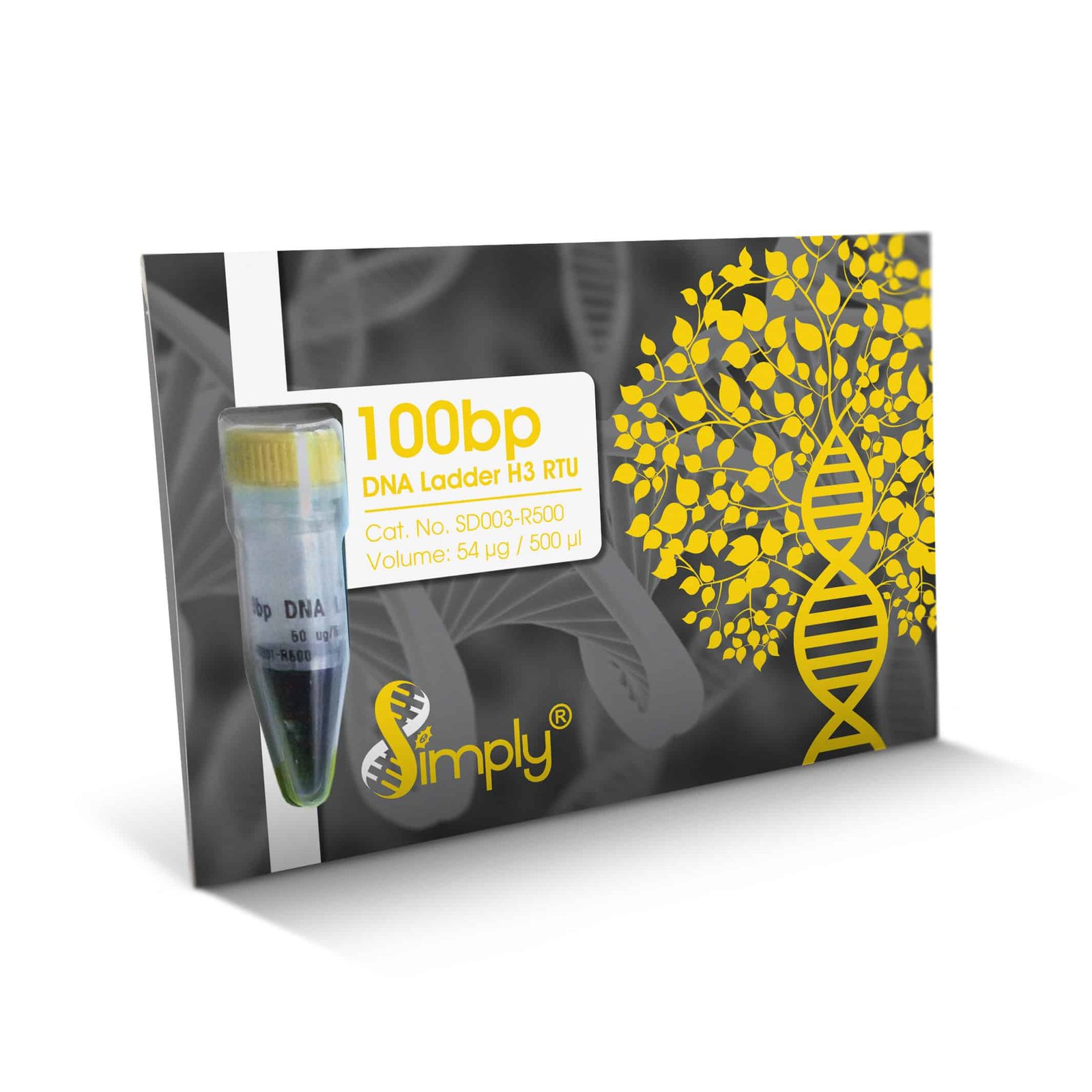
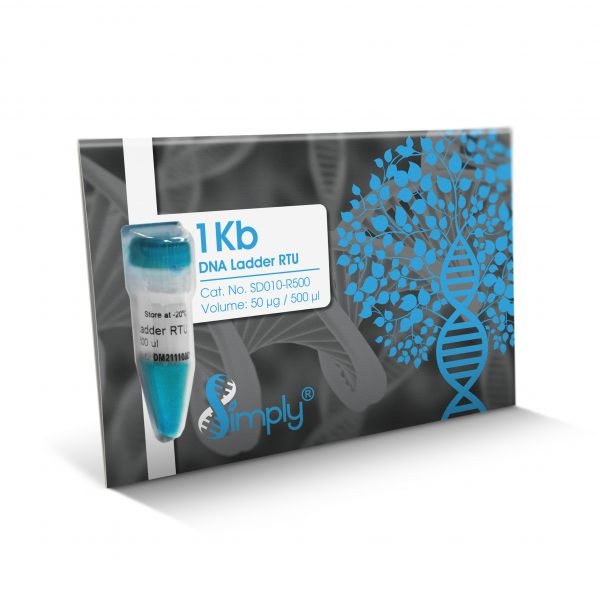


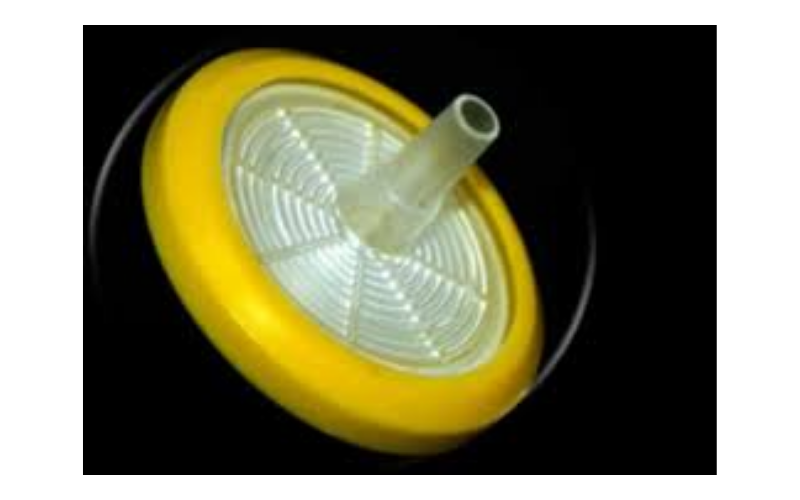

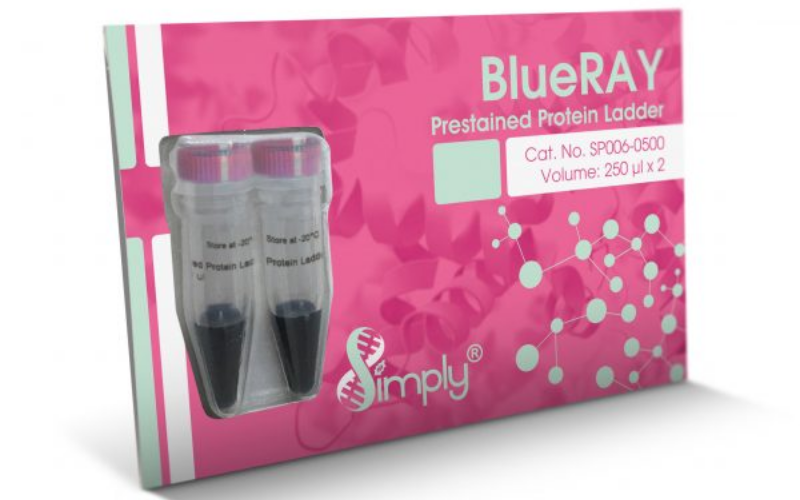
![GTX632604 SARS-CoV / SARS-CoV-2 (COVID-19) Spike Antibody [1A9]](https://www.unibiotech.in/upload/product/gtx632604-image.CLGnD2.png)
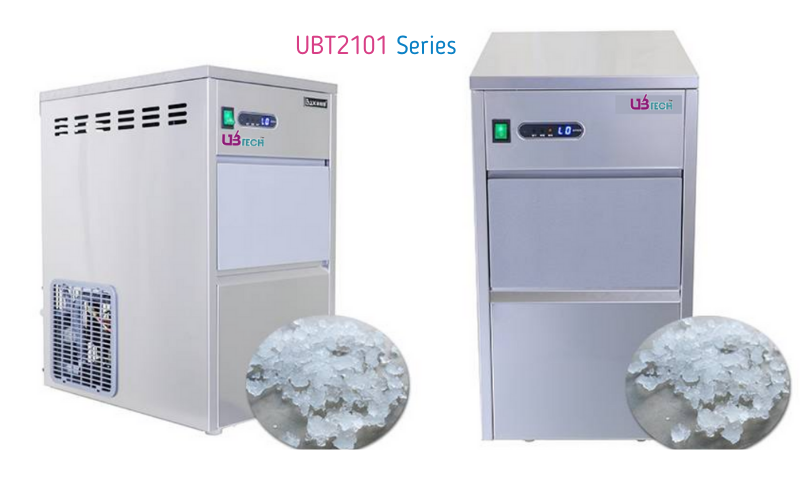
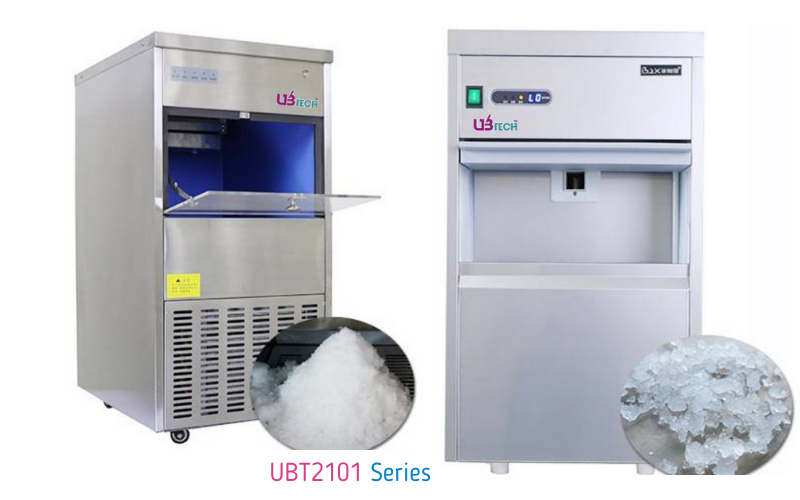
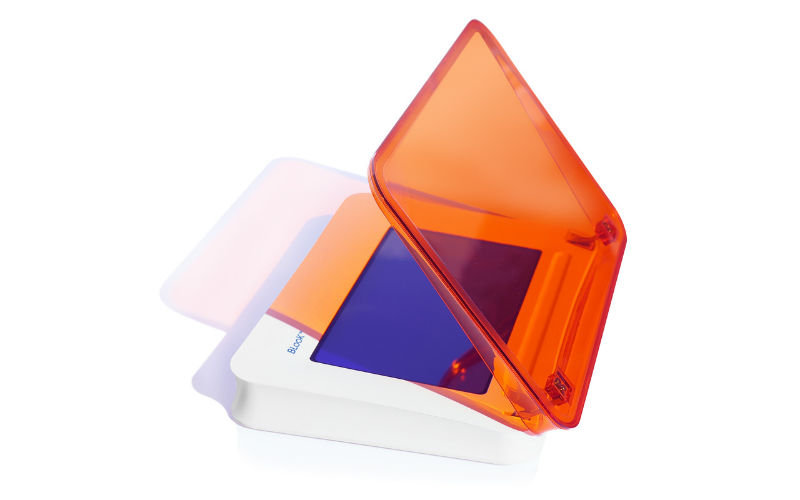



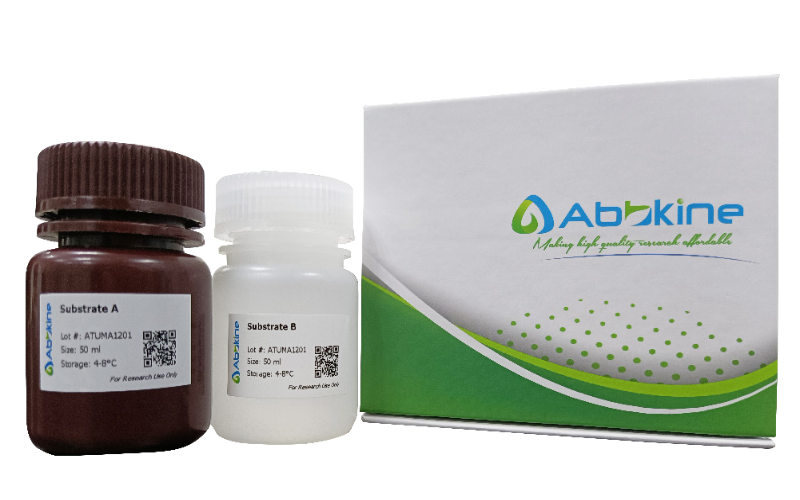
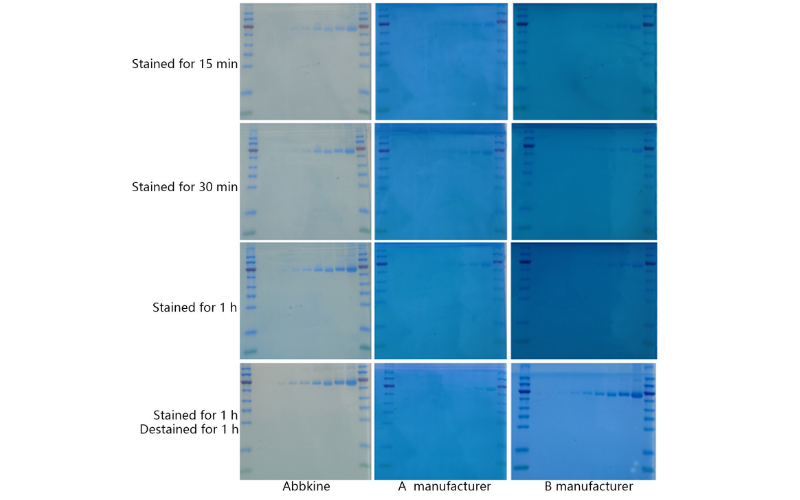
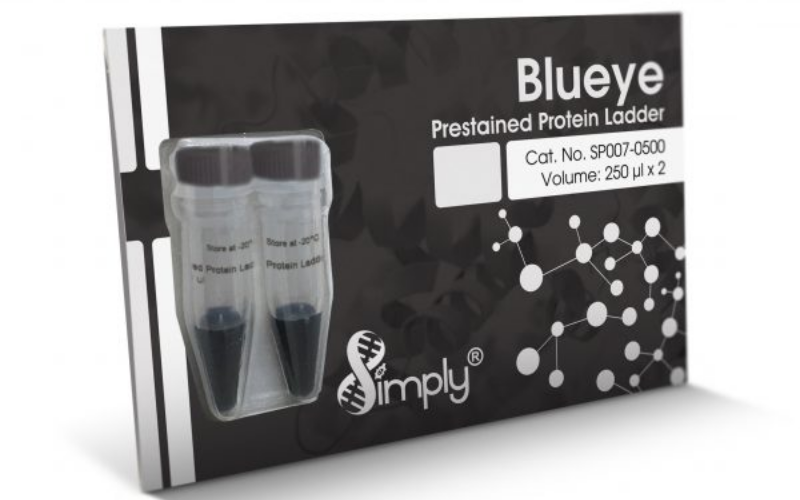
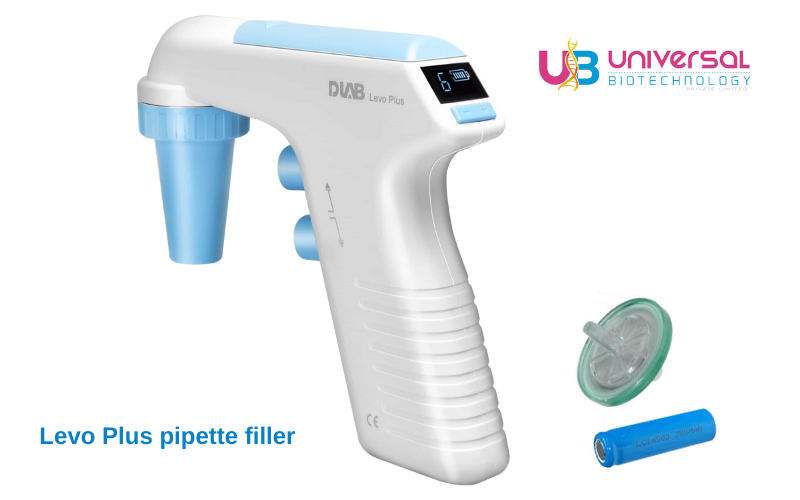

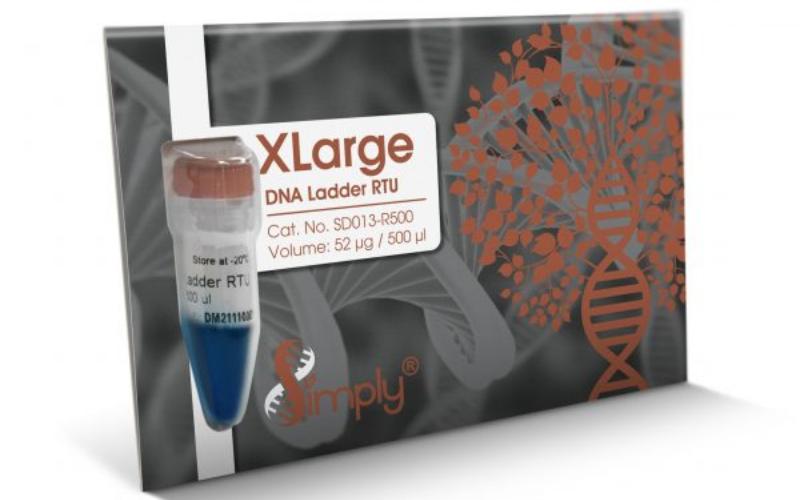


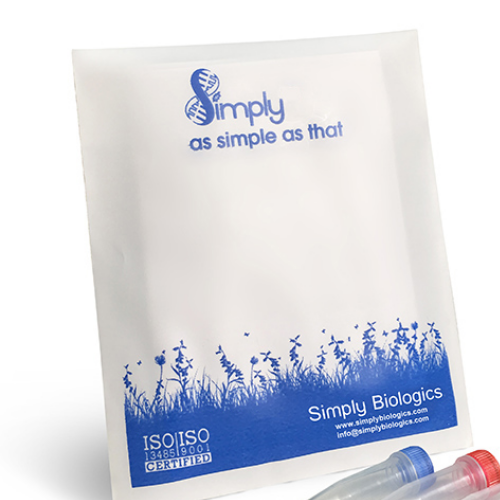

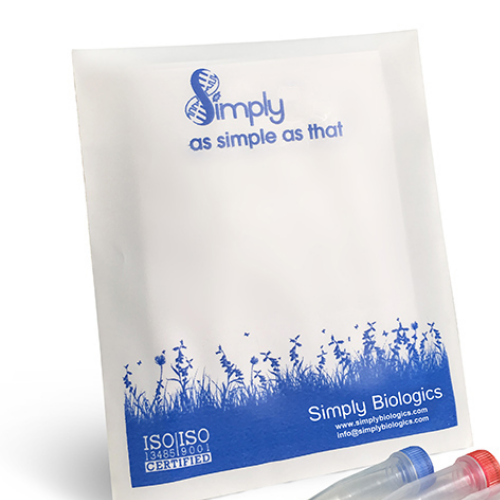

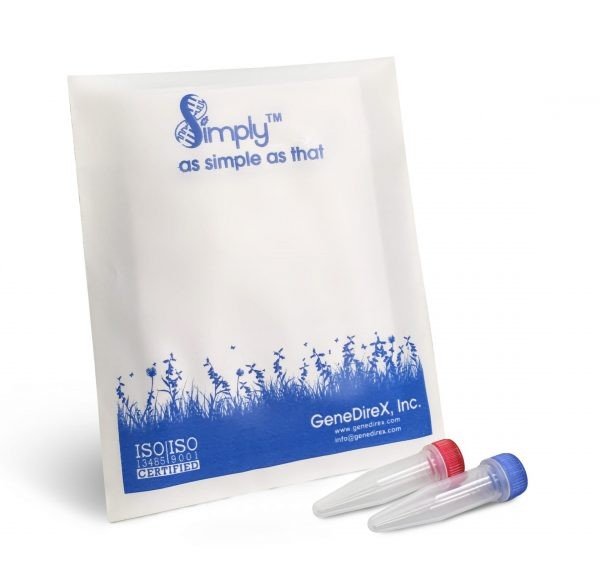


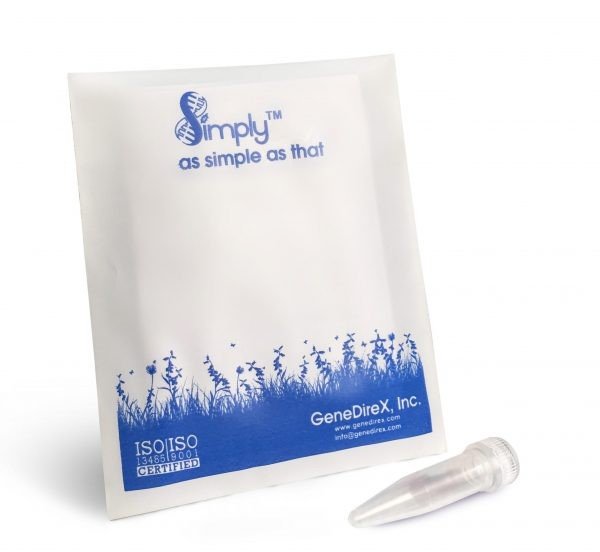
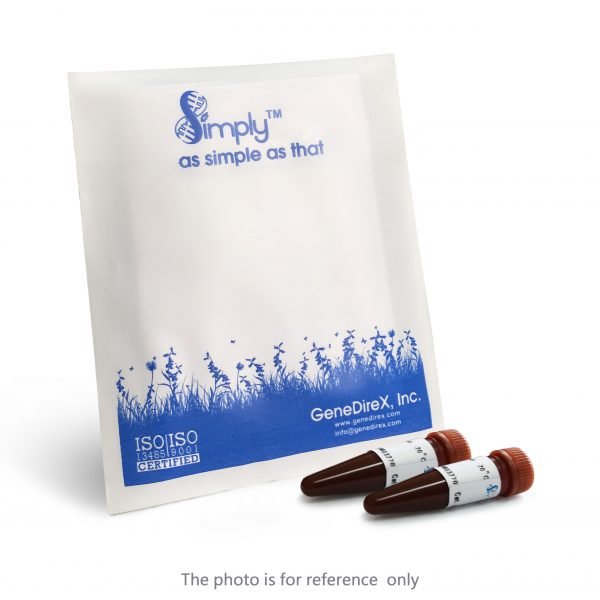
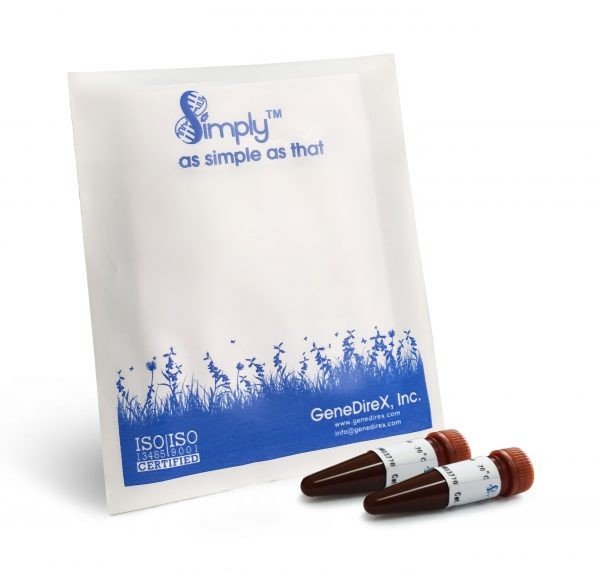
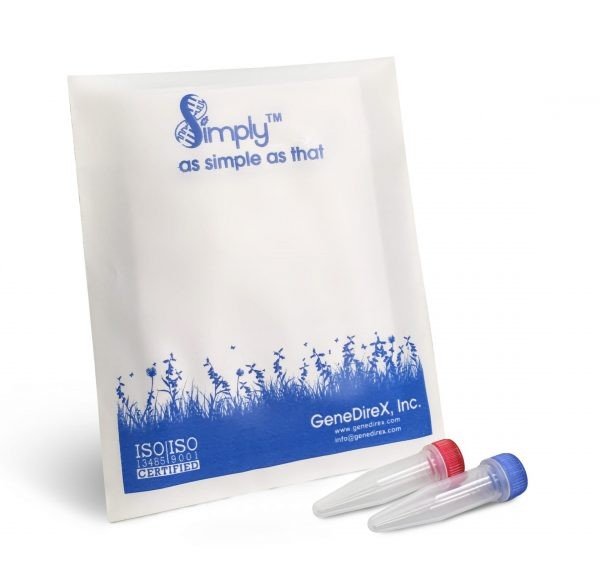
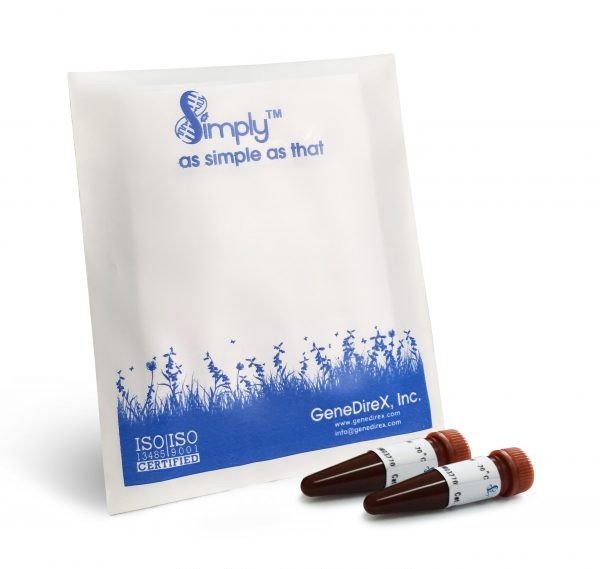


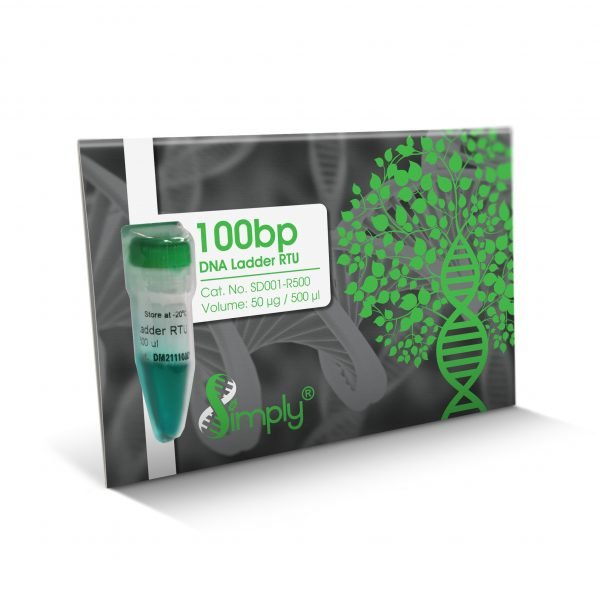
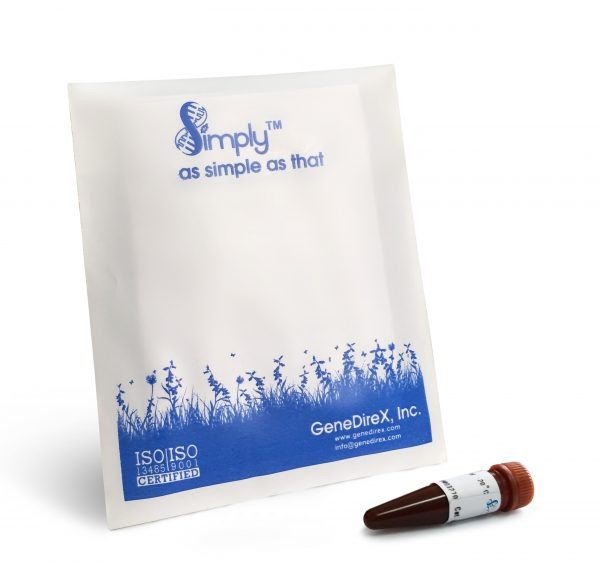
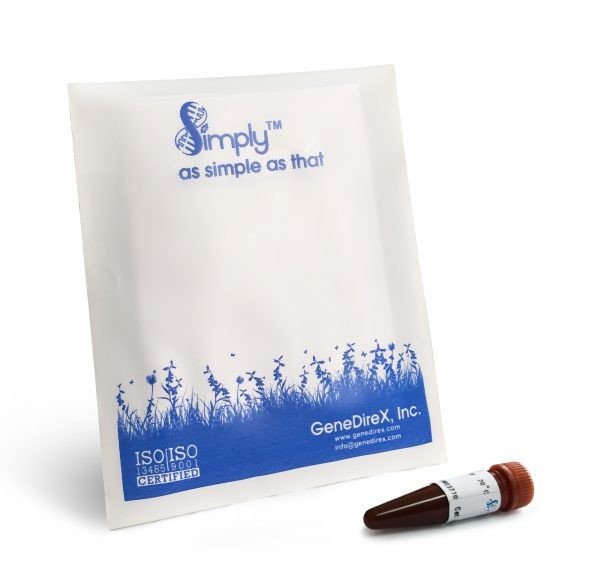
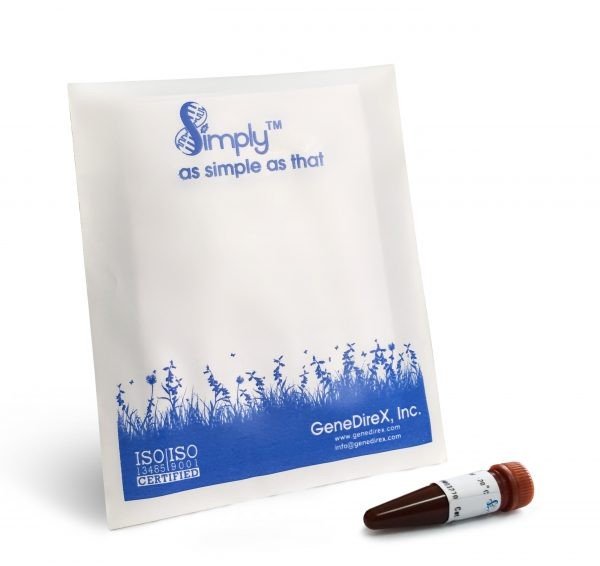

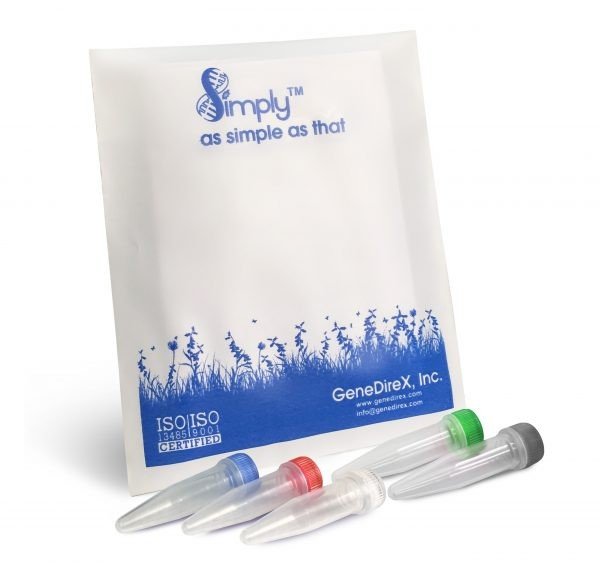
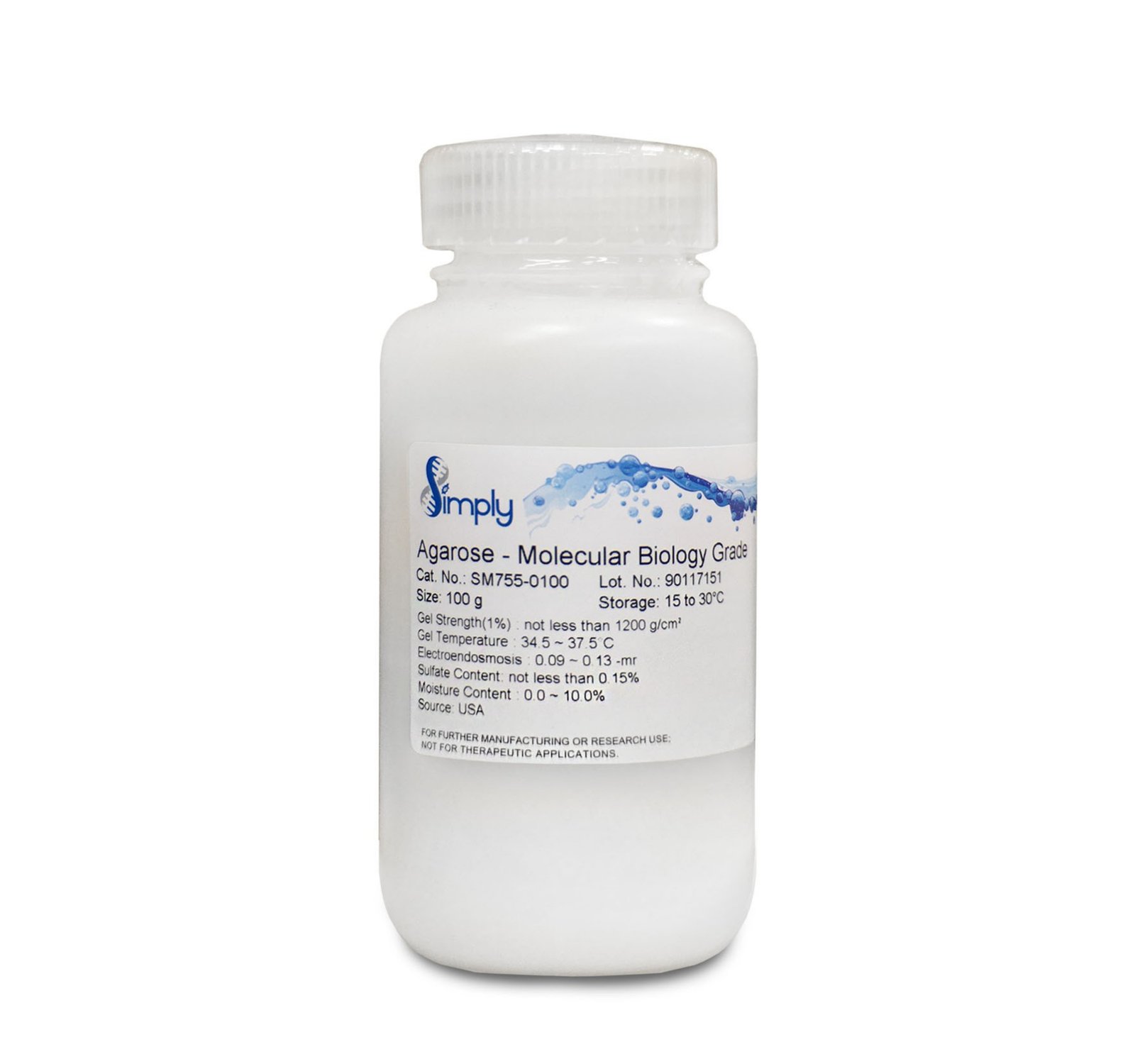

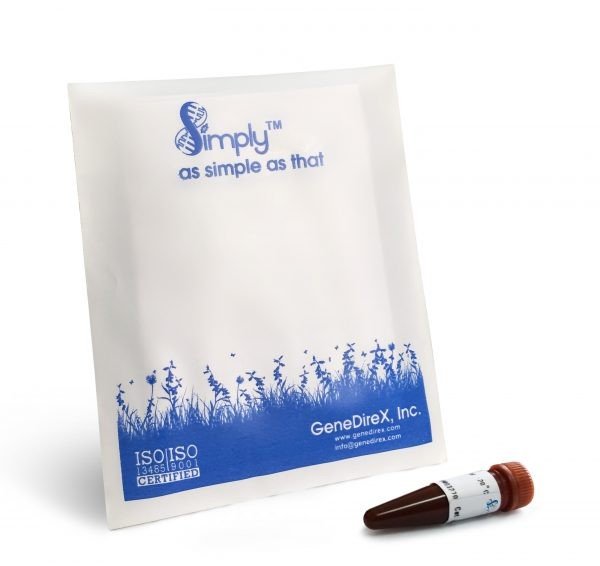

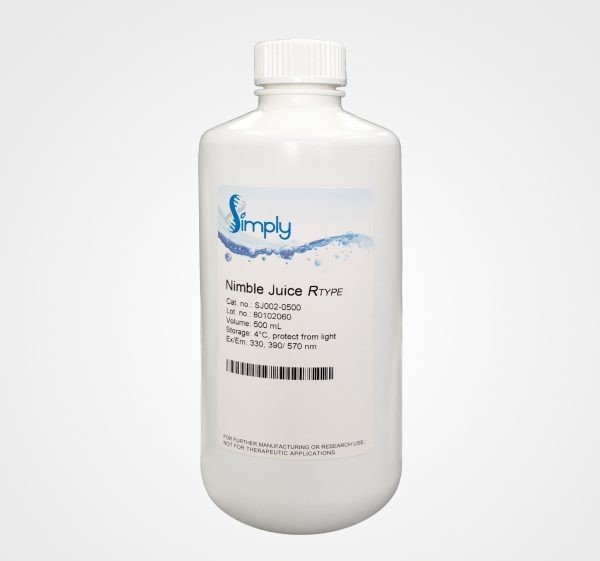
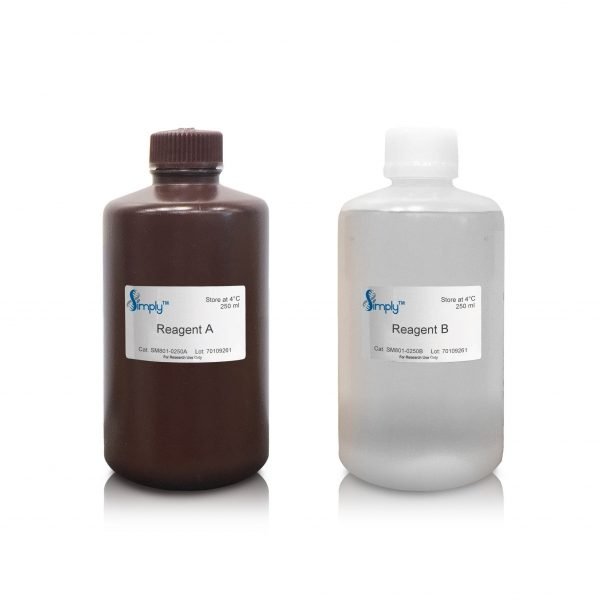
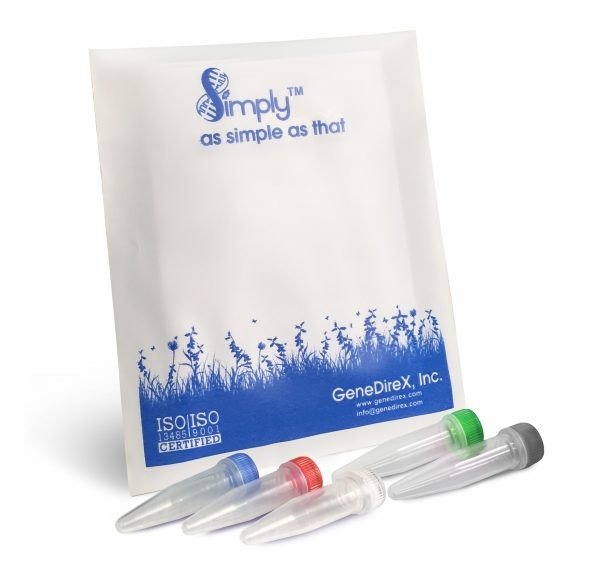



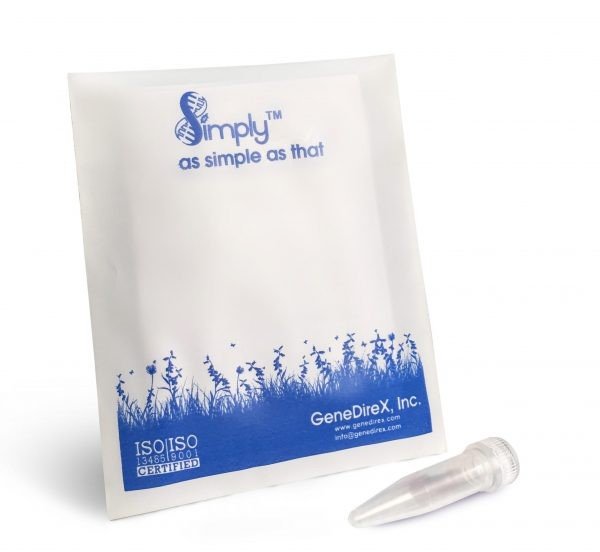



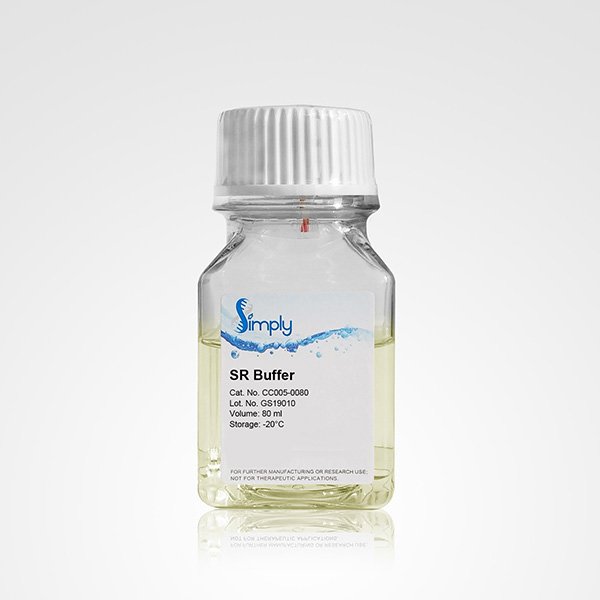
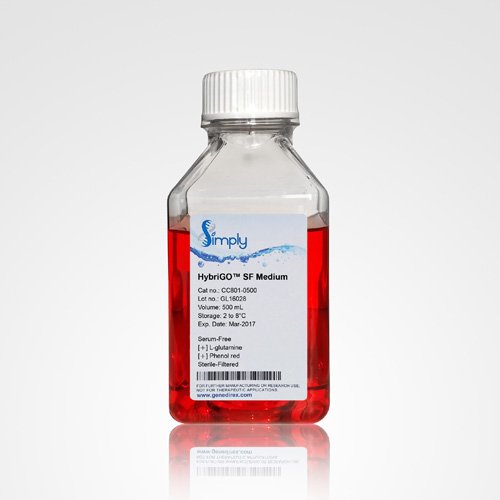

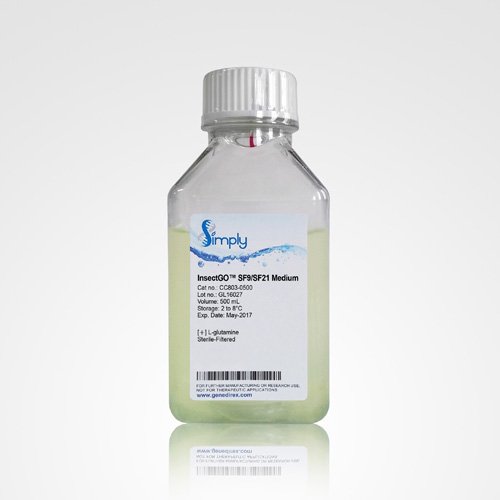


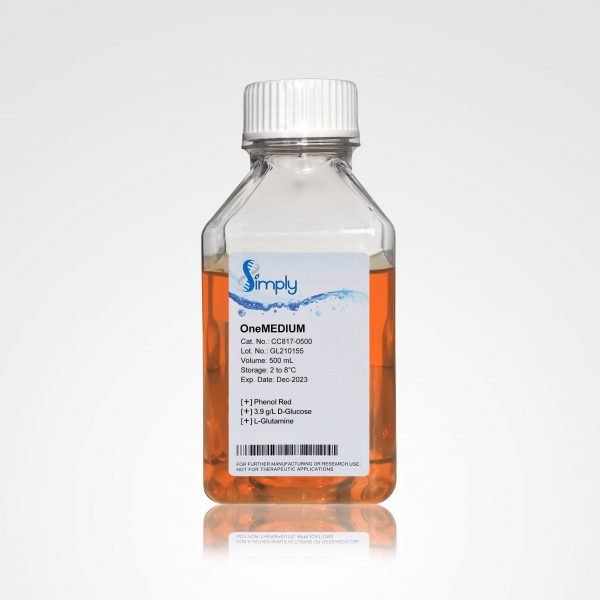
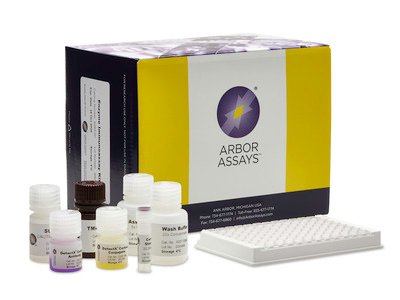
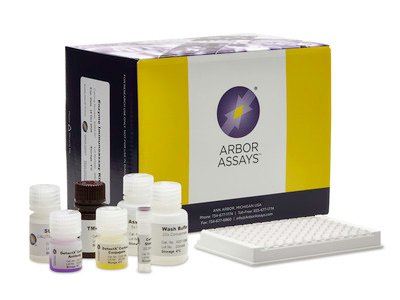
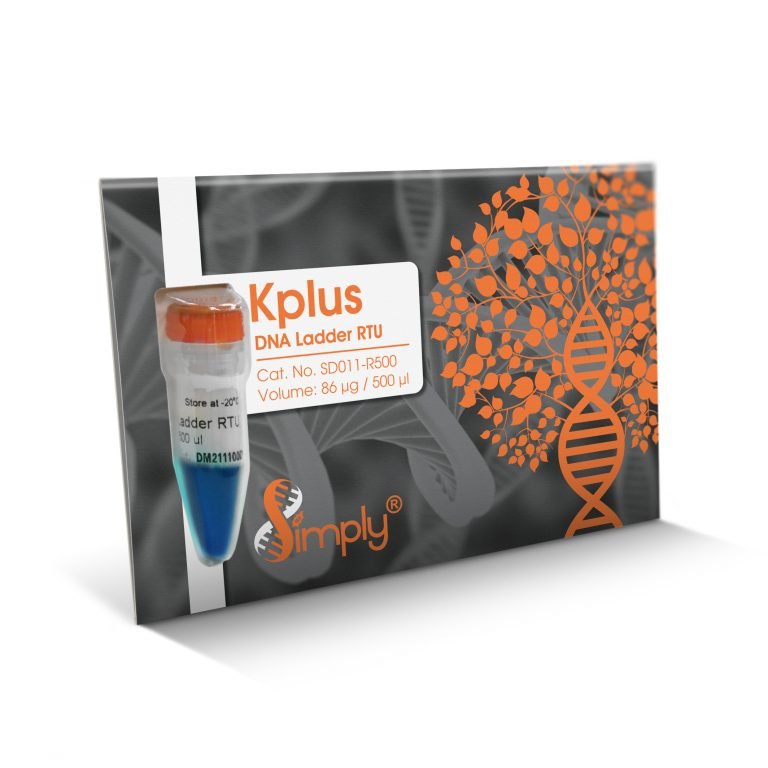



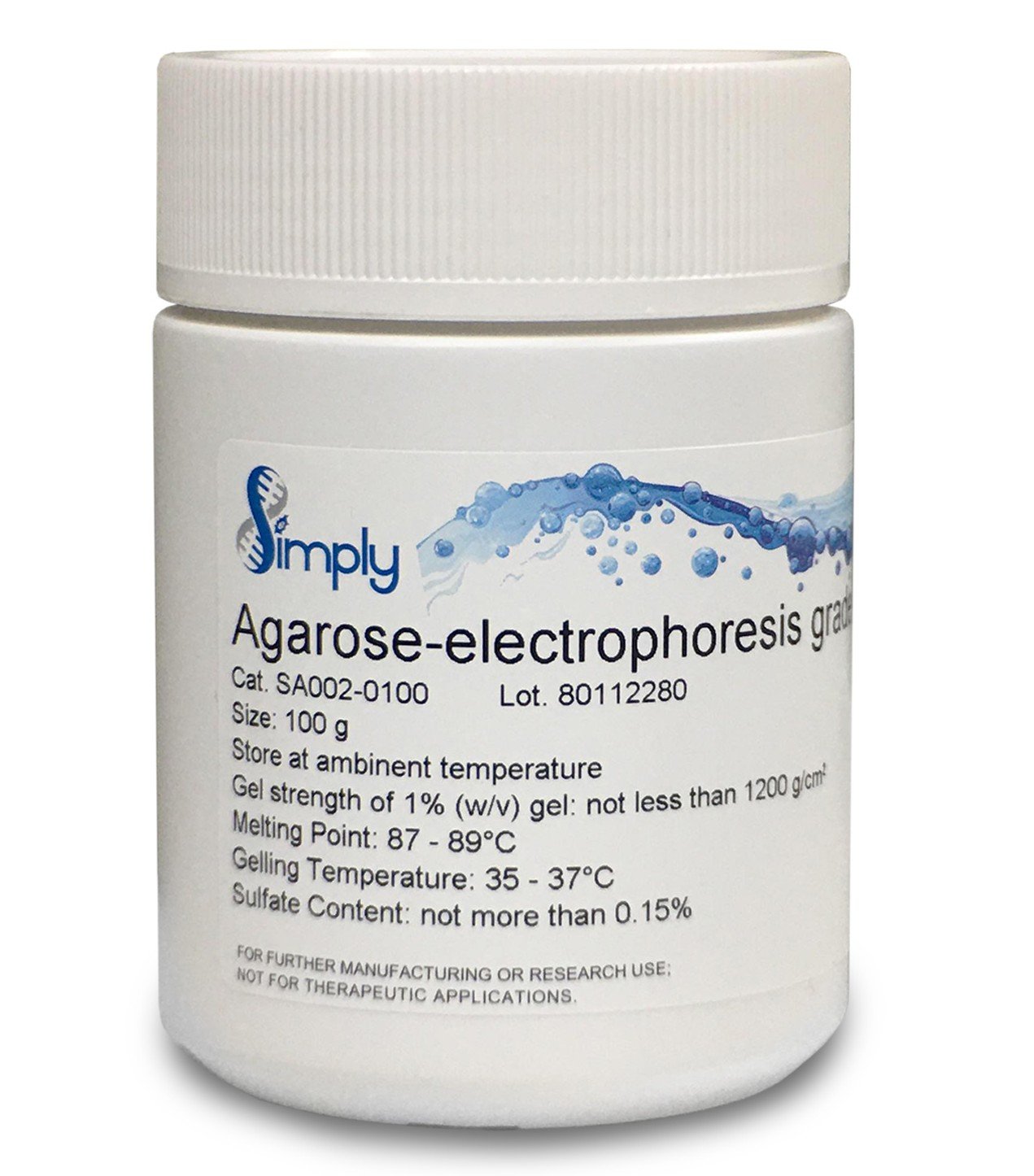

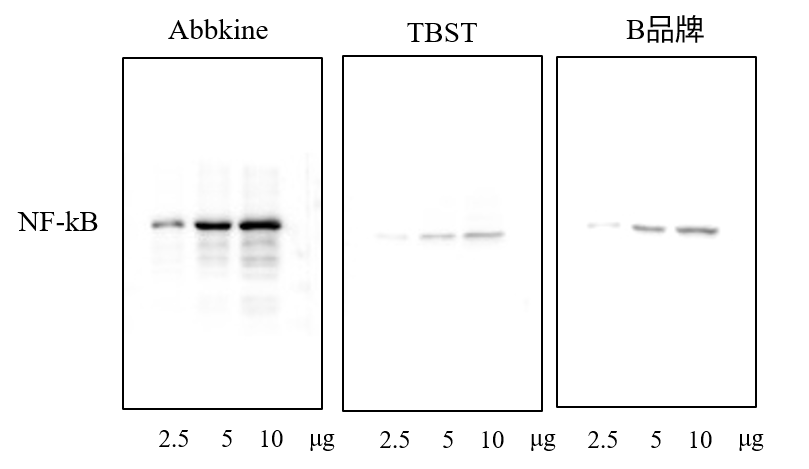


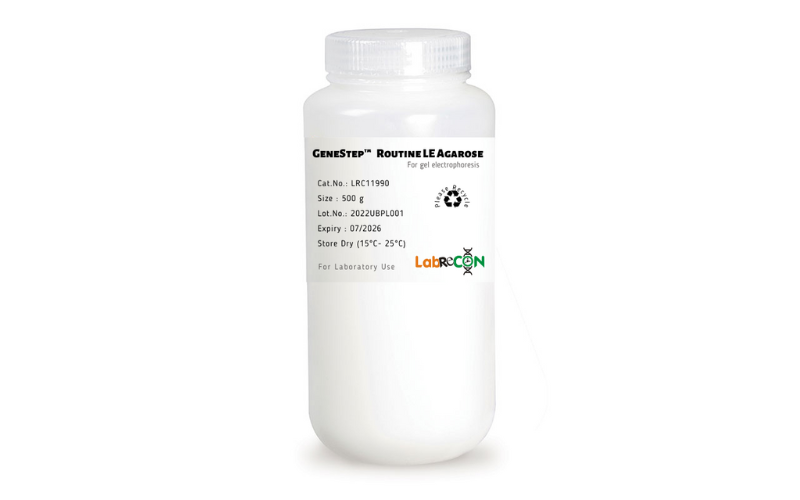
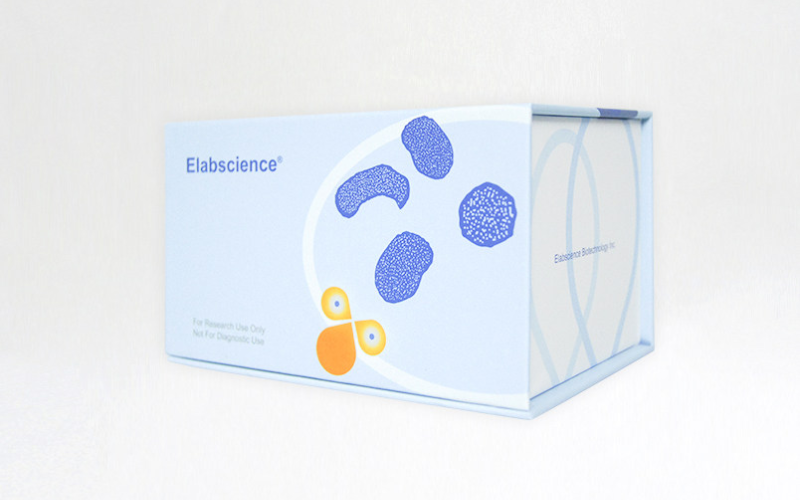
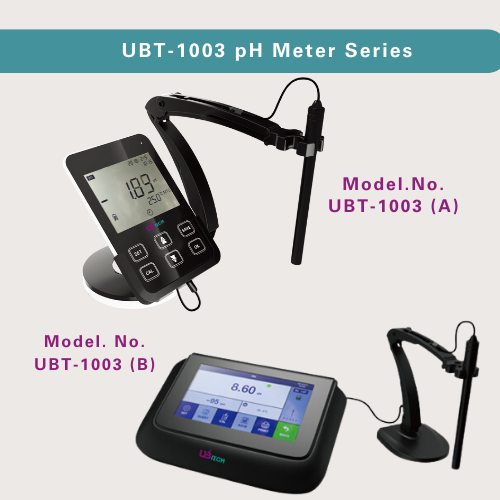
.9tlppc.png)
.iIDECG.png)
.a7egf6.png)
.PVhgz7.png)
.uRPeRi.png)
.fSqRsb.png)
.sGEam9.png)
.yfpNOq.png)
.PqBoR4.png)
.iTiaOs.png)



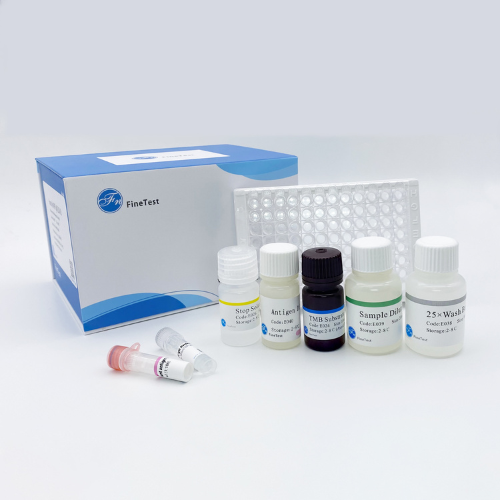
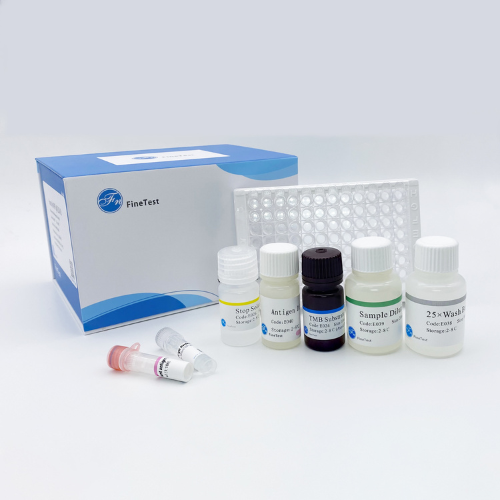

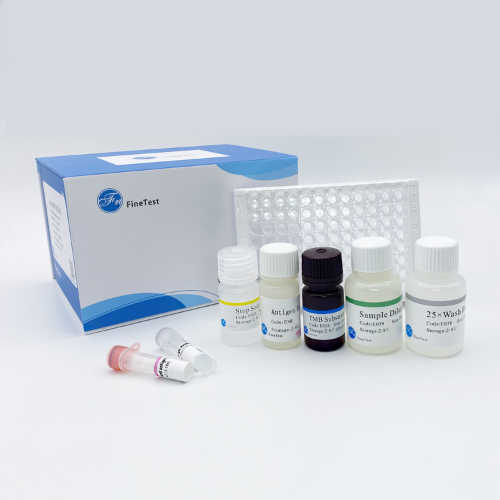

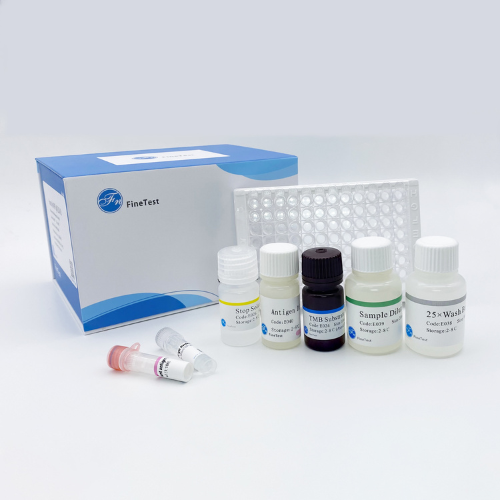


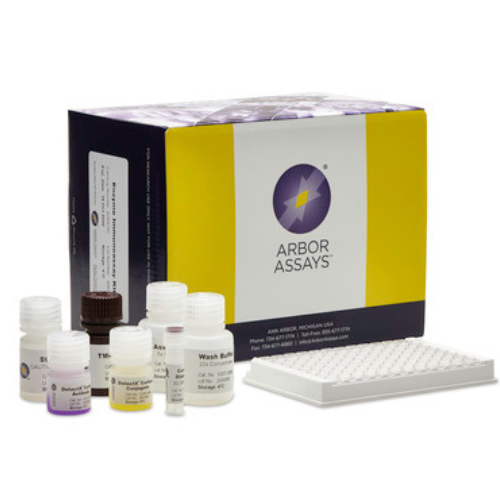
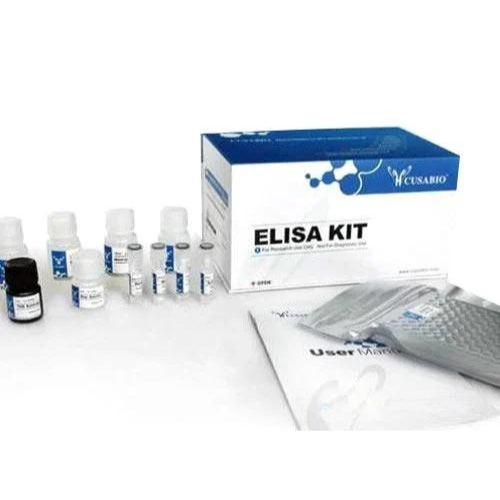




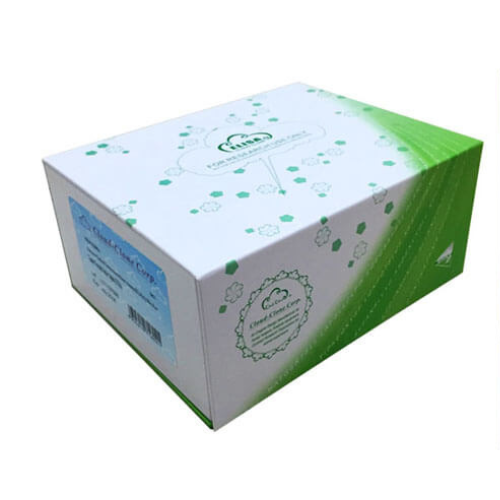

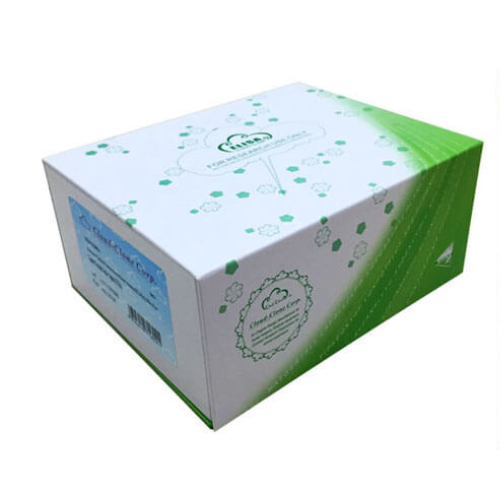




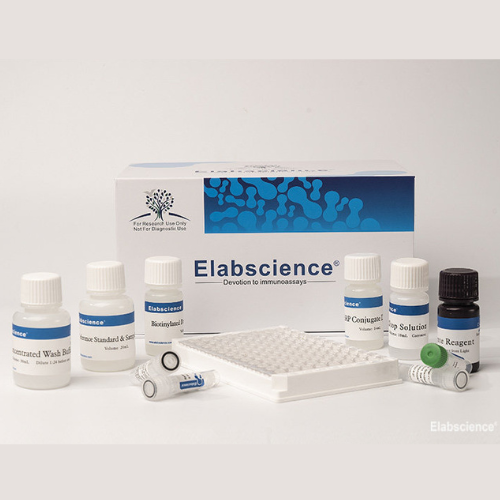
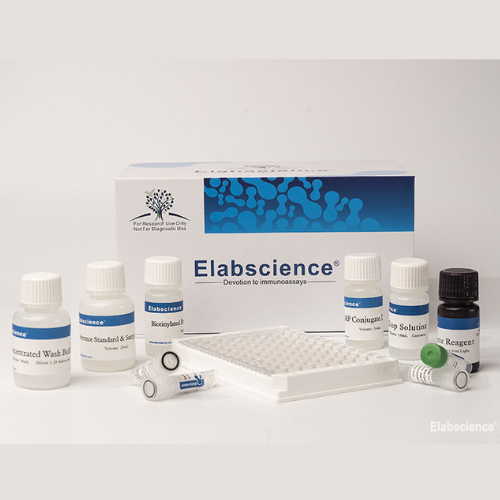
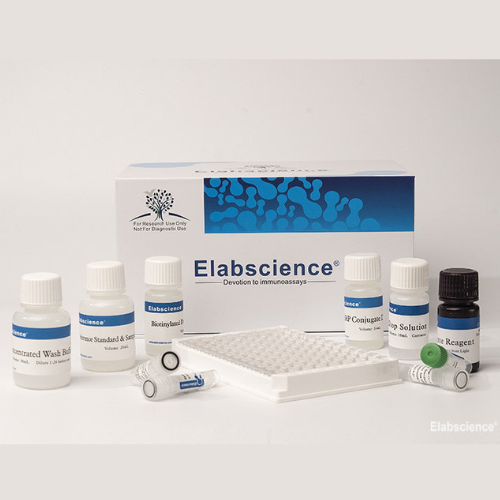
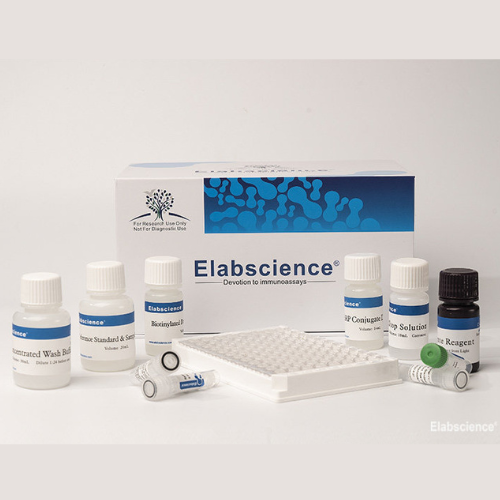
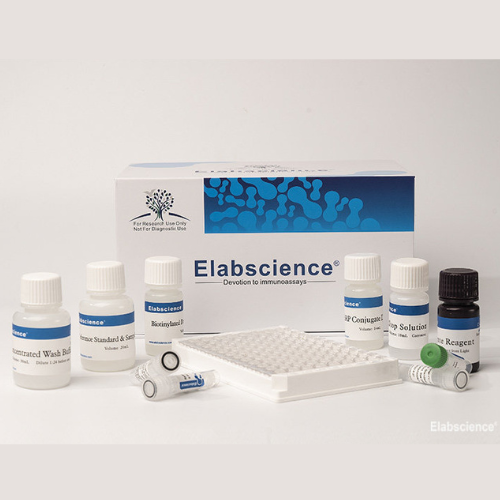
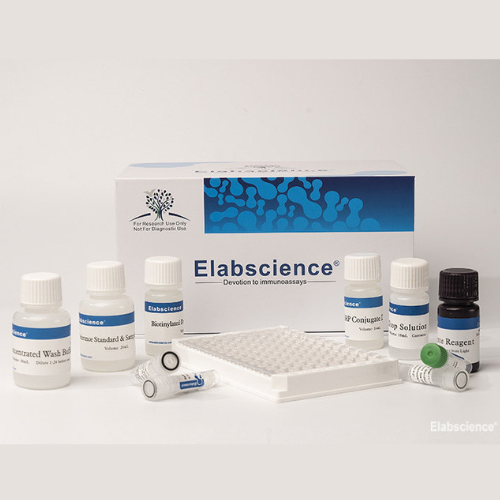





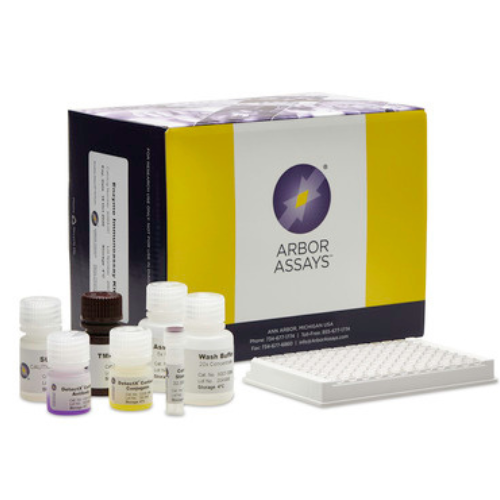
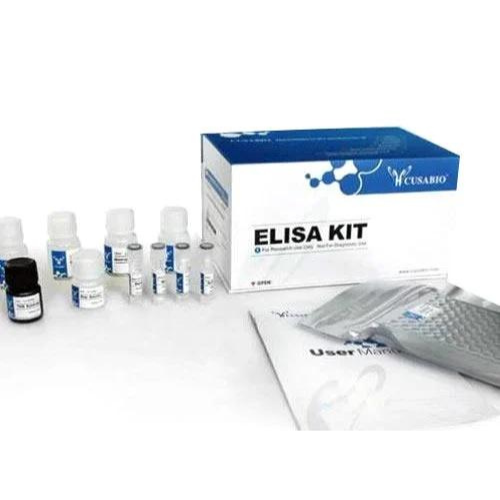

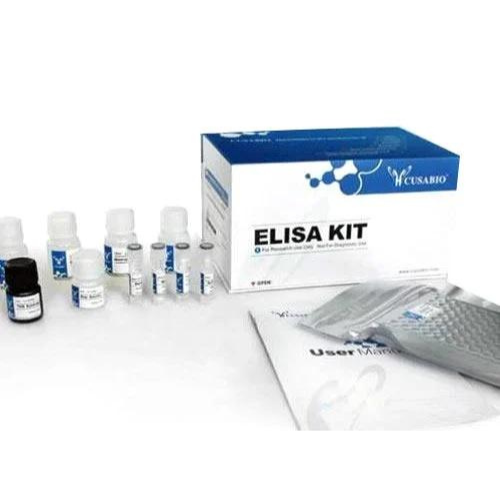
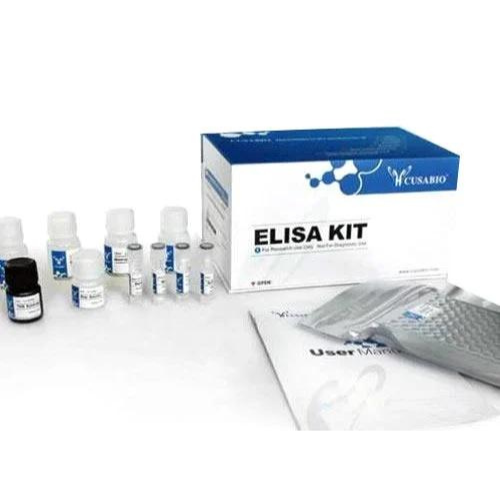
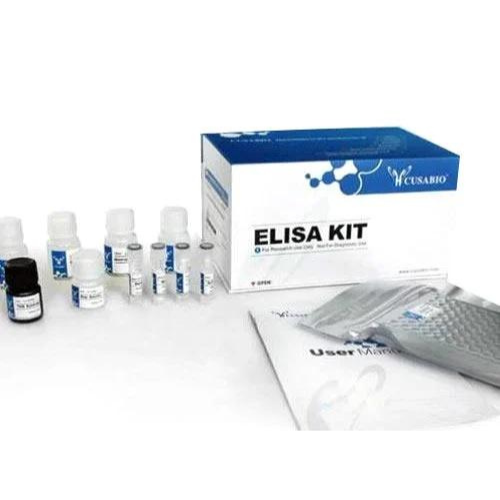
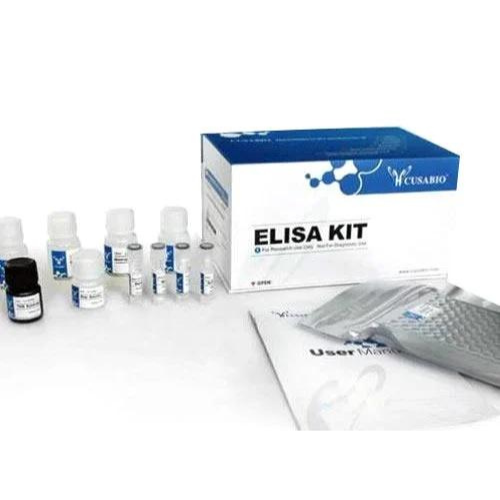
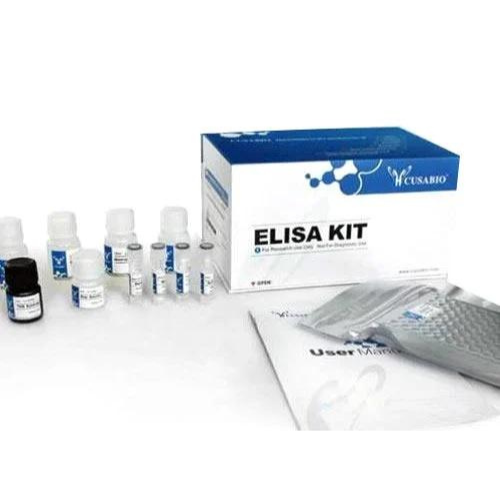
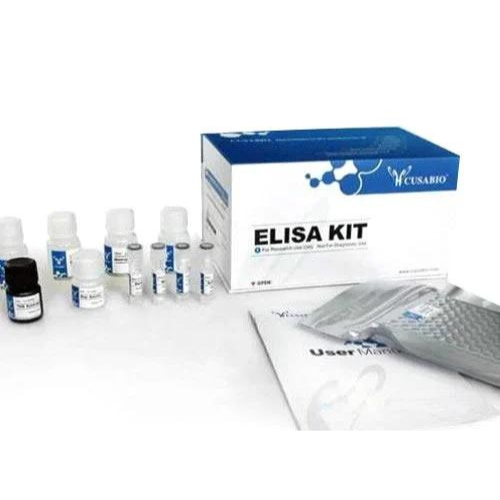
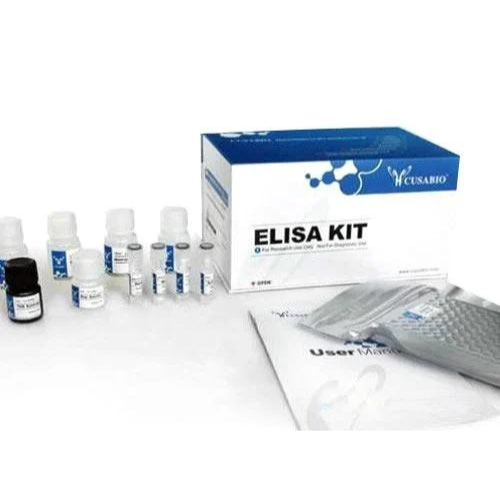



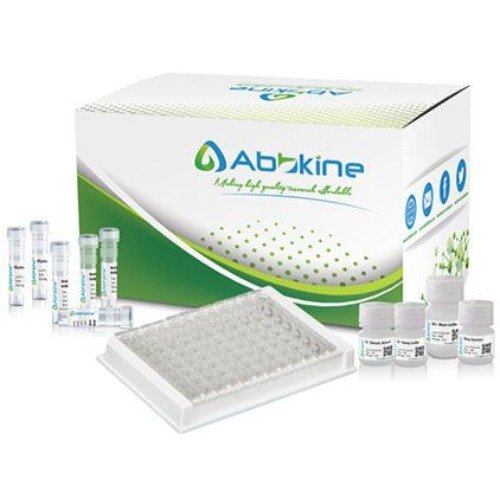

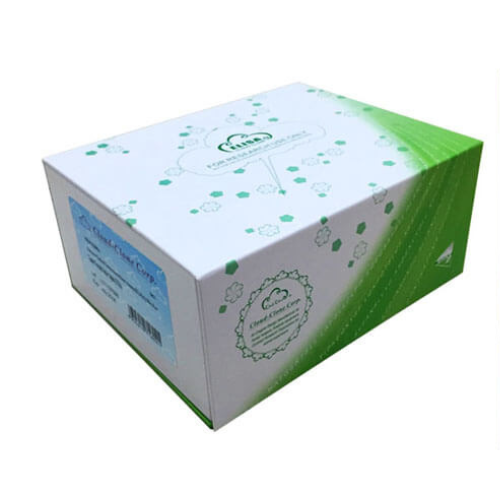
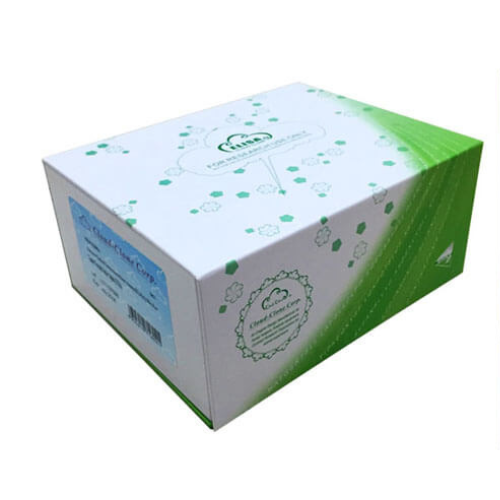
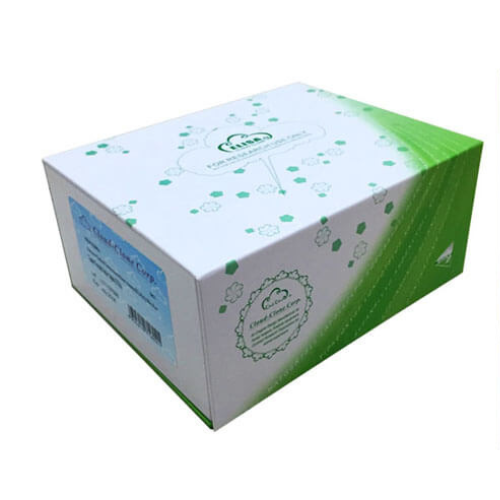
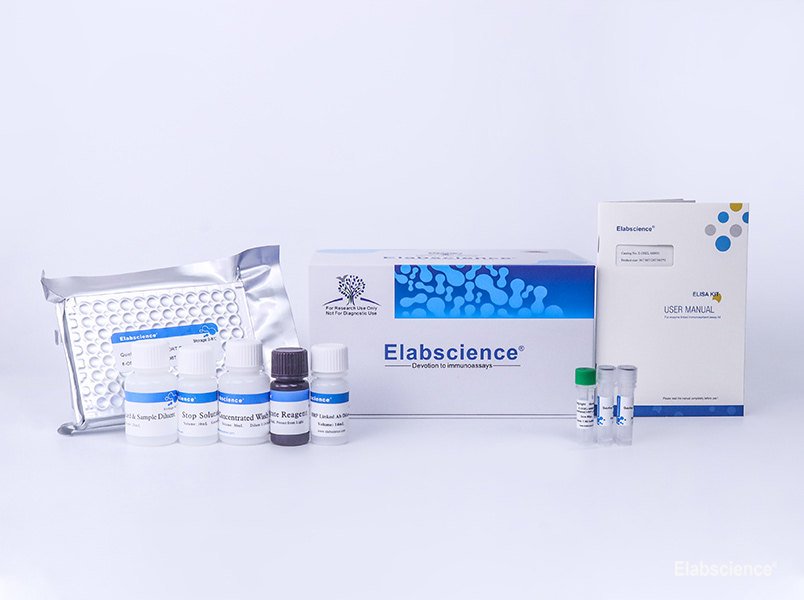
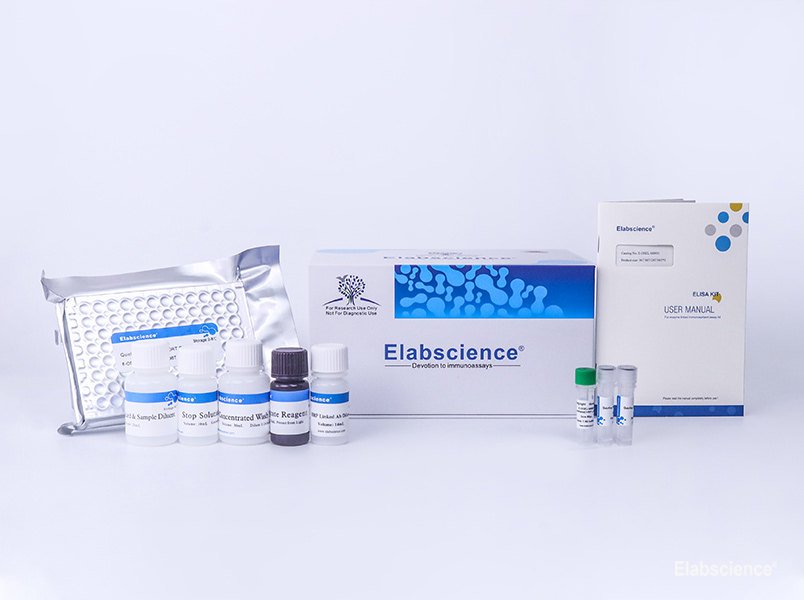
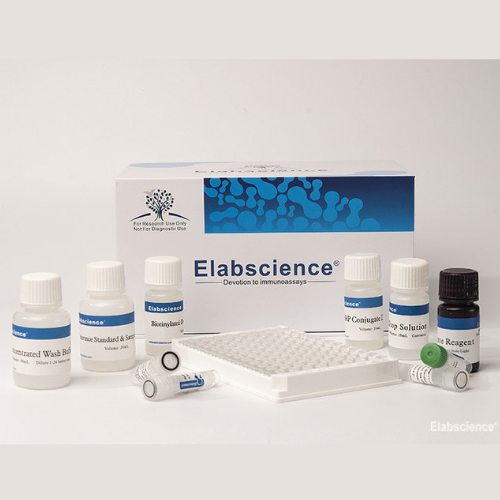
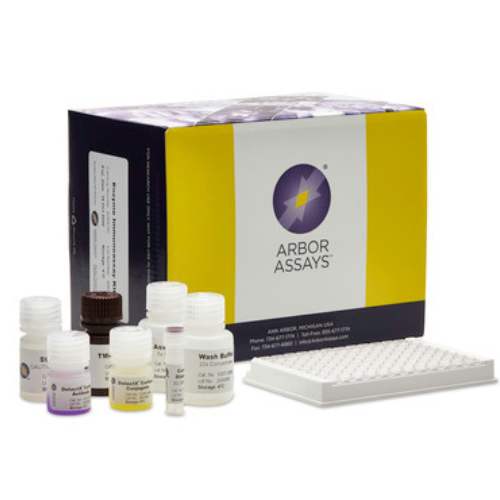


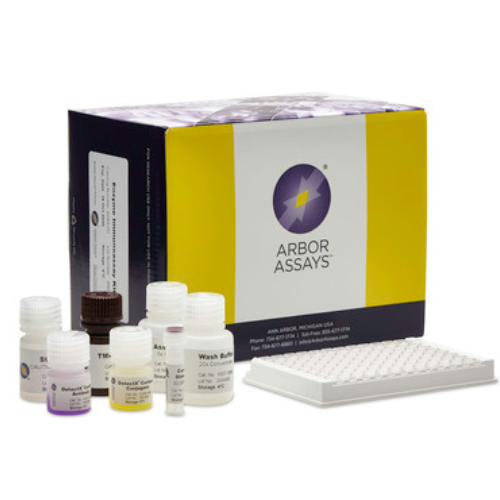




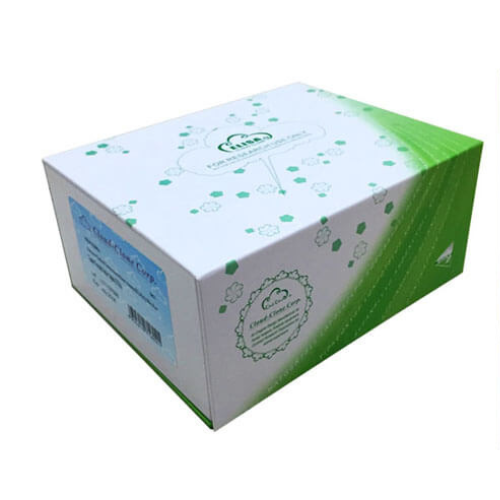

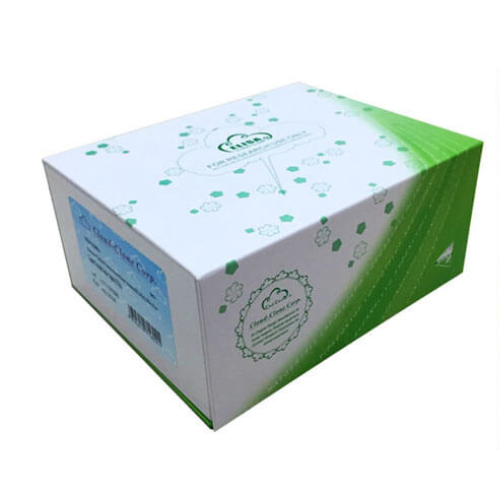

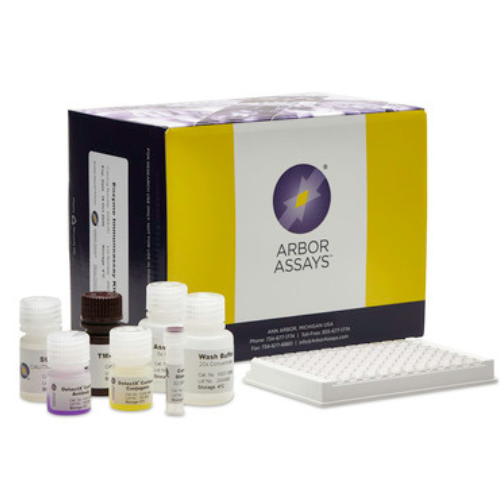

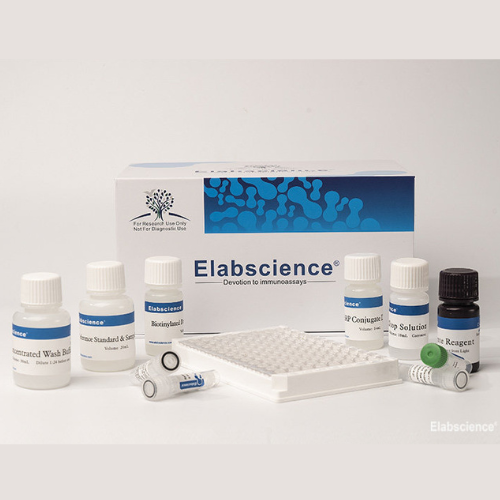
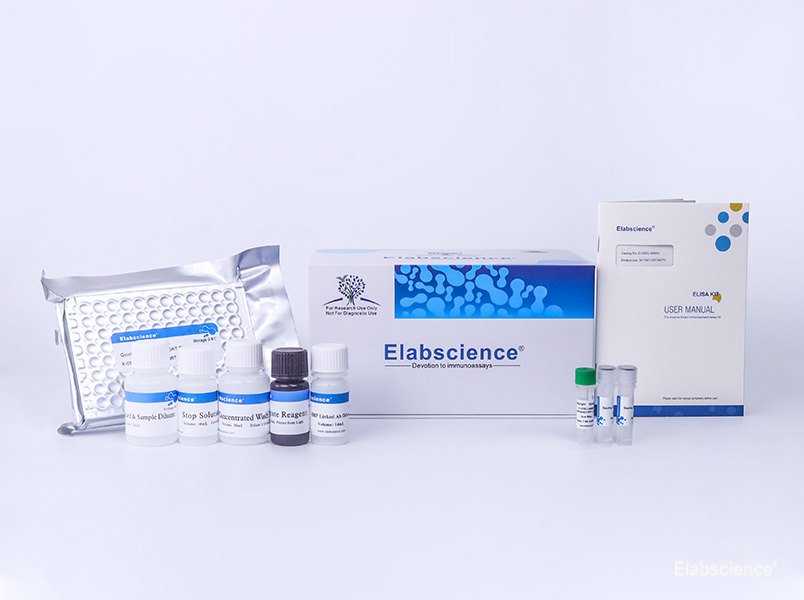
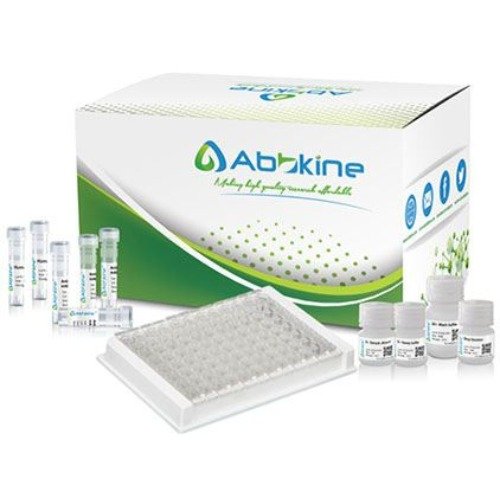
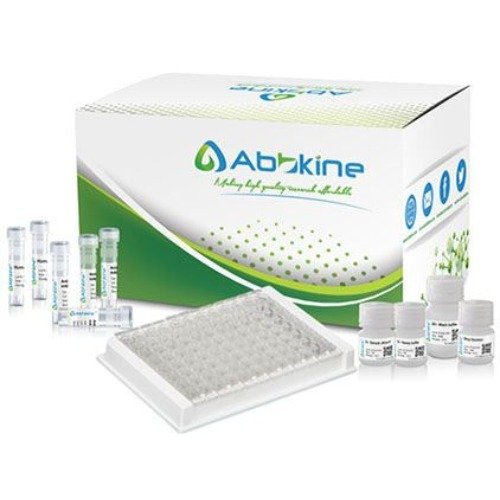
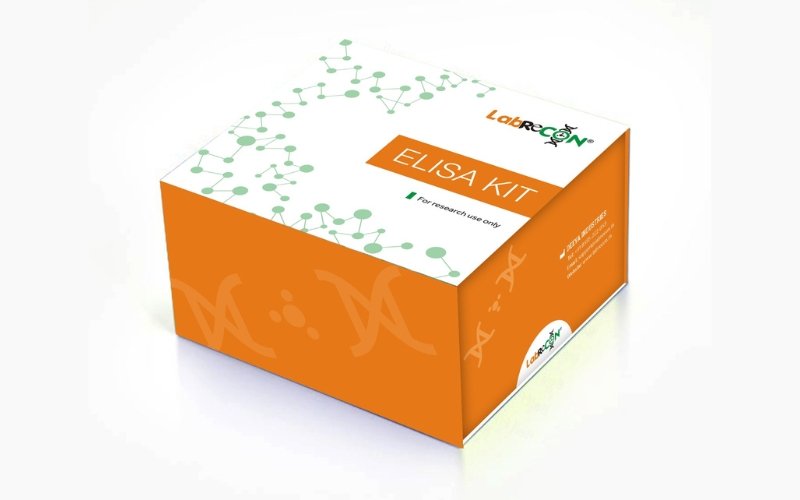


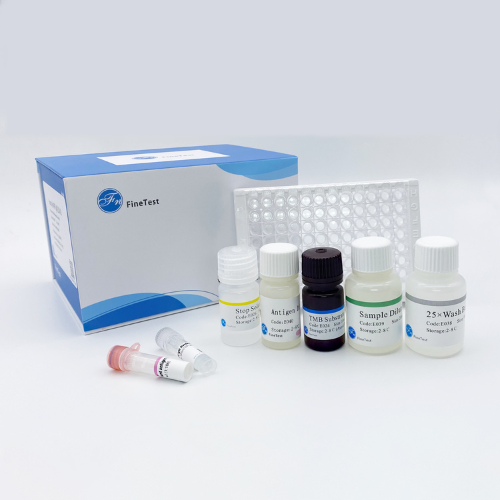
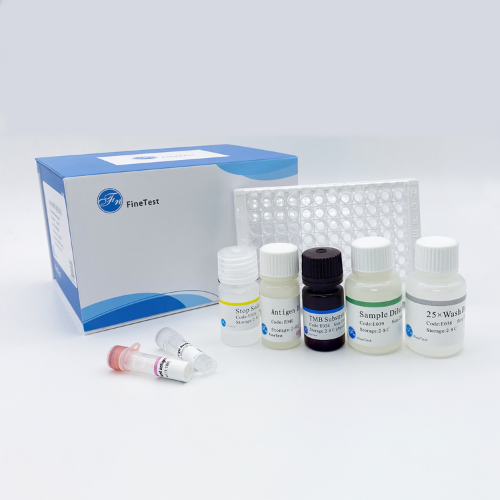
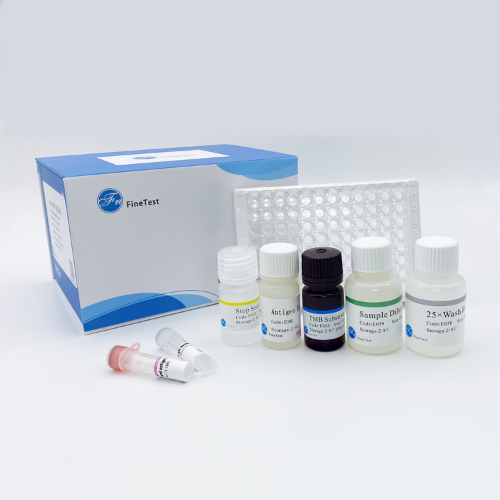
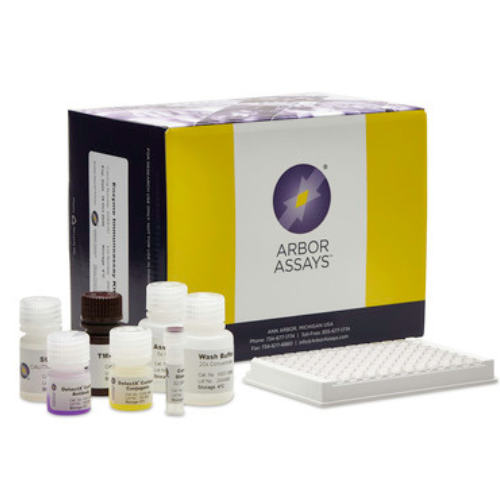
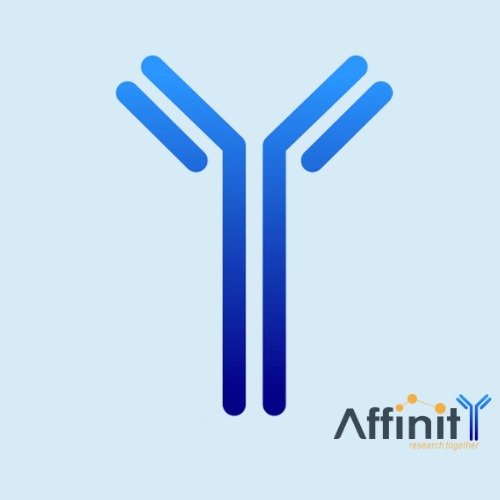

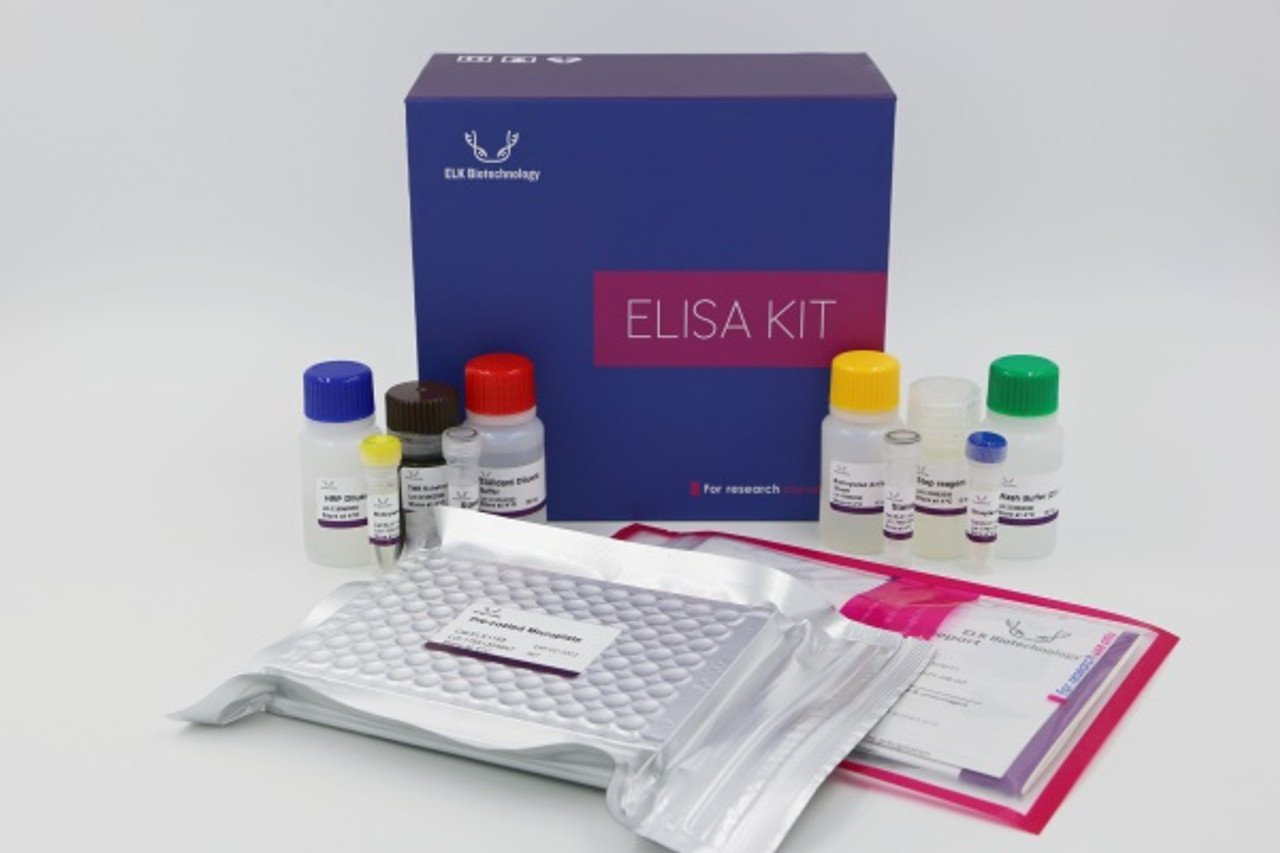
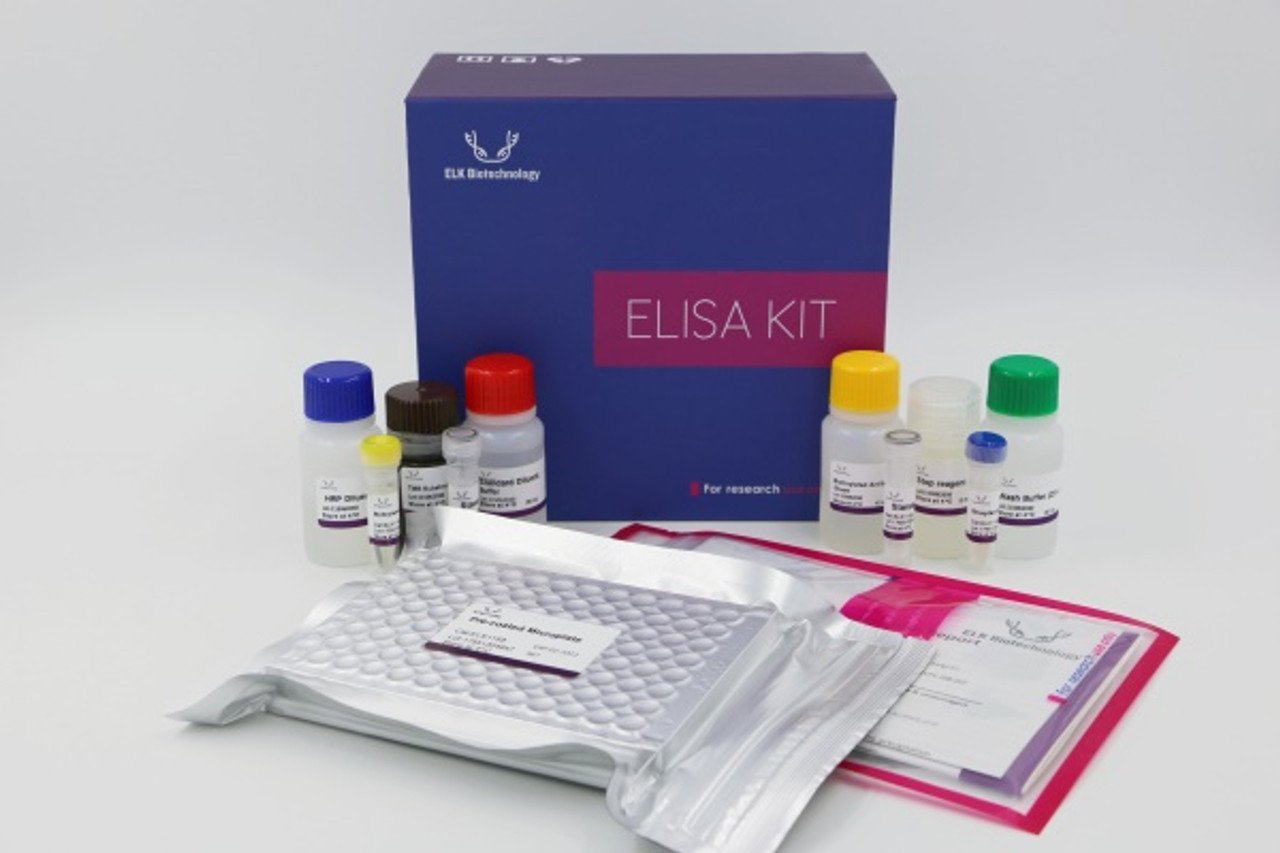
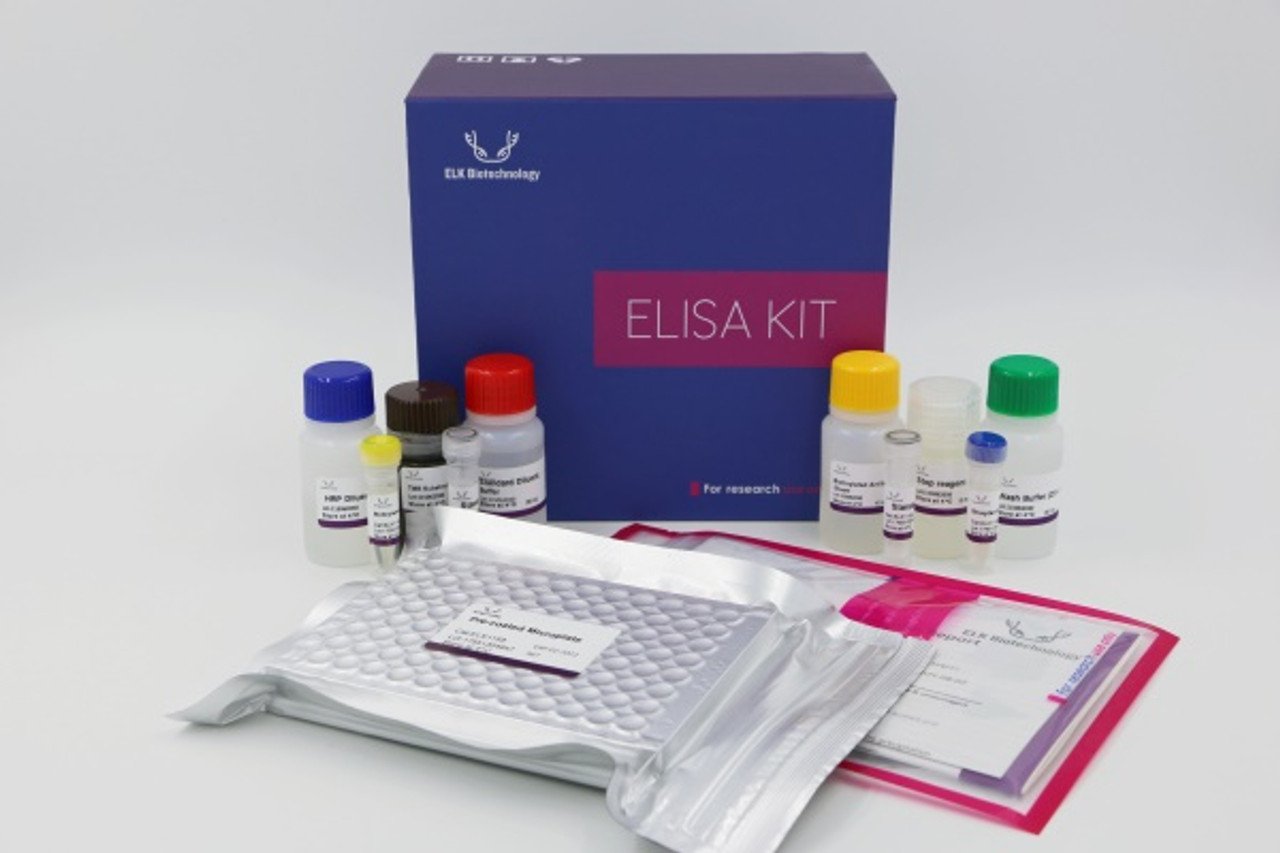
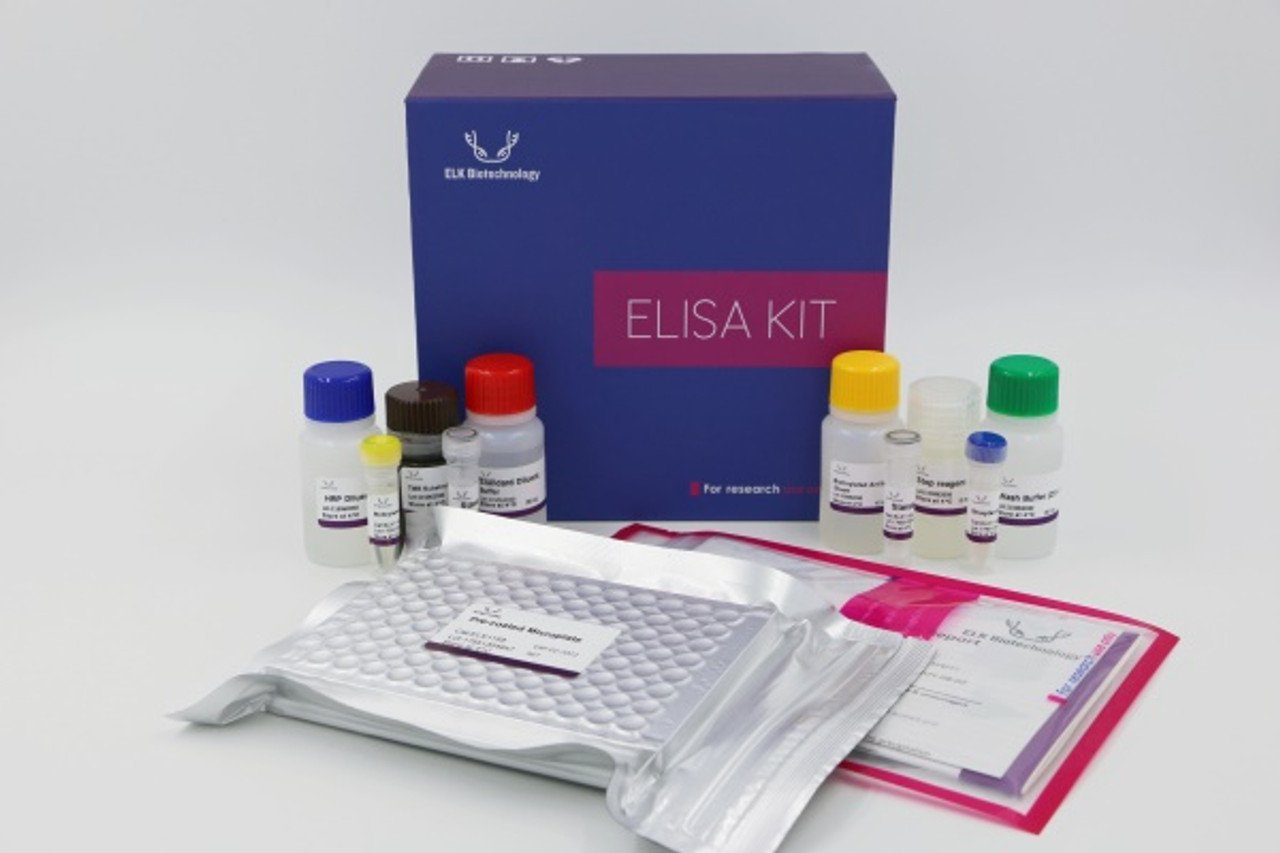



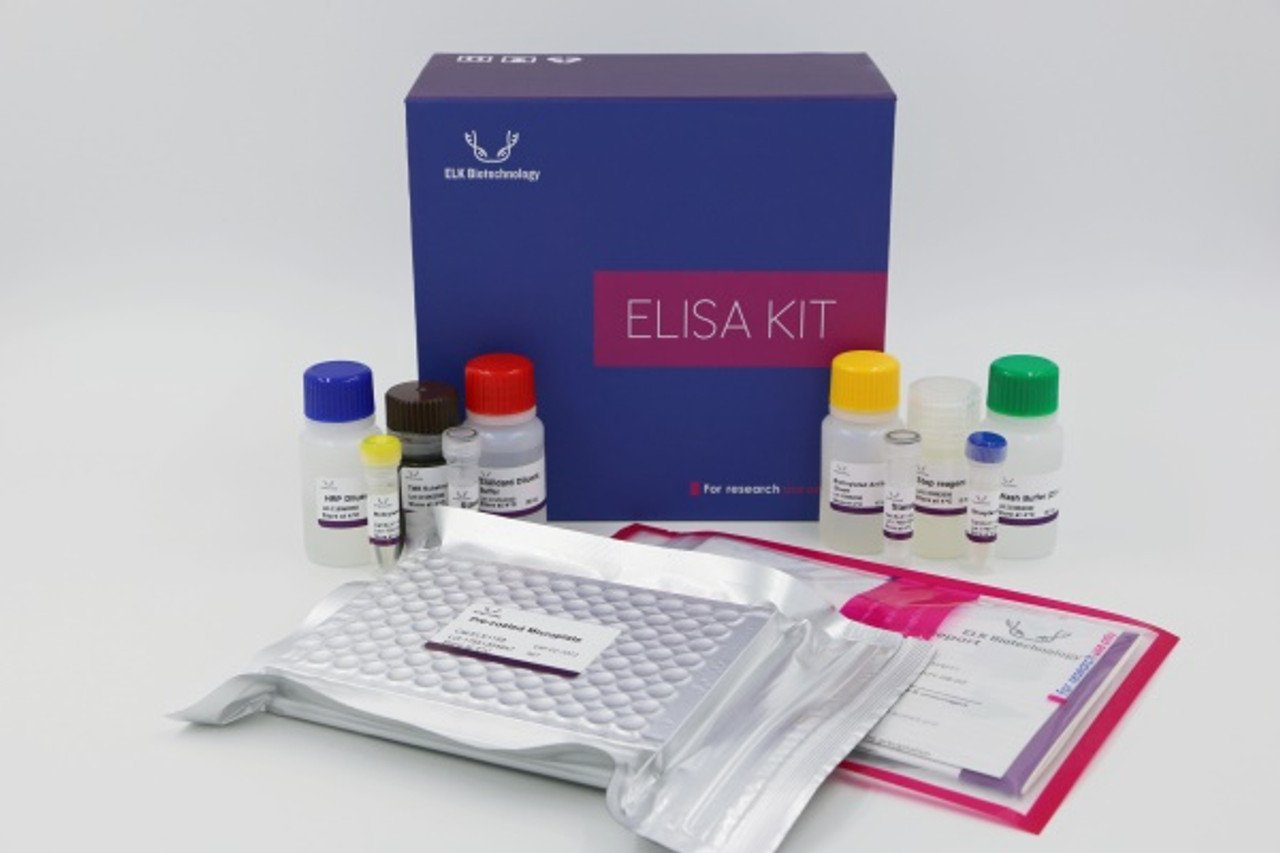

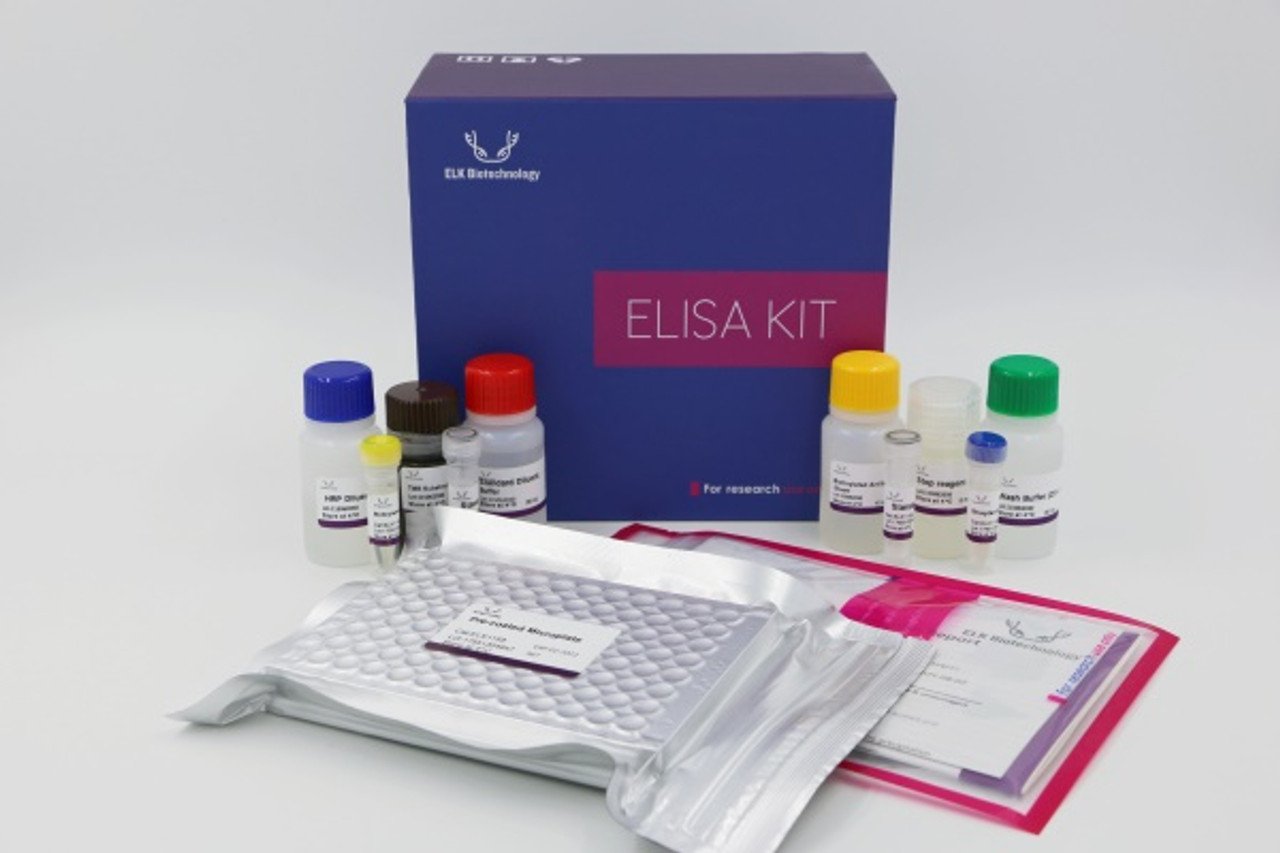
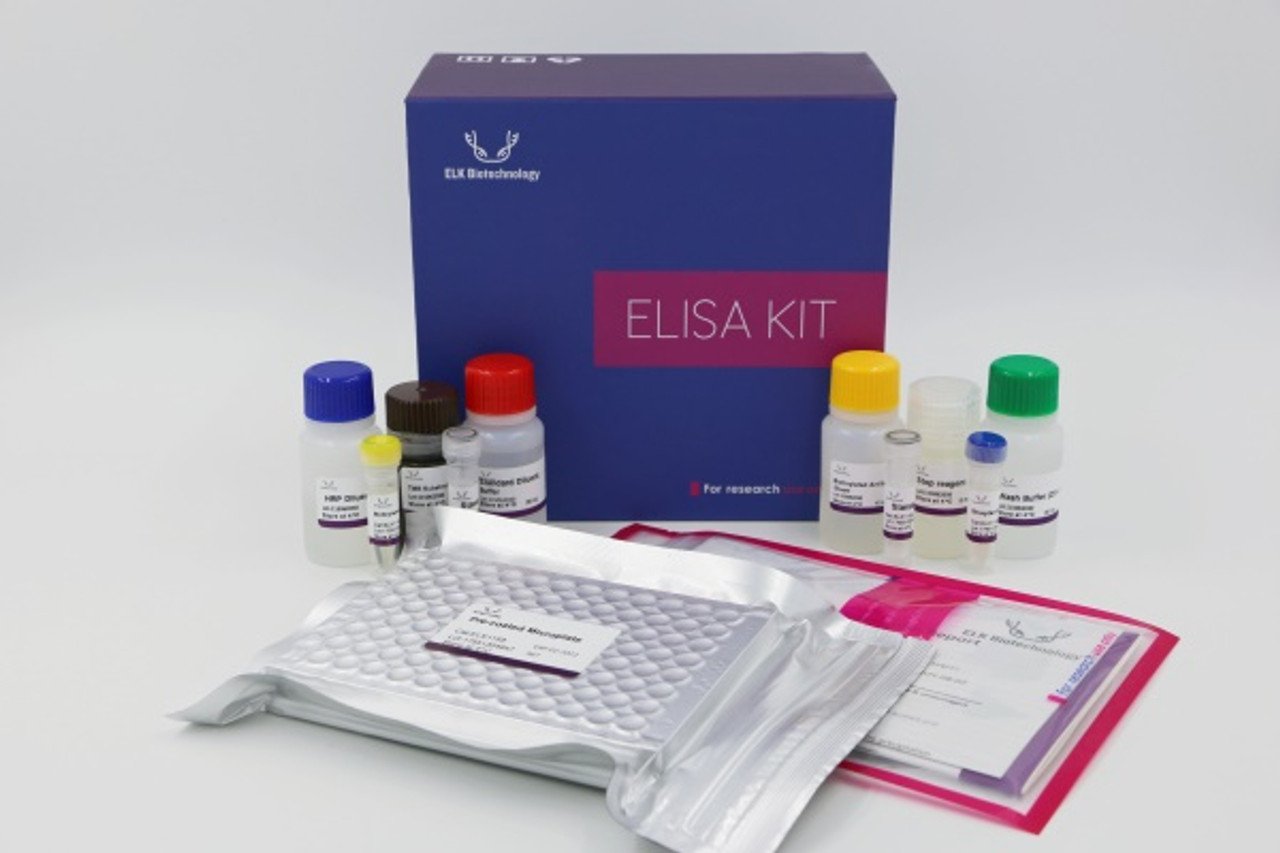
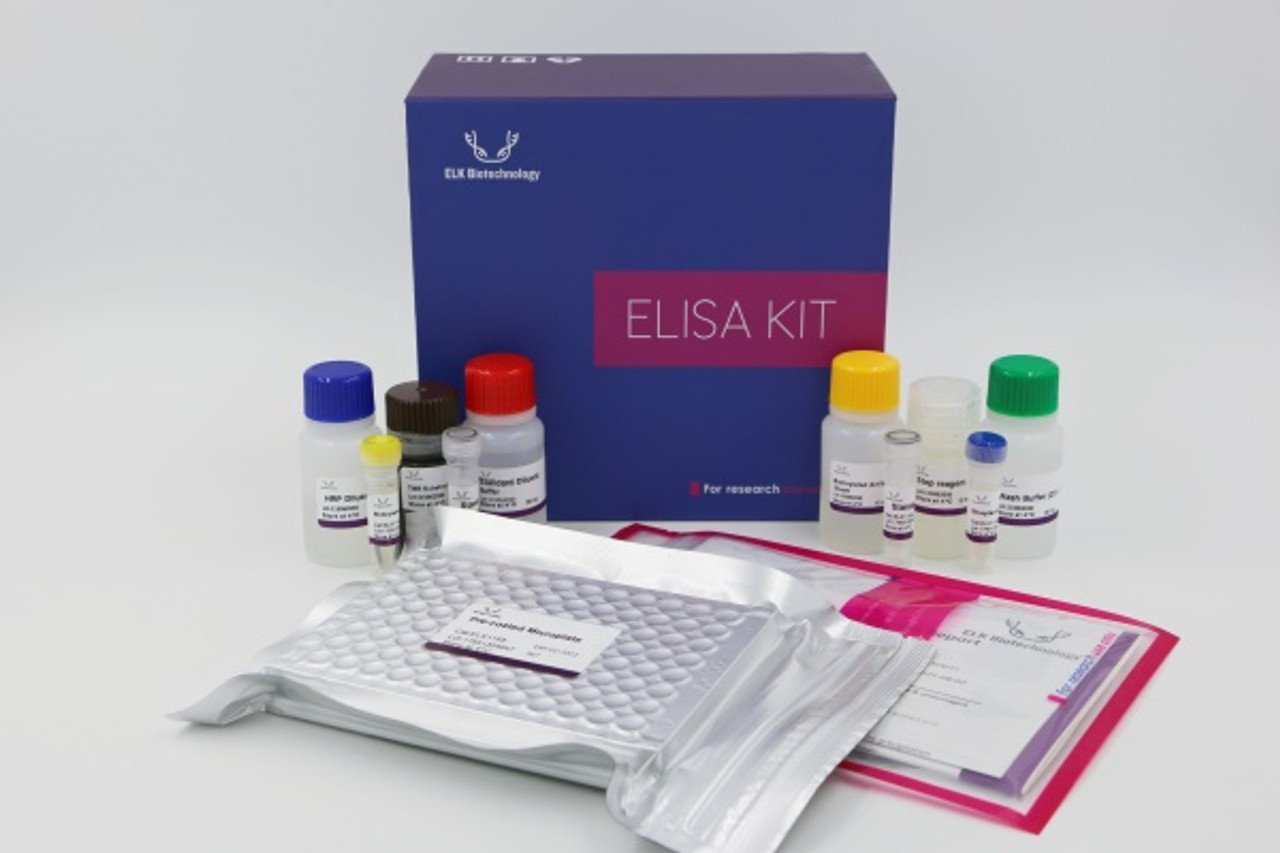
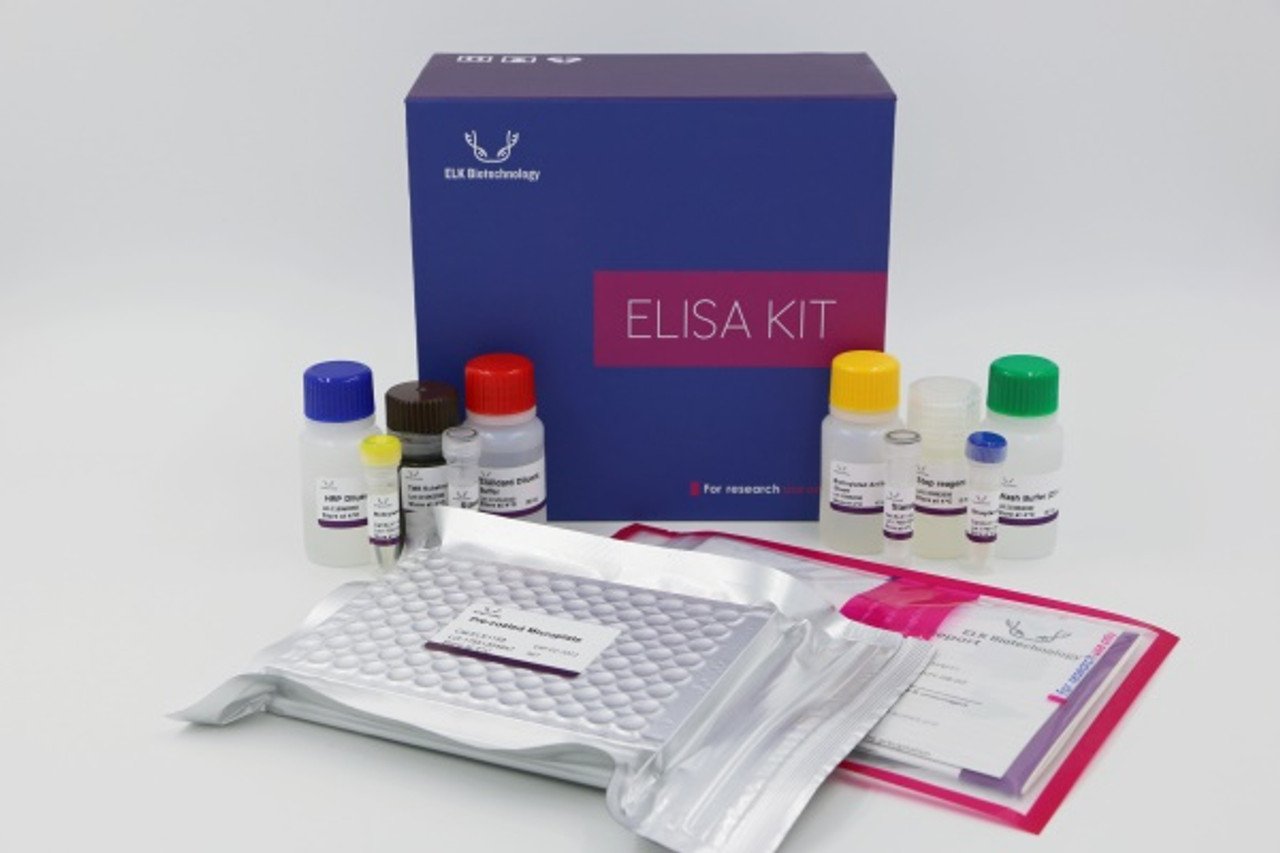




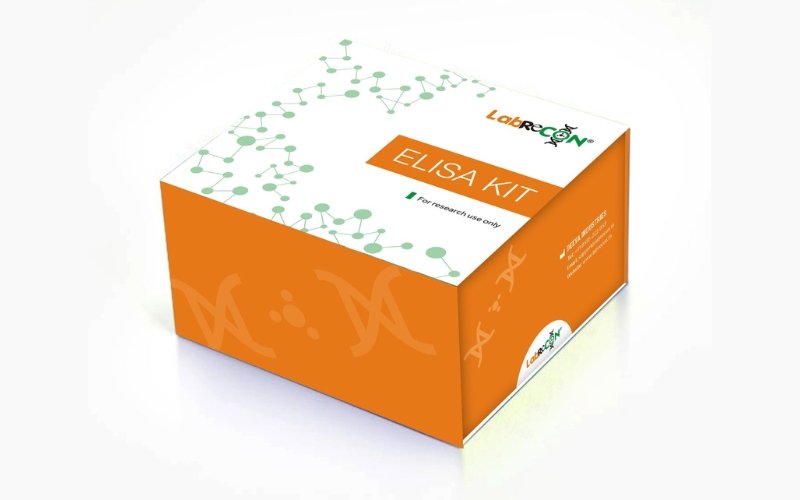
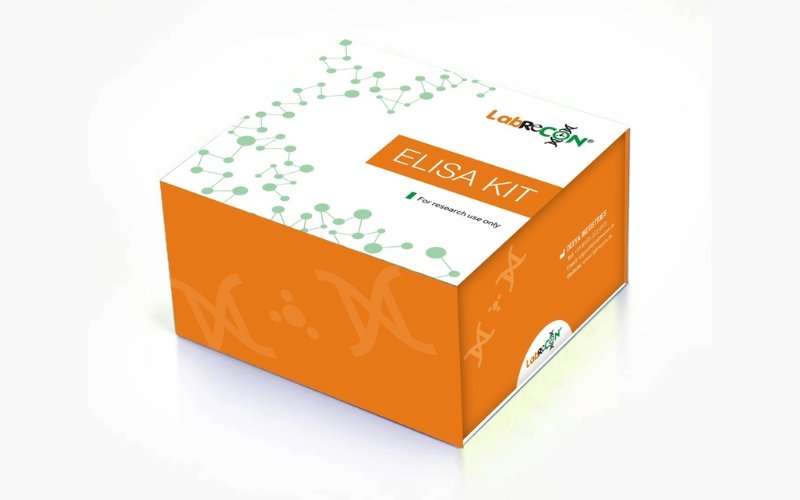

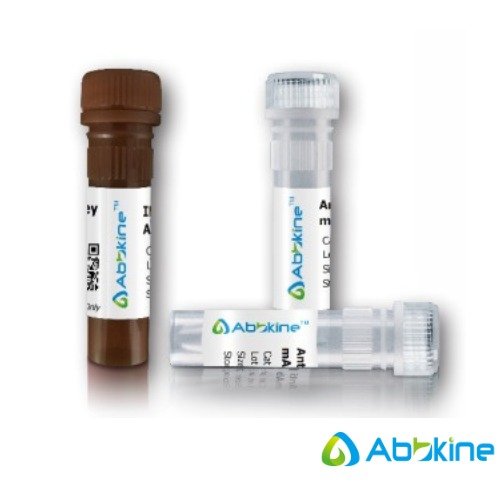
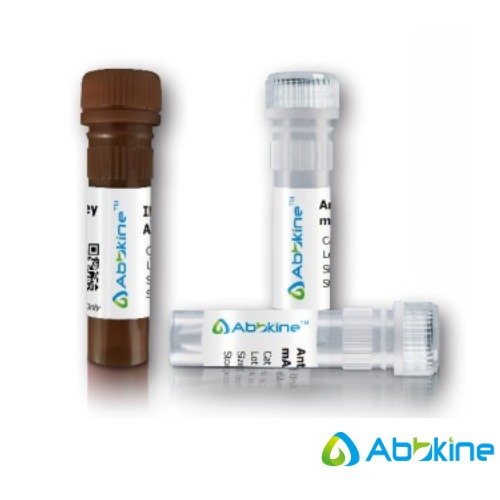





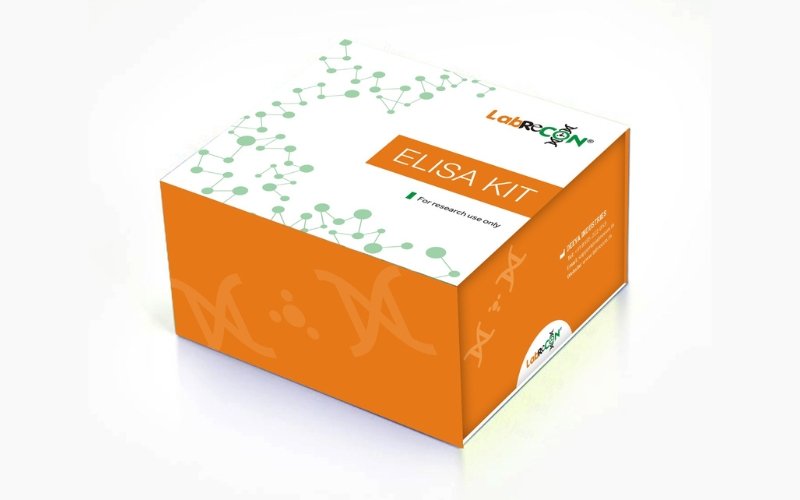

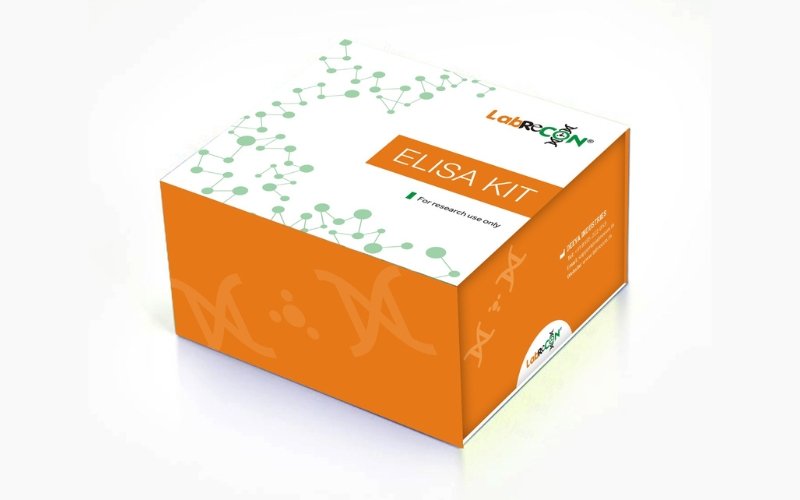
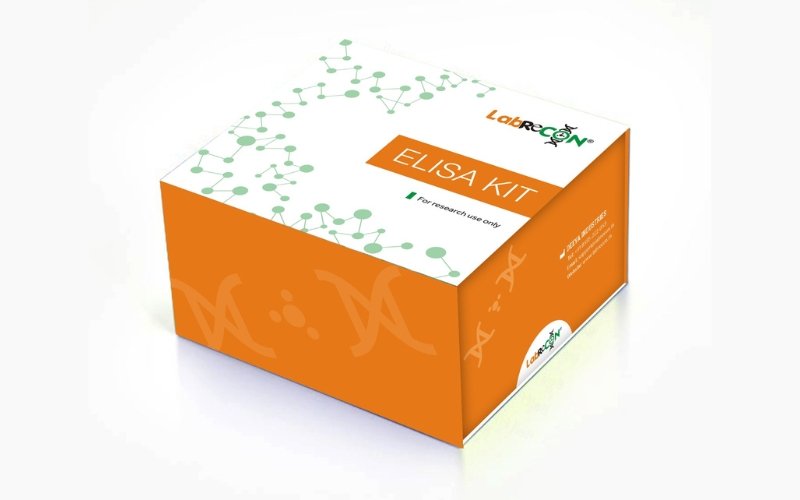
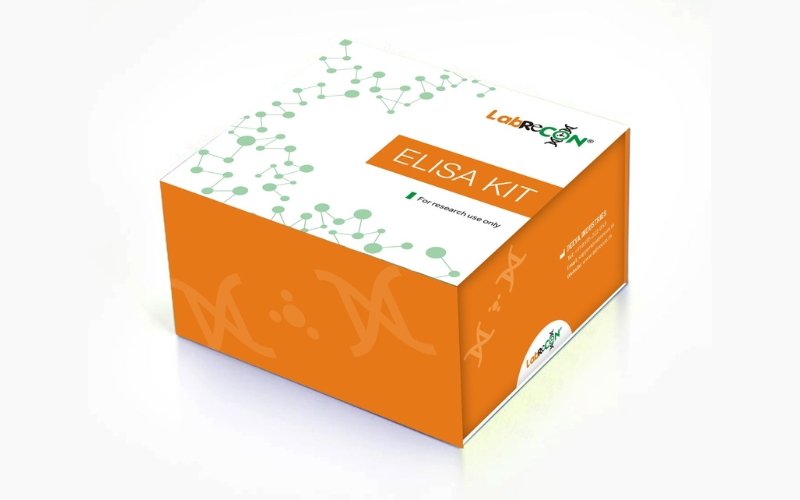

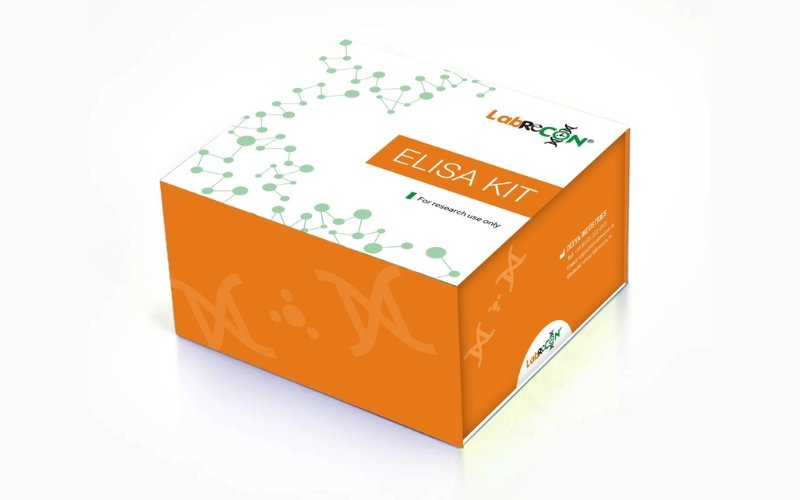
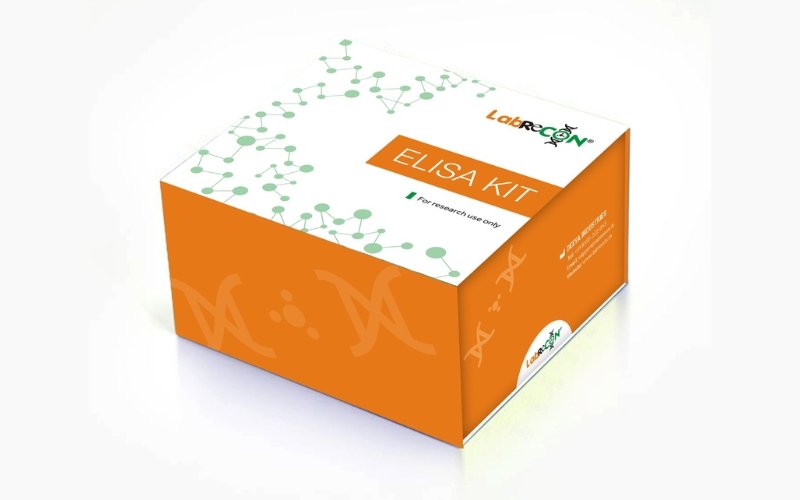
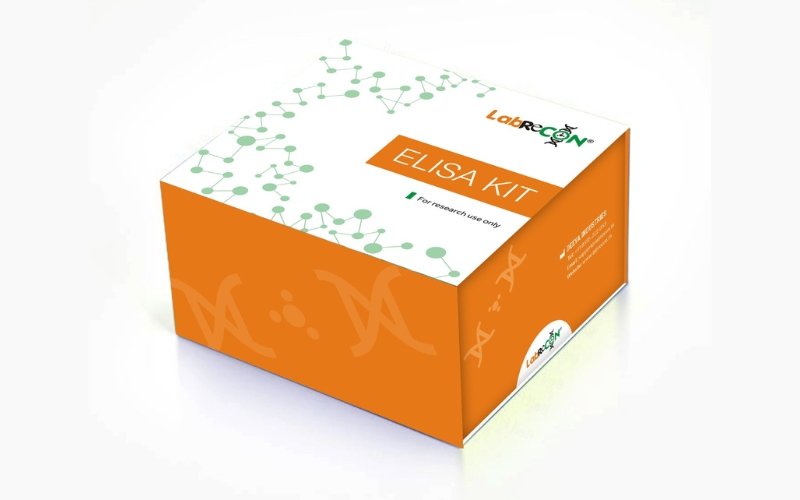




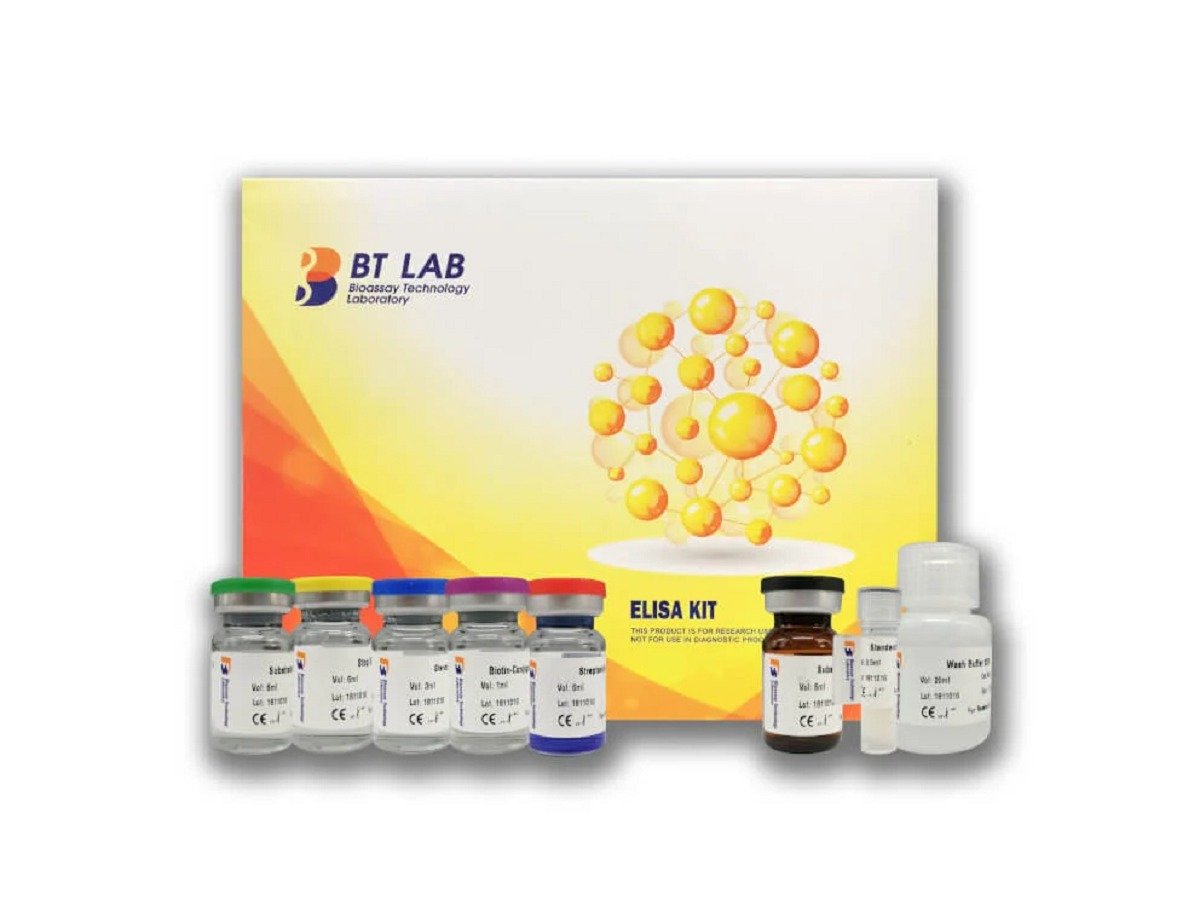






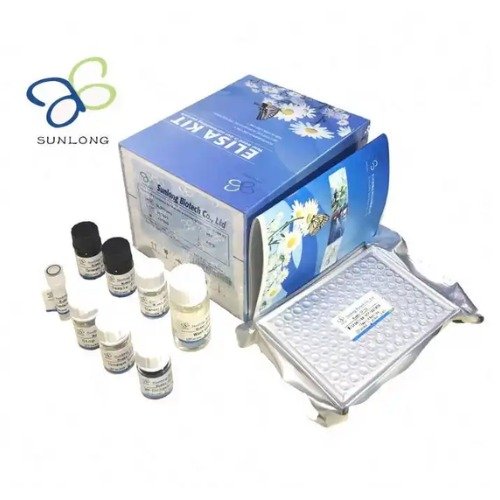



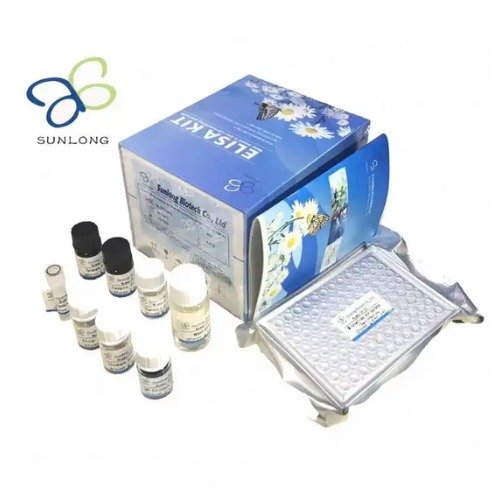

.LESWld.png)


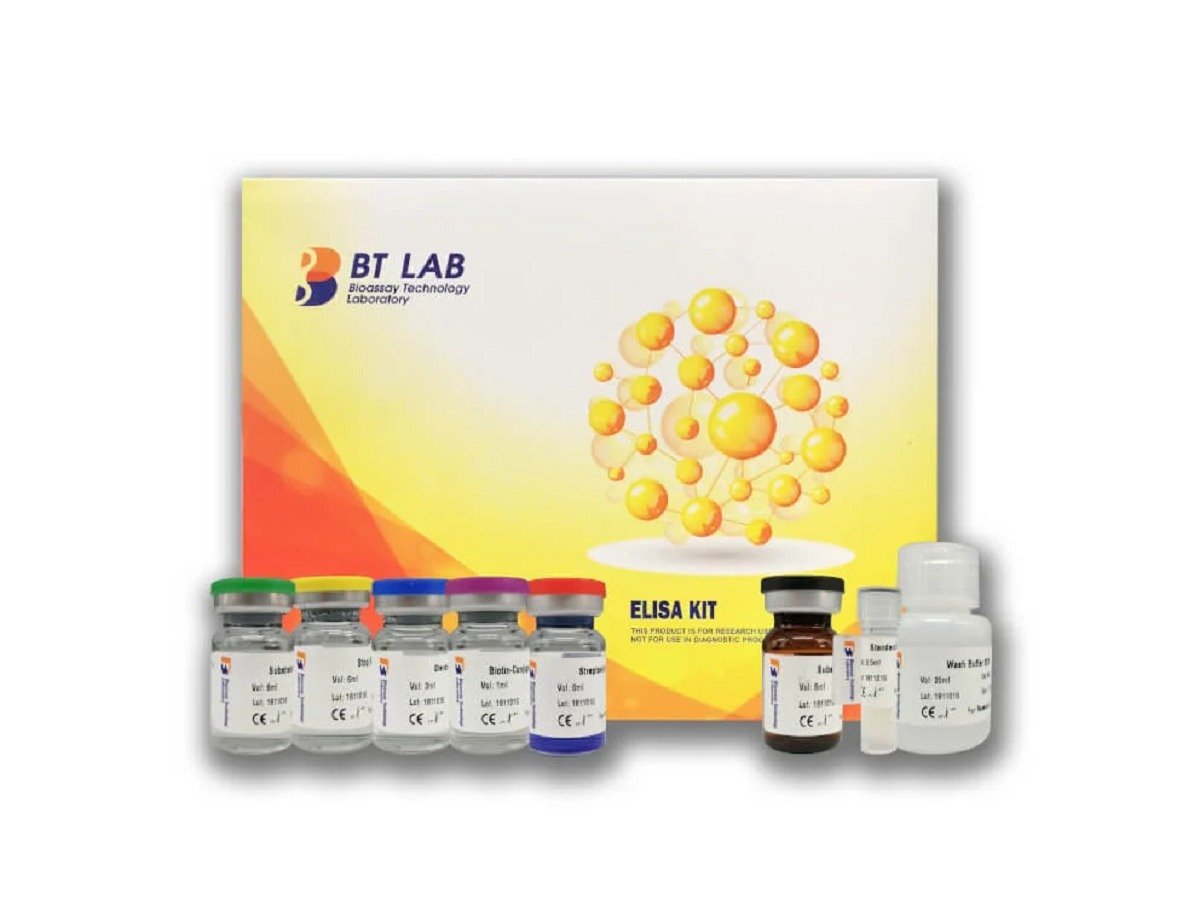



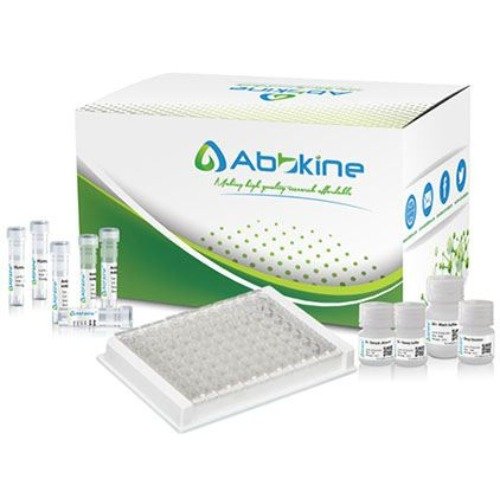

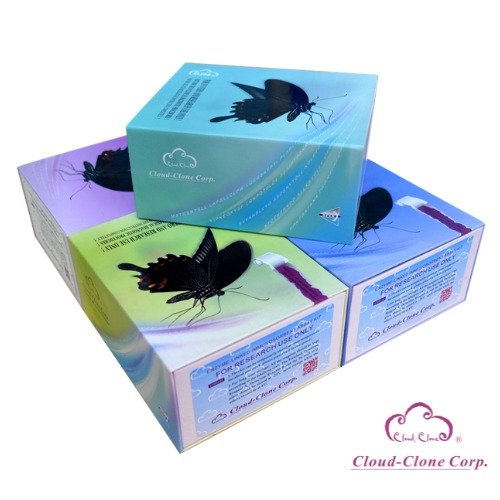







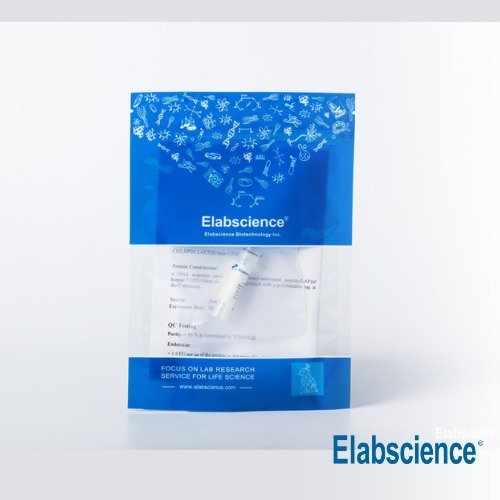

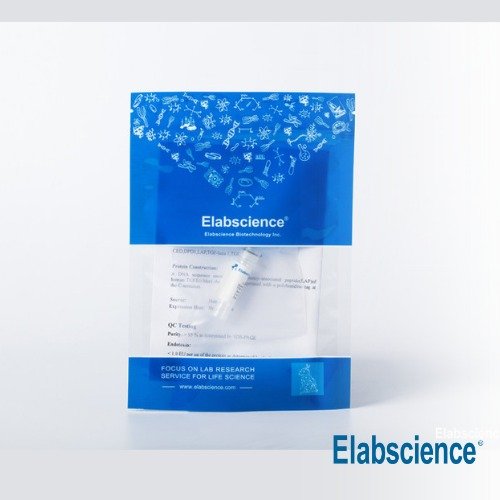
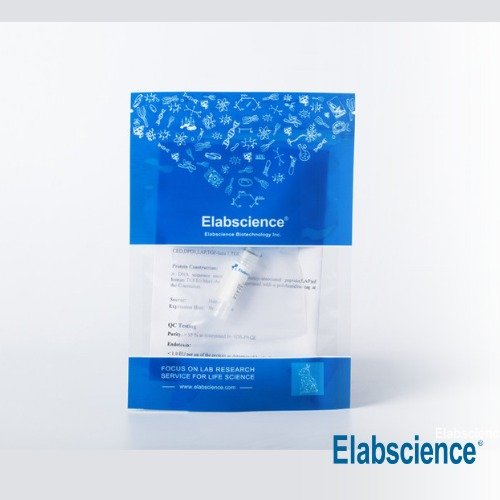
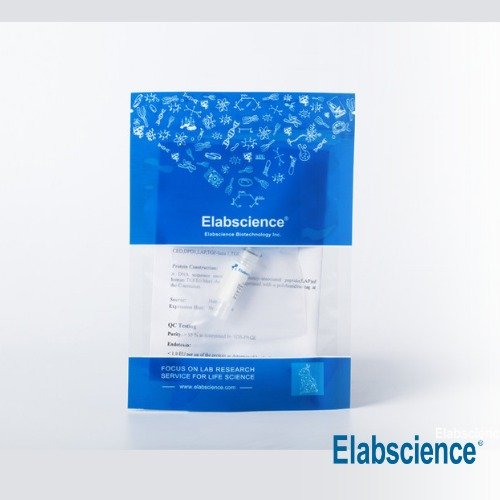
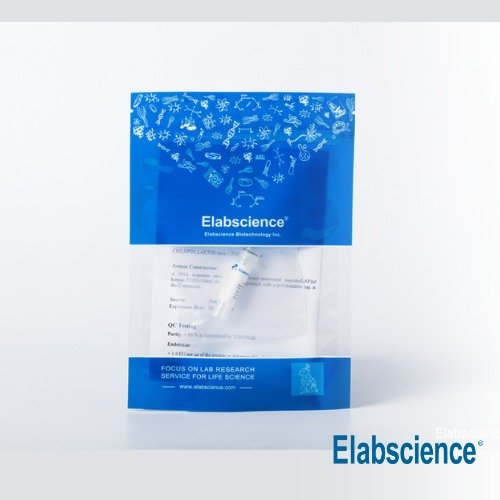

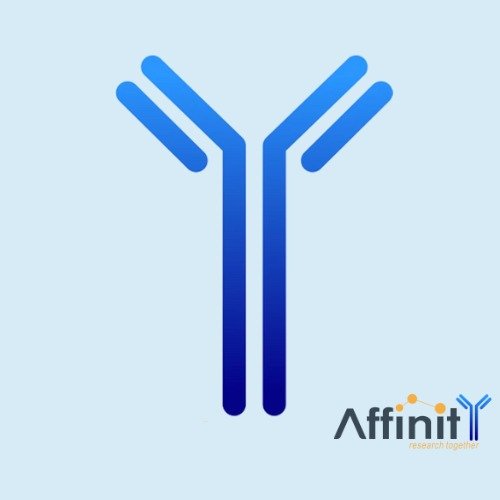



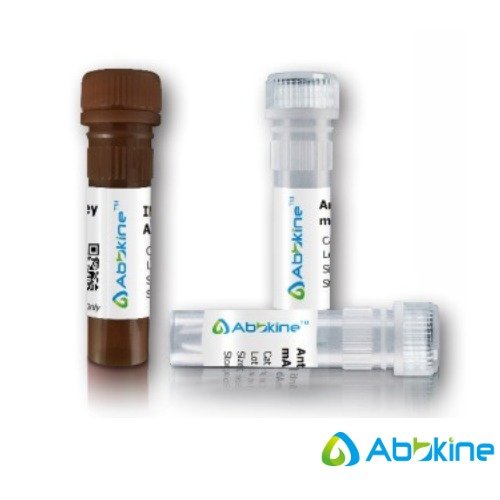
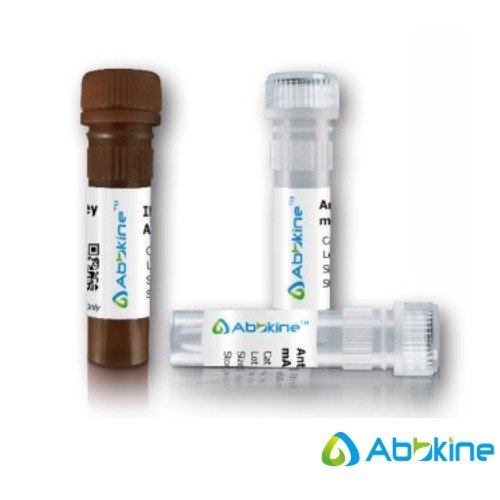
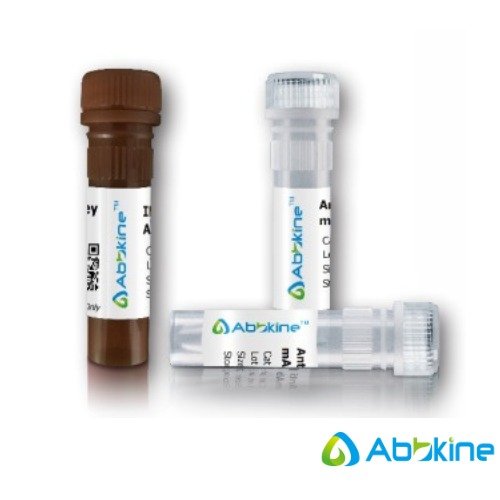
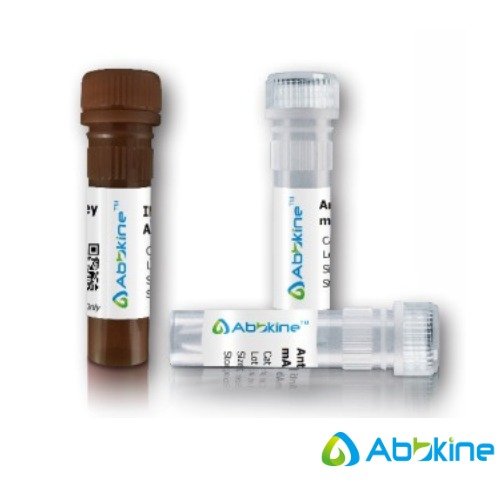

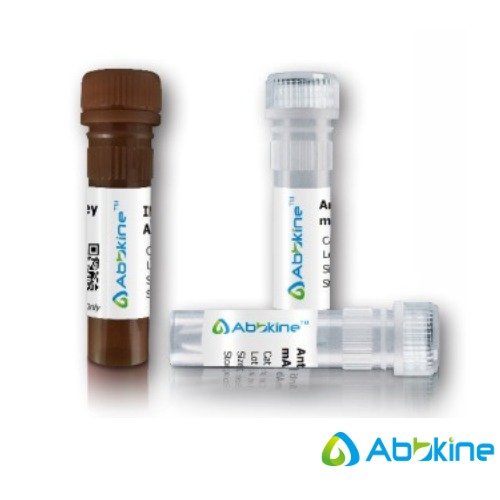
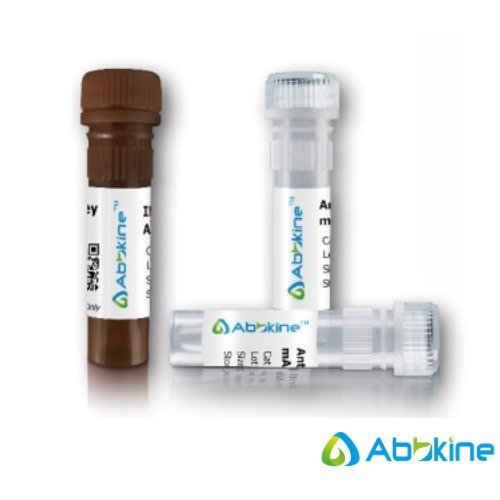


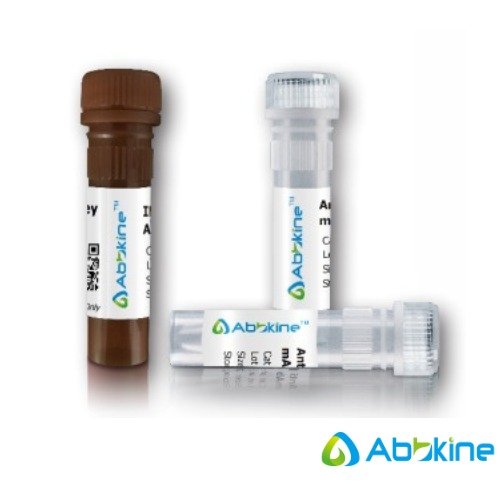
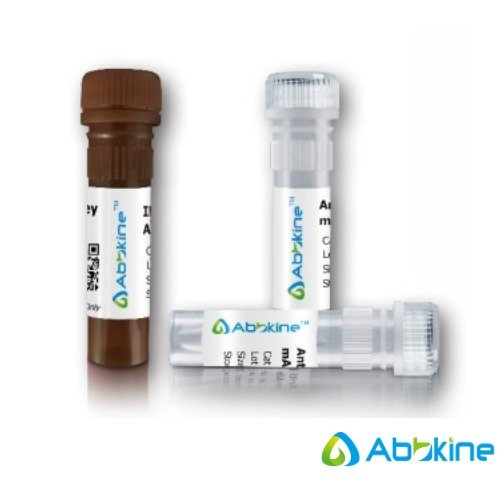

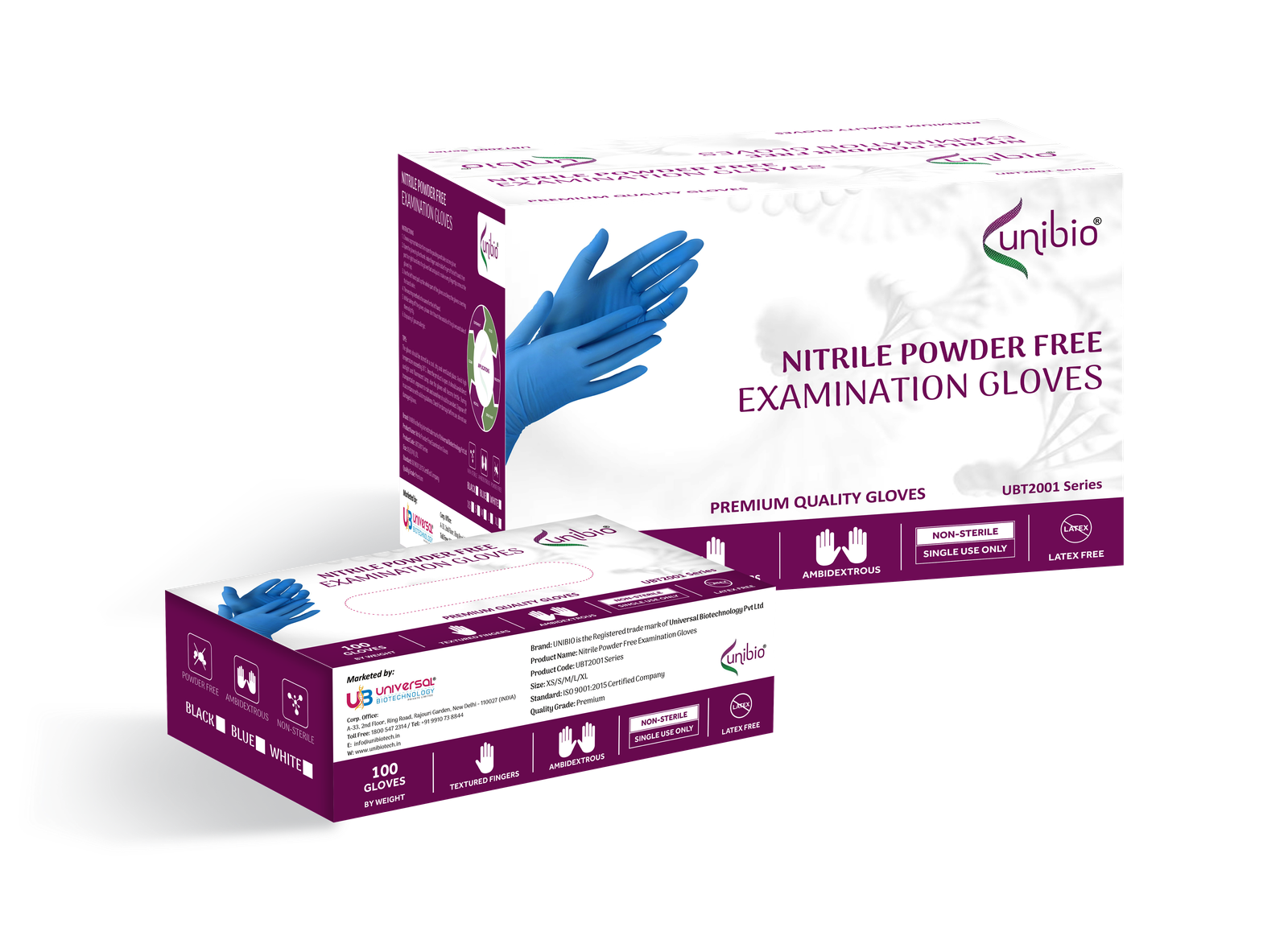
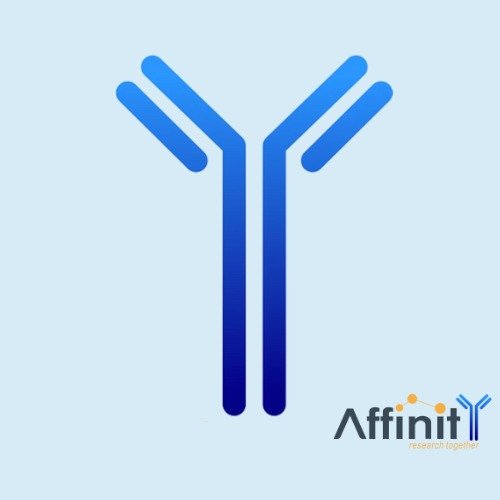
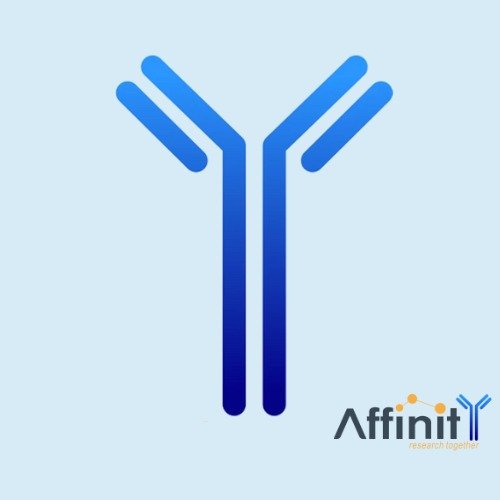


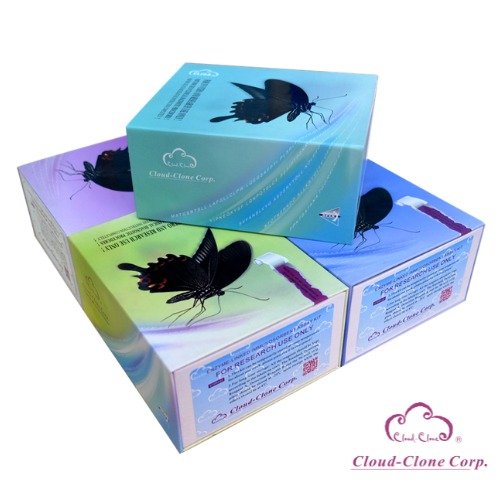

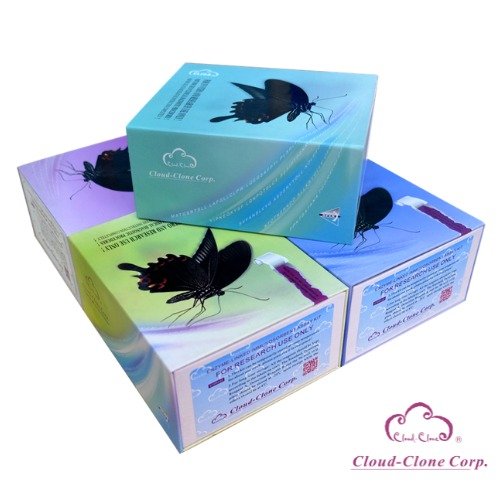
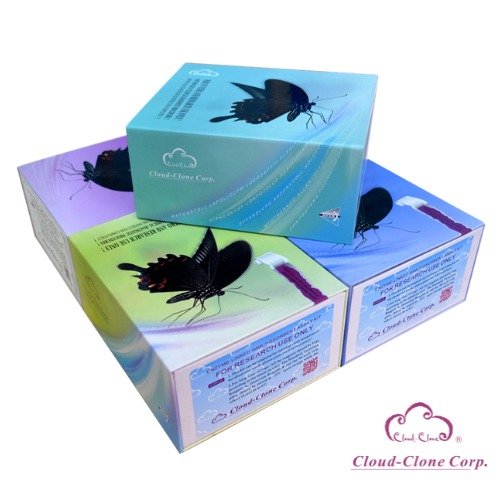
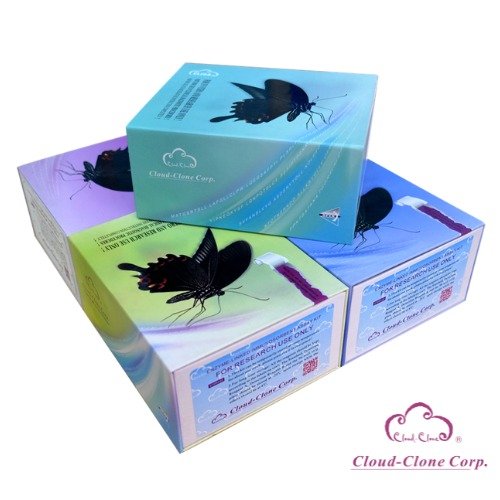

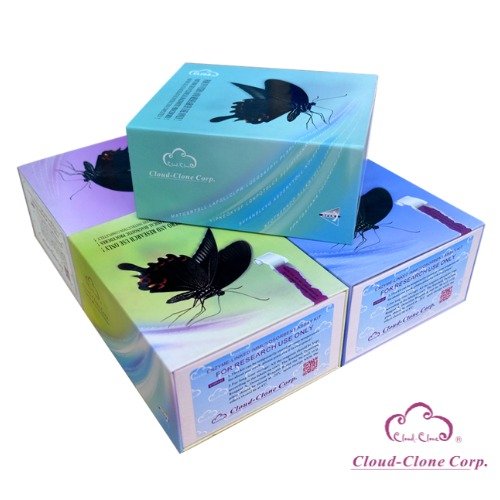

![Chikungunya Virus NsP2 Antibody [HL1431]](https://www.unibiotech.in/upload/product/gtx636897-t-44634-20220617-icc-if-chikungunya-virus-22062919-598.tO3yd9.jpg)
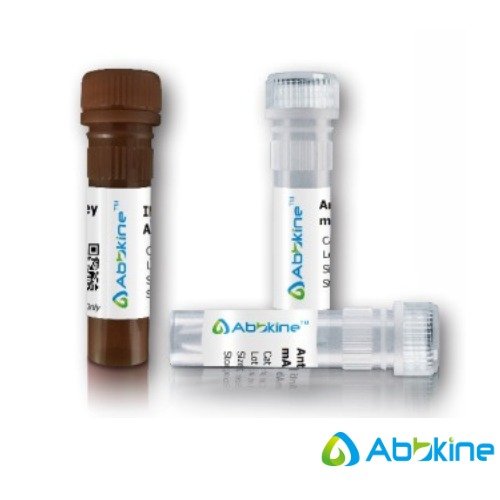
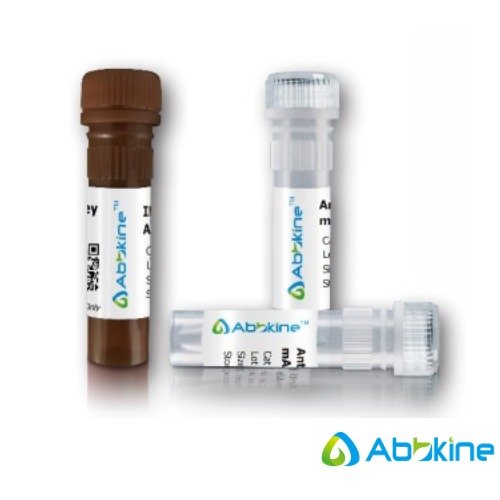
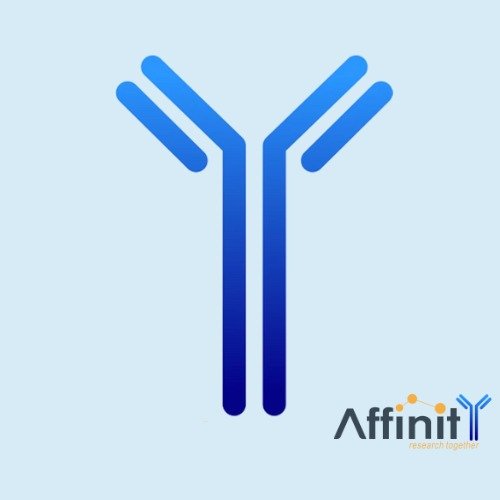


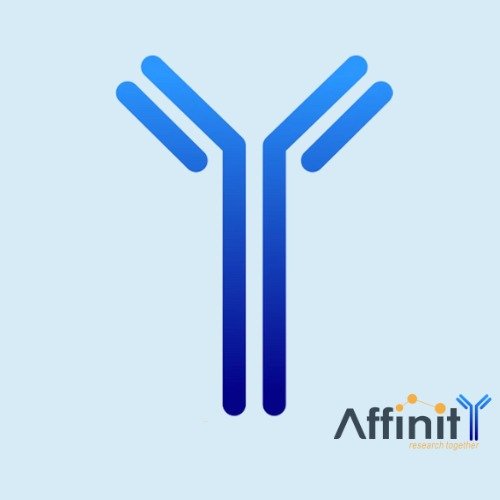
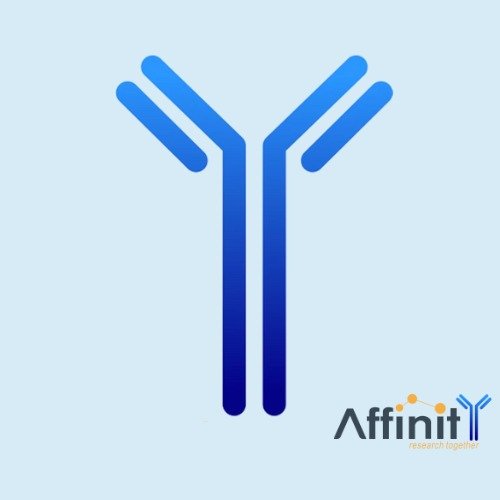
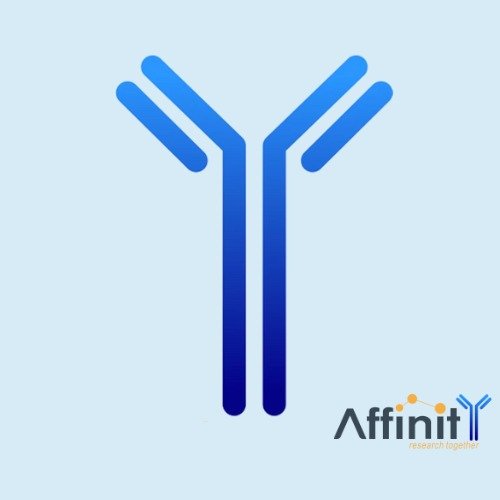
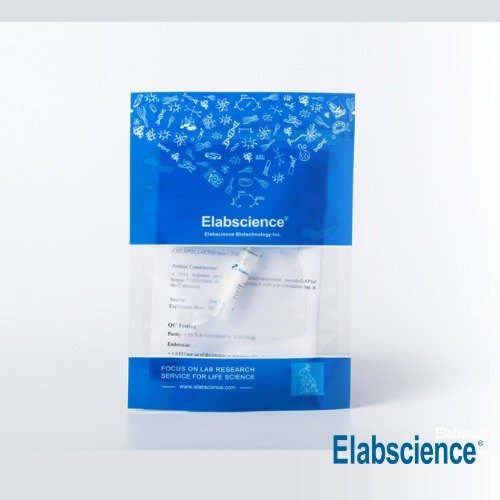
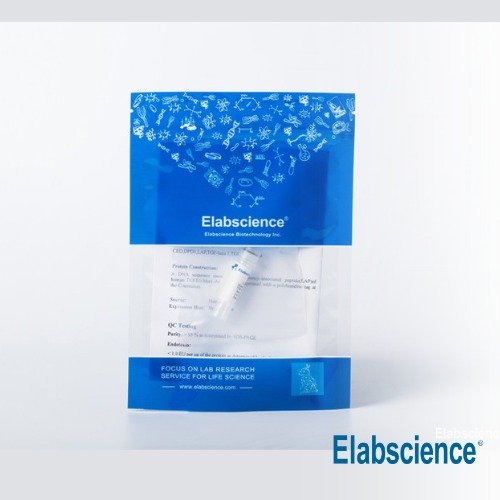


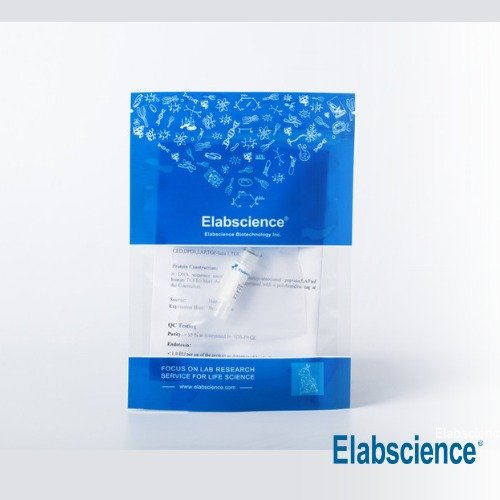
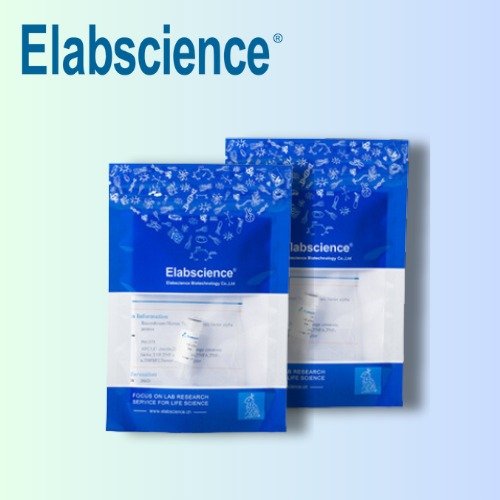
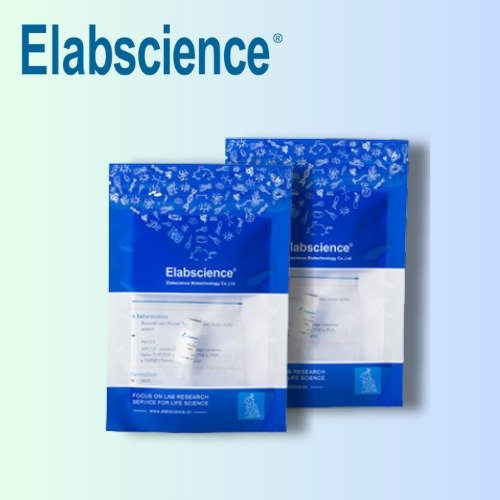
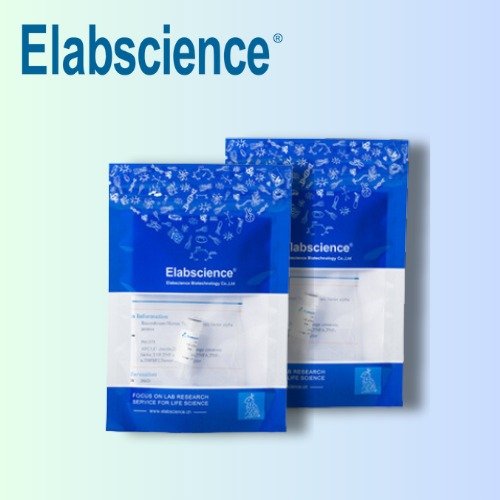

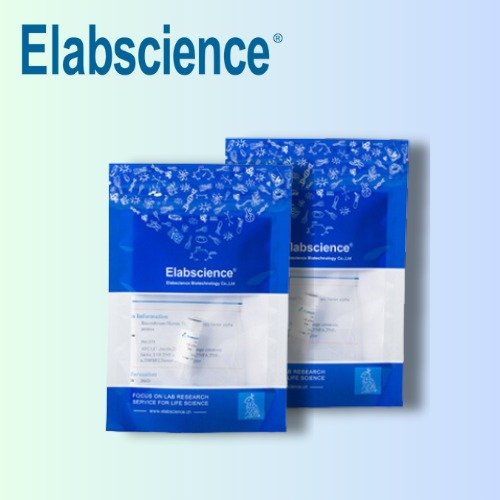
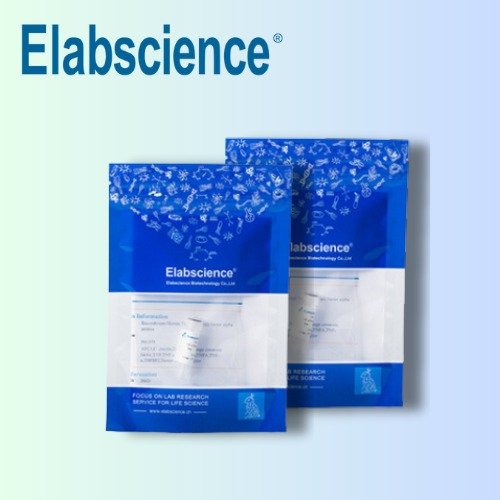
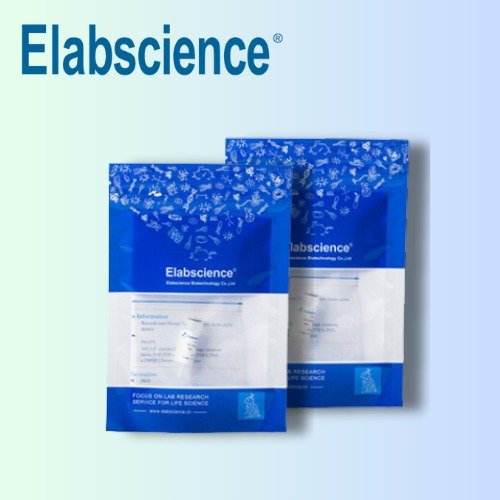
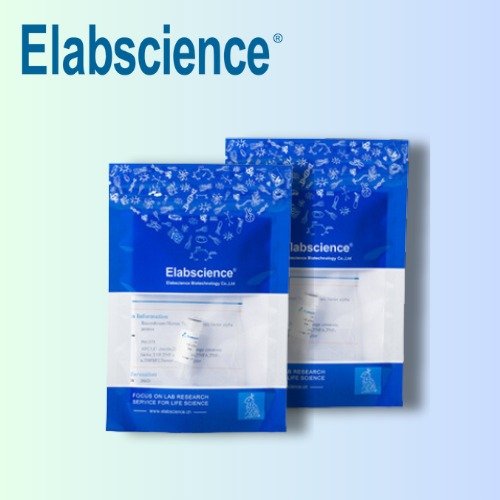
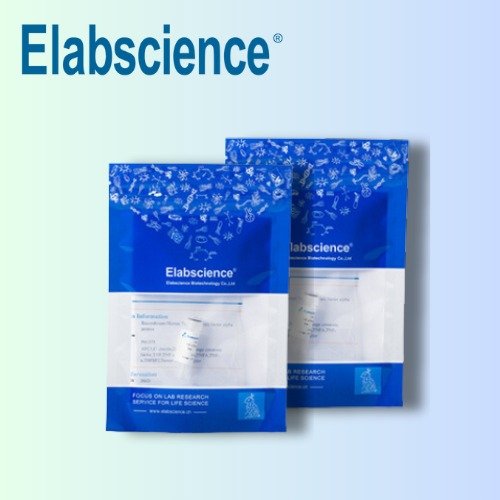
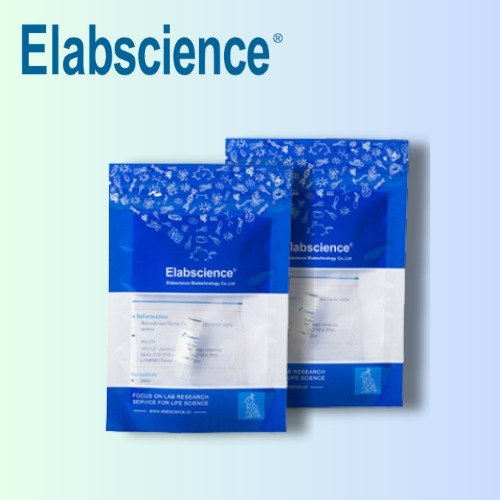
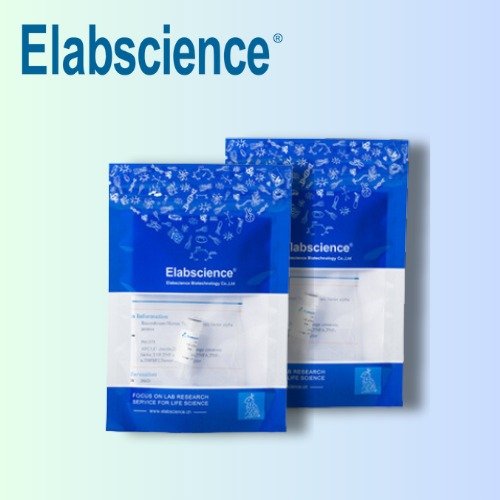
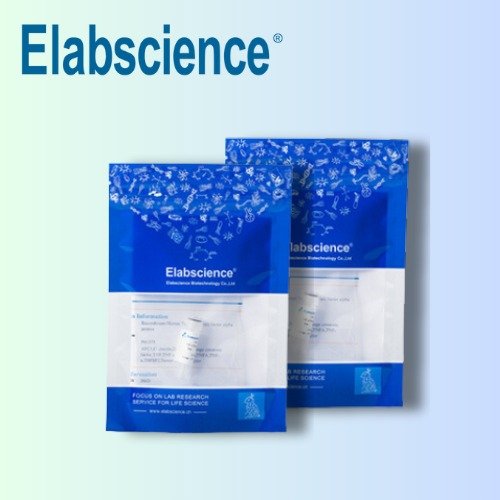
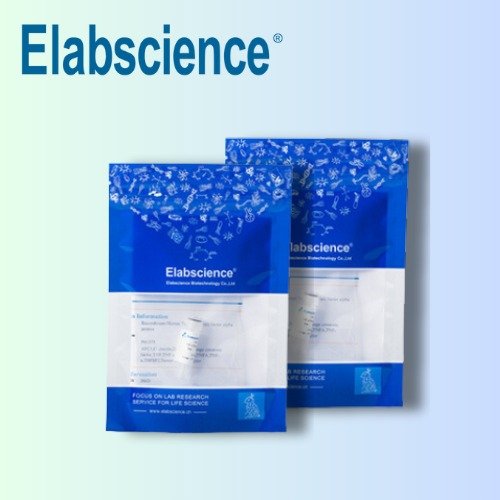
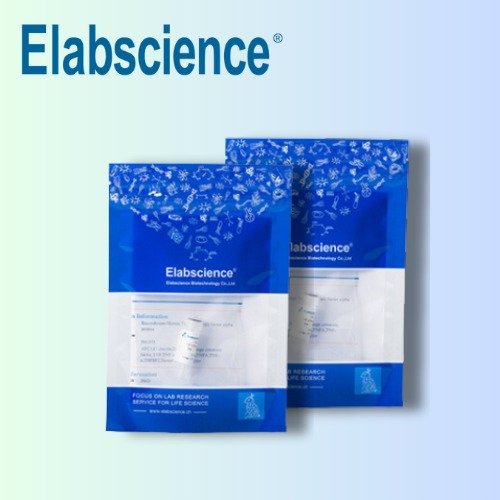
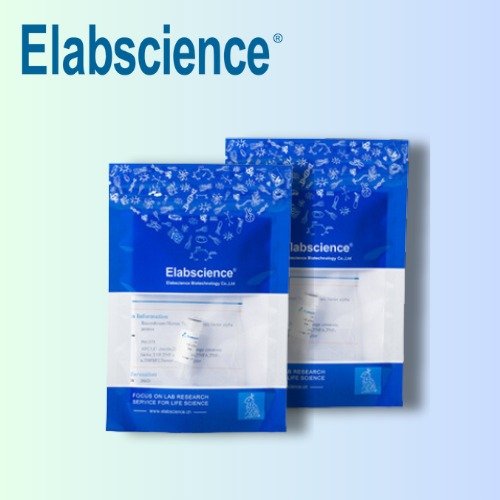
.Srtxd9.jpeg)
.HVkTfG.jpeg)
.XN6WMK.jpeg)
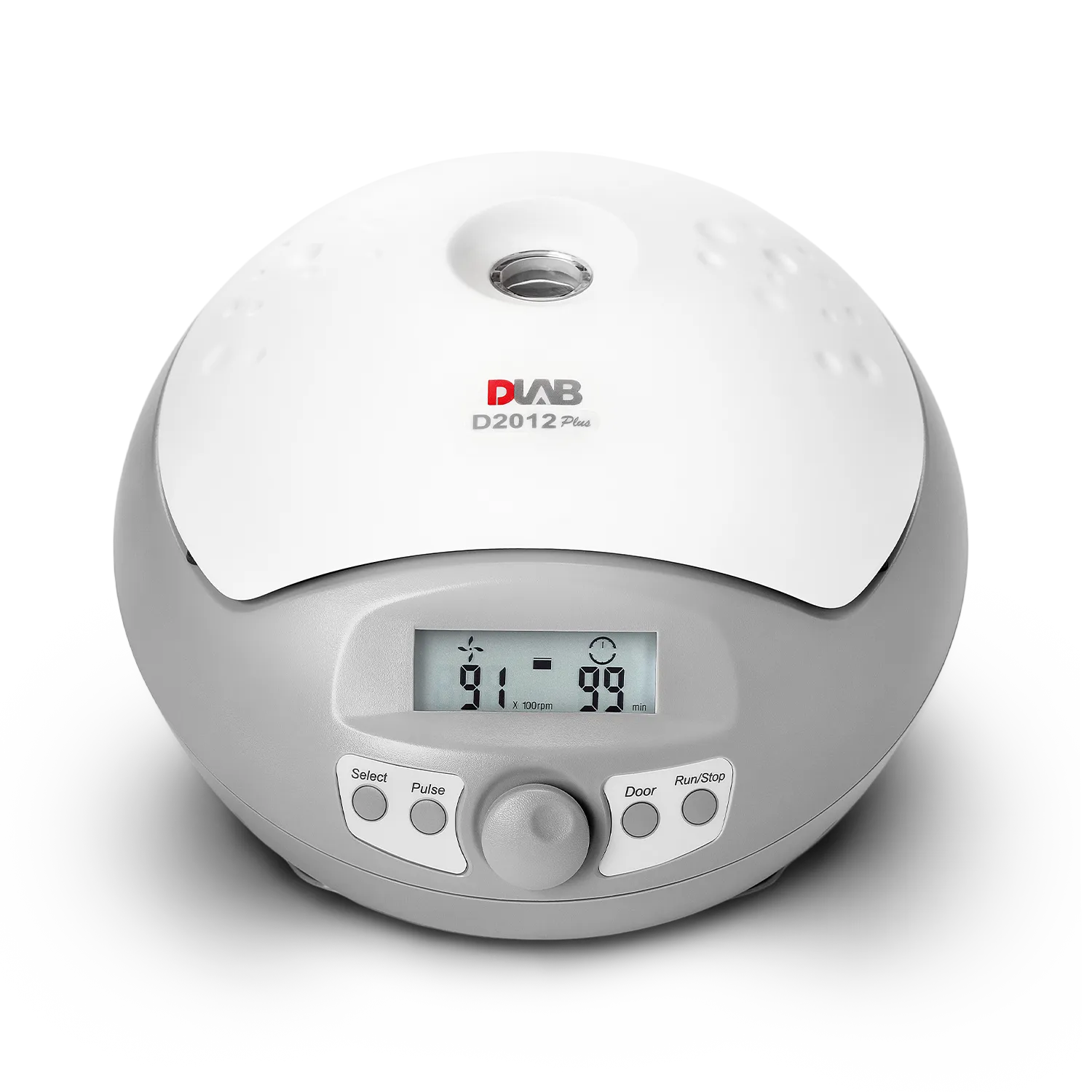






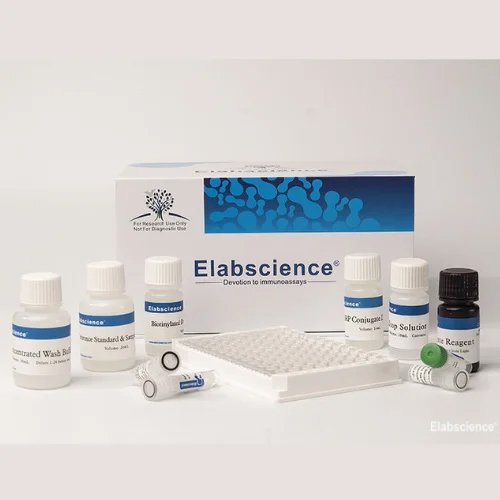

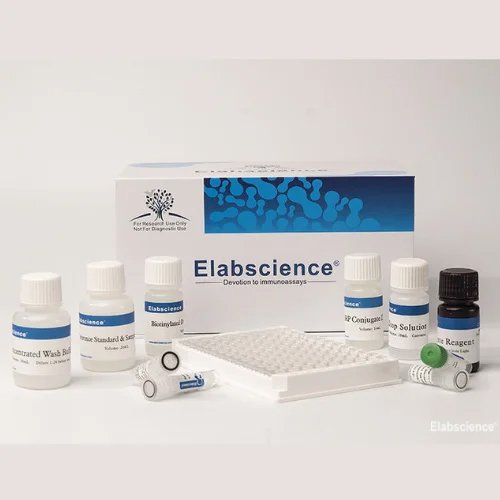


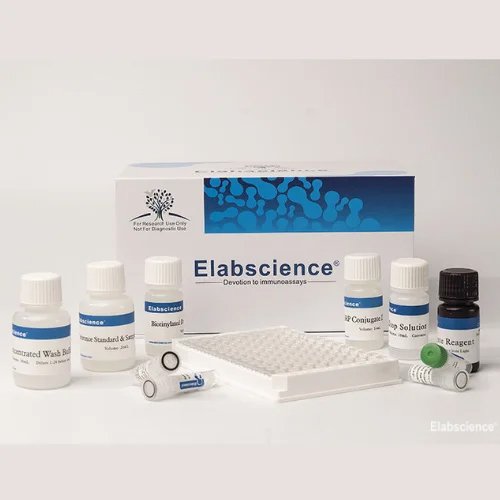

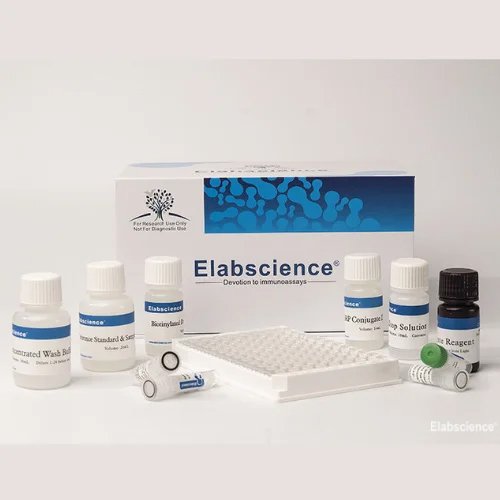
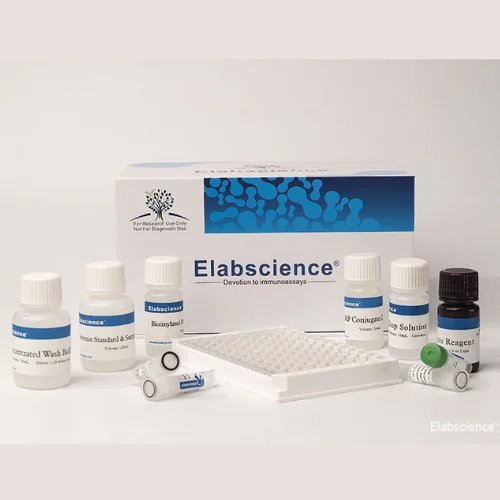
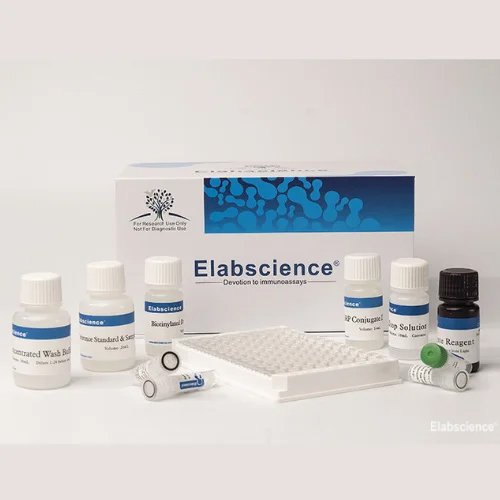





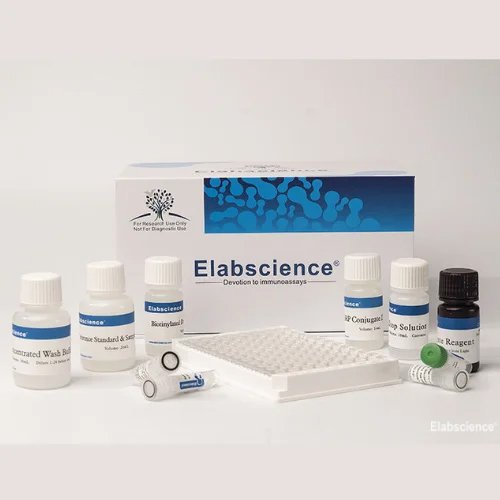
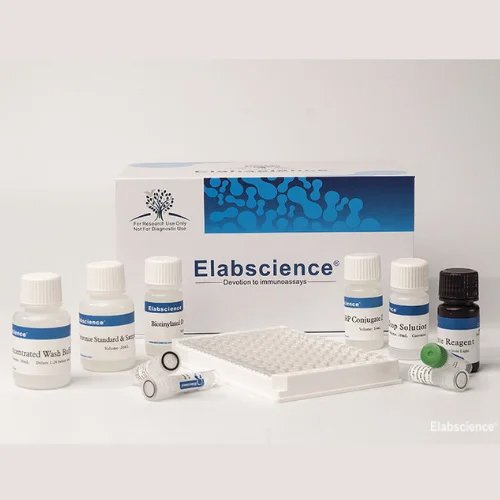
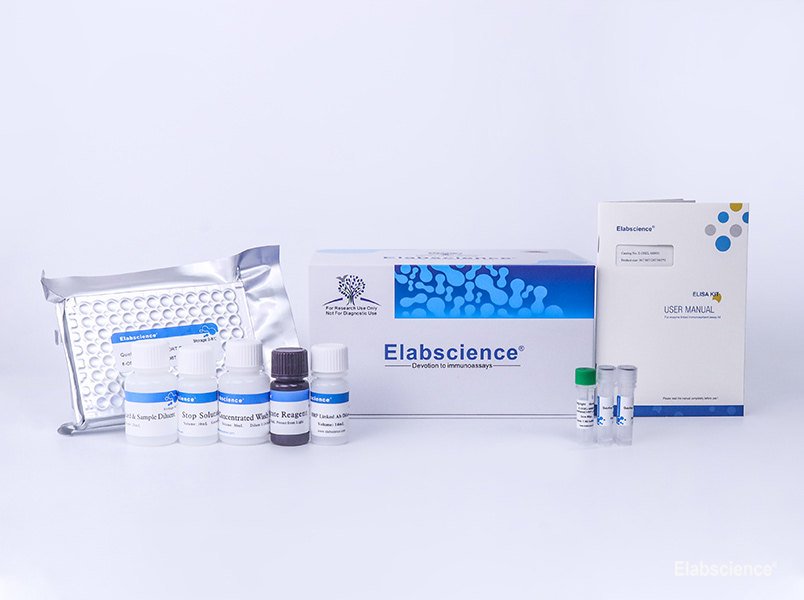
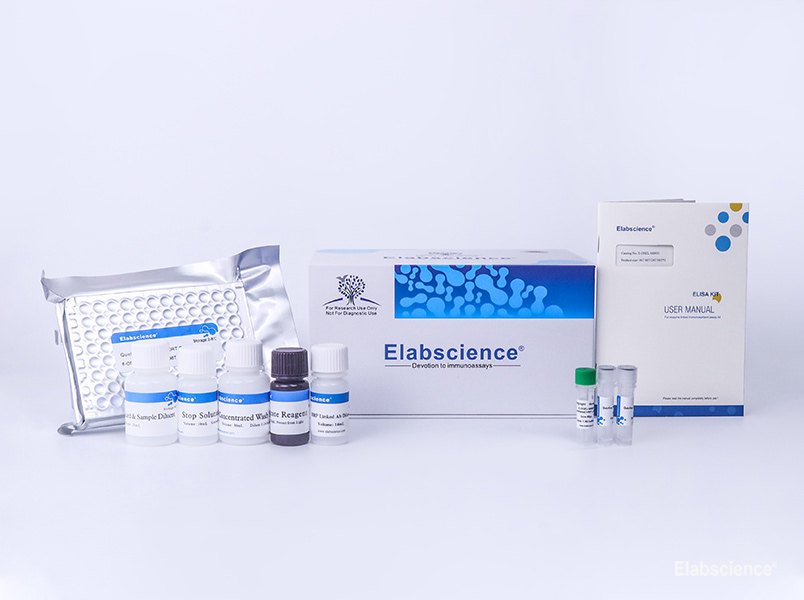

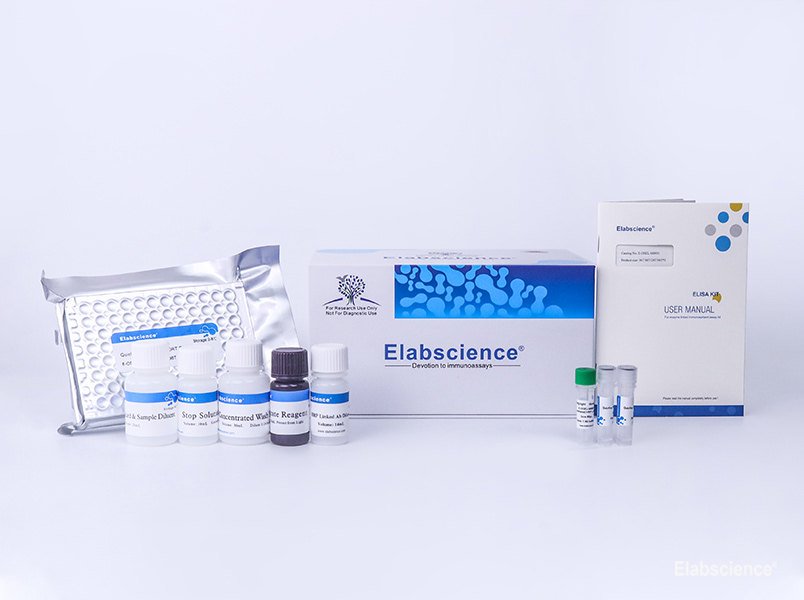
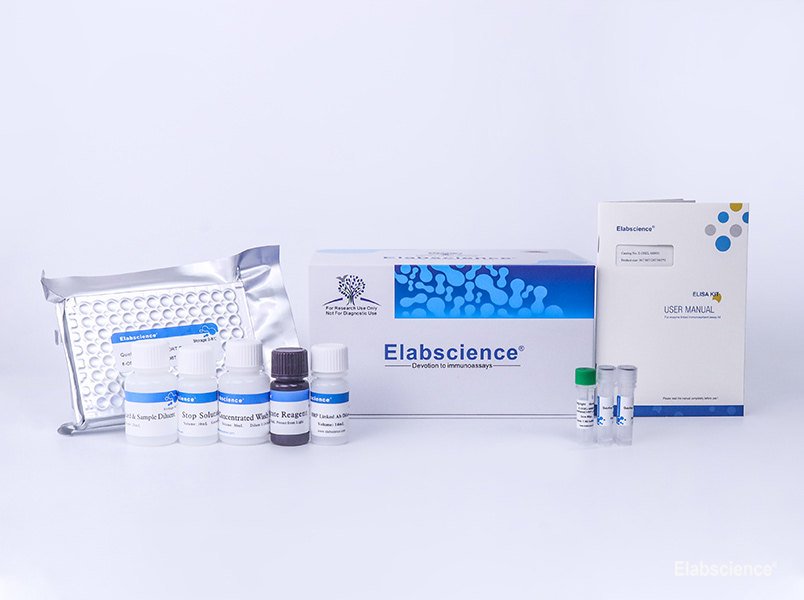
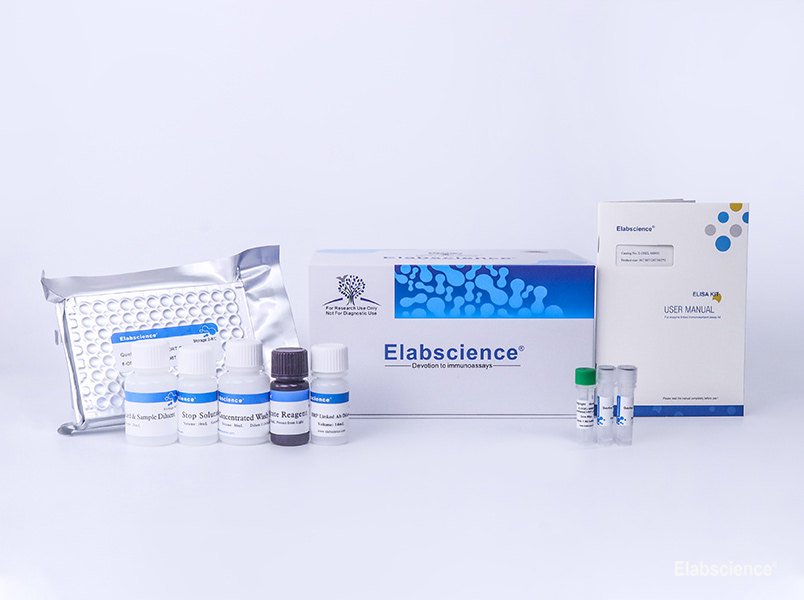
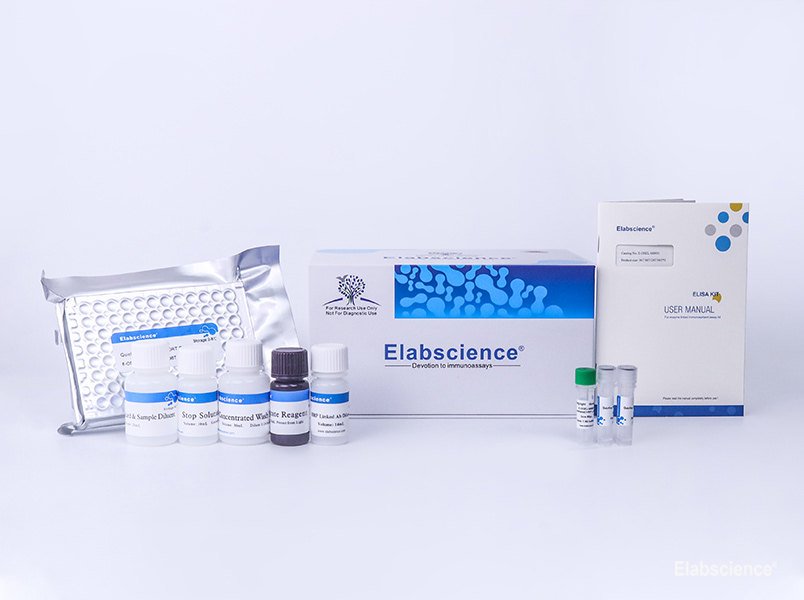
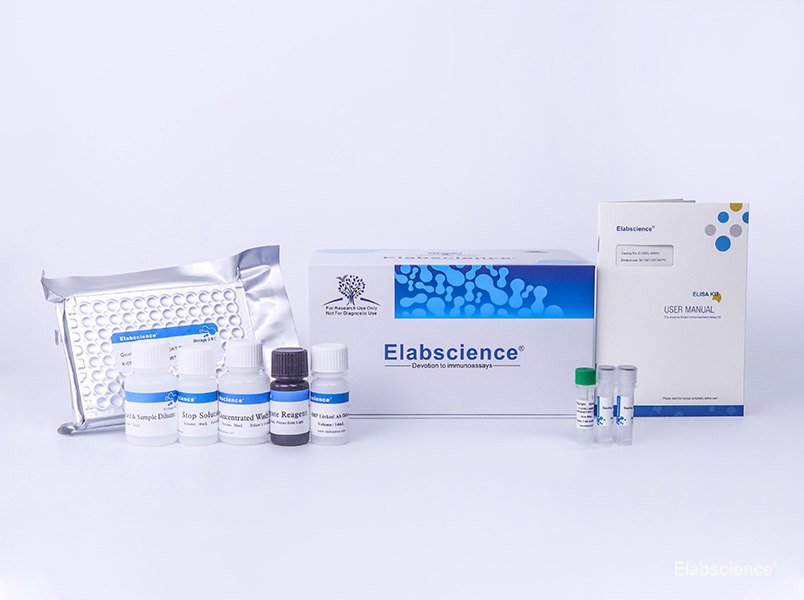
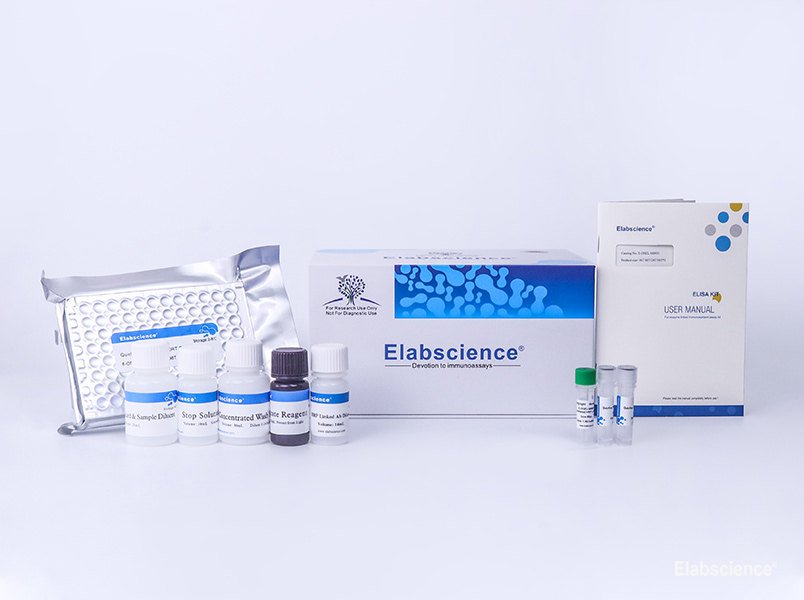
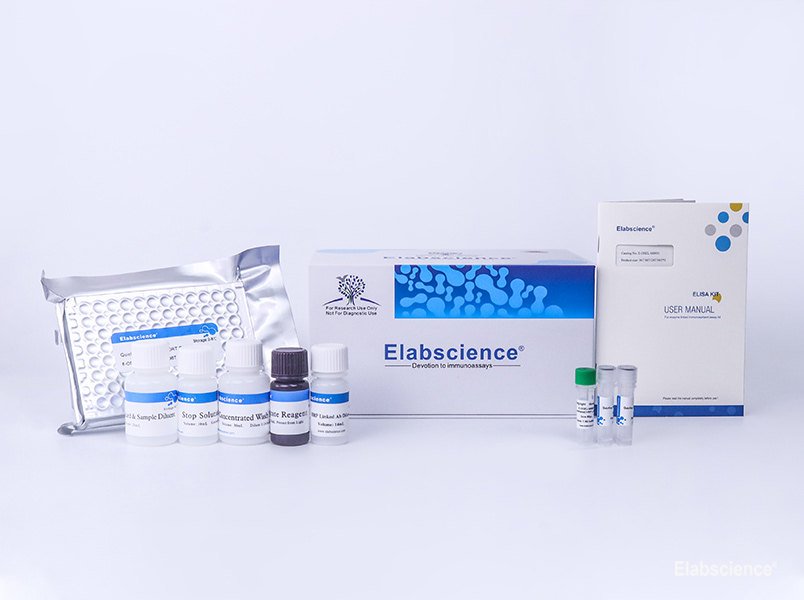
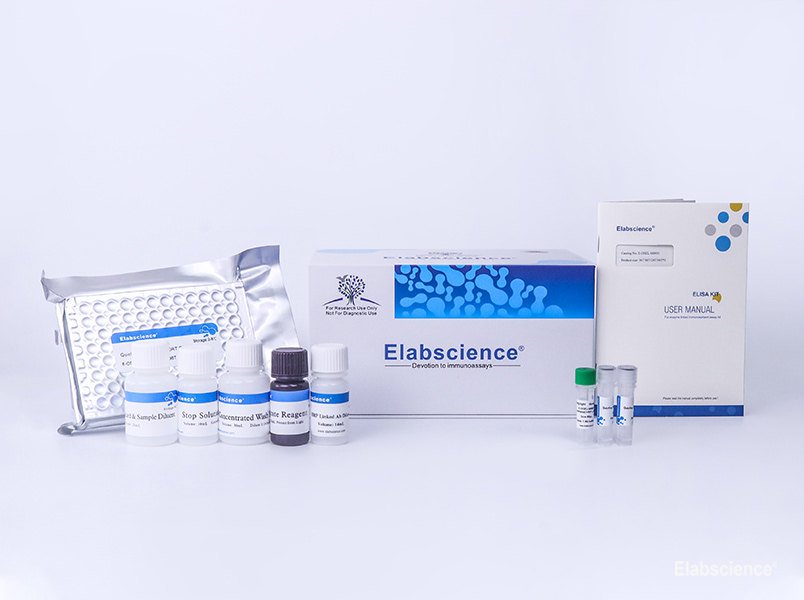

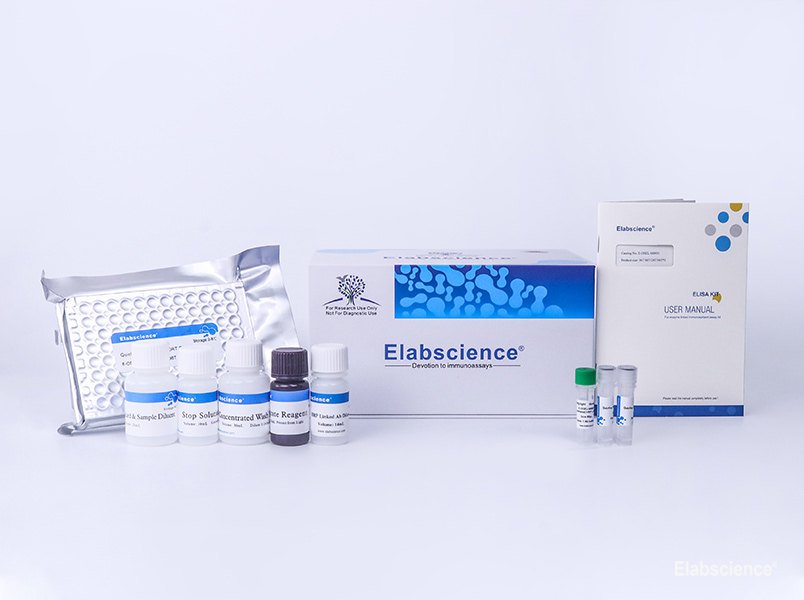

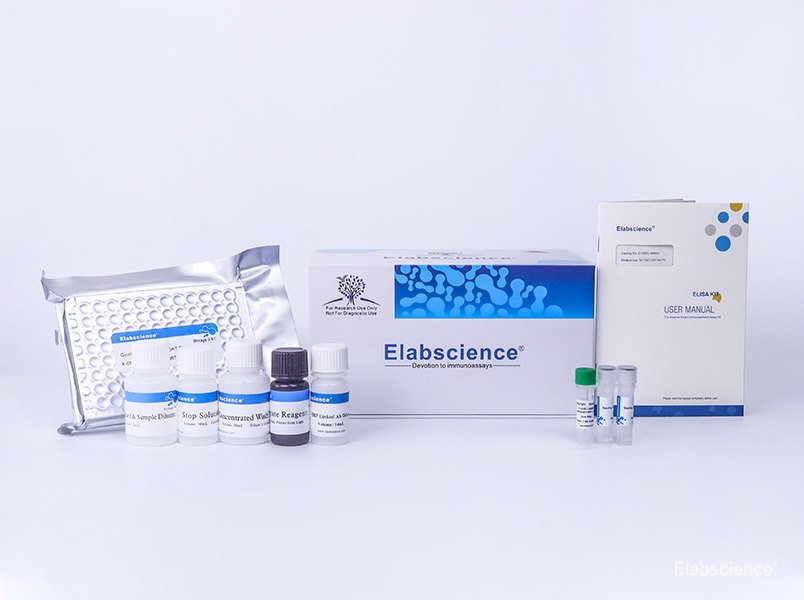
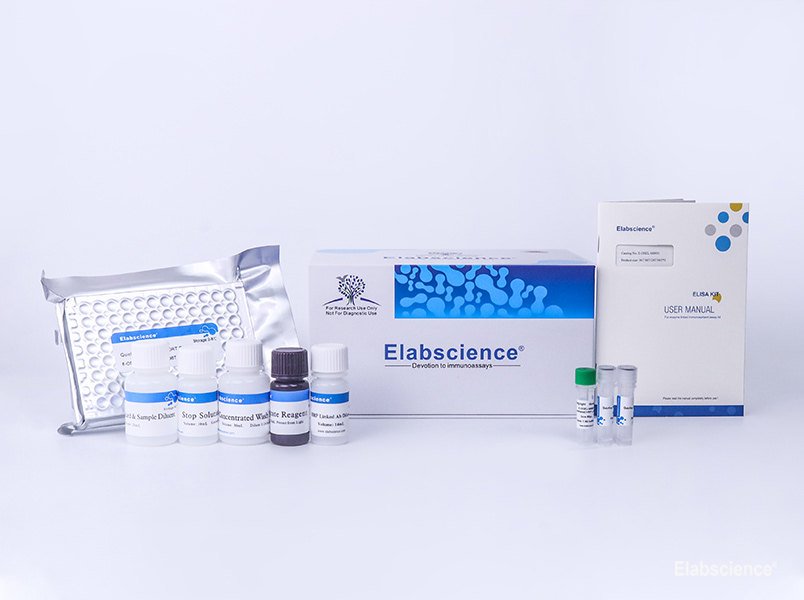

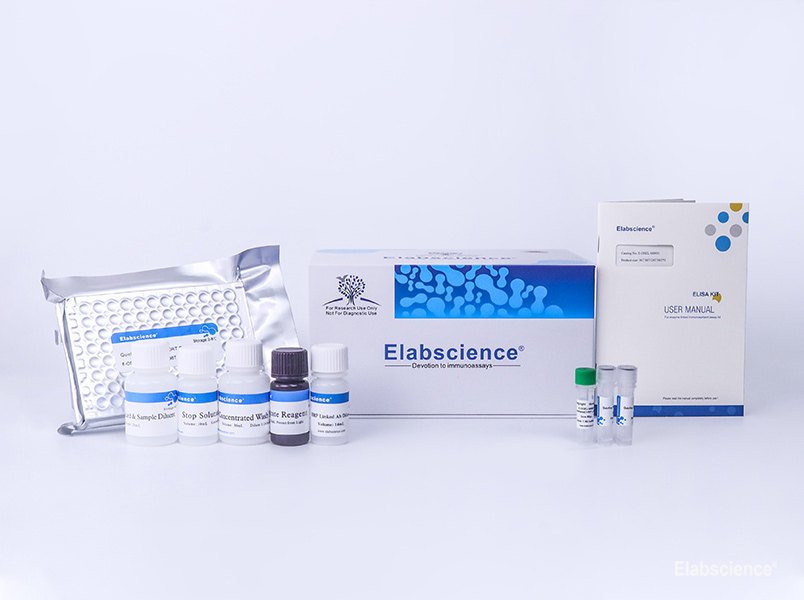
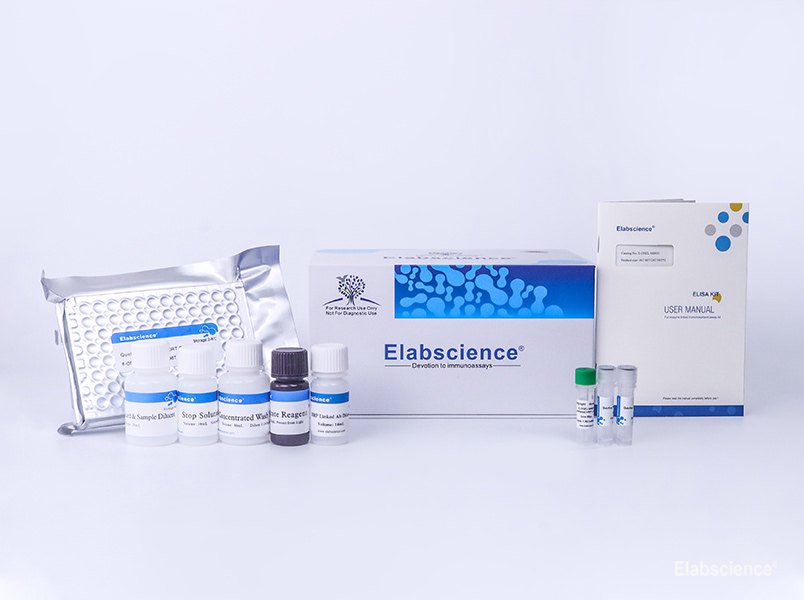






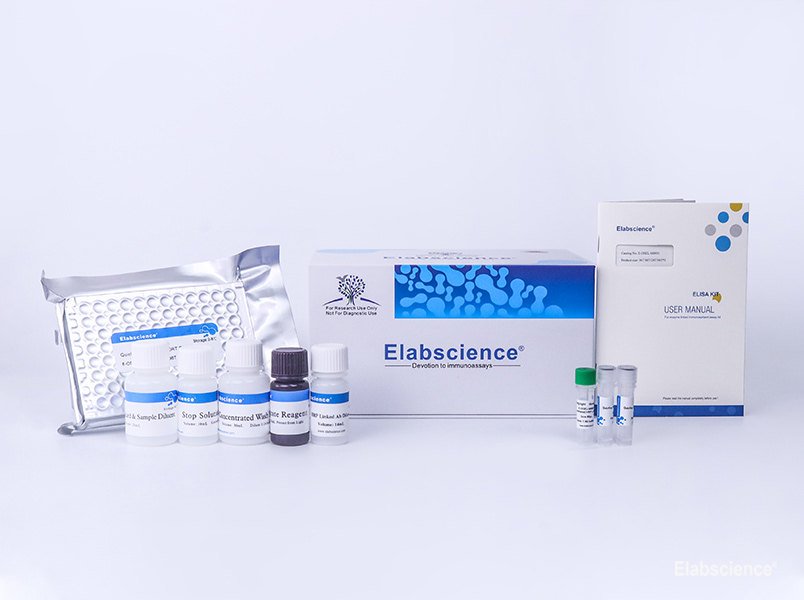




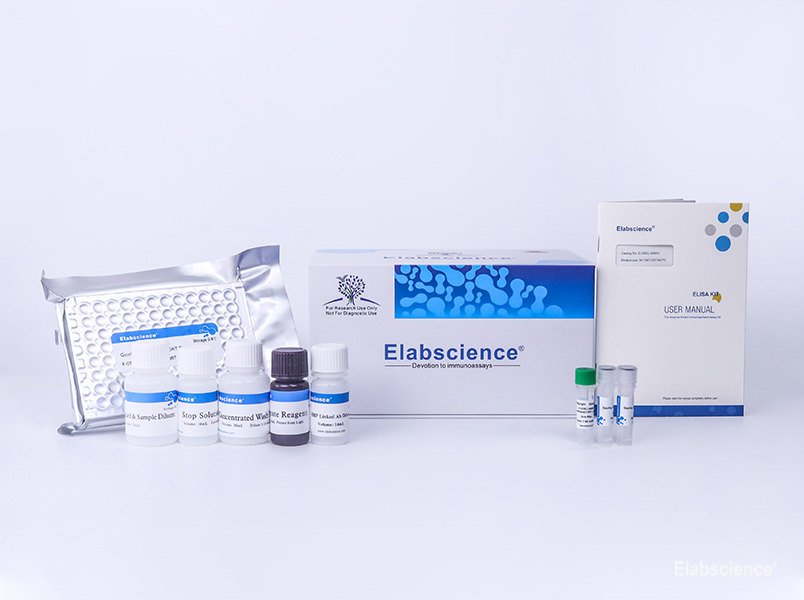
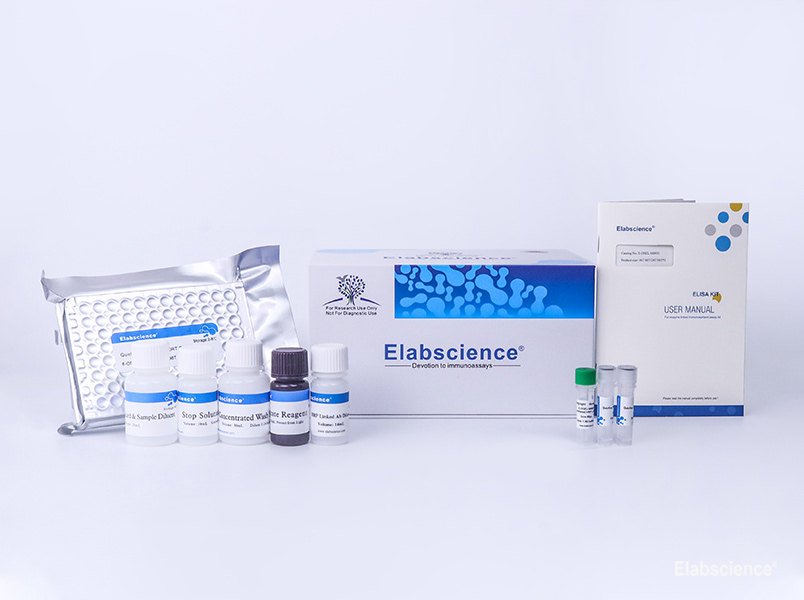

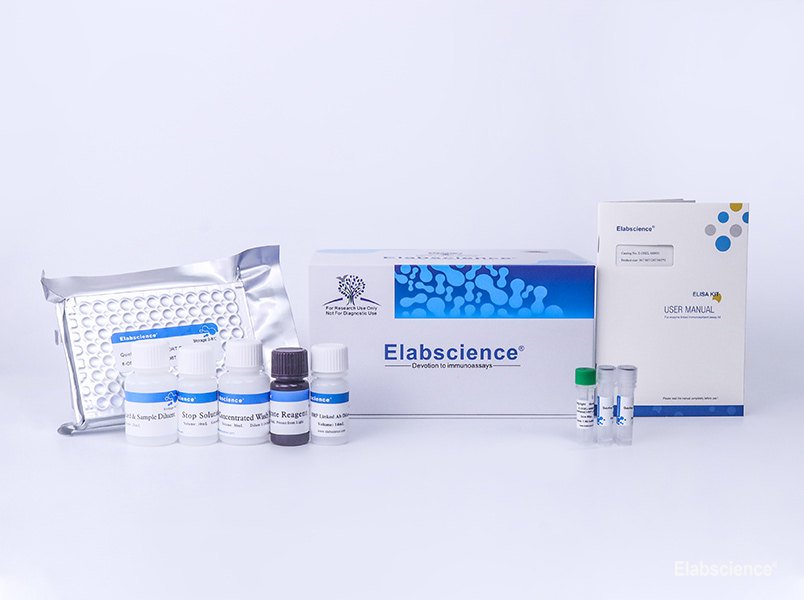
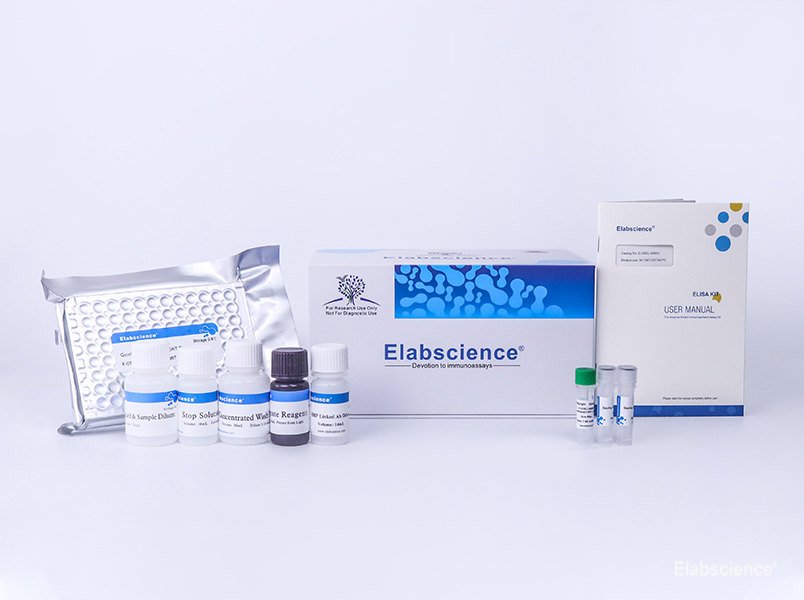



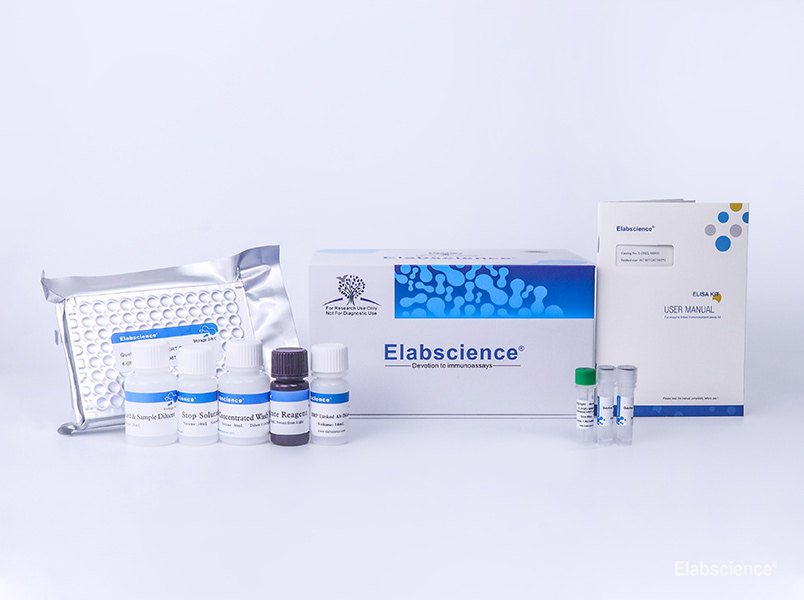
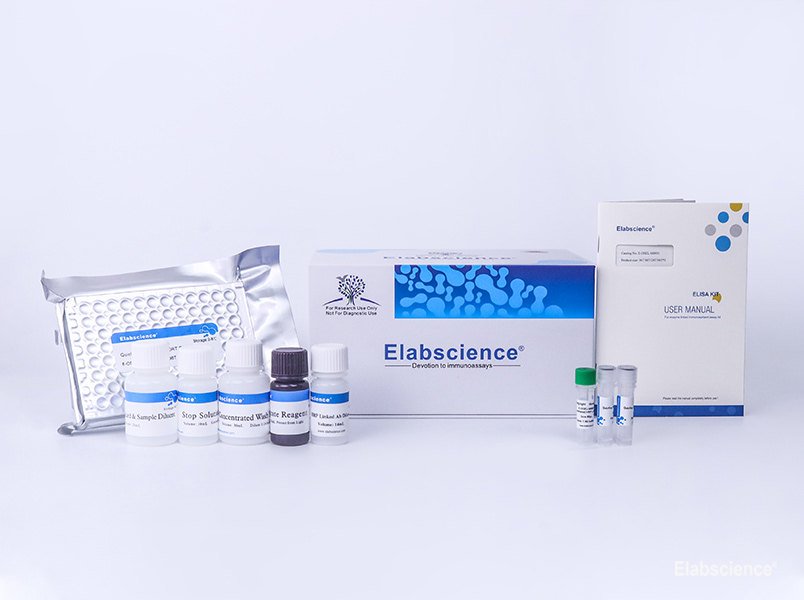
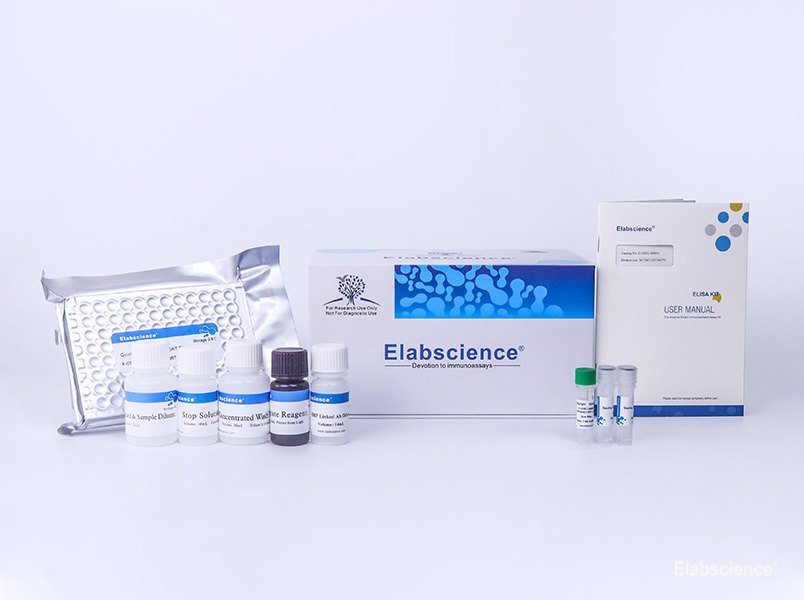

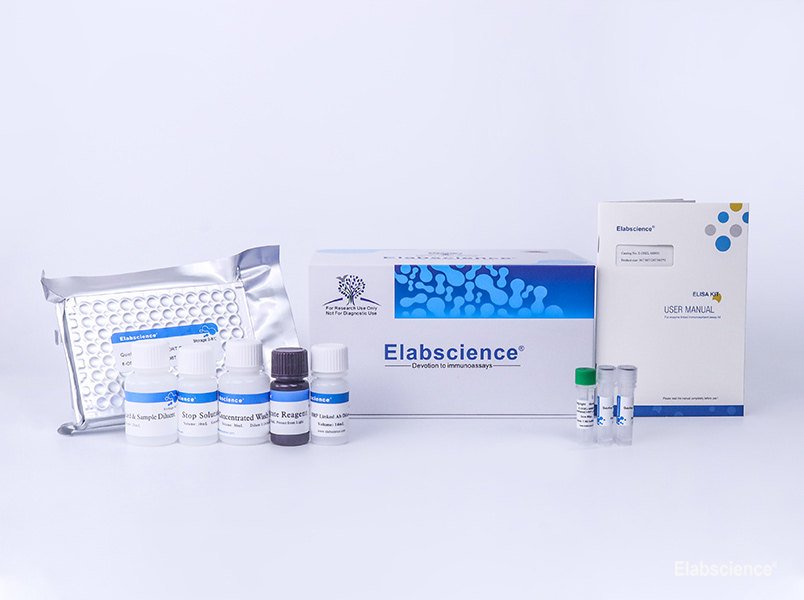



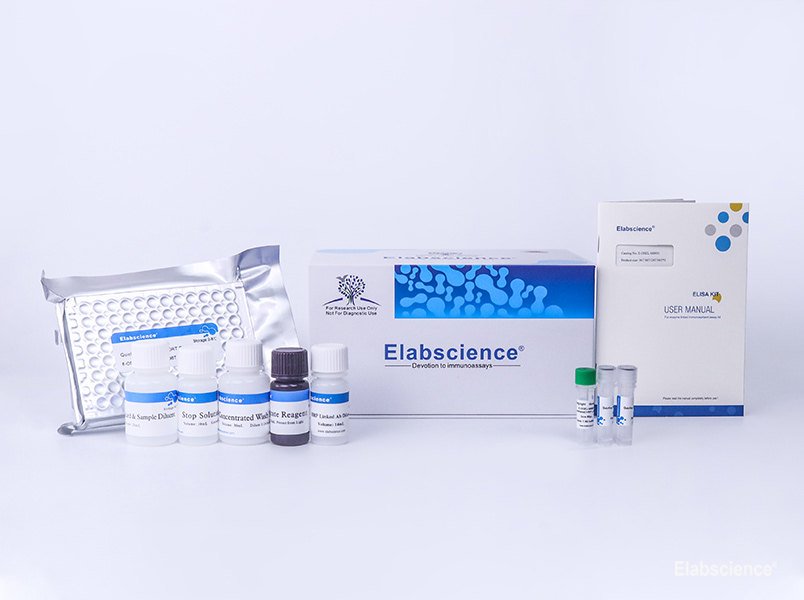




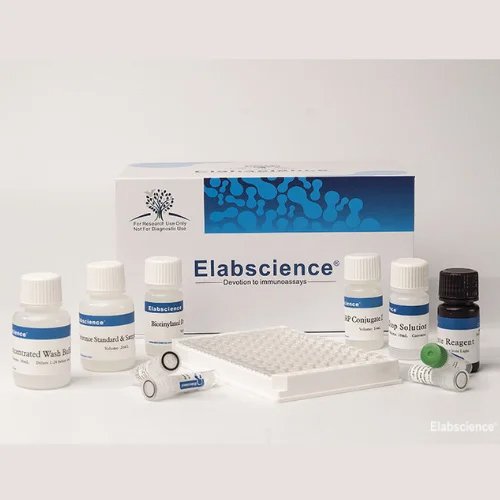
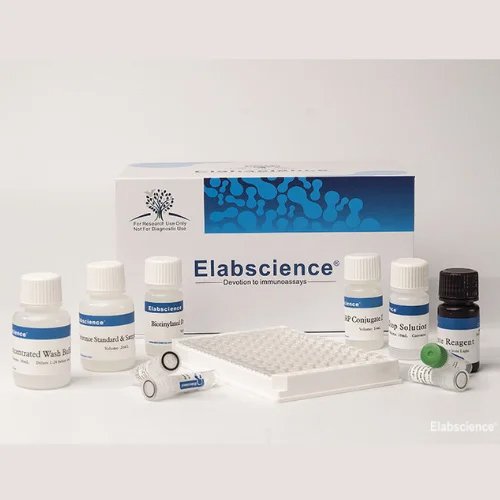
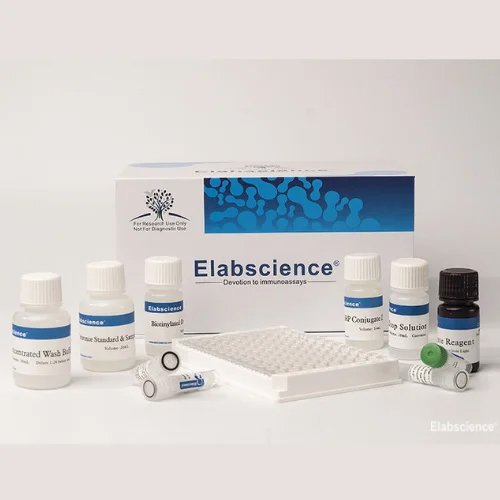
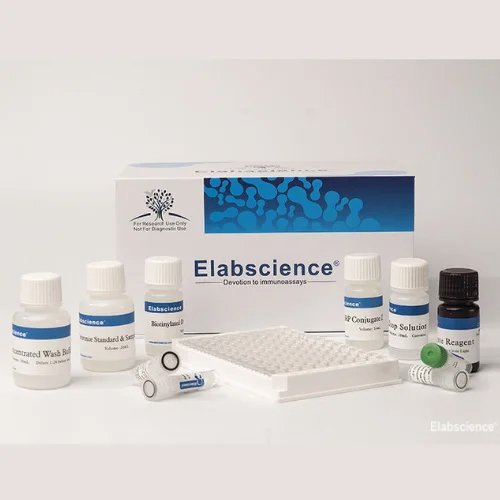


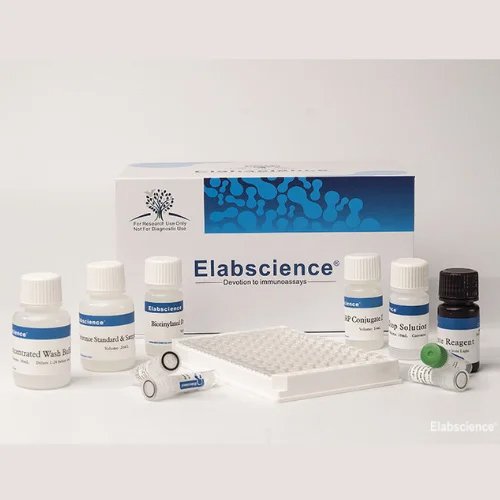




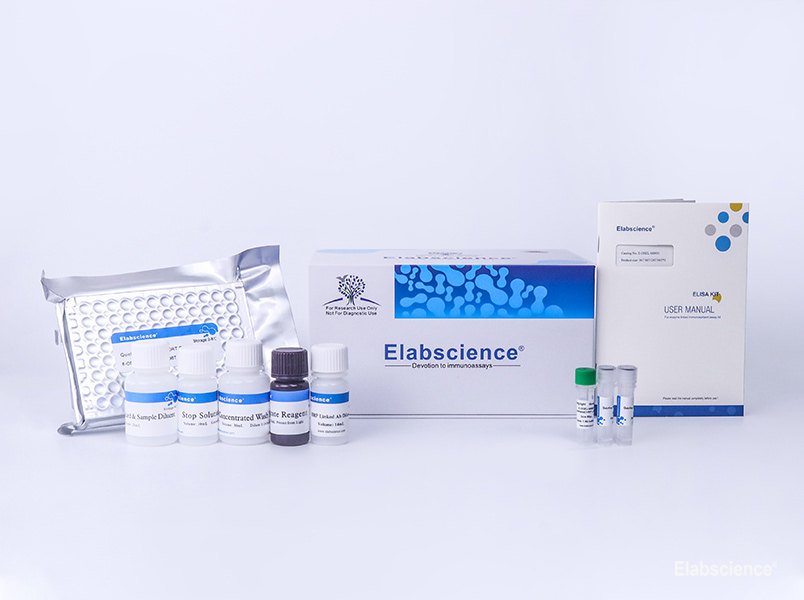

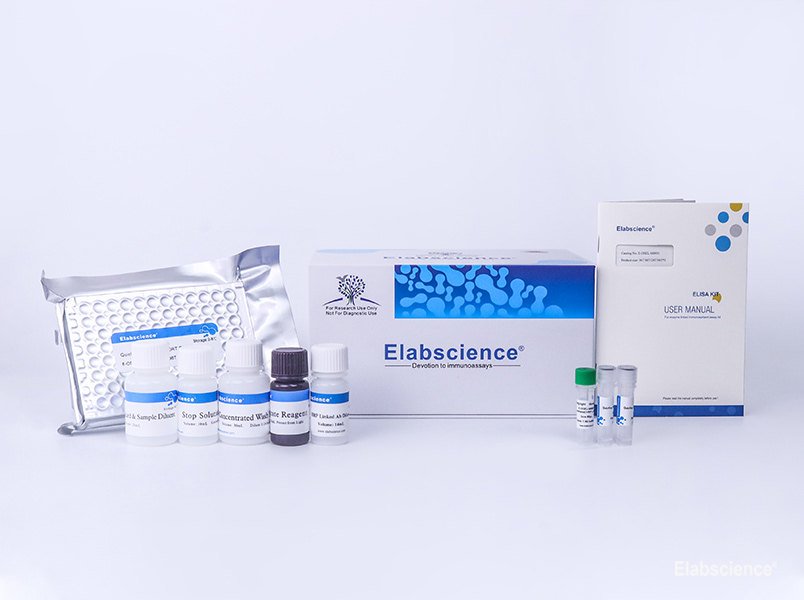
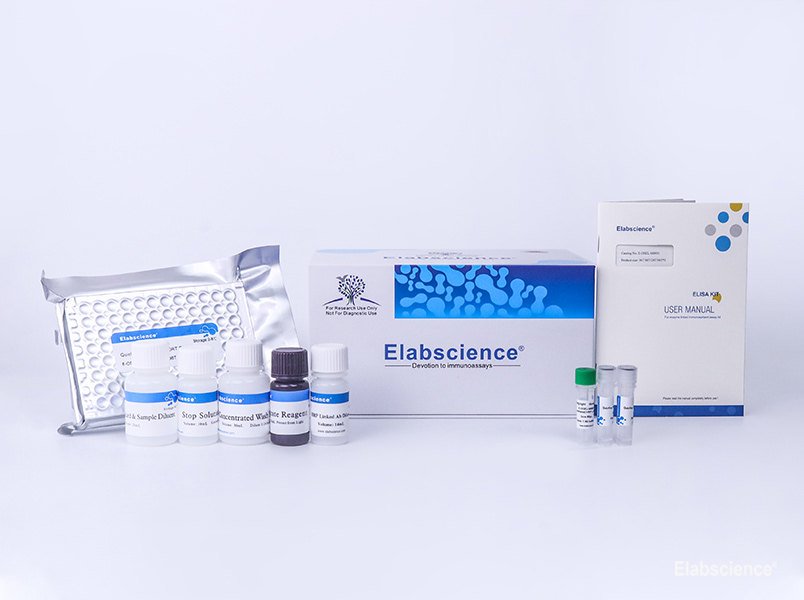

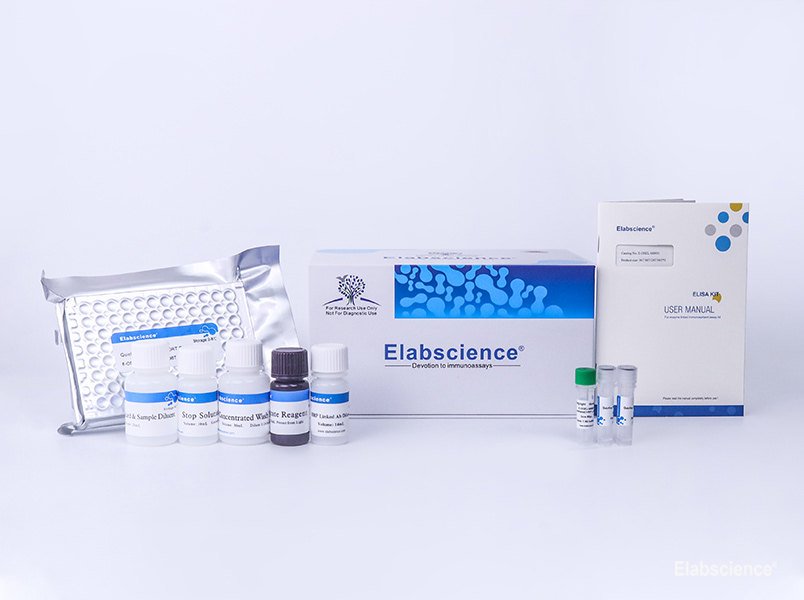
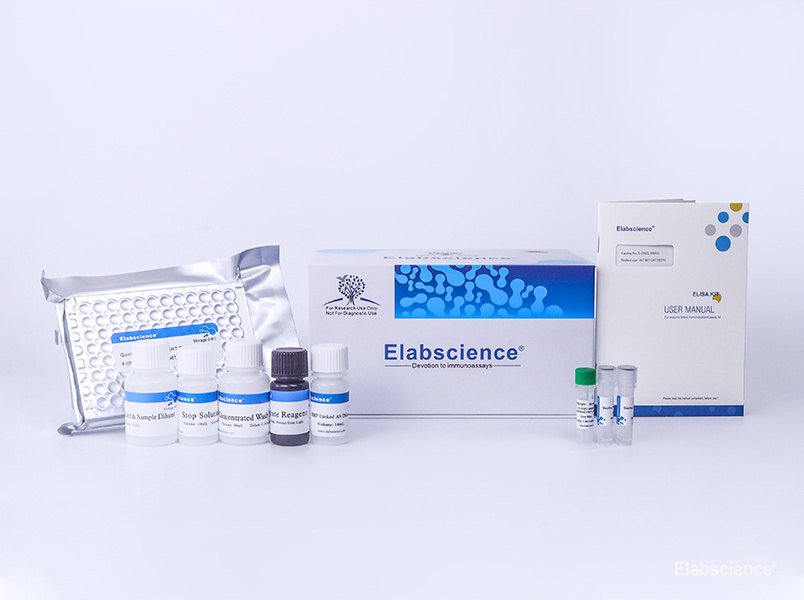
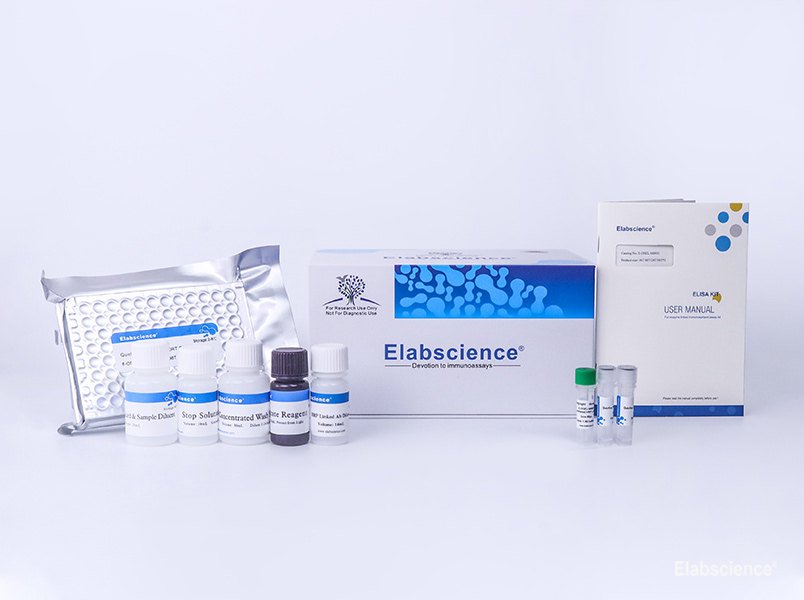

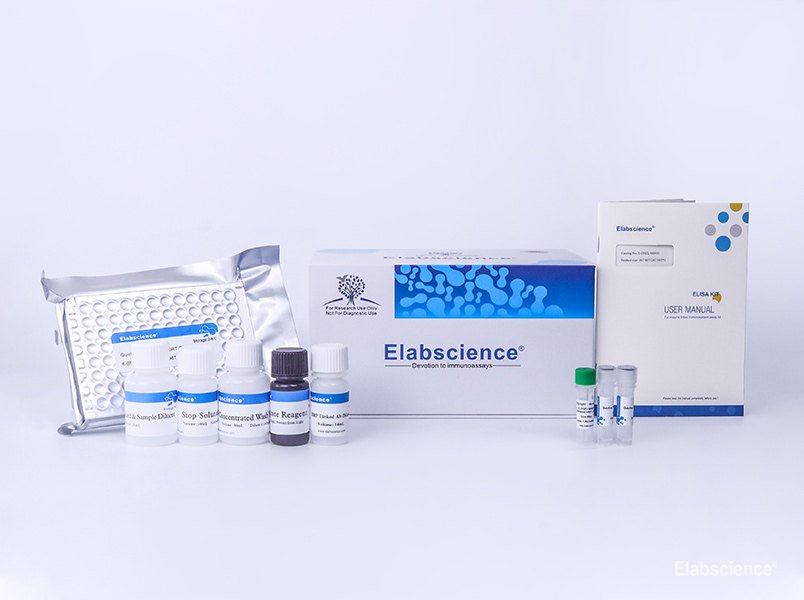
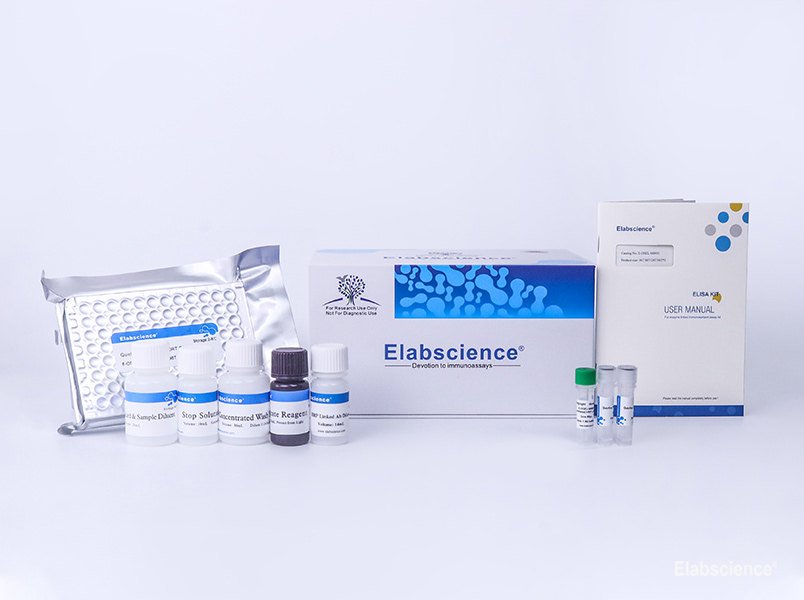
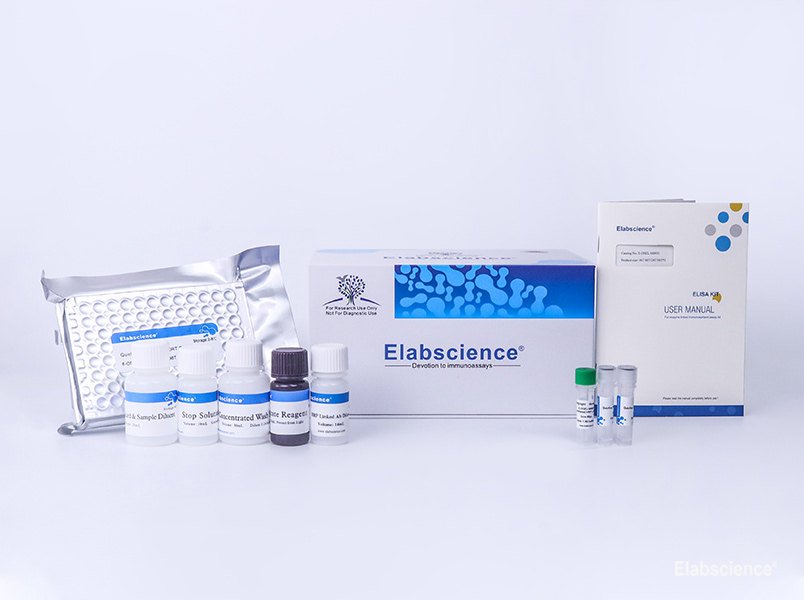
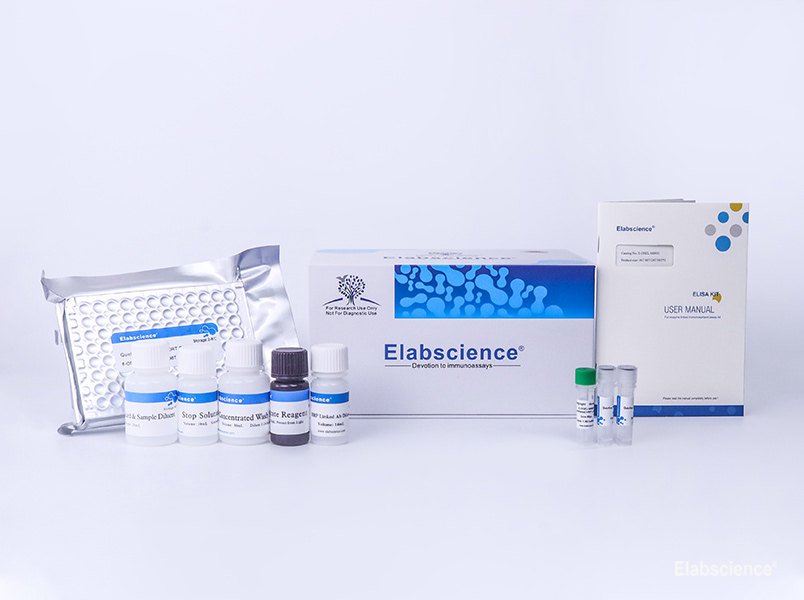

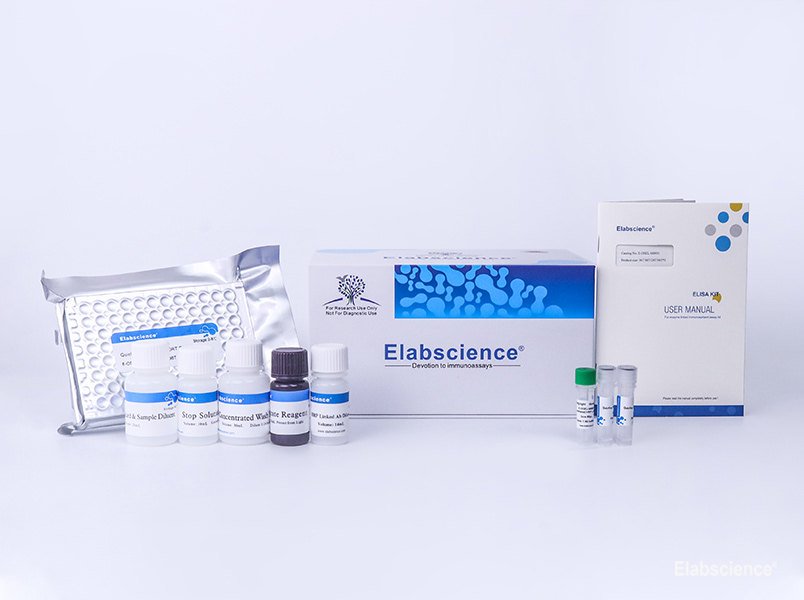

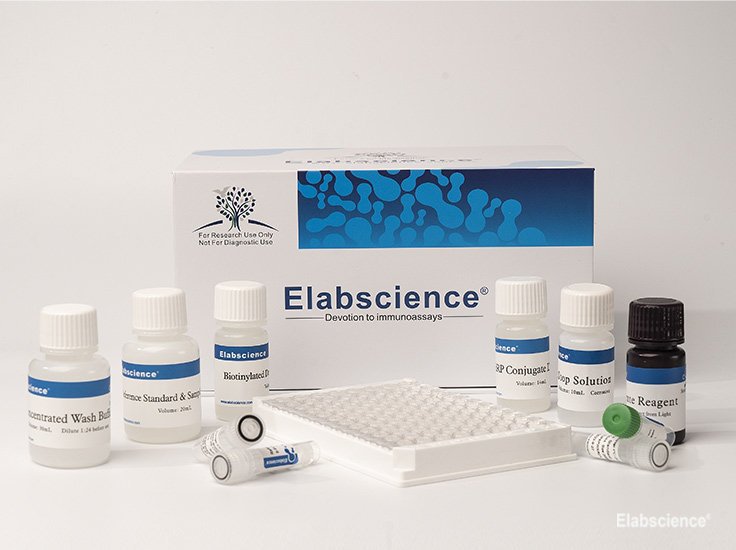



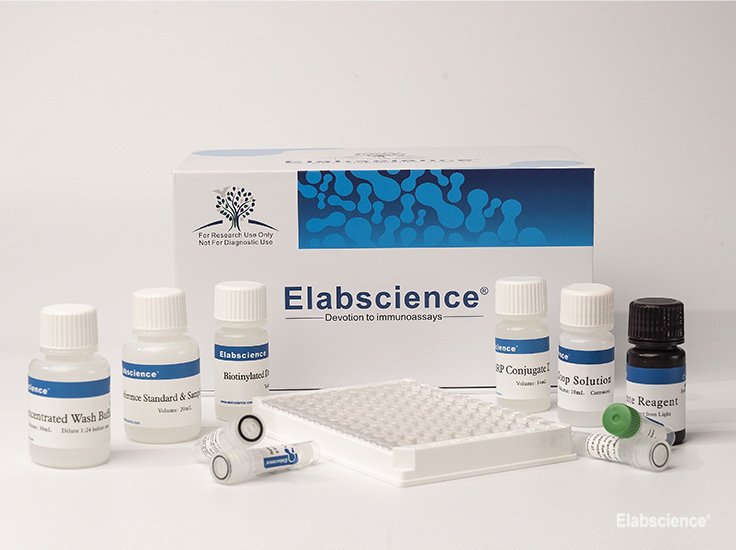
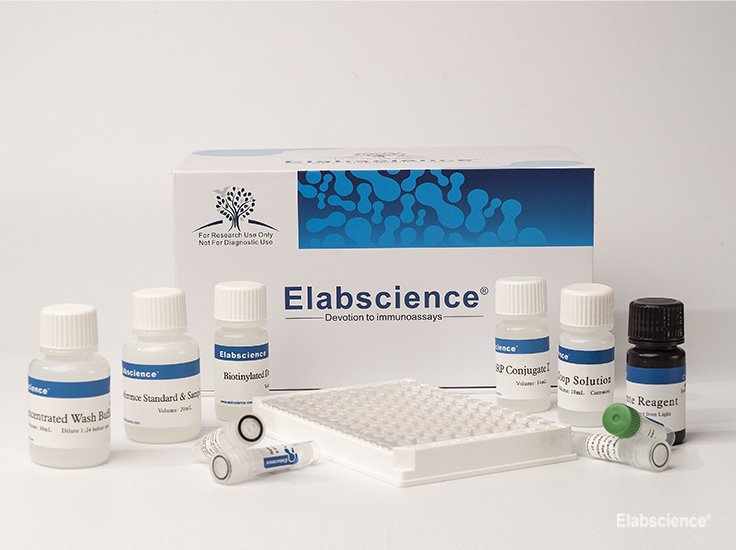



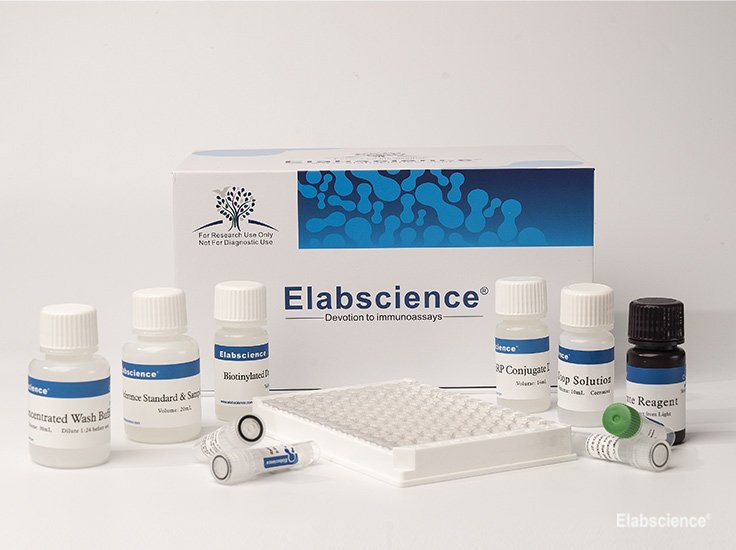
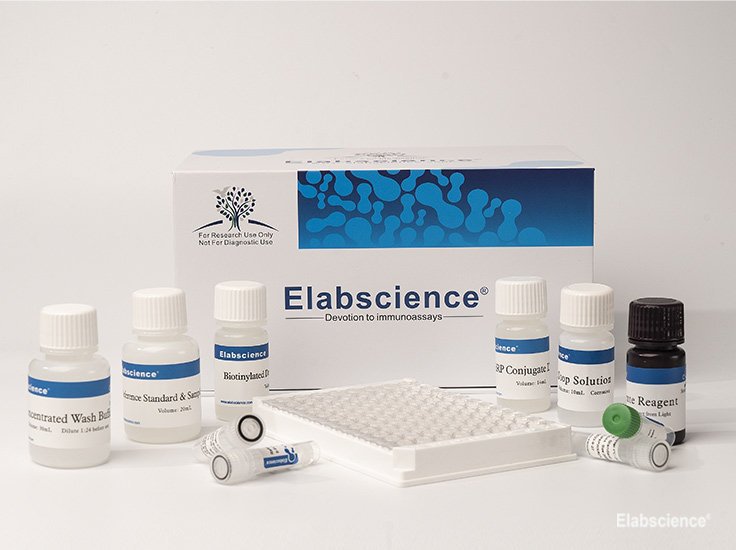

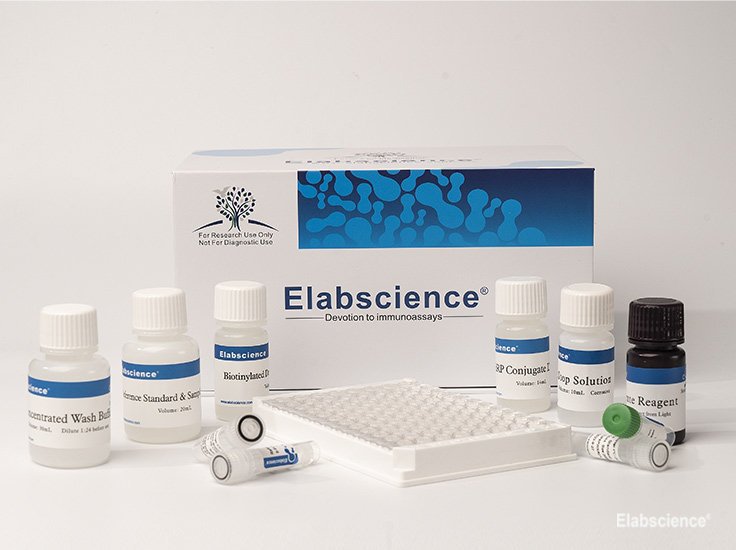

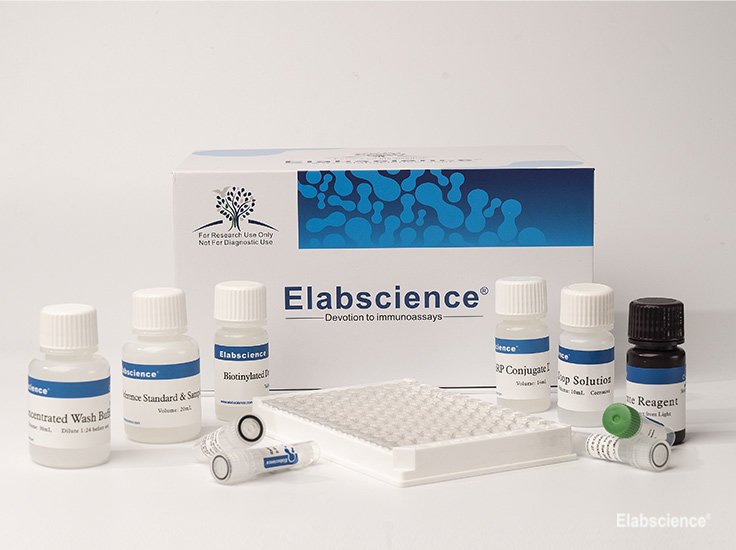
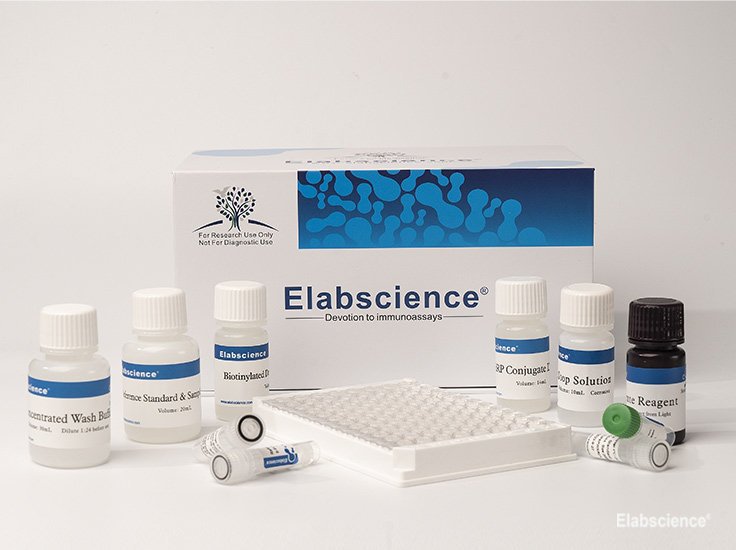


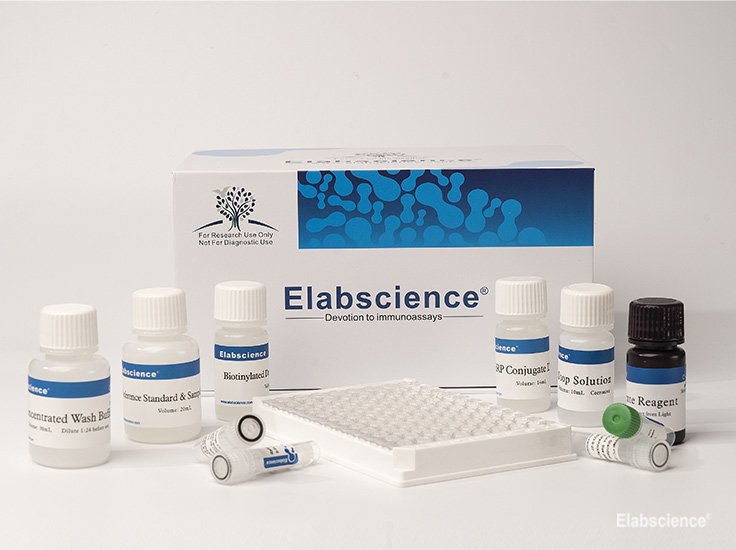
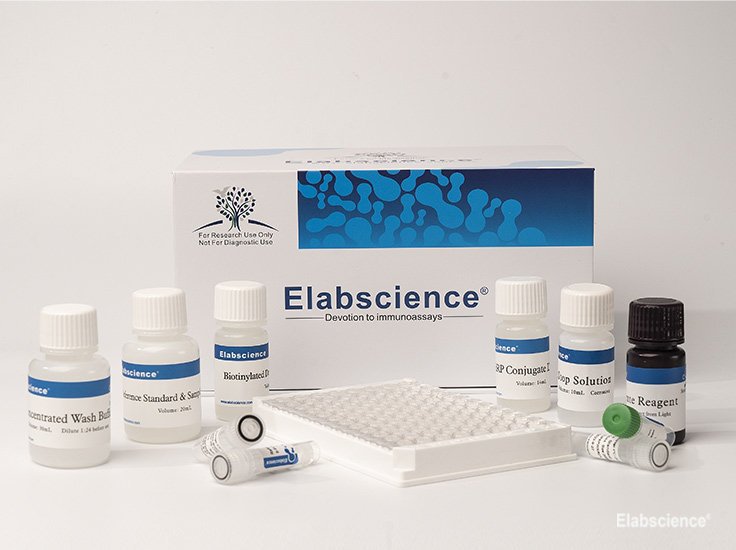

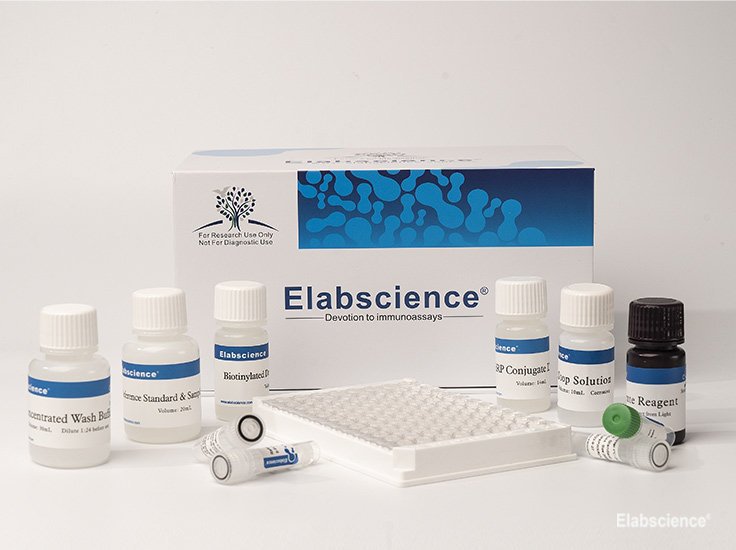



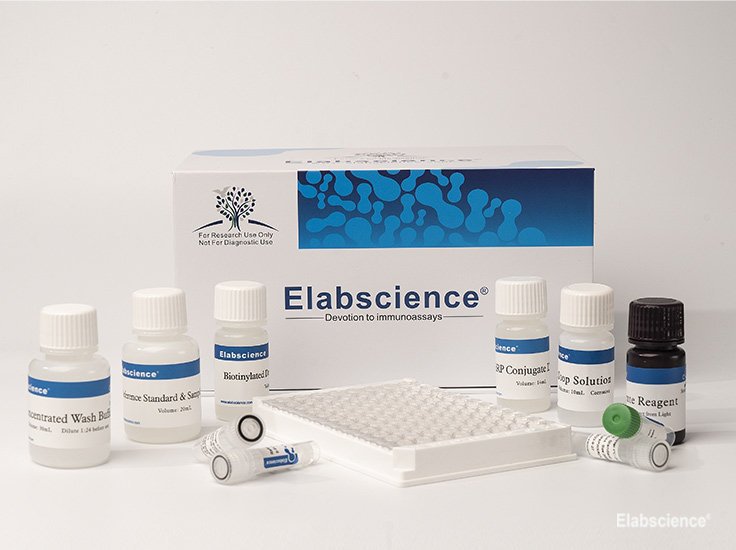
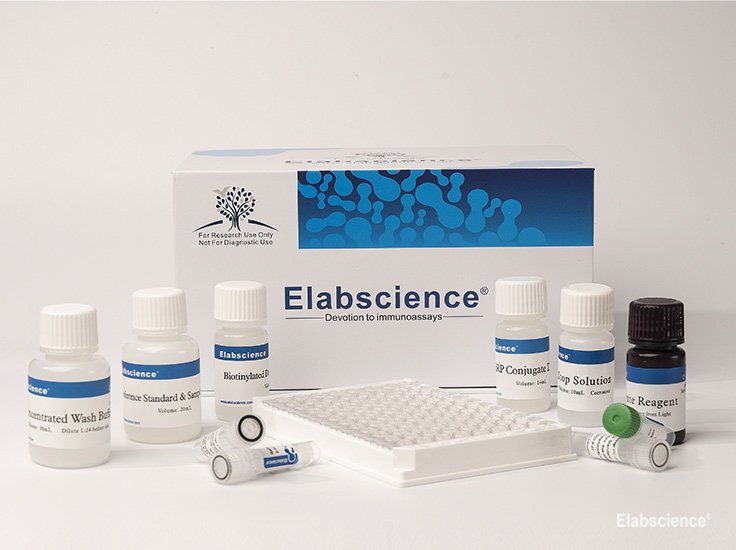




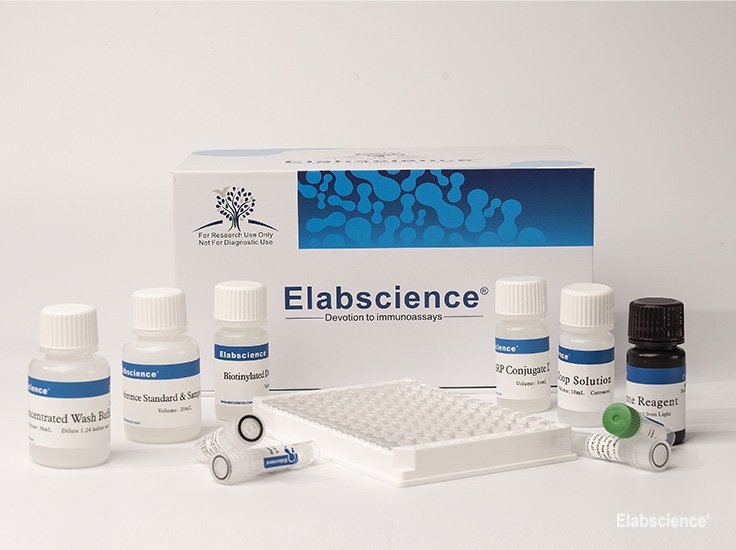
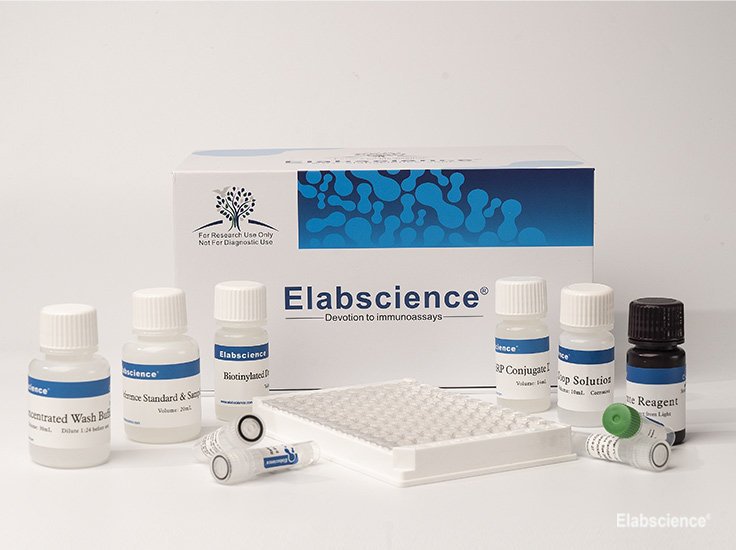

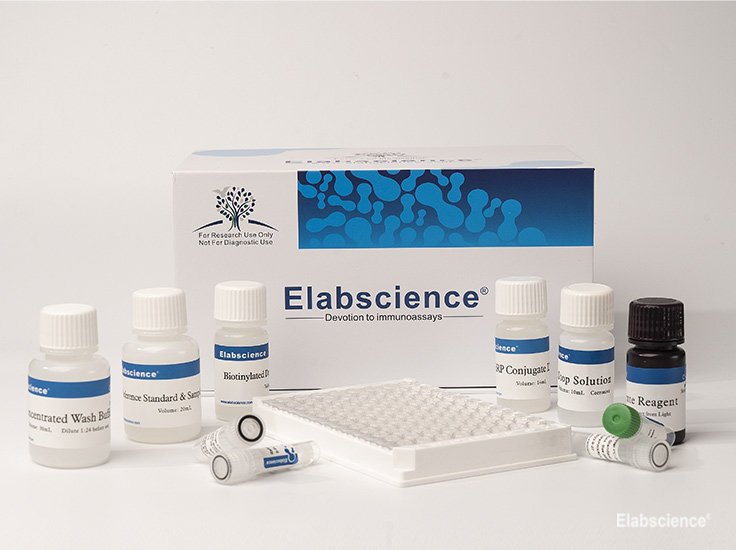
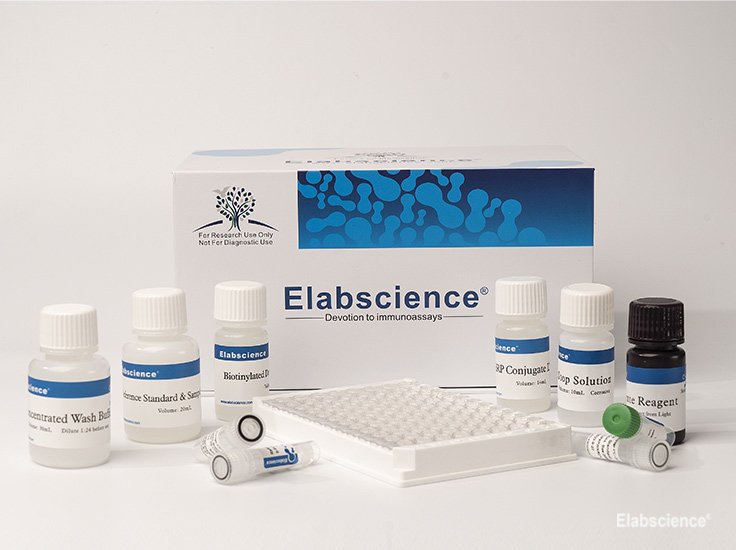

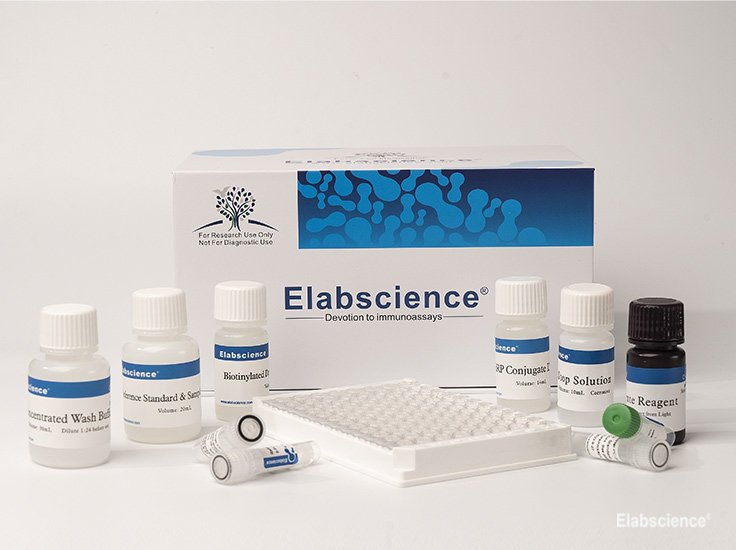











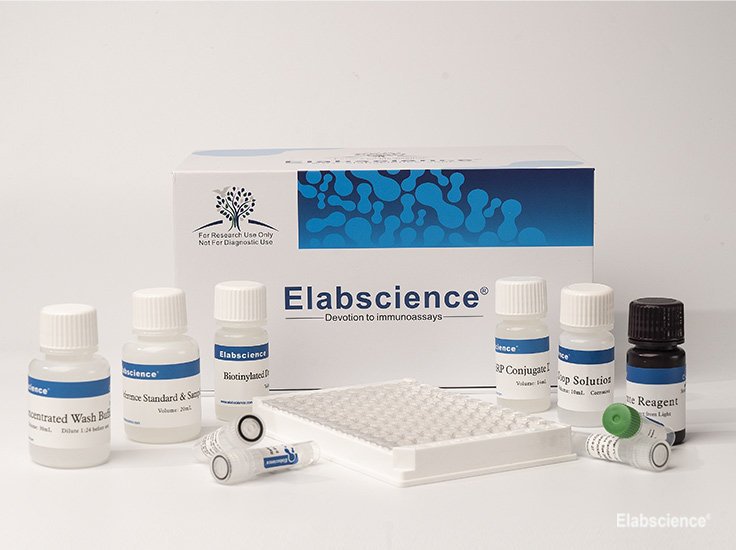
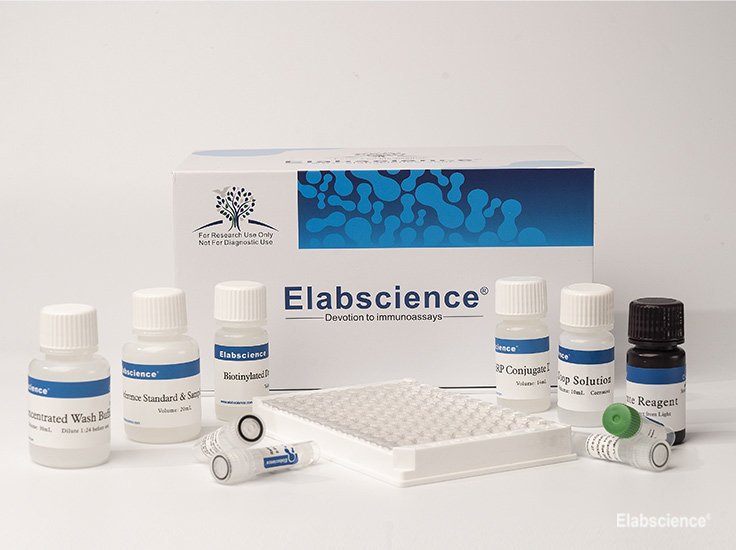

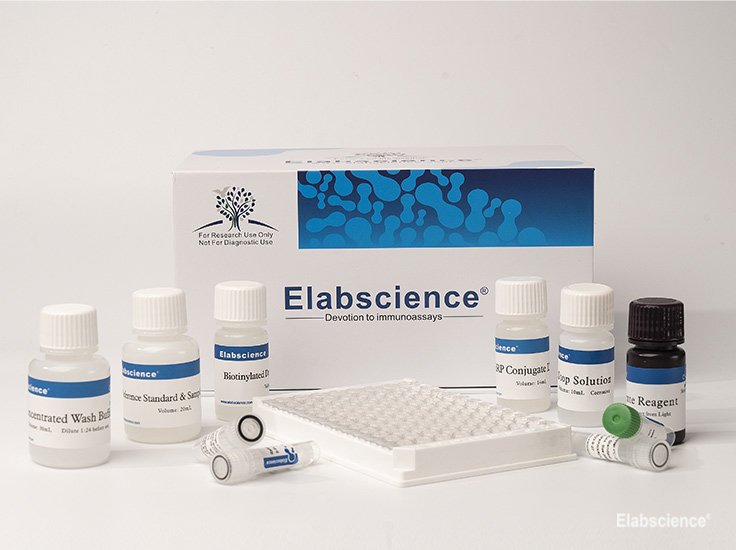



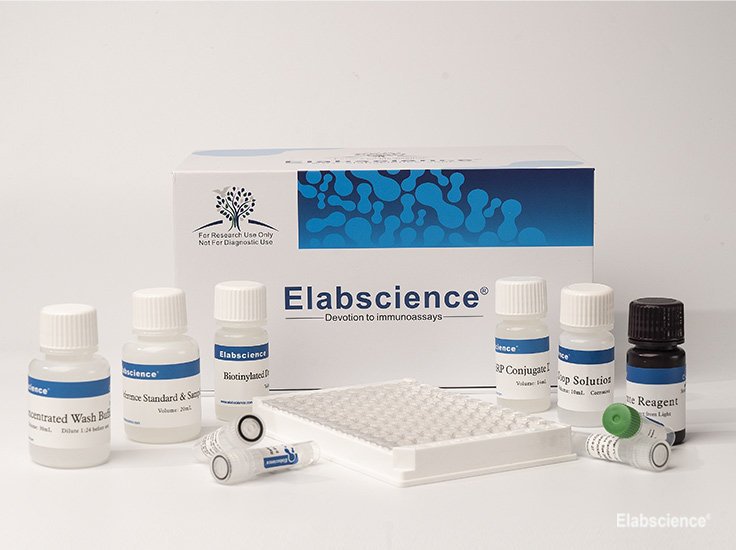
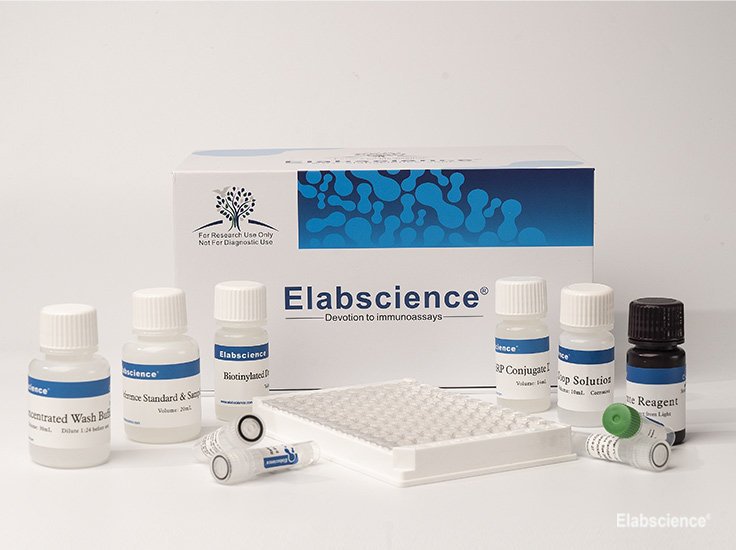
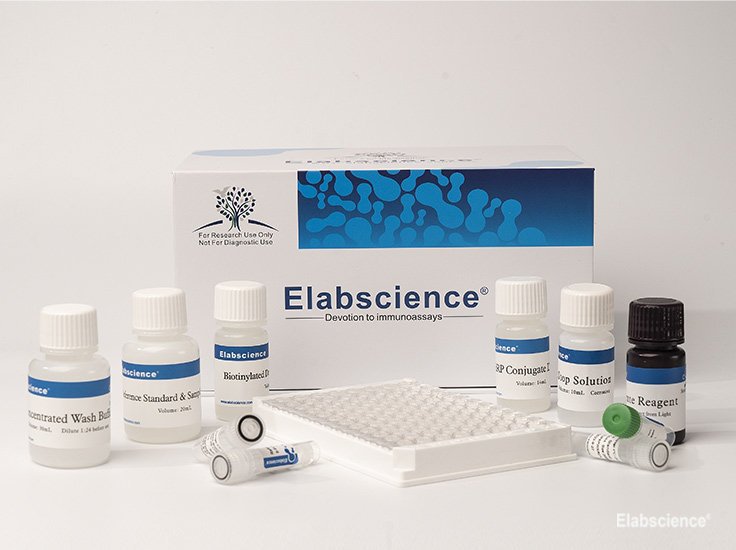
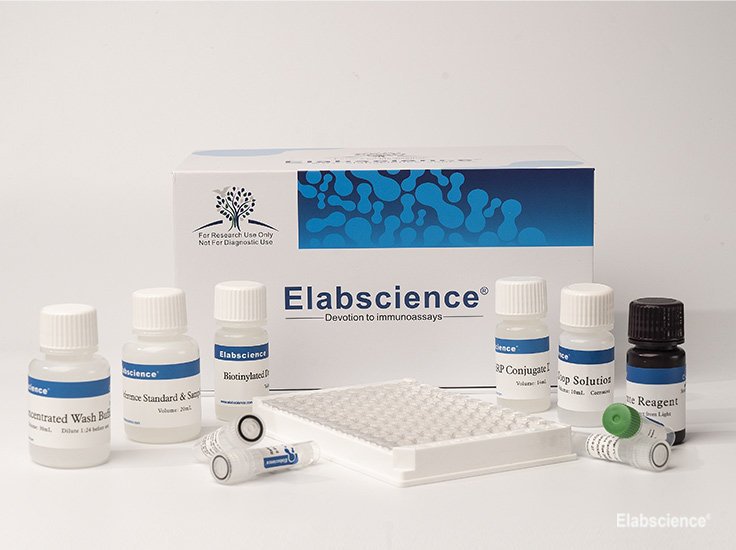
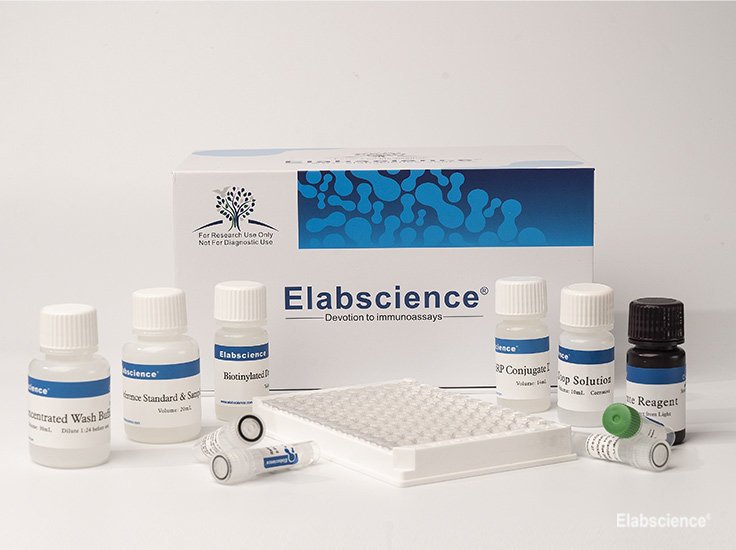
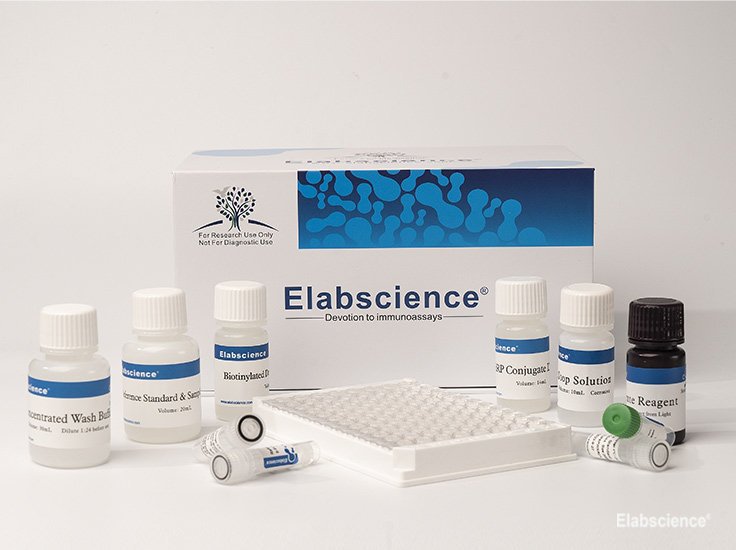
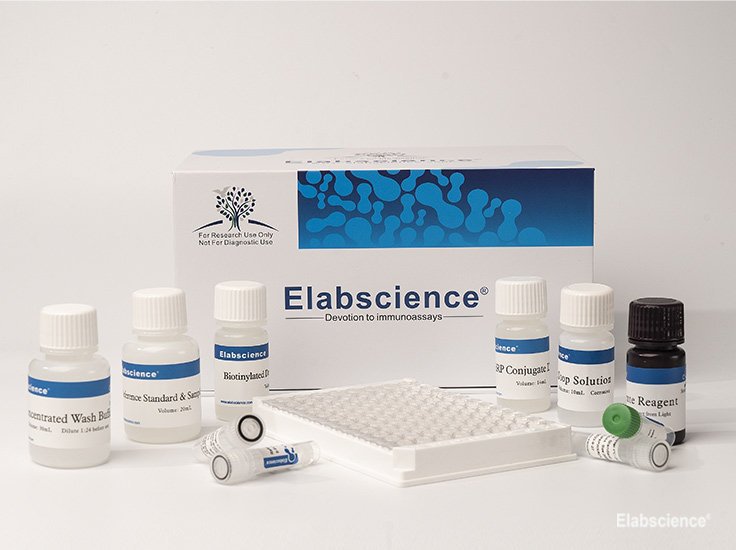
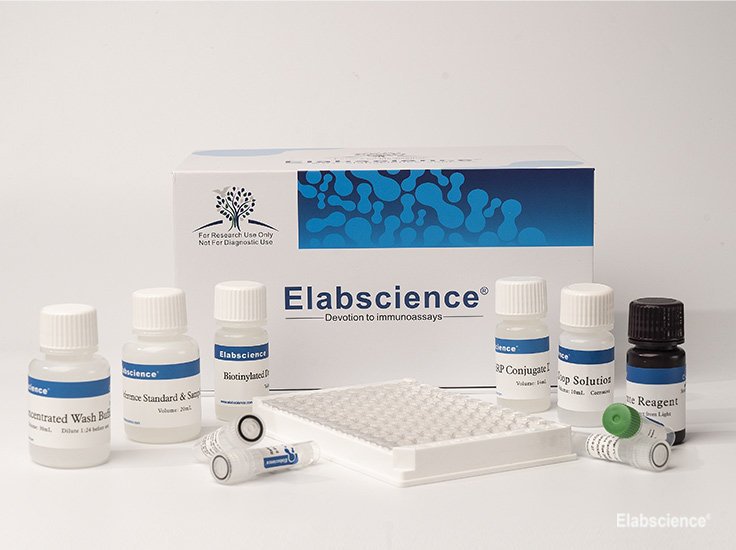


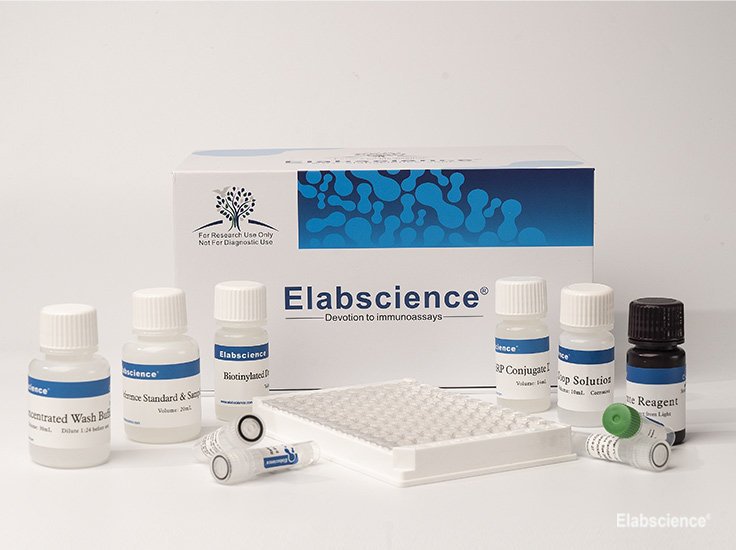
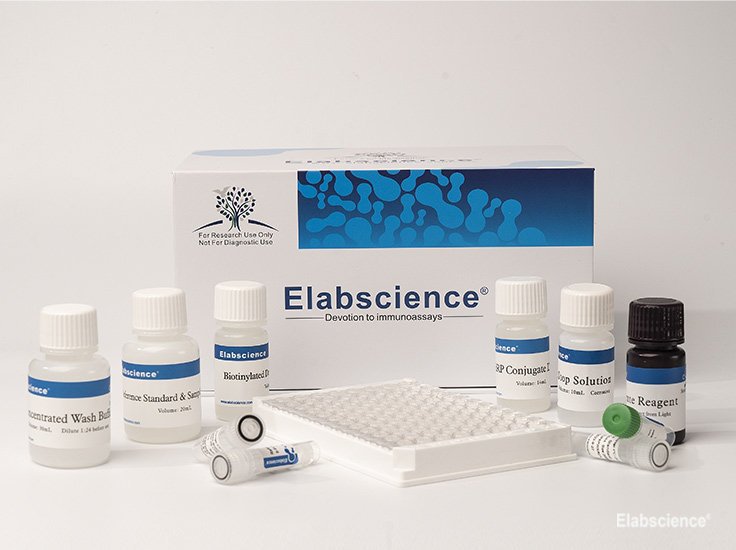
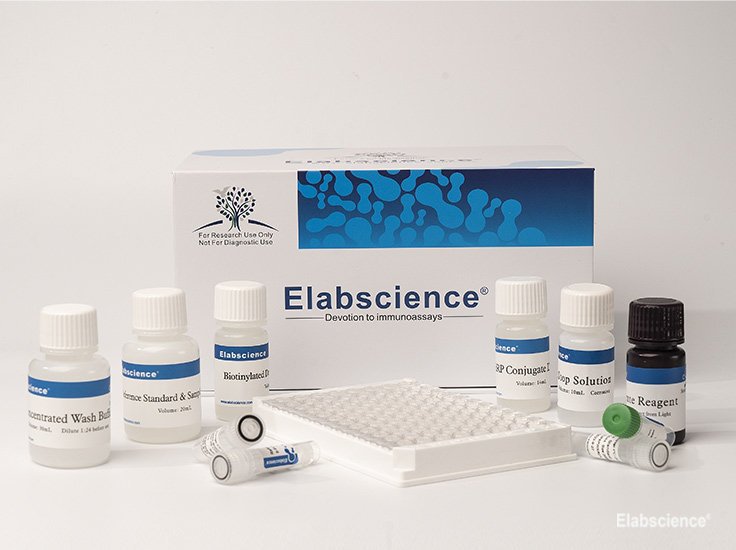


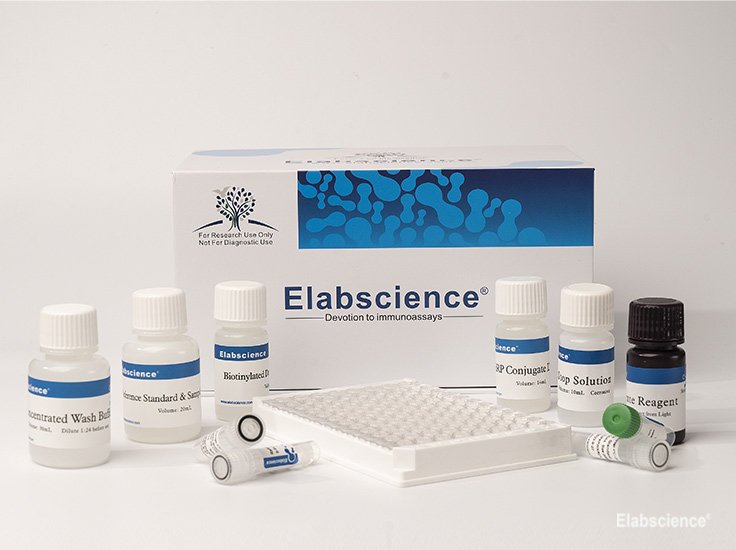
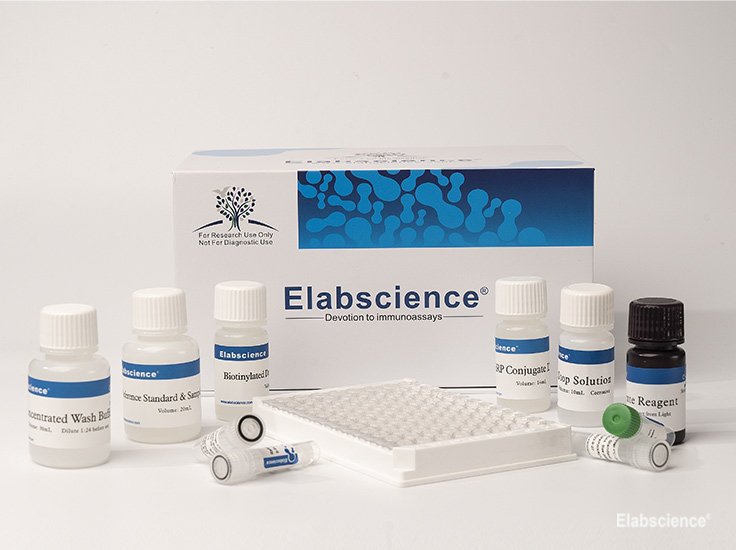

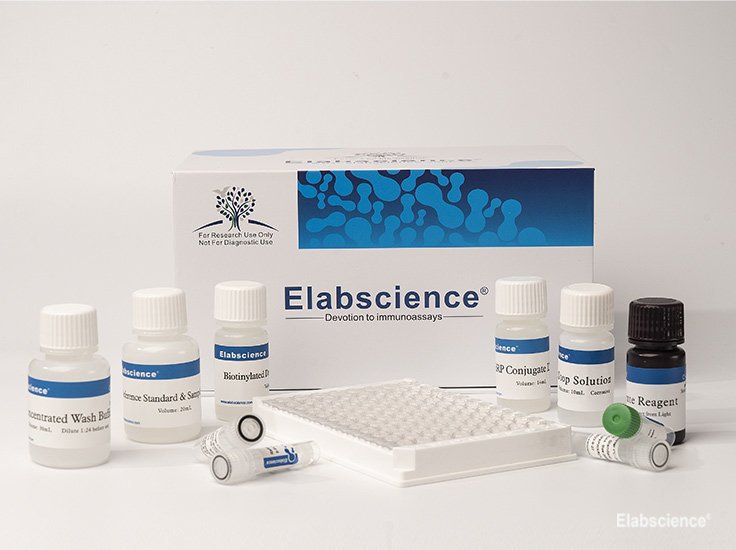
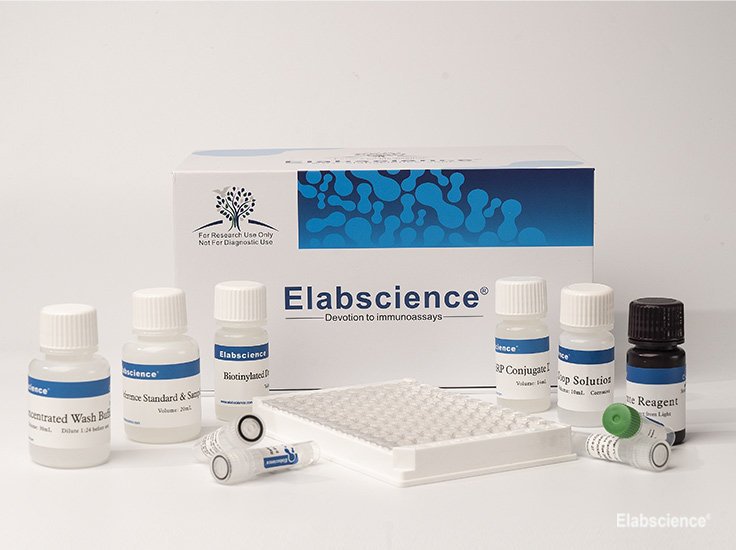
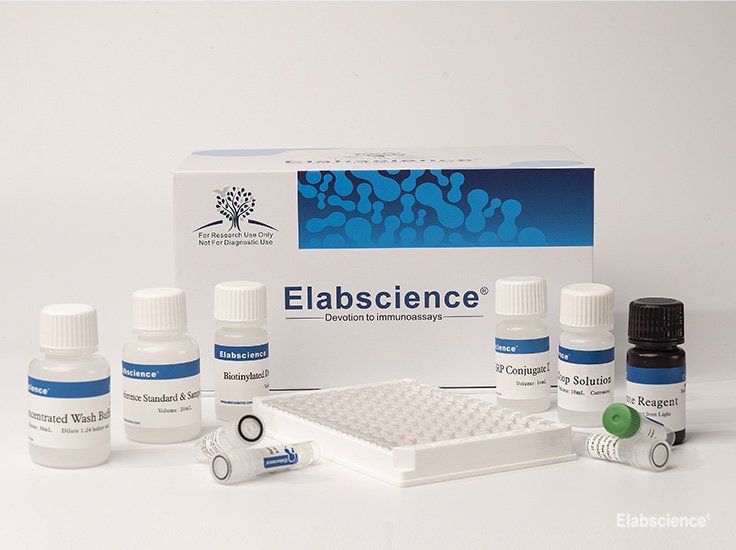
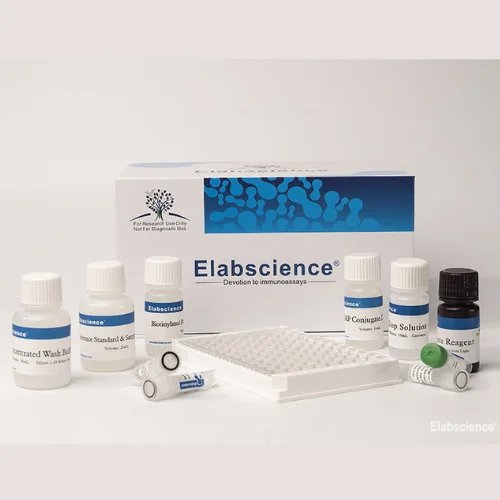

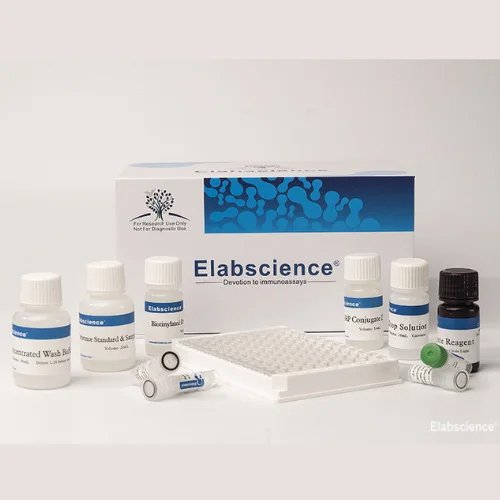

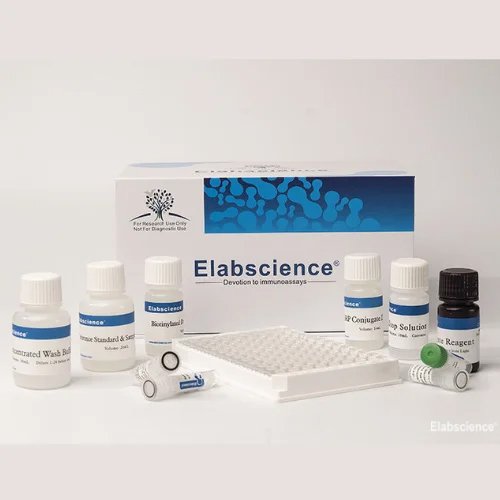


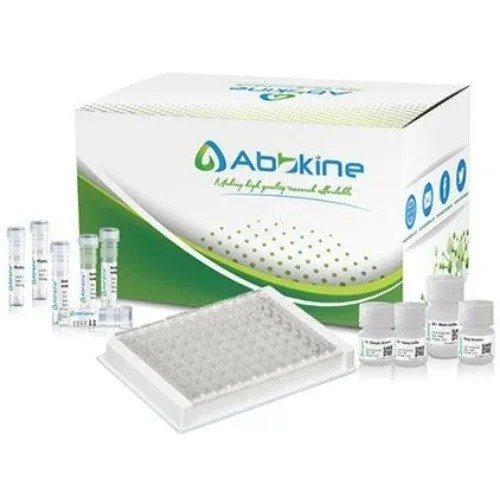



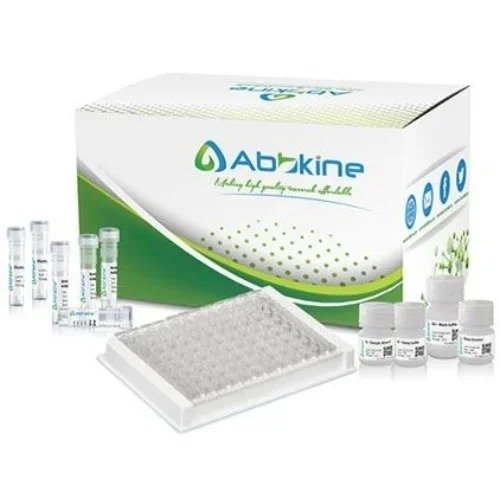


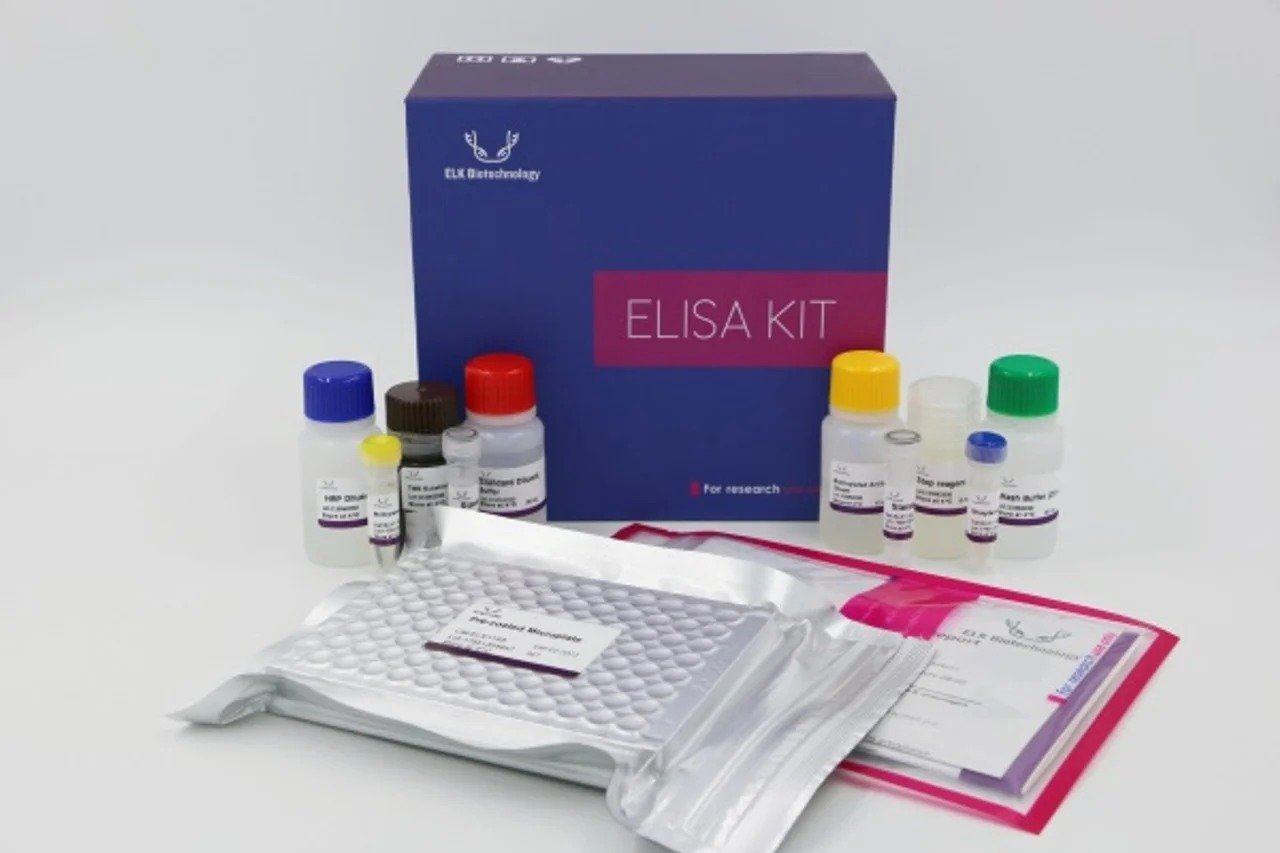
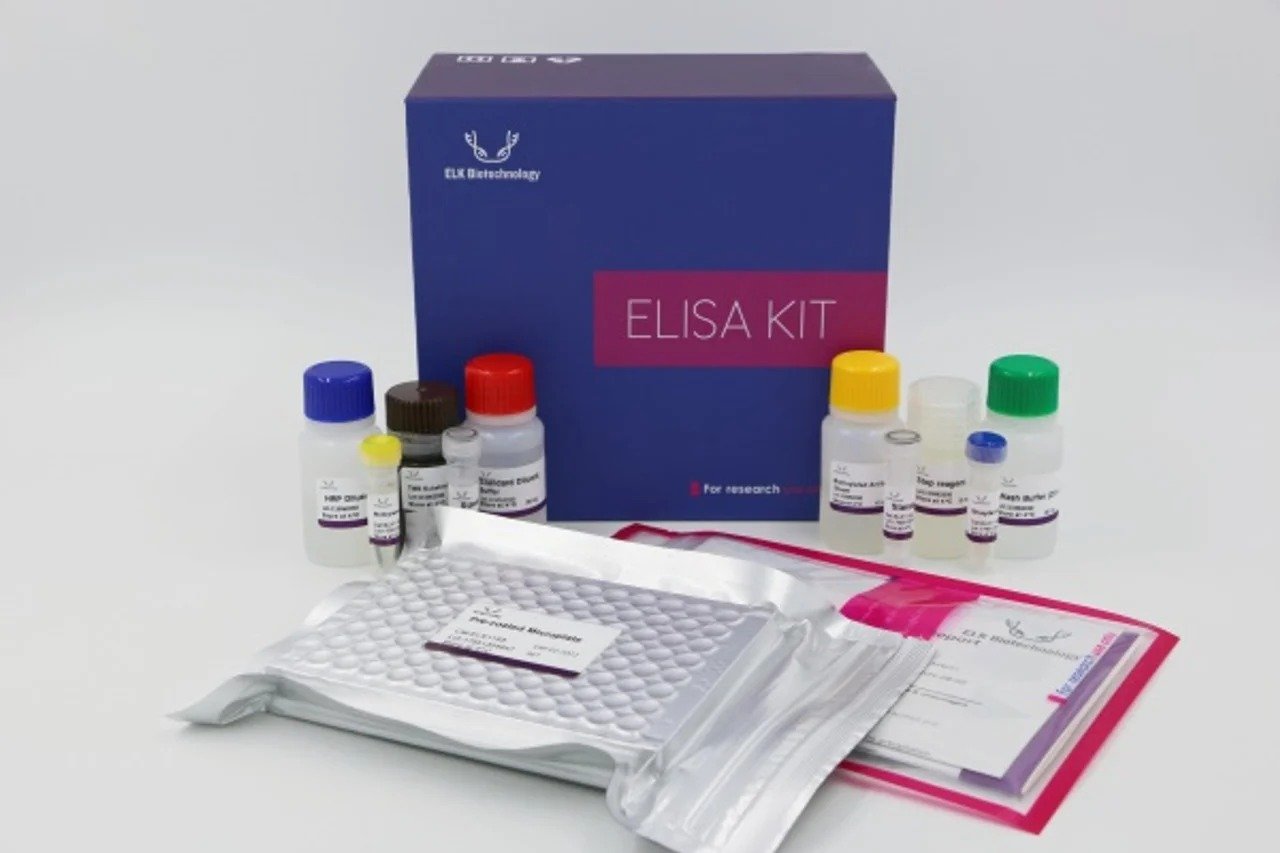



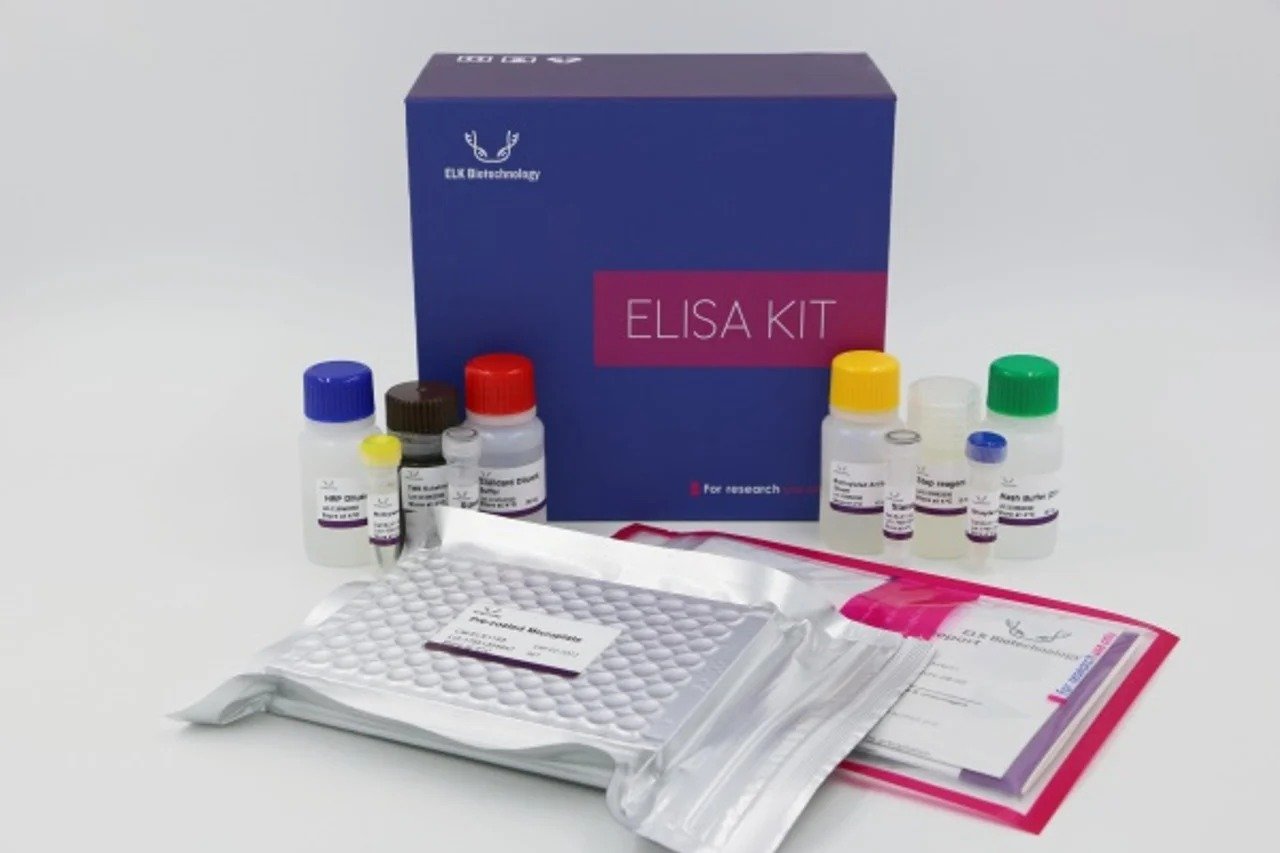
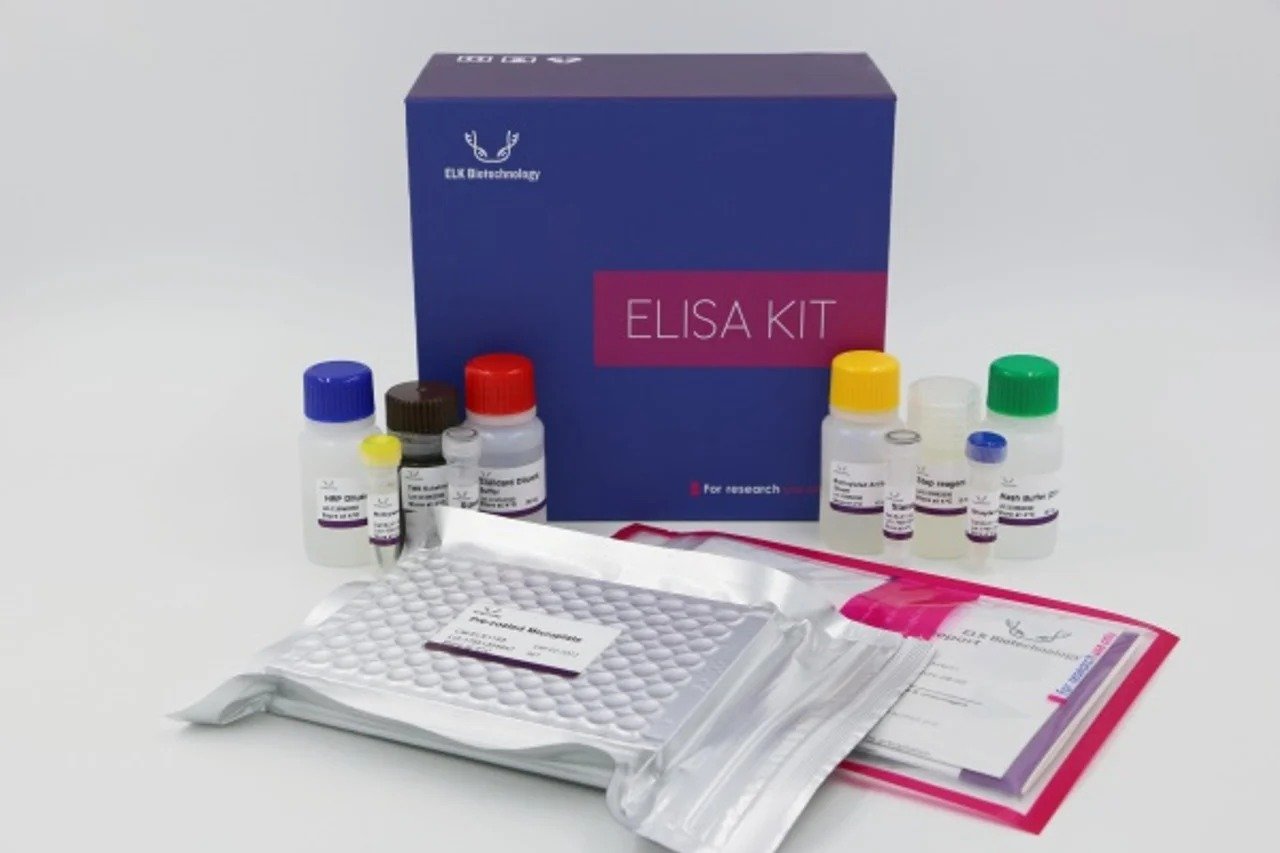

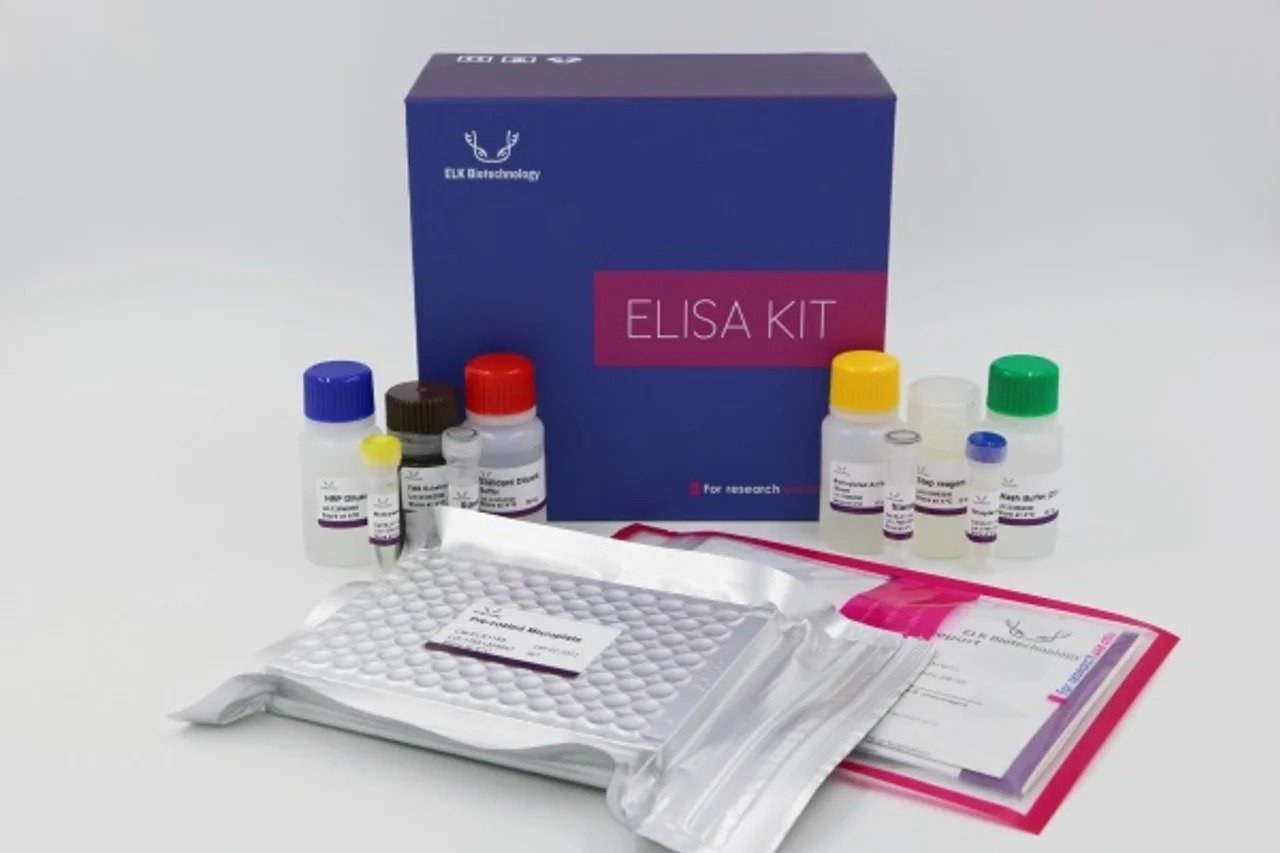
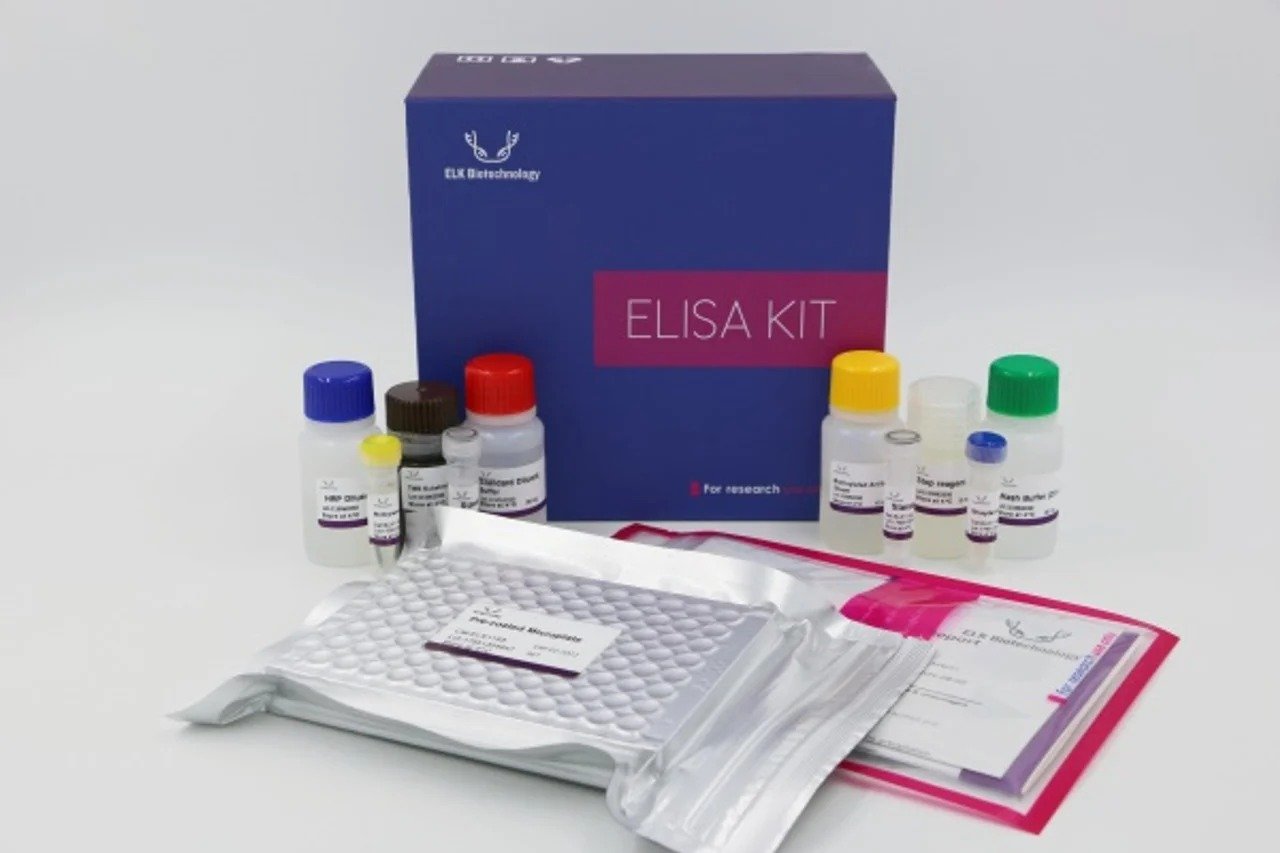

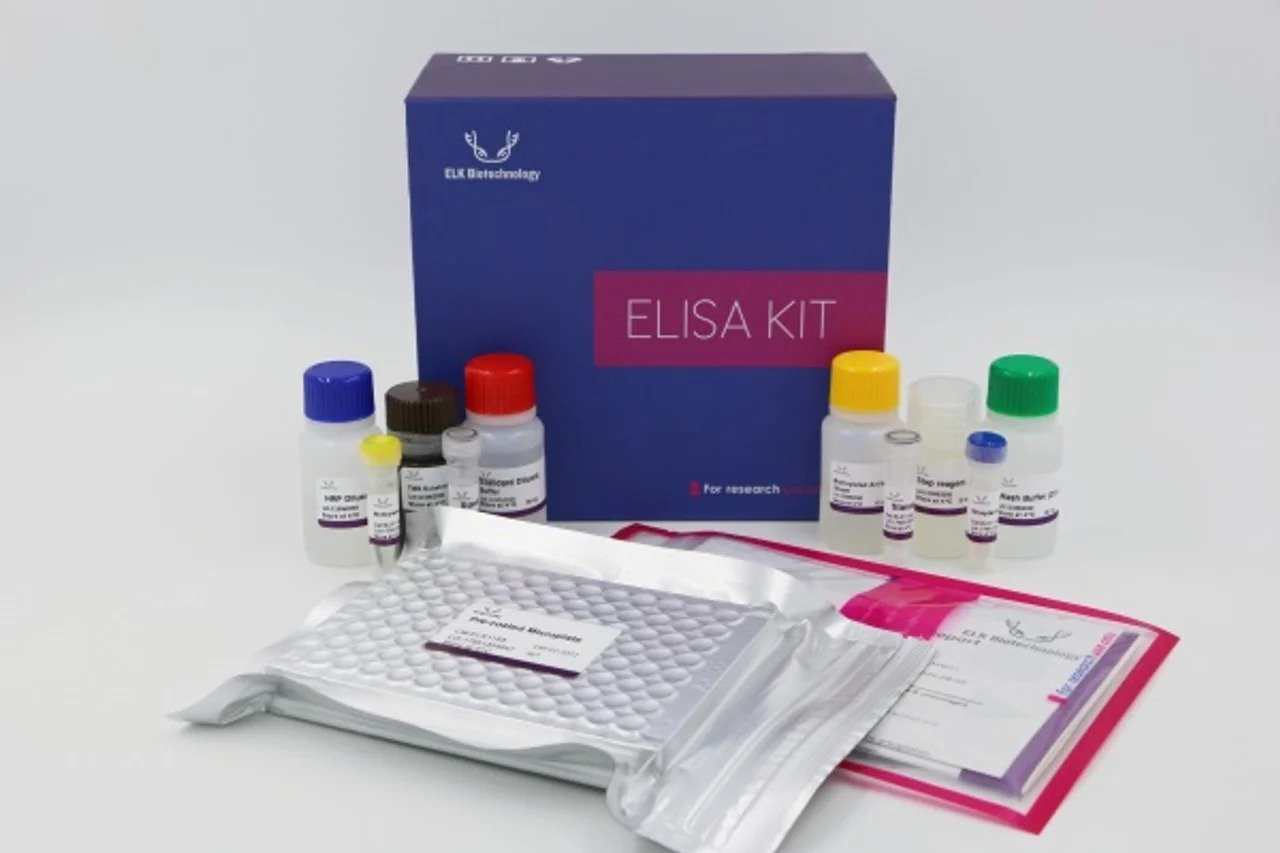


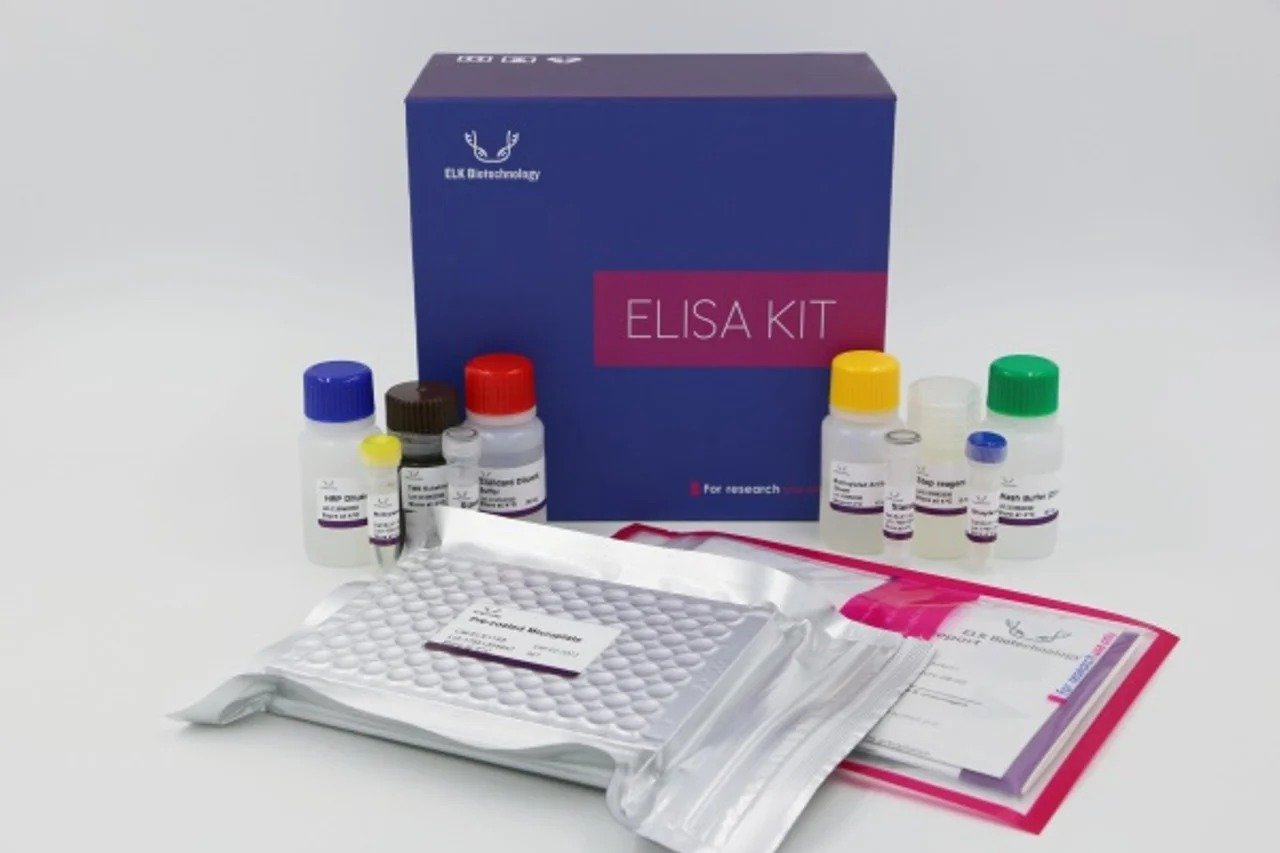
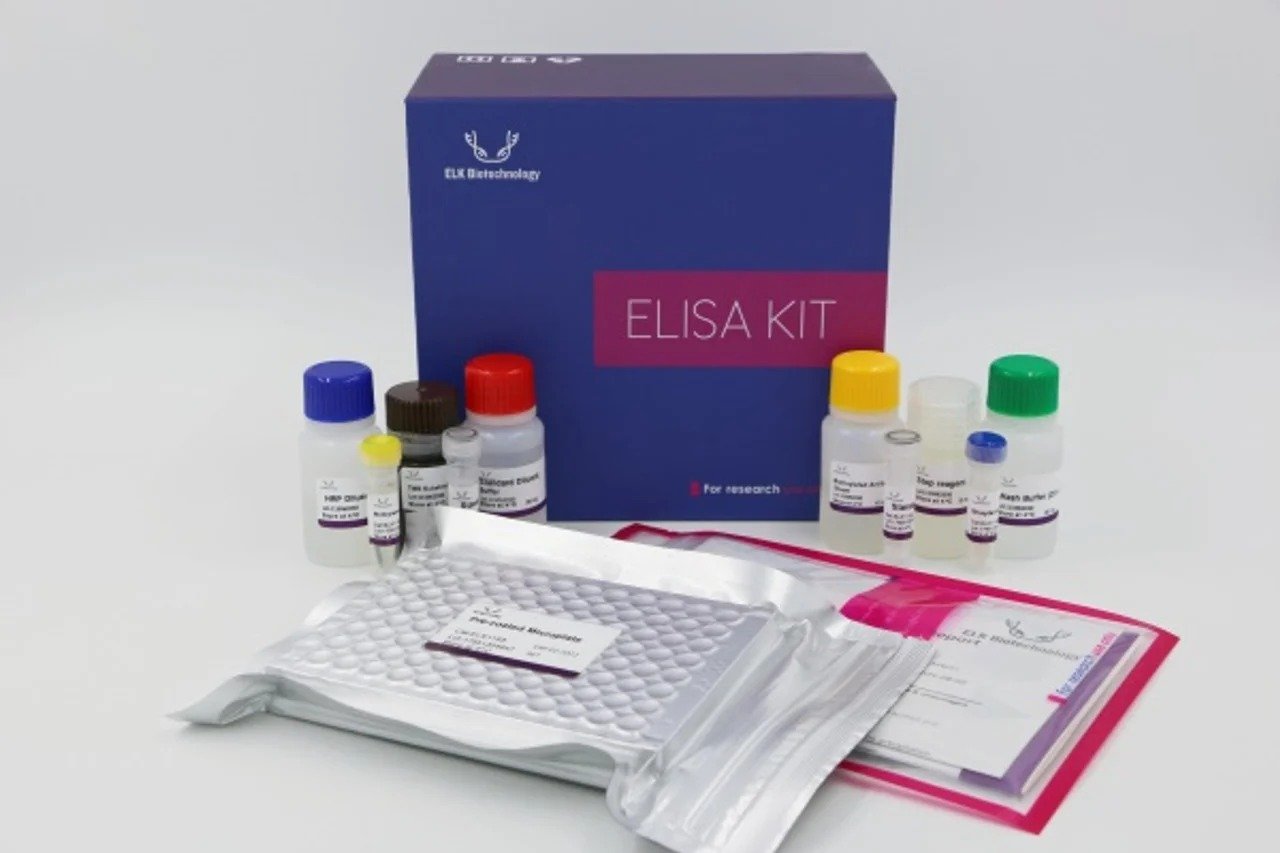





![ACE2 Antibody [HL1092]](https://www.unibiotech.in/upload/product/gtx636265-44389-20210806-wb-shrna-watermark-w-23061202-559.u1uSHP.jpg)
![AKT Antibody [N3C2], Internal](https://www.unibiotech.in/upload/product/gtx121937-44741-20220715-wb-23062718-297.zzgta5.jpg)
![Alpha Smooth Muscle Actin Antibody [HL1419]](https://www.unibiotech.in/upload/product/gtx636885-44676-20220708-wb-m-tissue-22071401-508.ItuD3H.jpg)
![ASFV P54 Antibody [HL1218]](https://www.unibiotech.in/upload/product/gtx636562-44529-20220916-icc-if-b-asfv-22102723-767.HnwysE.jpg)
![ATM (phospho Ser1981) Antibody [HL1062]](https://www.unibiotech.in/upload/product/gtx636086-44333-20210702-ihc-p-w-23061202-647.6esZmu.jpg)
![ATR (phospho Thr1989) Antibody [HL132]](https://www.unibiotech.in/upload/product/gtx635571-44319-20240517-wb-treatment-etoposide-peptideblocking-24052202-312.7X352v.jpg)
![Bax Antibody [HL236]](https://www.unibiotech.in/upload/product/gtx635715-44048-20220128-wb-ko-watermark-w-23061202-522.Bt4Sce.jpg)


![B-Raf Antibody [HL1606]](https://www.unibiotech.in/upload/product/gtx637085-44774-20220916-wb-ko-watermark-22092119-908.uvCG5U.jpg)
![C3 / C3b Antibody [C3], C-term](https://www.unibiotech.in/upload/product/gtx101316-42116-20150924-ifa-w-23060100-328.0nitbM.jpg)

![CD44 Antibody [HL1650]](https://www.unibiotech.in/upload/product/gtx637231-44802-20230203-ihc-p-dog-23020621-368.EGxukX.jpg)
![CD90 Antibody [HL1766]](https://www.unibiotech.in/upload/product/gtx637416-44844-20230119-icc-if-r-23021401-971.Hwkx9n.jpg)
![CD97 Antibody [HL1925]](https://www.unibiotech.in/upload/product/gtx637674-44900-20230509-ihc-p-m-23051702-185.bPByaQ.jpg)
![Chk1 (phospho Ser345) Antibody [HL122]](https://www.unibiotech.in/upload/product/gtx635572-44074-20220211-wb-treatment-cisplatin-peptideblocking-w-23061202-563.E9bq11.jpg)
![Claudin 3 Antibody [HL1527]](https://www.unibiotech.in/upload/product/gtx637000-44781-20230915-wb-tpm-watermark-23091901-555.4eVlSt.jpg)
![COL1A1 Antibody [N1N2], N-term](https://www.unibiotech.in/upload/product/gtx112731-42669-20161205-ihc-p-h-w-23060500-576.AVKChb.jpg)
![Collagen I + Collagen II + Collagen III Antibody [HL2048 + HL1907]](https://www.unibiotech.in/upload/product/gtx638633-45131-20230811-wb-fraction-23081619-378.tSADUT.jpg)
![C-Peptide Antibody [HMV363] HistoMAX™](https://www.unibiotech.in/upload/product/gtx639928-20240312-ihc-p-1-24031120-296.9g3qNG.jpg)
![CTLA4 Antibody [HL2732]](https://www.unibiotech.in/upload/product/gtx639560-45362-20240329-wb-b-24041019-554.IQ65LB.jpg)
![CXCR2 Antibody [HL2604]](https://www.unibiotech.in/upload/product/gtx639056-45229-20240301-icc-if-competitor-24030600-742.VIaJmS.jpg)
![CXCR4 Antibody [HL2612]](https://www.unibiotech.in/upload/product/gtx639064-t-45166-20230929-wb-shrna-watermark-23100319-369.bEgy8m.jpg)
![CXCR7 Antibody [HL2189]](https://www.unibiotech.in/upload/product/gtx638193-45159-20230915-wb-shrna-watermark-23091901-973.reGjtu.jpg)
![Cytokeratin 19 Antibody [HL2878]](https://www.unibiotech.in/upload/product/gtx640155-t-45362-20240402-ihc-p-2-24052202-308.7QFz4d.jpg)
![Dengue Virus NS1 Protein Antibody [HL1991]](https://www.unibiotech.in/upload/product/gtx637892-t-44872-20221230-wb-multiple-denguevirus-23010400-661.oZ1I3I.jpg)
![E-Cadherin Antibody [HL1228]](https://www.unibiotech.in/upload/product/gtx636576-44634-20220401-wb-w-23061202-581.pQZ9fi.jpg)
![EGFR (L858R Mutant) Antibody [HL1022]](https://www.unibiotech.in/upload/product/gtx635834-44165-20220812-wb-b-22081423-256.AaErxk.jpg)
![EpCAM Antibody [HL1339]](https://www.unibiotech.in/upload/product/gtx636759-44634-20220401-wb-w-23061202-944.KJApx0.jpg)
![ERK1 (phospho Thr202/Tyr204) + ERK2 (phospho Thr185/Tyr187) Antibody [HL173]](https://www.unibiotech.in/upload/product/gtx635617-43978-20220211-wb-ko-watermark-w-23061202-438.rzdGLa.jpg)
![Estrogen Receptor Alpha Antibody [HL1081]](https://www.unibiotech.in/upload/product/gtx636202-44480-20211119-ihc-p-w-23061202-663.xgurHw.jpg)
![FABP4 Antibody [HL1521]](https://www.unibiotech.in/upload/product/gtx636995-44739-20220722-wb-tpm-watermark-22080119-205.DDEzO8.jpg)
![Fatty Acid Synthase Antibody [HL2160]](https://www.unibiotech.in/upload/product/gtx638138-44998-20230331-wb-23041023-581.TlNGBR.jpg)
![FOXO3A Antibody [HL2190]](https://www.unibiotech.in/upload/product/gtx638194-45026-20230428-wb-m-23050223-280.YNisjo.jpg)


![GFP Antibody [GT859]](https://www.unibiotech.in/upload/product/gtx628528-41162-elisa-w-23061202-950.9dzpbK.jpg)
![Gli1 Antibody [HL247]](https://www.unibiotech.in/upload/product/gtx635619-44020-20200814-ihc-p-m-w-23061202-168.ttehMS.jpg)
![Glucocorticoid Receptor Antibody [HMV304] HistoMAX™](https://www.unibiotech.in/upload/product/gtx639927-20240403-ihc-p-1-24040301-466.5diMz3.jpg)
![GLUD1+ GLUD2 Antibody [HL2124]](https://www.unibiotech.in/upload/product/gtx638096-45005-20230414-wb-tpm-watermark-23041723-159.VxH9Qj.jpg)
![GnRHR Antibody [HL2638]](https://www.unibiotech.in/upload/product/gtx639094-45299-20240202-wb-shrna-watermark-24021917-540.5vv693.jpg)
![GRK2 (phospho Ser670) Antibody [HL1035]](https://www.unibiotech.in/upload/product/gtx635875-44200-20210122-wb-treatment-pervanadate-w-23061202-652.8wIc3A.jpg)
![Hemoglobin Epsilon Antibody [HL2457]](https://www.unibiotech.in/upload/product/gtx638775-45159-20230908-wb-tpm-watermark-23091319-397.d051zf.jpg)
![Histone H2A.XS139ph (phospho Ser139) Antibody [HL1299]](https://www.unibiotech.in/upload/product/gtx636713-44620-20220318-wb-treatment-cisplatin-w-23061202-205.uAuvRE.jpg)
![Histone H3K18ac (Acetyl Lys18) Antibody [HL1463]](https://www.unibiotech.in/upload/product/gtx636937-44725-20220701-wb-treatment-tsa-22070501-366.LXhMXd.jpg)
![Histone H3K9me3 (Tri-methyl Lys9) Antibody [HL2149]](https://www.unibiotech.in/upload/product/gtx638127-45075-20230616-wb-tpm-watermark-23062718-311.9UZ7b0.jpg)
![Human Papillomavirus Type 18 E7 Antibody [HL2787]](https://www.unibiotech.in/upload/product/gtx639655-45383-20240419-wb-24042400-552.5rFyik.jpg)
![Iba1 Antibody [HL22]](https://www.unibiotech.in/upload/product/gtx635363-20200217-ihc-fr-m-competitor-w-23061202-203.WQLFv9.jpg)
![IGF1R Beta Antibody [HL1957]](https://www.unibiotech.in/upload/product/gtx637794-45012-20230602-wb-ko-watermark-23060622-722.xVhJwr.jpg)
![Influenza A Virus Nucleoprotein Antibody [HL1078]](https://www.unibiotech.in/upload/product/gtx636199-45201-20240308-lfa-multiplevirus-24031220-618.8i4ket.jpg)
![INOS Antibody [HL1213]](https://www.unibiotech.in/upload/product/gtx636531-44578-20220211-wb-m-treatment-lps-w-23061202-208.M9yWPH.jpg)
![Insulin Antibody [HMV308] HistoMAX™](https://www.unibiotech.in/upload/product/gtx639932-20240312-ihc-p-1-24031120-732.8KyYZR.jpg)
![Integrin Beta 1 / CD29 Antibody [HL1255]](https://www.unibiotech.in/upload/product/gtx636657-44606-20220812-wb-competitor-watermark-22081423-881.N7oSuR.jpg)
![Japanese Encephalitis Virus NS3 Antibody [HL2472]](https://www.unibiotech.in/upload/product/gtx638821-t-45096-20230811-icc-if-b-japanese-encephalitis-virus-23090619-426.zZkPc9.jpg)
![JNK (phospho Thr183/Tyr185) Antibody [HL1008]](https://www.unibiotech.in/upload/product/gtx635799-44116-20201030-wb-treatment-anisomycin-competitor-watermark-w-23061202-760.sBkqKp.jpg)
![KDM6A Antibody [HMV311] HistoMAX™](https://www.unibiotech.in/upload/product/gtx639935-20240403-ihc-p-2-24040301-816.tqvvUM.jpg)
![MAP2 Antibody [HL1655]](https://www.unibiotech.in/upload/product/gtx637253-44935-20230303-ihc-p-multiple-r-23031402-526.DehqjZ.jpg)
![MMP2 Antibody [HL1208]](https://www.unibiotech.in/upload/product/gtx636525-44522-20211210-wb-fraction-w-23061202-928.5zuBPC.jpg)
![Mpox Virus D8L Antibody [HL2950]](https://www.unibiotech.in/upload/product/gtx640335-t-45404-20240527-wb-mpoxvirus-24052802-552.XmkNrj.jpg)
![Mpox Virus F13L Antibody [HL2637]](https://www.unibiotech.in/upload/product/gtx639093-t-45187-20240527-icc-if-b-mpox-virus-24052802-651.zLS755.jpg)
![Mre11 Antibody [HL1385]](https://www.unibiotech.in/upload/product/gtx636825-44662-20220812-wb-competitor-watermark-22081423-303.X6wCfp.jpg)
![MTOR Antibody [HL2216]](https://www.unibiotech.in/upload/product/gtx638220-45026-20230428-wb-shrna-watermark-23050223-501.oiIbxw.jpg)
![MUC2 Antibody [C3], C-term](https://www.unibiotech.in/upload/product/gtx100664-44489-20220114-ihc-p-m-1-22122722-439.HVUpvf.jpg)
![MX1 Antibody [HMV316] HistoMAX™](https://www.unibiotech.in/upload/product/gtx639940-20240408-ihc-p-2-24040818-535.3pTJge.jpg)
![Norovirus VP1 Antibody [HL2177]](https://www.unibiotech.in/upload/product/gtx638181-45005-20230414-wb-multiplevirus-b-23041723-519.IPC9Ro.jpg)
![NRF2 Antibody [N2C2], Internal](https://www.unibiotech.in/upload/product/gtx103322-43552-20200117-wb-treatment-mg132-competitor-watermark-w-23060119-423.B9IwXG.jpg)
![P53 Antibody [HL2242]](https://www.unibiotech.in/upload/product/gtx638291-t-44960-20230320-wb-treatment-cisplatin-23032819-847.iF1fwf.jpg)
![PD-L1 Antibody [HL1041]](https://www.unibiotech.in/upload/product/gtx635975-44235-20210818-ihc-p-w-23061202-922.YaMwzw.jpg)
![PRRS Virus GP5 Protein Antibody [HL2872]](https://www.unibiotech.in/upload/product/gtx640149-t-45362-20240419-wb-b-24042400-396.EoXJF2.jpg)
![PRRS Virus Nucleocapsid Protein Antibody [HL2046]](https://www.unibiotech.in/upload/product/gtx637947-t-44879-20221223-wb-prrsvirus-22122722-797.5aOKMx.jpg)
![Rad51 Antibody [14B4]](https://www.unibiotech.in/upload/product/gtx70230-41701-20160908-wb-shrna-watermark-w-23061221-955.lRmDks.jpg)
![RAI3 Antibody [HL1864]](https://www.unibiotech.in/upload/product/gtx637589-44872-20231006-icc-if-23111422-183.ZpD3fx.jpg)
![RAS (G12D Mutant) Antibody [HL2640]](https://www.unibiotech.in/upload/product/gtx639096-45257-20231215-wb-23121922-250.Y0E2PH.jpg)
![RAS (G12V Mutant) Antibody [HL169]](https://www.unibiotech.in/upload/product/gtx635623-44347-20220617-ihc-p-22062121-883.P2qMZd.jpg)

![Respiratory Syncytial Virus Nucleoprotein Antibody [HL1245]](https://www.unibiotech.in/upload/product/gtx636647-44725-20220701-wb-rsv-b-22070501-256.QmtSRL.jpg)
![ROCK2 (phospho Ser1366) Antibody [HL1071]](https://www.unibiotech.in/upload/product/gtx636103-44340-20210611-wb-treatment-cip-w-23061202-996.UML3Oh.jpg)
![SARS-CoV-2 (COVID-19) Nucleocapsid Antibody [HL344]](https://www.unibiotech.in/upload/product/gtx635679-43964-20200515-elisa-indirect-w-23061202-566.Hb0tS5.jpg)

![Somatostatin Antibody [HMV303] HistoMAX™](https://www.unibiotech.in/upload/product/gtx639926-20240522-ihc-p-1-24052200-864.zgYOTt.jpg)
![STAT3 (phospho Tyr705) Antibody [HL1464]](https://www.unibiotech.in/upload/product/gtx636938-44711-20220617-wb-treatment-hifn-alpha-22062121-876.ycd79C.jpg)

![Tryptophanyl TRNA Synthetase Antibody [HL2186]](https://www.unibiotech.in/upload/product/gtx638190-45005-20230512-icc-if-23060622-371.JiP9nD.jpg)
![TSG101 Antibody [4A10]](https://www.unibiotech.in/upload/product/gtx70255-43284-20181025-ihc-p-1-w-23061221-566.JAuOdf.jpg)
![Tyrosine Hydroxylase Antibody [HMV312] HistoMAX™](https://www.unibiotech.in/upload/product/gtx639936-20240408-ihc-p-1-24040801-341.eOwyIm.jpg)

![VEGFA Antibody [HL1755]](https://www.unibiotech.in/upload/product/gtx637405-45061-20230602-wb-fraction-23060622-476.nJp4ZI.jpg)

![XPR1 Antibody [HL2632]](https://www.unibiotech.in/upload/product/gtx639088-45243-20240301-wb-m-brain-competitor-watermark-24030600-453.diJFEk.jpg)
![Yellow Fever Virus NS4B Protein Antibody [HL2449]](https://www.unibiotech.in/upload/product/gtx638767-45215-20231103-wb-yfv-23110819-838.hTi7ib.jpg)
![Zika Virus NS4B Protein Antibody [HL1663]](https://www.unibiotech.in/upload/product/gtx637261-44830-20221021-wb-zikavirus-22102723-714.nKH7ON.jpg)
![ZO-1 Antibody [HL1133]](https://www.unibiotech.in/upload/product/gtx636399-44466-20220211-wb-ko-watermark-w-23061202-165.W2qjb9.jpg)

![HLA-B7 Antibody [BB7.1]](https://www.unibiotech.in/upload/product/gtx76655.MIti7B.jpg)
![NFkB P105 Antibody [HL1784]](https://www.unibiotech.in/upload/product/gtx637436-17.qfqSGQ.jpg)
![SOX2 Antibody [HL1193]](https://www.unibiotech.in/upload/product/gtx636505-09.eCPRII.jpg)
![Purified Anti-Human CD27 Antibody[O323] (E-AB-F11400P)](https://www.unibiotech.in/upload/product/vmmprg0323.tEZPCe.jpg)
![PE/Cyanine5 Anti-Human CD3 Antibody[OKT-3] (E-AB-F1001G)](https://www.unibiotech.in/upload/product/adubb-3.Vt3iIi.jpg)
![APC Anti-Human CD45 Antibody[HI30] (E-AB-F1137E)](https://www.unibiotech.in/upload/product/avpgc0.suz8w5.jpg)
![PE/Elab Fluor® 594 Anti-Human CD4 Antibody[RPA-T4] (E-AB-F1109P)](https://www.unibiotech.in/upload/product/vfxvrt.WPtQ4u.jpg)
![PE/Elab Fluor® 594 Anti-Human CD19 Antibody[HI19a] (E-AB-F1304P)](https://www.unibiotech.in/upload/product/wnpow1.TgFWrj.jpg)
![Purified Anti-Mouse CD16/32 Antibody[2.4G2] (E-AB-F0997A)](https://www.unibiotech.in/upload/product/r5mdkc.sz2WKK.jpg)
![APC Anti-Human CD4 Antibody[RPA-T4] (E-AB-F1109E)](https://www.unibiotech.in/upload/product/8kex14.AxJRiF.jpg)
![PE/Cyanine7 Anti-Human CD8a Antibody[OKT-8] (E-AB-F1110H)](https://www.unibiotech.in/upload/product/uvtez5.PEWXbH.jpg)
![PE/Elab Fluor® 594 Anti-Human CD45 Antibody[HI30] (E-AB-F1137P)](https://www.unibiotech.in/upload/product/9al08g.rTeCGY.jpg)
![PE Anti-Human CD25 Antibody[BC96] (E-AB-F1194D)](https://www.unibiotech.in/upload/product/ihalut.ULLH5r.jpg)
![PE Mouse IgG1, κ Isotype Control[MOPC-21] (E-AB-F09792D)](https://www.unibiotech.in/upload/product/9abrvl.Hx5HwD.jpg)
![PE Anti-Mouse CD25 Antibody[PC-61.5.3] (E-AB-F1102D)](https://www.unibiotech.in/upload/product/m1ypup.QPCJ3N.jpg)
![APC Anti-Human CD38 Antibody[HIT2] (E-AB-F1058E)](https://www.unibiotech.in/upload/product/1sk4u9.kuzYFi.jpg)
![FITC Anti-Human CD4 Antibody[SK3] (E-AB-F1352C)](https://www.unibiotech.in/upload/product/4anl0o.gPkHBF.jpg)
![PE/Cyanine7 Anti-Human CD3 Antibody[OKT-3] (E-AB-F1001H)](https://www.unibiotech.in/upload/product/ztidud.oLYahj.jpg)
![FITC Anti-Human CD19 Antibody[CB19] (E-AB-F1004C)](https://www.unibiotech.in/upload/product/calc4c.EL6cuA.jpg)
![FITC Anti-Human CD3 Antibody[OKT-3] (E-AB-F1001C)](https://www.unibiotech.in/upload/product/scwhid.o62K6b.jpg)
![PE Anti-Human CD3 Antibody[OKT-3] (E-AB-F1001D)](https://www.unibiotech.in/upload/product/0c08y1.tUxO9C.jpg)
![FITC Anti-Mouse CD4 Antibody[GK1.5] (E-AB-F1097C)](https://www.unibiotech.in/upload/product/axder1.zpyxB7.jpg)
![PerCP Anti-Human CD45 Antibody[HI30] (E-AB-F1137F)](https://www.unibiotech.in/upload/product/sular5.LLVJGV.jpg)
![APC Anti-Human CD19 Antibody[CB19] (E-AB-F1004E)](https://www.unibiotech.in/upload/product/ososq9.ODbgI0.jpg)
![APC Anti-Human CD8a Antibody[OKT-8] (E-AB-F1110E)](https://www.unibiotech.in/upload/product/g4e10s.ZASJoV.jpg)
![PerCP/Cyanine5.5 Anti-Human HLA-DR Antibody[L243] (E-AB-F1111J)](https://www.unibiotech.in/upload/product/lom50k.yHP9Y6.jpg)
![APC Anti-Human CD3 Antibody[UCHT1] (E-AB-F1230E)](https://www.unibiotech.in/upload/product/p8unpg.cNpXQX.jpg)
![PE Anti-Human CD56/NCAM Antibody[5.1H11] (E-AB-F1239D)](https://www.unibiotech.in/upload/product/rdi5sk.9JuY5c.jpg)
![PE/Elab Fluor® 594 Anti-Human CD19 Antibody[CB19] (E-AB-F1004P)](https://www.unibiotech.in/upload/product/py9gwp.RIutkM.jpg)
![PE/Cyanine7 Anti-Mouse CD8a Antibody[53-6.7] (E-AB-F1104H)](https://www.unibiotech.in/upload/product/vto4md.2Sy29a.jpg)
![PE/Cyanine7 Anti-Rat CD4(domain 1) Antibody[OX-38] (E-AB-F1105H)](https://www.unibiotech.in/upload/product/vjpib5.MExQDi.jpg)
![Elab Fluor® Violet 450 Anti-Human CD8a Antibody[OKT-8] (E-AB-F1110Q)](https://www.unibiotech.in/upload/product/dmrxb1.nAk8FK.jpg)
![APC Anti-Mouse CD19 Antibody[1D3] (E-AB-F0986E)](https://www.unibiotech.in/upload/product/v54ej5.b4yNjl.jpg)
![Elab Fluor® Violet 450 Anti-Mouse CD3 Antibody[17A2] (E-AB-F1013UQ)](https://www.unibiotech.in/upload/product/tcmjf5.tLSFTD.jpg)
![APC Anti-Mouse CD25 Antibody[PC-61.5.3] (E-AB-F1102E)](https://www.unibiotech.in/upload/product/gmh4u9.B4iNwi.jpg)
![FITC Anti-Human CD4 Antibody[RPA-T4] (E-AB-F1109C)](https://www.unibiotech.in/upload/product/mpuv9s.VRqoEt.jpg)
![PE Anti-Human CD4 Antibody[RPA-T4] (E-AB-F1109D)](https://www.unibiotech.in/upload/product/elk0wl.CPP208.jpg)
![PE/Cyanine7 Anti-Human CD4 Antibody[RPA-T4] (E-AB-F1109H)](https://www.unibiotech.in/upload/product/tijb10.nQ1e7G.jpg)
![FITC Anti-Human CD45 Antibody[HI30] (E-AB-F1137C)](https://www.unibiotech.in/upload/product/4g8and.ykWkK8.jpg)
![FITC Anti-Human CD14 Antibody[M5E2] (E-AB-F1209C)](https://www.unibiotech.in/upload/product/tyxj94.PdVkBa.jpg)
![PE/Cyanine7 Anti-Human CD19 Antibody[HI19a] (E-AB-F1304H)](https://www.unibiotech.in/upload/product/wrrzjd.ZpOLpD.jpg)
![PE Mouse IgG2a, κ Isotype Control[C1.18.4] (E-AB-F09802D)](https://www.unibiotech.in/upload/product/mv1848.mmwuM8.jpg)
![FITC Anti-Rat CD8a Antibody[OX-8] (E-AB-F1098C)](https://www.unibiotech.in/upload/product/rhskql.vG9c7m.jpg)
![Elab Fluor® Violet 450 Anti-Human CD4 Antibody[RPA-T4] (E-AB-F1109Q)](https://www.unibiotech.in/upload/product/8ehebp.fOdzXK.jpg)
![FITC Anti-Human HLA-DR Antibody[L243] (E-AB-F1111C)](https://www.unibiotech.in/upload/product/vto4md.gzSRfT.jpg)
![APC Anti-Human HLA-DR Antibody[L243] (E-AB-F1111E)](https://www.unibiotech.in/upload/product/pi9808.BLBiRQ.jpg)
![PE Anti-Mouse TER-119 Antibody[TER-119] (E-AB-F1125UD)](https://www.unibiotech.in/upload/product/ftar5k.3aqOTk.jpg)
![PE/Cyanine7 Anti-Human CD274/PD-L1 Antibody[29E.2A3] (E-AB-F1133H)](https://www.unibiotech.in/upload/product/suhmls.TW0TjI.jpg)
![PerCP/Cyanine5.5 Anti-Human CD45 Antibody[HI30] (E-AB-F1137J)](https://www.unibiotech.in/upload/product/kalo8o.xS13AA.jpg)
![PE Anti-Human CD69 Antibody[FN50] (E-AB-F1138D)](https://www.unibiotech.in/upload/product/80g4ql.ZMOU1Y.jpg)
![PE Anti-Human CD11b Antibody[ICRF44] (E-AB-F1146D)](https://www.unibiotech.in/upload/product/wrbbd8.MCl2DG.jpg)
![Elab Fluor® Violet 450 Anti-Human CD20 Antibody[2H7] (E-AB-F1212Q)](https://www.unibiotech.in/upload/product/hw50ks.vLkHpb.jpg)
![PE/Elab Fluor® 594 Anti-Rat CD3 Antibody[G4.18] (E-AB-F1228P)](https://www.unibiotech.in/upload/product/xbjlkc.kgDjEI.jpg)
![PE Anti-Human CD16 Antibody[3G8] (E-AB-F1236D)](https://www.unibiotech.in/upload/product/utou54.2MQaJx.jpg)
![FITC Anti-Human CD56/NCAM Antibody[5.1H11] (E-AB-F1239C)](https://www.unibiotech.in/upload/product/8wtcql.BjfWGz.jpg)
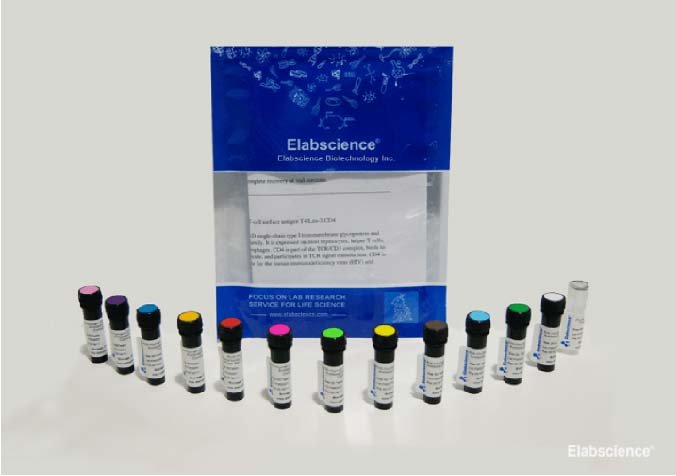
![APC Mouse IgG1, κ Isotype Control[MOPC-21] (E-AB-F09792E)](https://www.unibiotech.in/upload/product/b9ebp0.IYAPE6.jpg)
![FITC Anti-Human CD86 Antibody[BU63] (E-AB-F1012C)](https://www.unibiotech.in/upload/product/uxpmlg.KqfcB2.jpg)
![PE Anti-Human CD5 Antibody[UCHT2] (E-AB-F1041D)](https://www.unibiotech.in/upload/product/xho0ud.MaatQj.jpg)
![PE Anti-Human/Mouse CD44 Antibody[IM7] (E-AB-F1100D)](https://www.unibiotech.in/upload/product/jte9m5.hhsdVJ.jpg)
![FITC Anti-Mouse CD45 Antibody[30-F11] (E-AB-F1136C)](https://www.unibiotech.in/upload/product/dqjdc8.5I3pKa.jpg)
![Elab Fluor® Red 780 Anti-Mouse CD45 Antibody[30-F11] (E-AB-F1136S)](https://www.unibiotech.in/upload/product/dmn1ml.b3Qtia.jpg)
![PE Anti-Human CD45 Antibody[HI30] (E-AB-F1137D)](https://www.unibiotech.in/upload/product/1e9enp.jiPkWC.jpg)
![Elab Fluor®Violet 500 Anti-Human CD45 Antibody[HI30] (E-AB-F1137R)](https://www.unibiotech.in/upload/product/g4rhw9.suRSww.jpg)
![APC Anti-Human CD10 Antibody[HI10a] (E-AB-F1141E)](https://www.unibiotech.in/upload/product/a98cyh.3jtbEX.jpg)
![APC Anti-Human CD206/MMR Antibody[15-2] (E-AB-F1161E)](https://www.unibiotech.in/upload/product/ndq9up.Hoza6p.jpg)
![FITC Anti-Human CD90 Antibody[5E10] (E-AB-F1167C)](https://www.unibiotech.in/upload/product/kkscgc.GSRpx1.jpg)
![PE Anti-Human CD95/Fas Antibody[DX2] (E-AB-F1168D)](https://www.unibiotech.in/upload/product/9osq50.mAlW0E.jpg)
![PE Anti-Human CD14 Antibody[M5E2] (E-AB-F1209D)](https://www.unibiotech.in/upload/product/l8cqr1.pdBirr.jpg)
![Purified Anti-Human CD40 Antibody[G28.5] (E-AB-F1214A)](https://www.unibiotech.in/upload/product/oev5c4.TBdS3j.jpg)
![FITC Anti-Human CD3 Antibody[UCHT1] (E-AB-F1230C)](https://www.unibiotech.in/upload/product/1cir10.r26K0r.jpg)
![FITC Anti-Human CD16 Antibody[3G8] (E-AB-F1236C)](https://www.unibiotech.in/upload/product/ixflal.LAkSs3.jpg)
![FITC Anti-Human CD19 Antibody[HI19a] (E-AB-F1304C)](https://www.unibiotech.in/upload/product/4uhkut.dG1aye.jpg)
![APC Anti-Rat CD161 Antibody[3.2.3] (E-AB-F1307E)](https://www.unibiotech.in/upload/product/znffd8.0jC4RA.jpg)
![FITC Mouse IgG1, κ Isotype Control[MOPC-21] (E-AB-F09792C)](https://www.unibiotech.in/upload/product/4urzjp.w4XLDZ.jpg)
![PE Anti-Mouse CD86 Antibody[GL-1] (E-AB-F0994D)](https://www.unibiotech.in/upload/product/5utirh.E1WNVW.jpg)
![FITC Anti-Human CD86 Antibody[BU63] (E-AB-F1012C)](https://www.unibiotech.in/upload/product/uxpmlg-(1).X1tXgR.jpg)
![FITC Anti-Mouse CD3 Antibody[17A2] (E-AB-F1013C)](https://www.unibiotech.in/upload/product/0ker50.5vW0XL.jpg)
![APC Anti-Human CD31 Antibody[158-2B3] (E-AB-F1050E)](https://www.unibiotech.in/upload/product/b5ssoc.NVLTCK.jpg)
![FITC Anti-Human CD47 Antibody[CC2C6D4] (E-AB-F1060C)](https://www.unibiotech.in/upload/product/0sylad.vnnhae.jpg)
![FITC Anti-Human CD64 Antibody[10.1] (E-AB-F1082C)](https://www.unibiotech.in/upload/product/4ouhk8.LxQC47.jpg)
![PE Anti-Human CD64 Antibody[10.1] (E-AB-F1082D)](https://www.unibiotech.in/upload/product/dssexd.tRT2YO.jpg)
![Purified Anti-Human CD9 Antibody[HI9a] (E-AB-F1086A)](https://www.unibiotech.in/upload/product/tuhmvl.v9KrVJ.jpg)
![FITC Anti-Human CD41 Antibody[HIP8] (E-AB-F1088C)](https://www.unibiotech.in/upload/product/ypyvr9.dvsx15.jpg)
![PerCP Anti-Mouse CD4 Antibody[GK1.5] (E-AB-F1097F)](https://www.unibiotech.in/upload/product/ox1kph.skeV3F.jpg)
![FITC Anti-Human/Mouse CD44 Antibody[IM7] (E-AB-F1100C)](https://www.unibiotech.in/upload/product/oqf18k.N92aW5.jpg)
![PE/Cyanine5 Anti-Human CD4 Antibody[RPA-T4] (E-AB-F1109G)](https://www.unibiotech.in/upload/product/b9mzfd.6s56NH.jpg)
![FITC Anti-Human CD8a Antibody[OKT-8] (E-AB-F1110C)](https://www.unibiotech.in/upload/product/1oinzp.wDZwiX.jpg)




















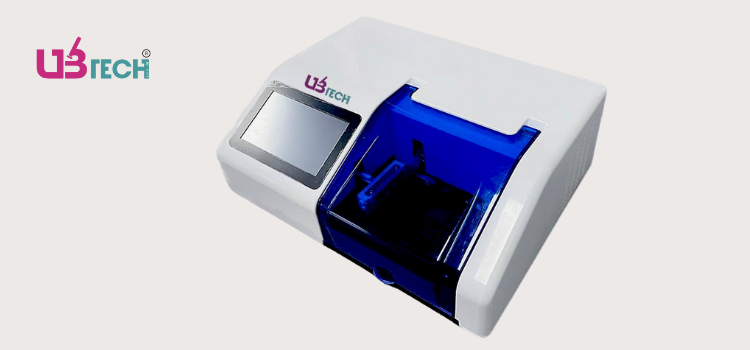



































































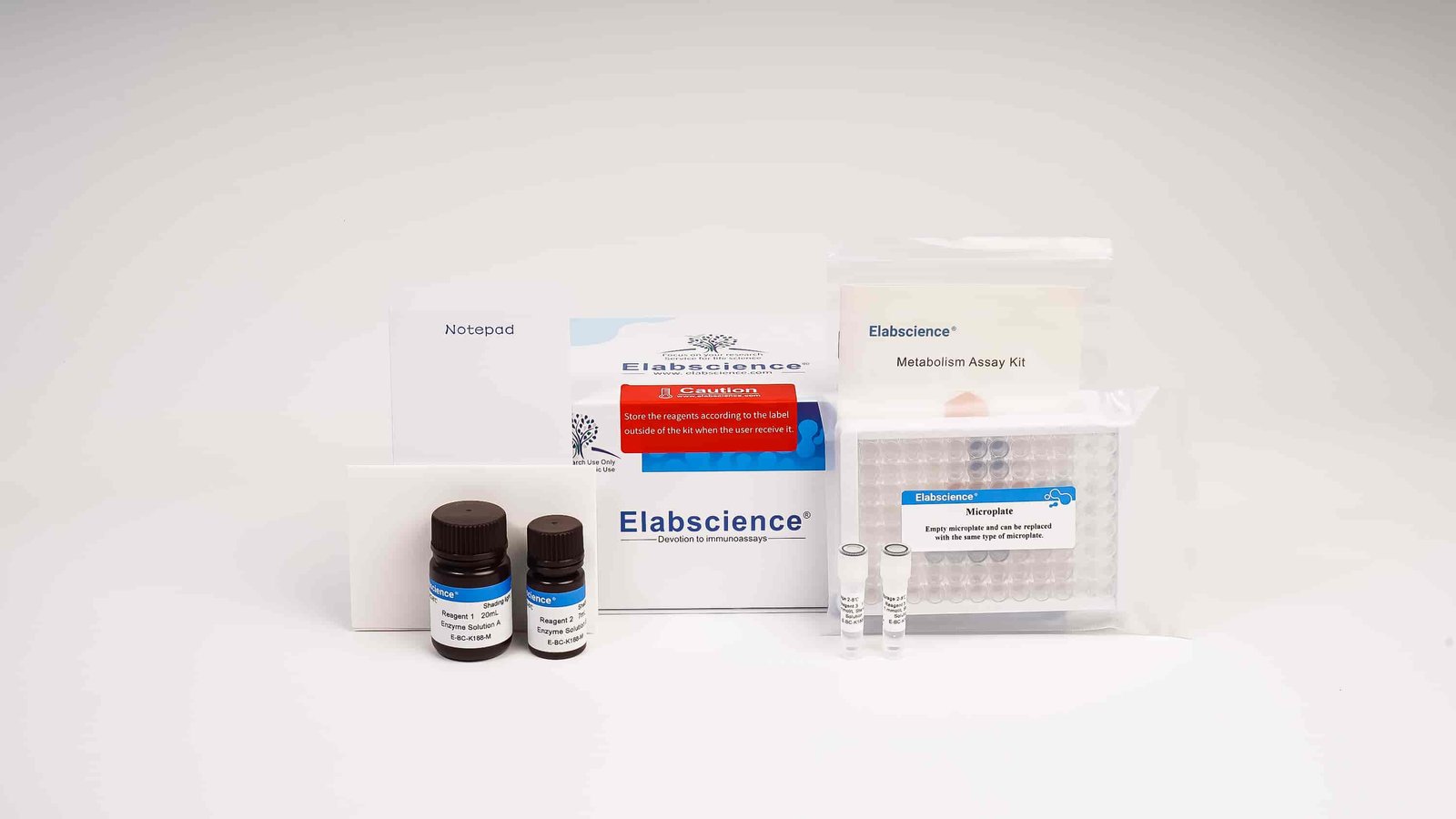

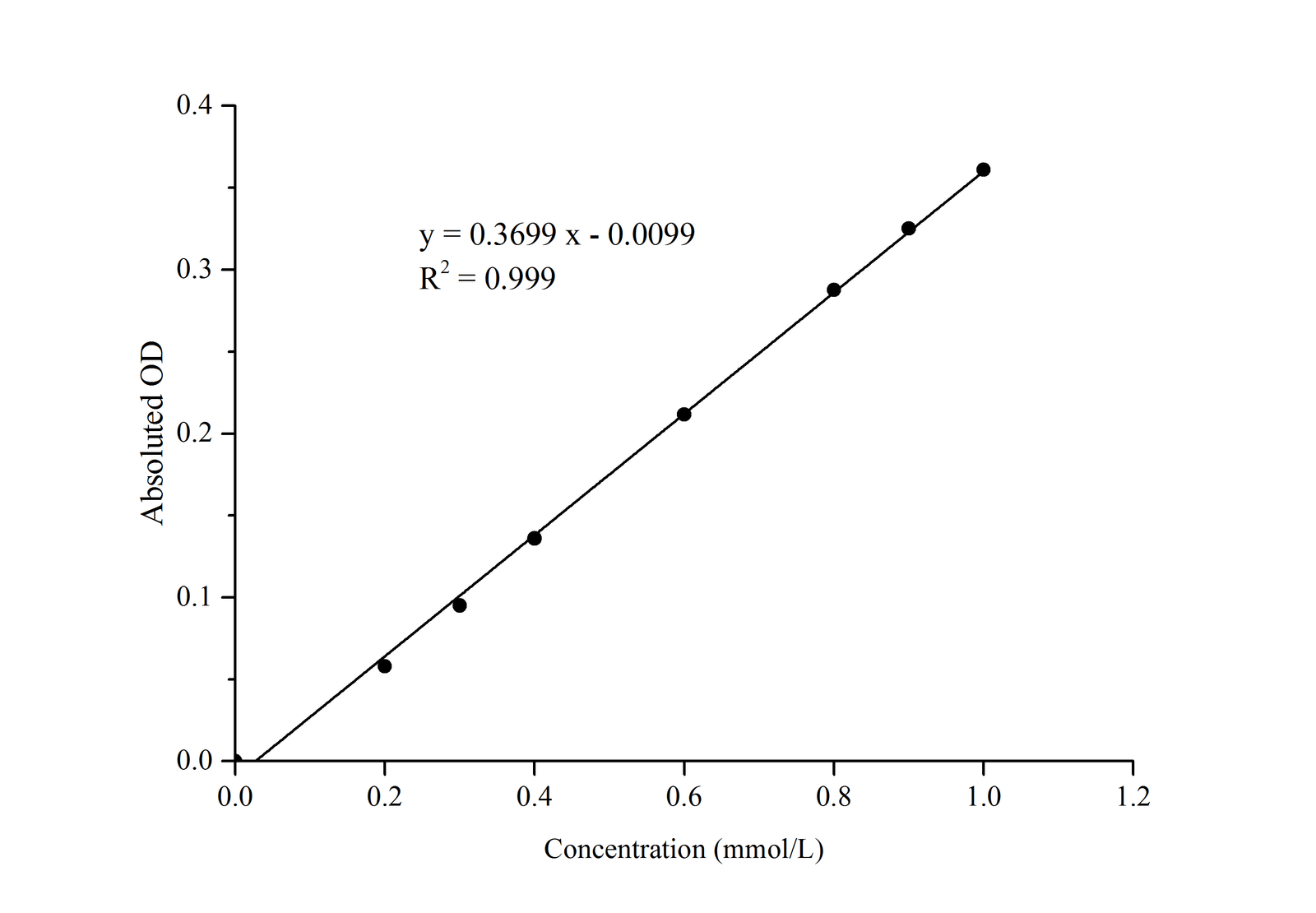
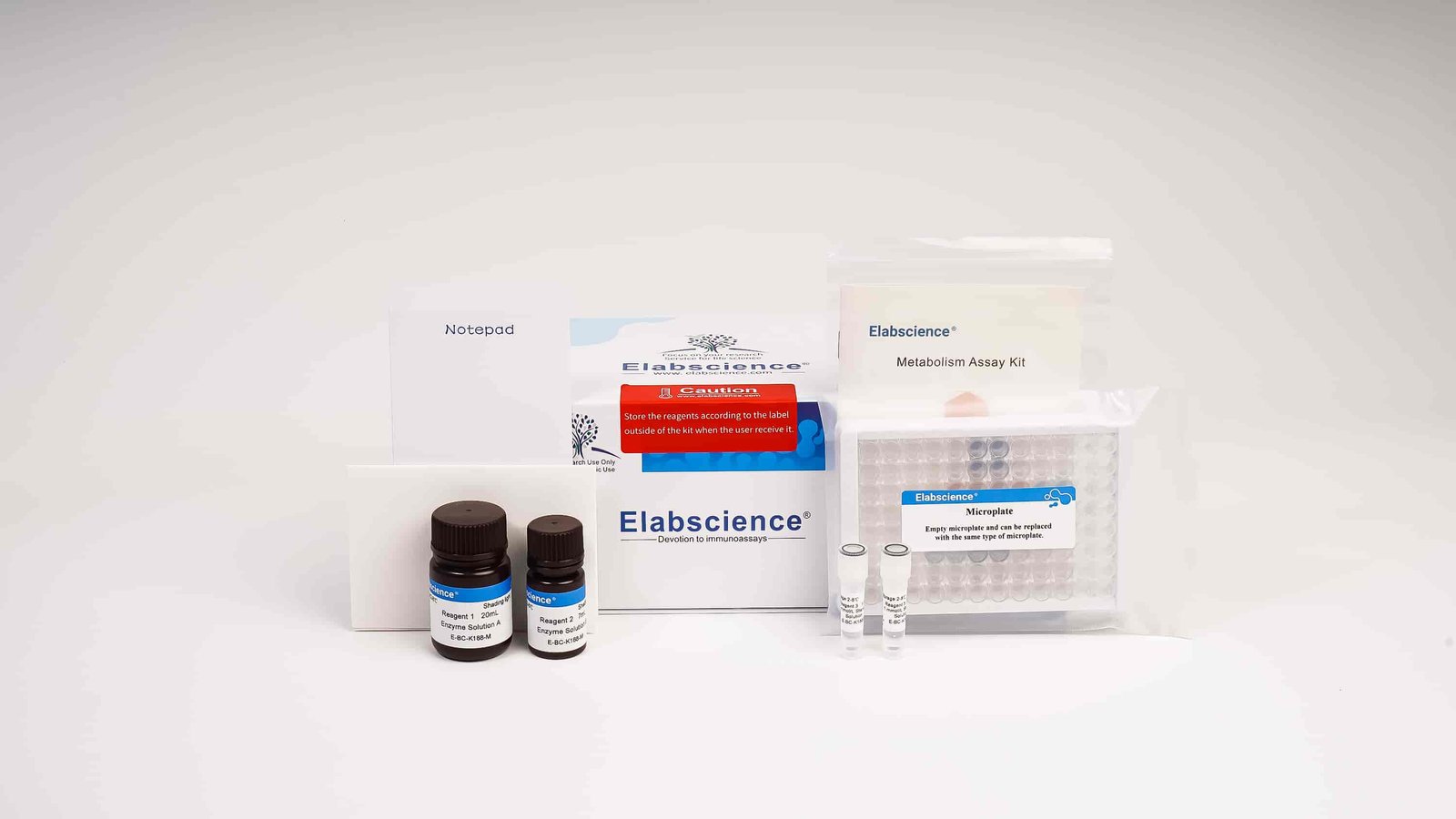

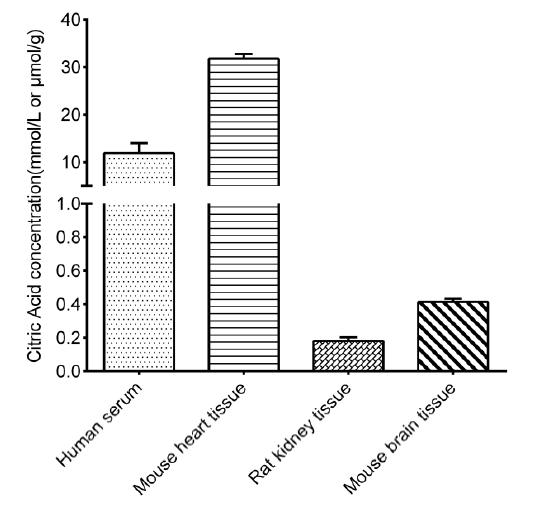

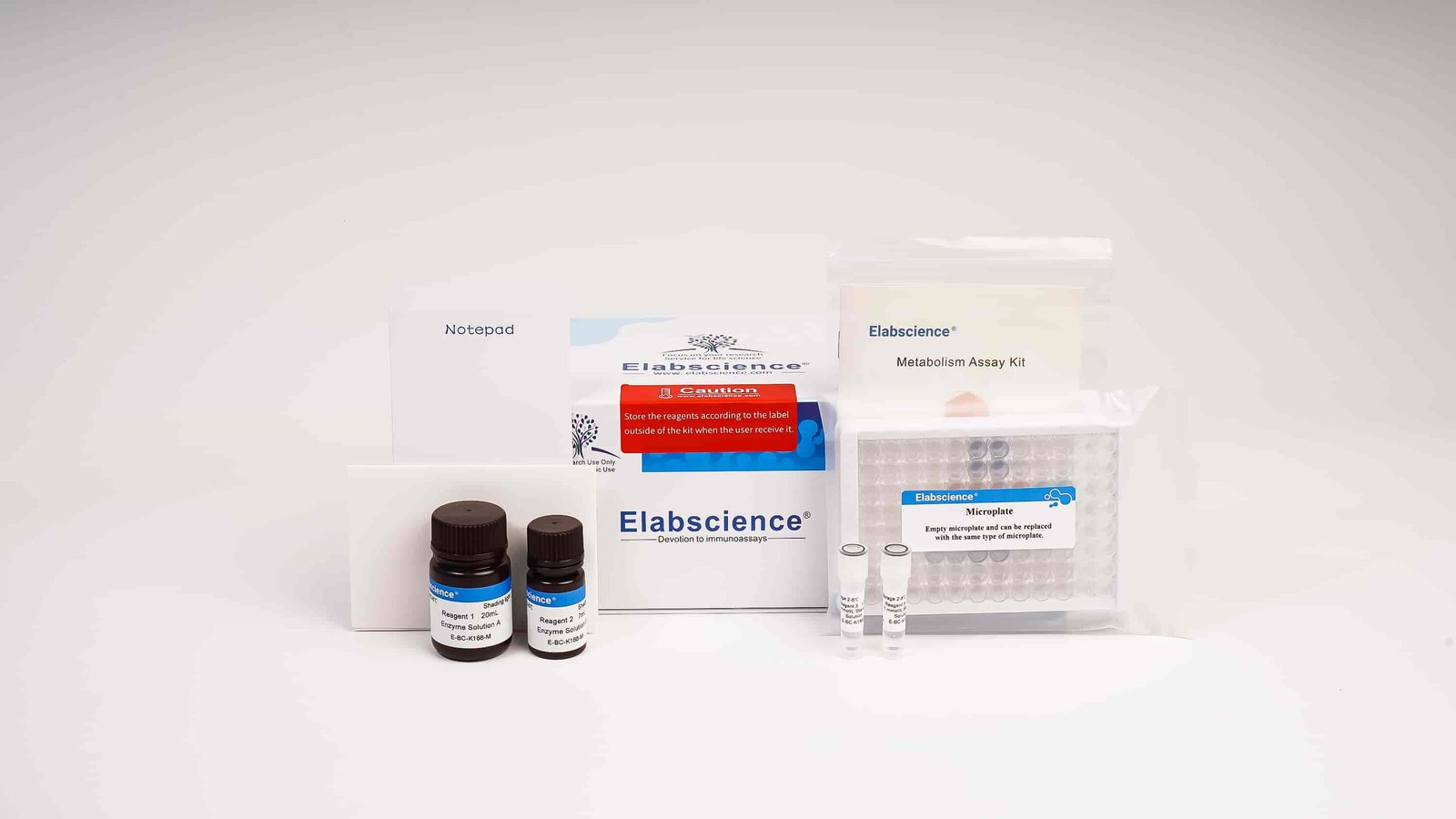
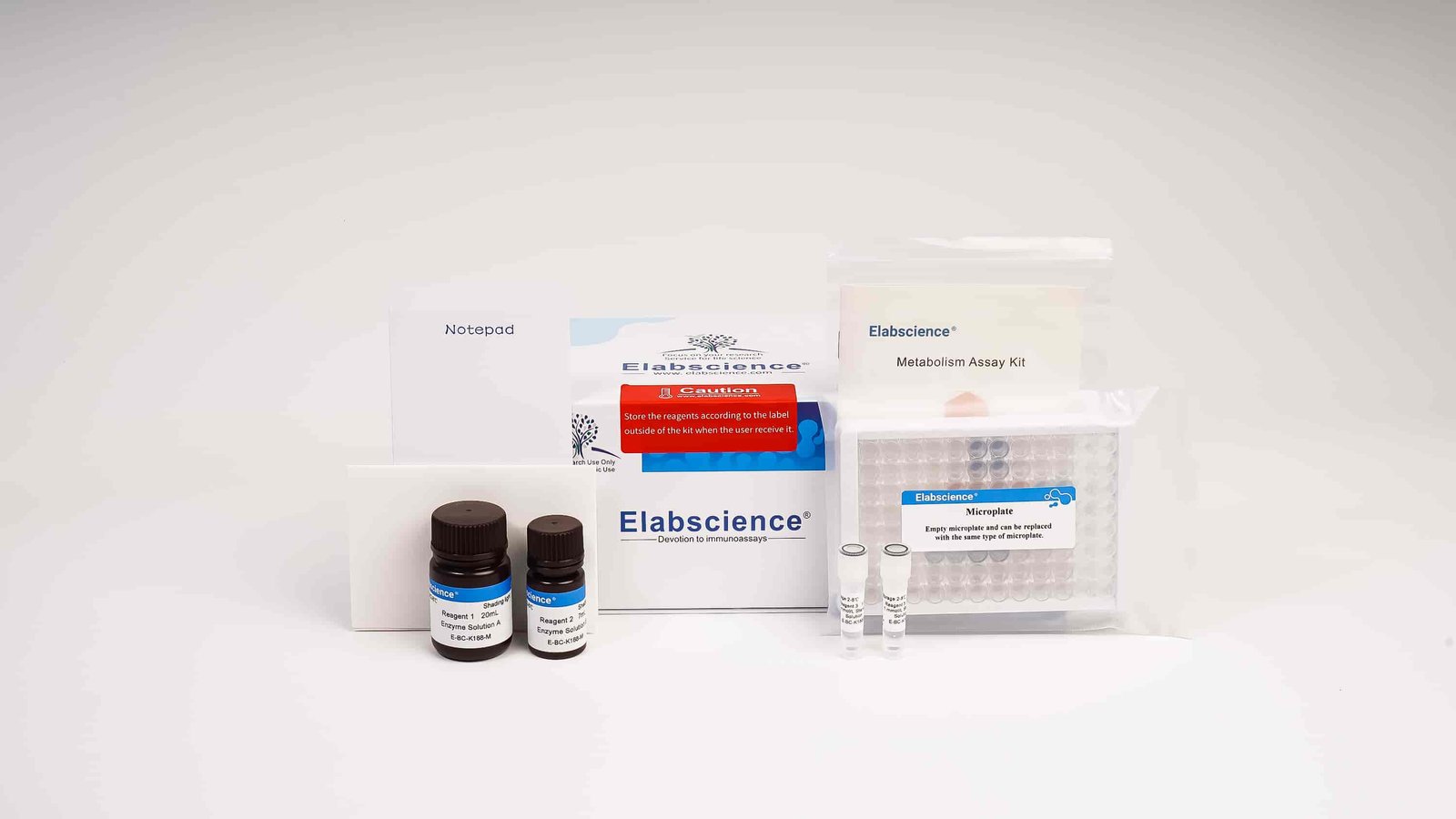
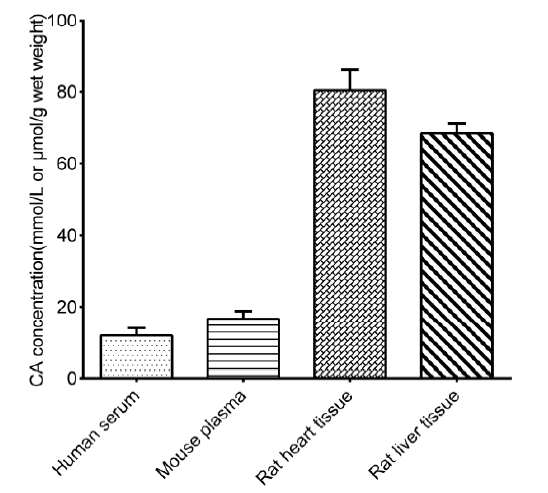

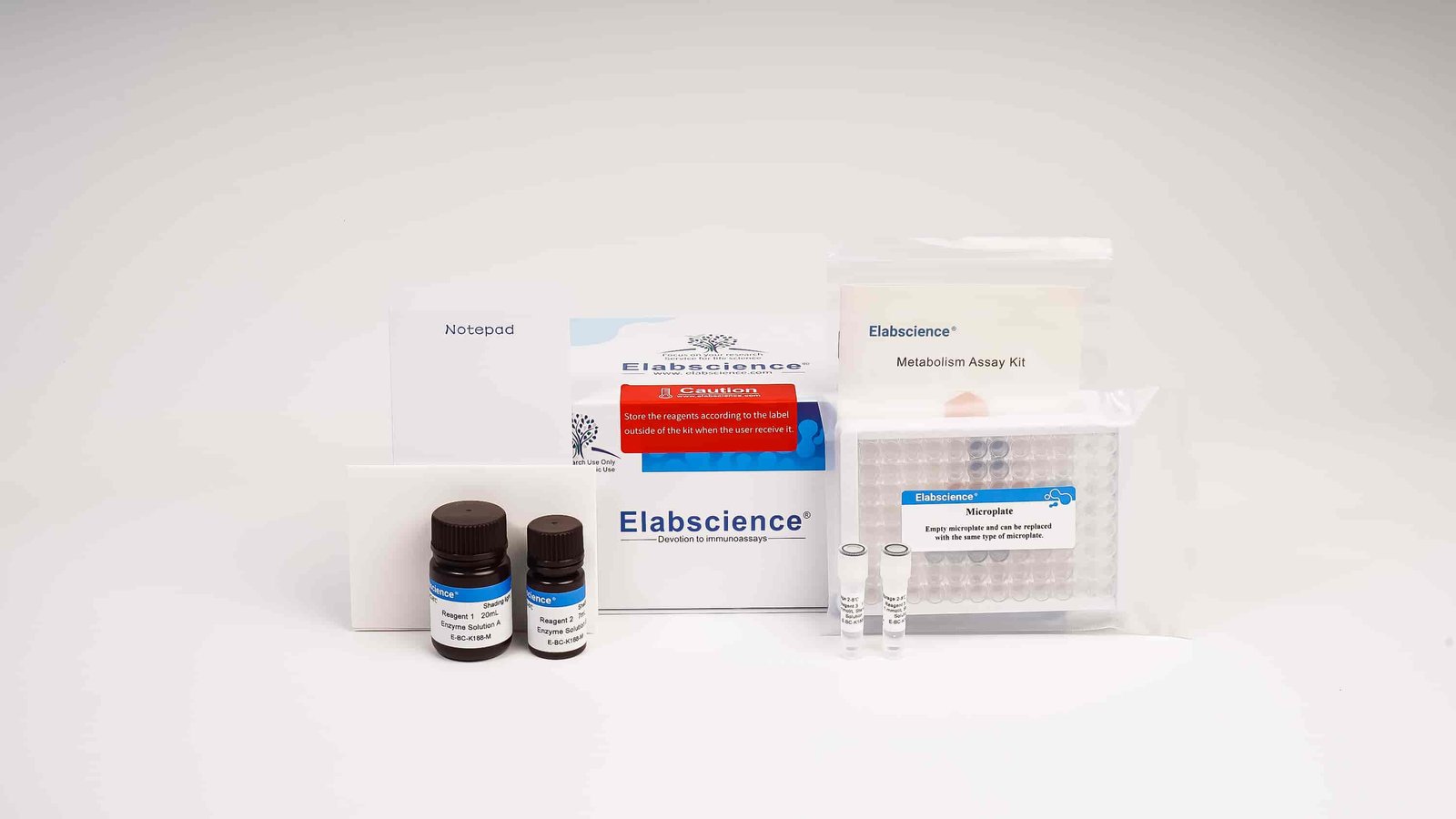


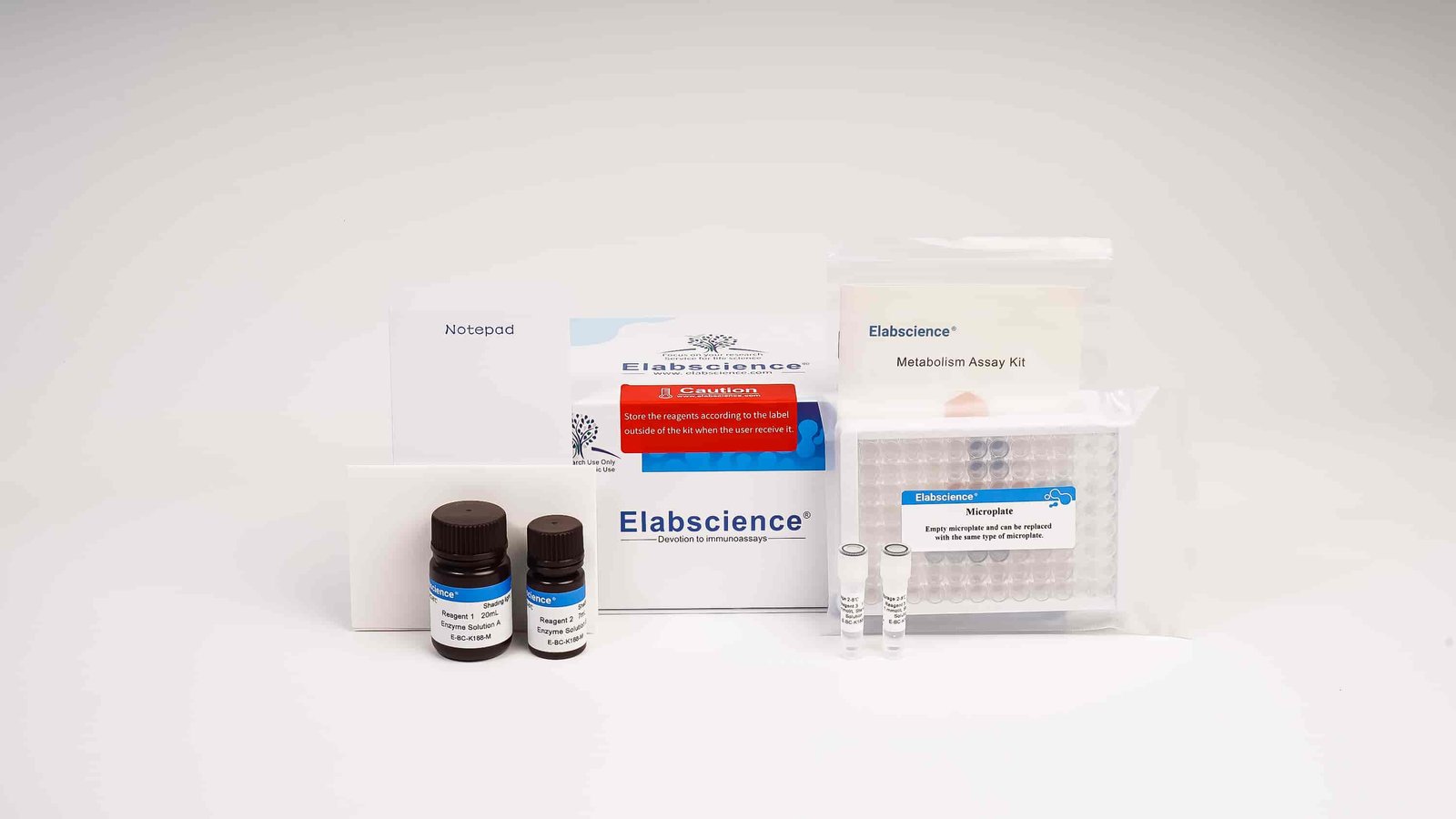
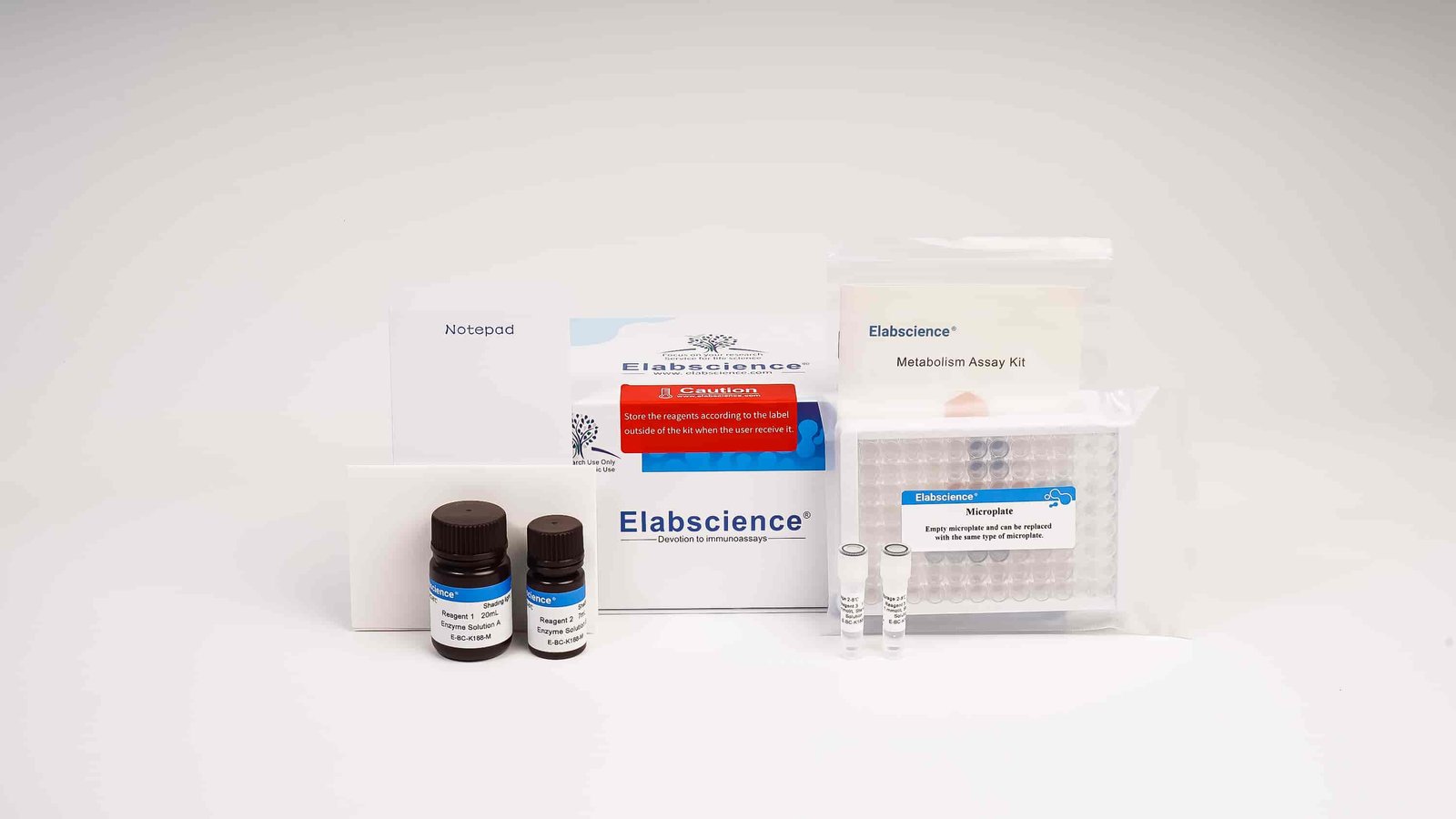


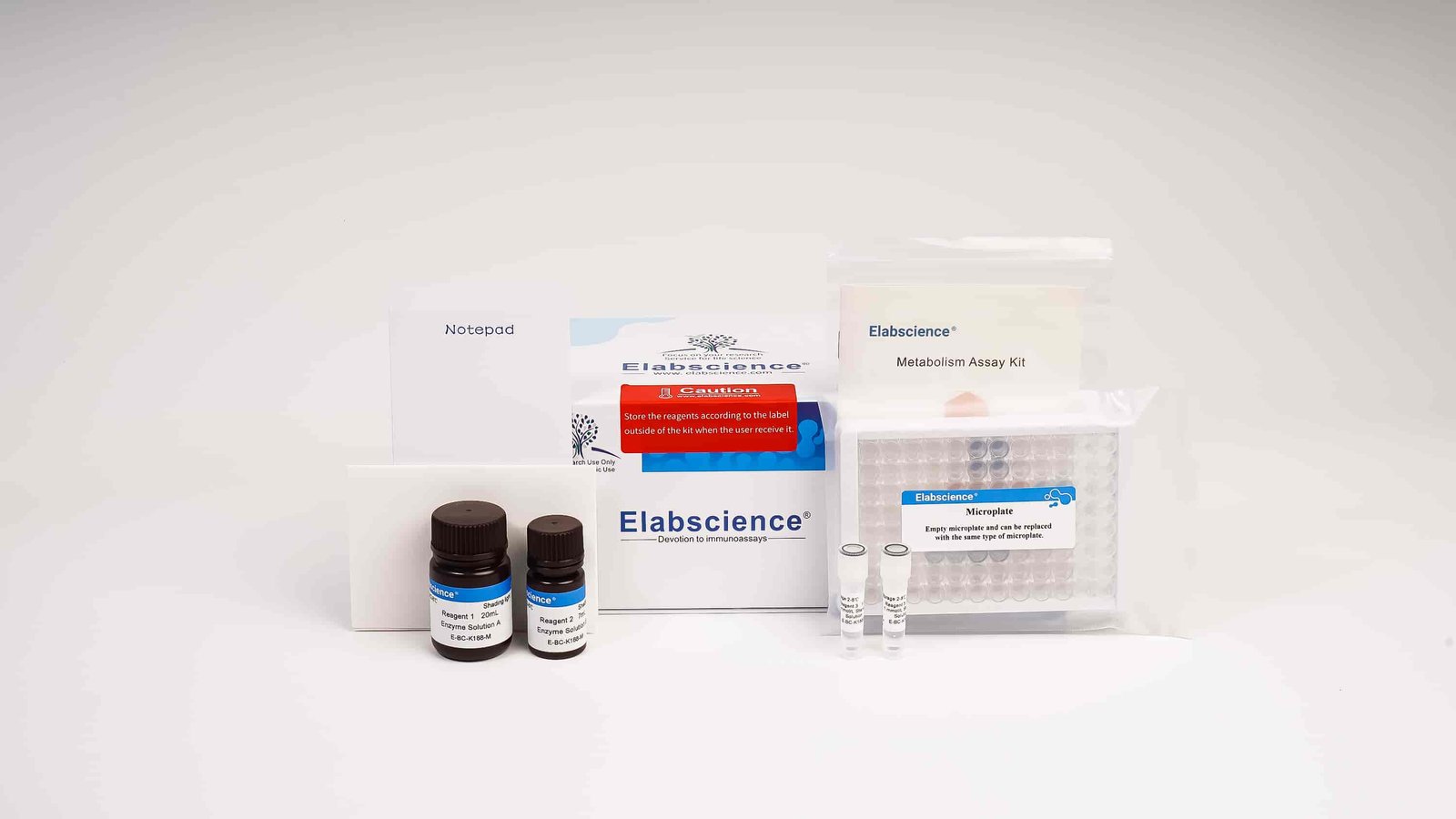
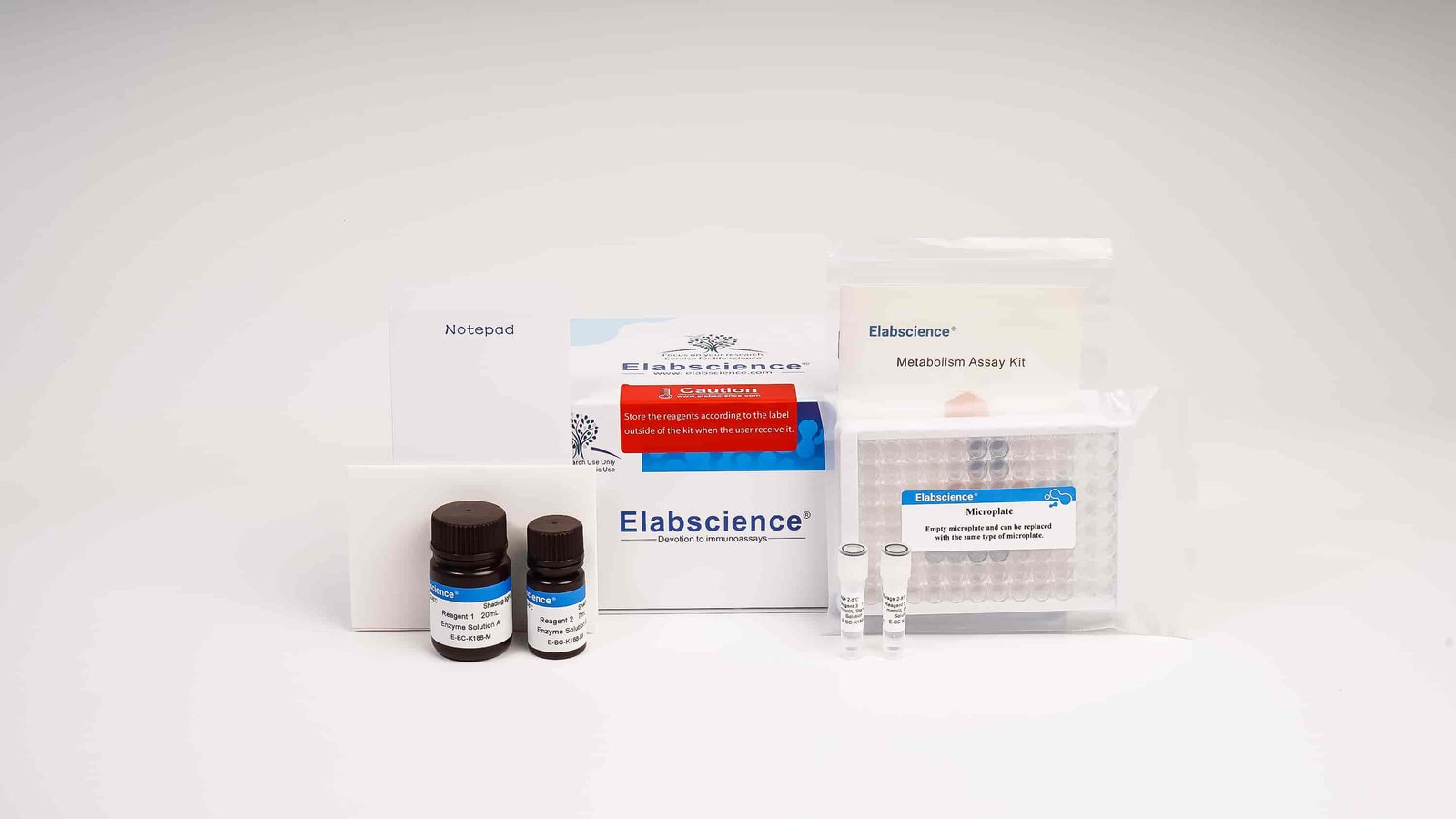


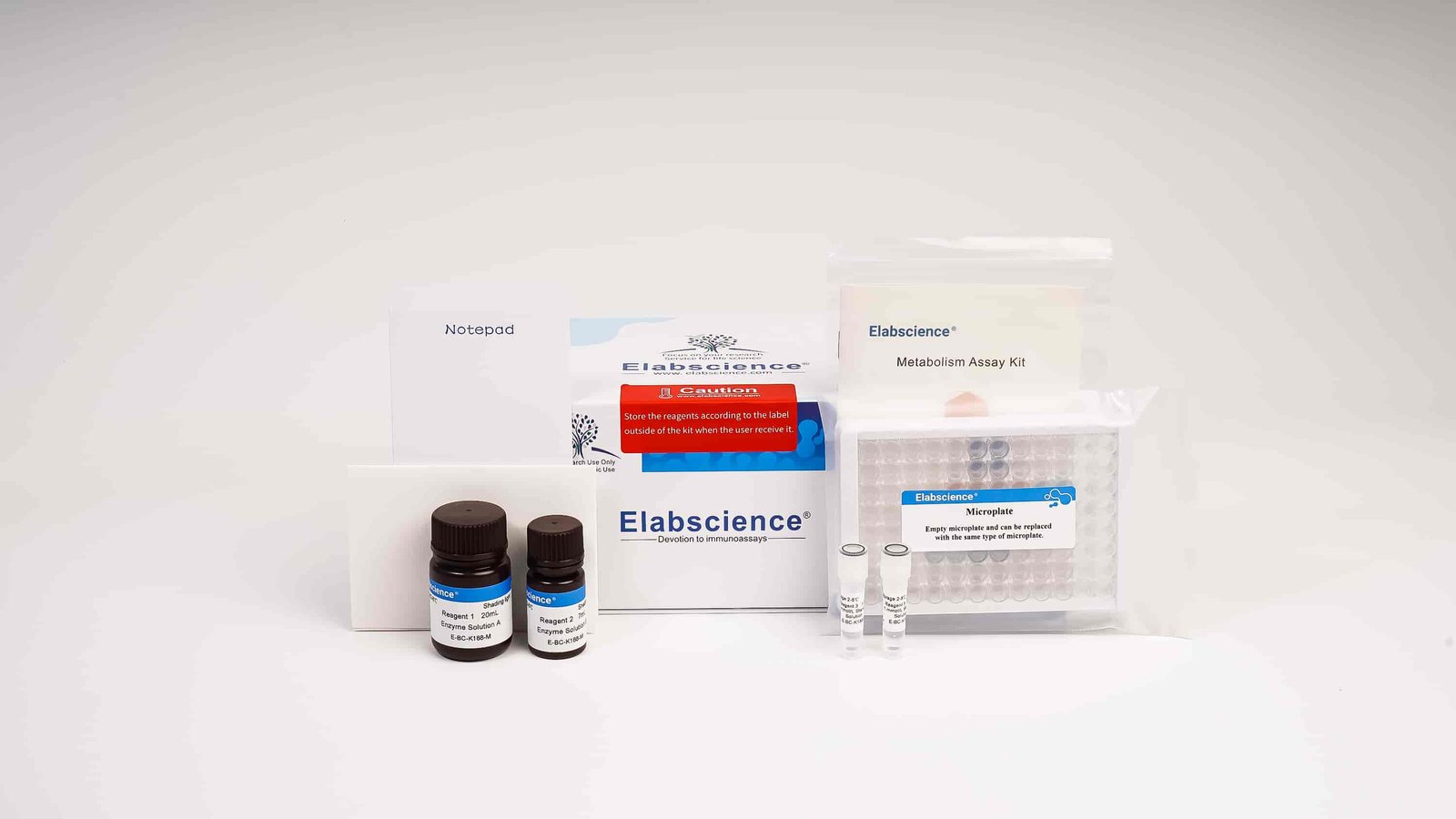



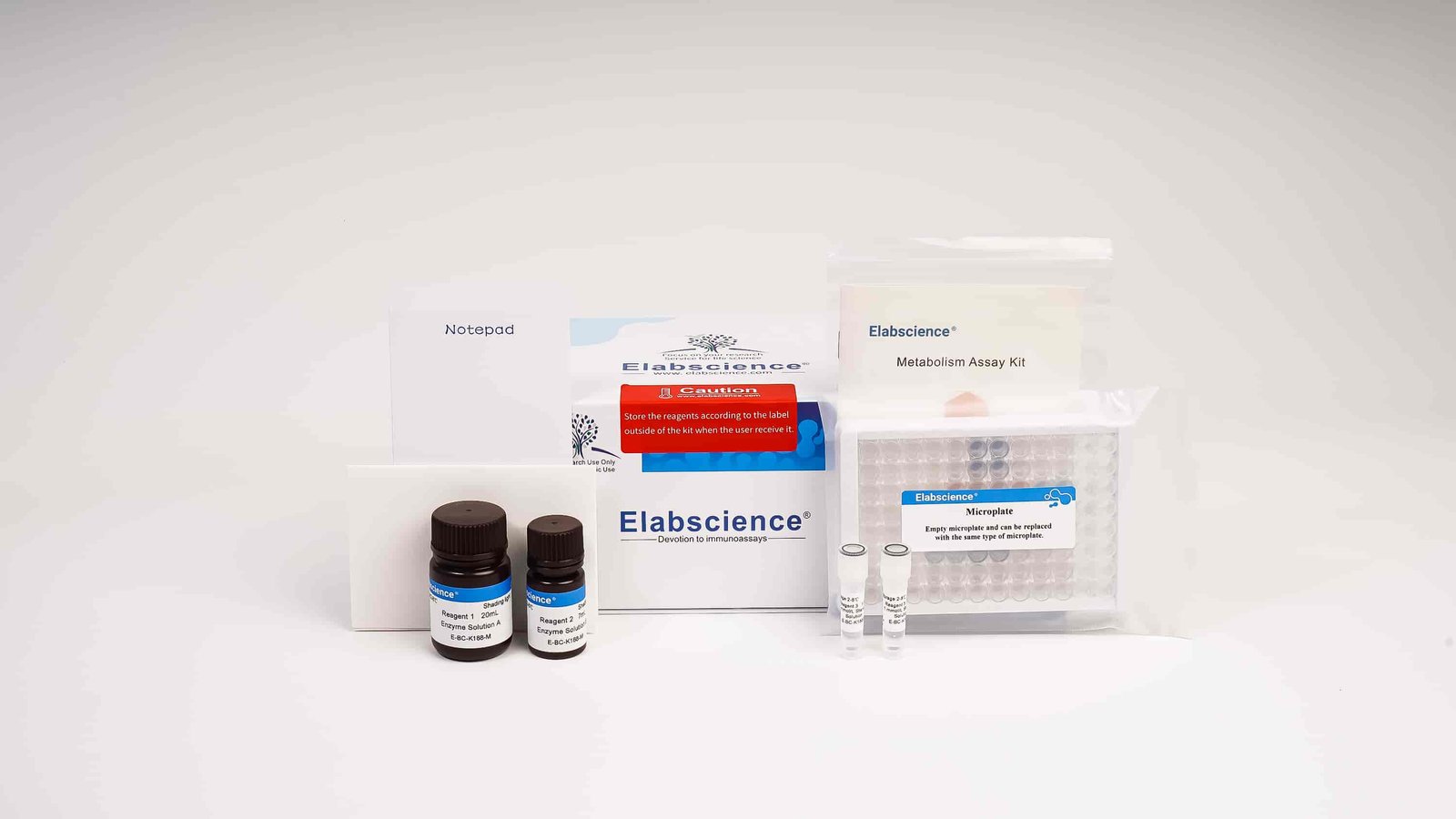


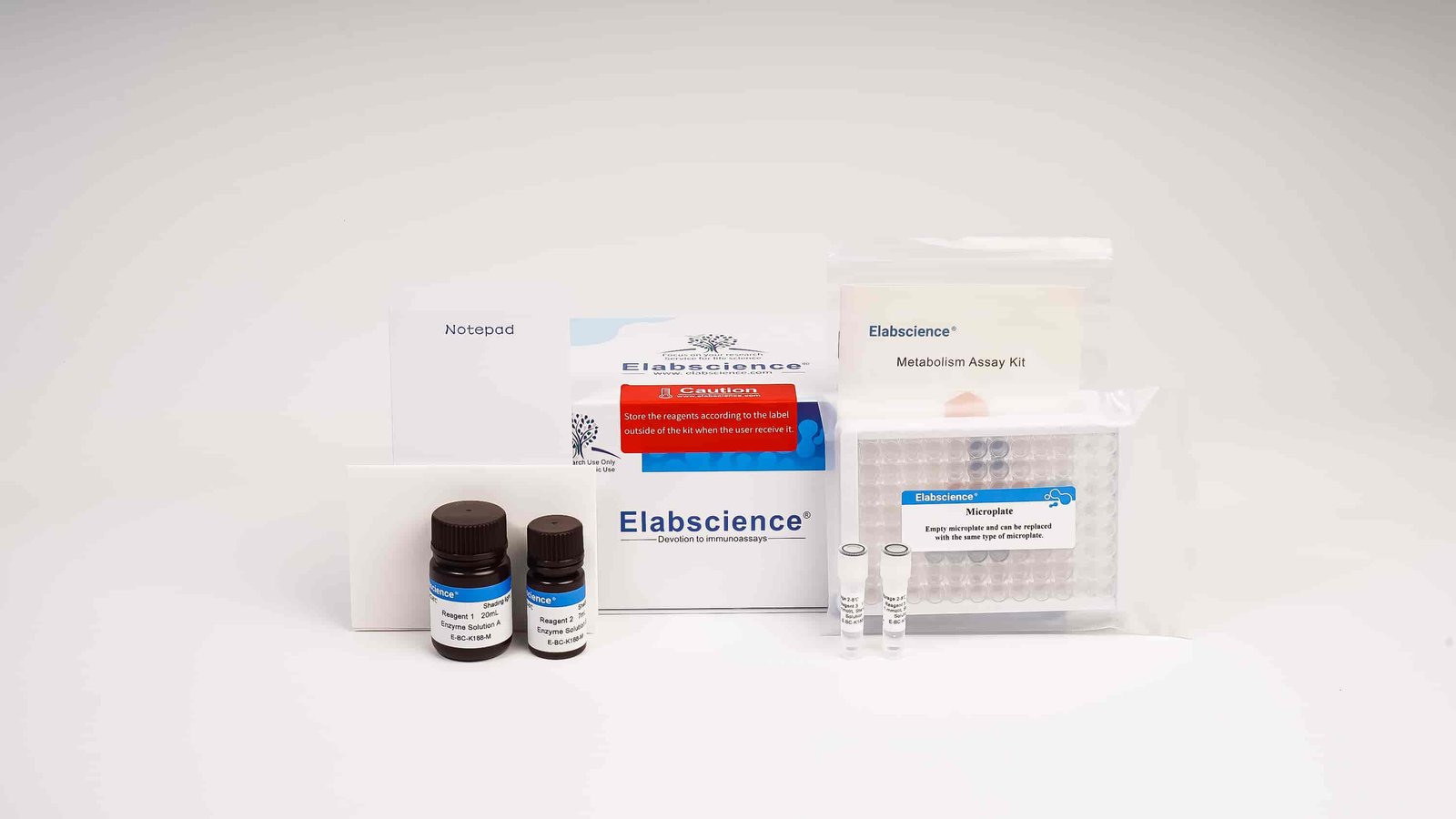

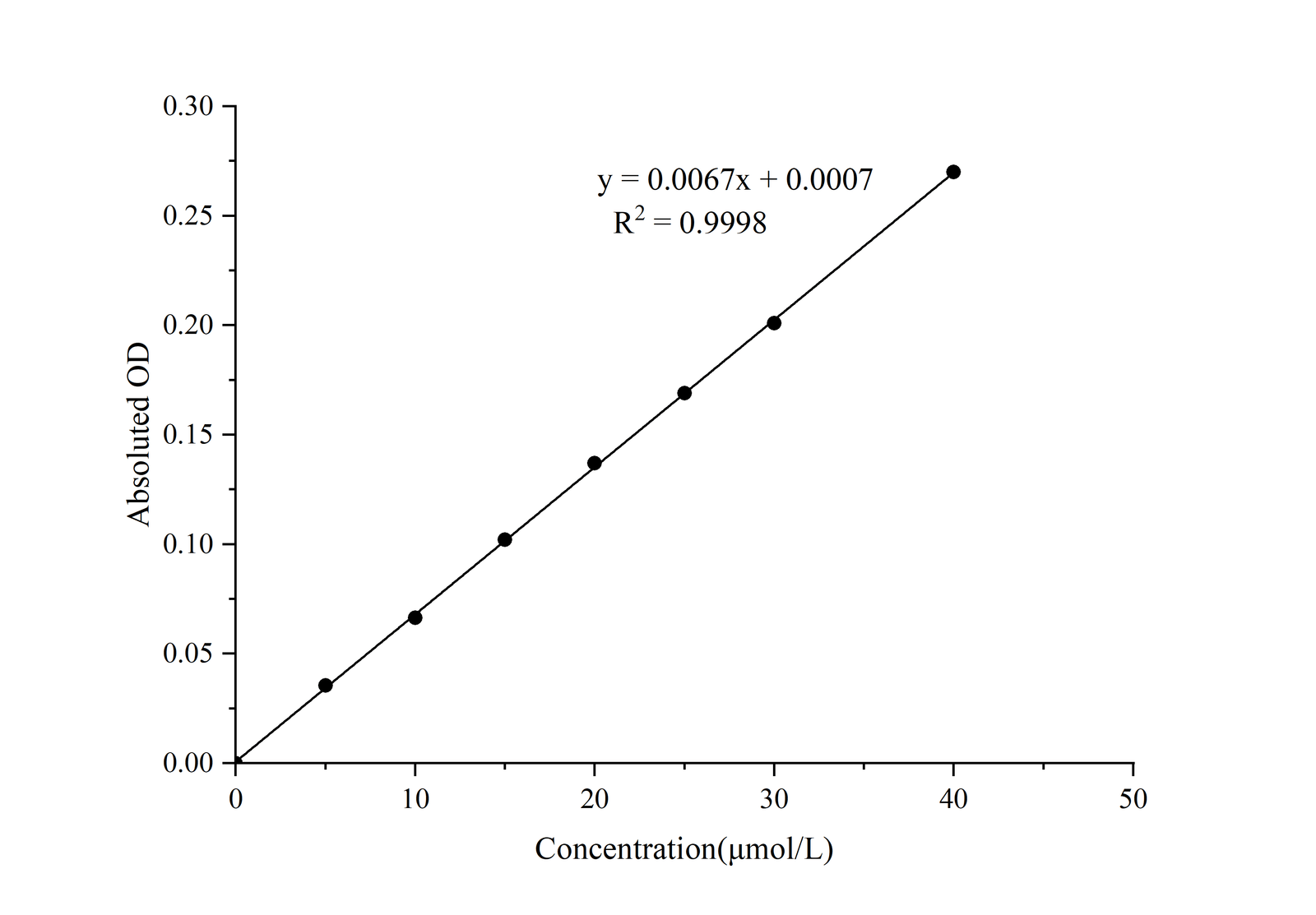
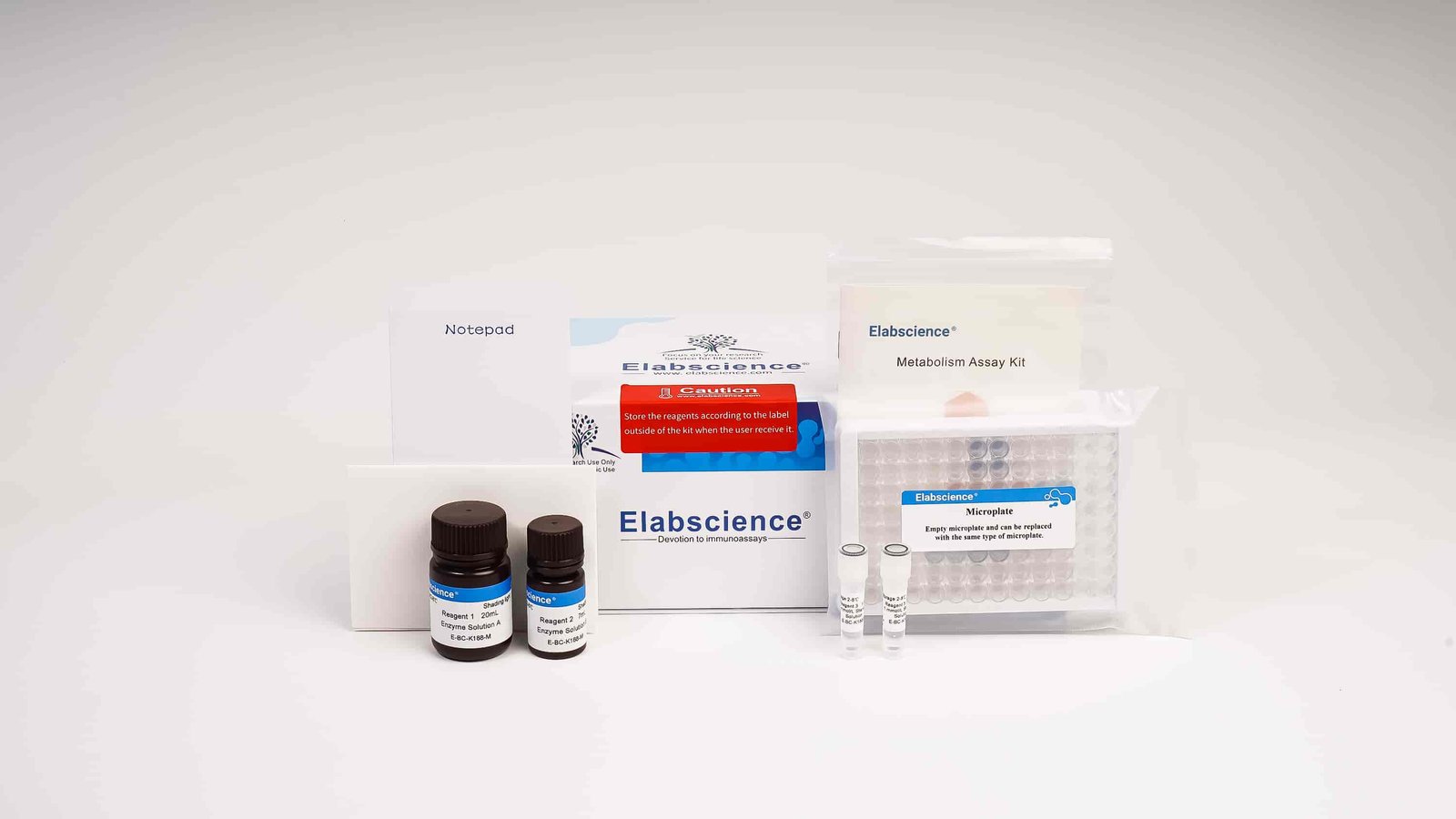
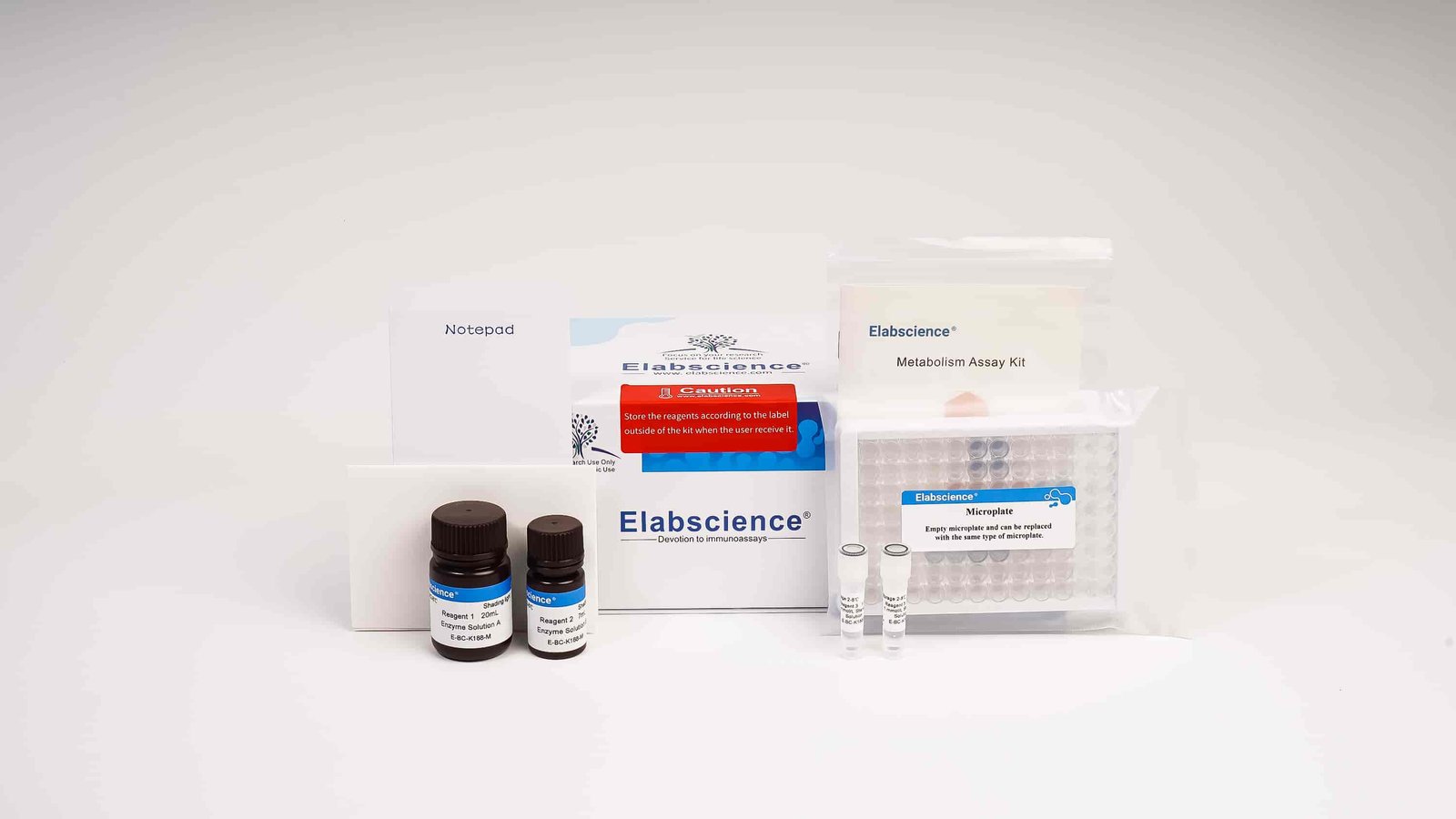
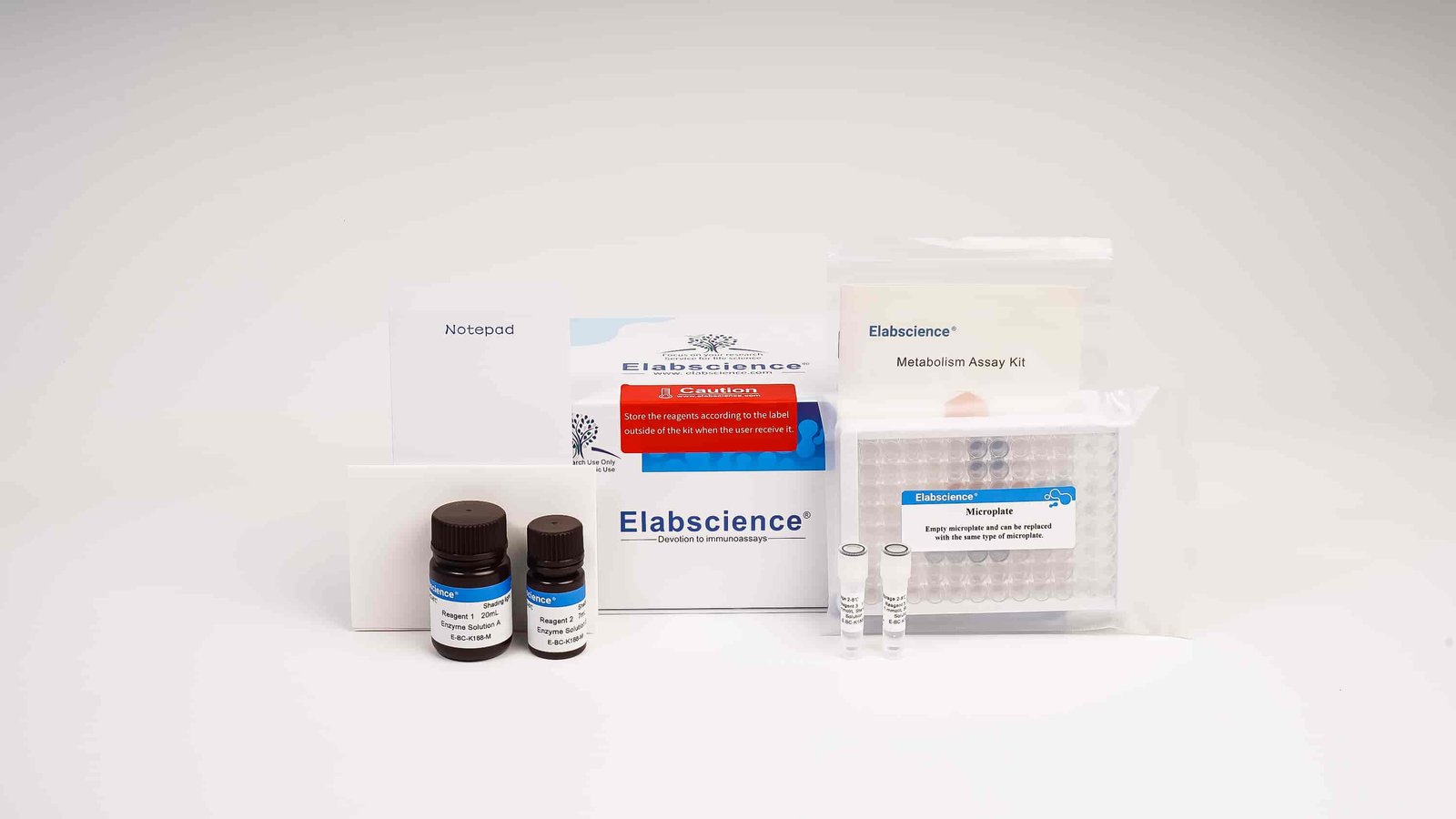
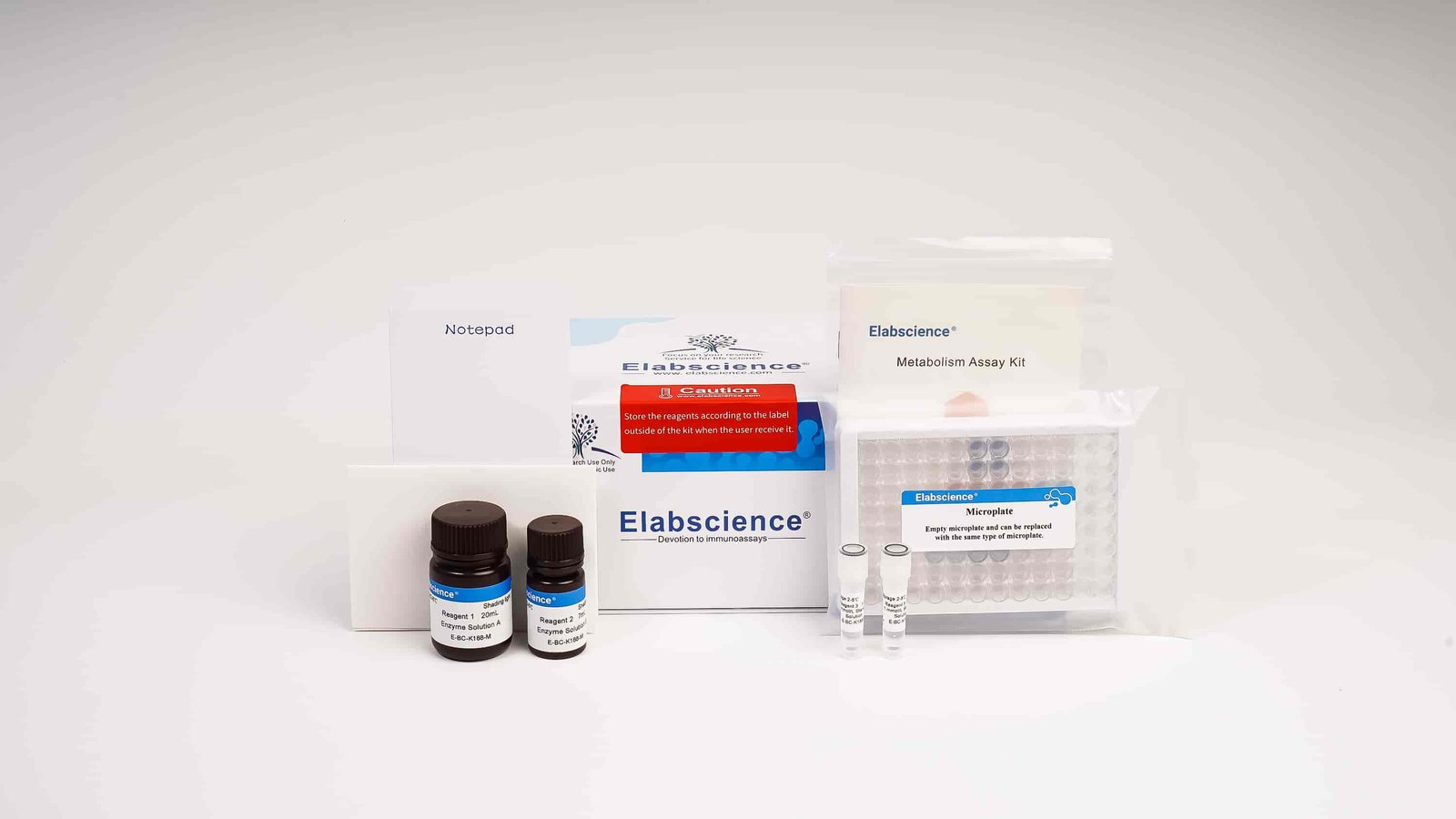
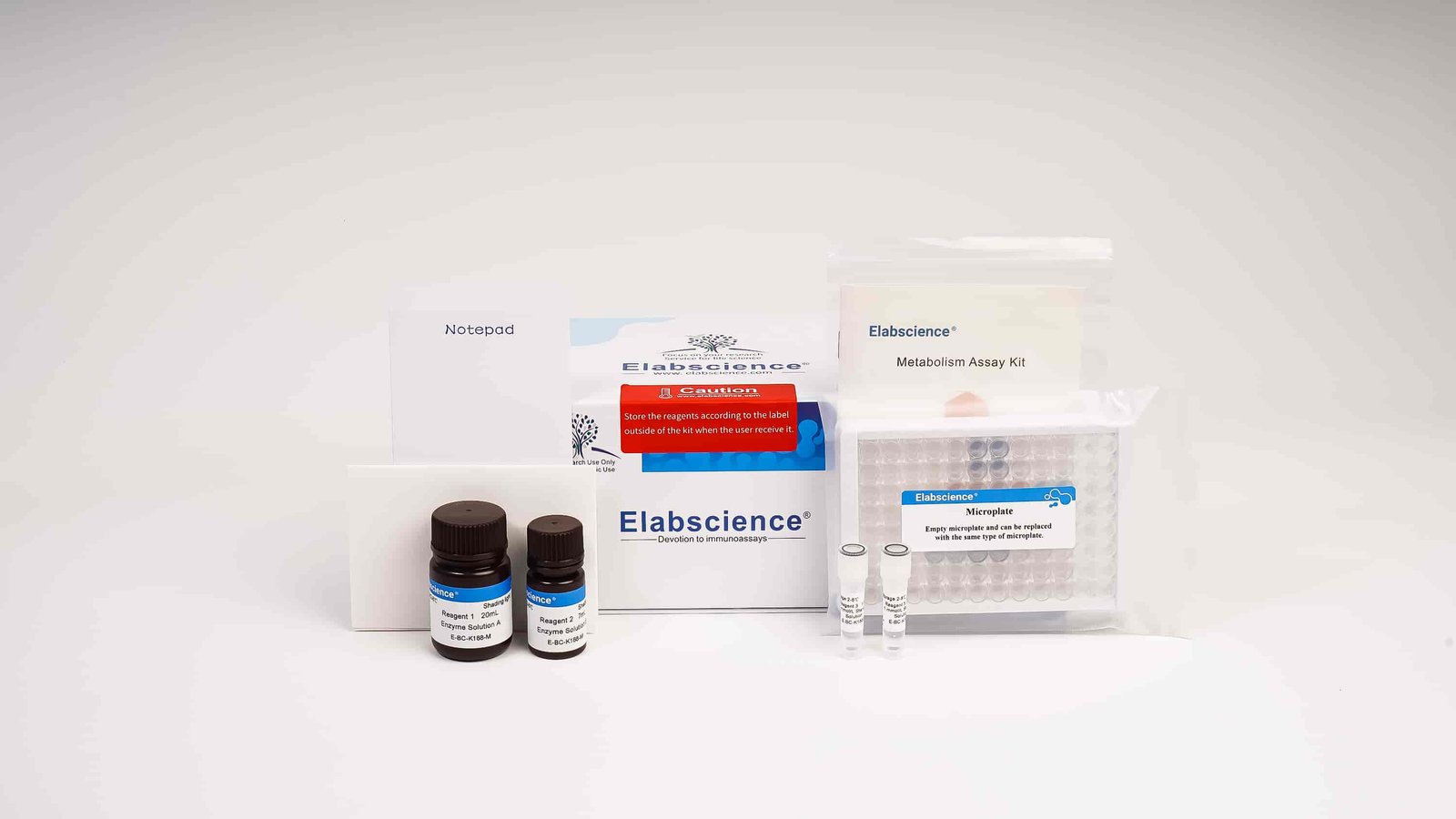
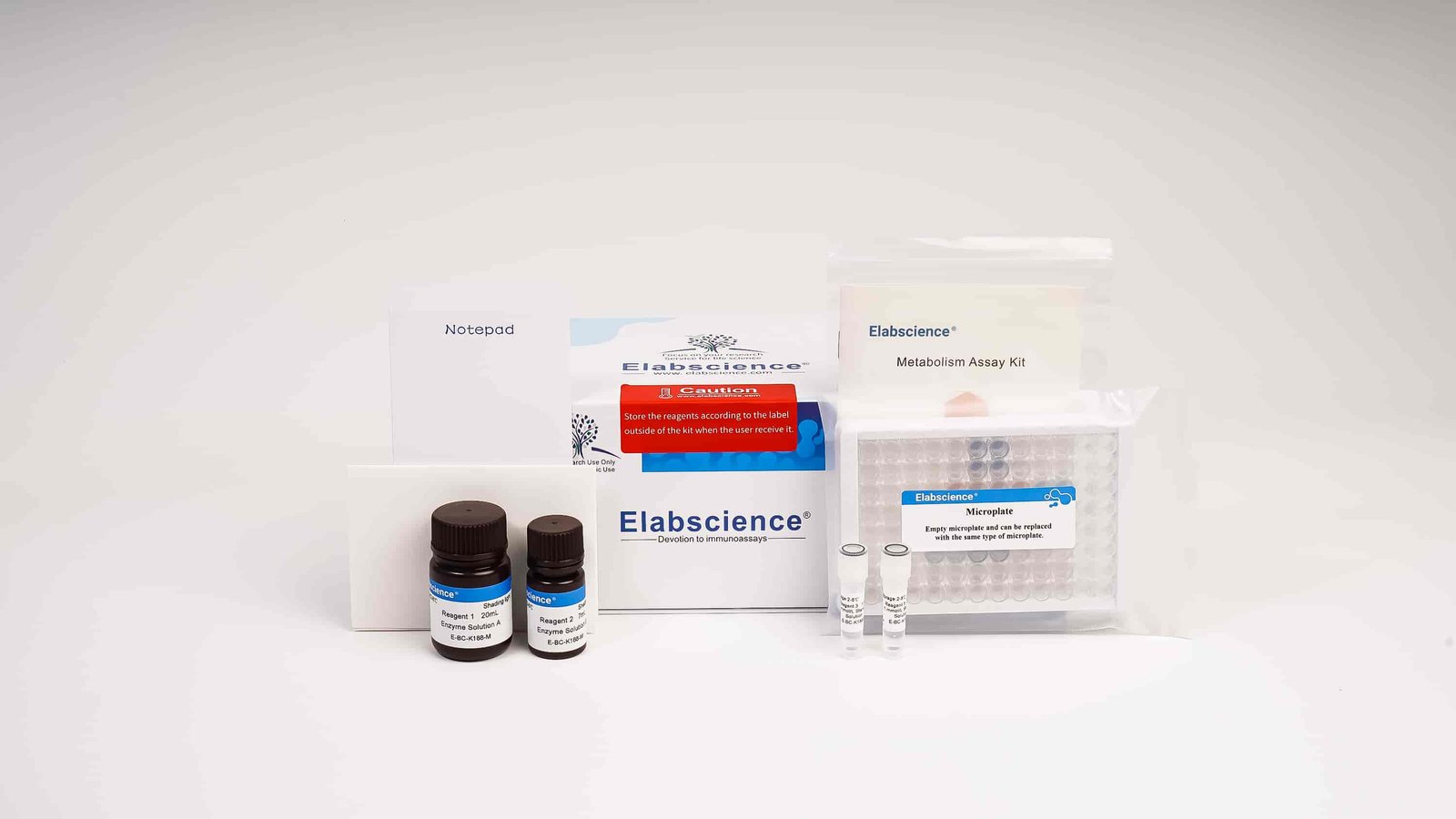

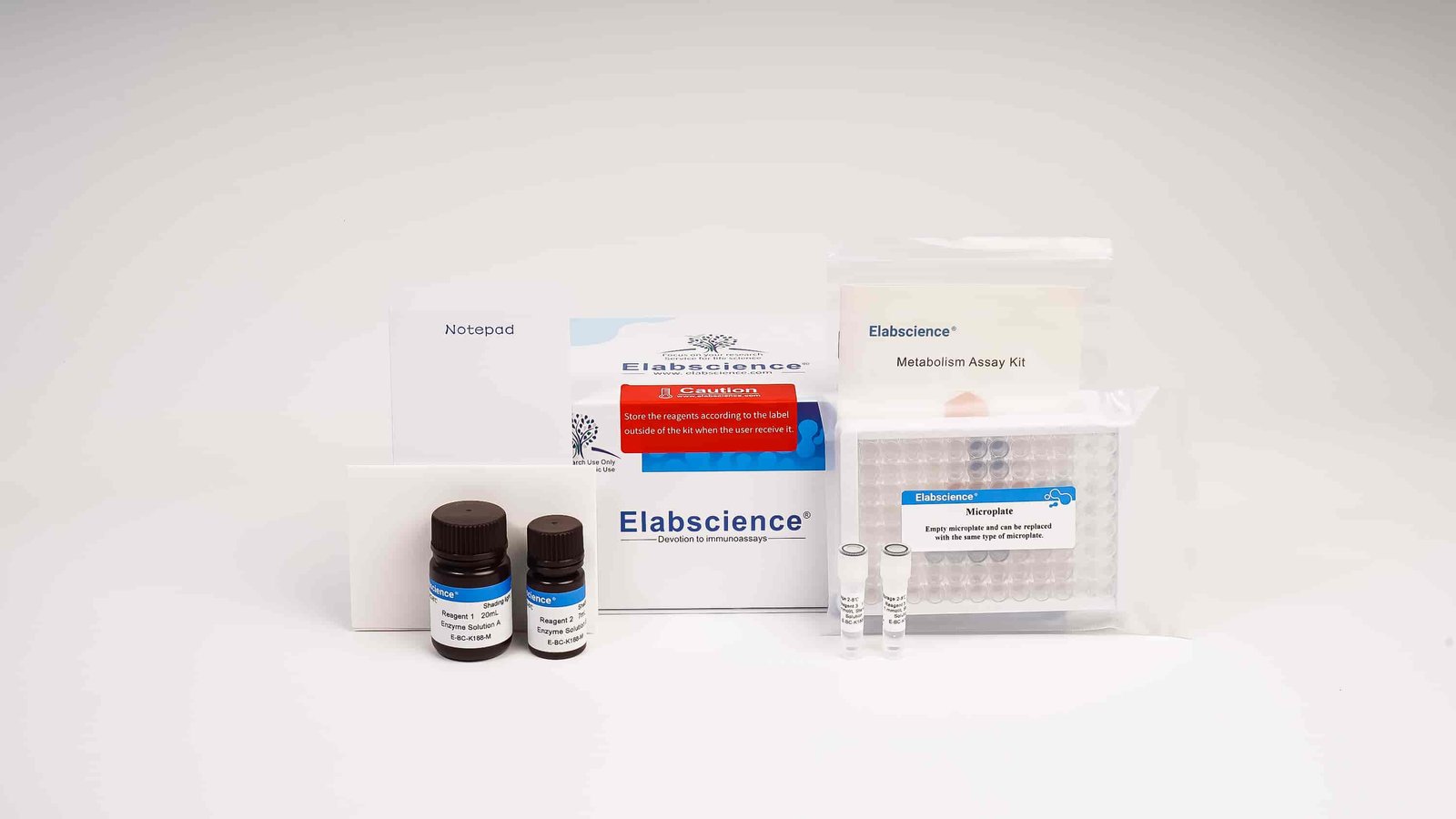
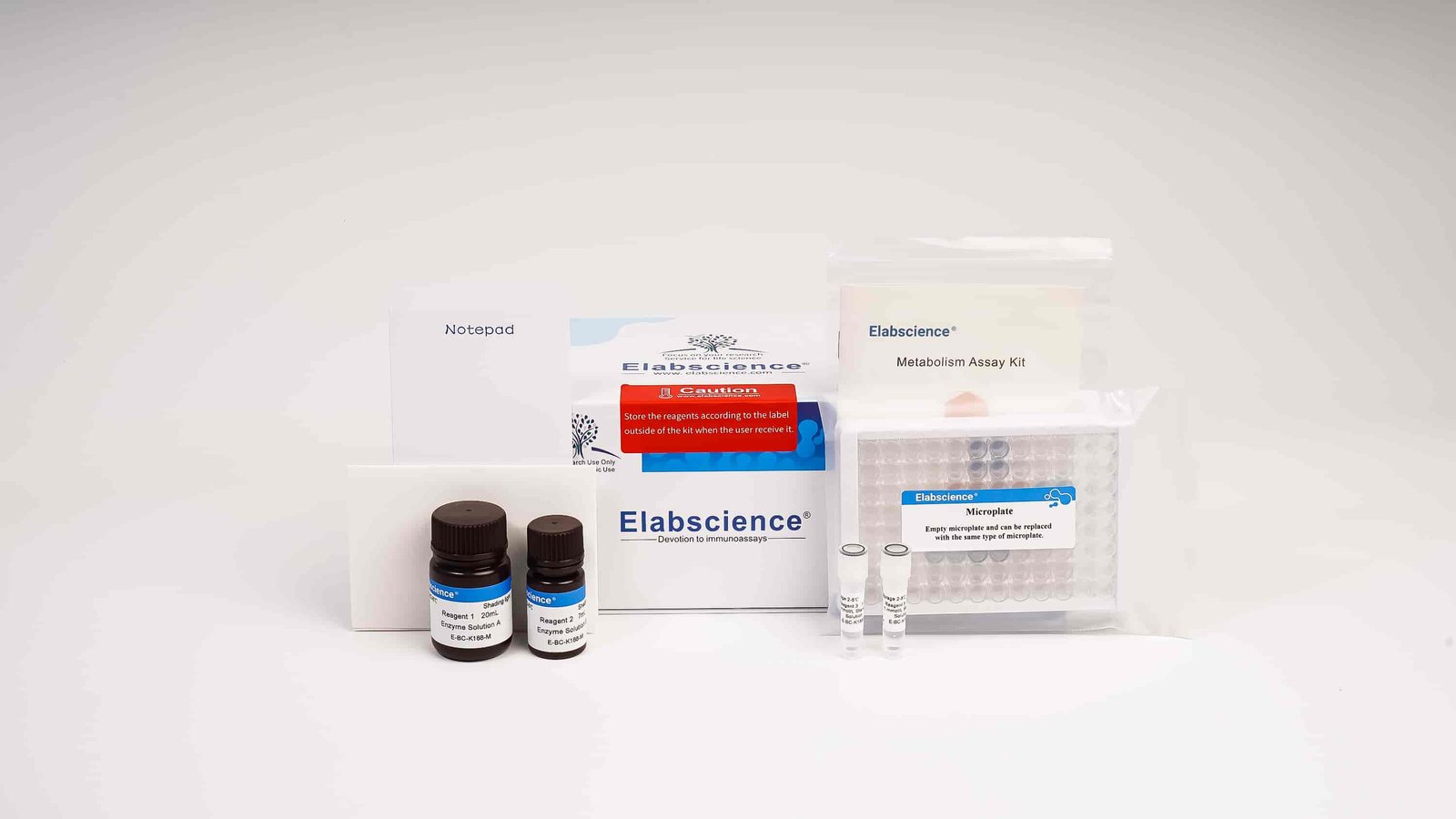
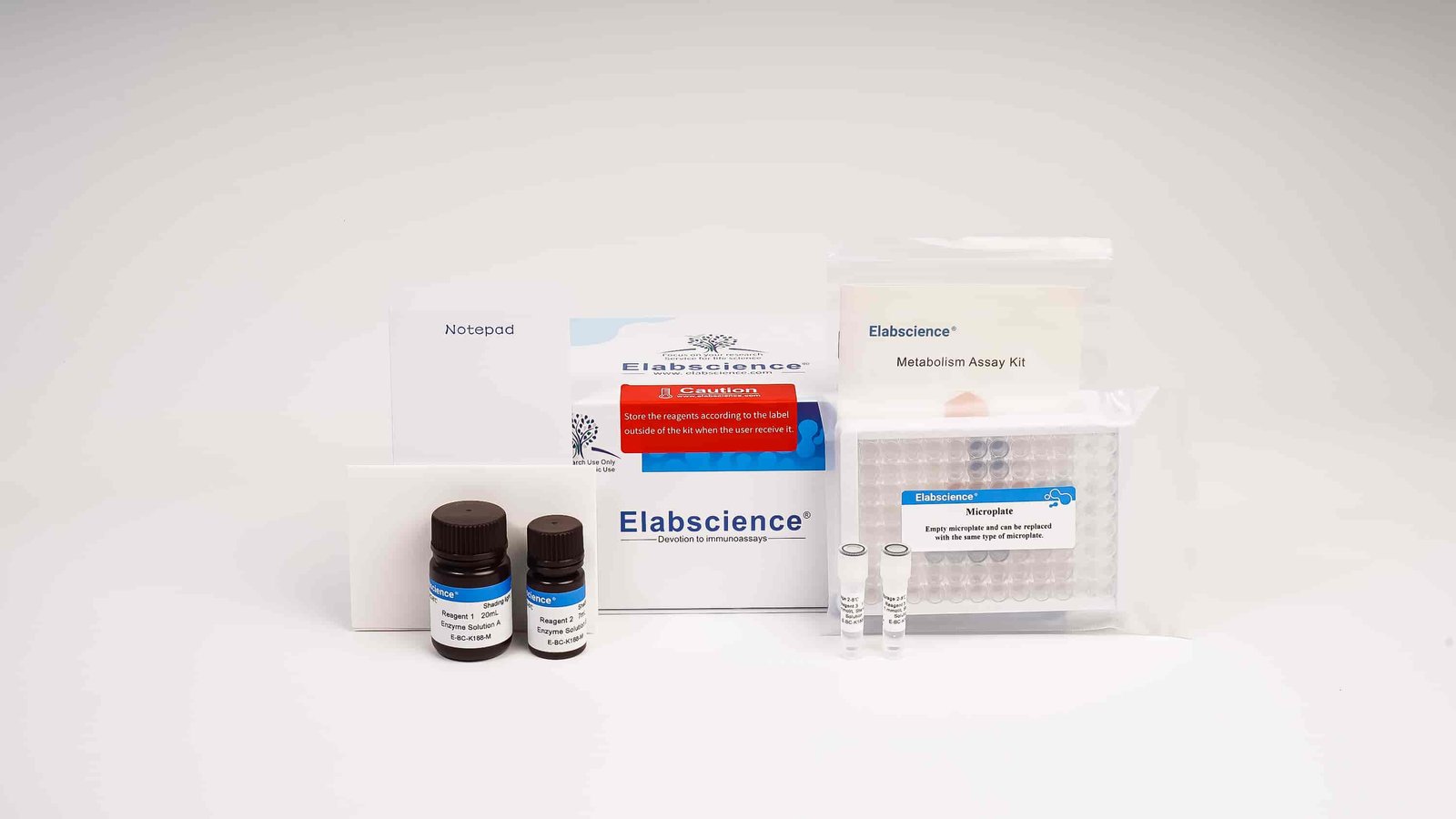


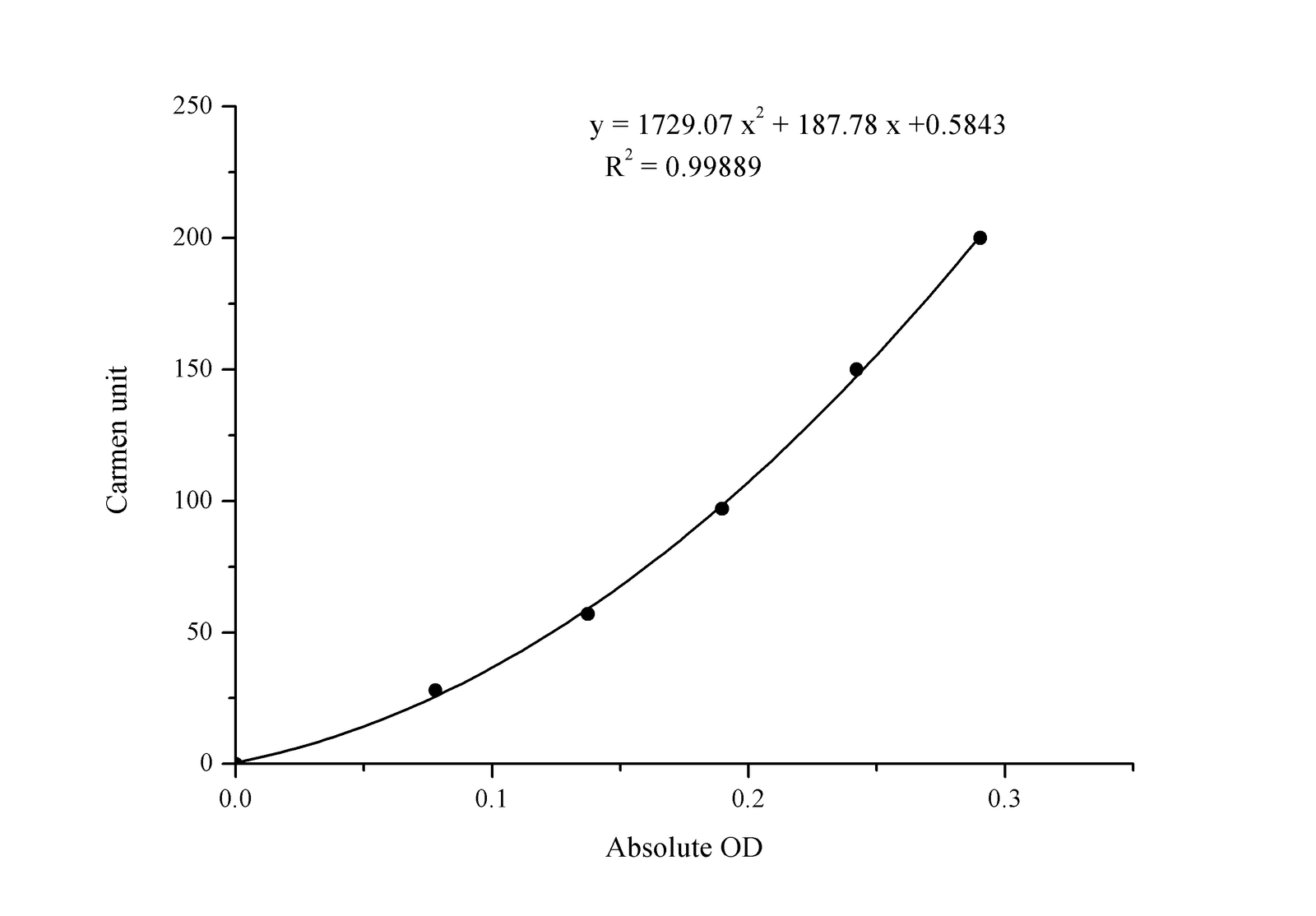


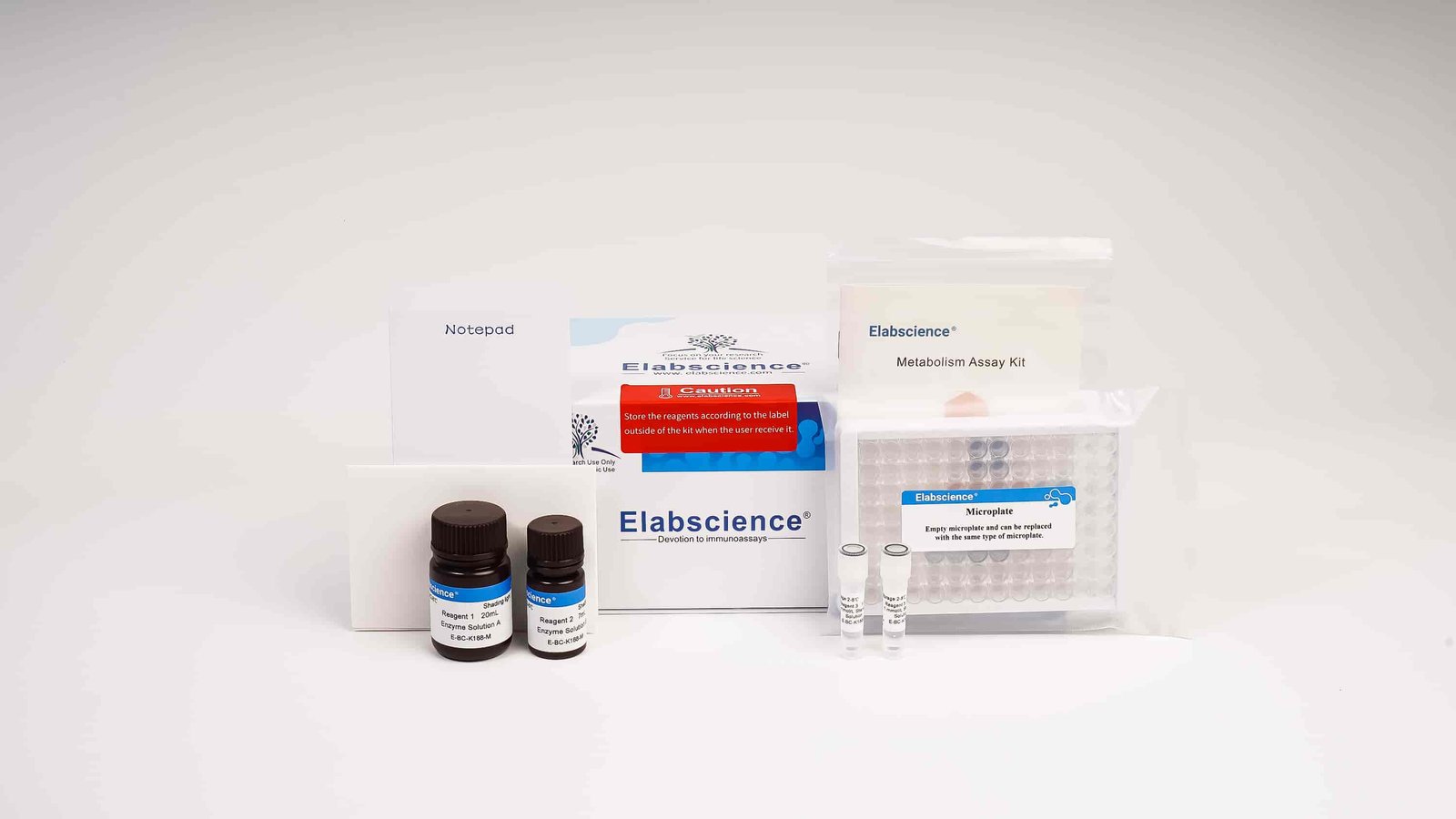

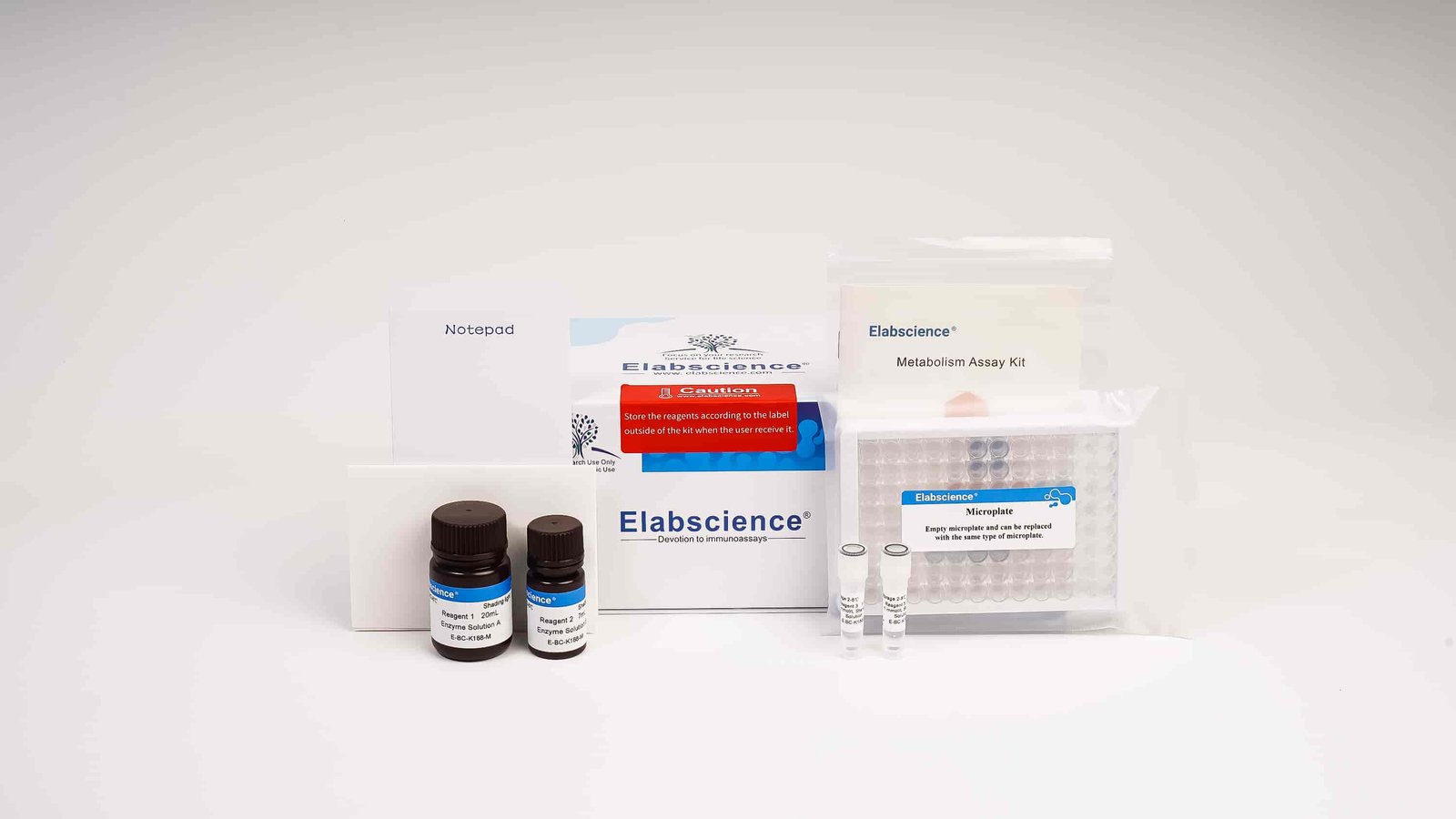

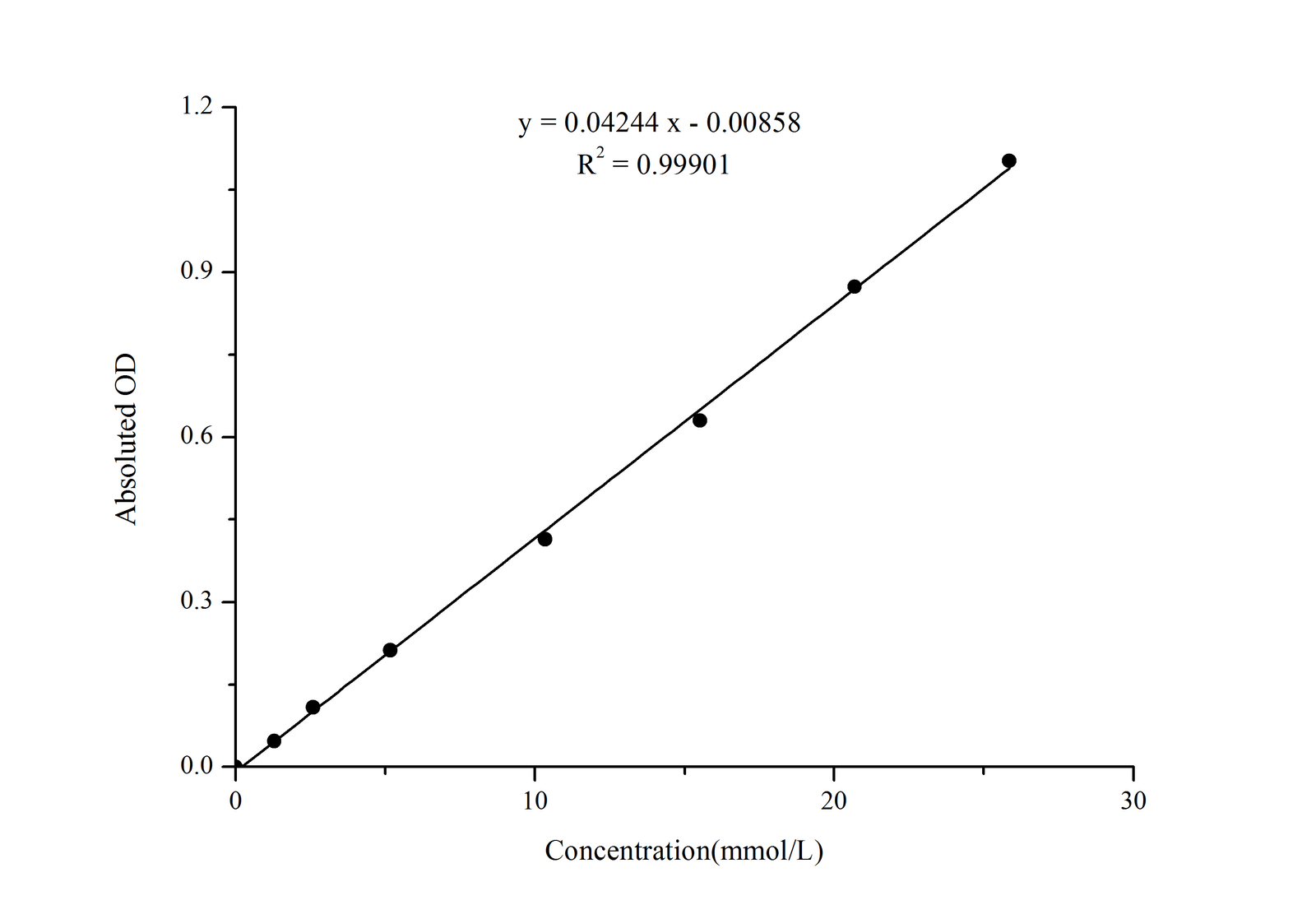
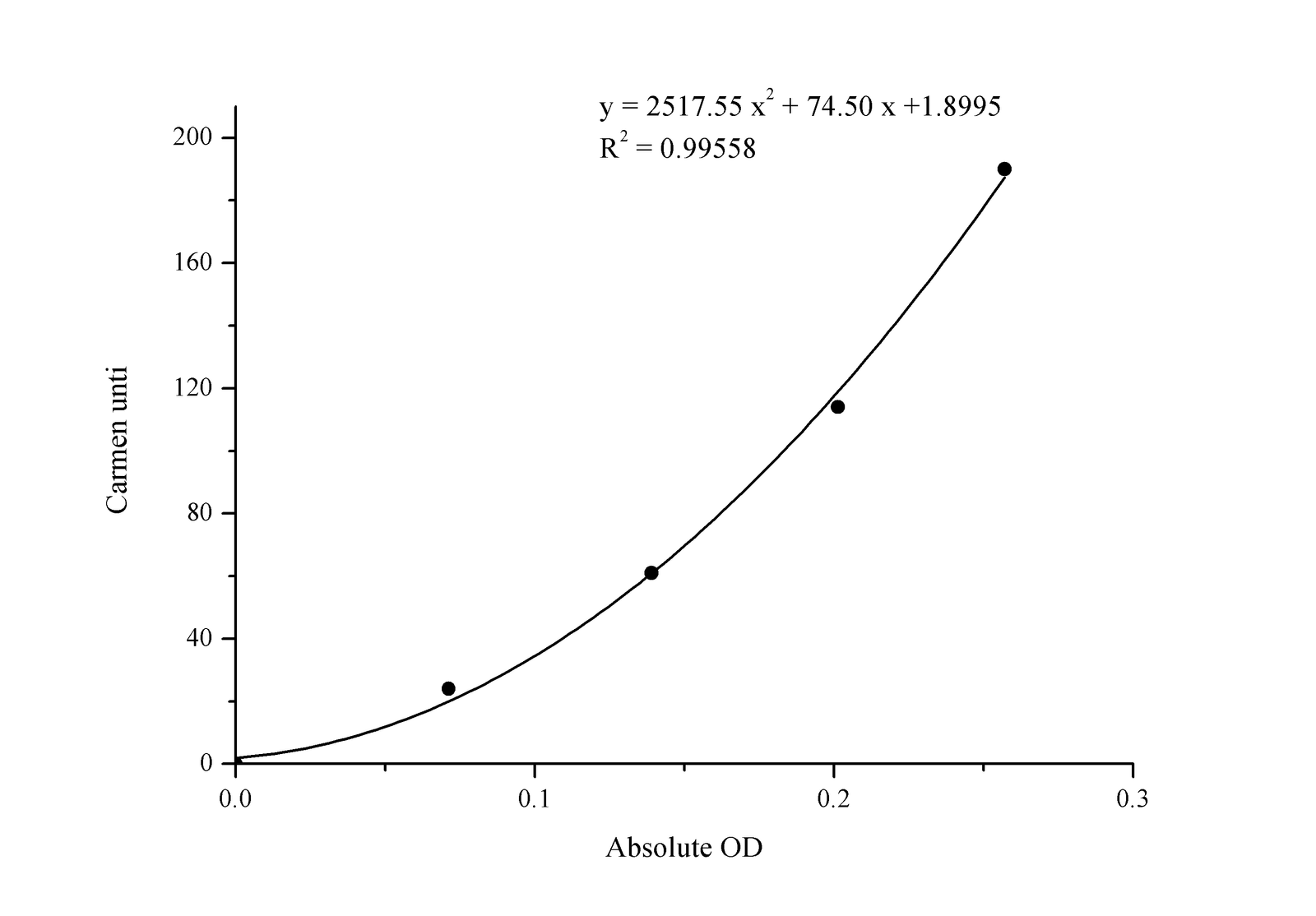

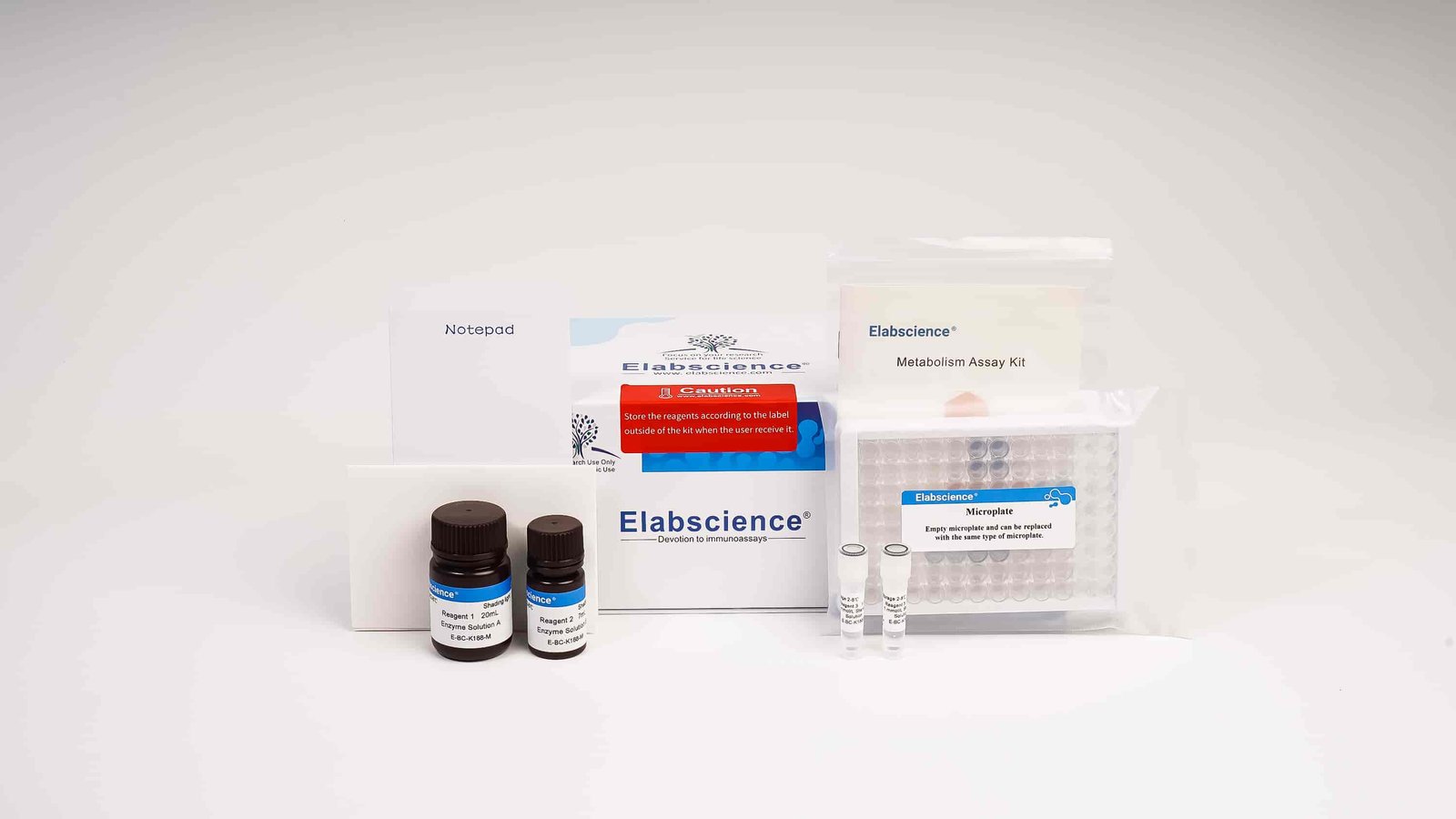
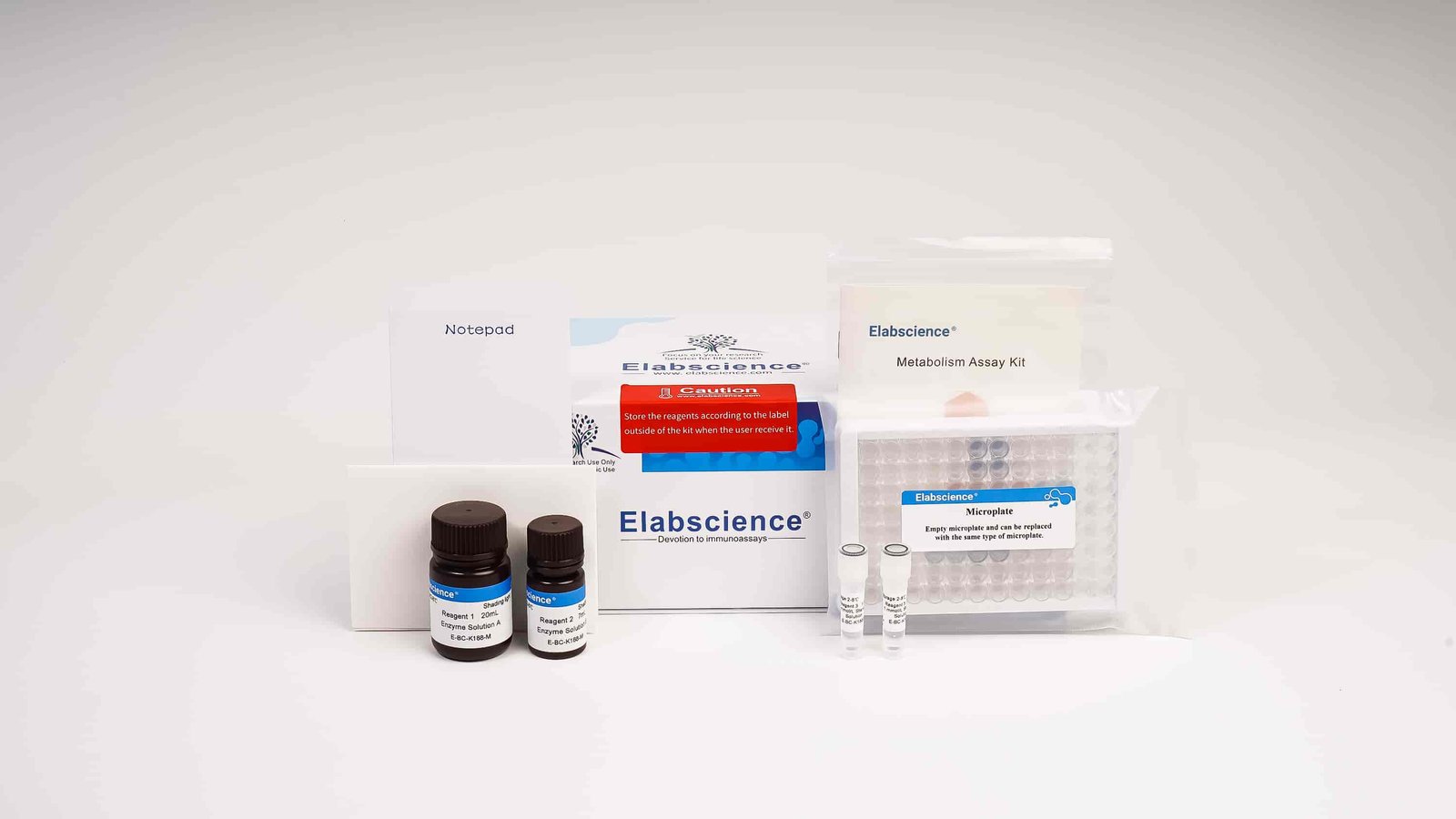

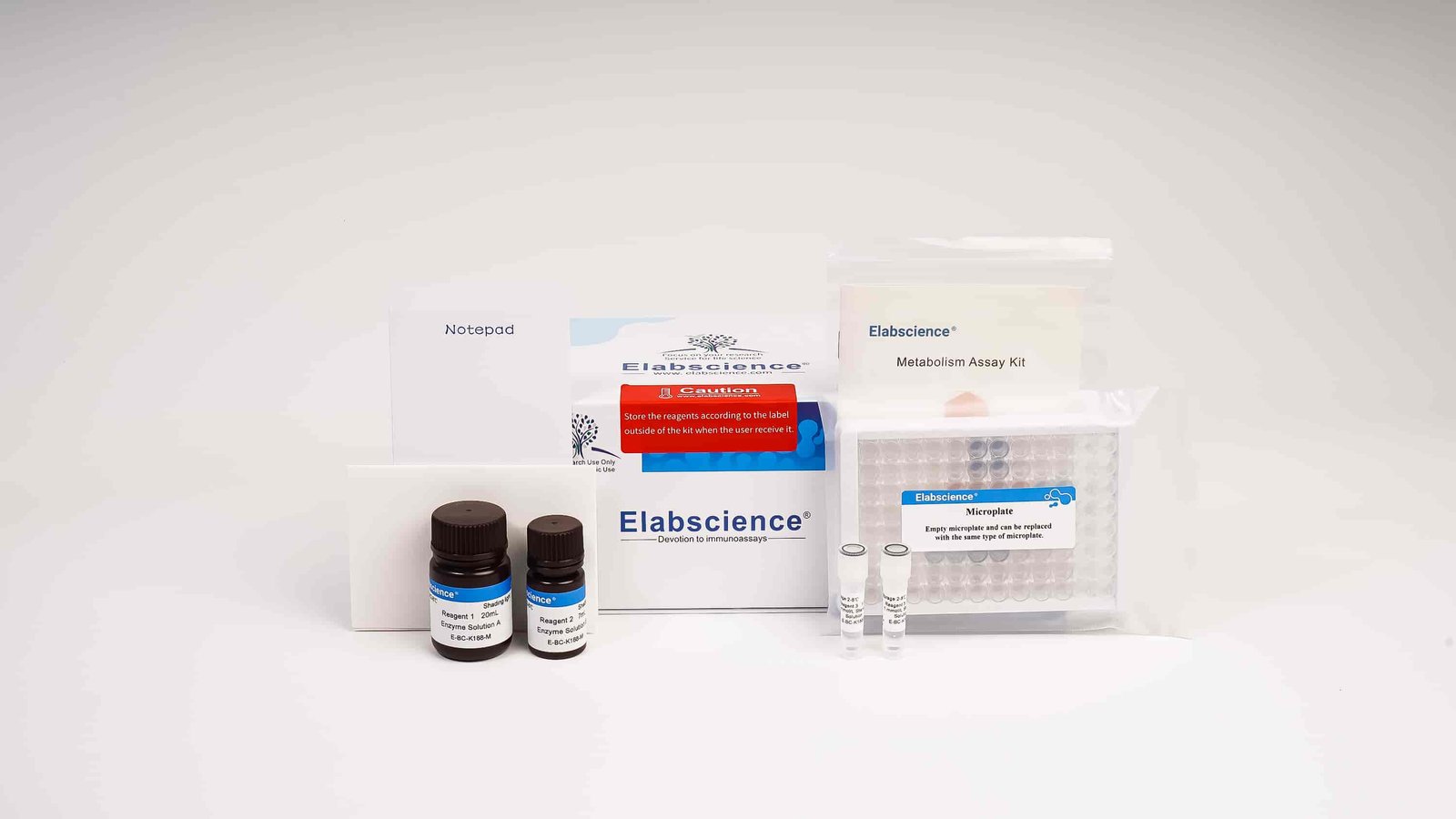
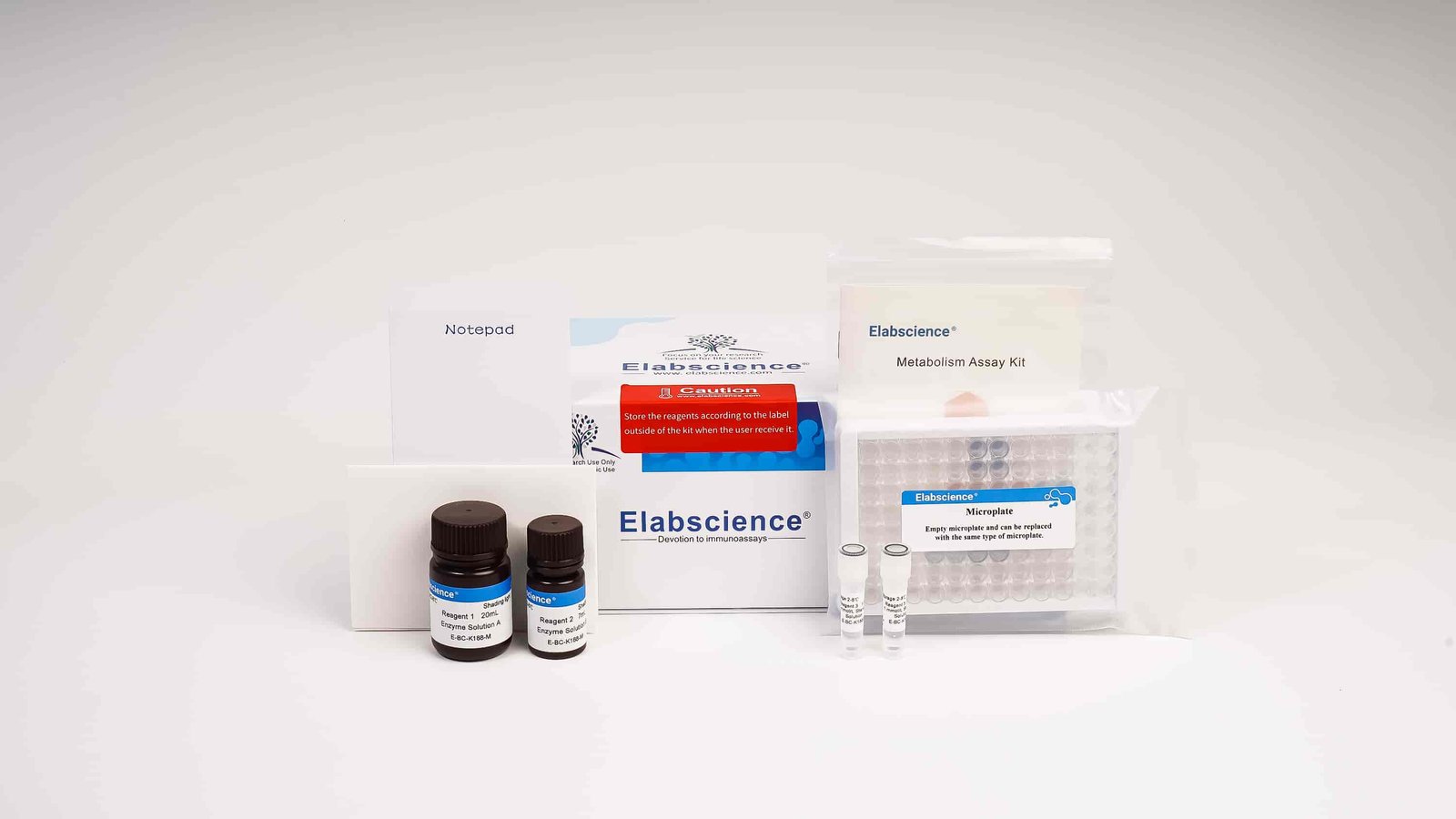
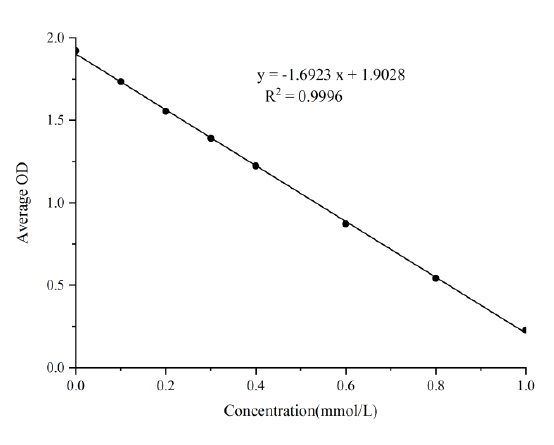
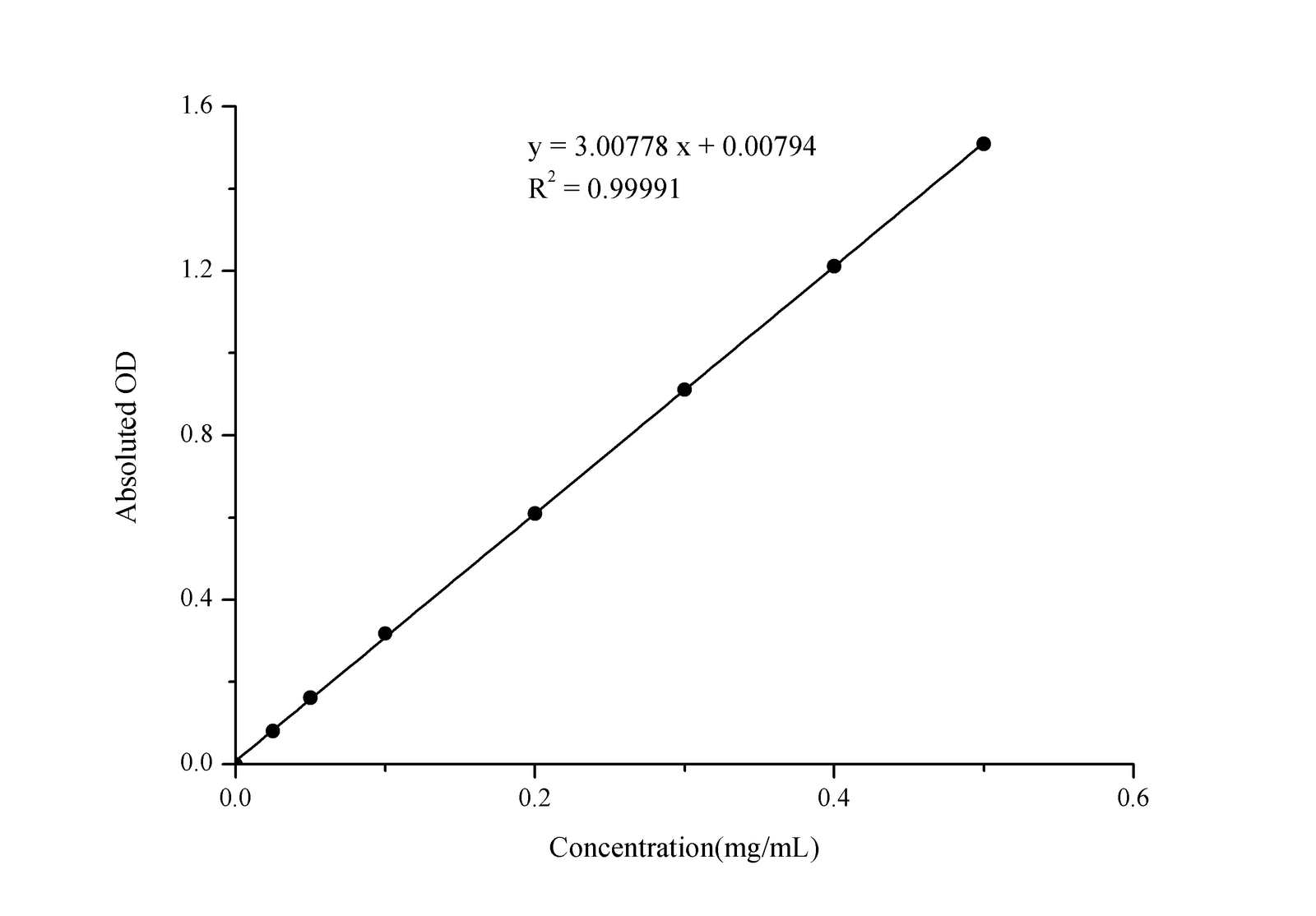
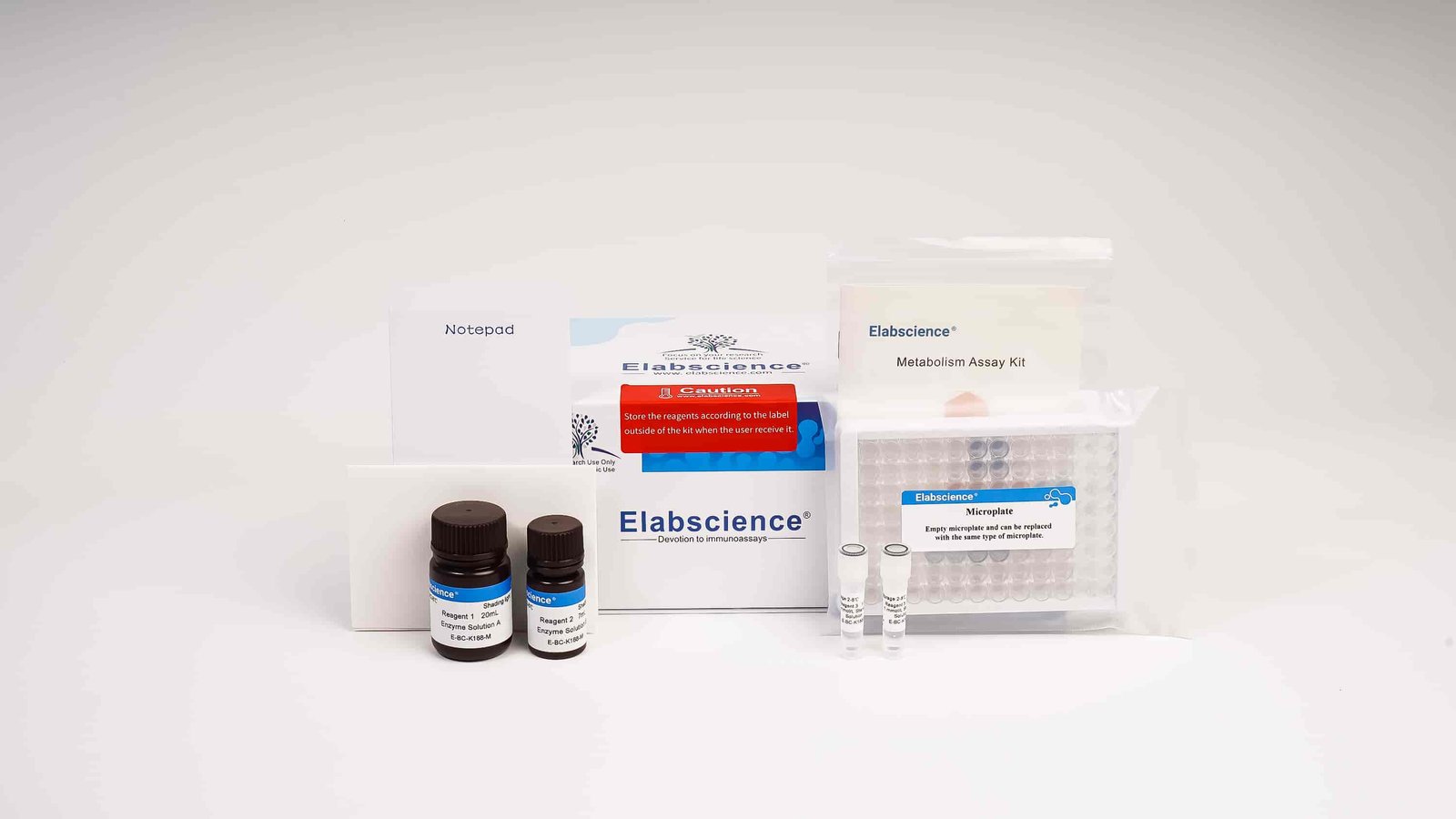


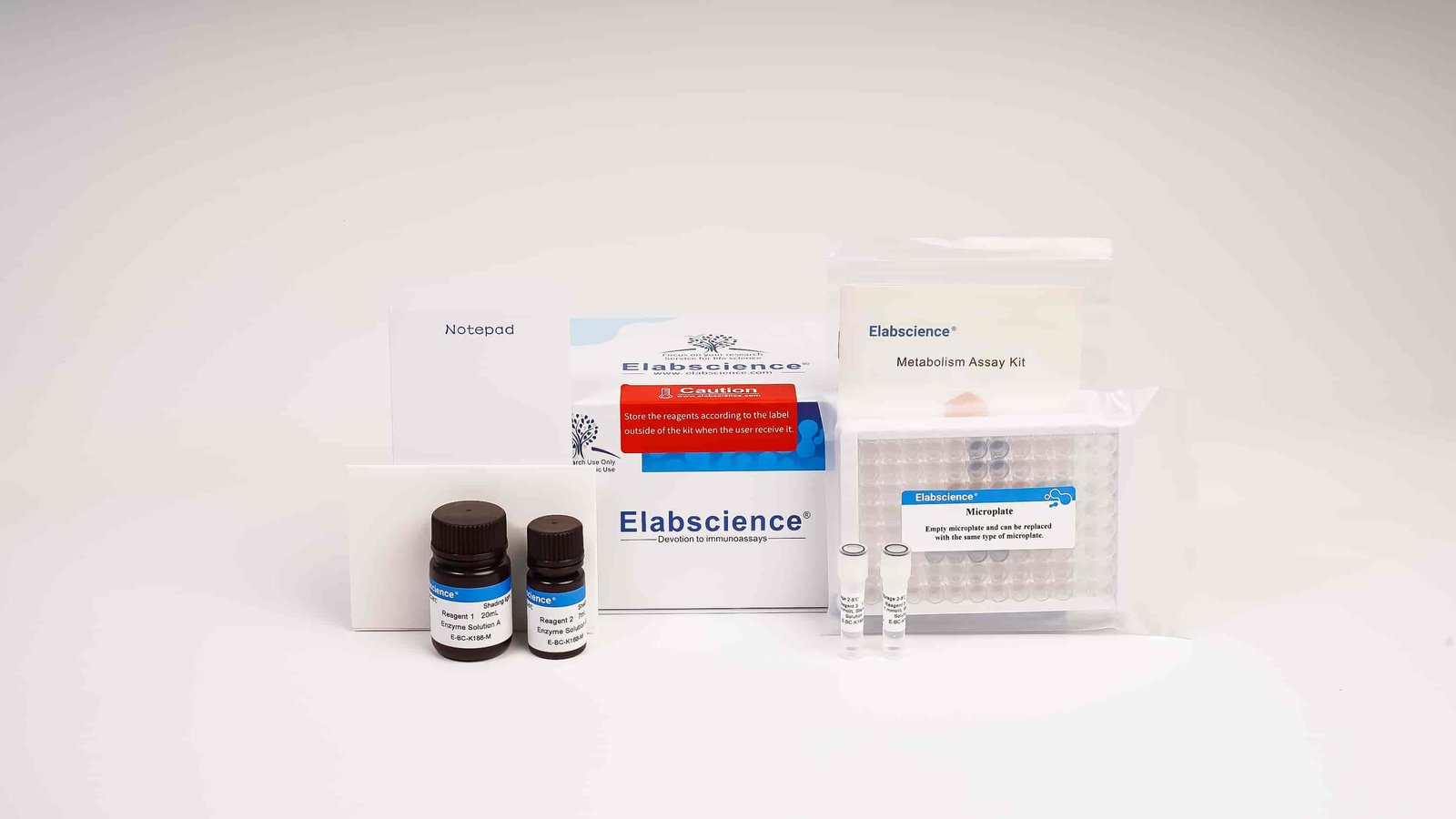
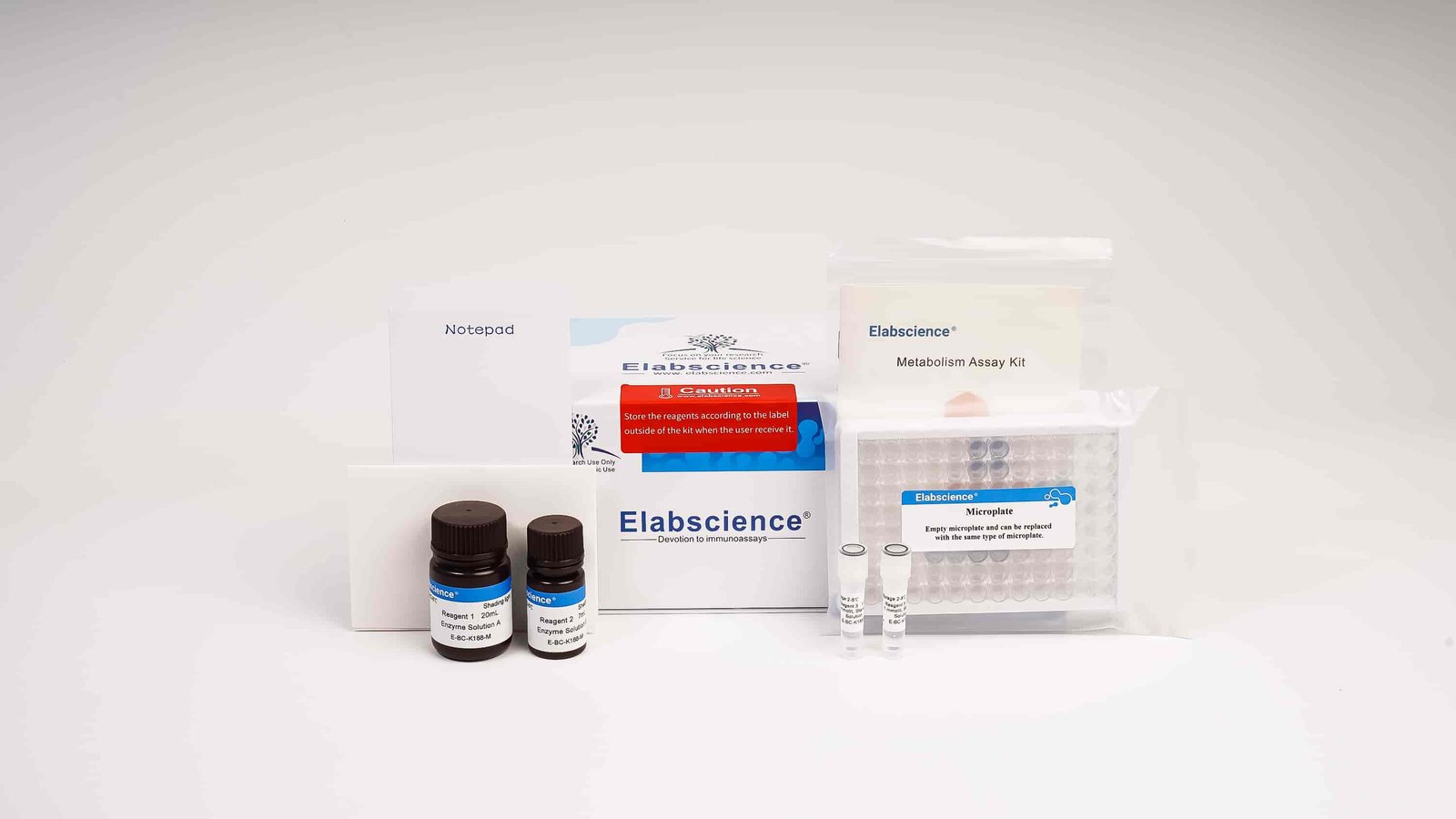
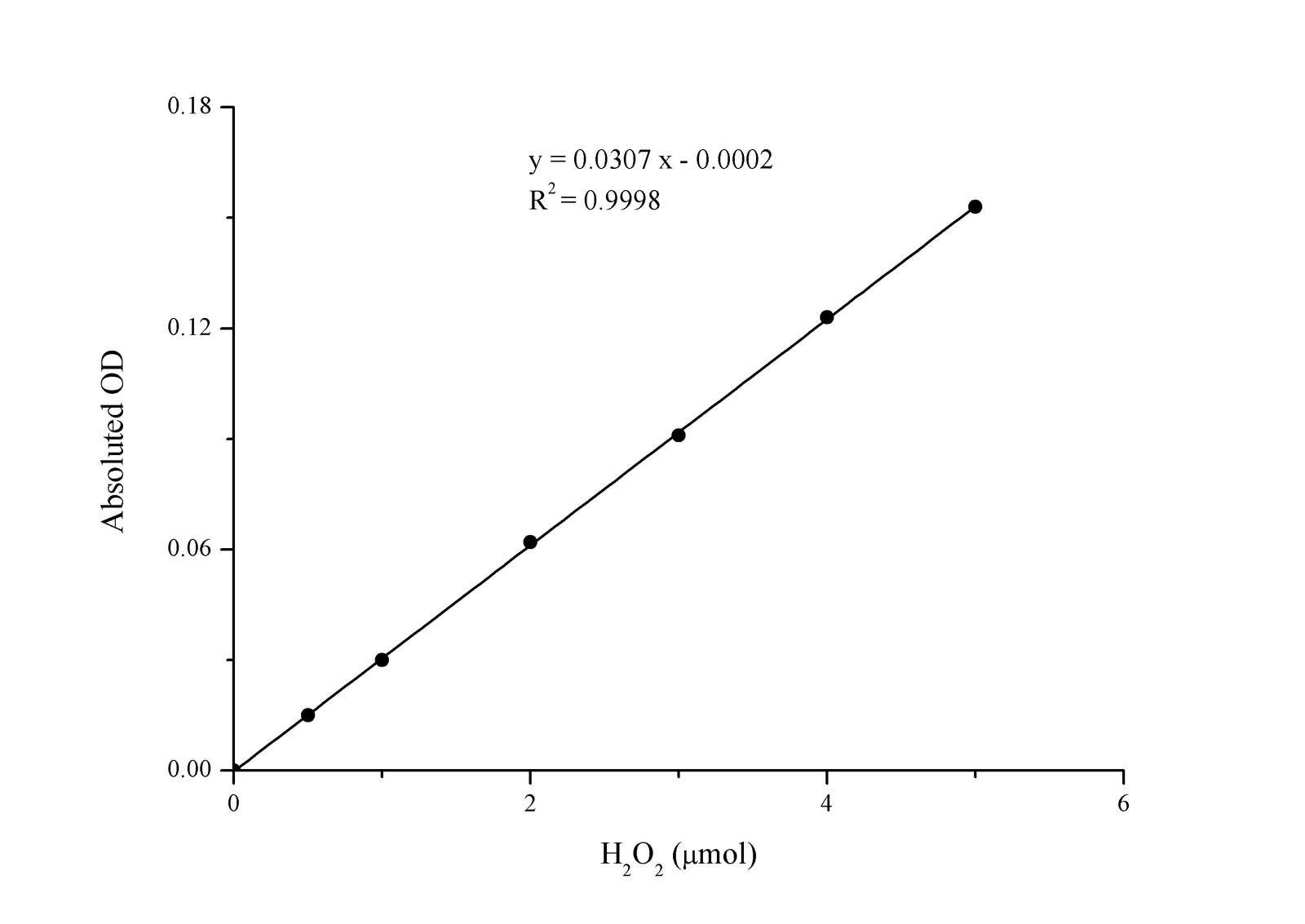

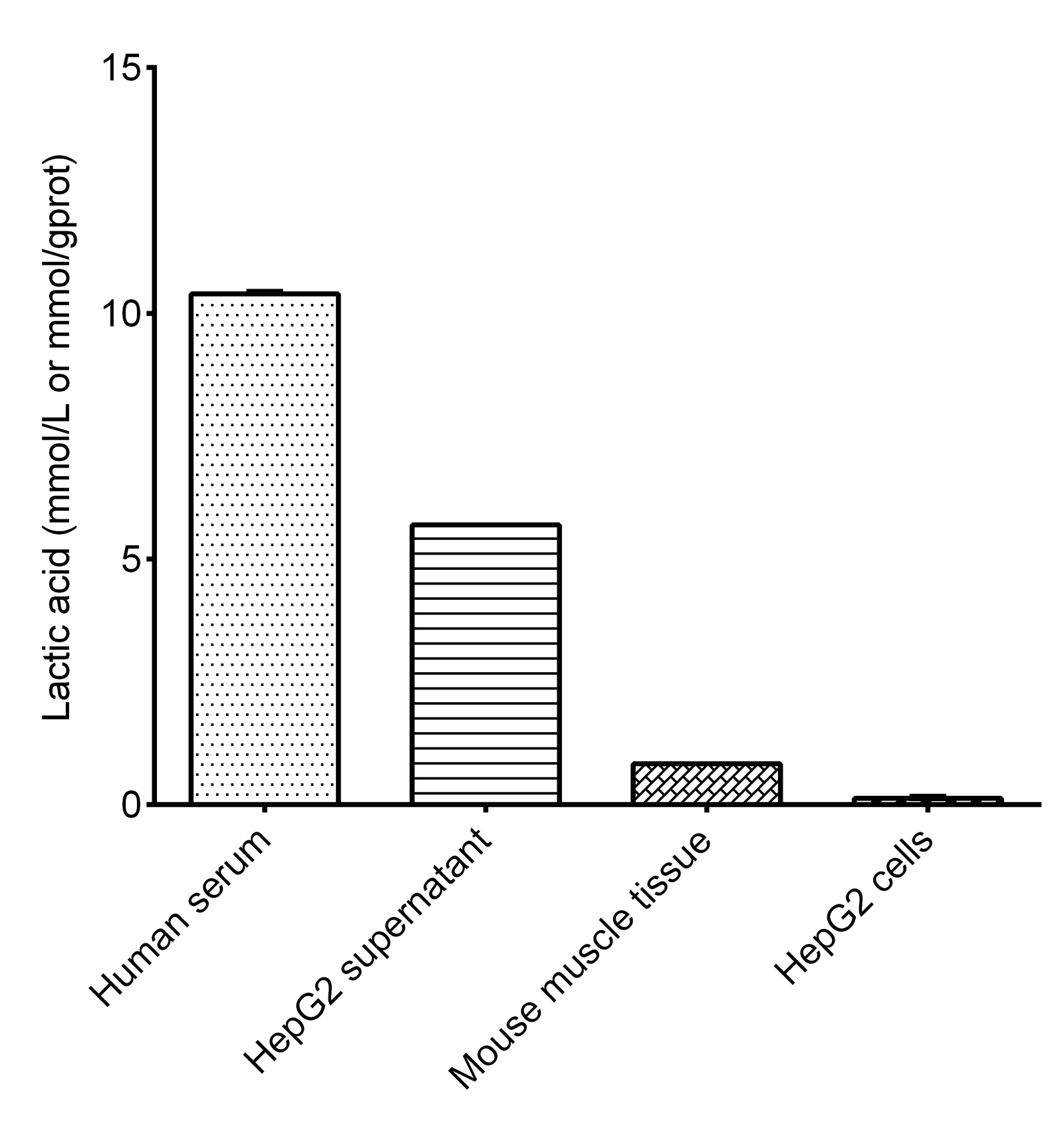



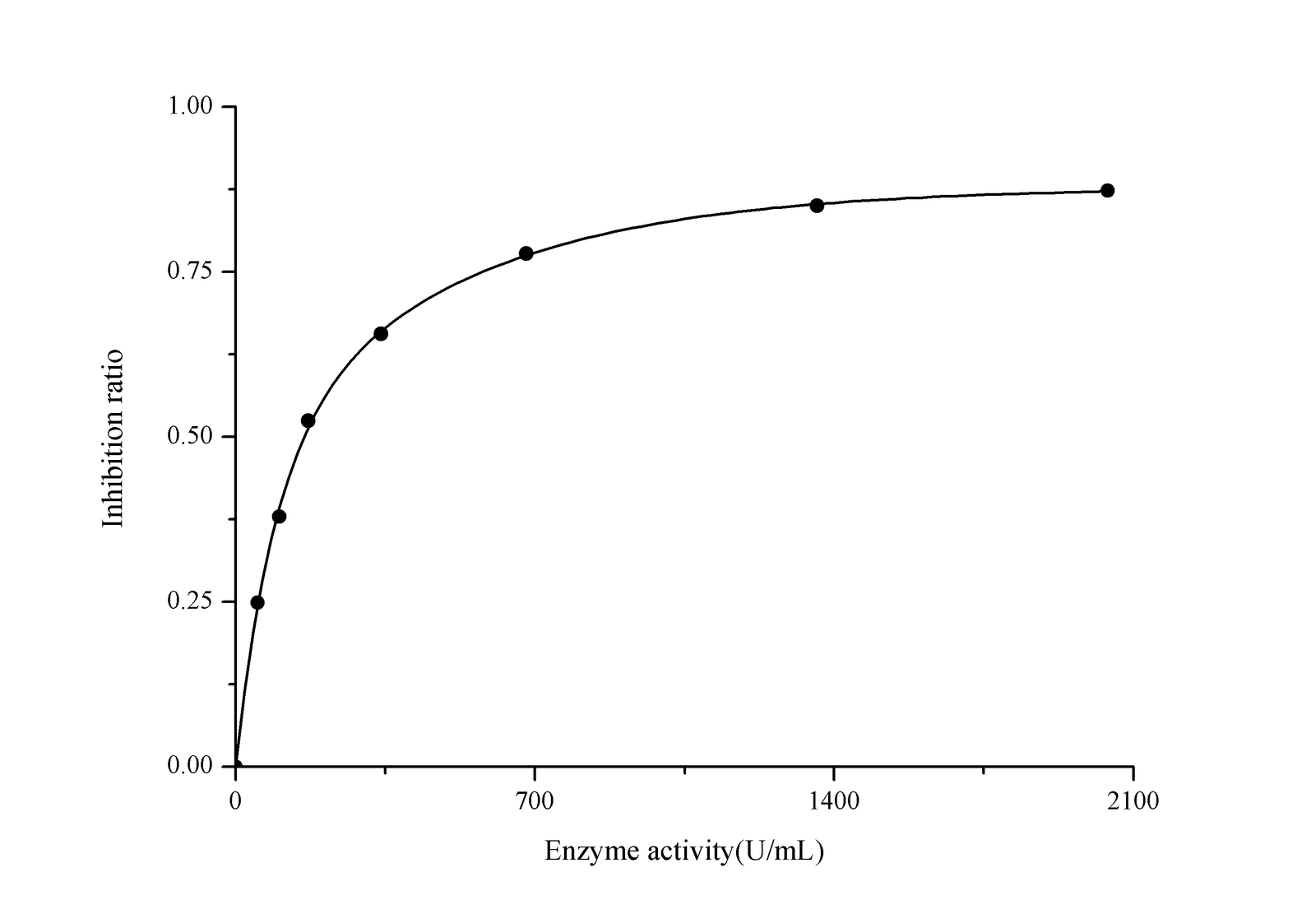



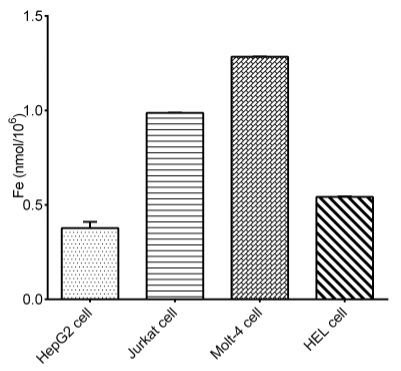


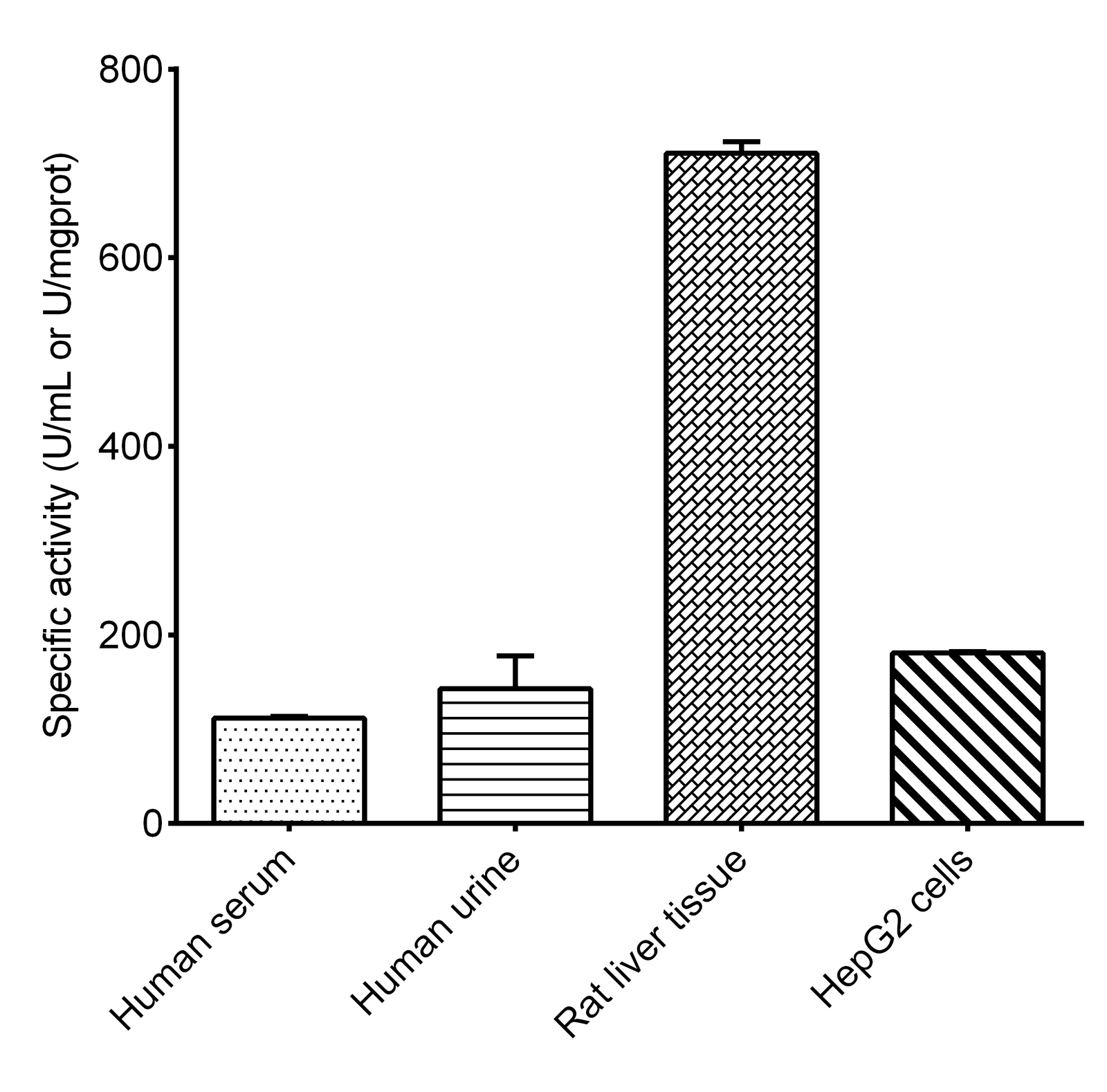
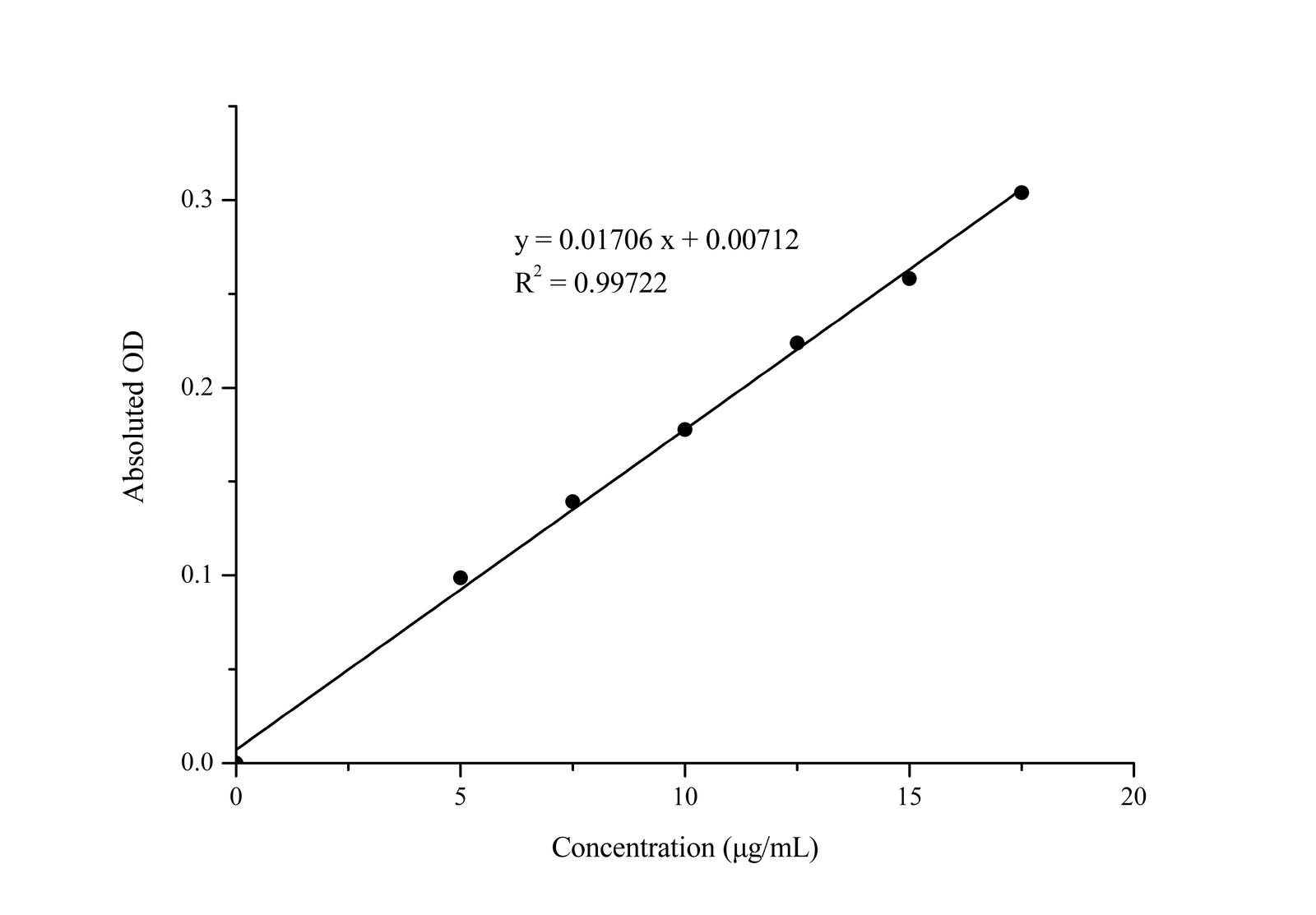

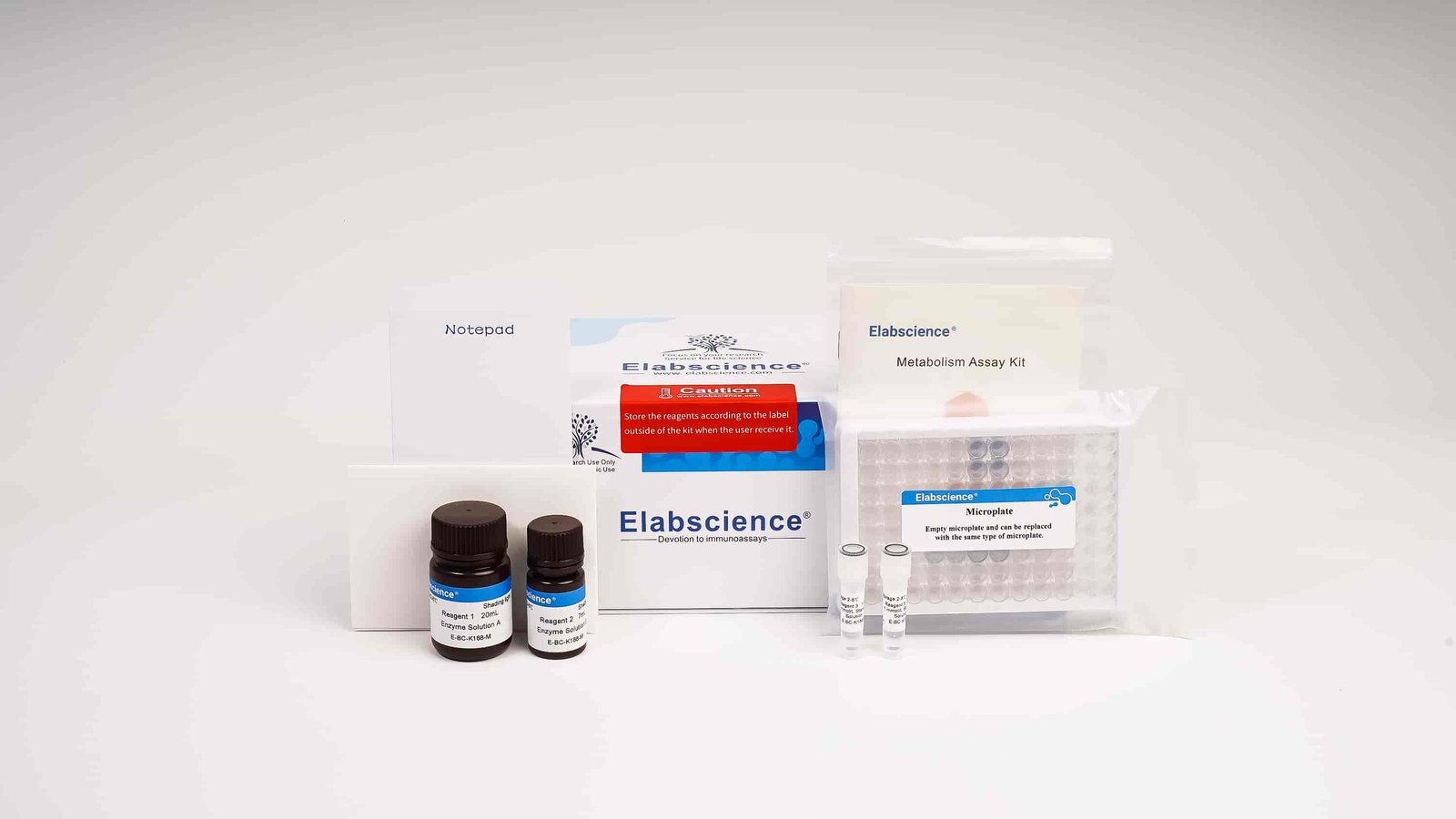
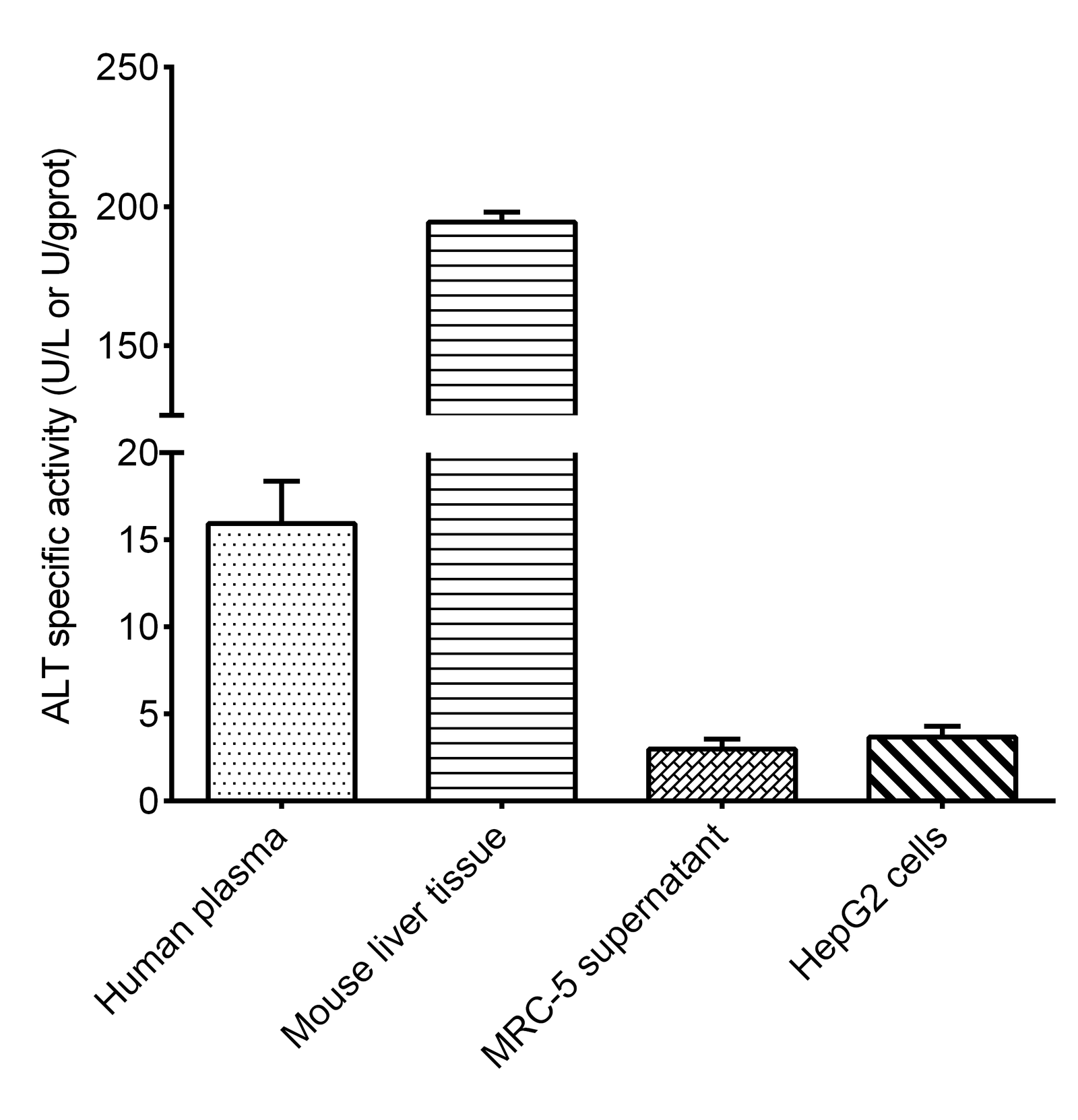

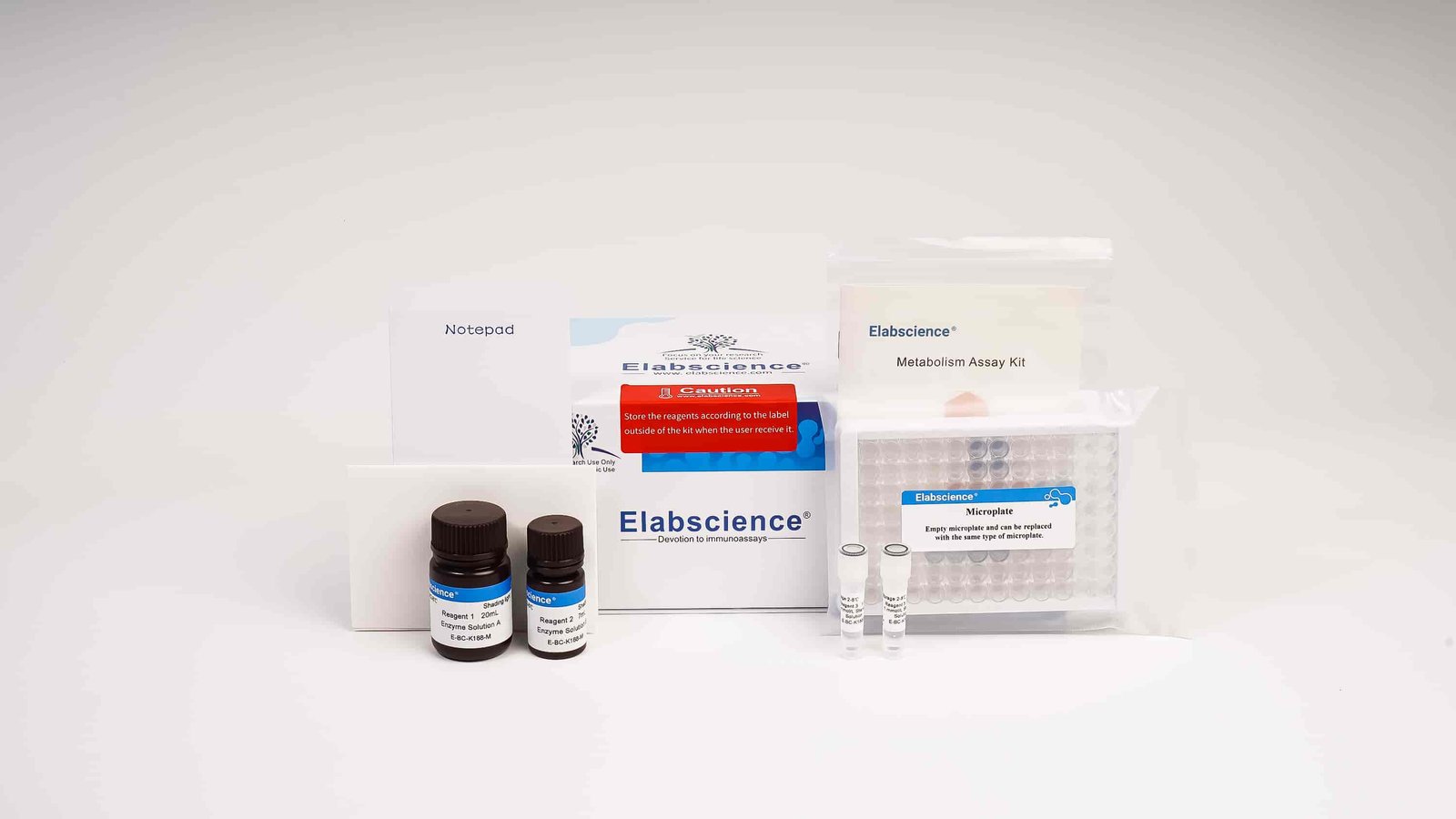
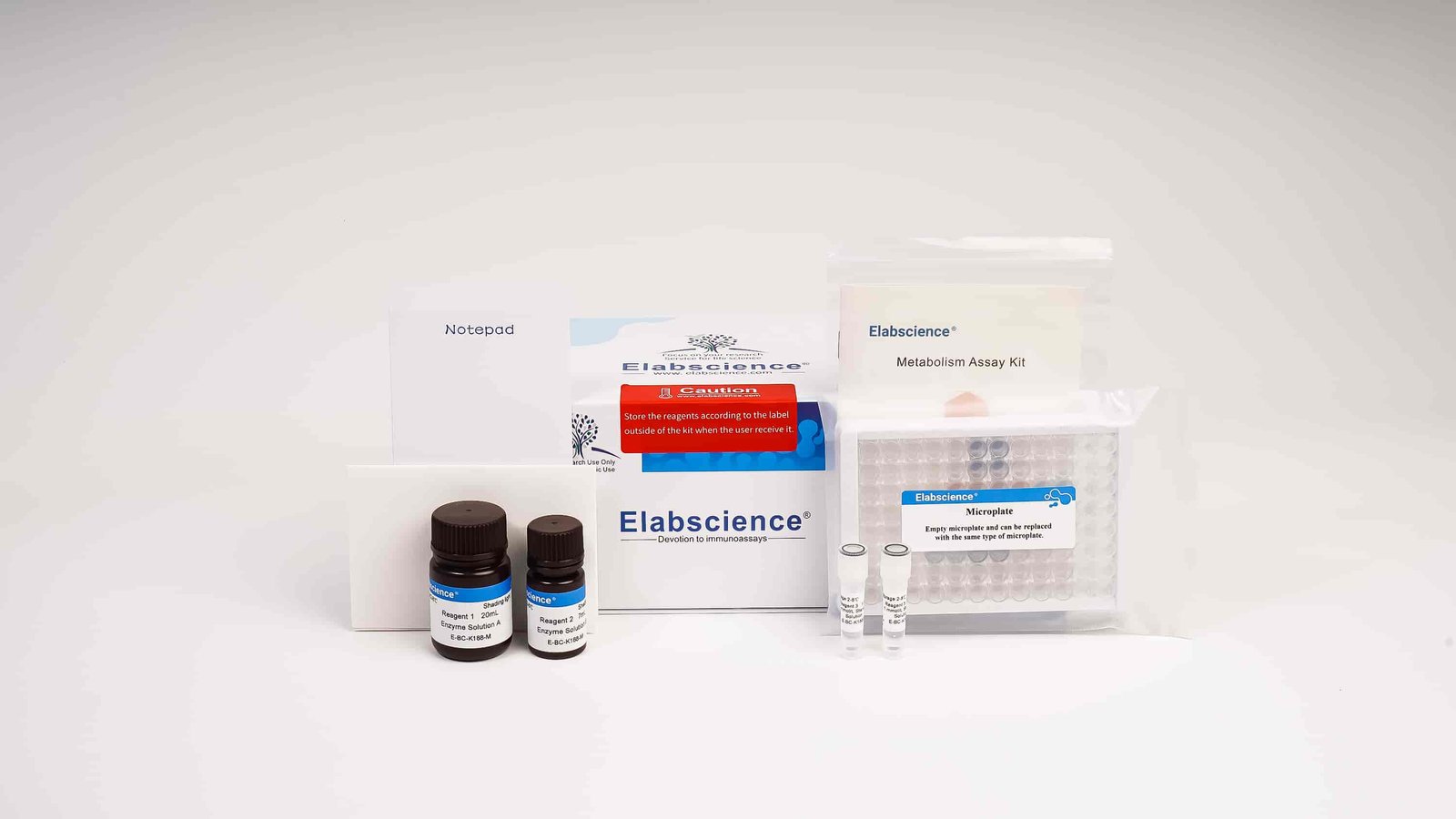




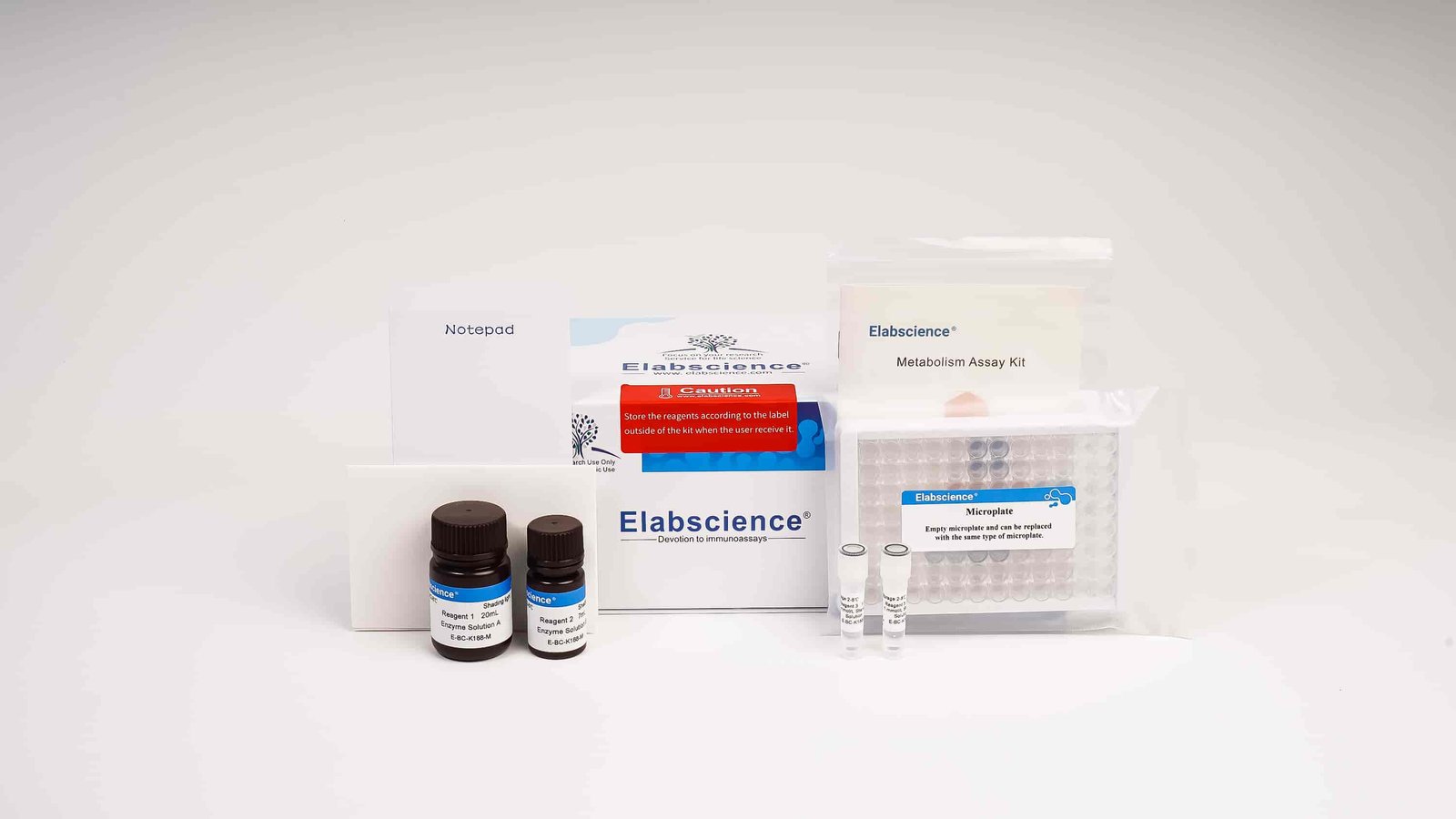

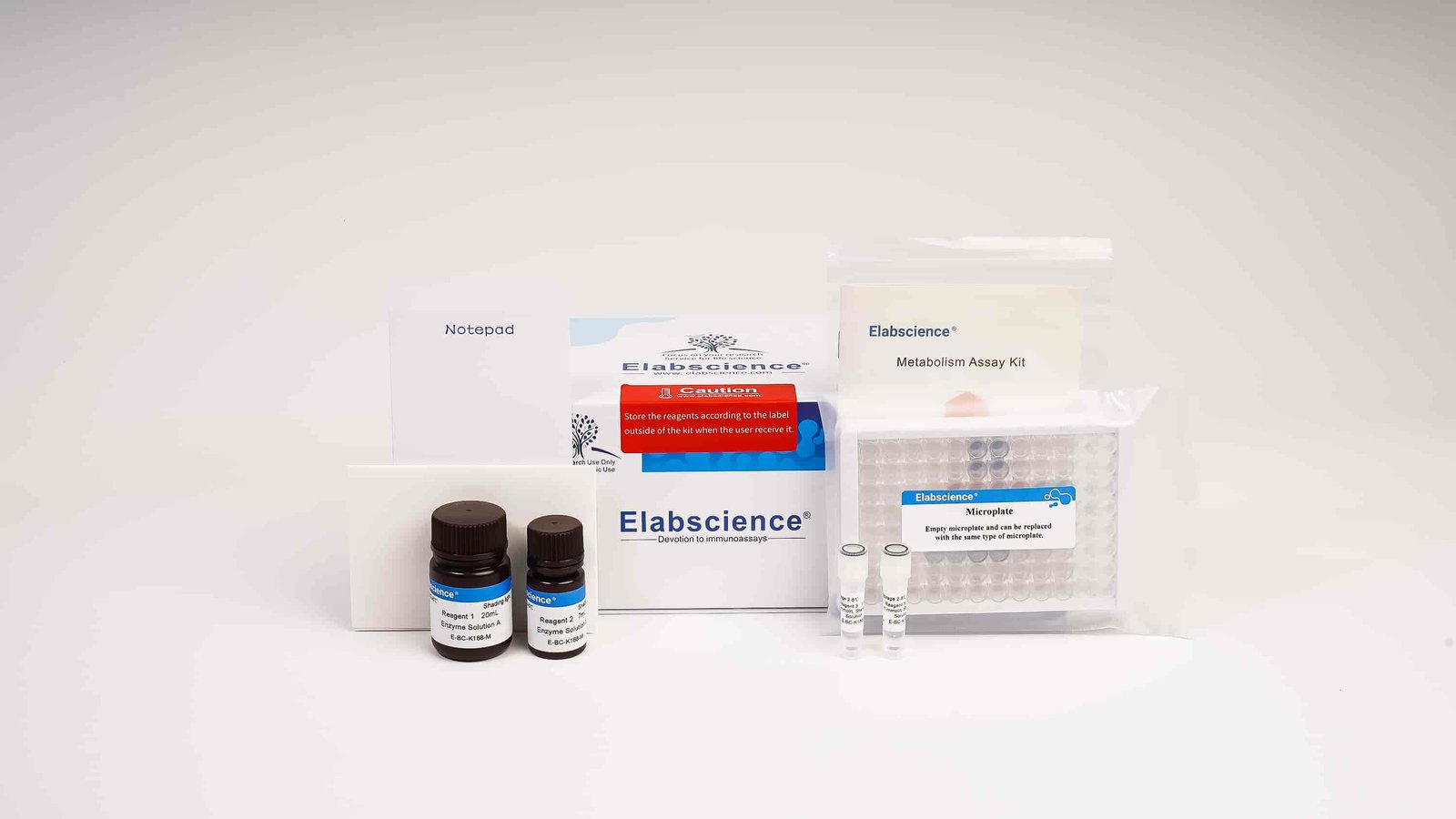




























.Alc1v6.png)




![SH-SY5Y [SHSY-5Y] Cell Complete Medium](https://www.unibiotech.in/upload/product/1rr8p9.eriyhh.jpg)
















![293T [HEK-293T] Cell Complete Medium](https://www.unibiotech.in/upload/product/1rr8p9.tzu6B9.jpg)


![A549 [A-549] Cell Complete Medium](https://www.unibiotech.in/upload/product/1rr8p9.IQoLOB.jpg)














![MCF7 [MCF-7] Cell Complete Medium](https://www.unibiotech.in/upload/product/1rr8p9.r6a4bb.jpg)





























![Neuro-2a [N2a] Cell Complete Medium](https://www.unibiotech.in/upload/product/1rr8p9.McsKJ2.jpg)





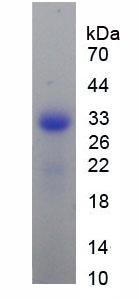

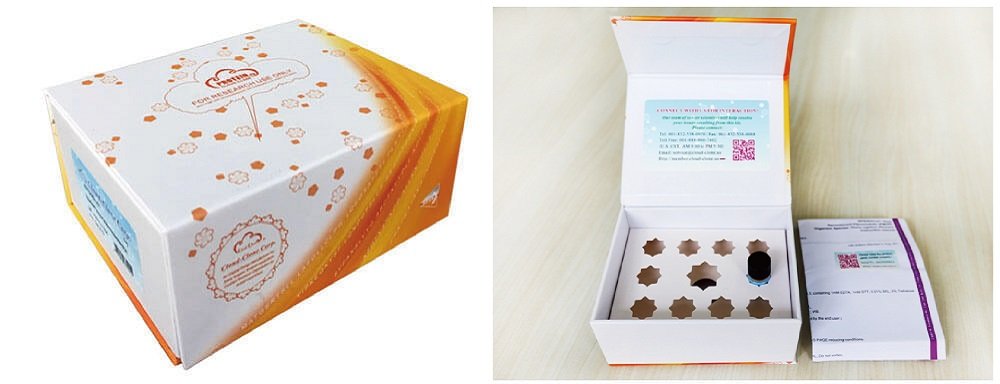
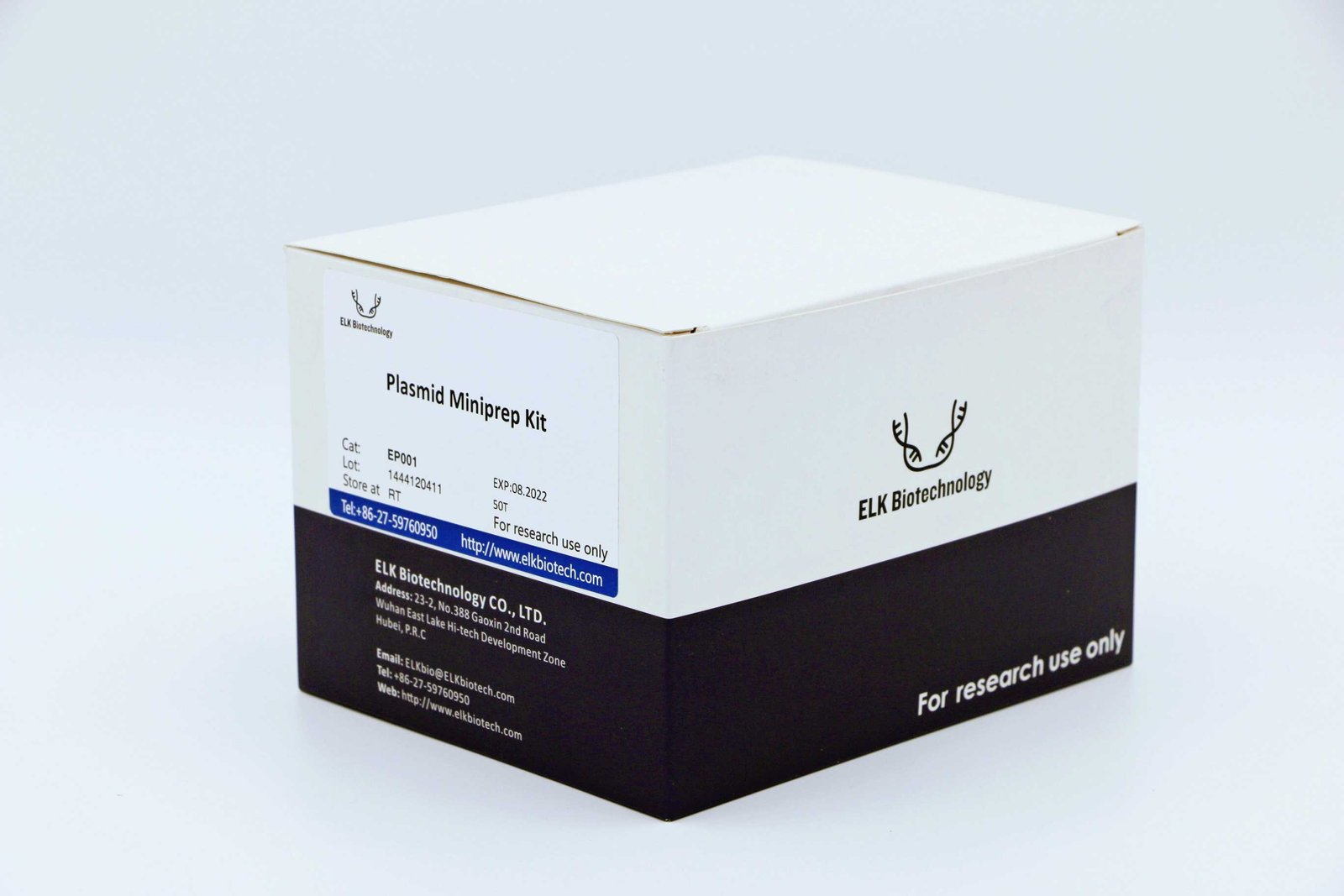
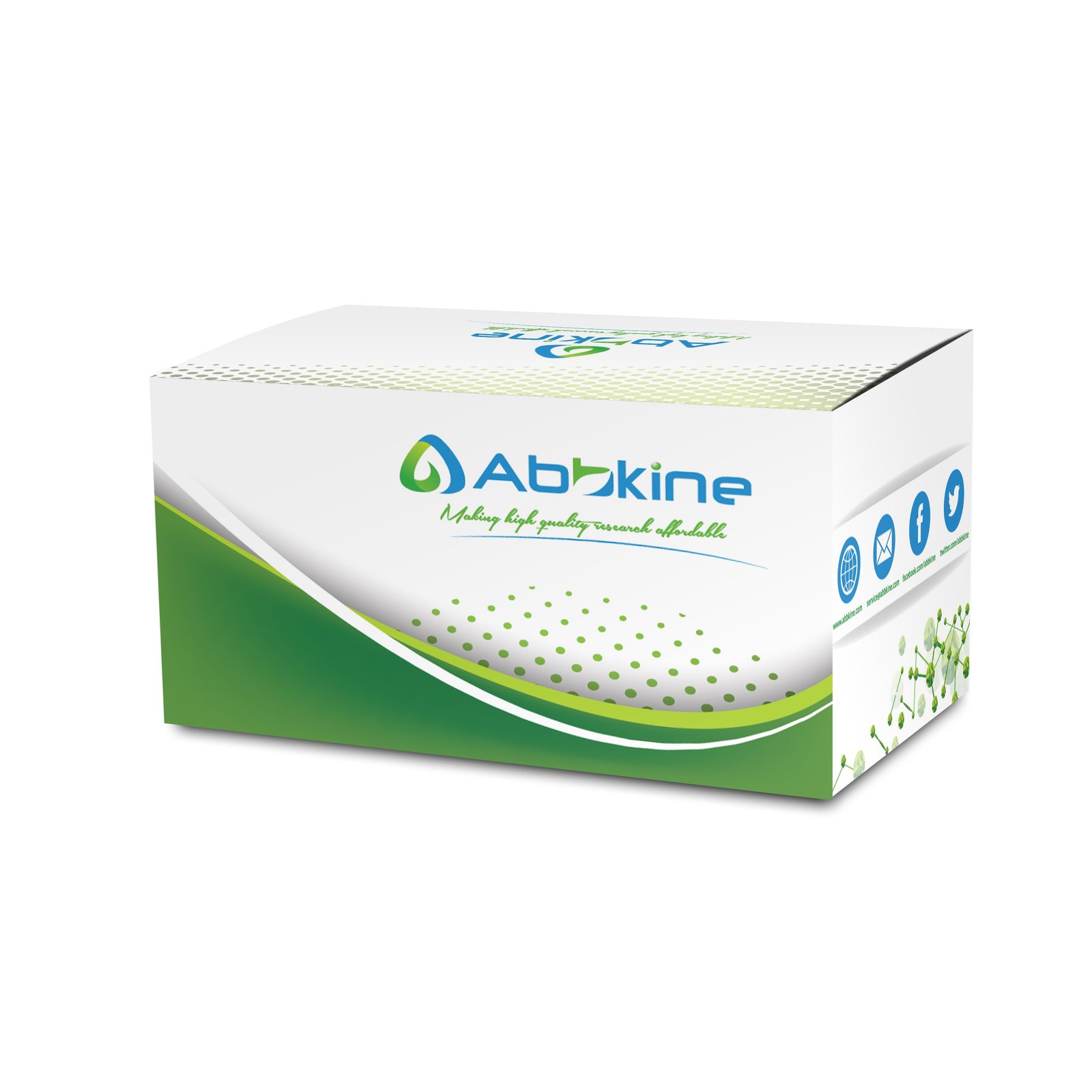

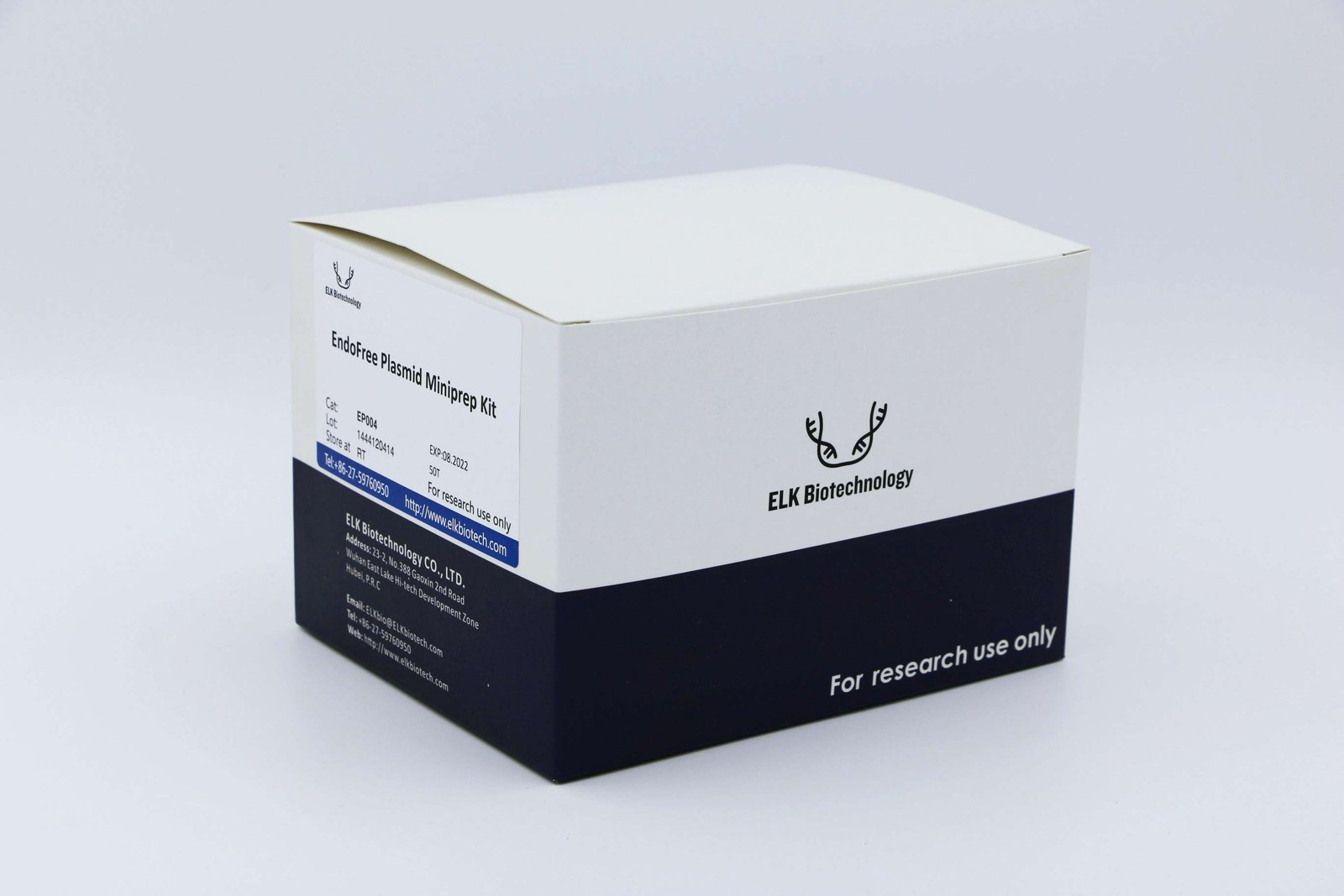
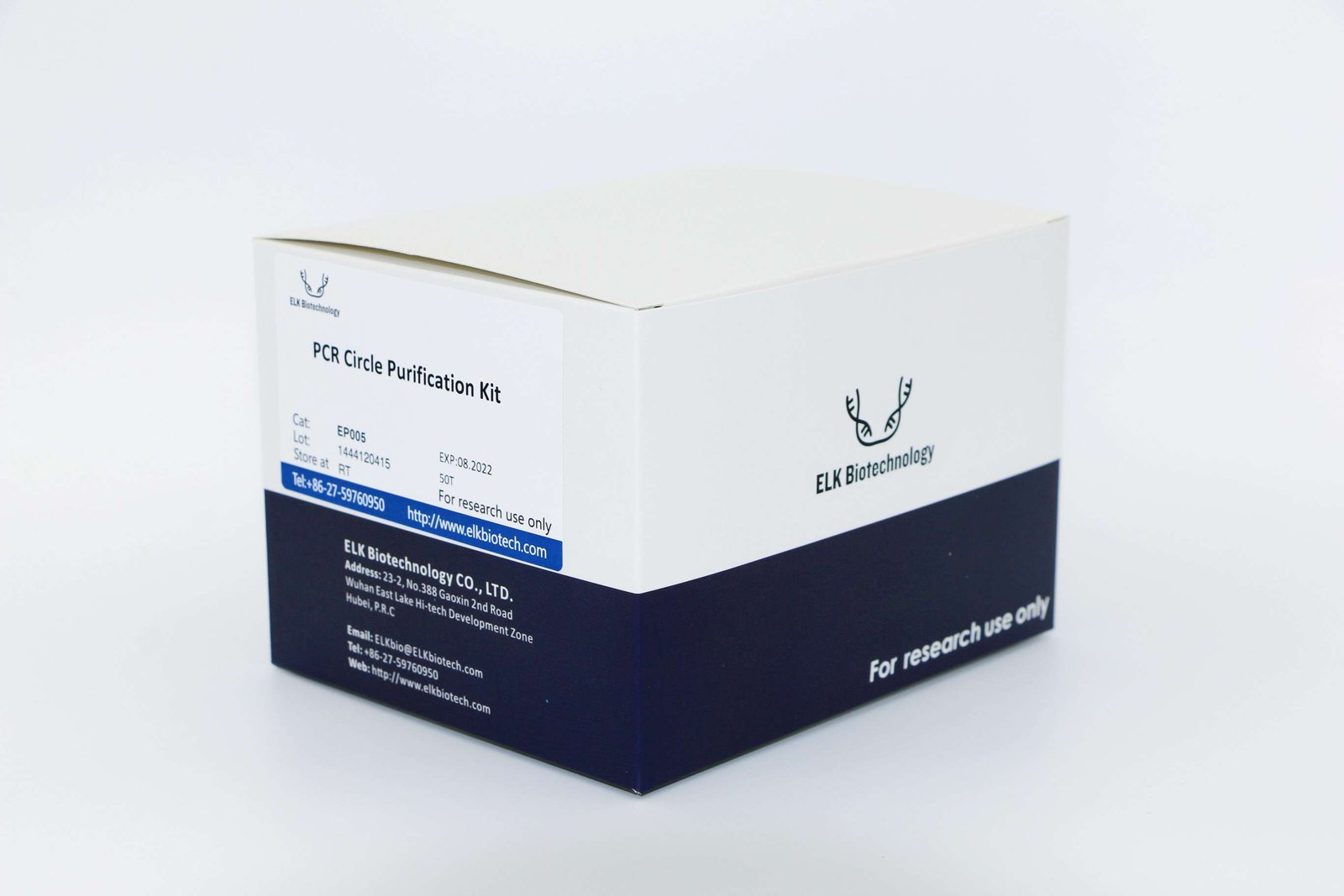


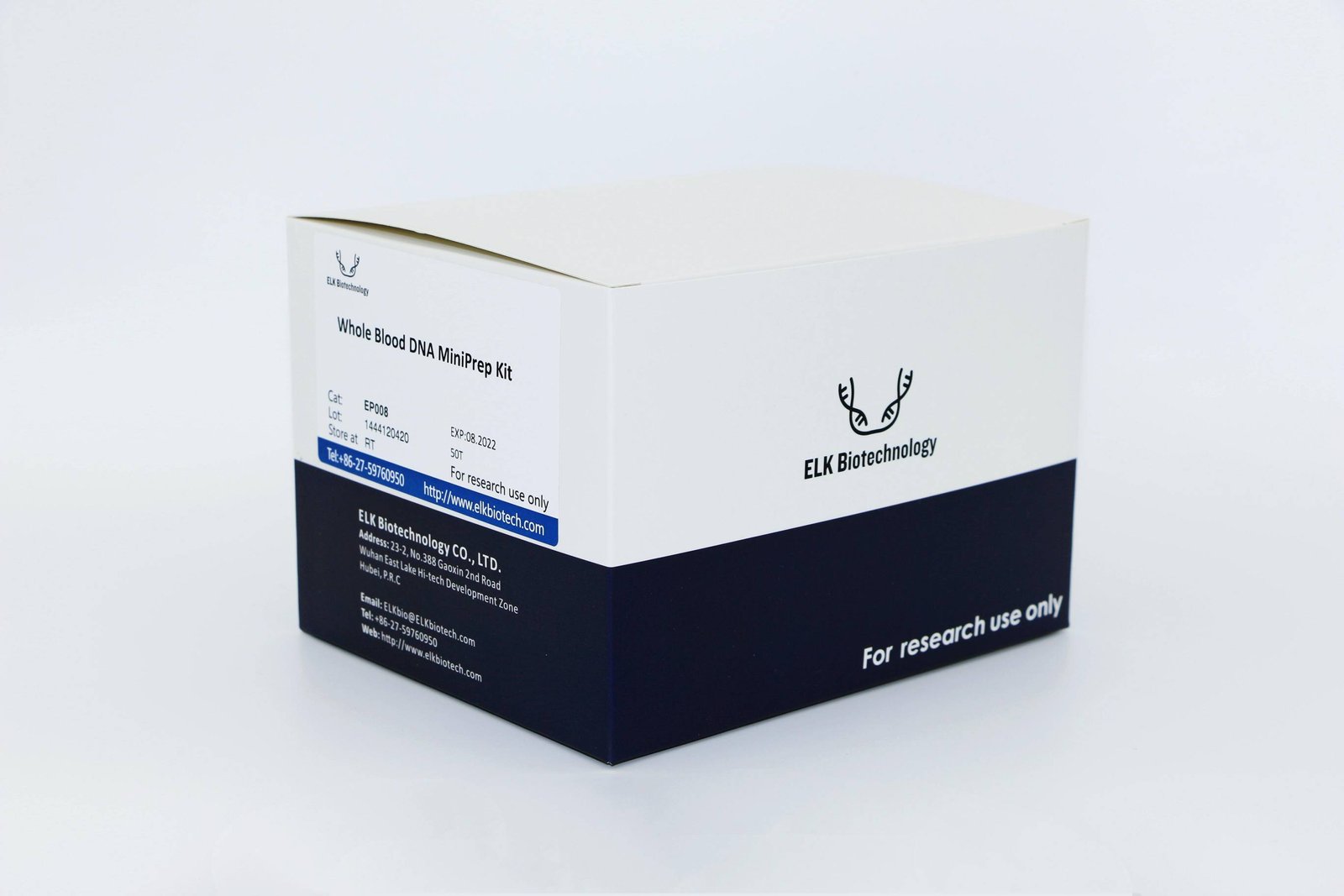
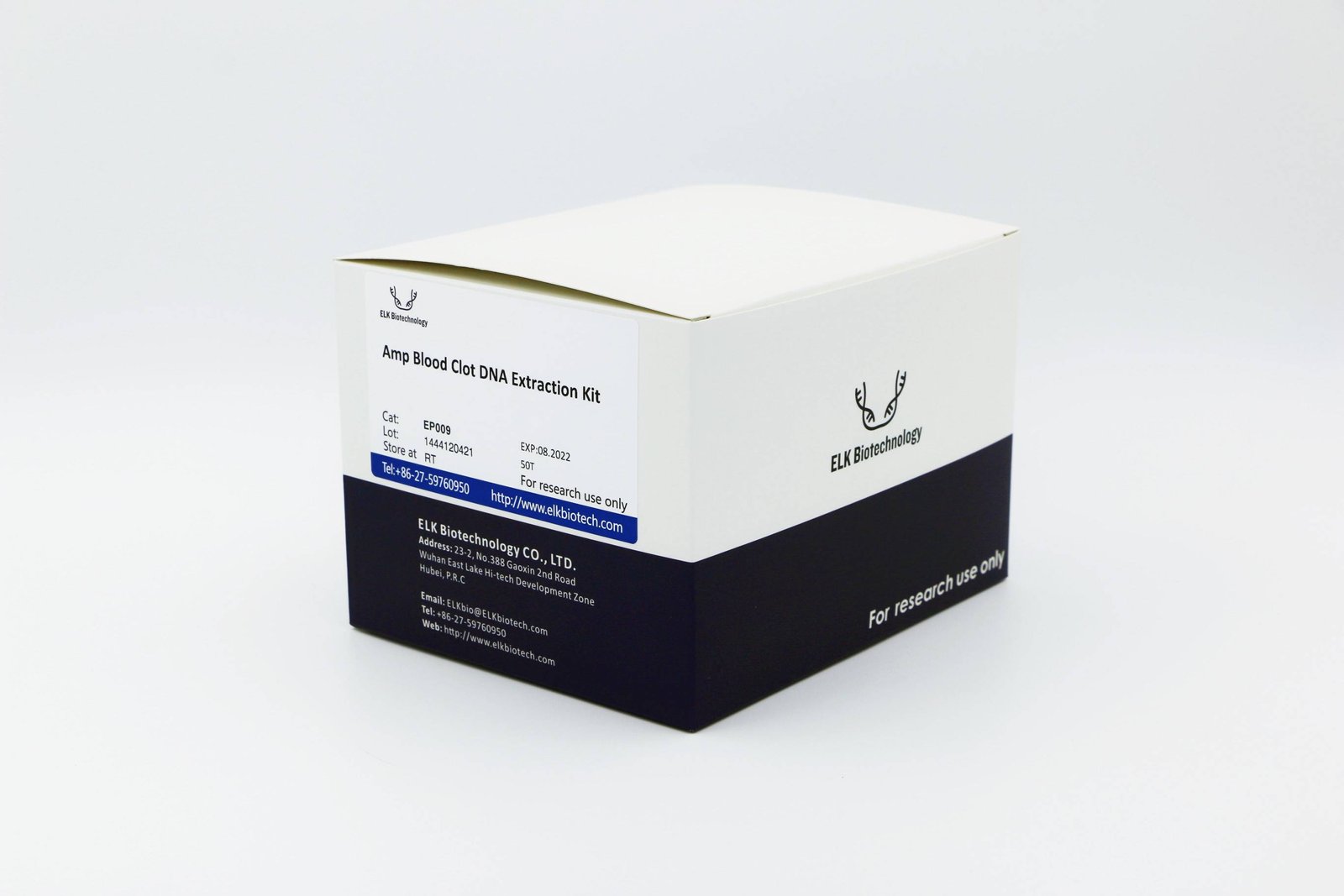




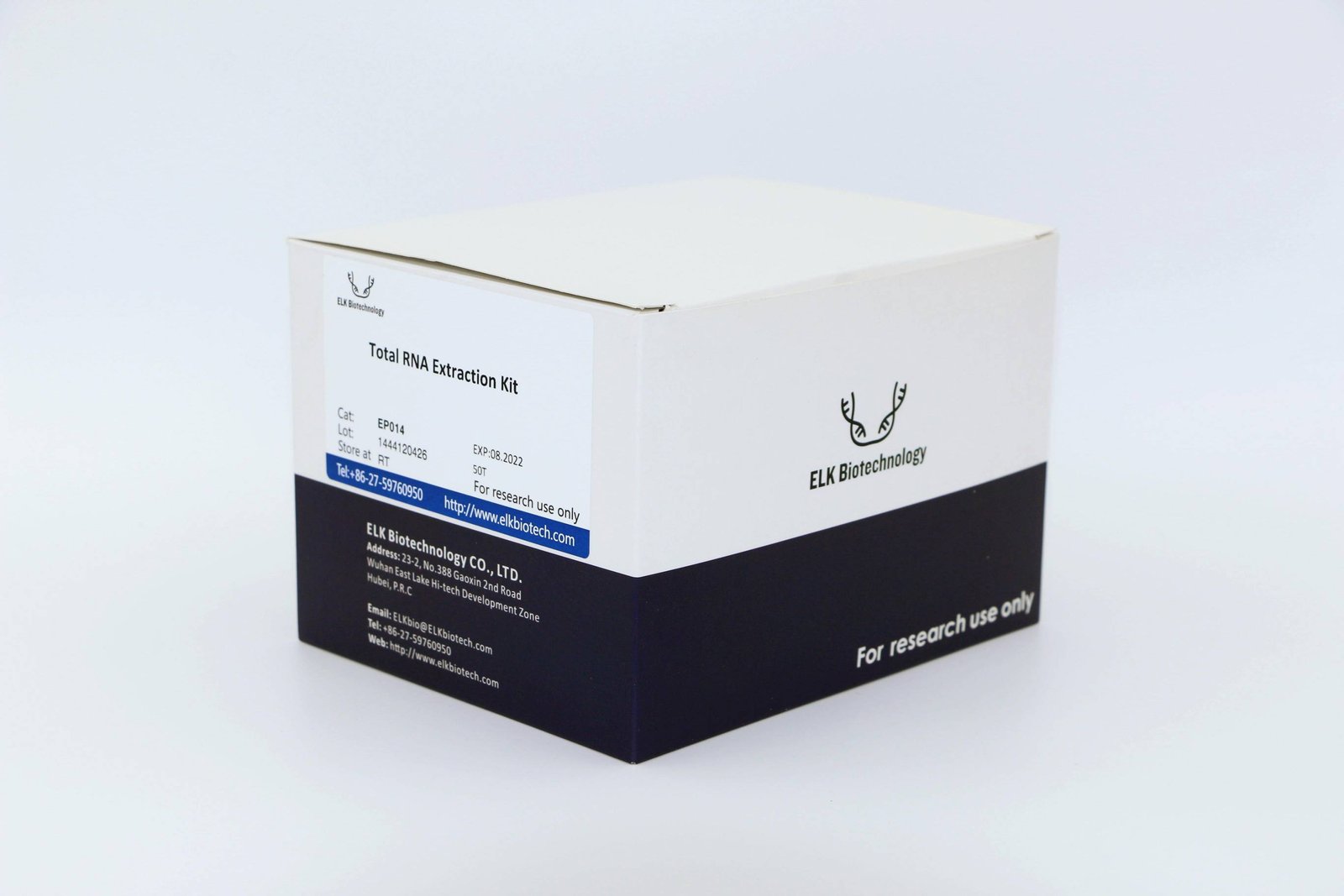
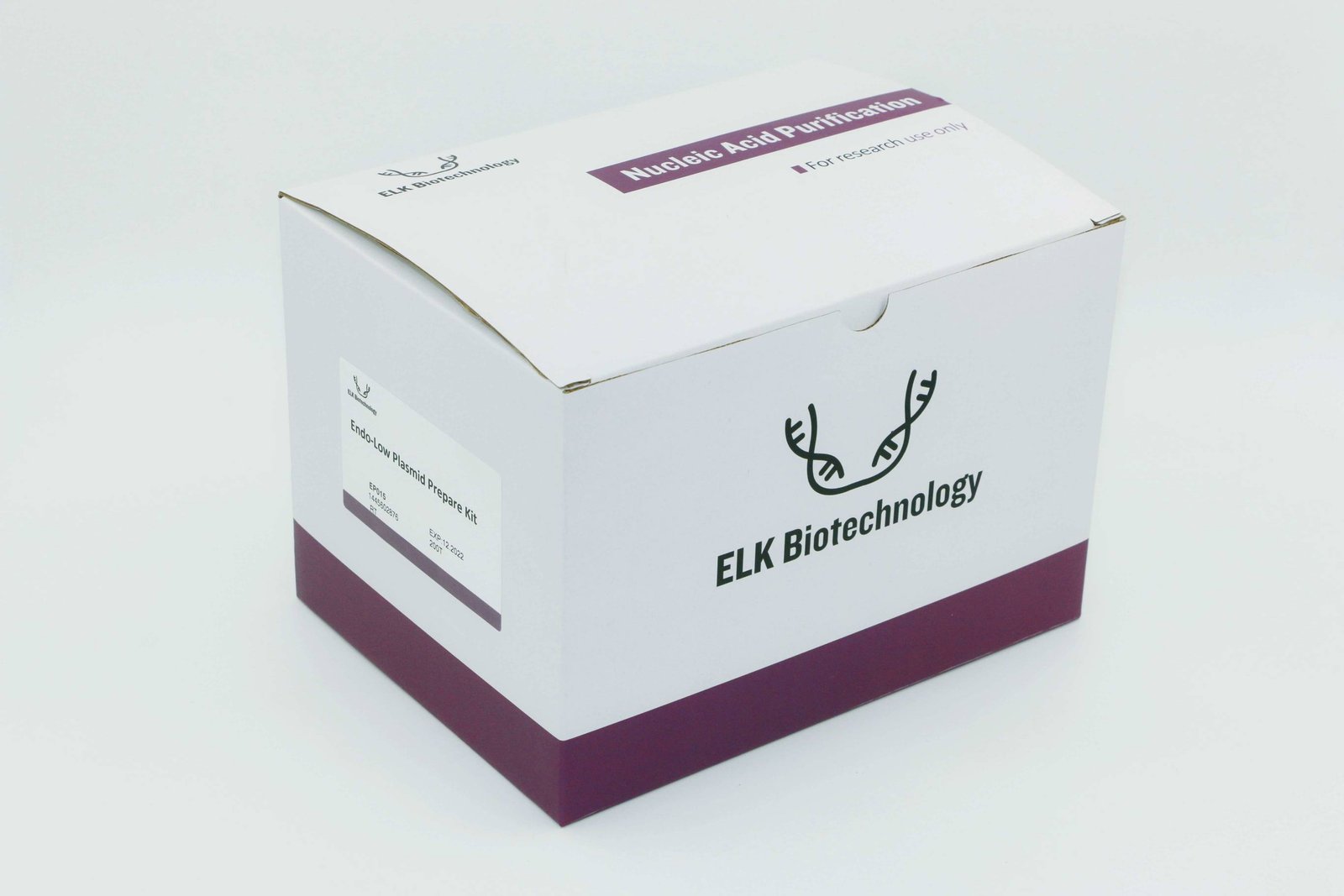
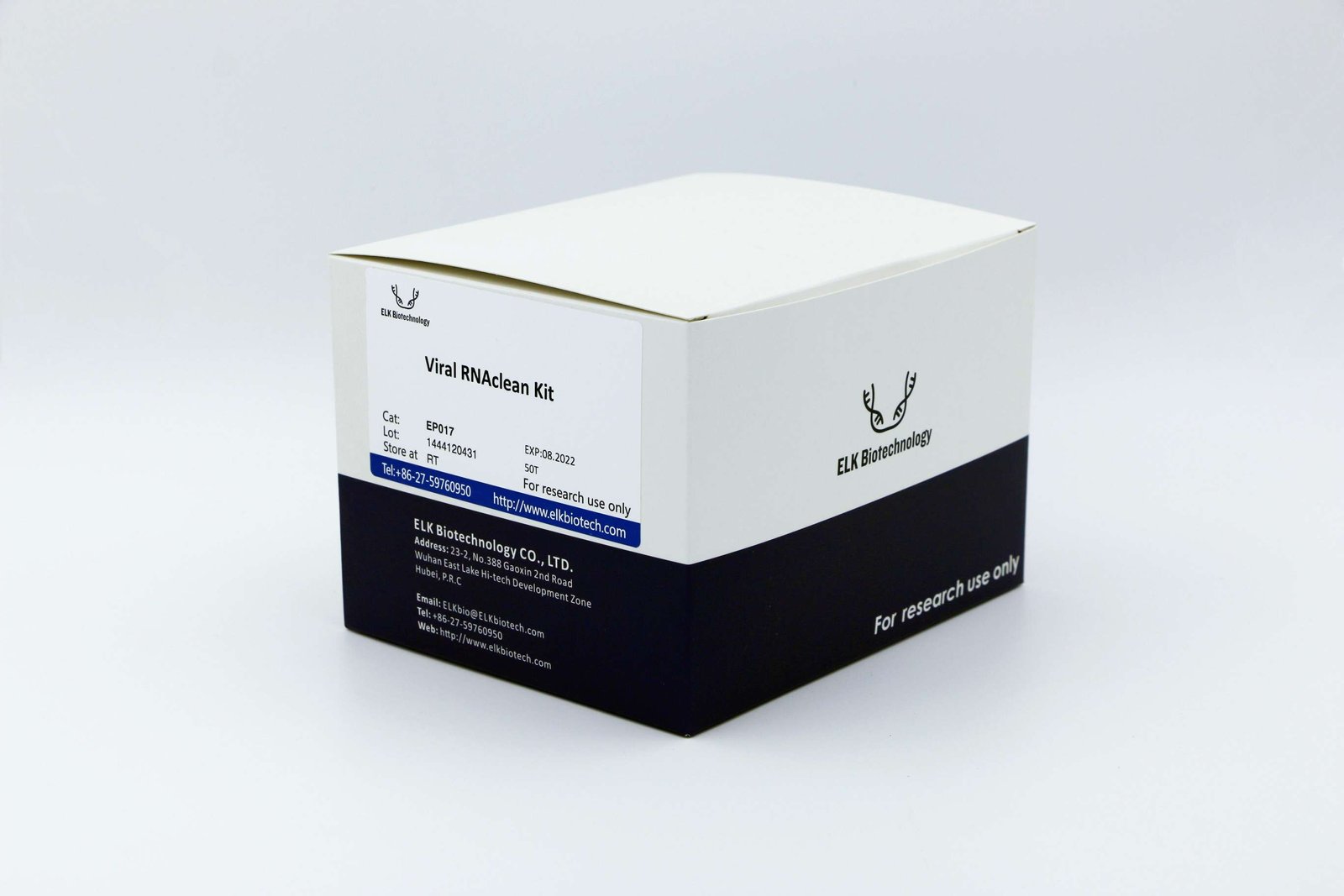
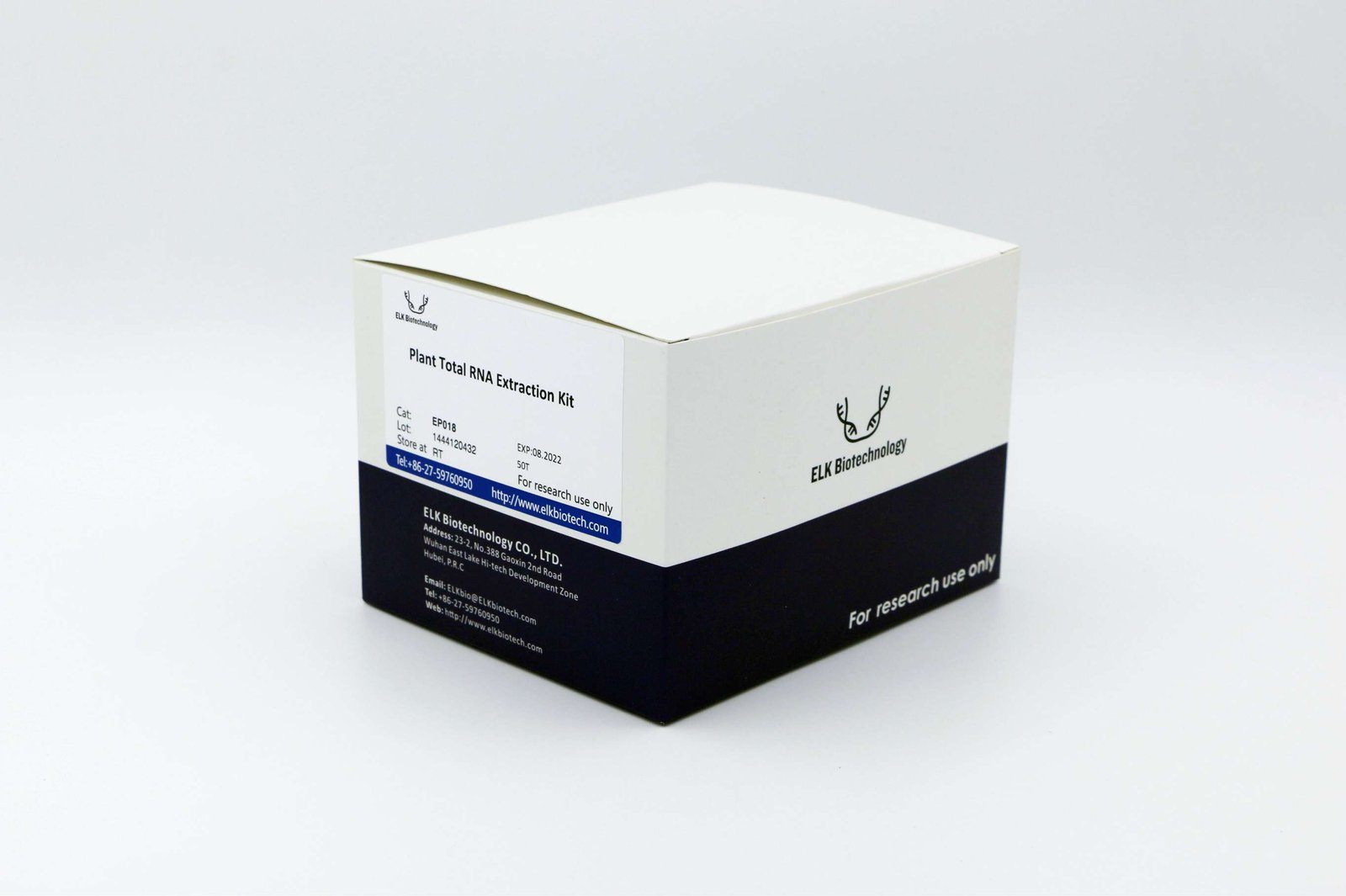
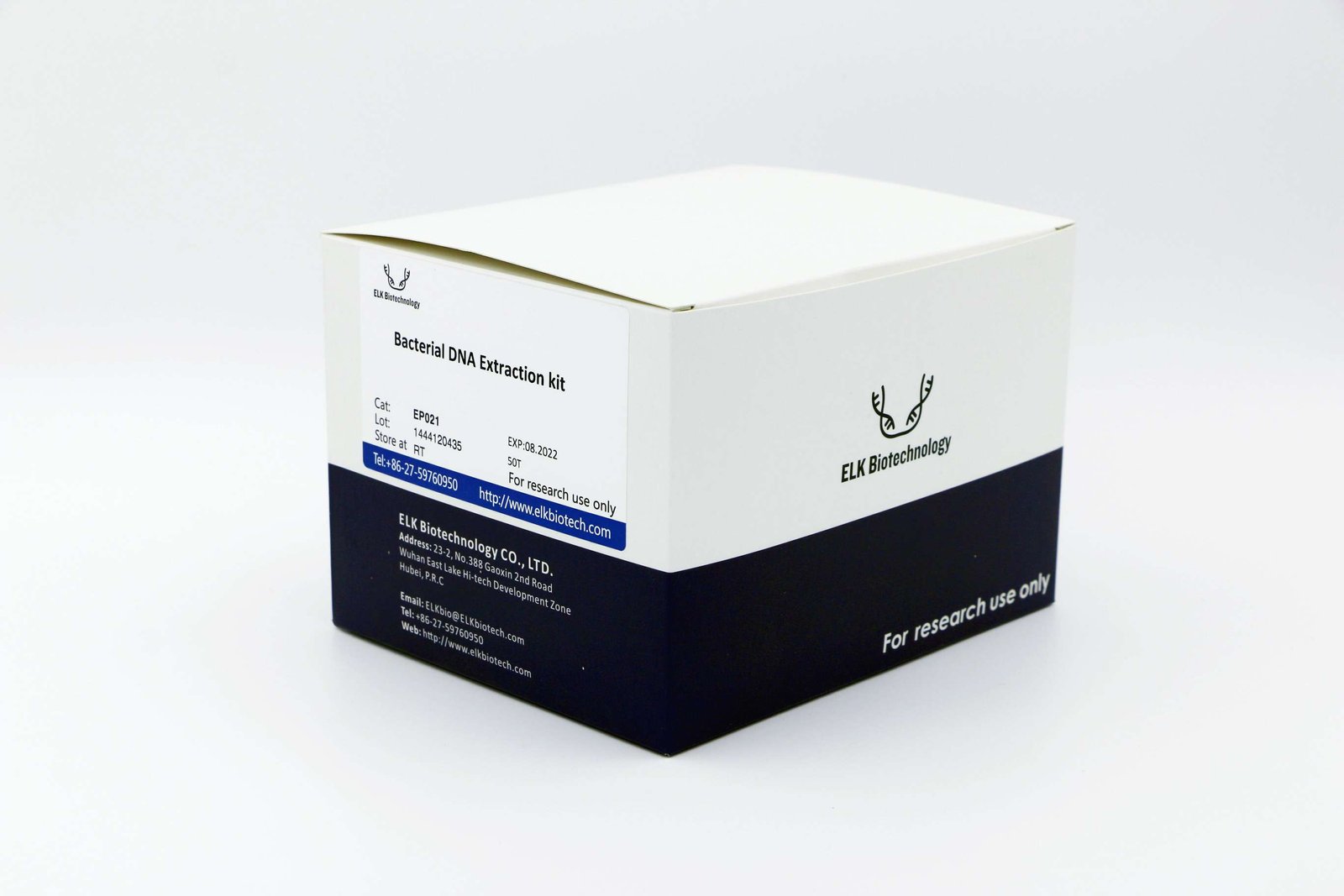
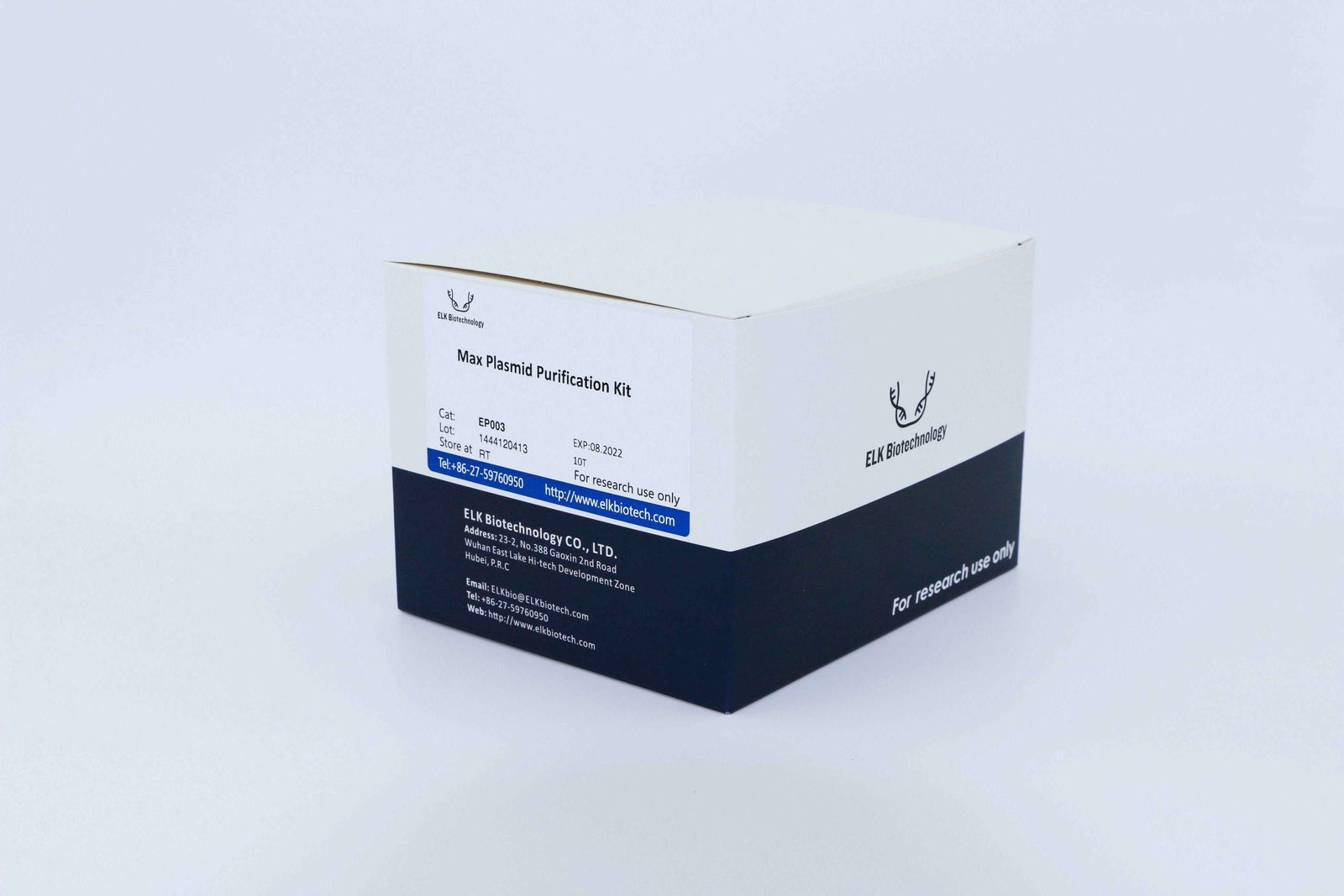


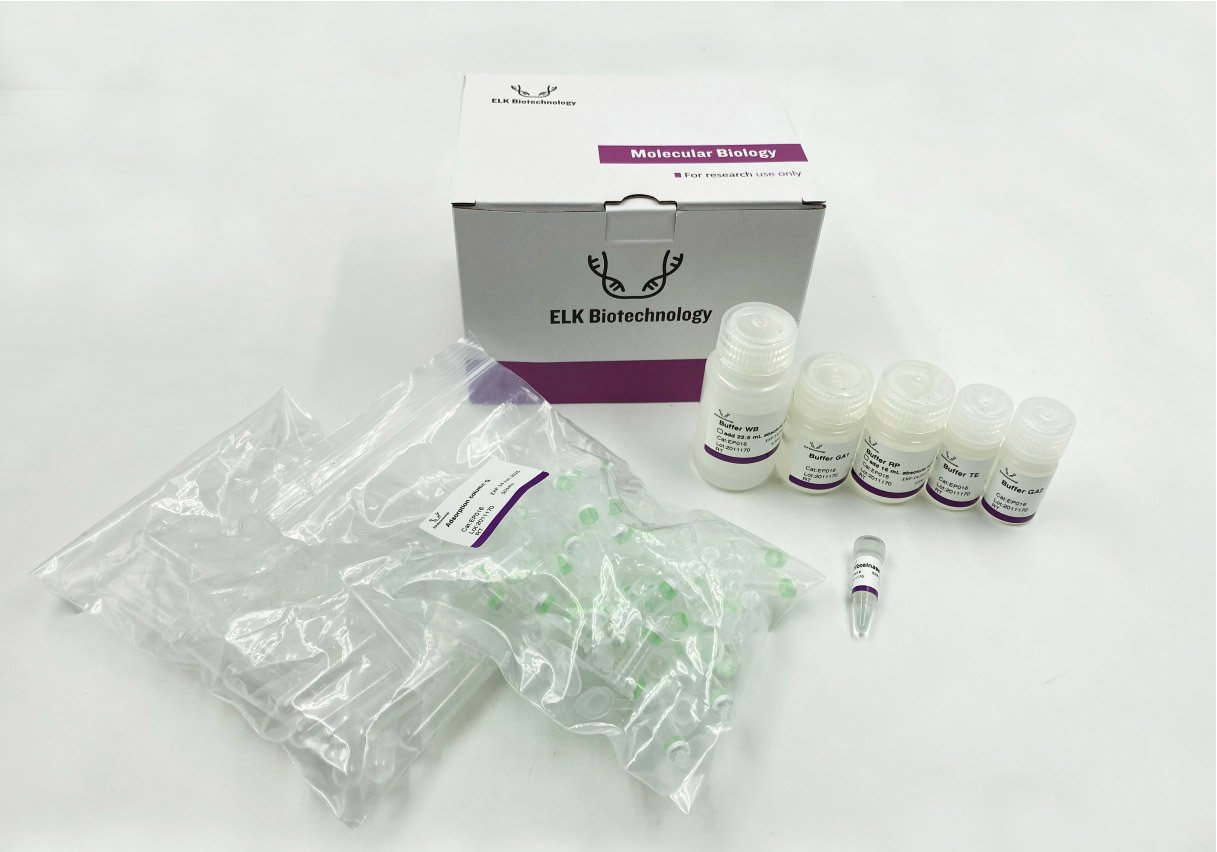

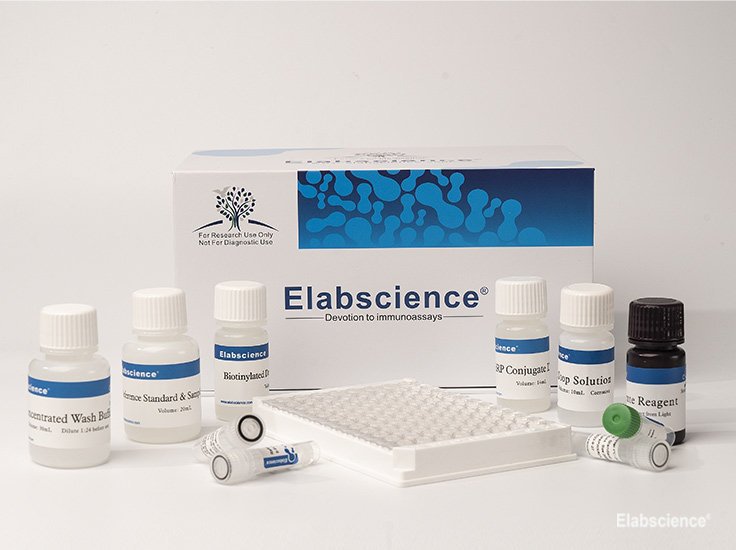
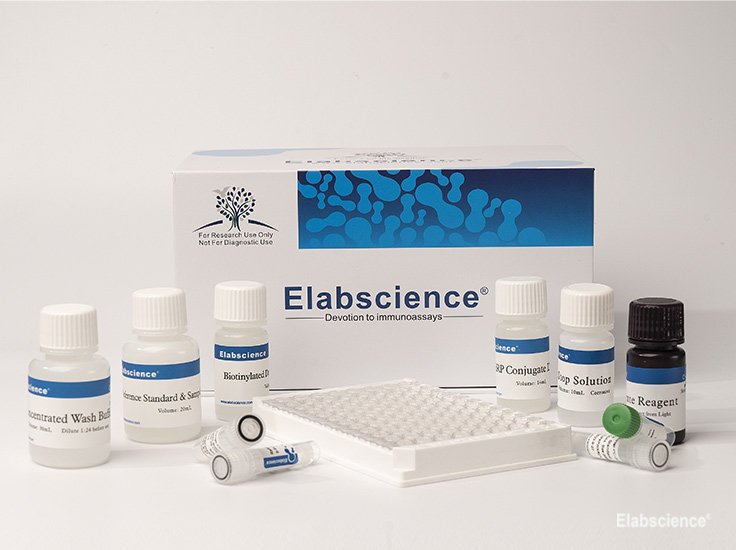
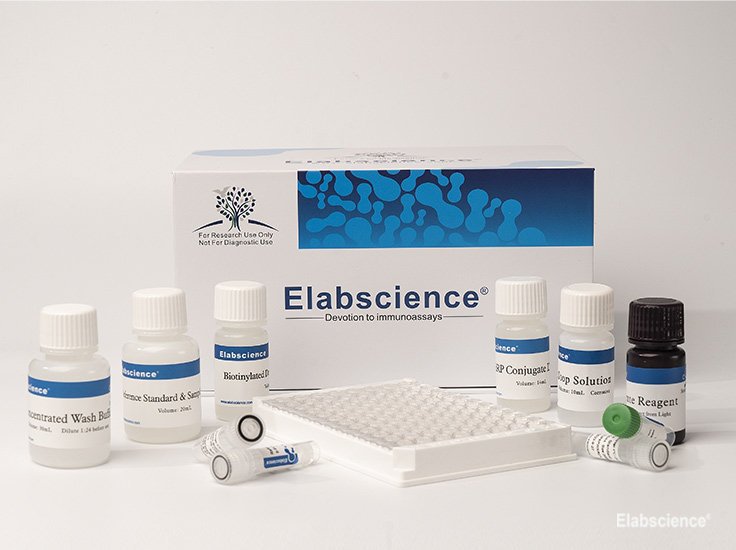
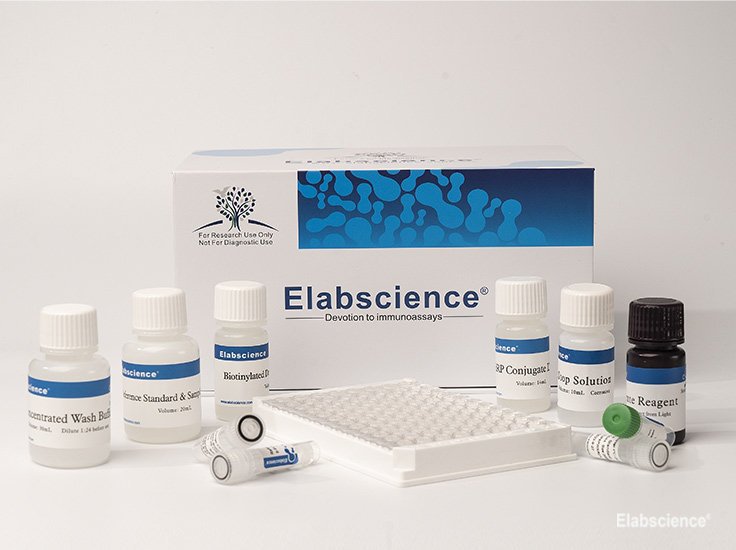

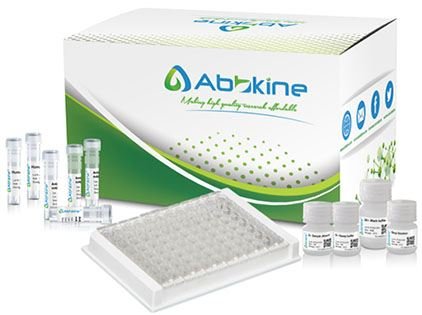
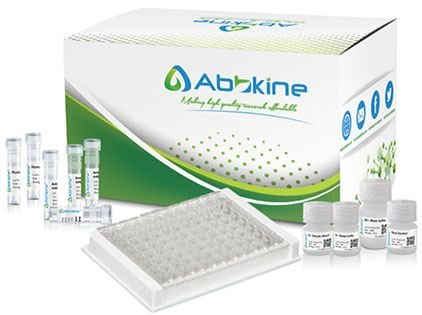


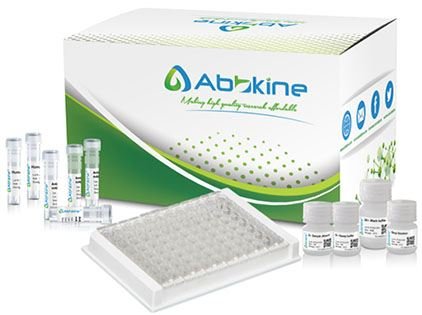

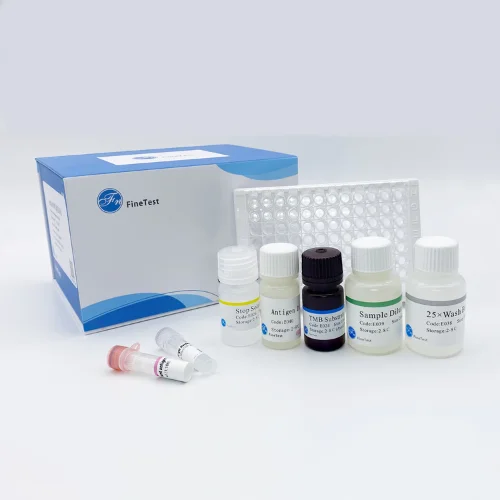

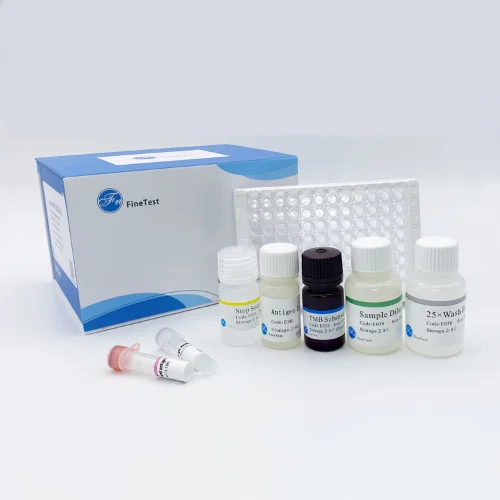

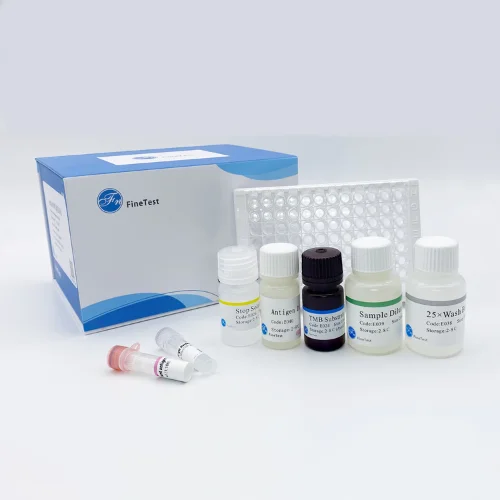

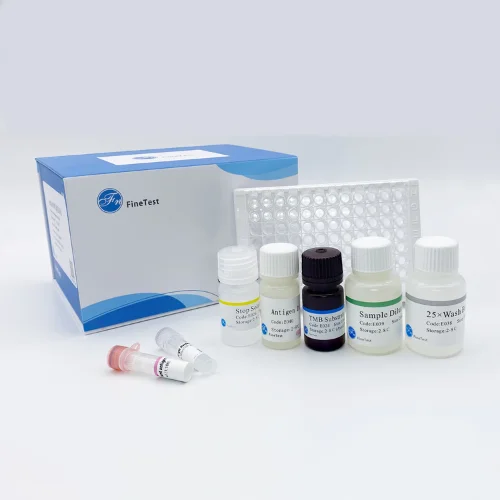

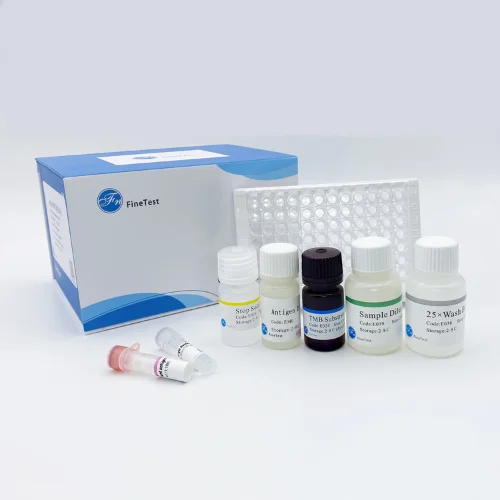
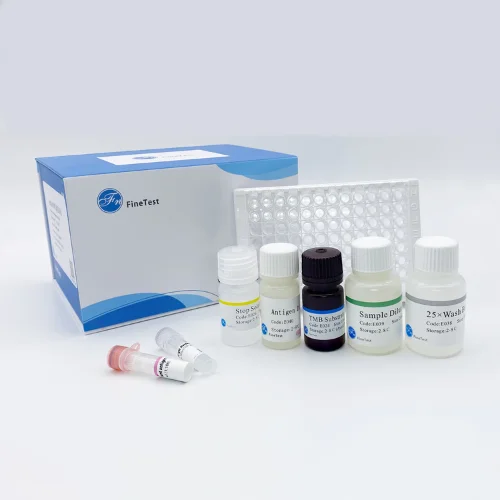

![Rat SOD1(Superoxide Dismutase [Cu-Zn]) ELISA Kit](https://www.unibiotech.in/upload/product/3.t2xfpl.dbLhu6.jpg)
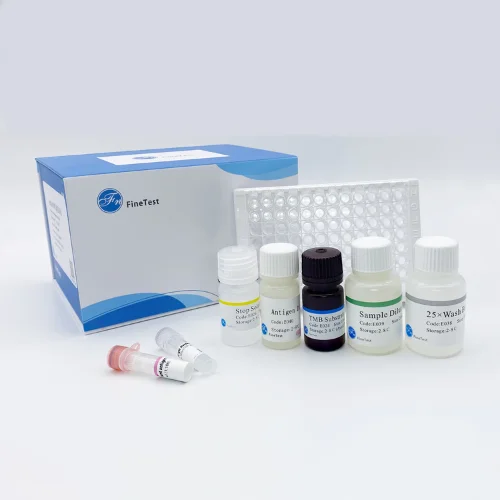
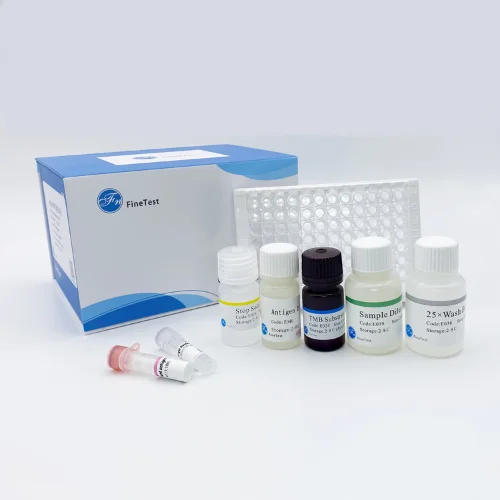


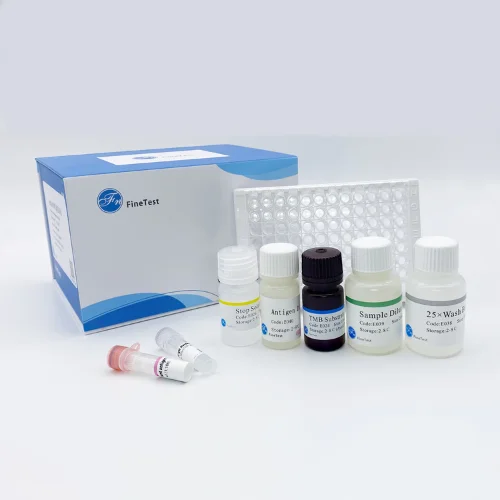
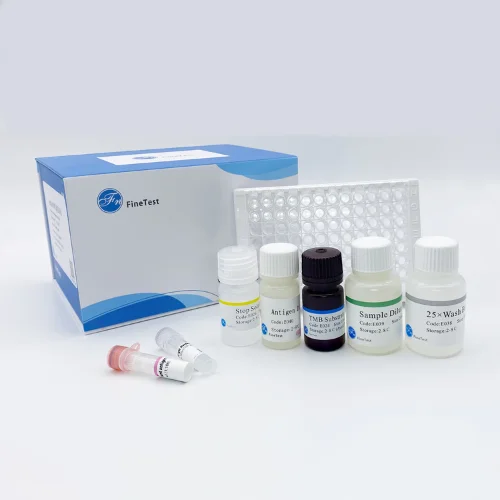


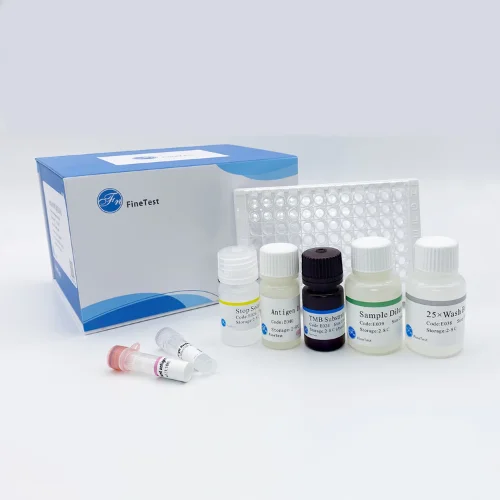
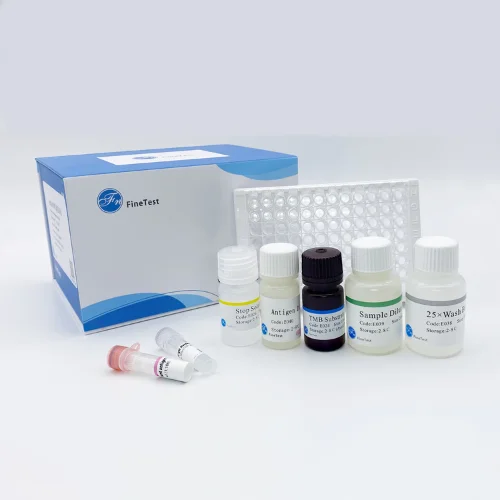


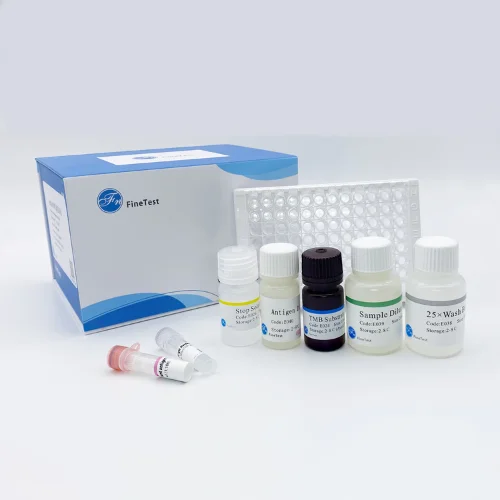

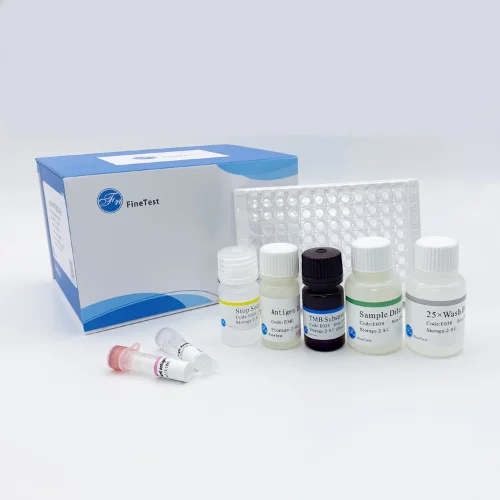

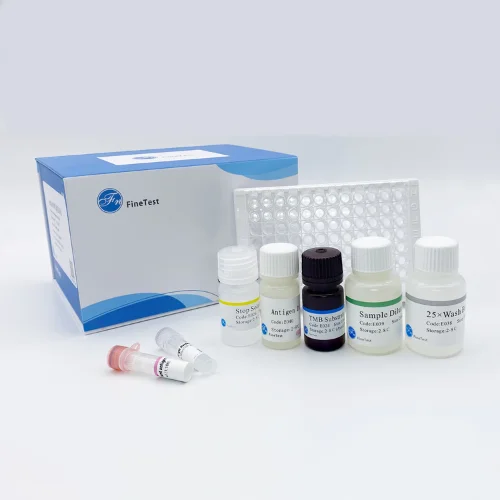
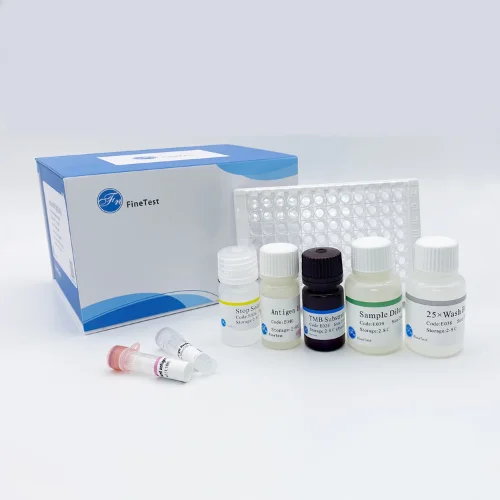




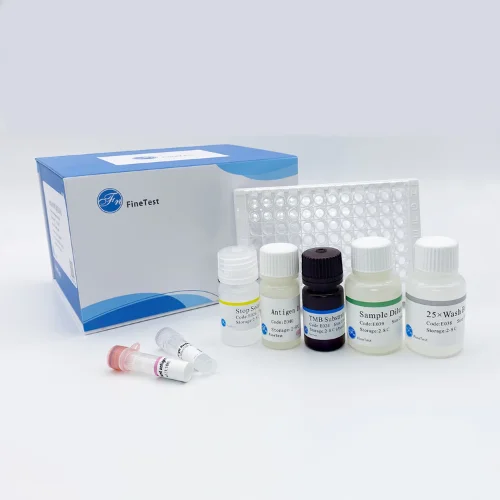
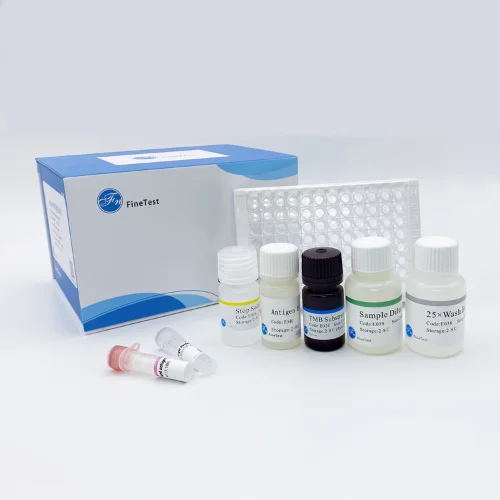
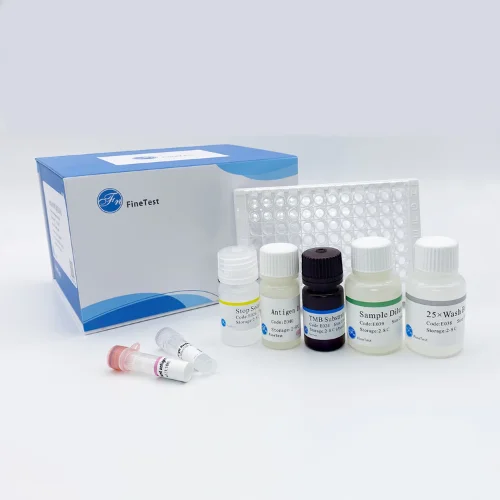
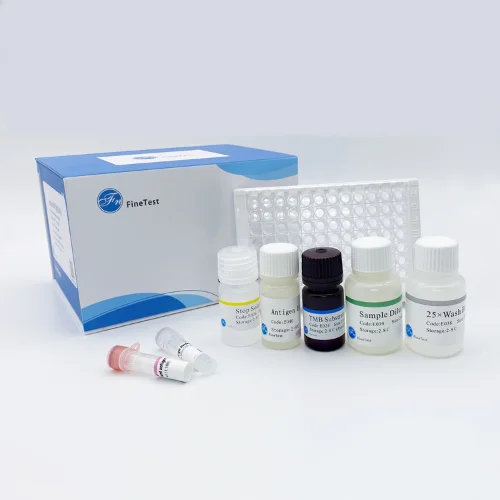
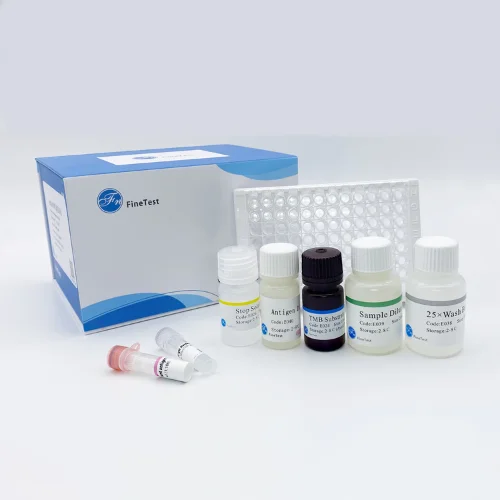

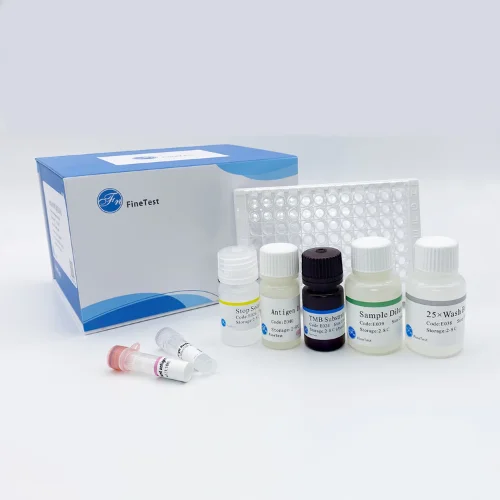
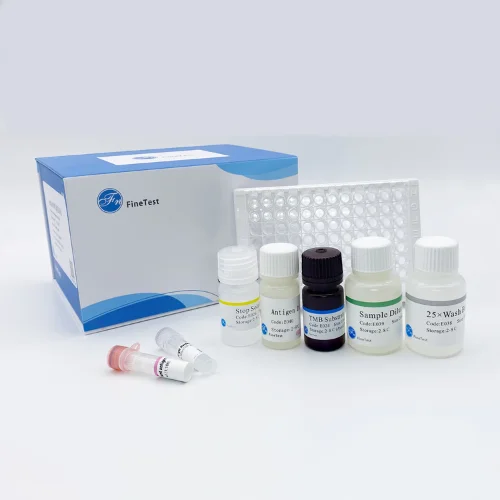



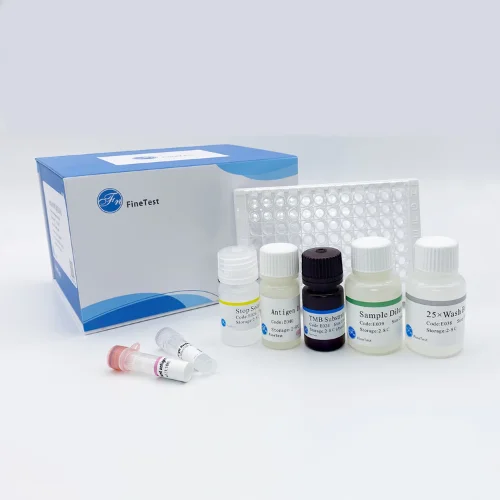
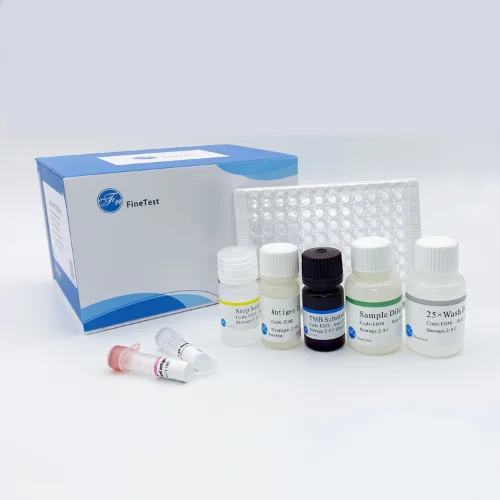

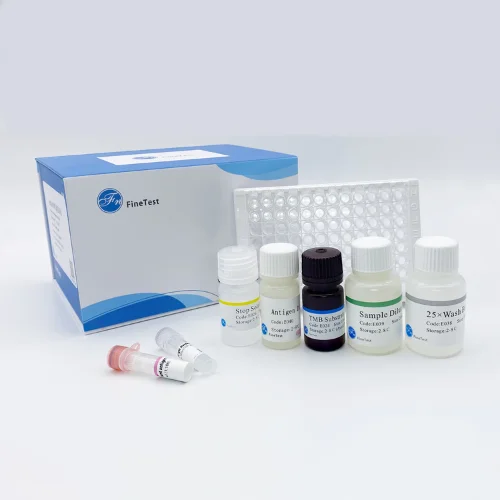

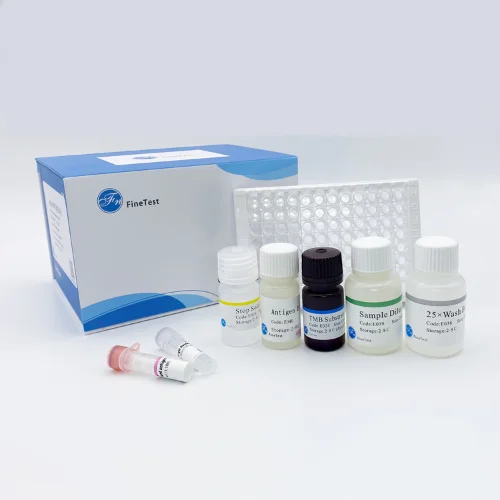
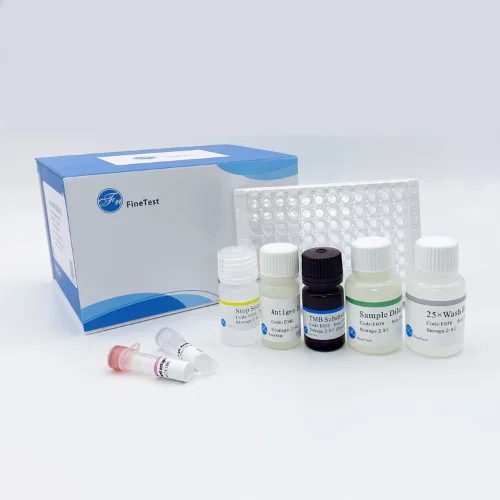
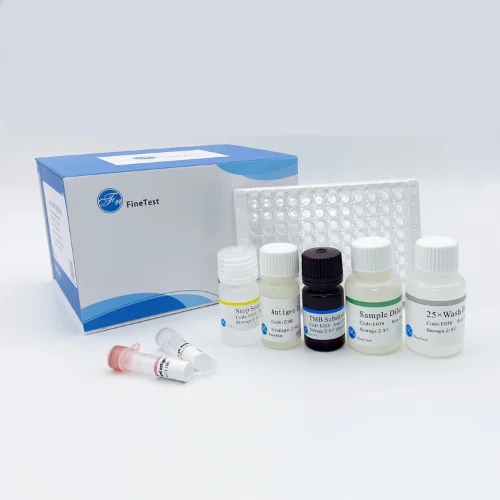
![Mouse SOD1(Superoxide Dismutase [Cu-Zn]) ELISA Kit](https://www.unibiotech.in/upload/product/3.t2xfpl.YRFrGD.jpg)



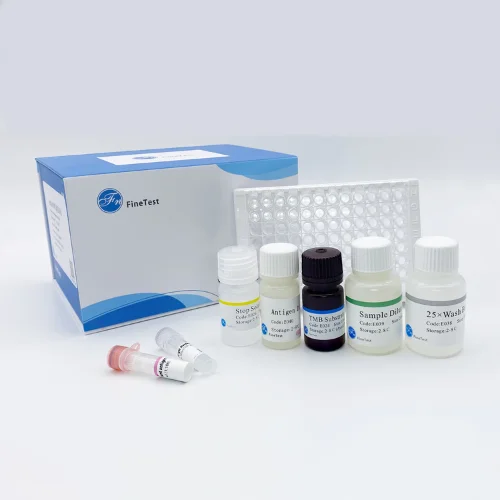
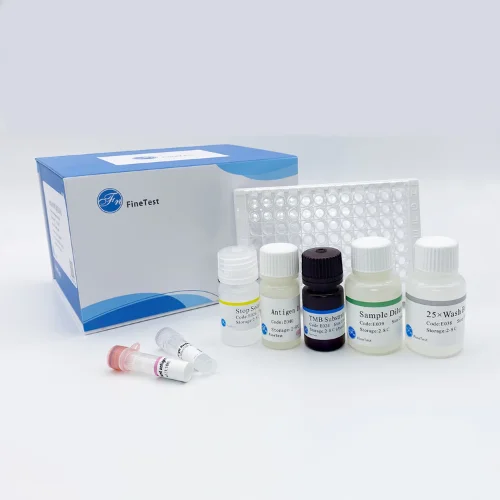
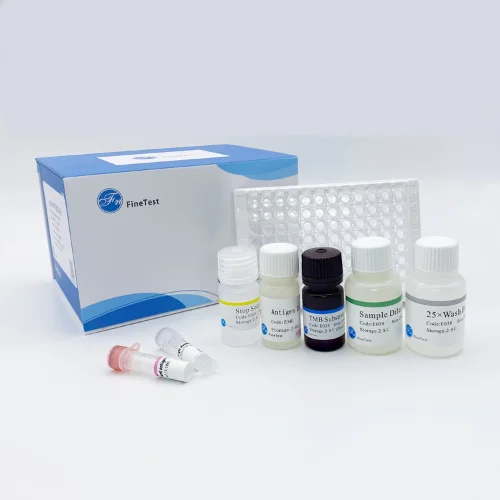
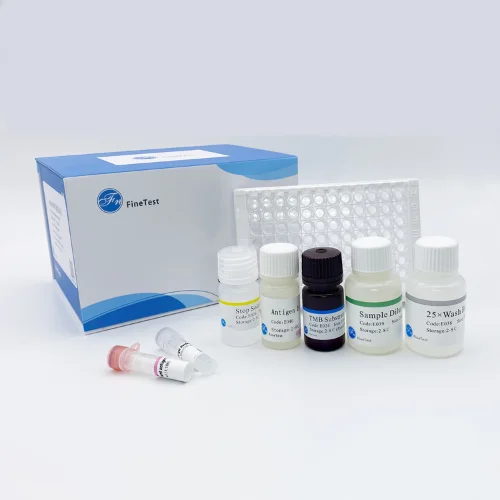
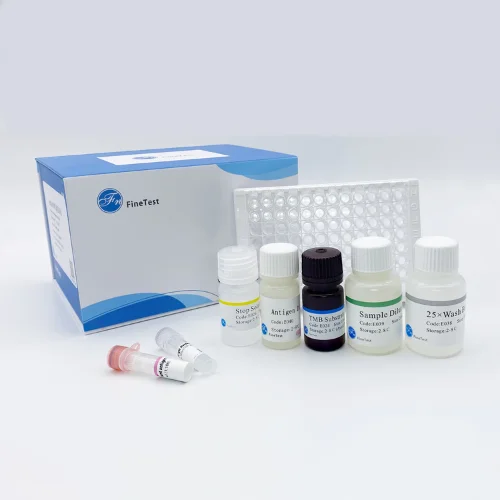



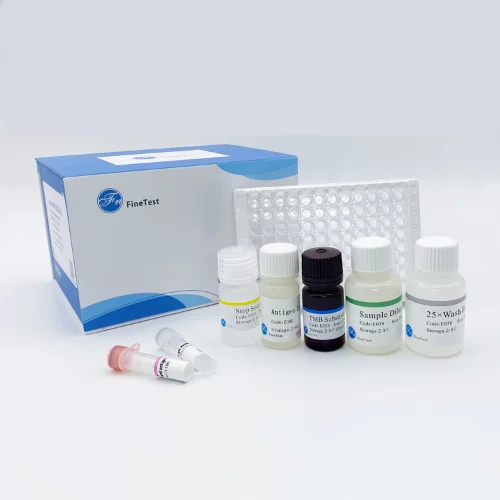

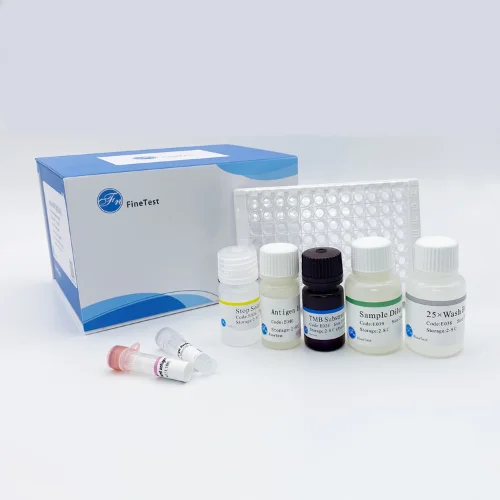


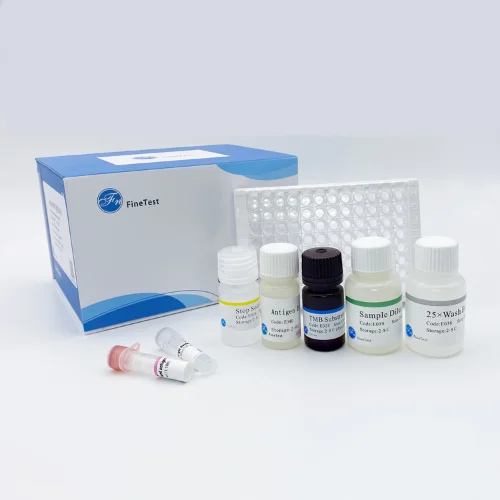
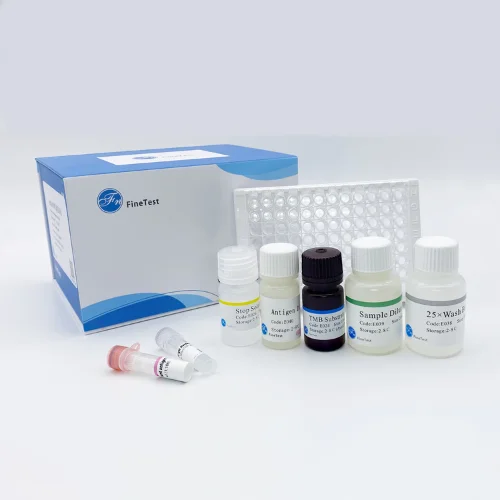
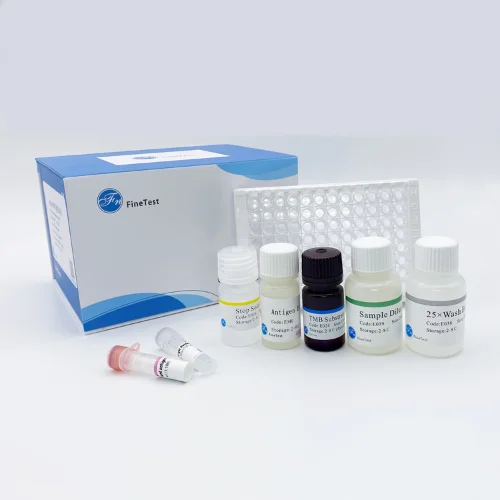
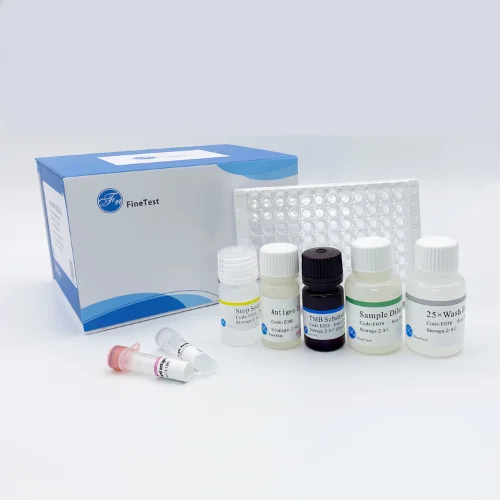
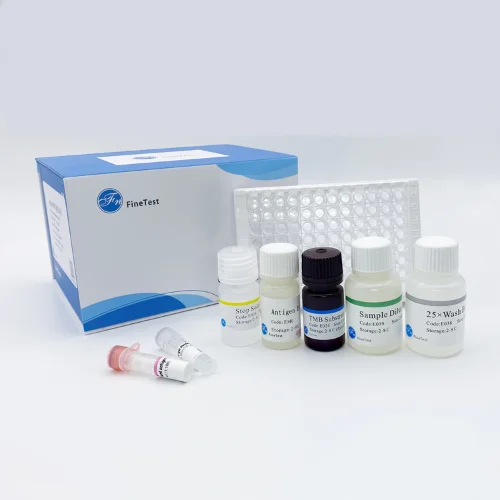


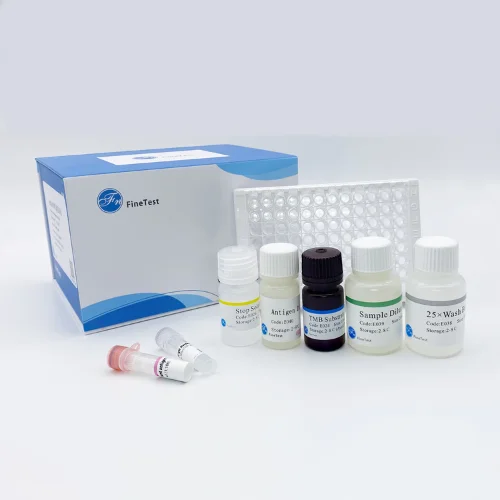

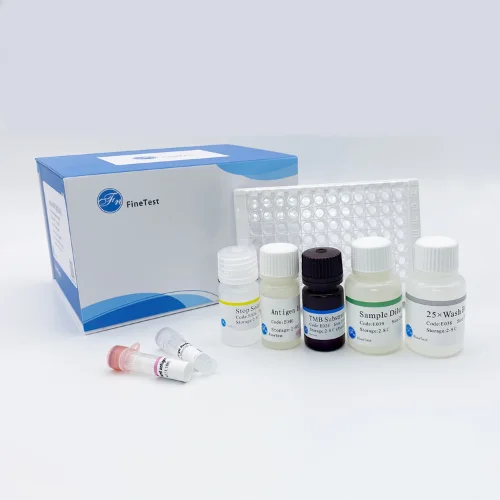

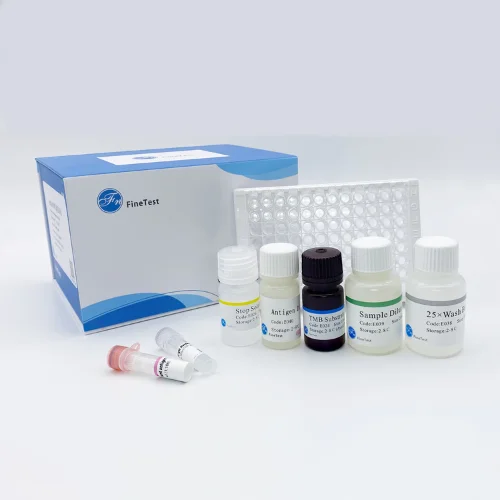


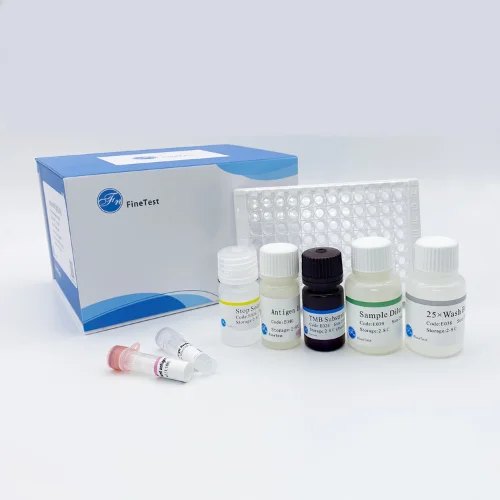
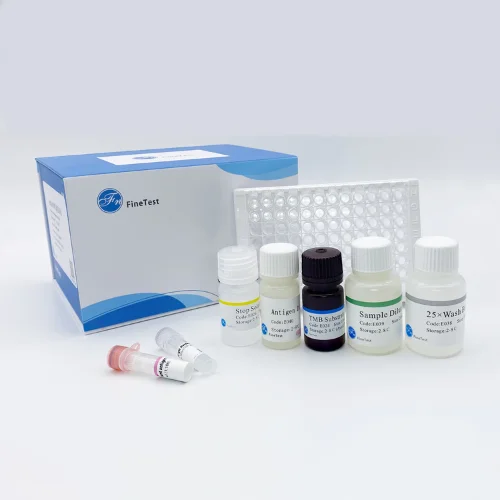
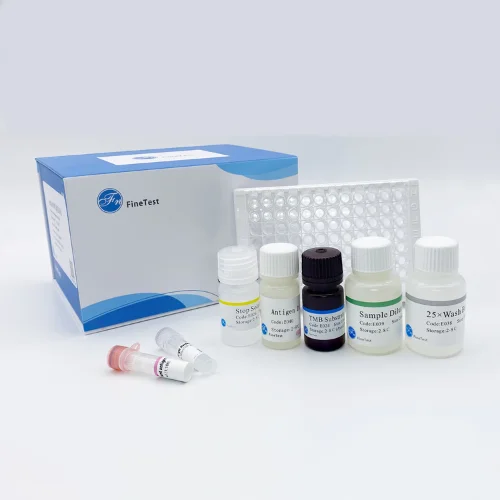
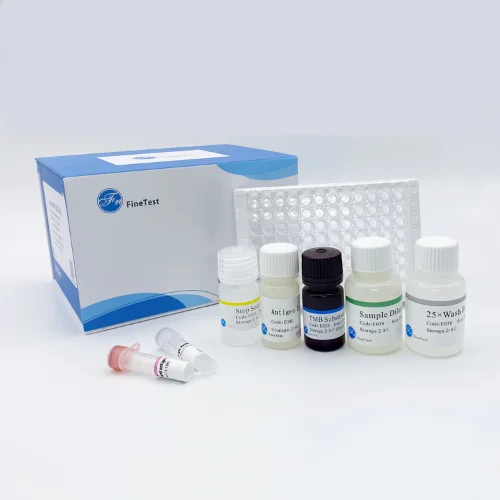
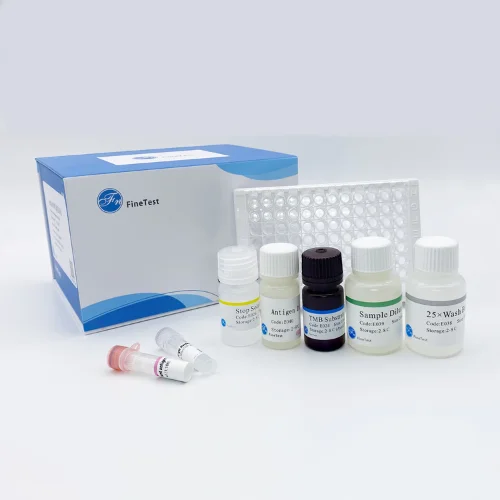
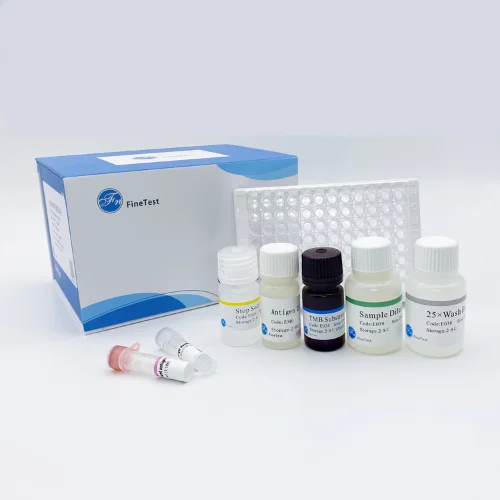


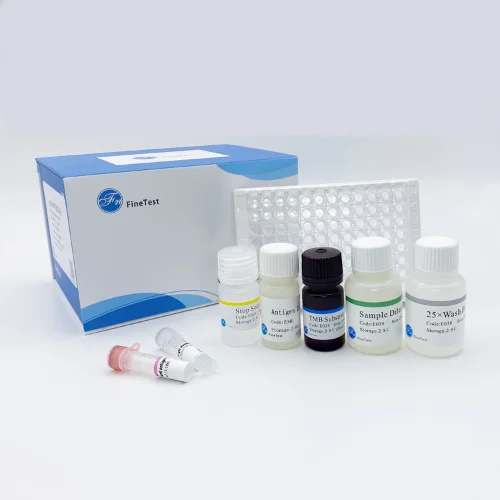


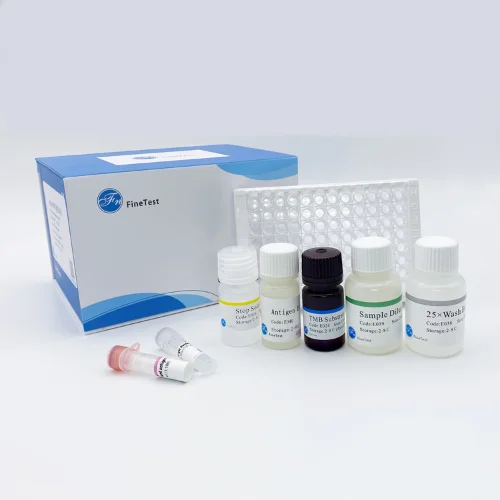


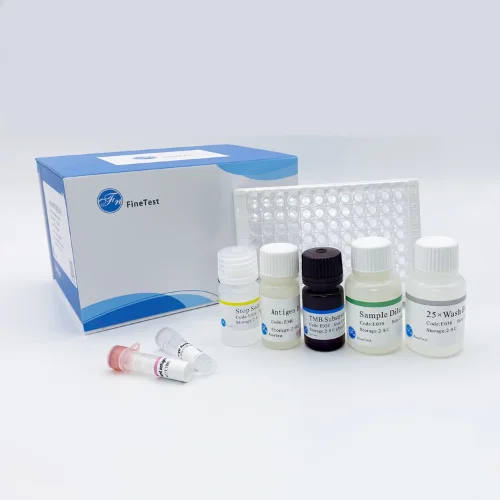


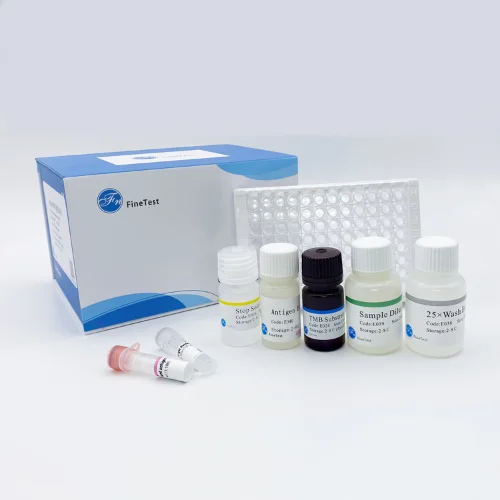
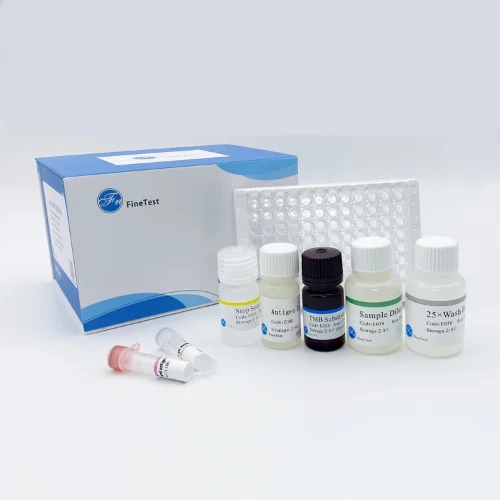

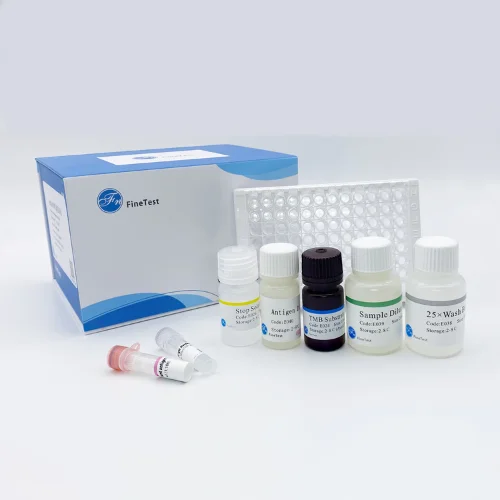
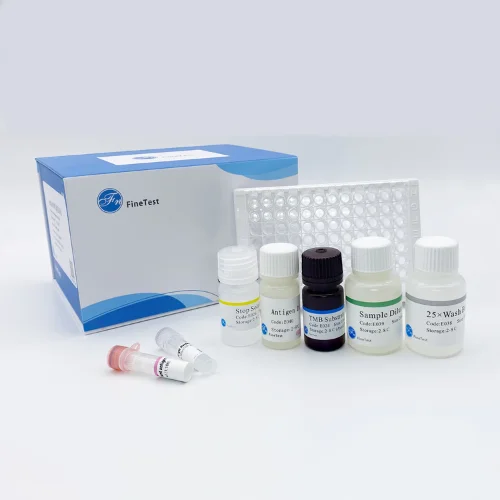

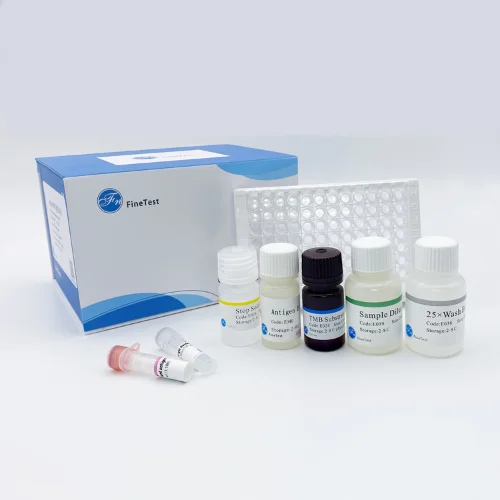


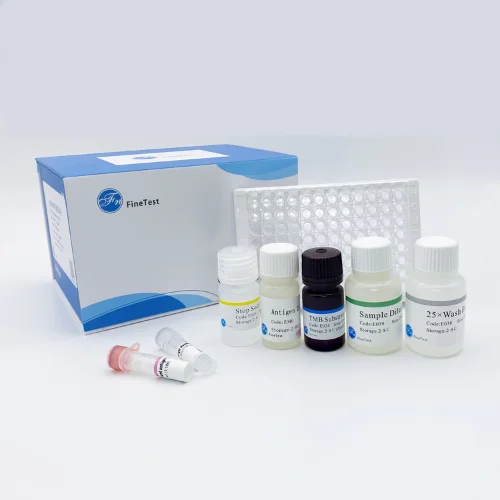
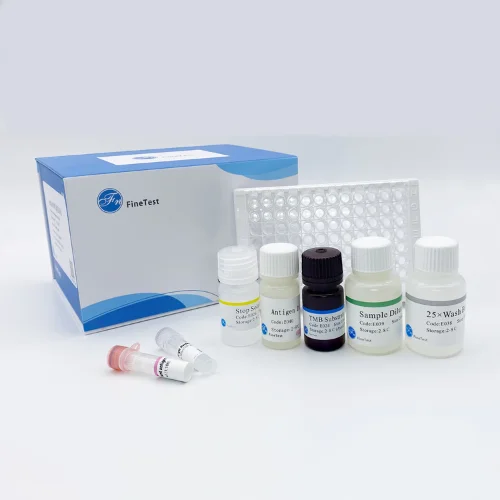
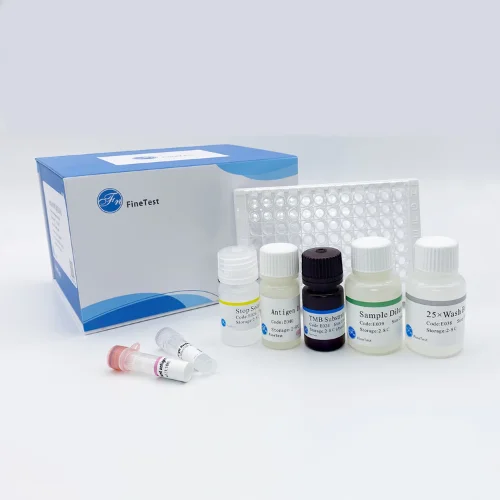

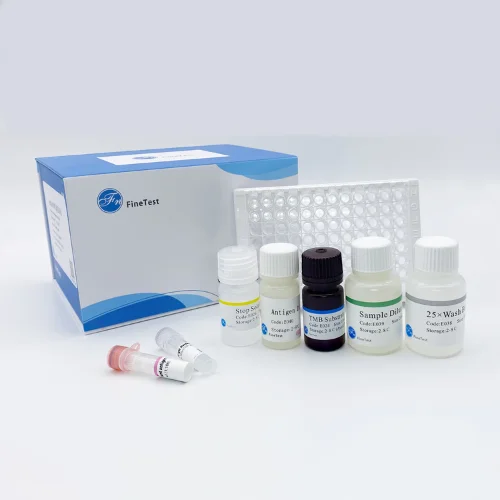
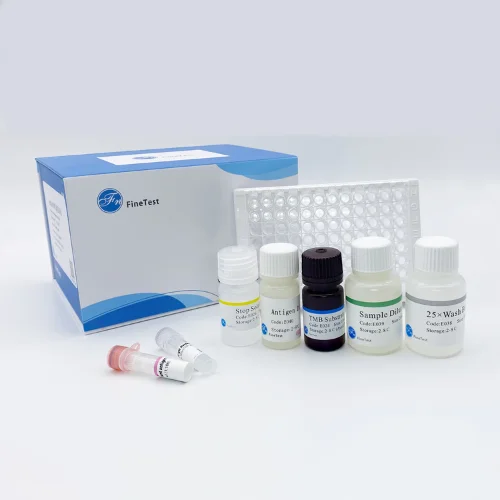



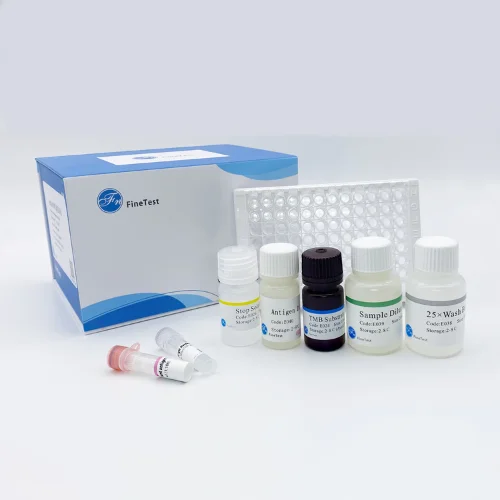
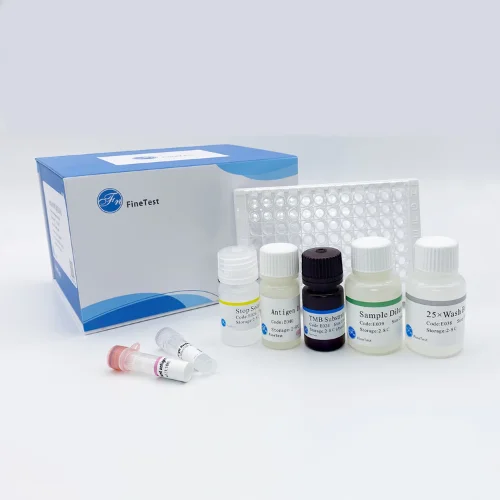


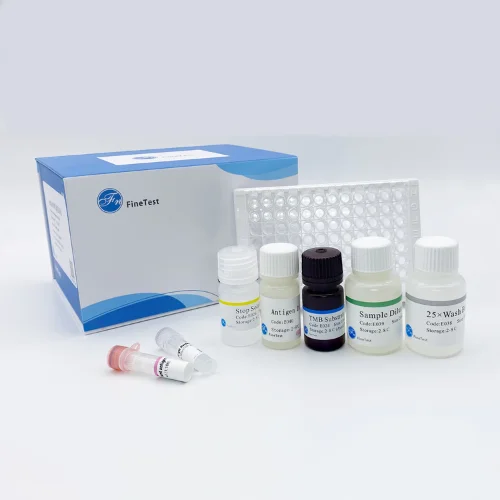

![Human SOD1(Superoxide Dismutase [Cu-Zn]) ELISA Kit](https://www.unibiotech.in/upload/product/3.t2xfpl.nG1O5Q.jpg)


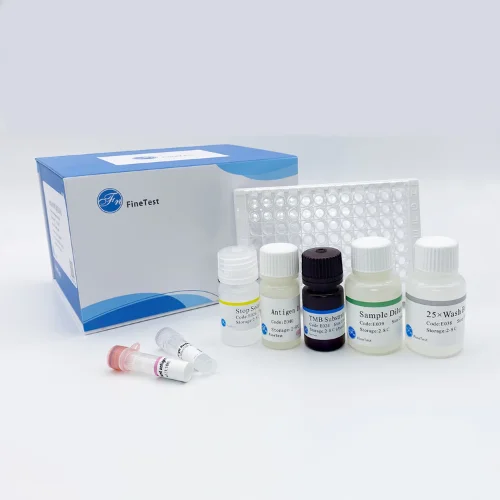



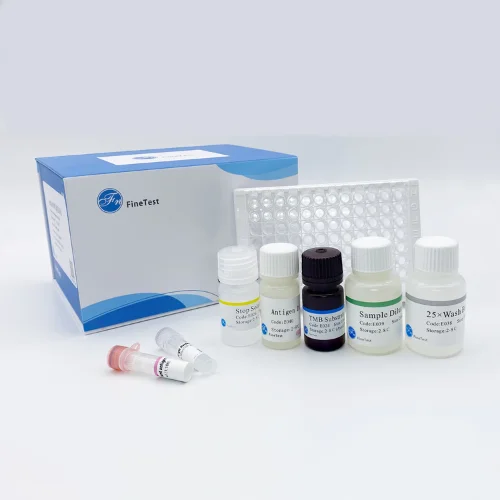


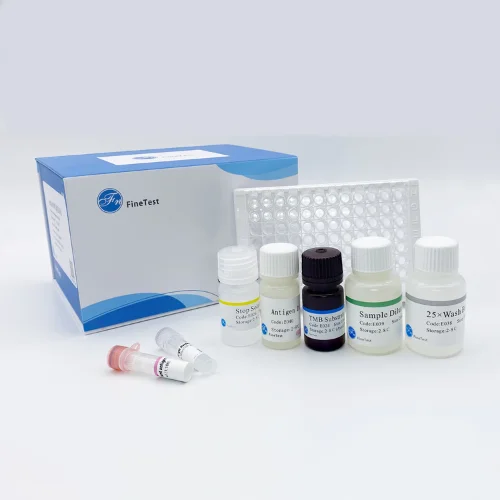





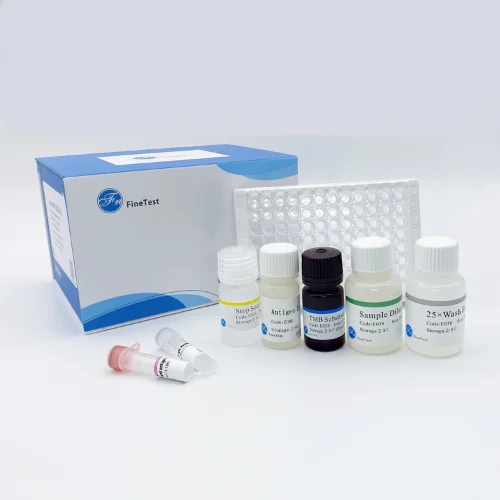

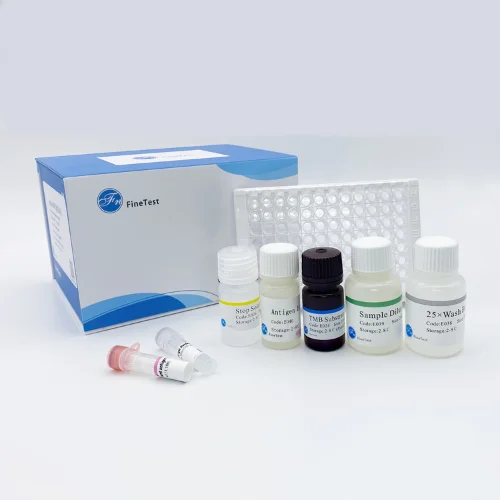


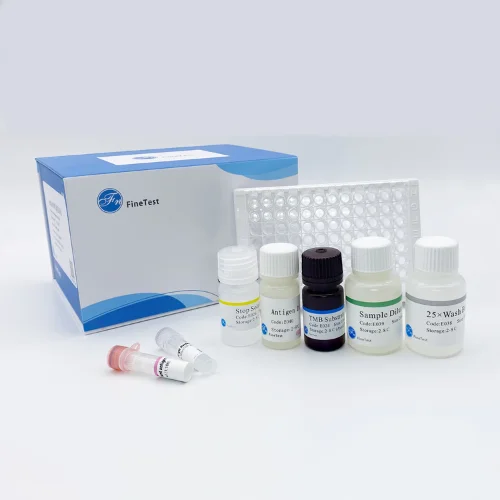


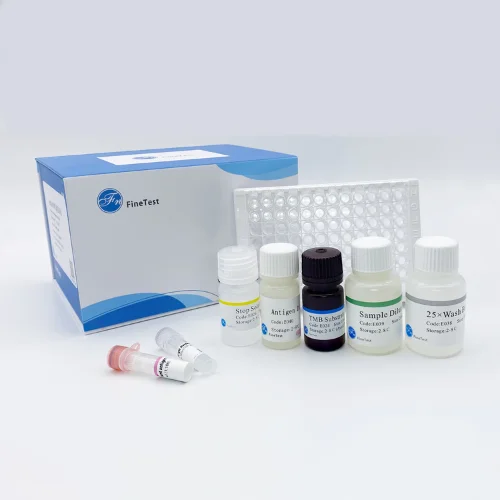


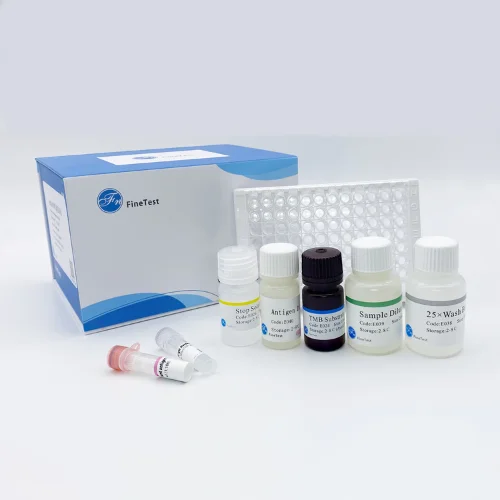
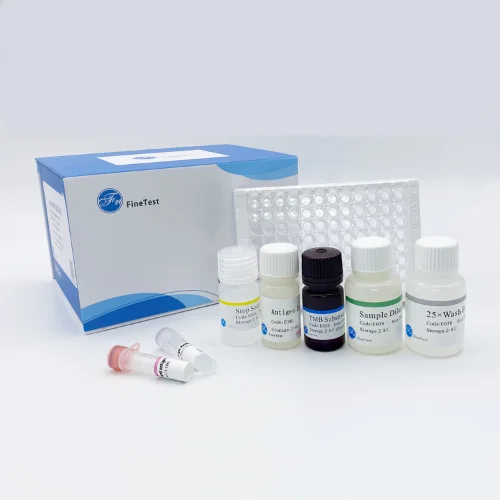


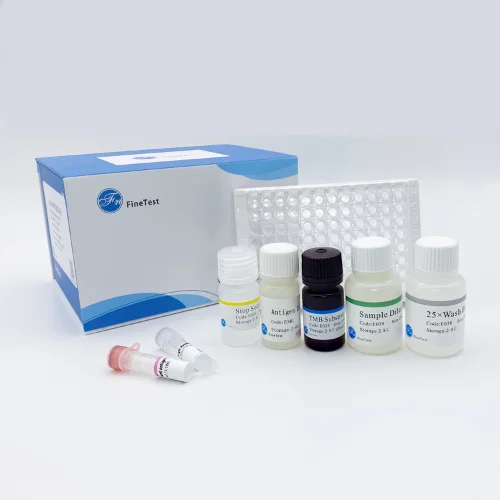

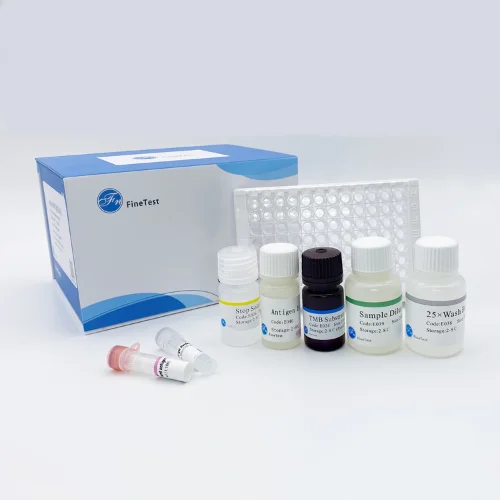
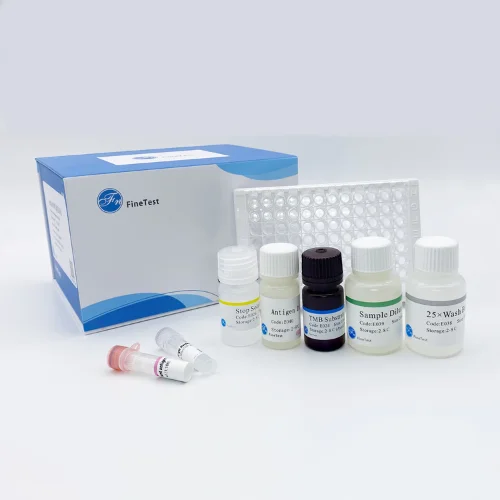
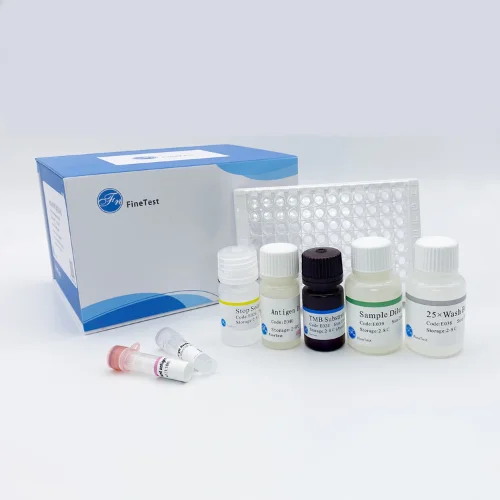
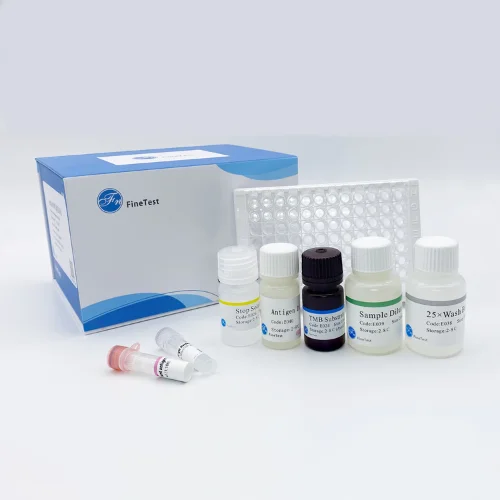
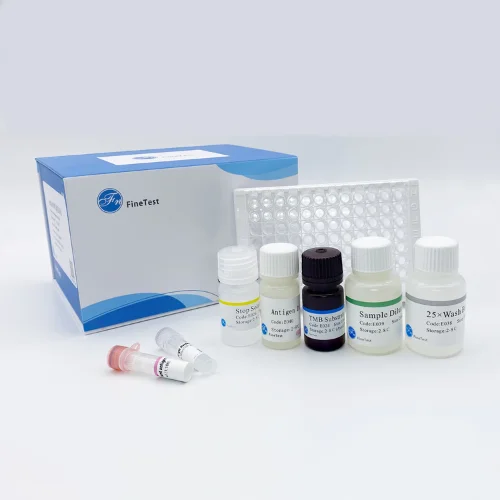


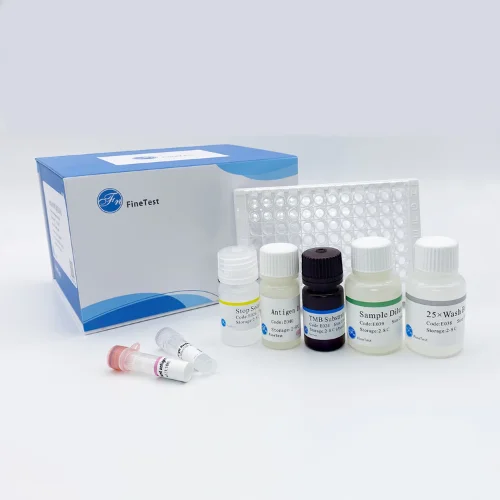

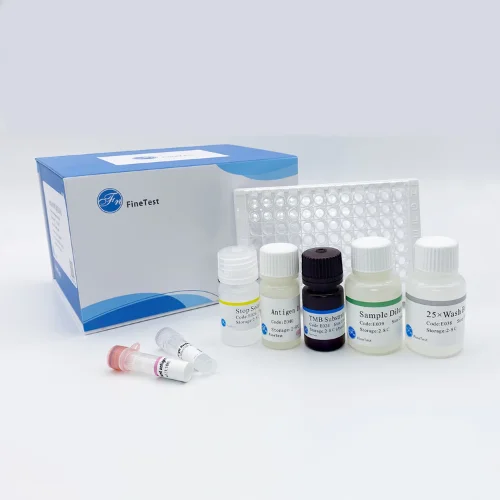




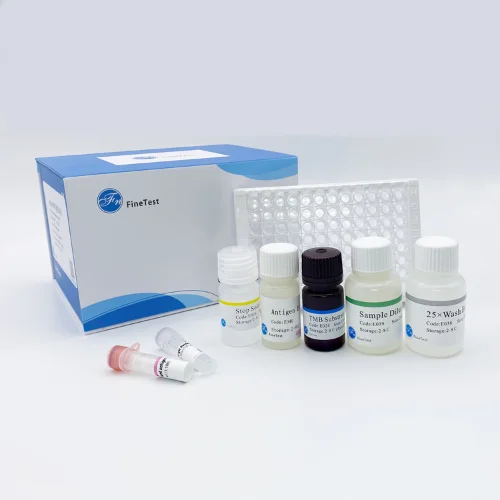


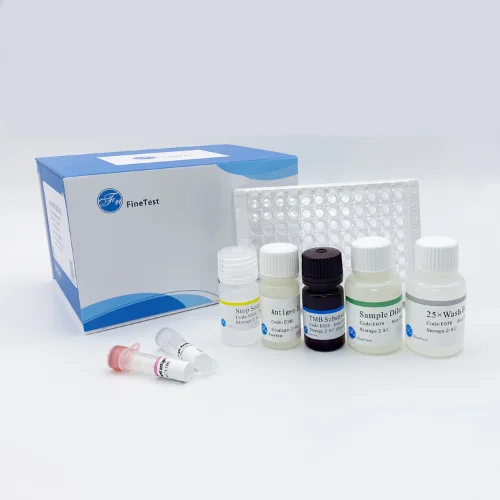

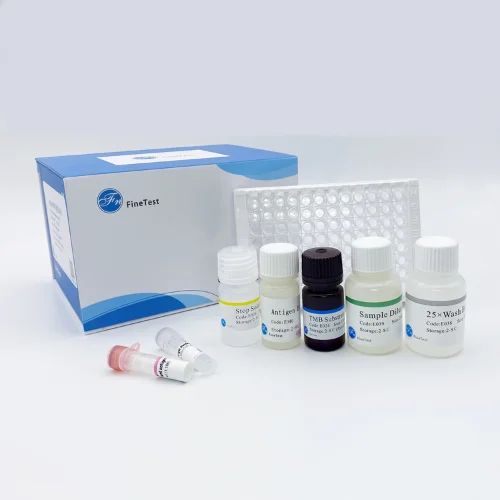


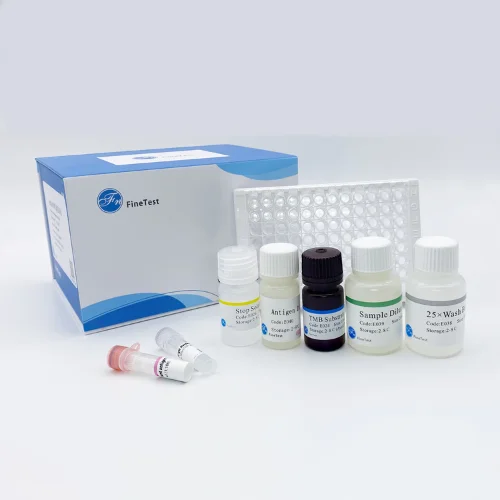
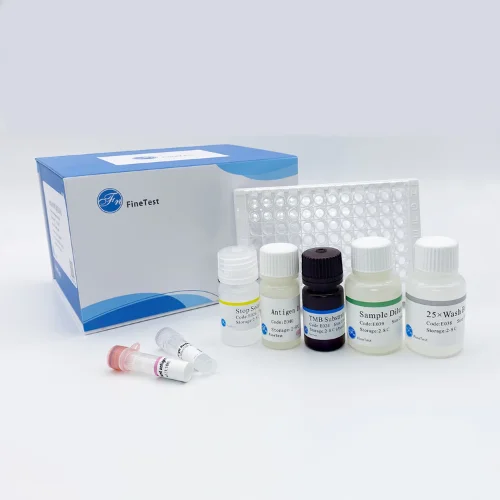
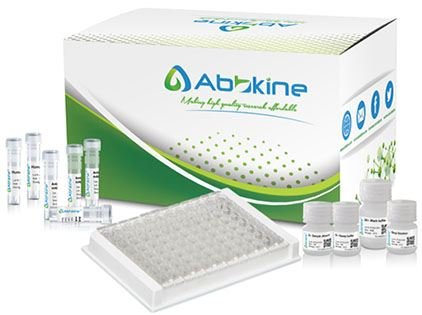
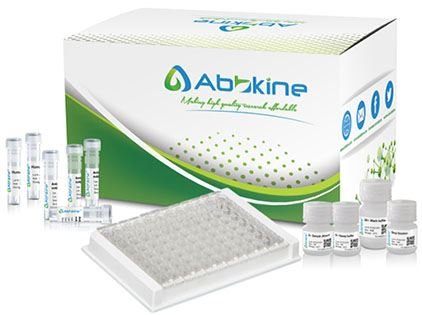
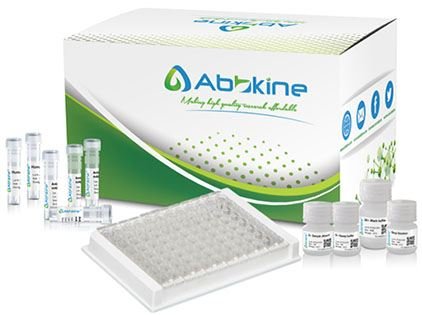



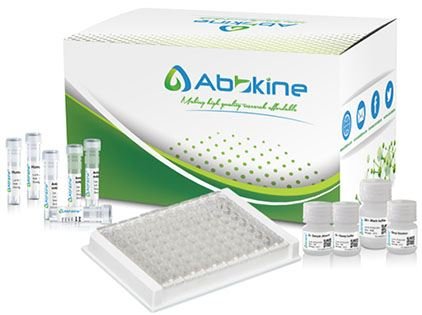
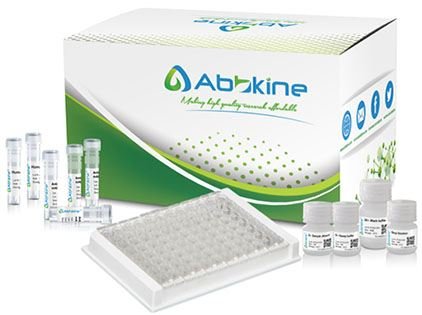
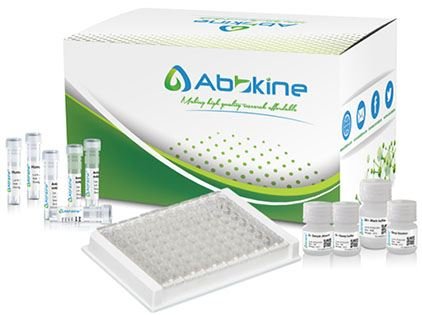
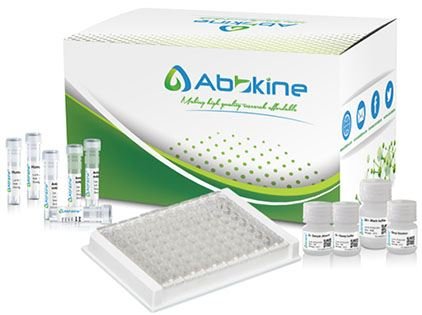

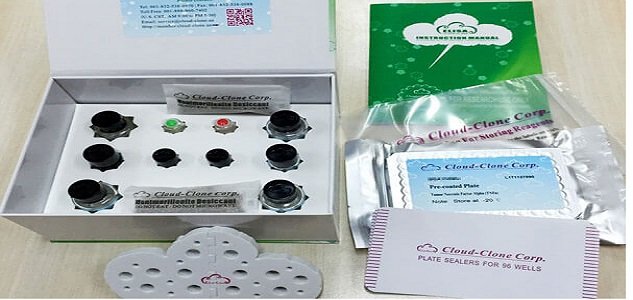



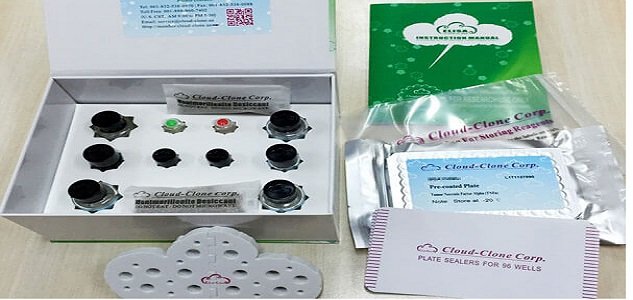


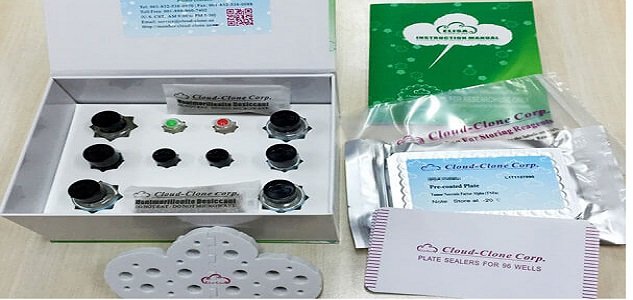
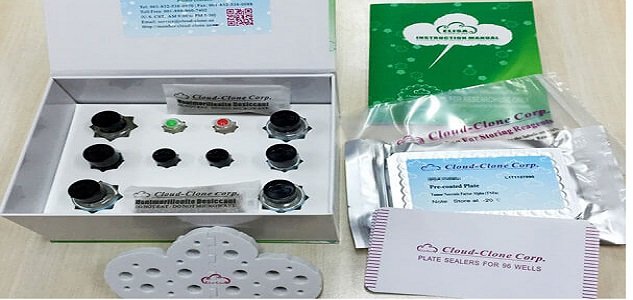


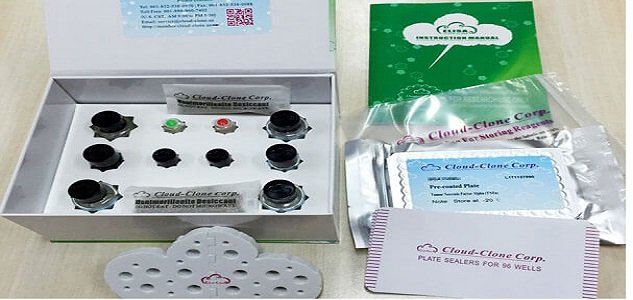



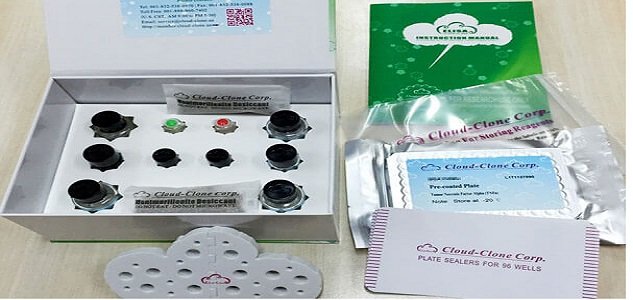

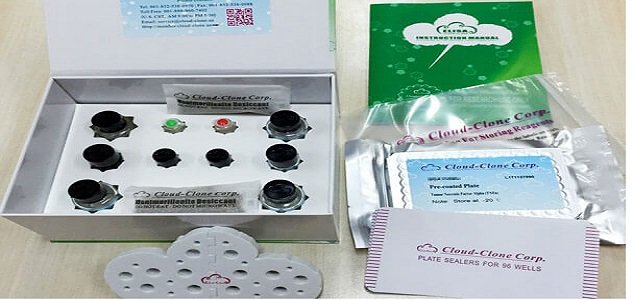
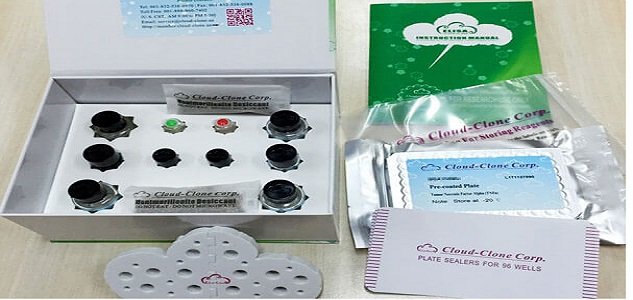
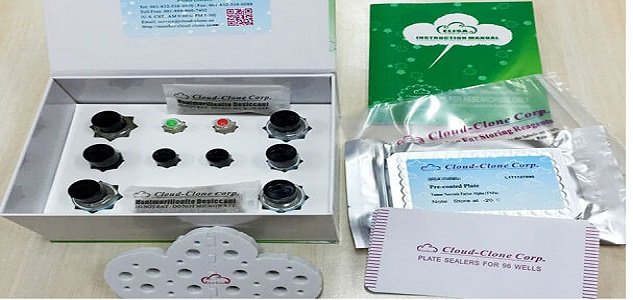
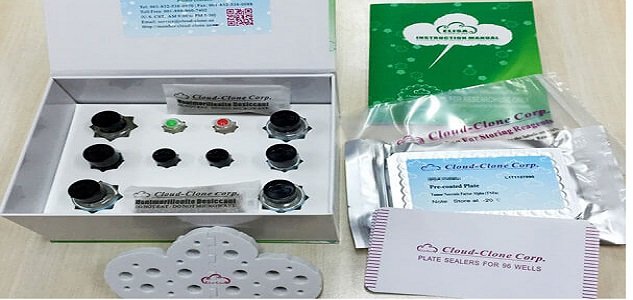
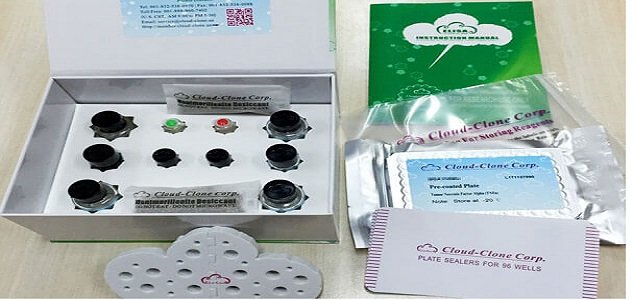
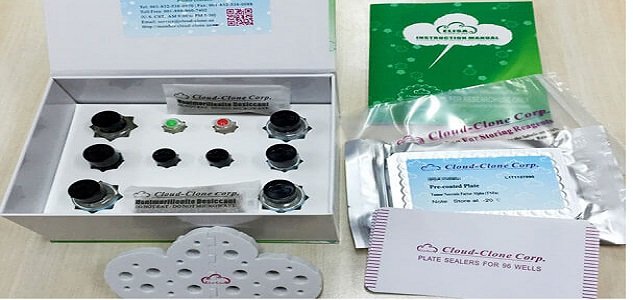

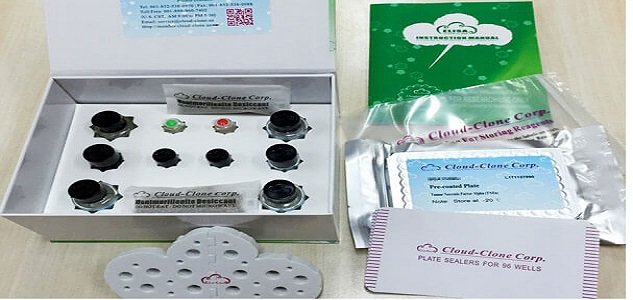




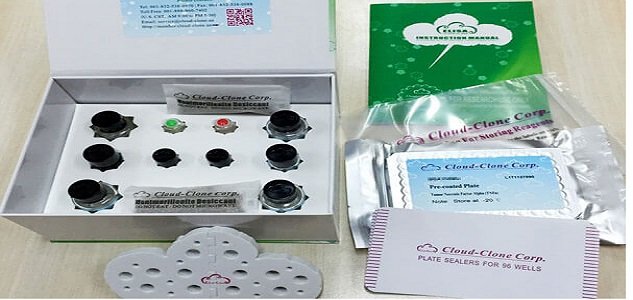


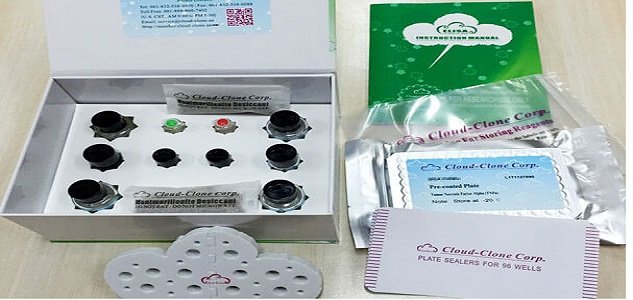
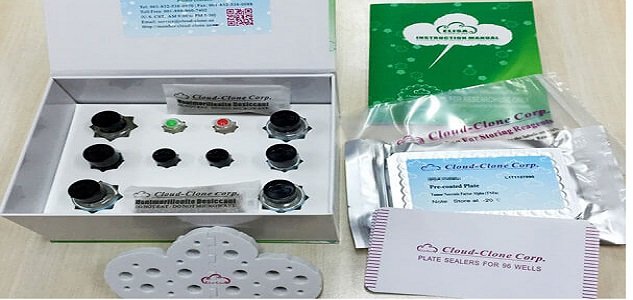


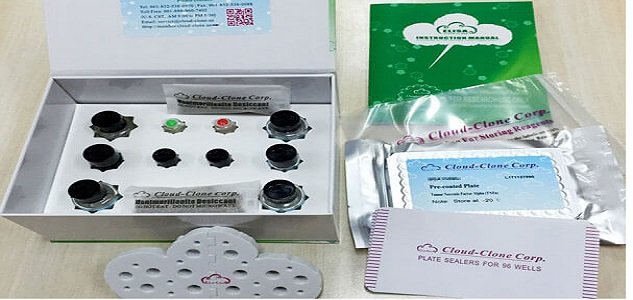



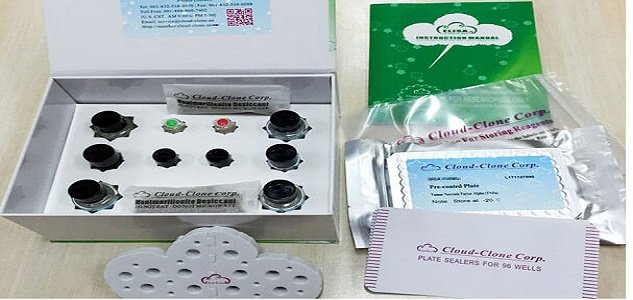

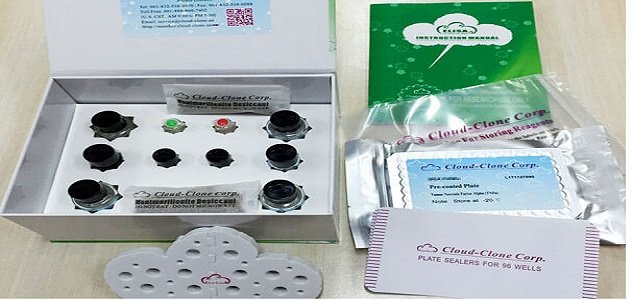

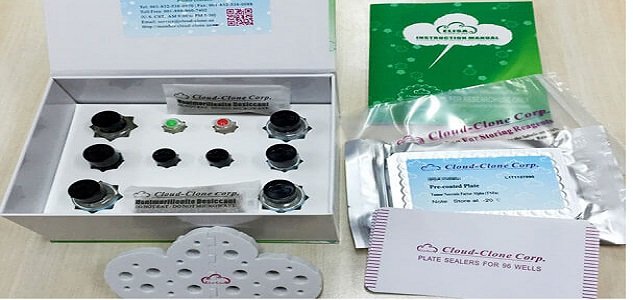

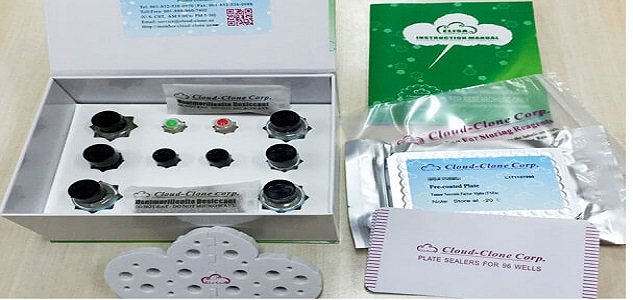


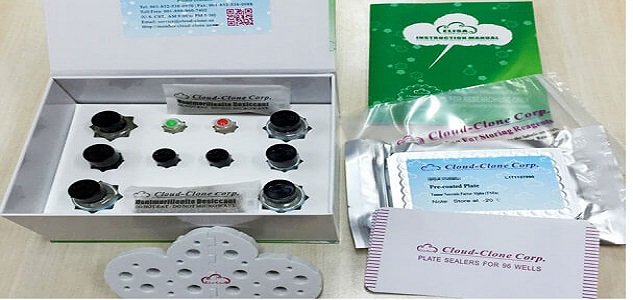

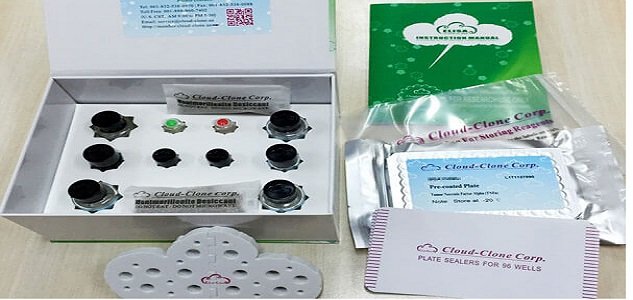

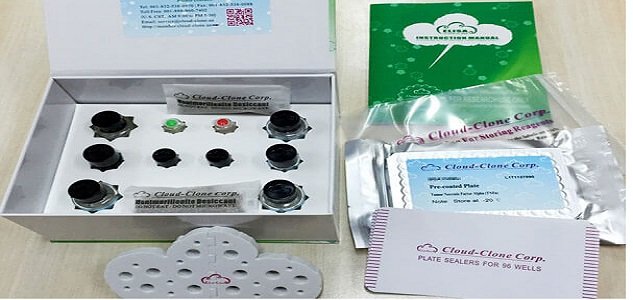

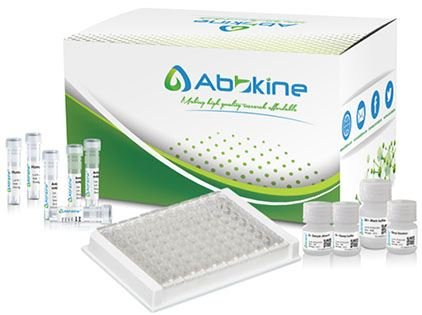
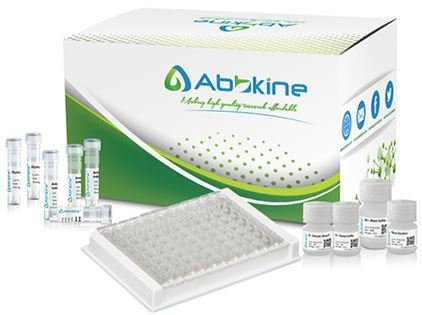
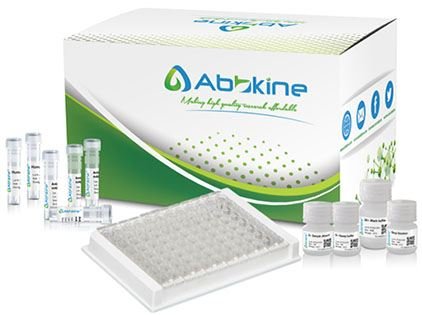


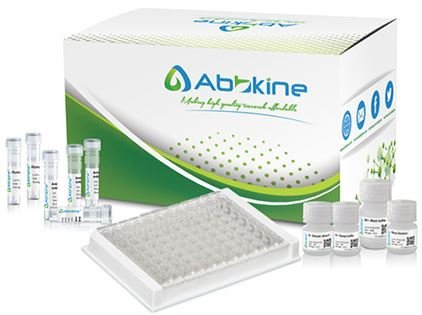
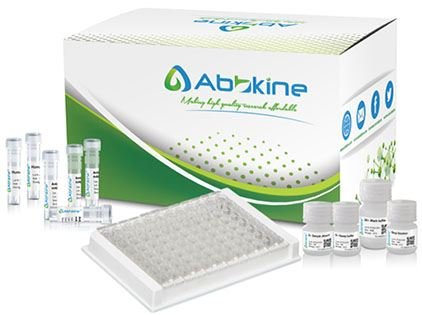

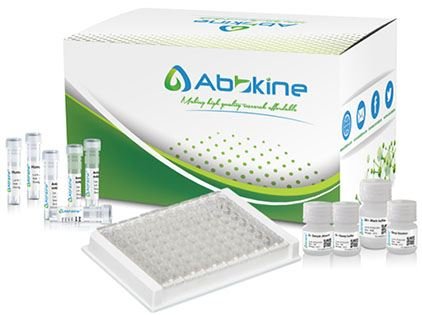
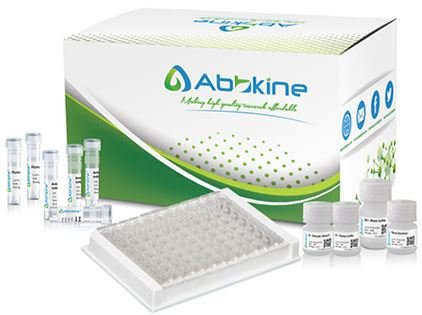

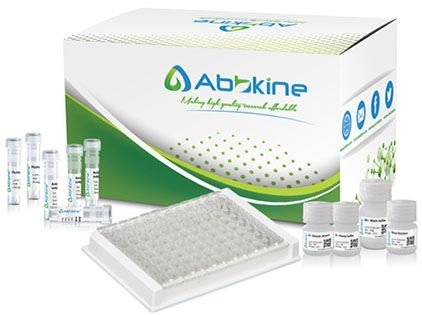
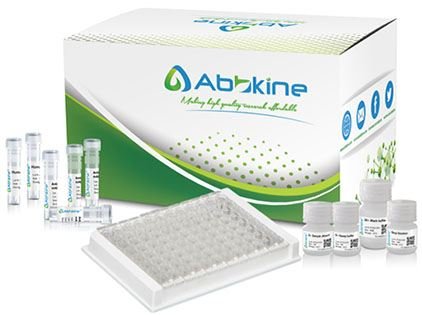
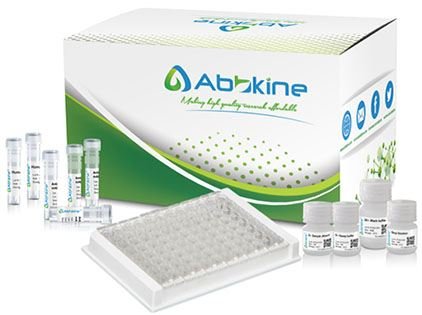
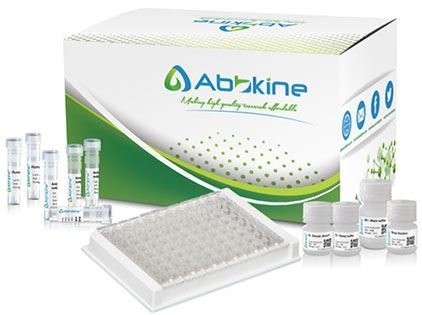
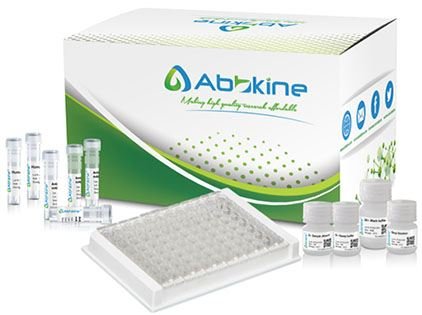
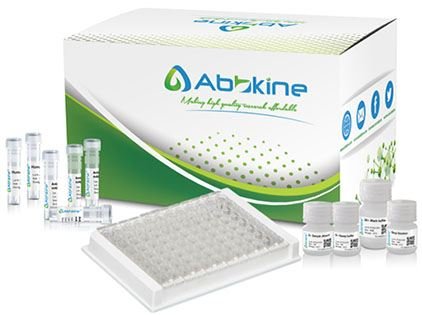
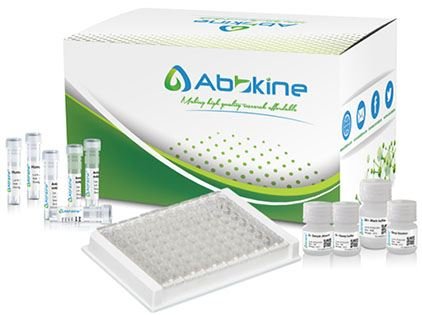
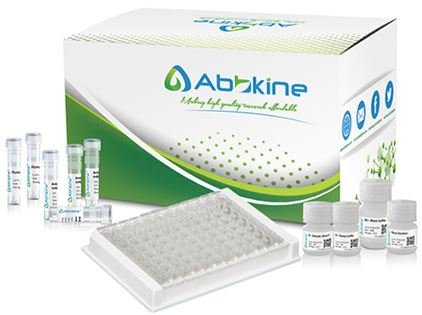
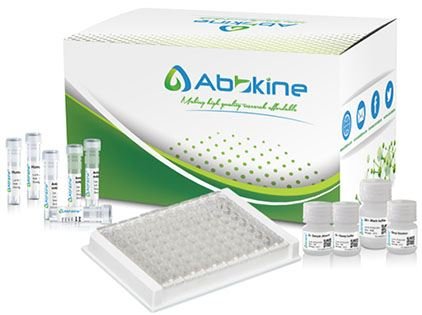

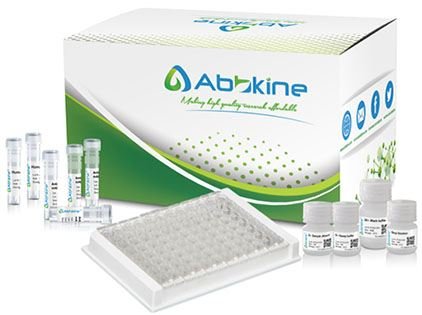


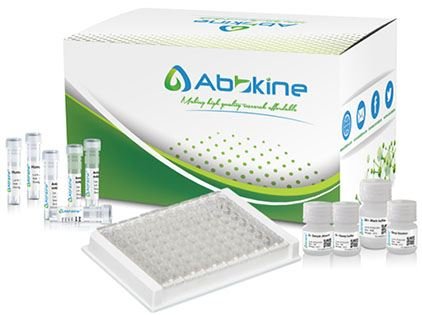
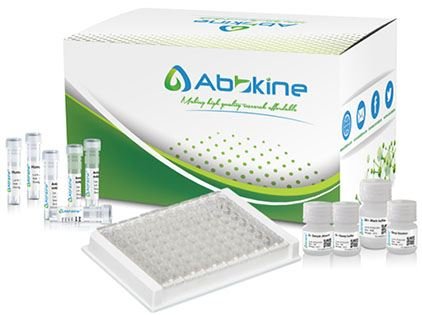


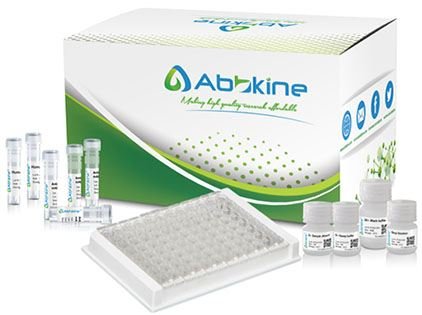
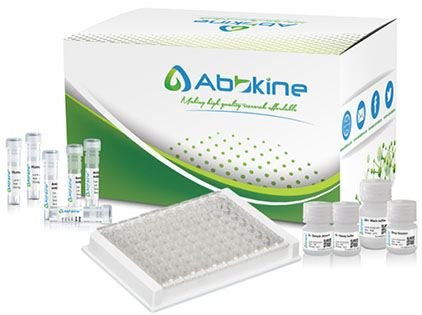



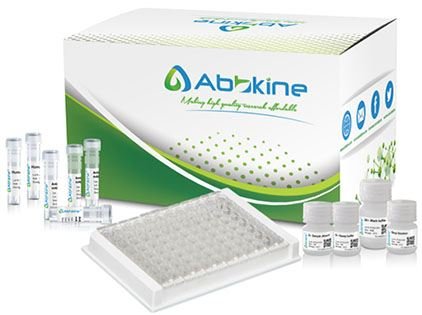
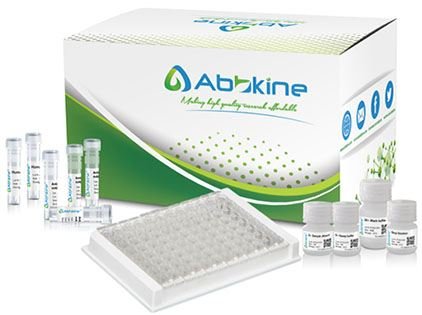

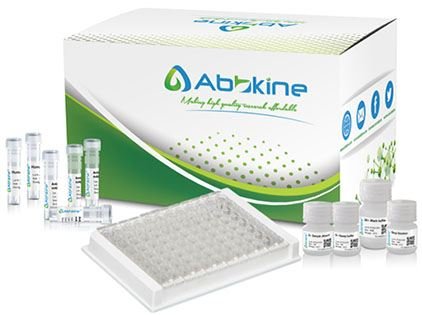

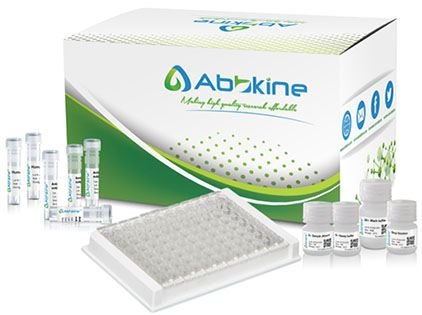
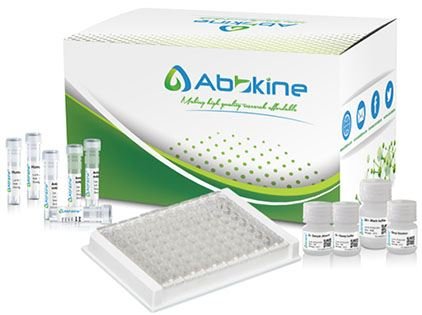
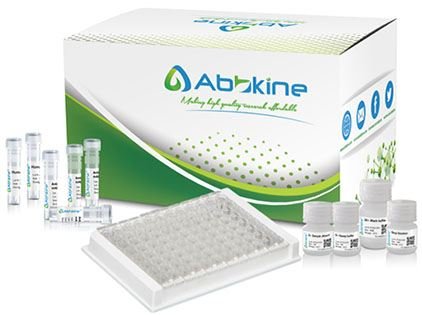

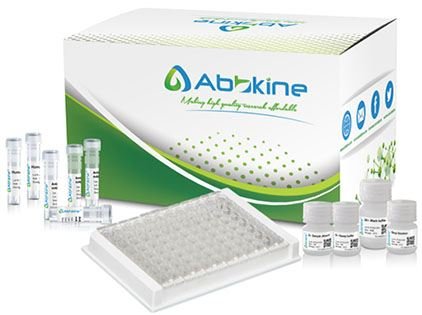
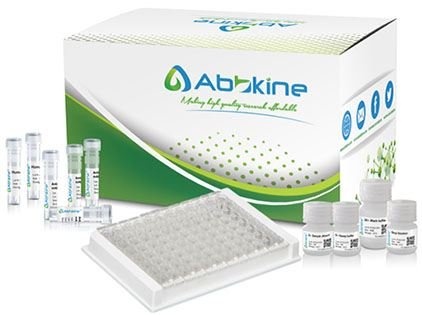



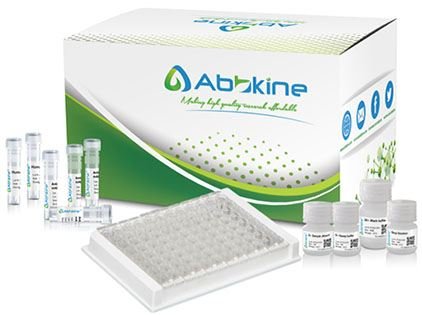
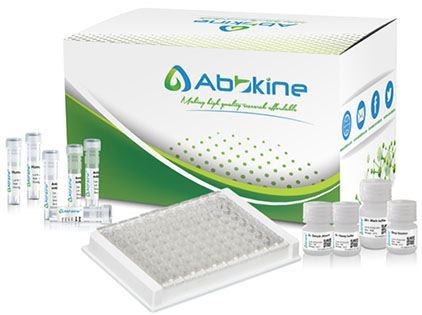

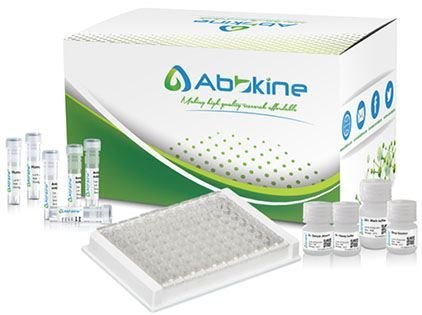
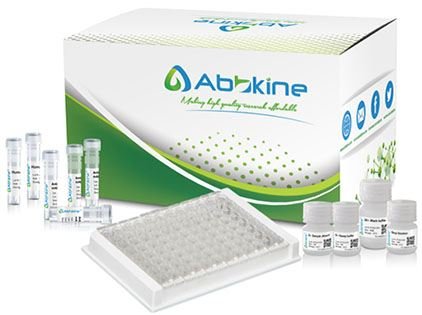
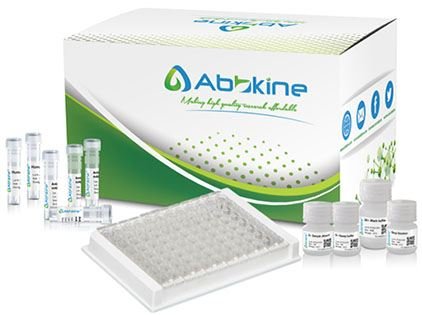

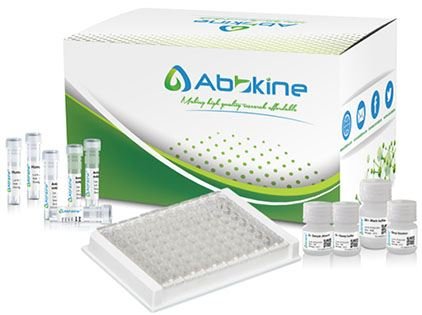
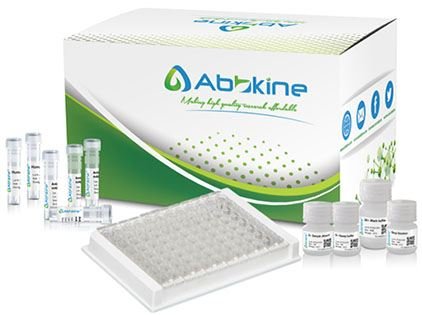
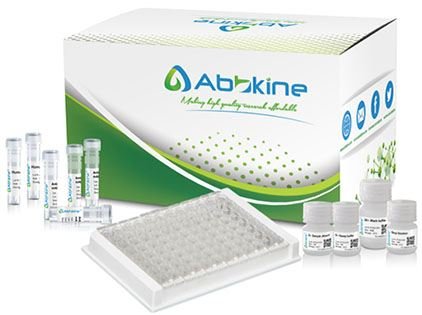

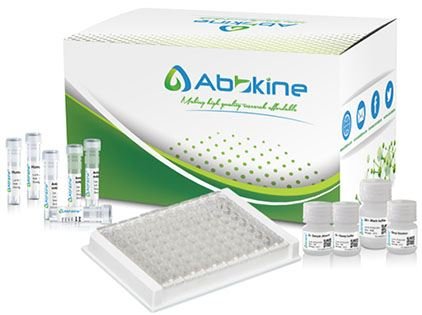
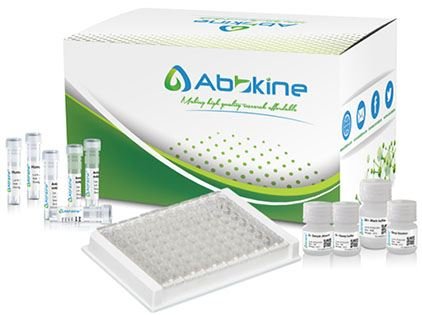
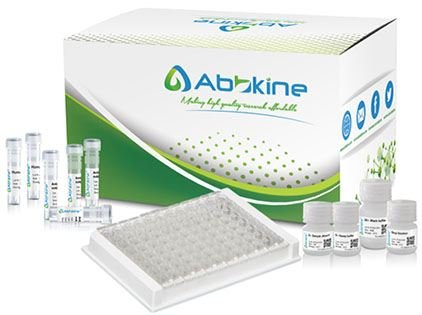

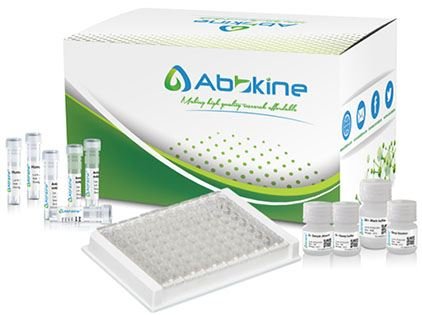


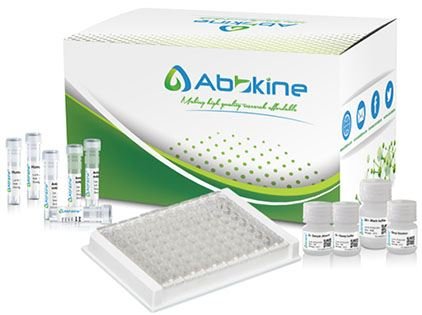
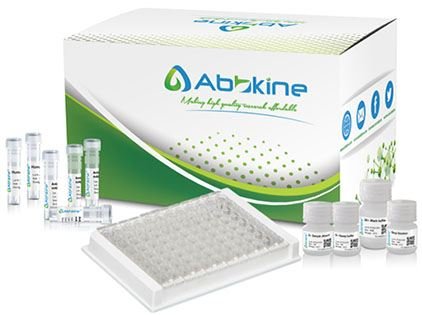

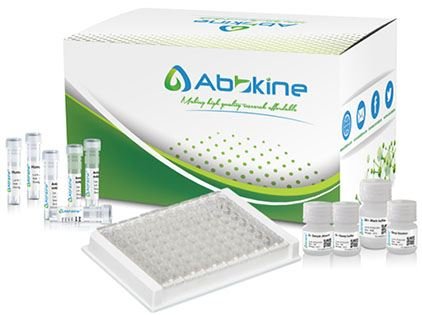
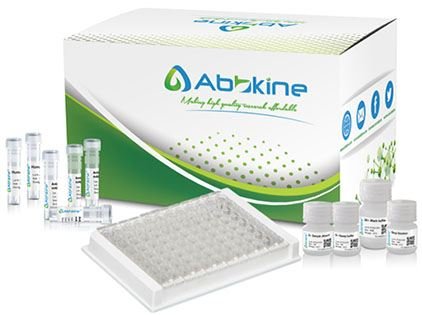

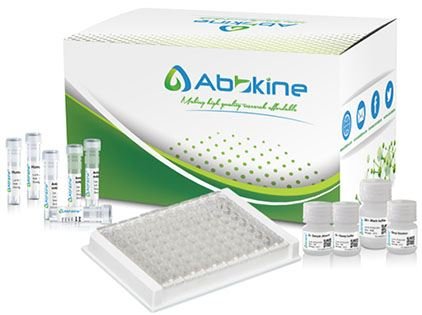
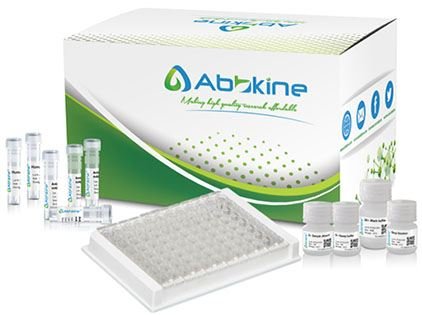
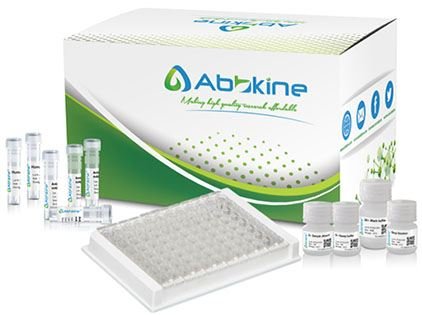

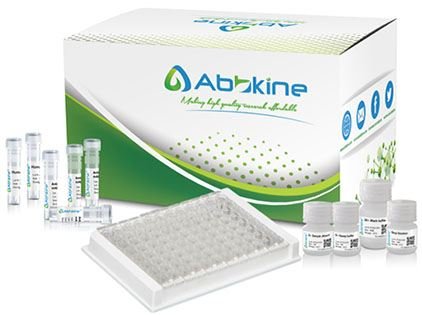

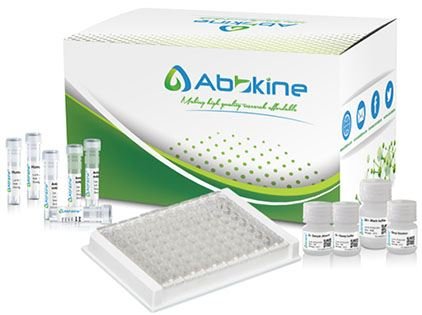

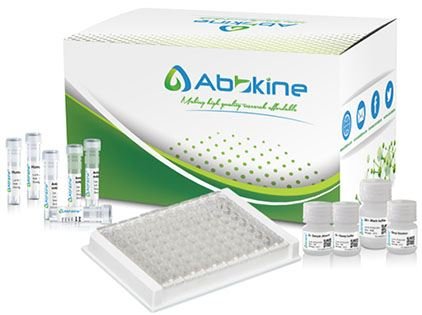
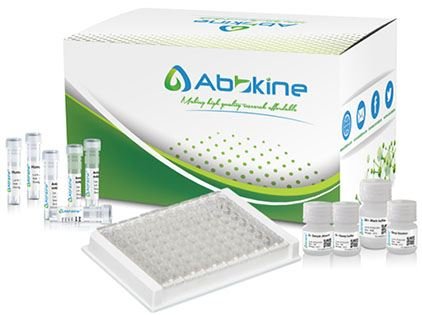


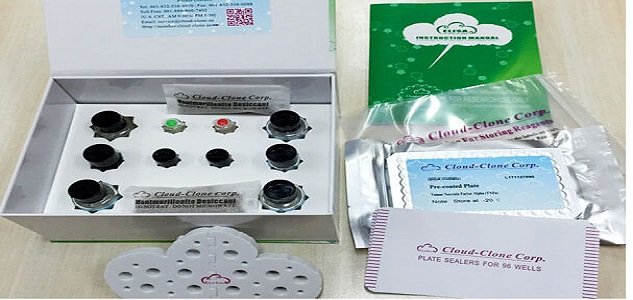
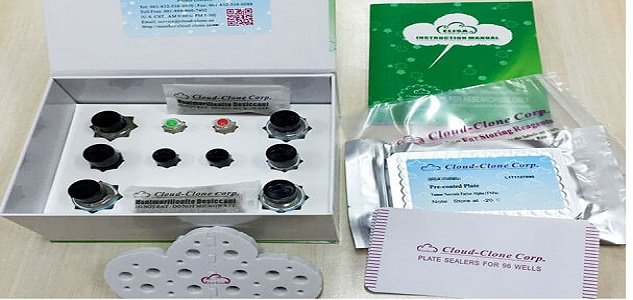



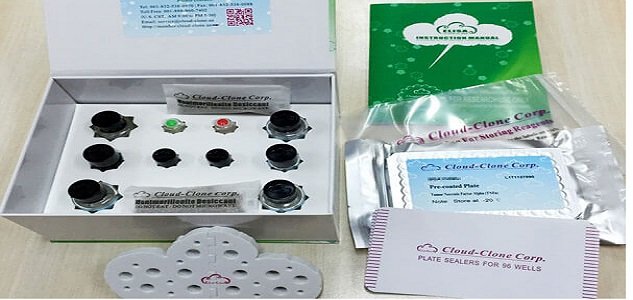

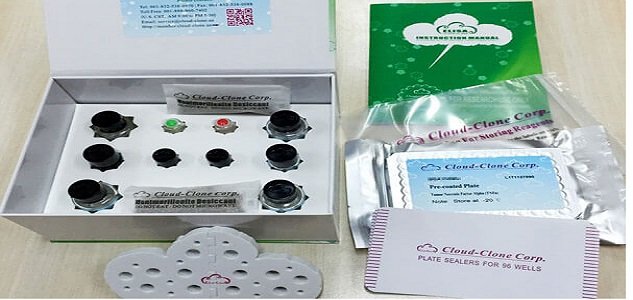
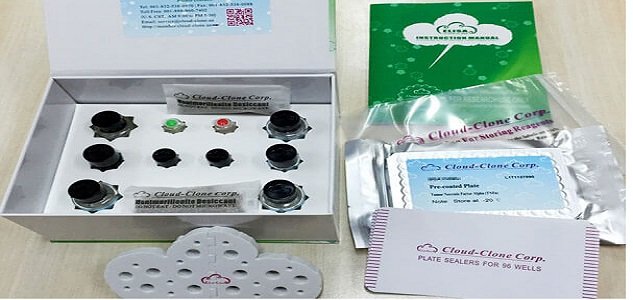

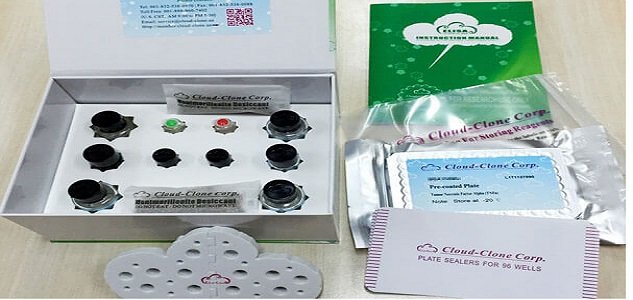
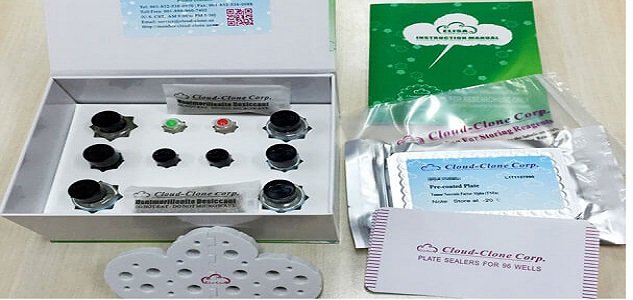

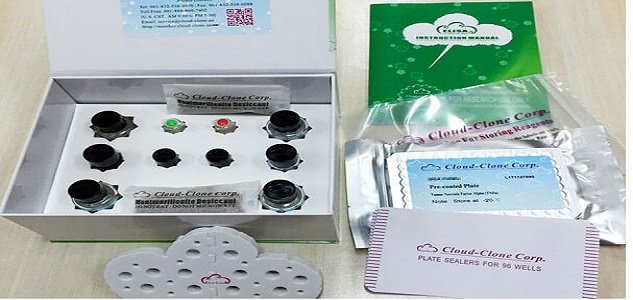
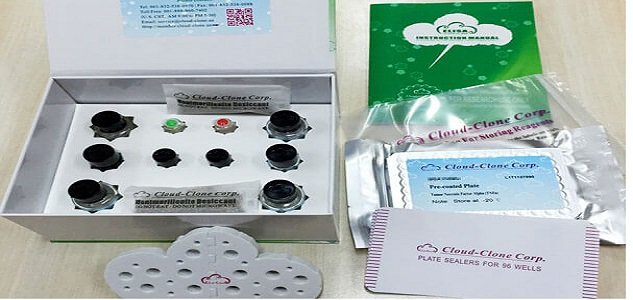

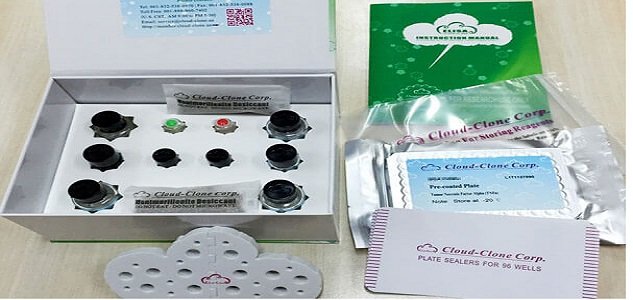
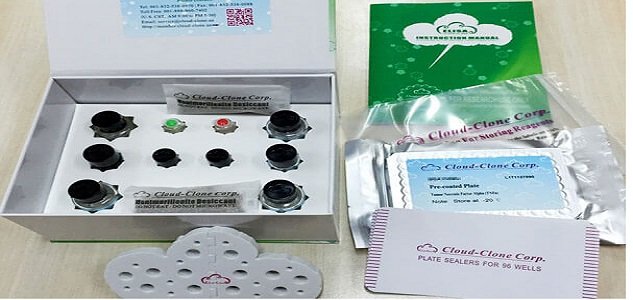

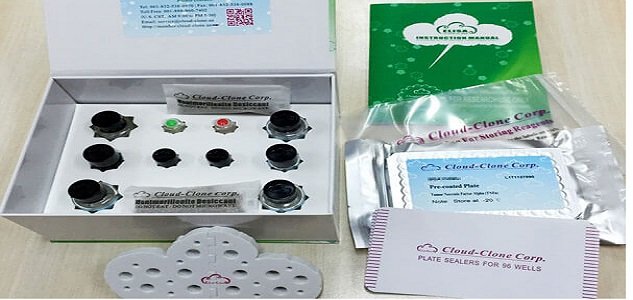

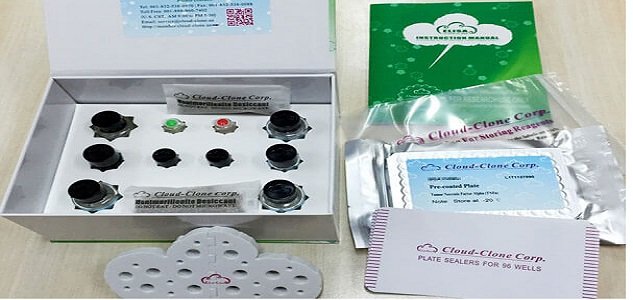

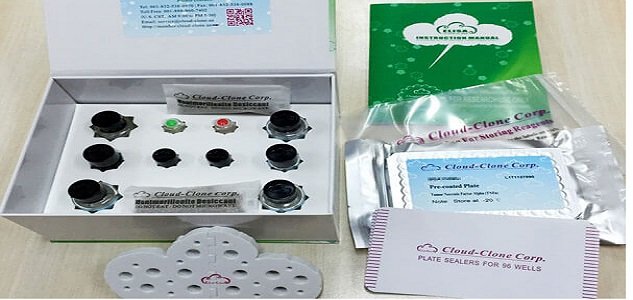

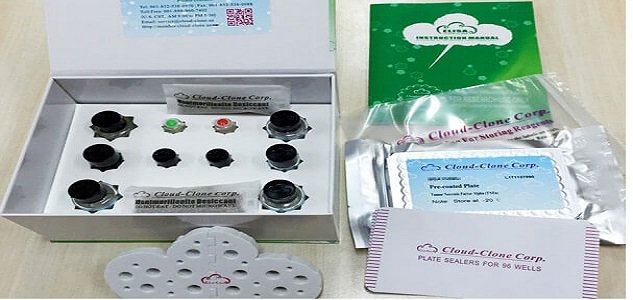
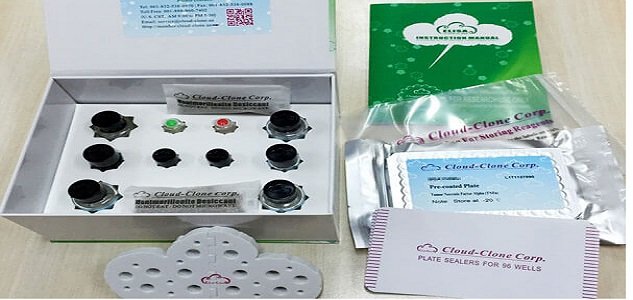
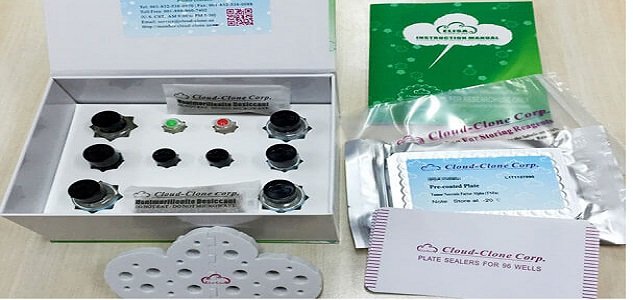
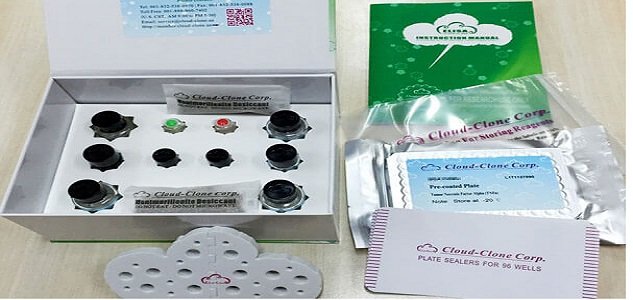




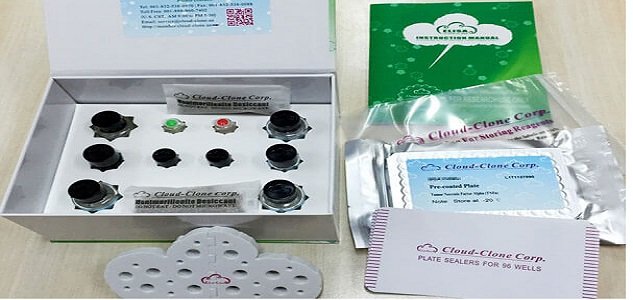

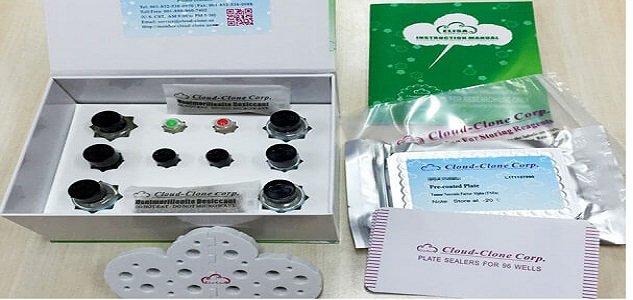

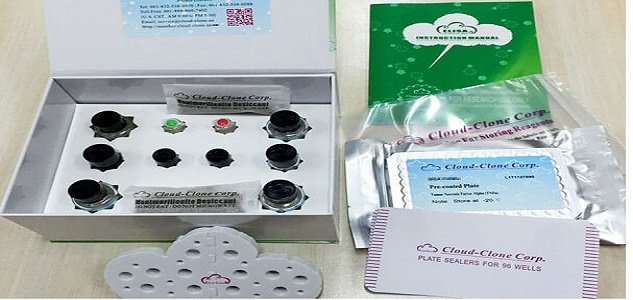


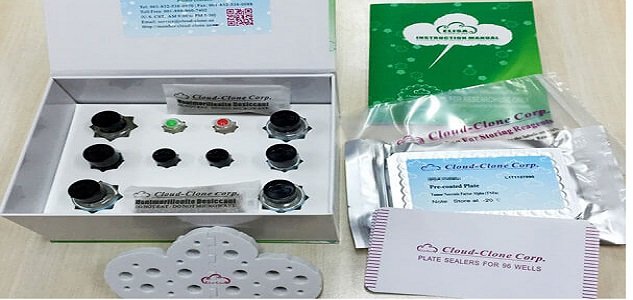


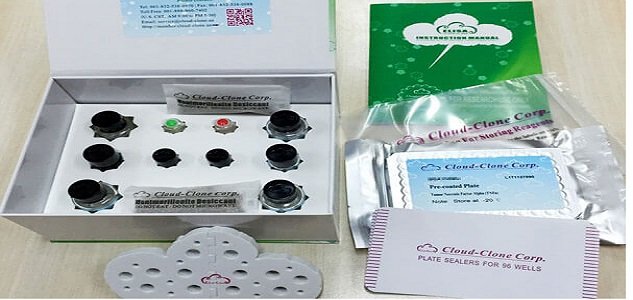
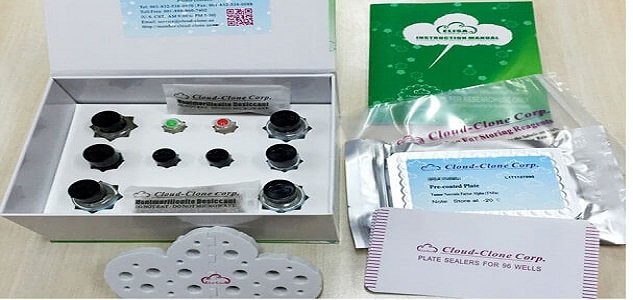
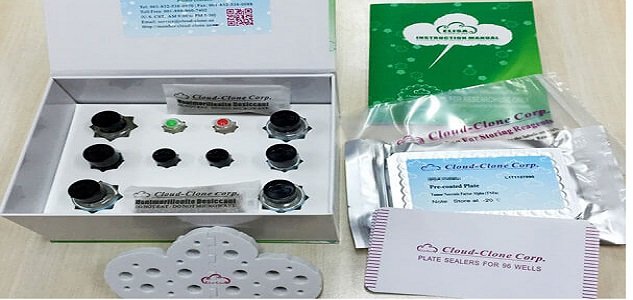
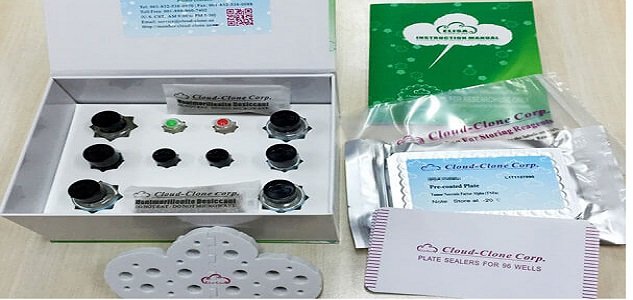

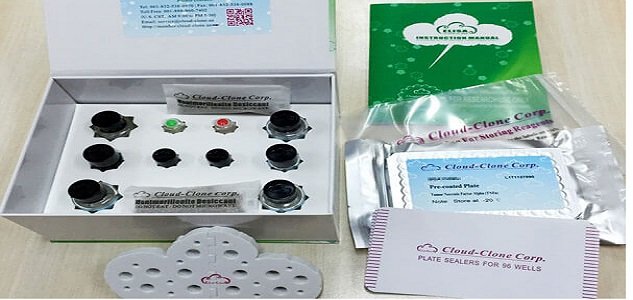


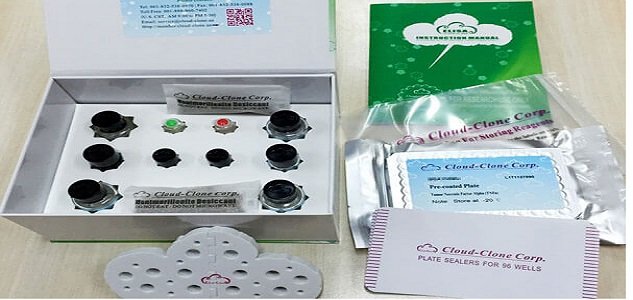
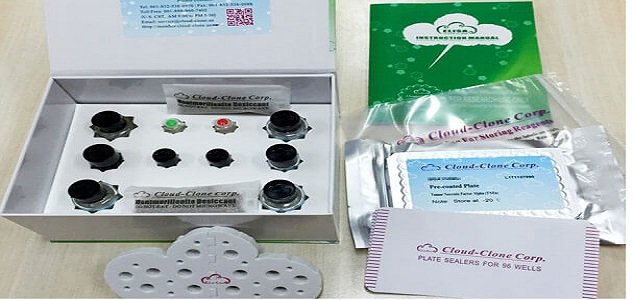
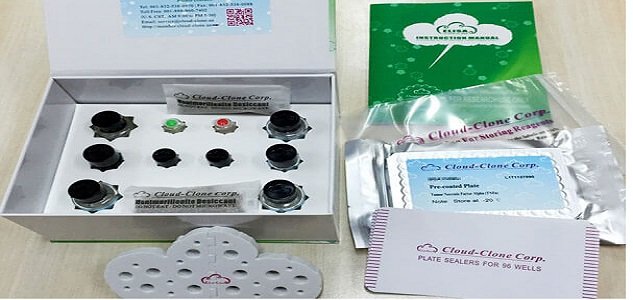



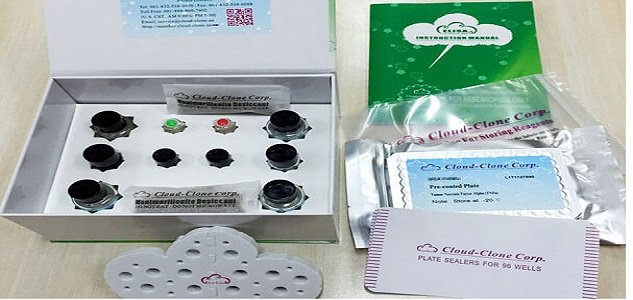
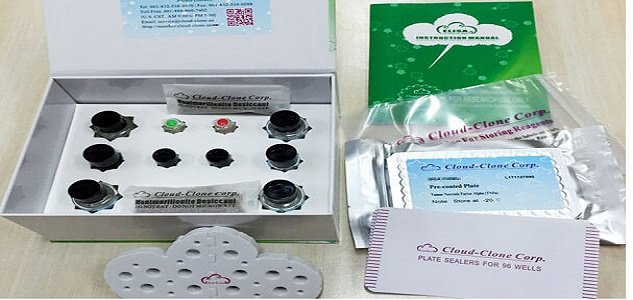






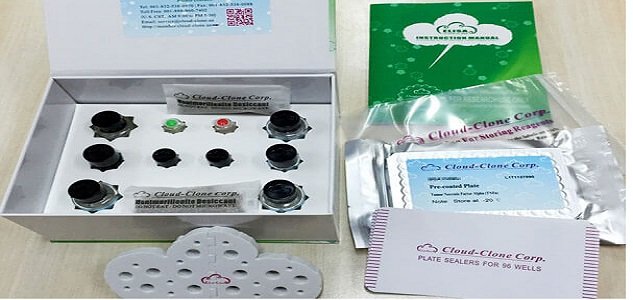

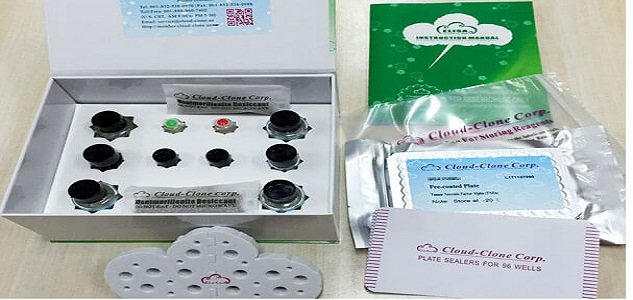




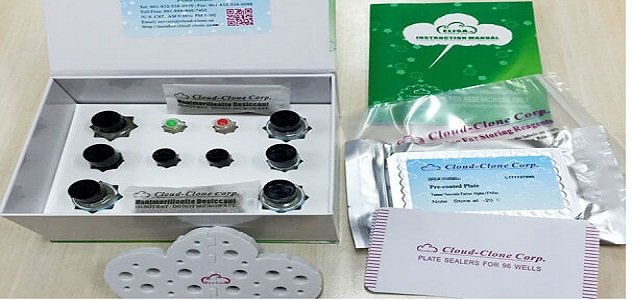
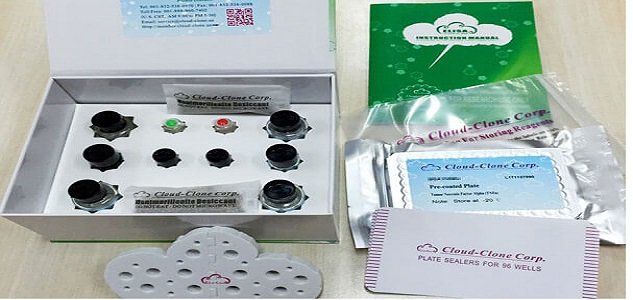


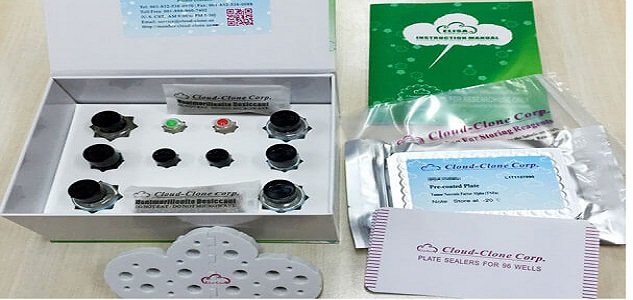



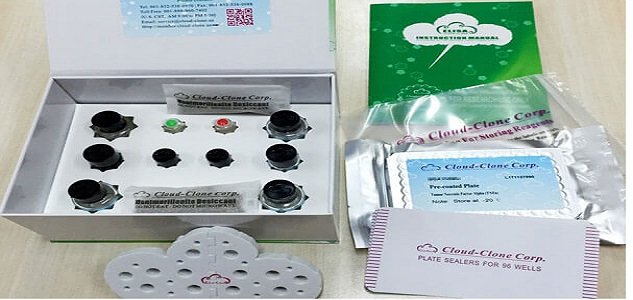
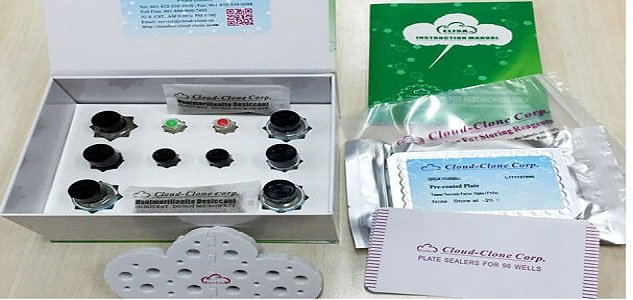
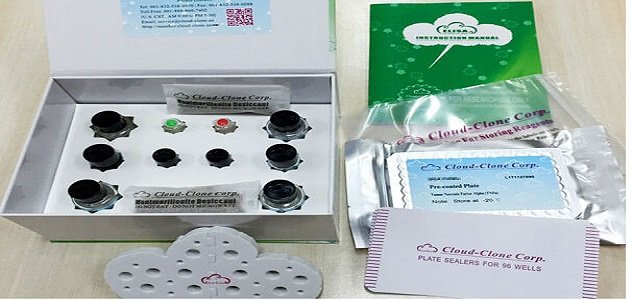
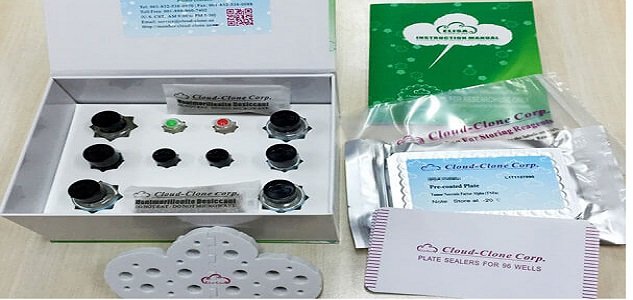

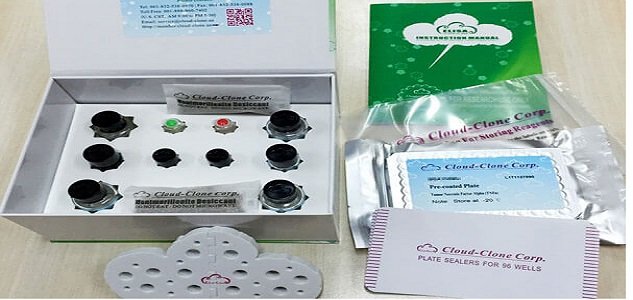
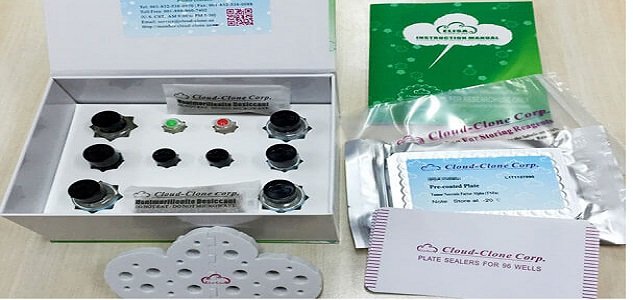
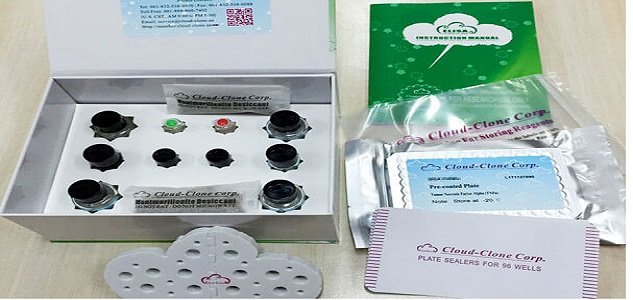





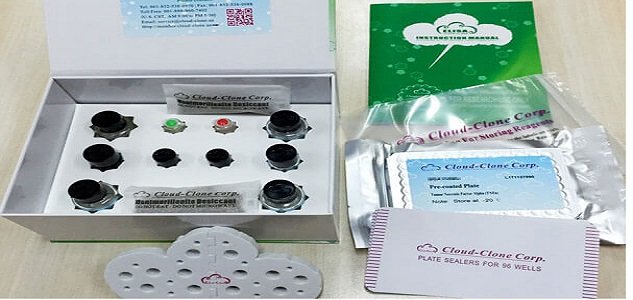

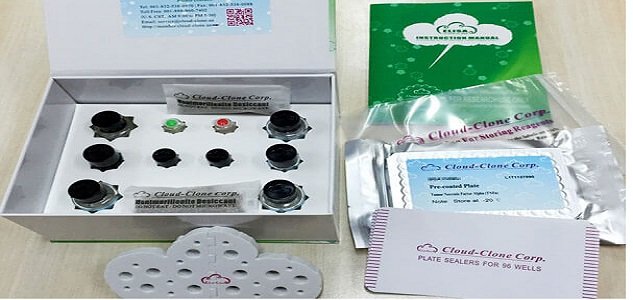

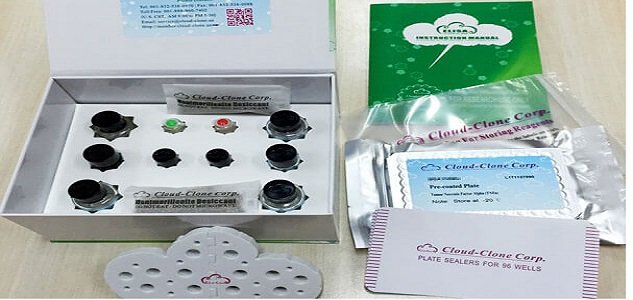
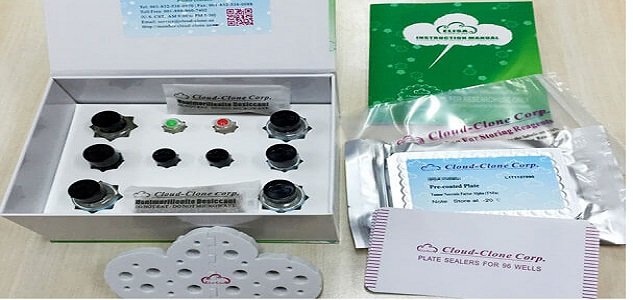
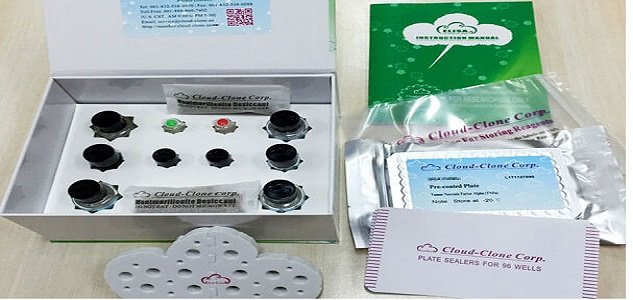
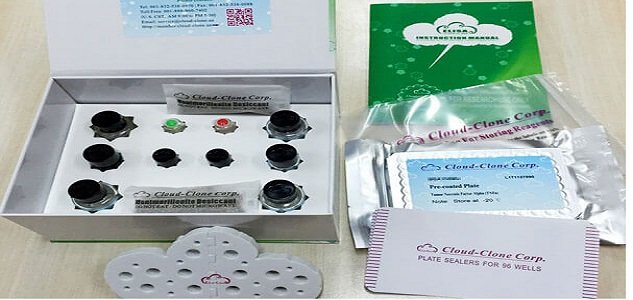

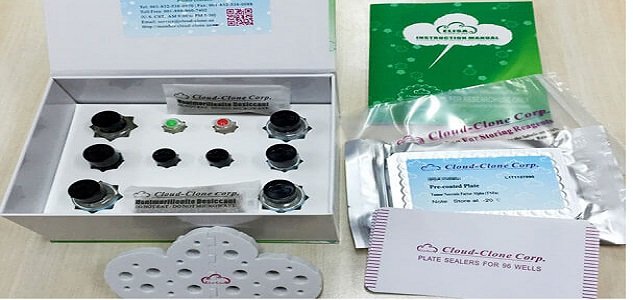
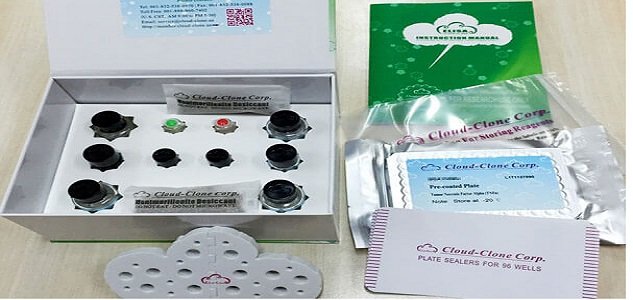
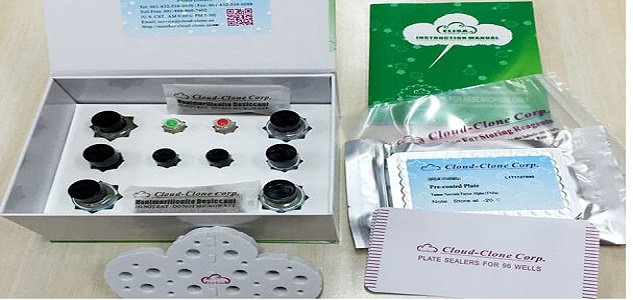



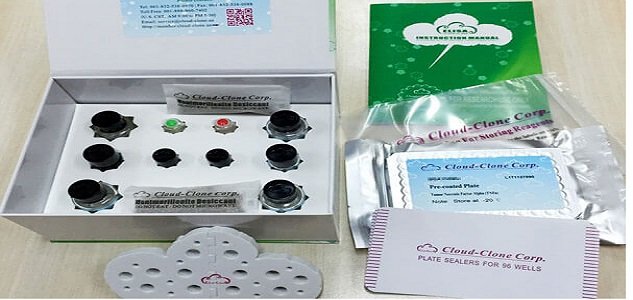

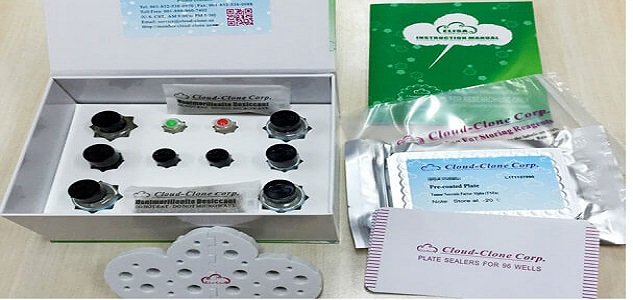
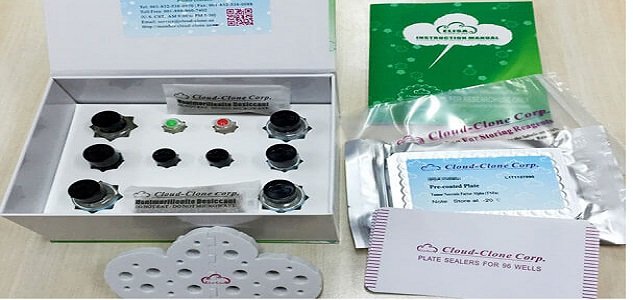



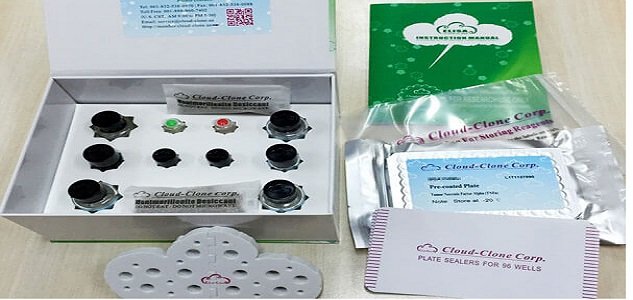
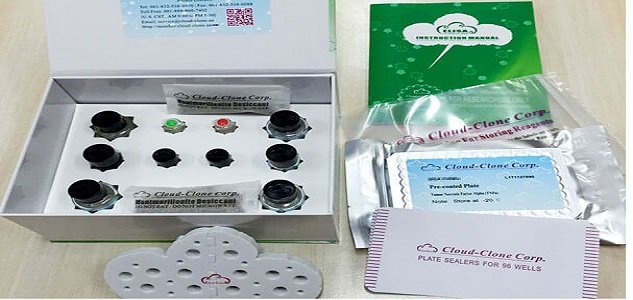
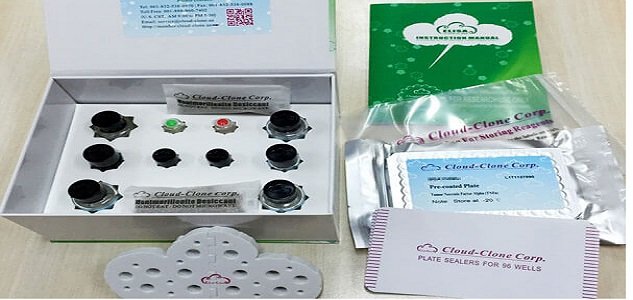
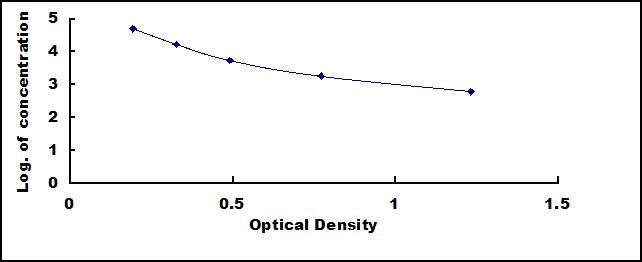
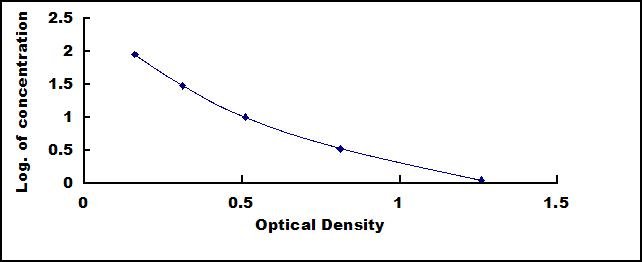
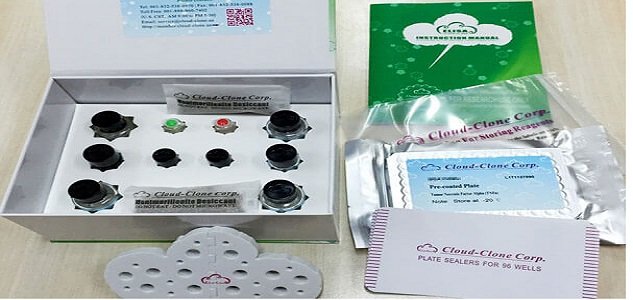




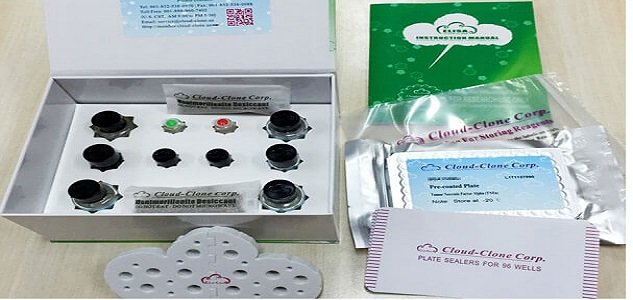
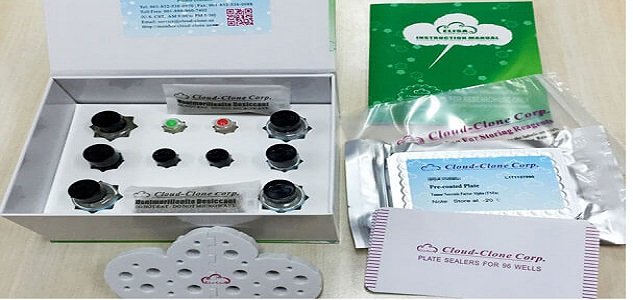

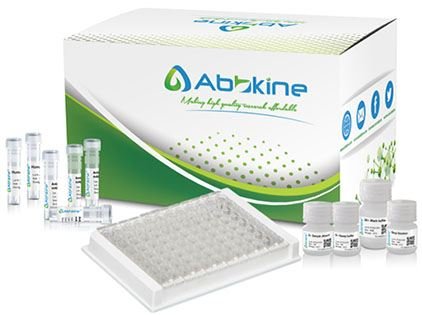

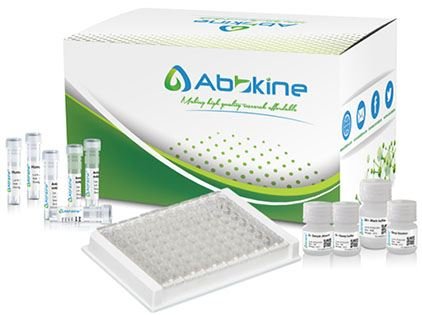

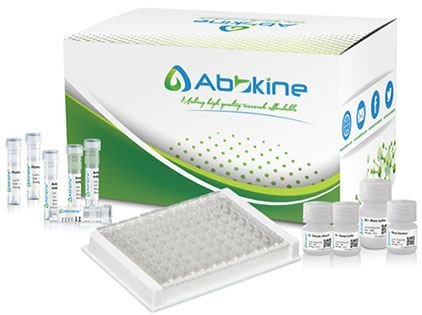


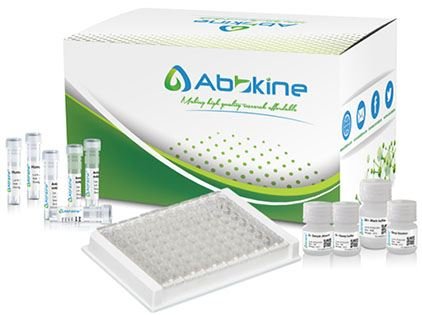
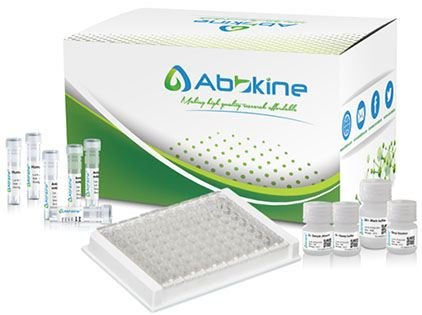

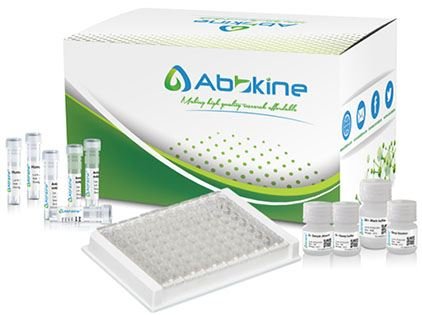
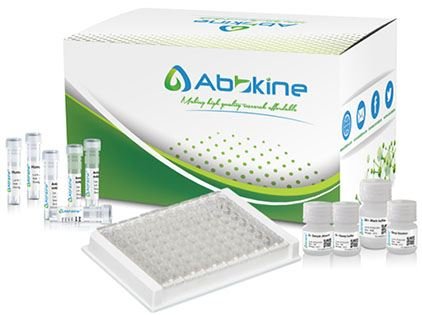
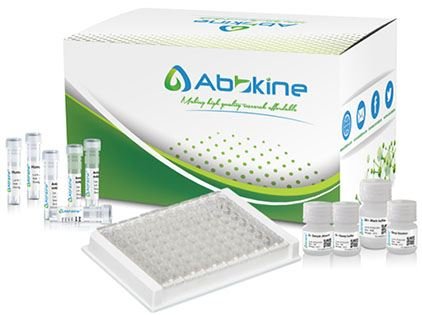

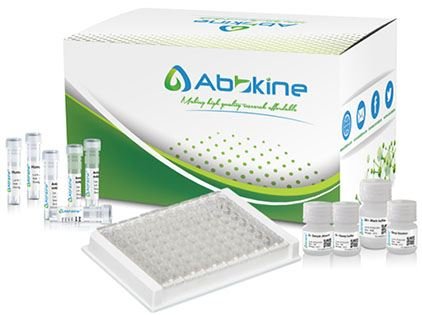

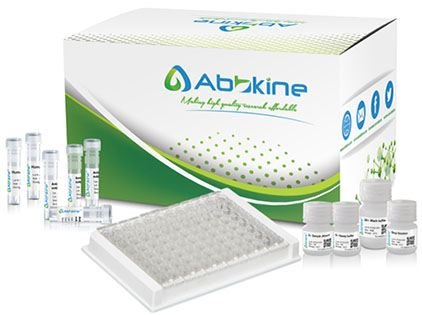
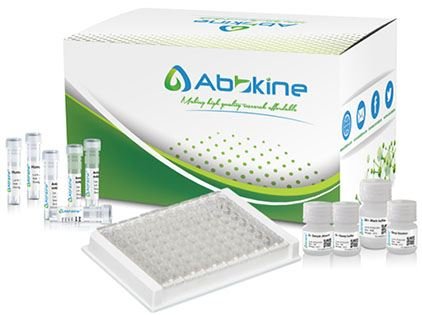
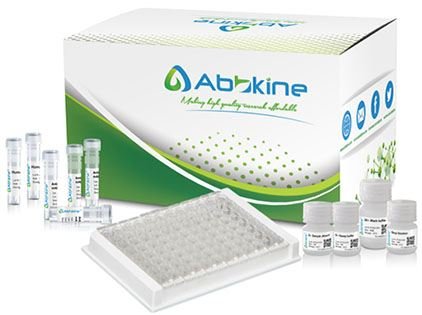
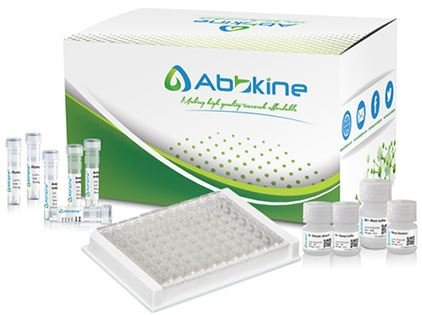
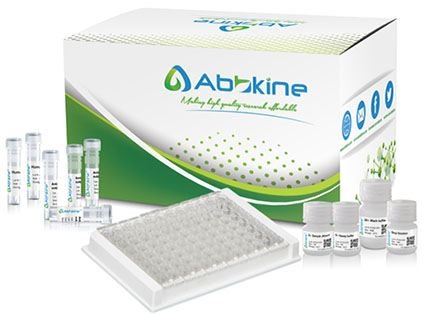
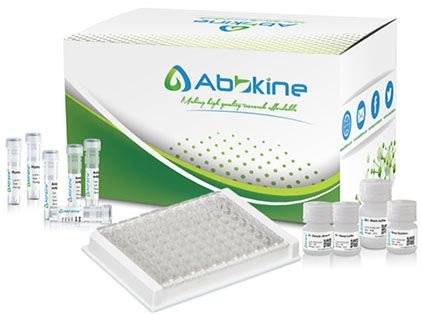
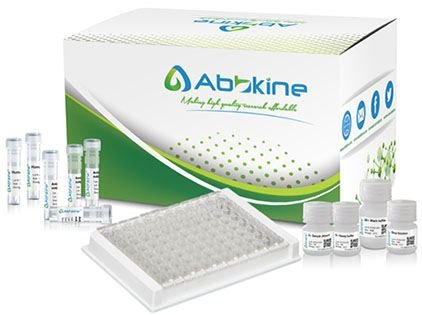

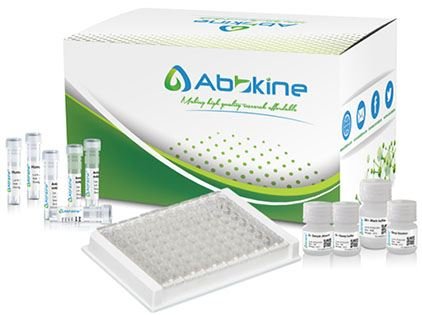
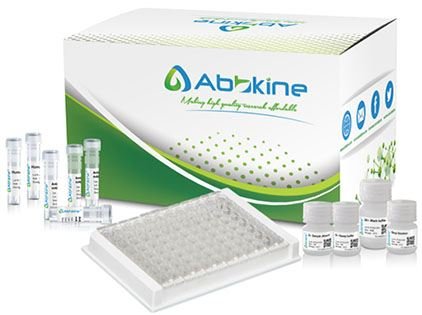
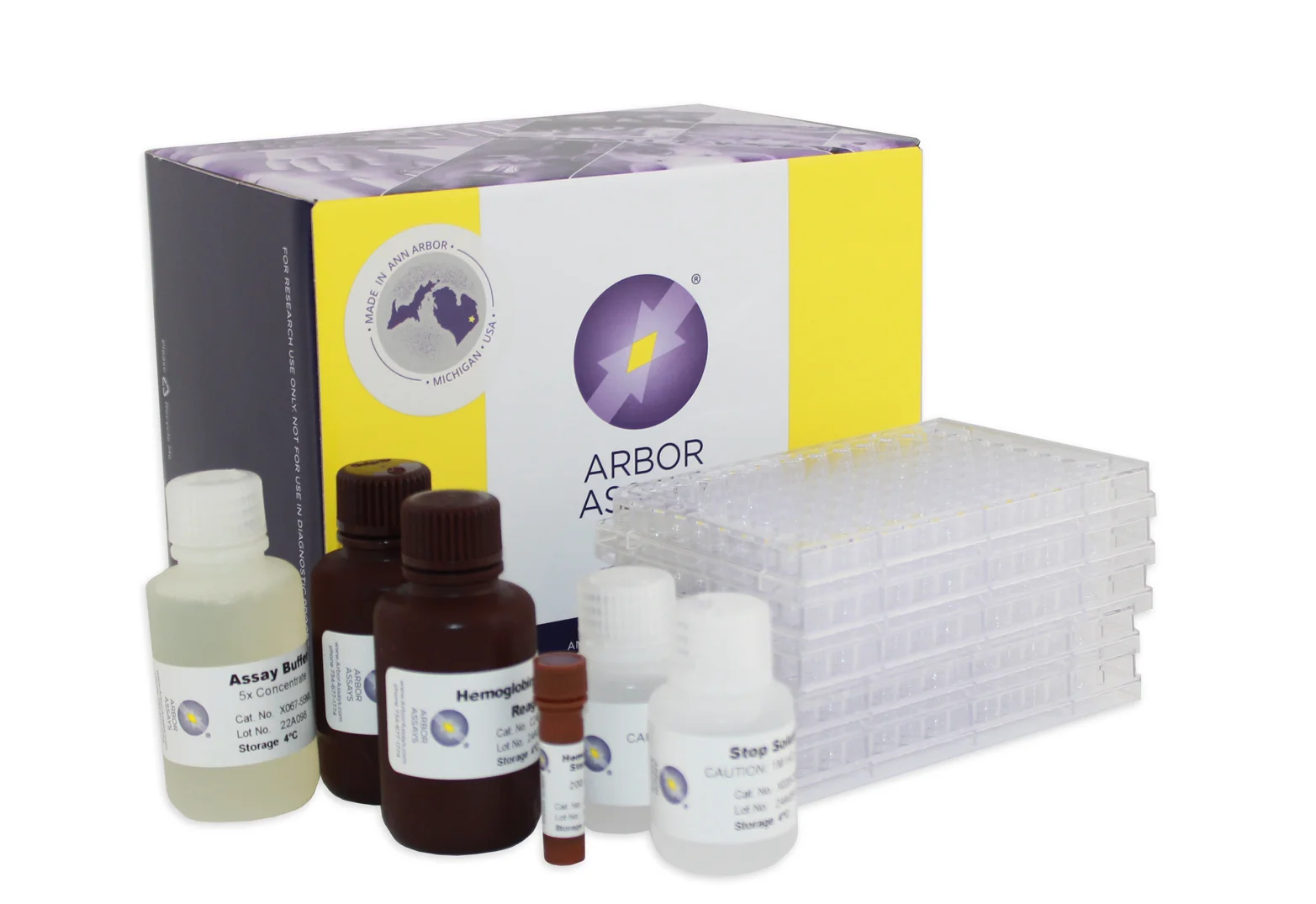
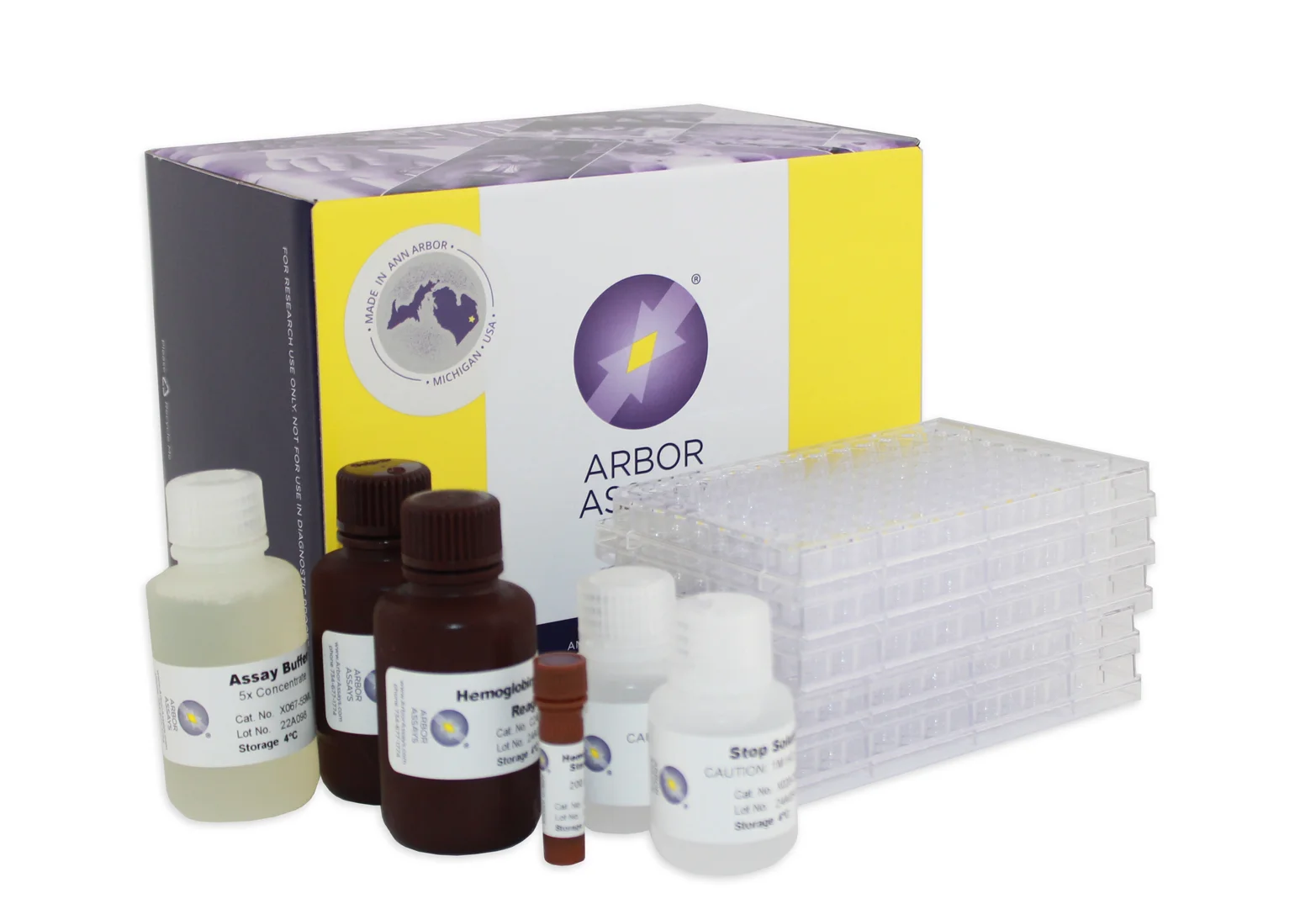
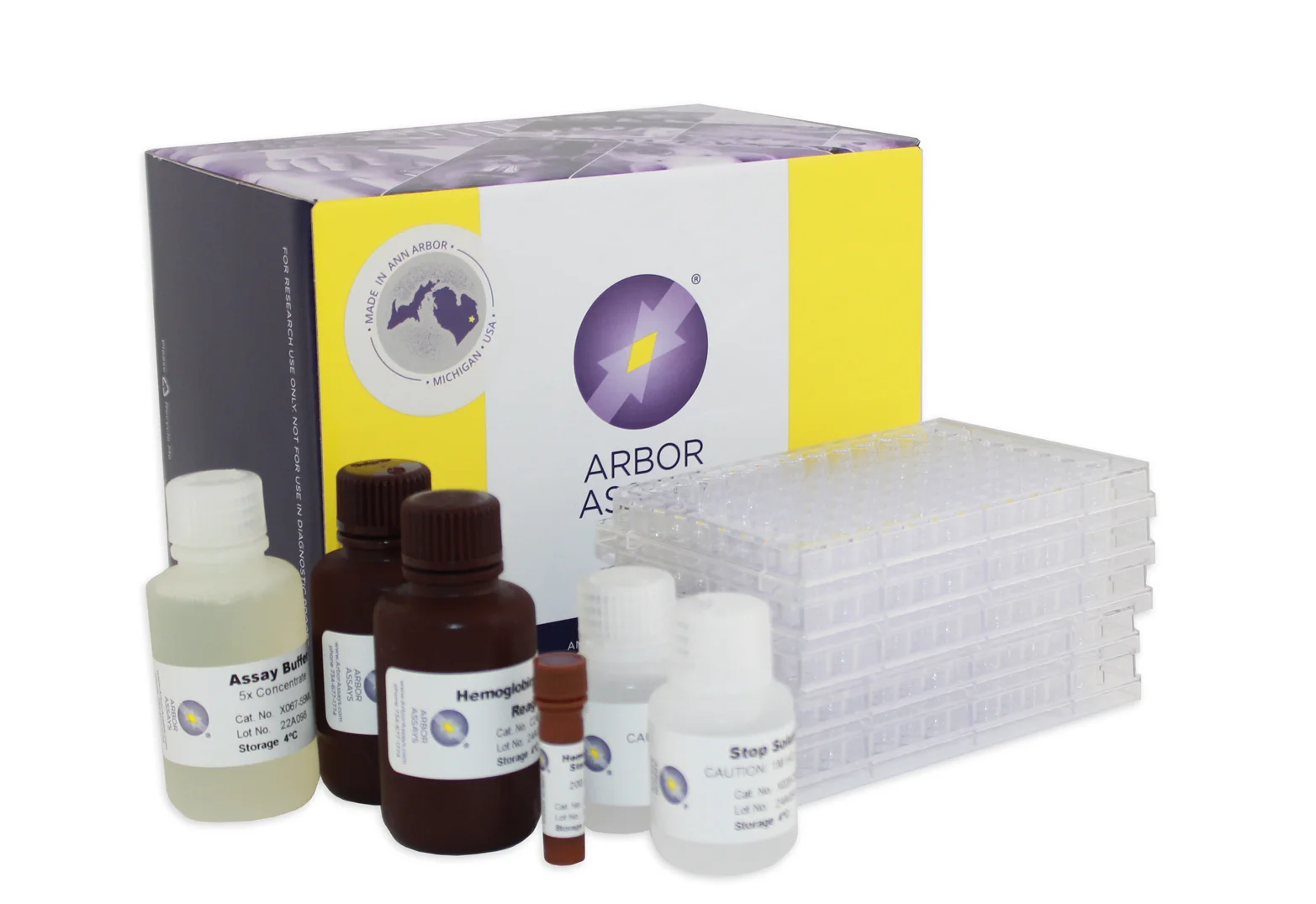
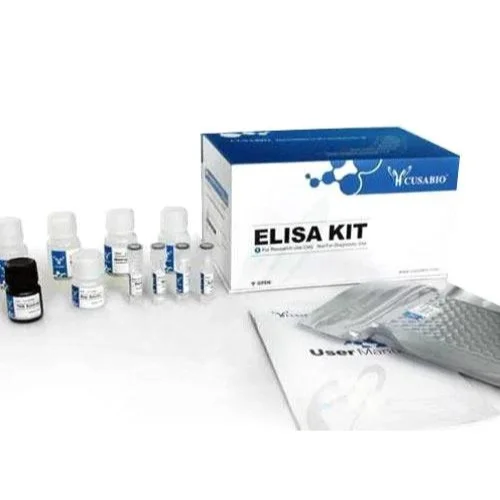


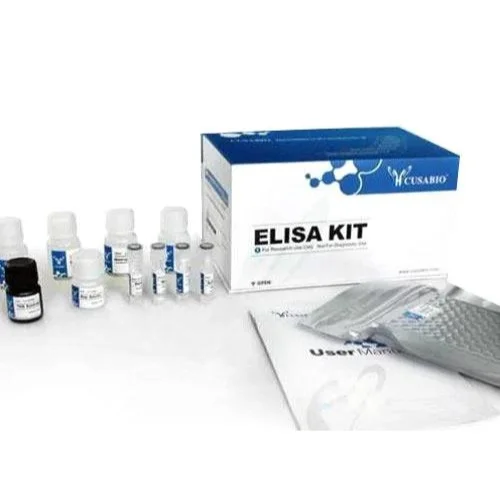

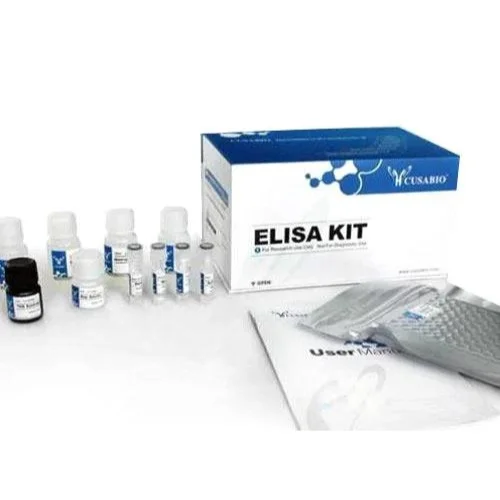
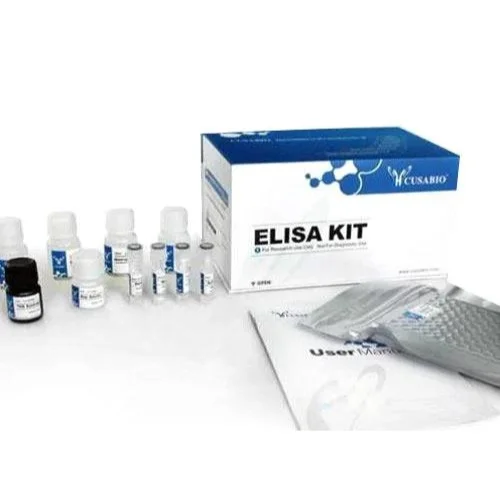
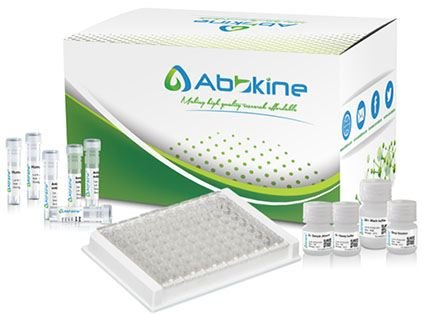


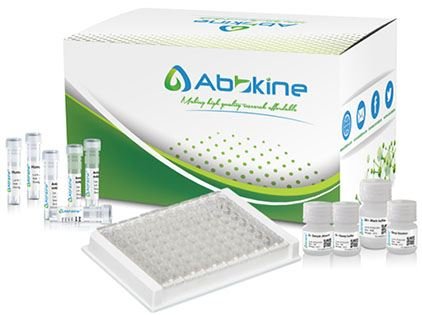

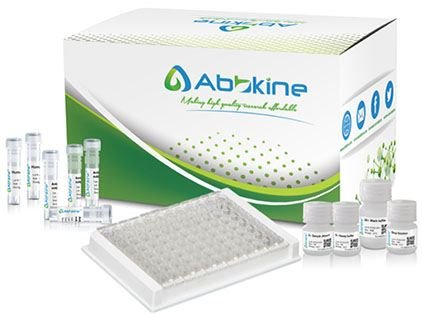

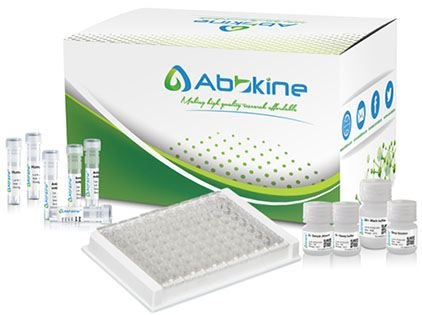
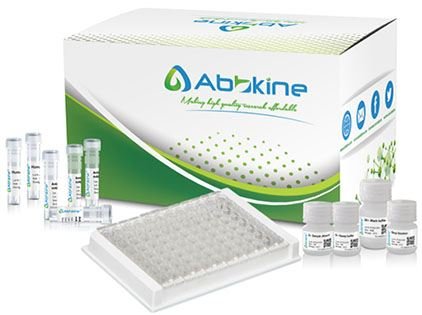
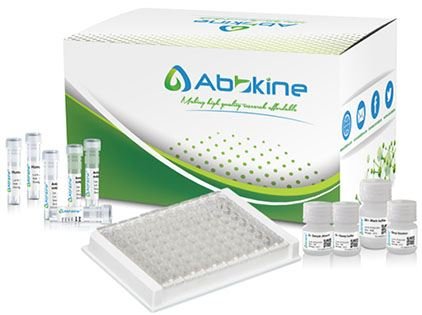
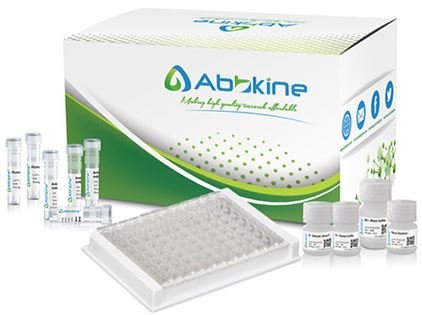


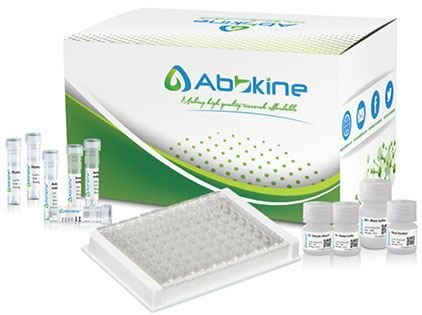
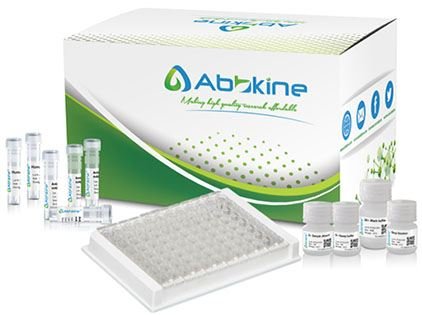



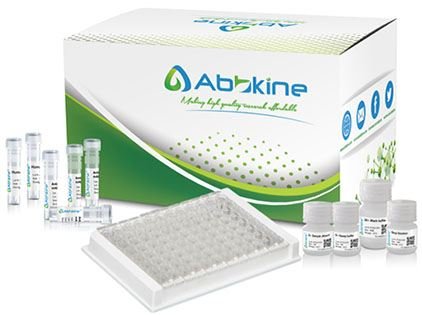
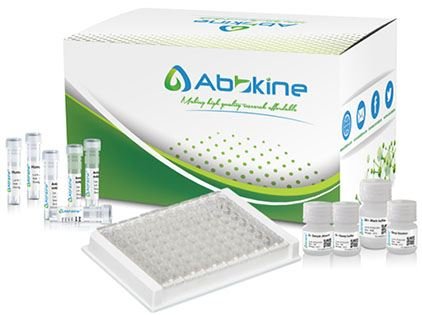

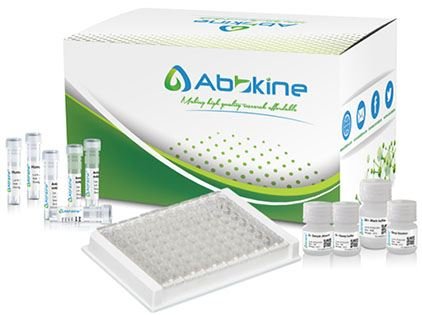



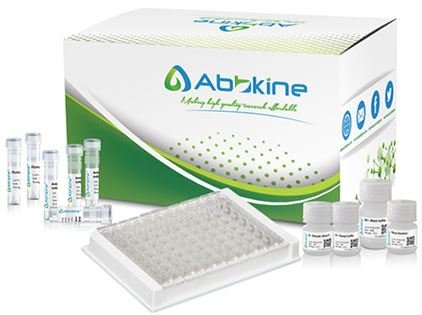

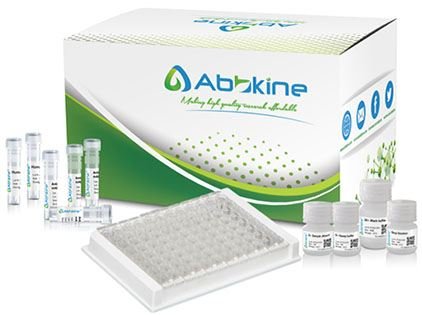
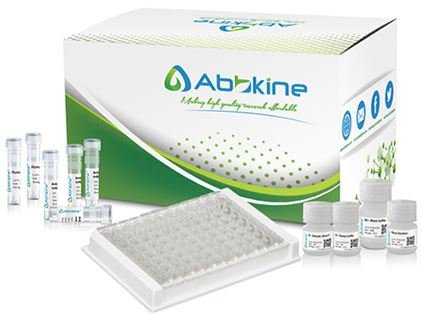


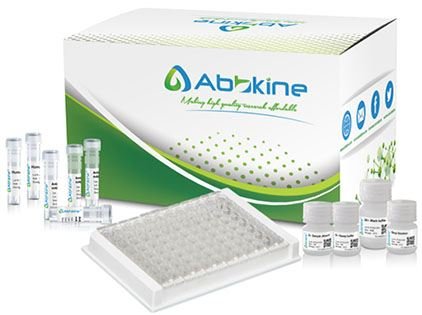
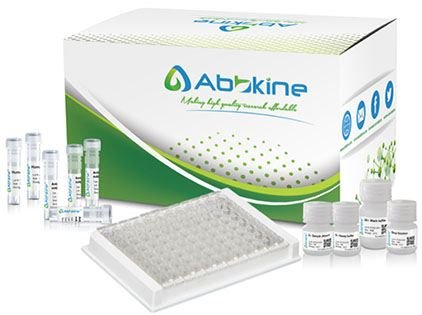
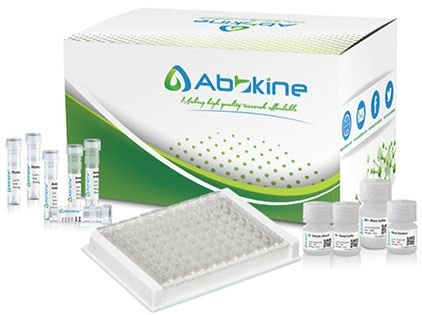


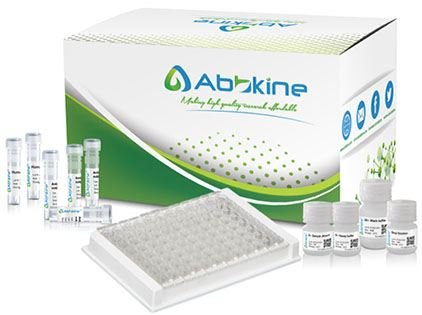

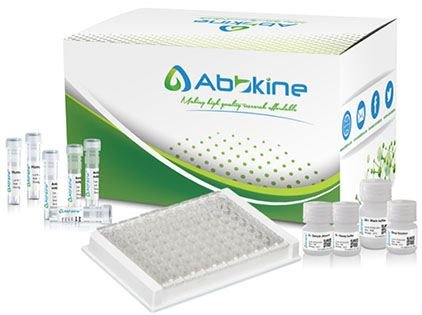

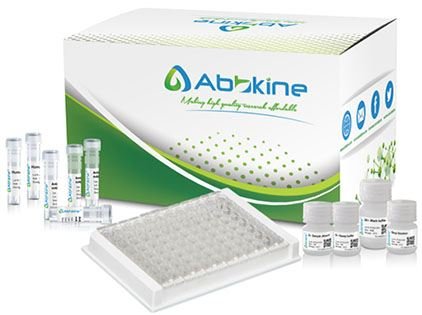
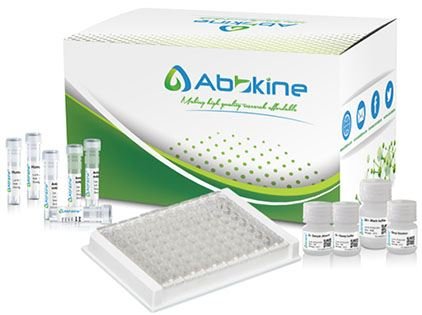
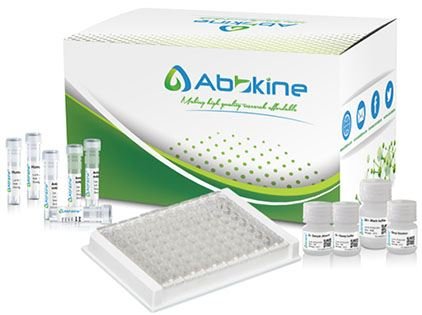

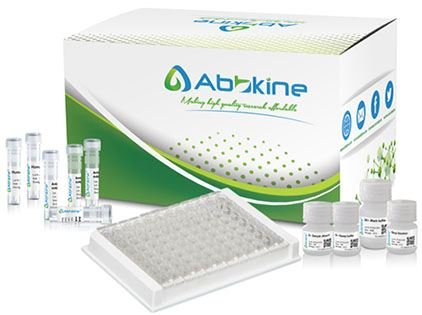
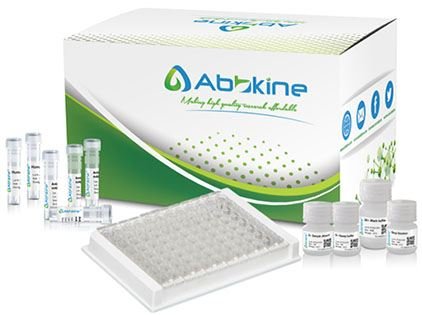





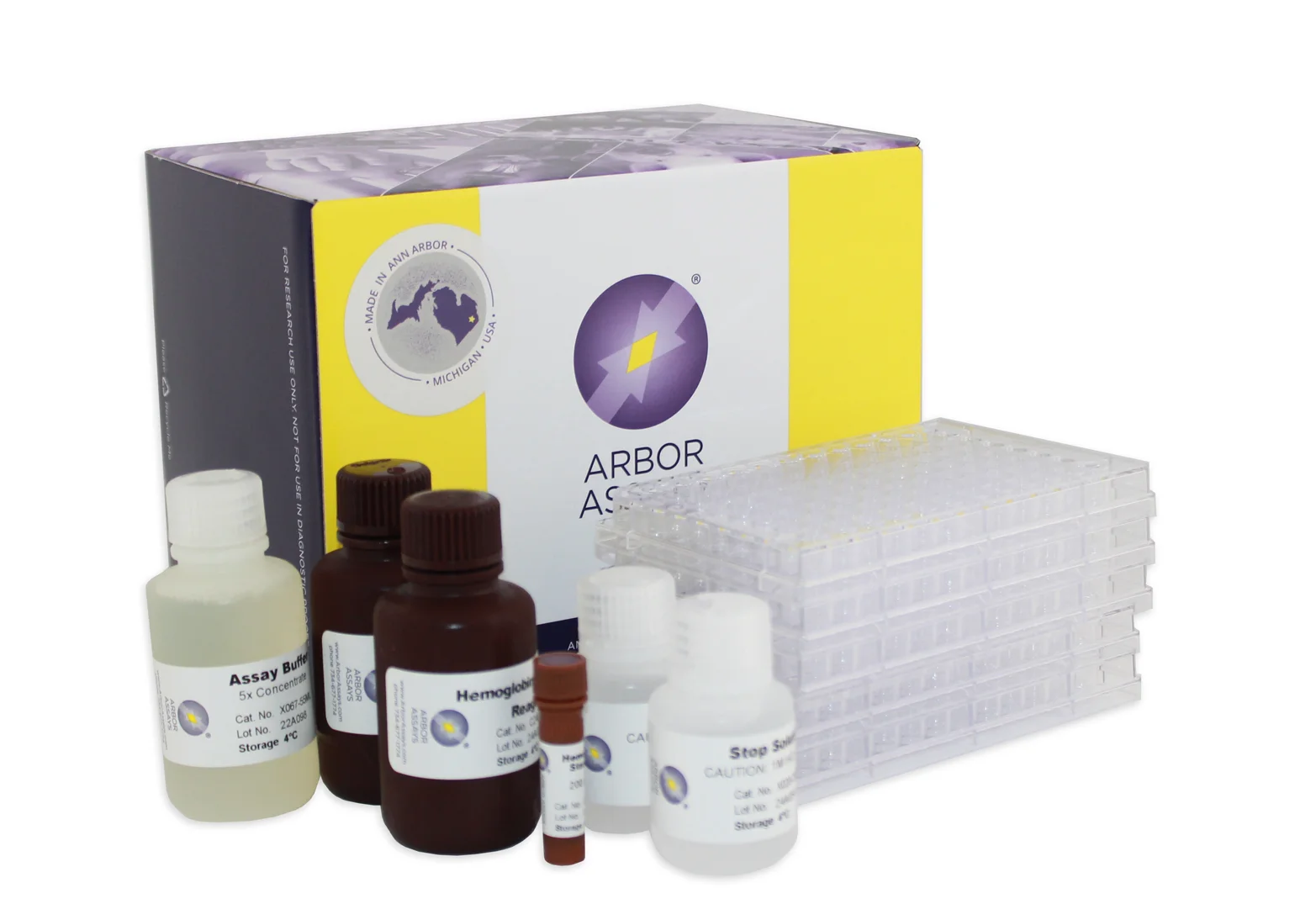
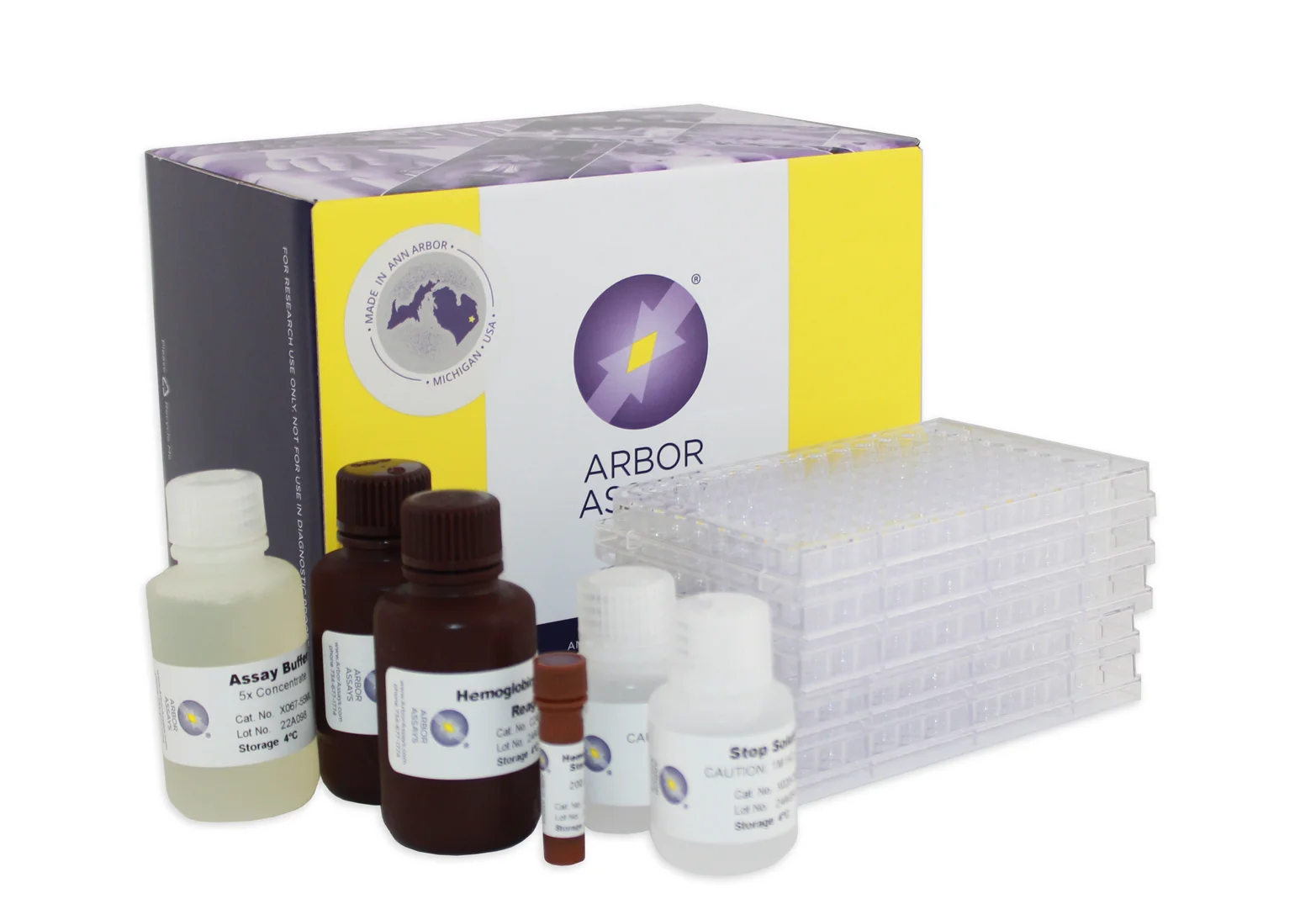
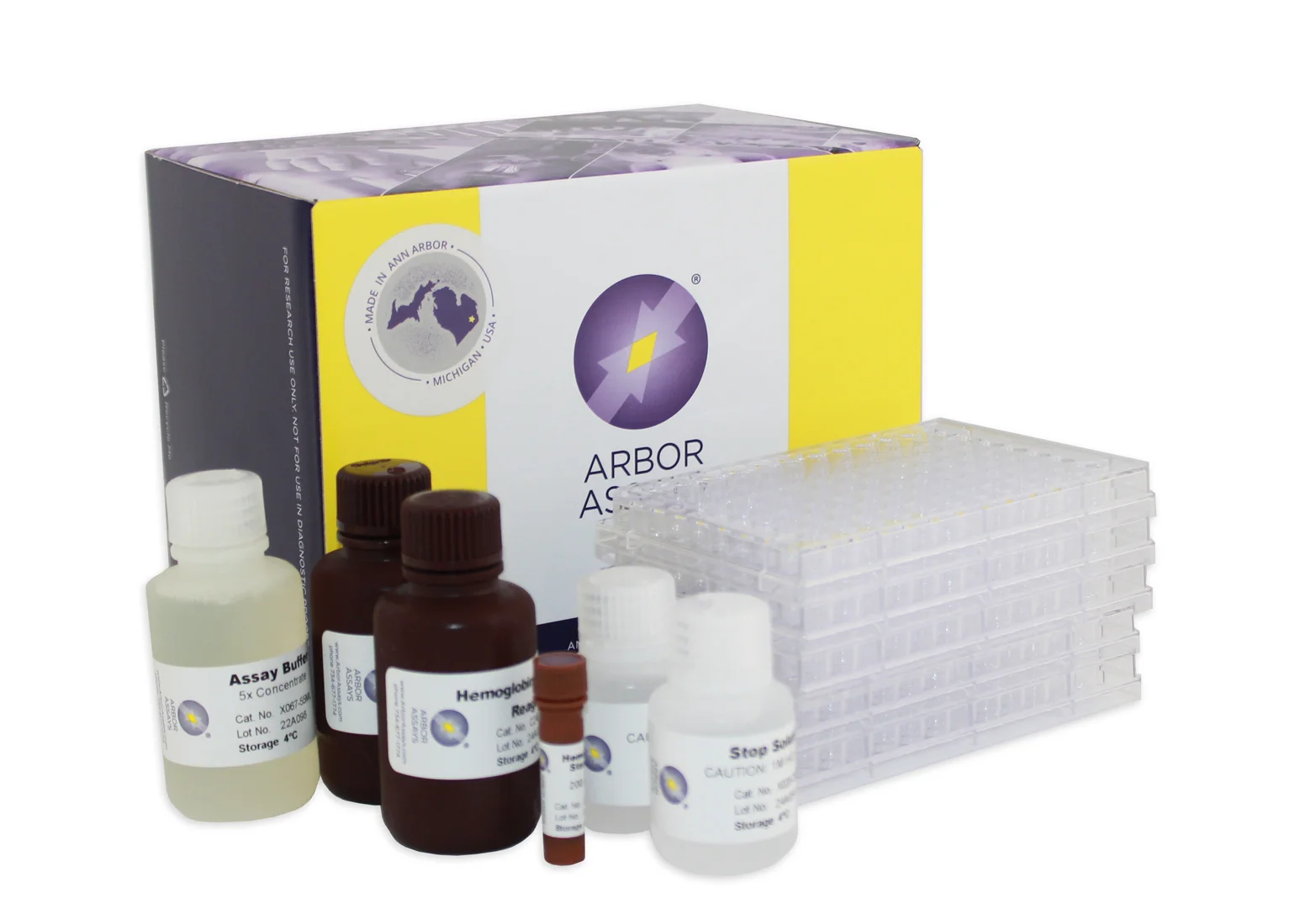

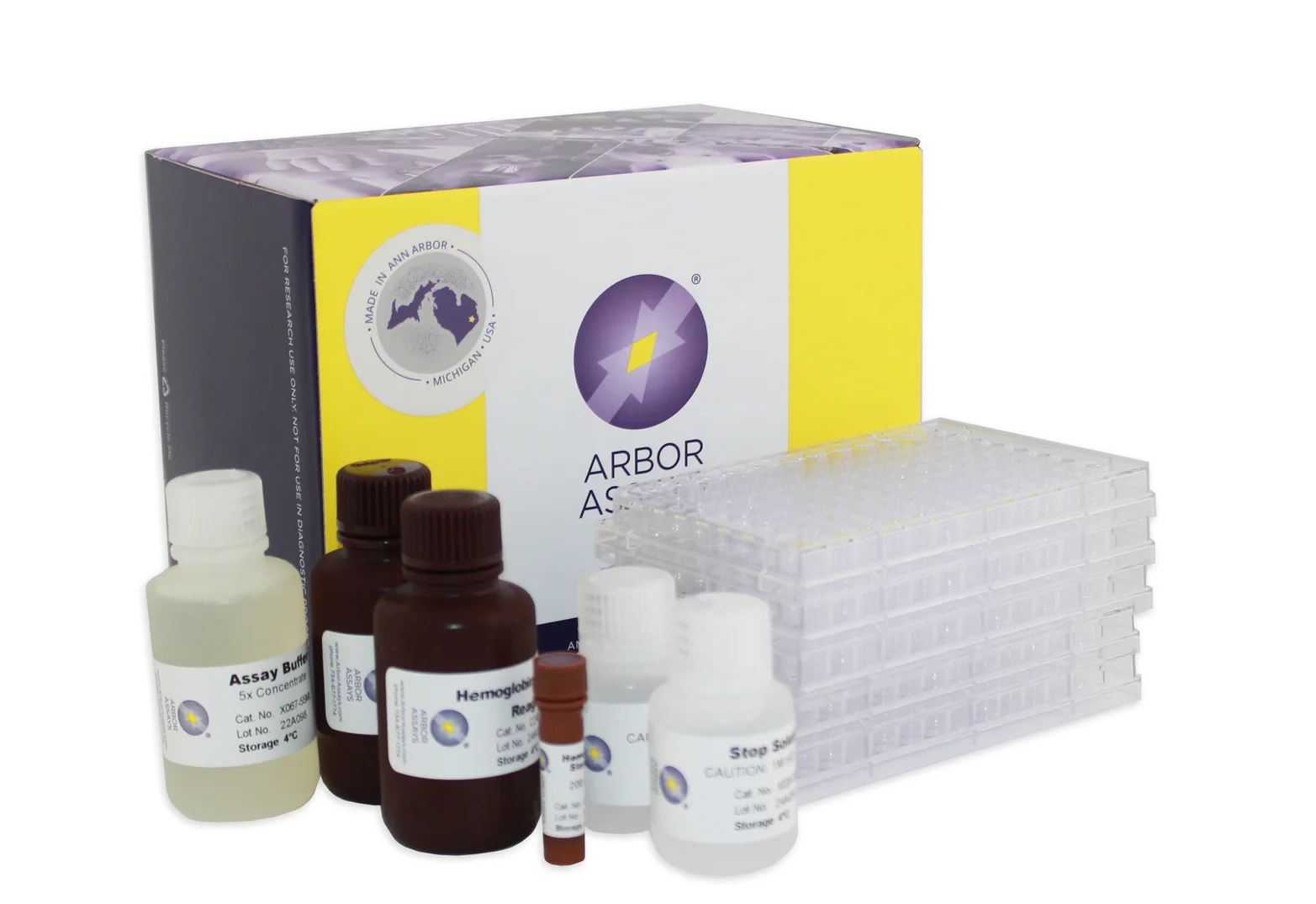



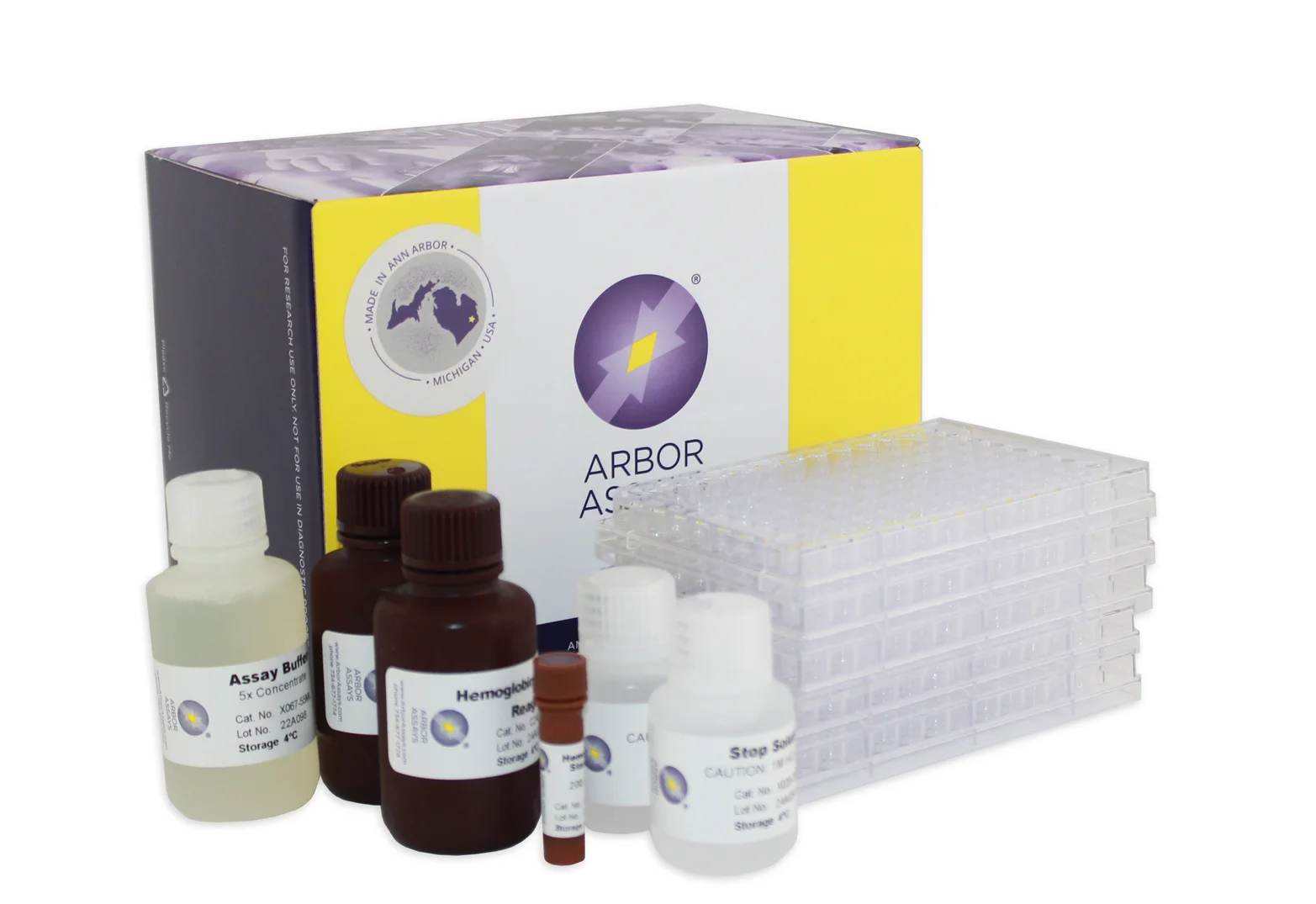
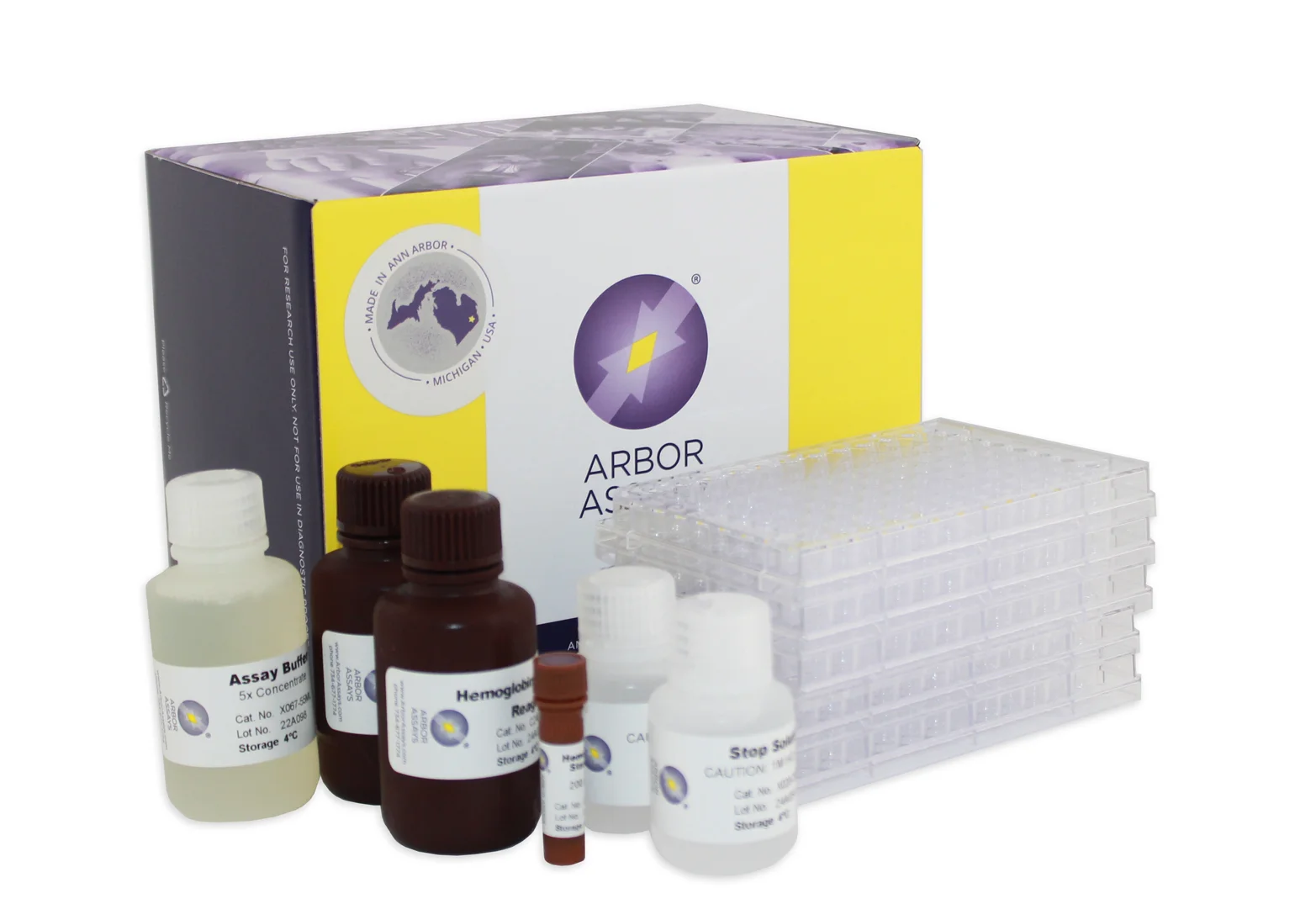

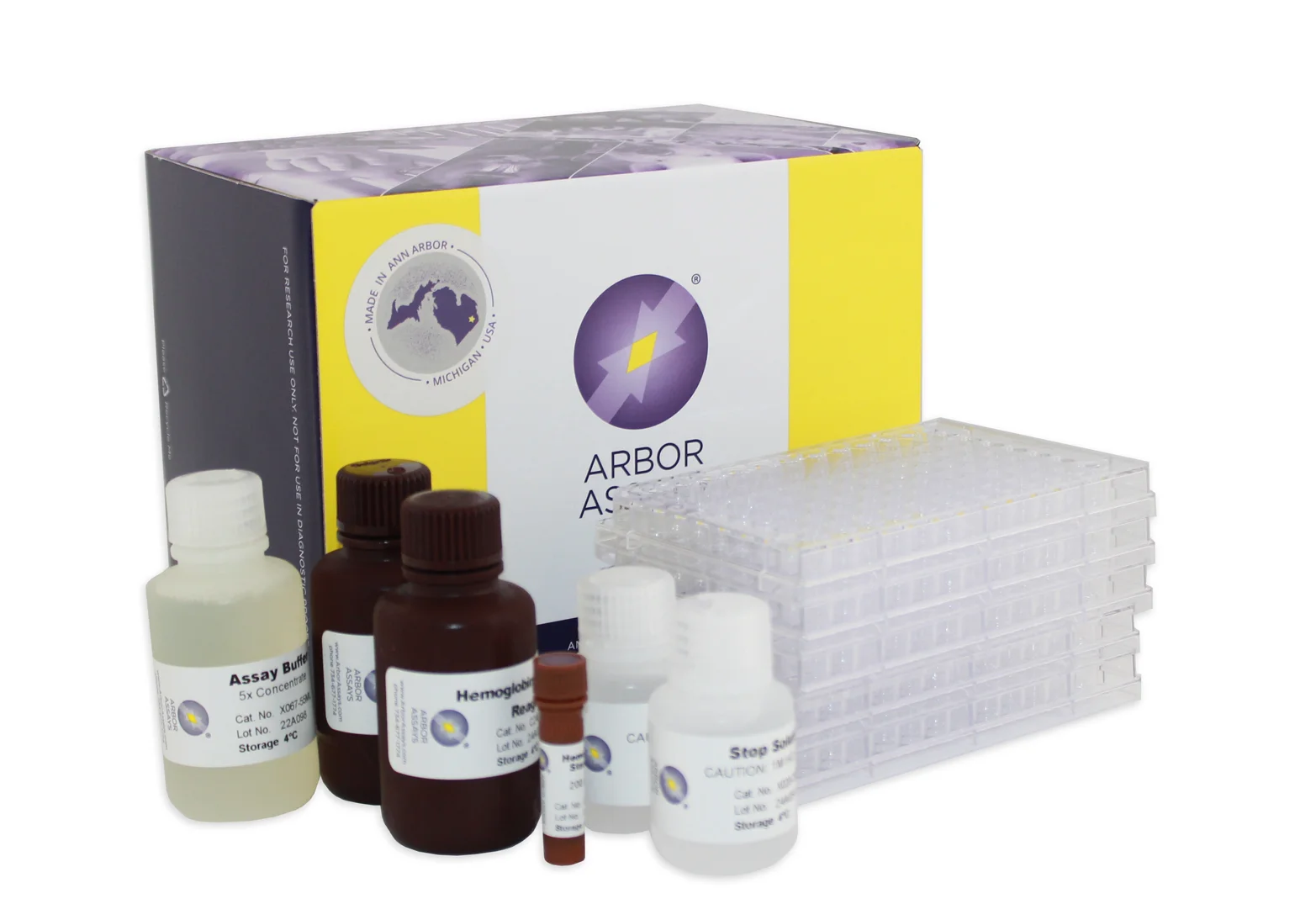

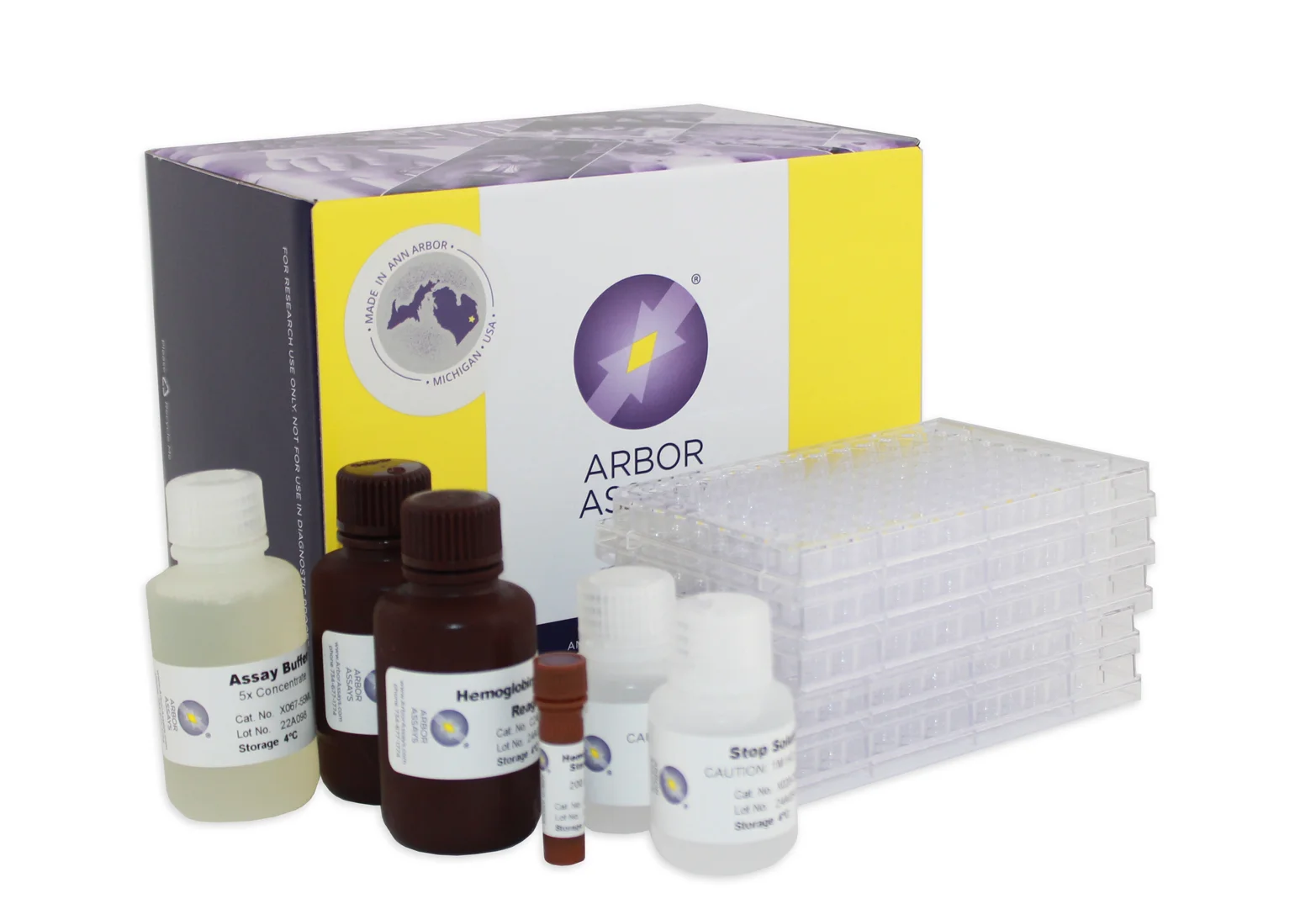
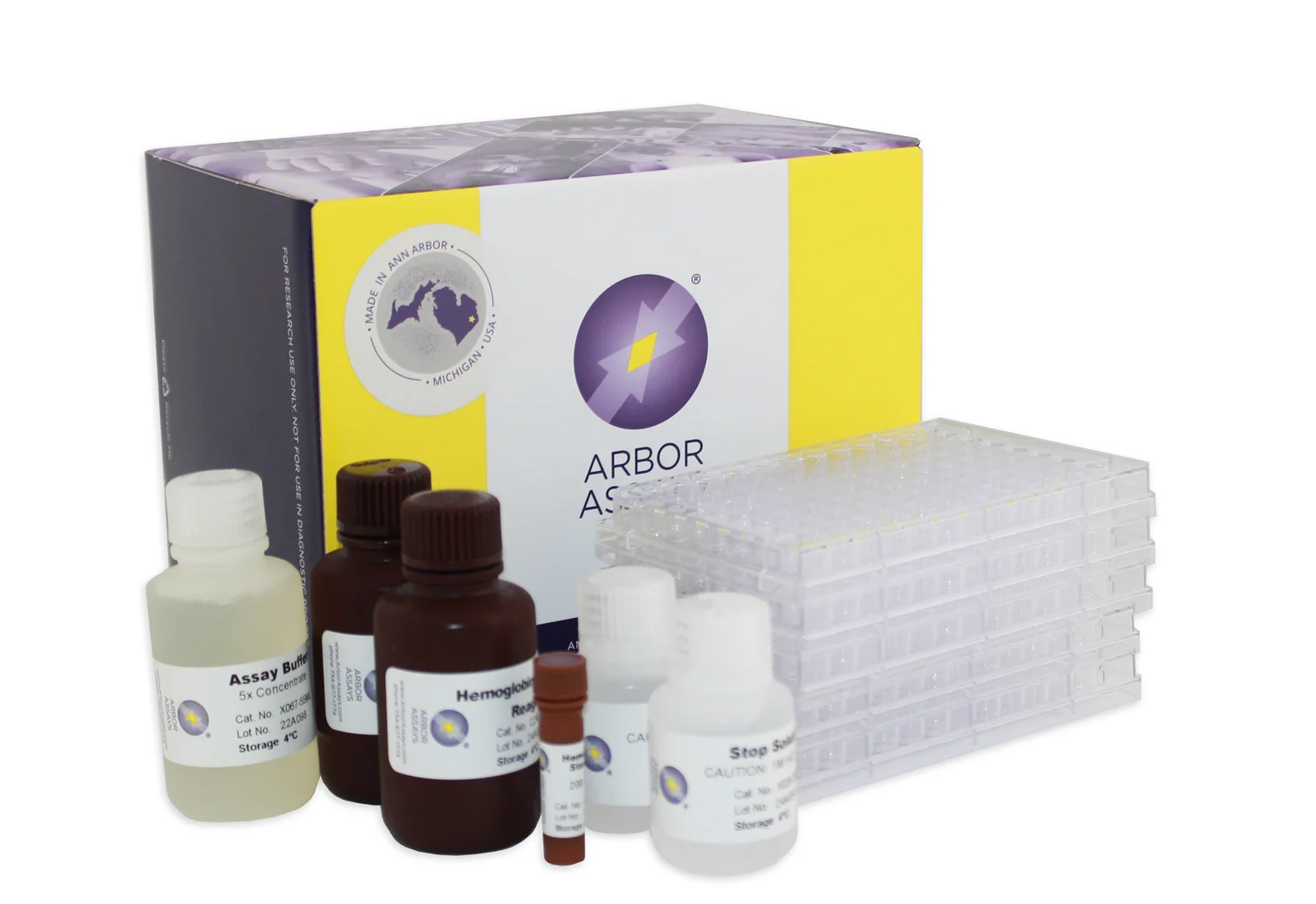
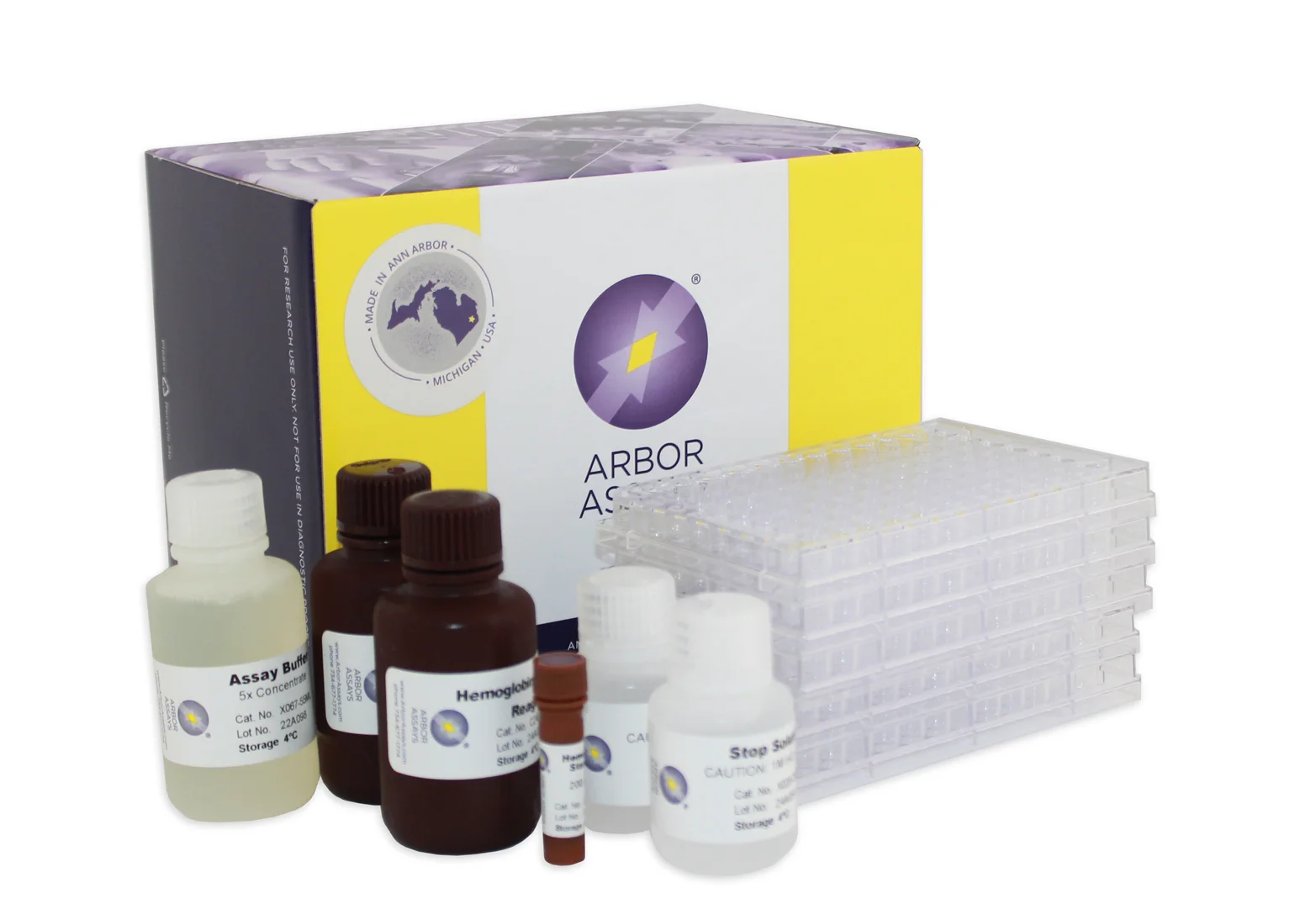
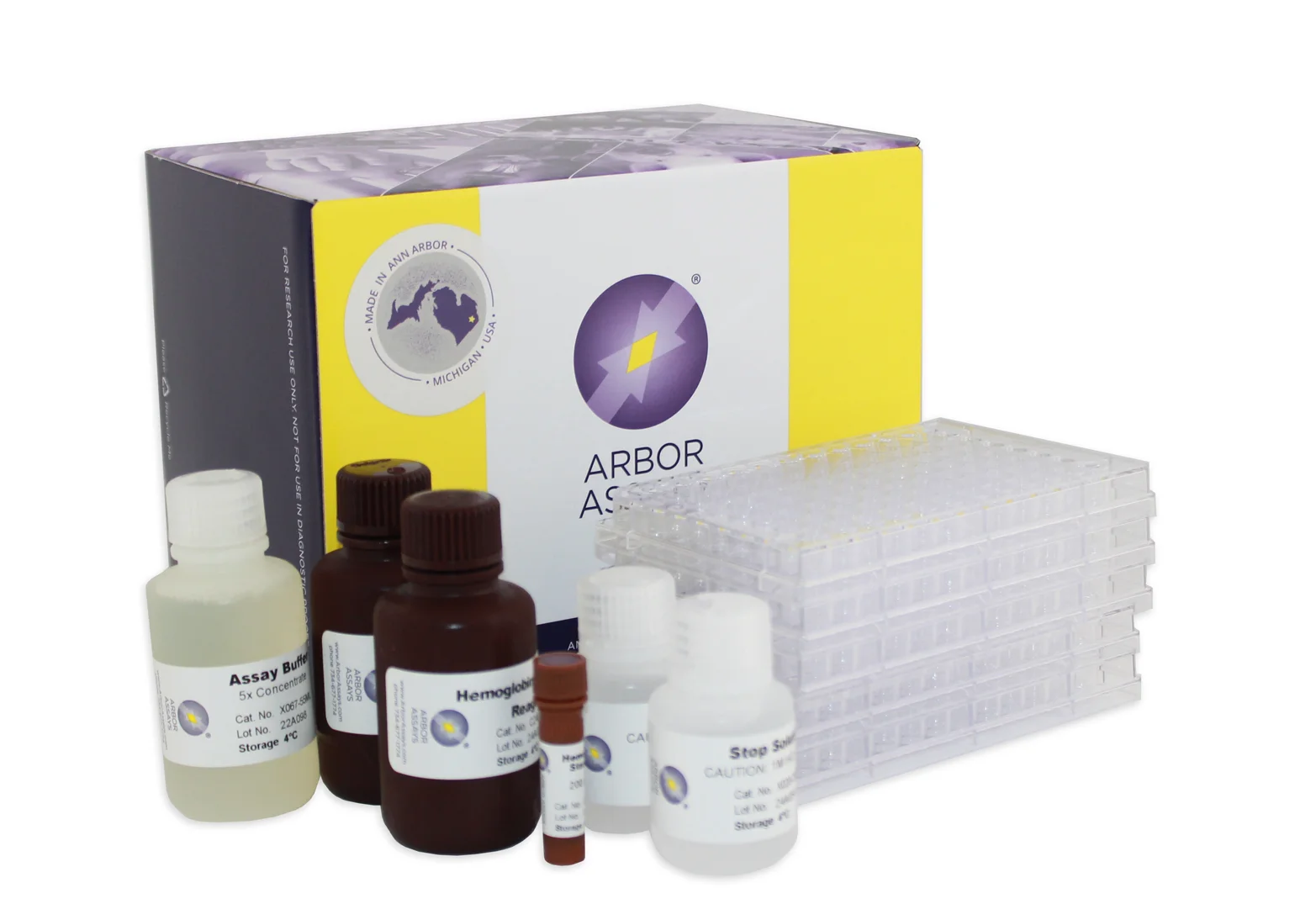
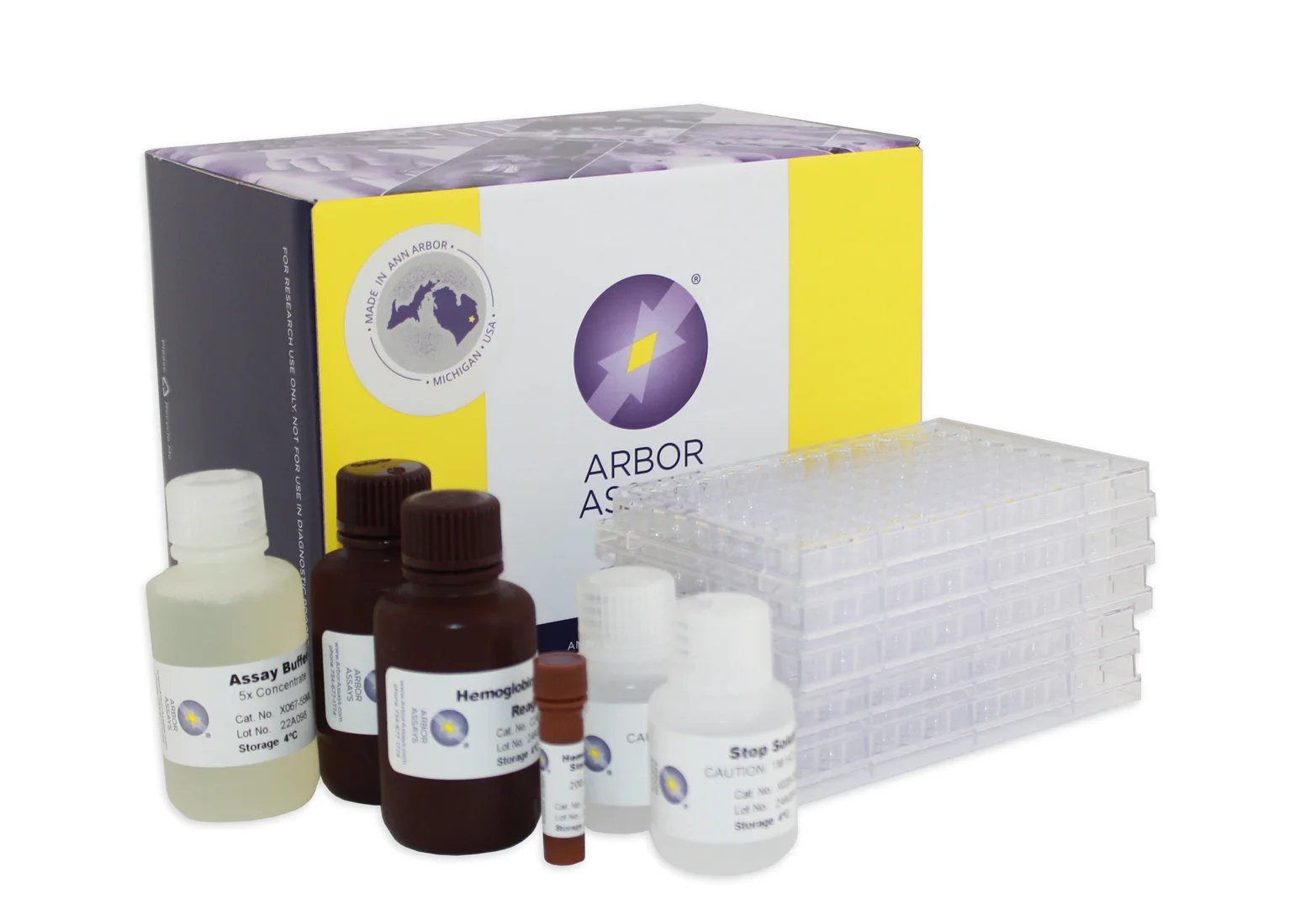
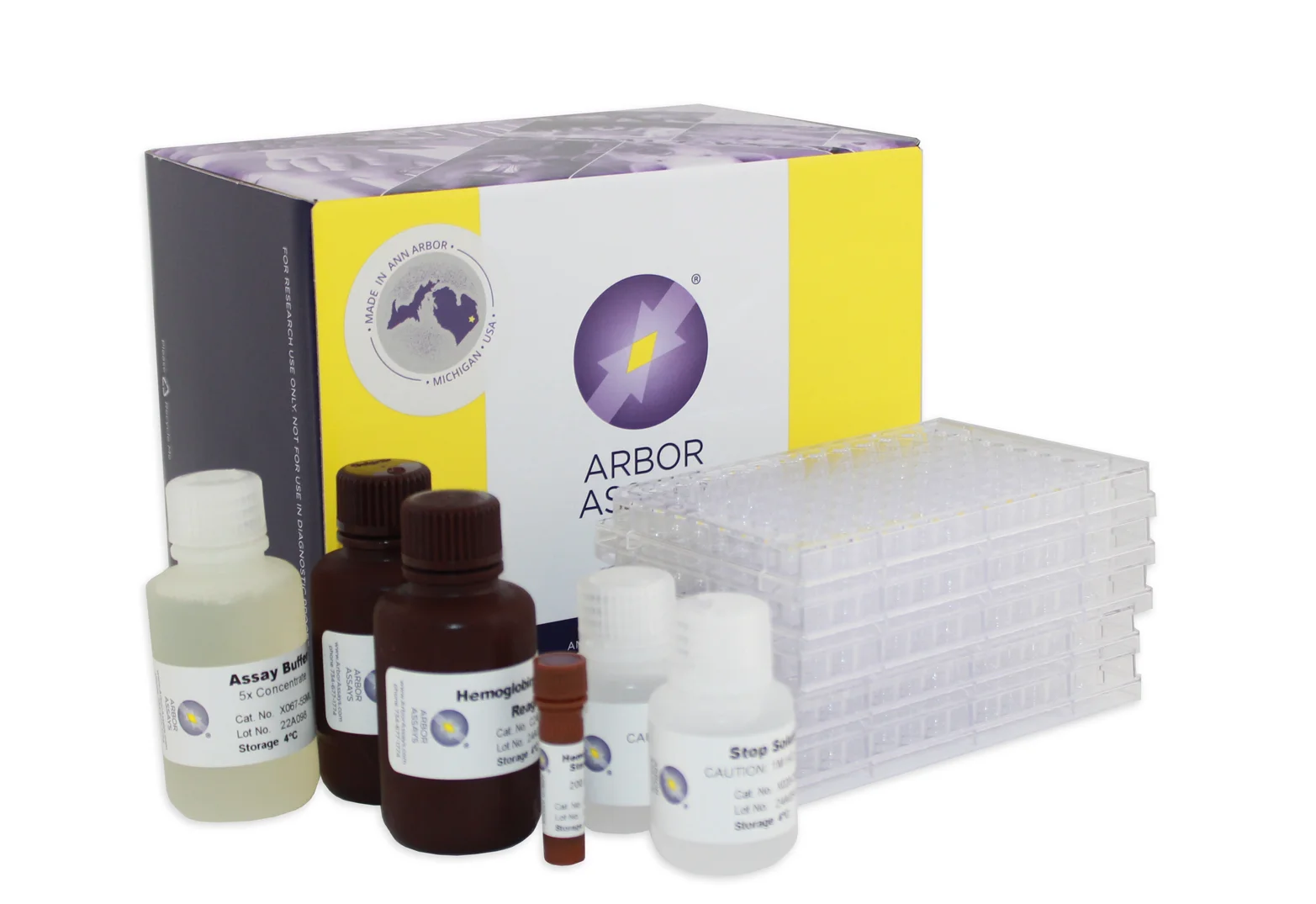

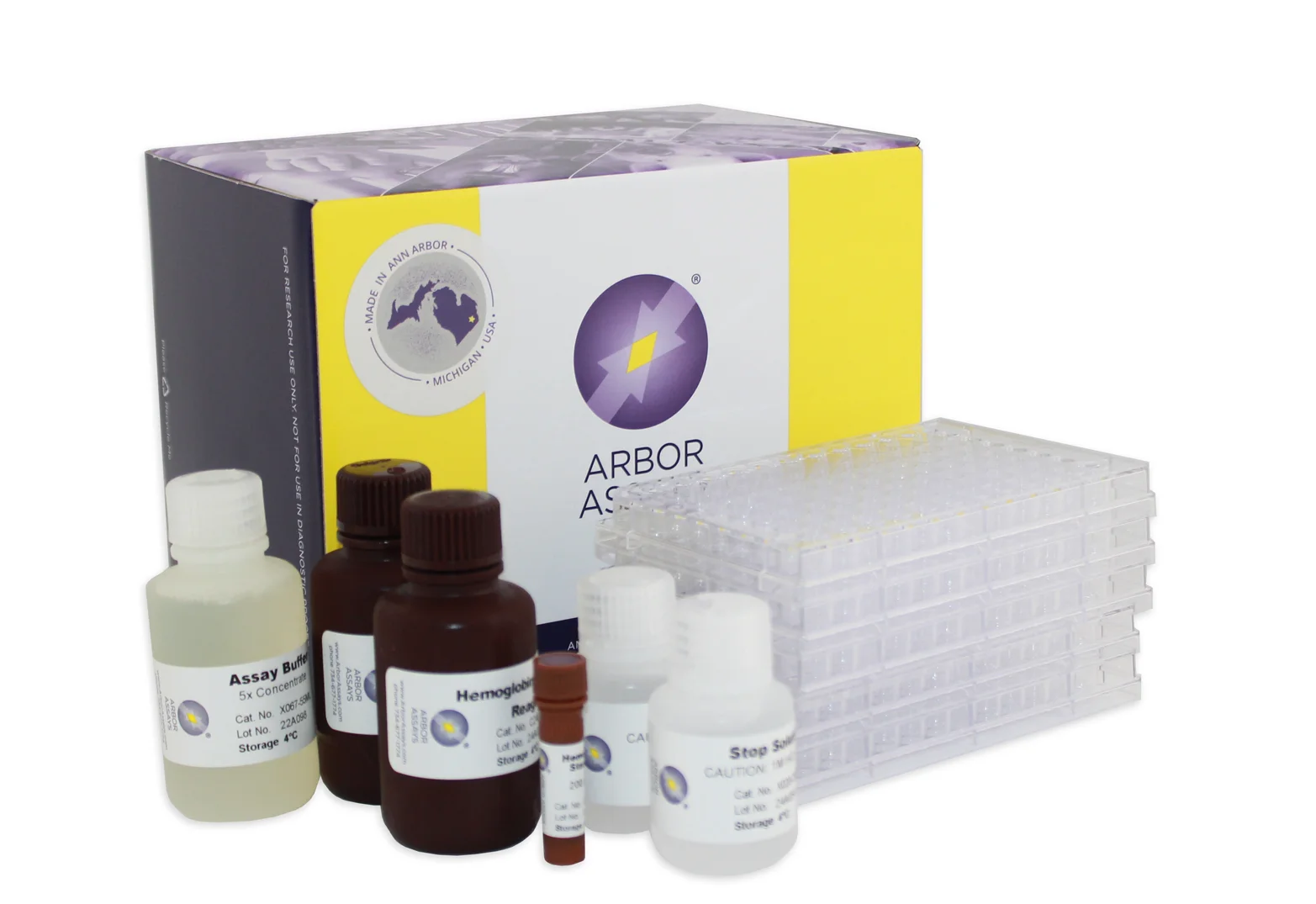




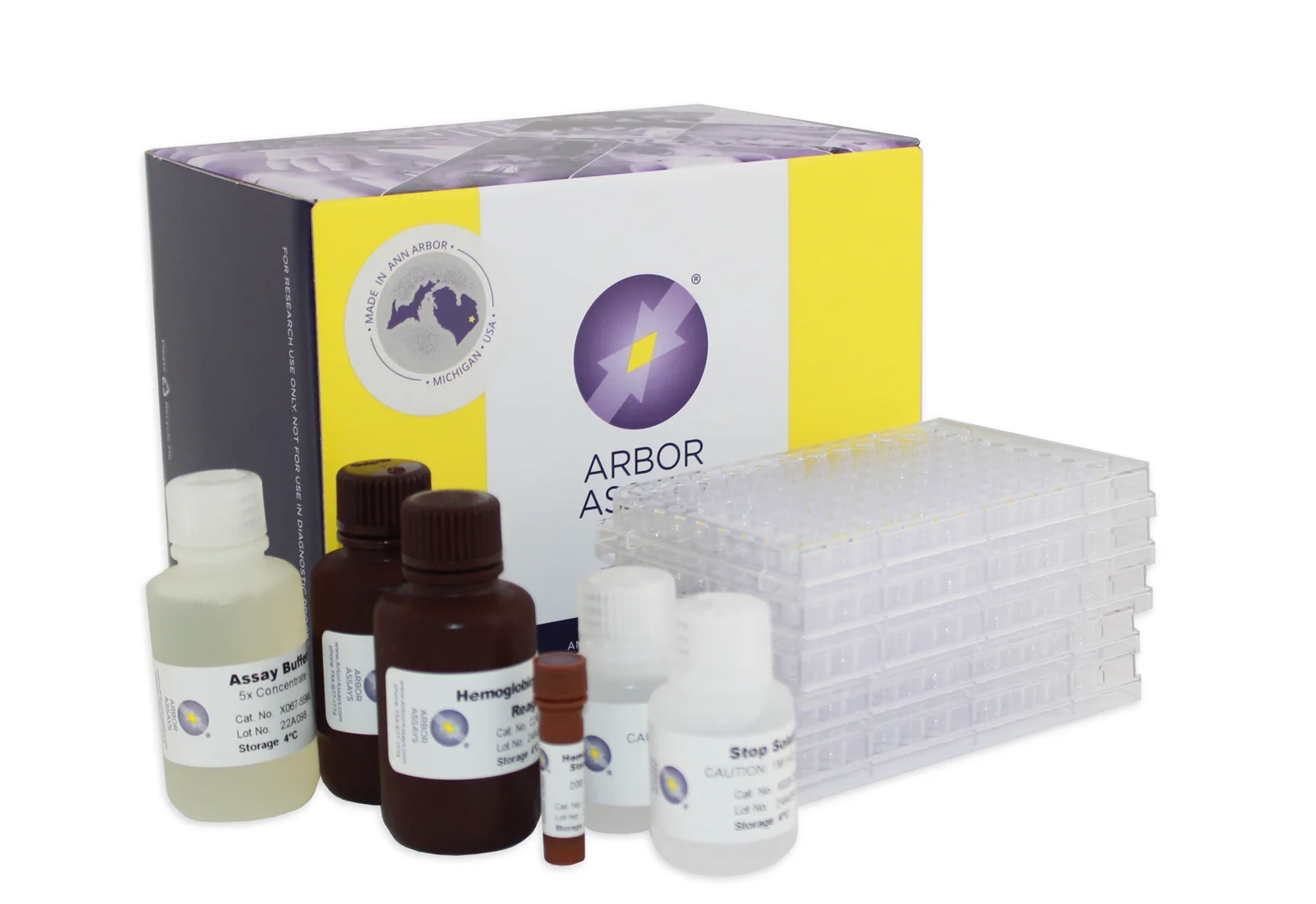
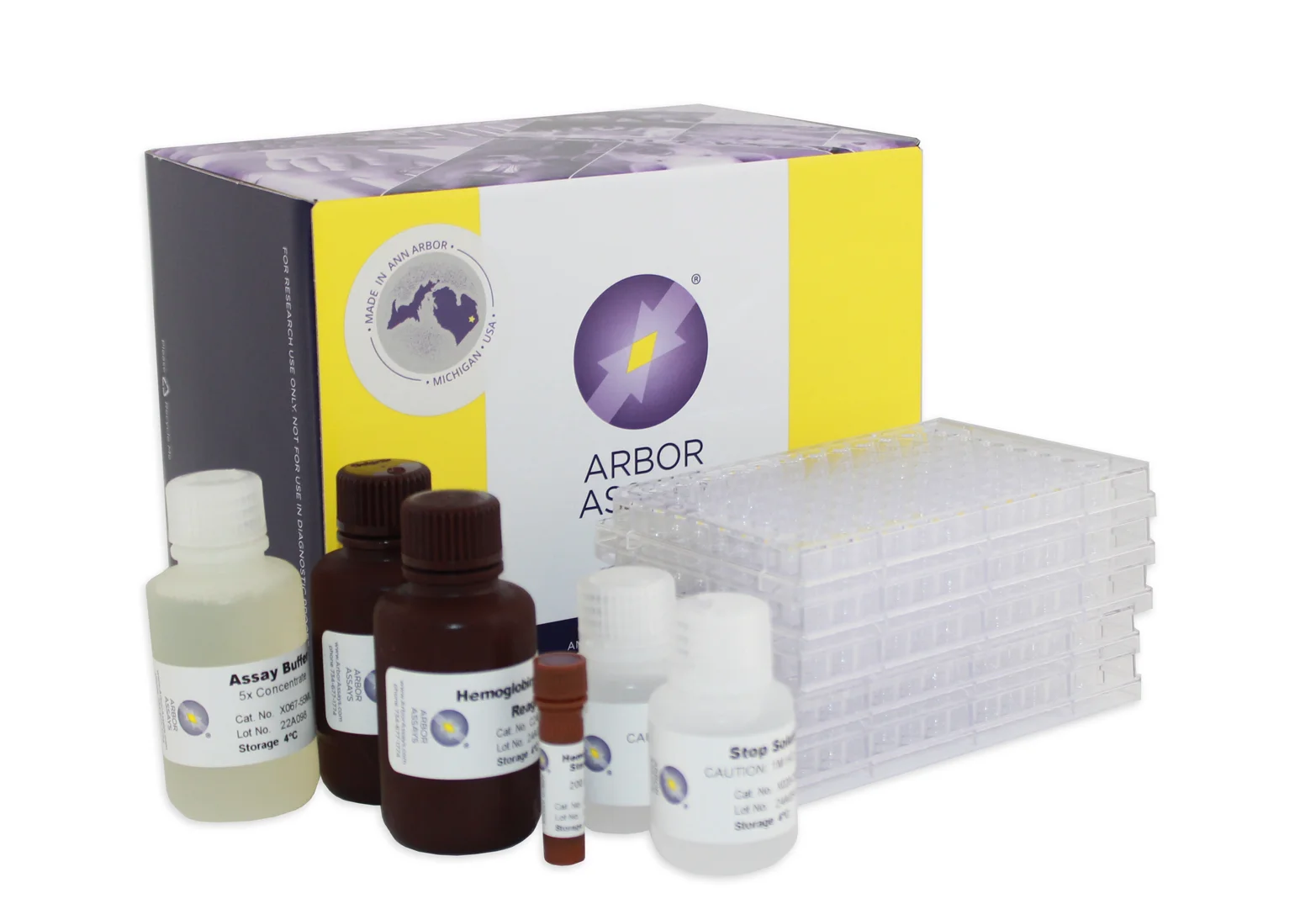



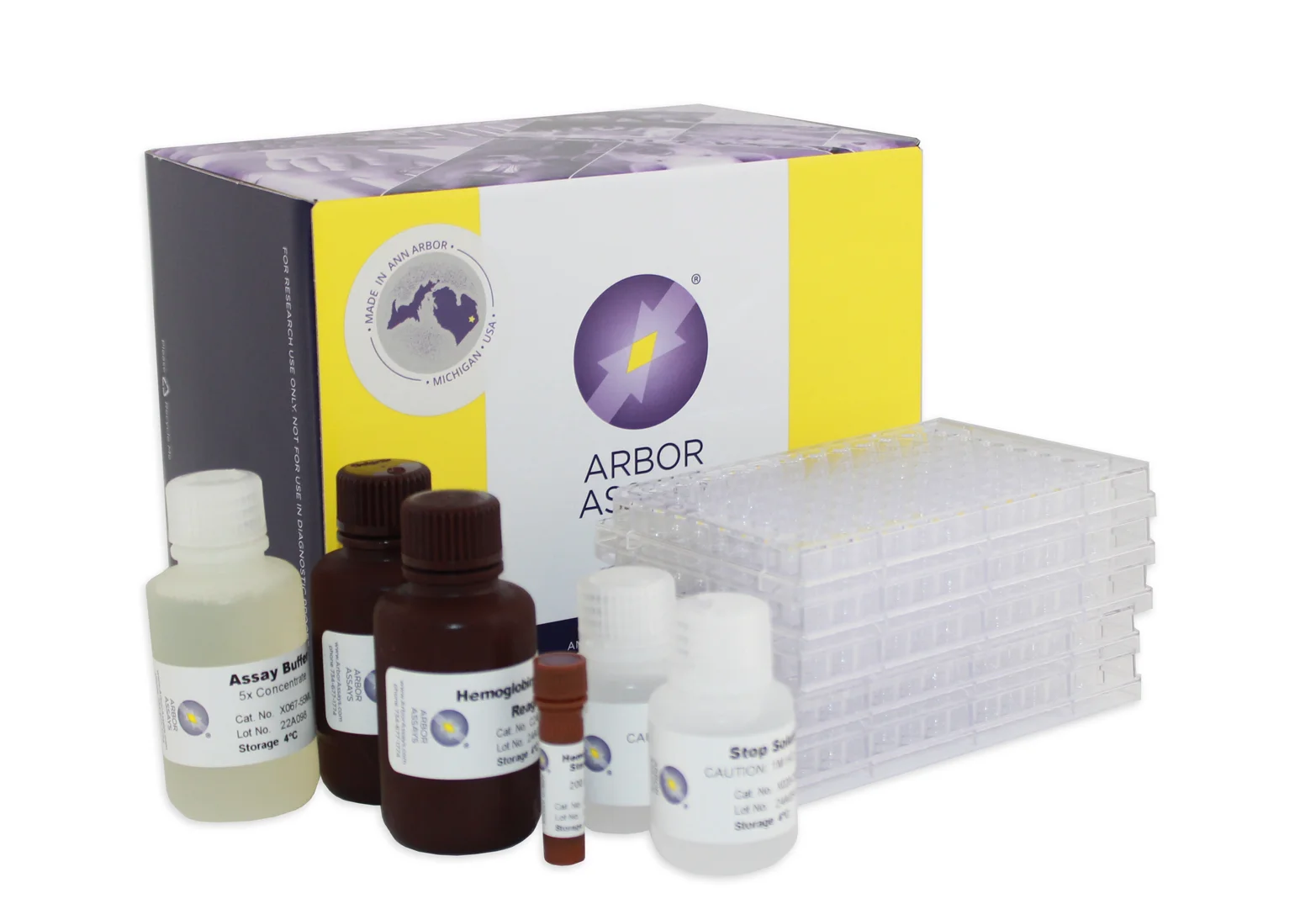
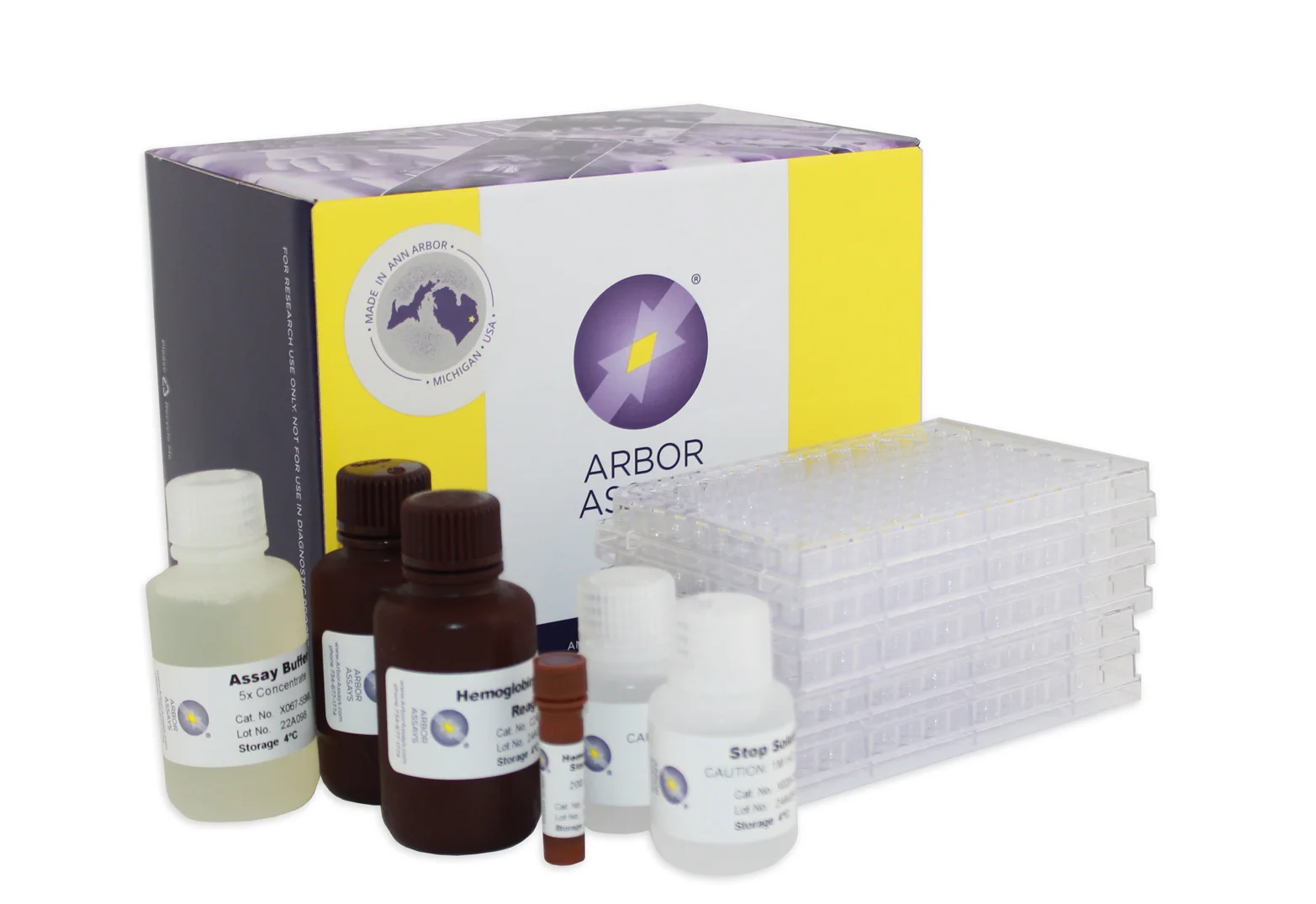
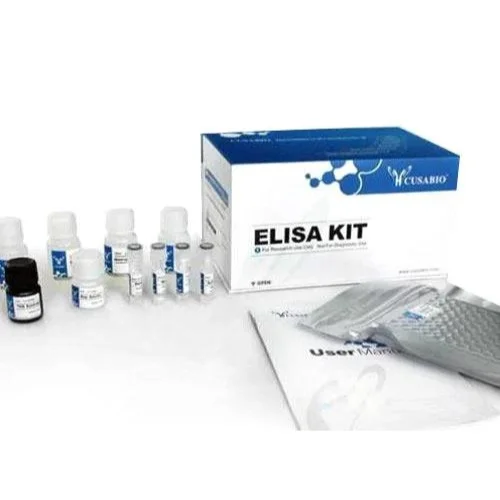
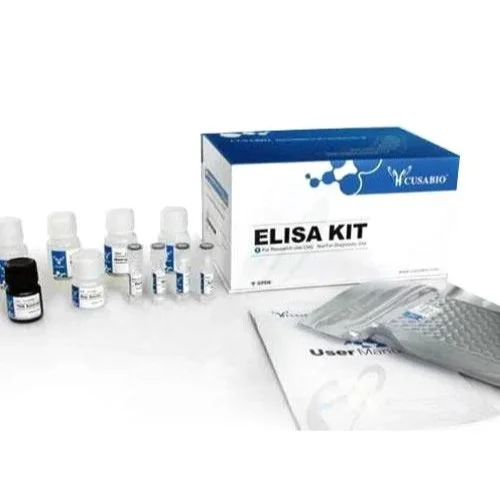



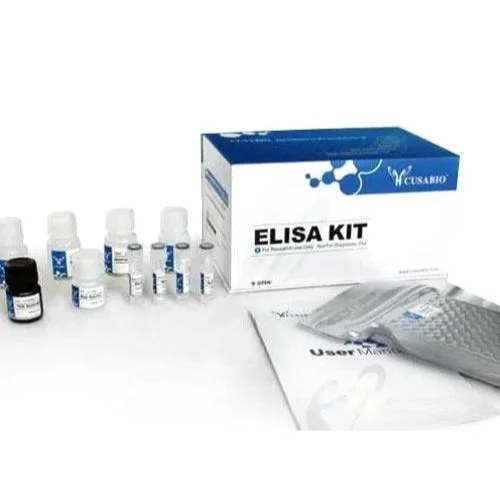
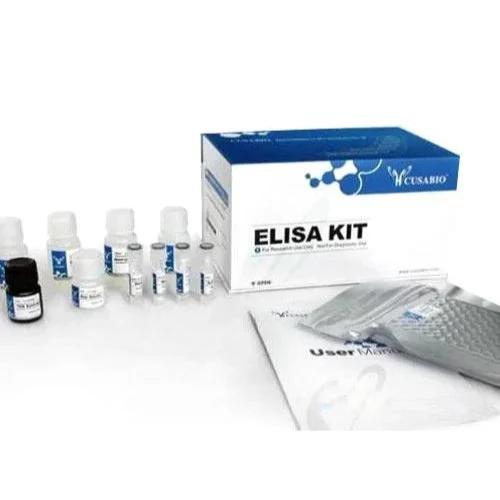
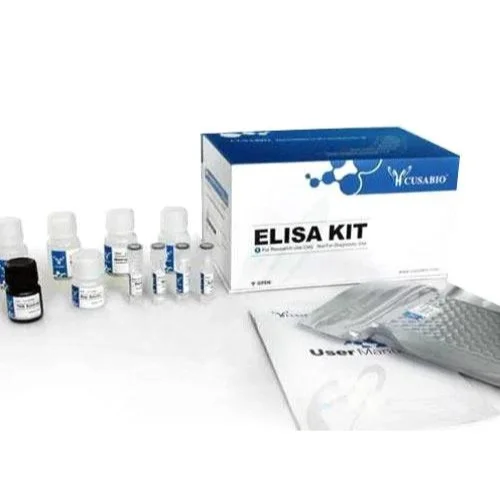


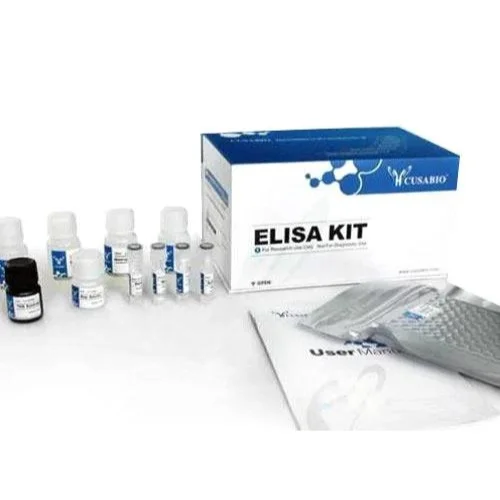
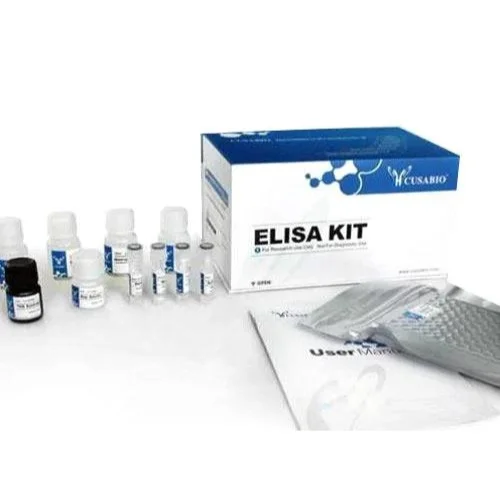
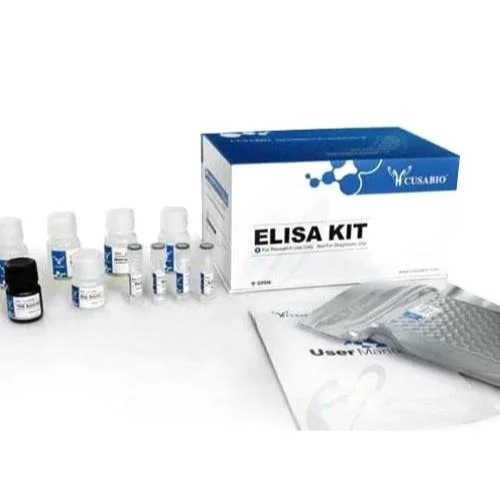
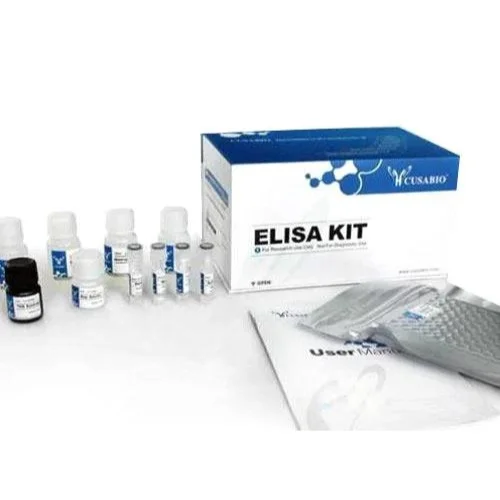
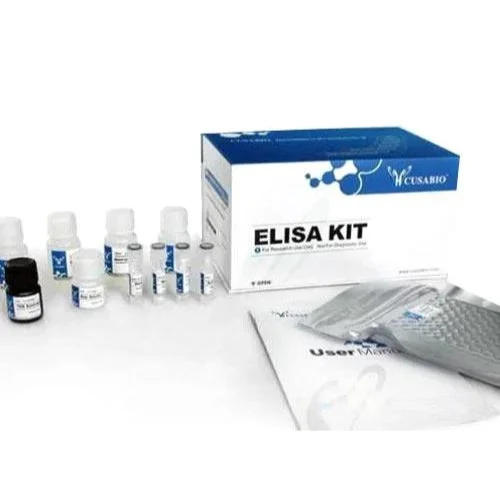
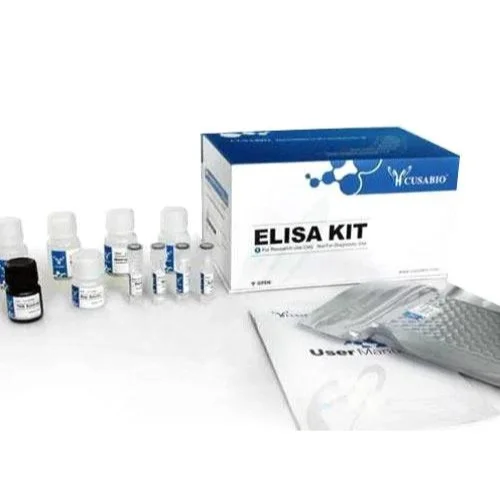

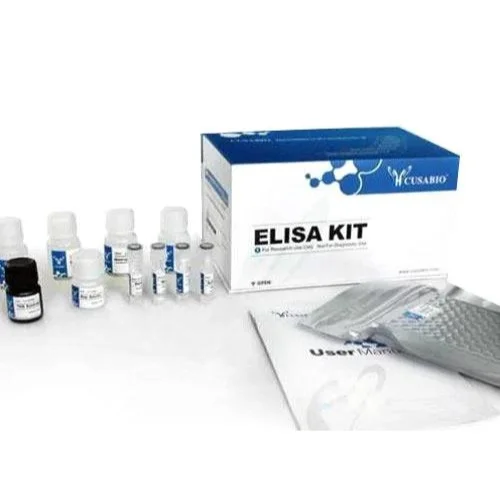
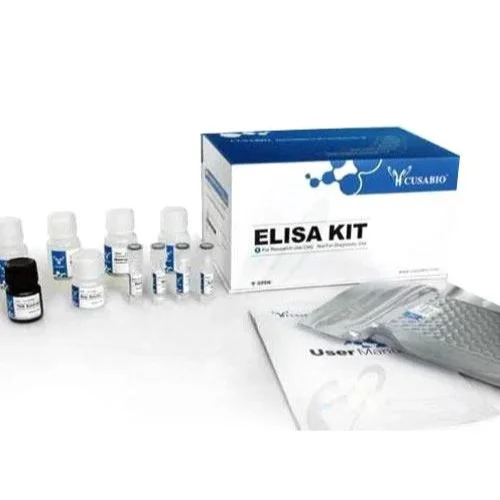
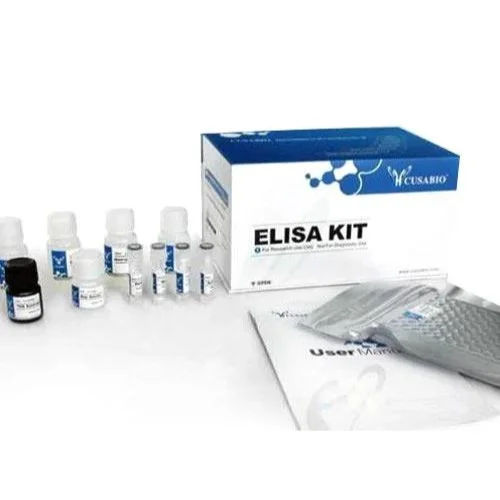
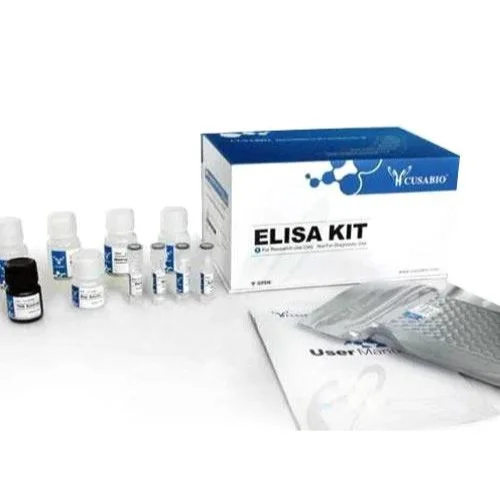
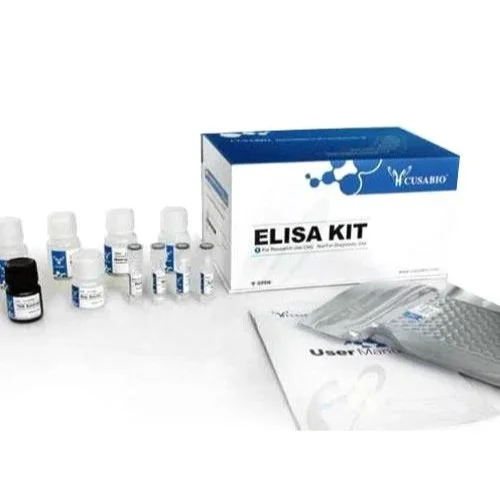


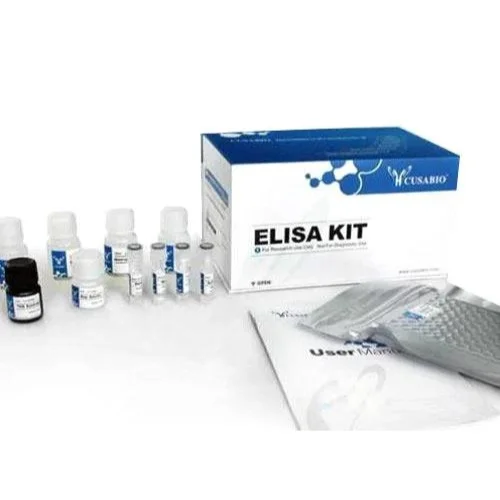
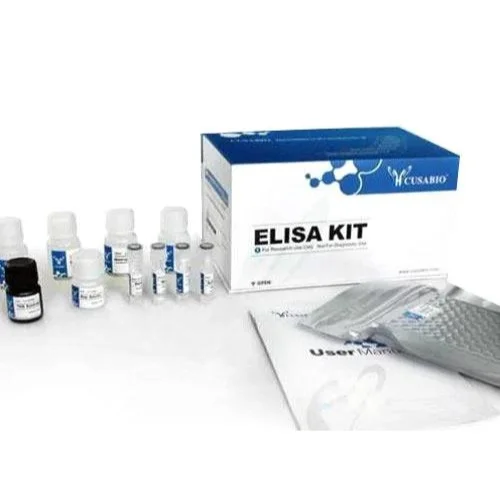
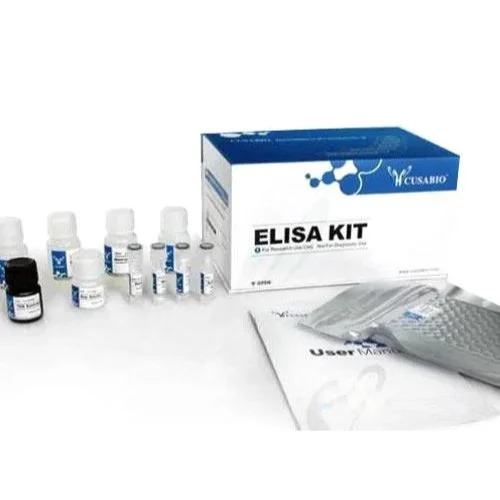

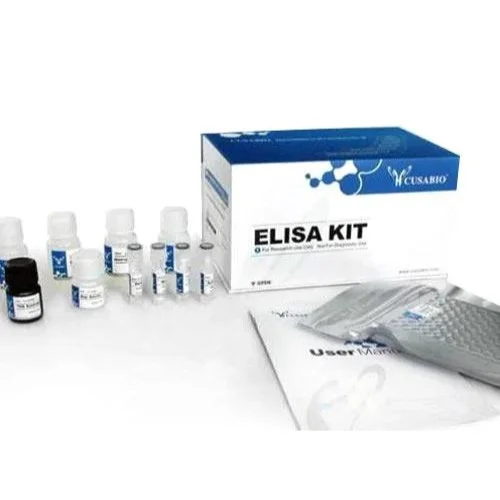
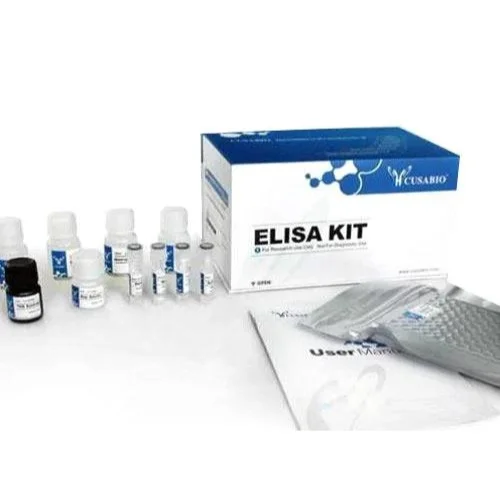
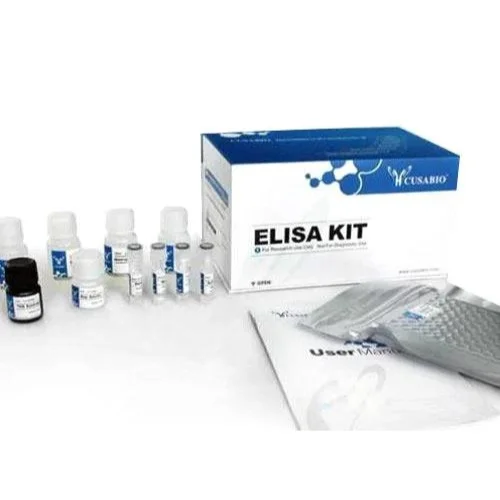

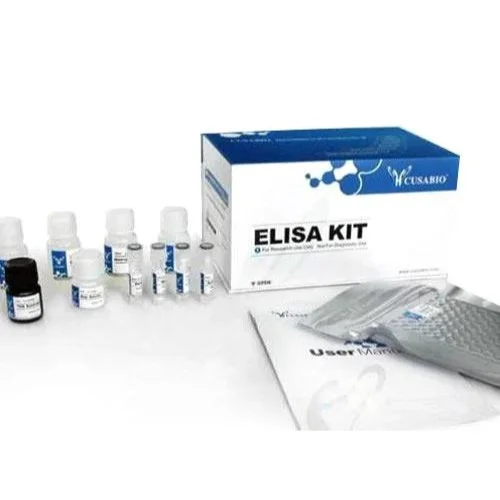


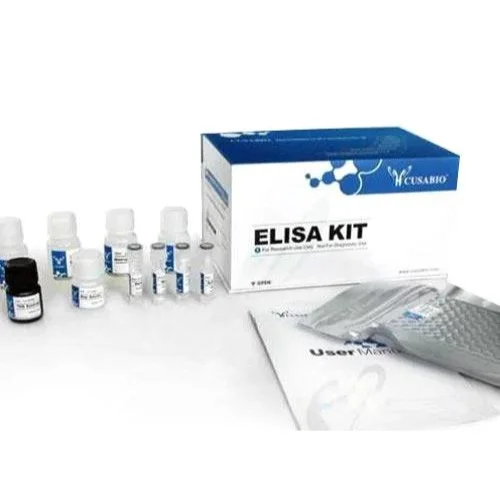

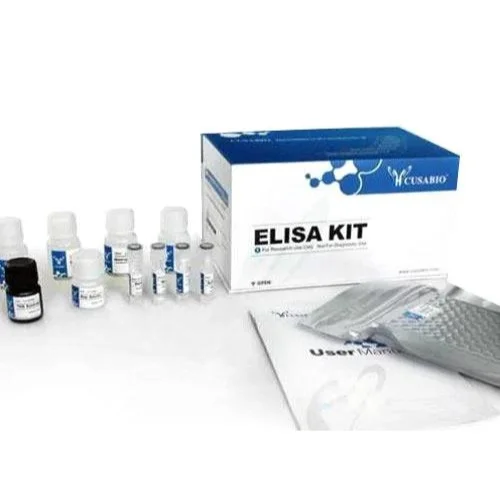
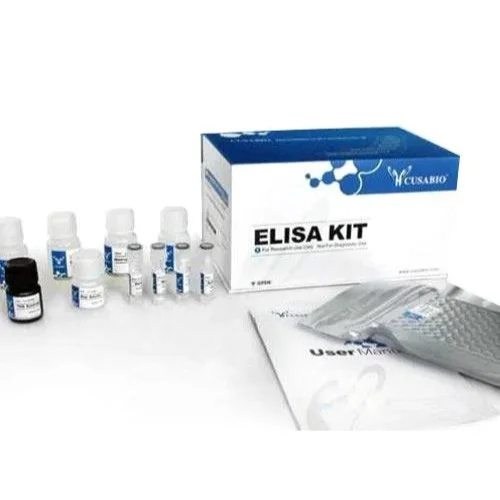

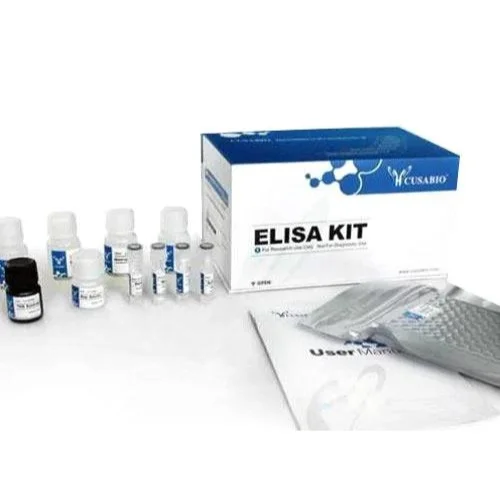




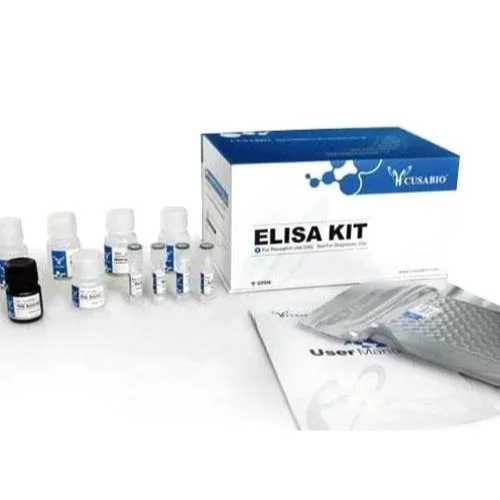
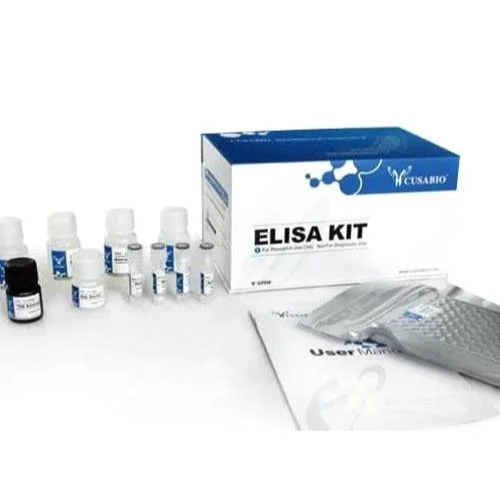
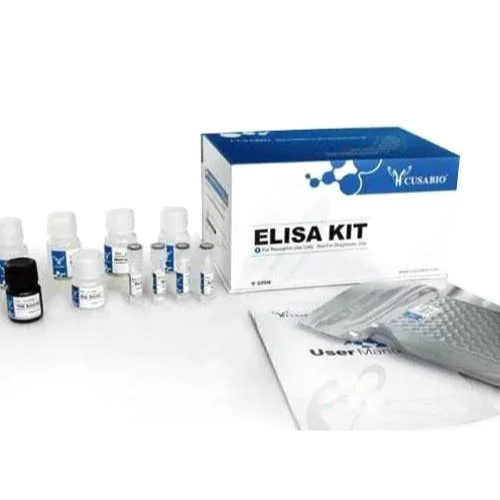
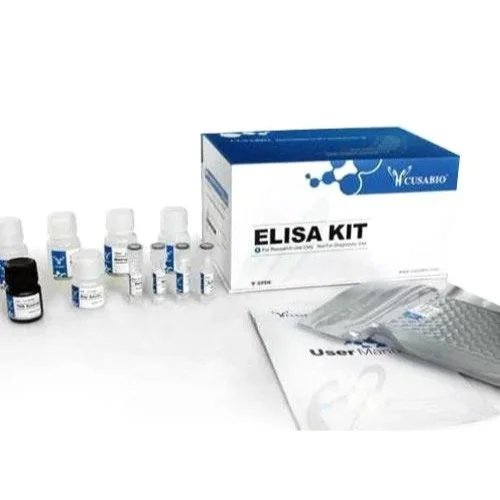


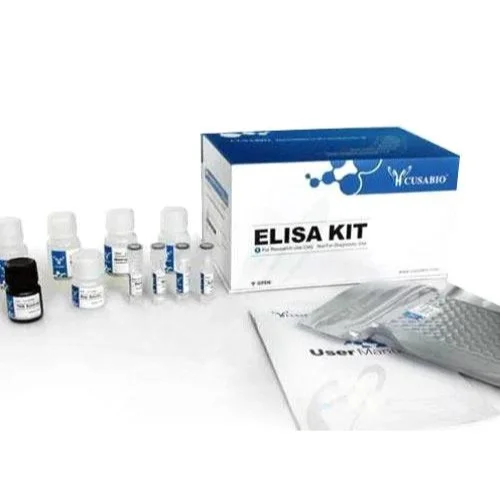
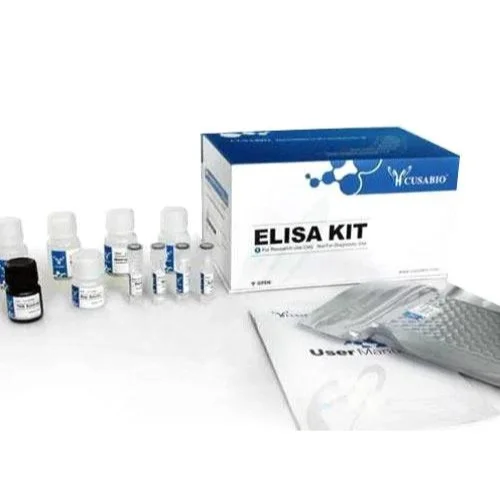

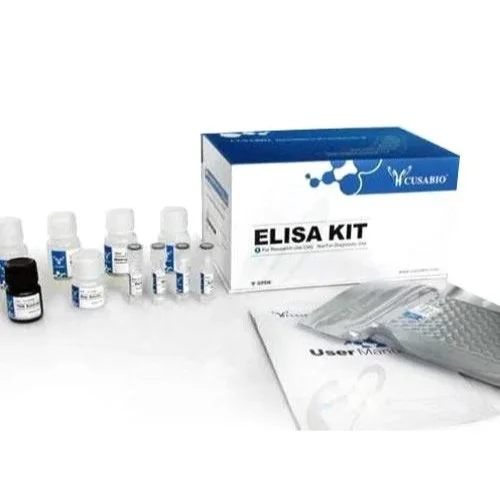
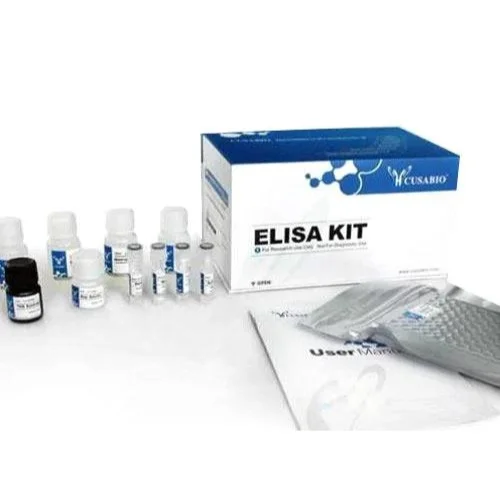
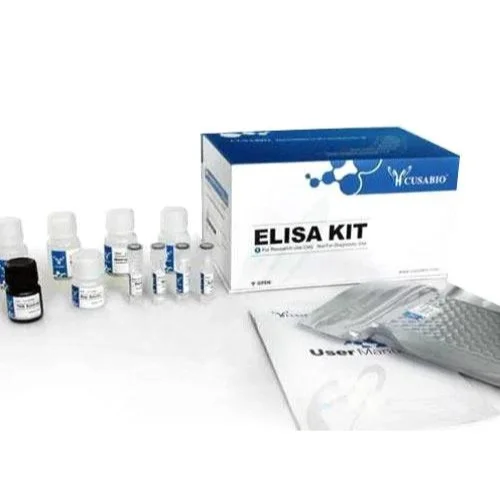
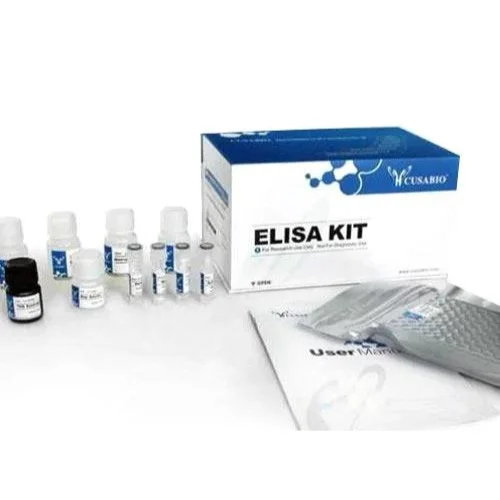
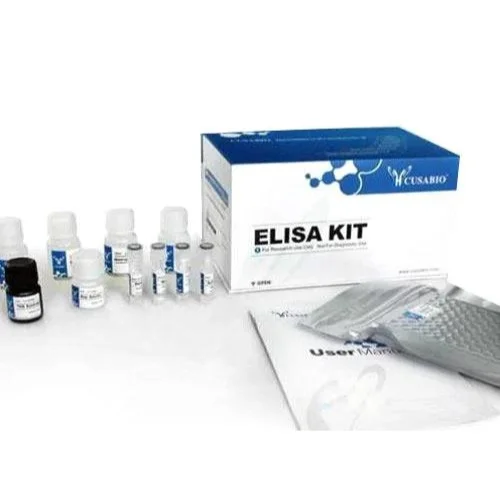

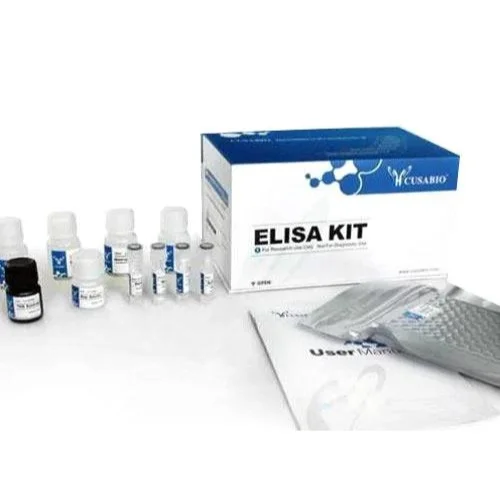




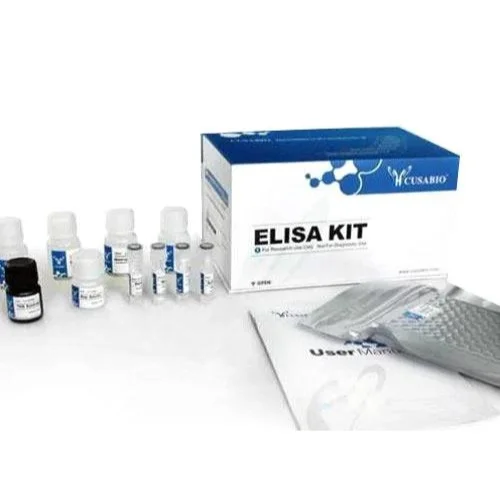

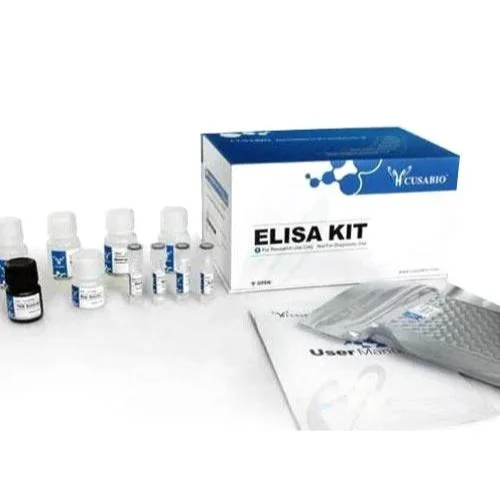



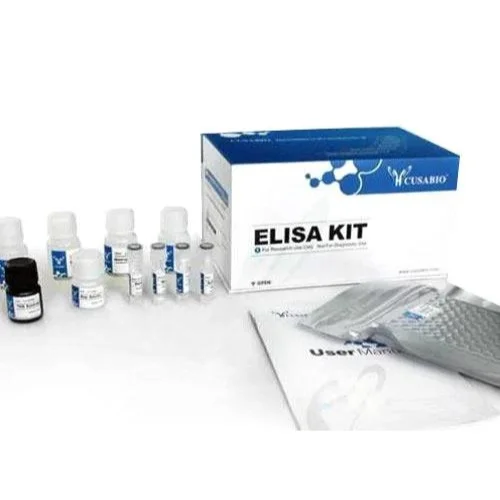
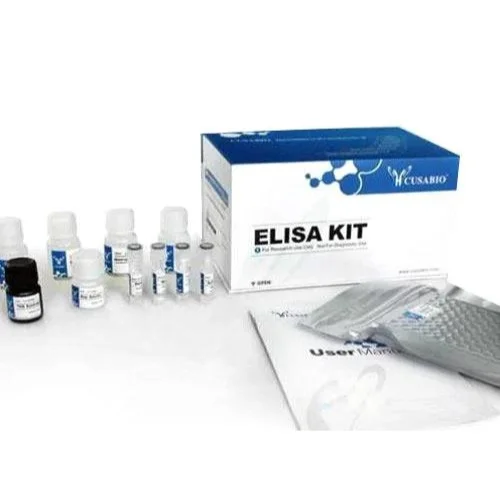


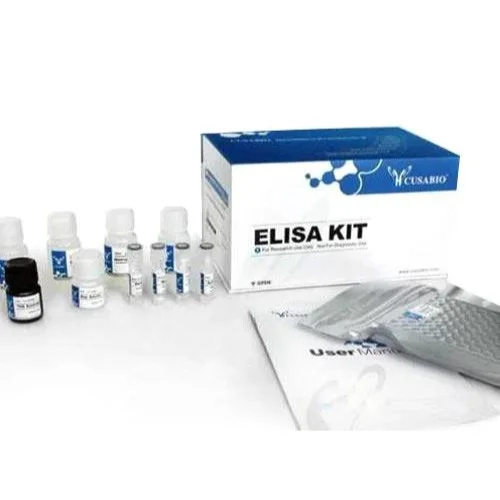
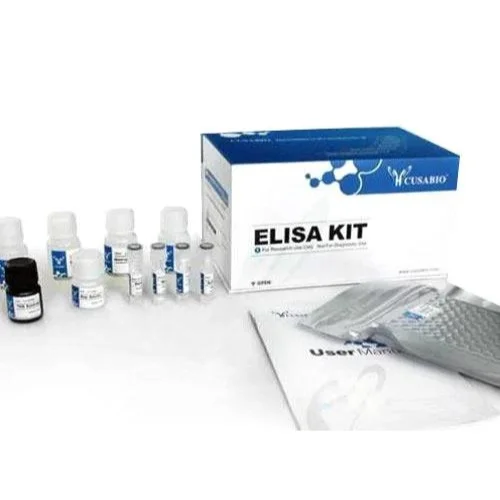


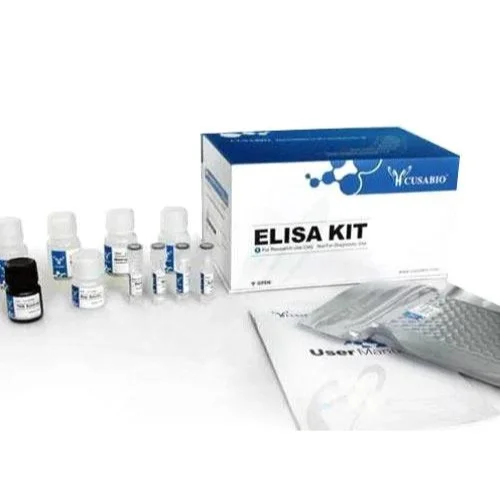


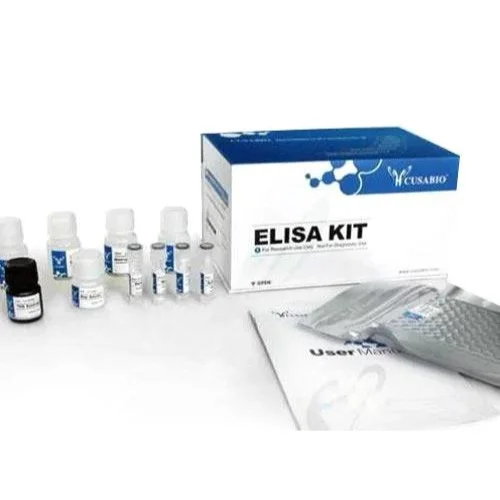


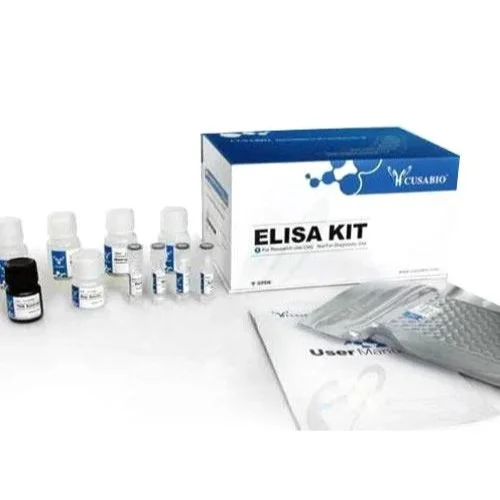








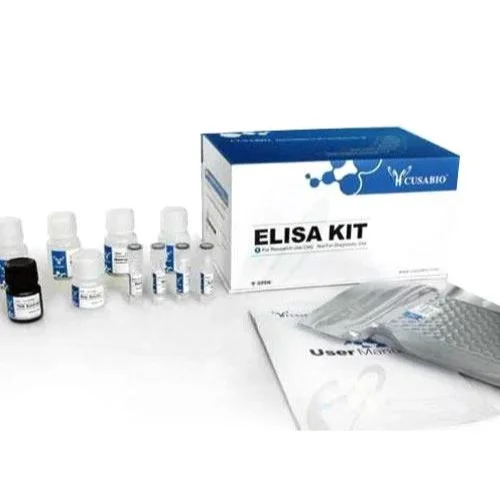
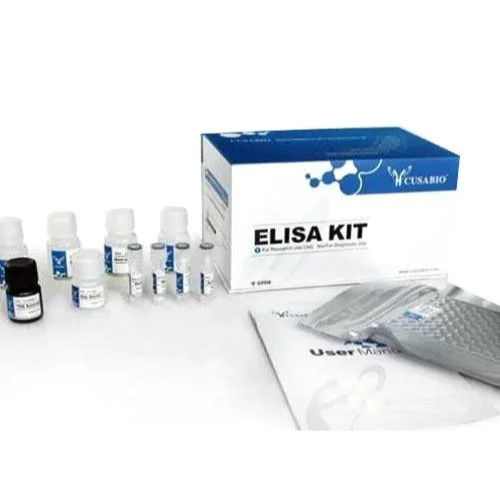
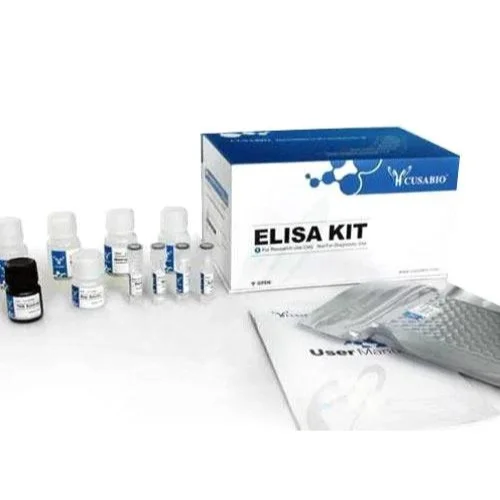
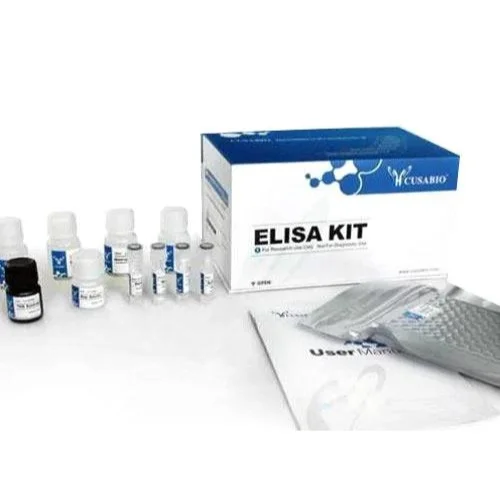

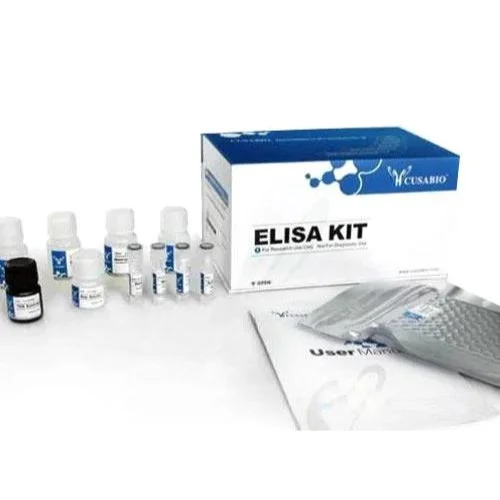
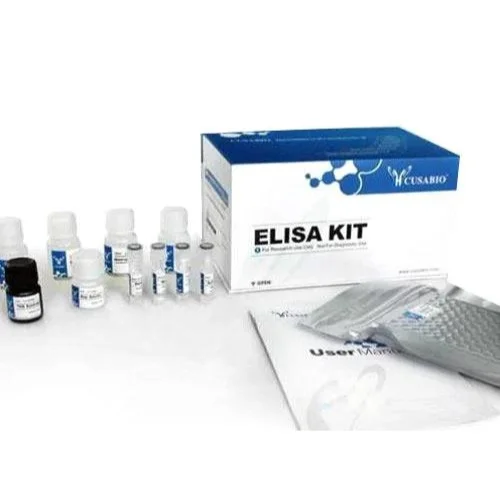

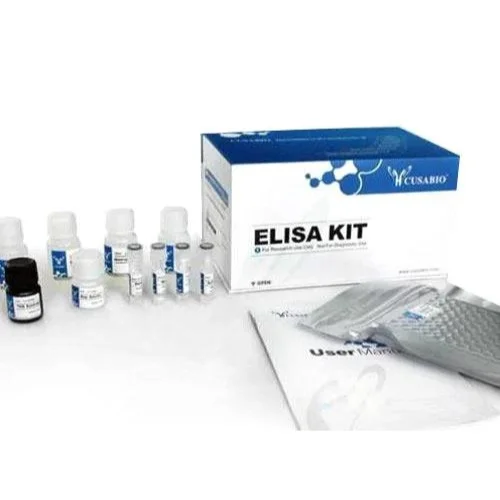
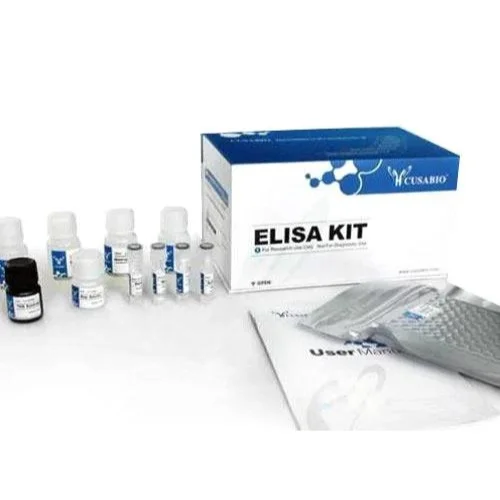


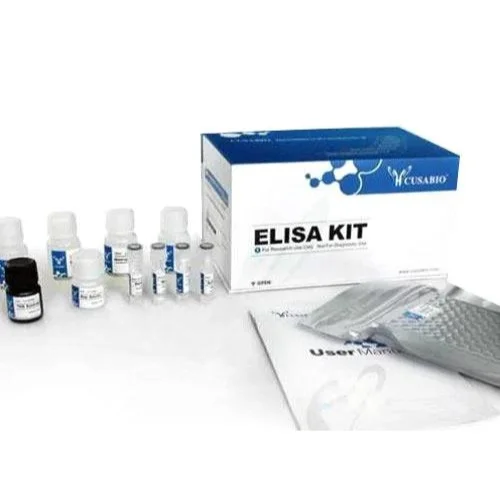

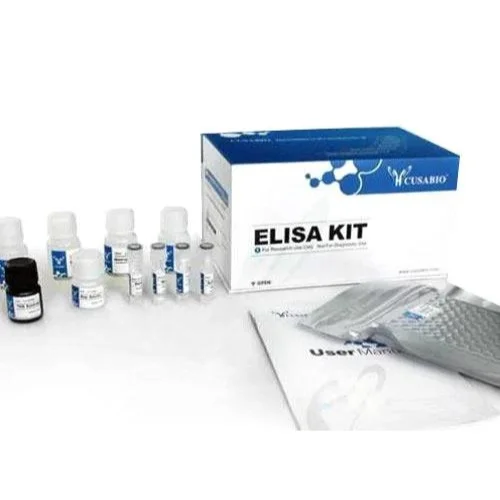

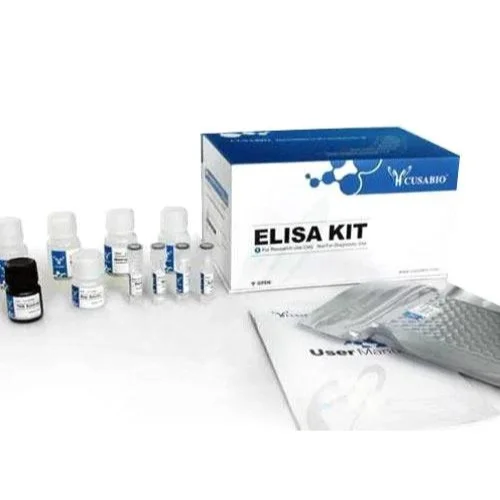


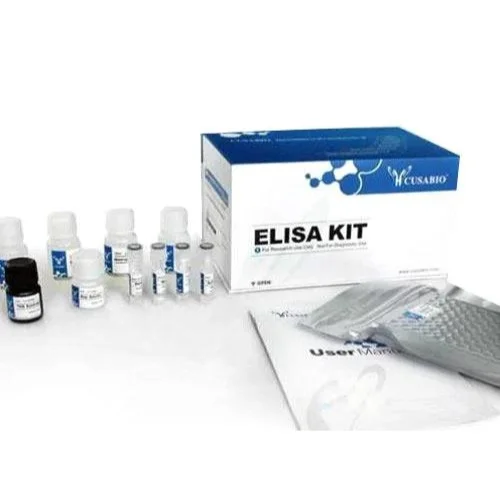

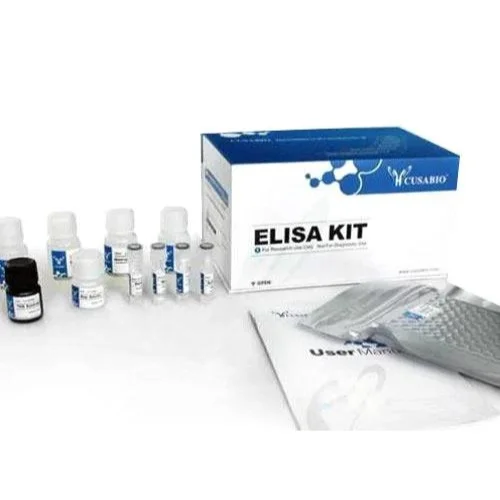
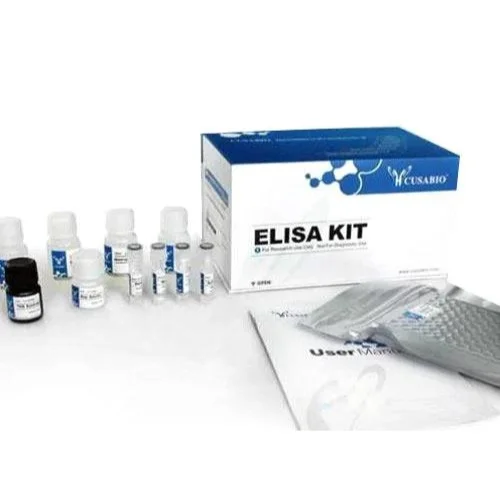
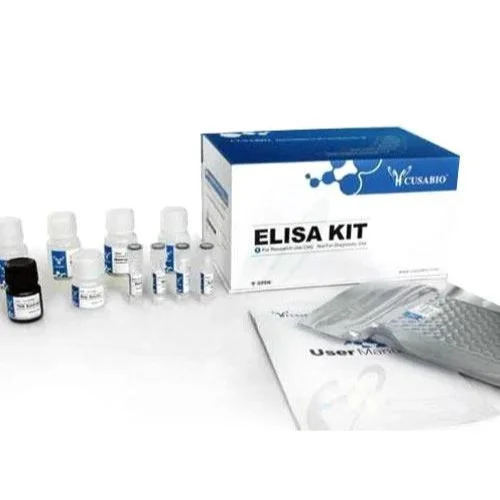

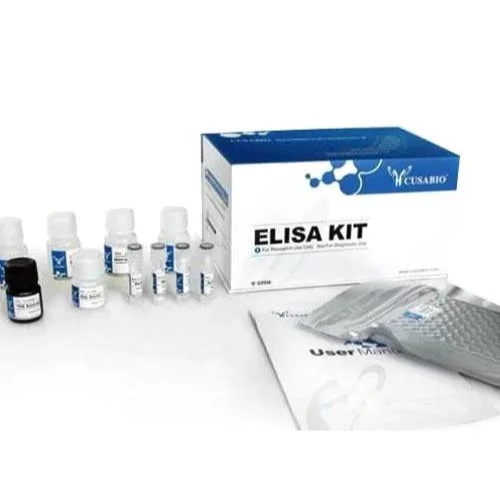


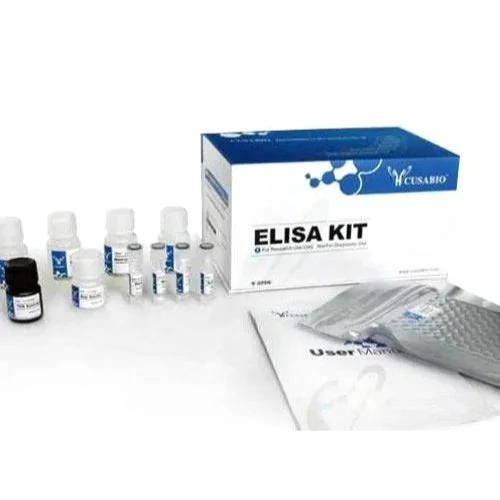

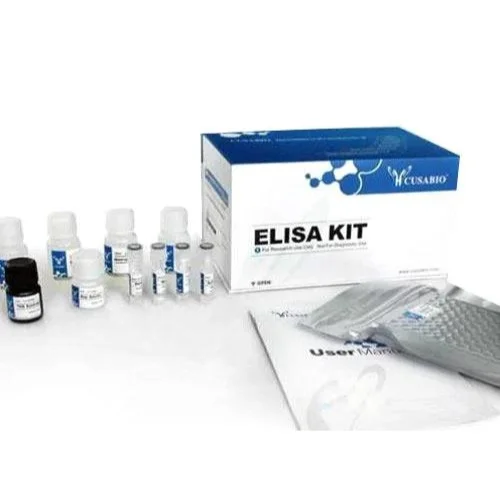
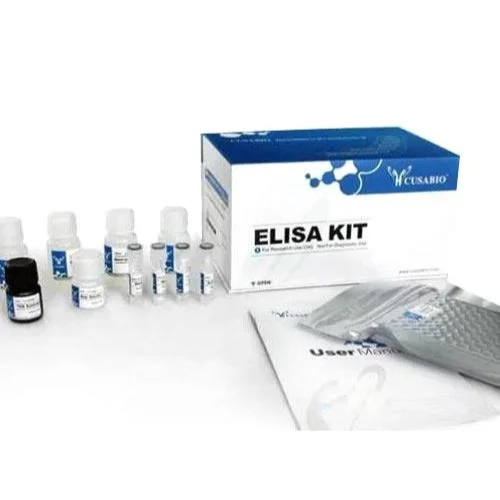


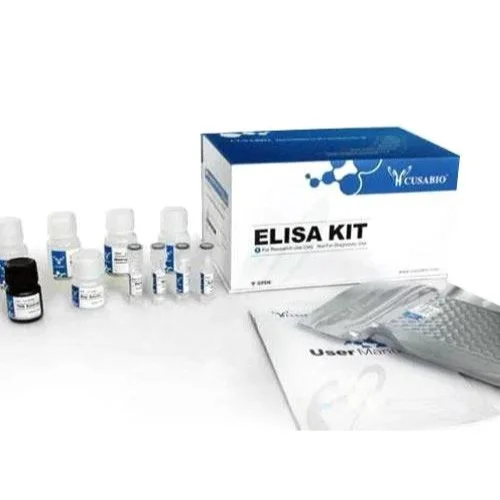
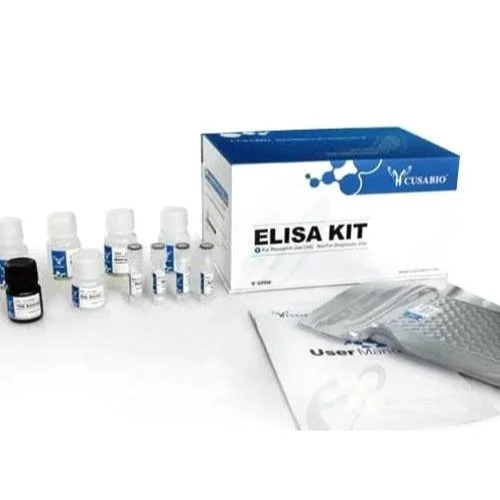

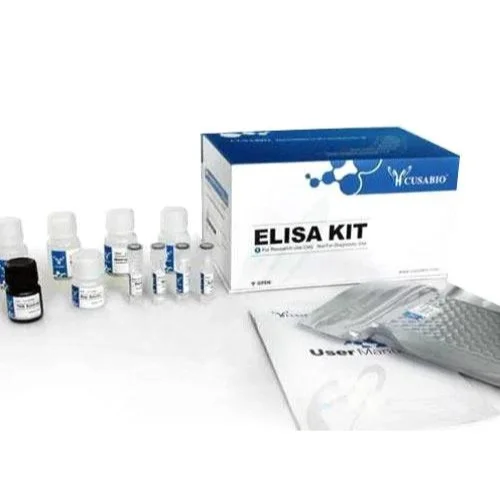




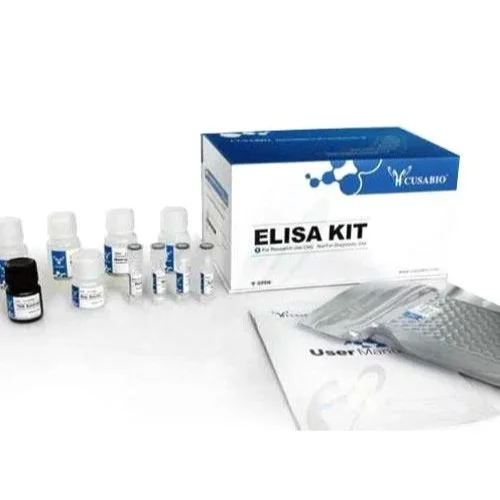
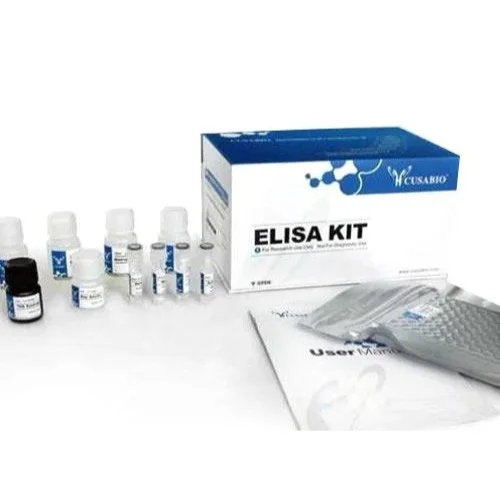
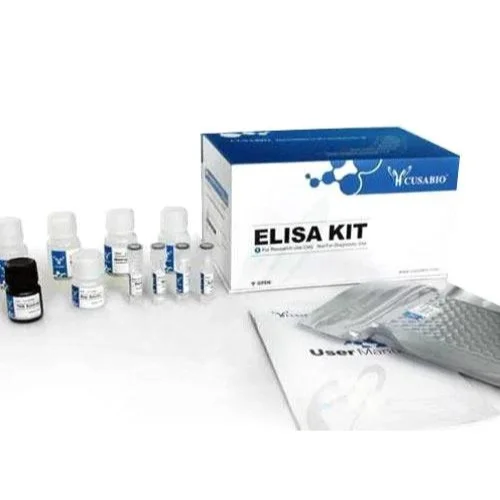
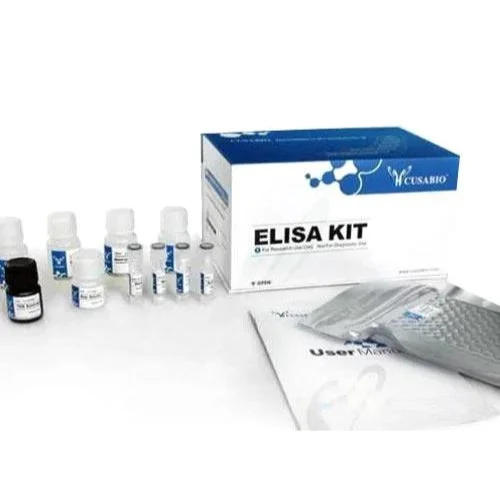
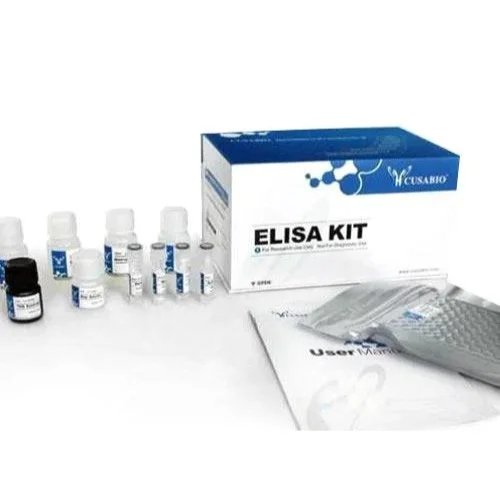
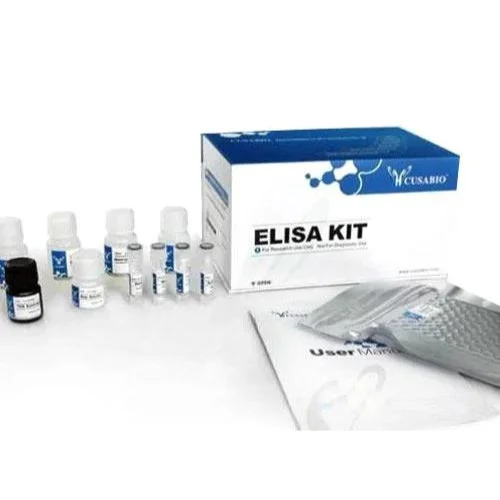
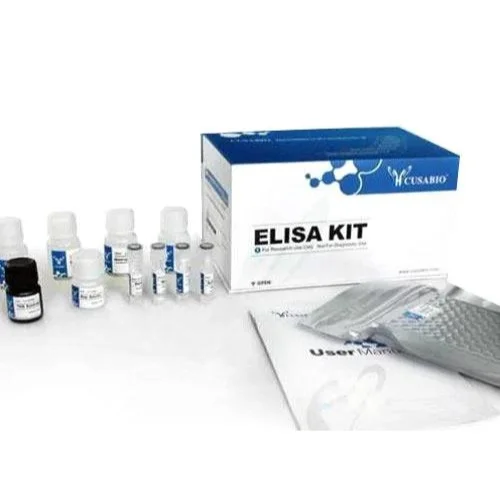
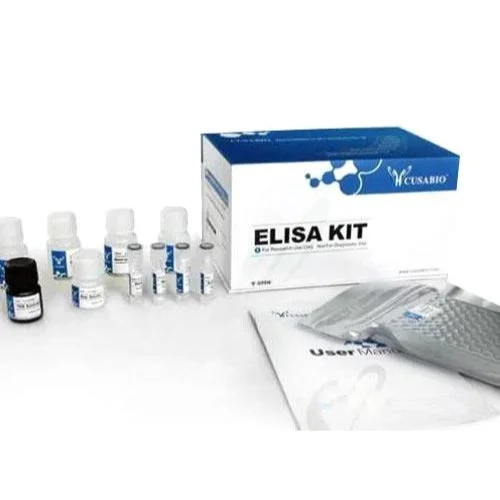
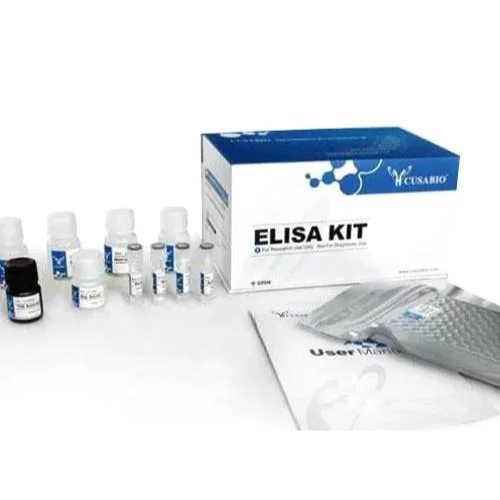
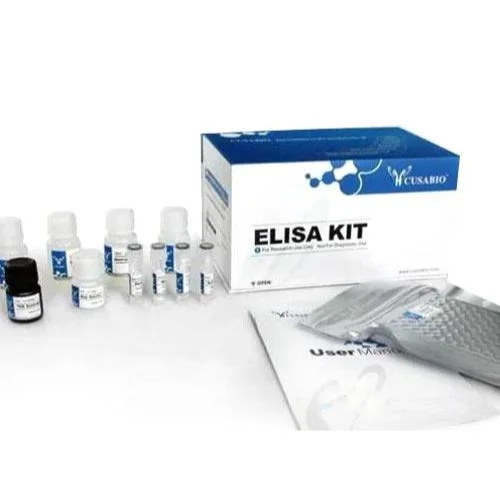
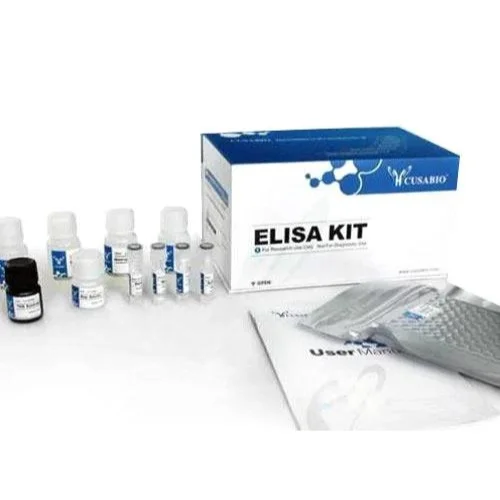

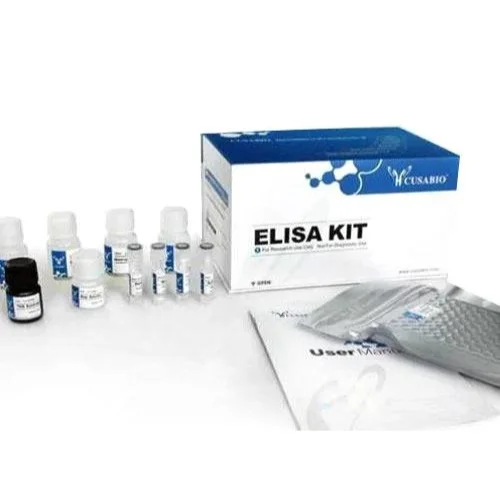

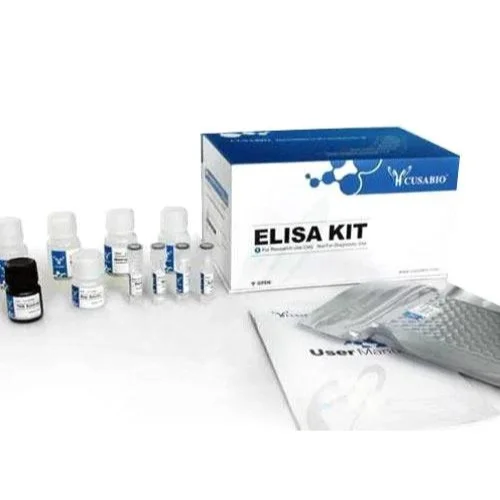

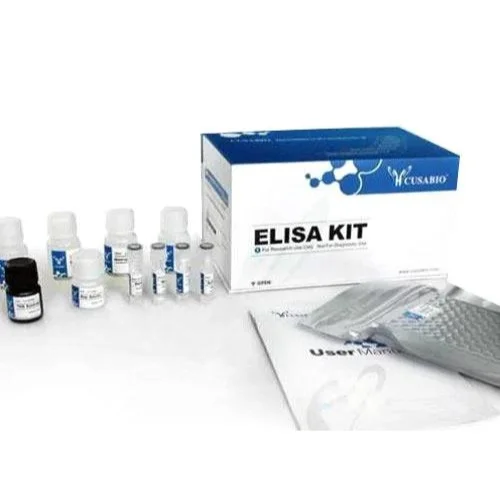
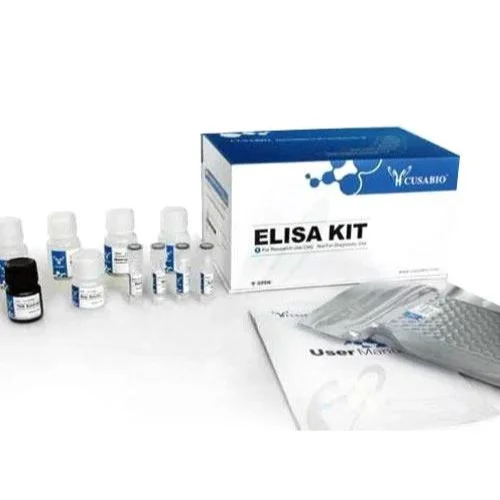
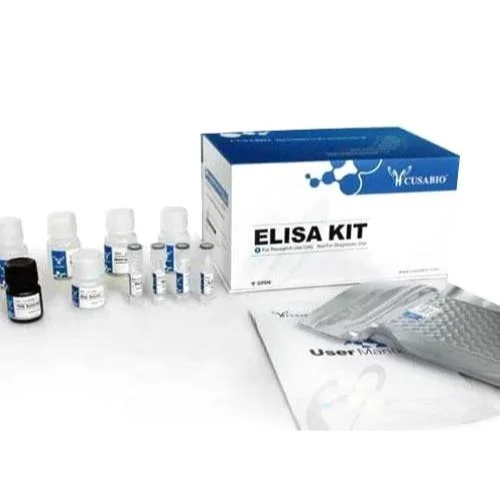
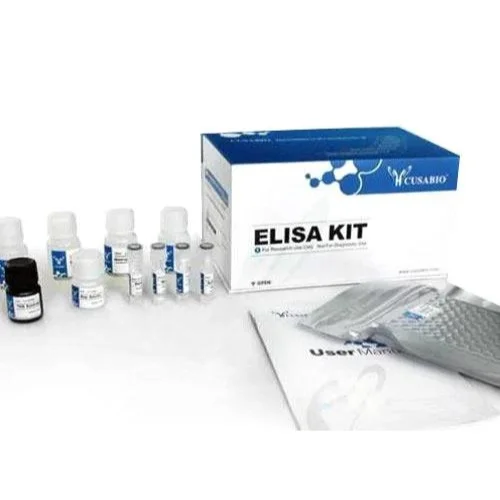
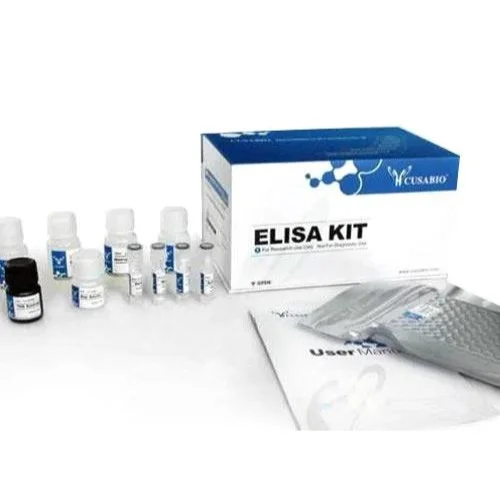


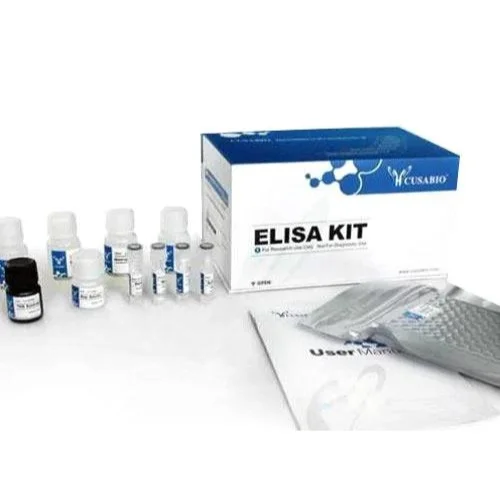

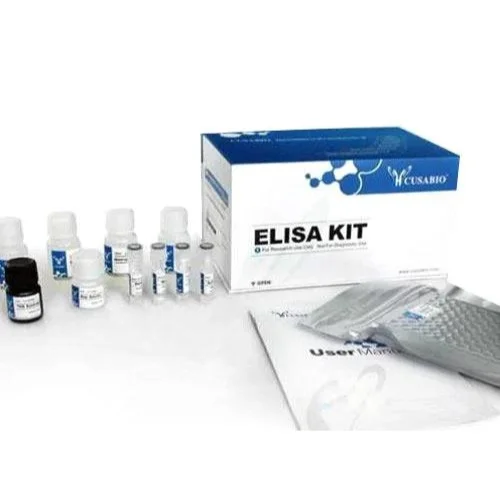
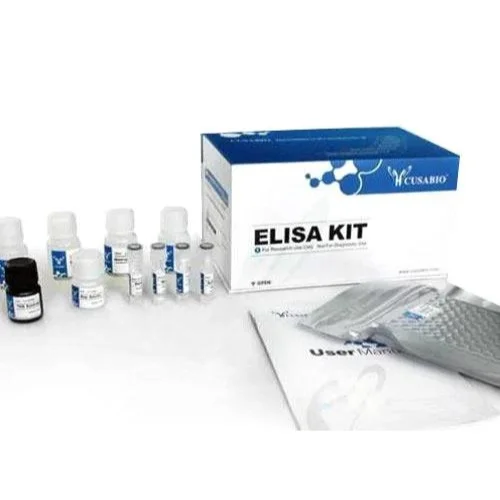
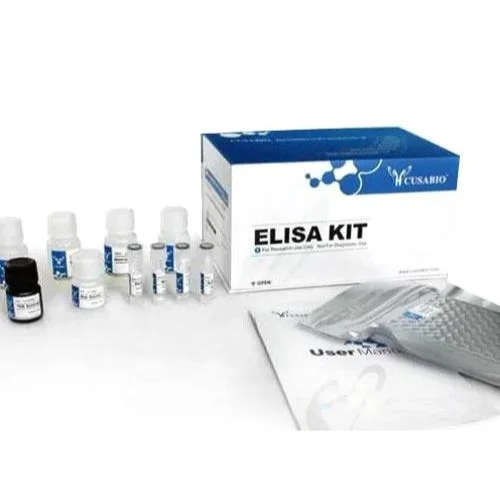


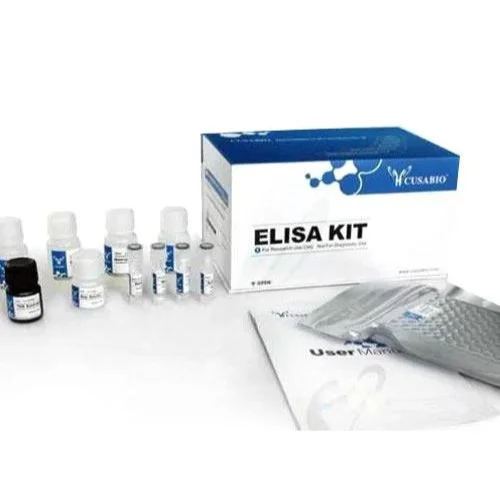
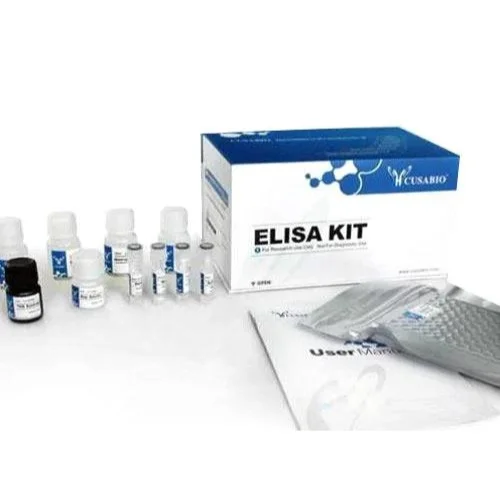
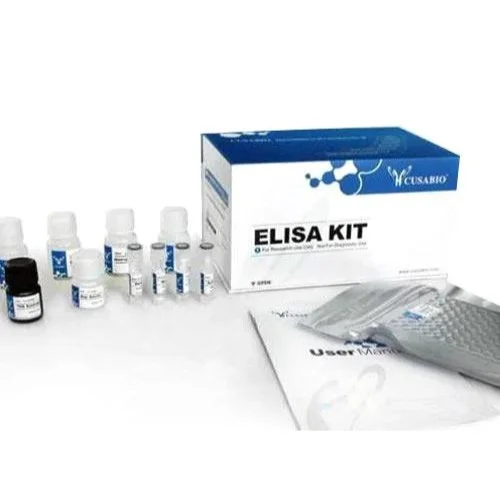


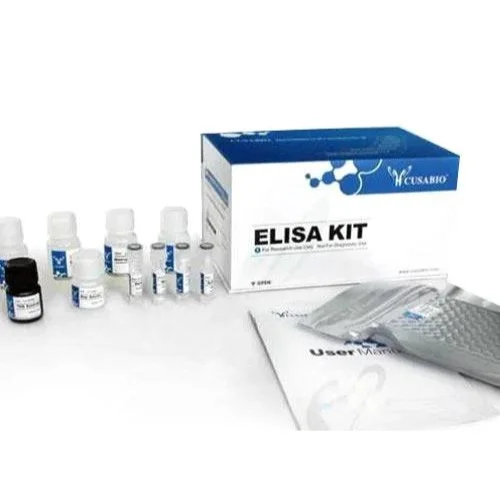
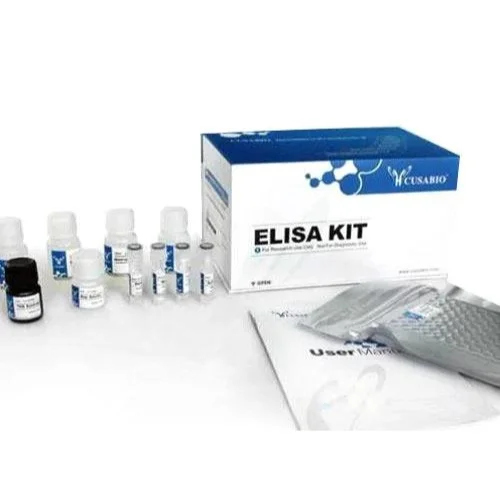
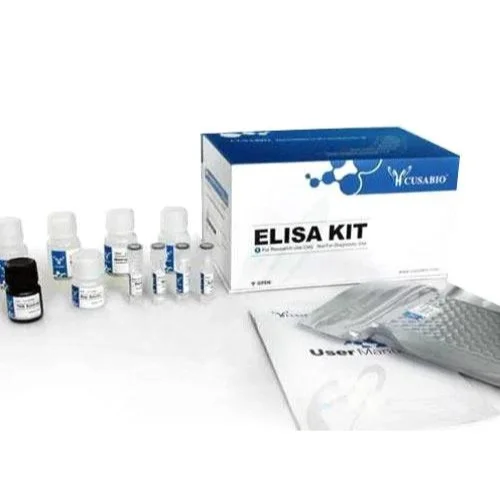
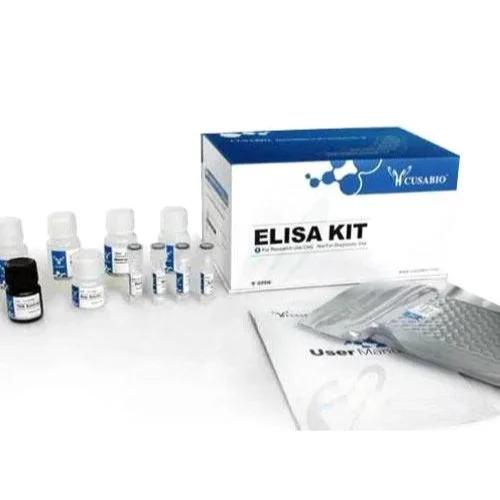
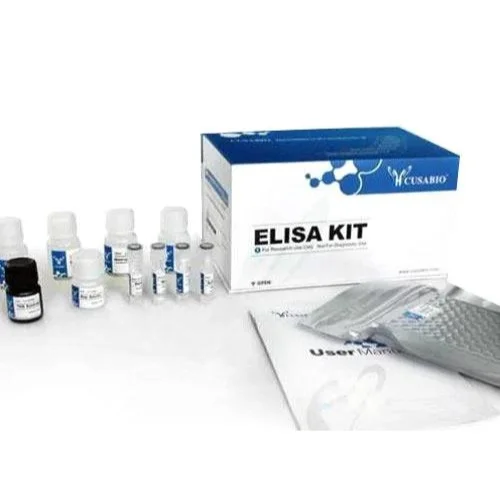



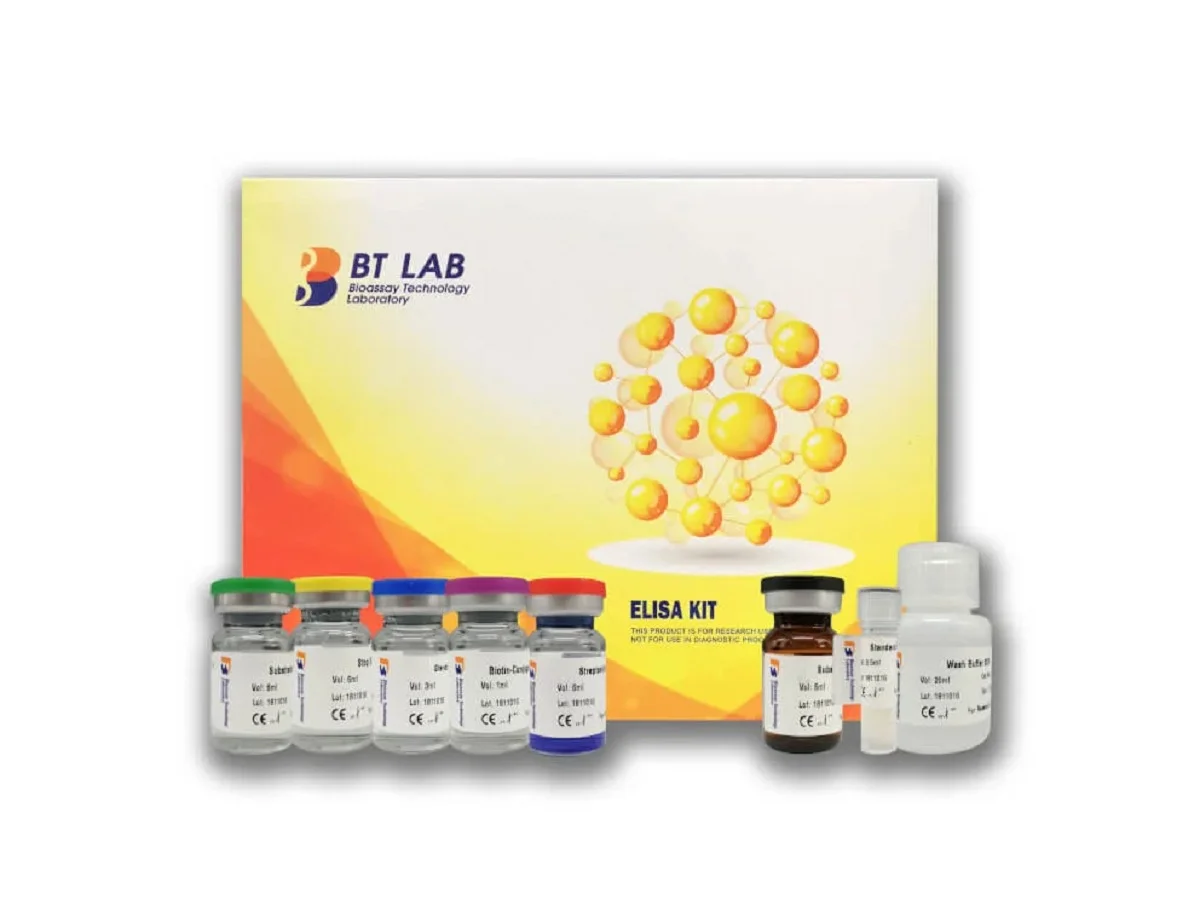
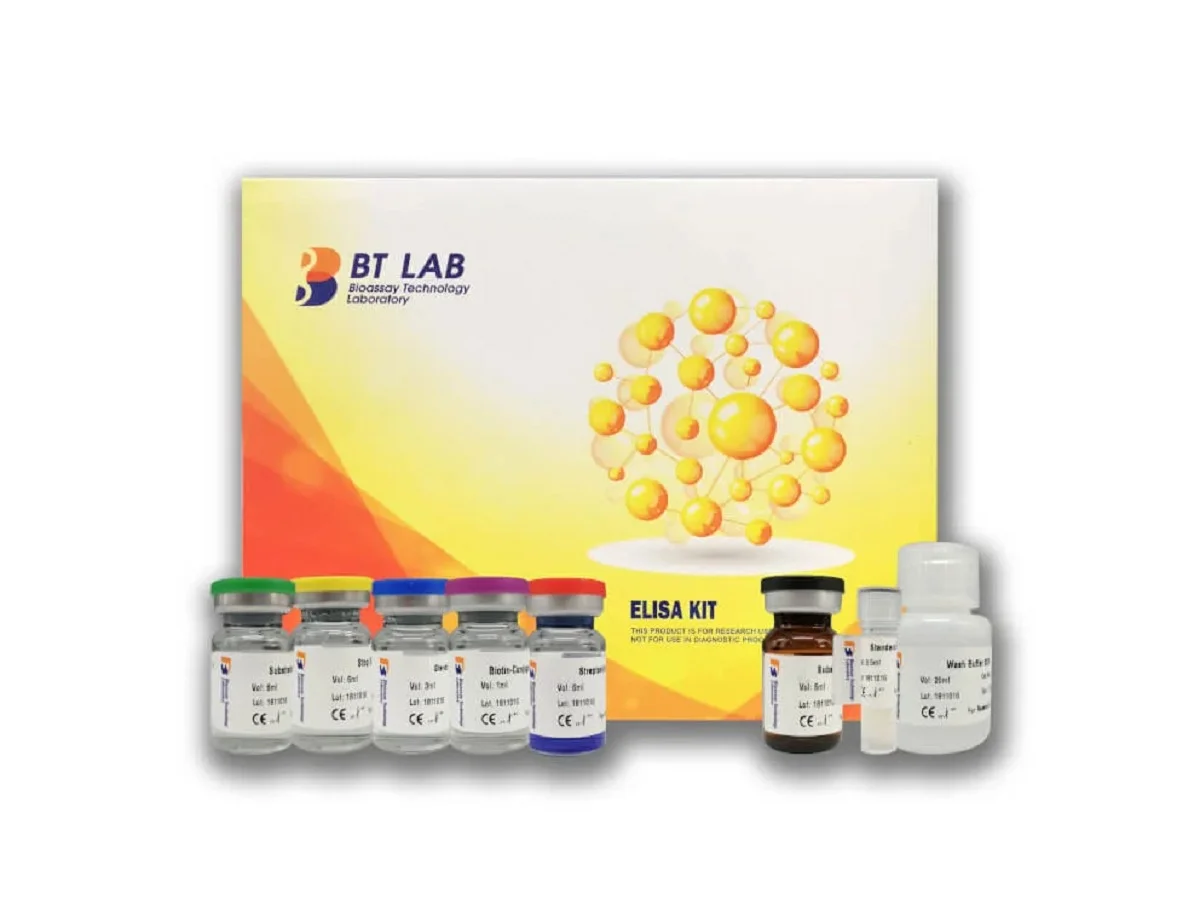


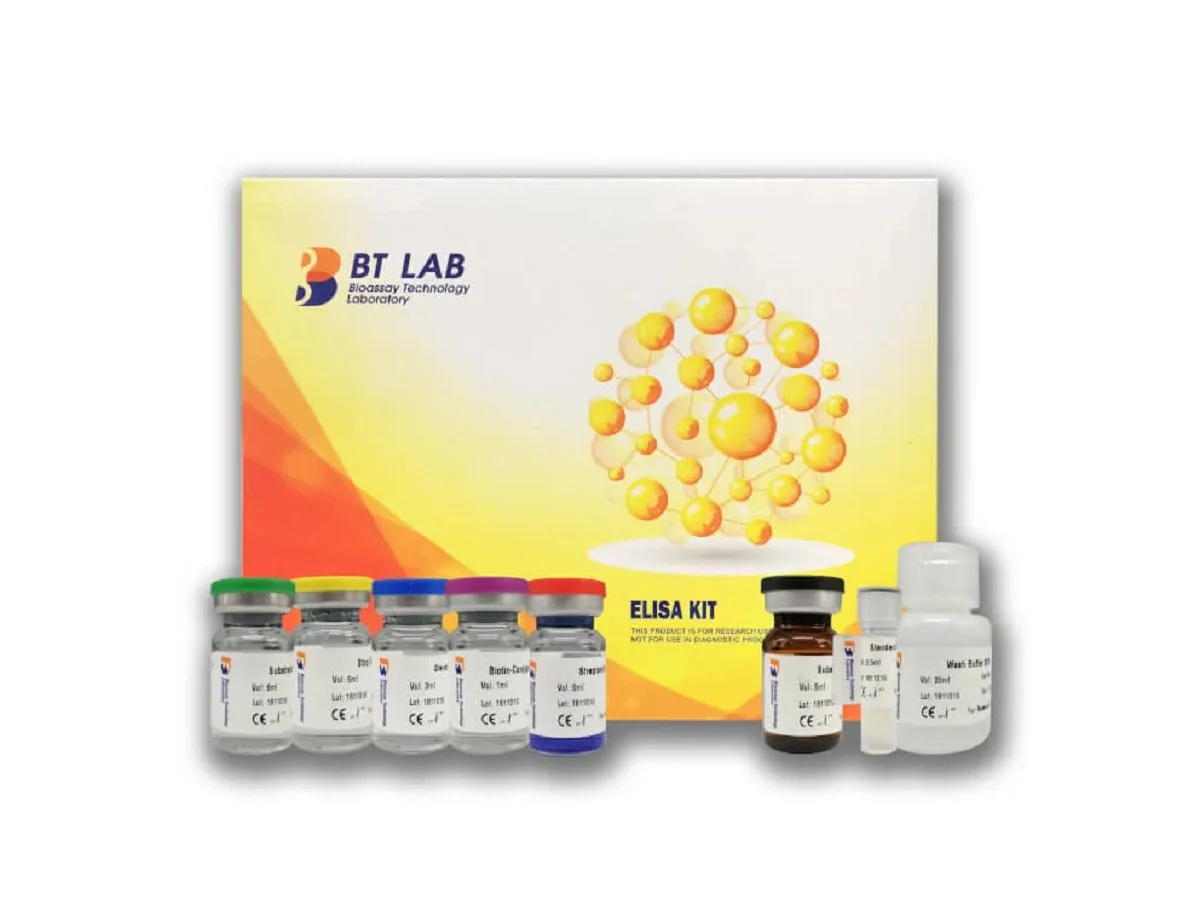
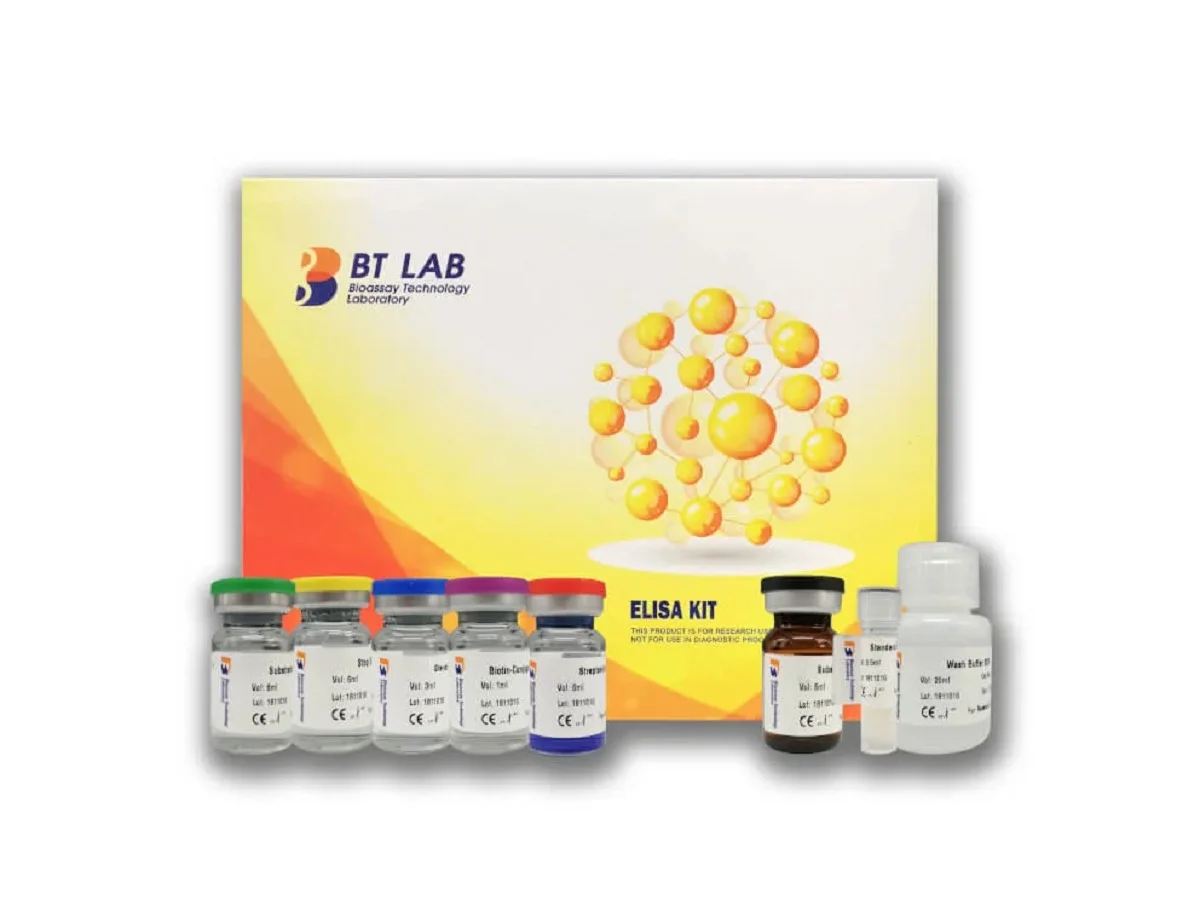
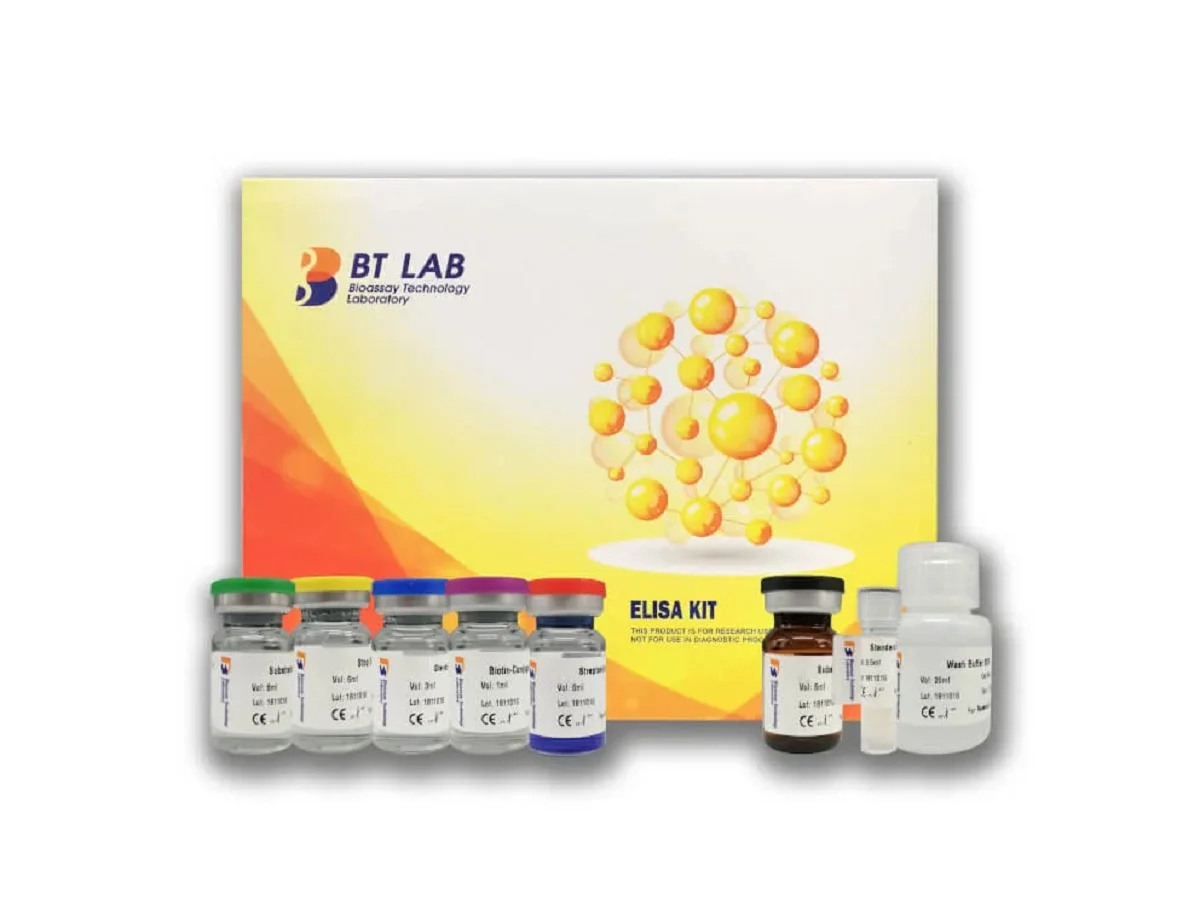
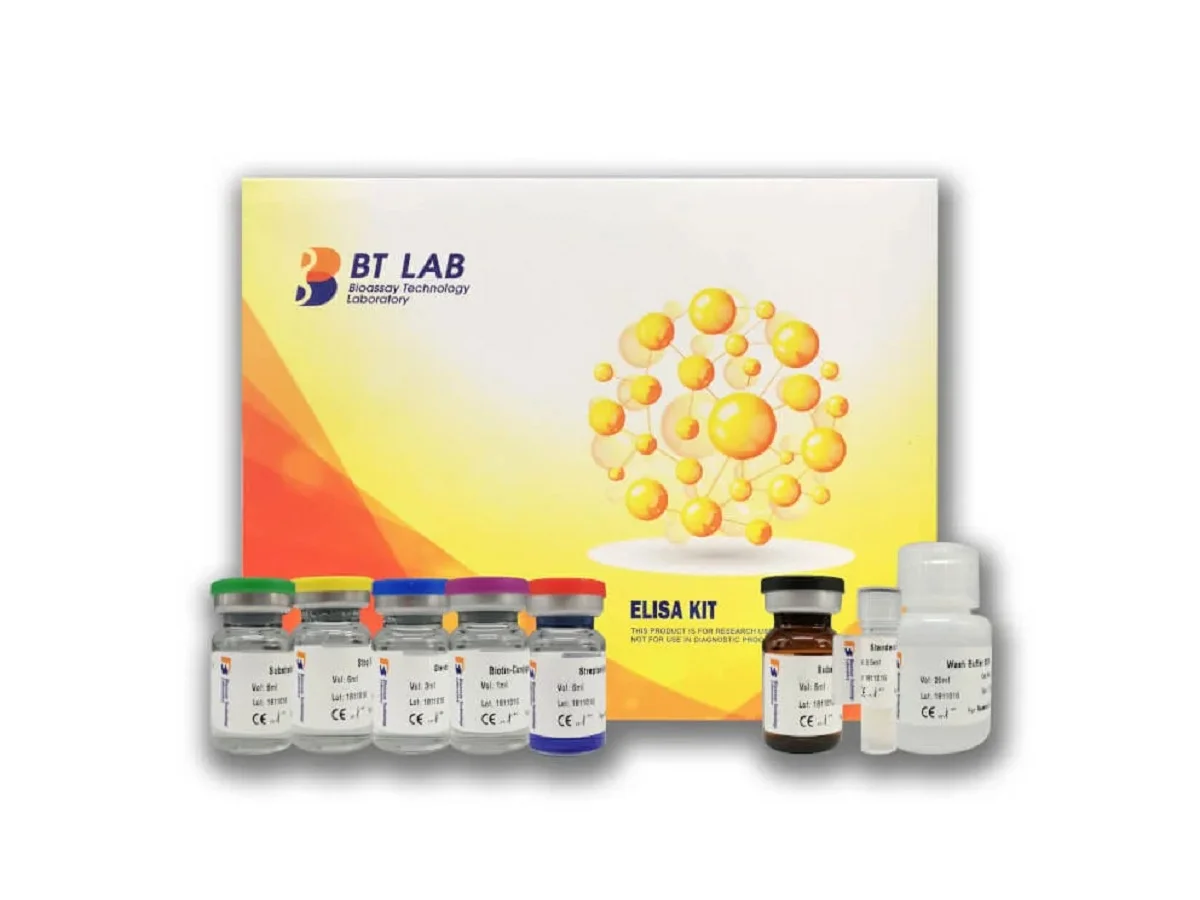
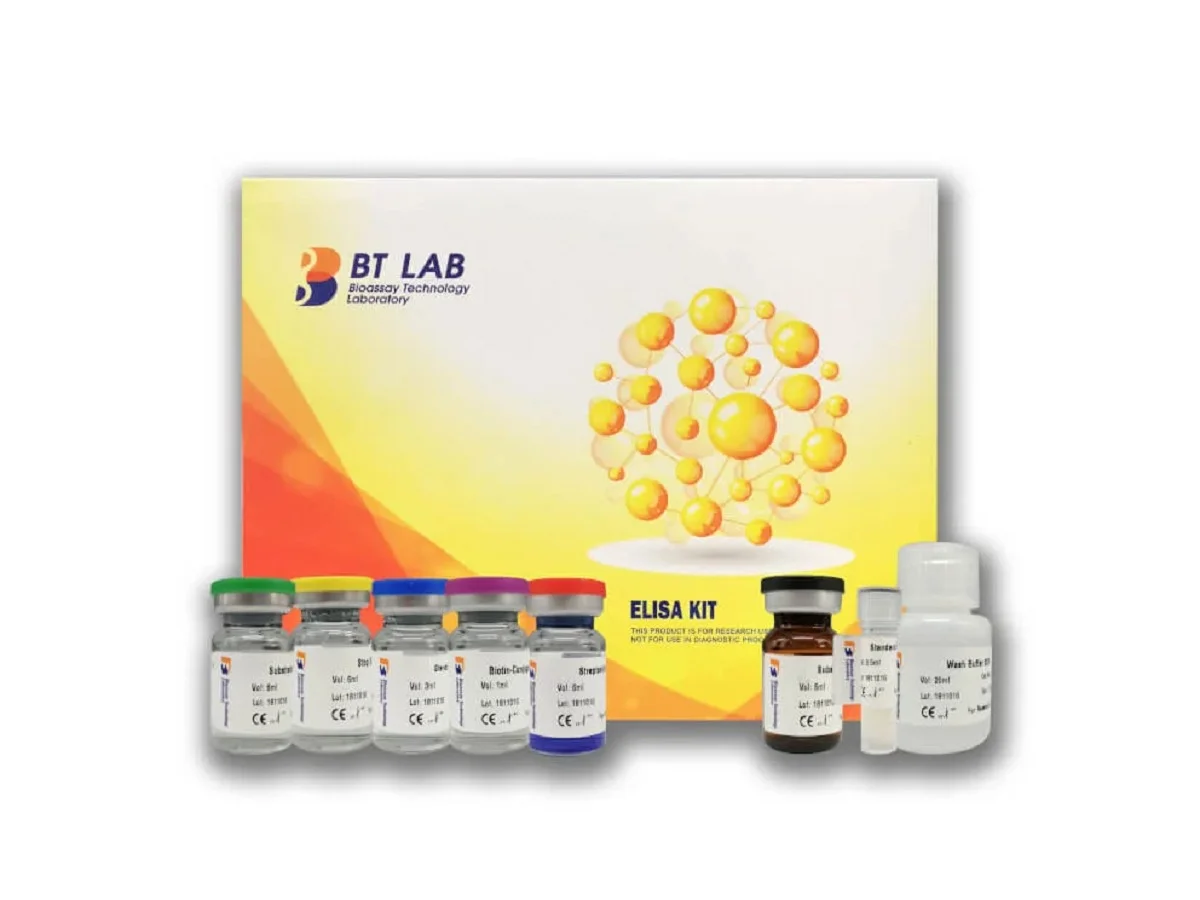
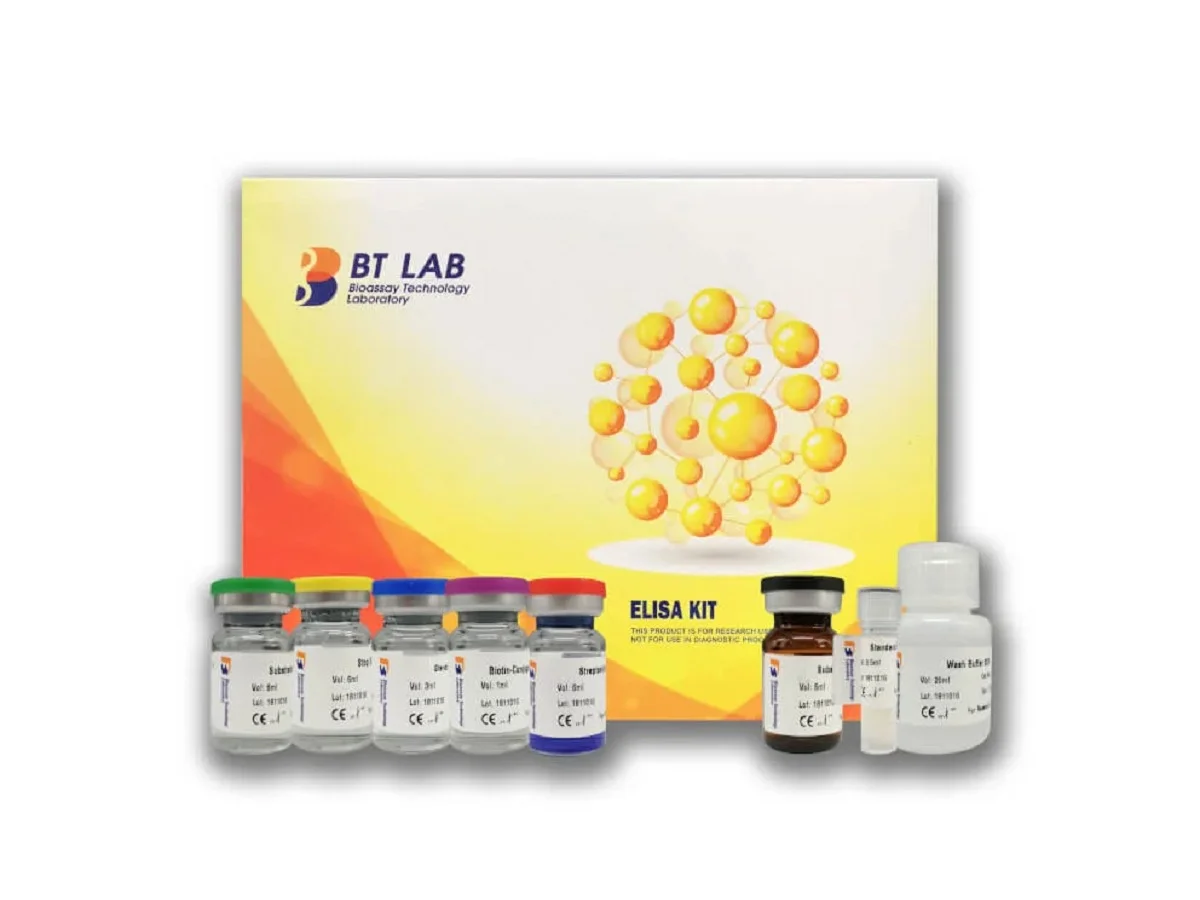





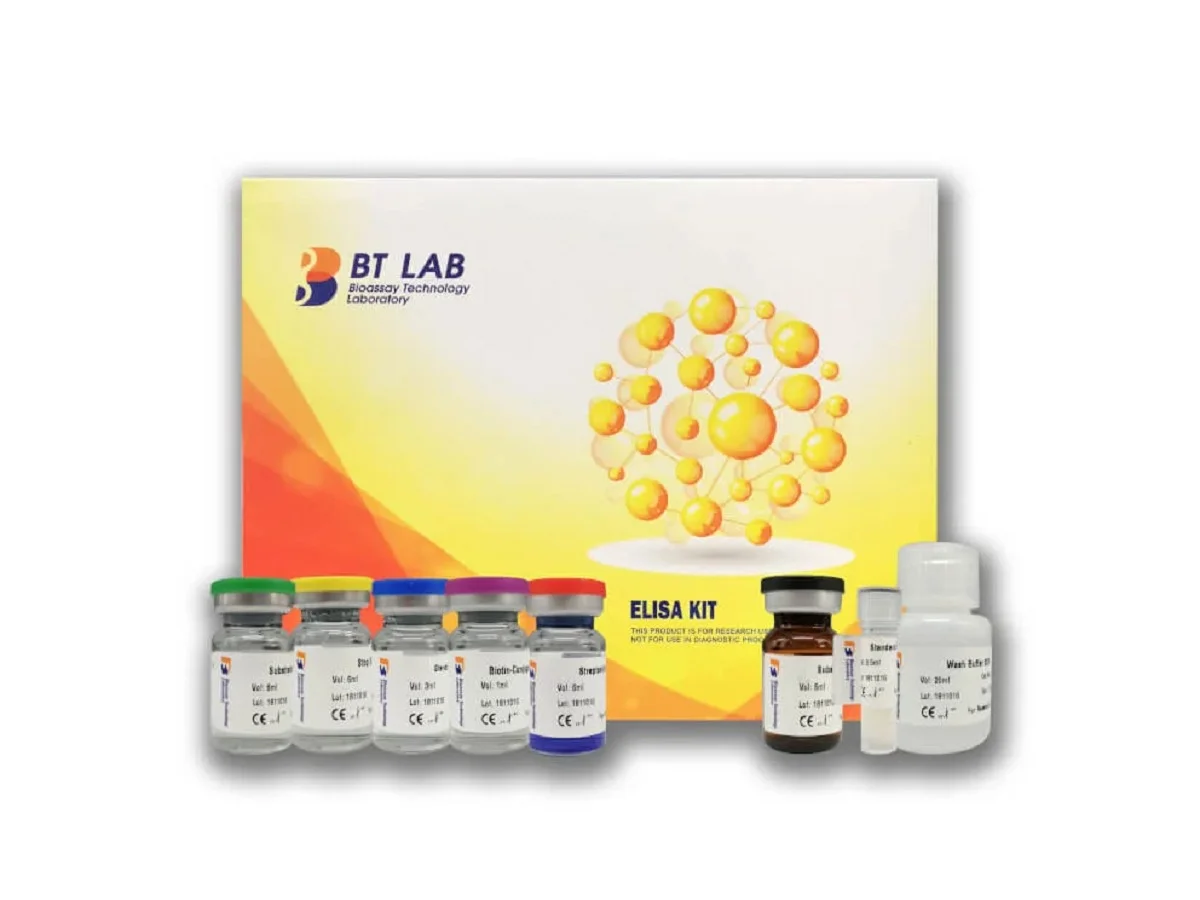
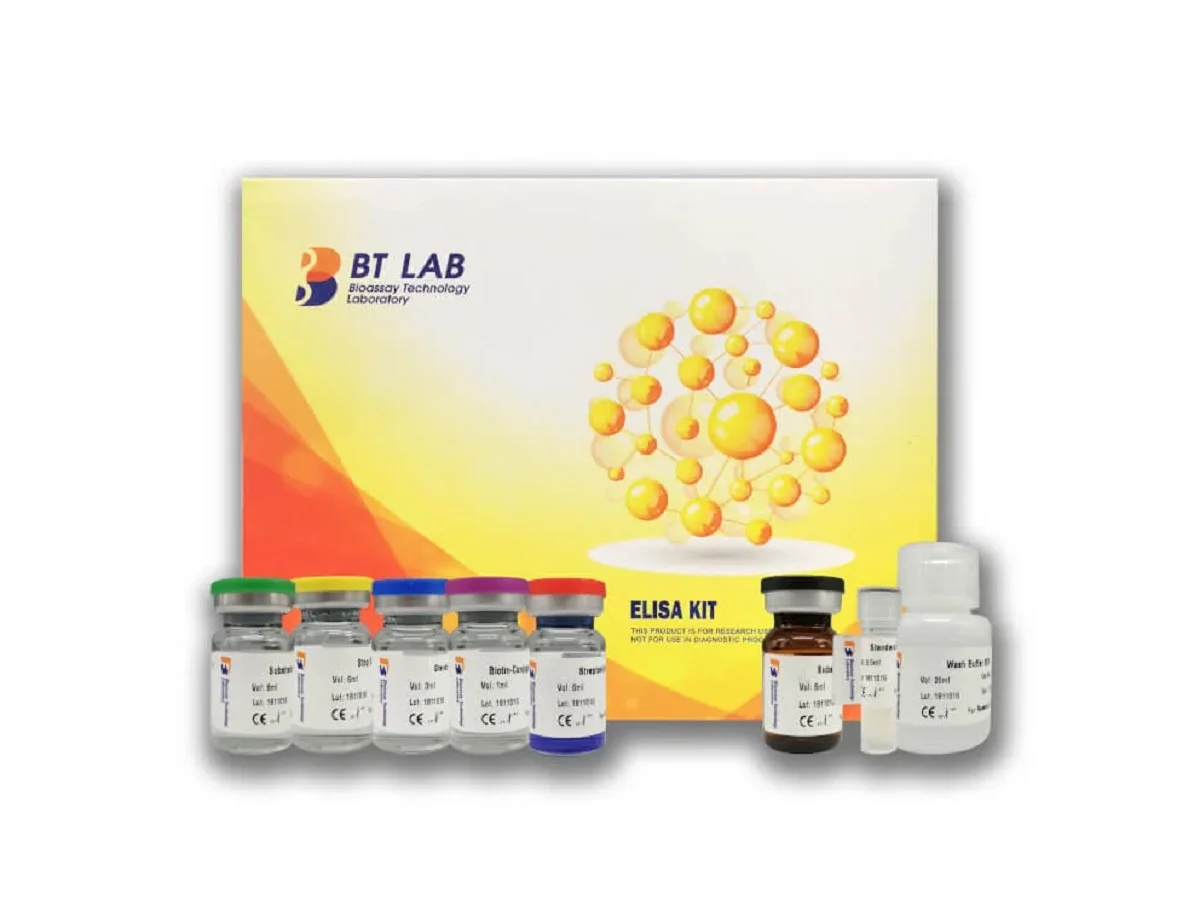
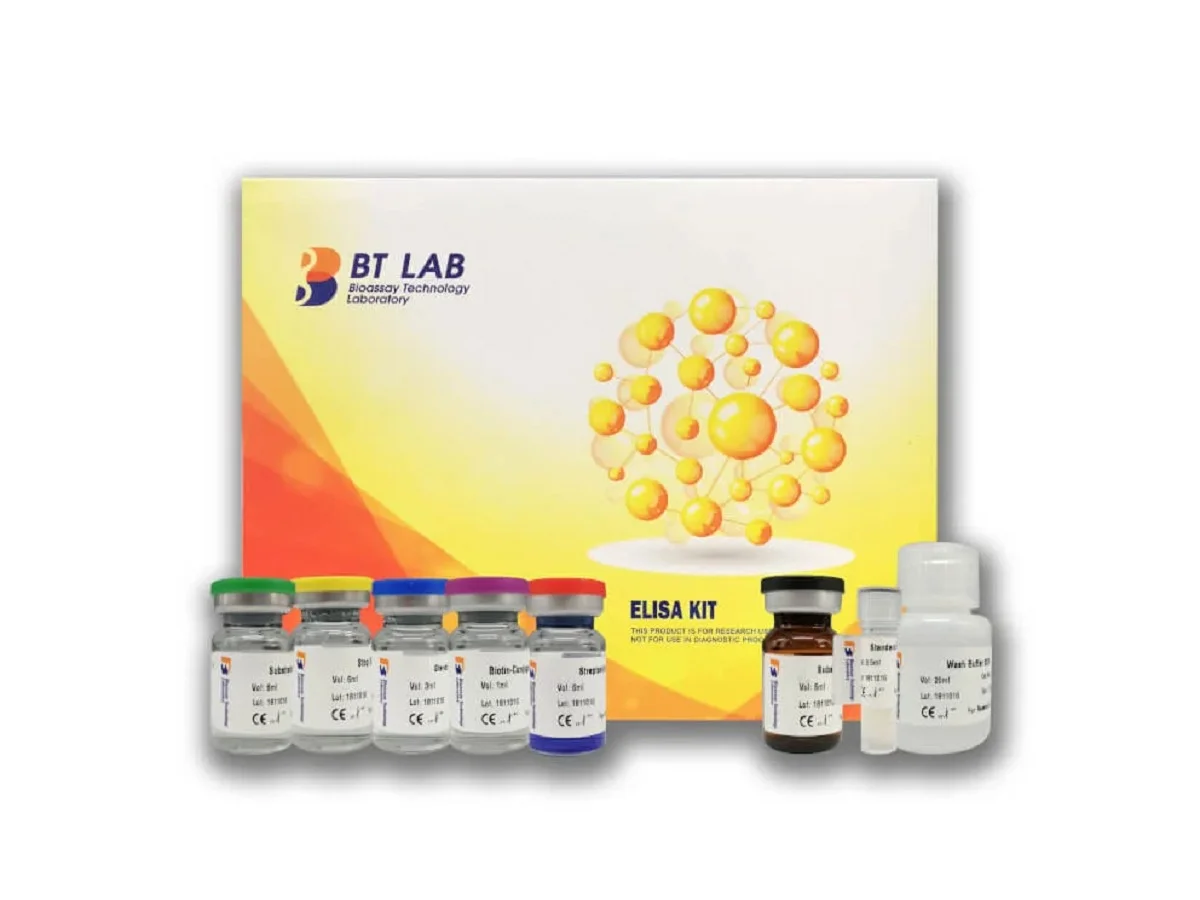

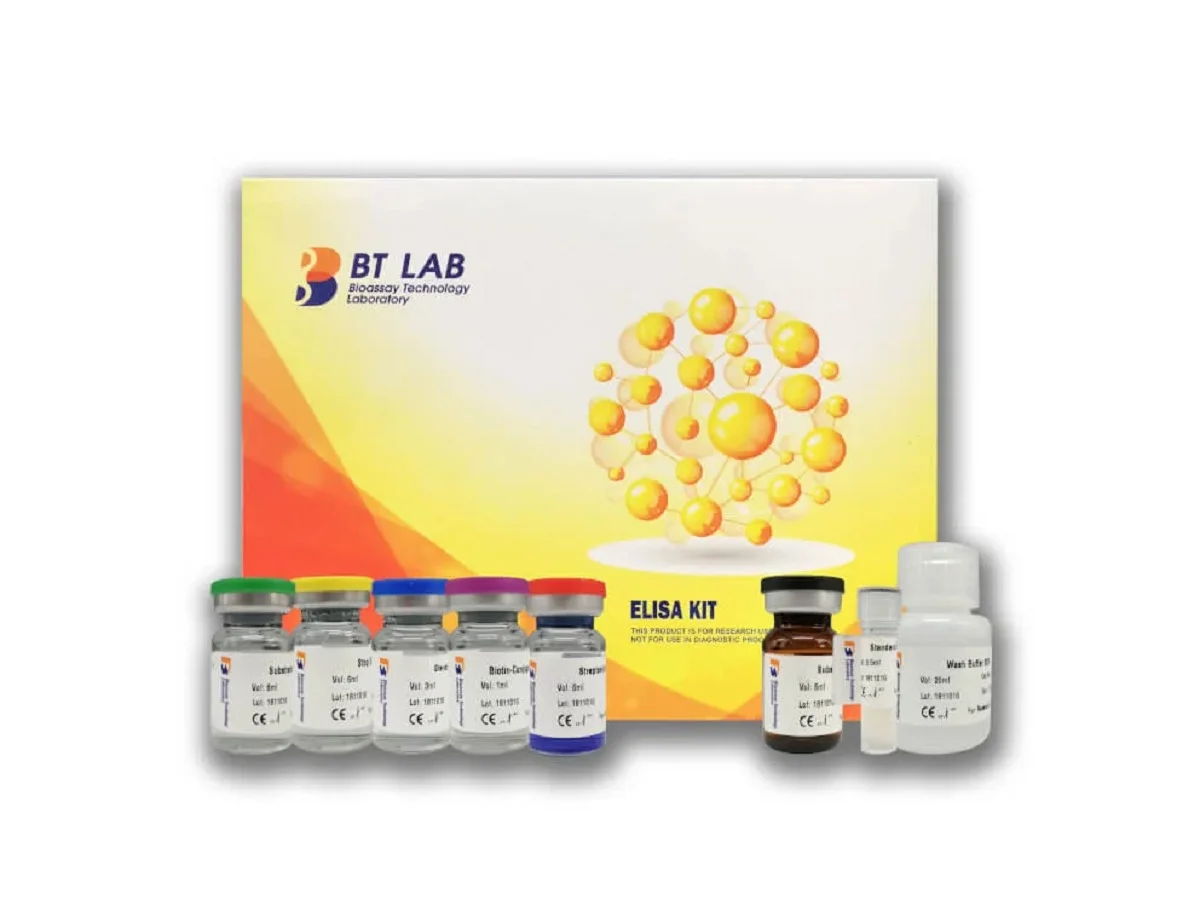
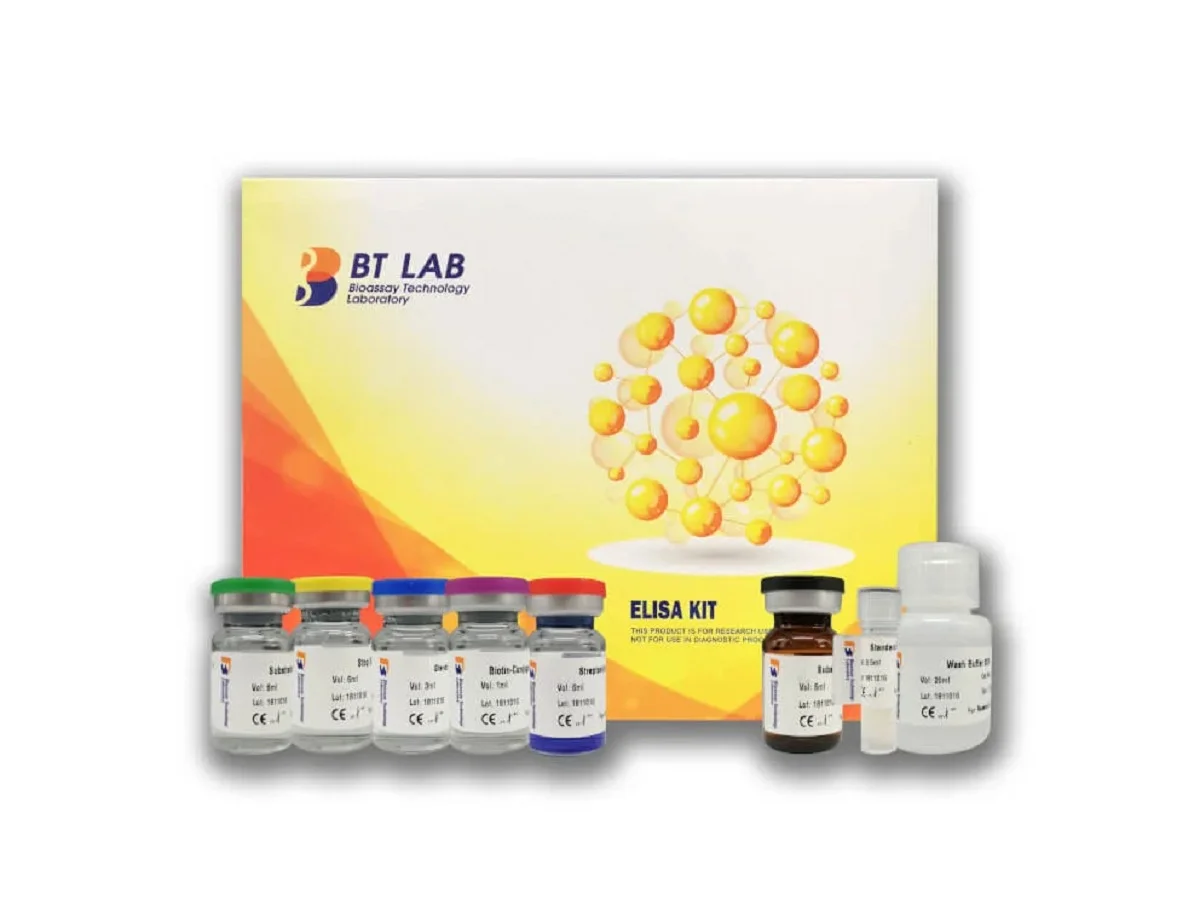



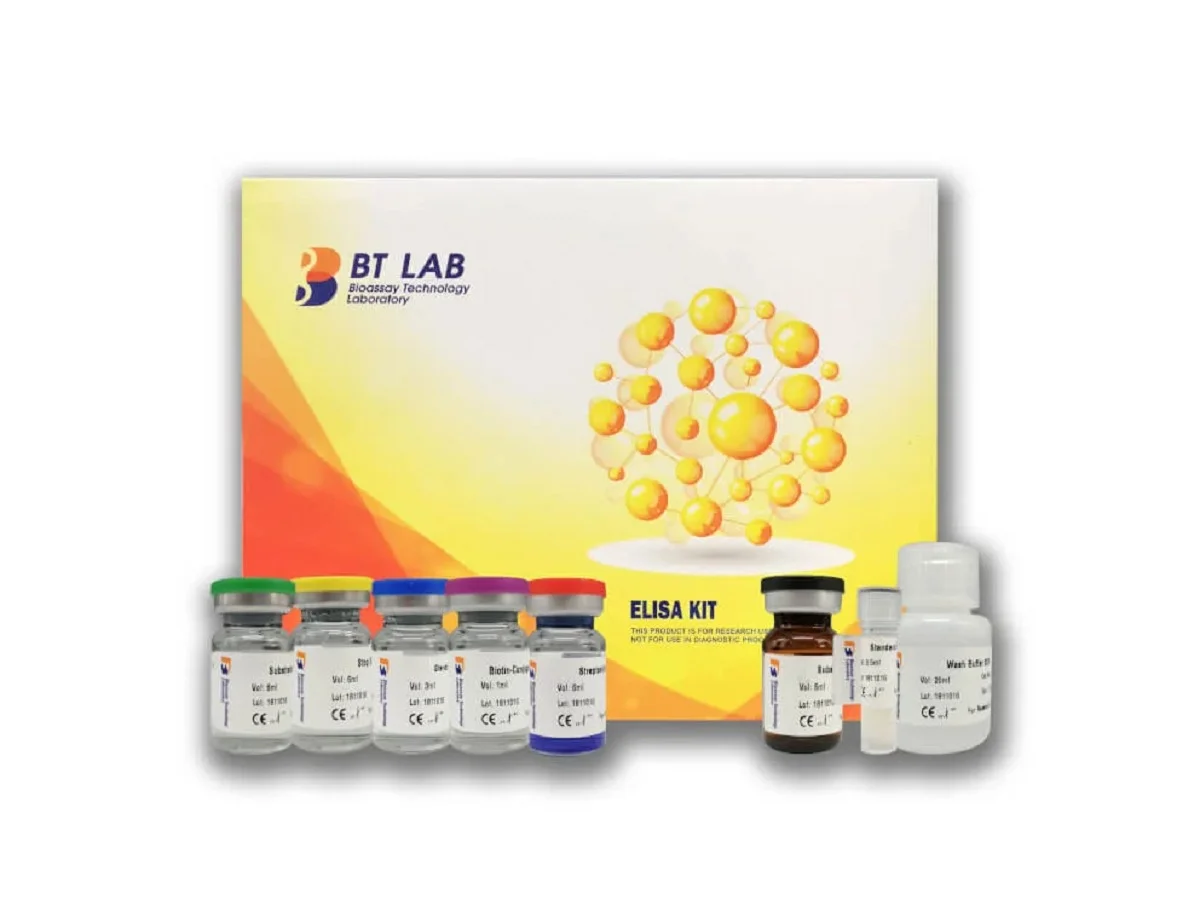

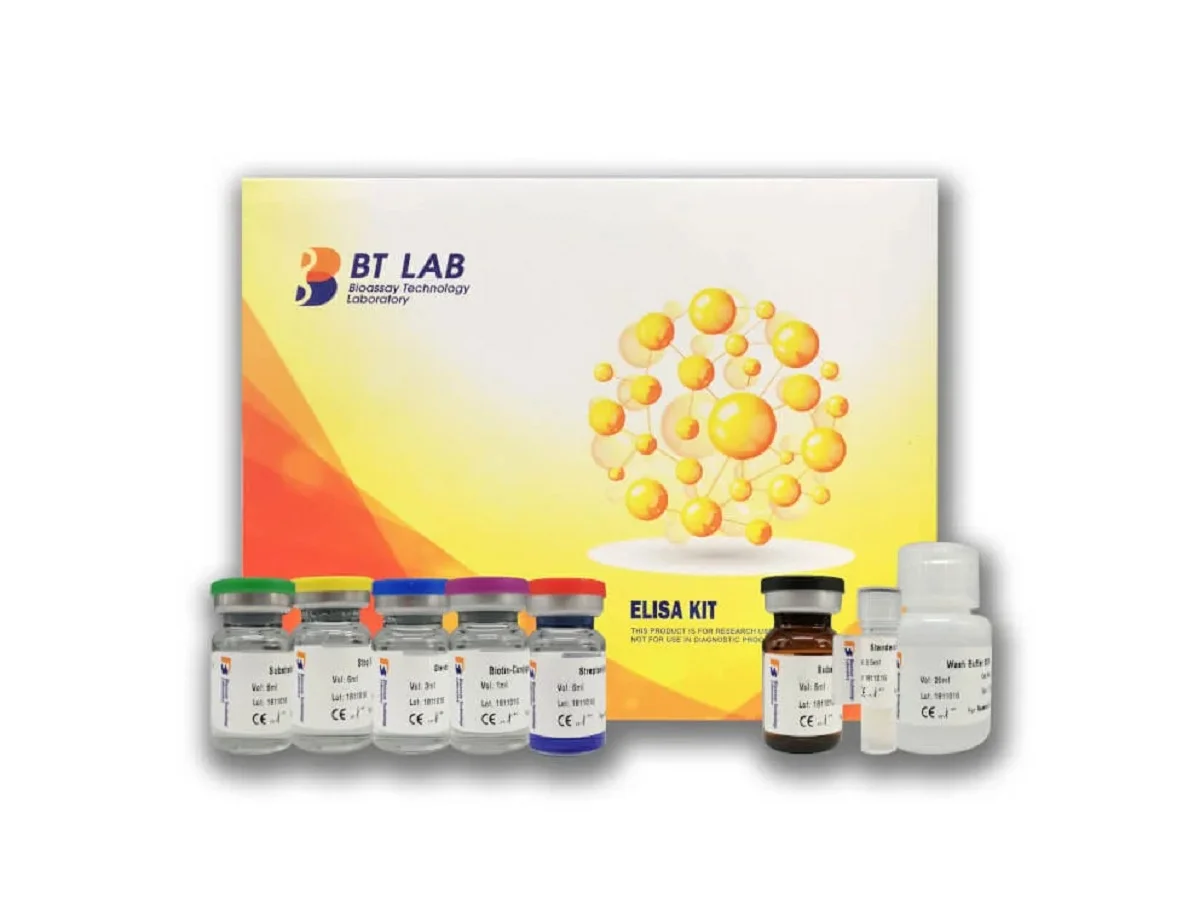
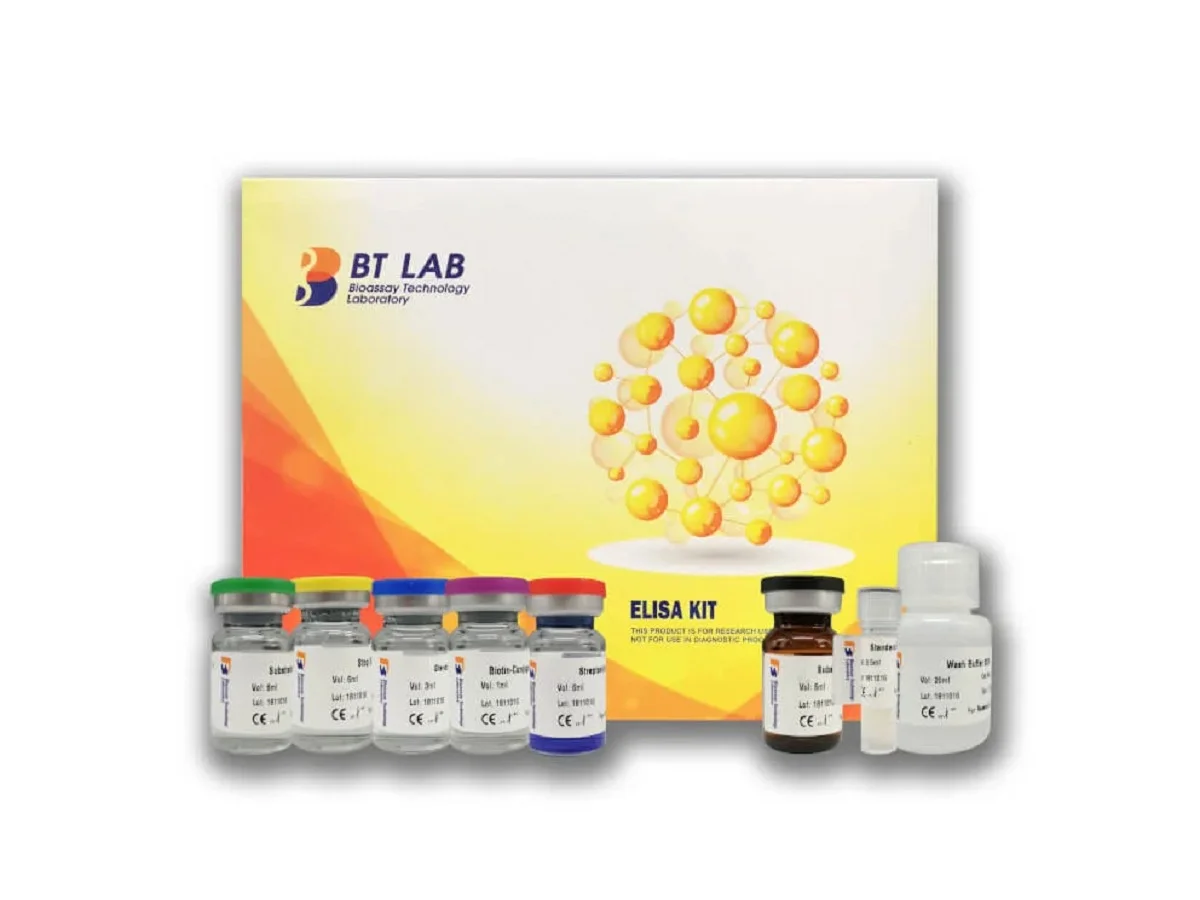

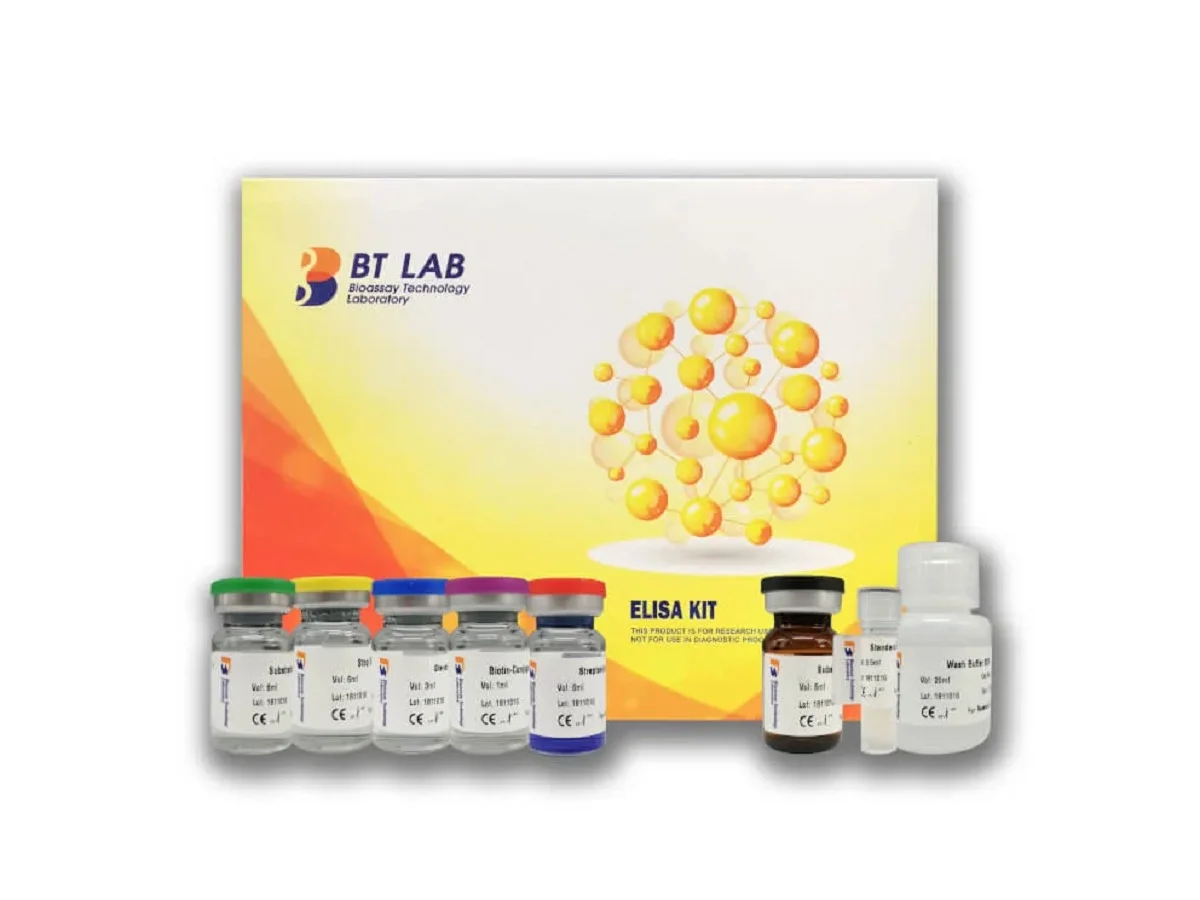
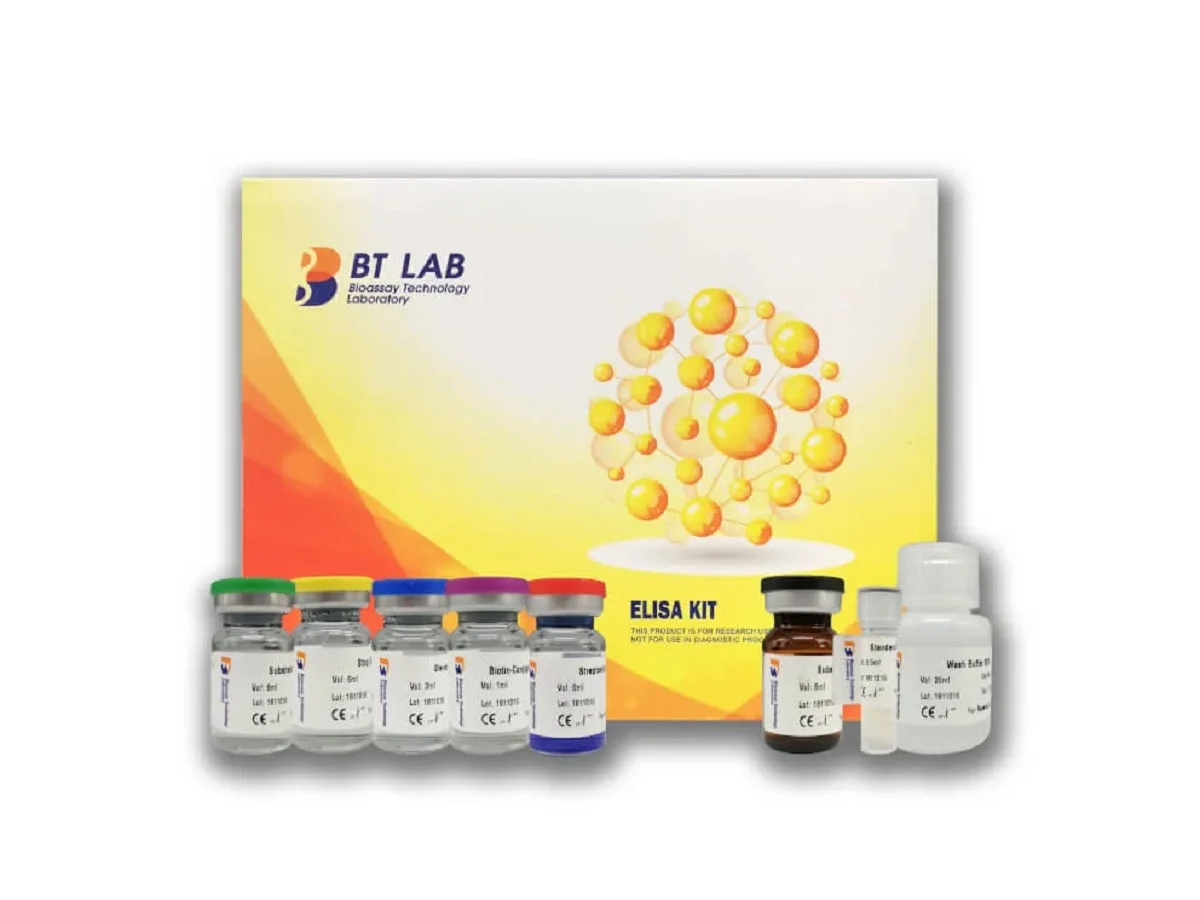
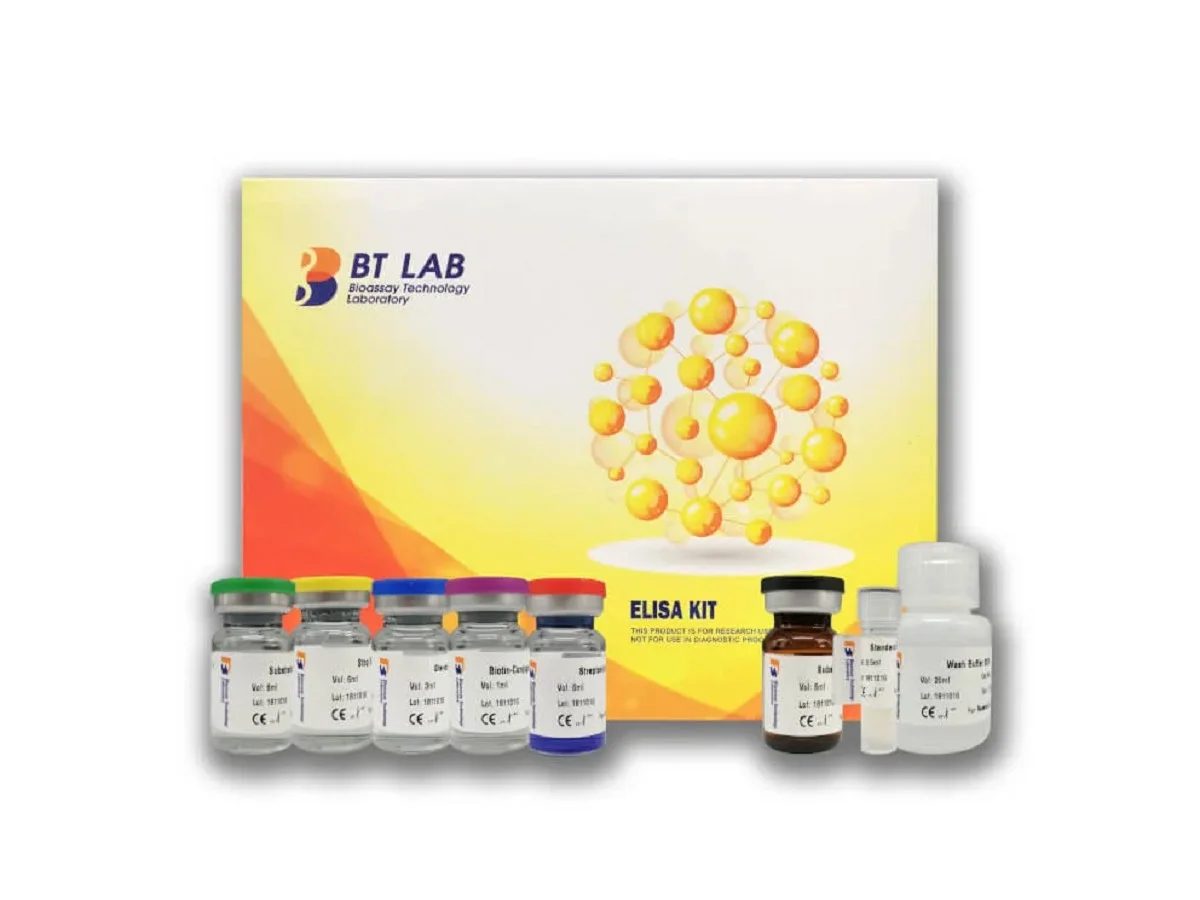
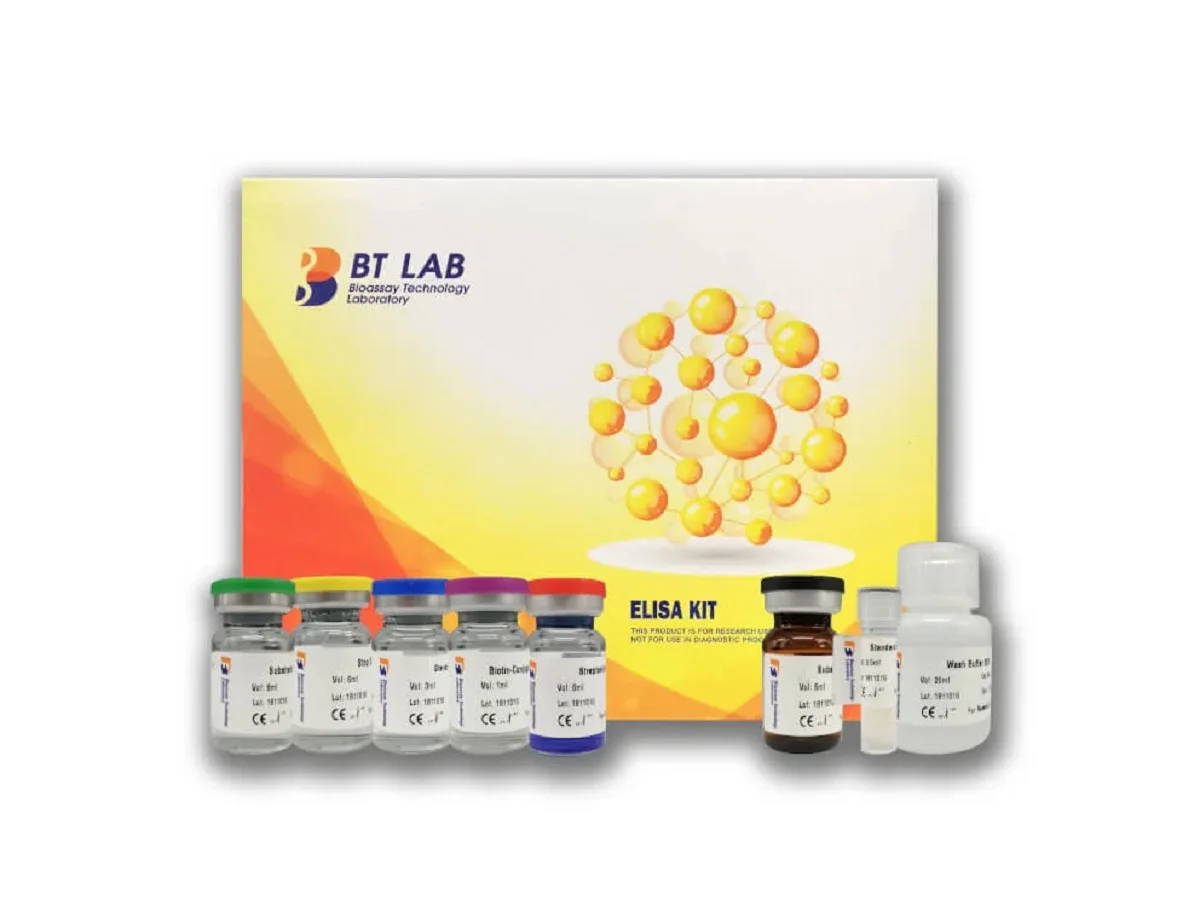
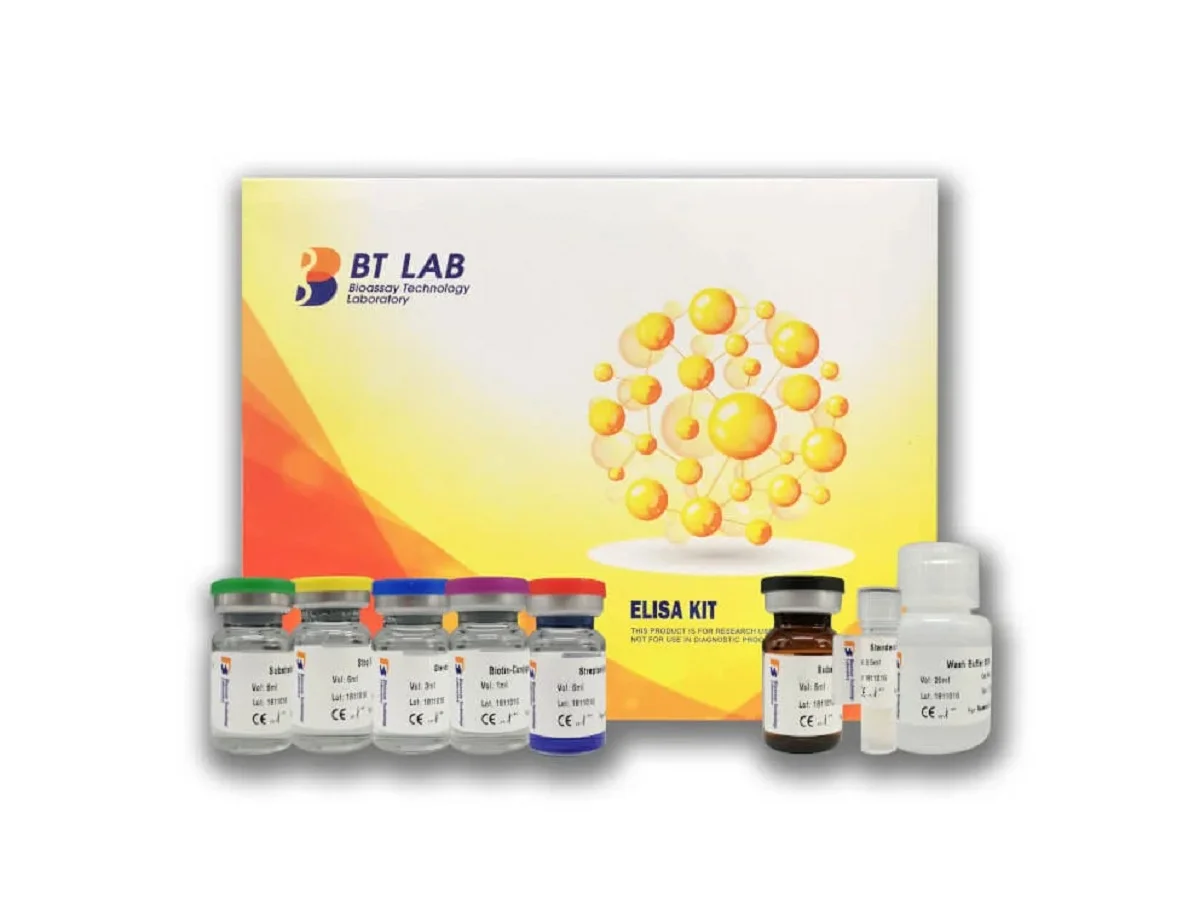



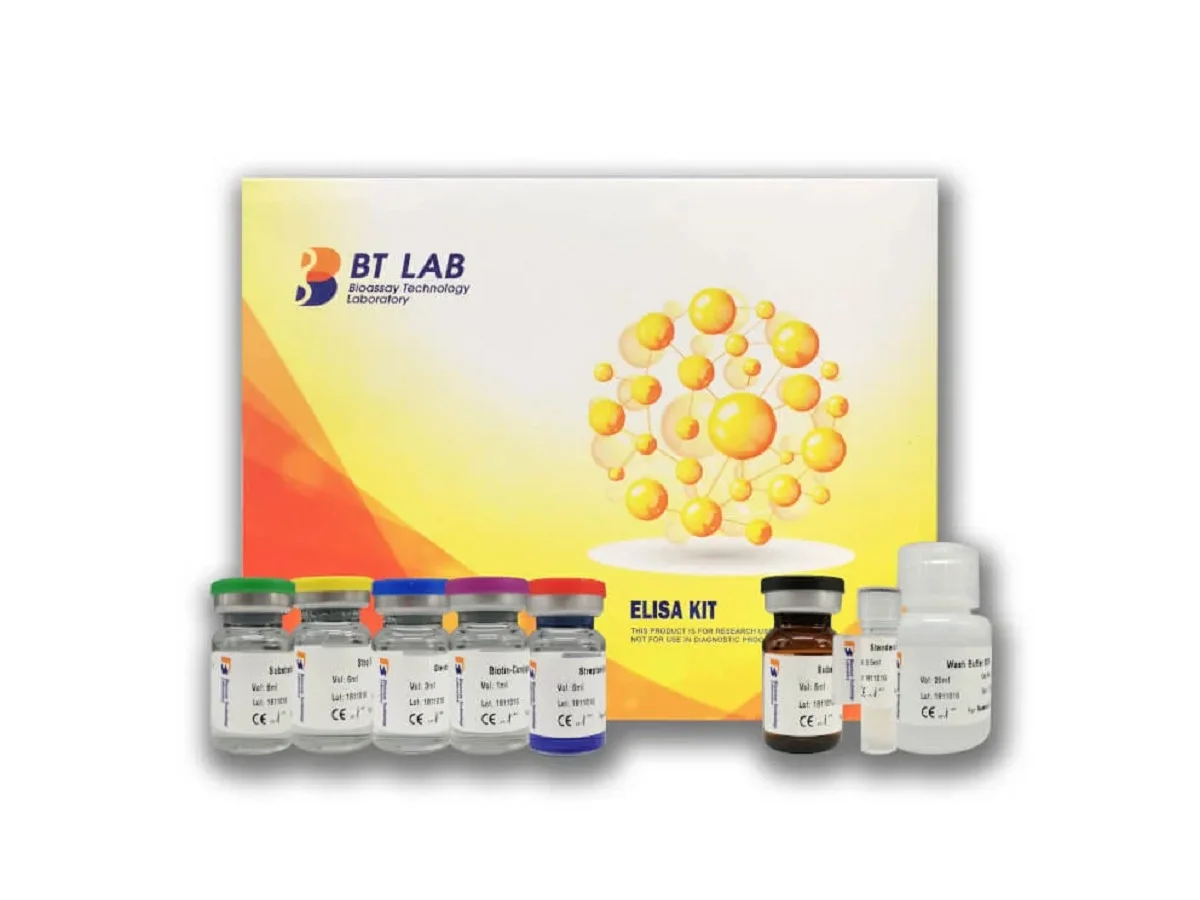
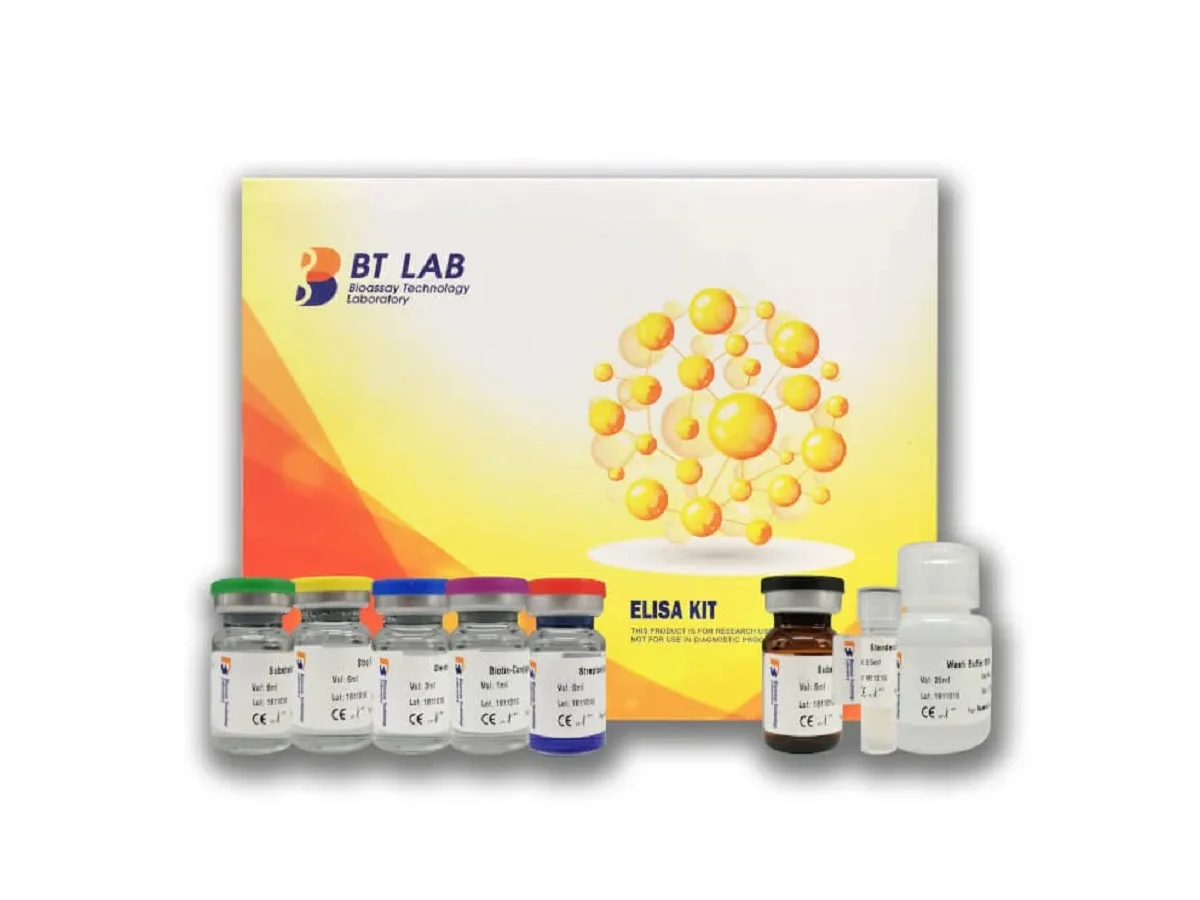
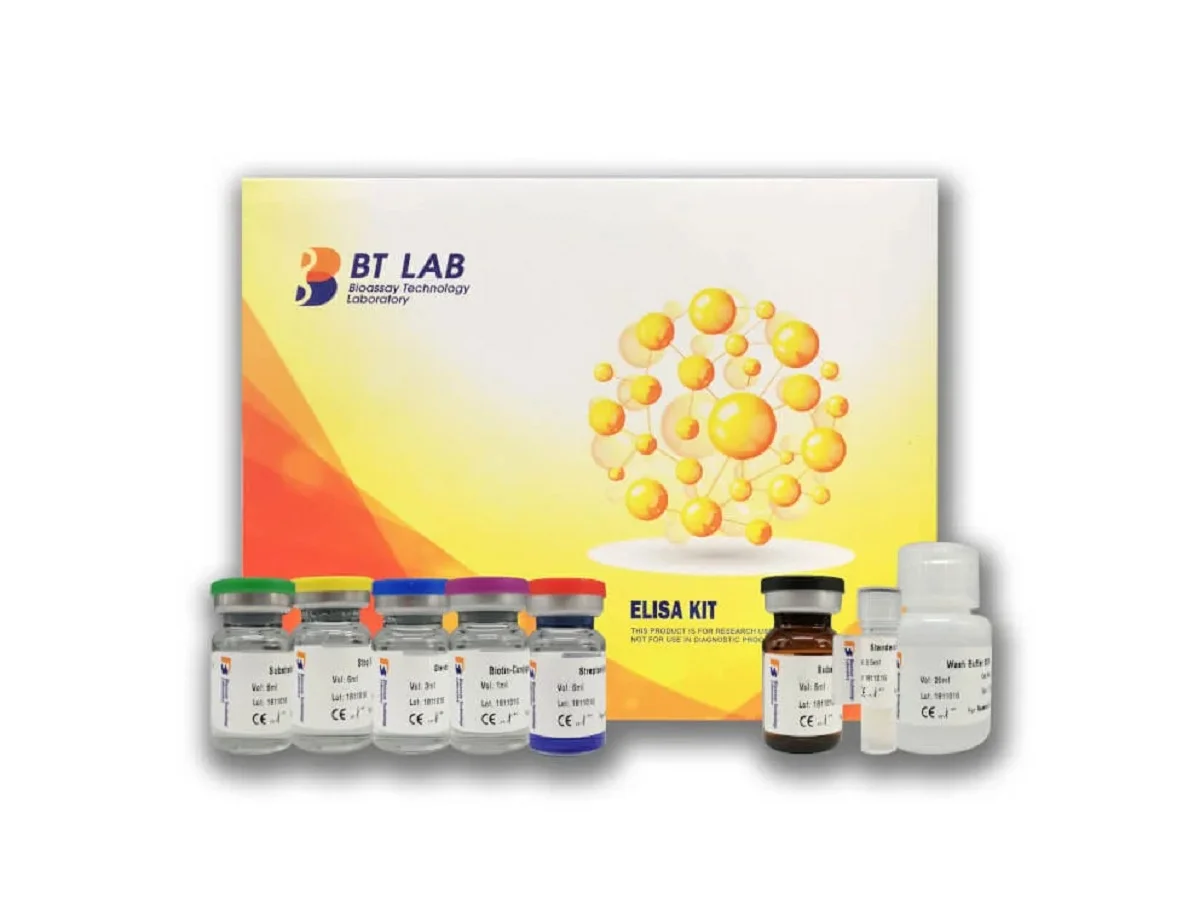

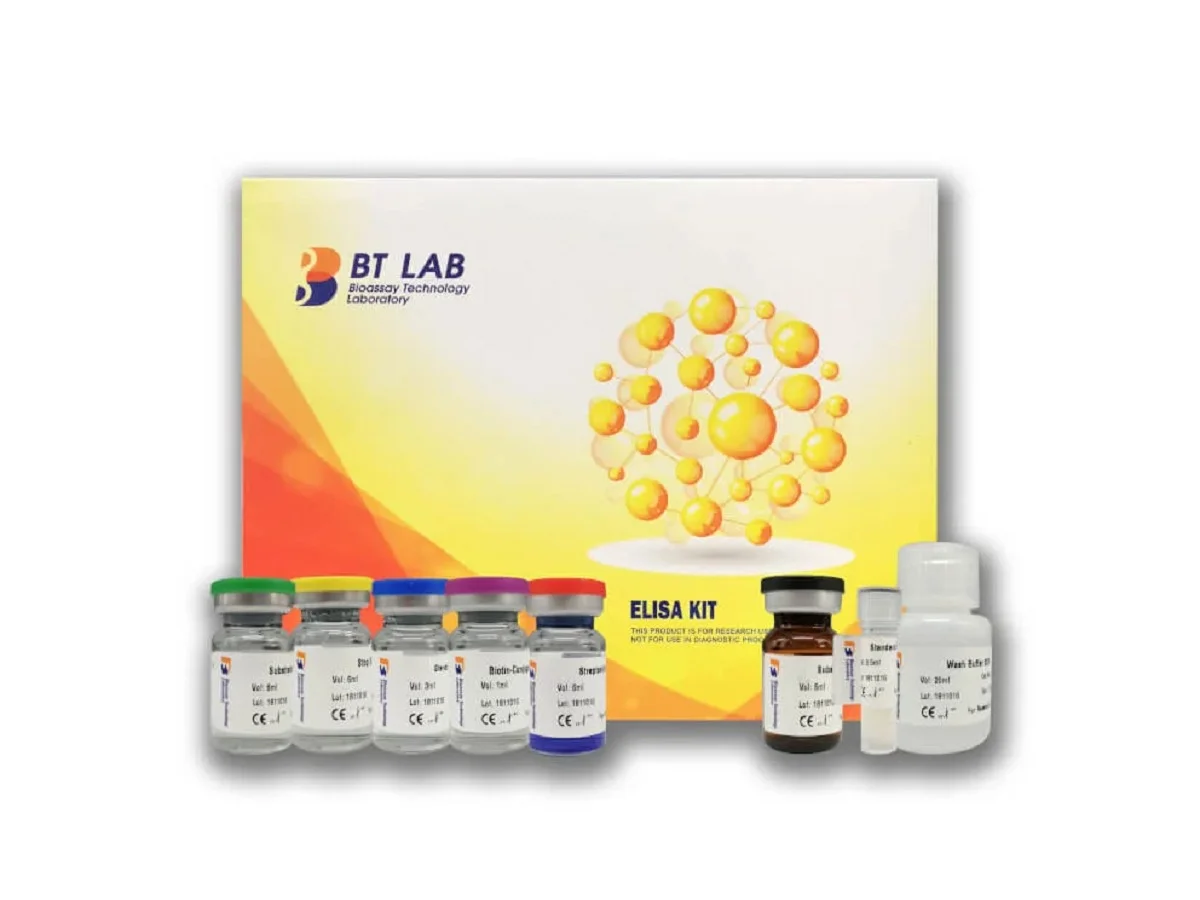
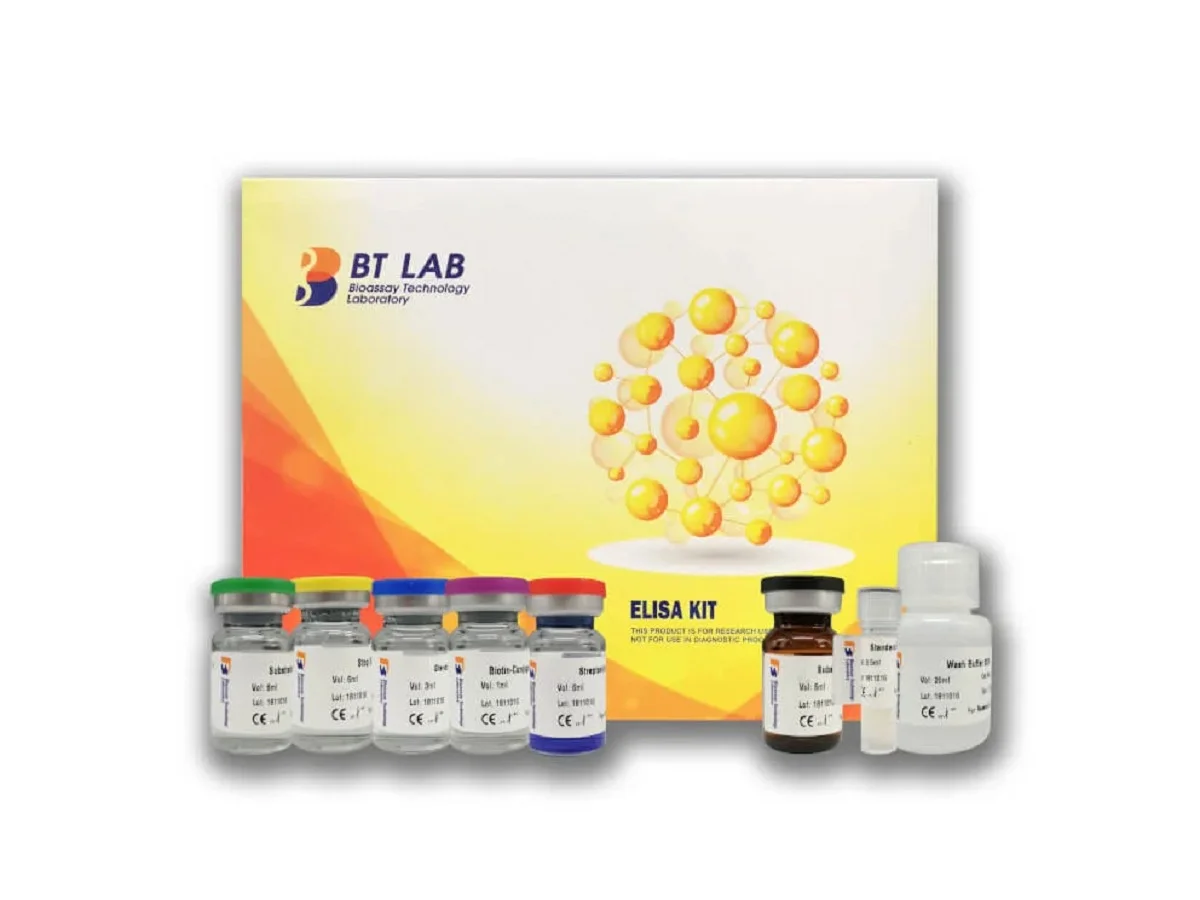

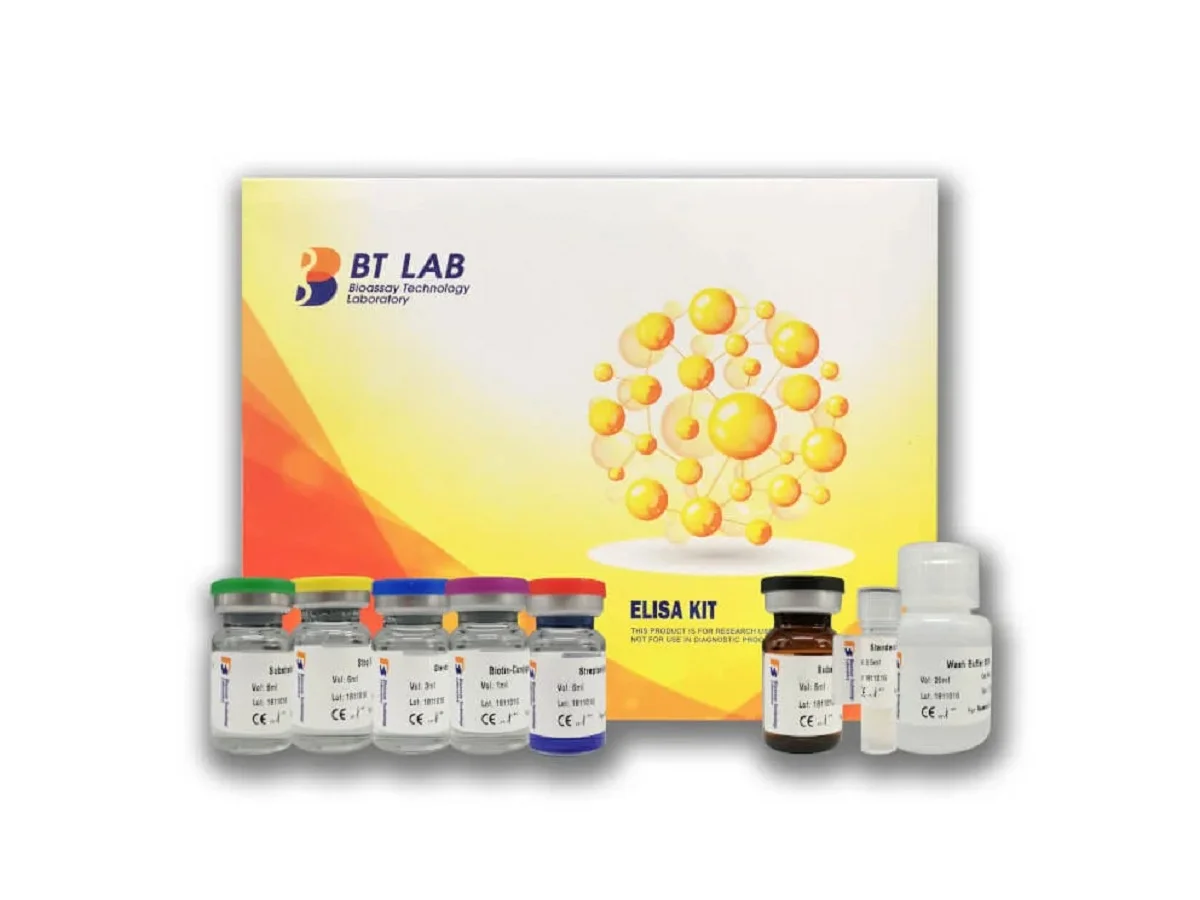
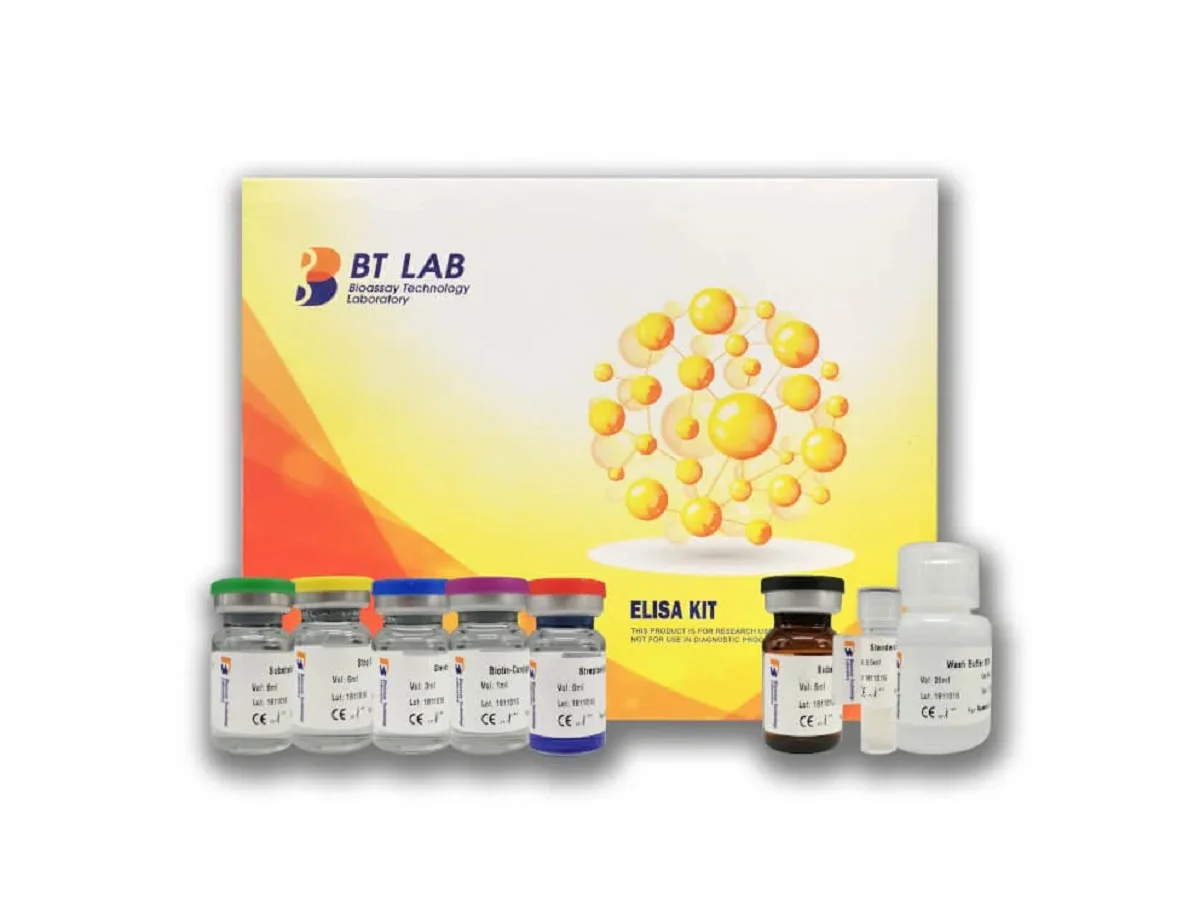
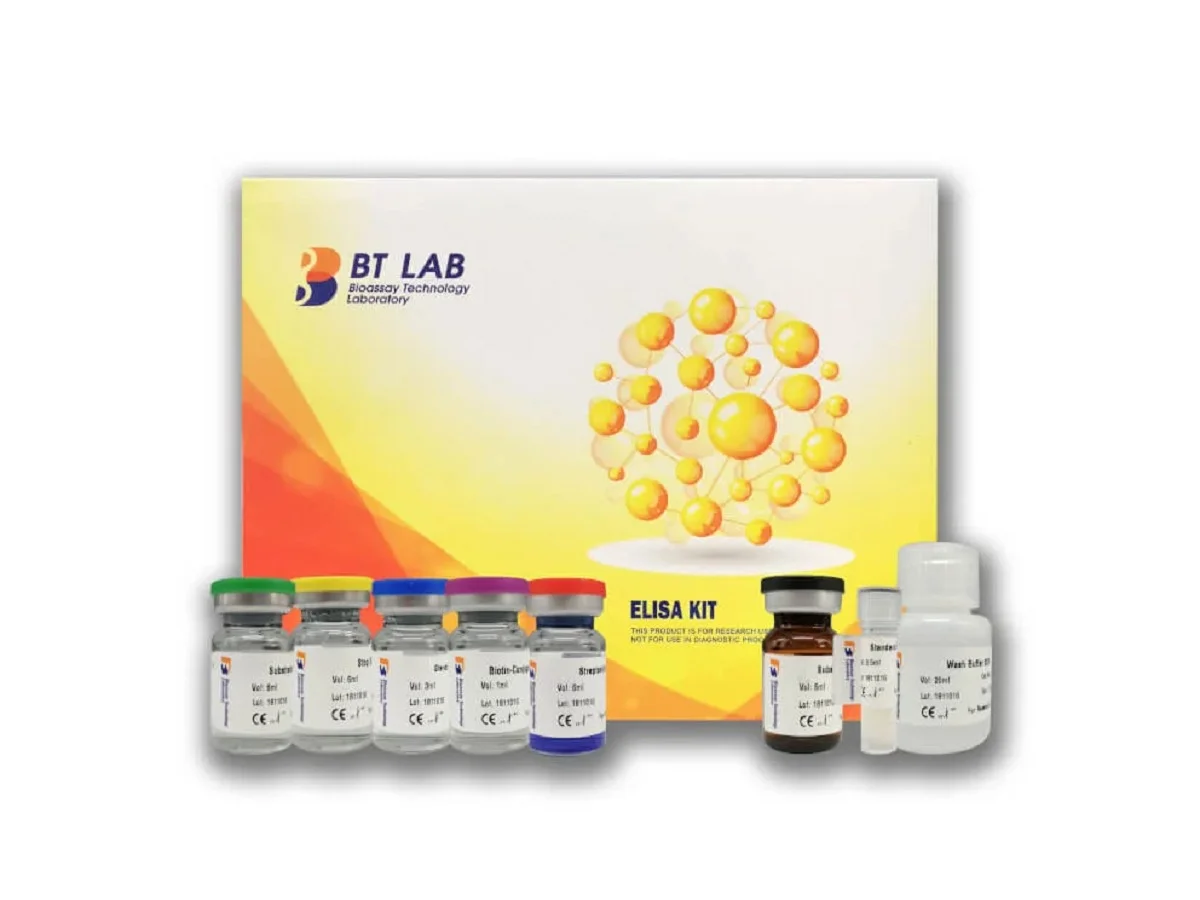
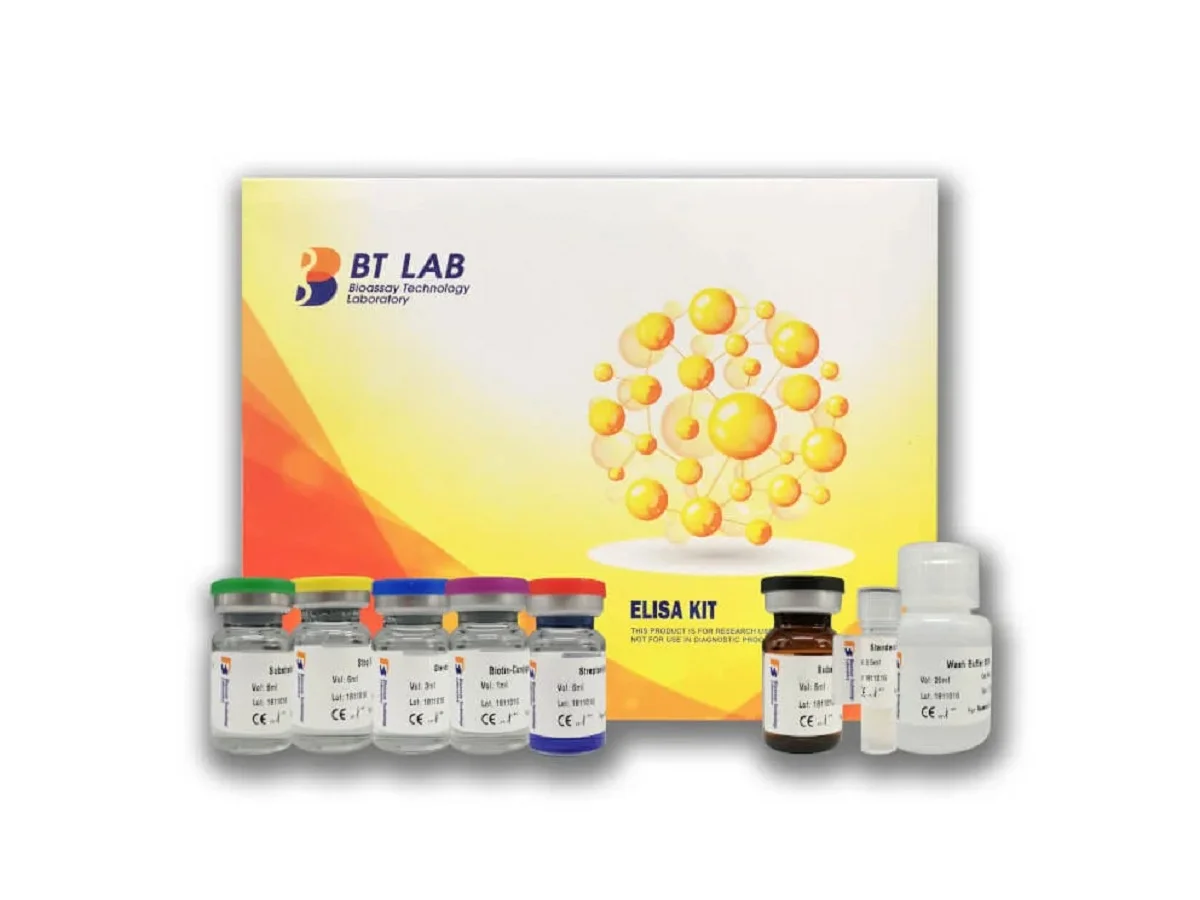
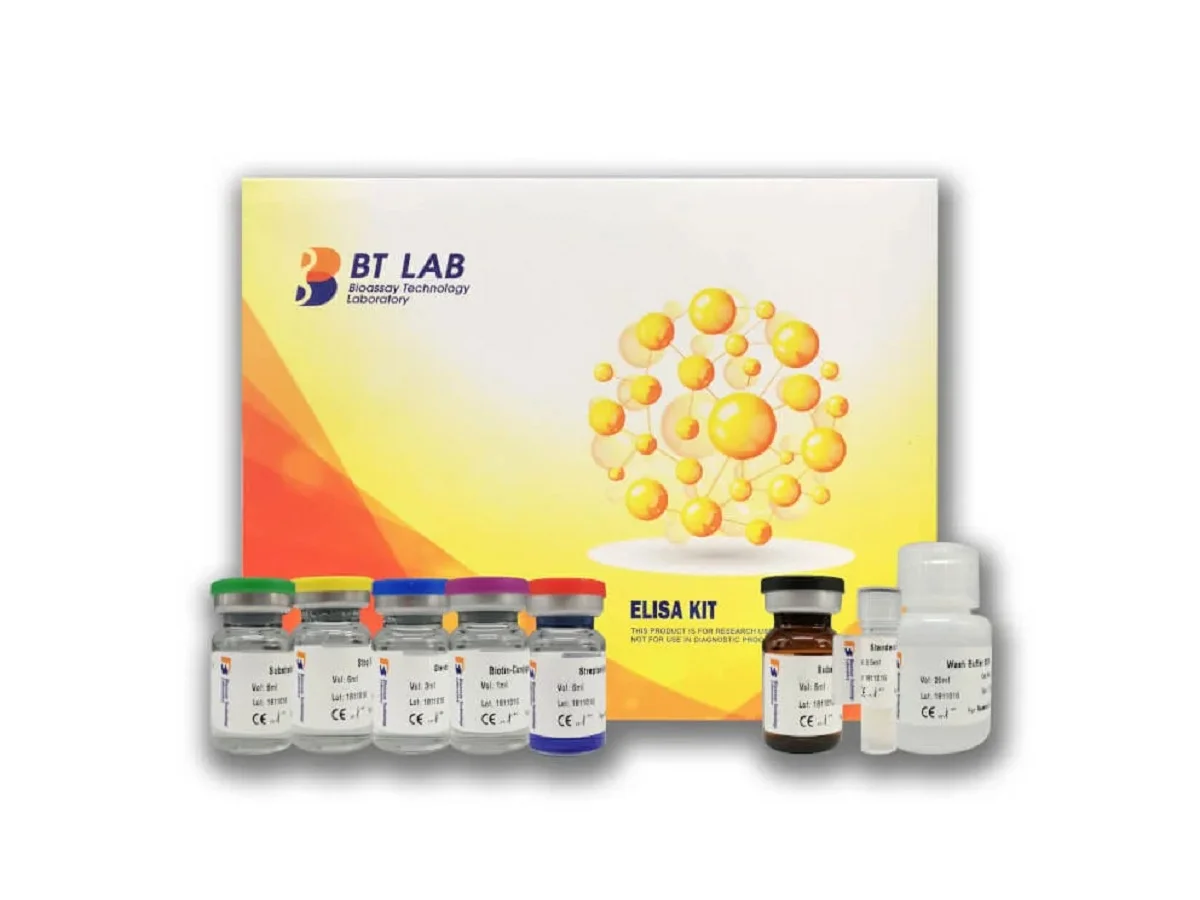
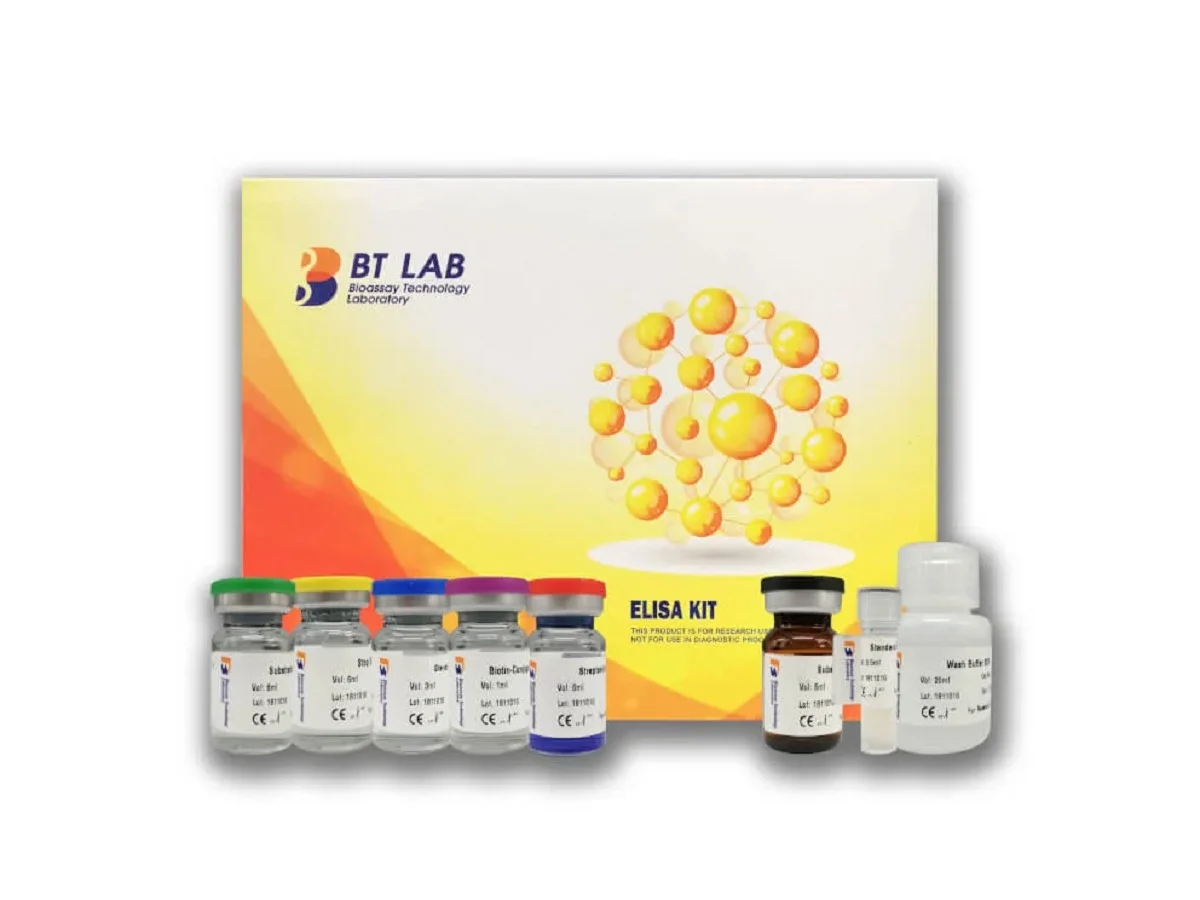
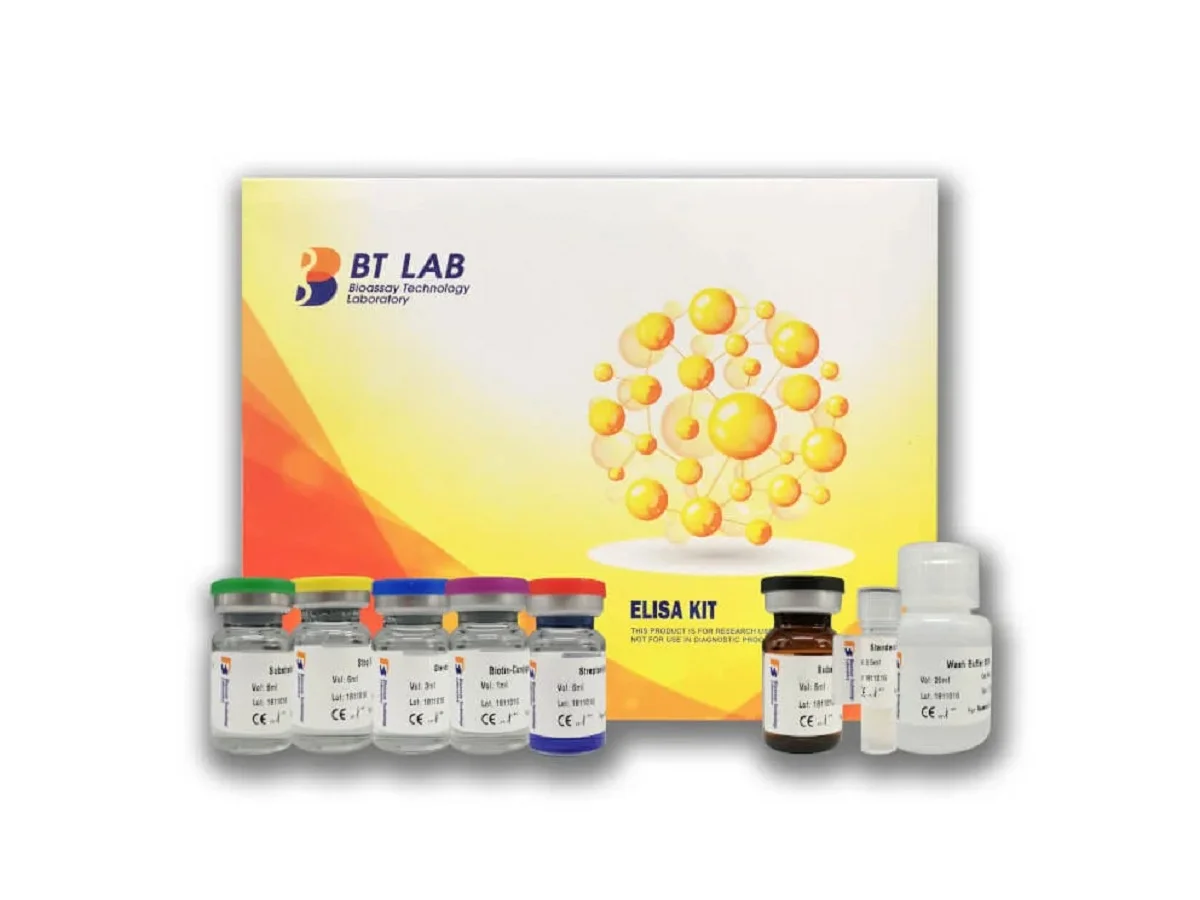

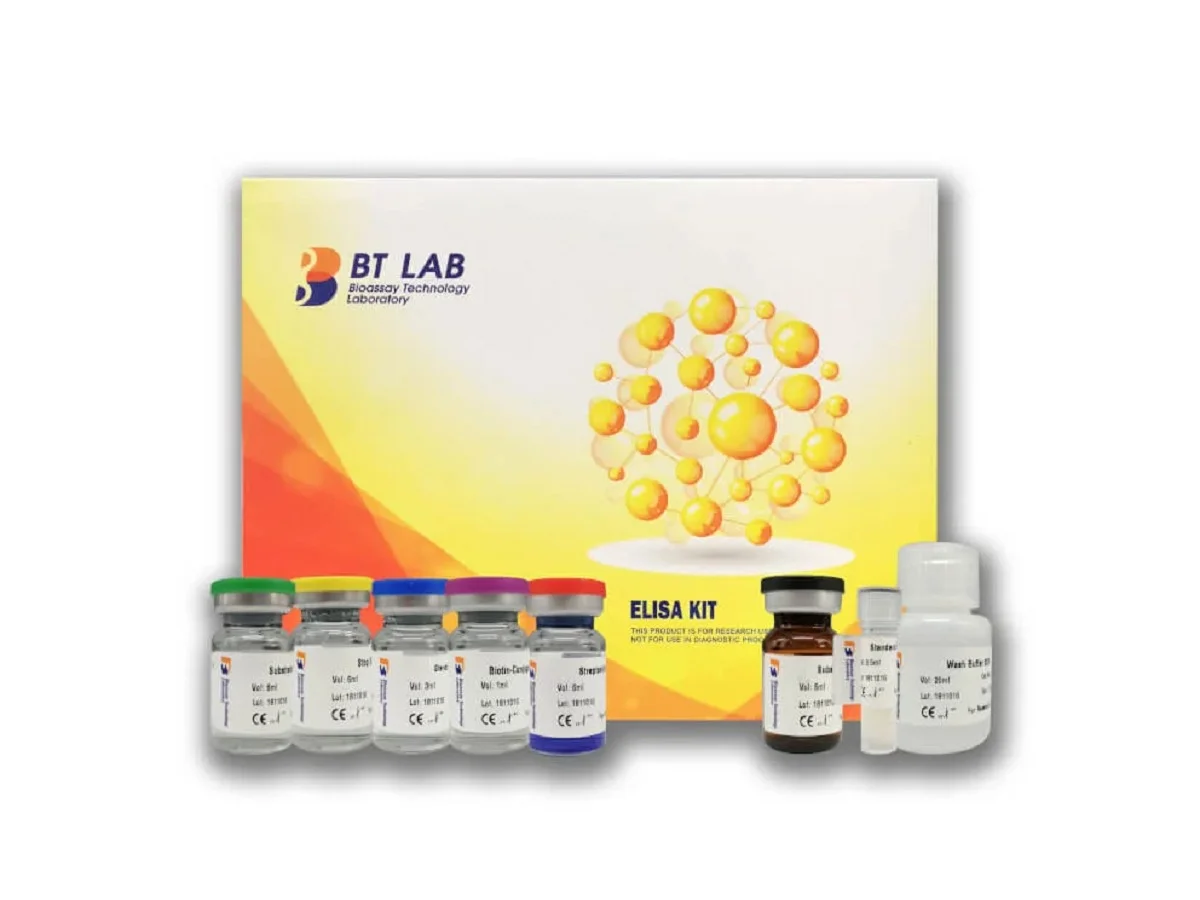

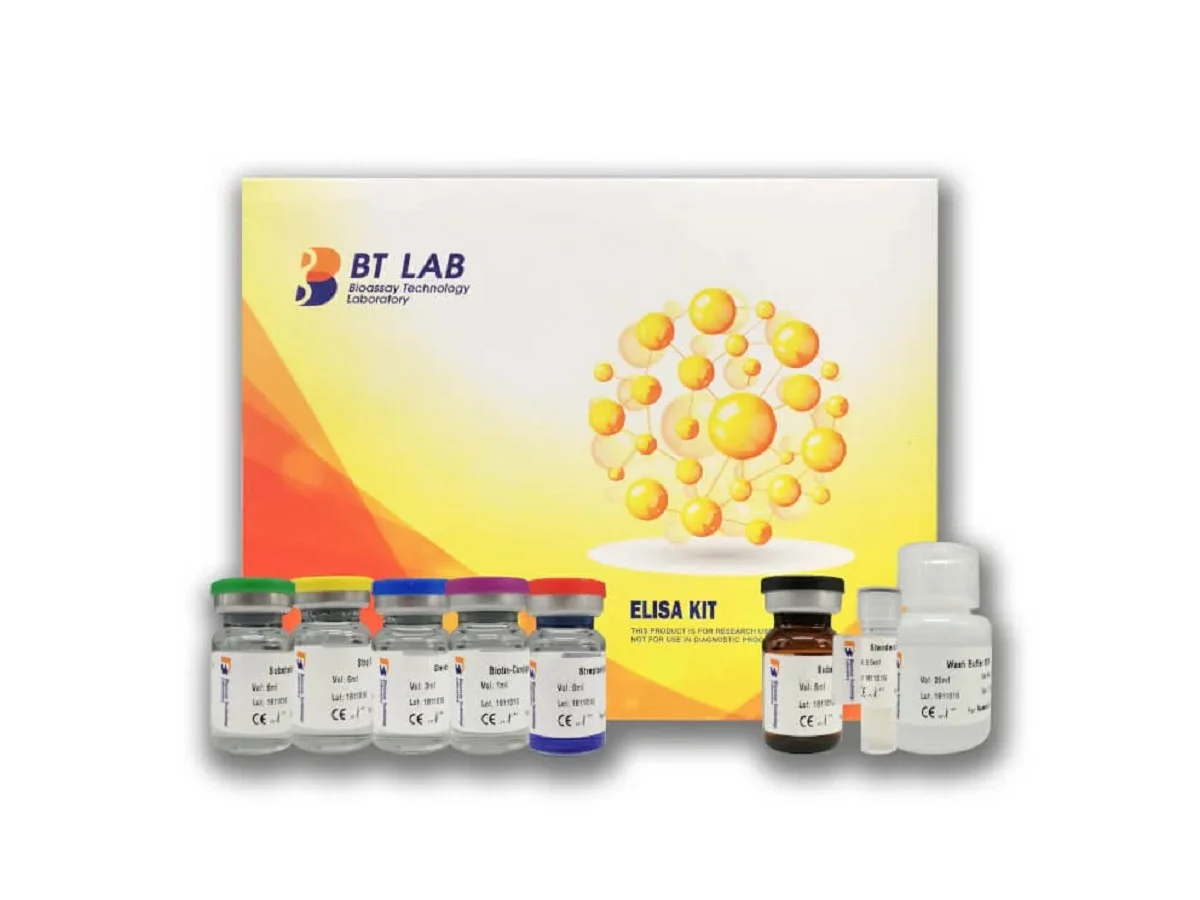
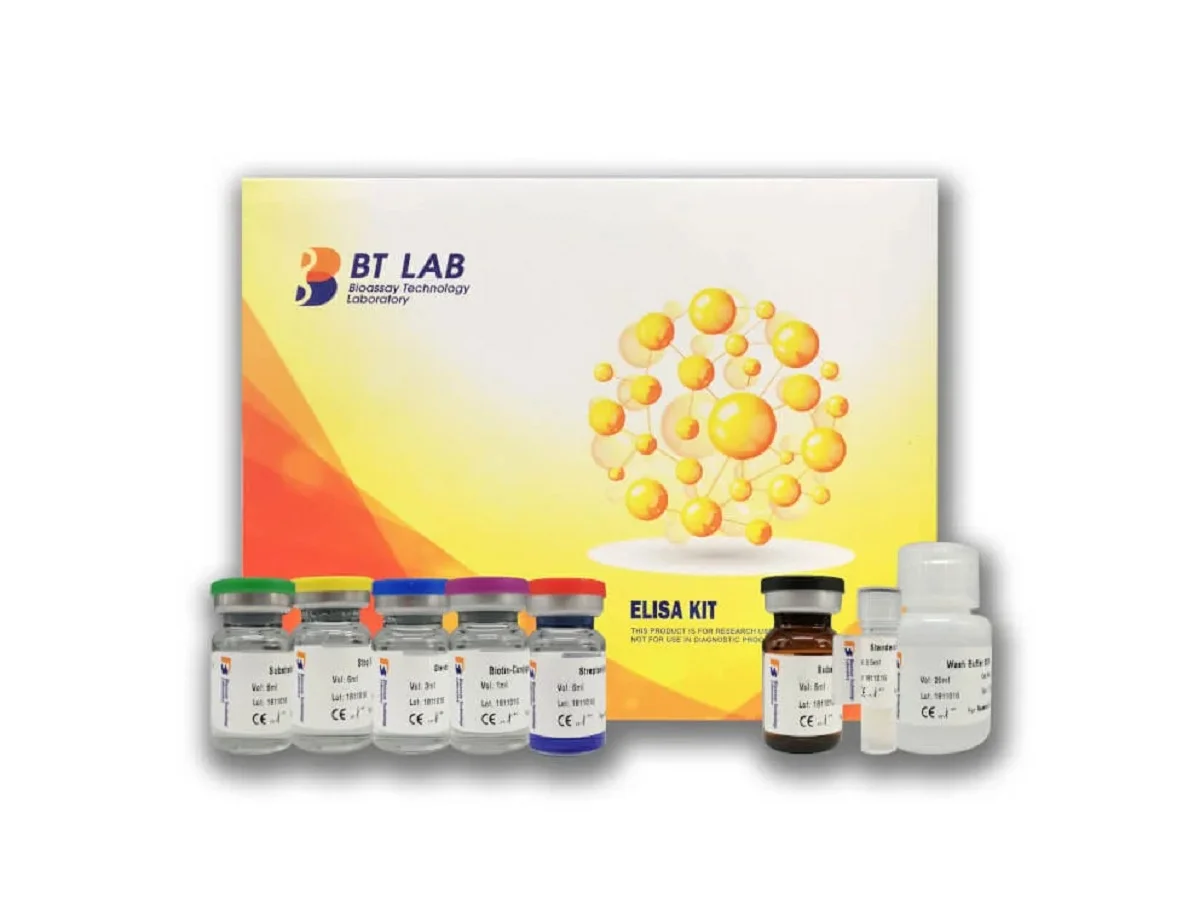
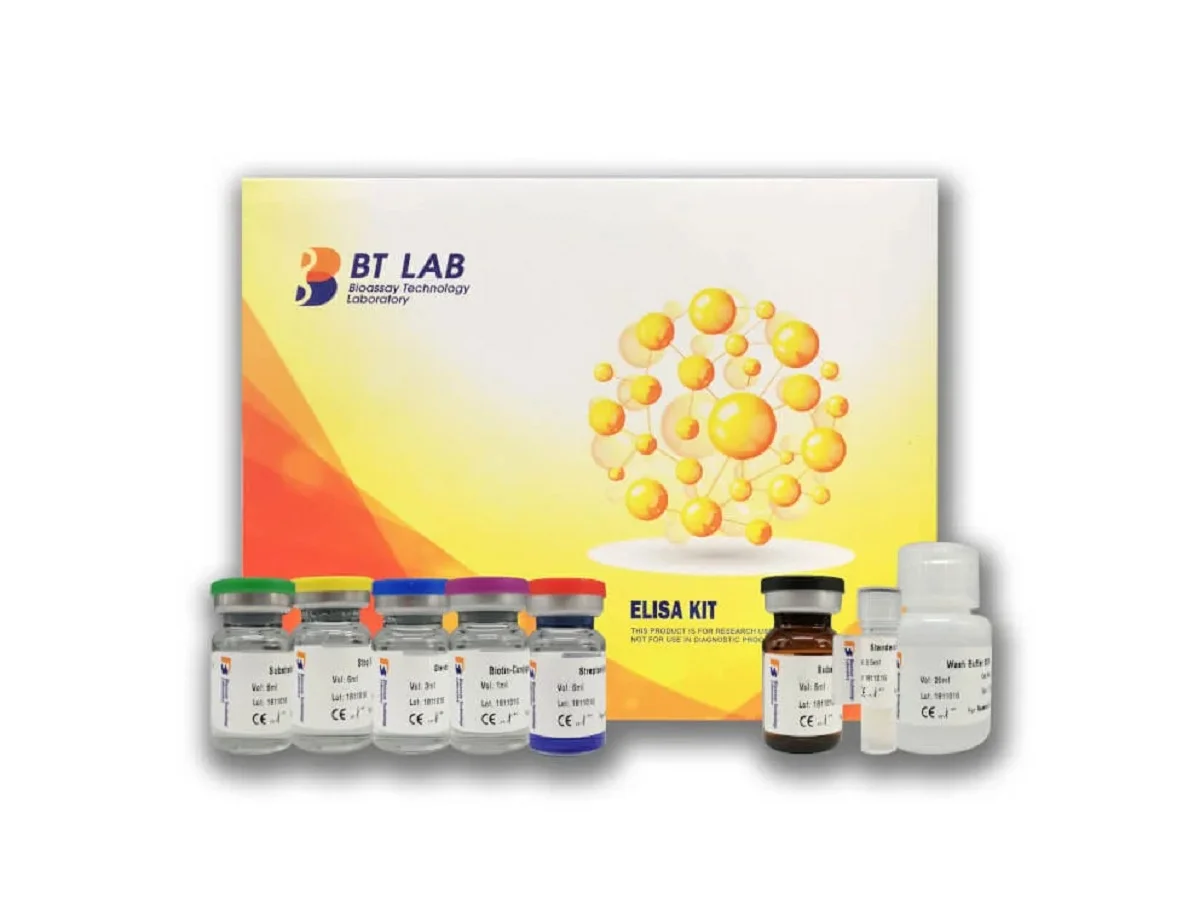


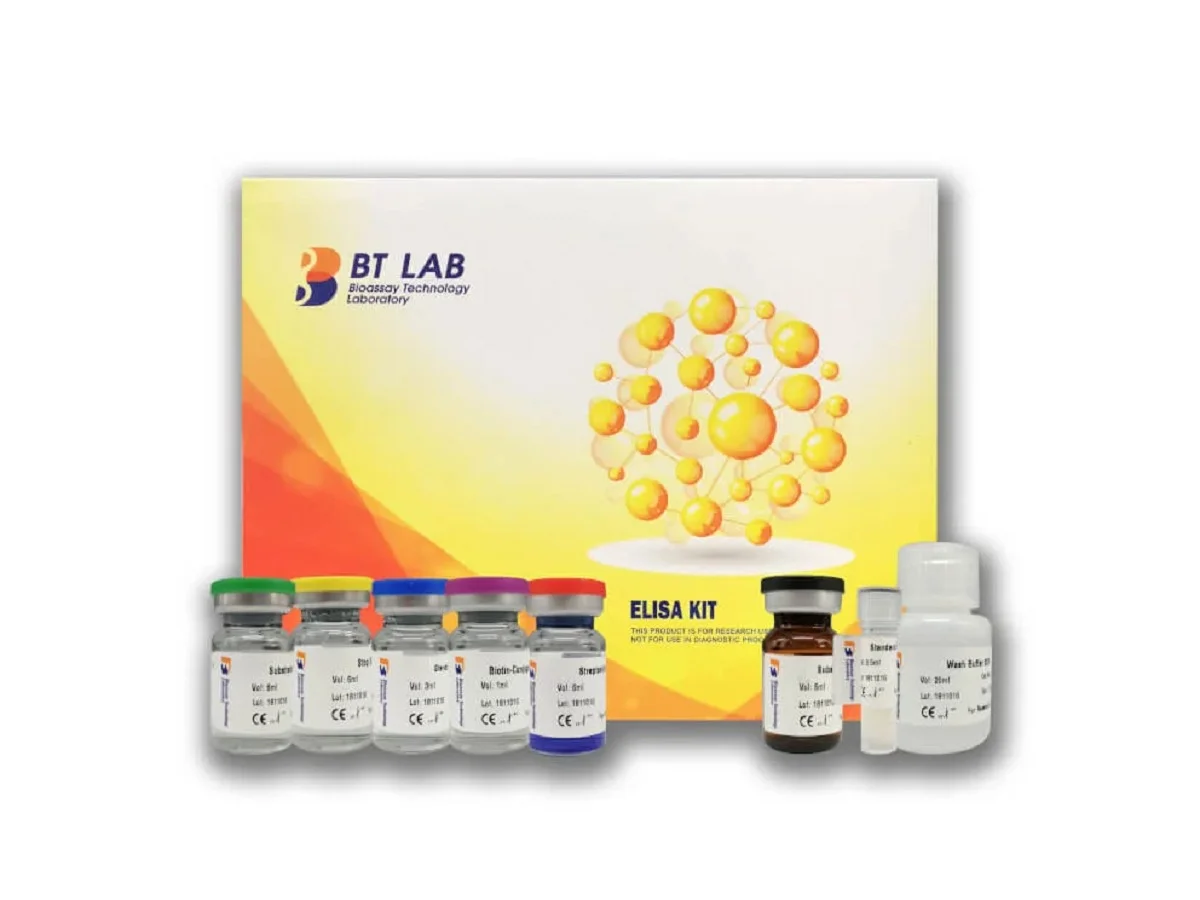
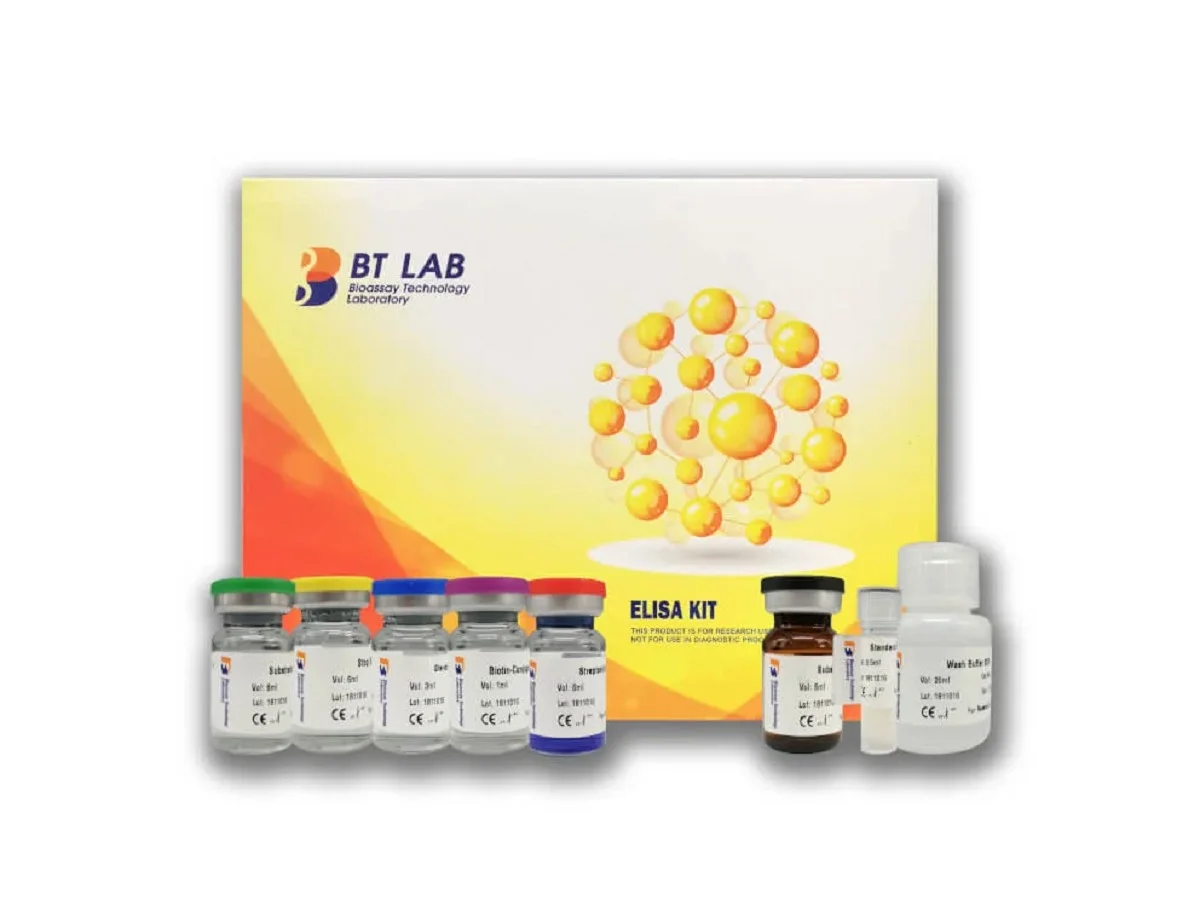
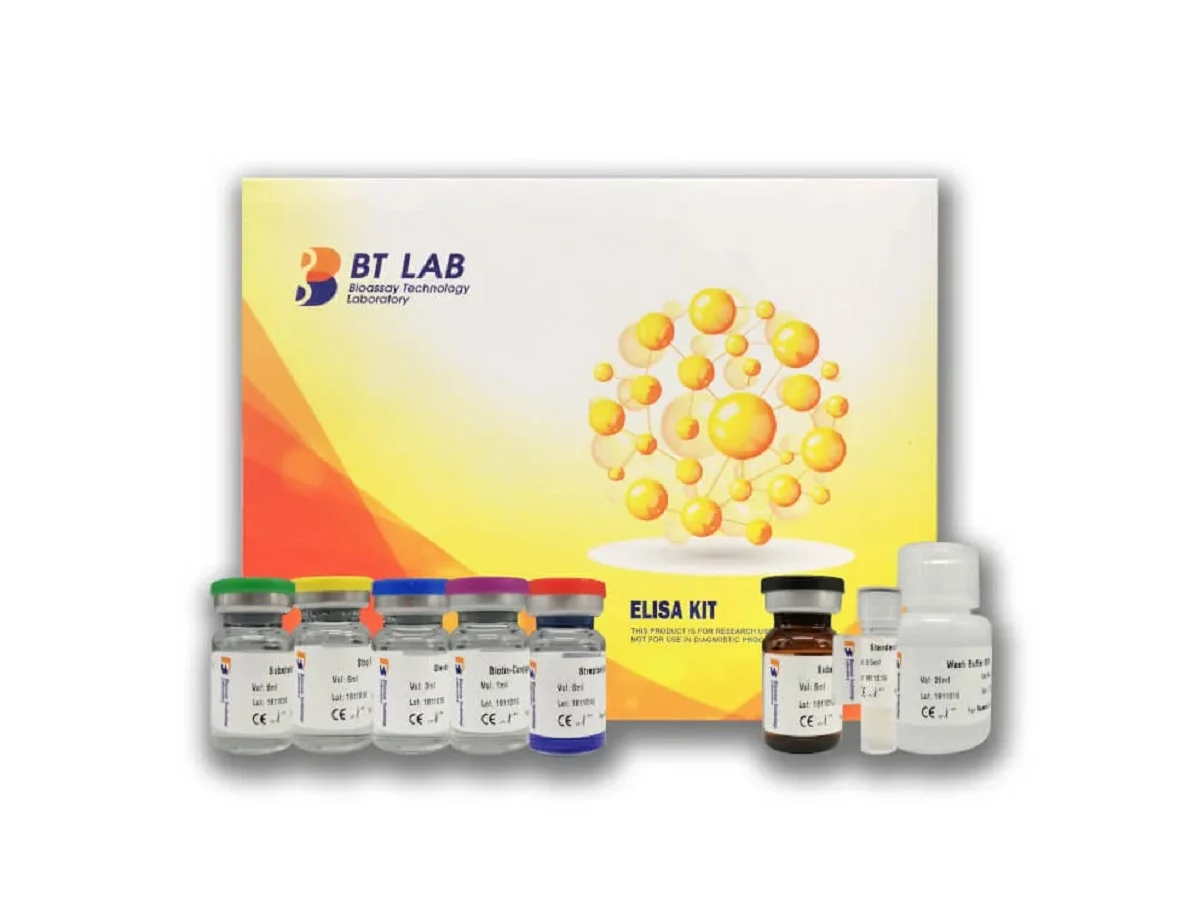

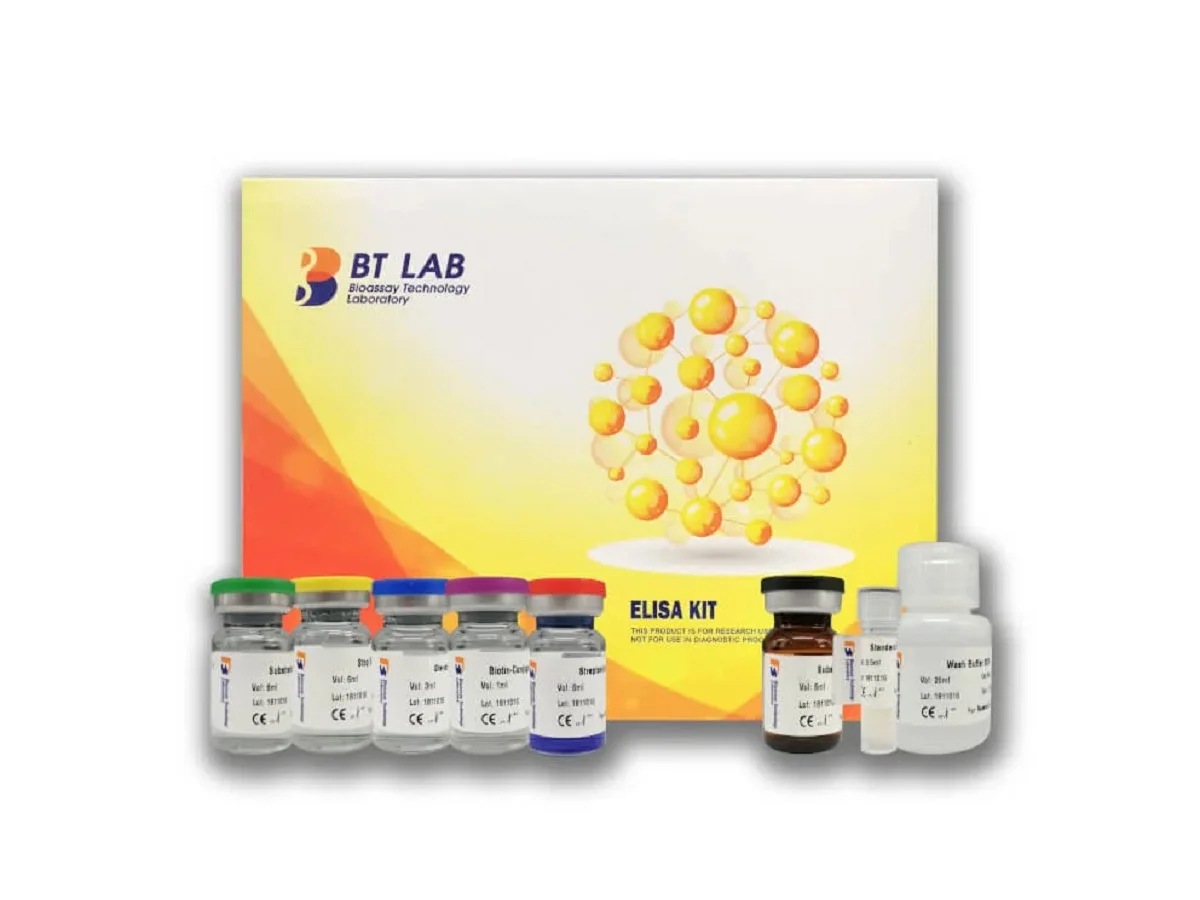

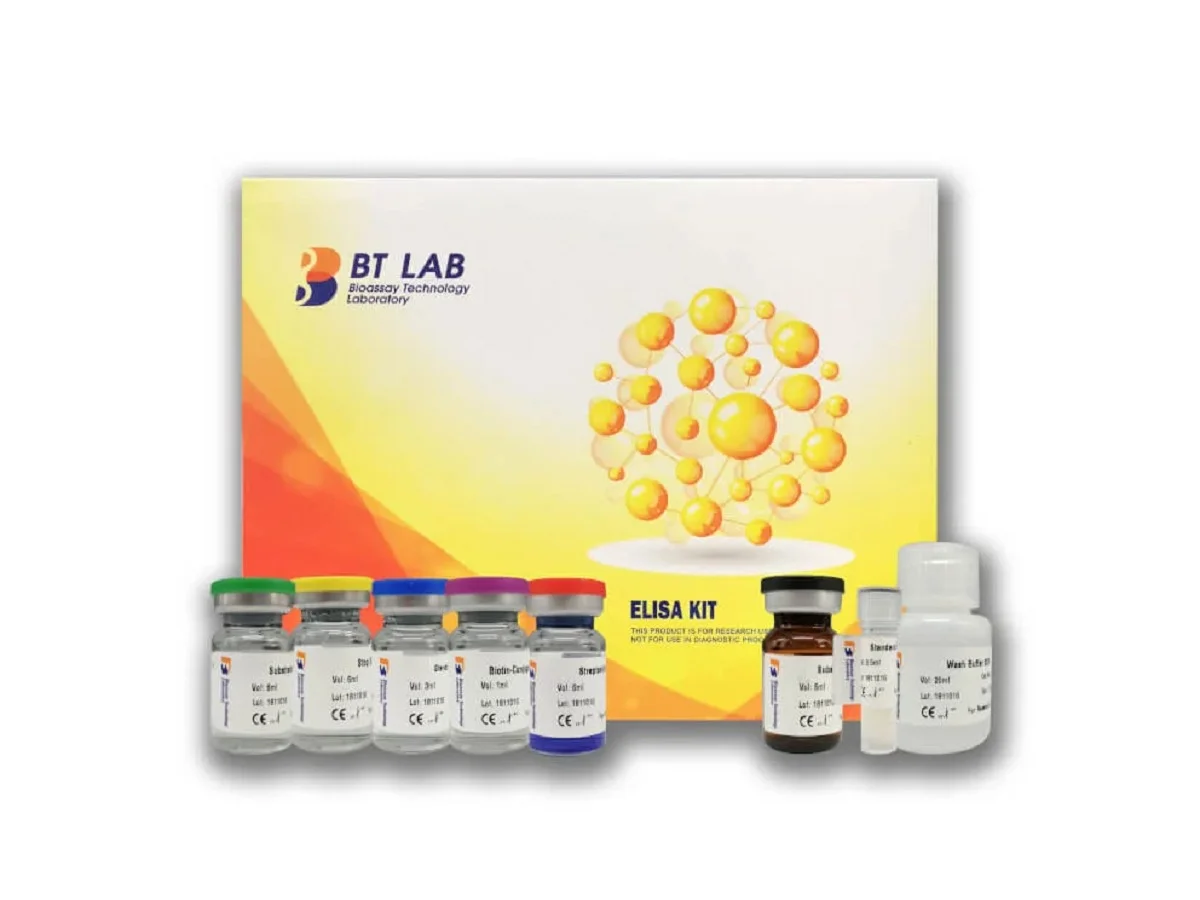
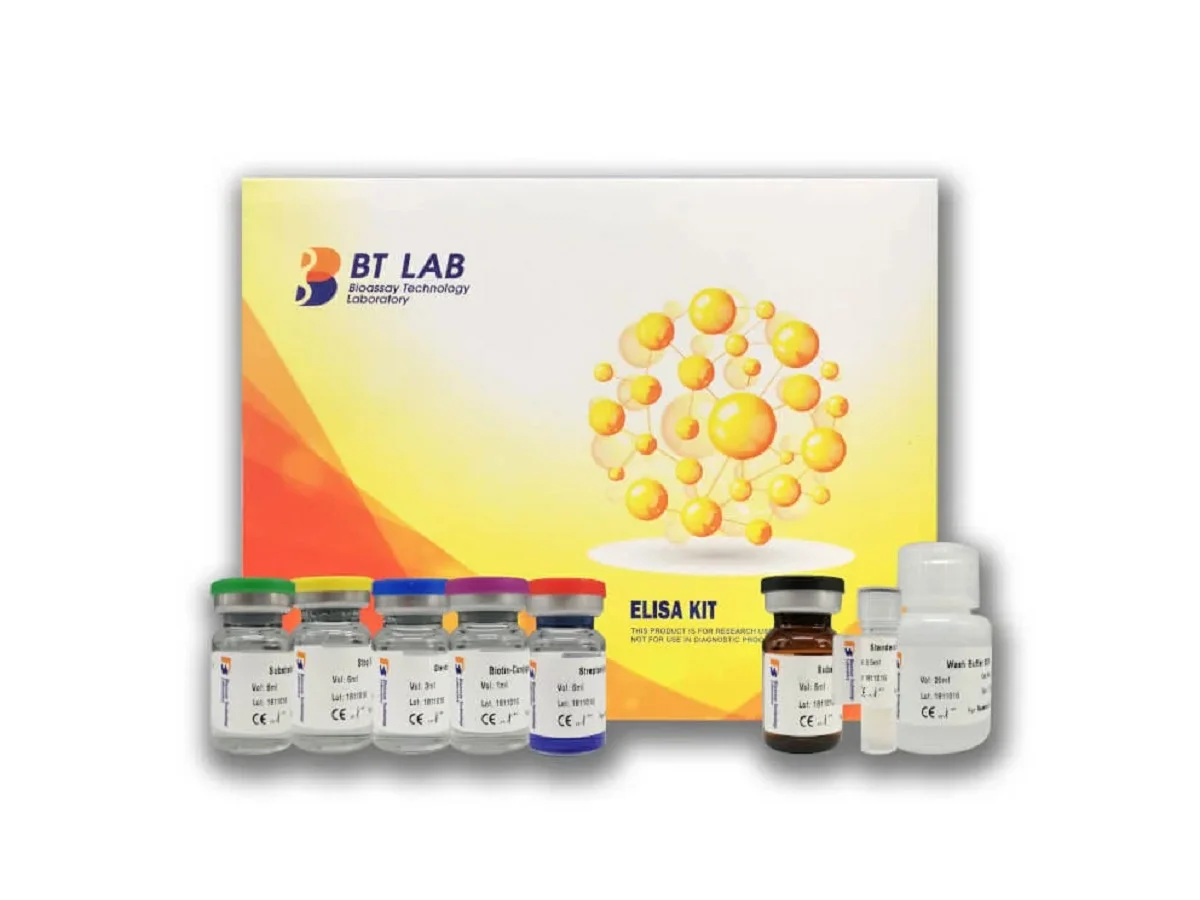
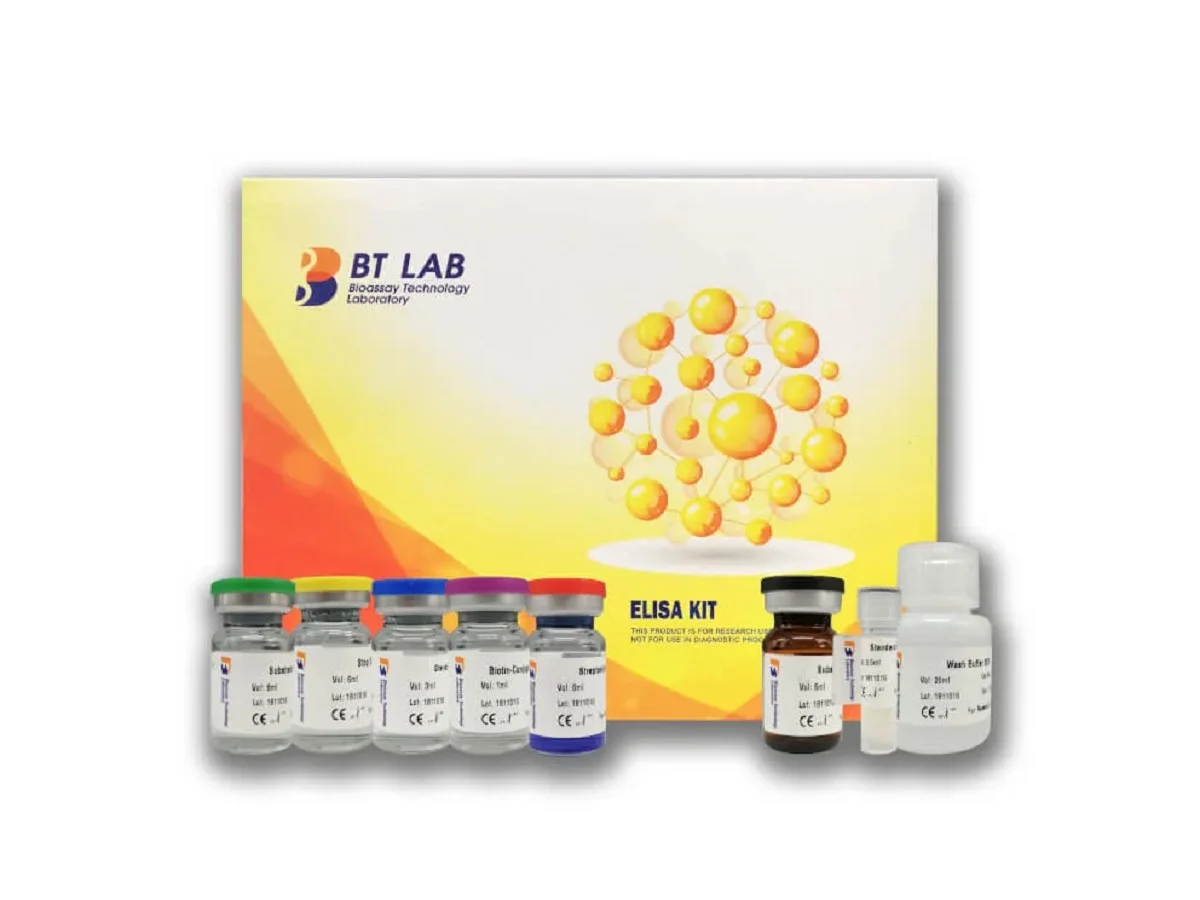

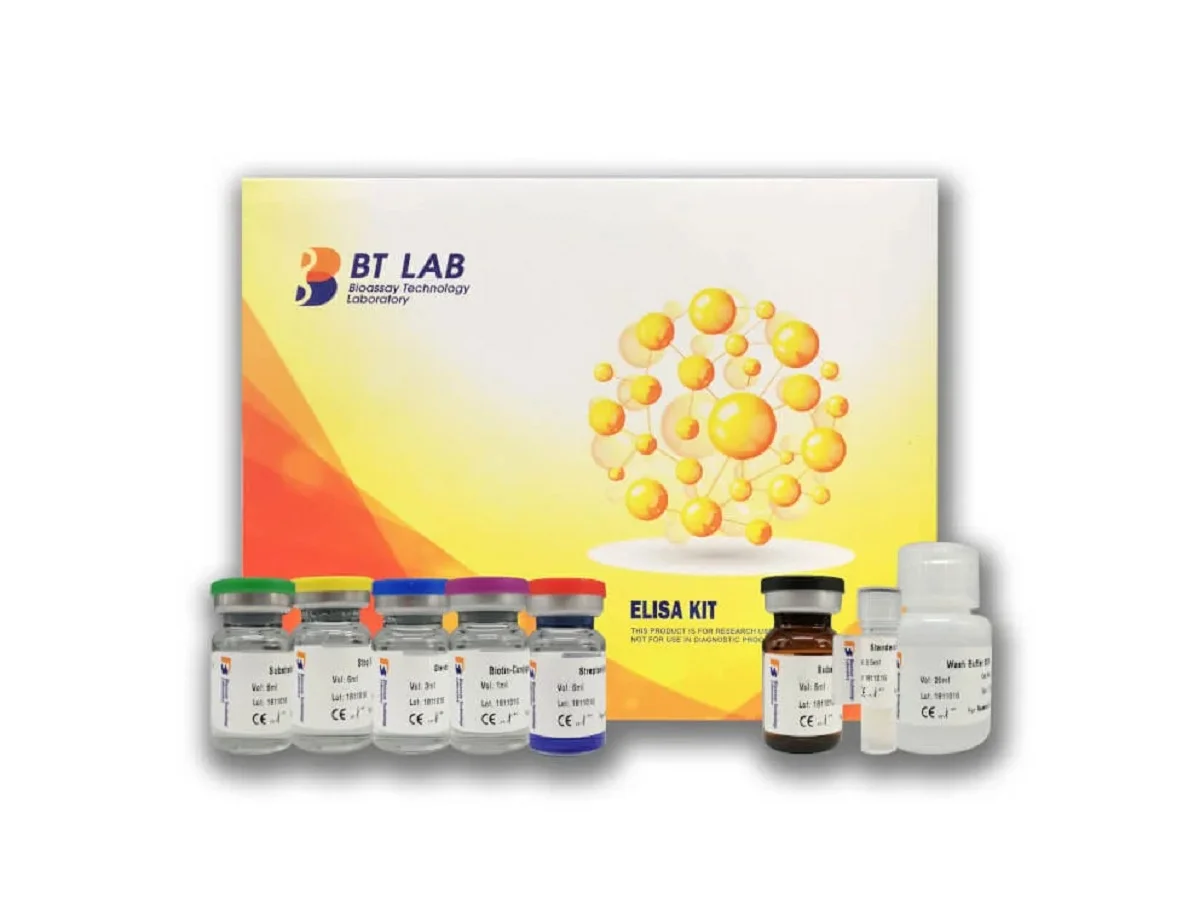
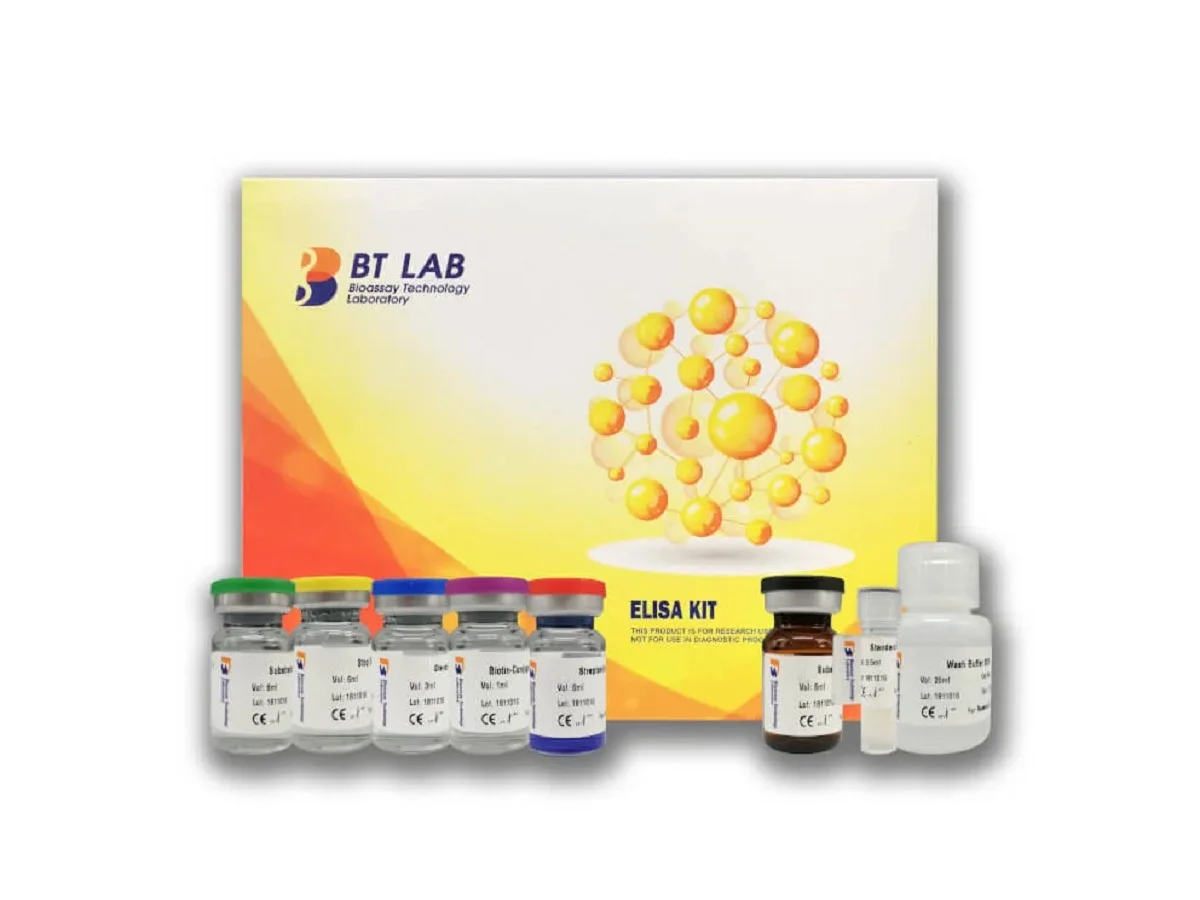
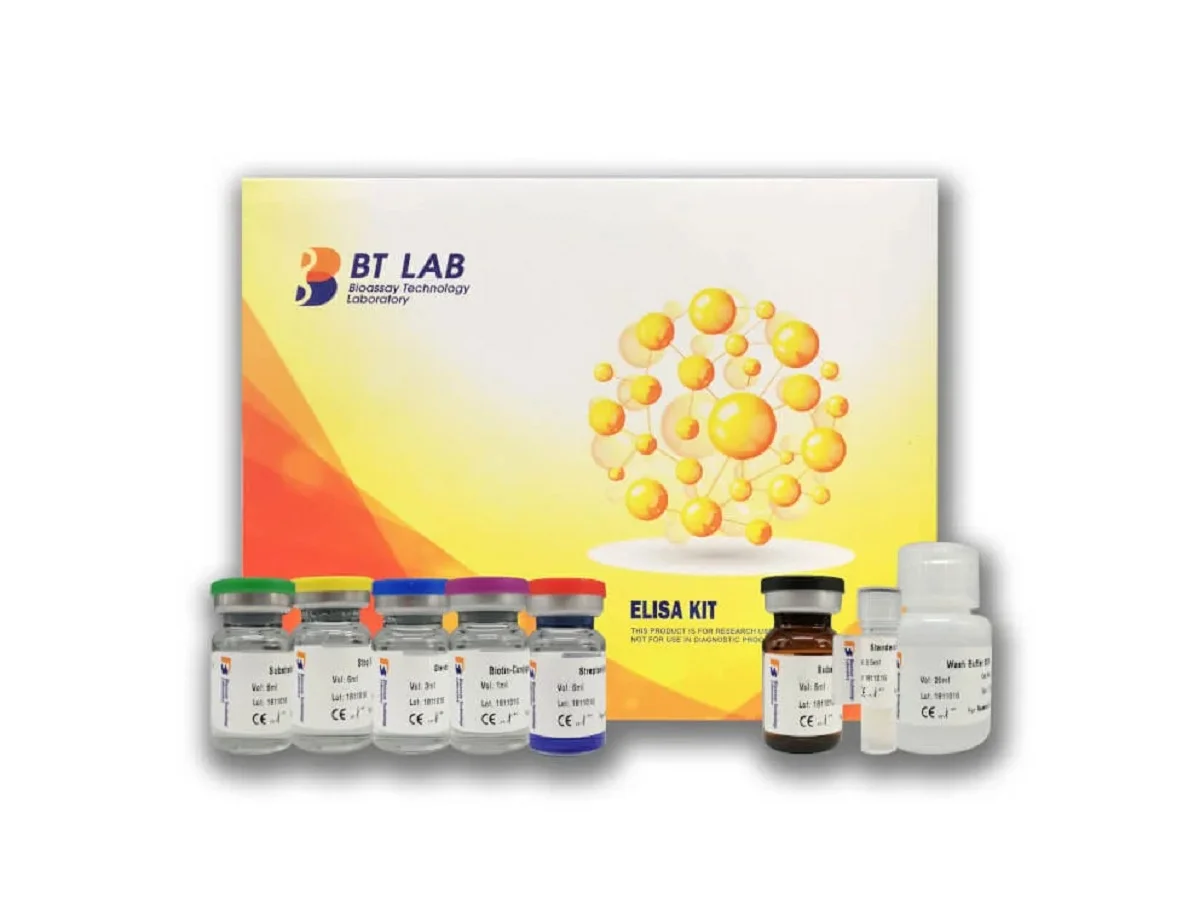
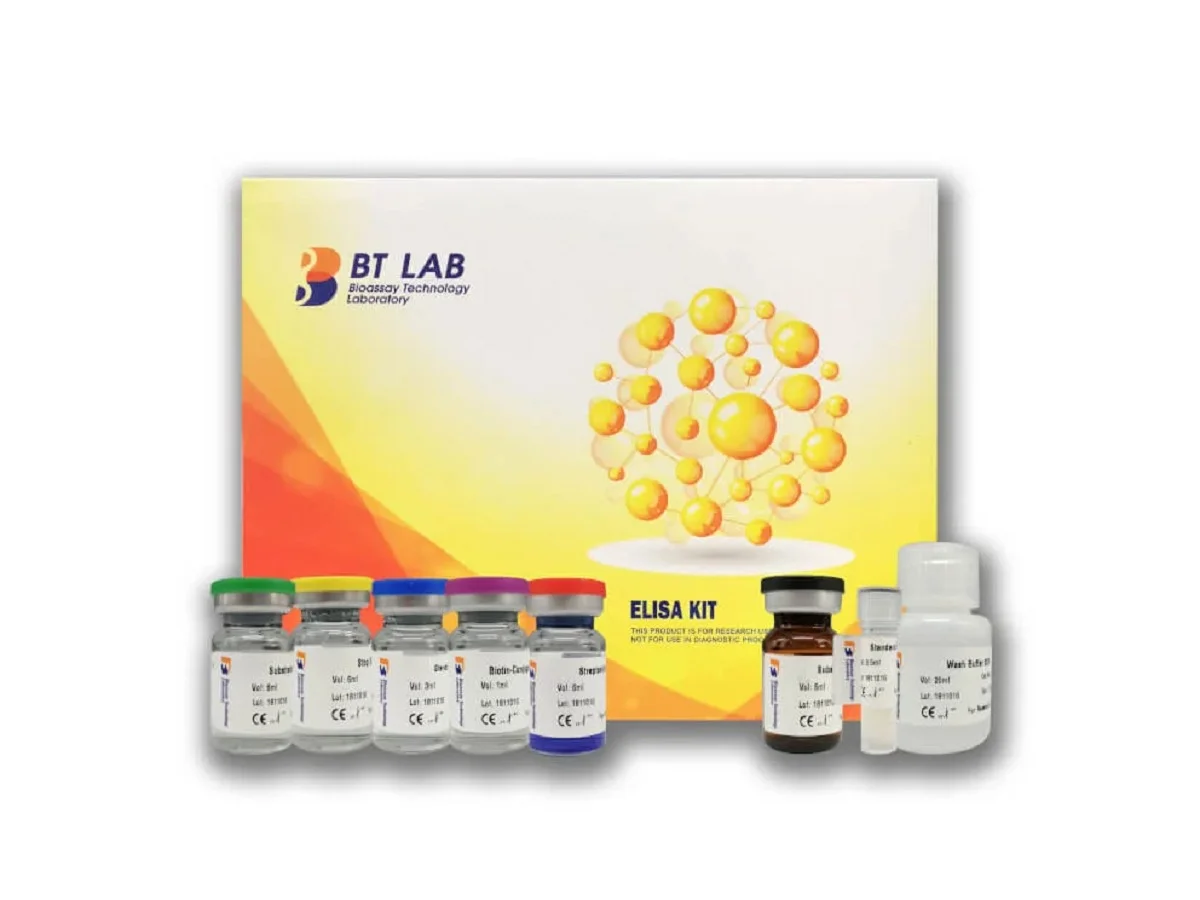
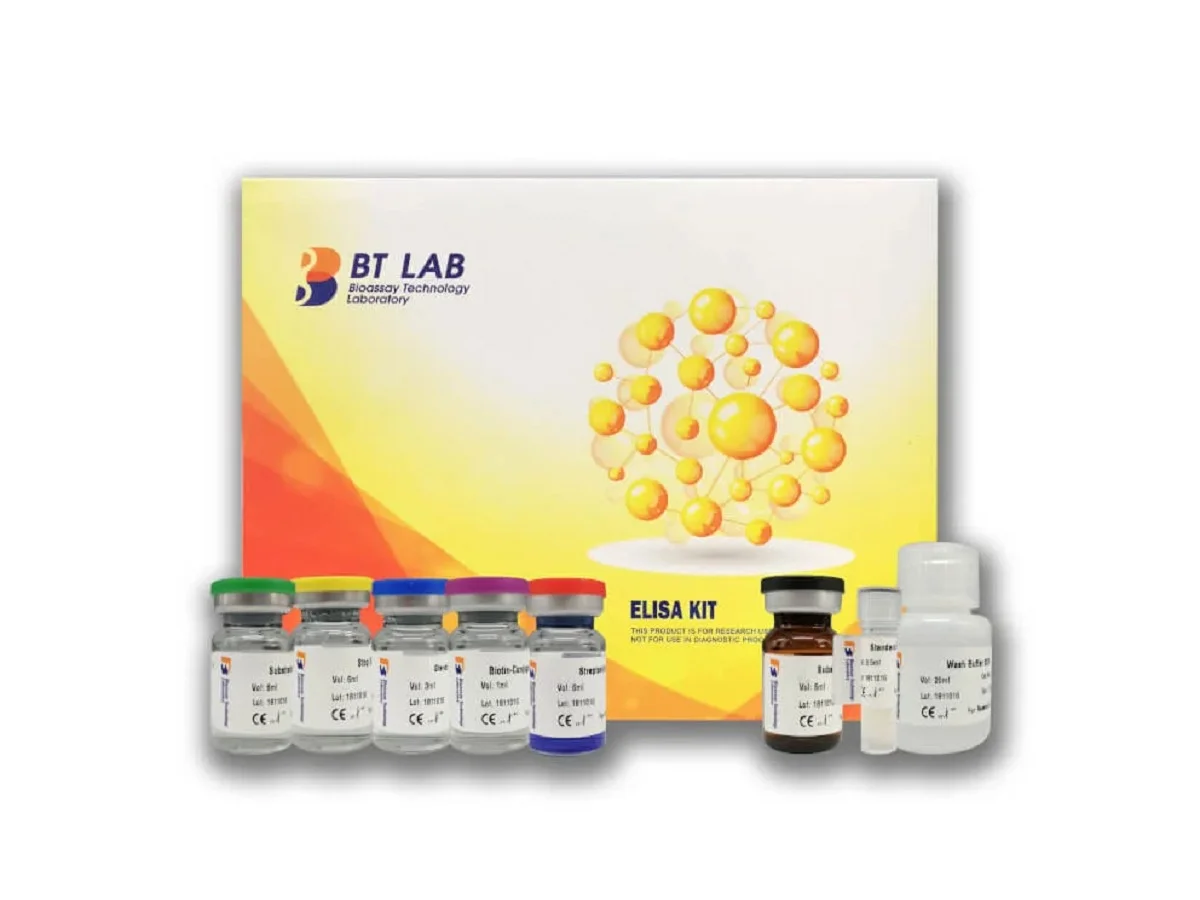
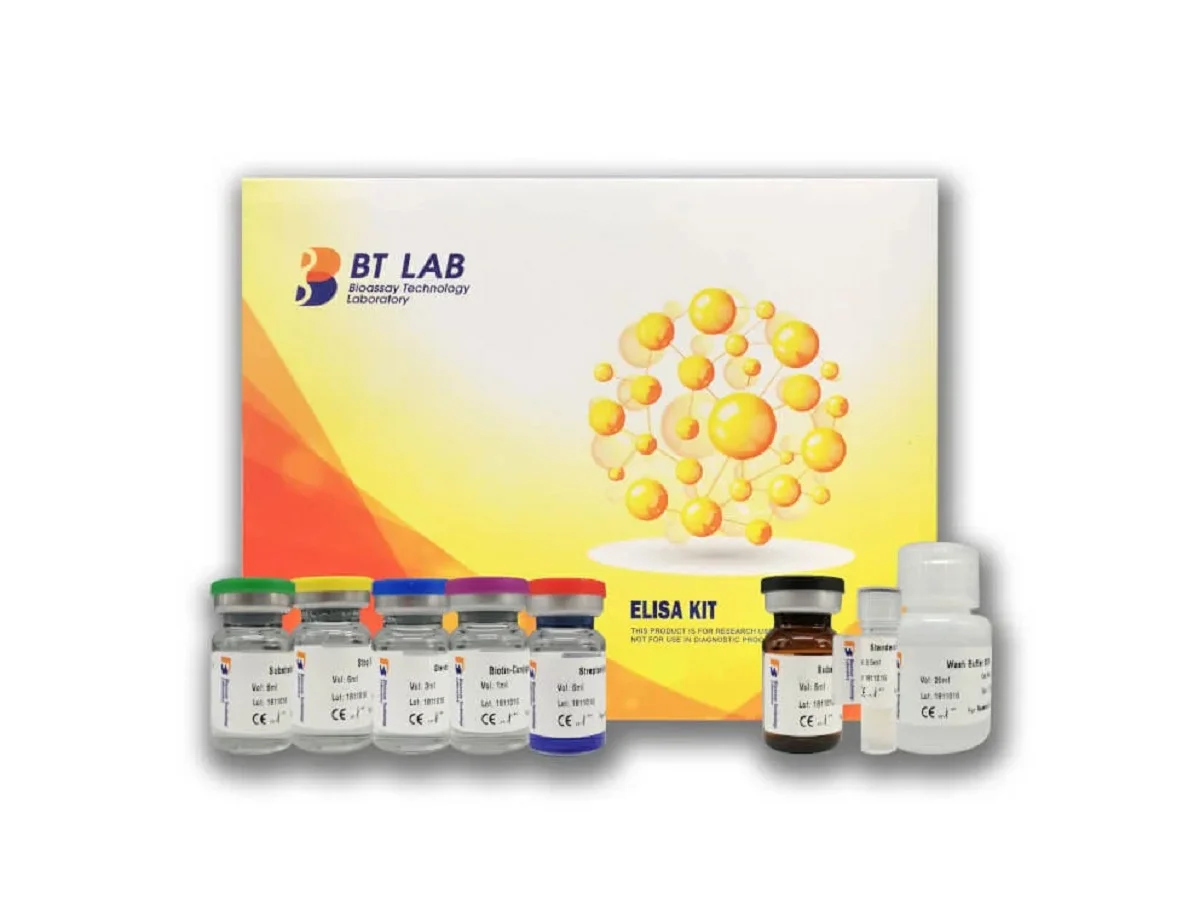
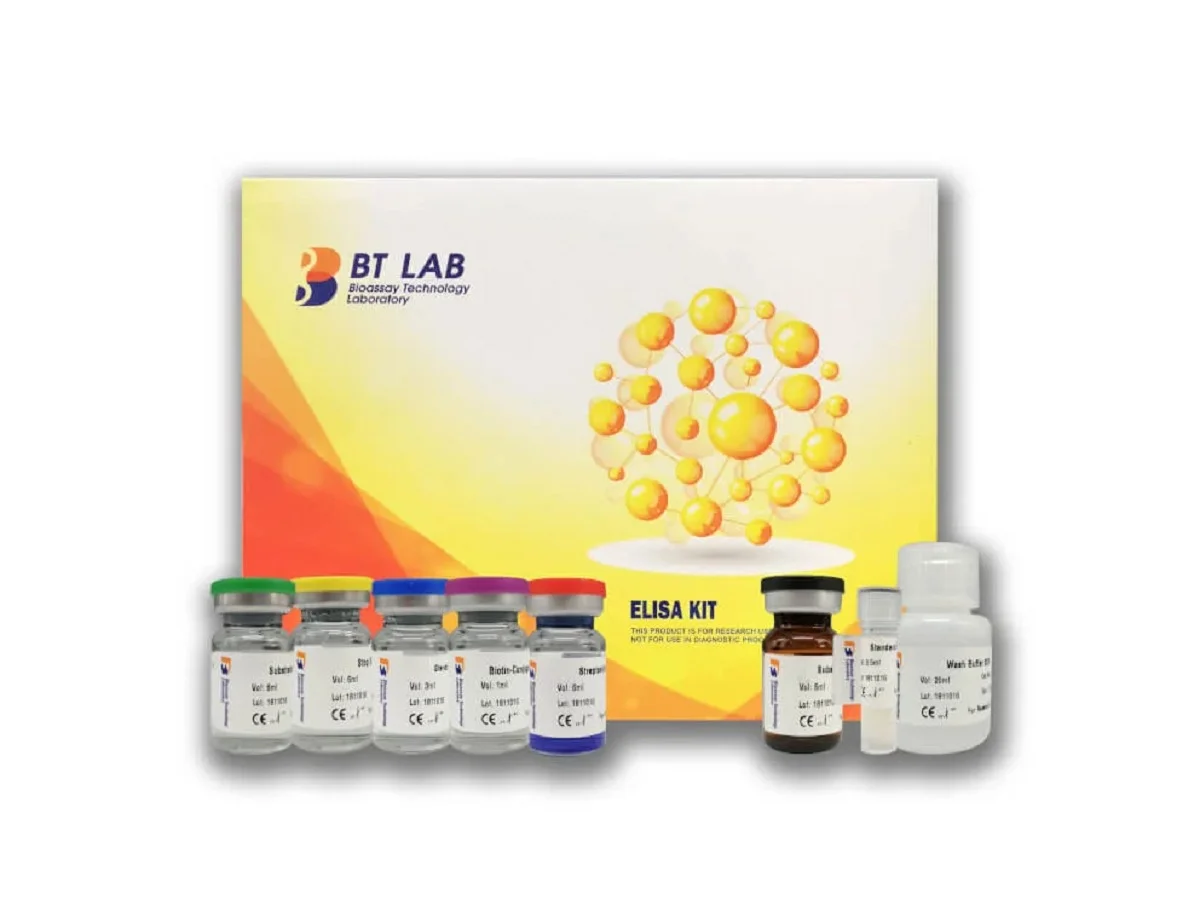
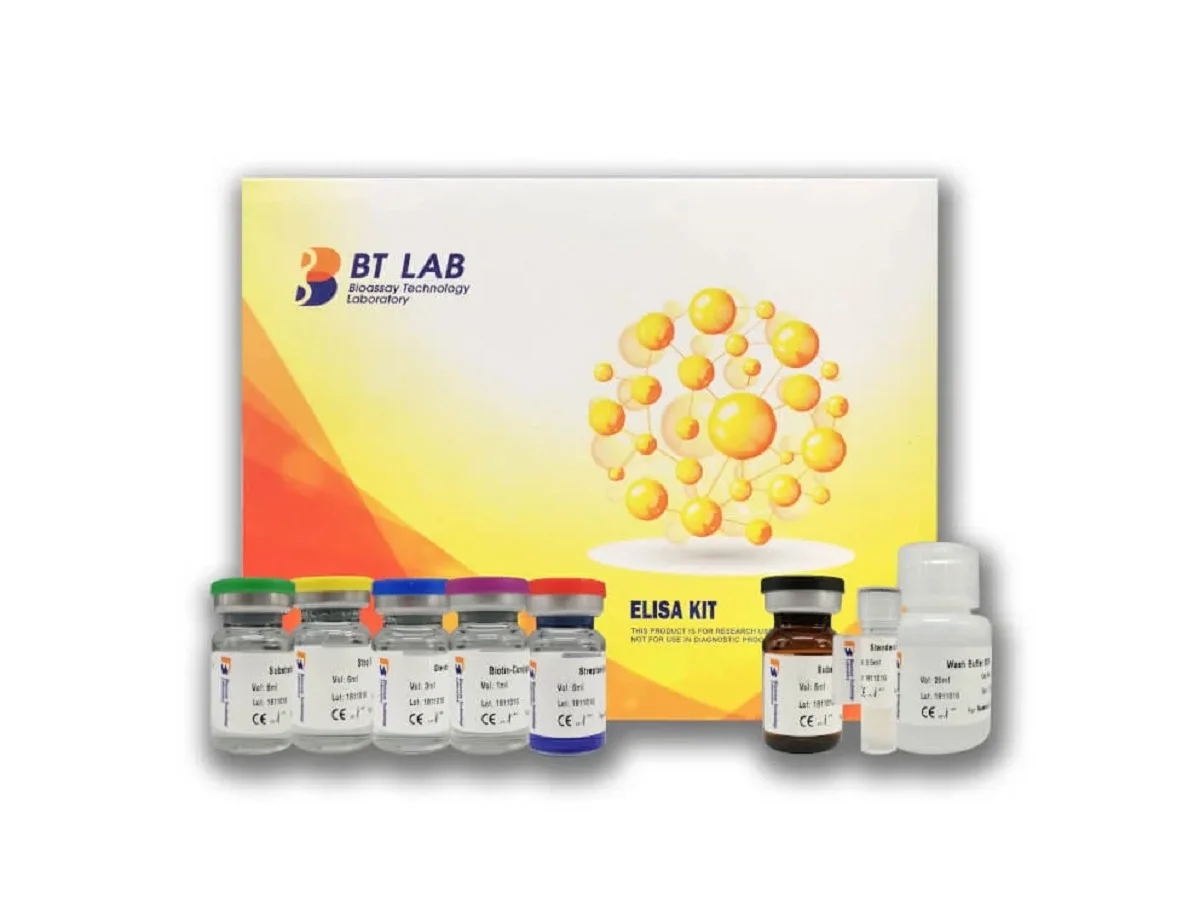


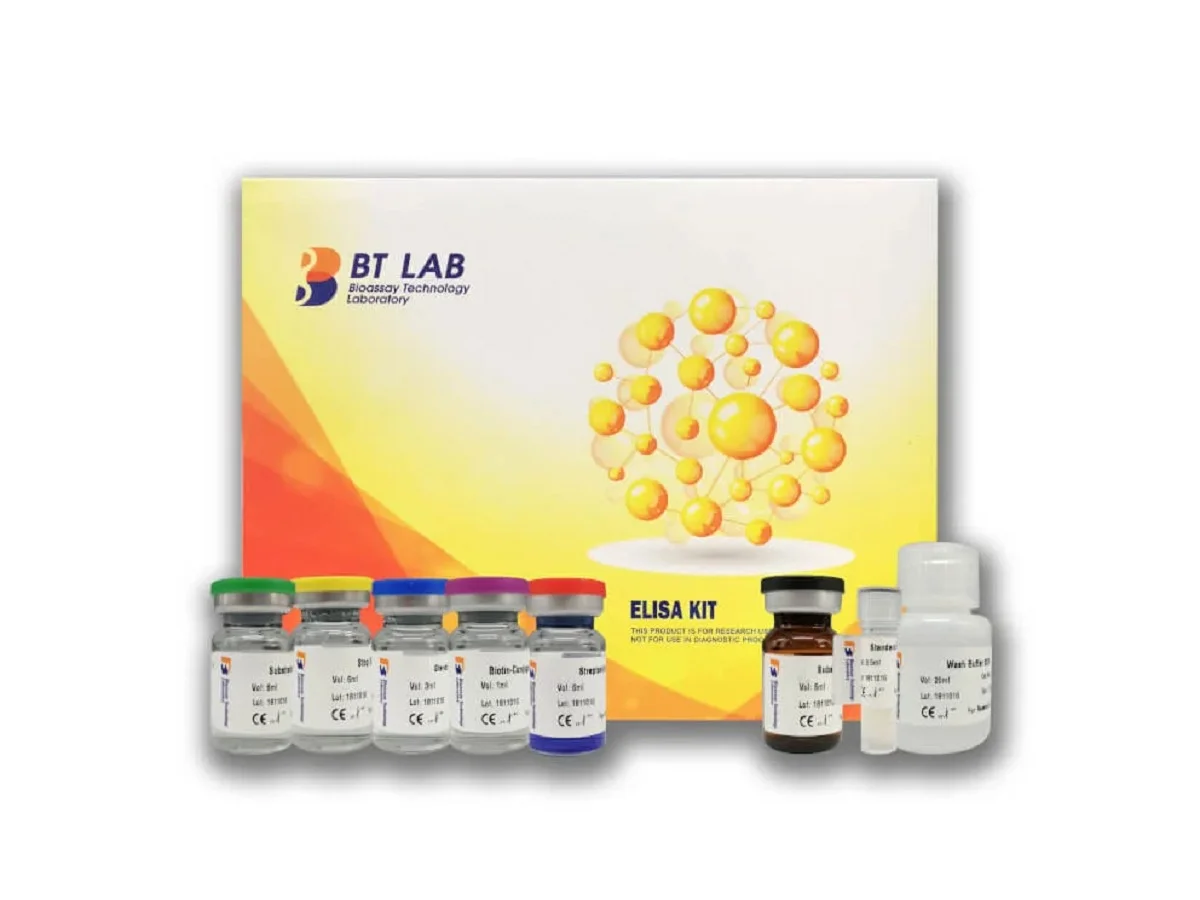




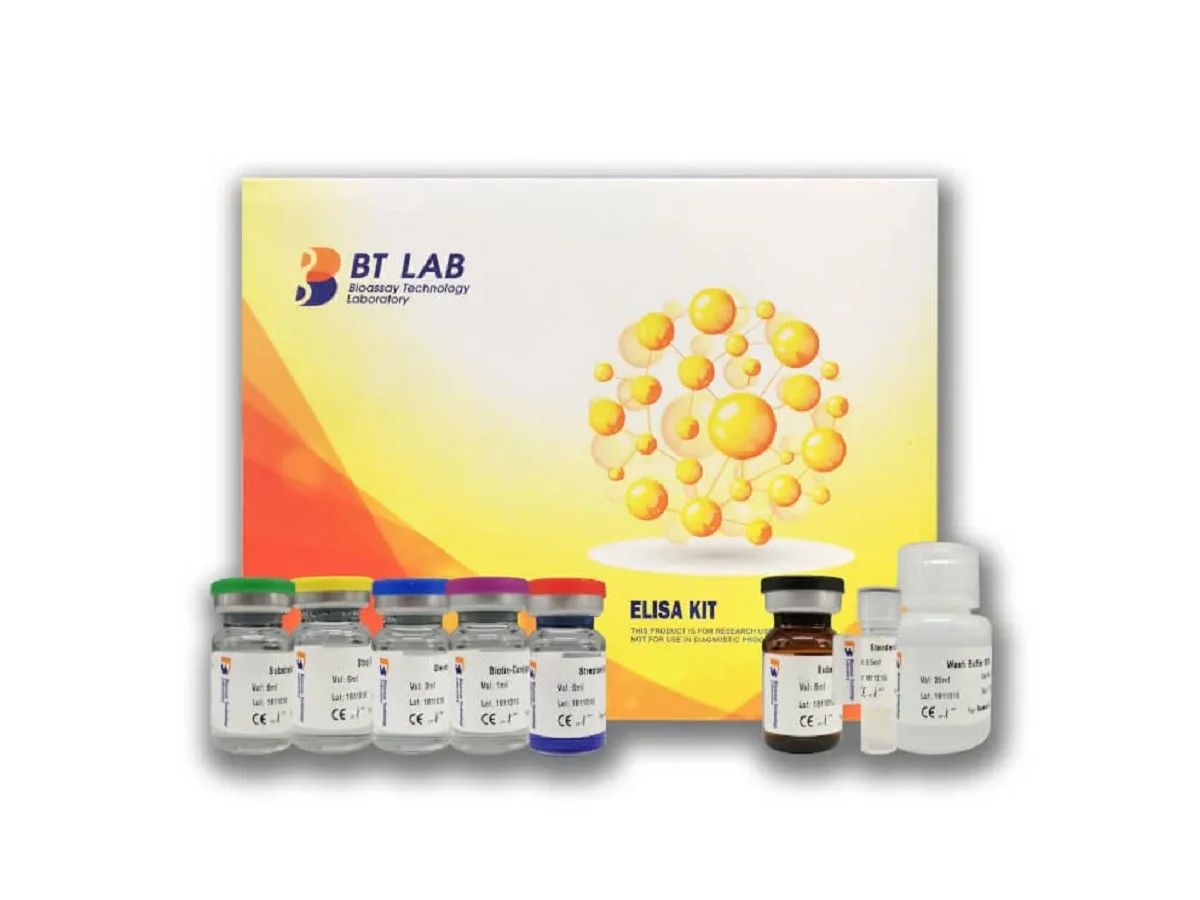
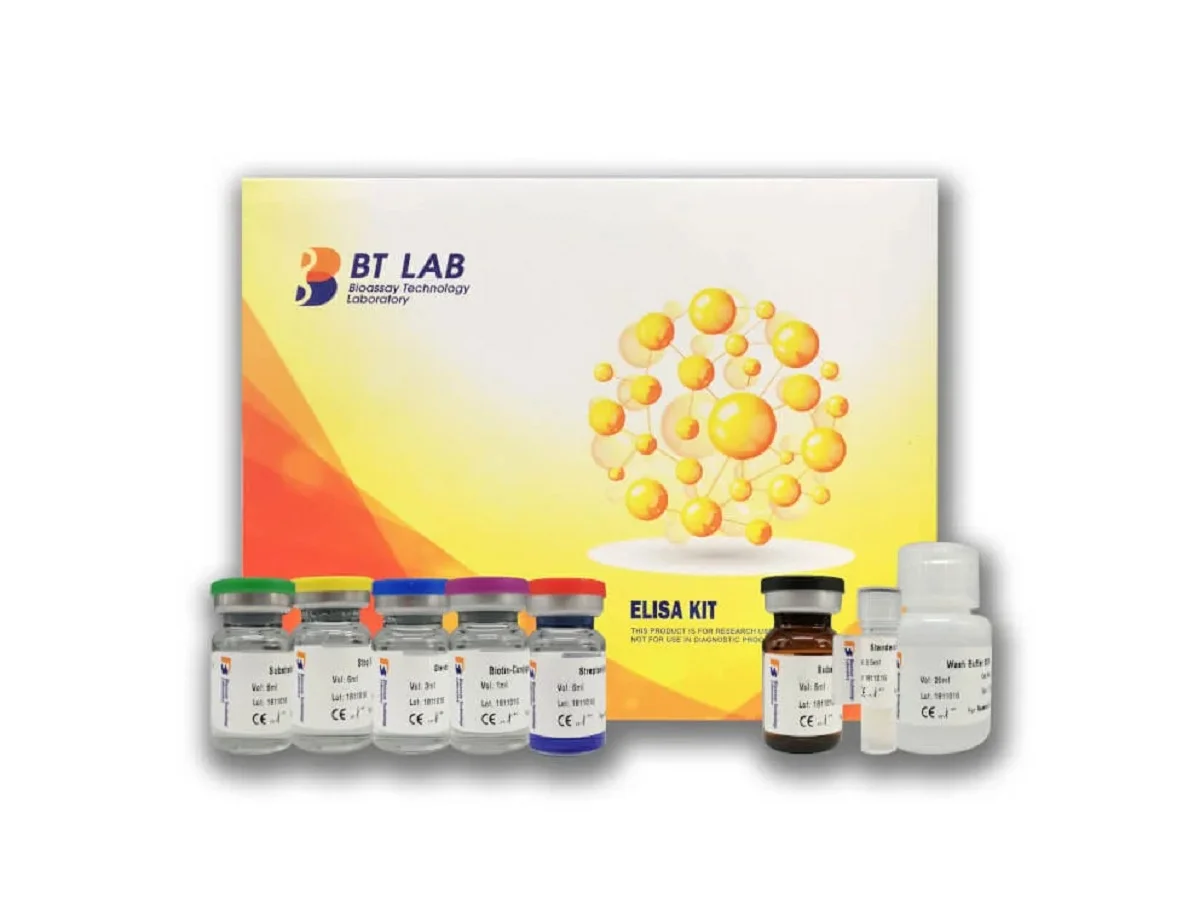
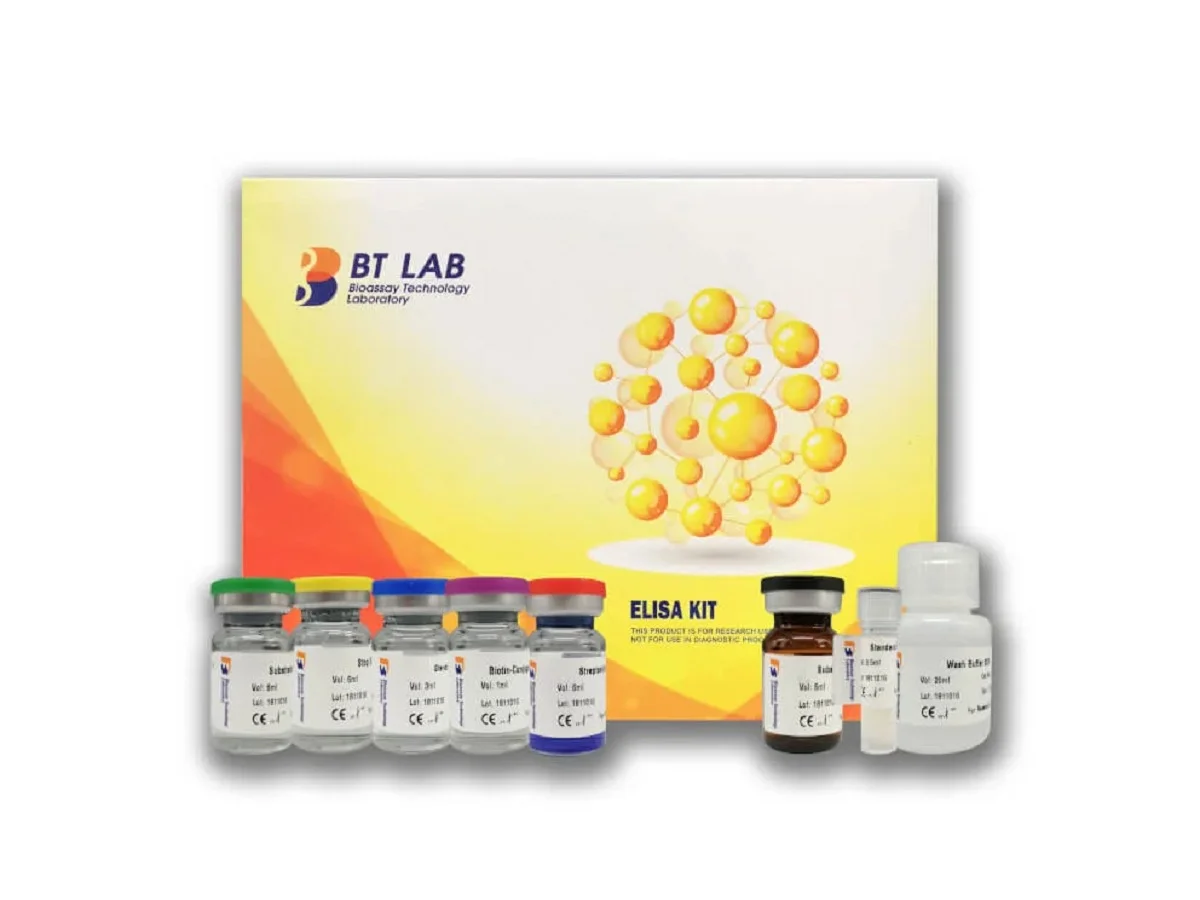




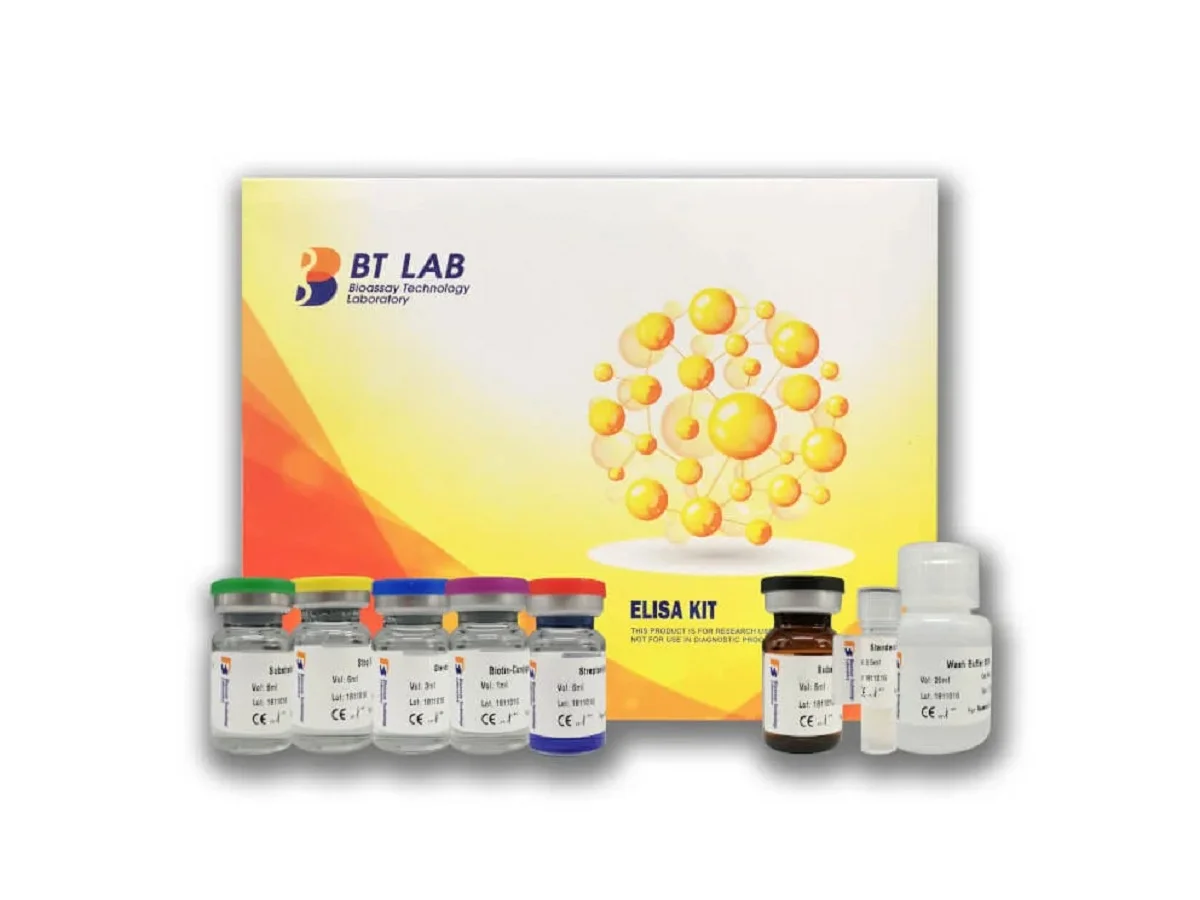
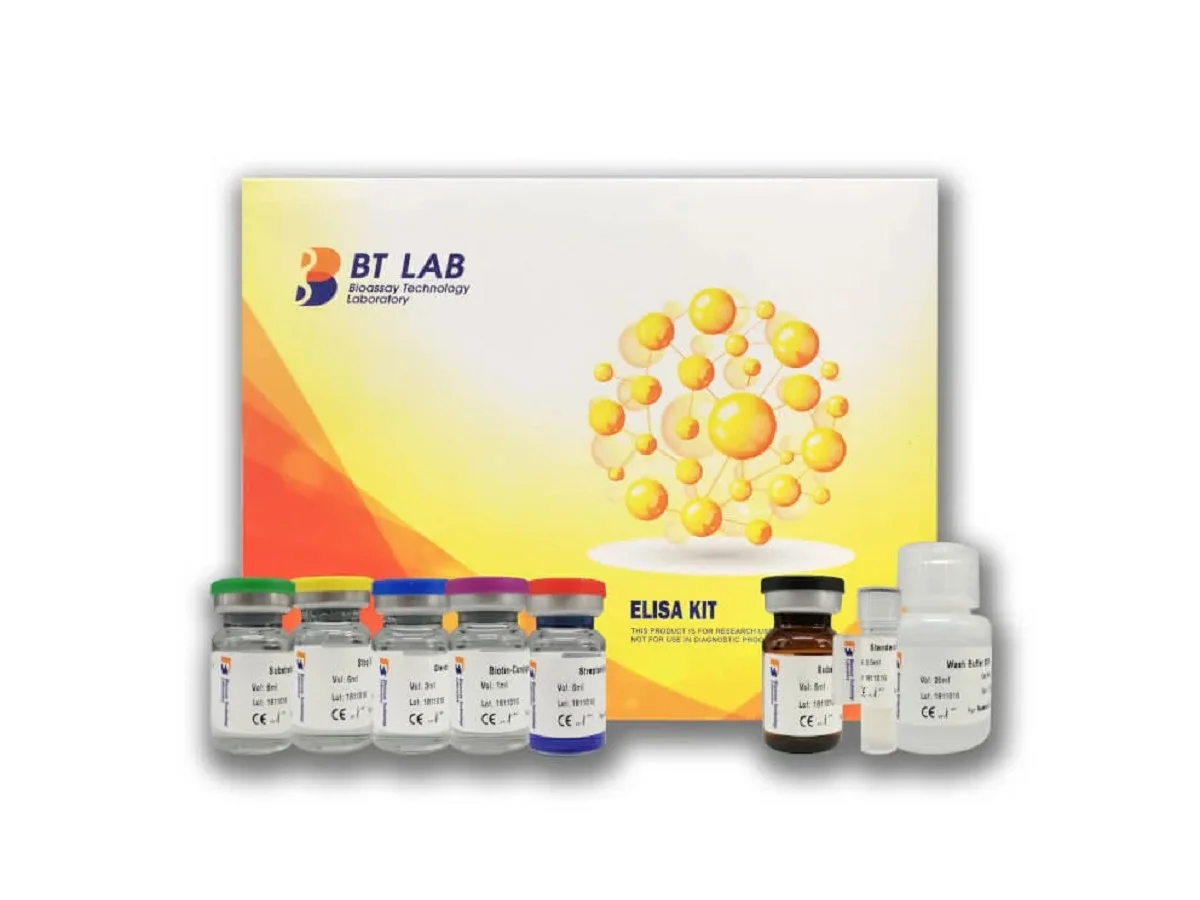



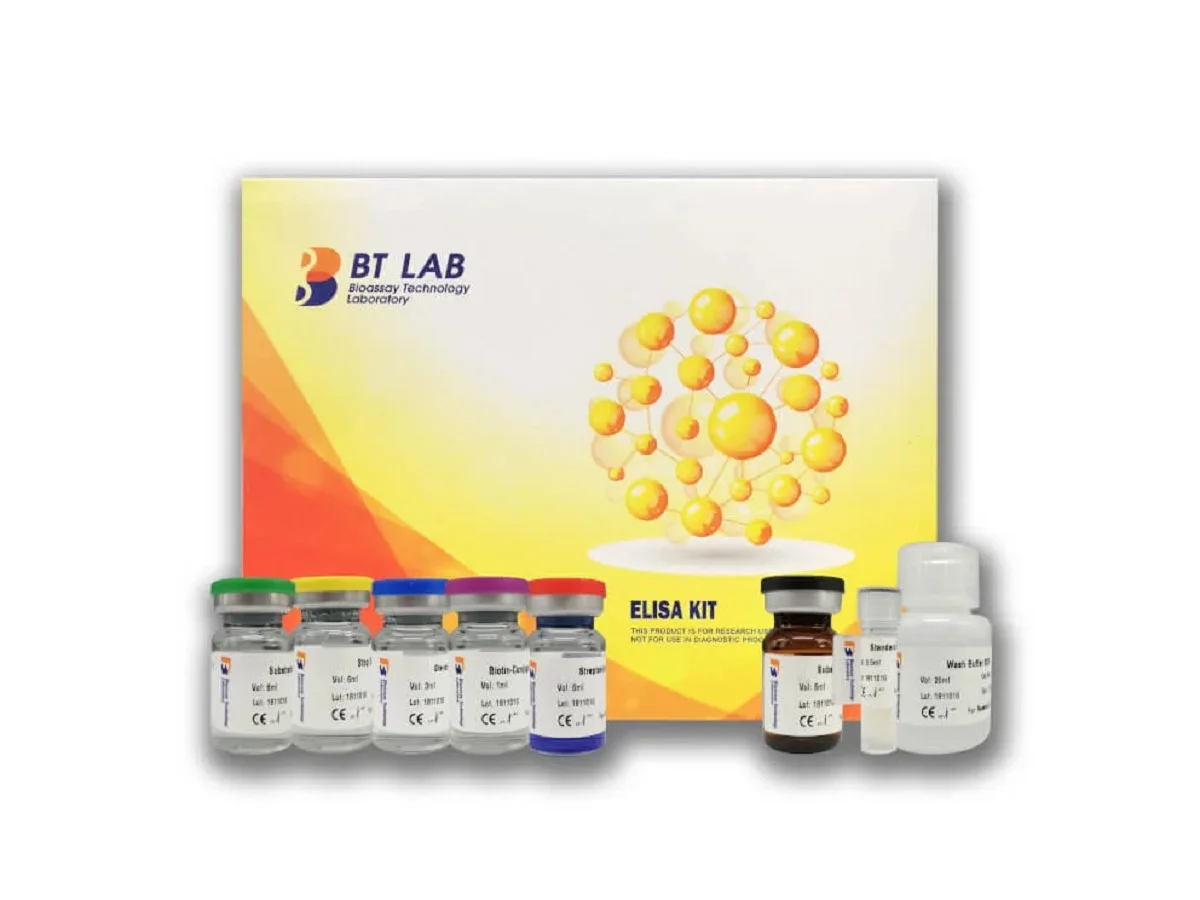

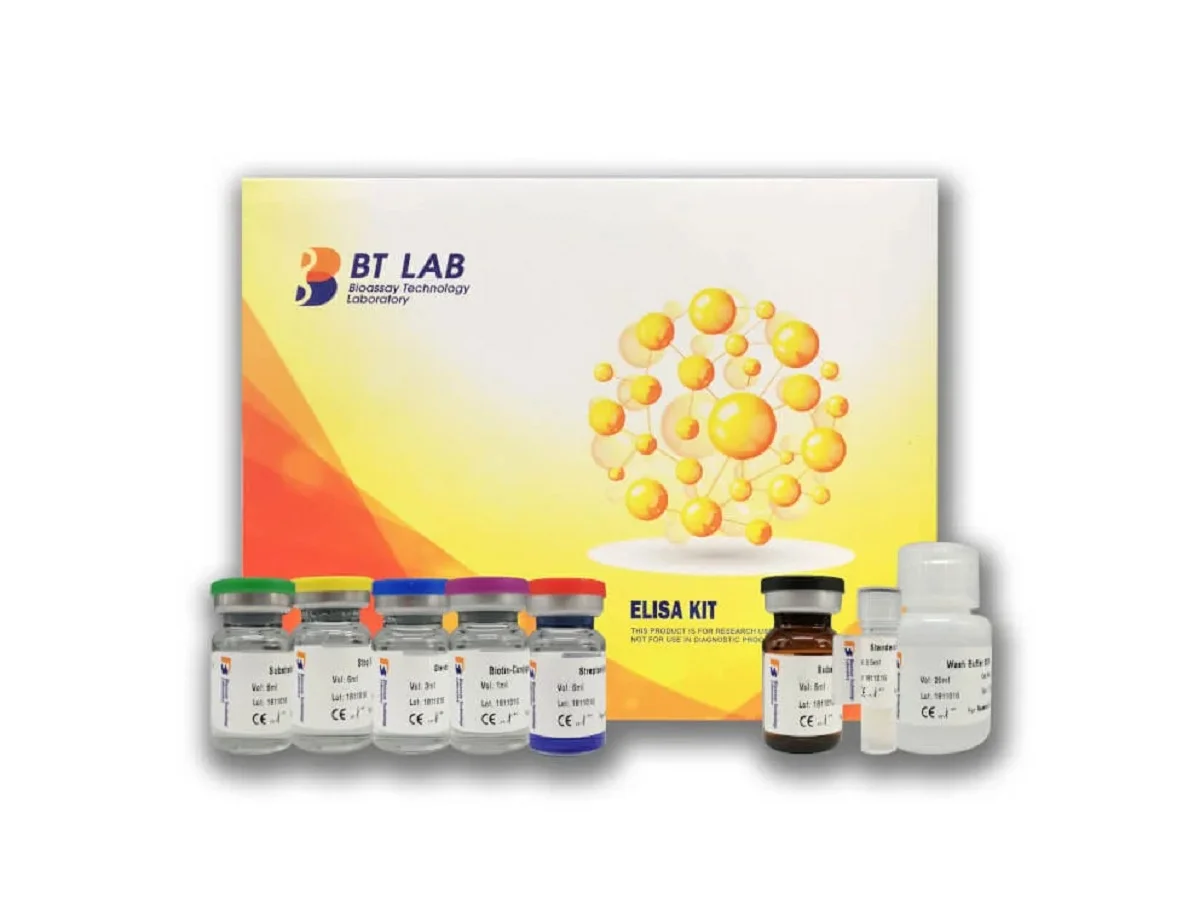
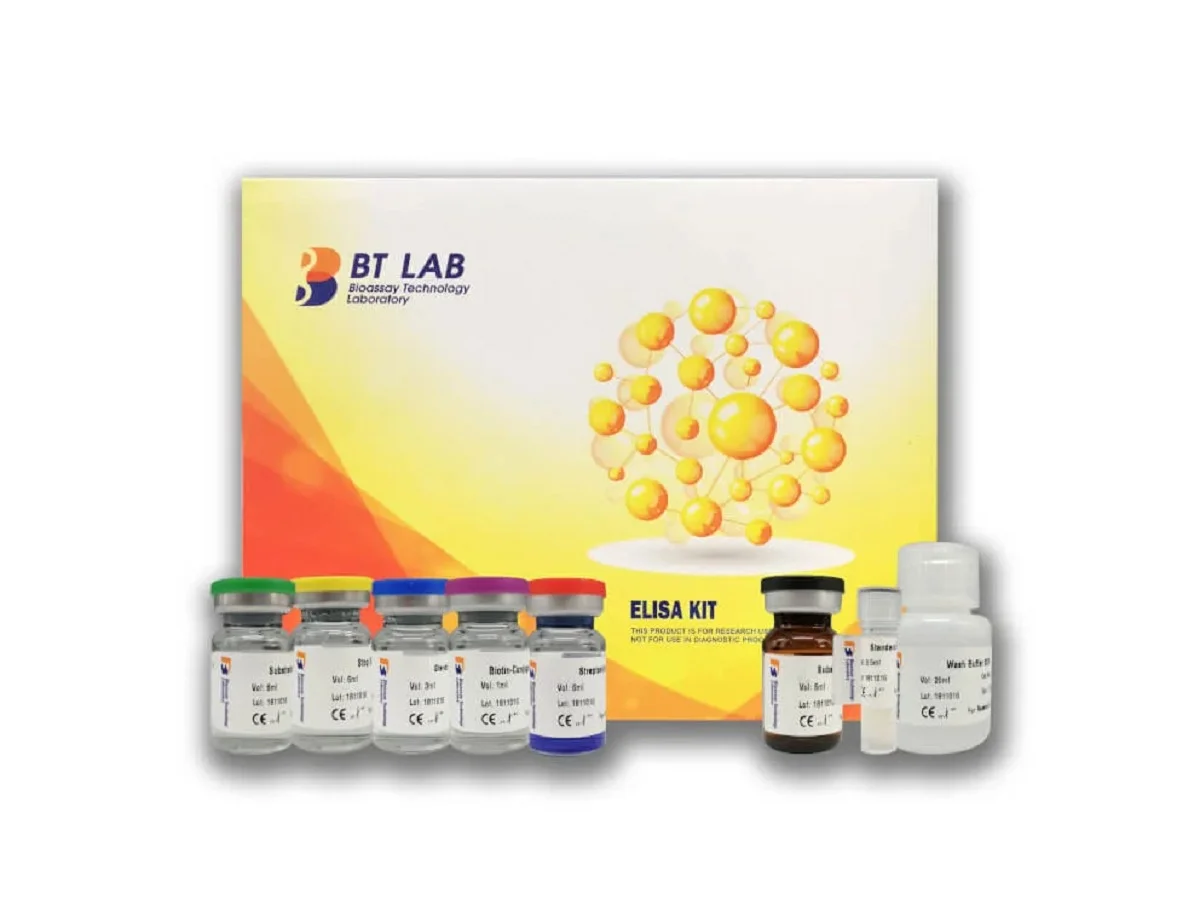

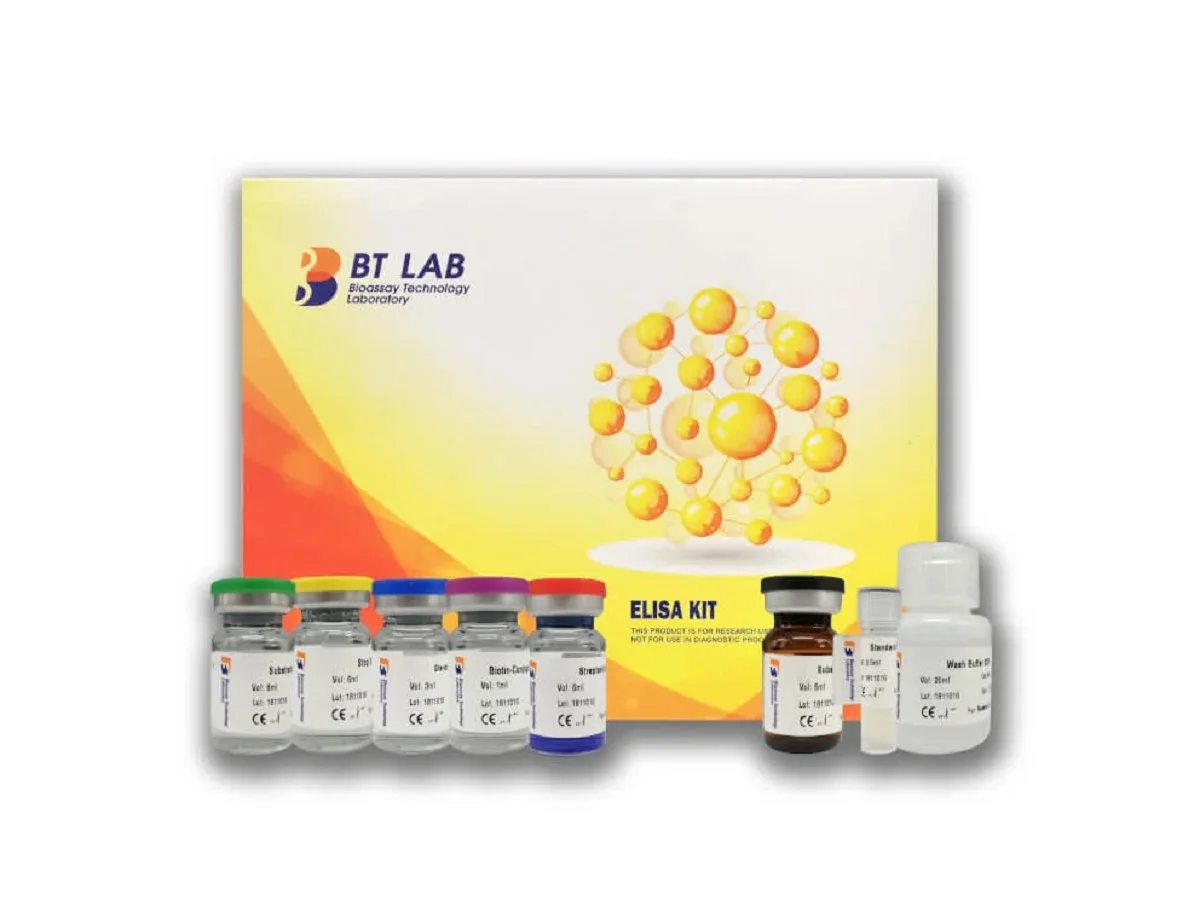

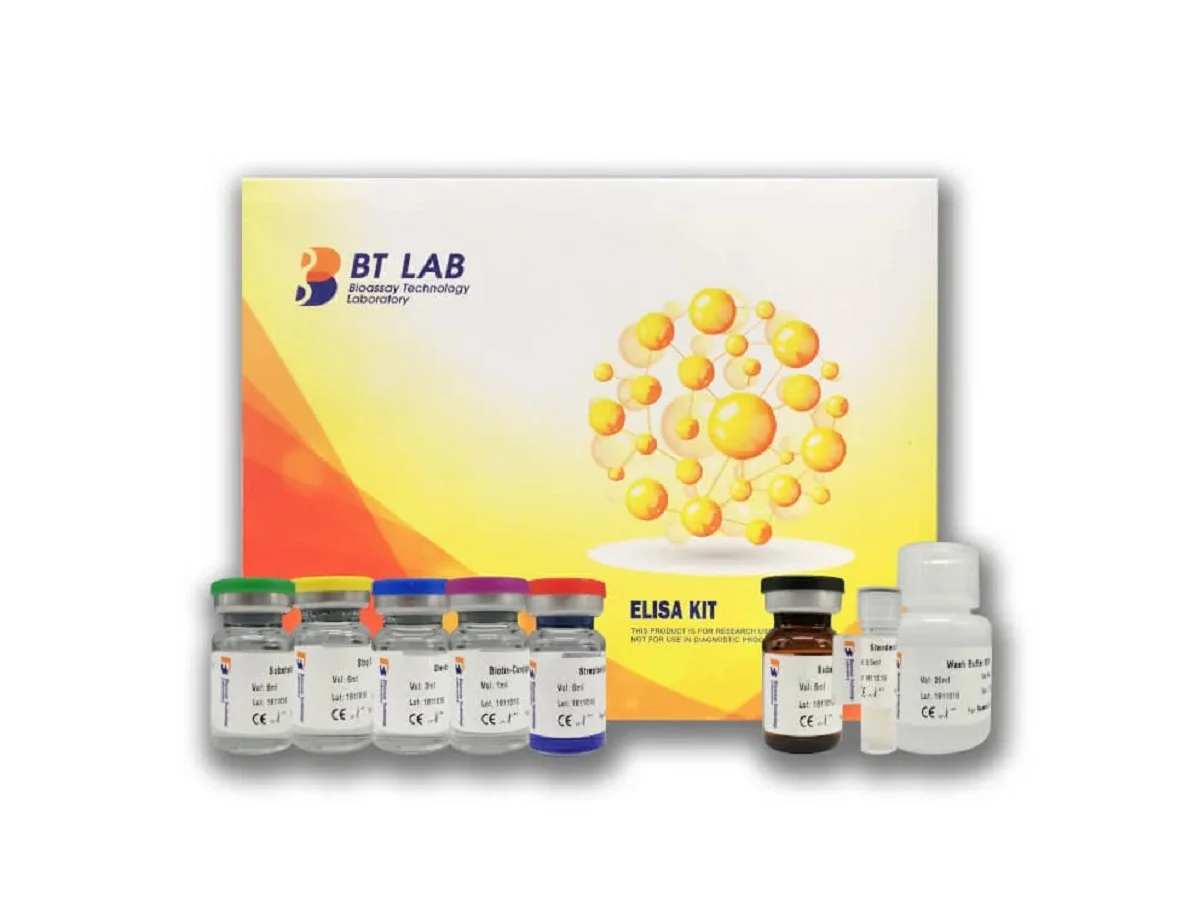
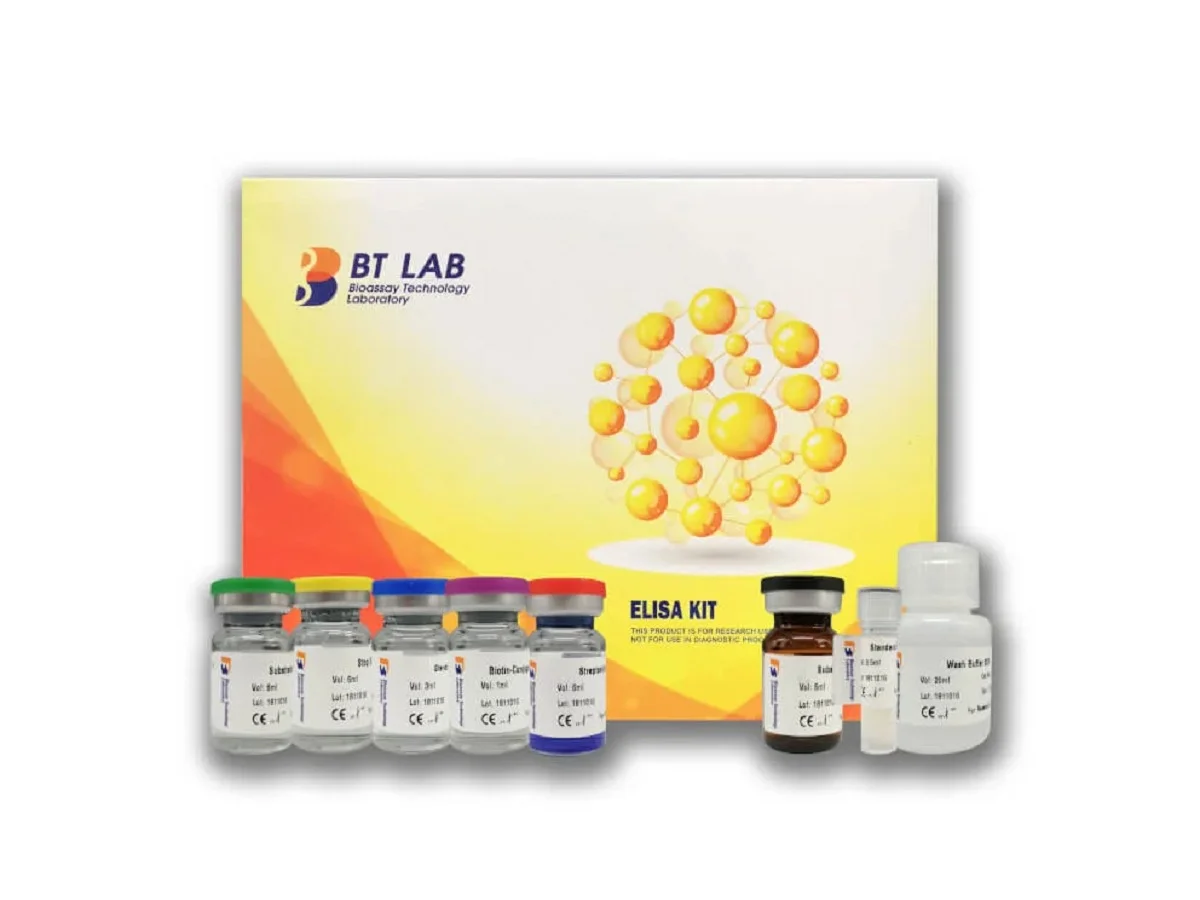
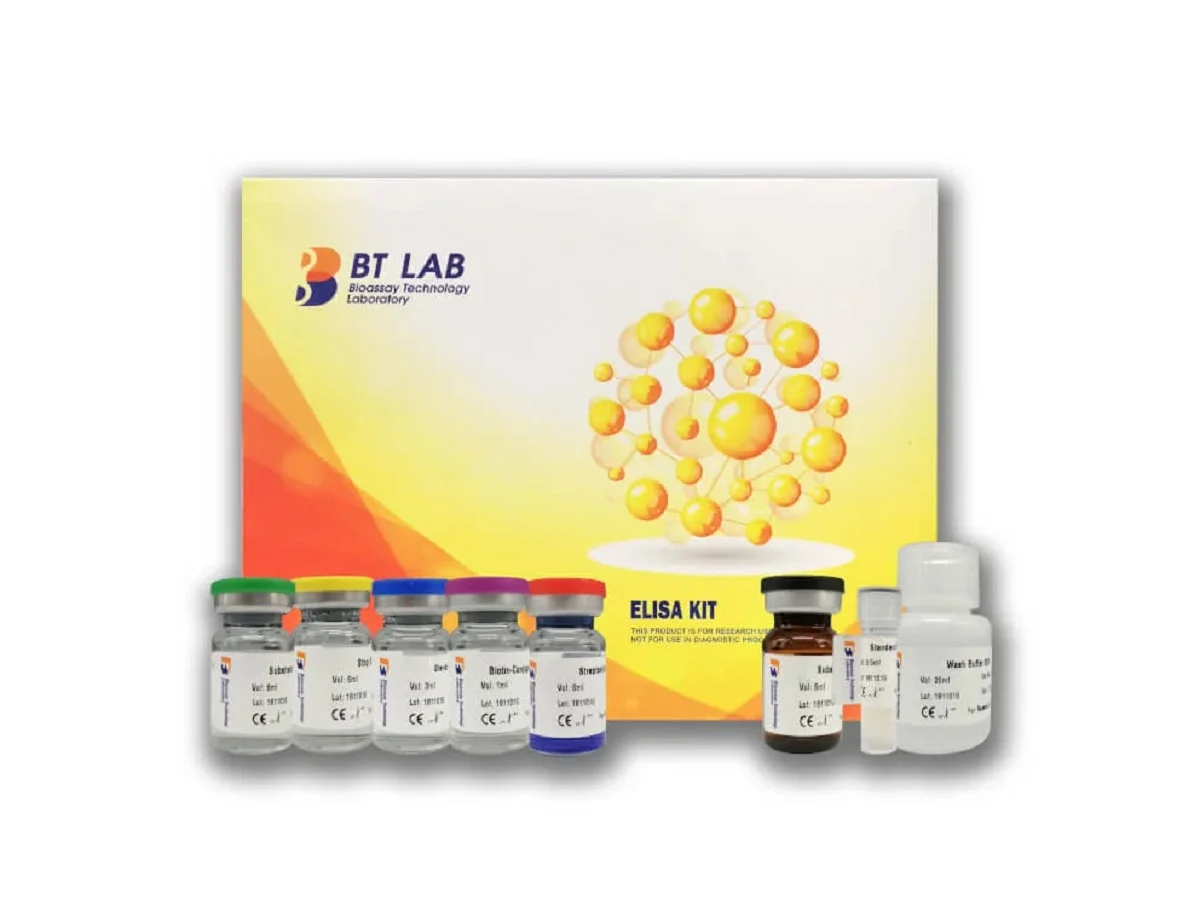
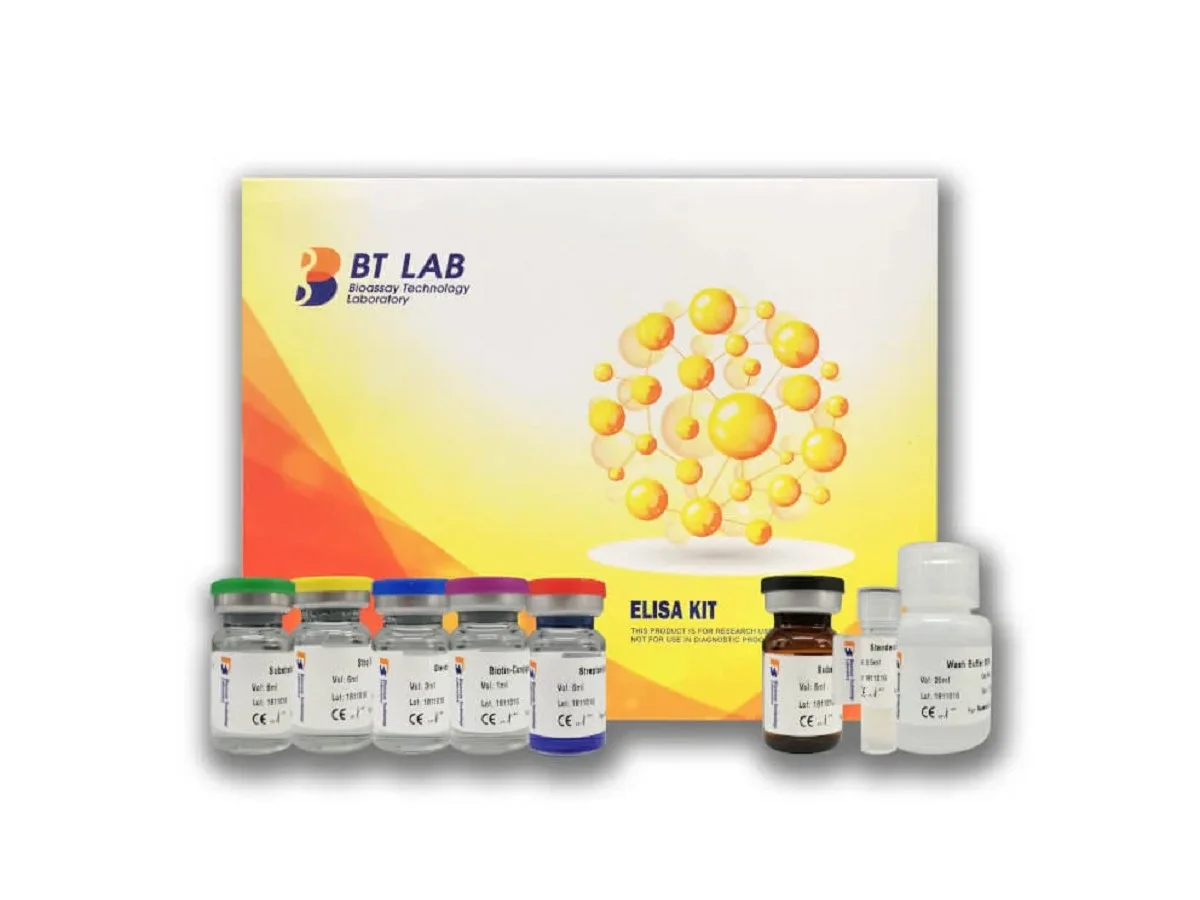


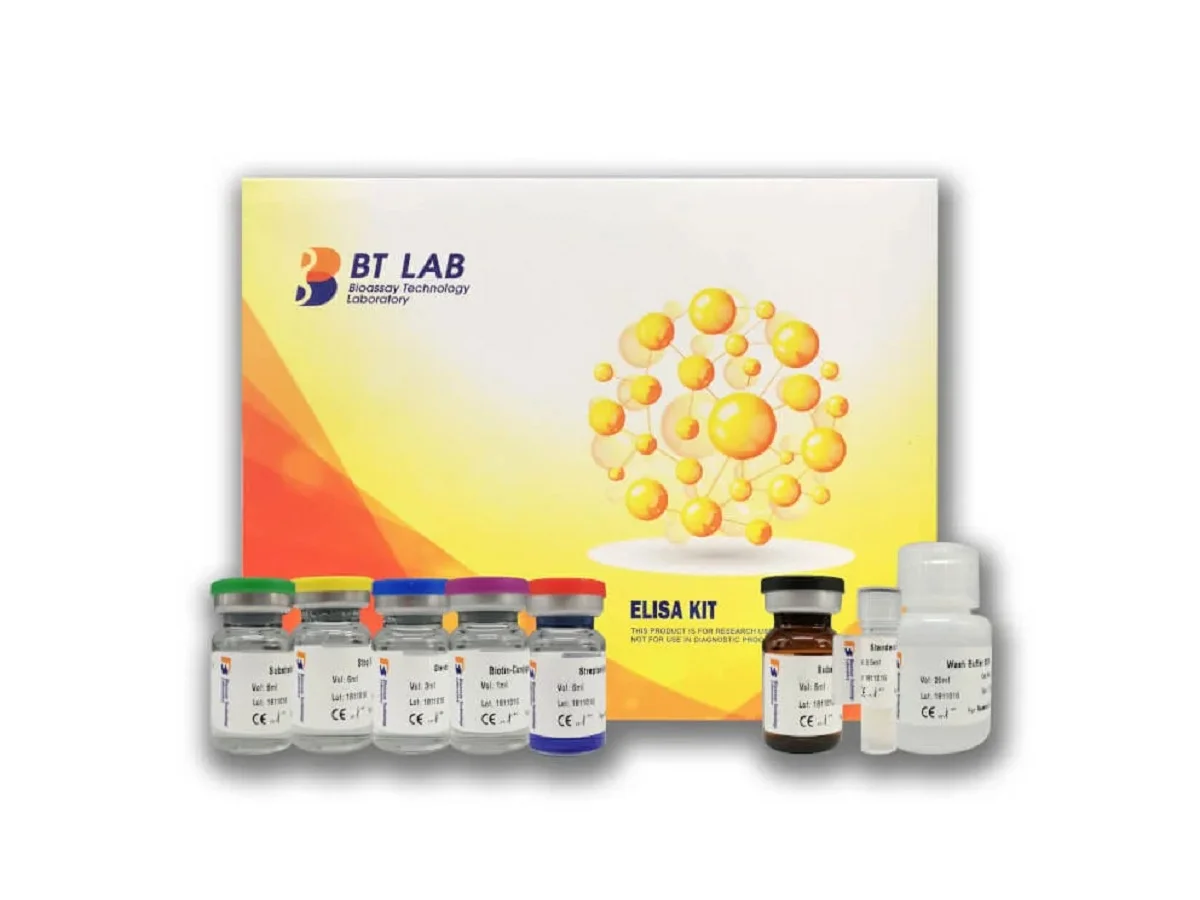
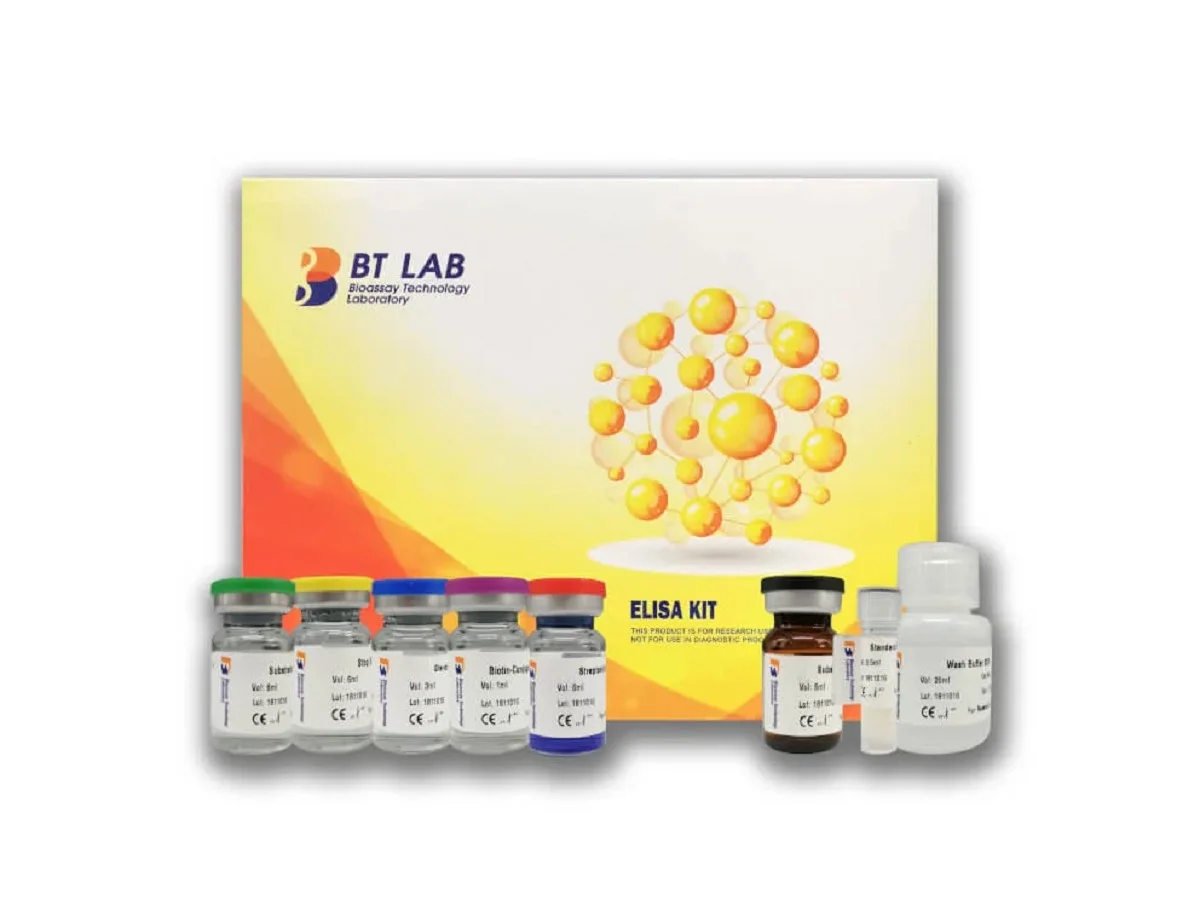



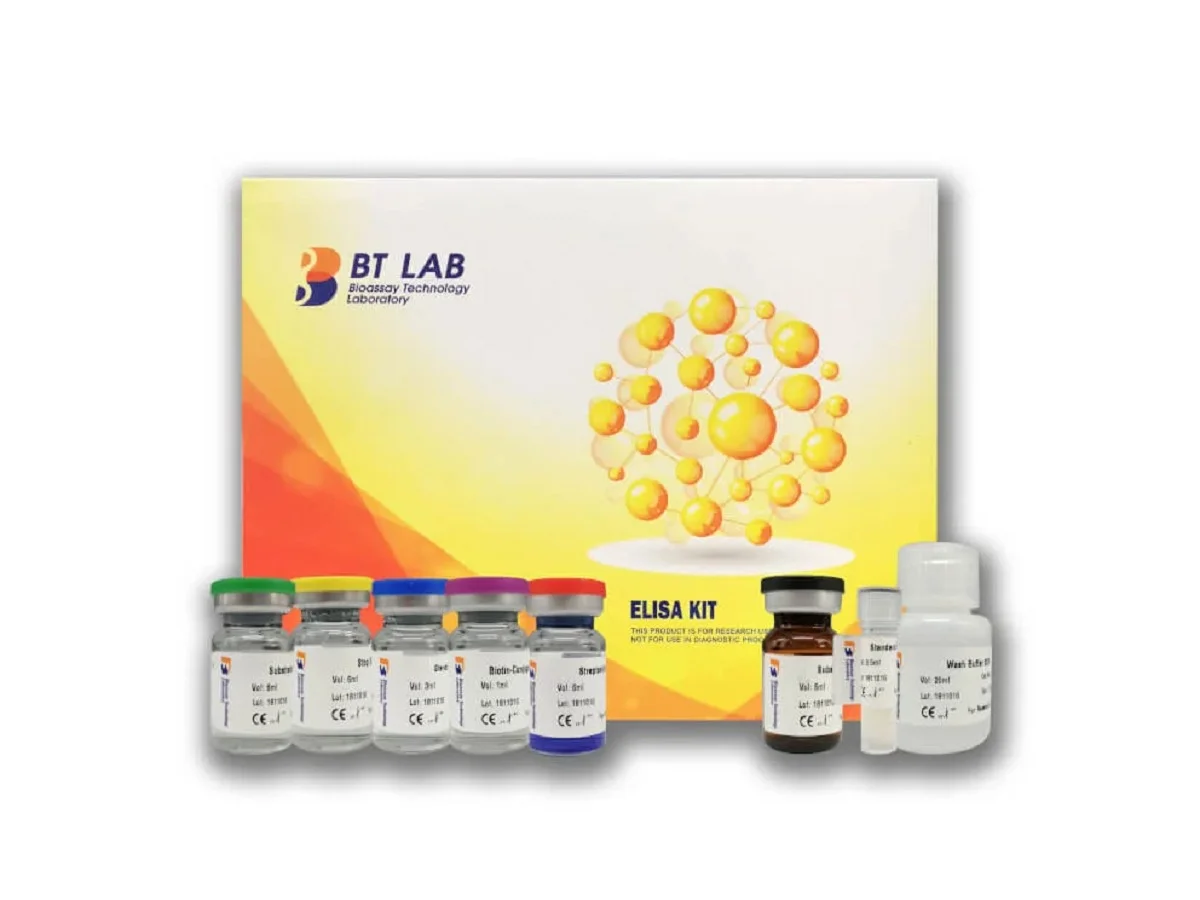
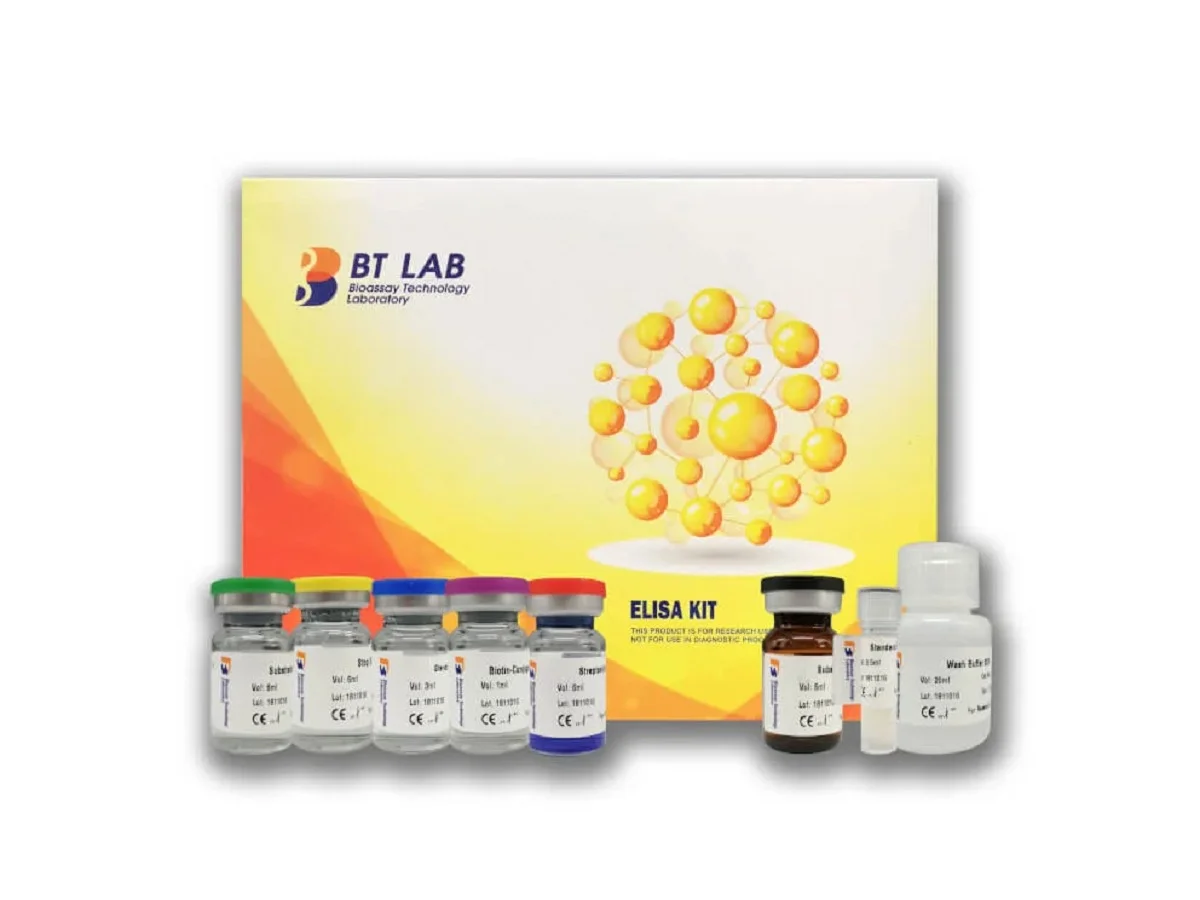
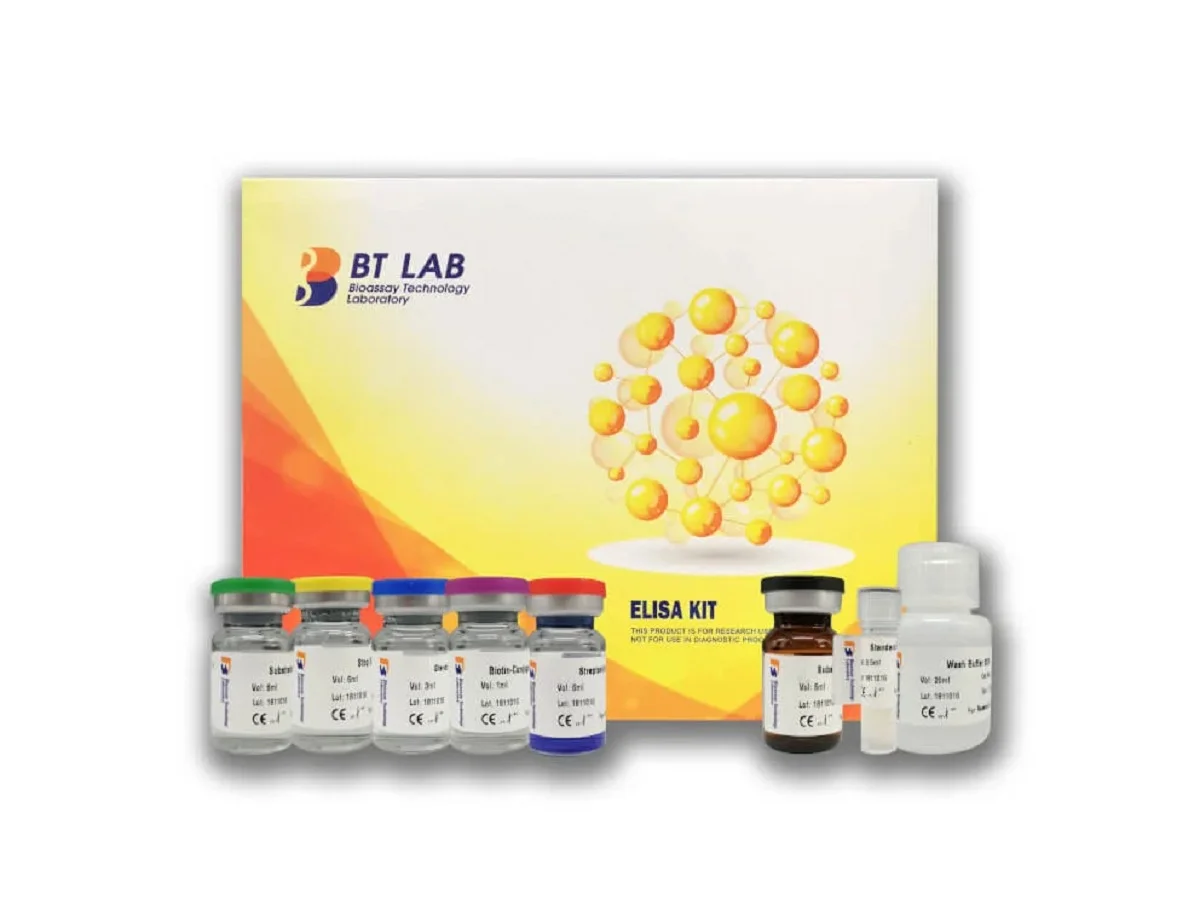
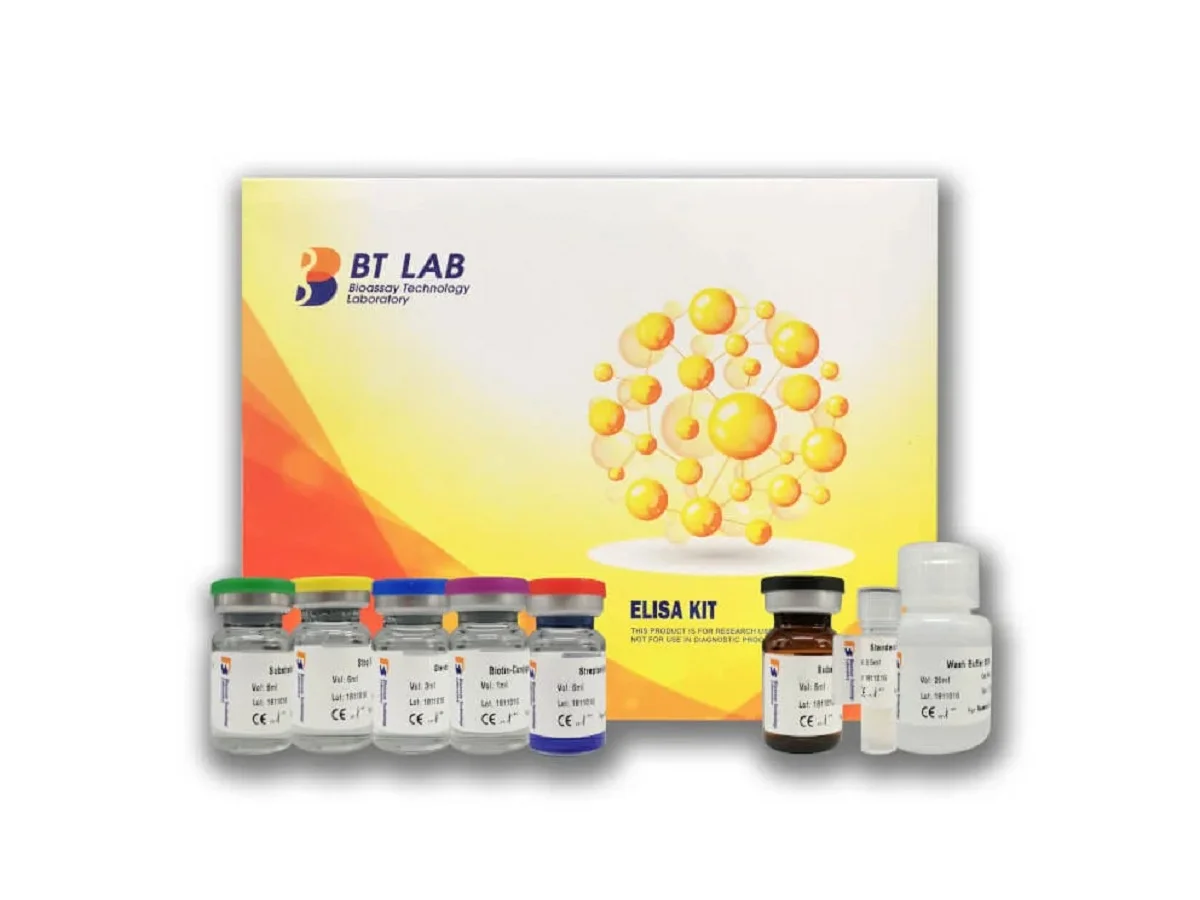
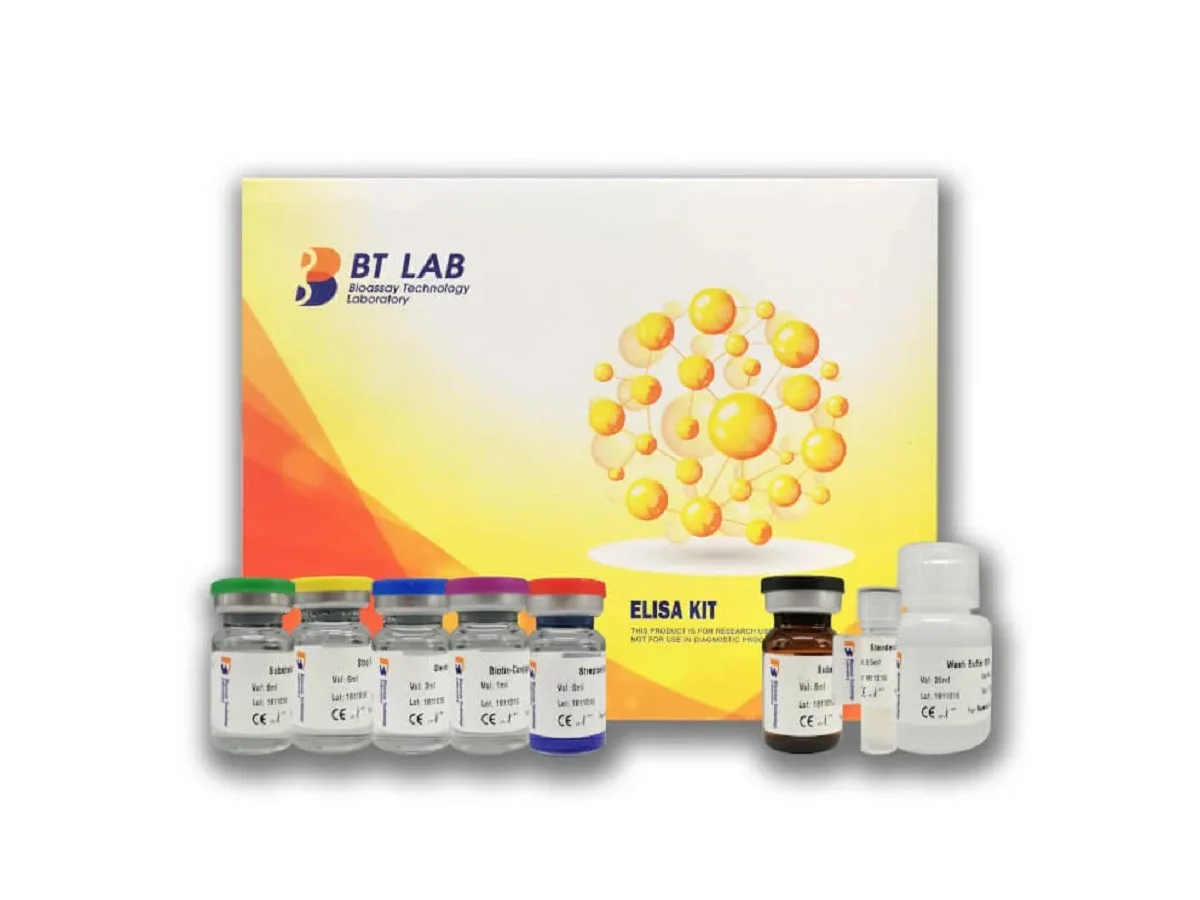

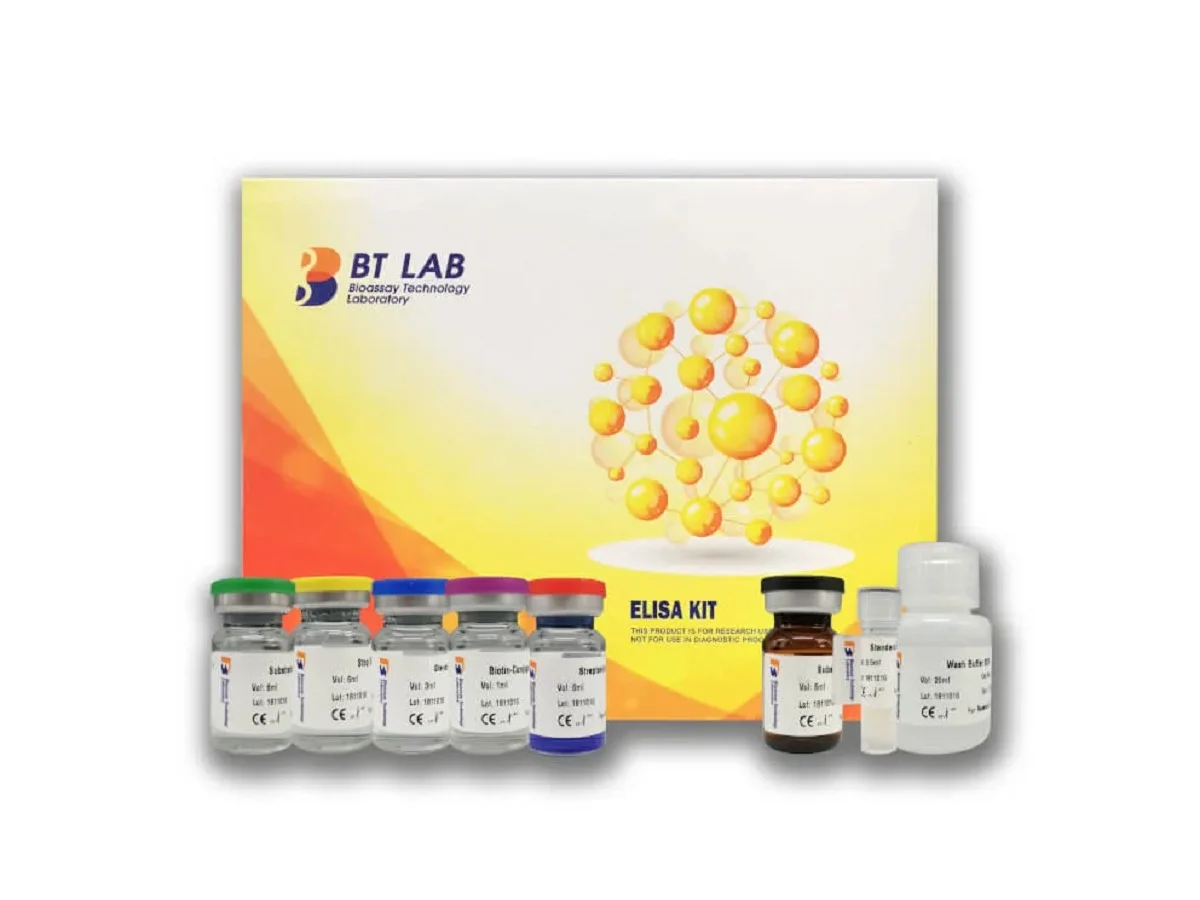
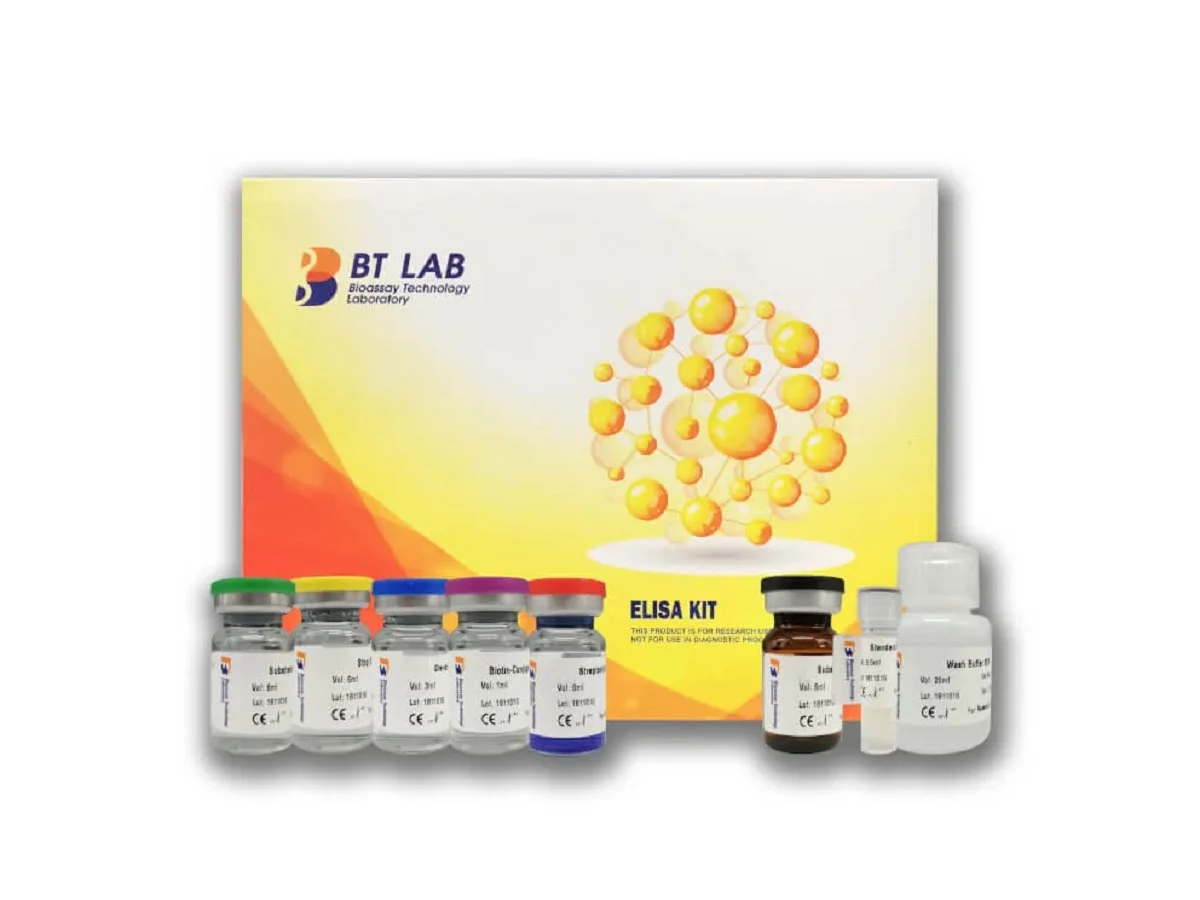
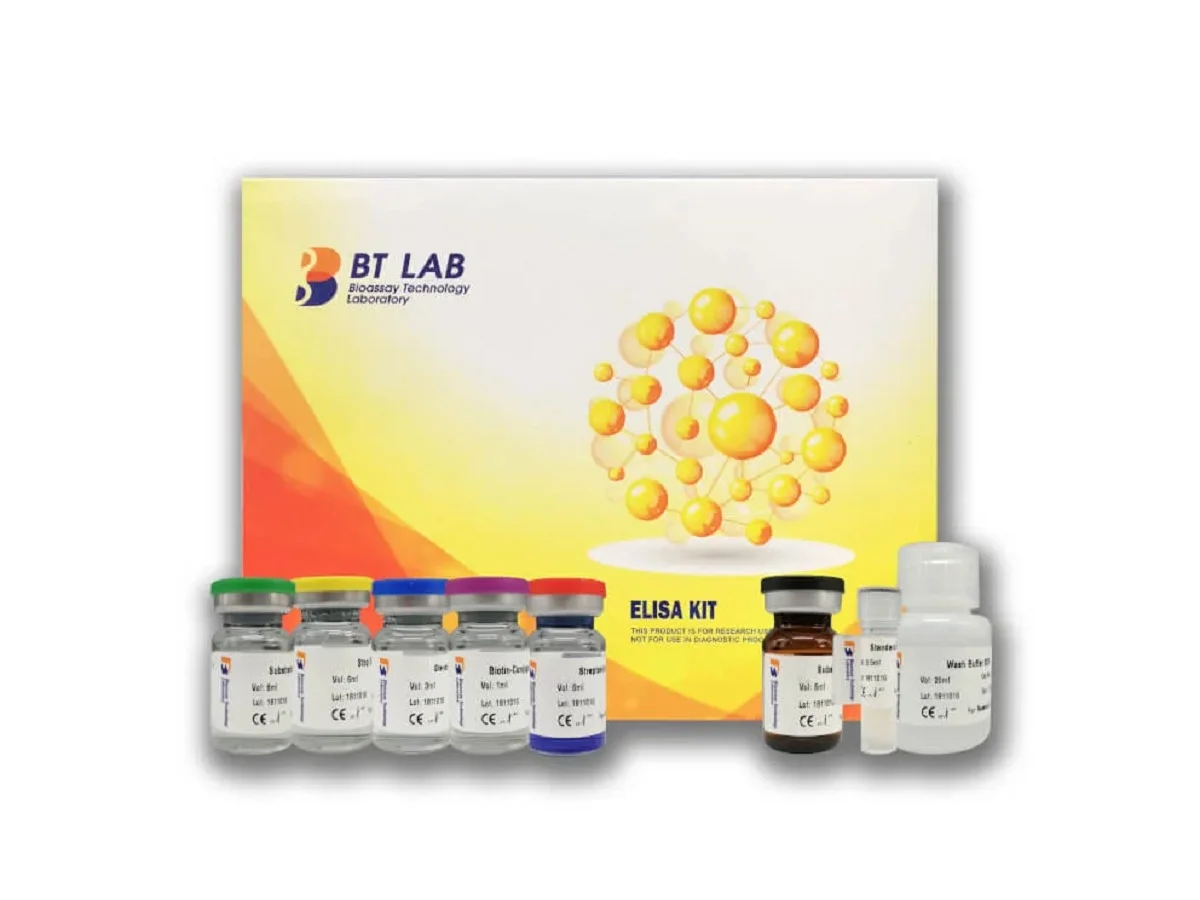
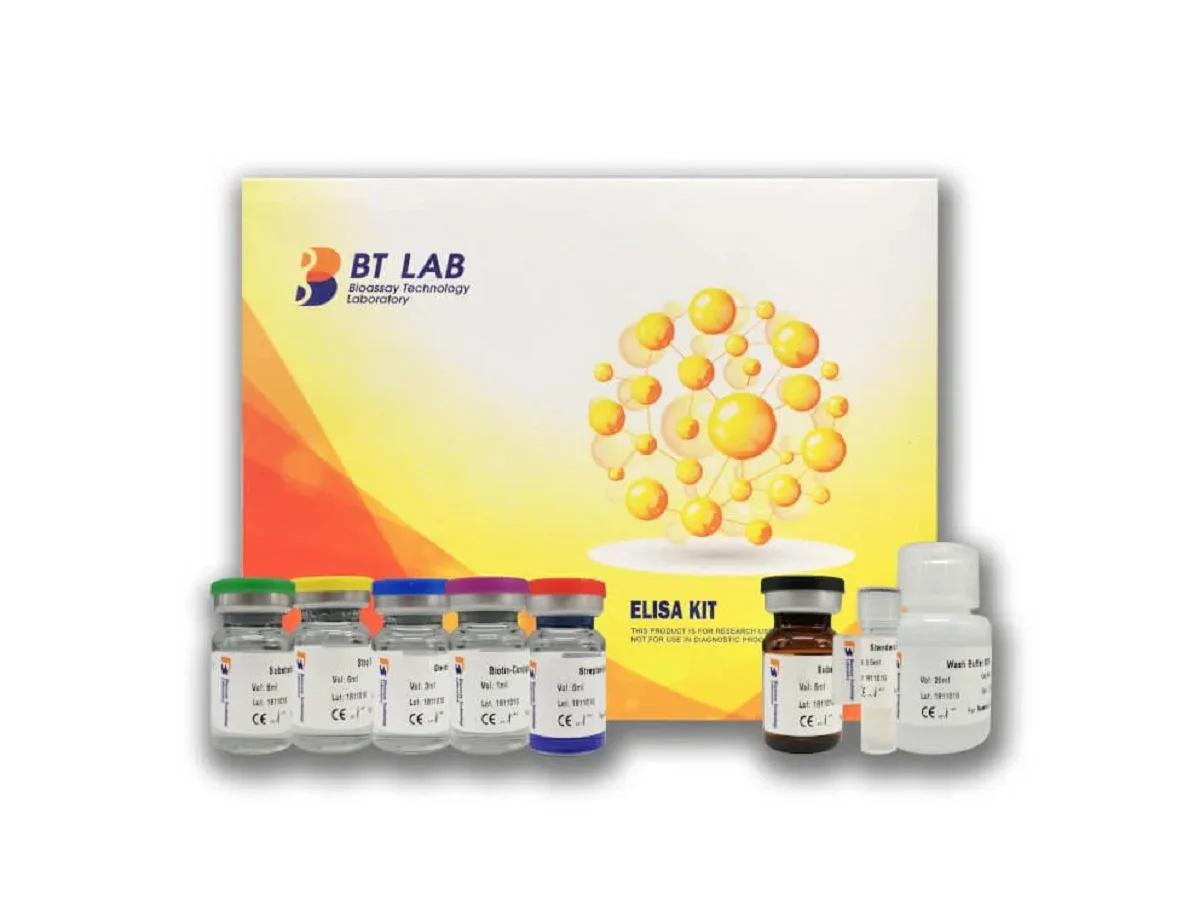
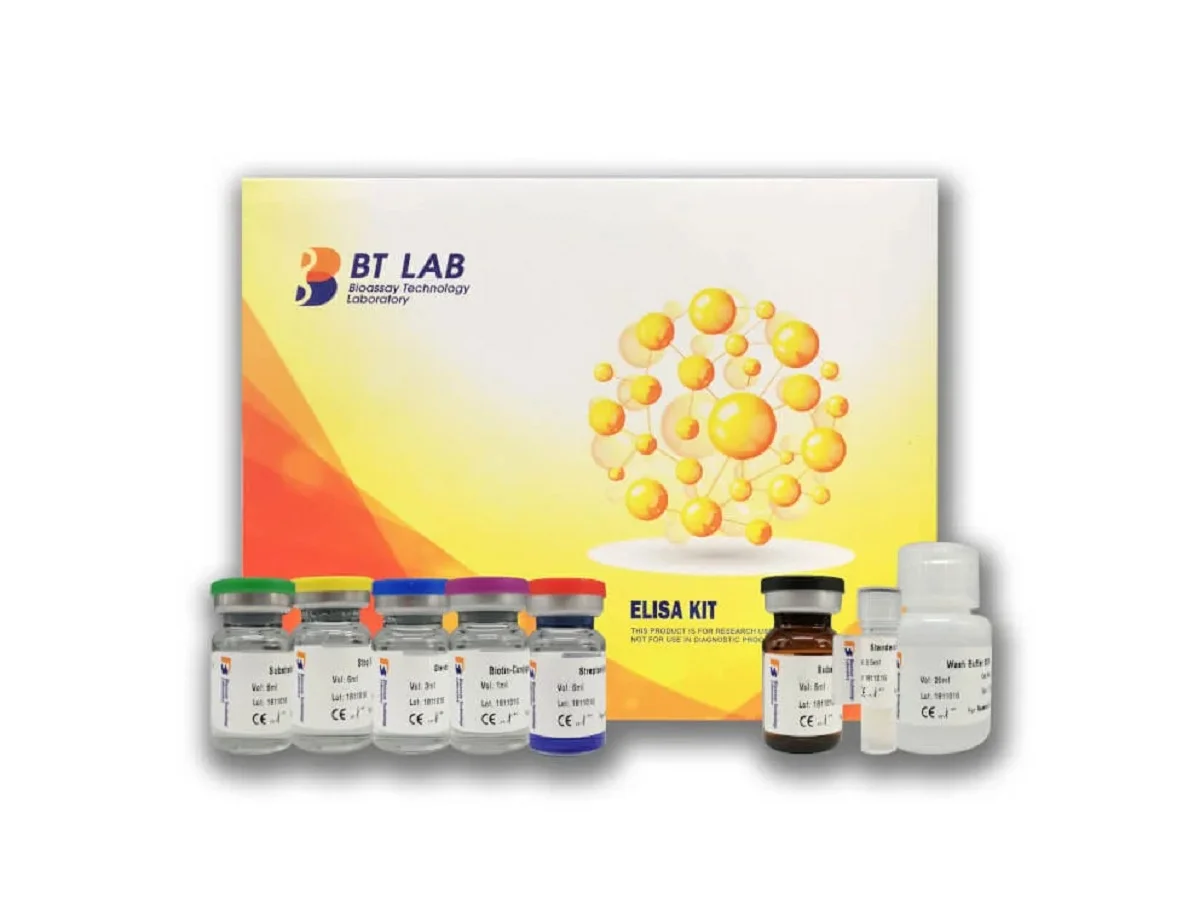
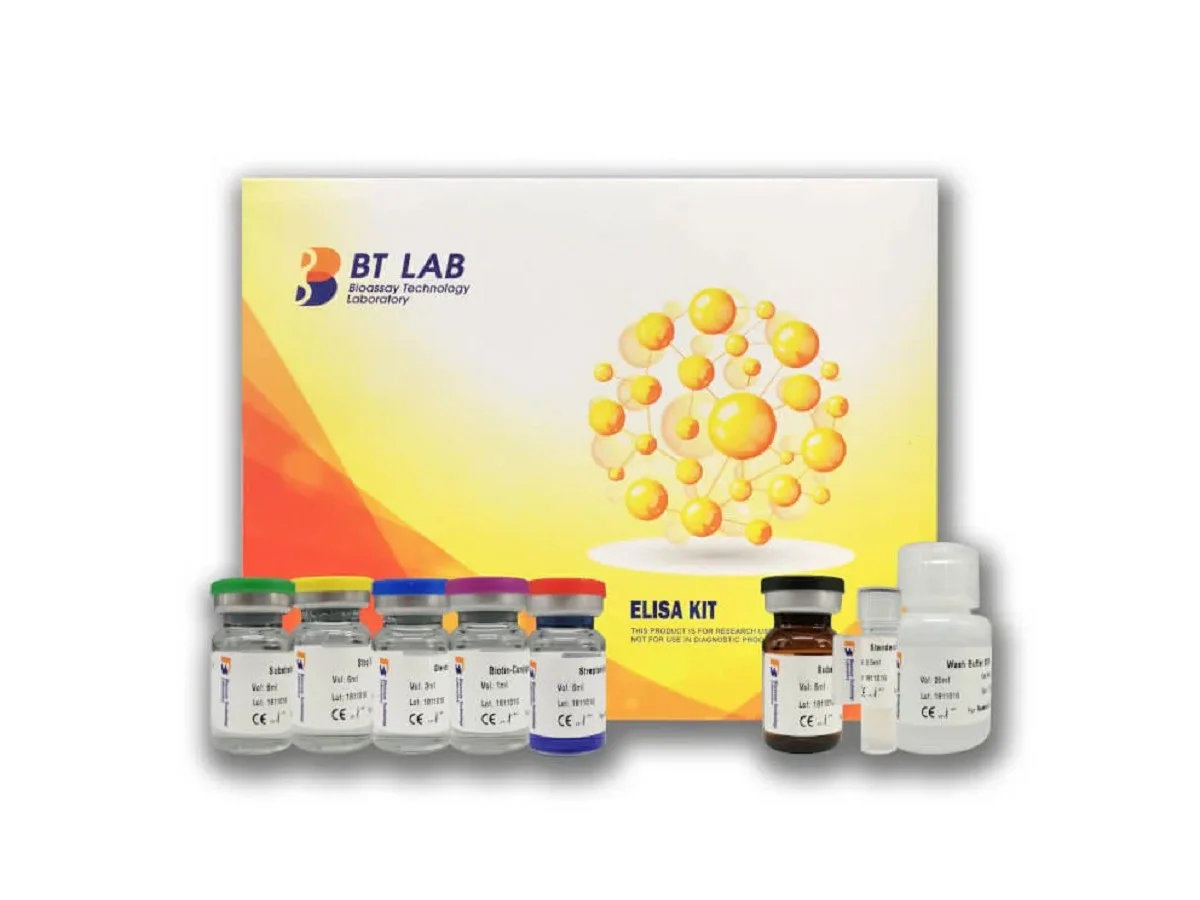
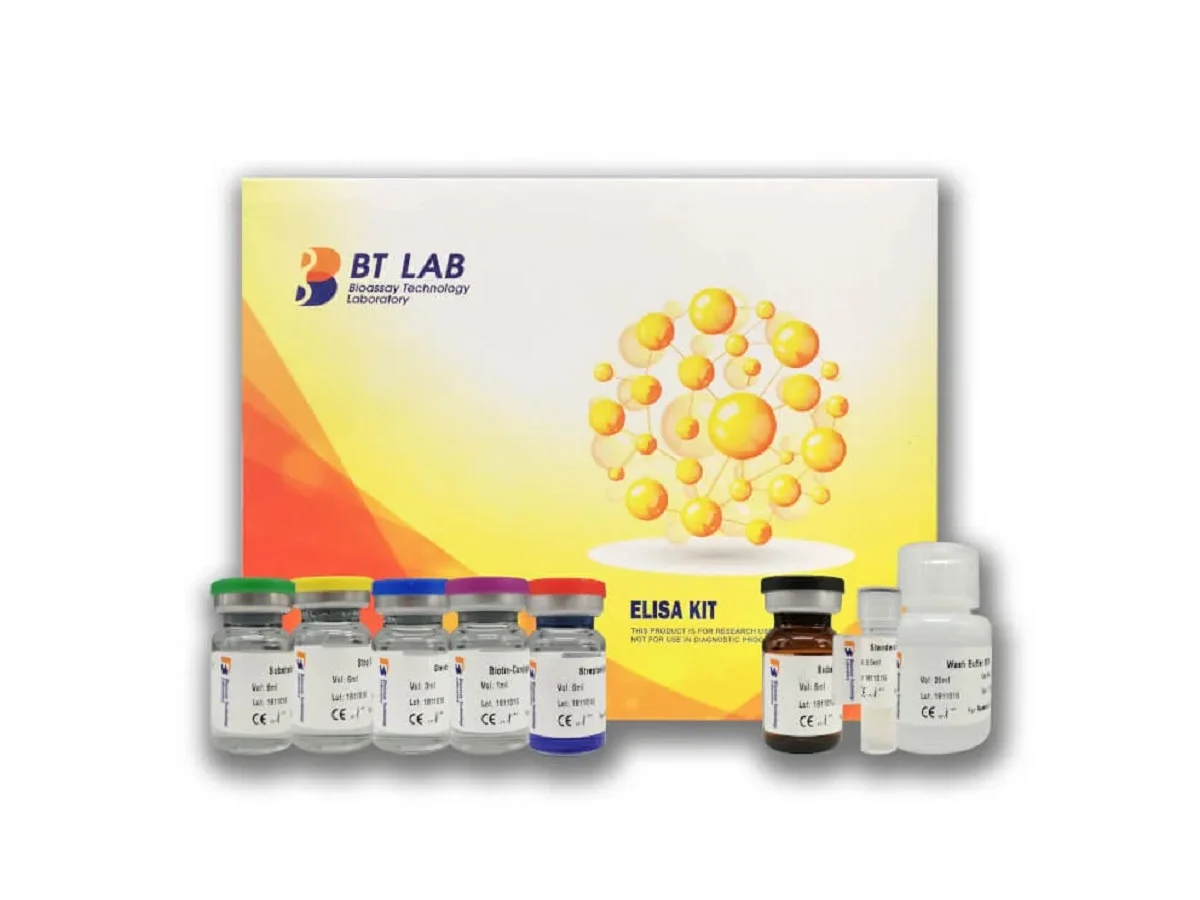
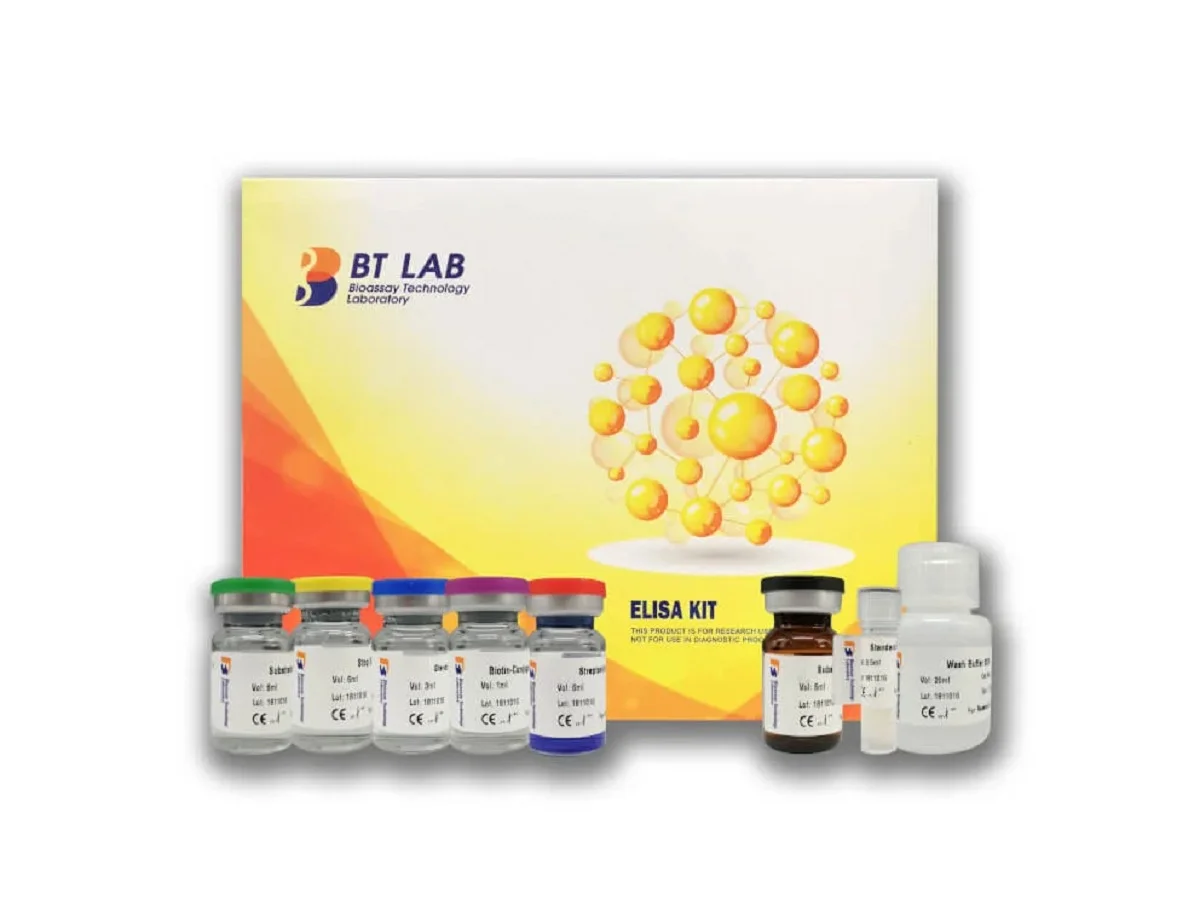
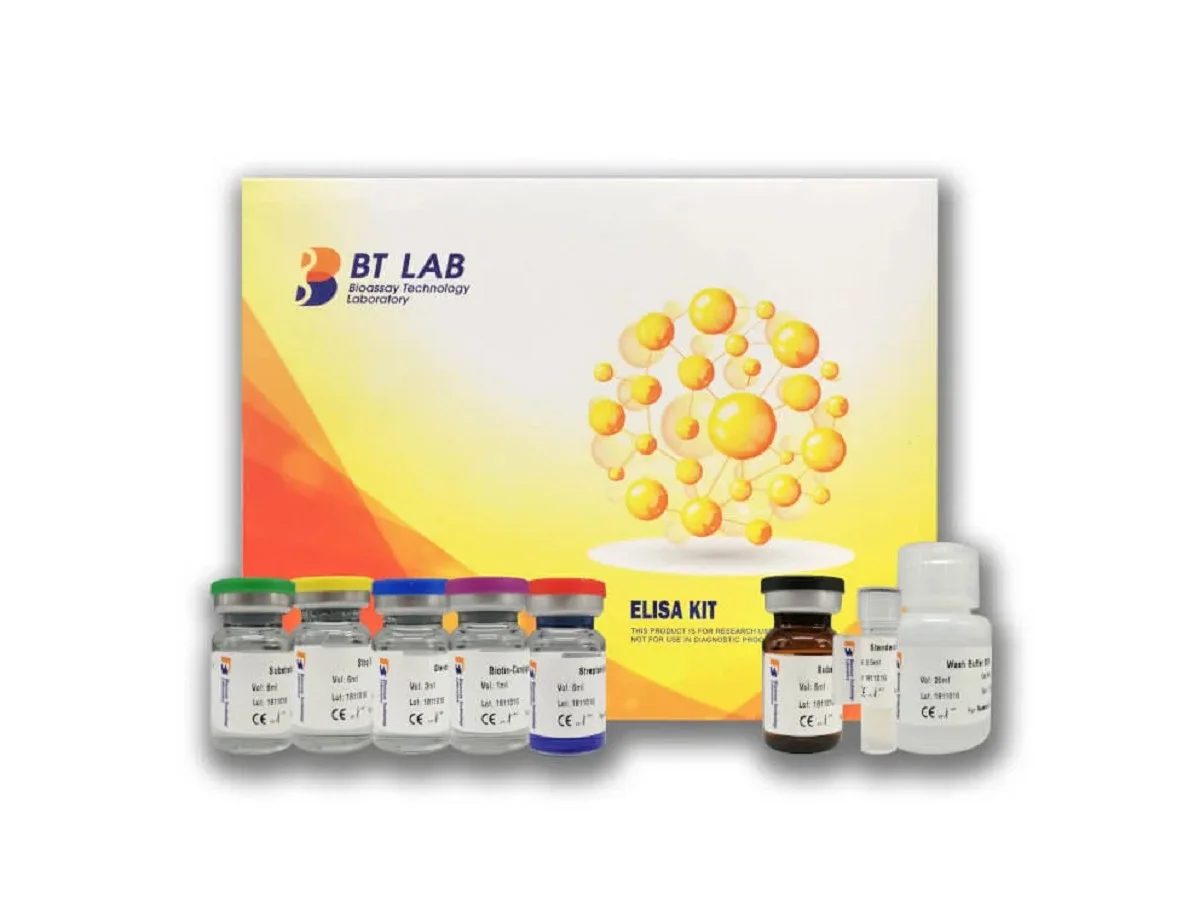
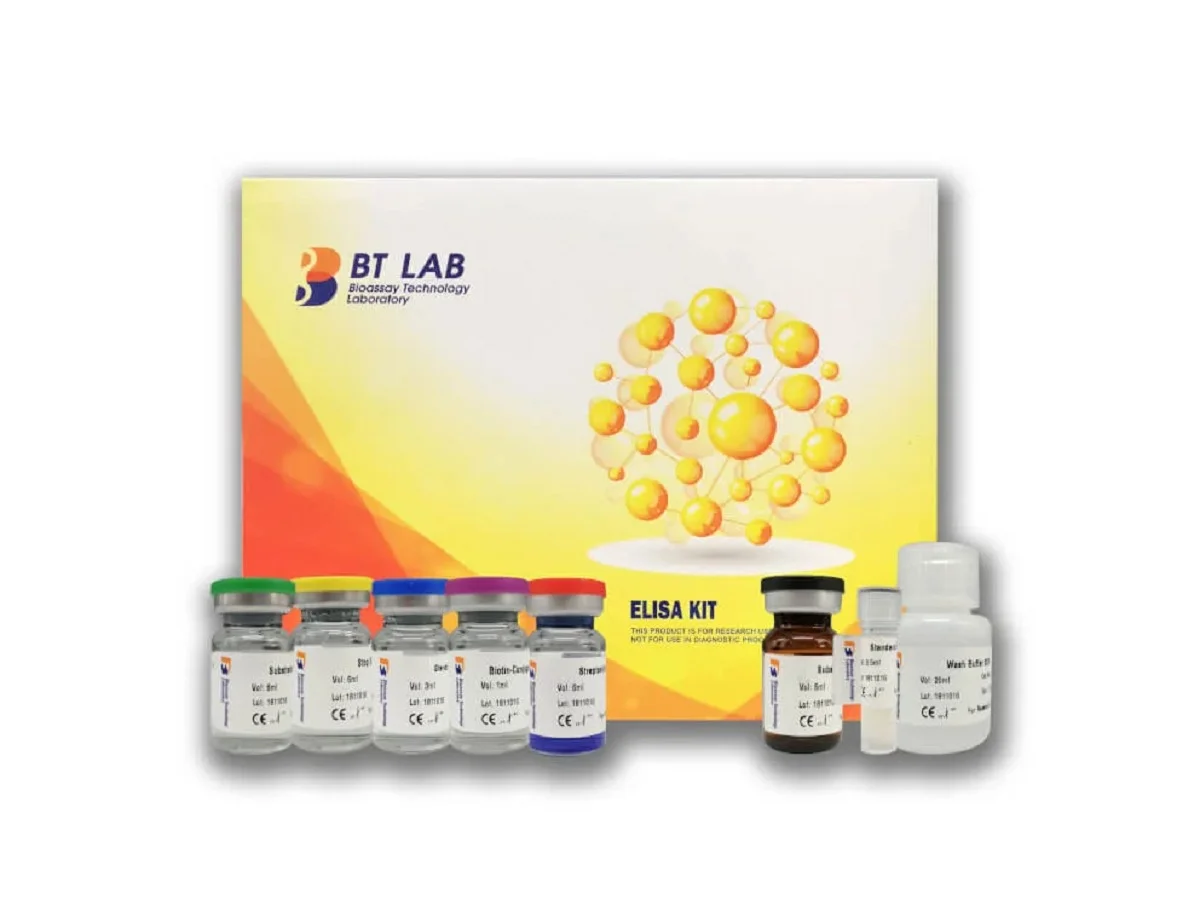

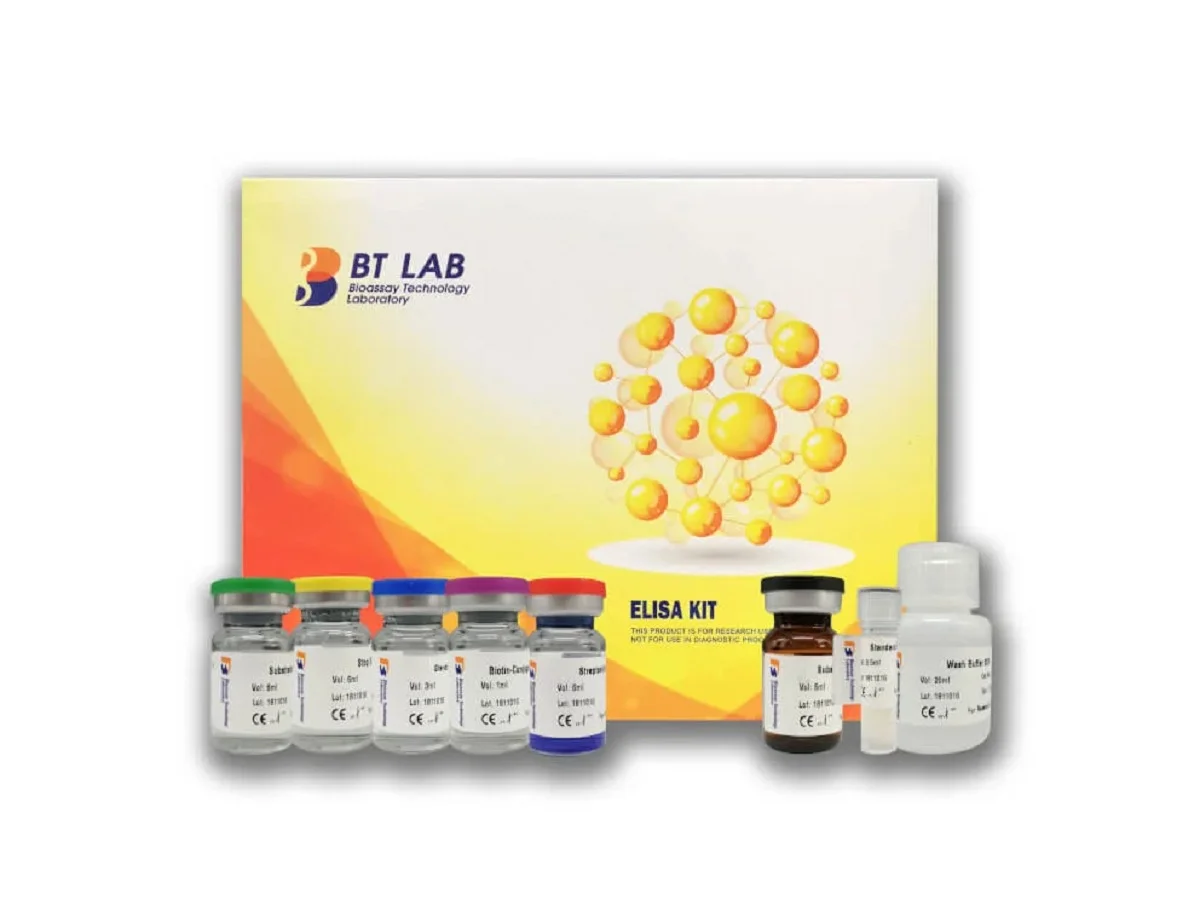
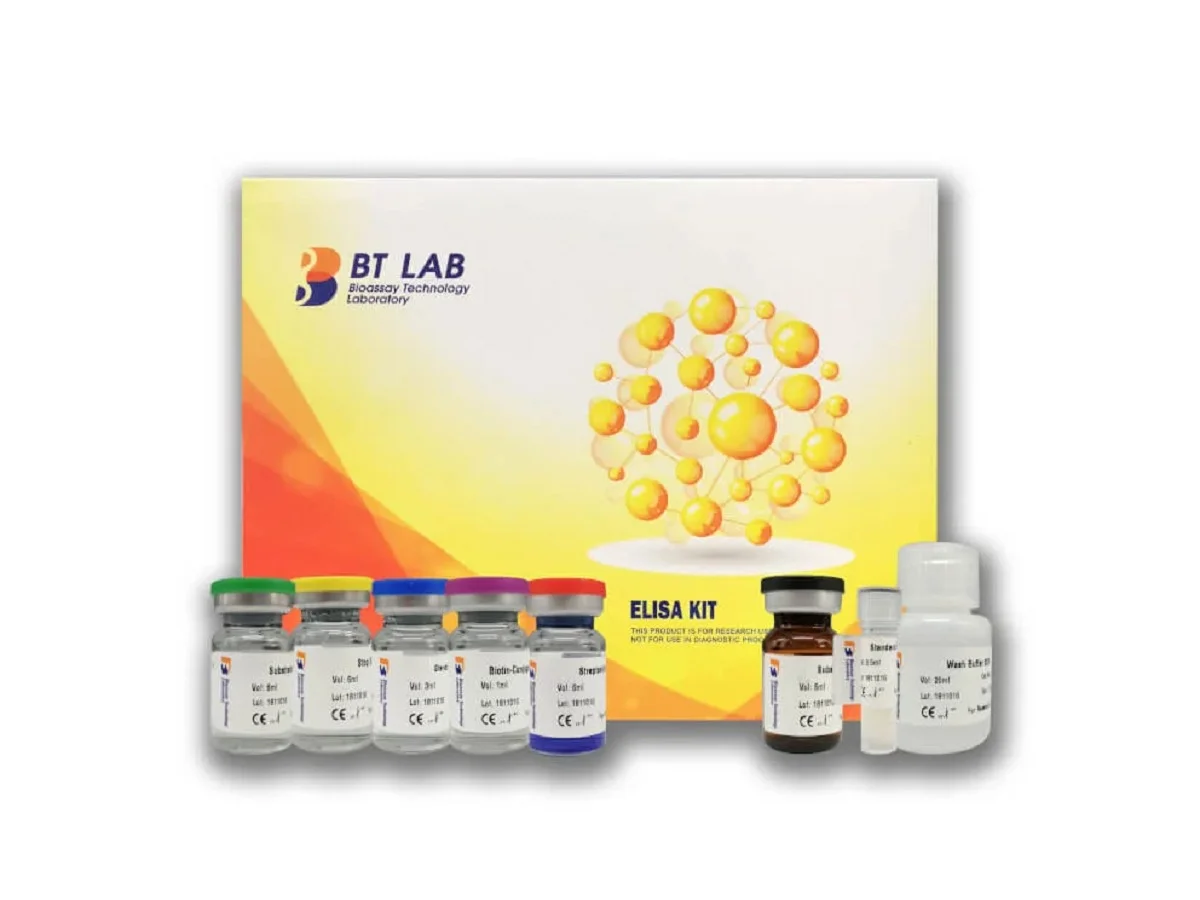


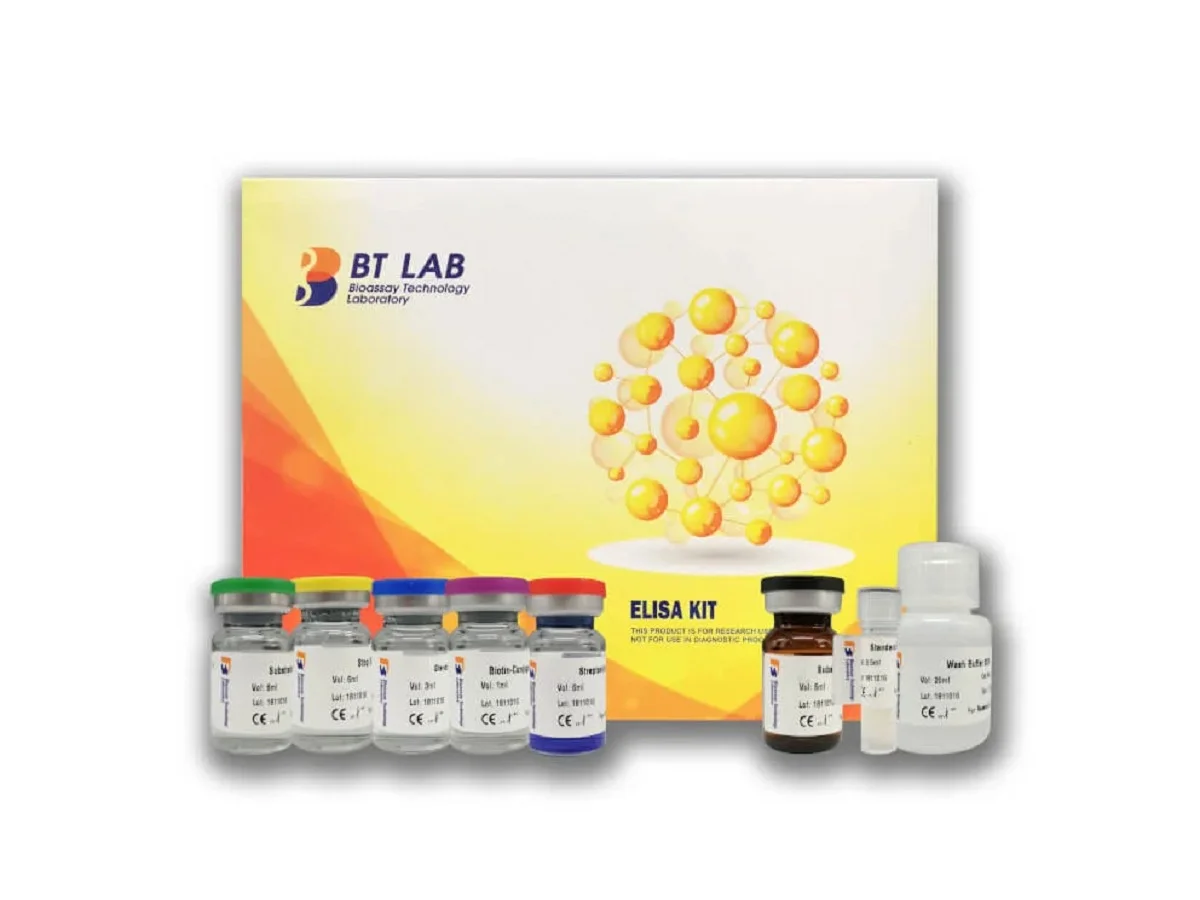


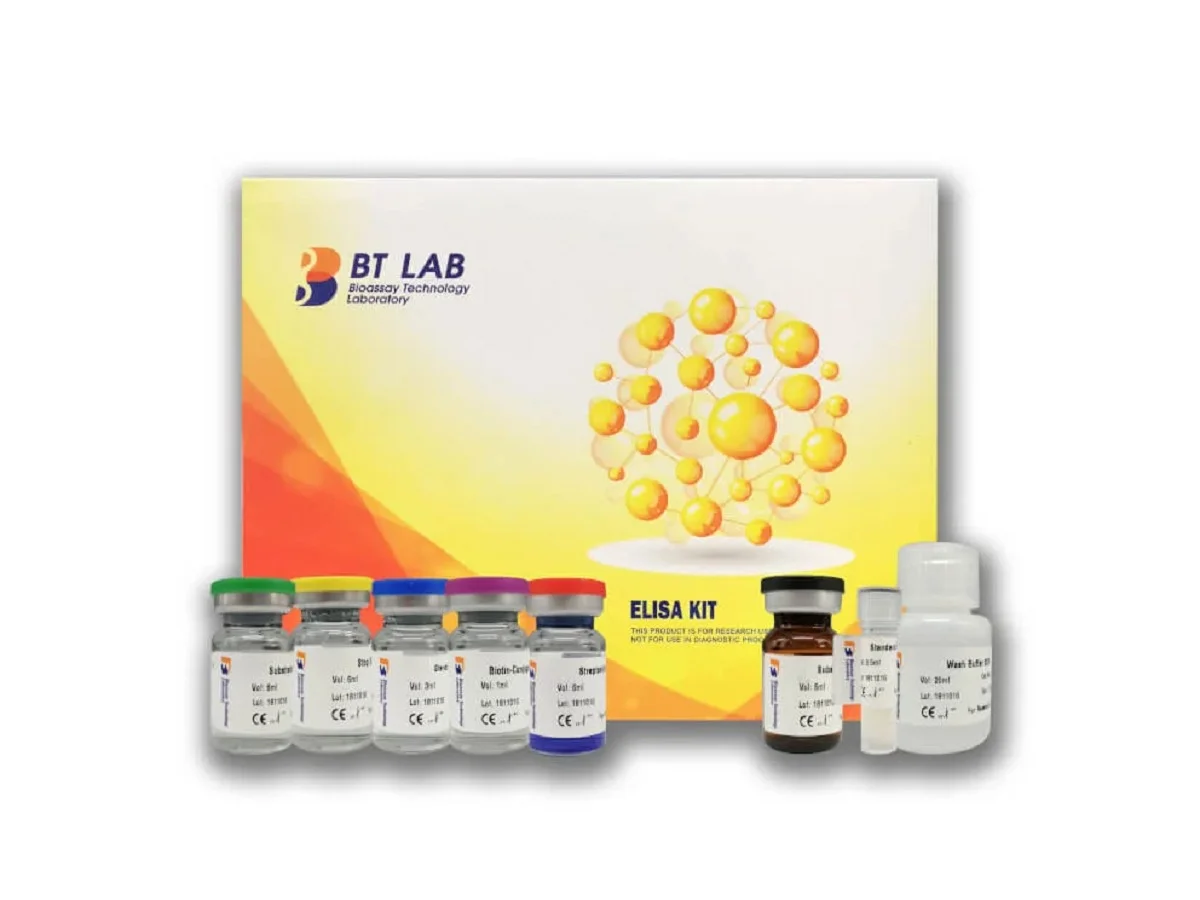


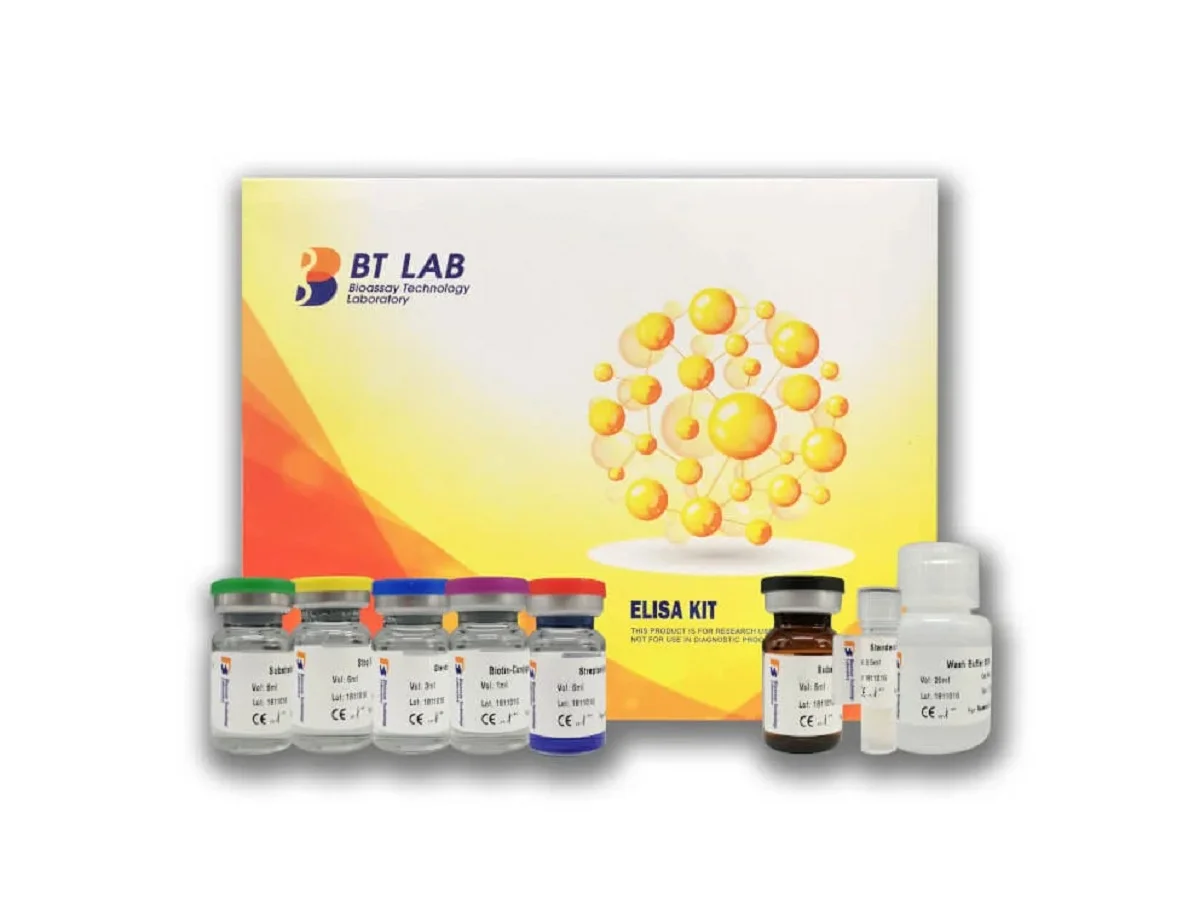

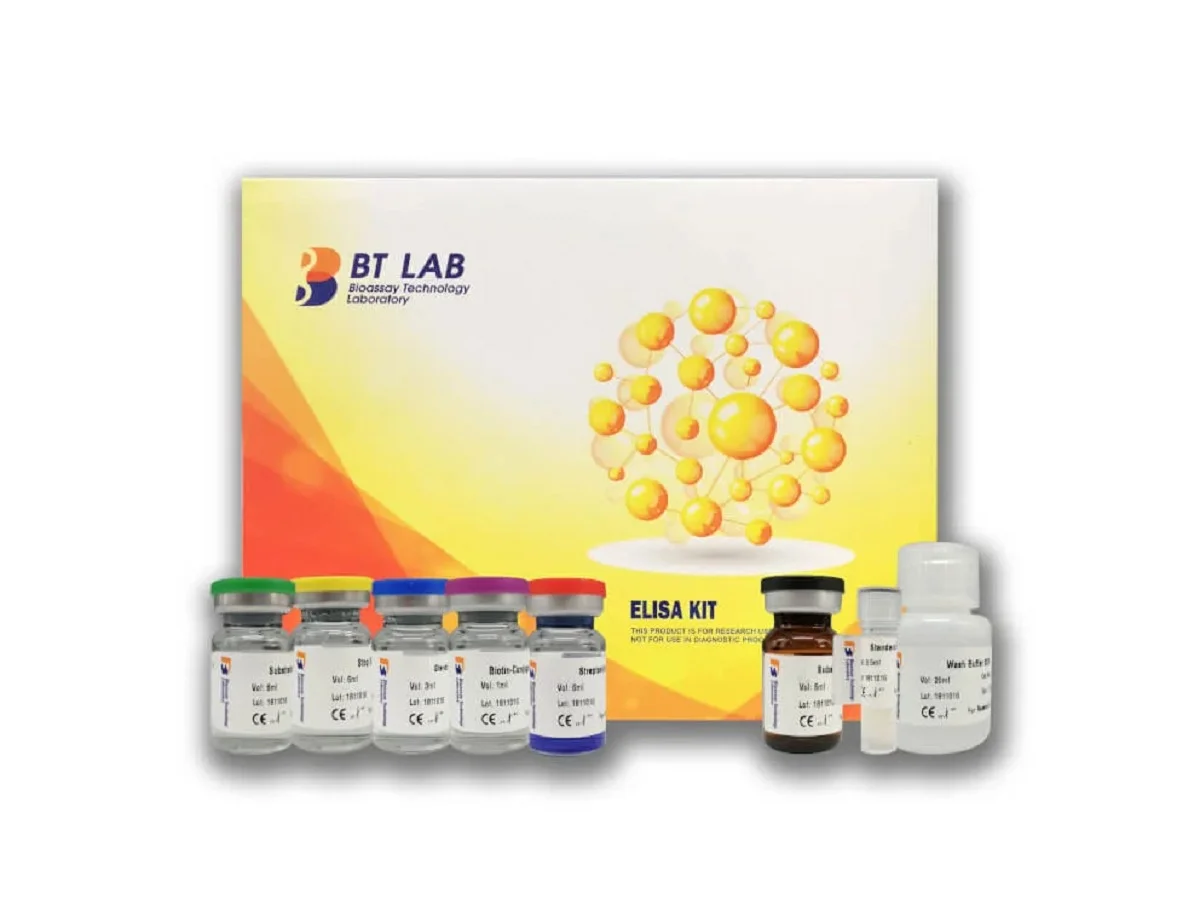
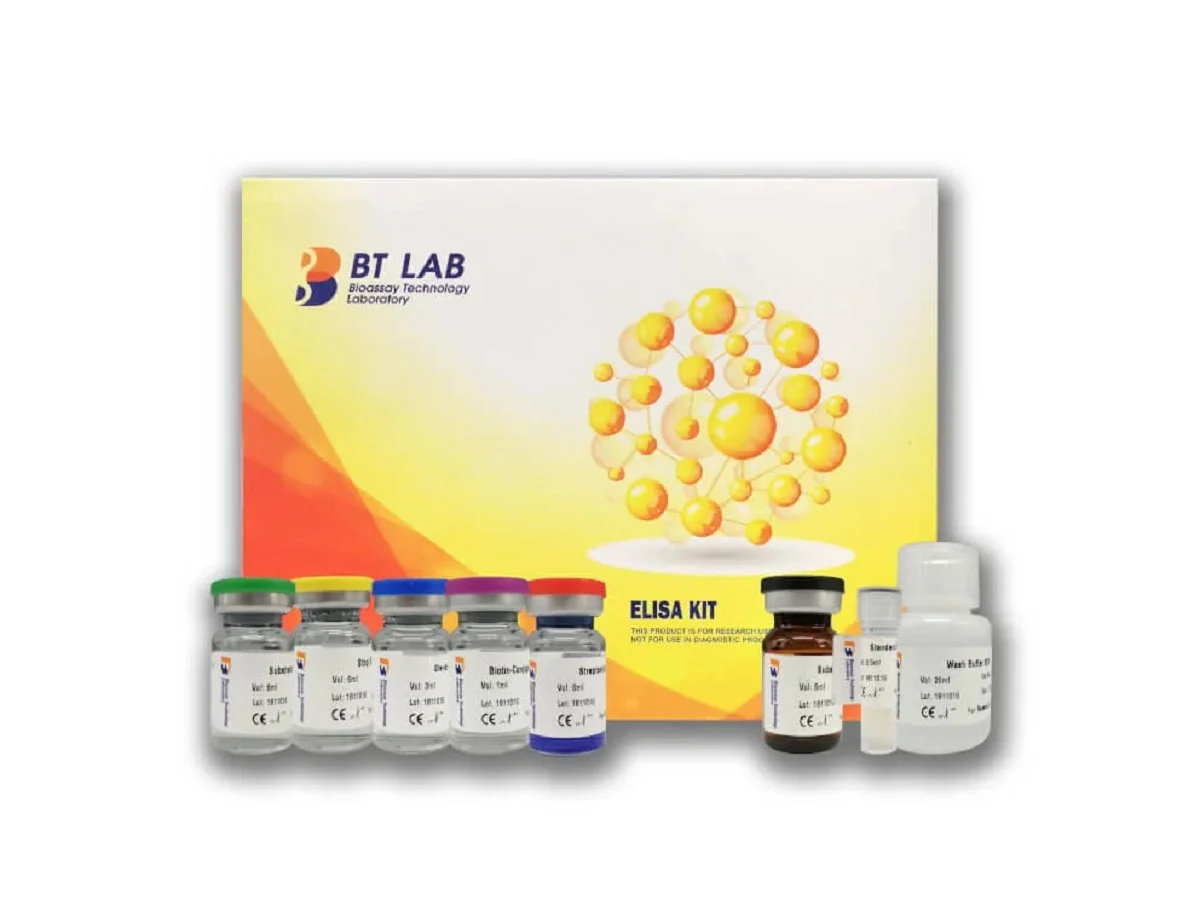
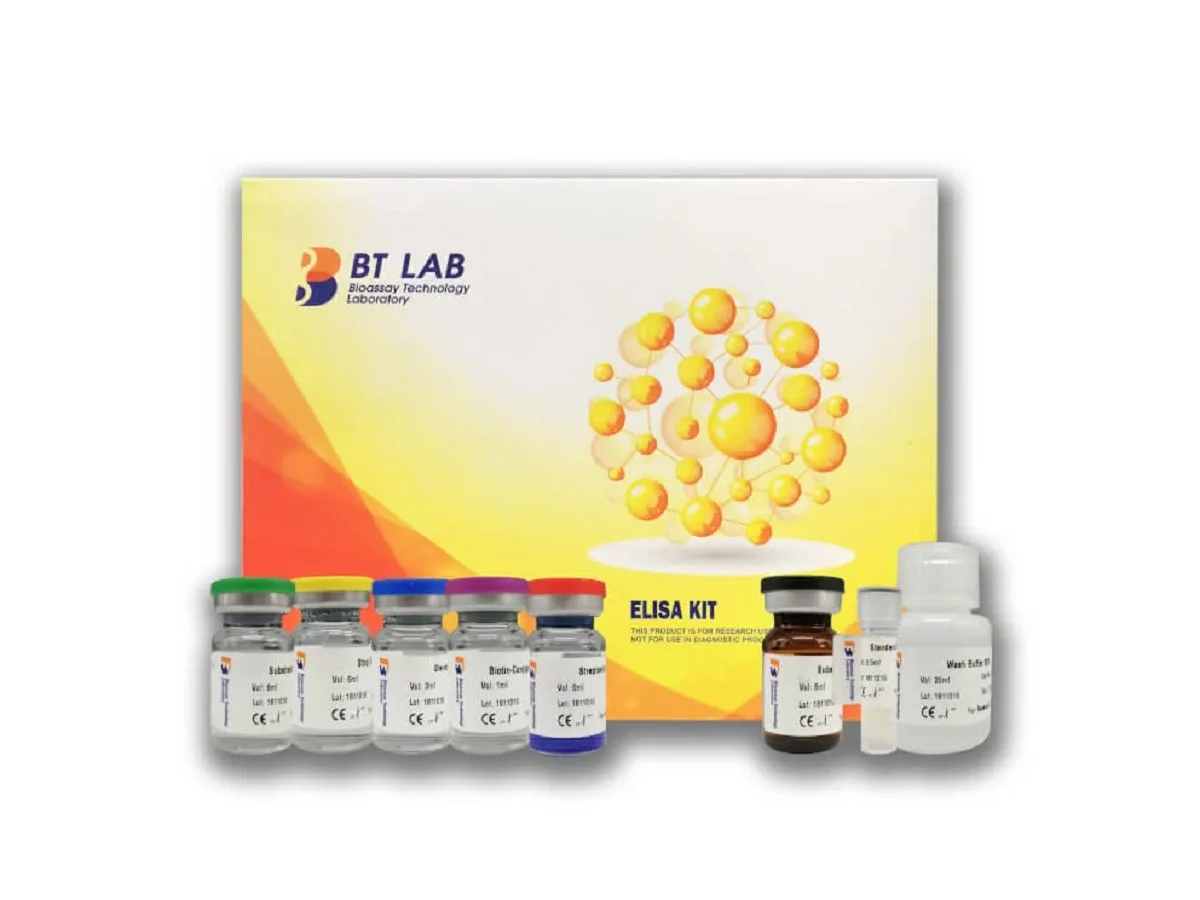

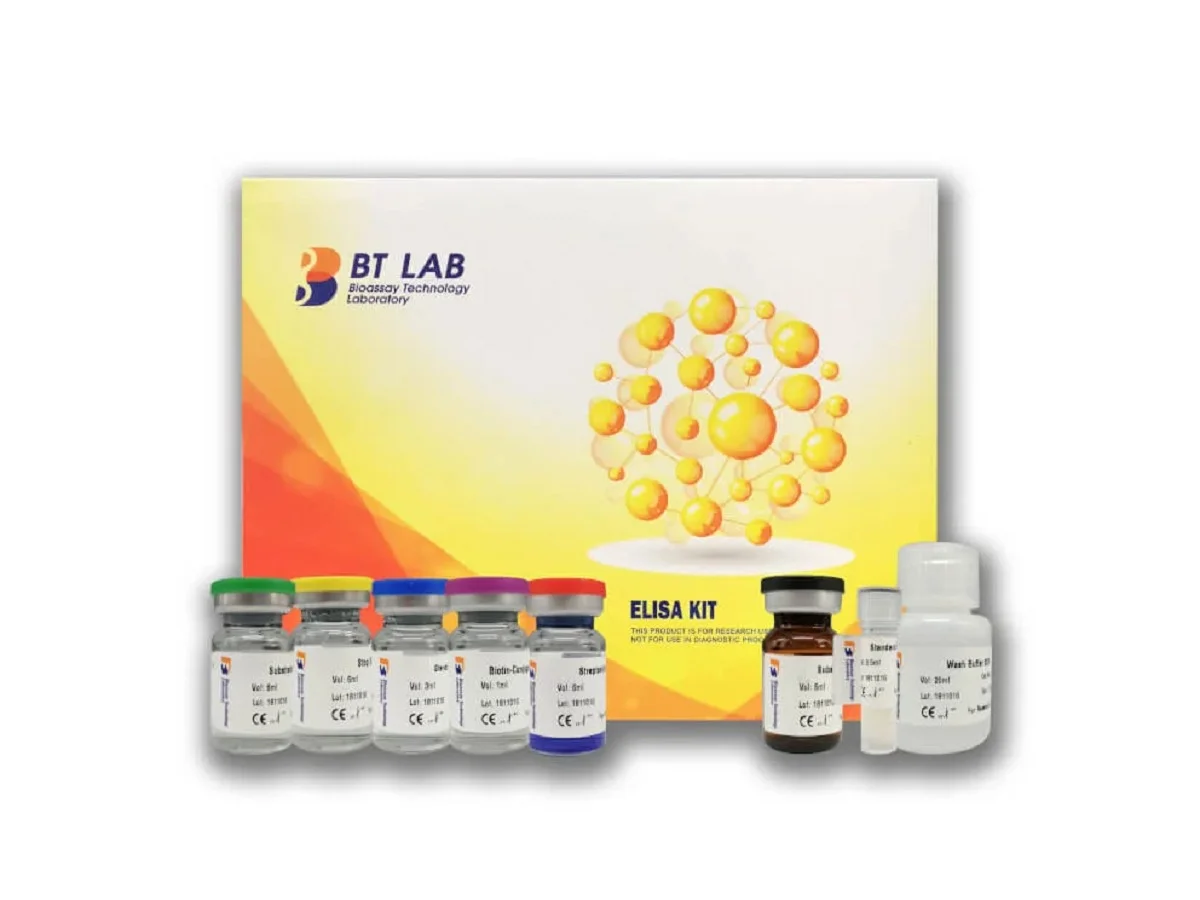
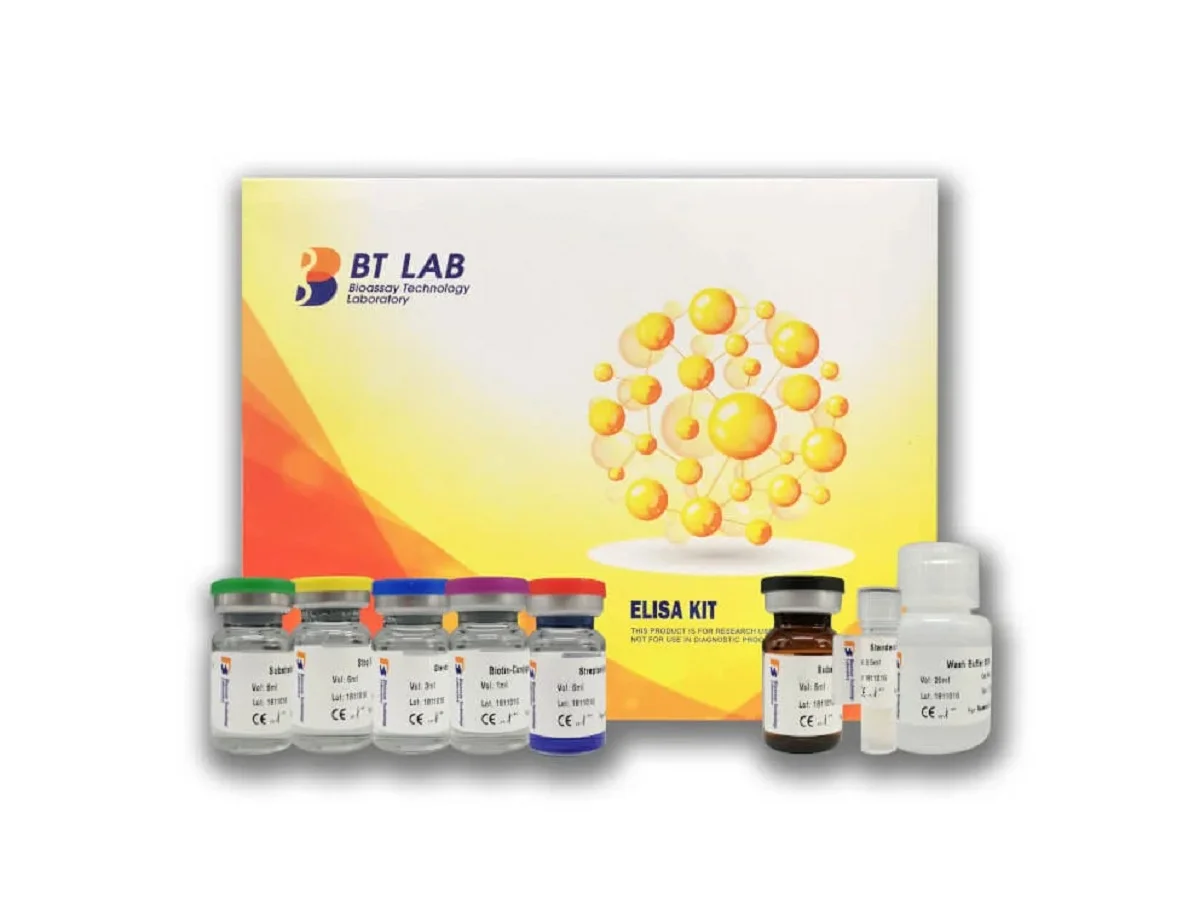
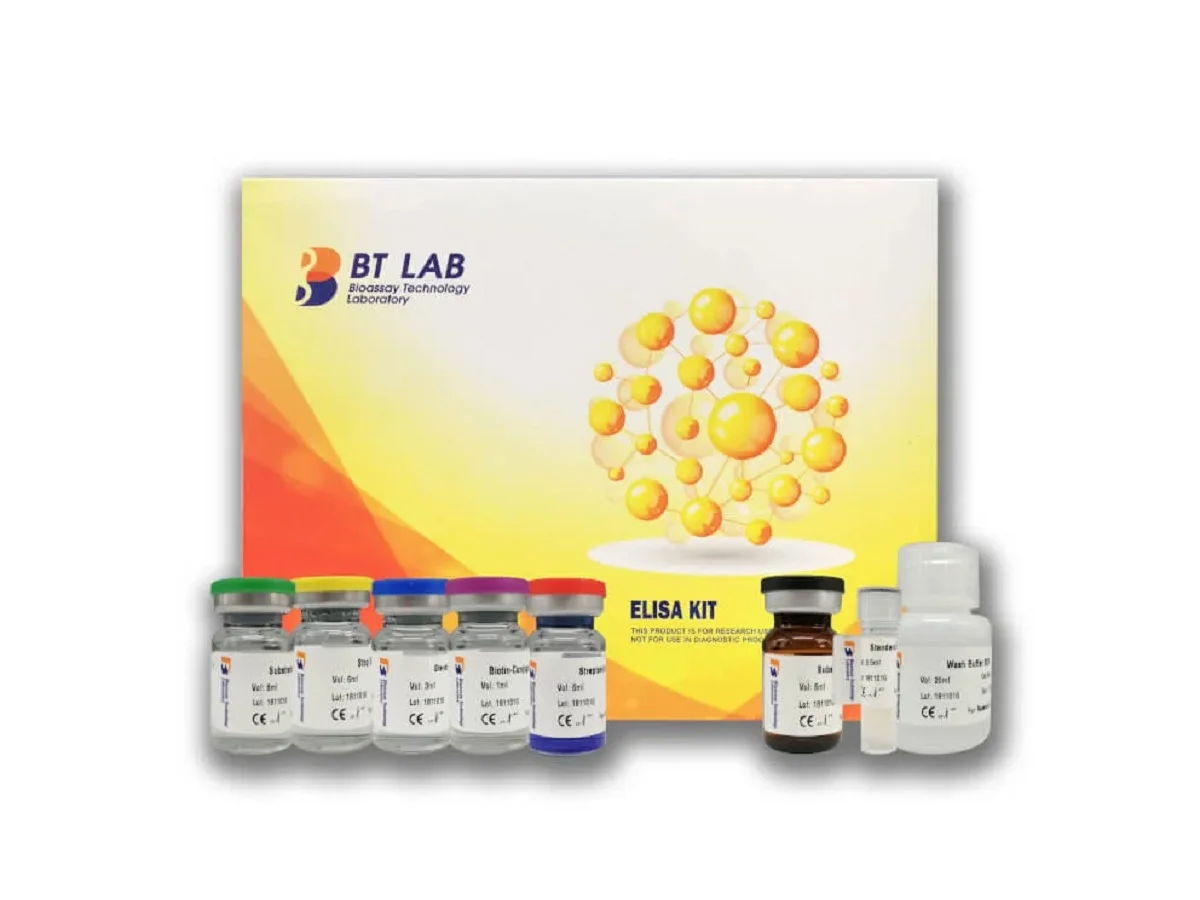
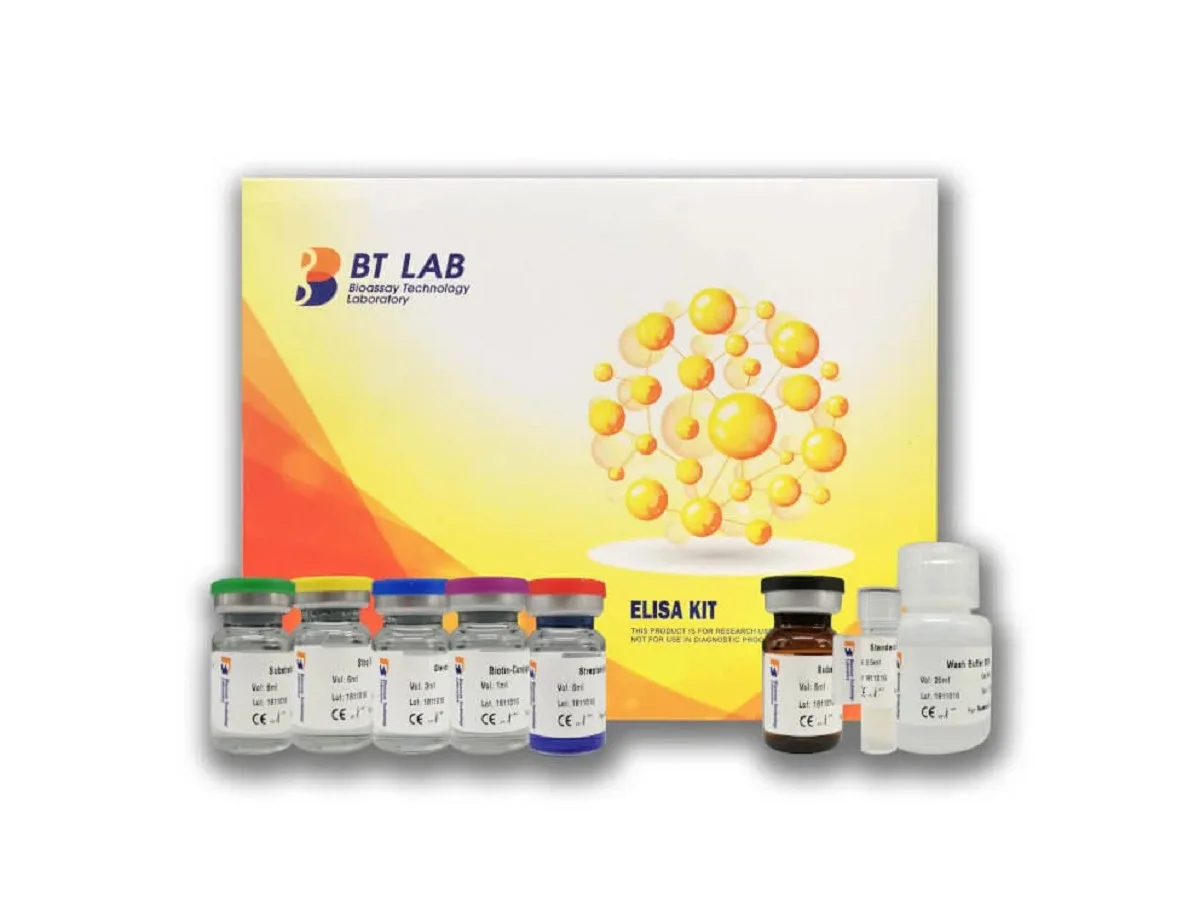
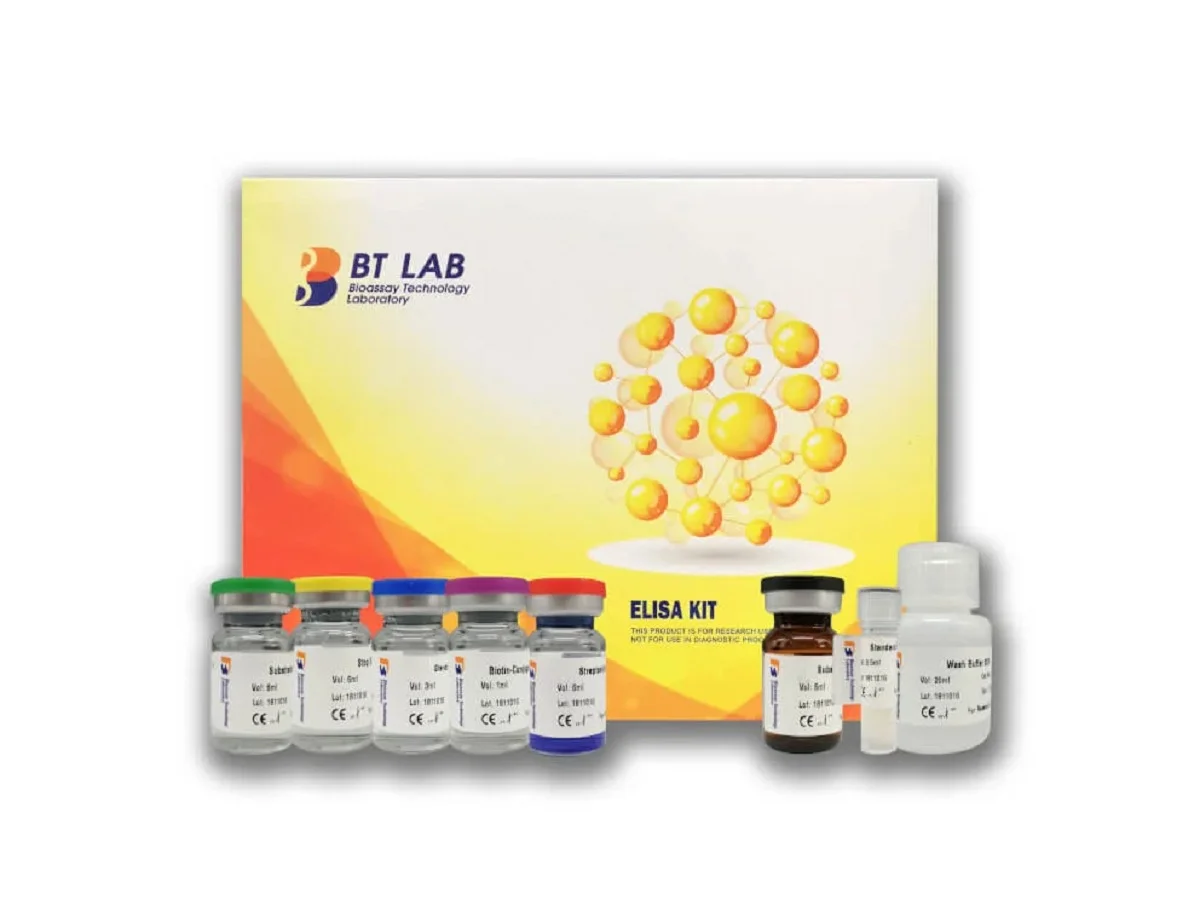
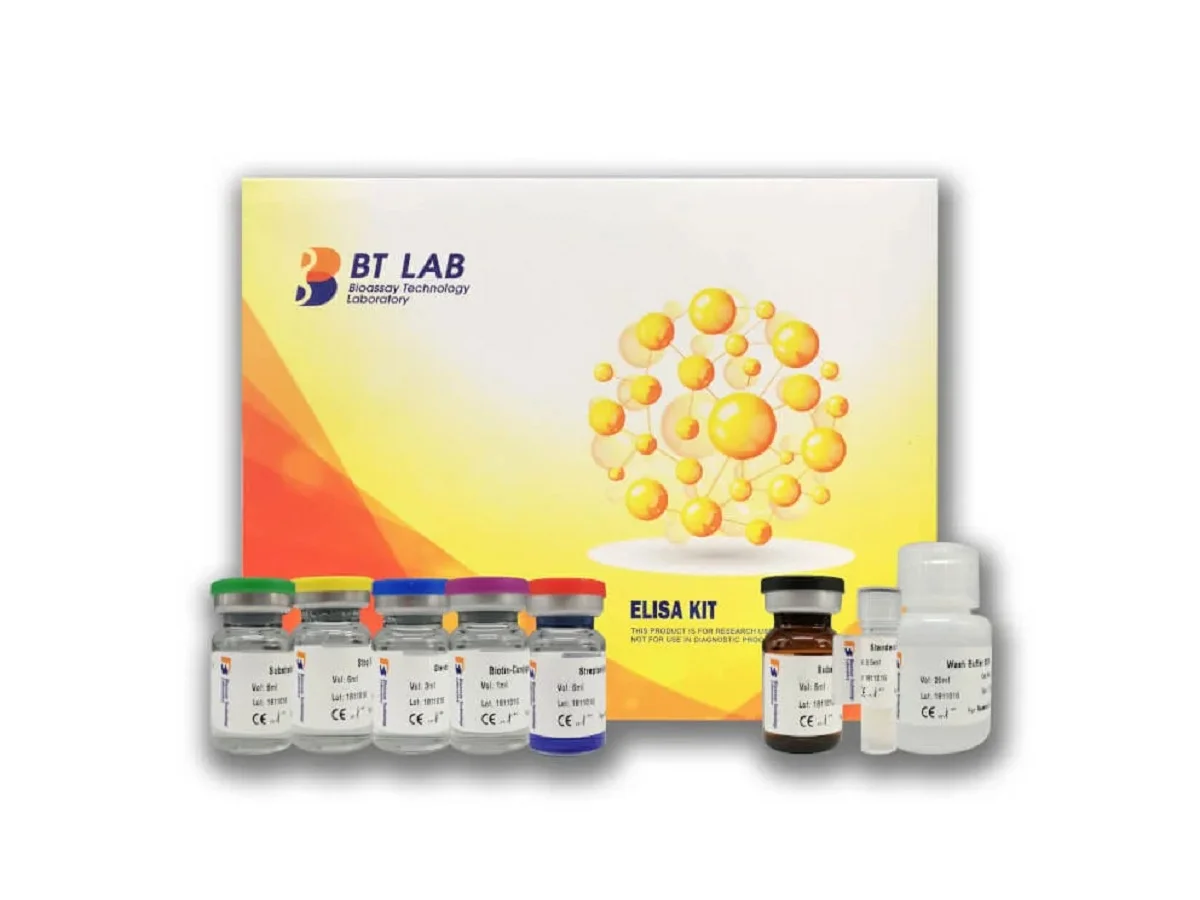

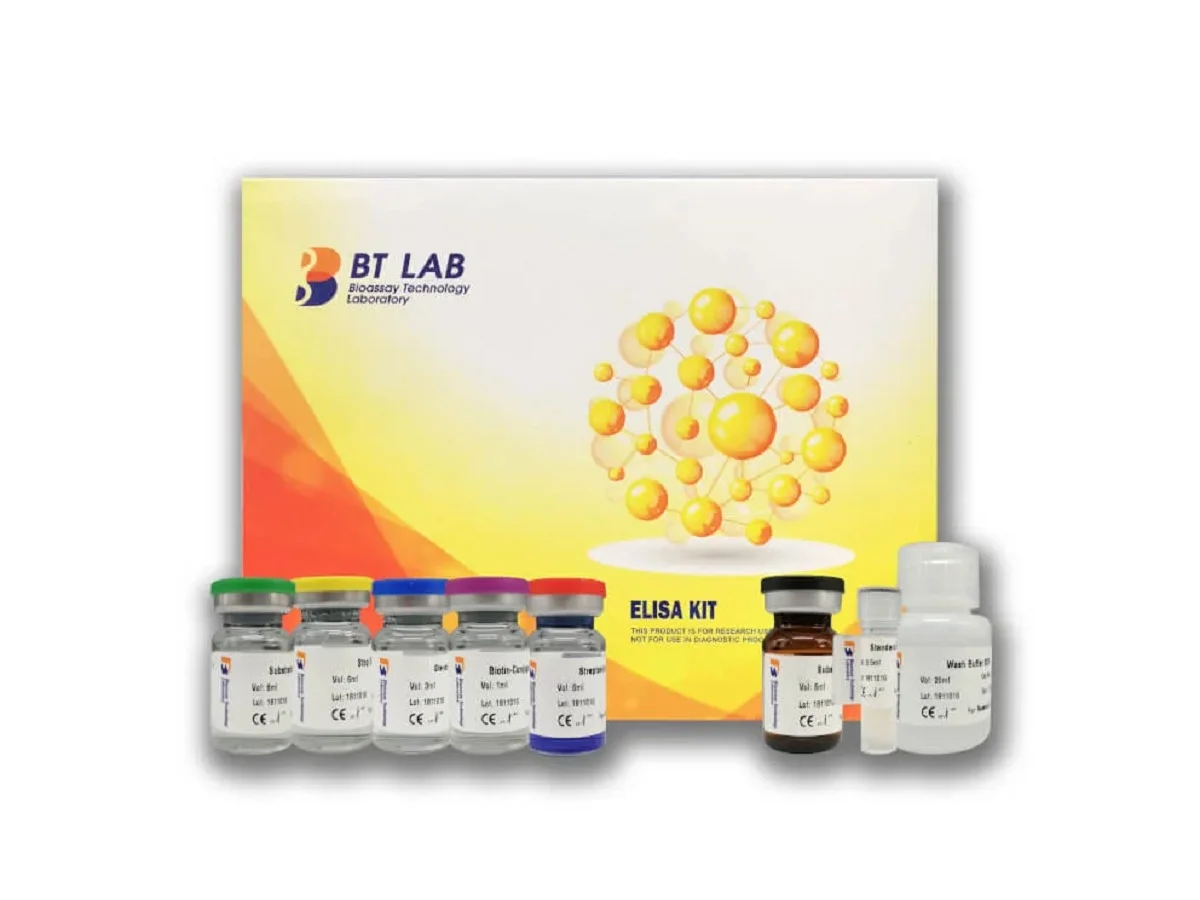
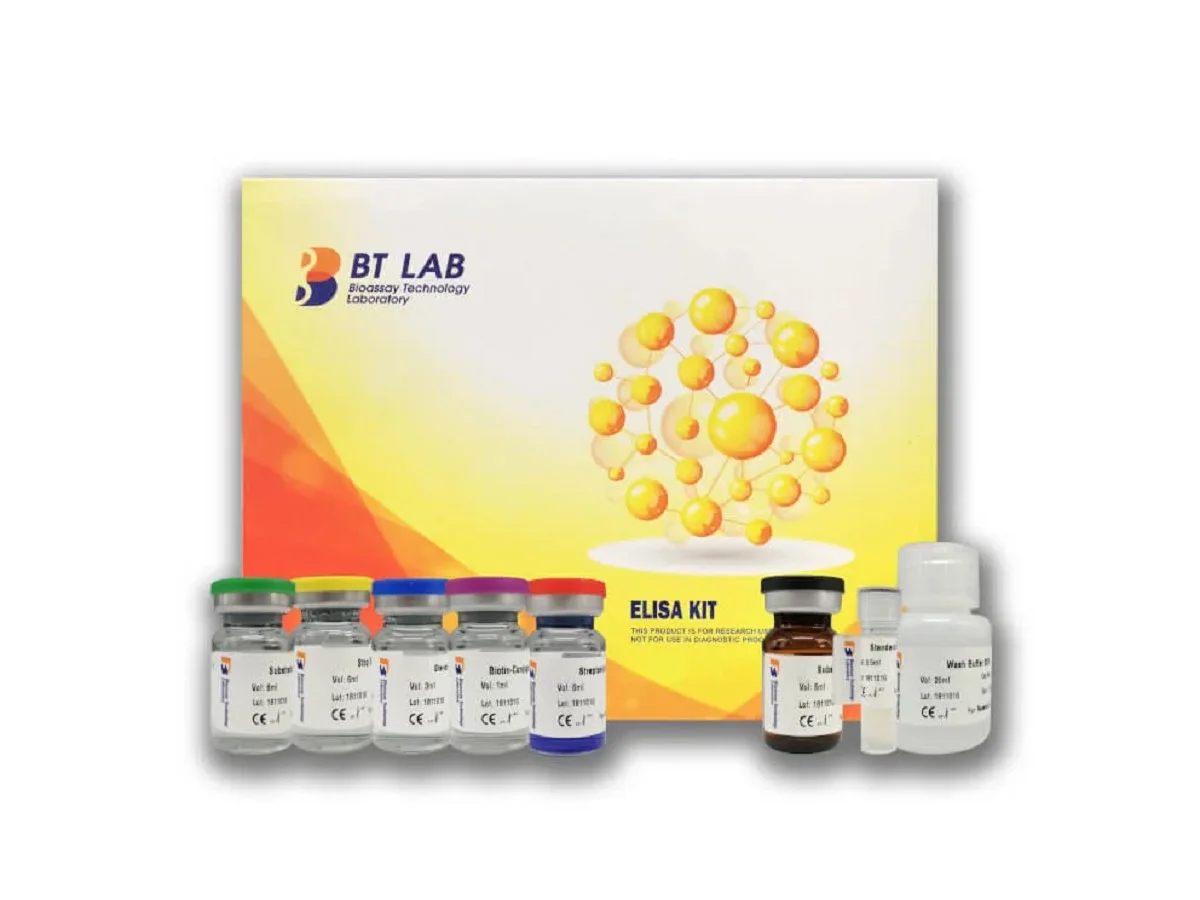

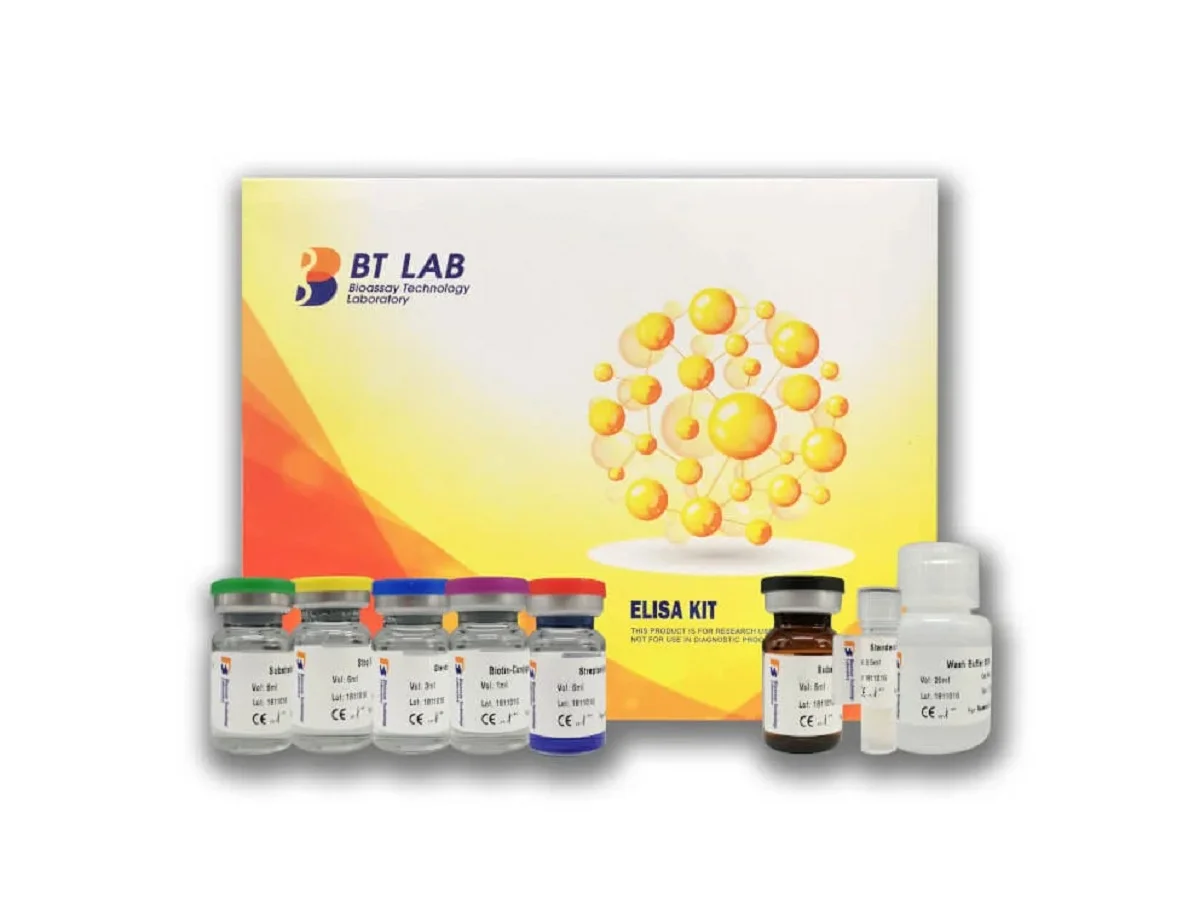
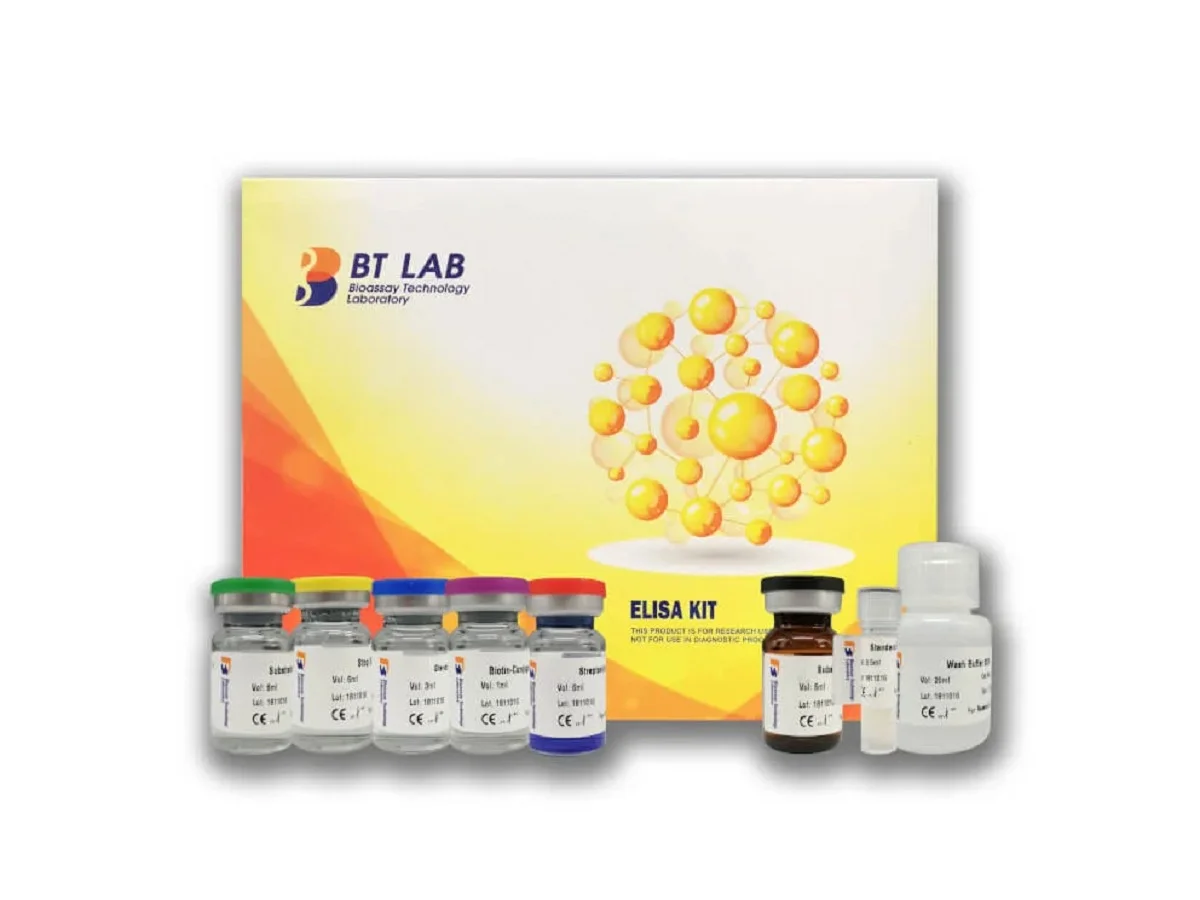
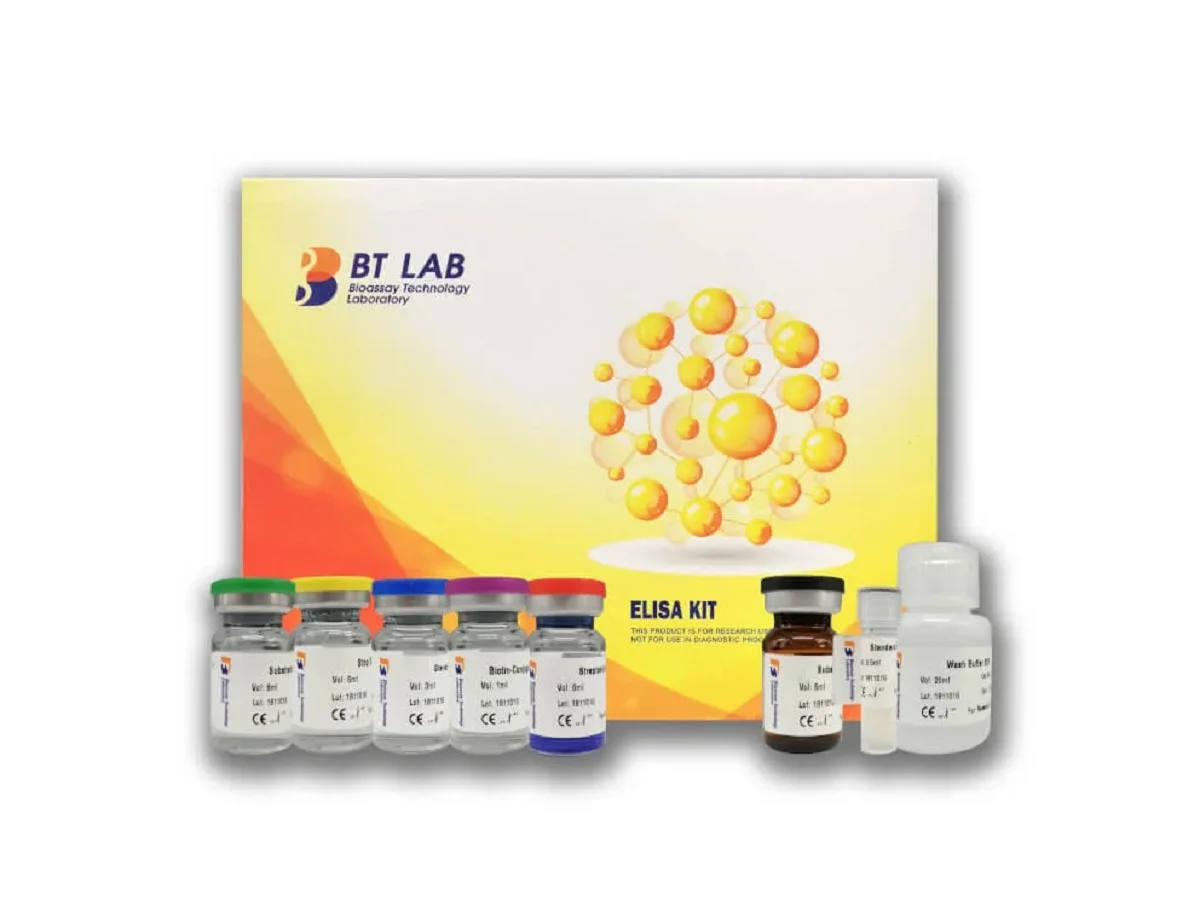

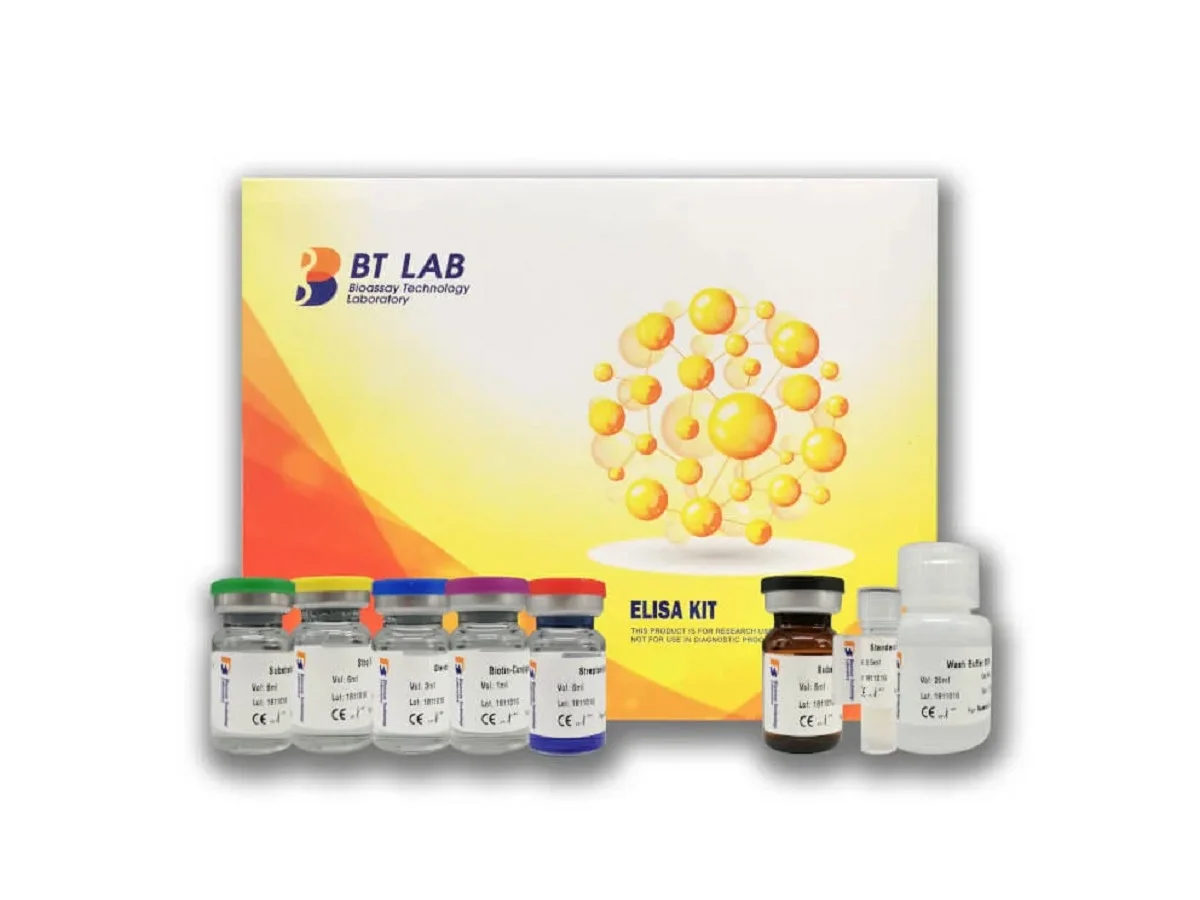


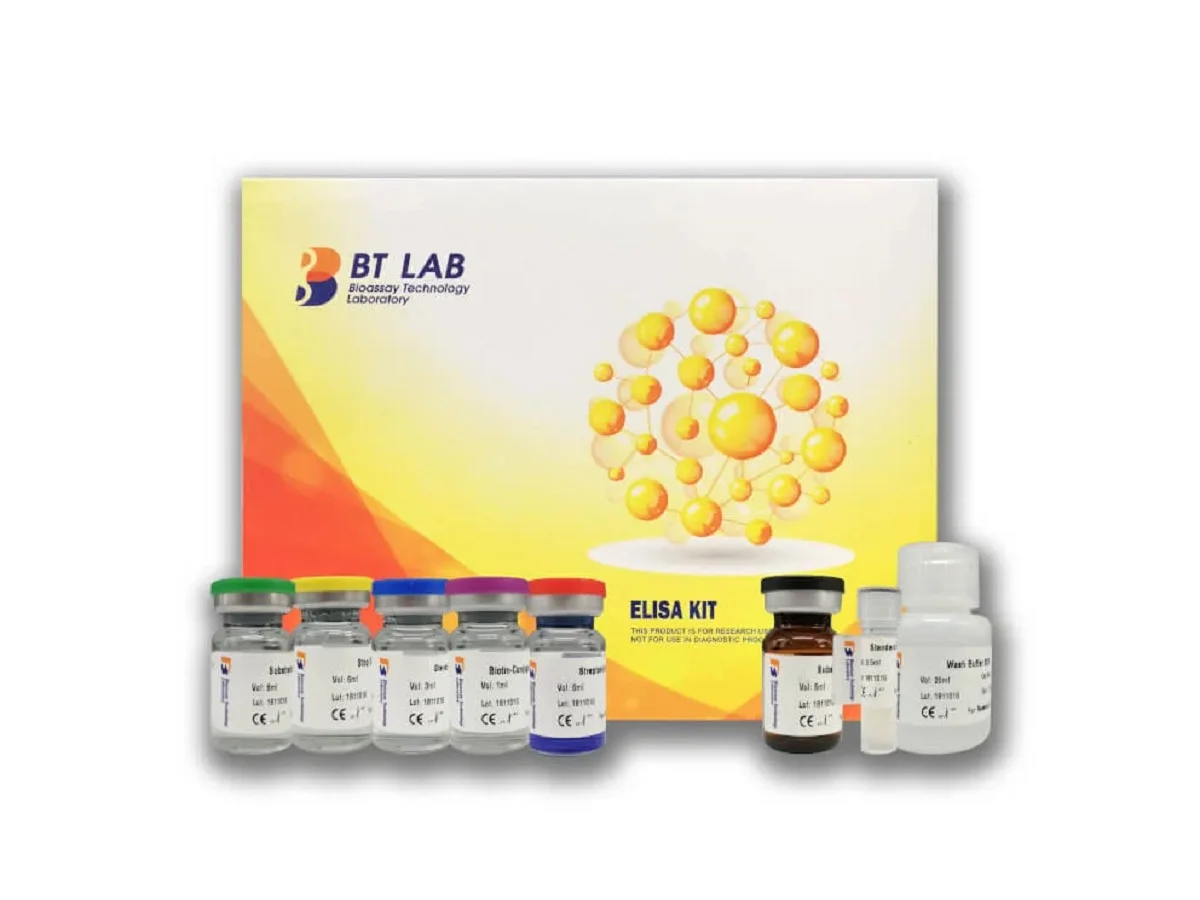


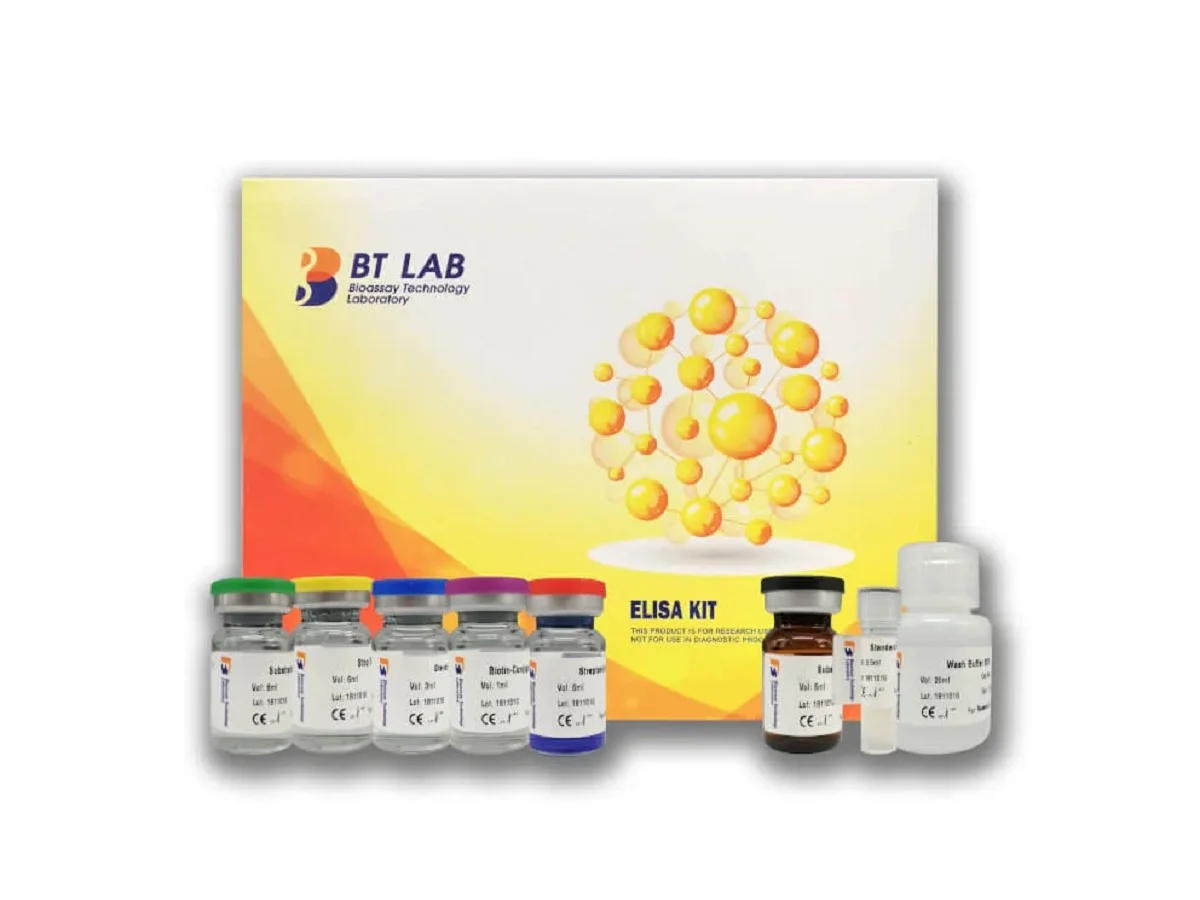

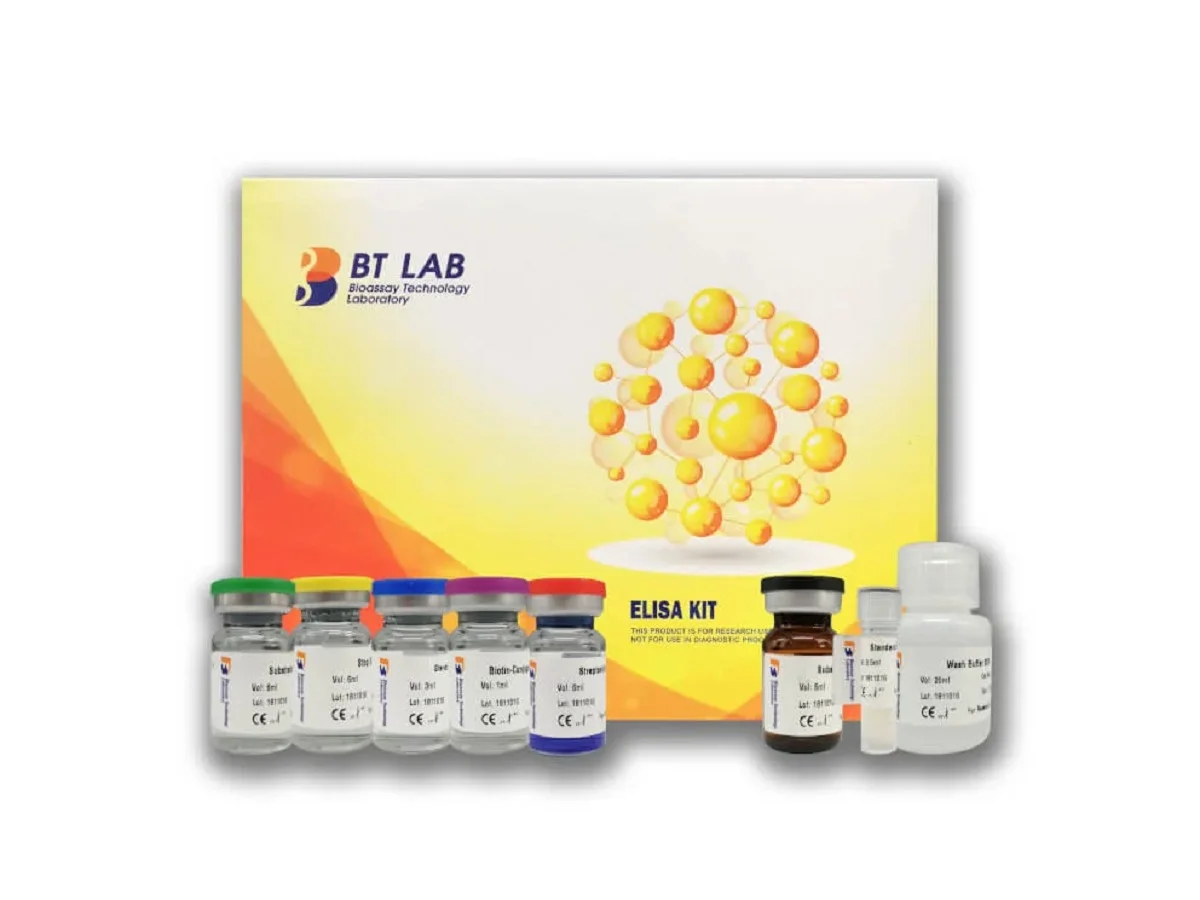
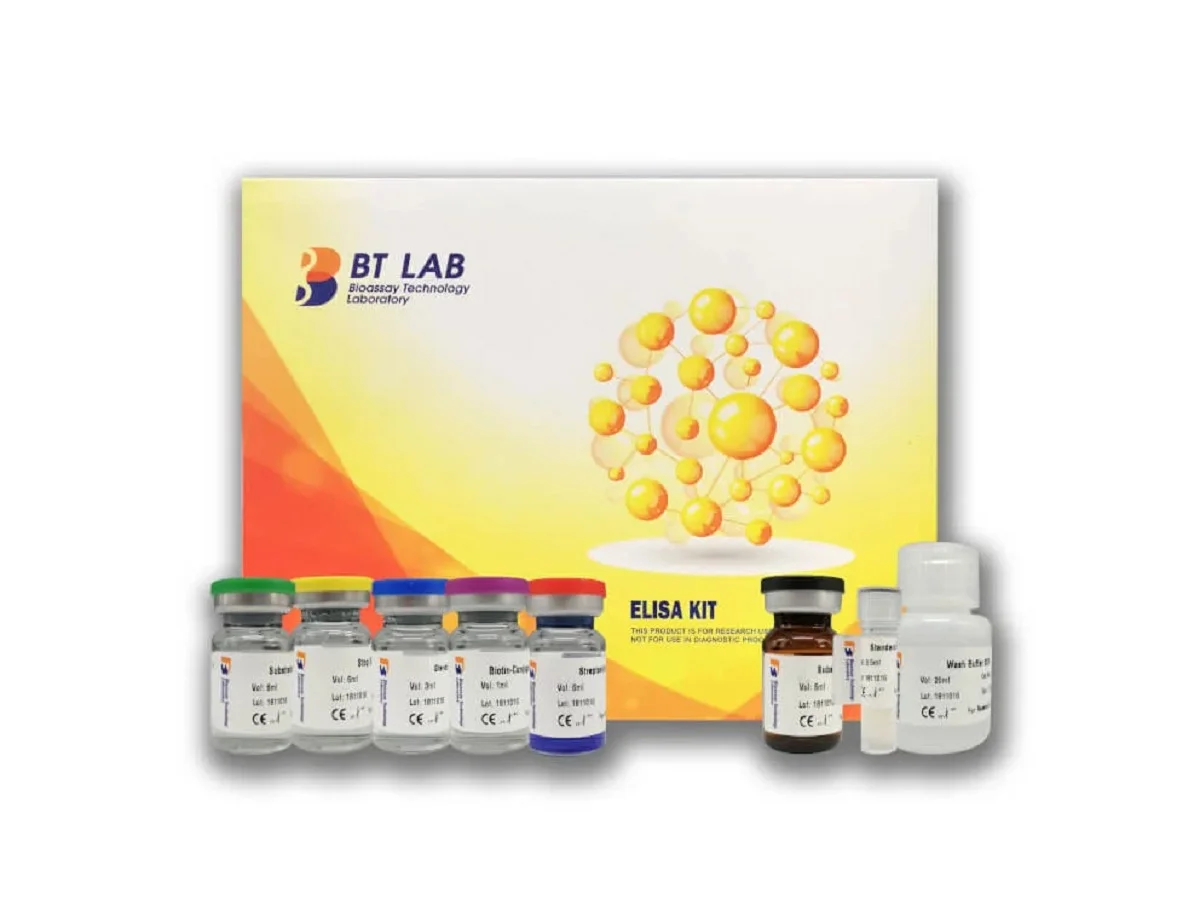
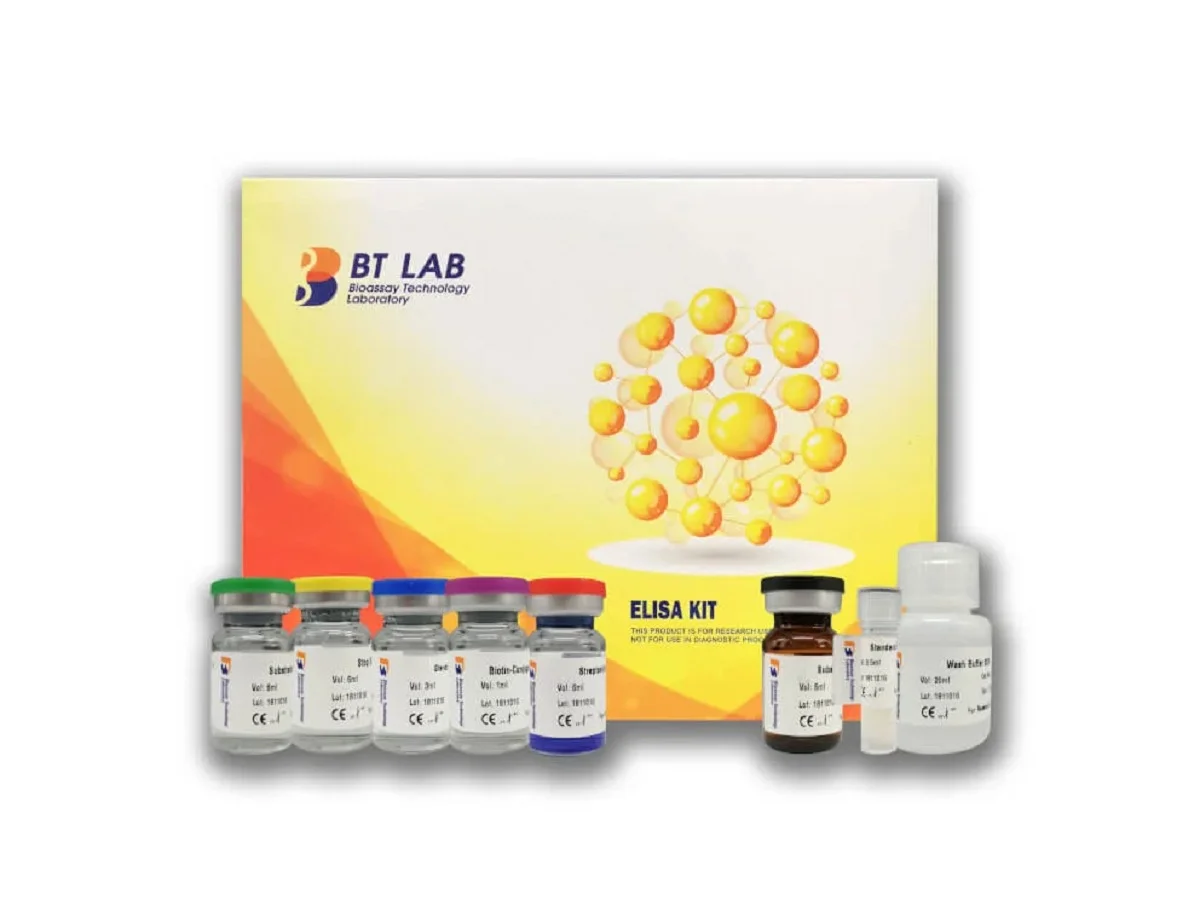

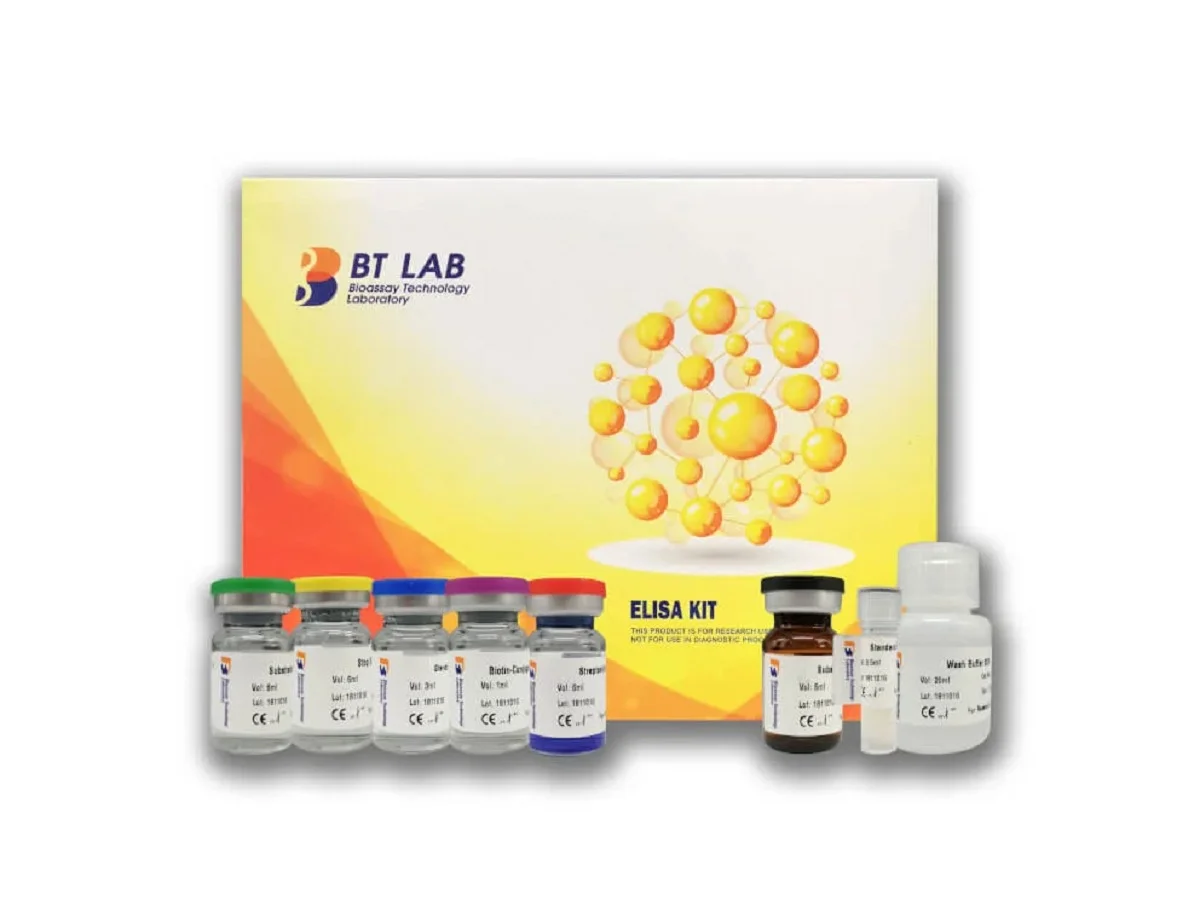

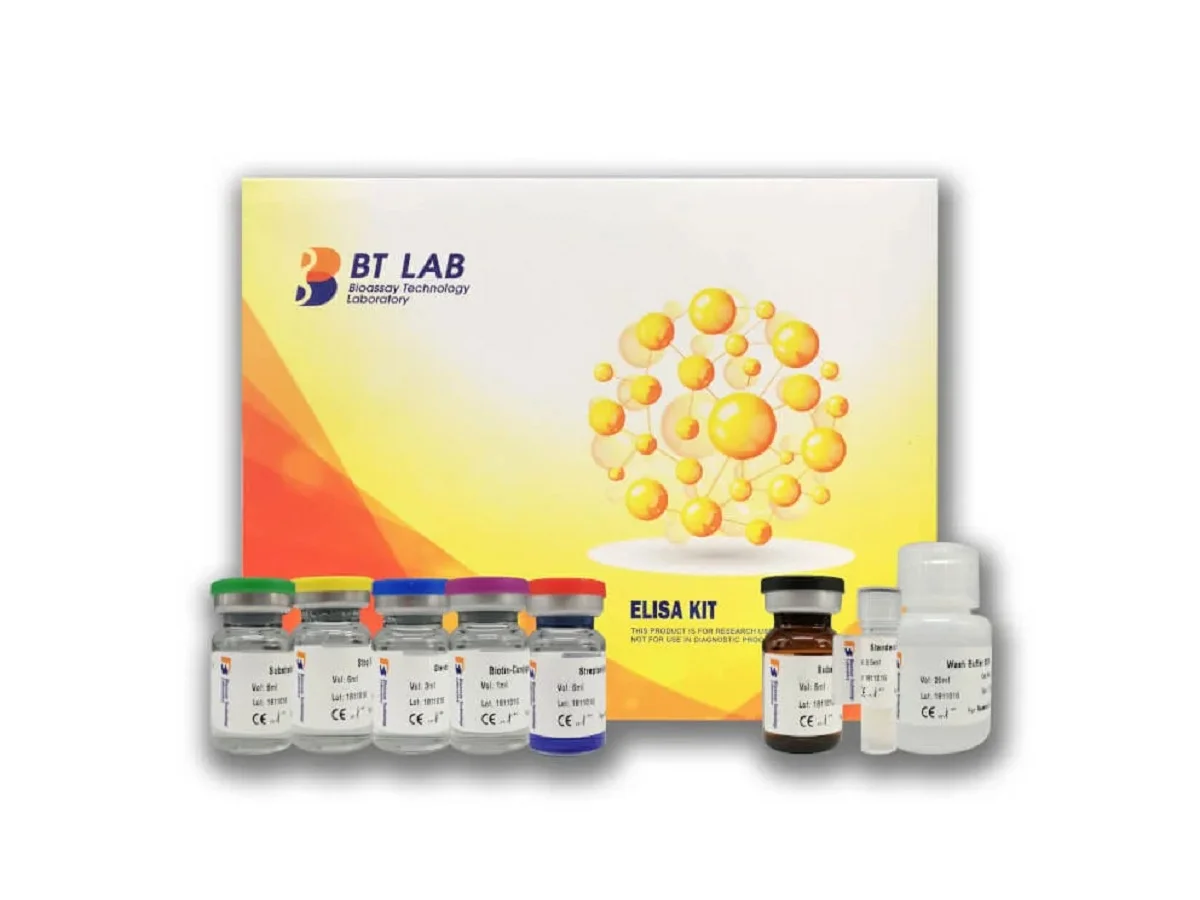



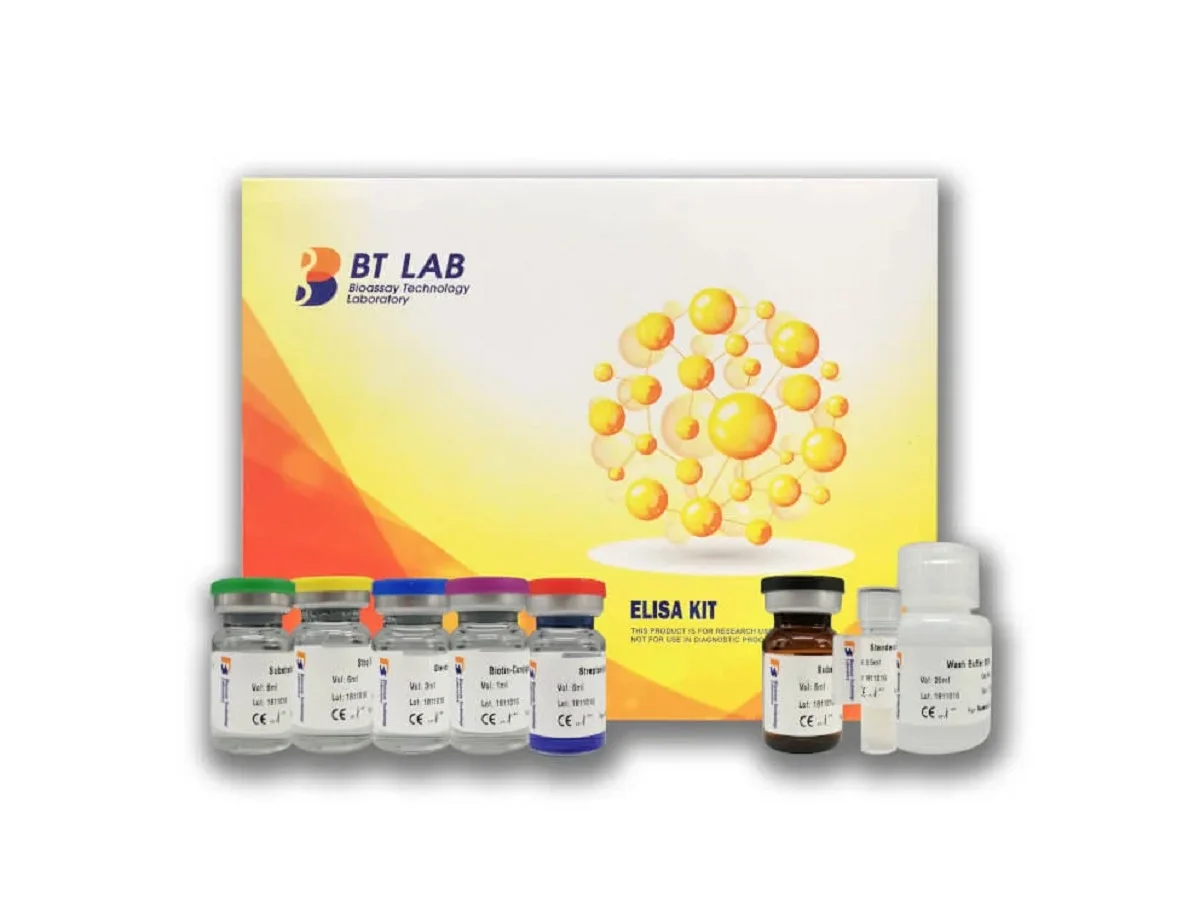




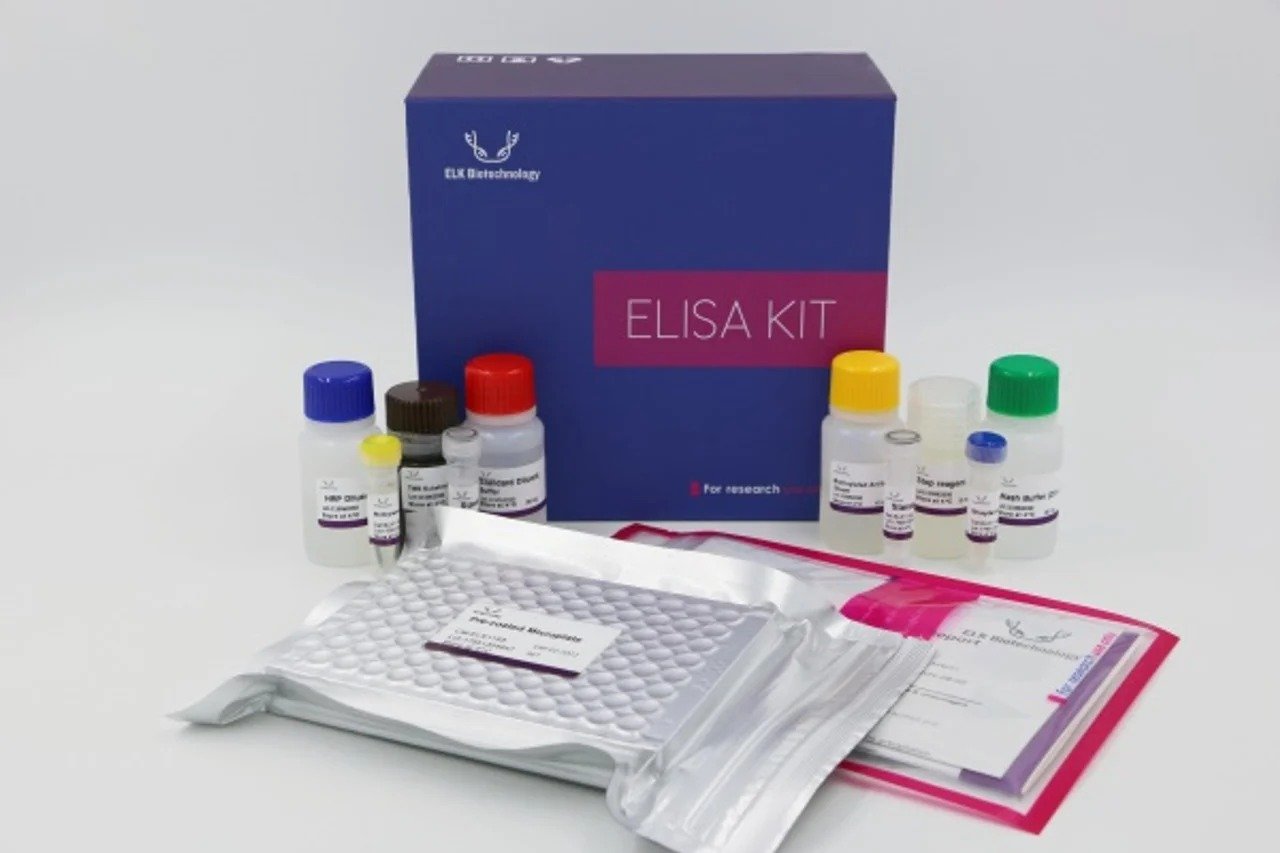


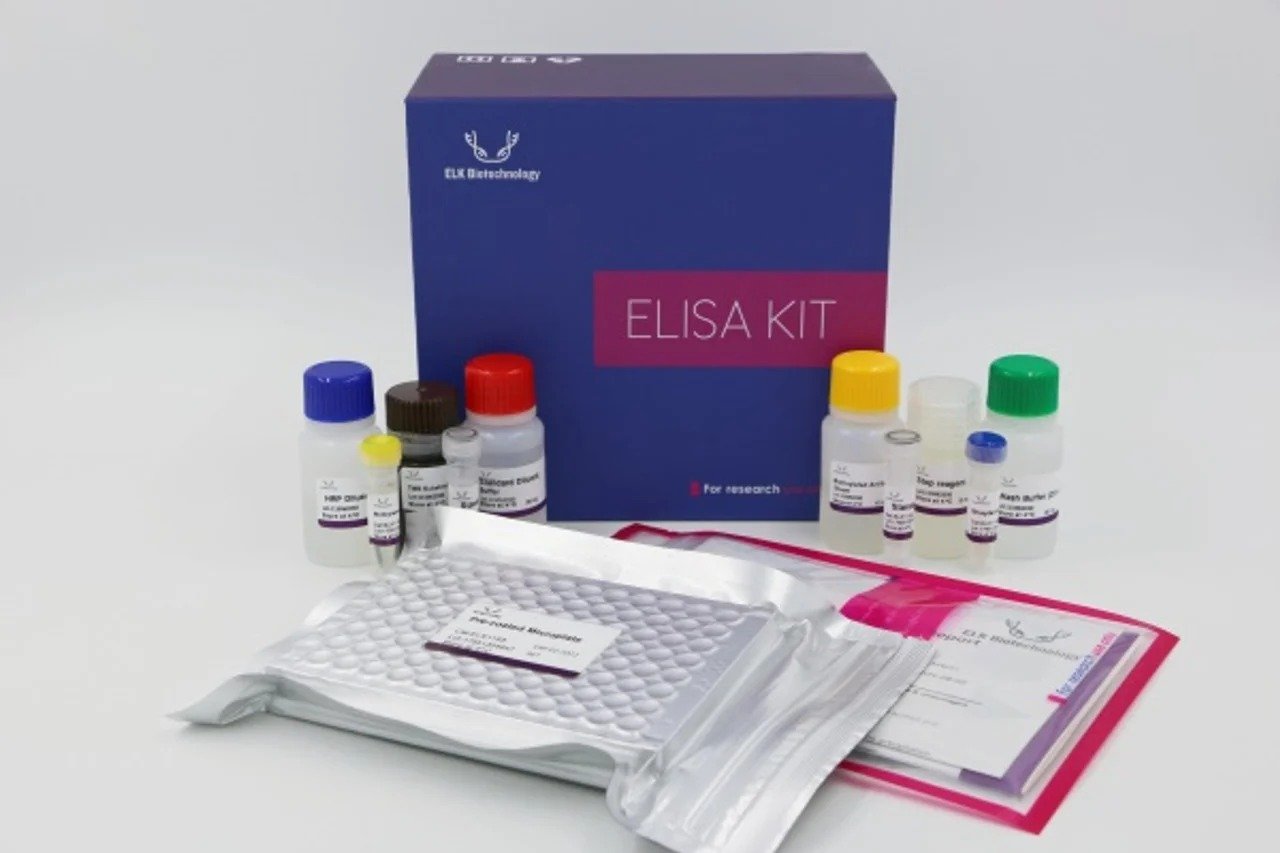
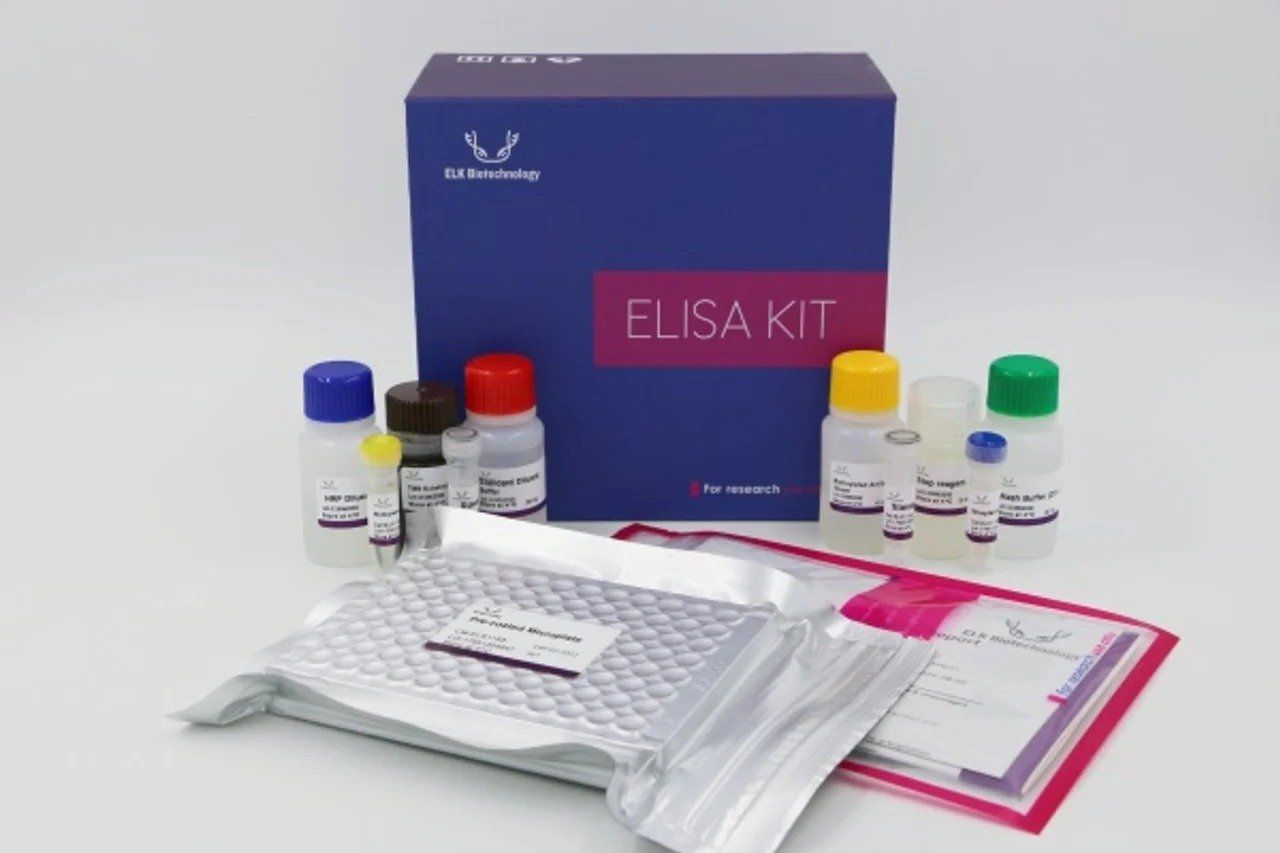




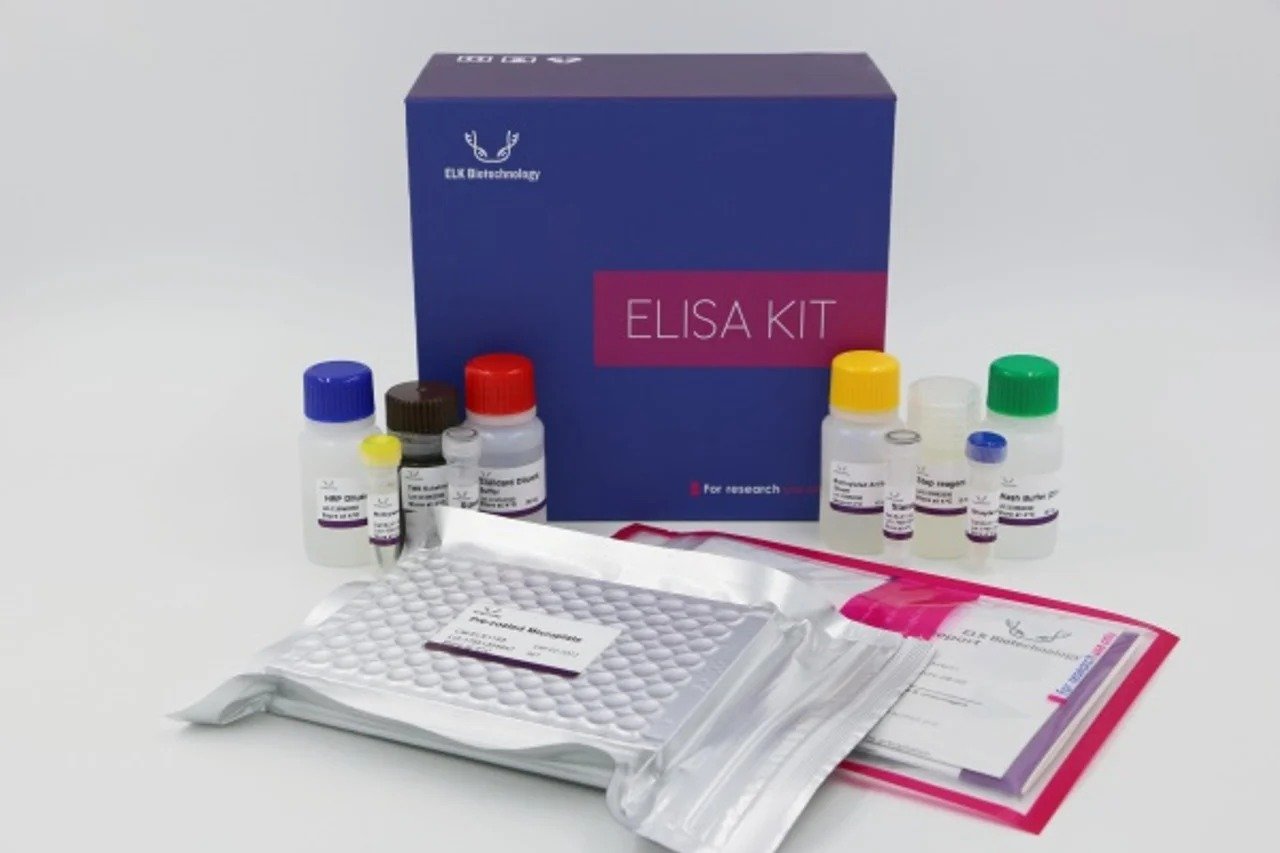



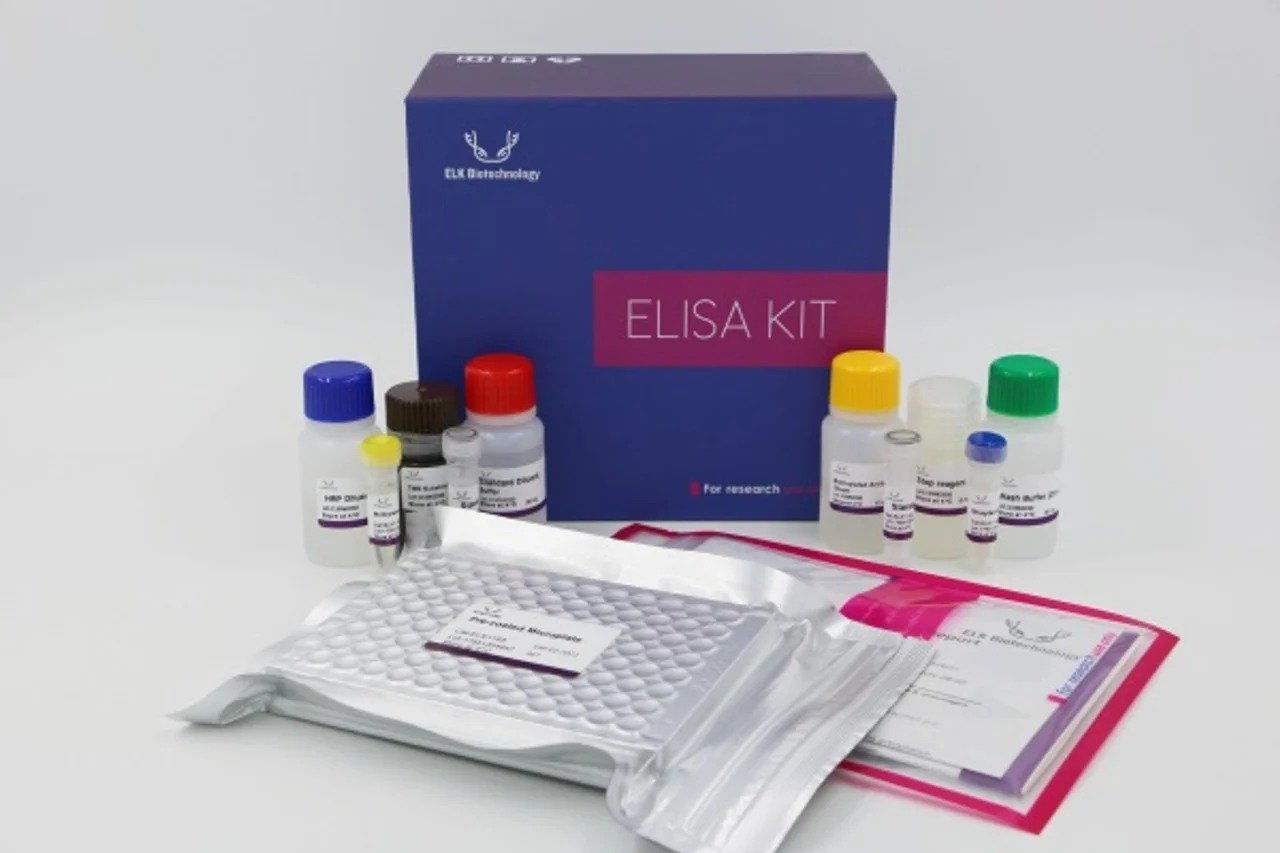


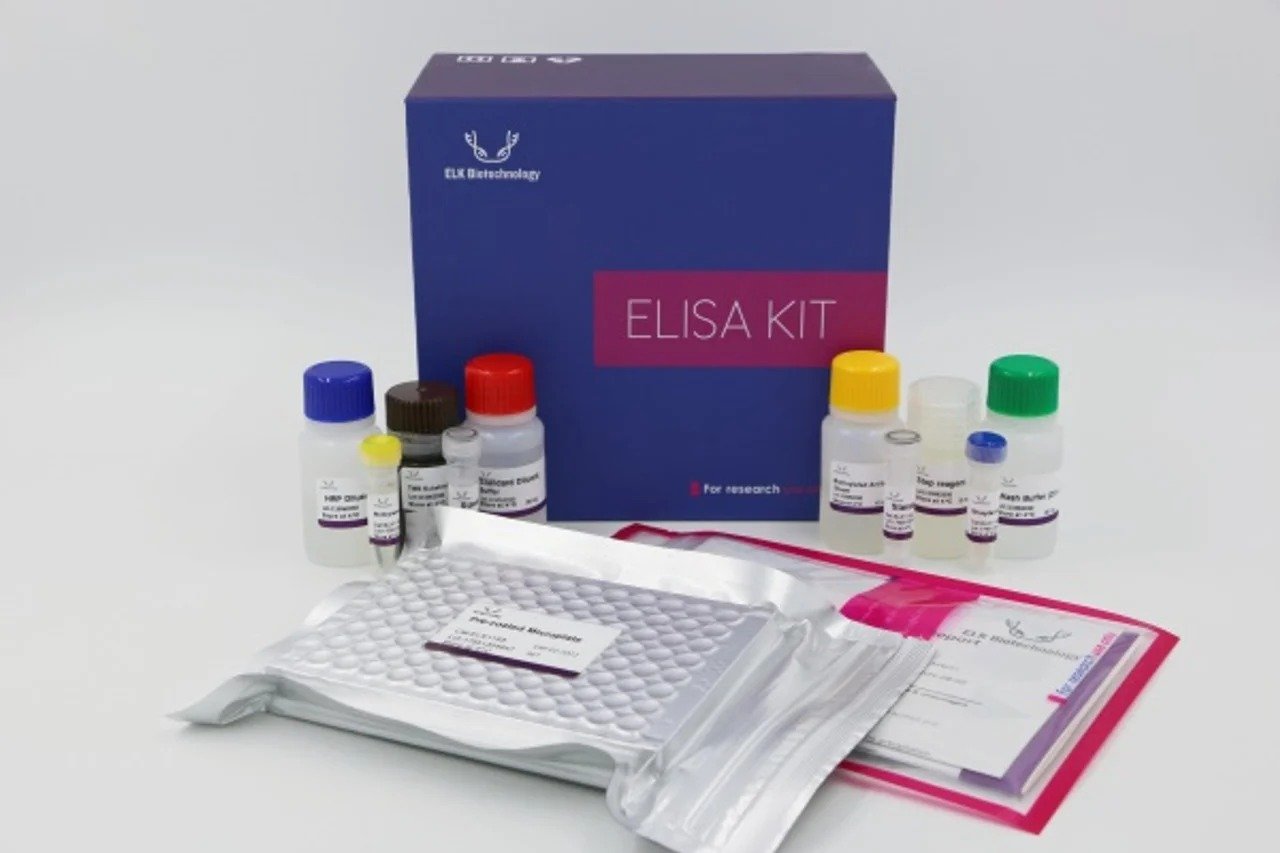
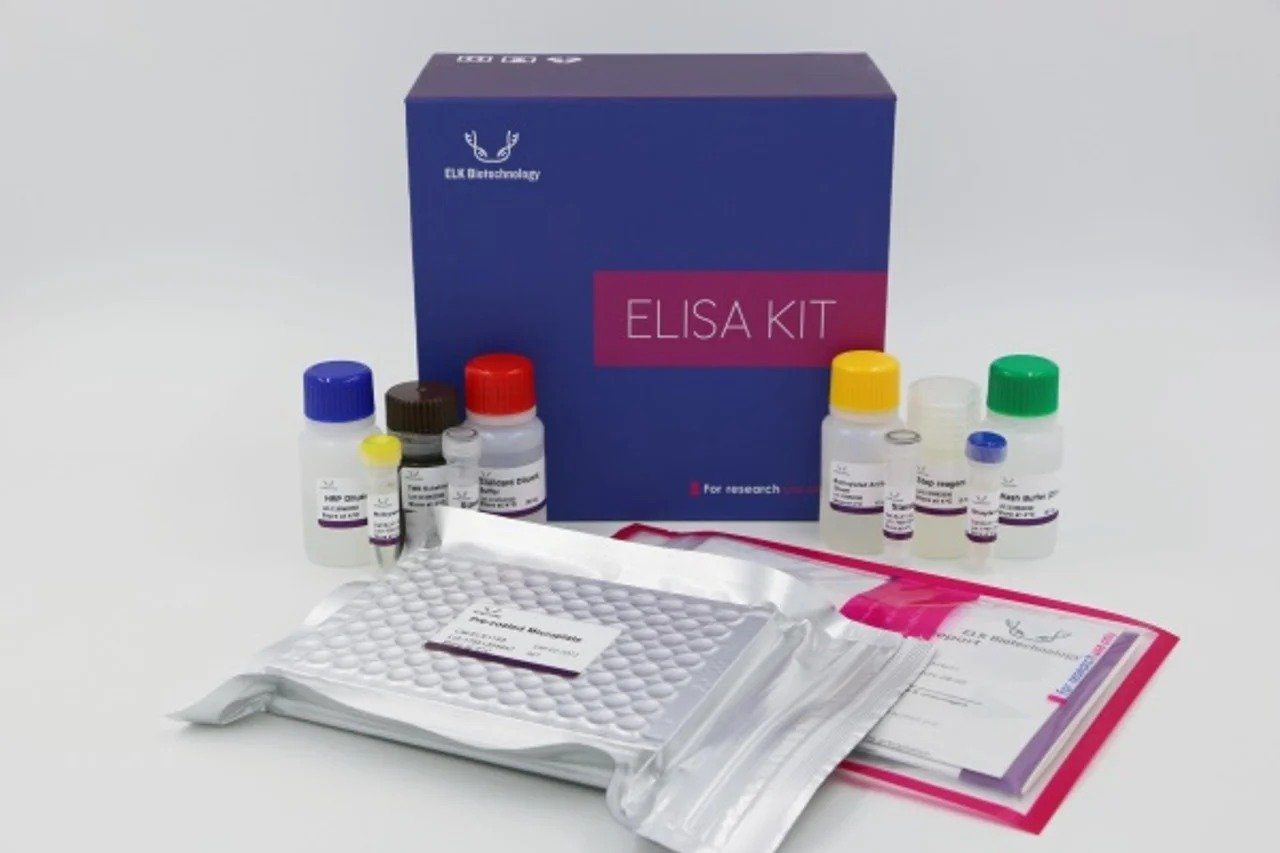




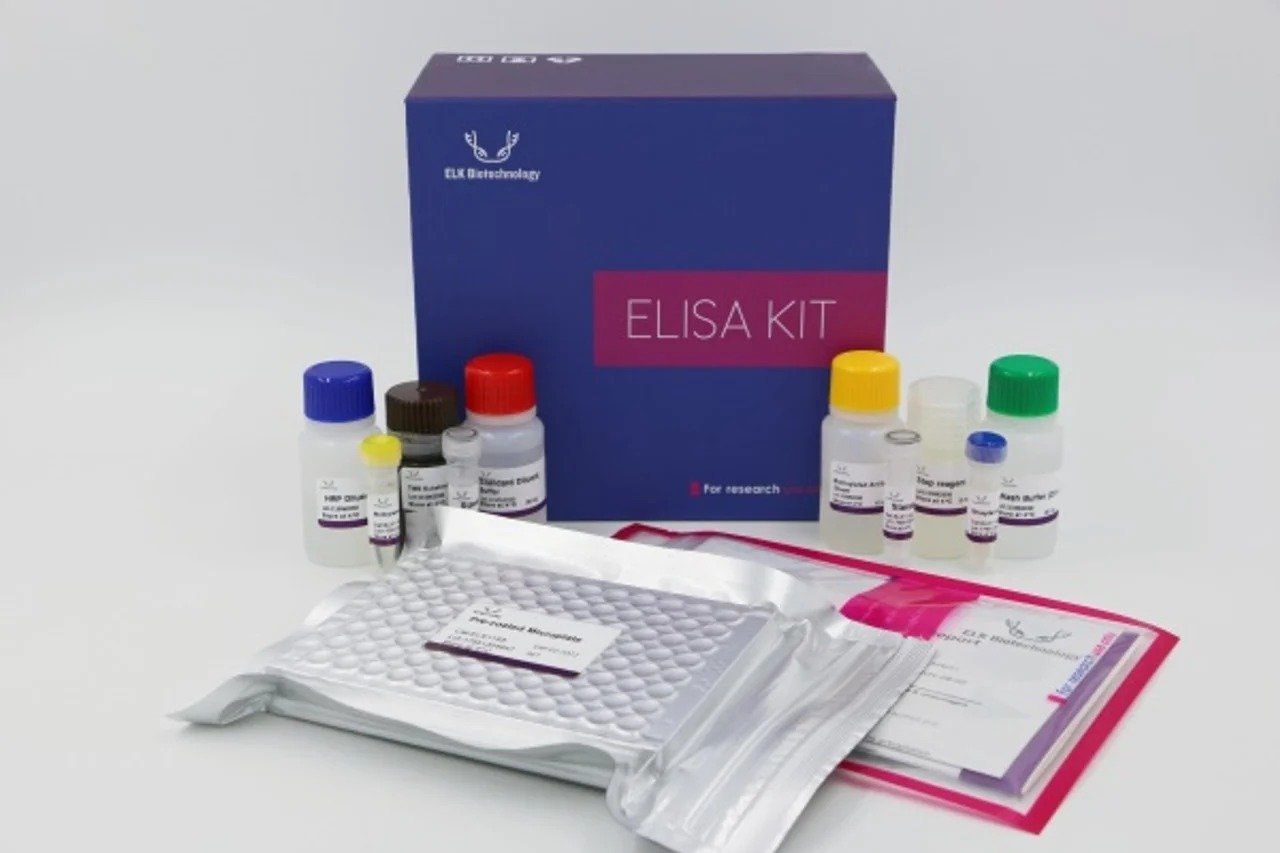
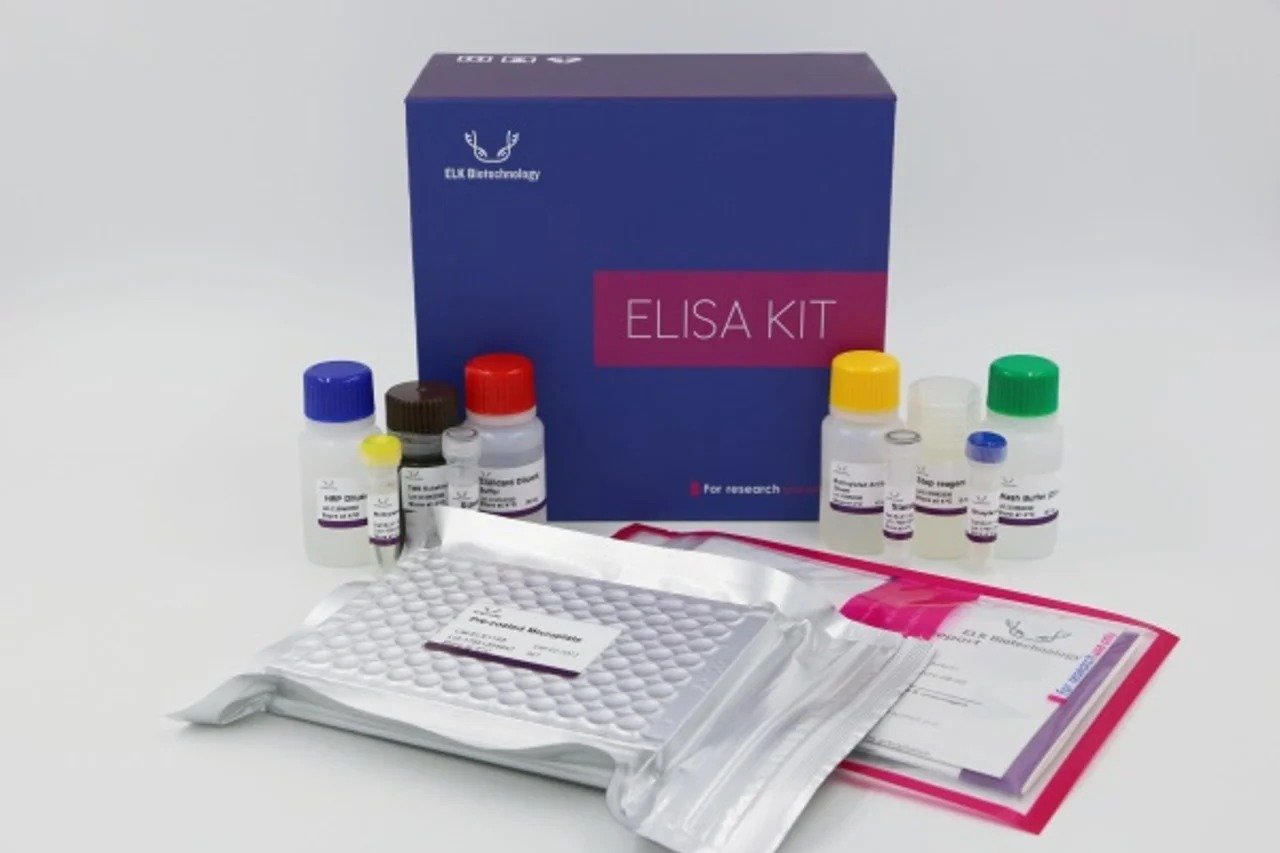

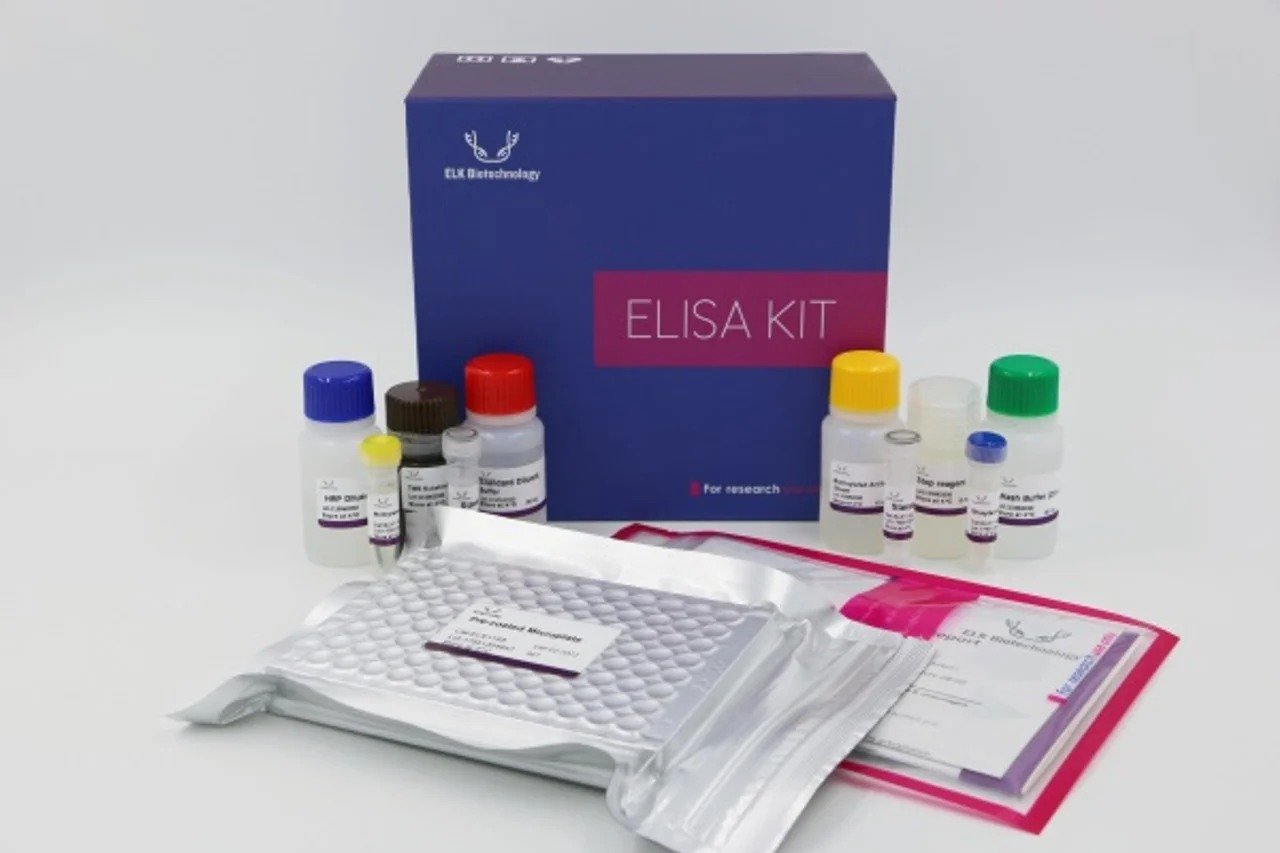

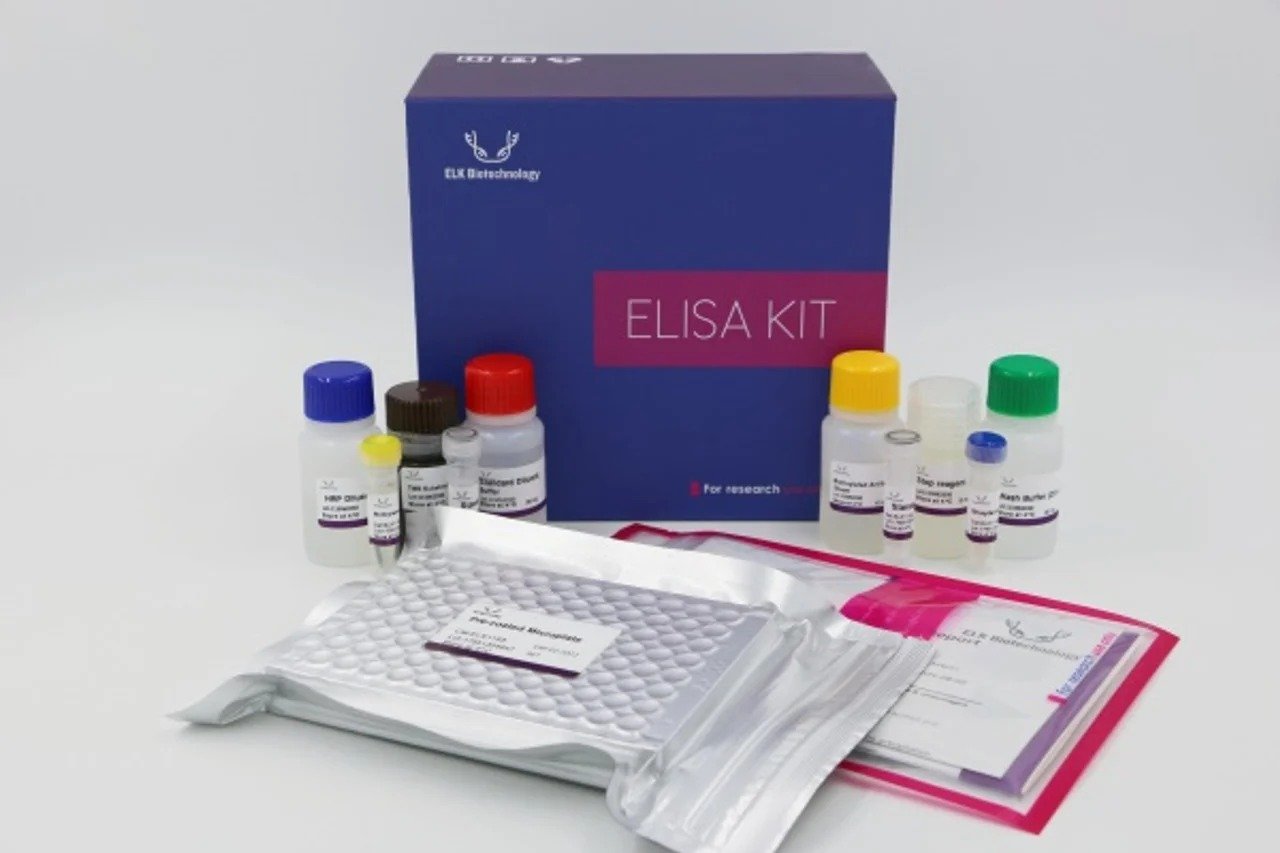
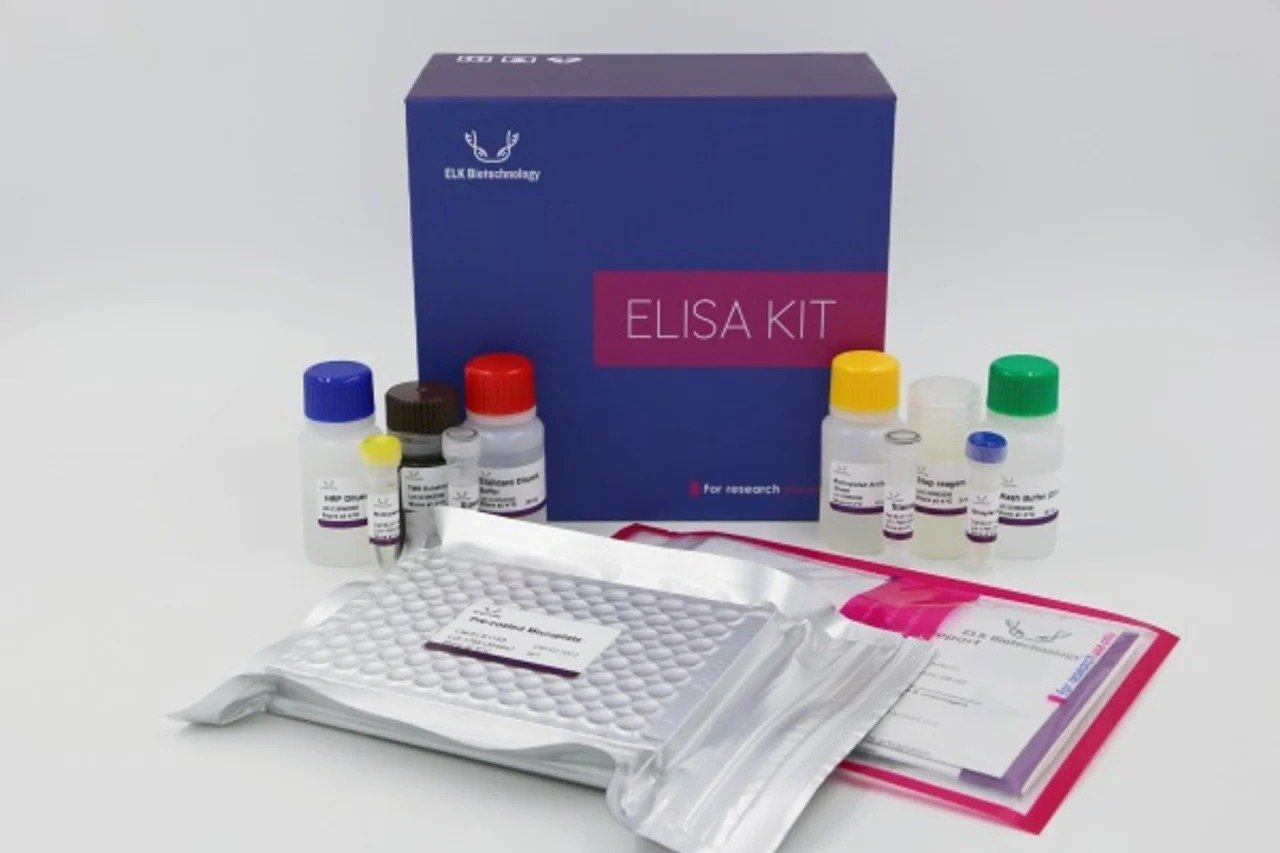
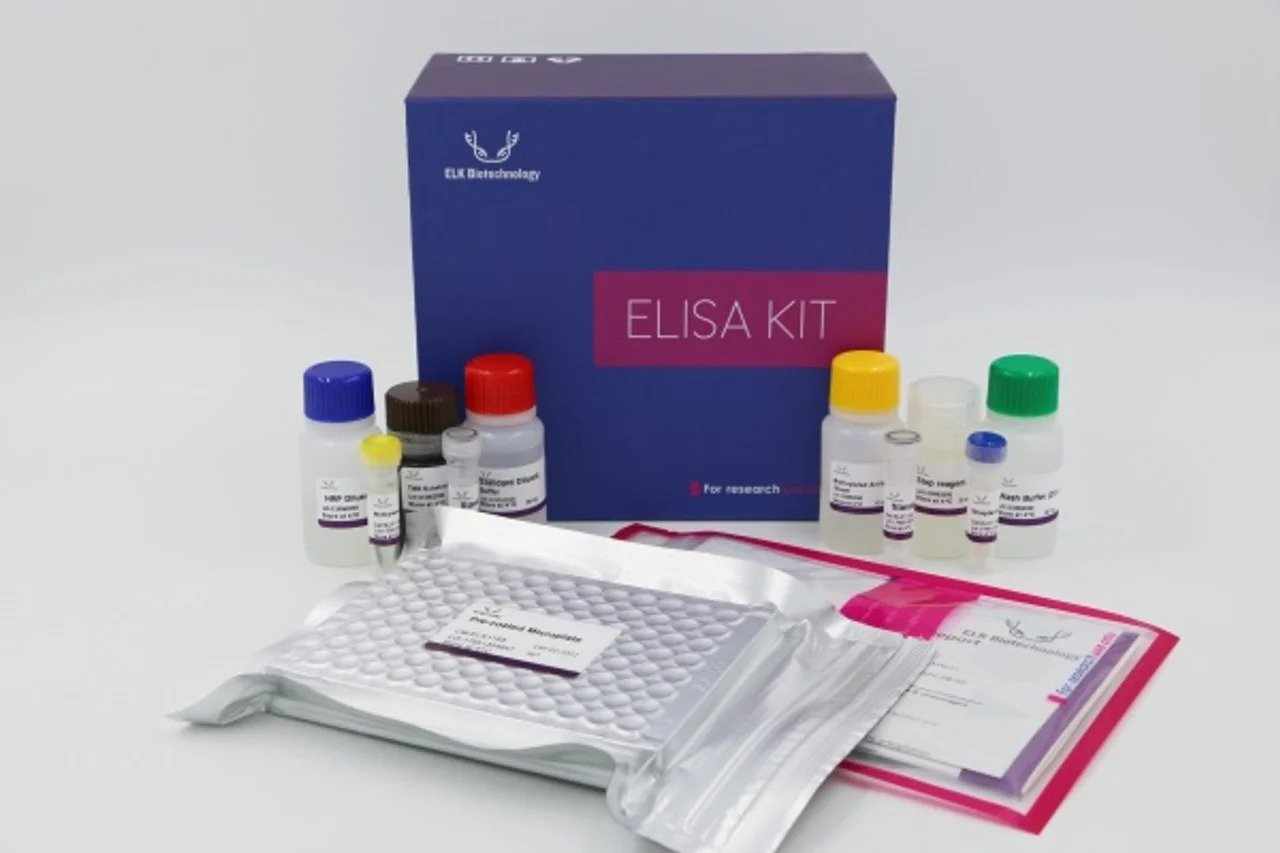
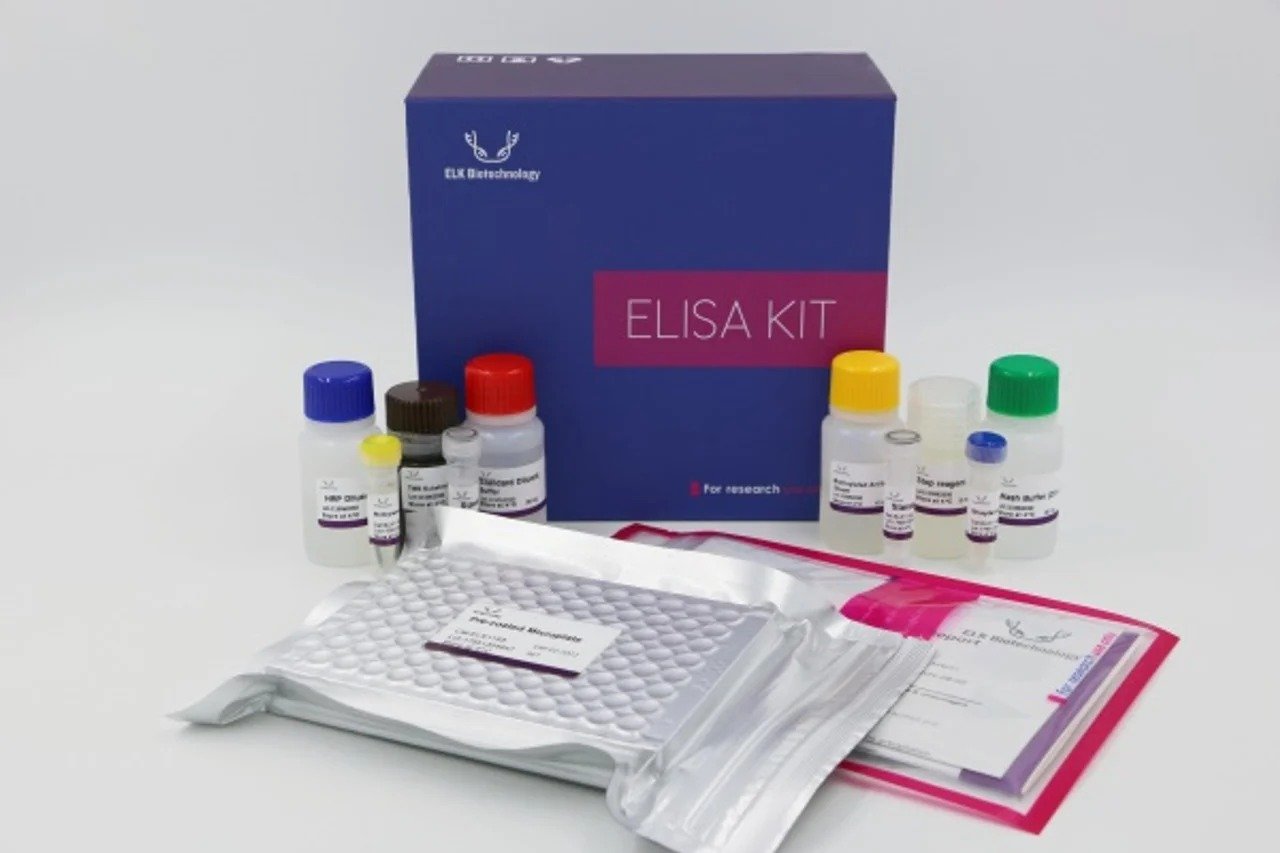
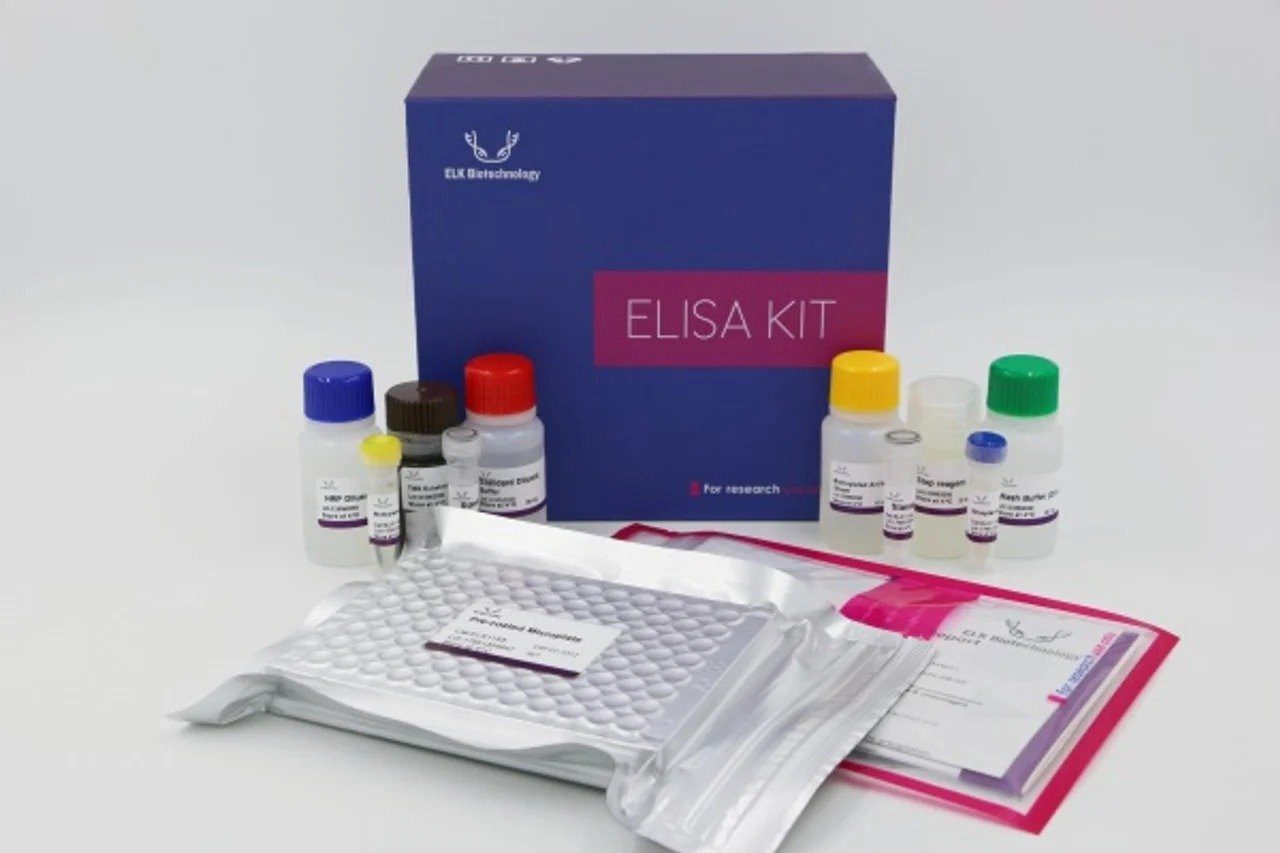
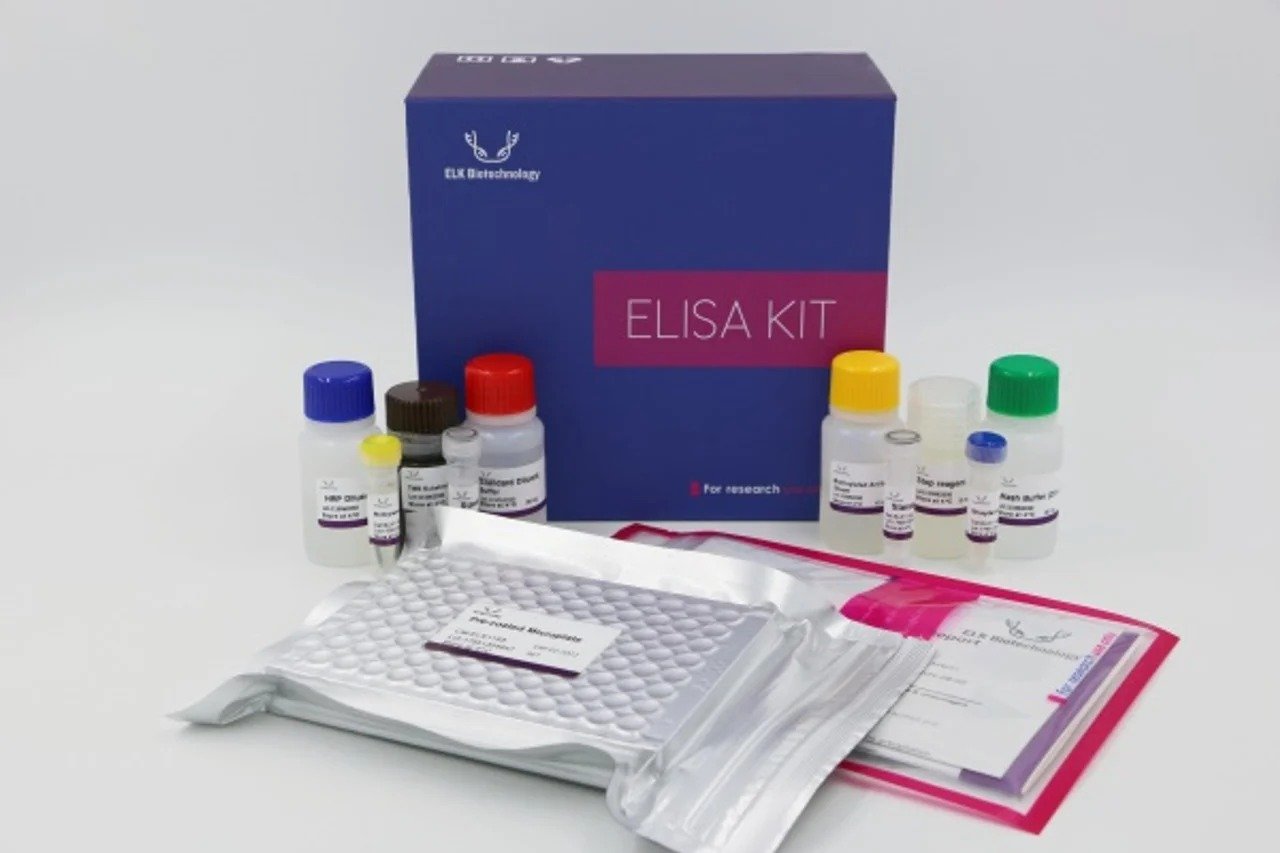

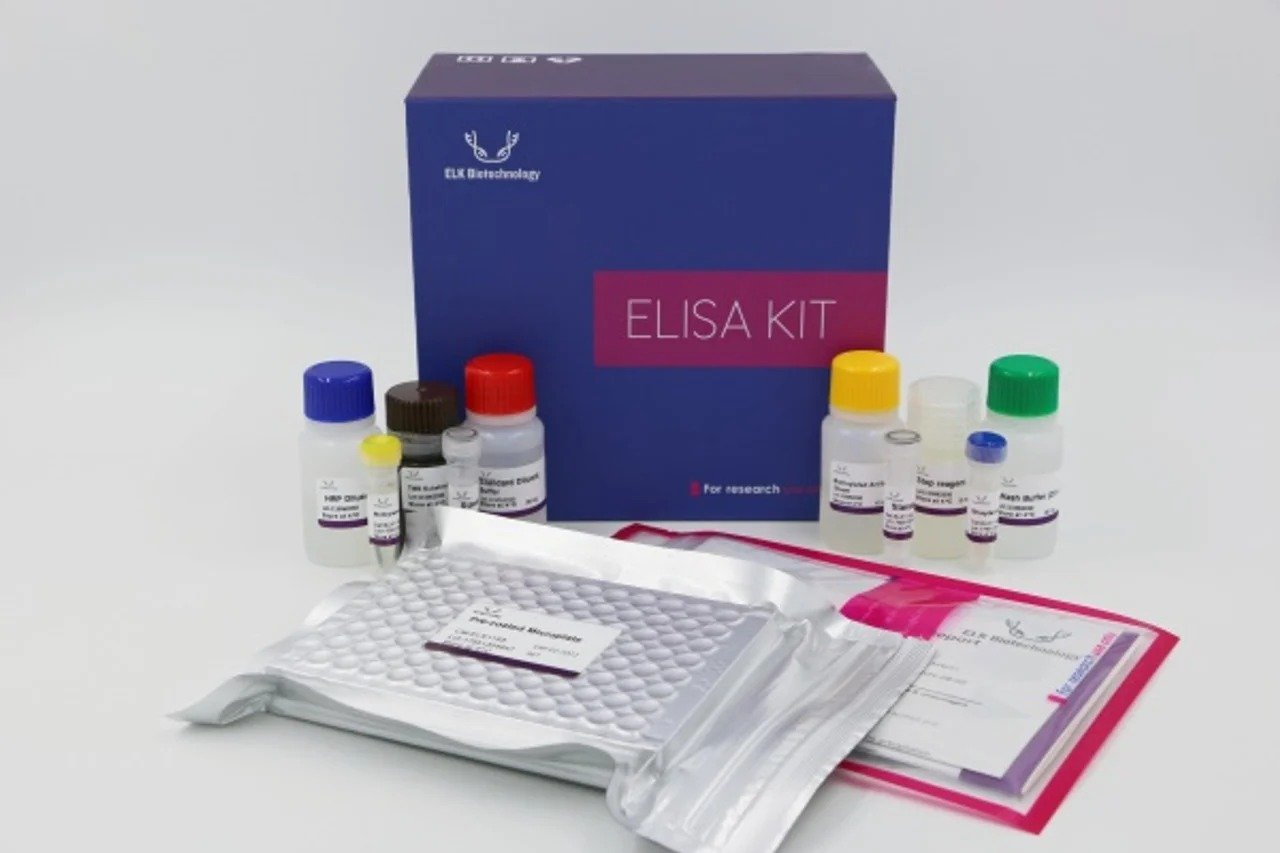



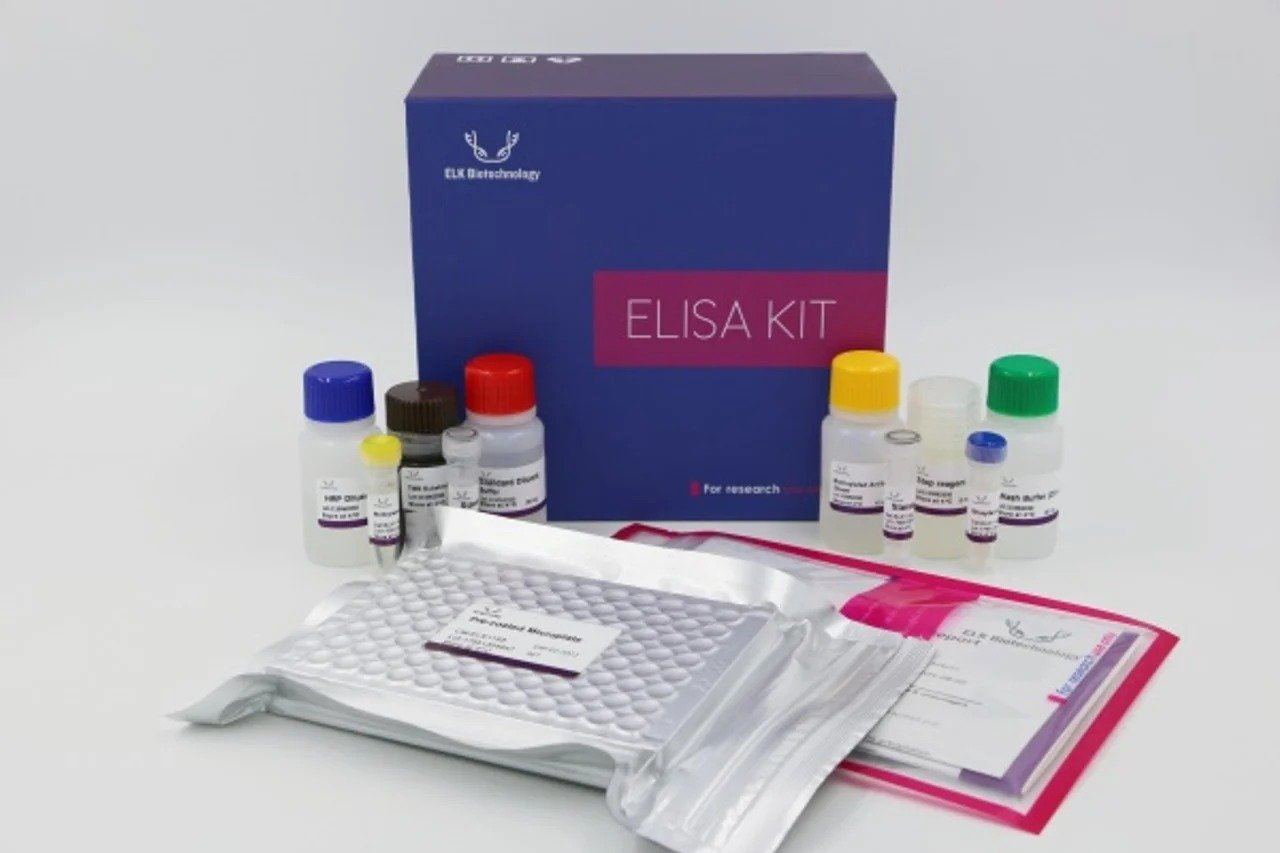


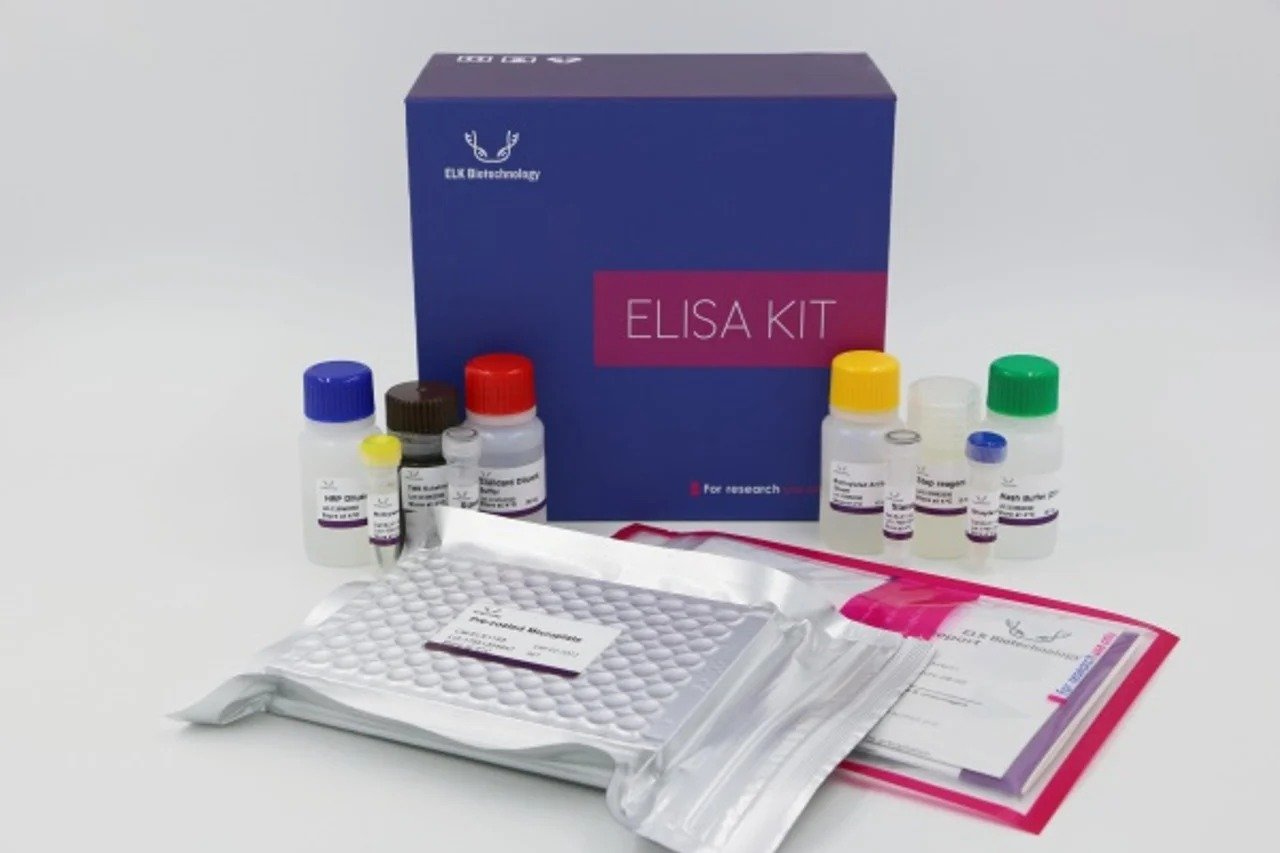


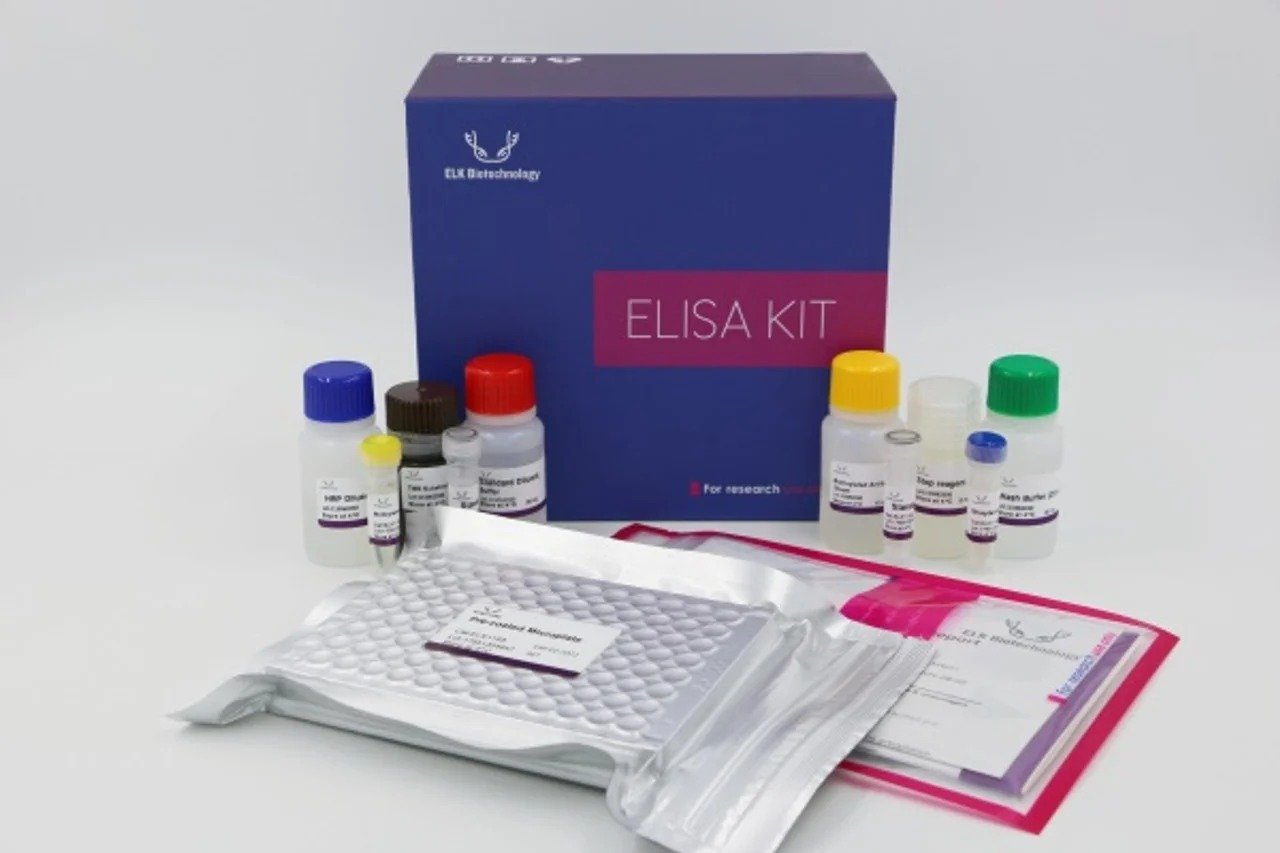



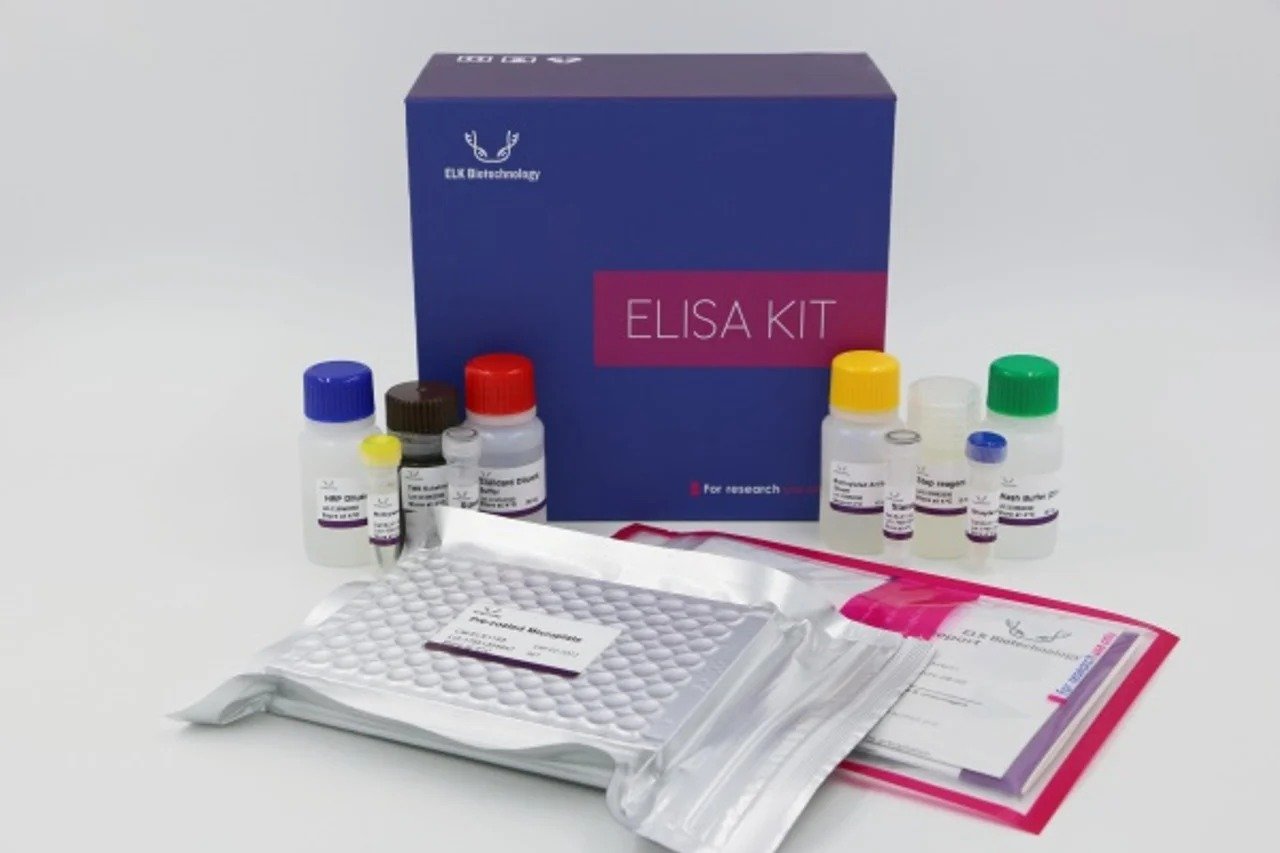






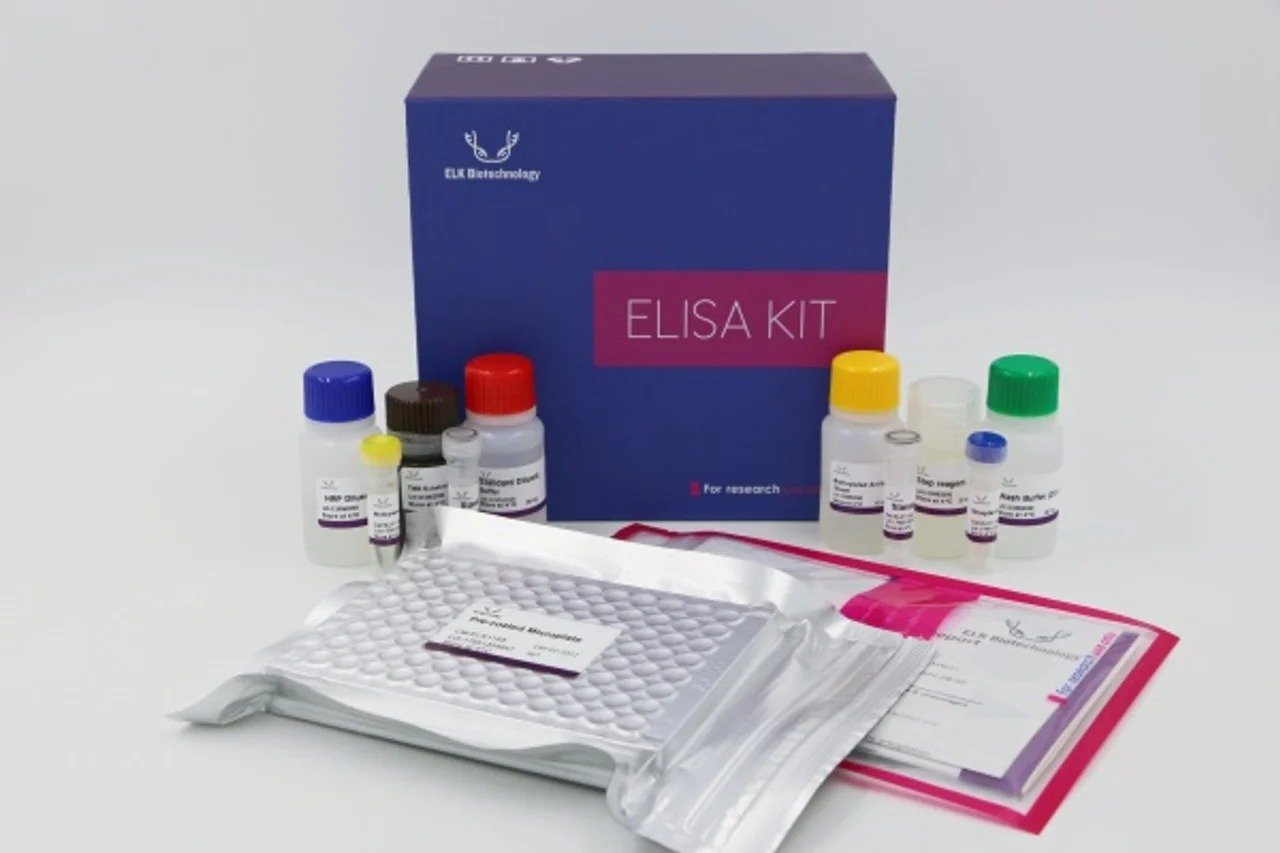
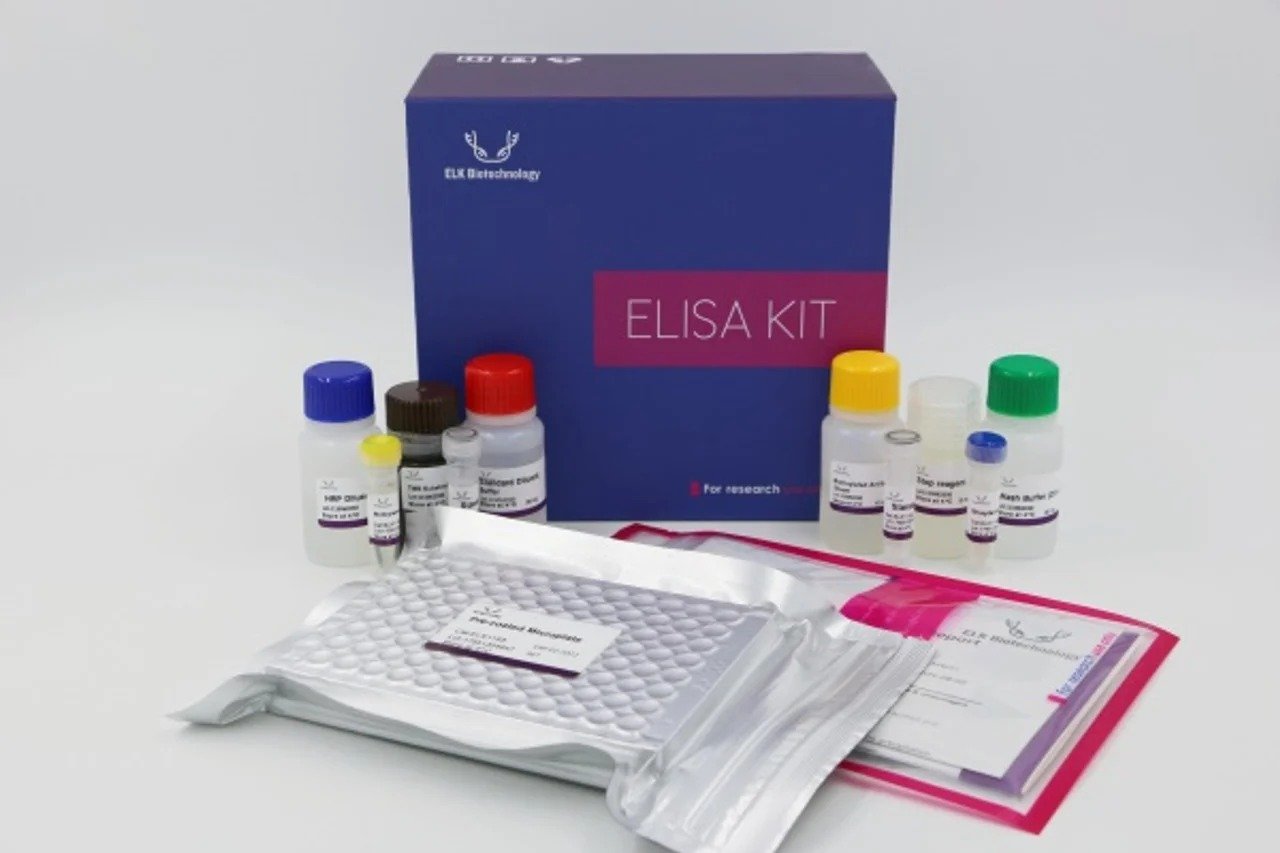
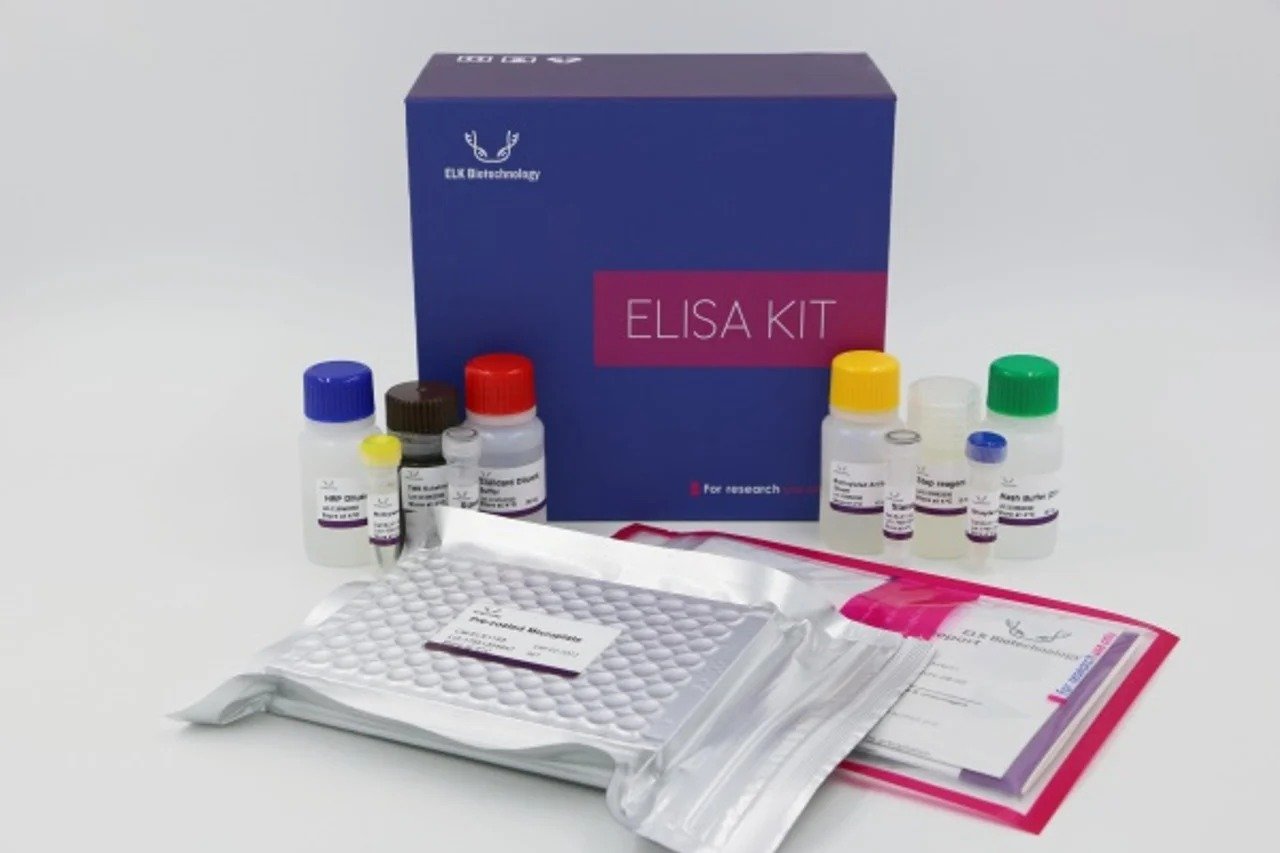

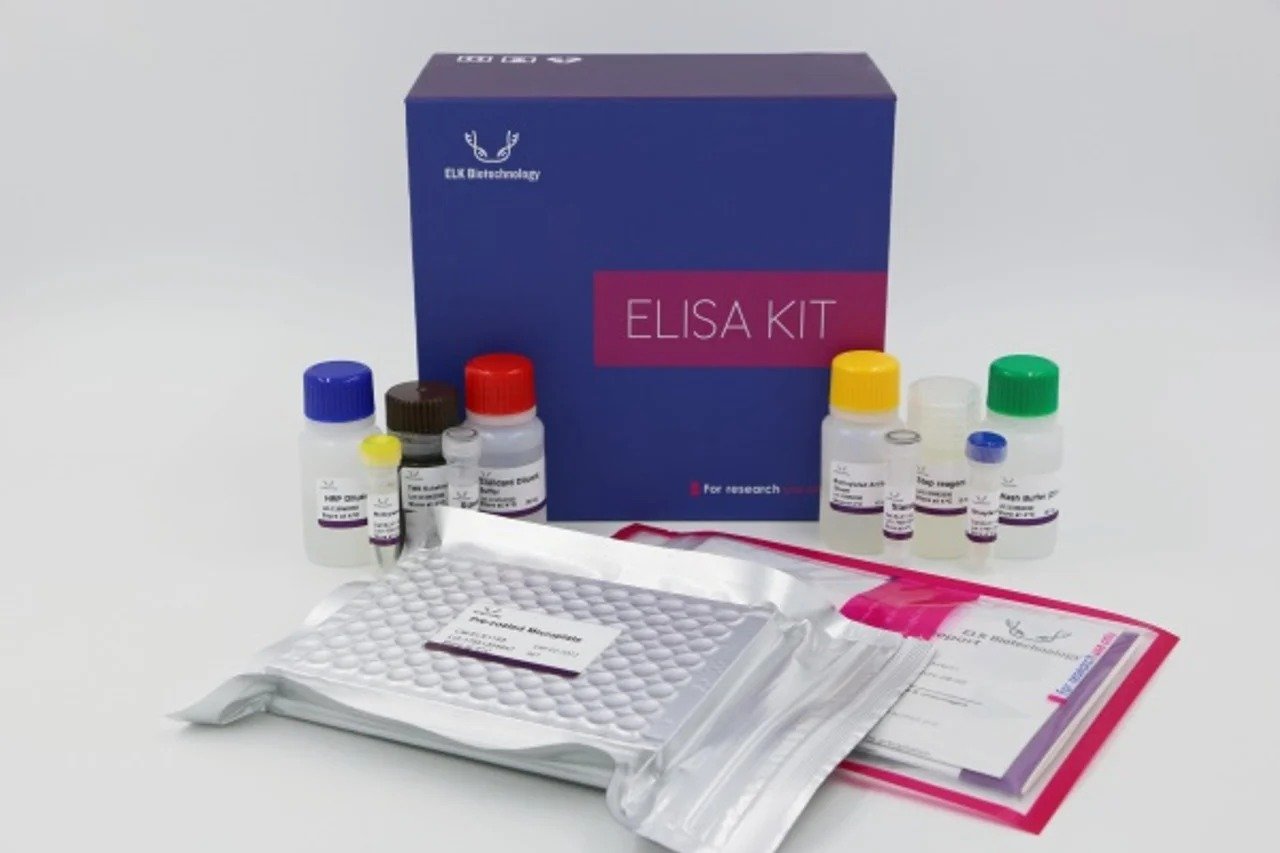

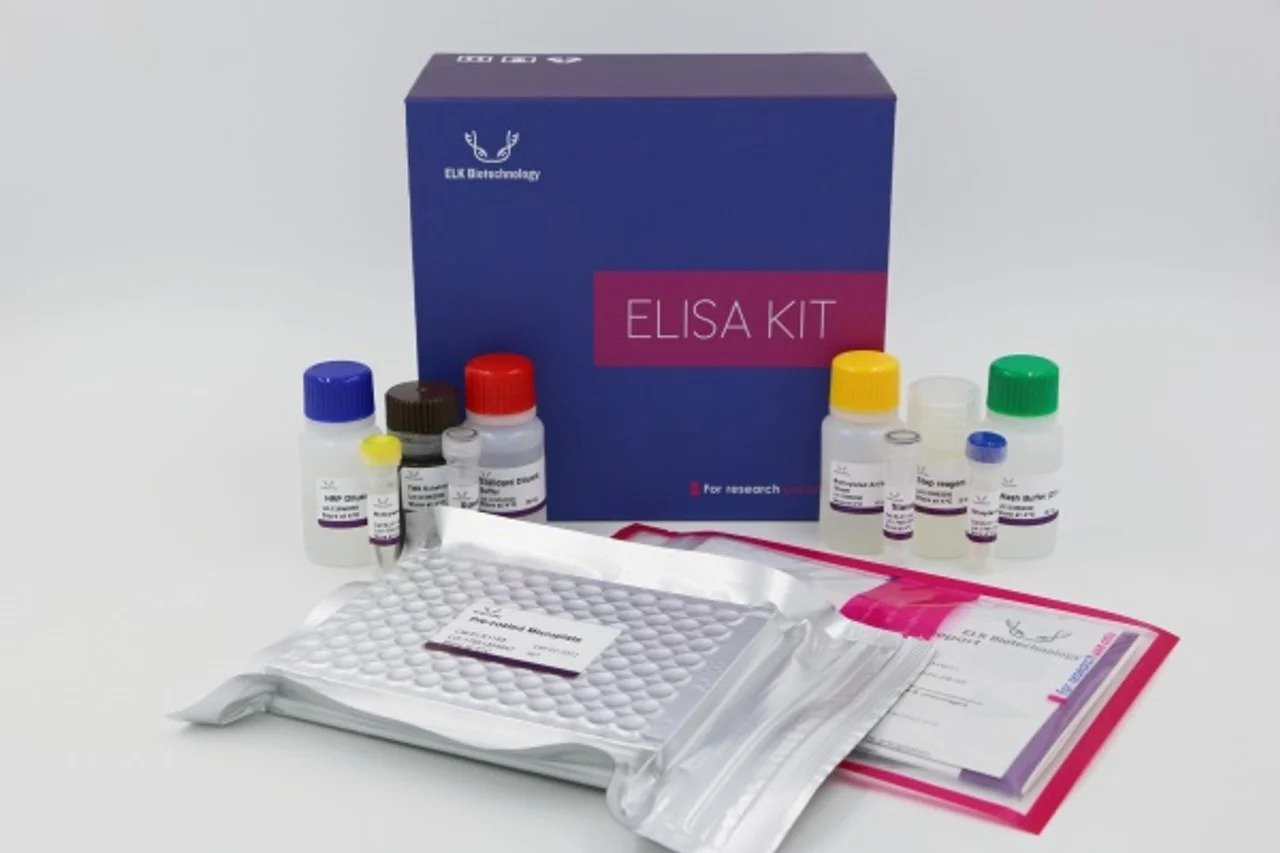



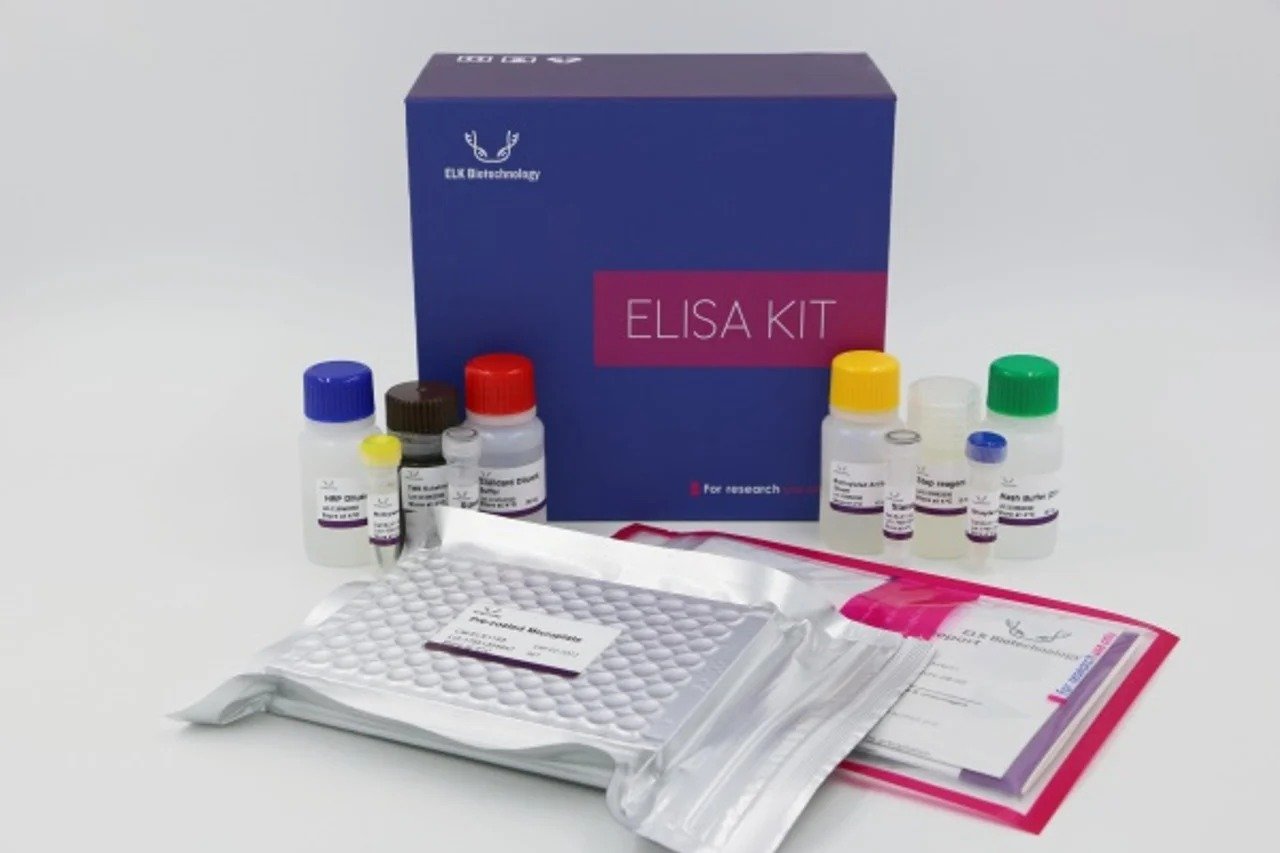

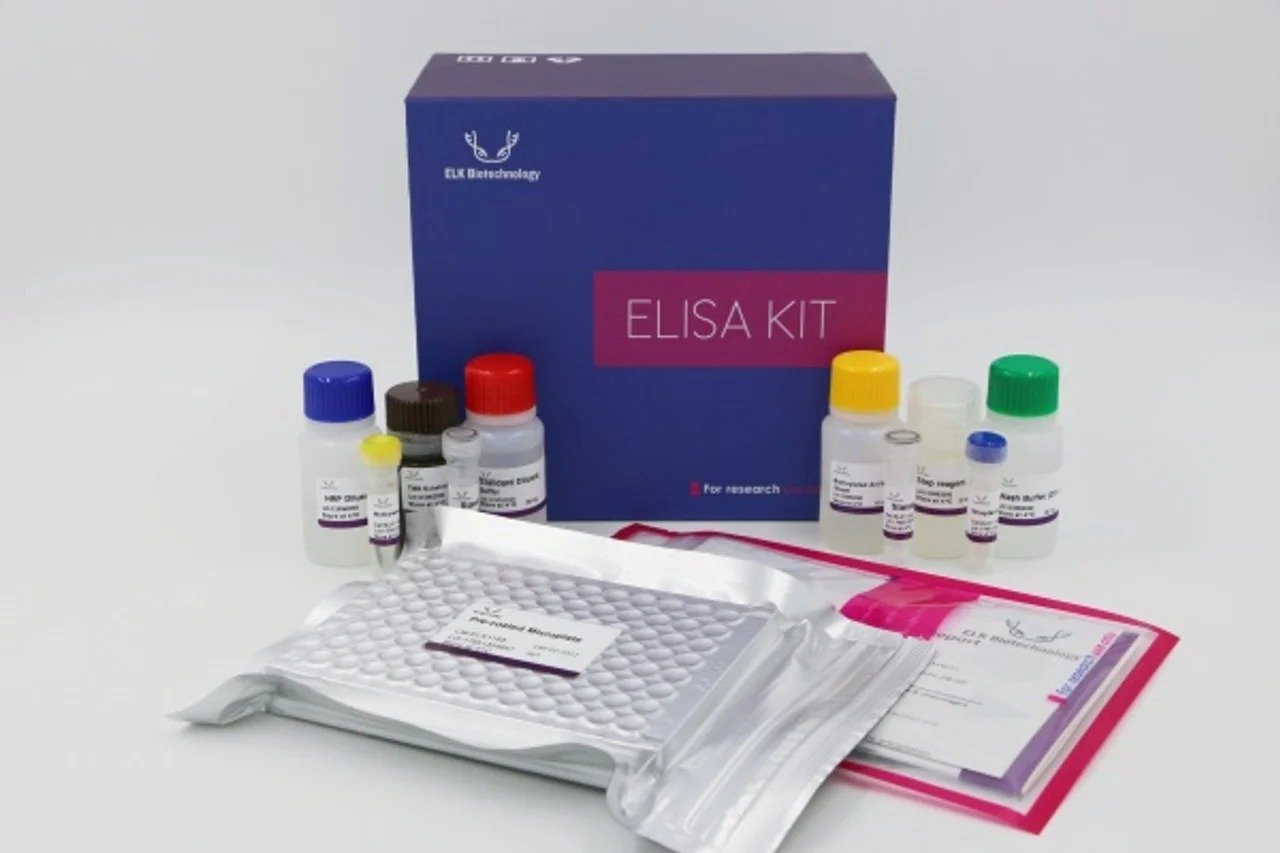





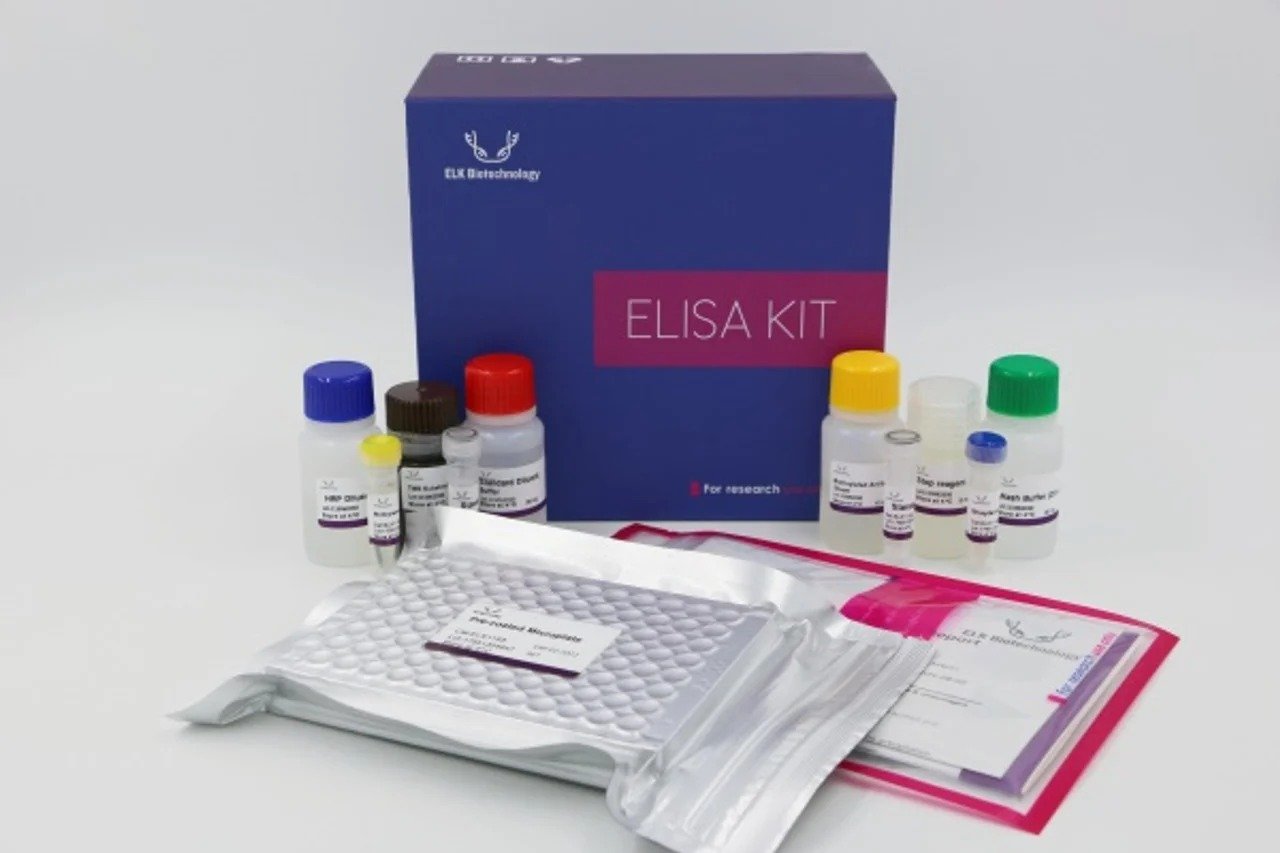
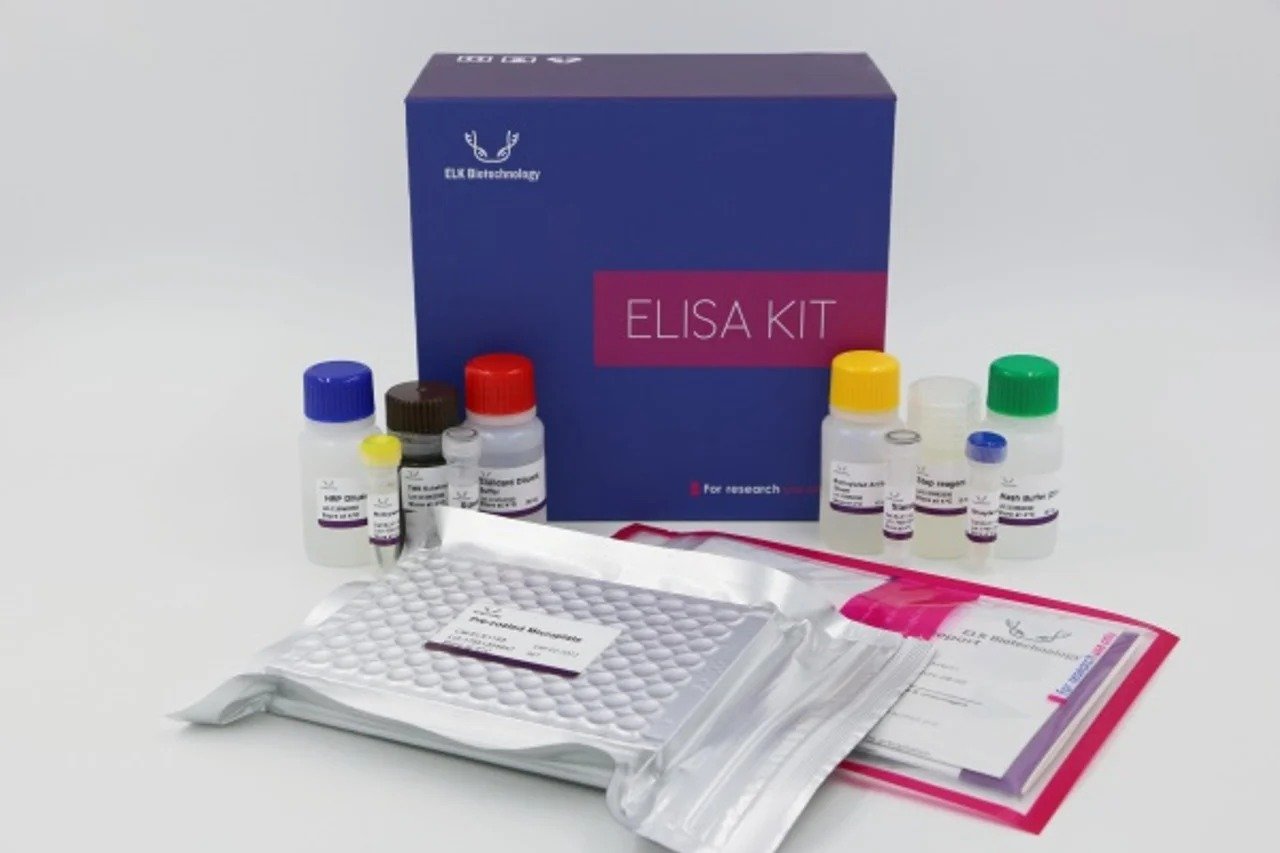


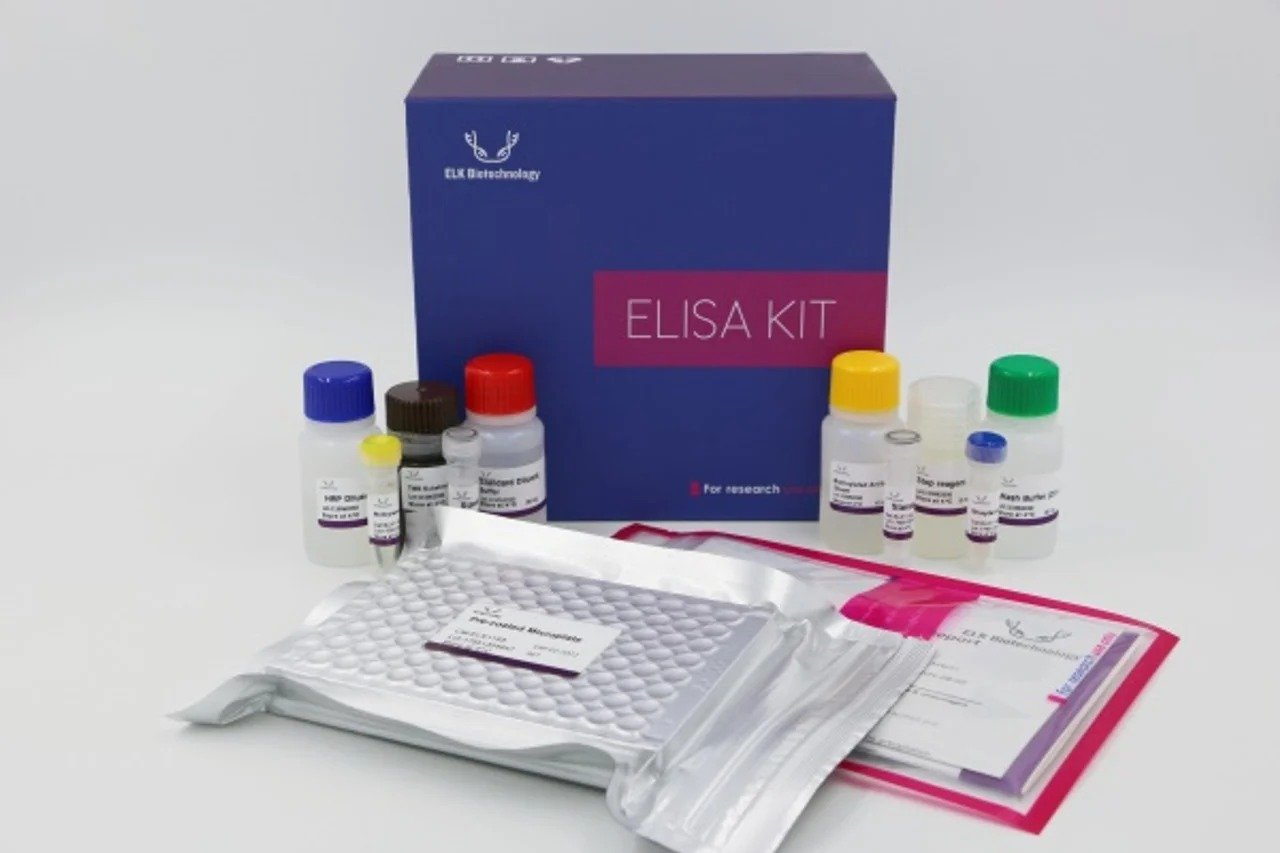

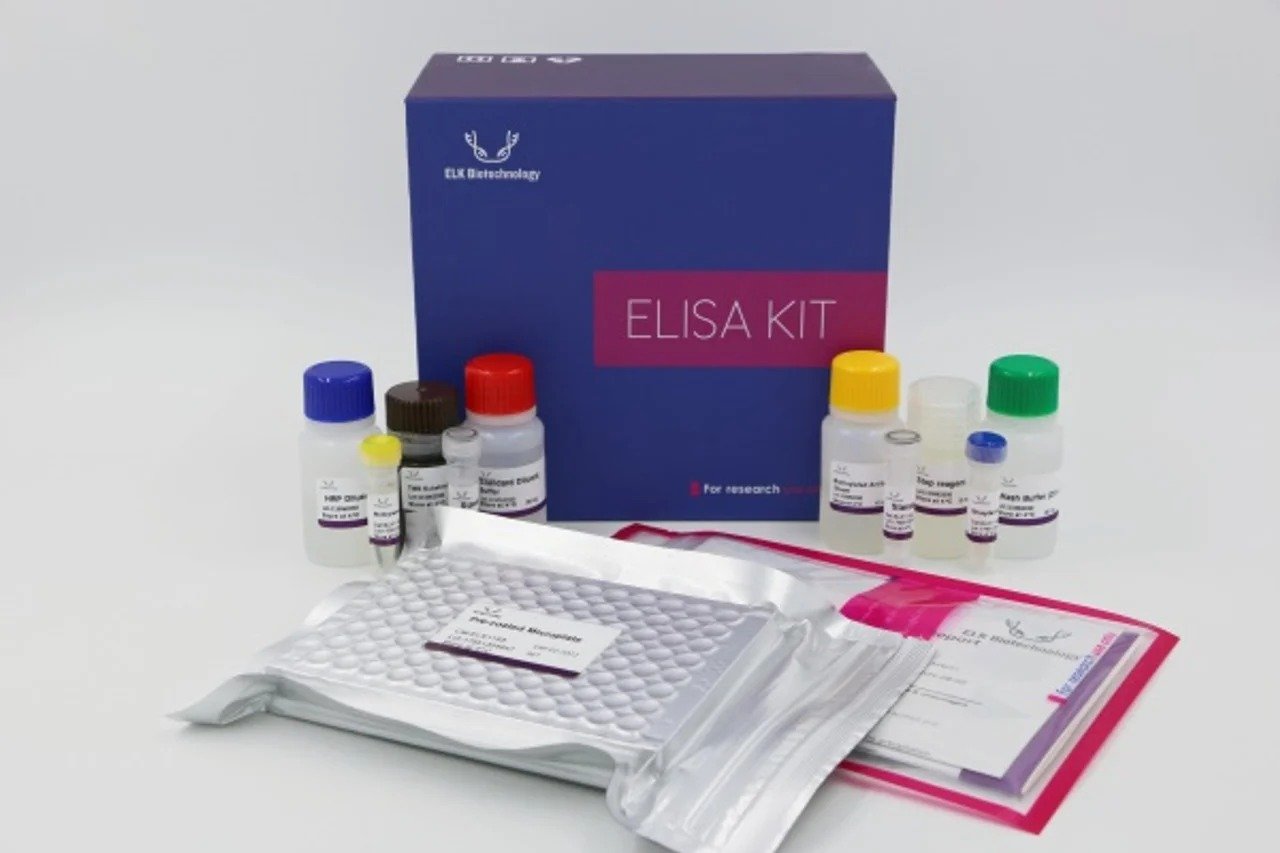
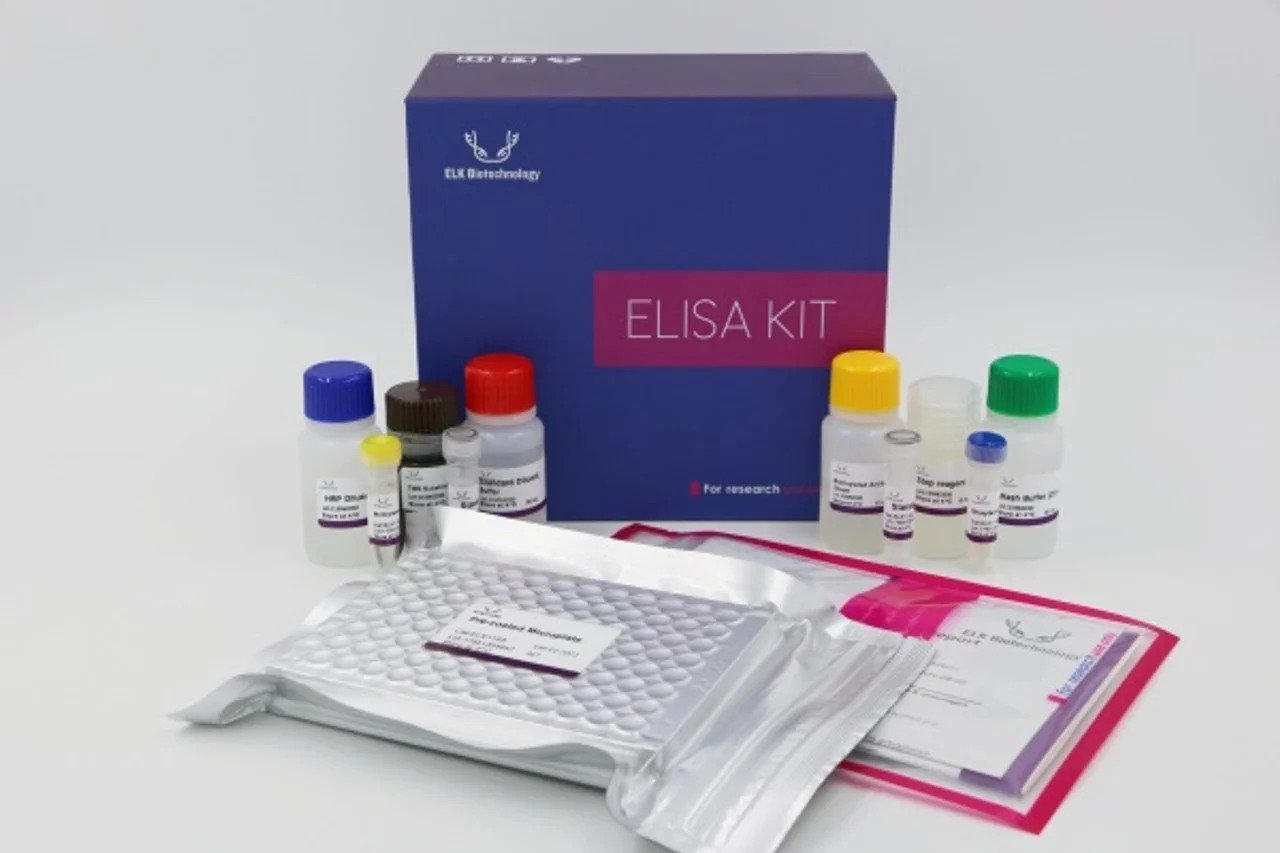
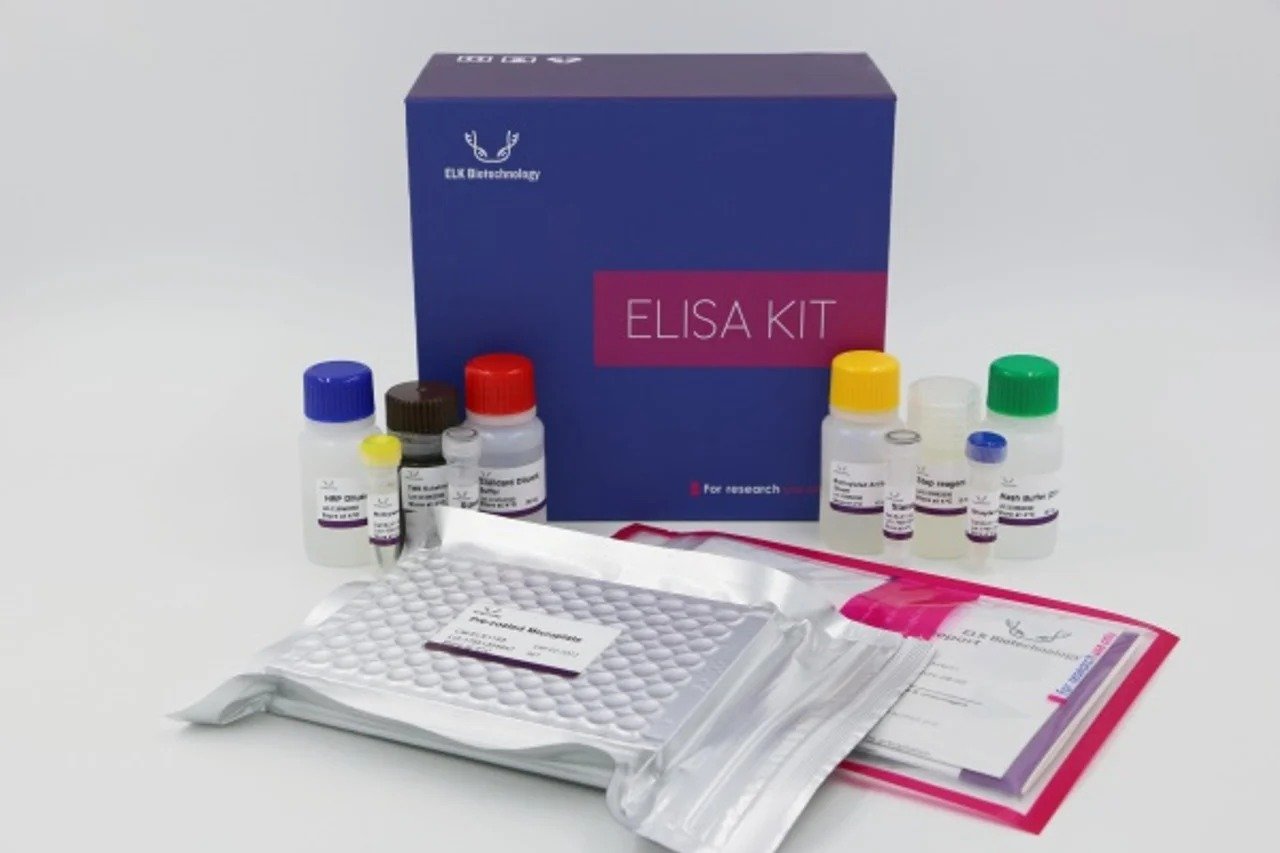
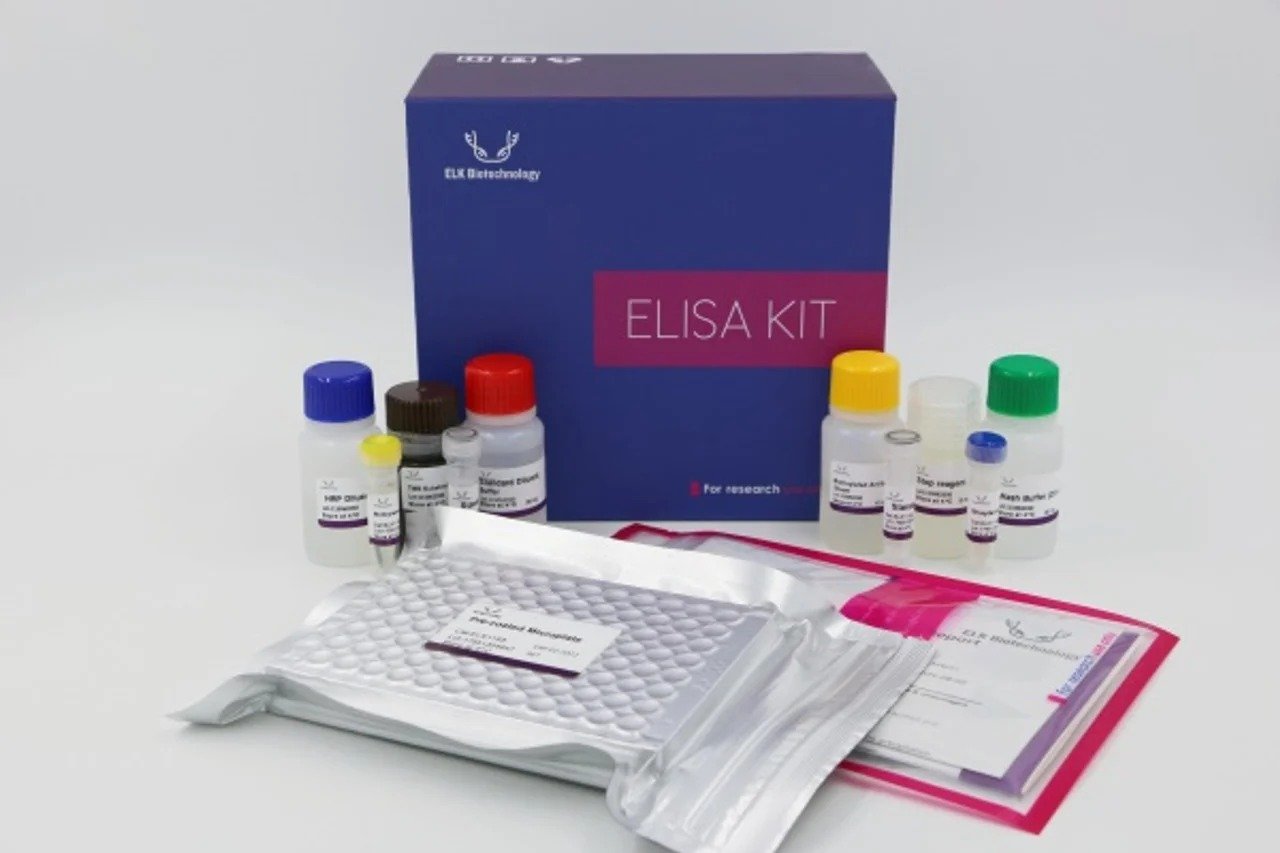

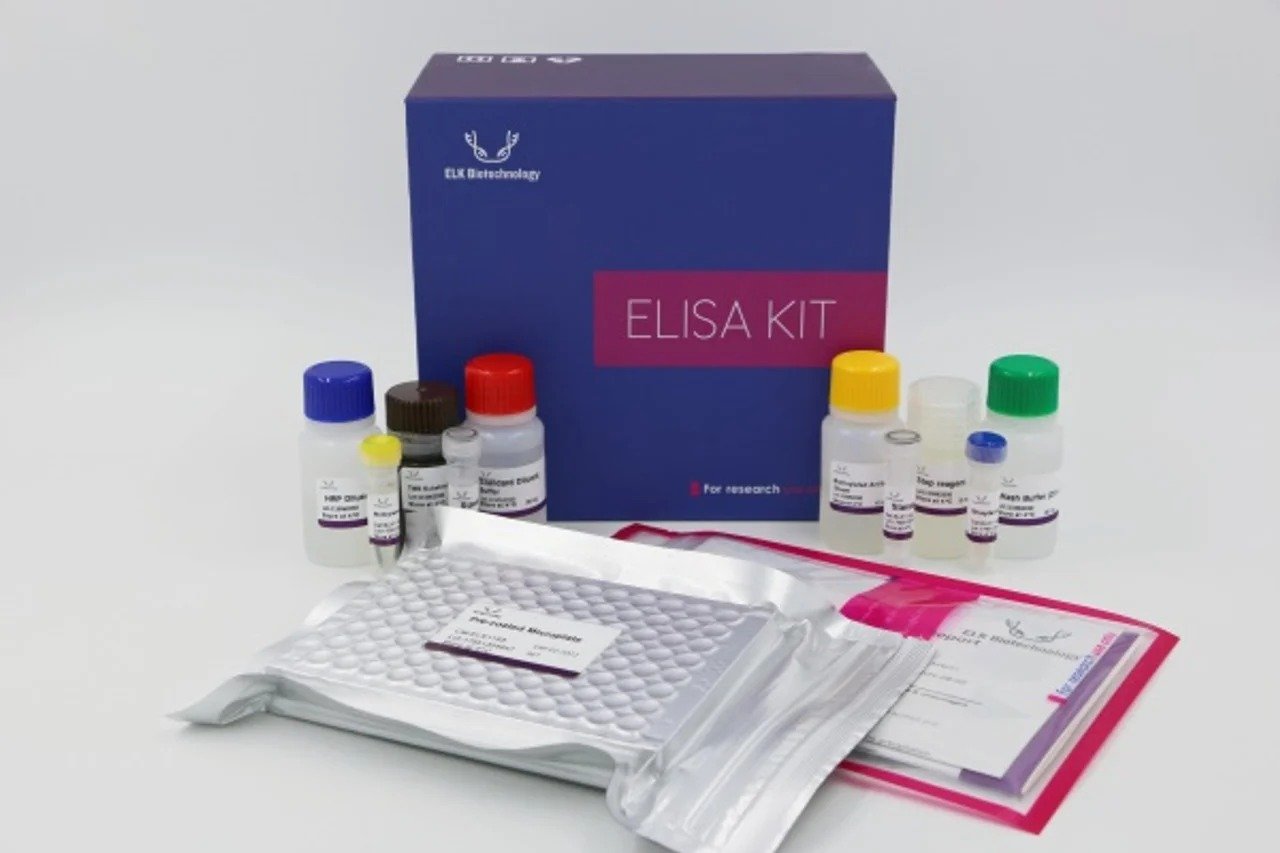
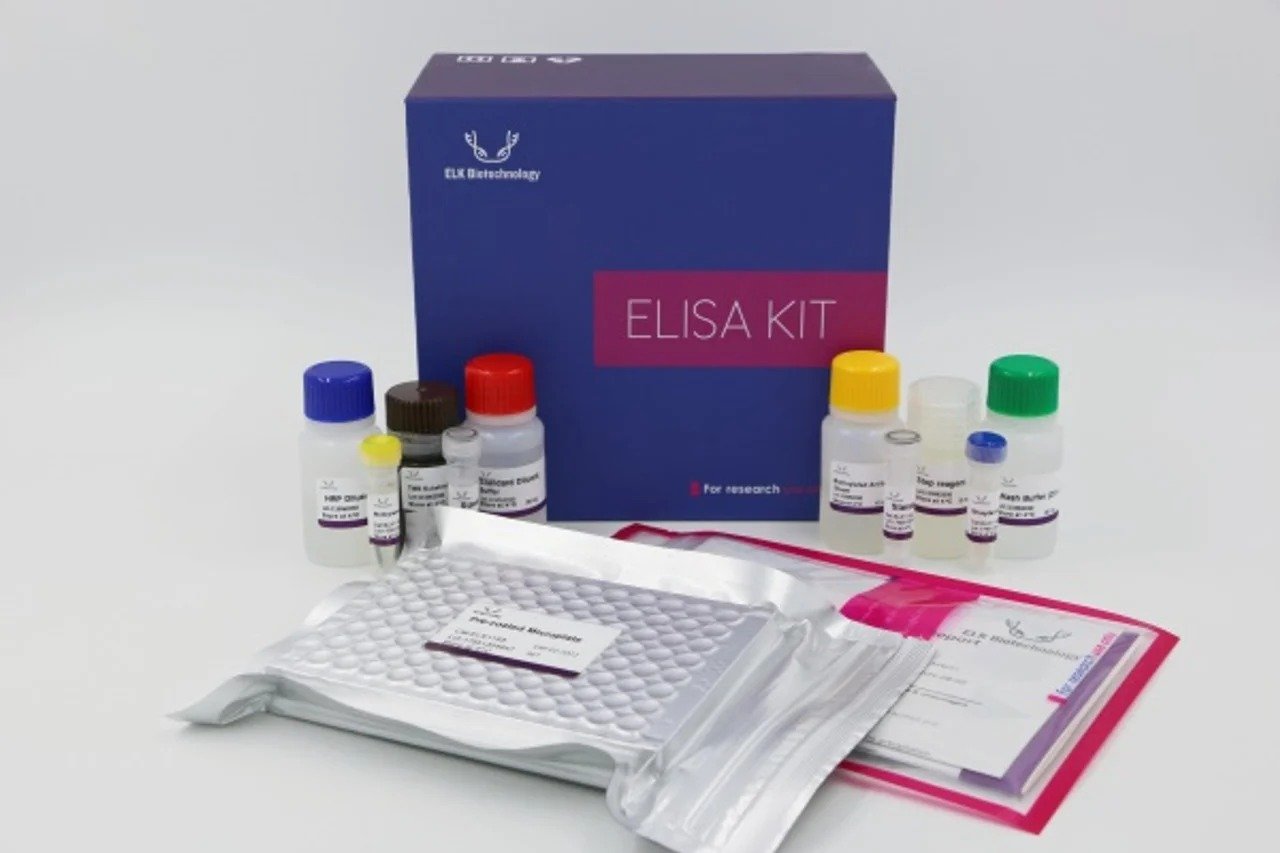

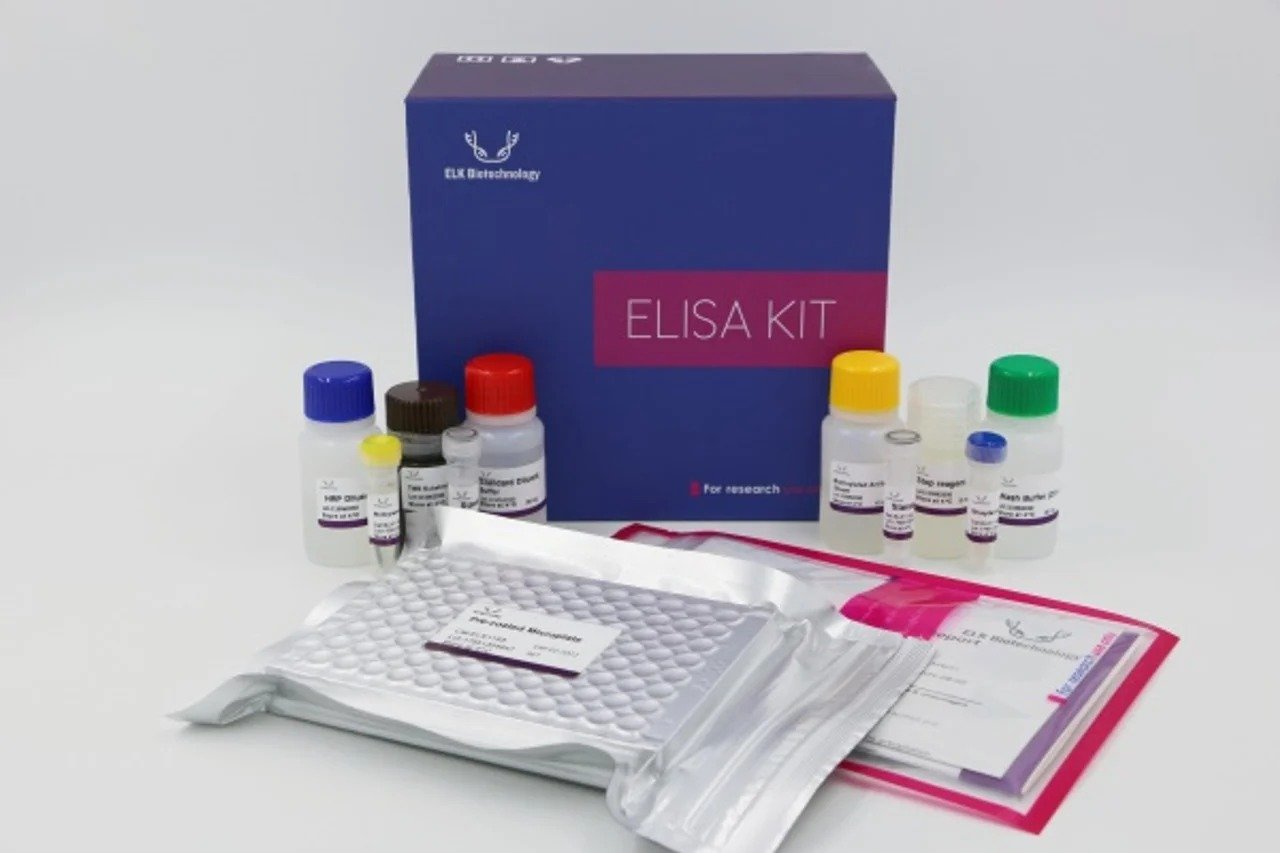


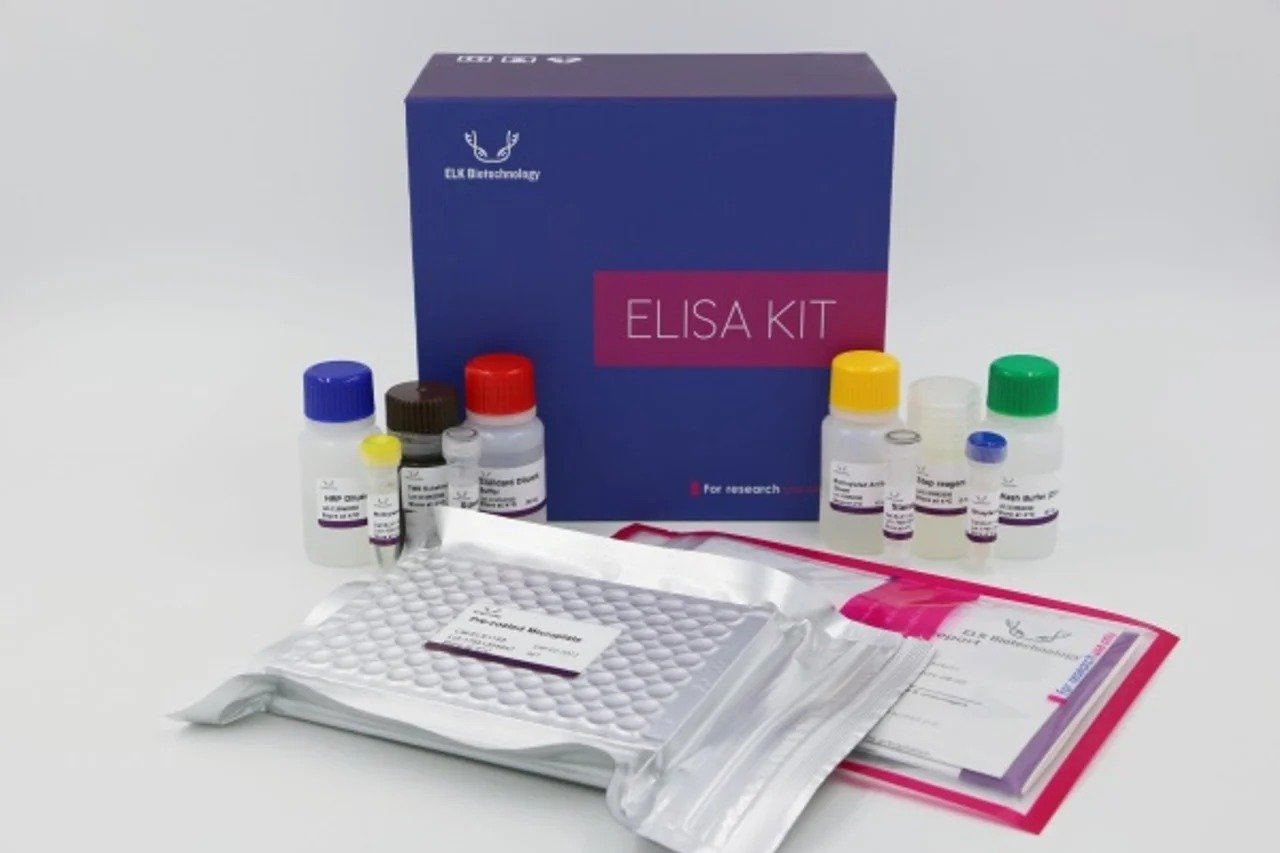
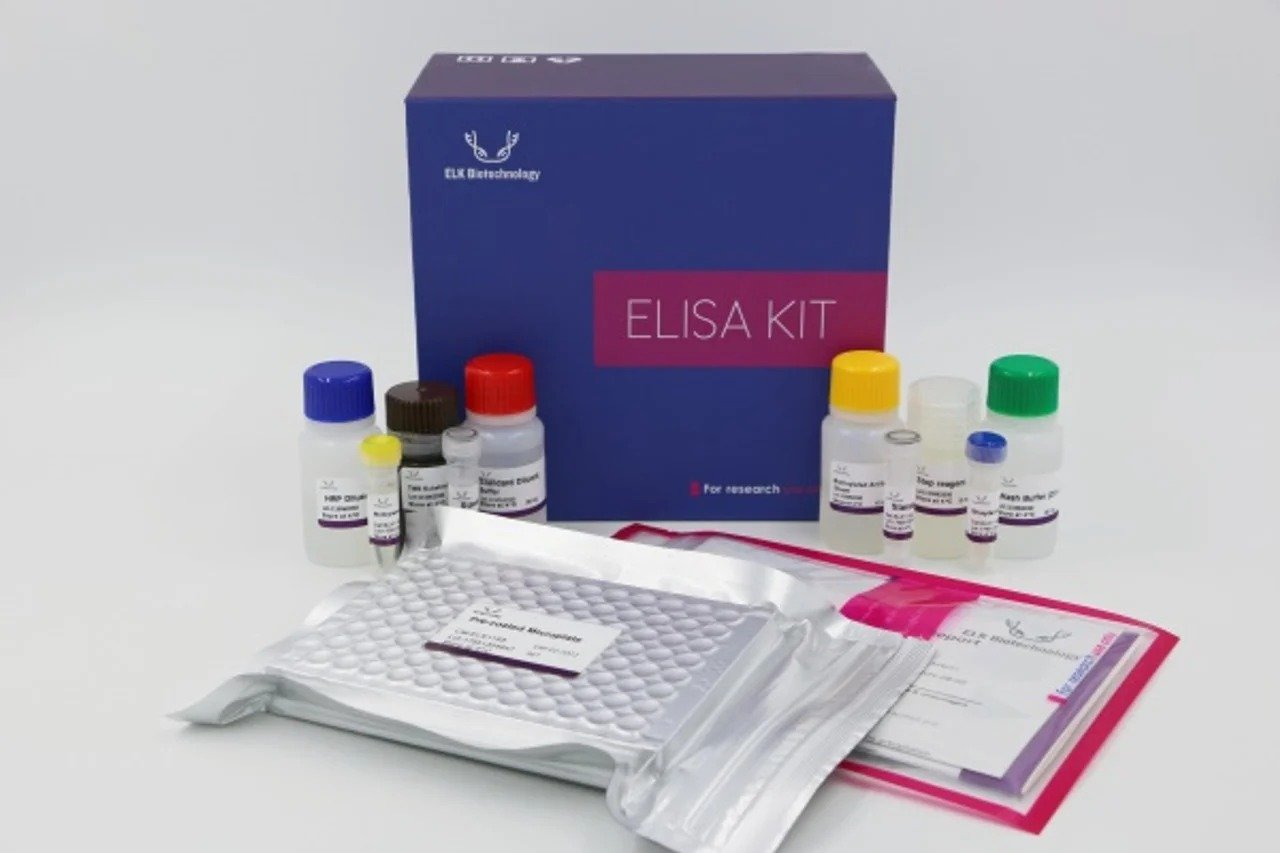
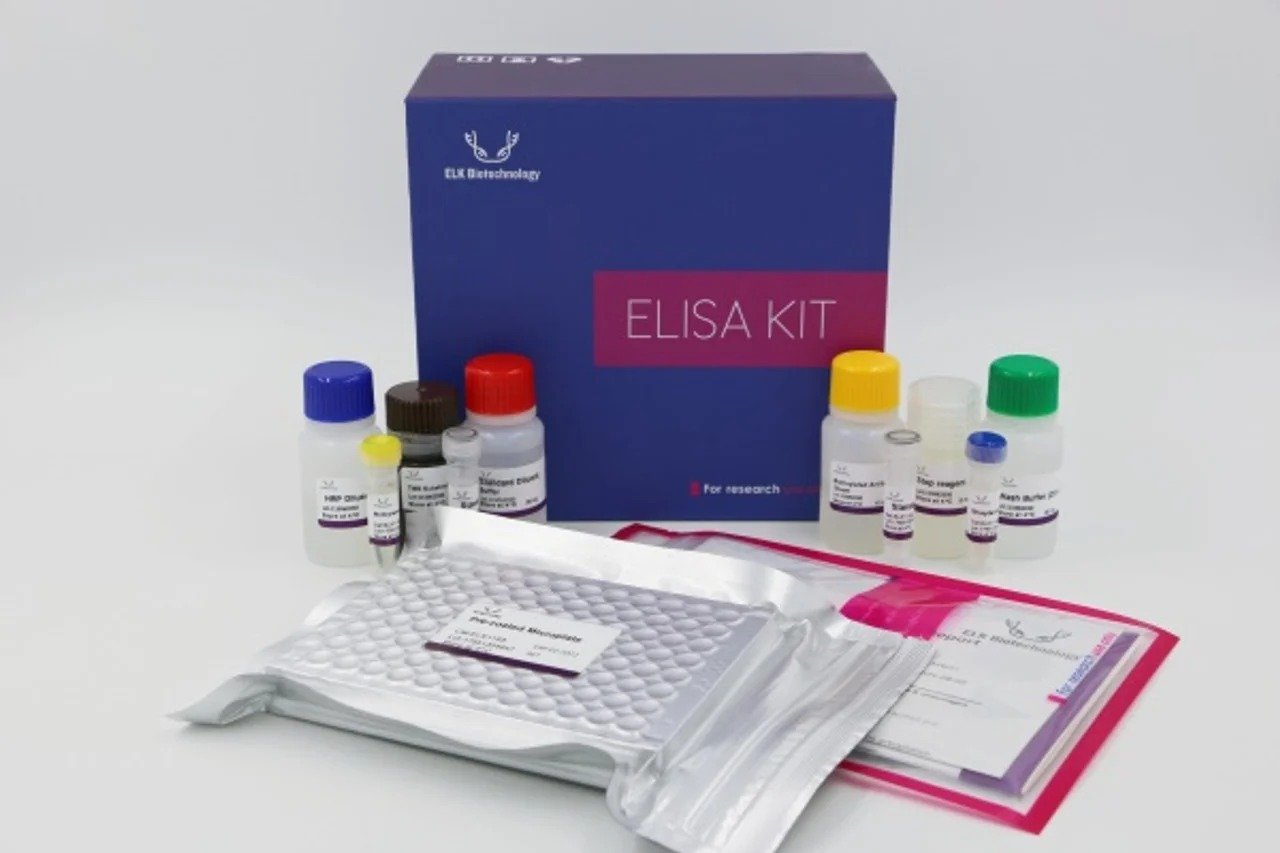
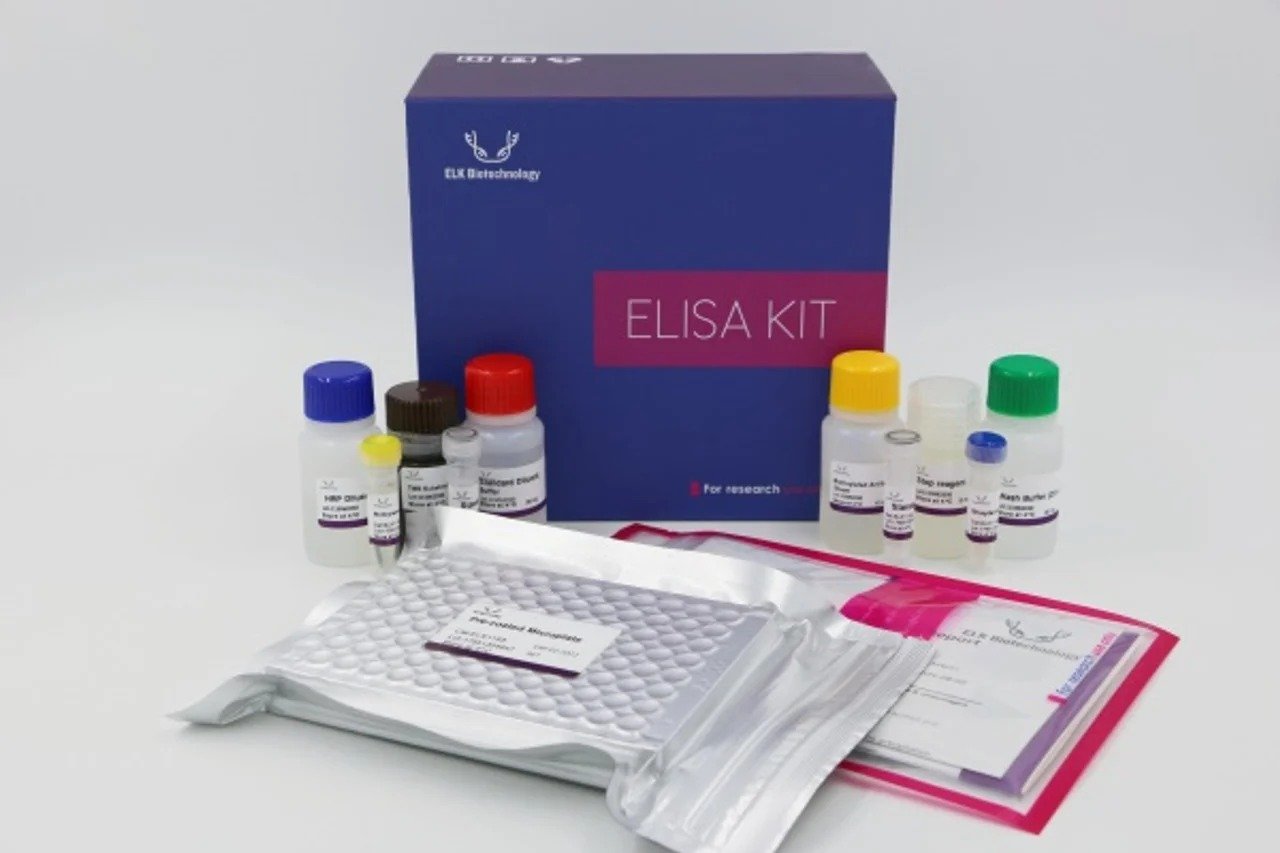
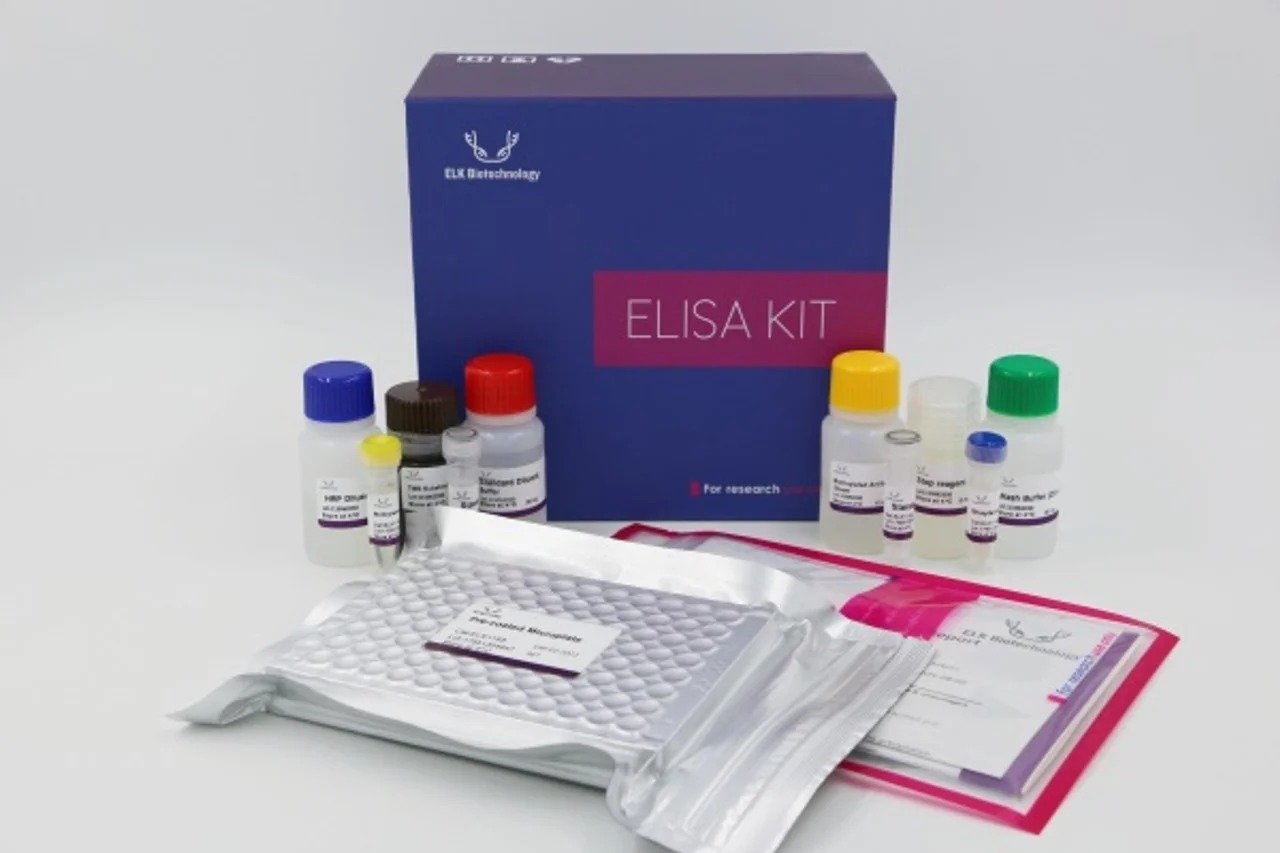

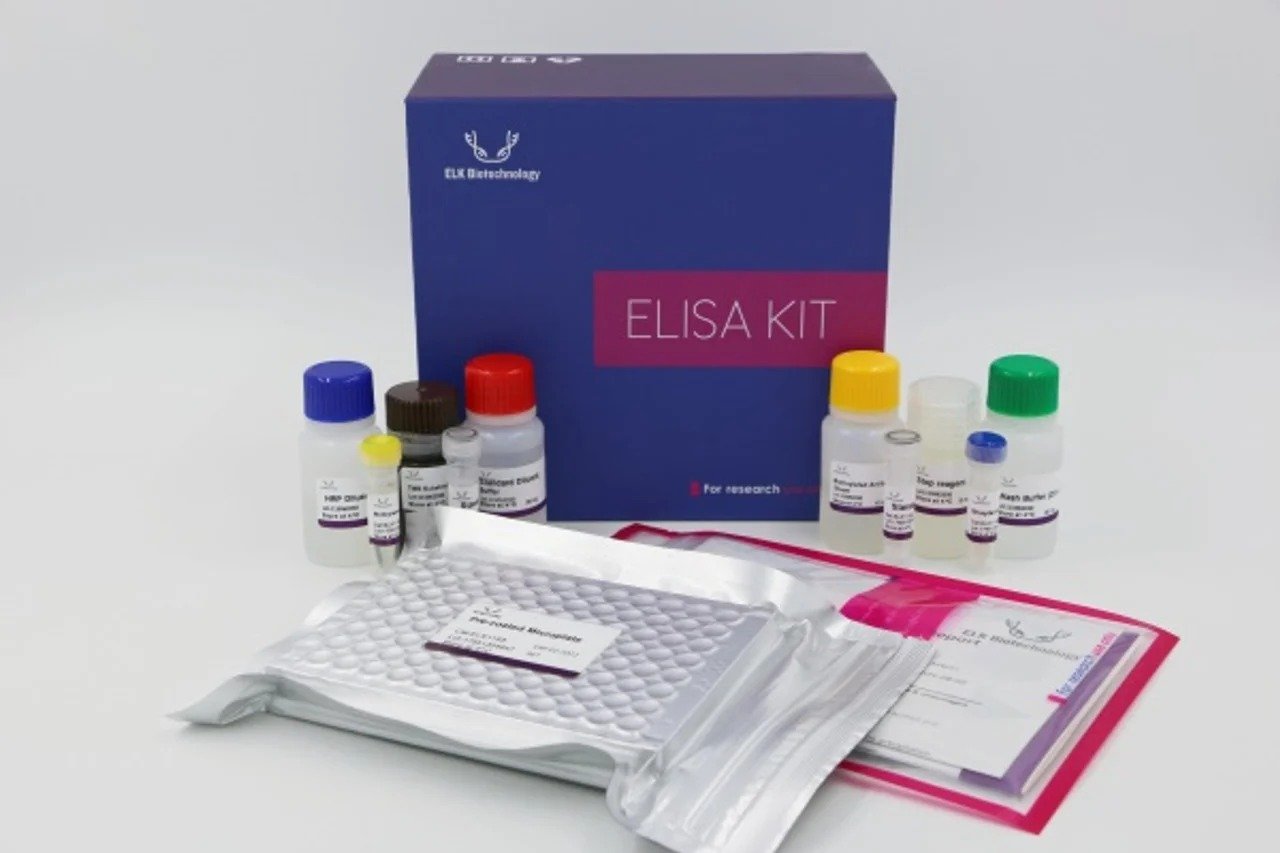

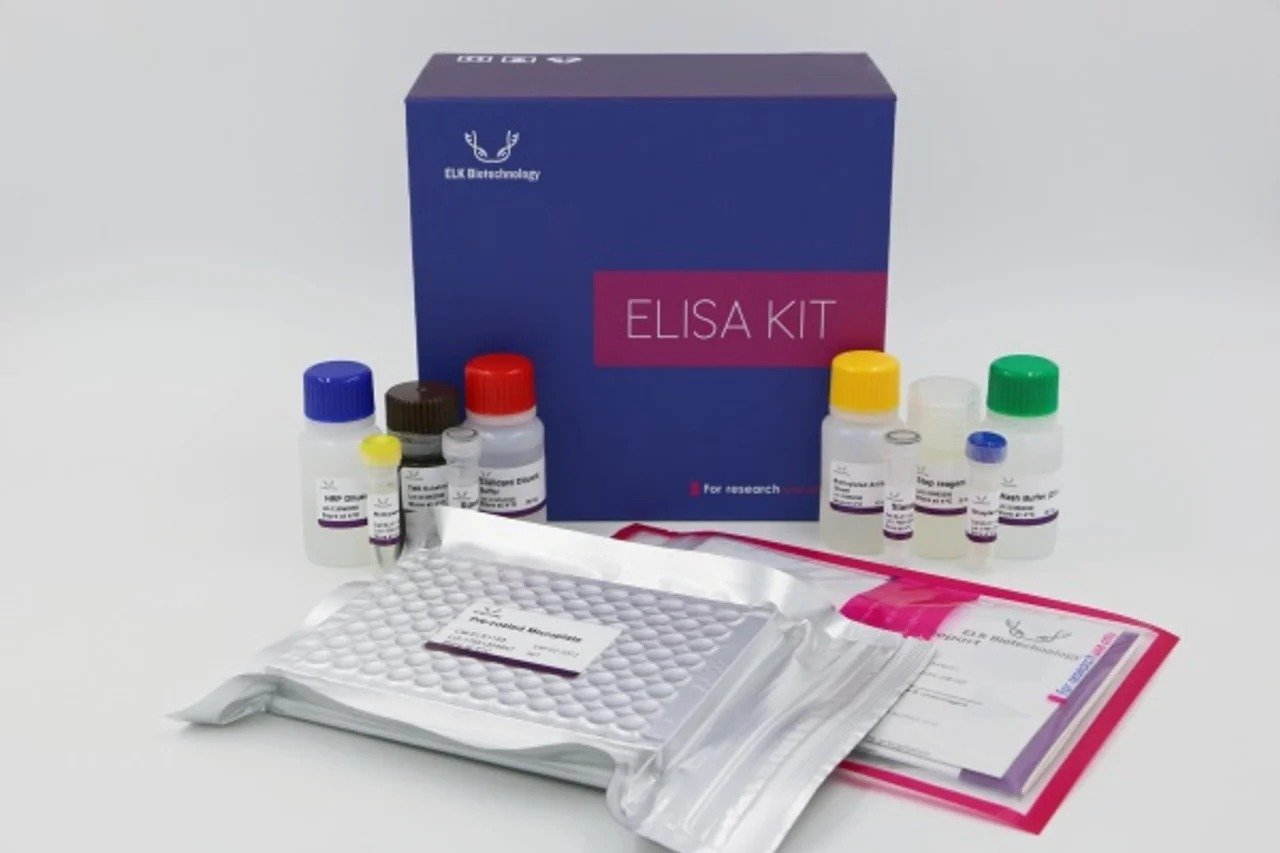
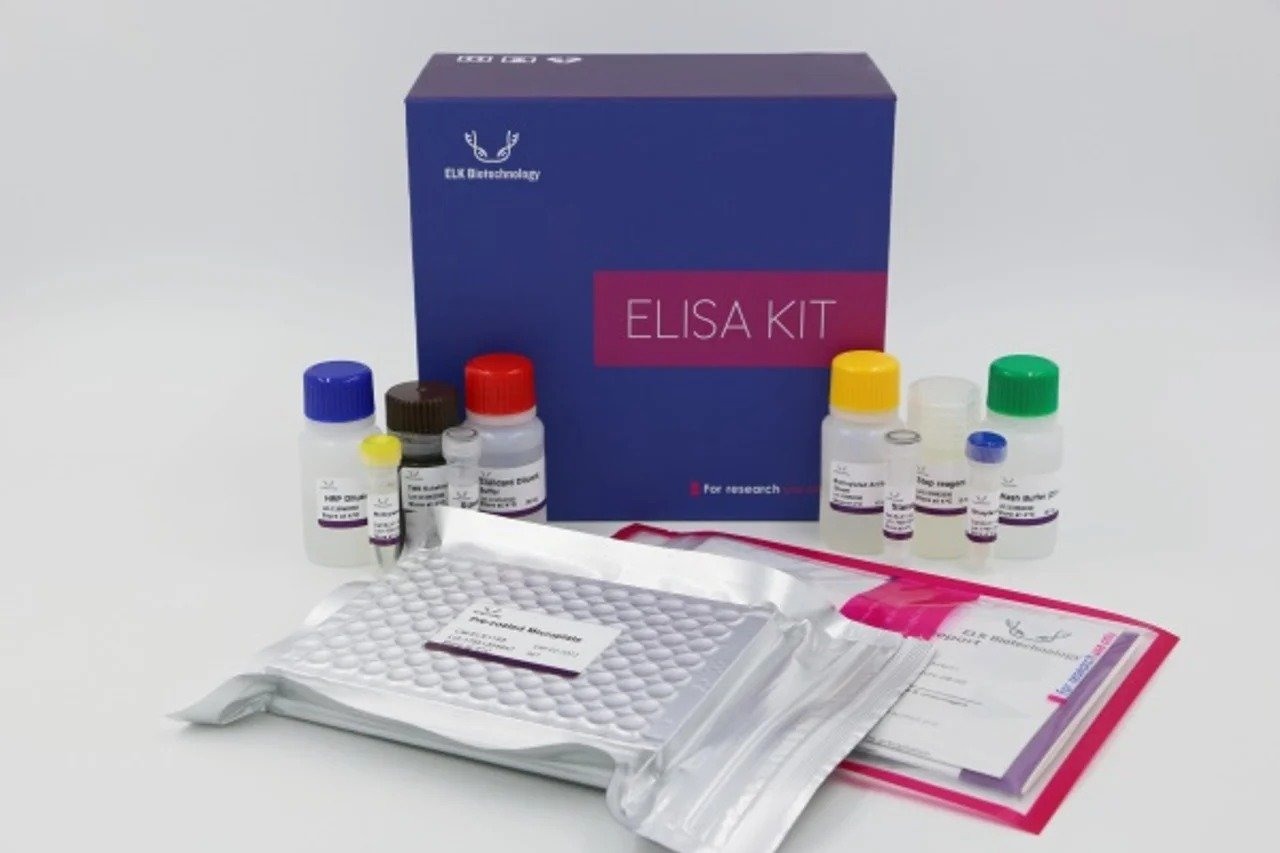
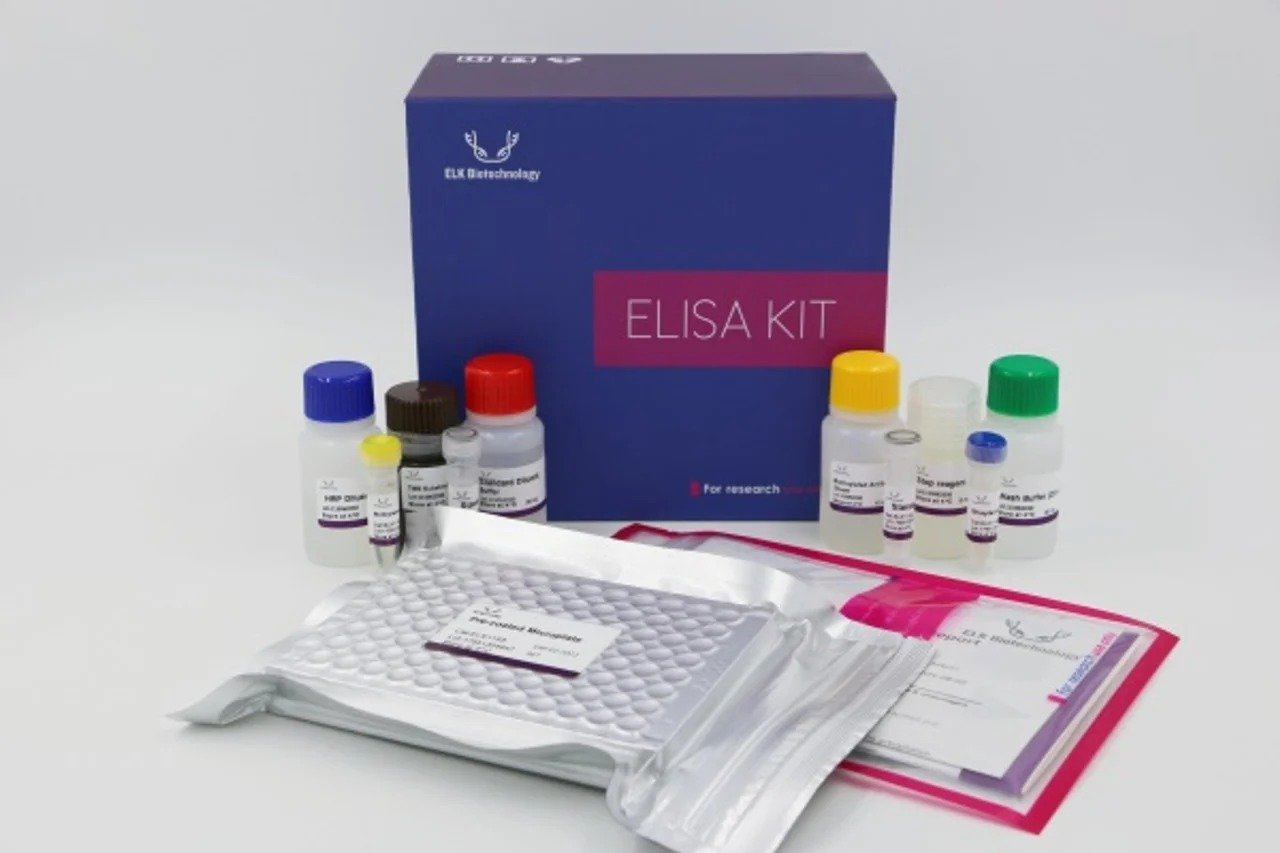

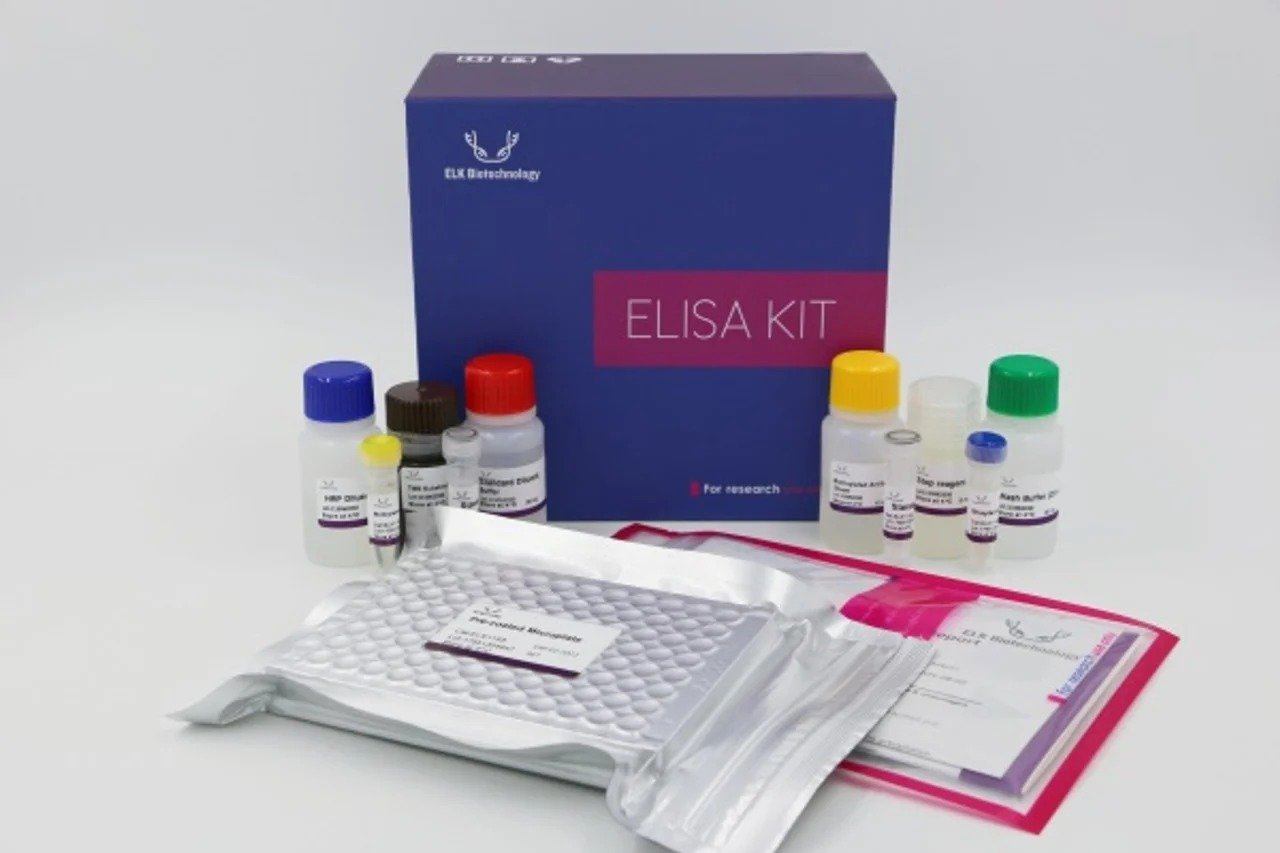
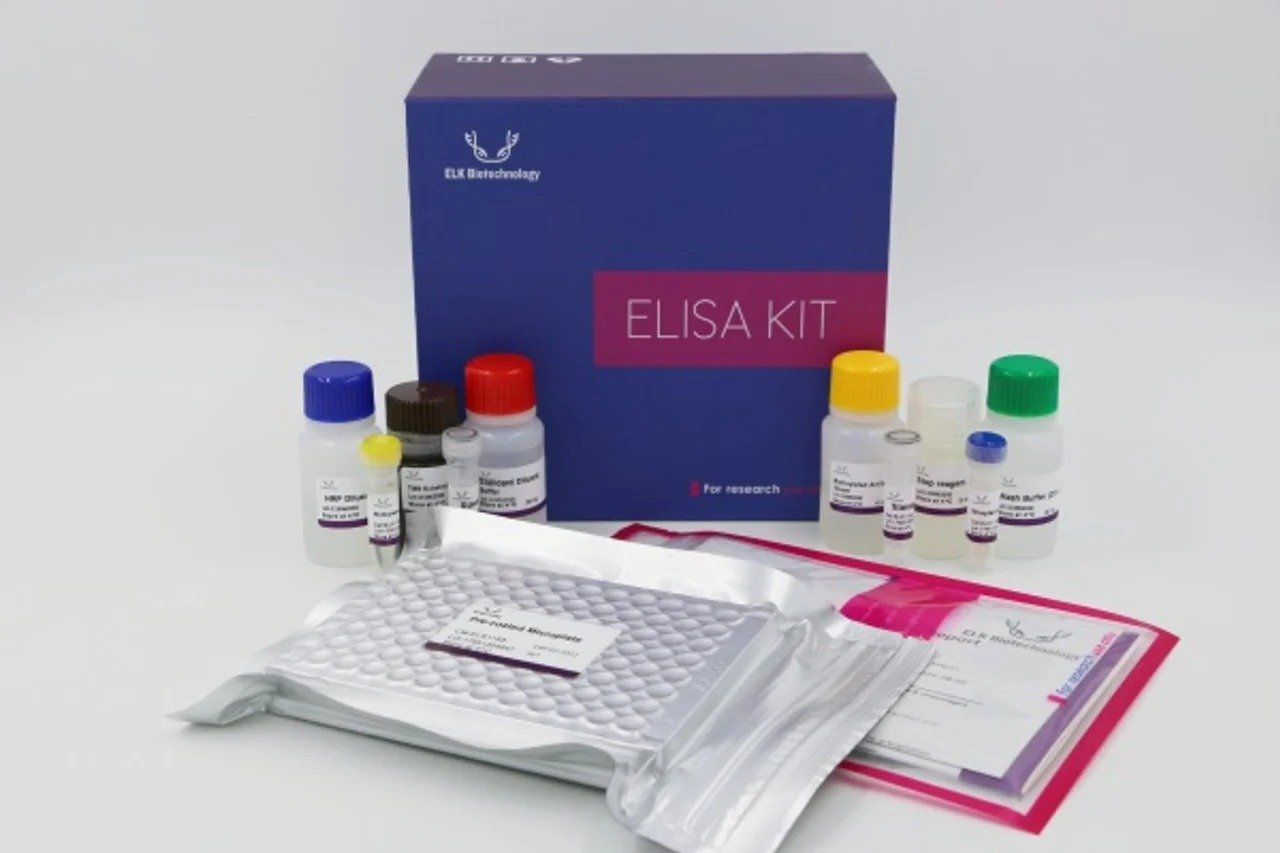
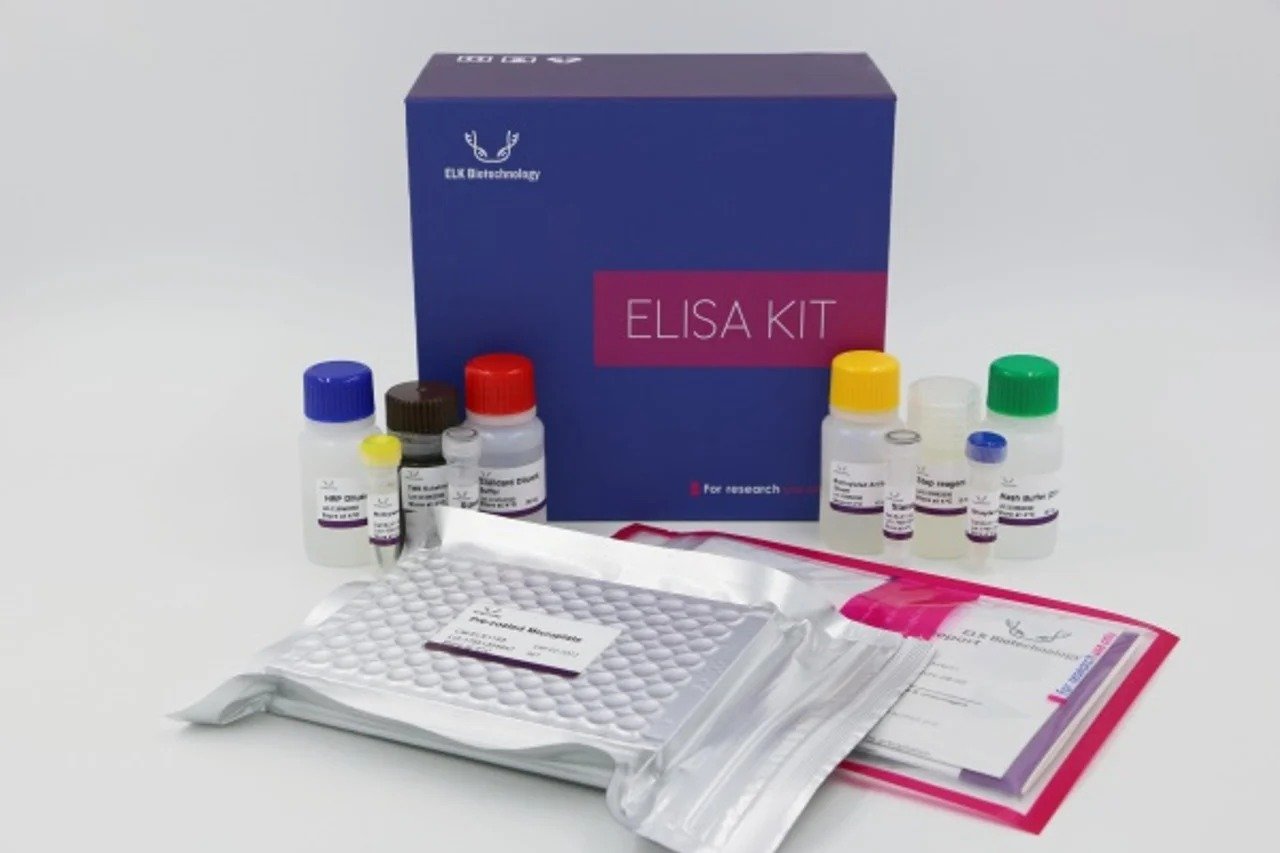
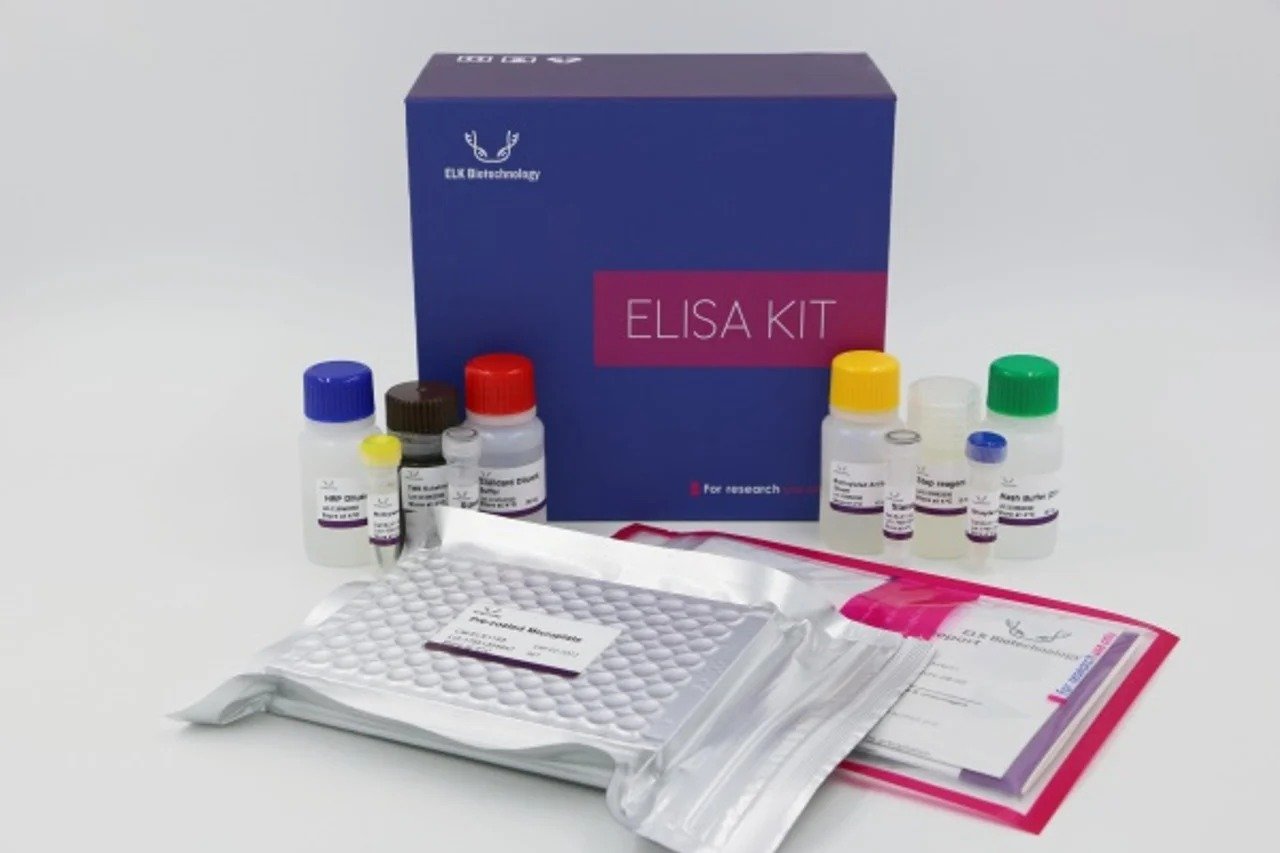

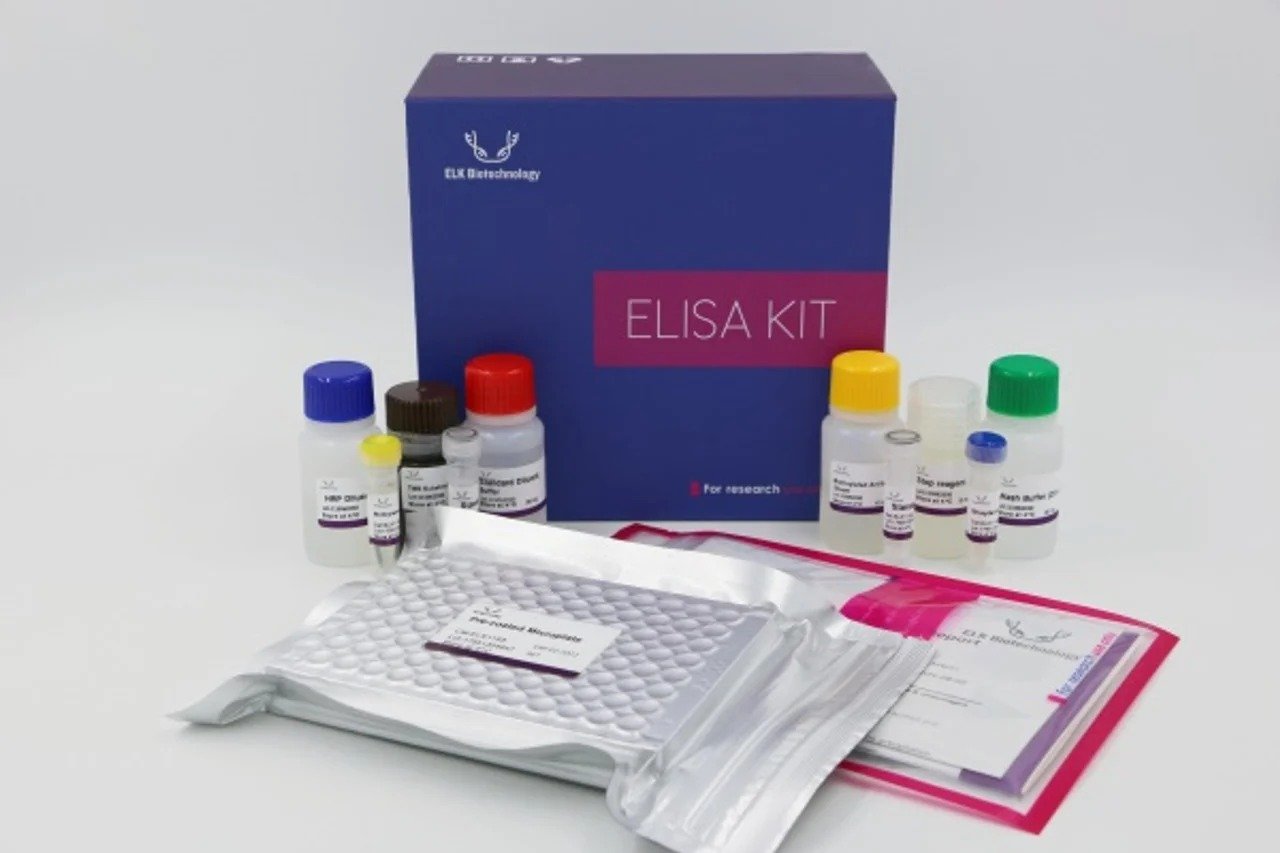


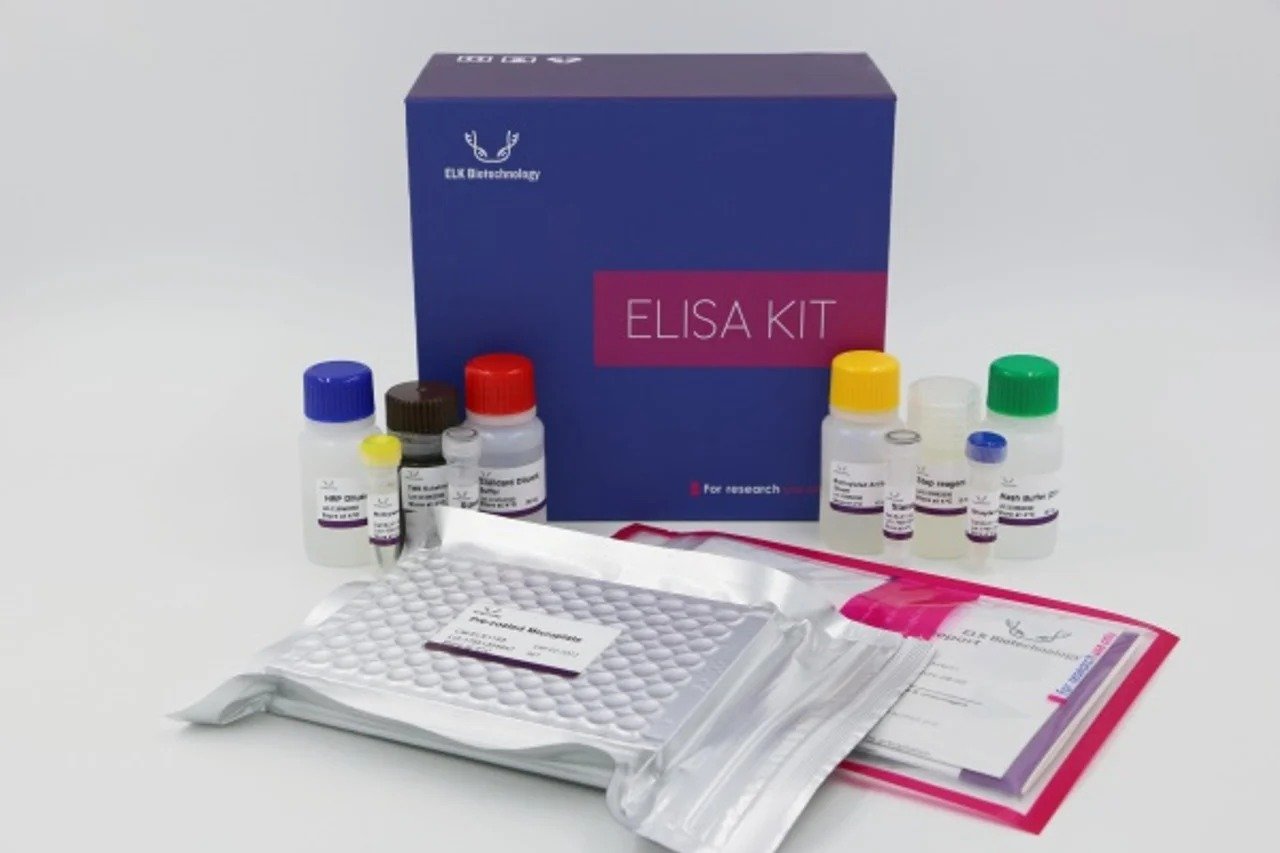


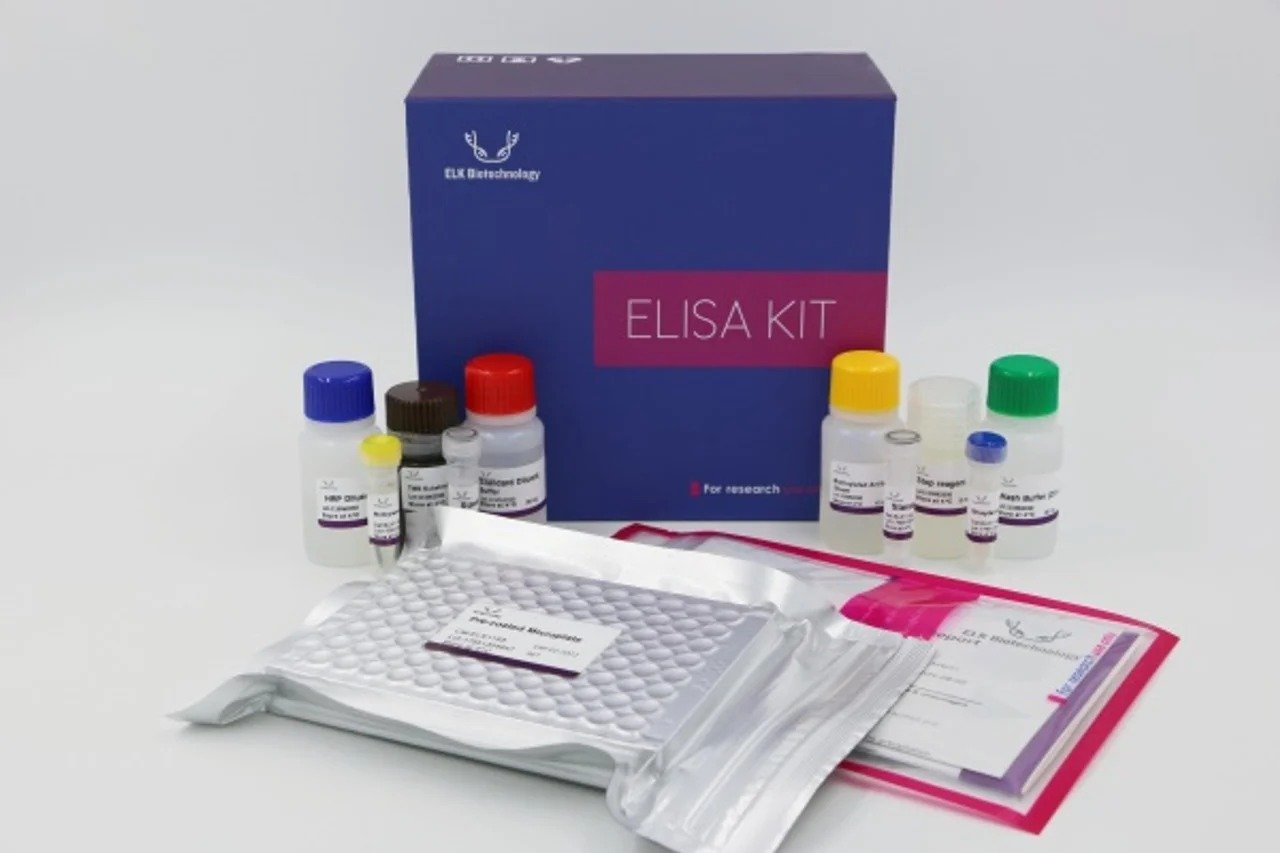
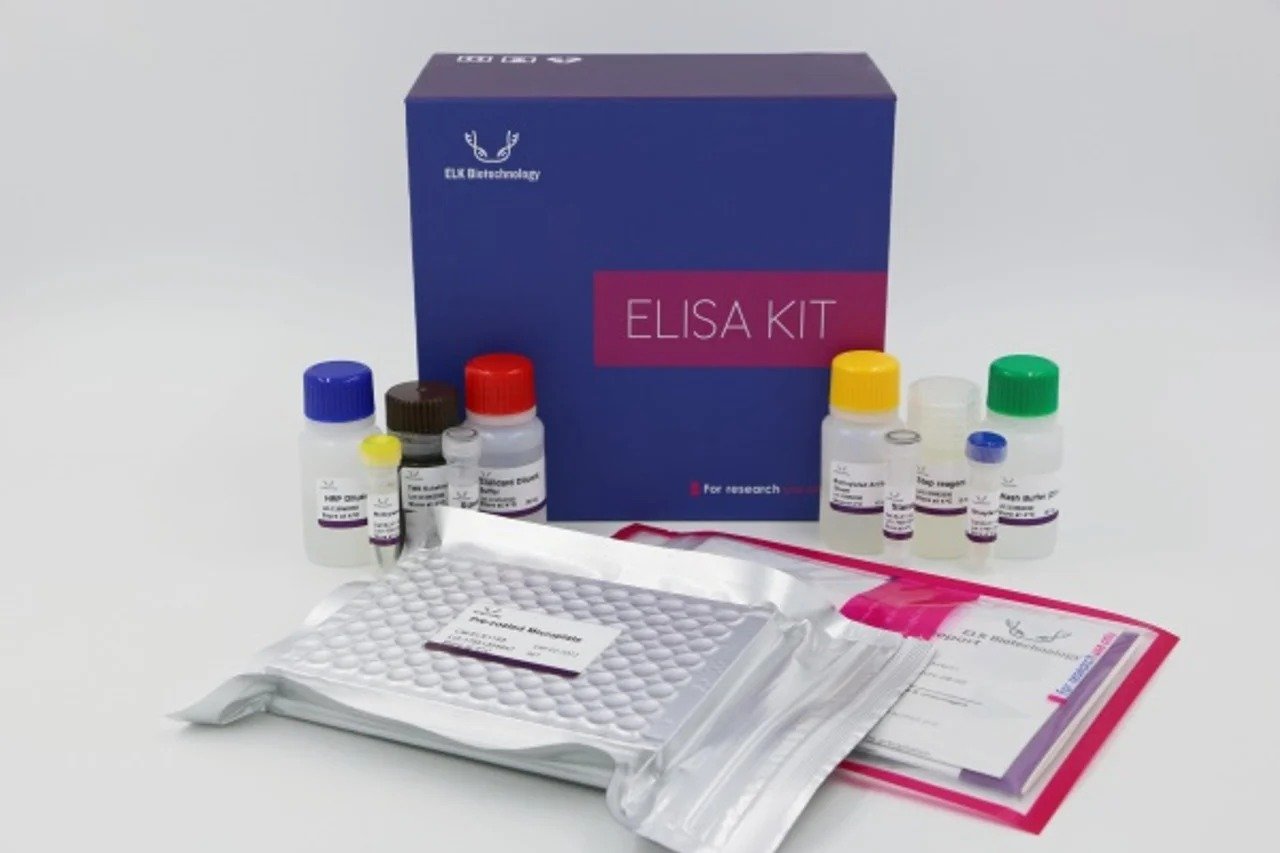



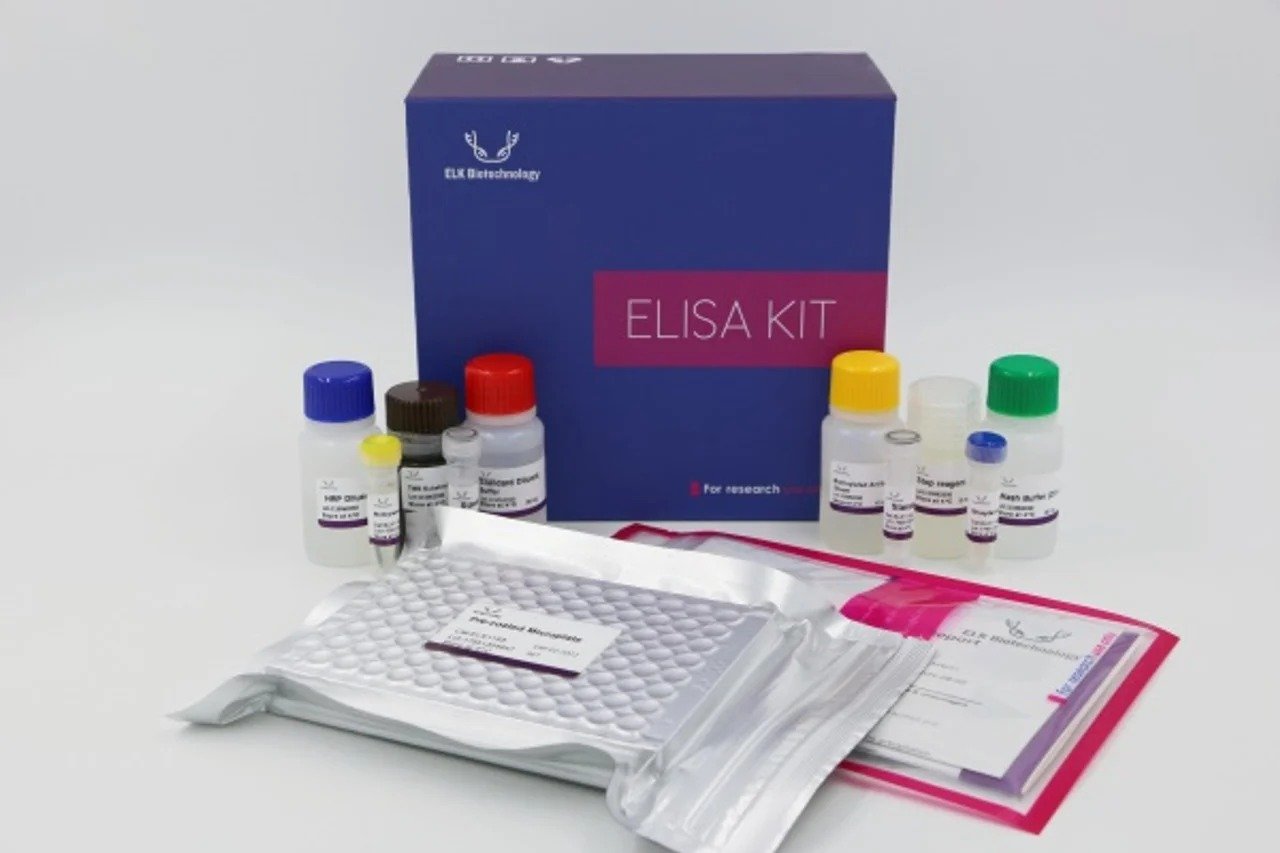
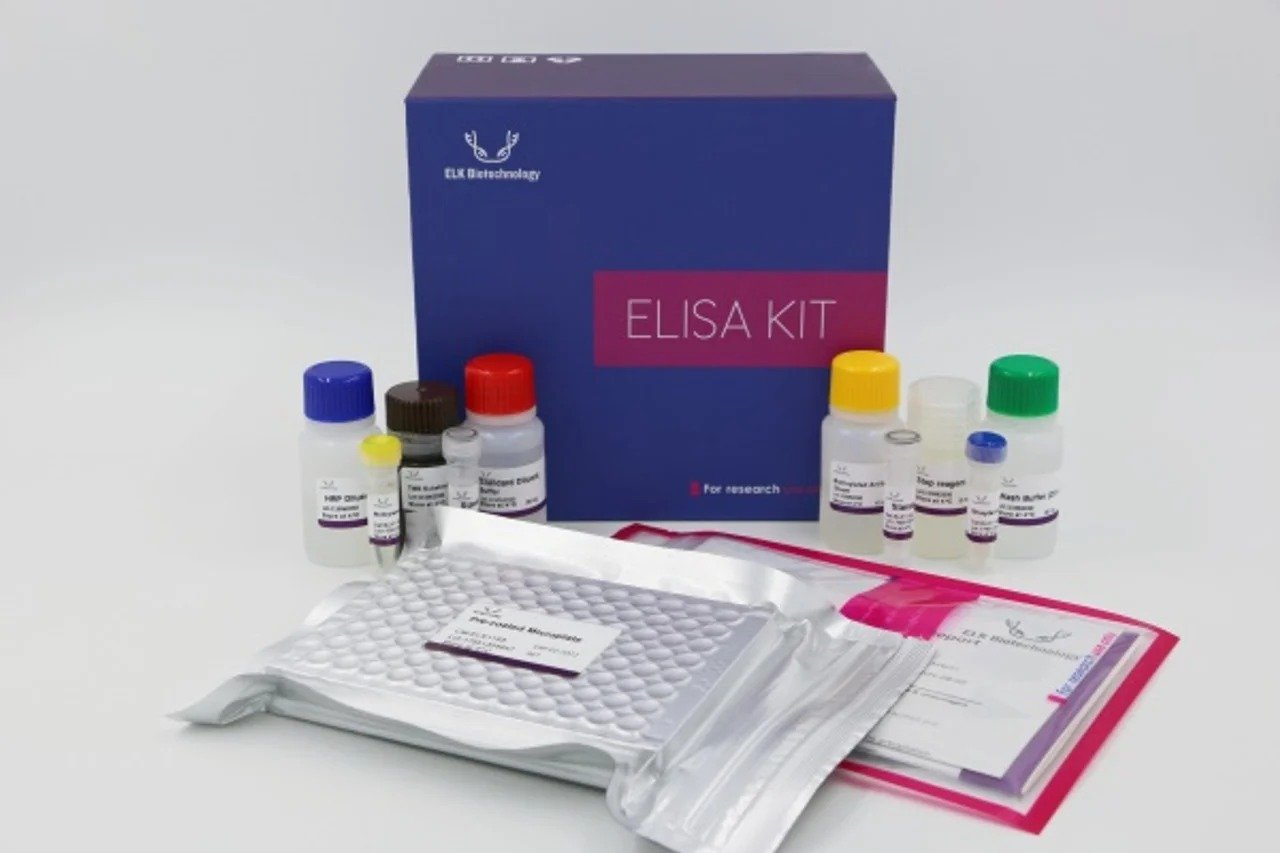








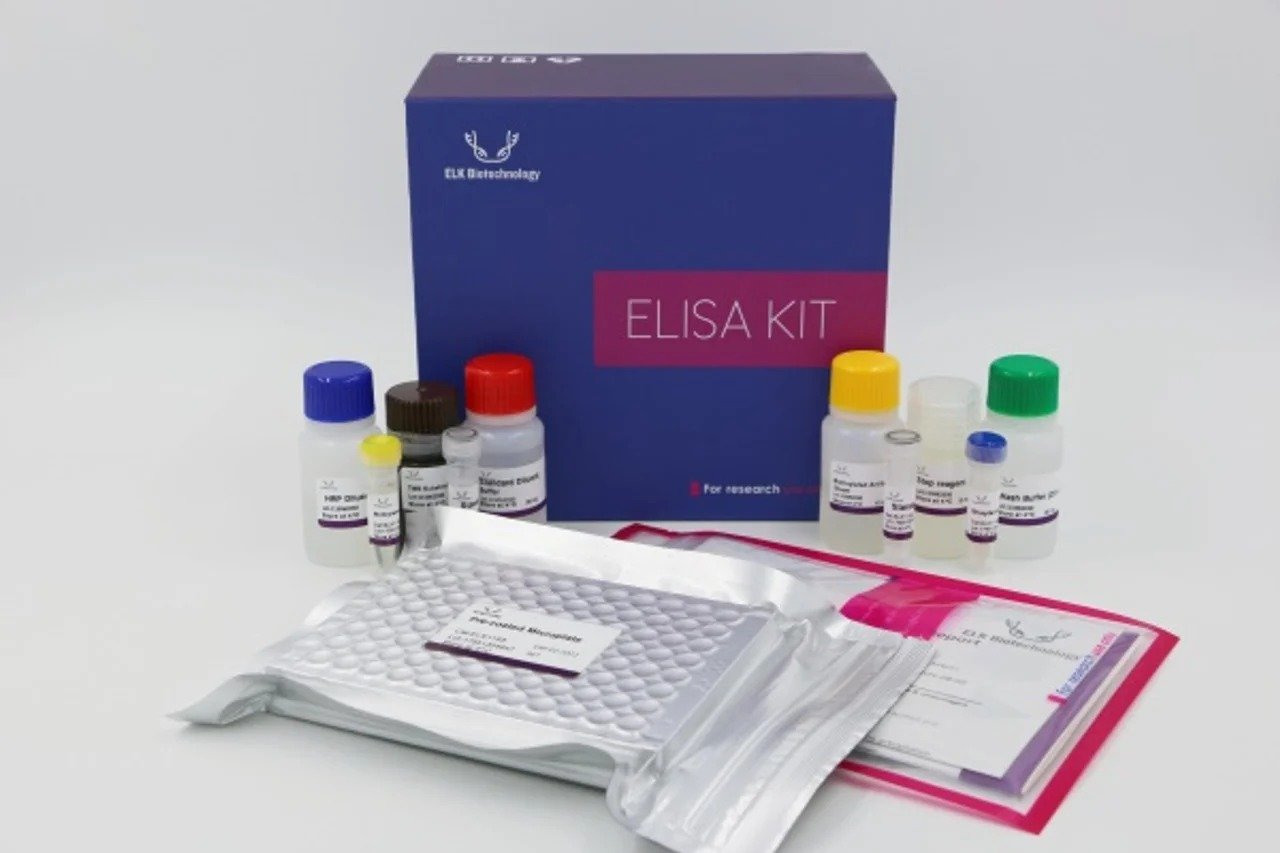

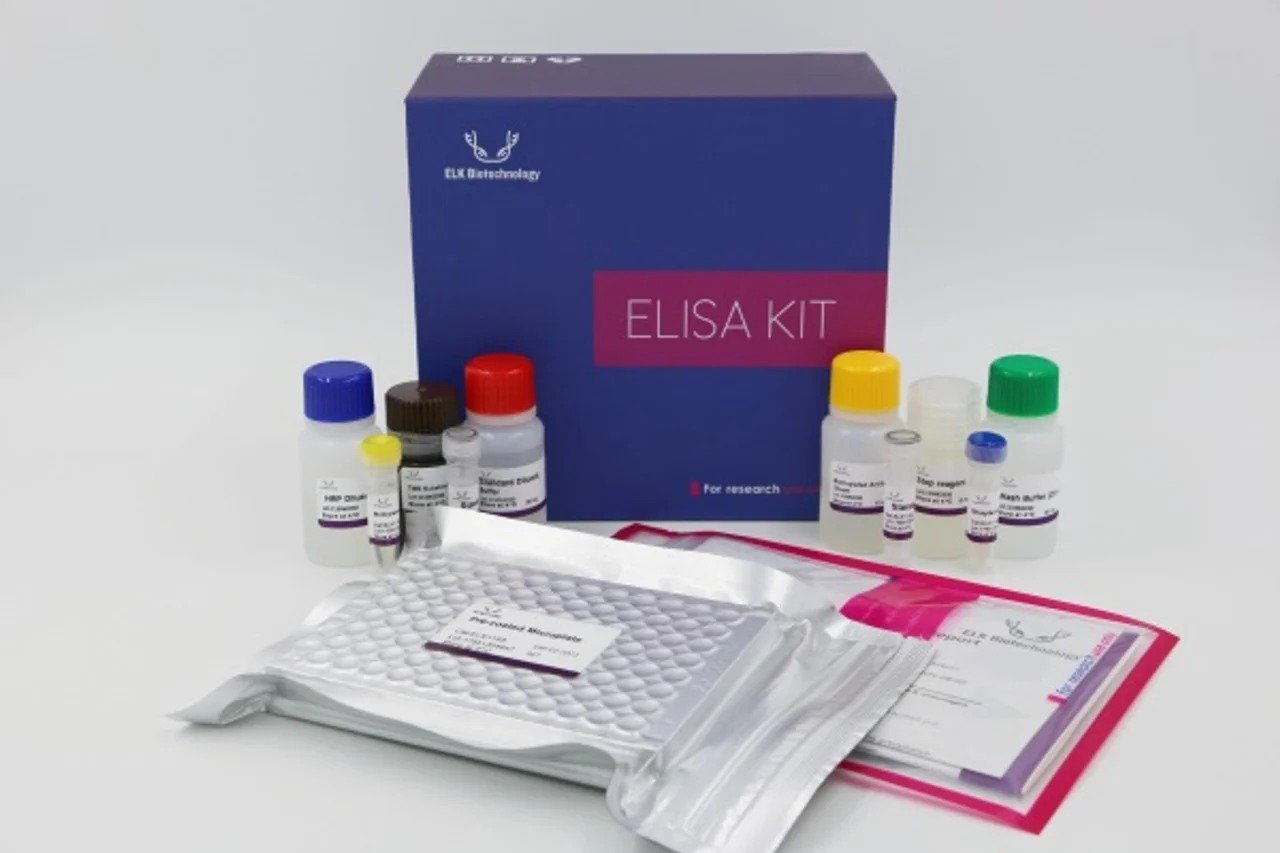

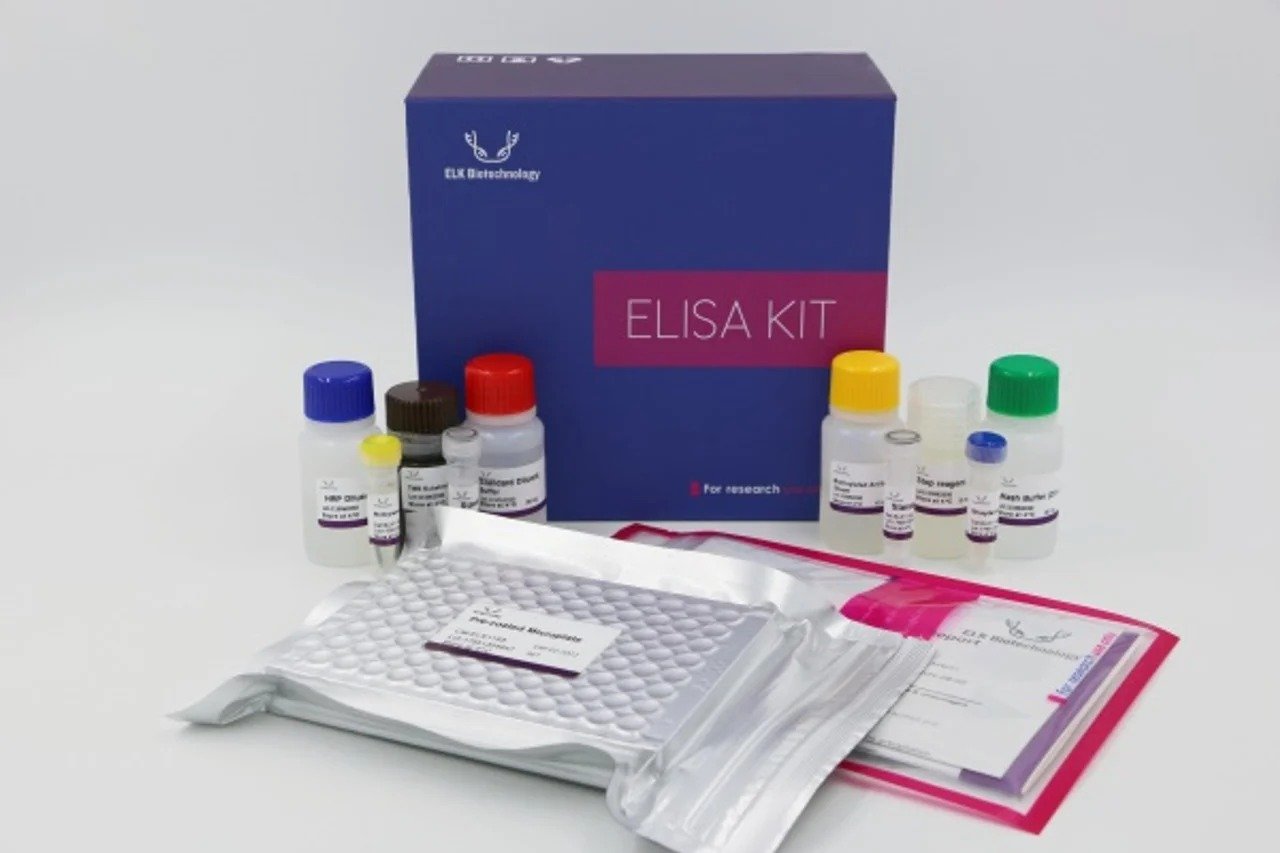



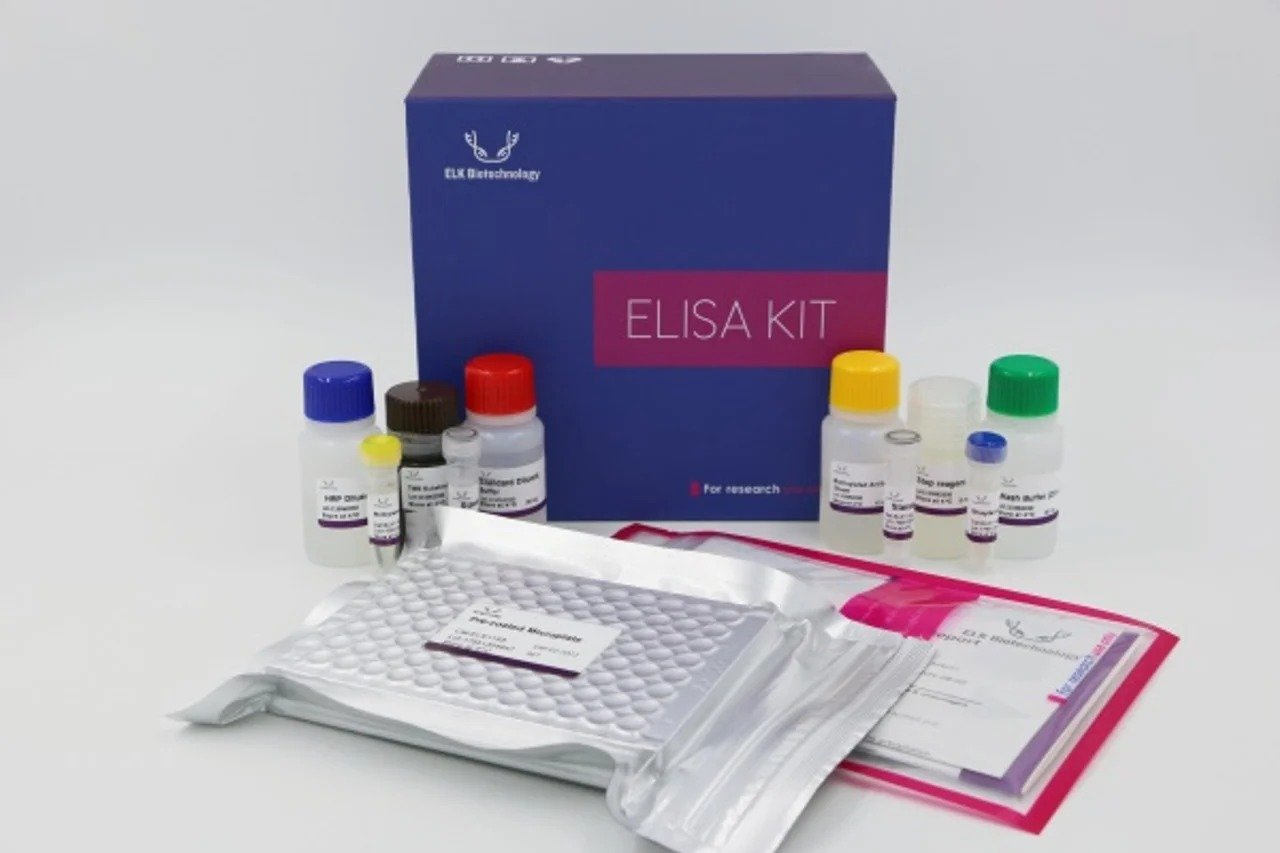

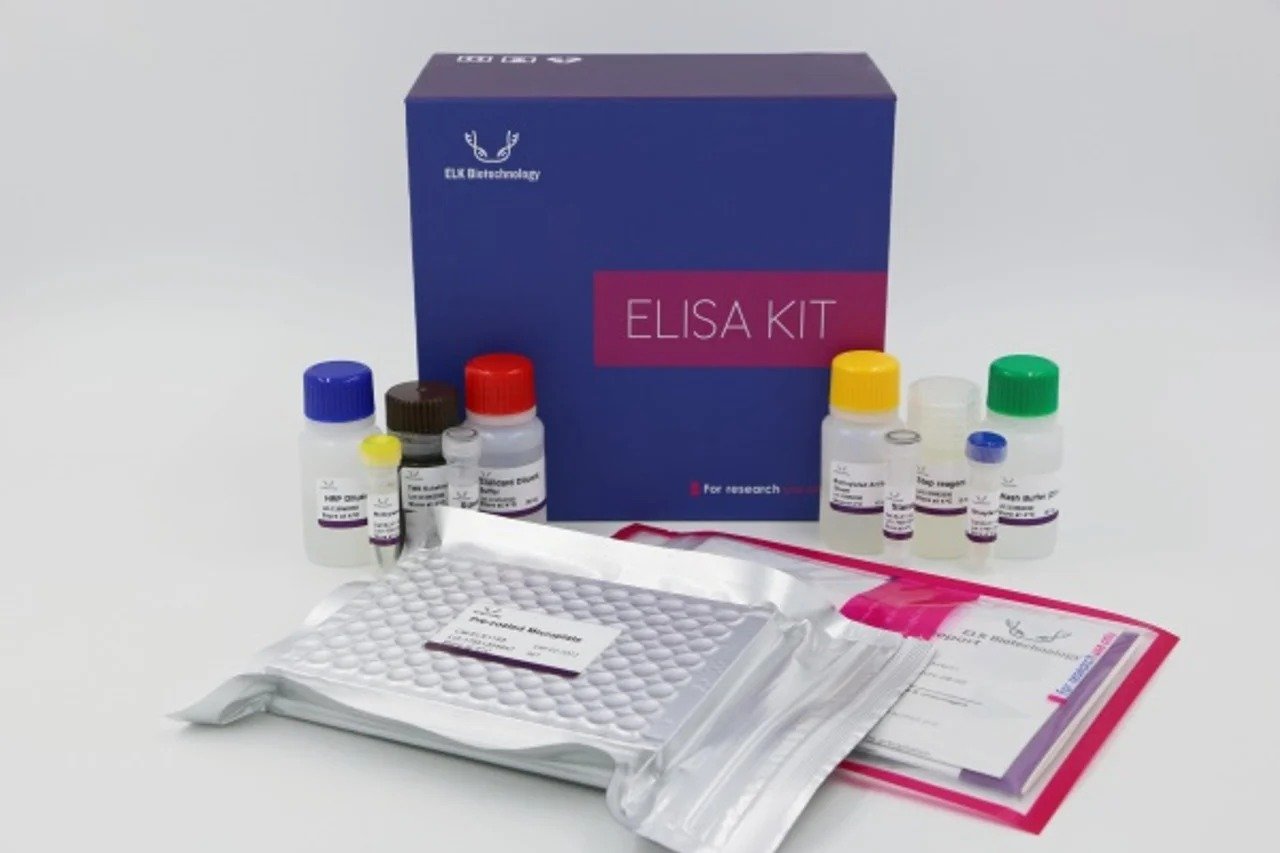
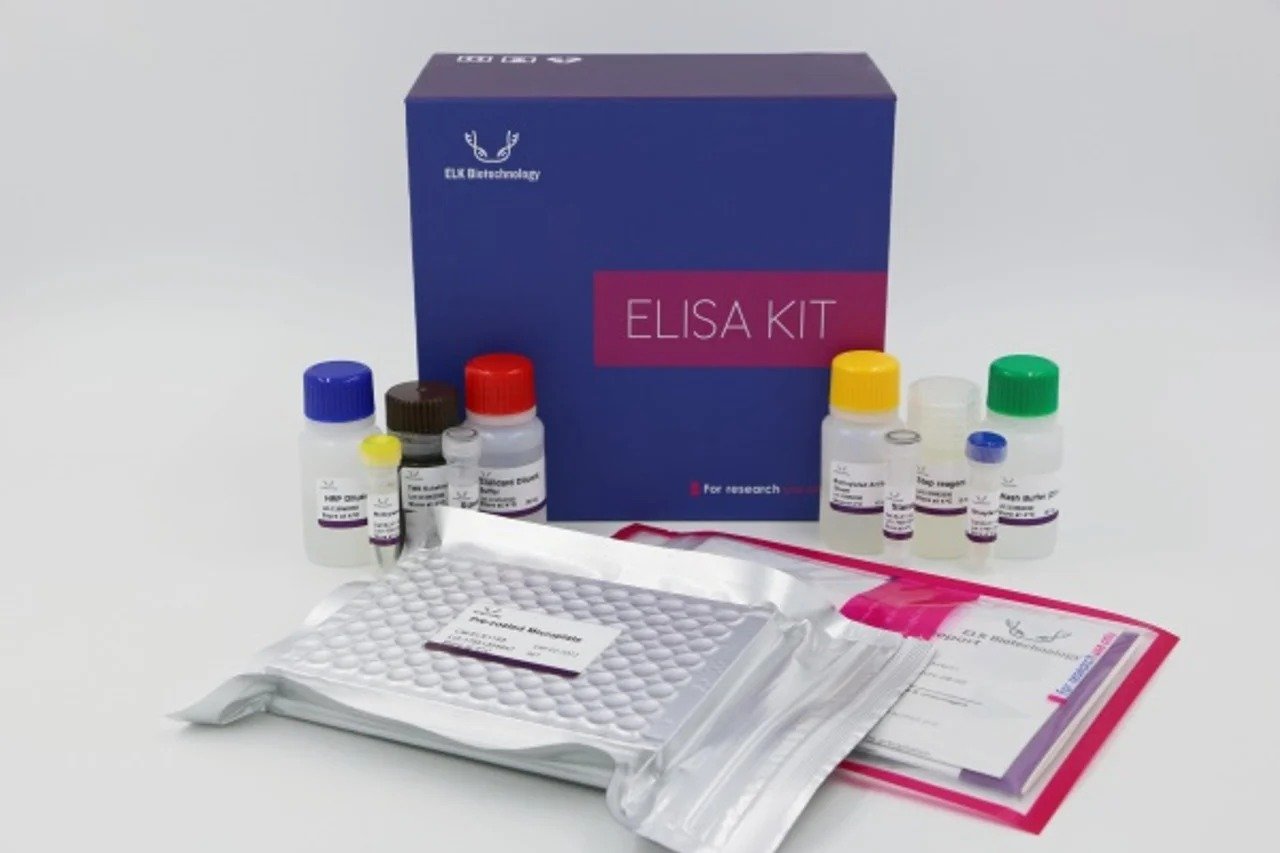


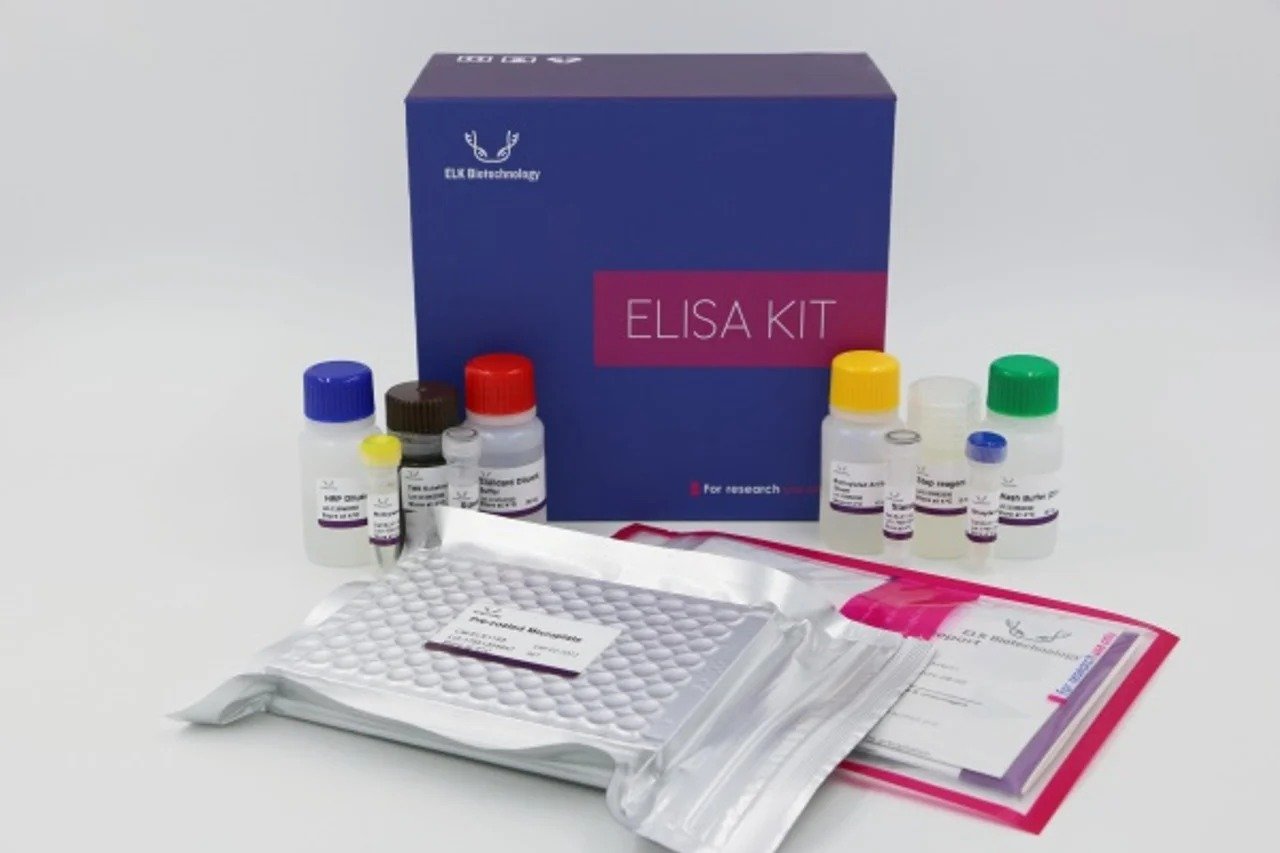


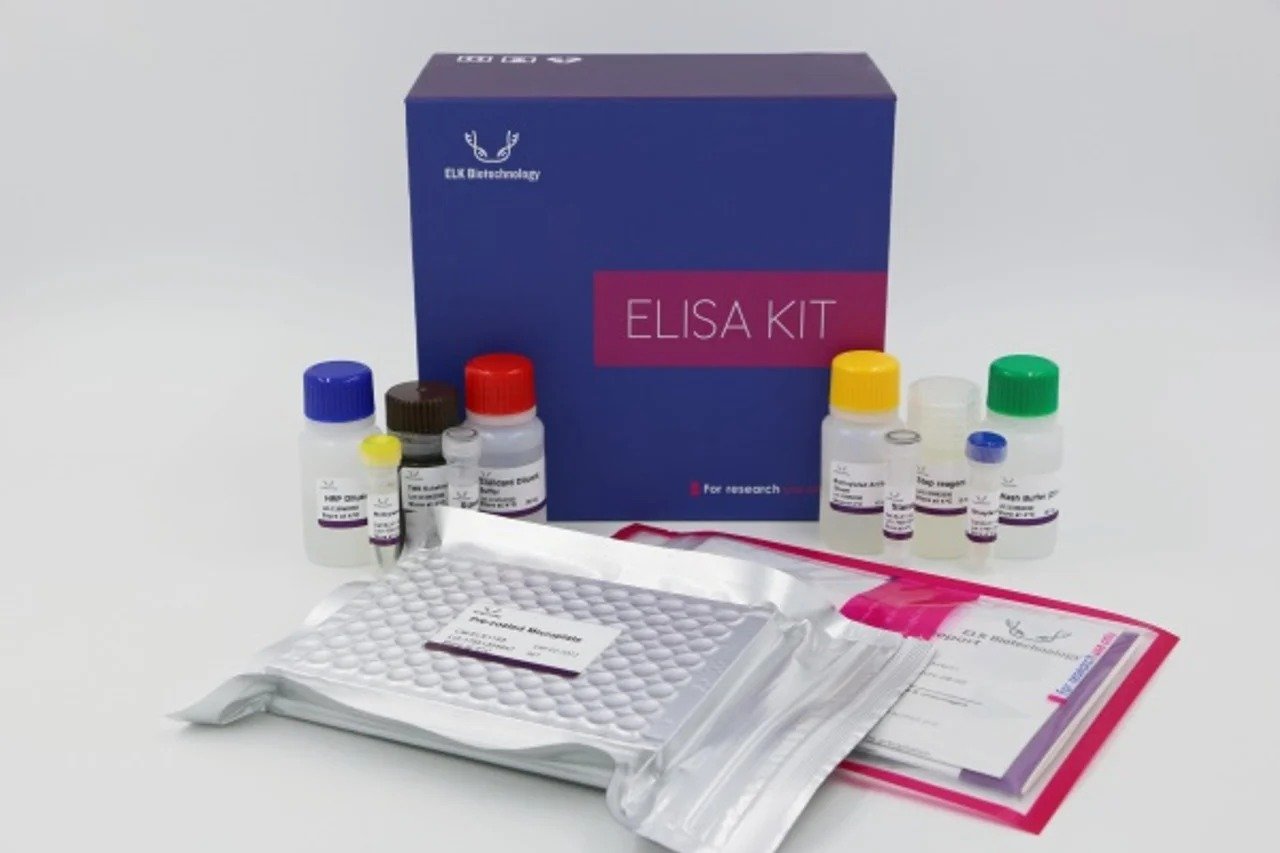


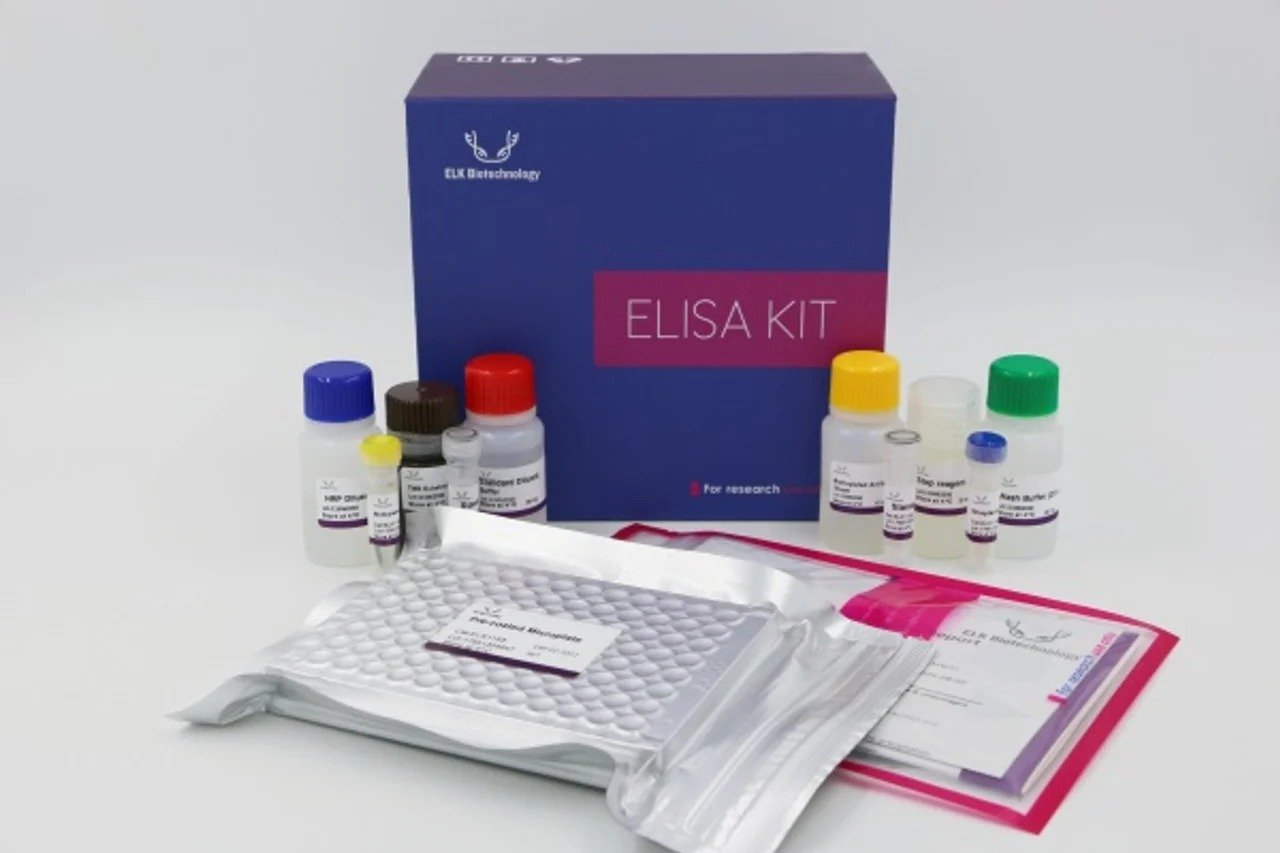
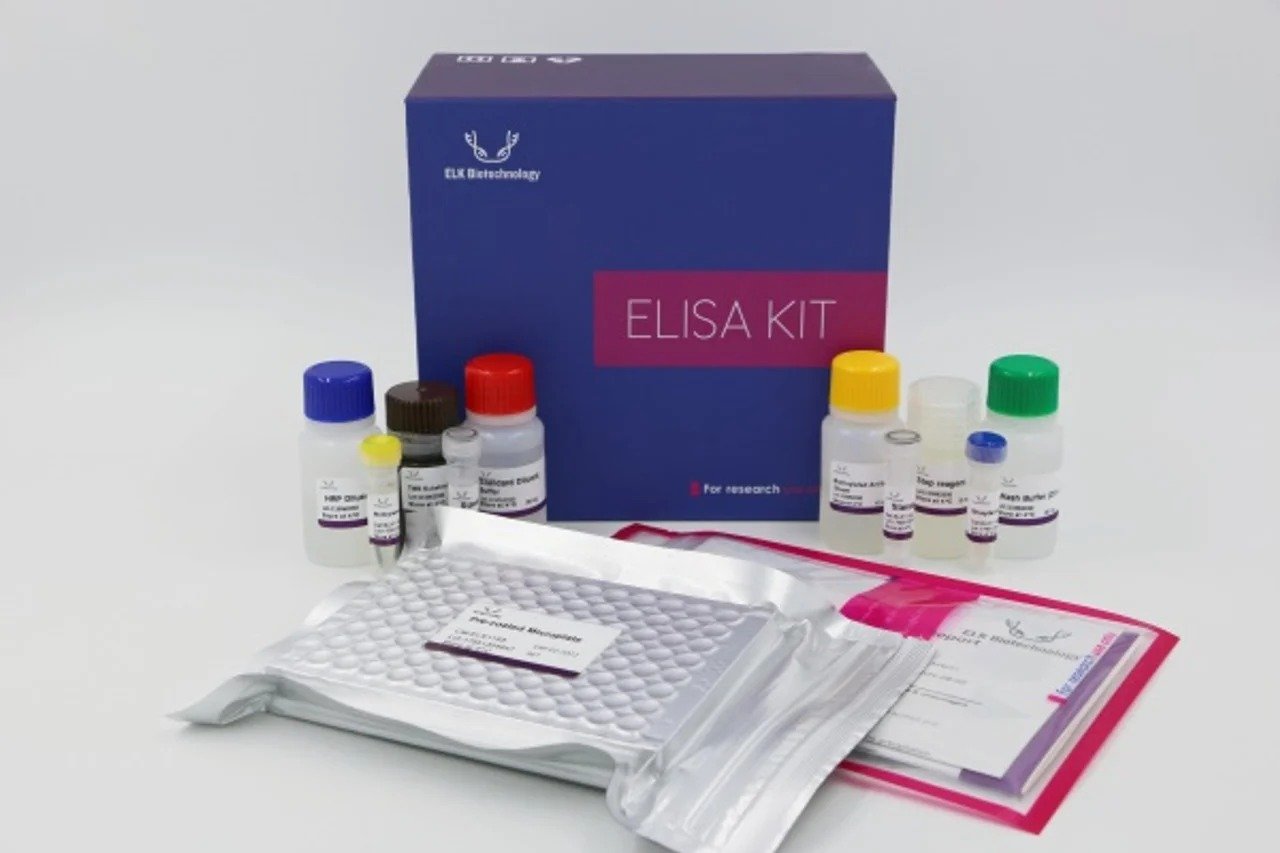

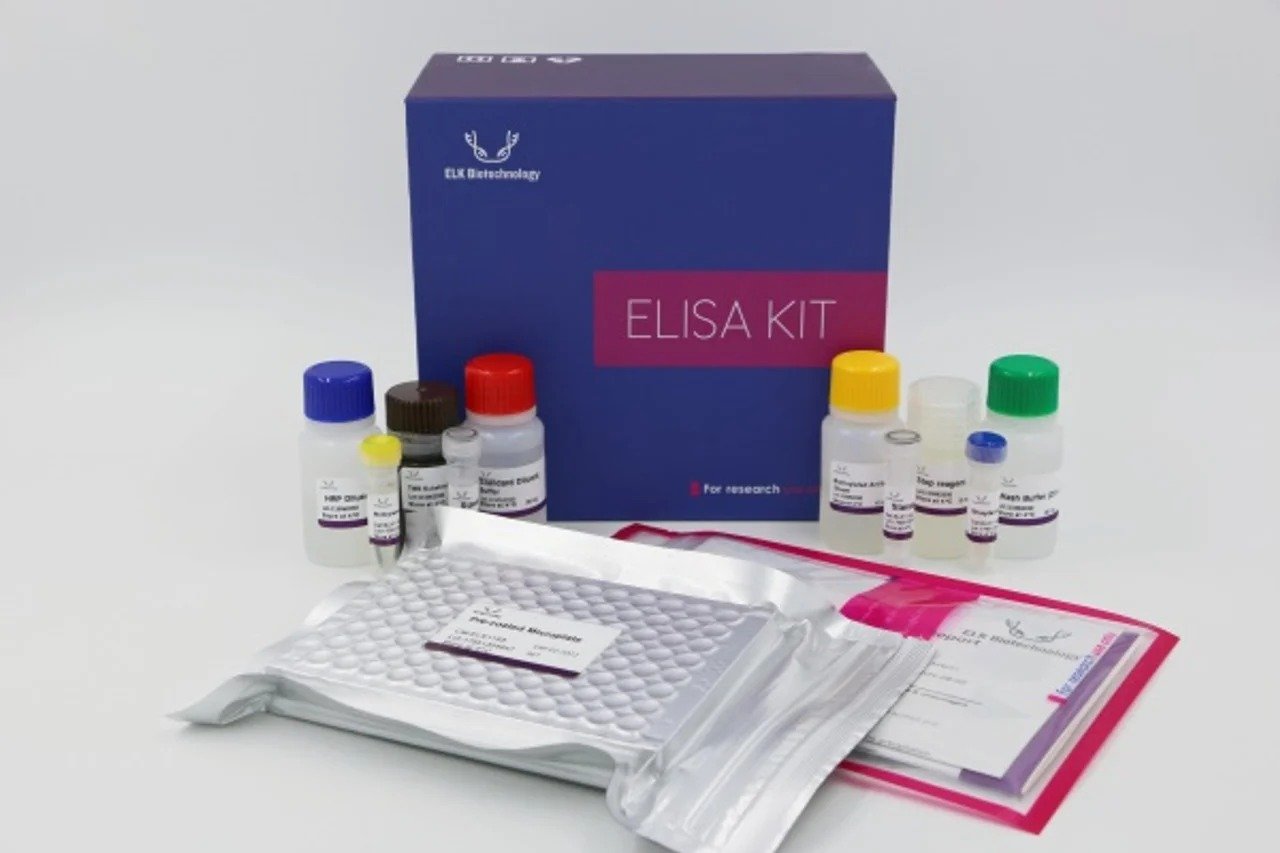







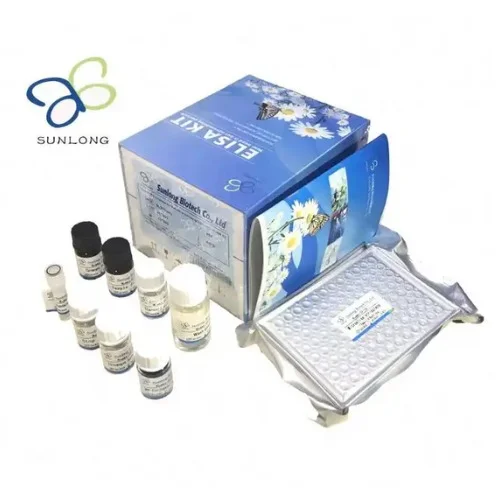




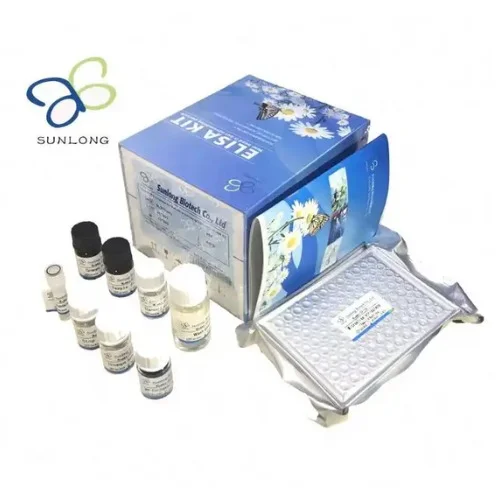
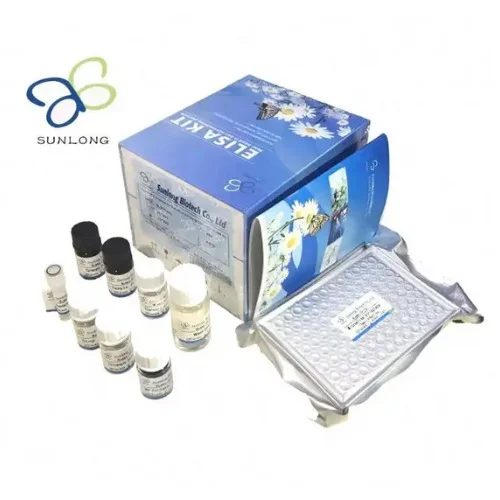
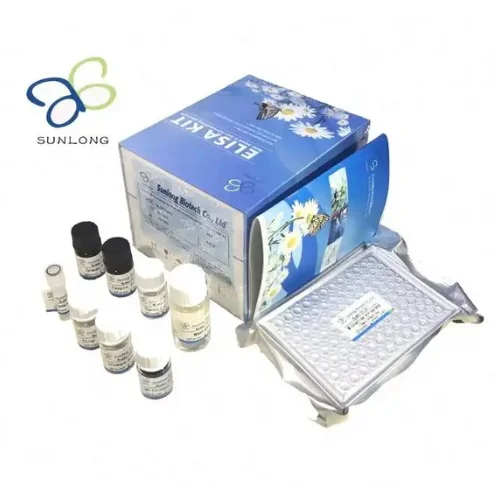
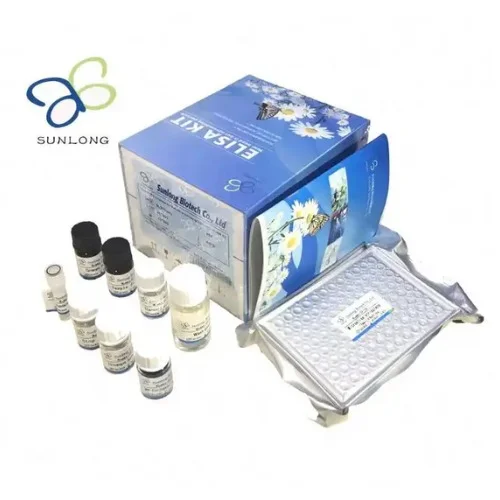
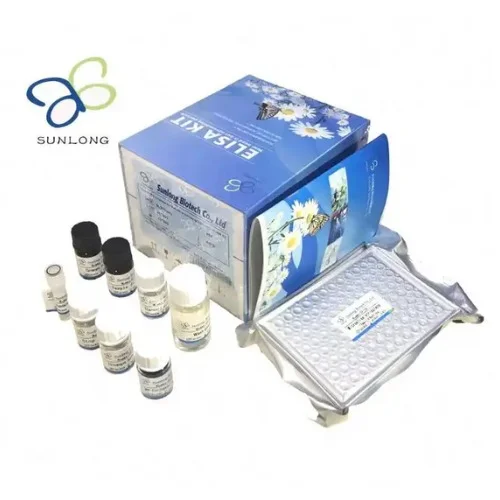
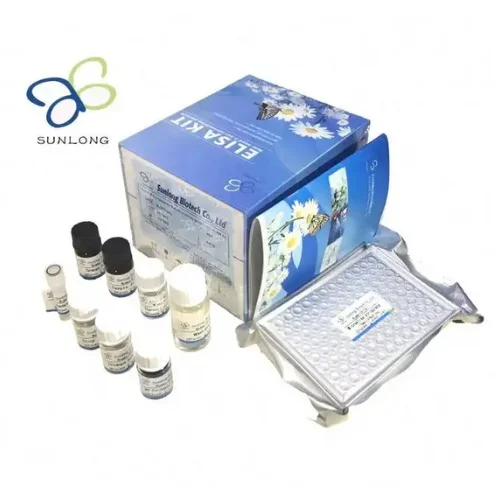

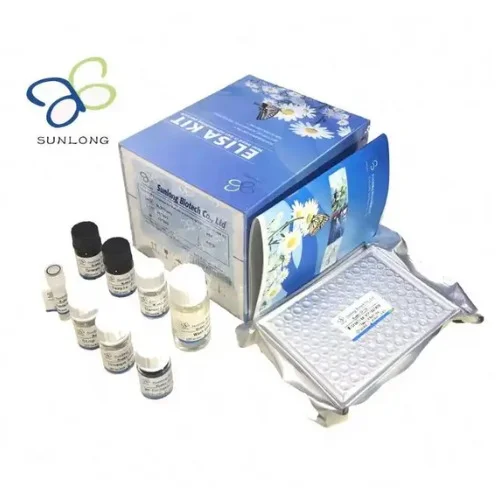





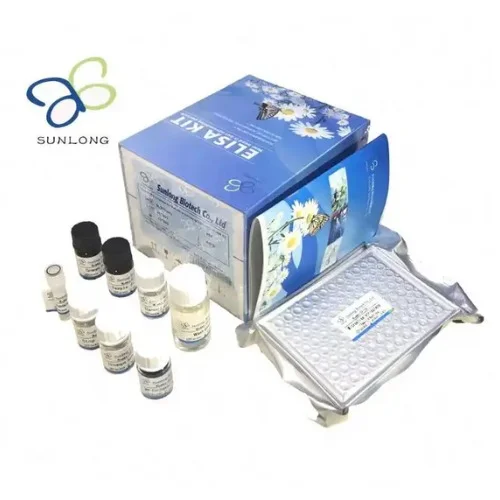

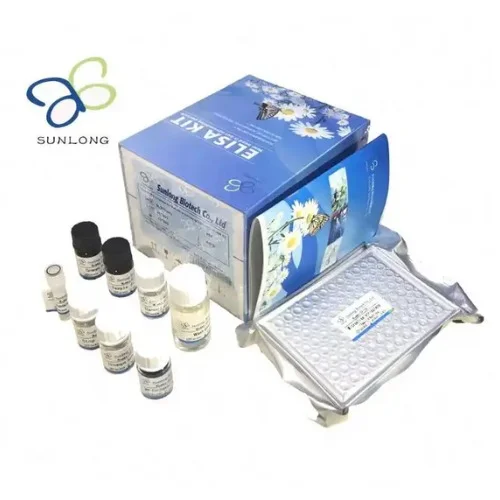
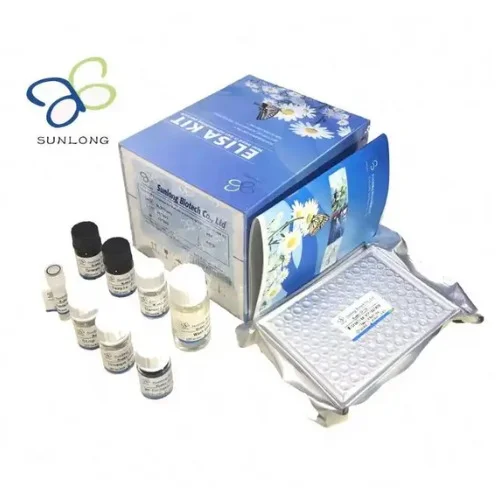
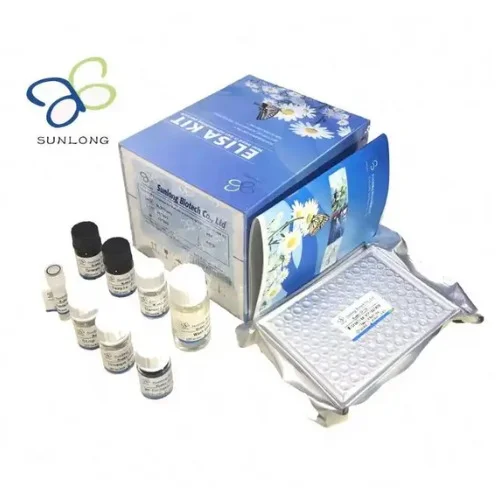
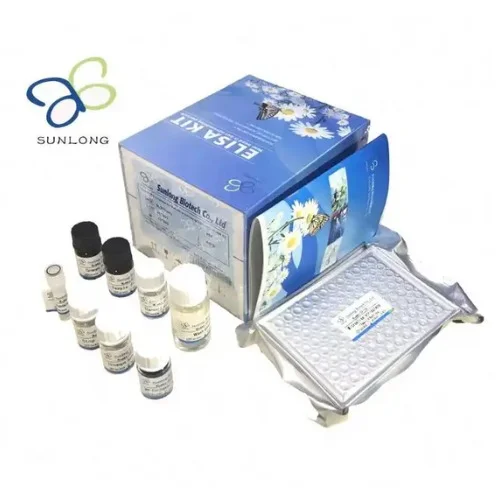
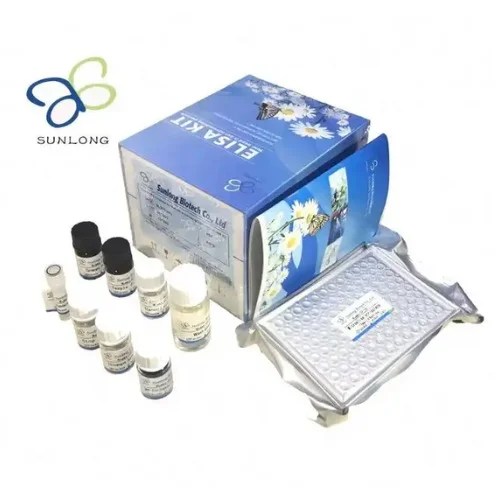
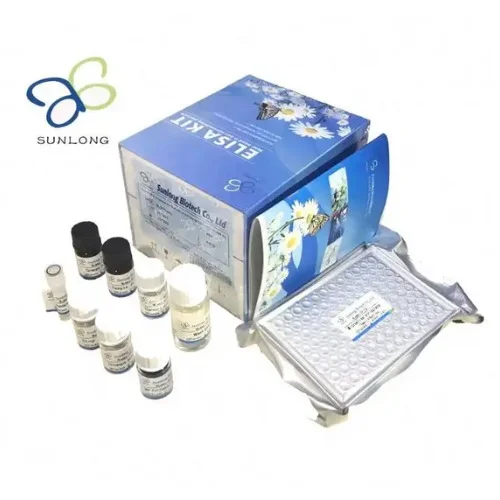

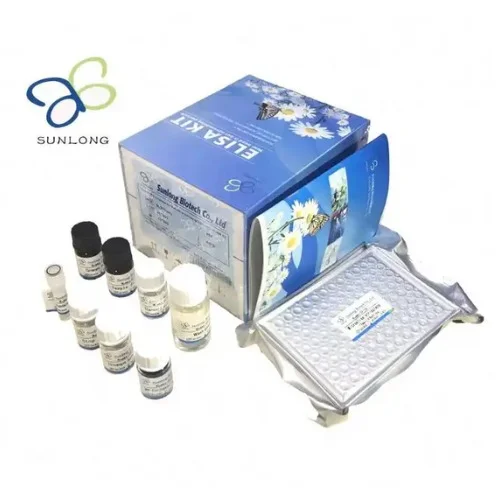
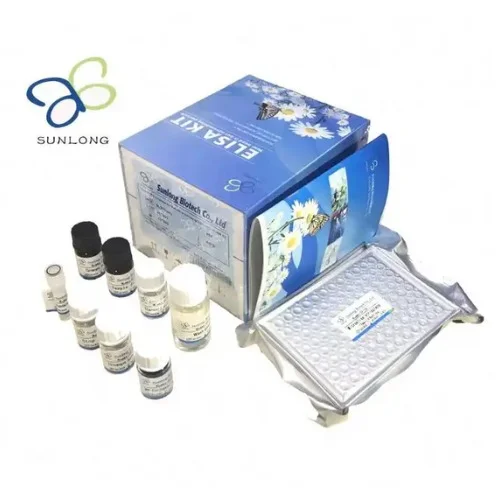



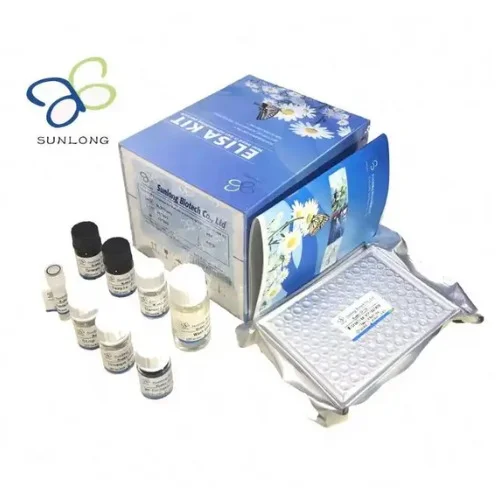
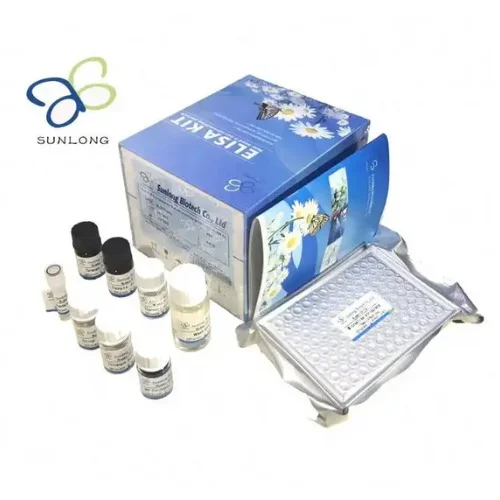


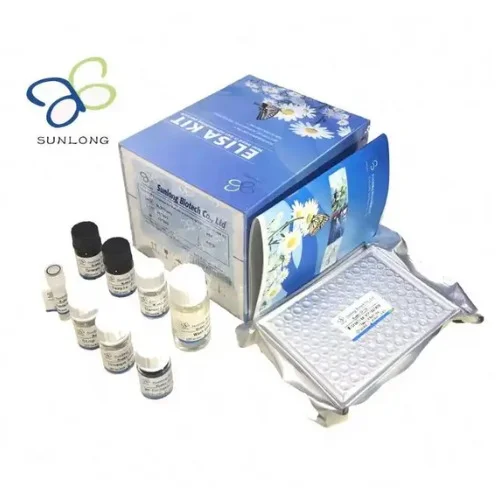

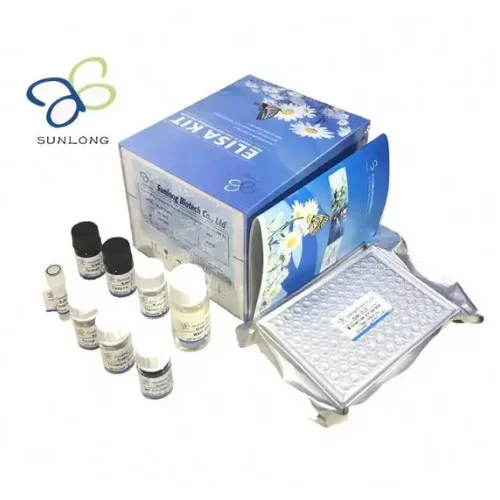



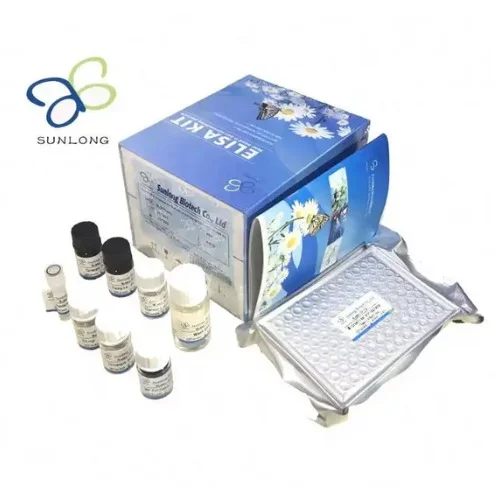
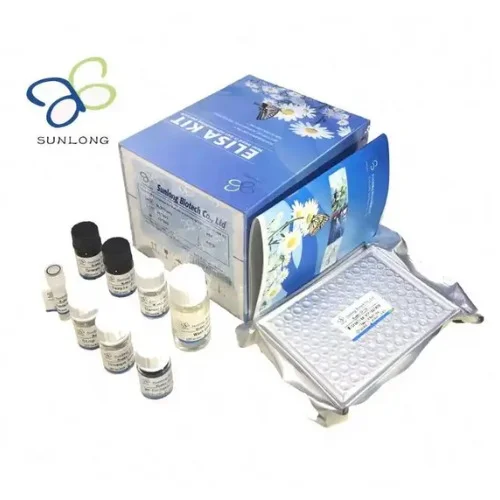
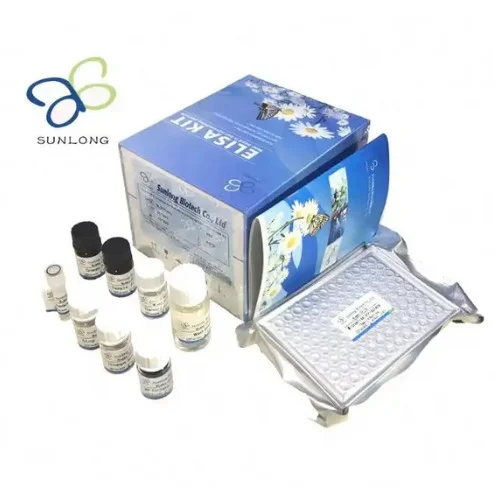



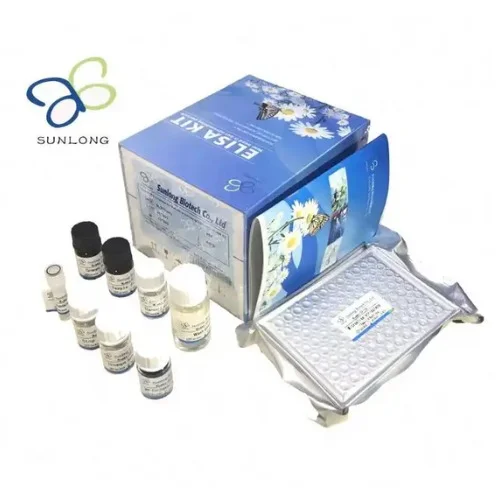


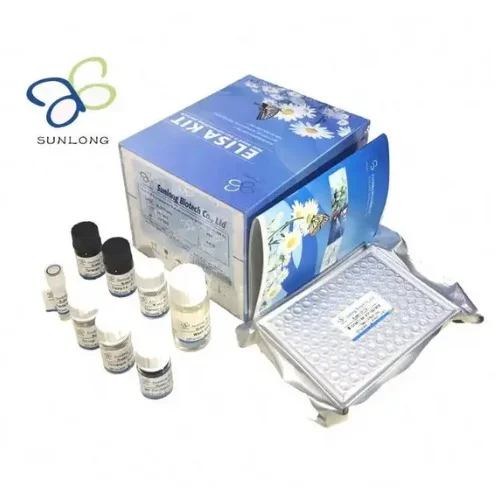
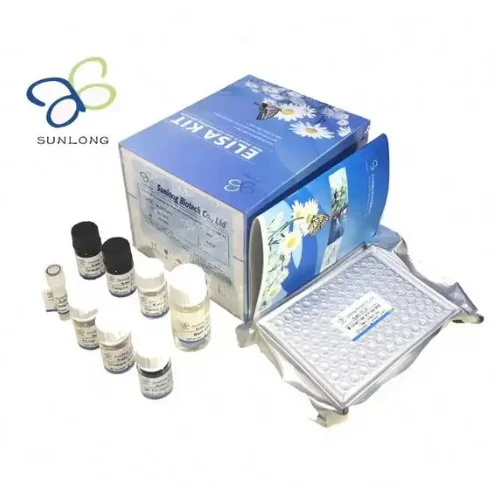
![Human Poly [ADP-ribose] Polymerase 1 (PARP1)ELISA Kit](https://www.unibiotech.in/upload/product/elisa-kit.PDjqIg.jpg)
